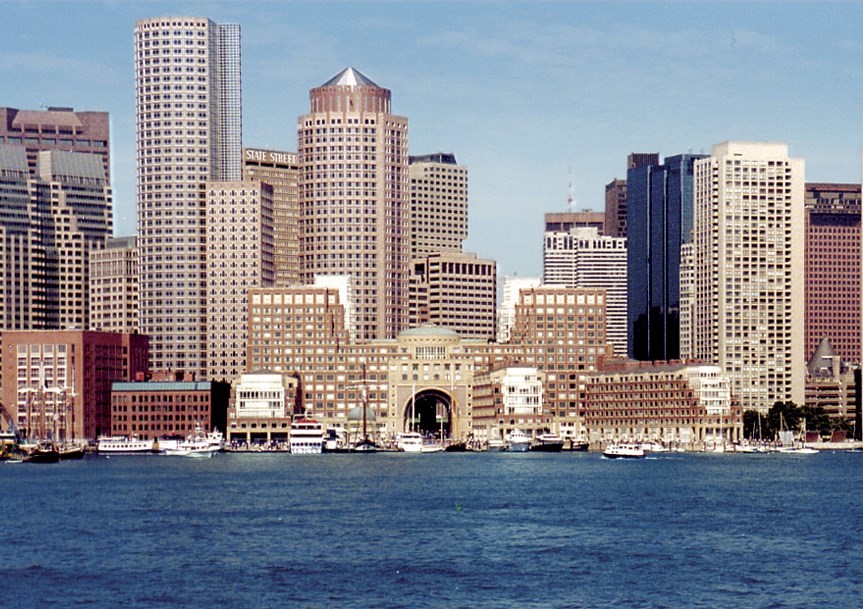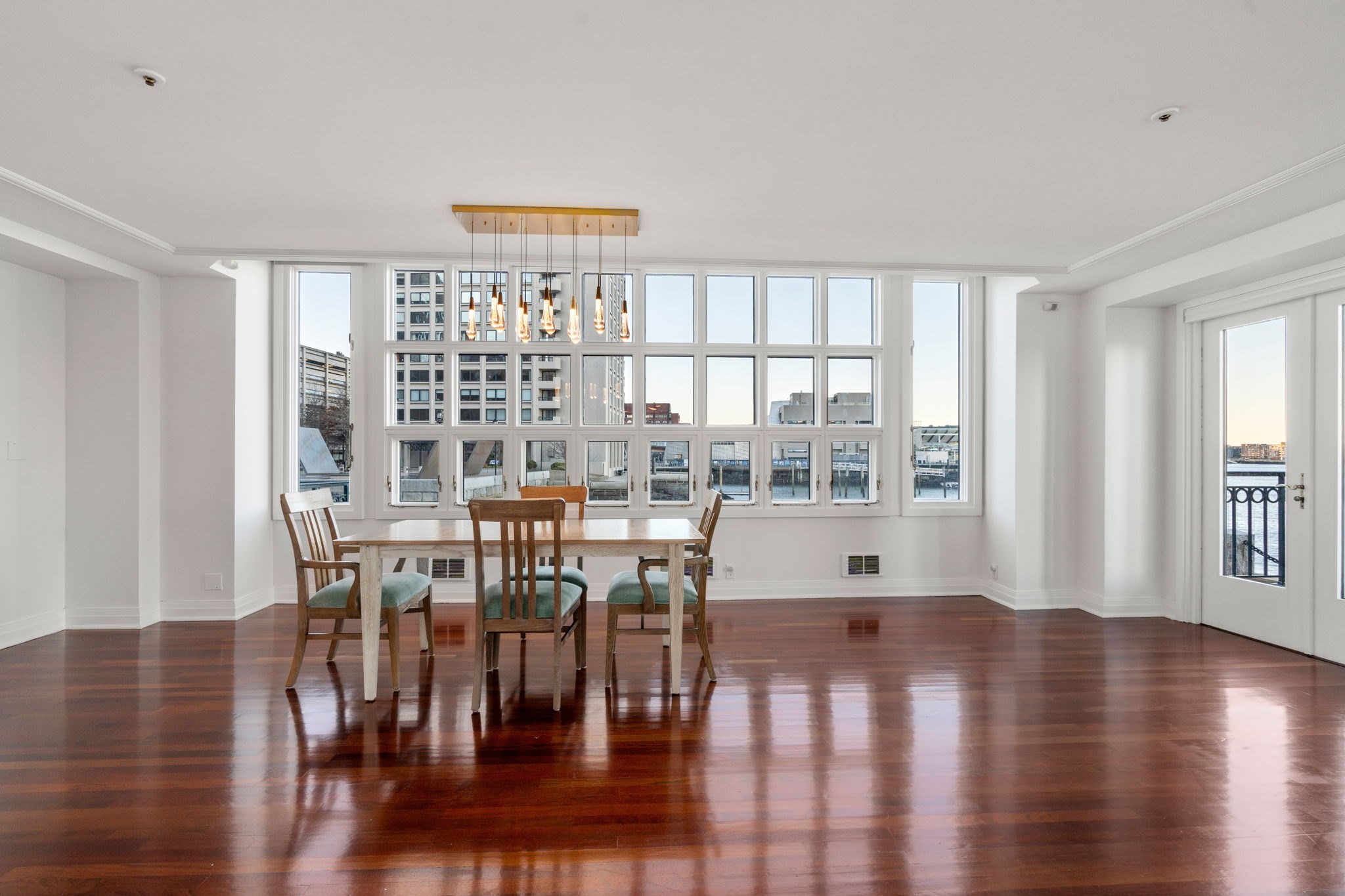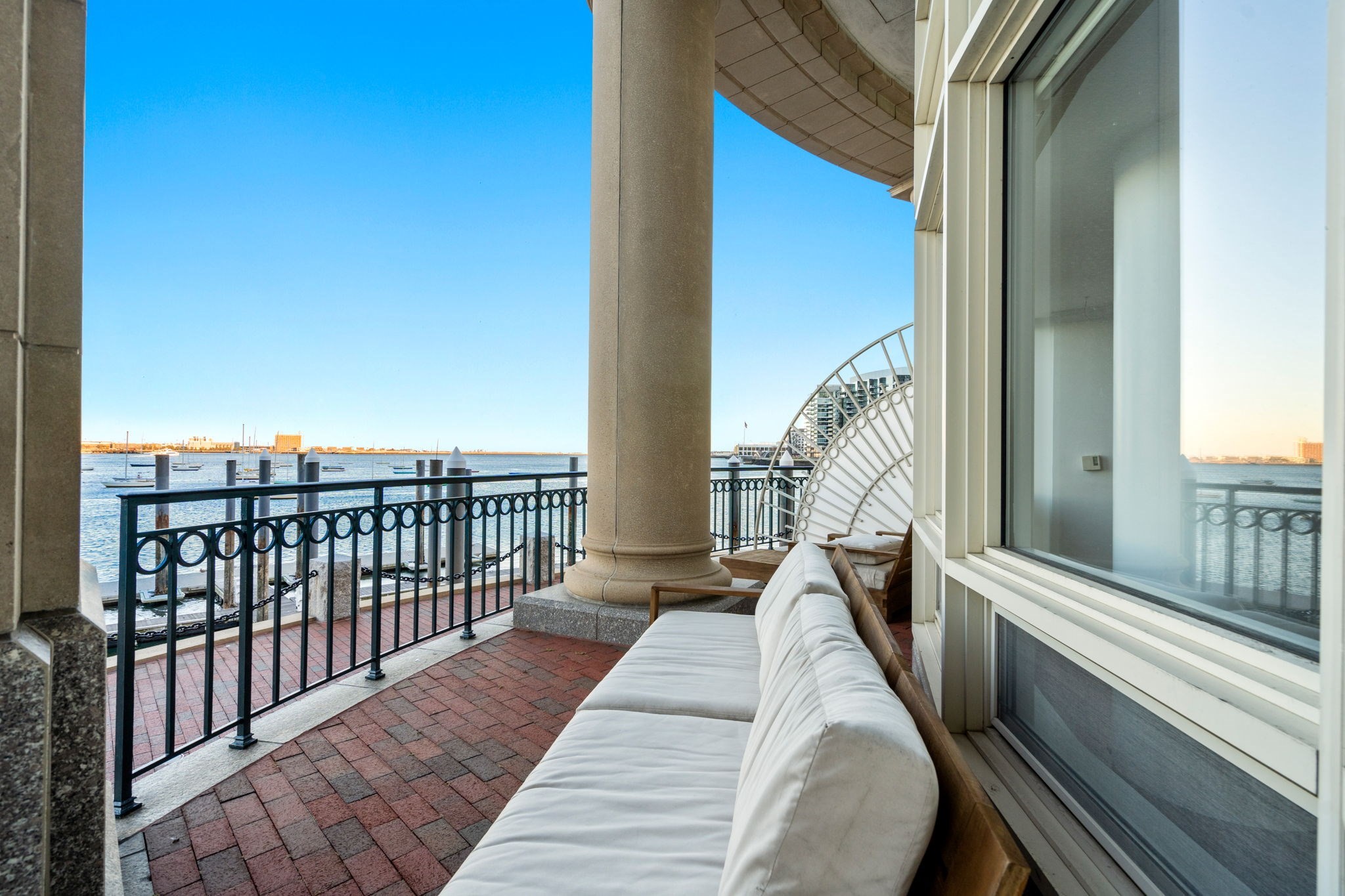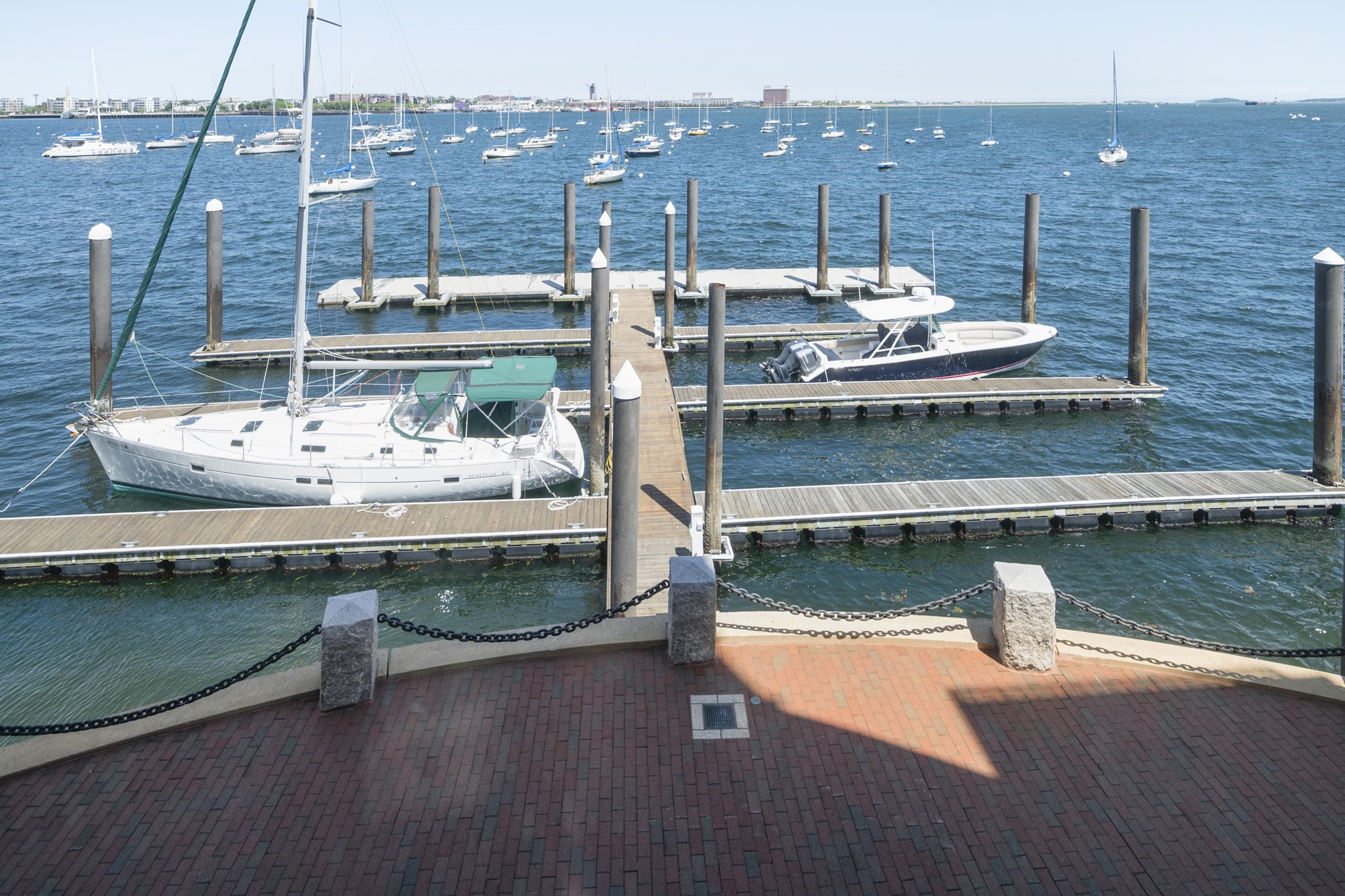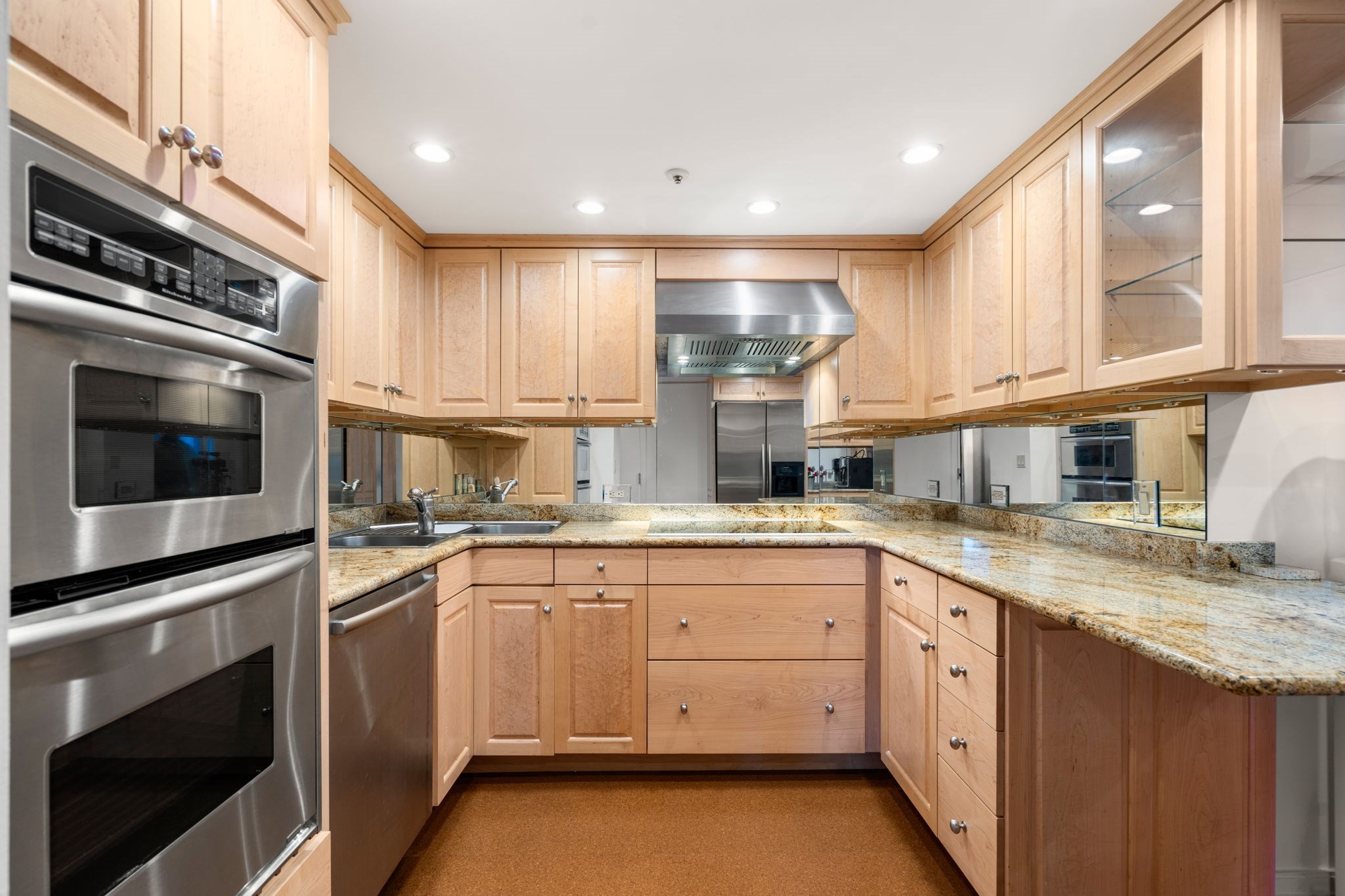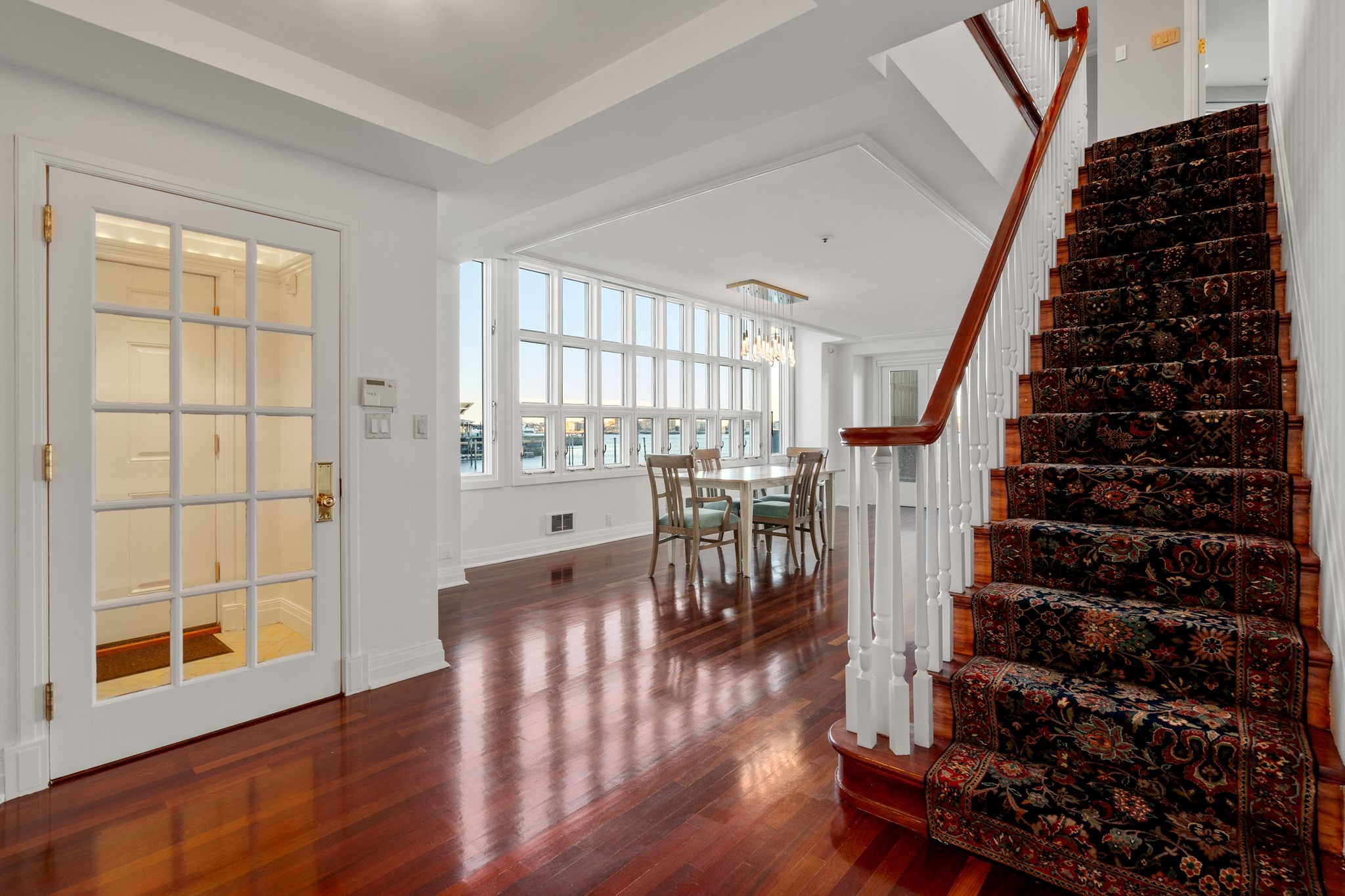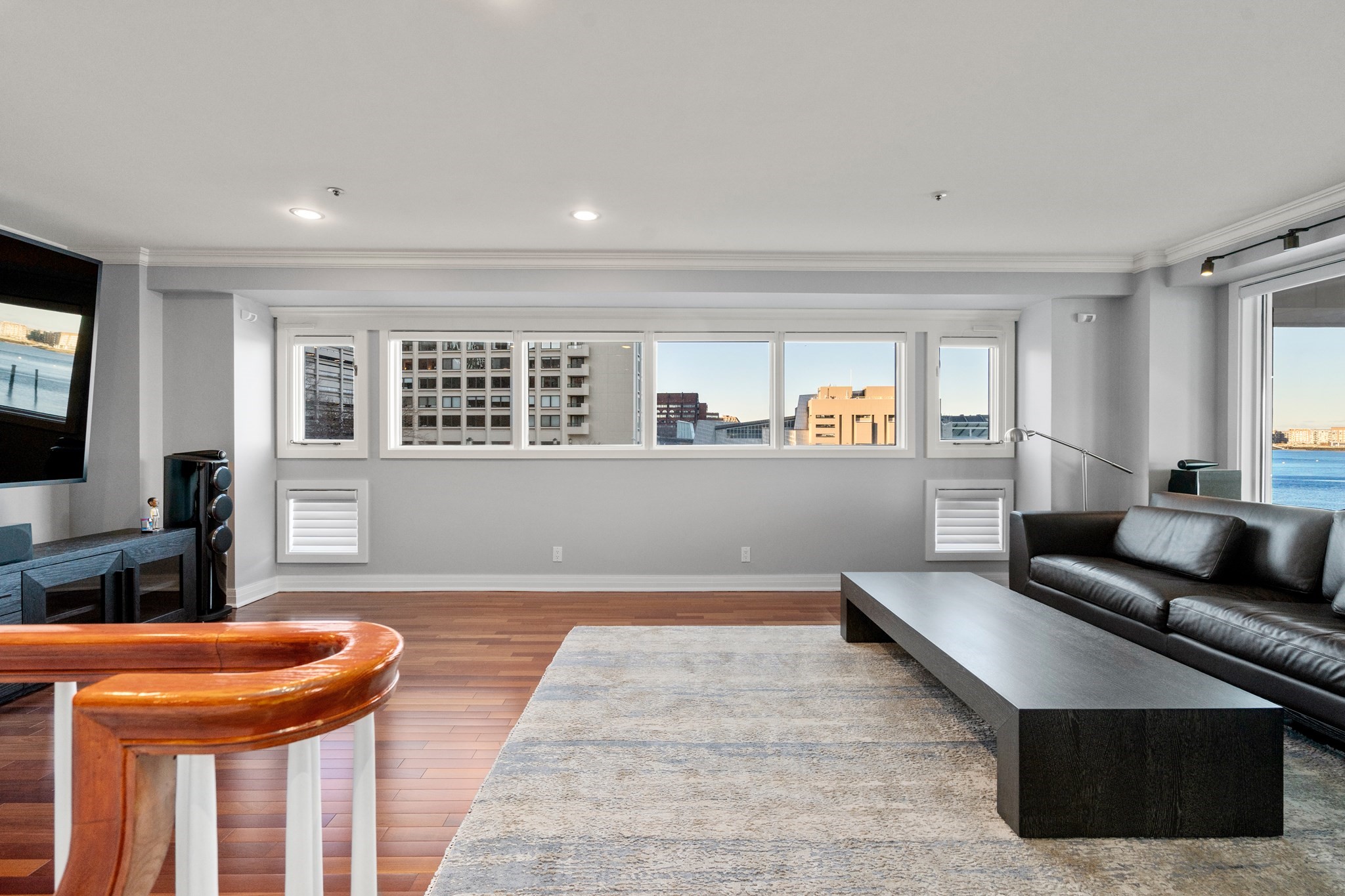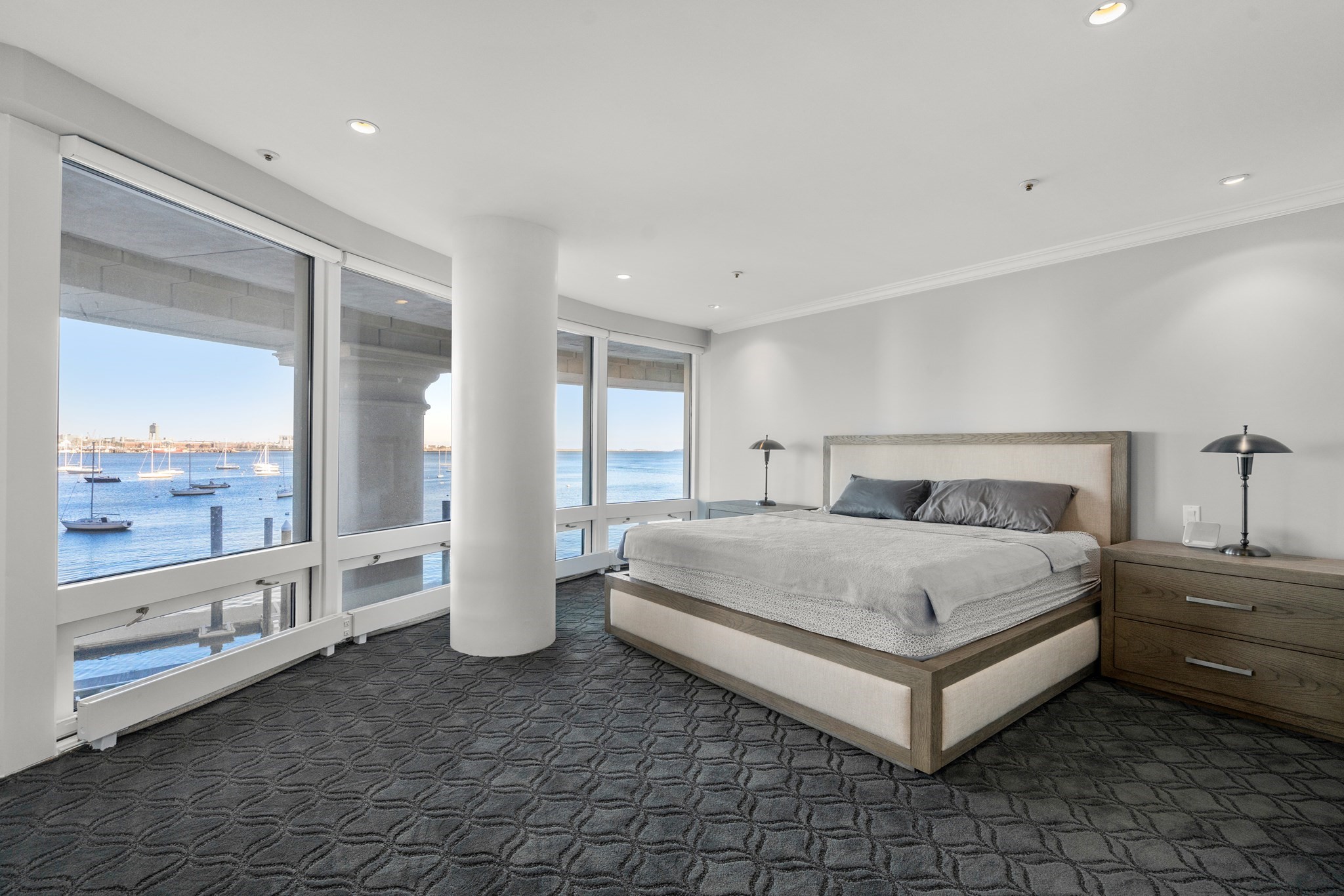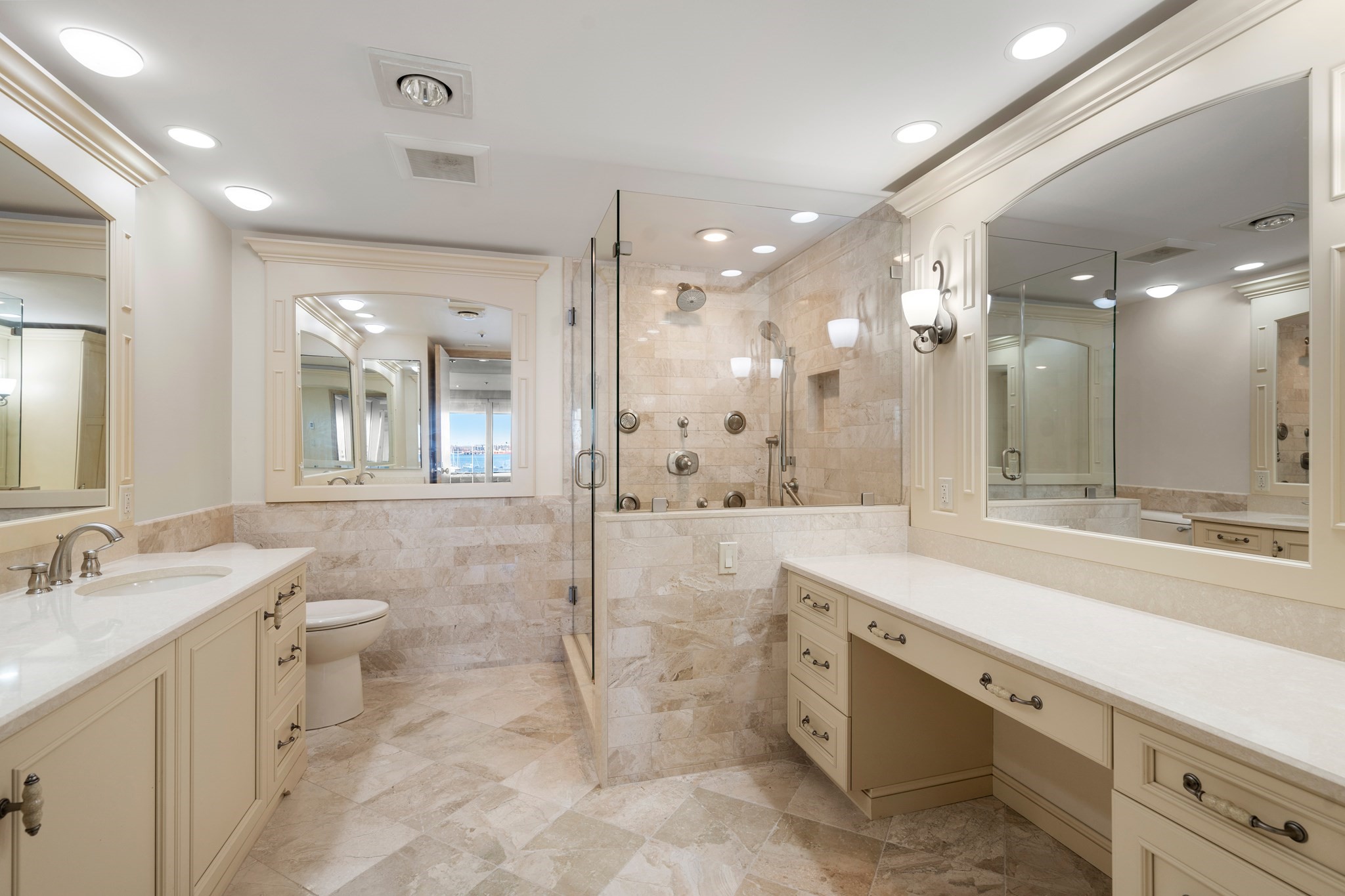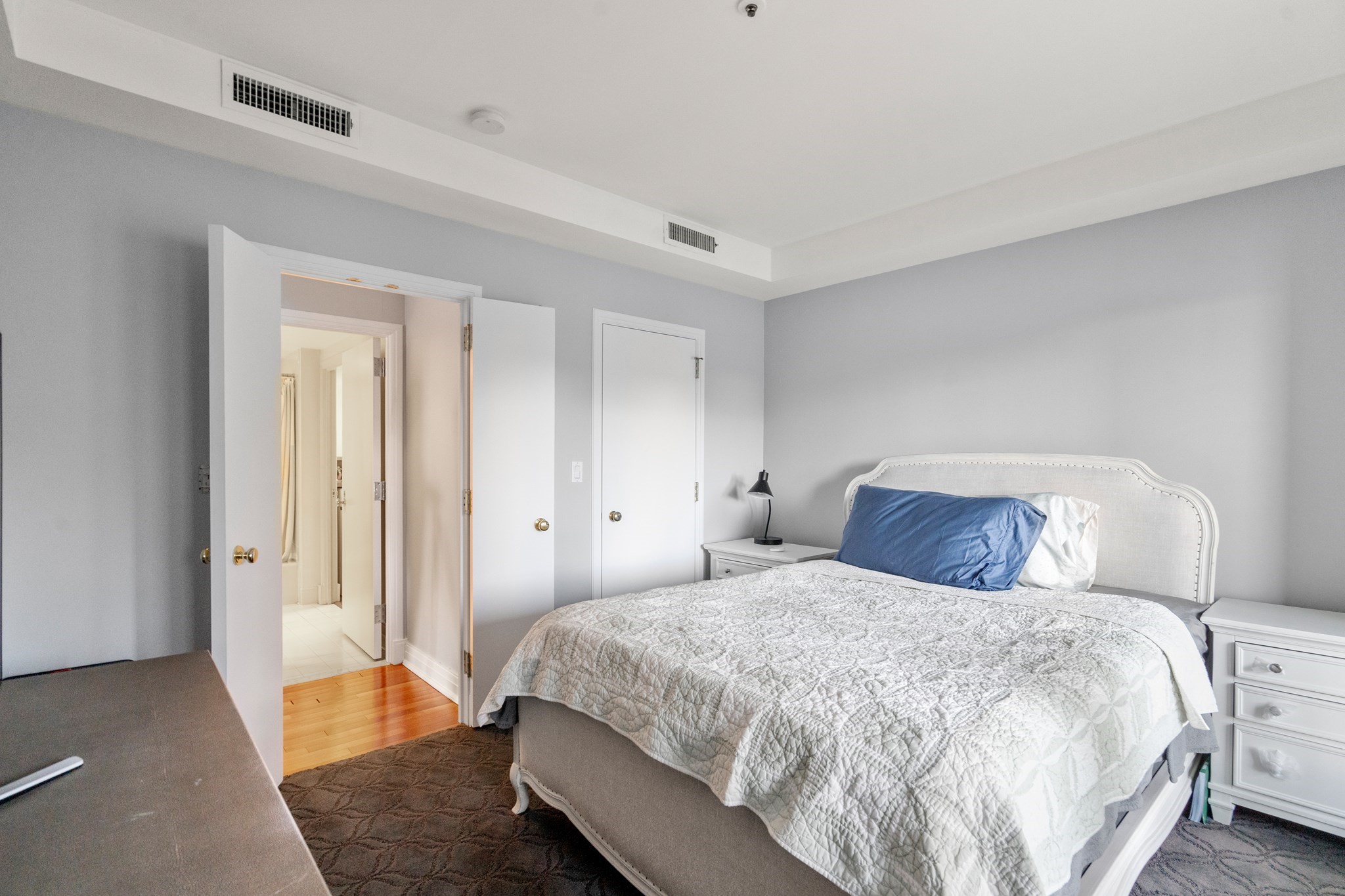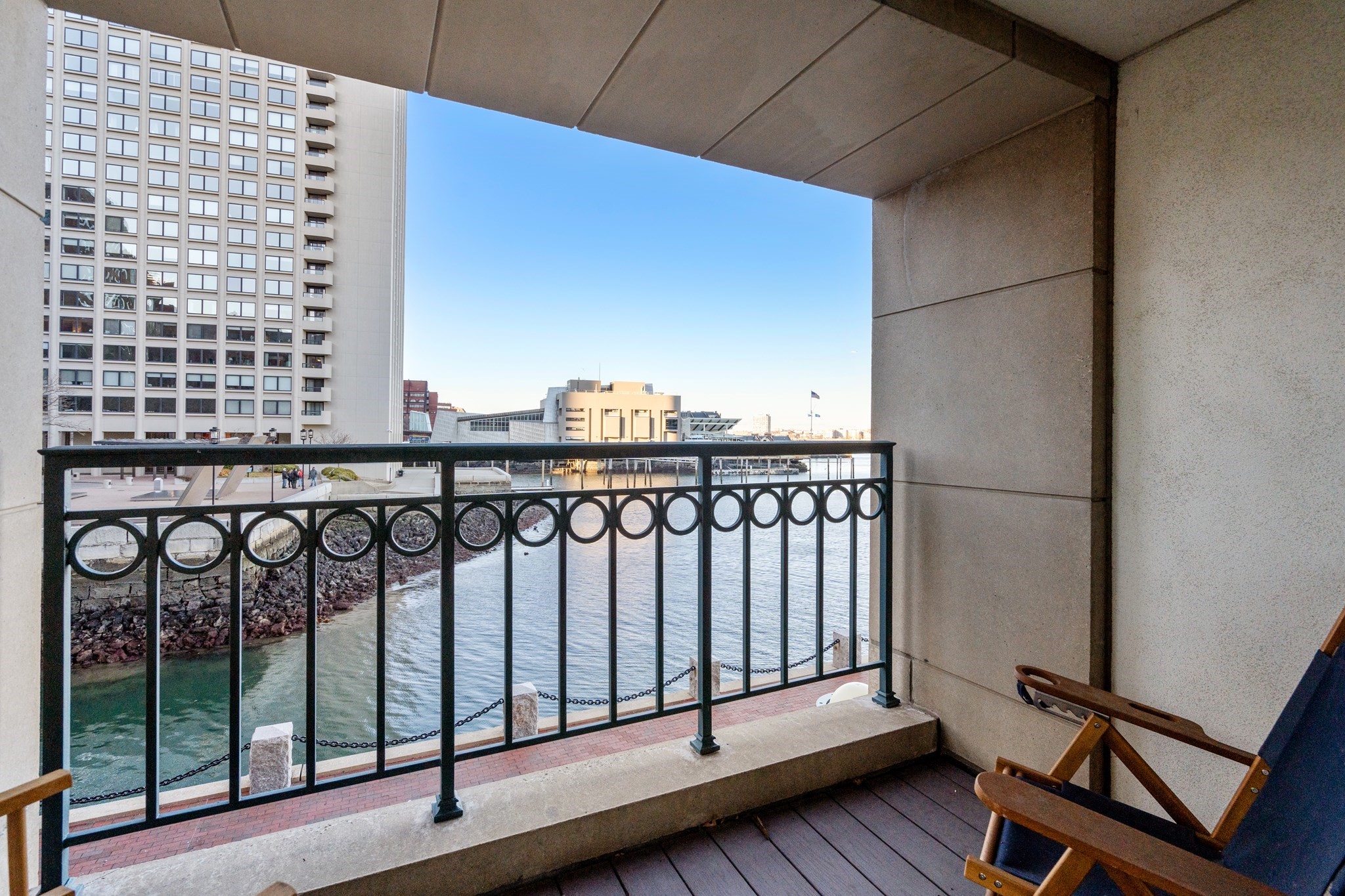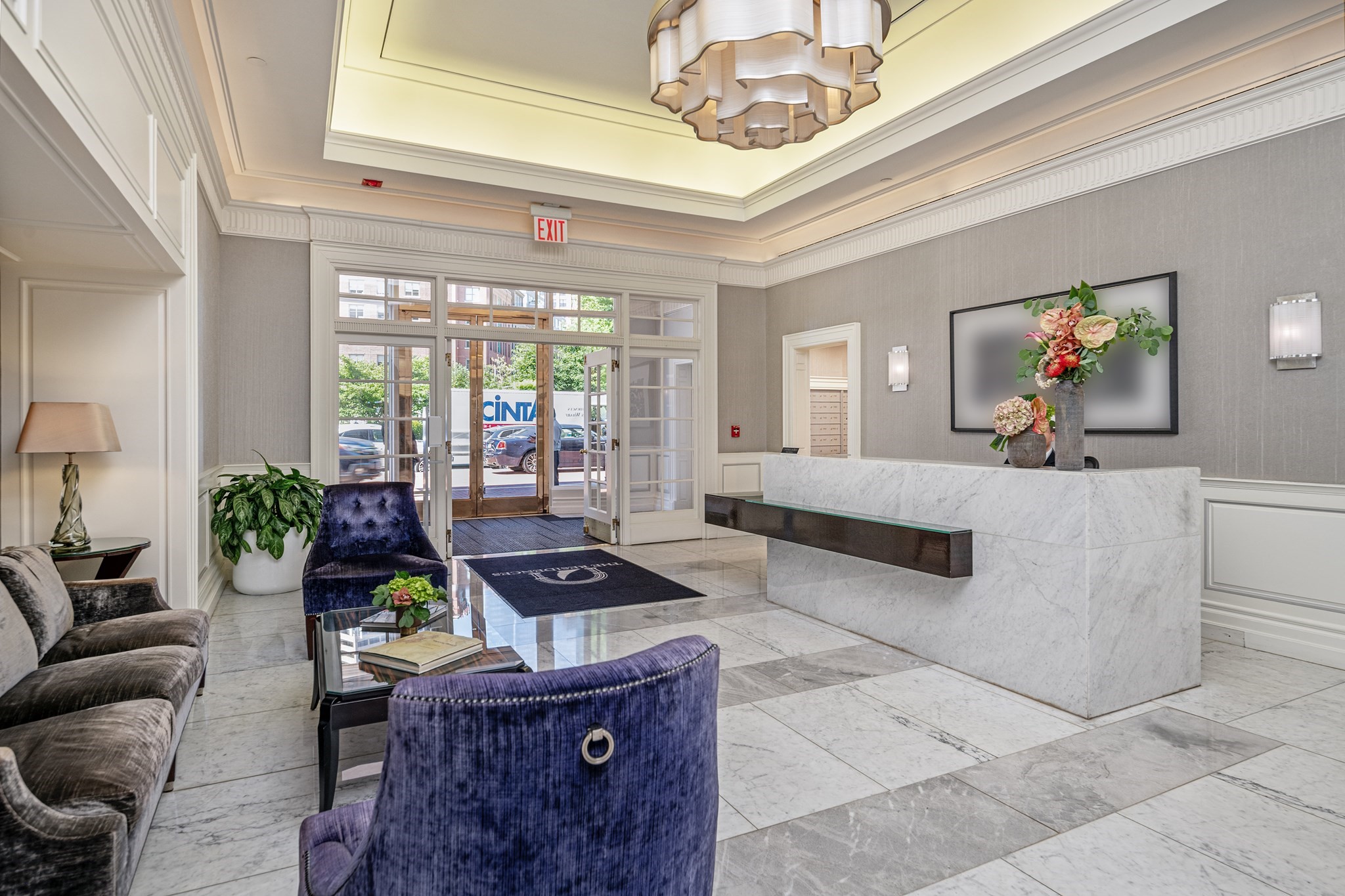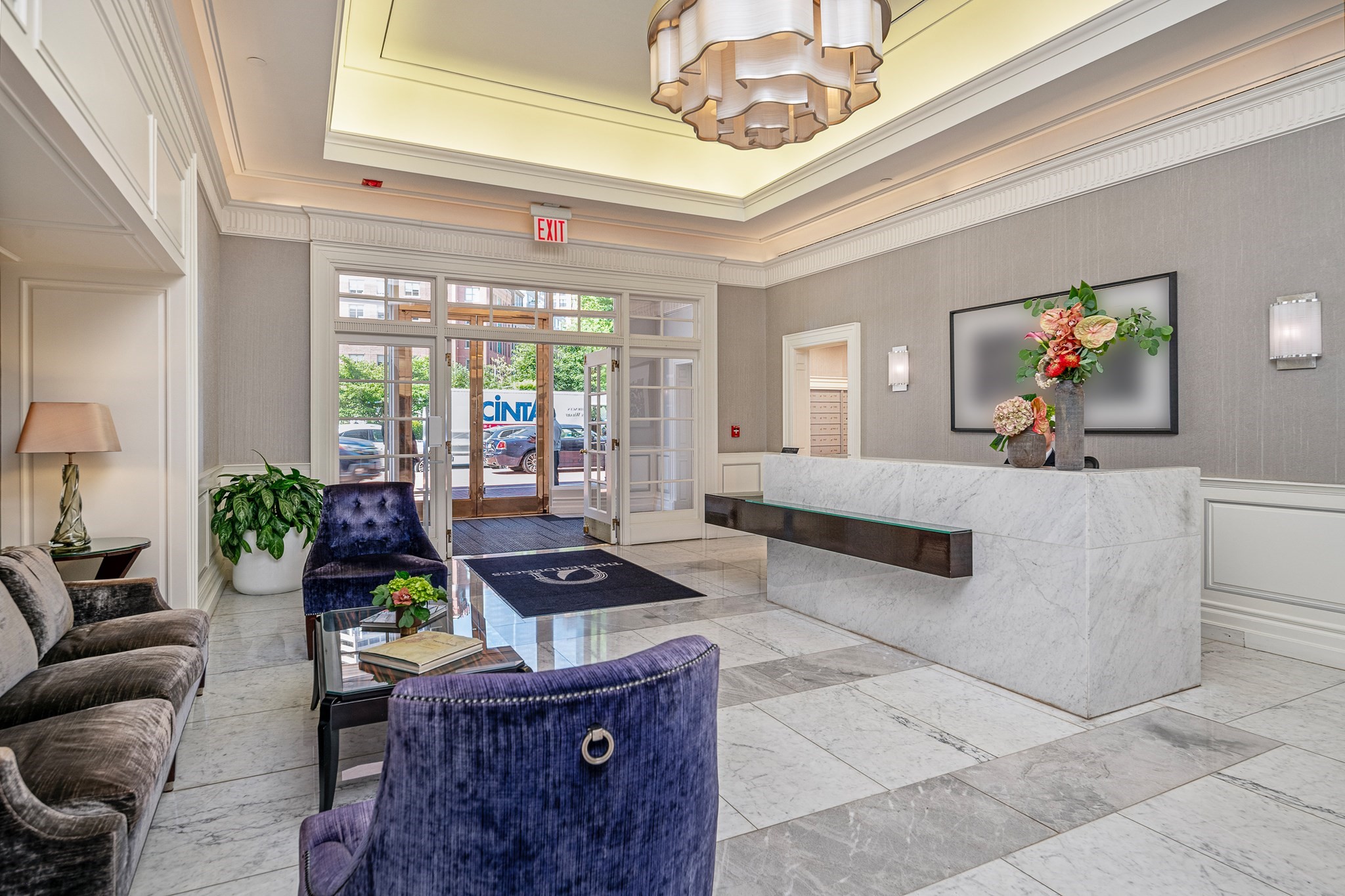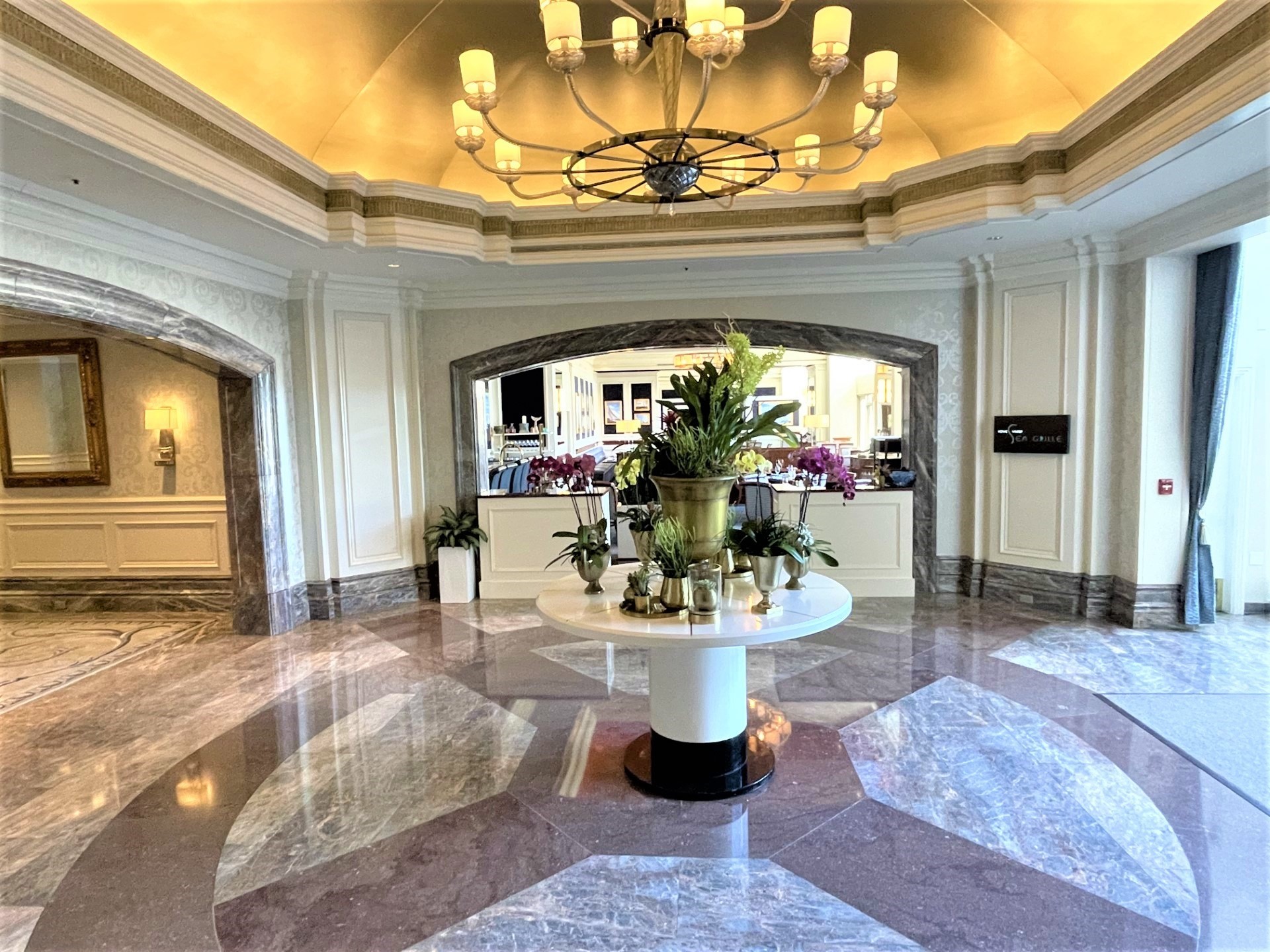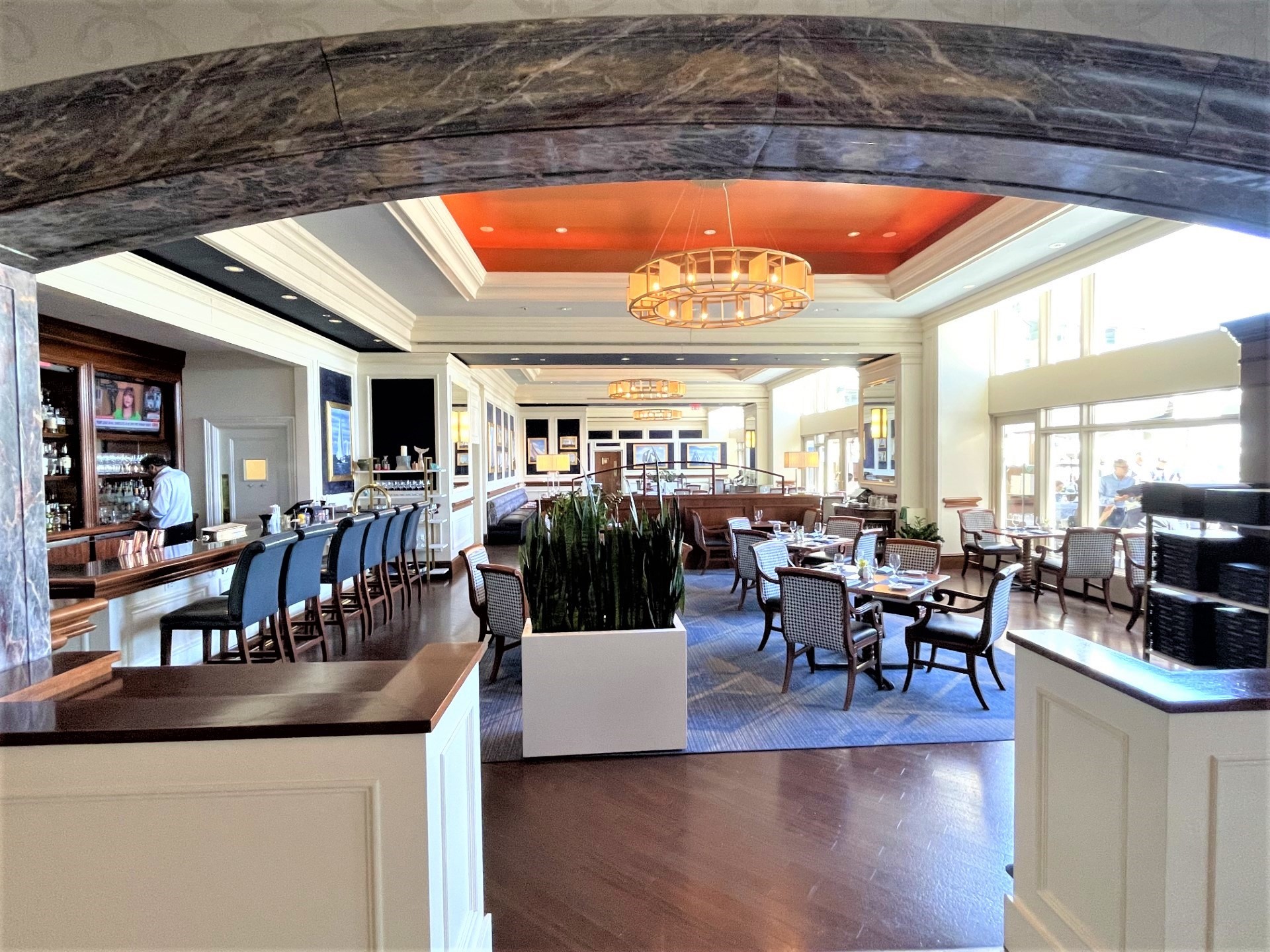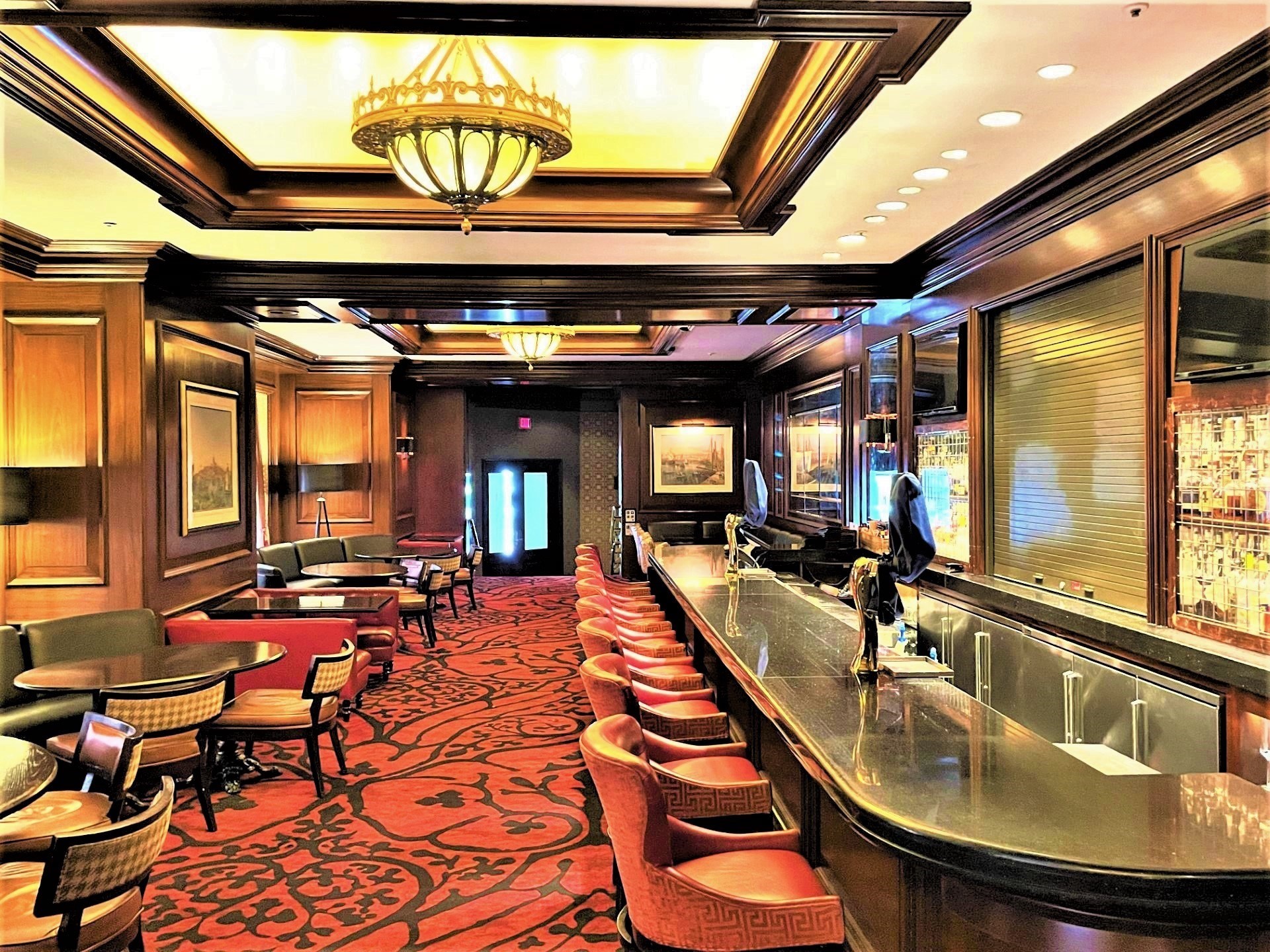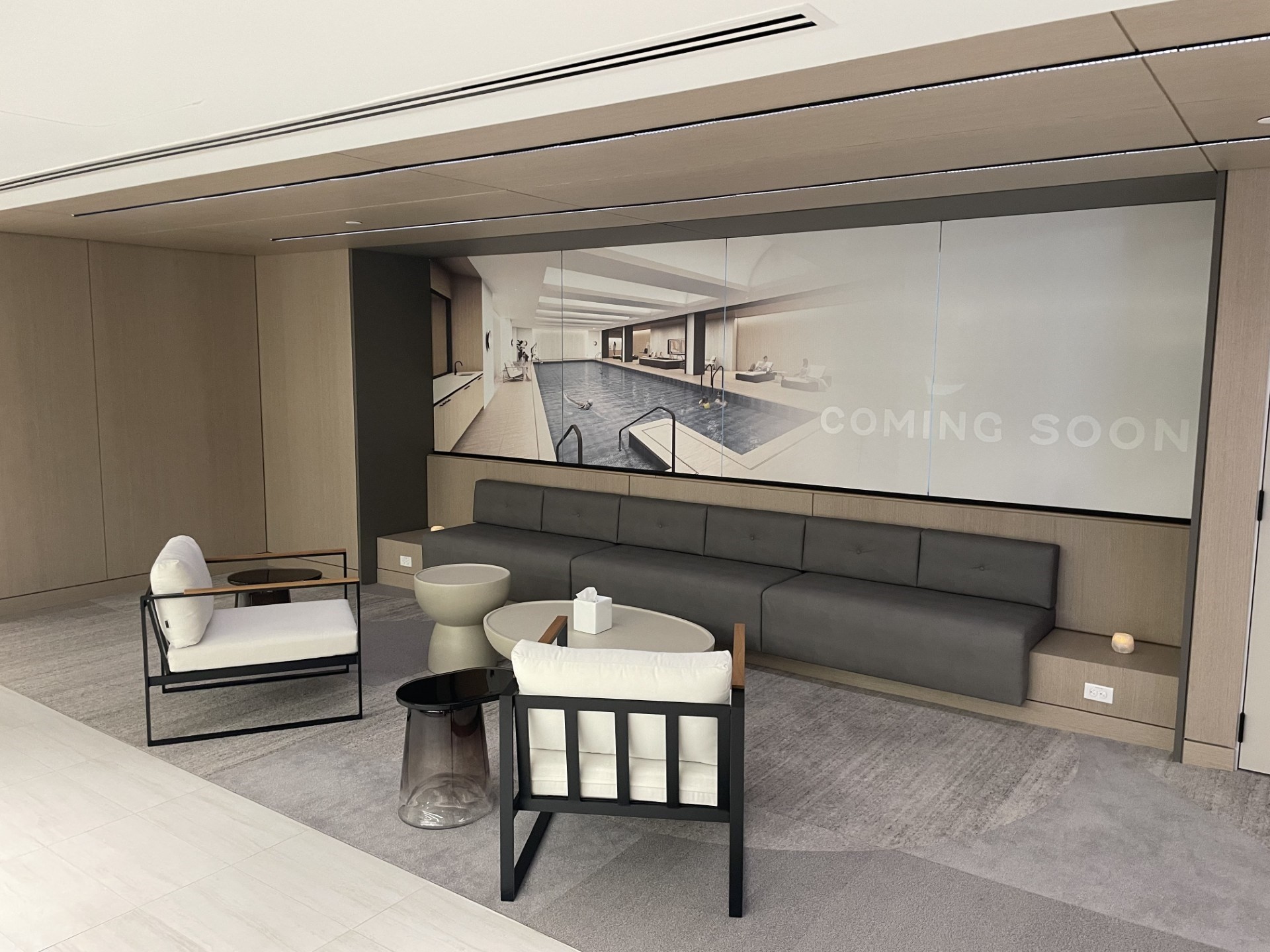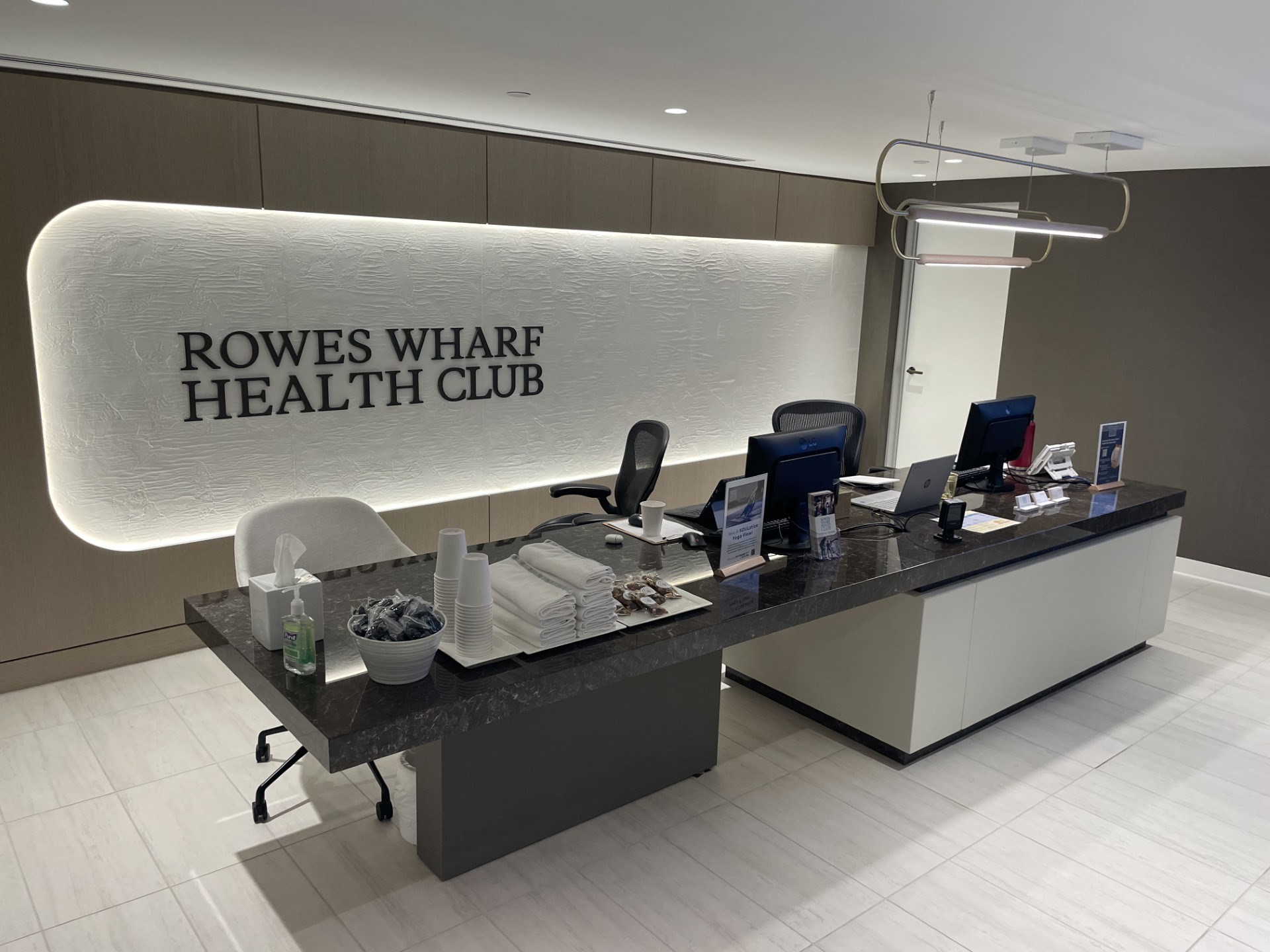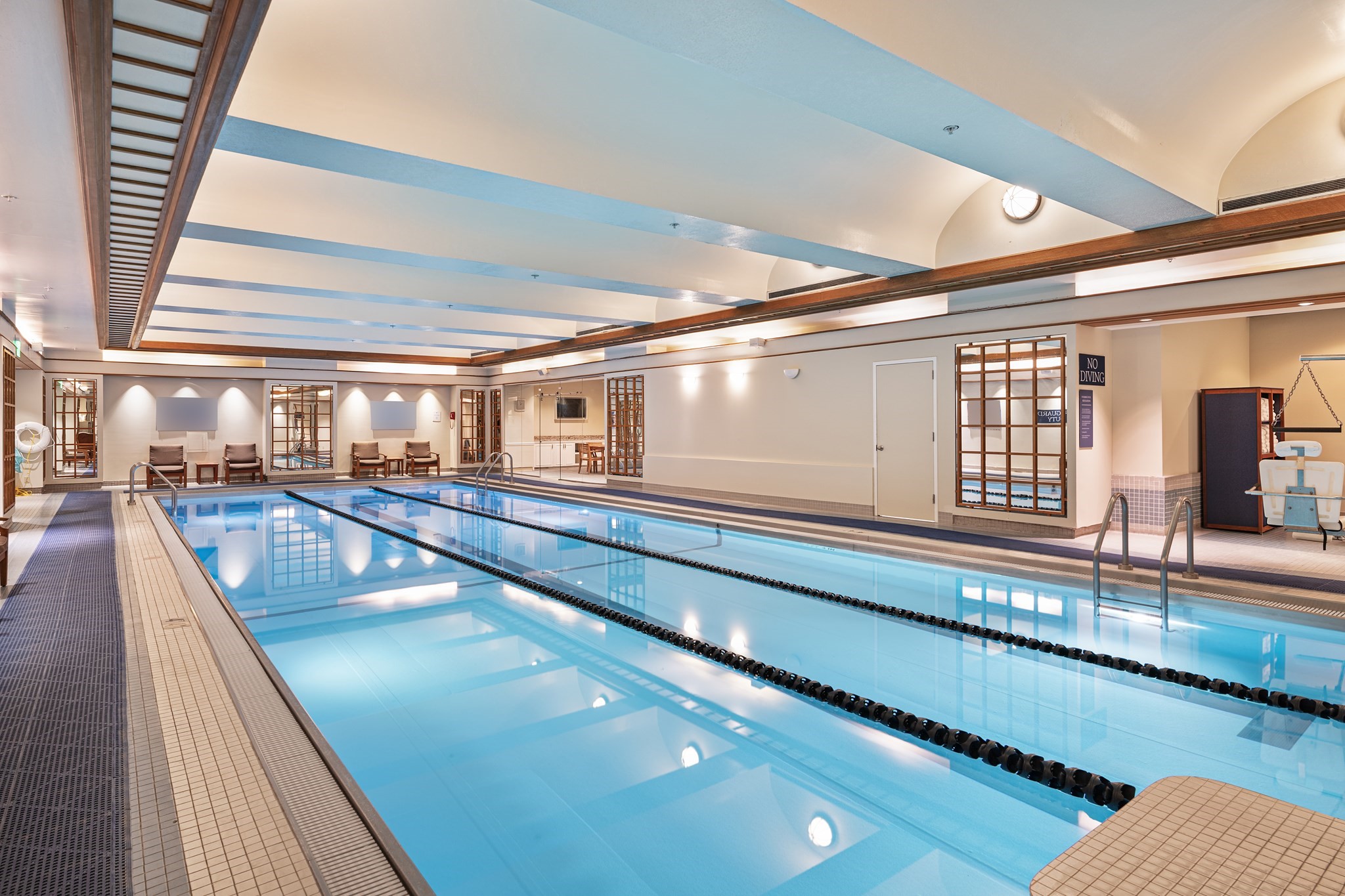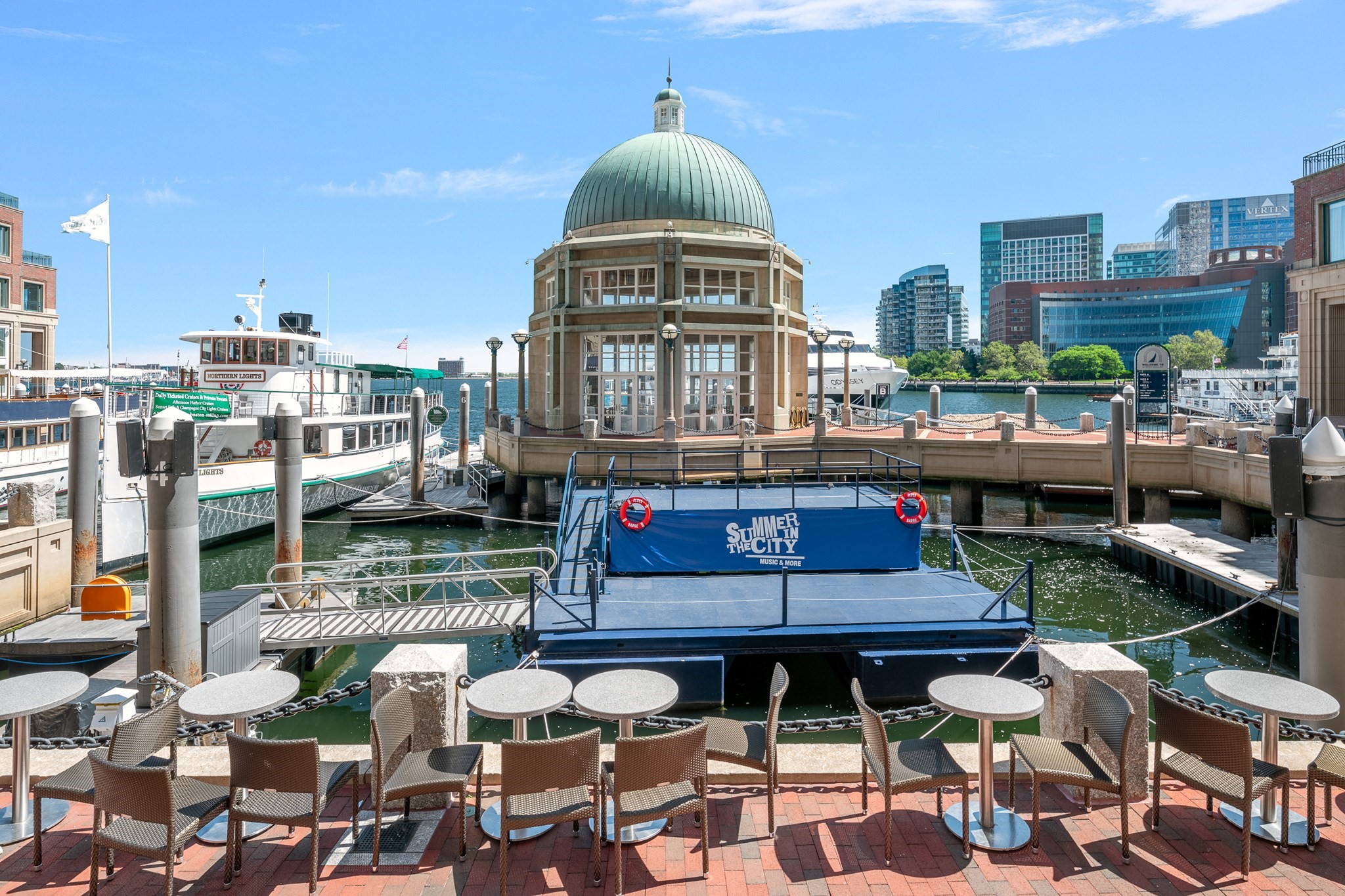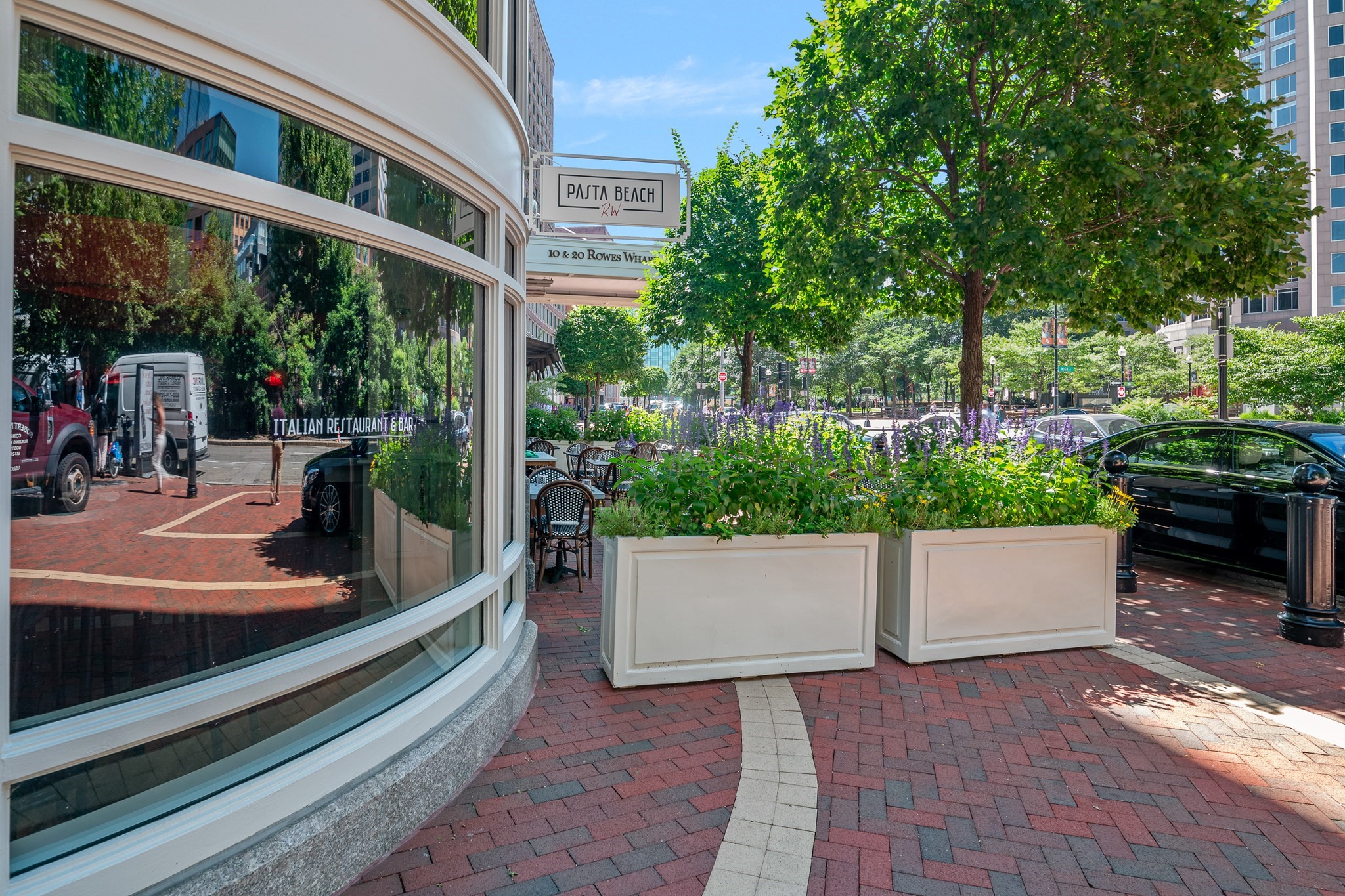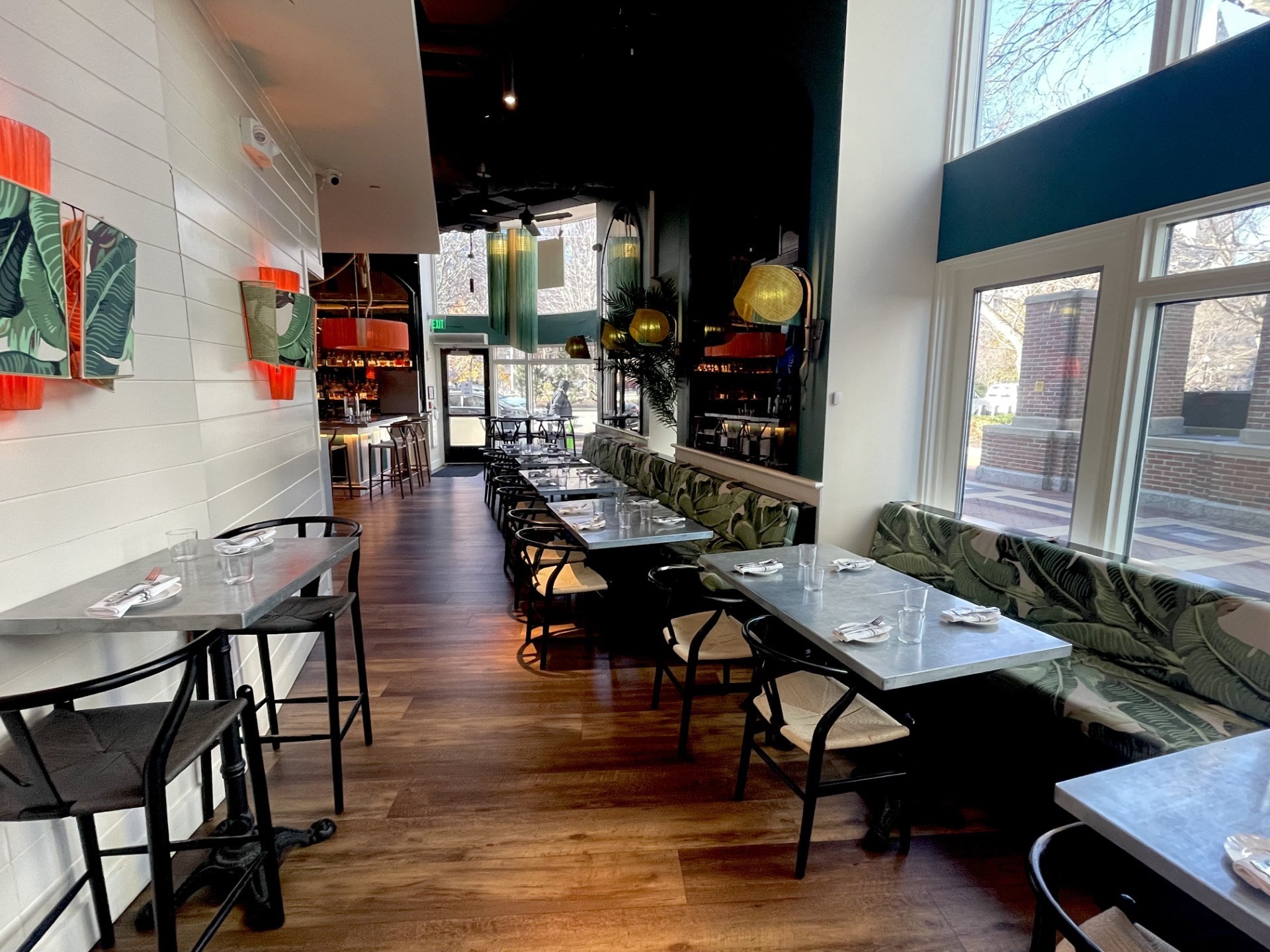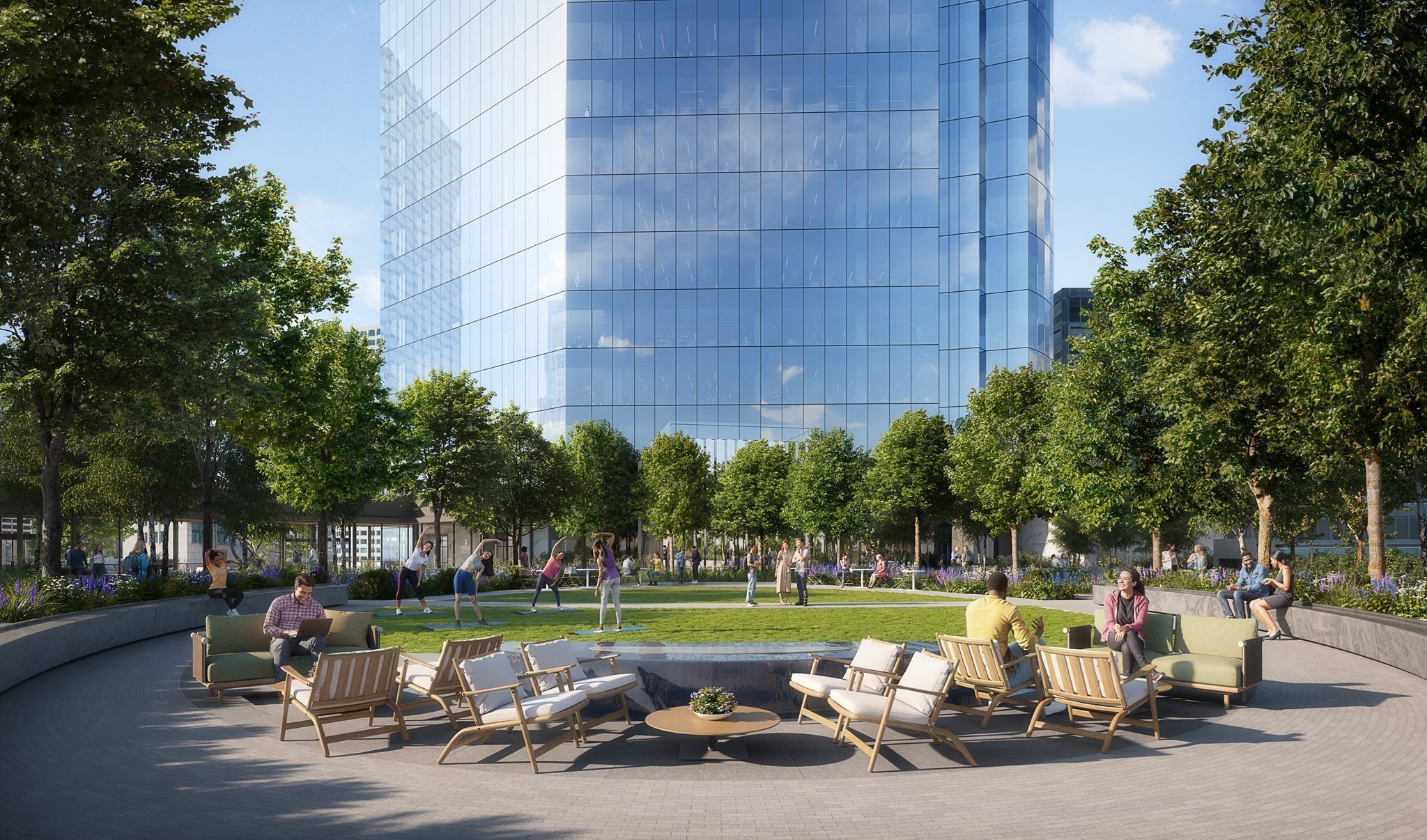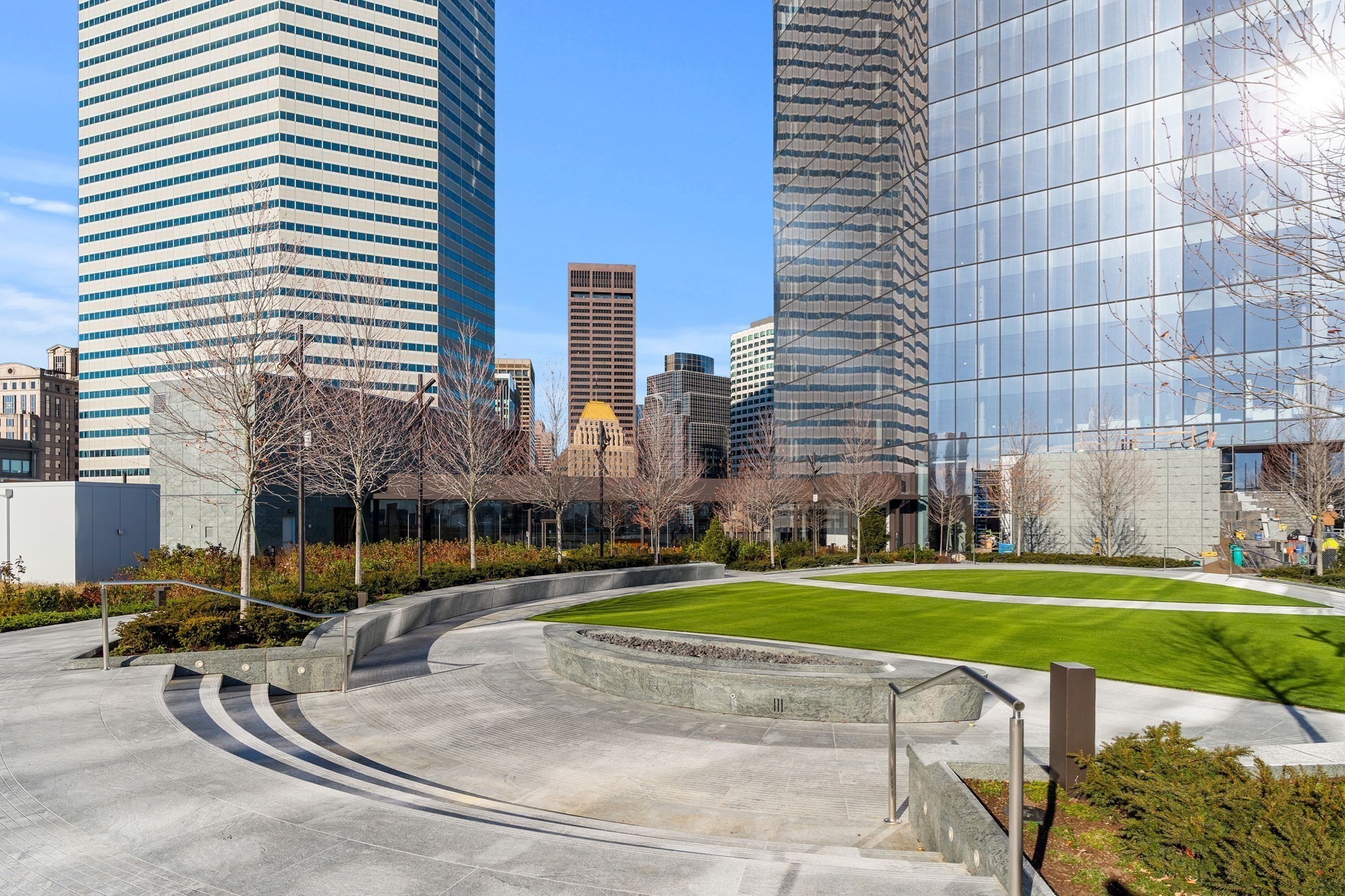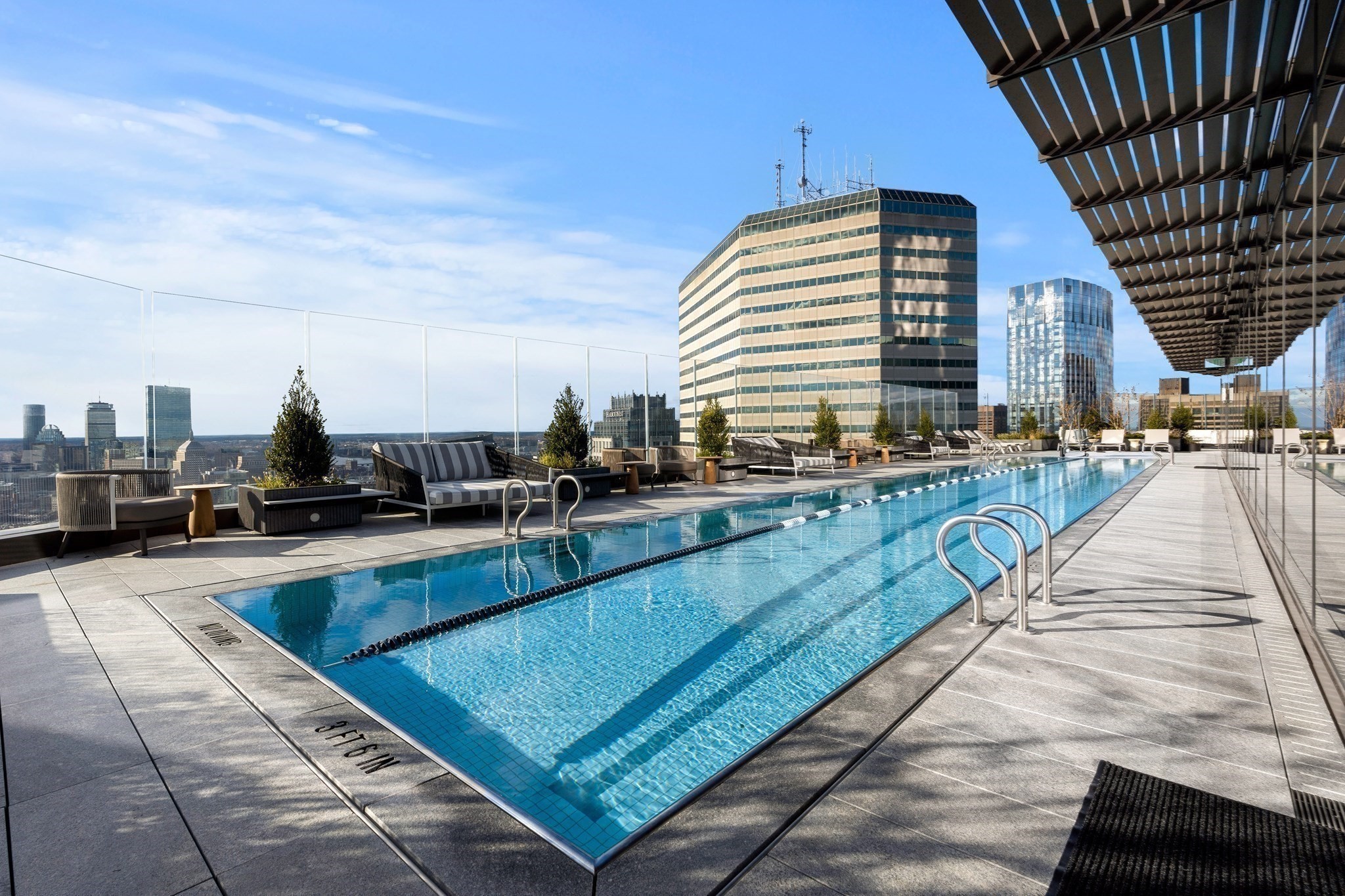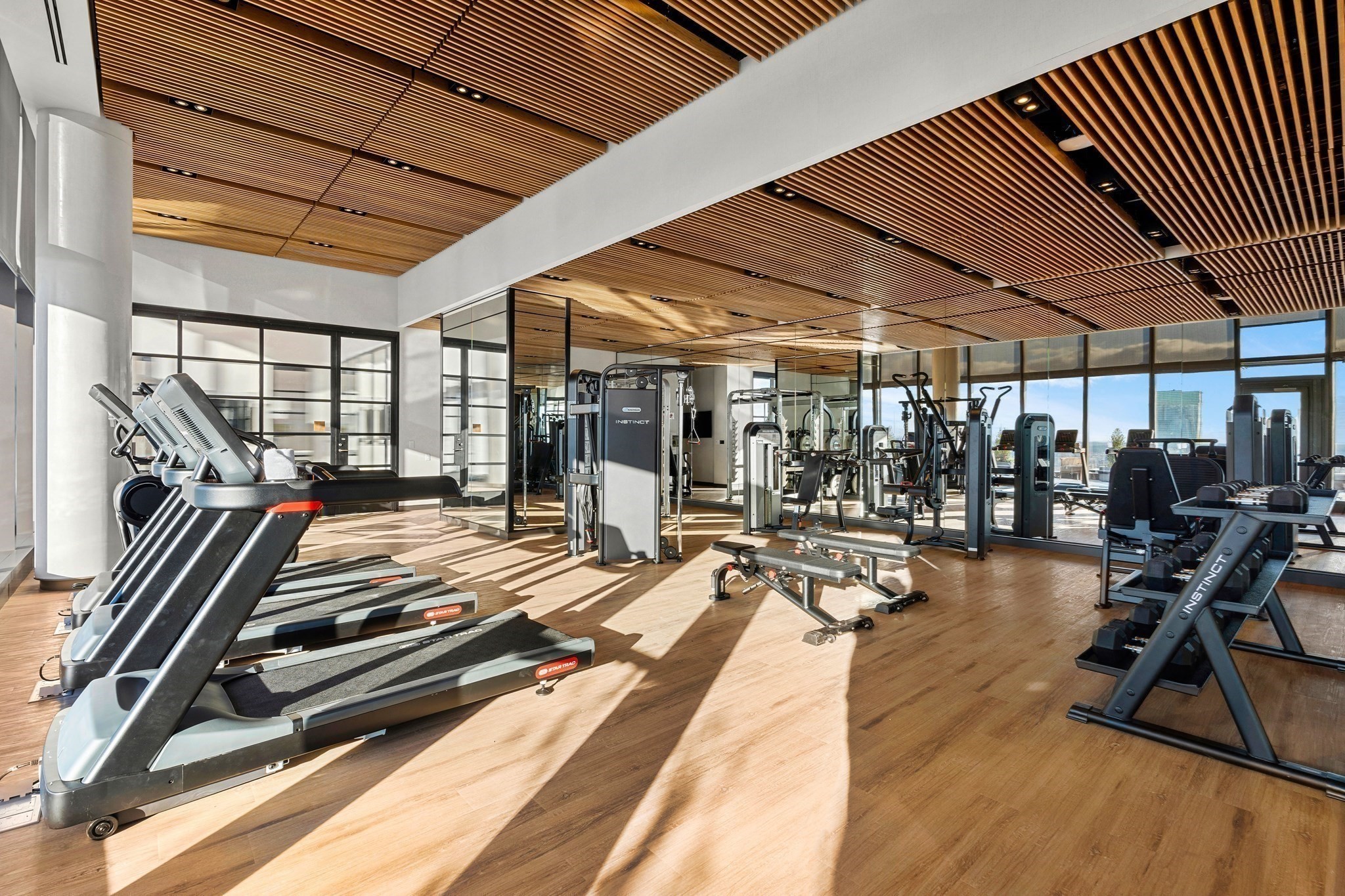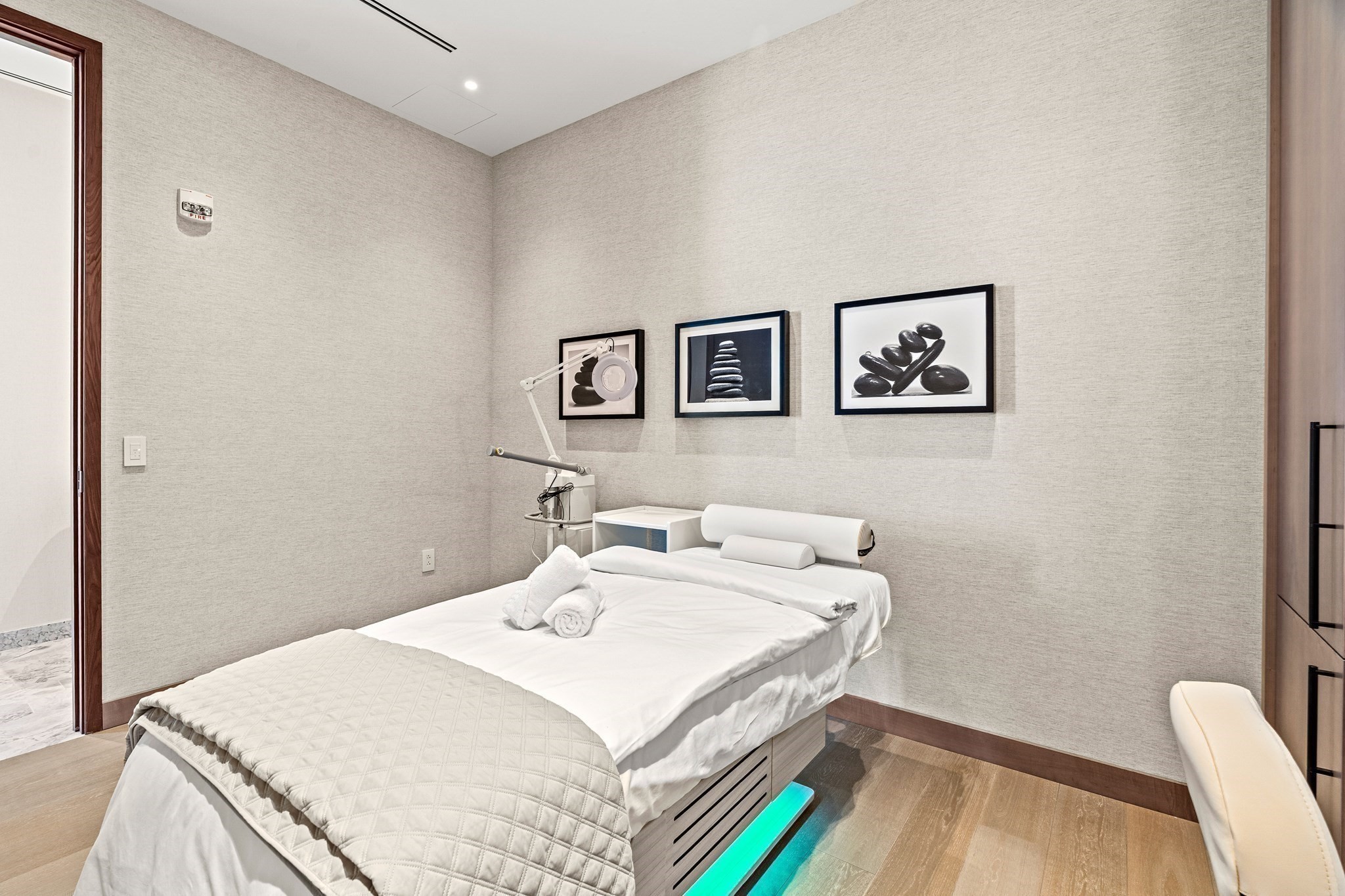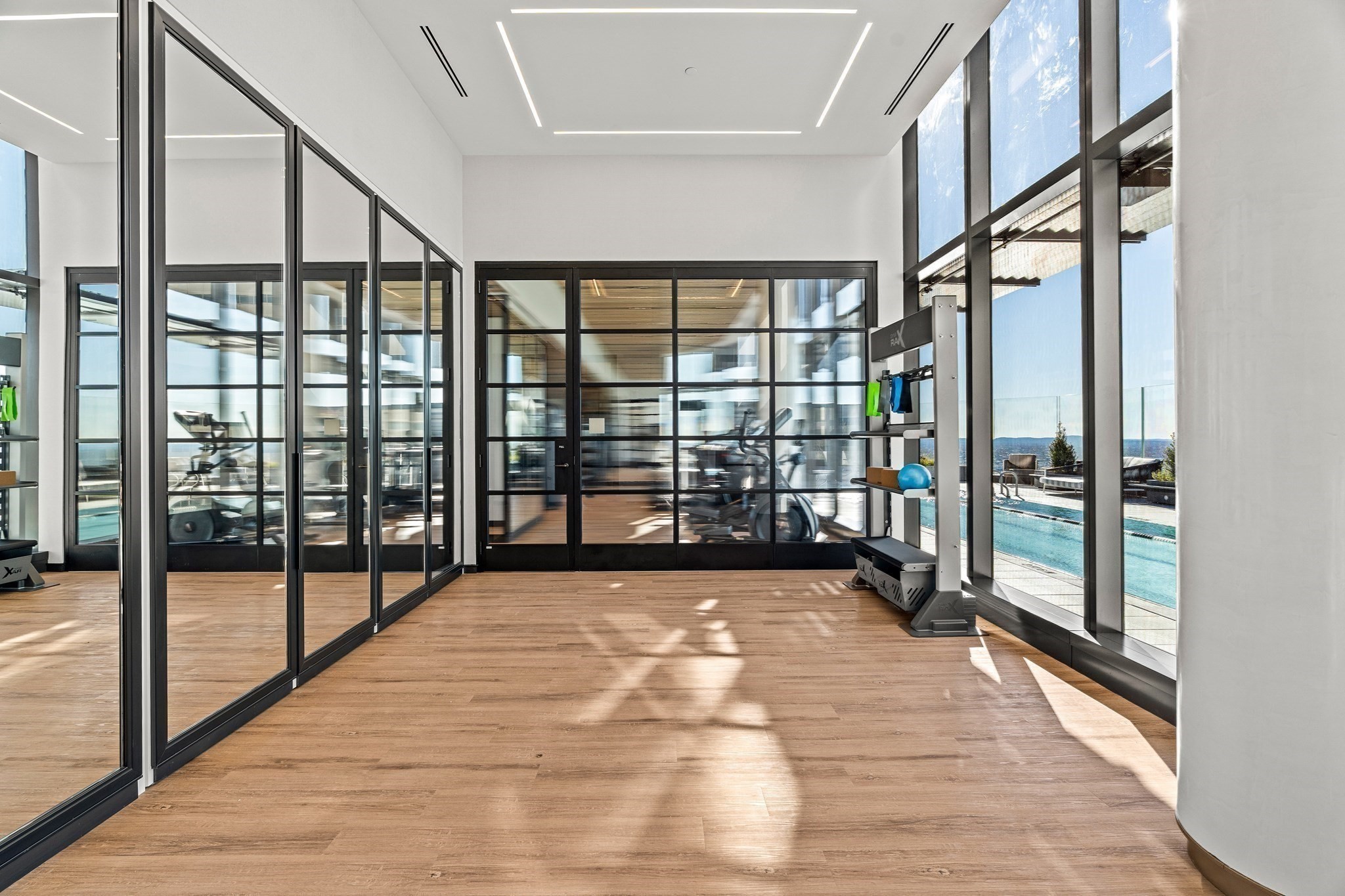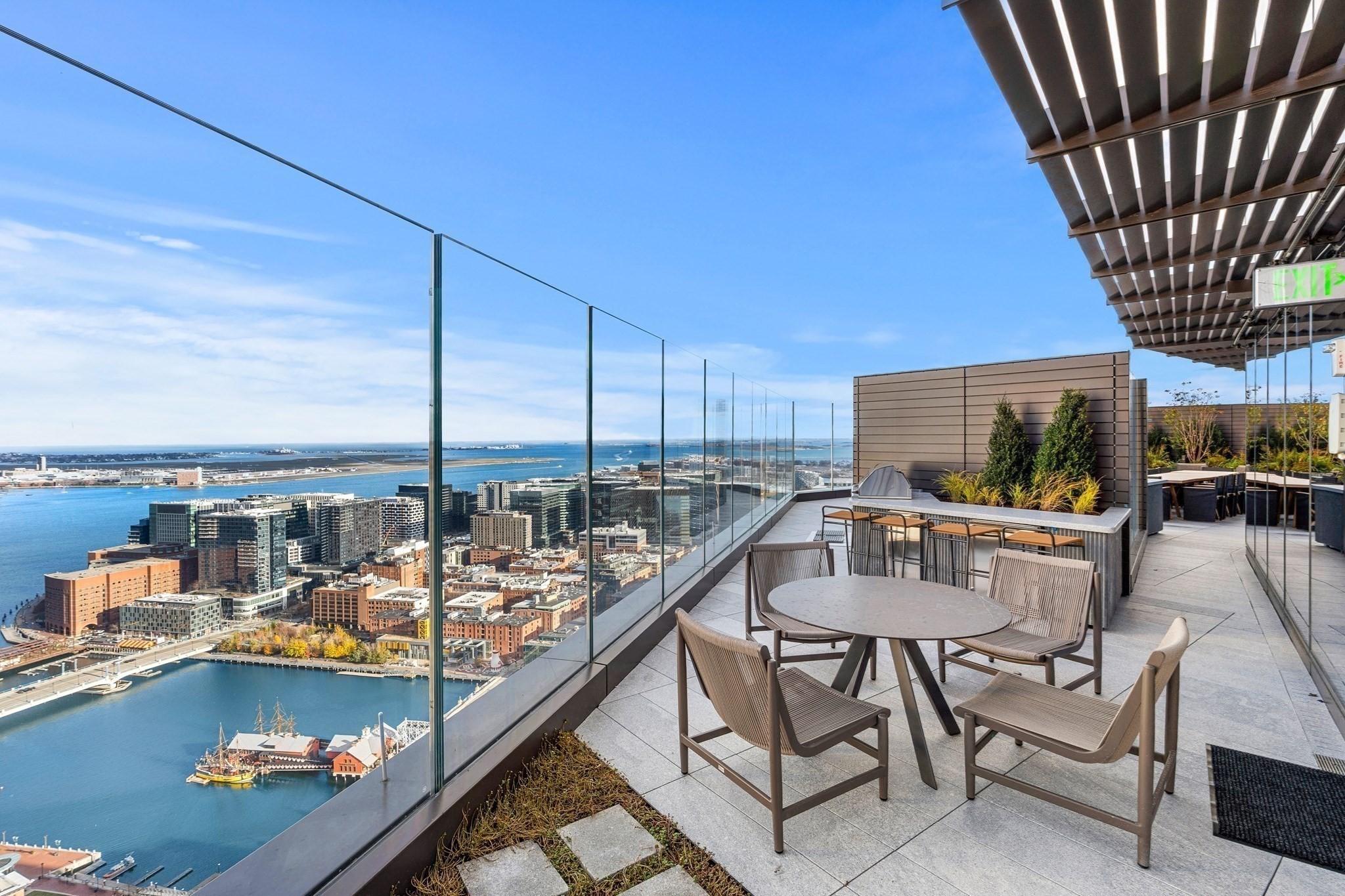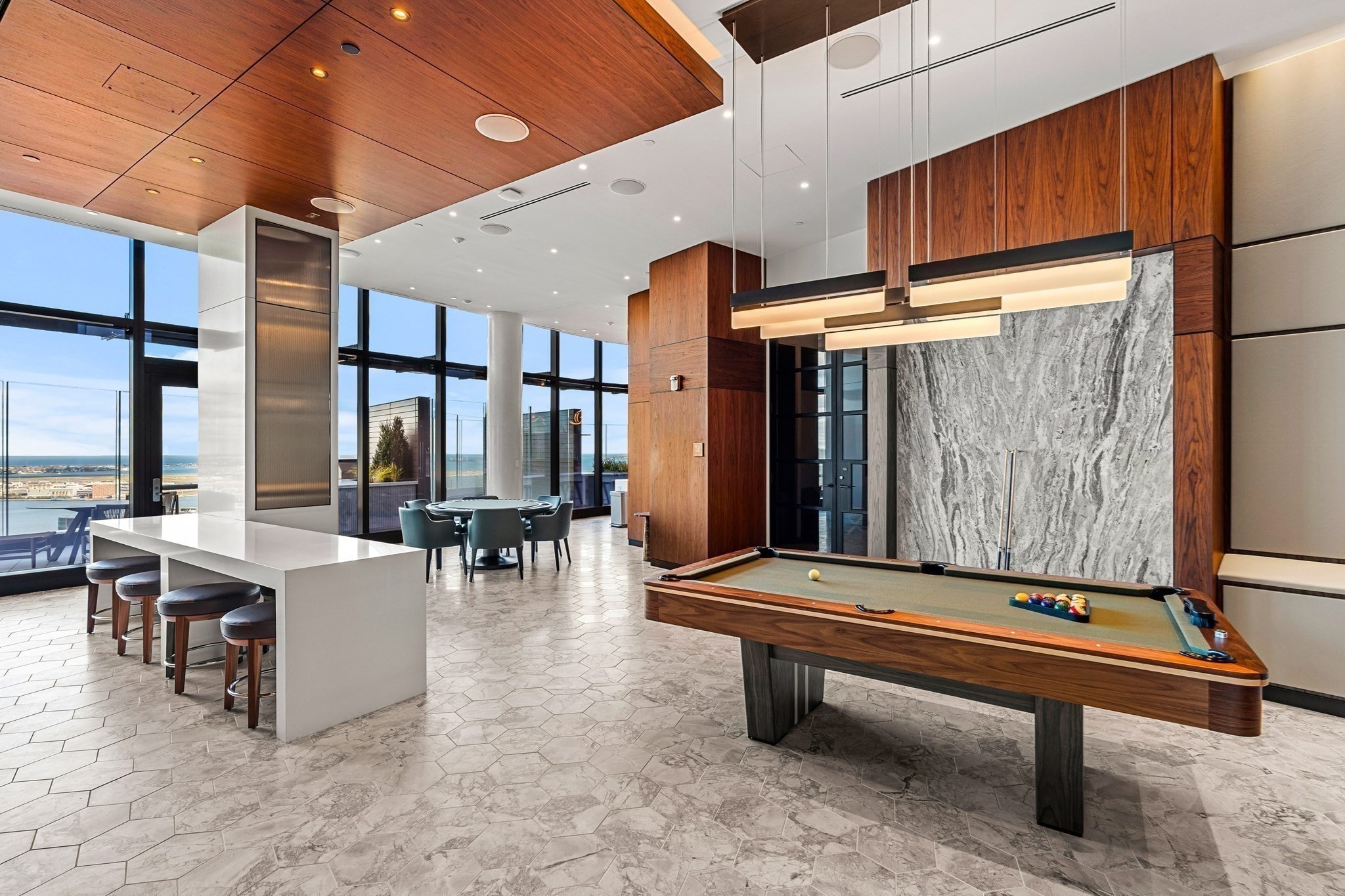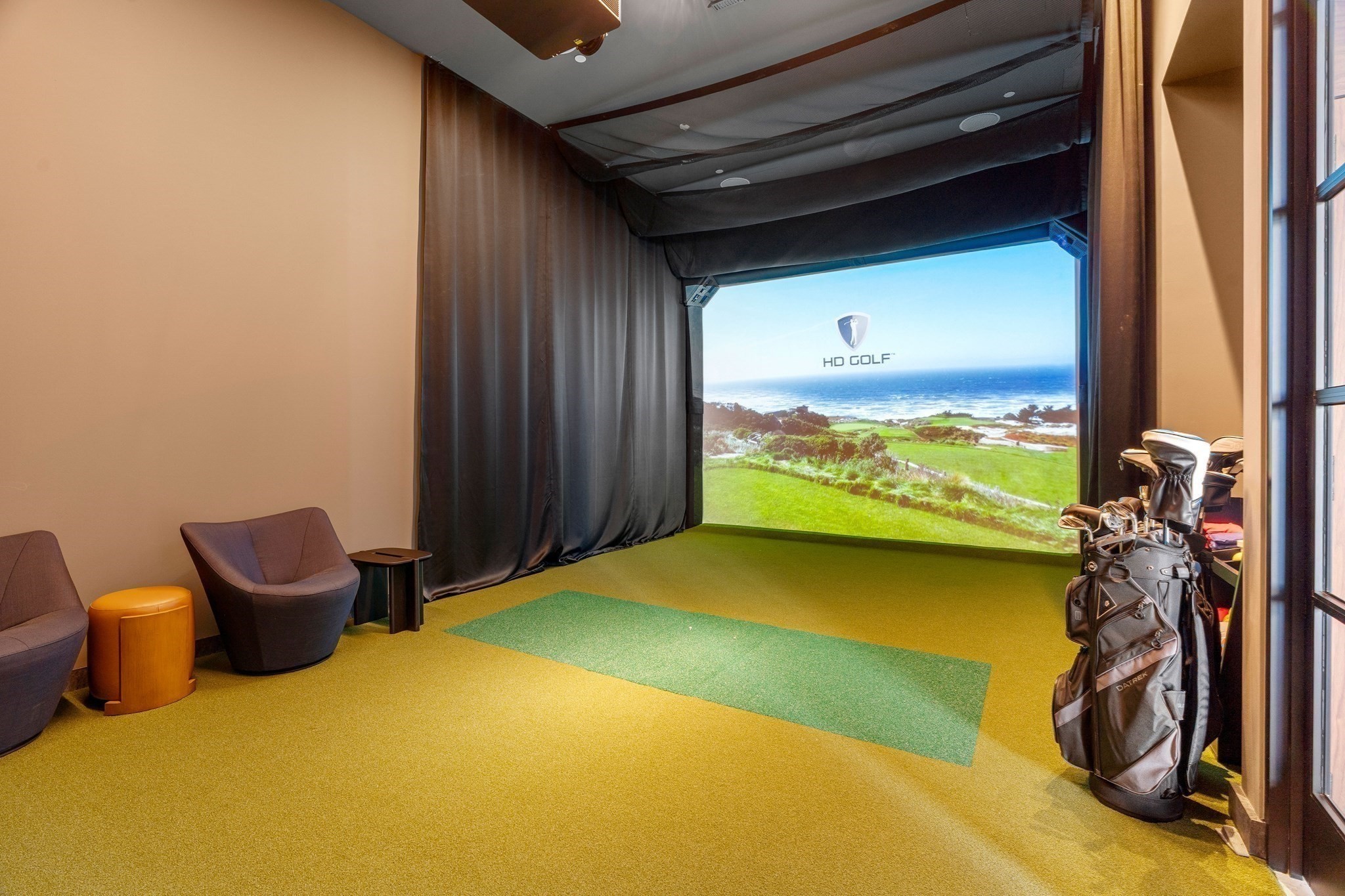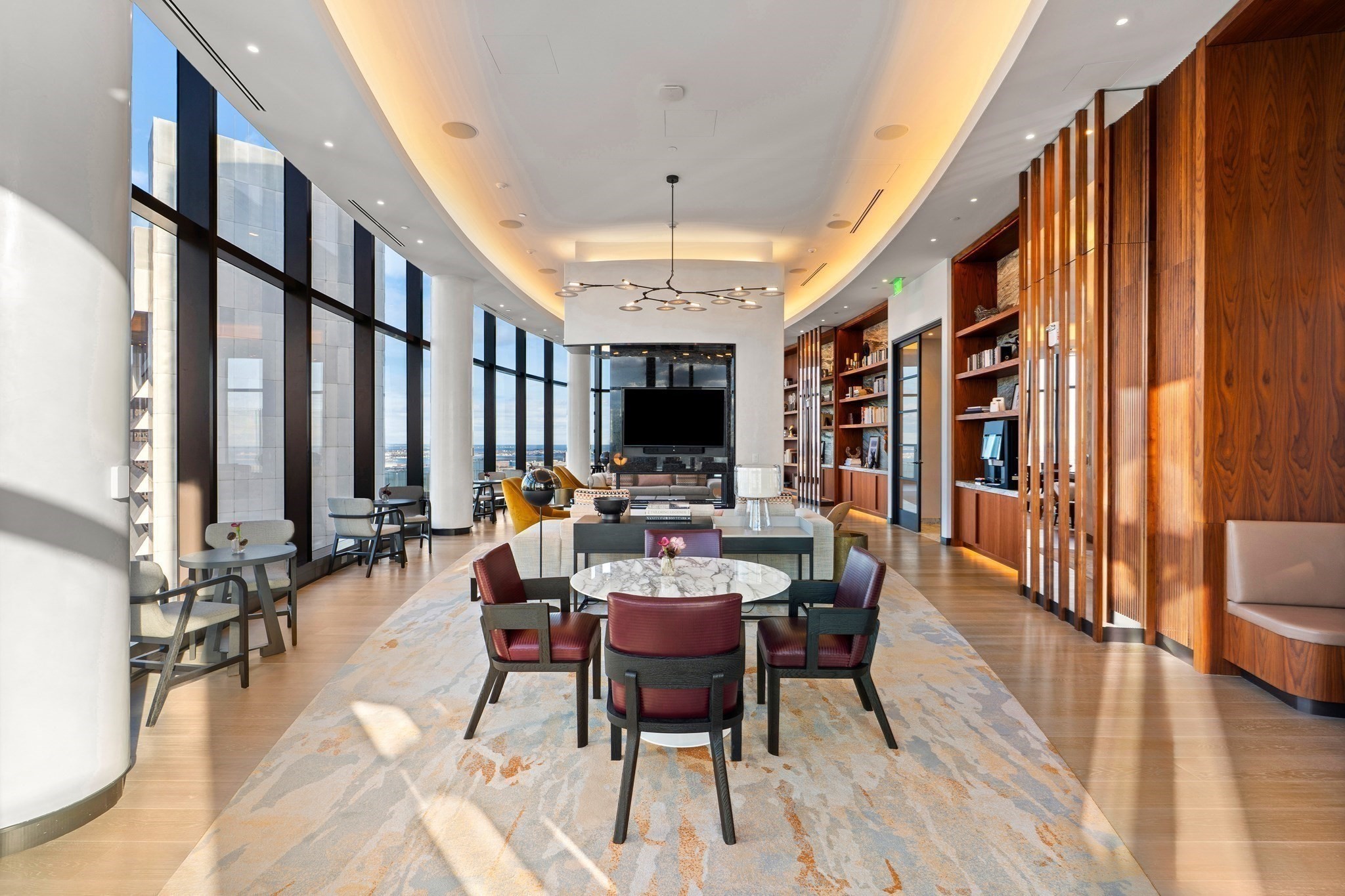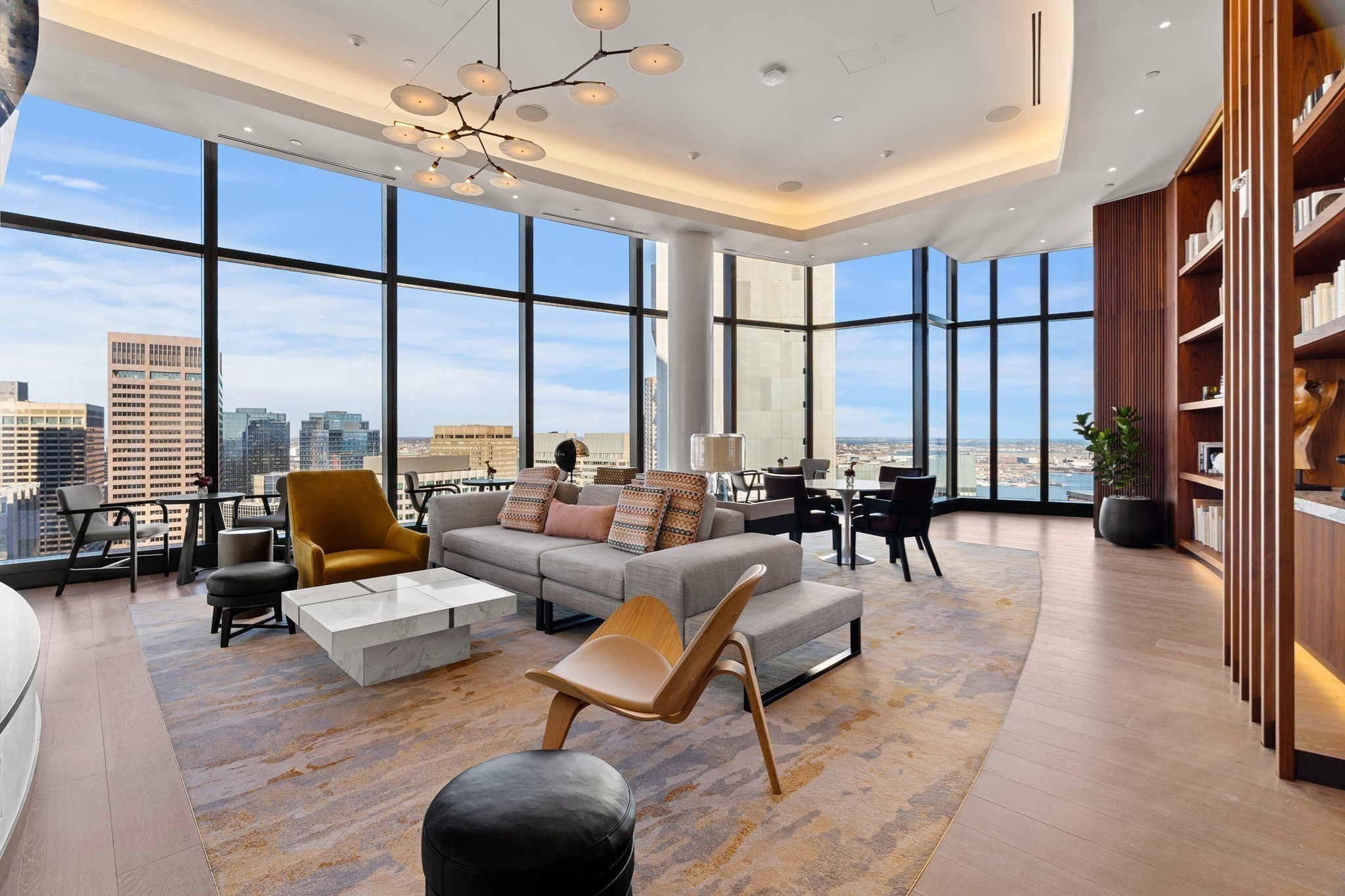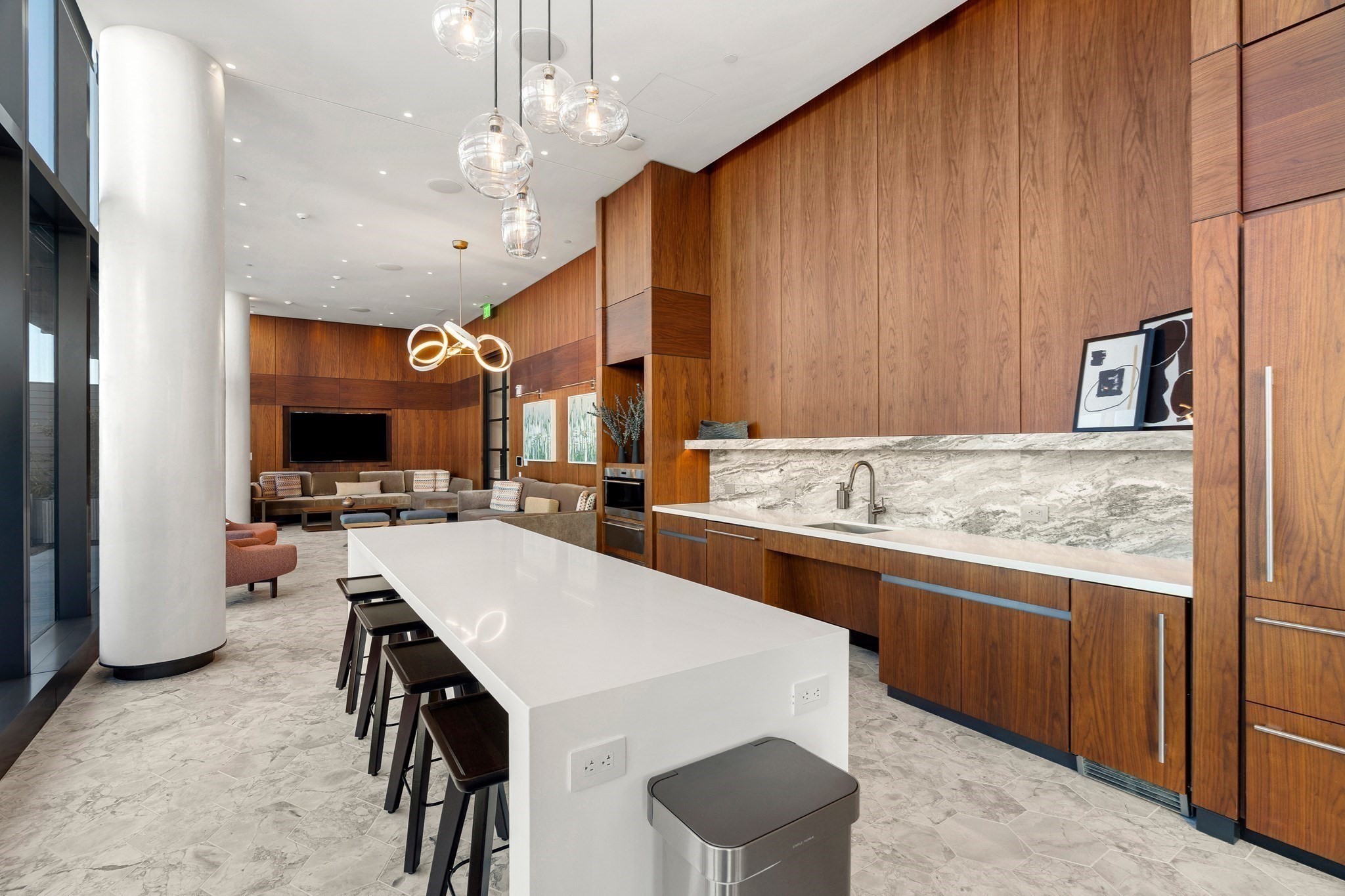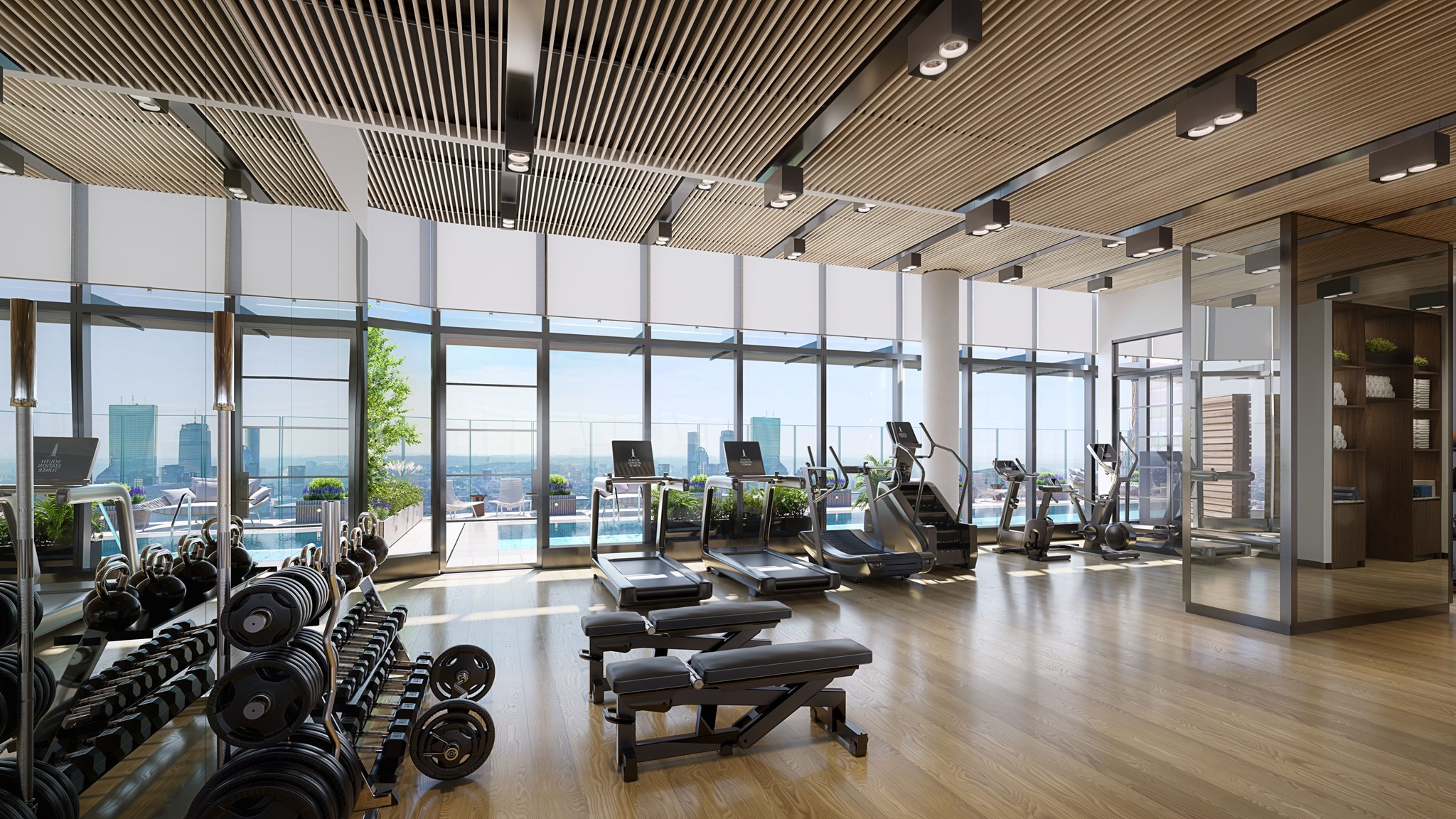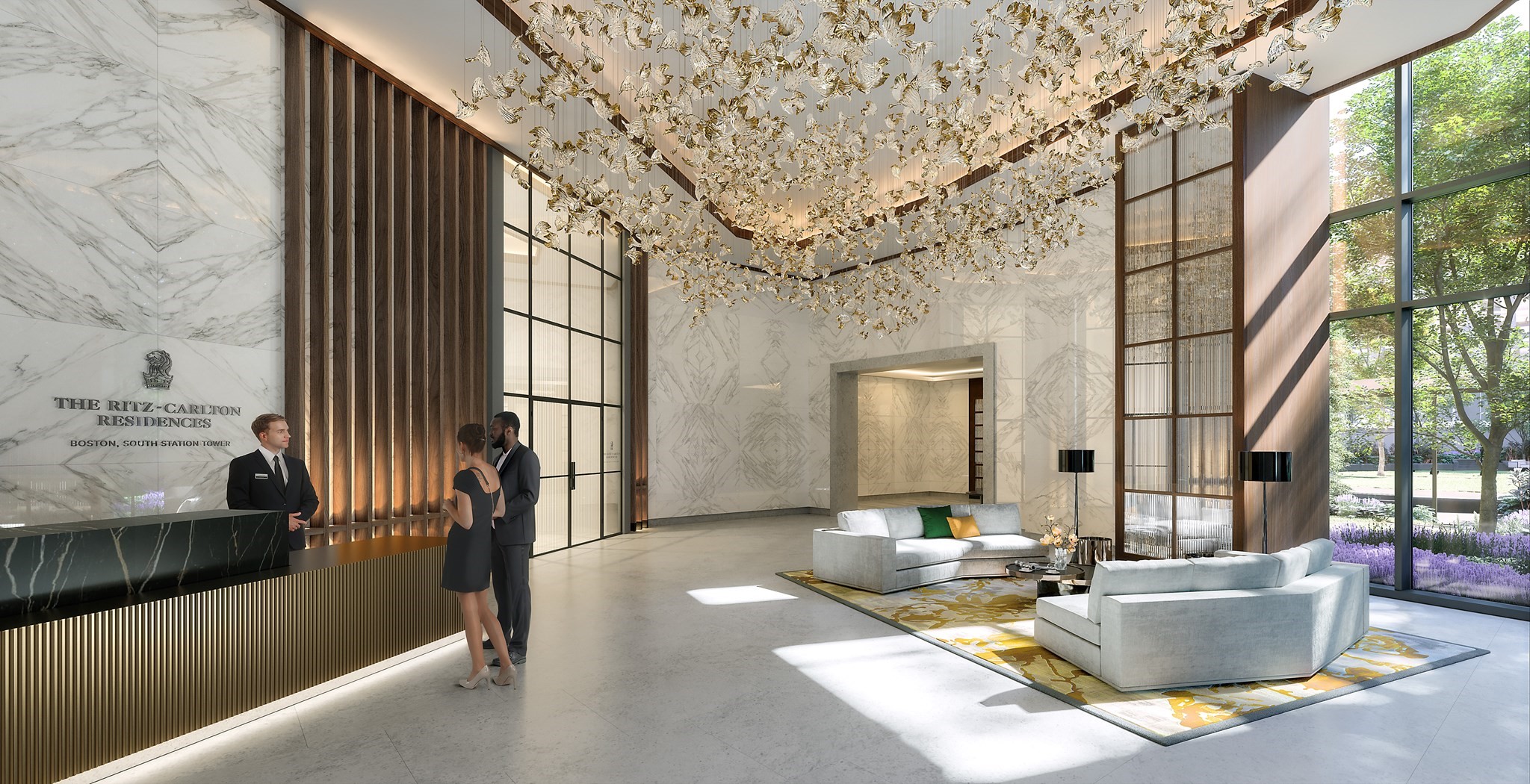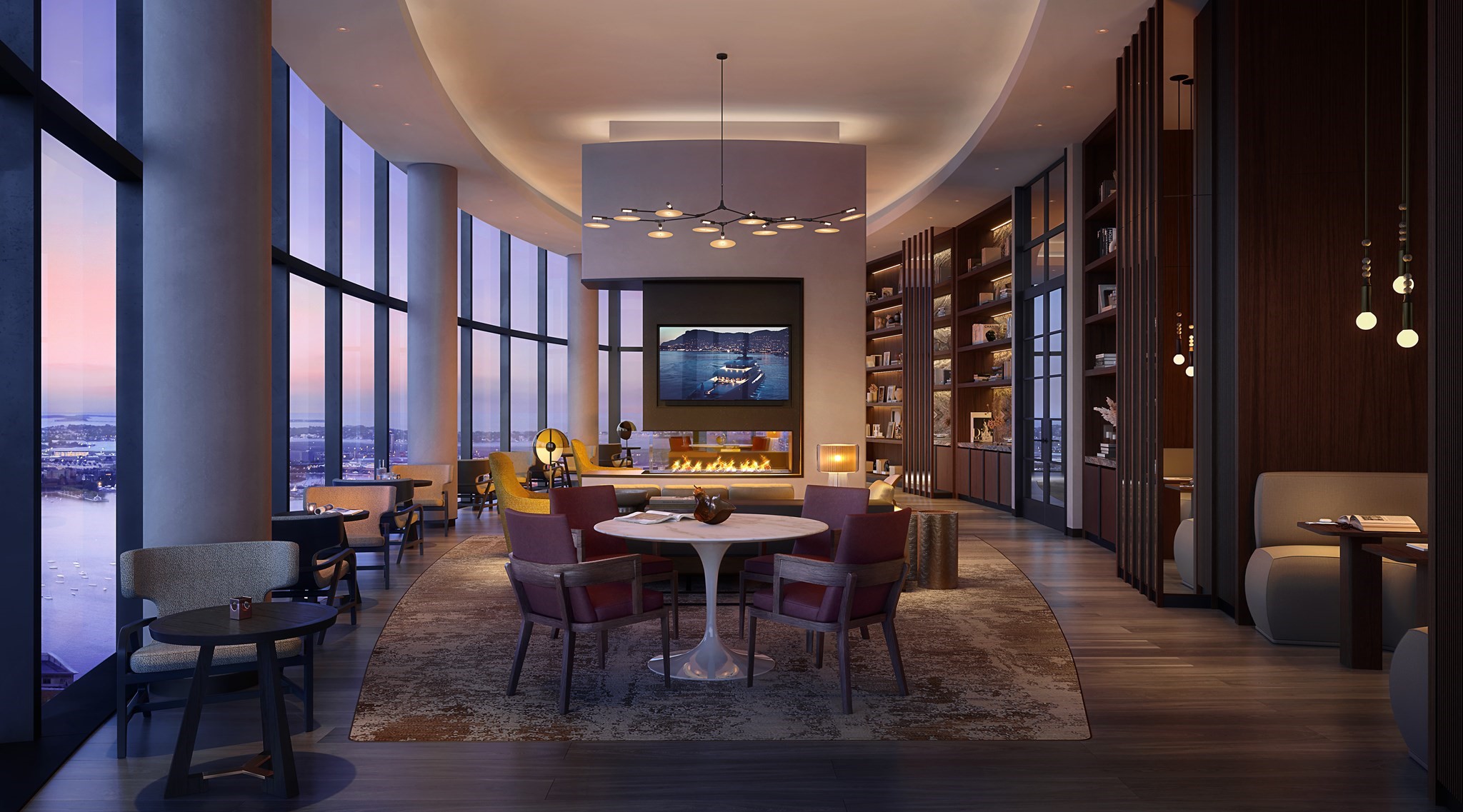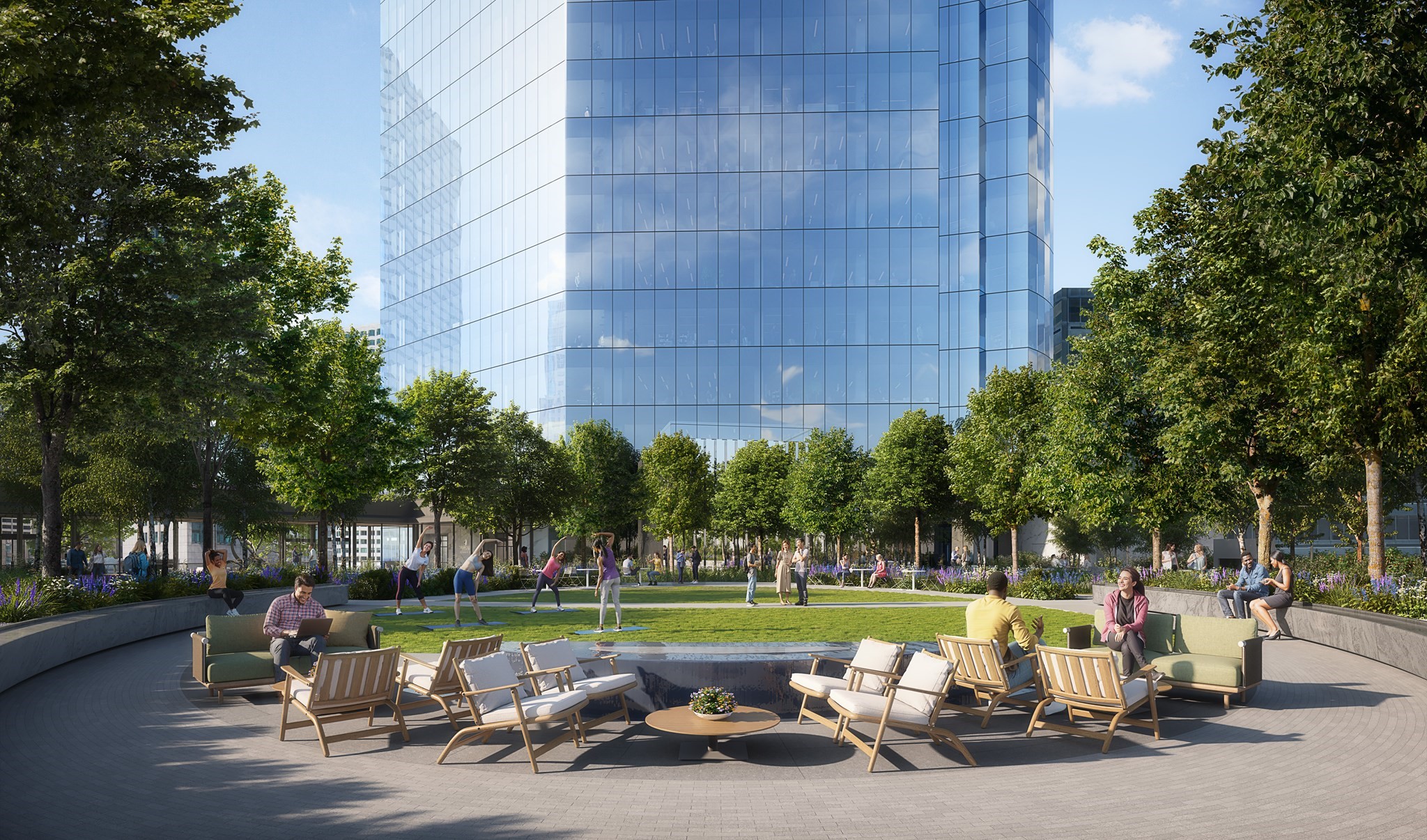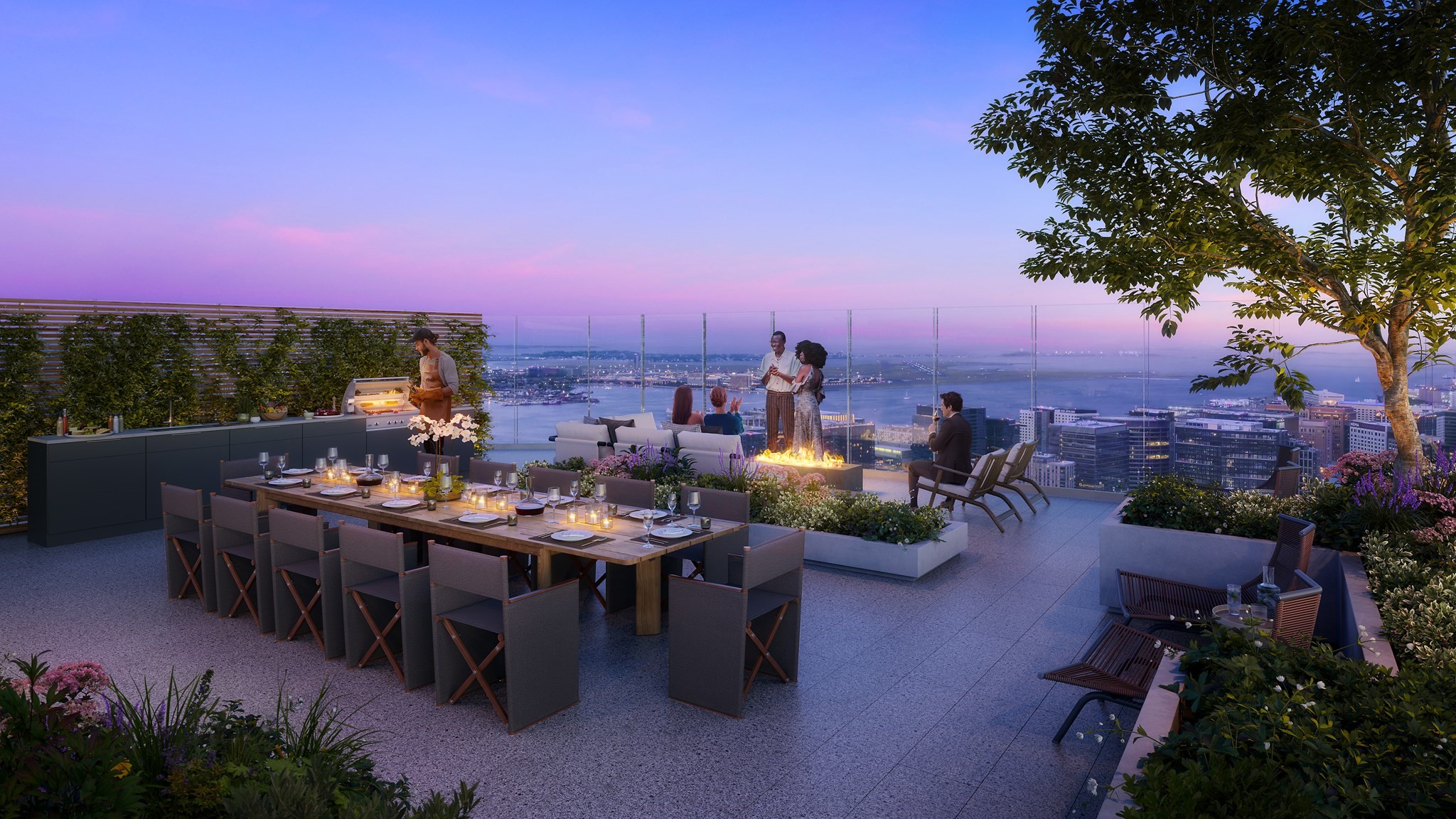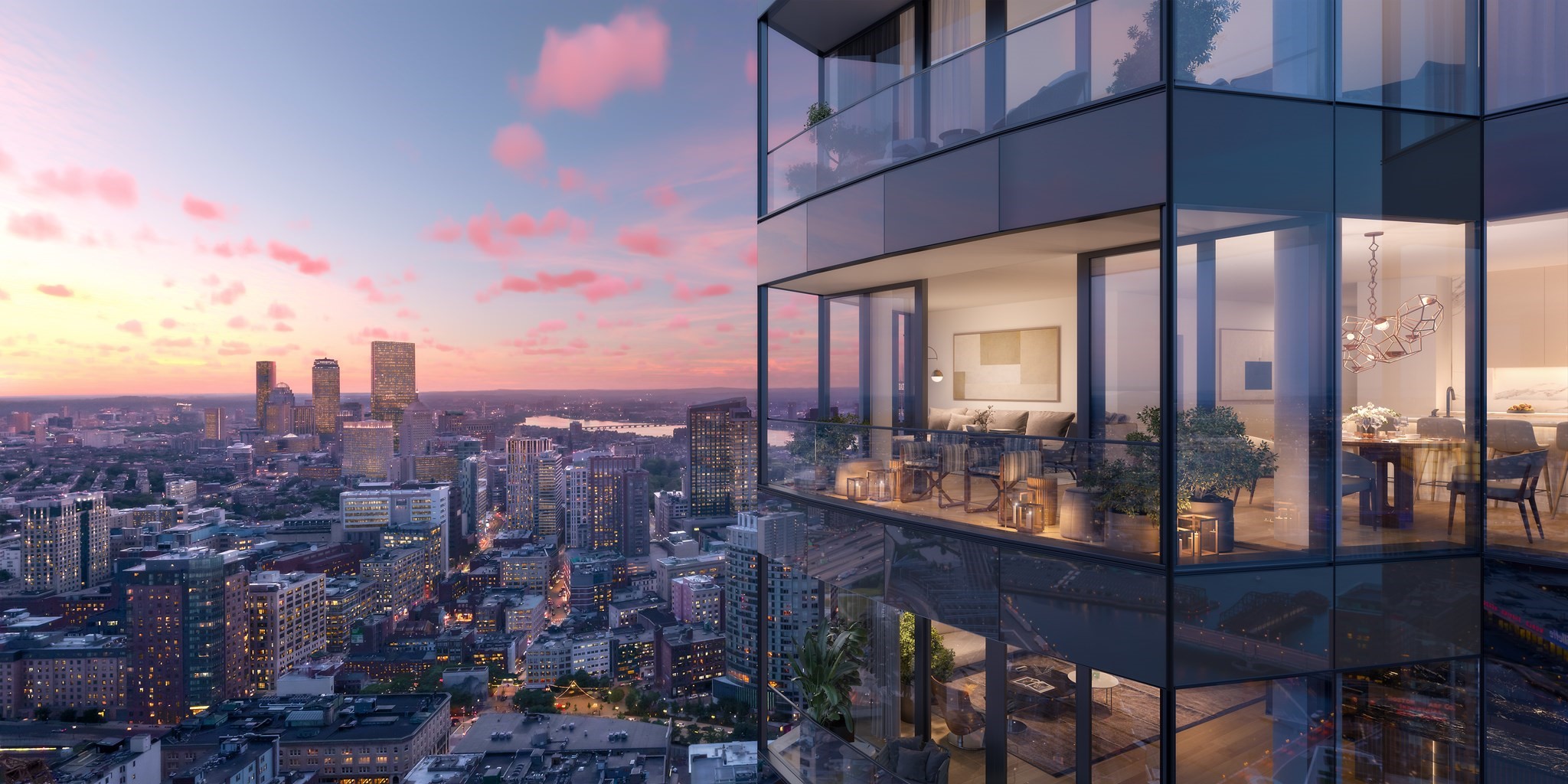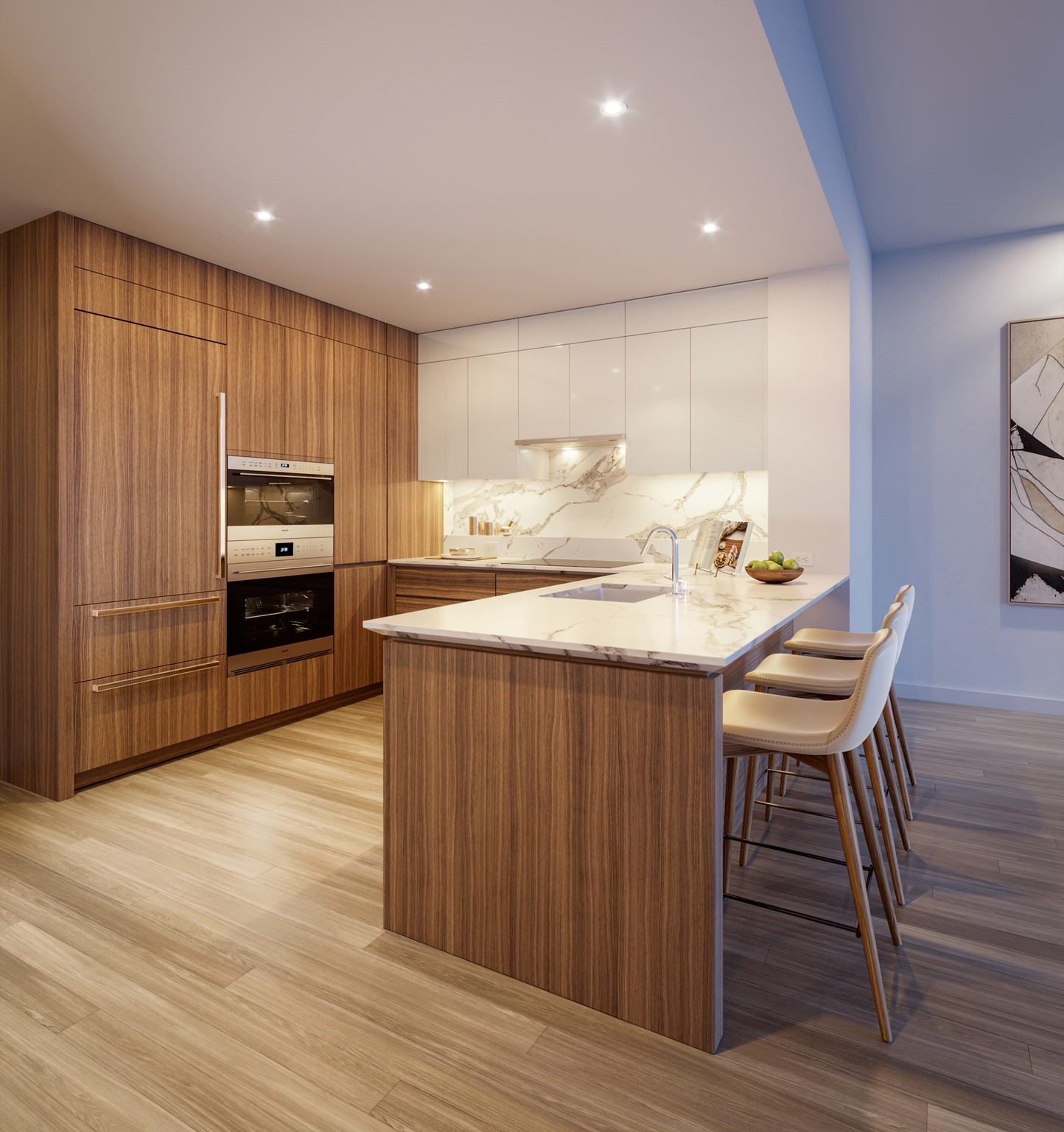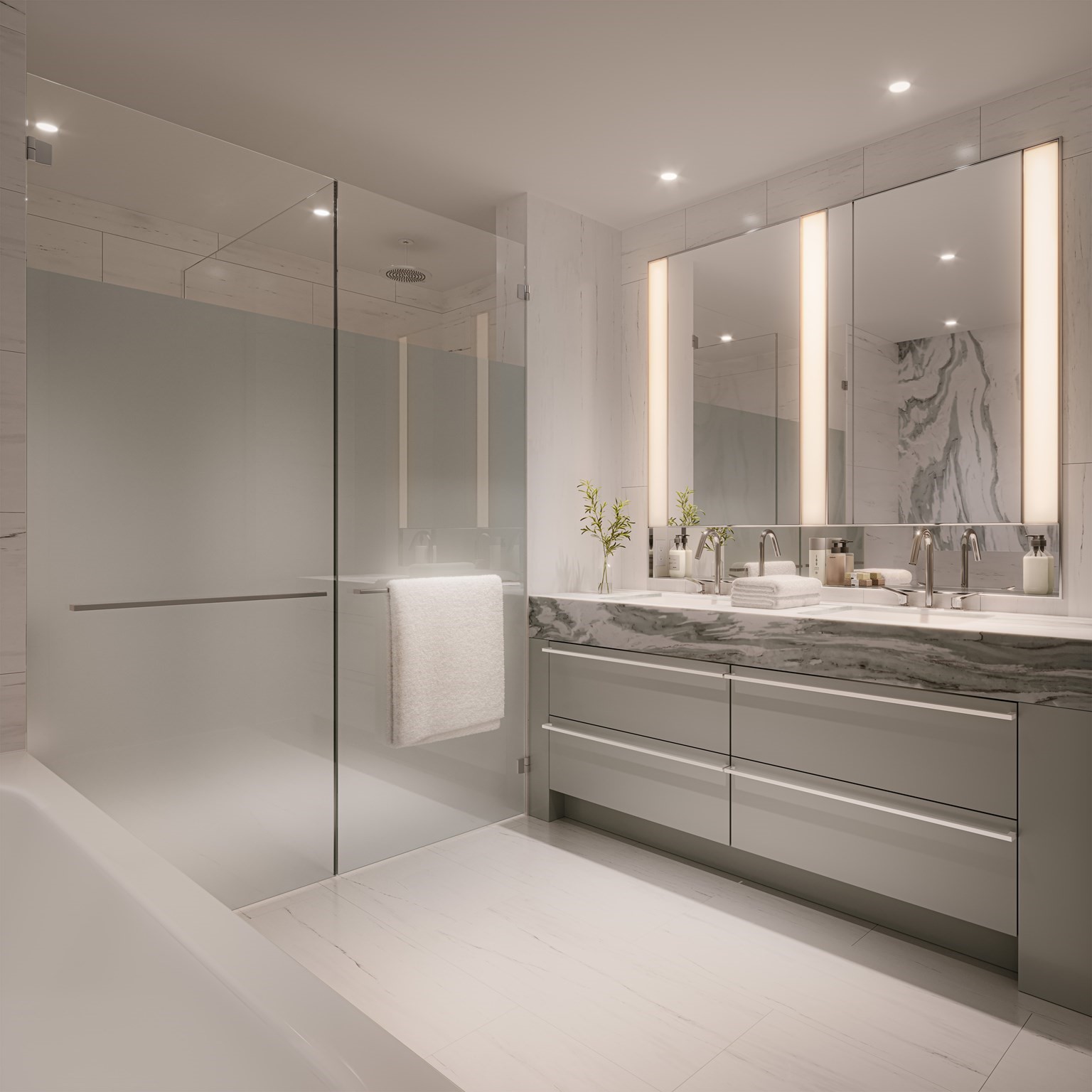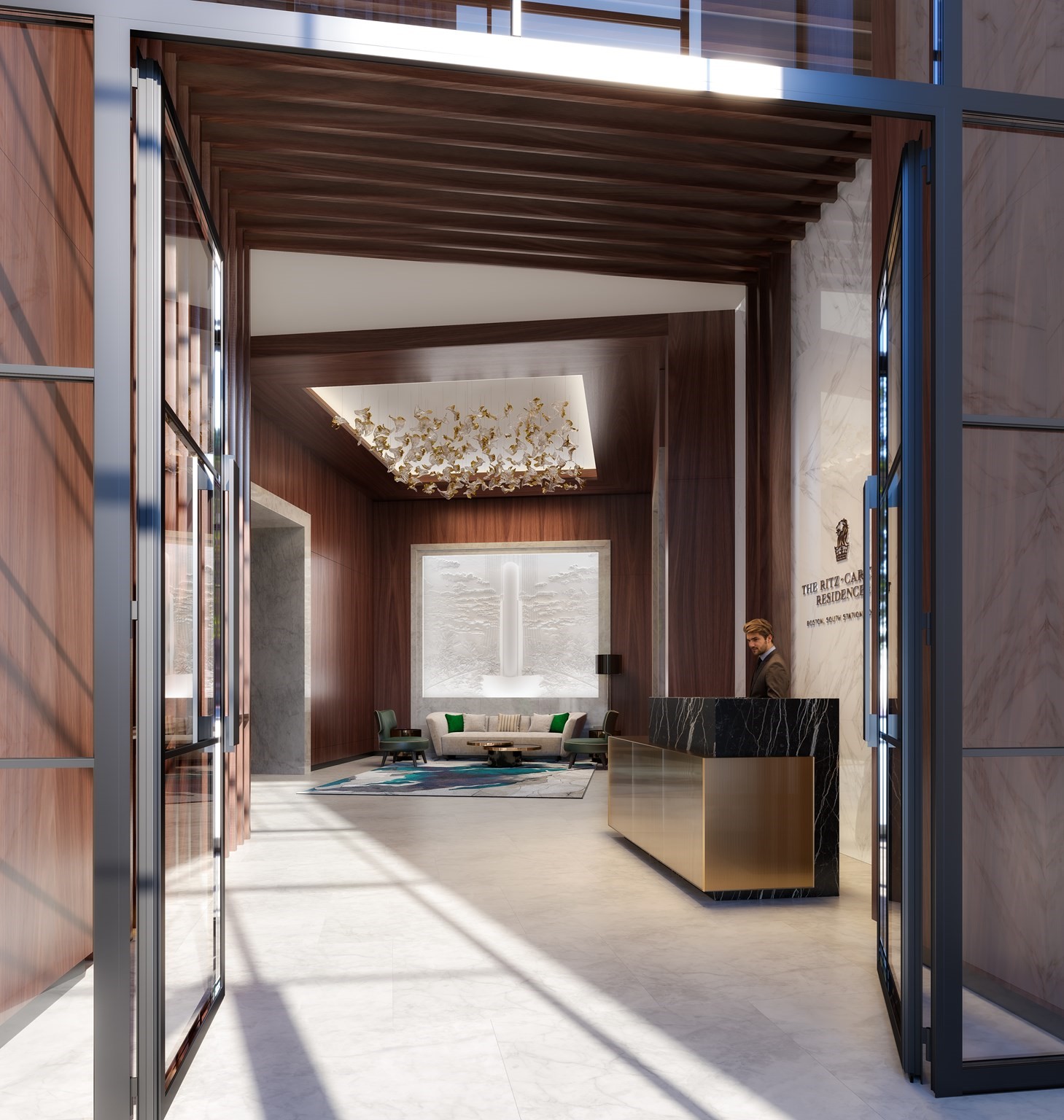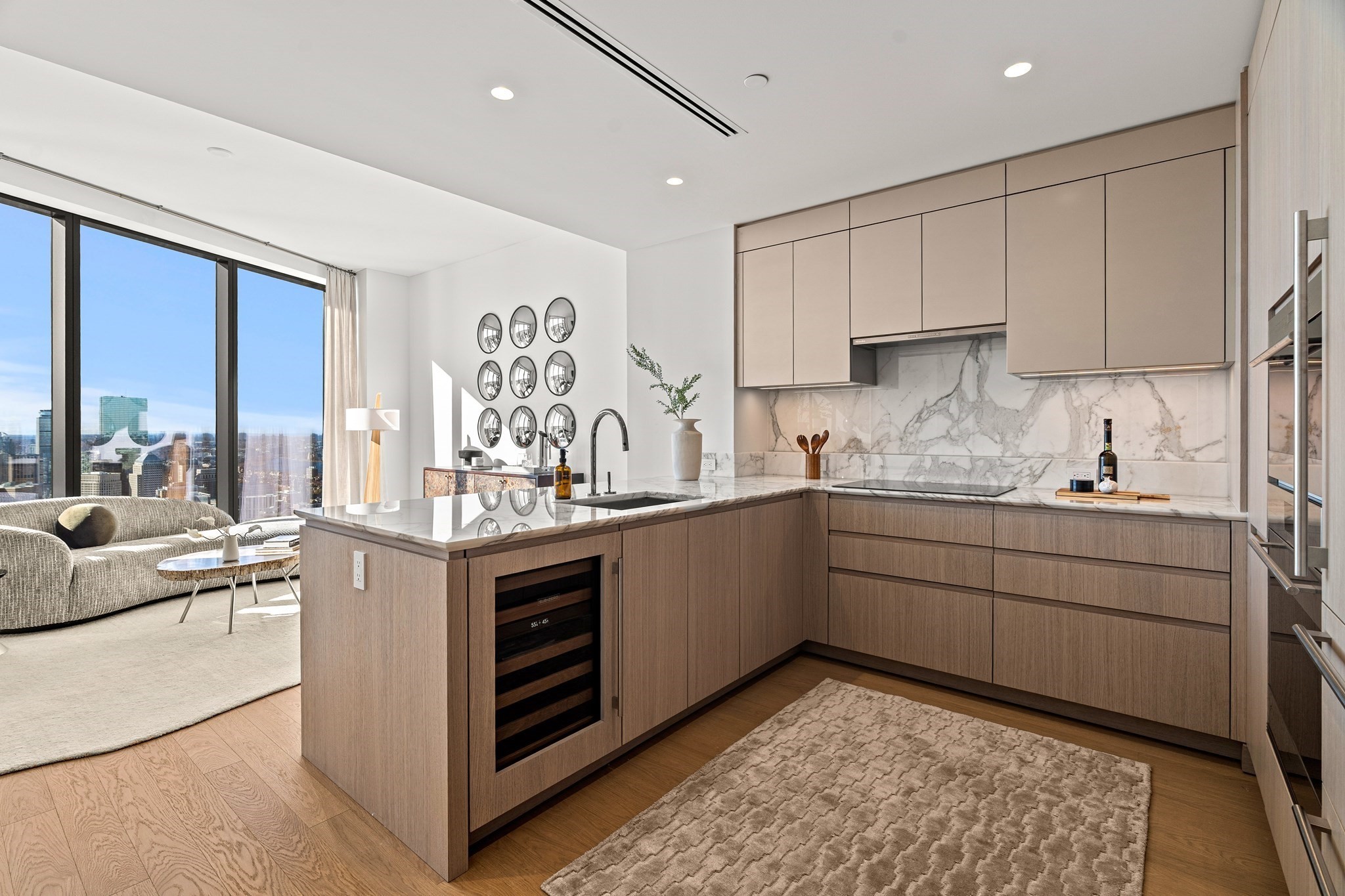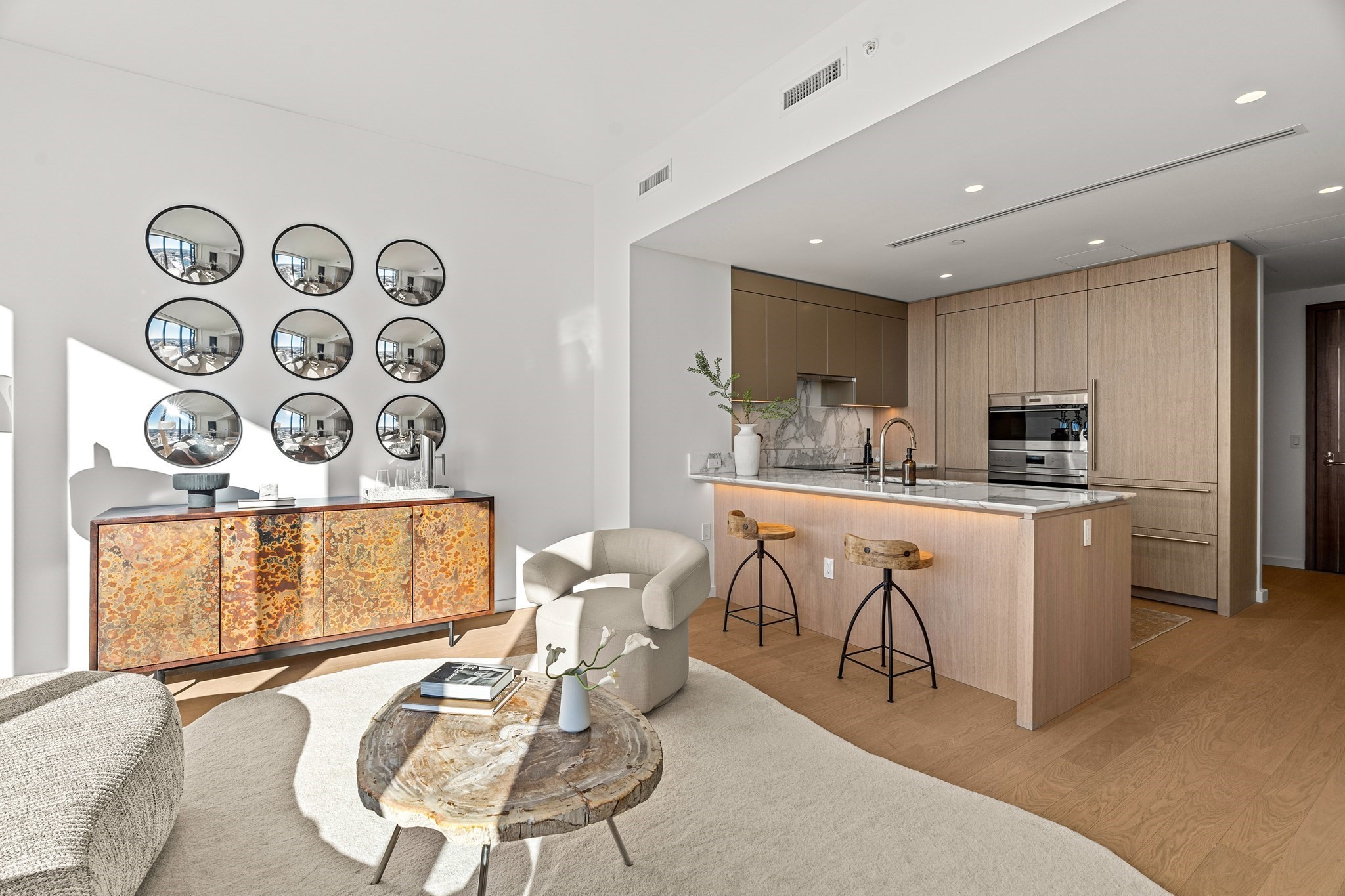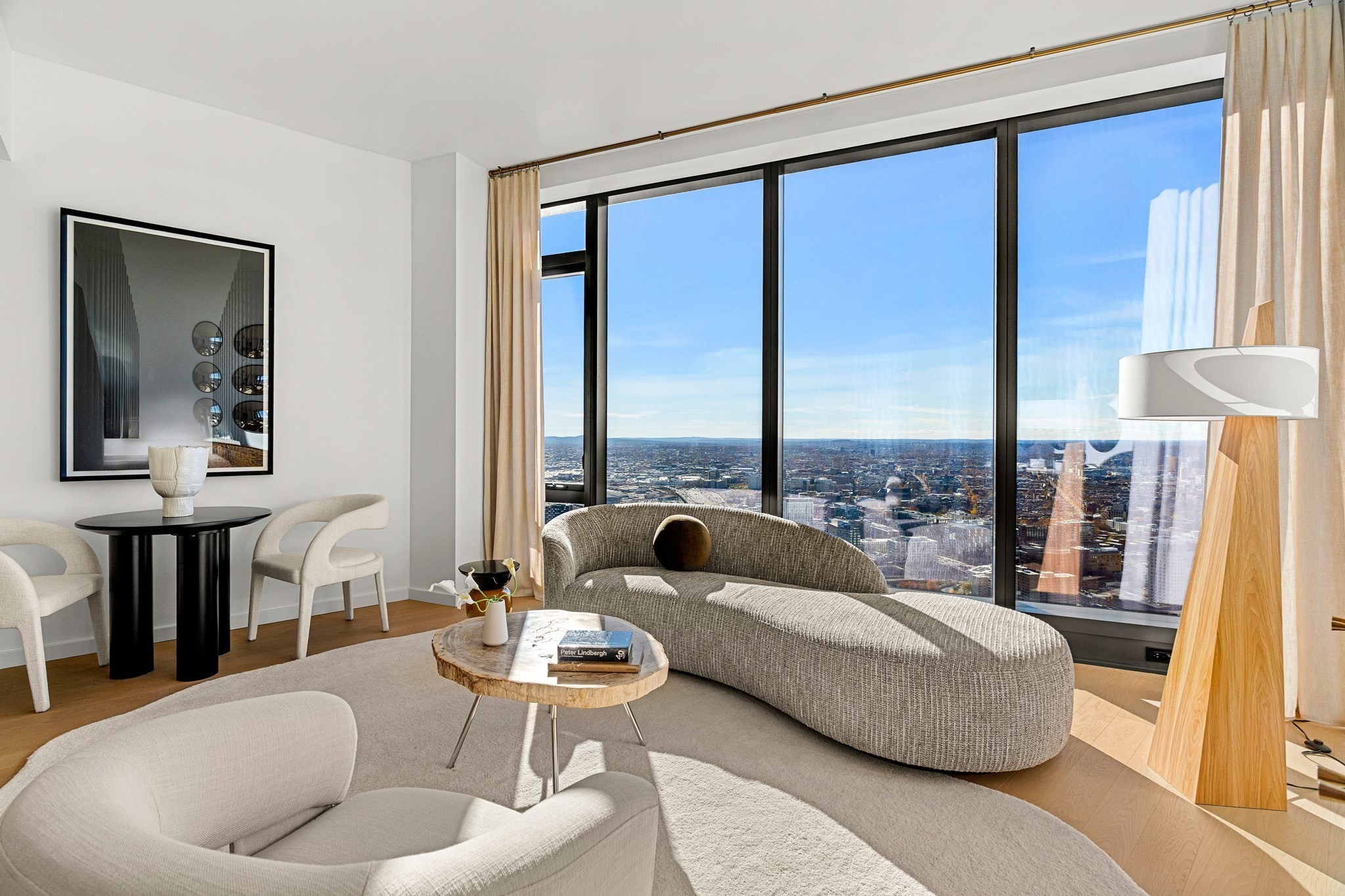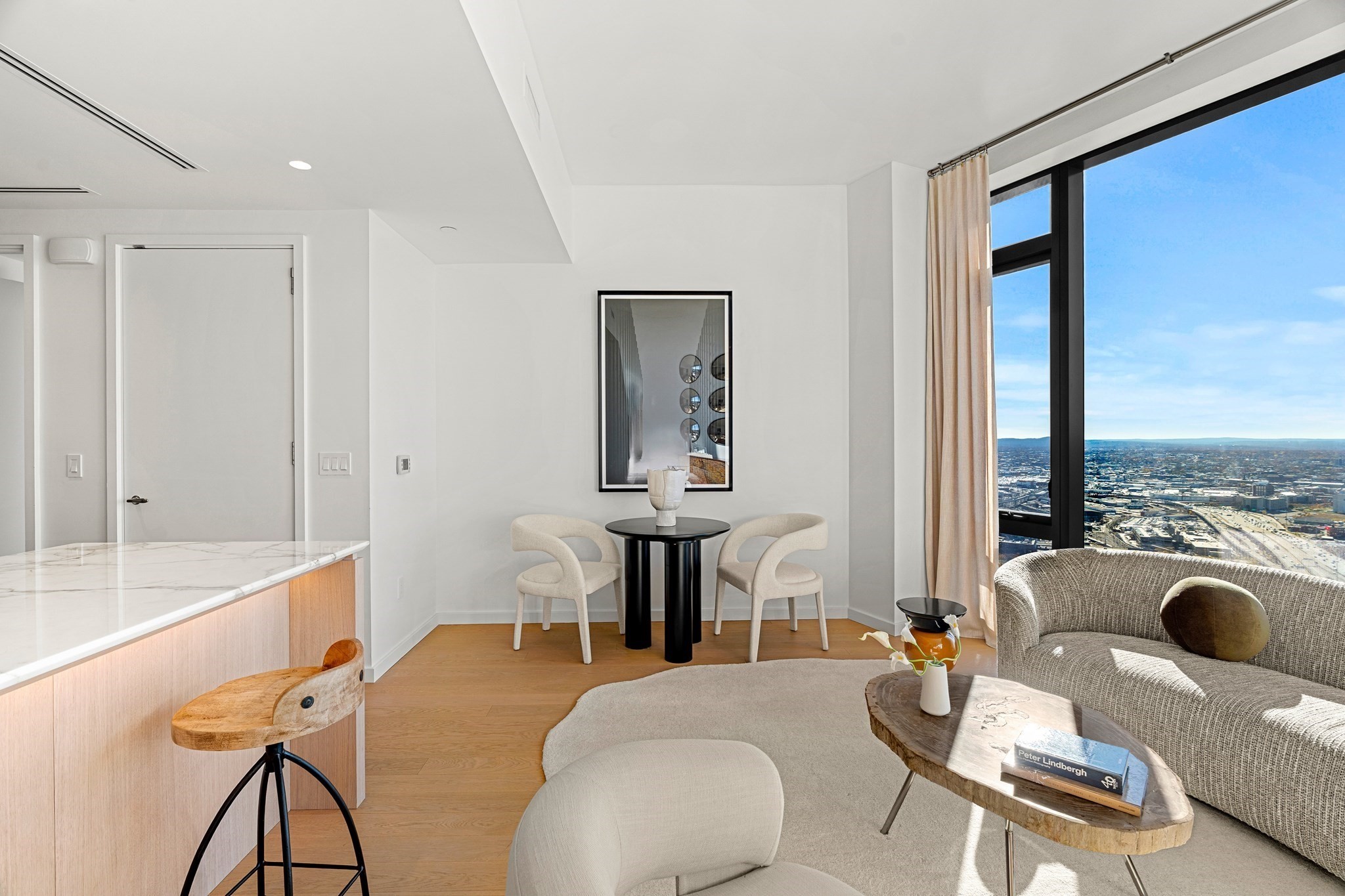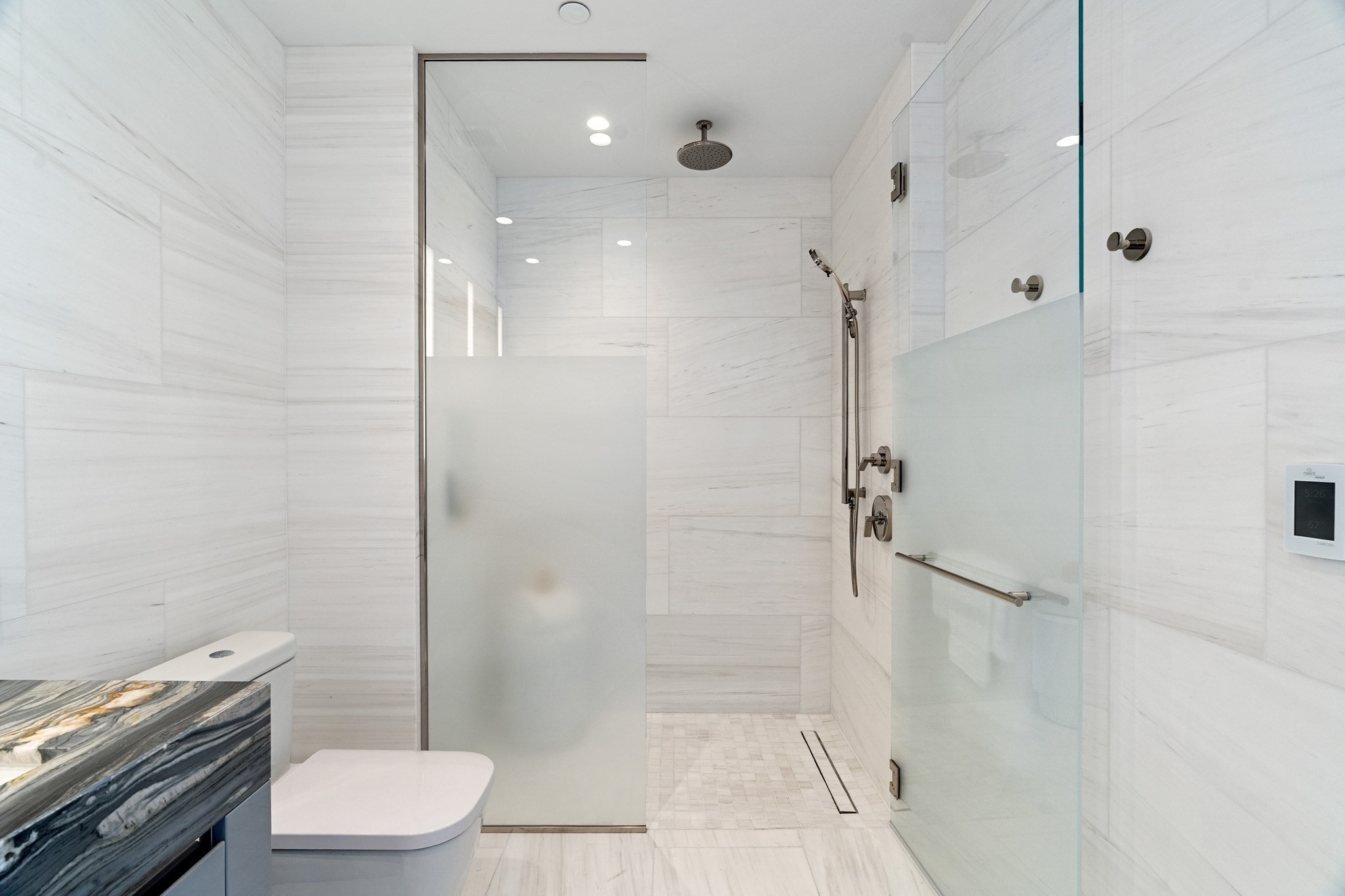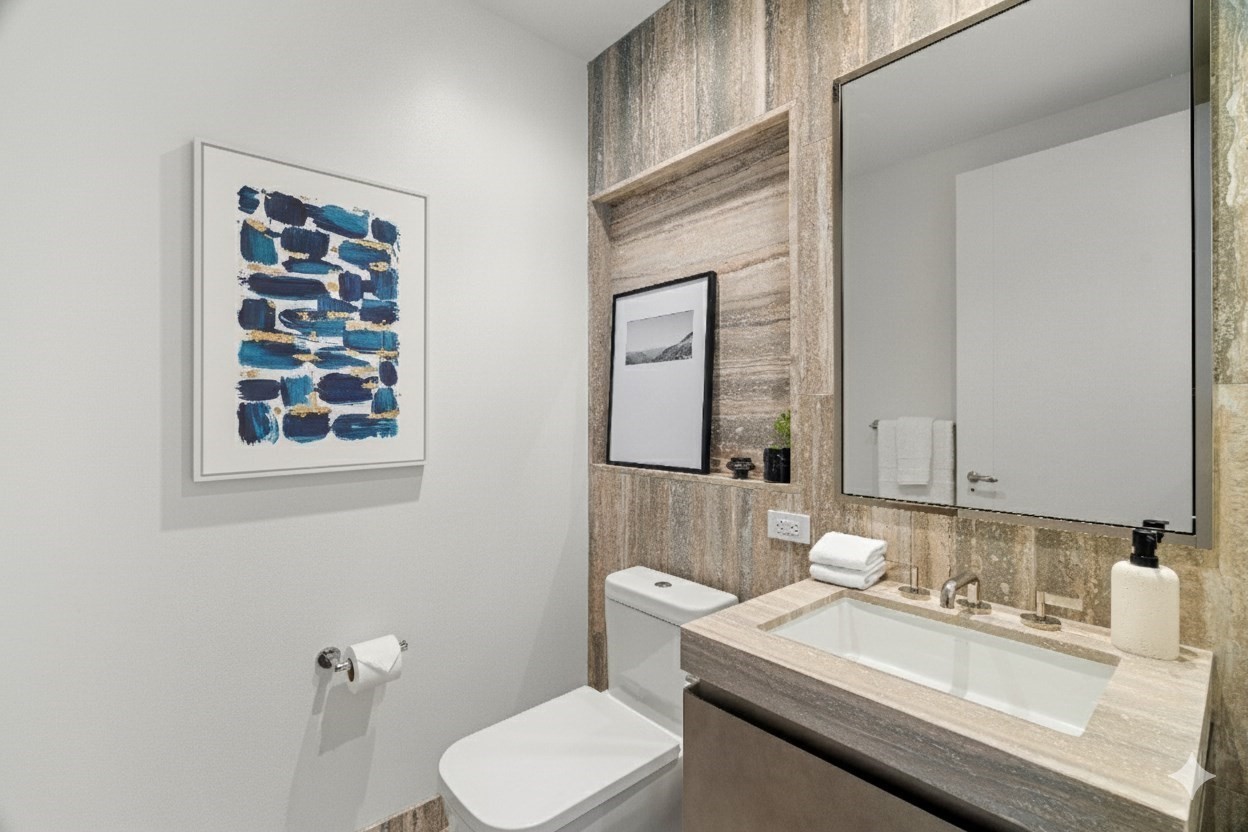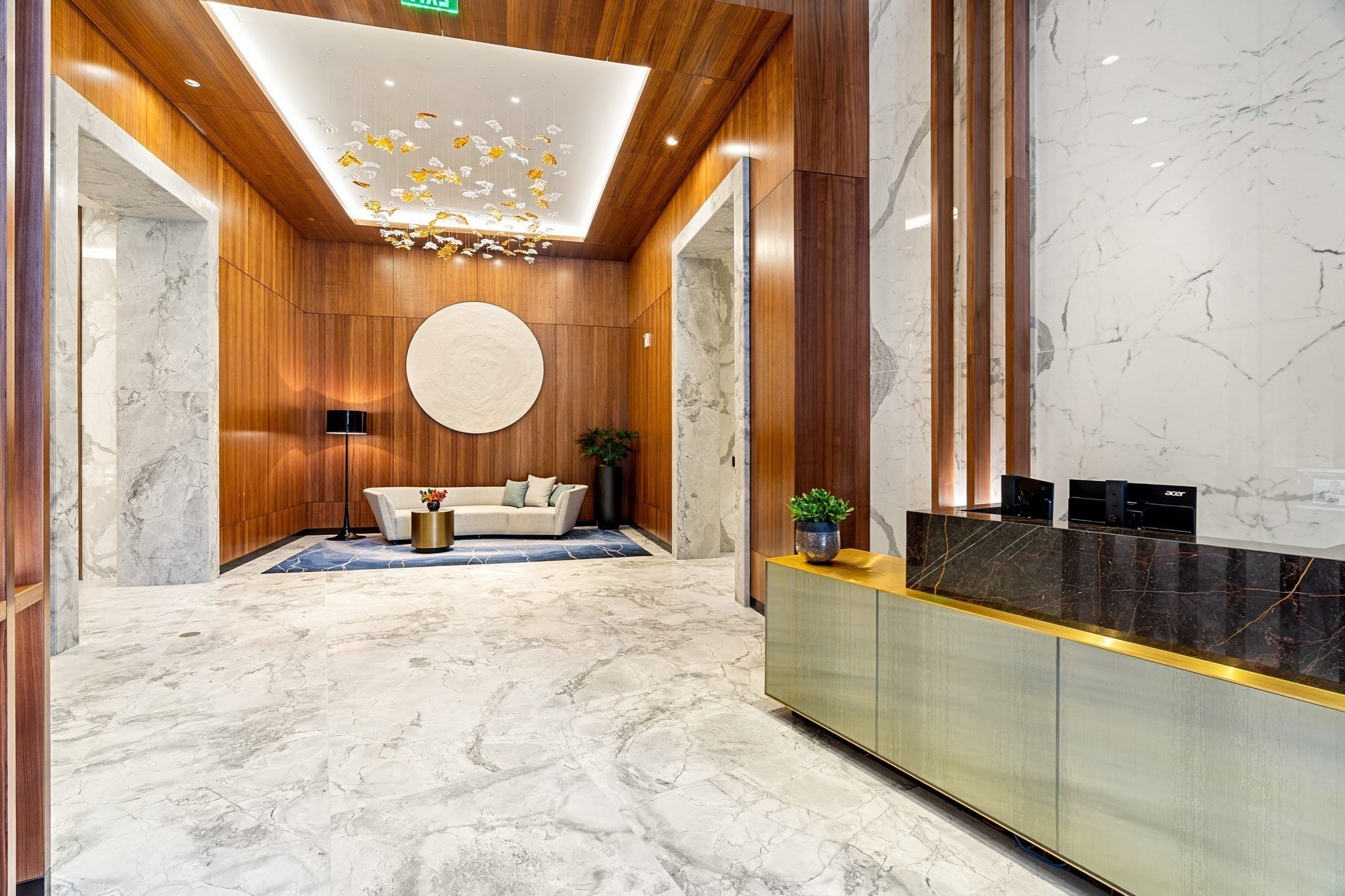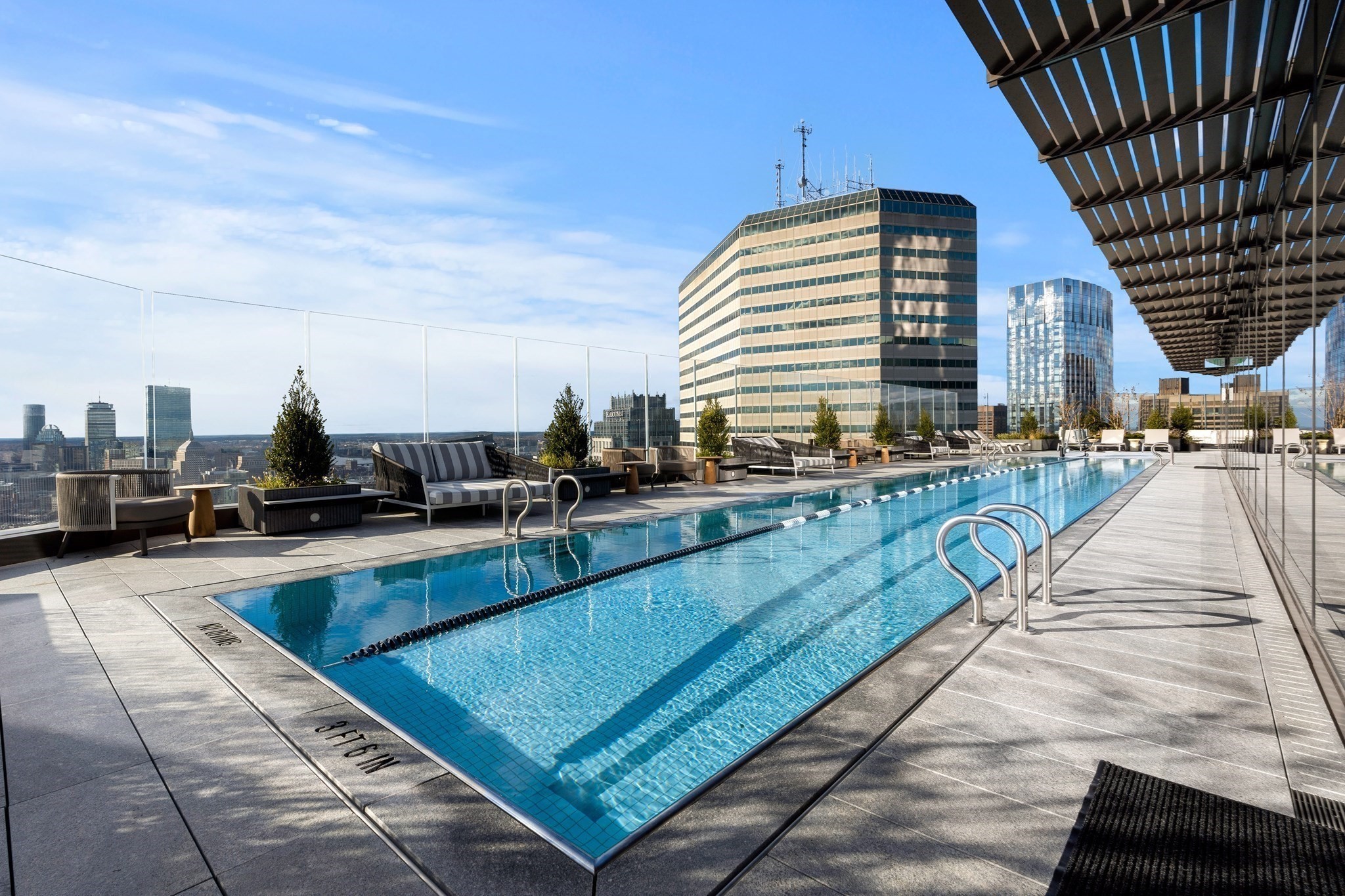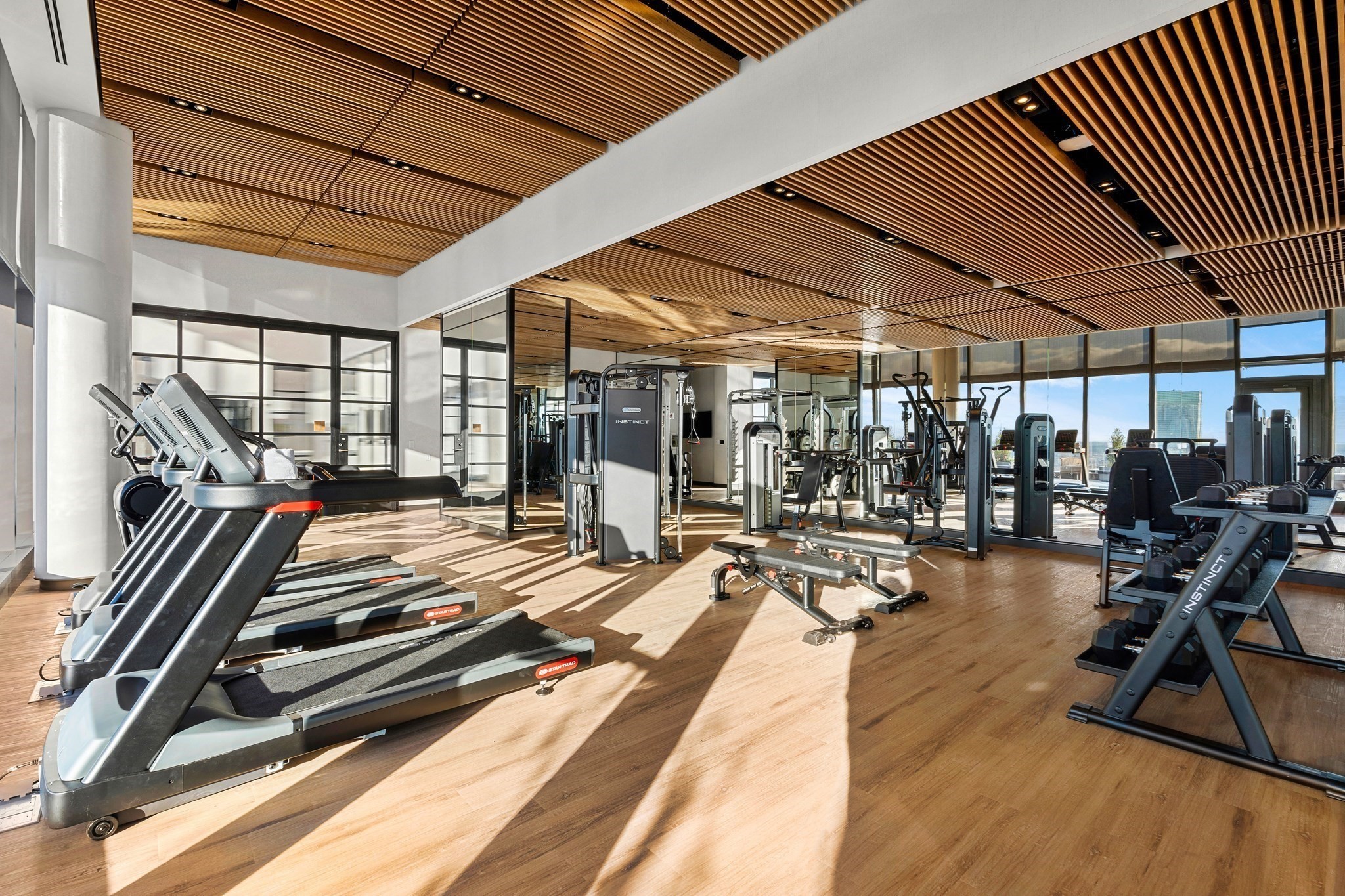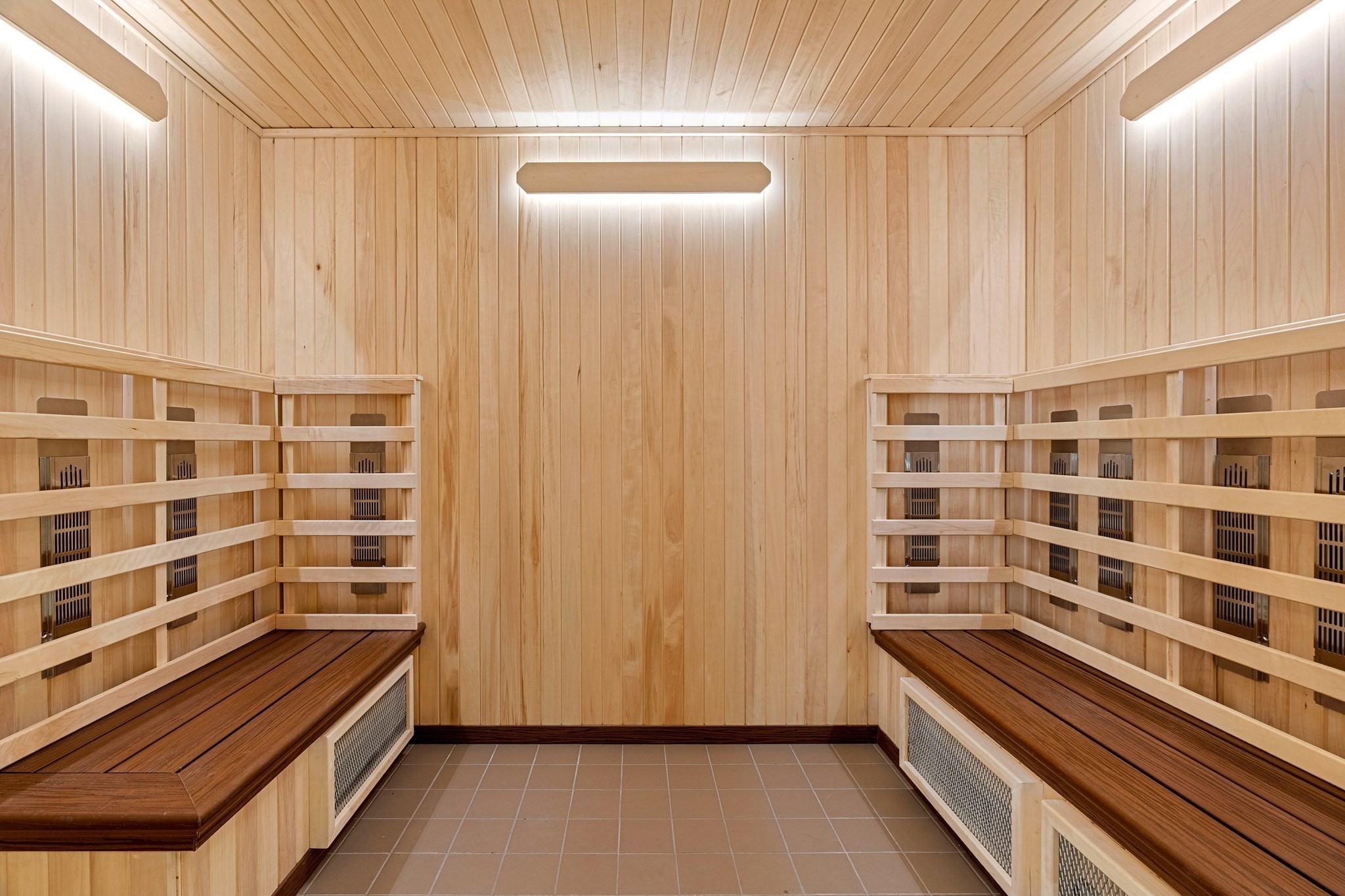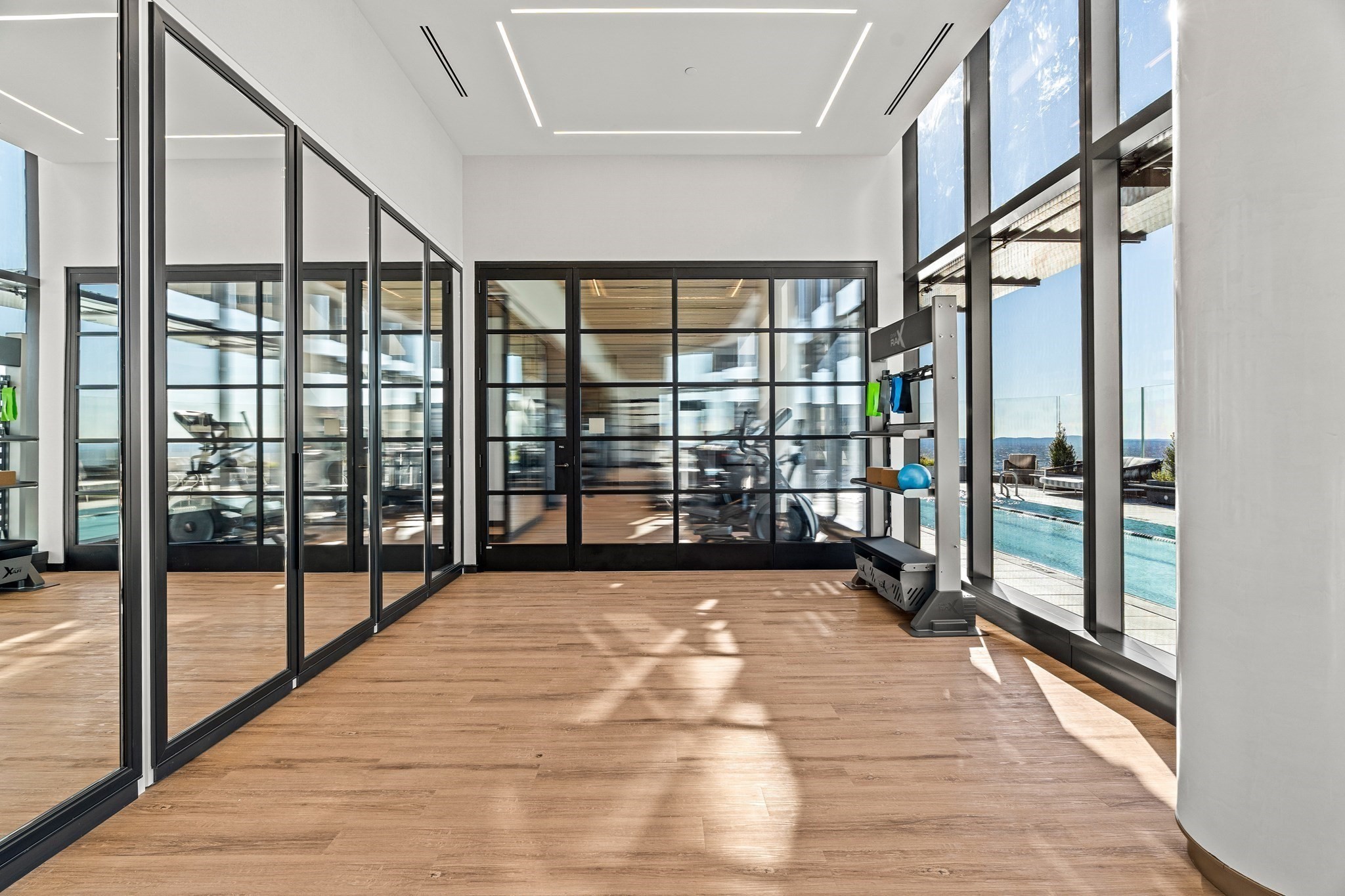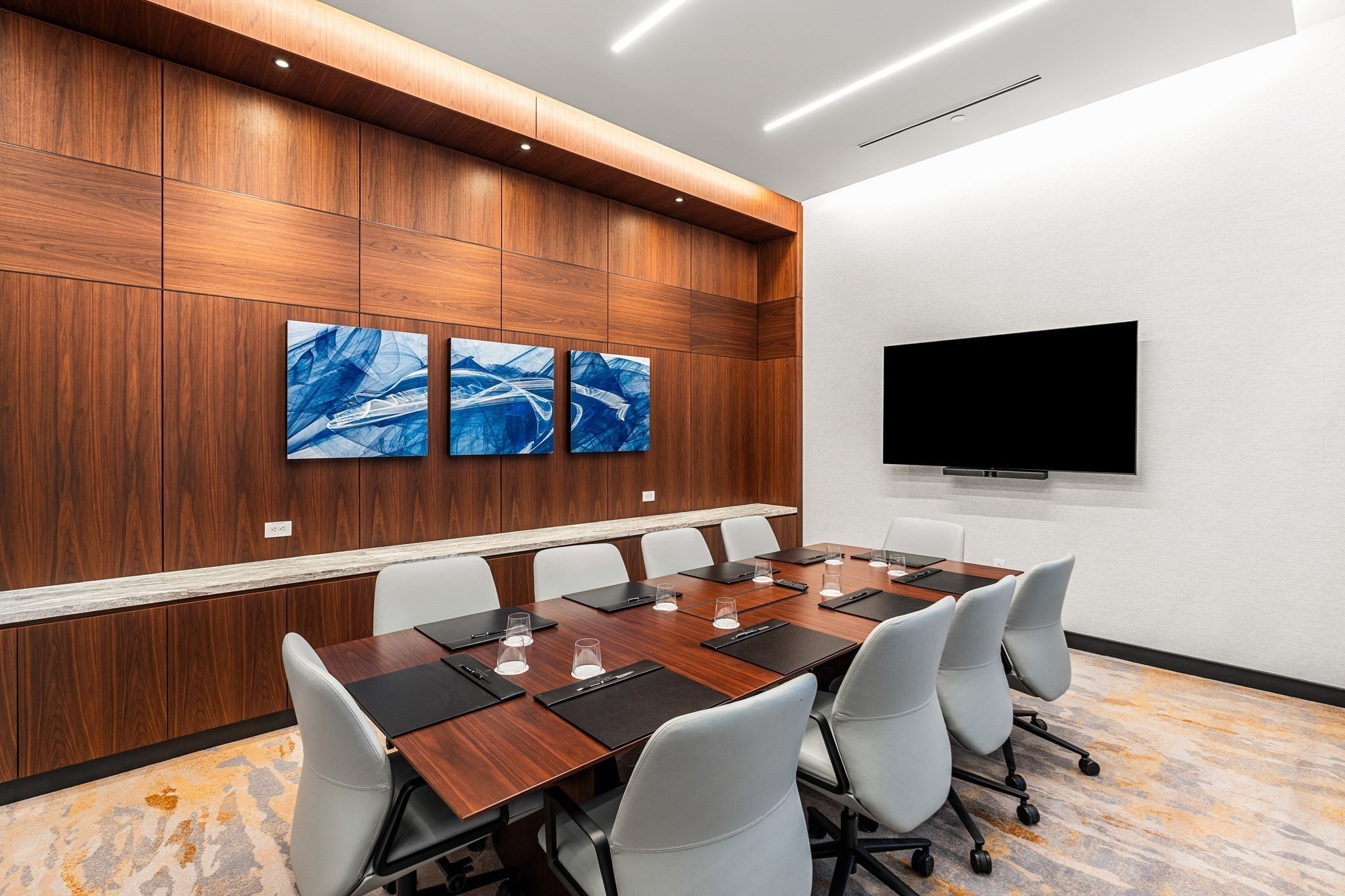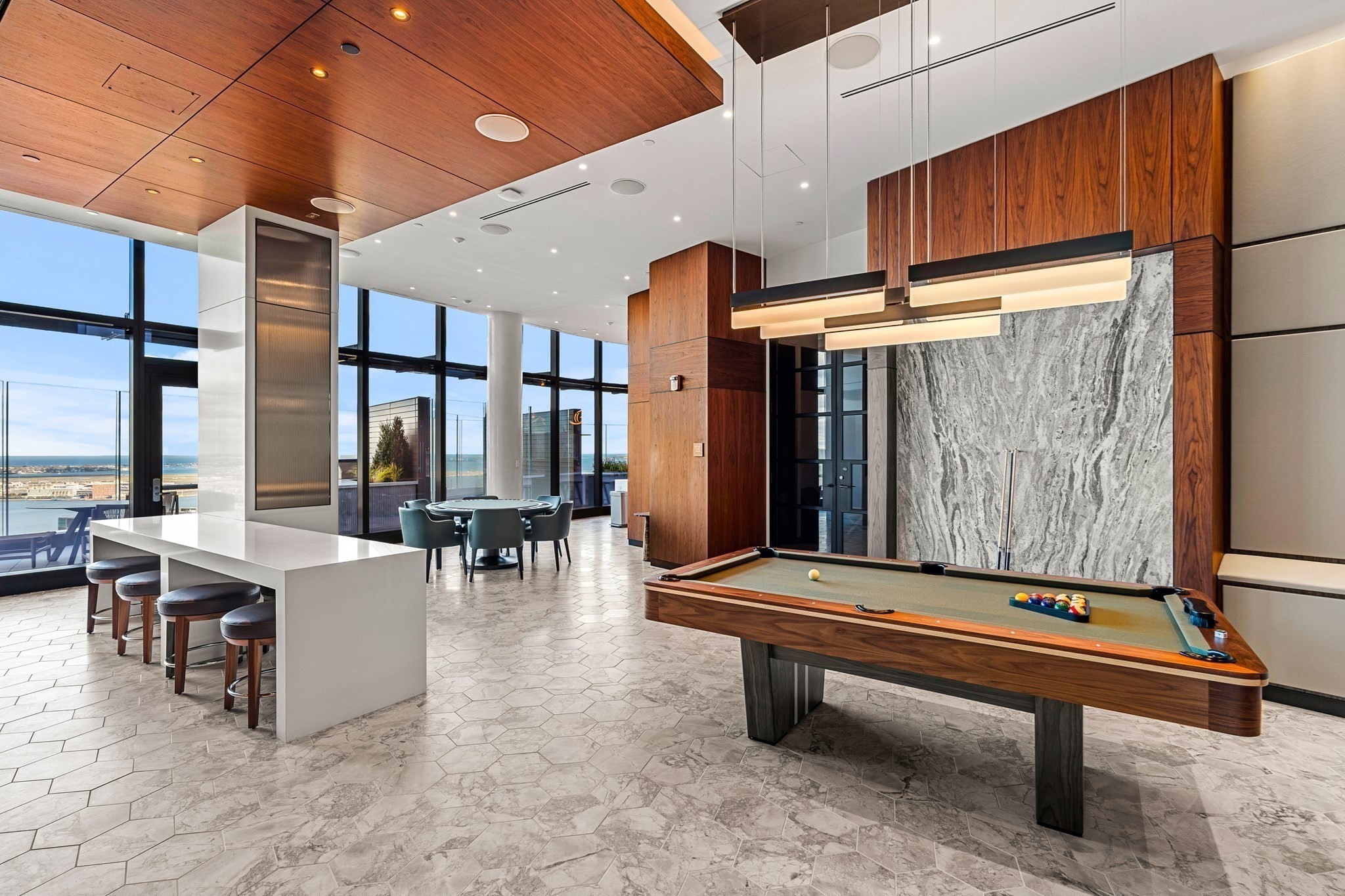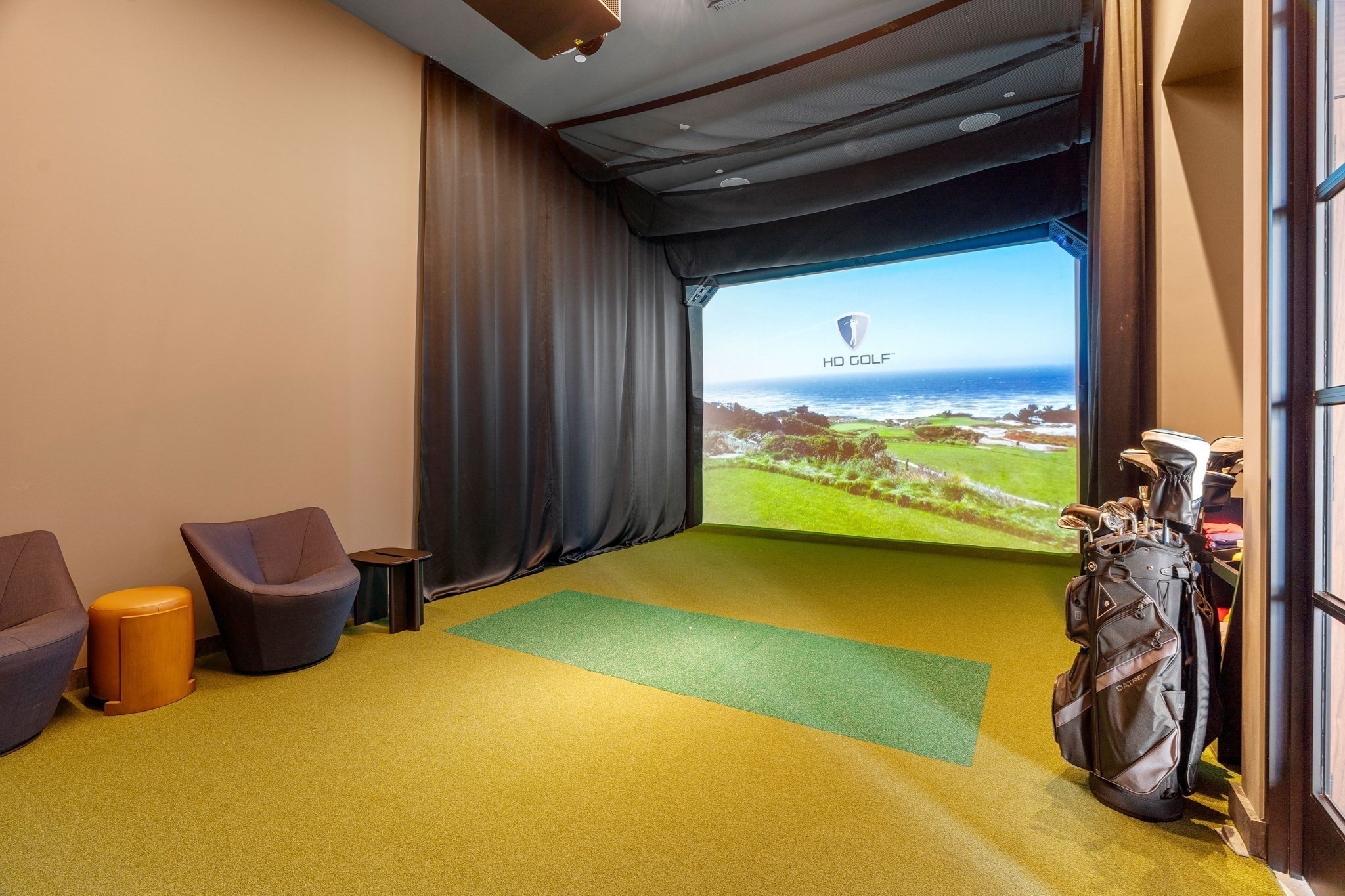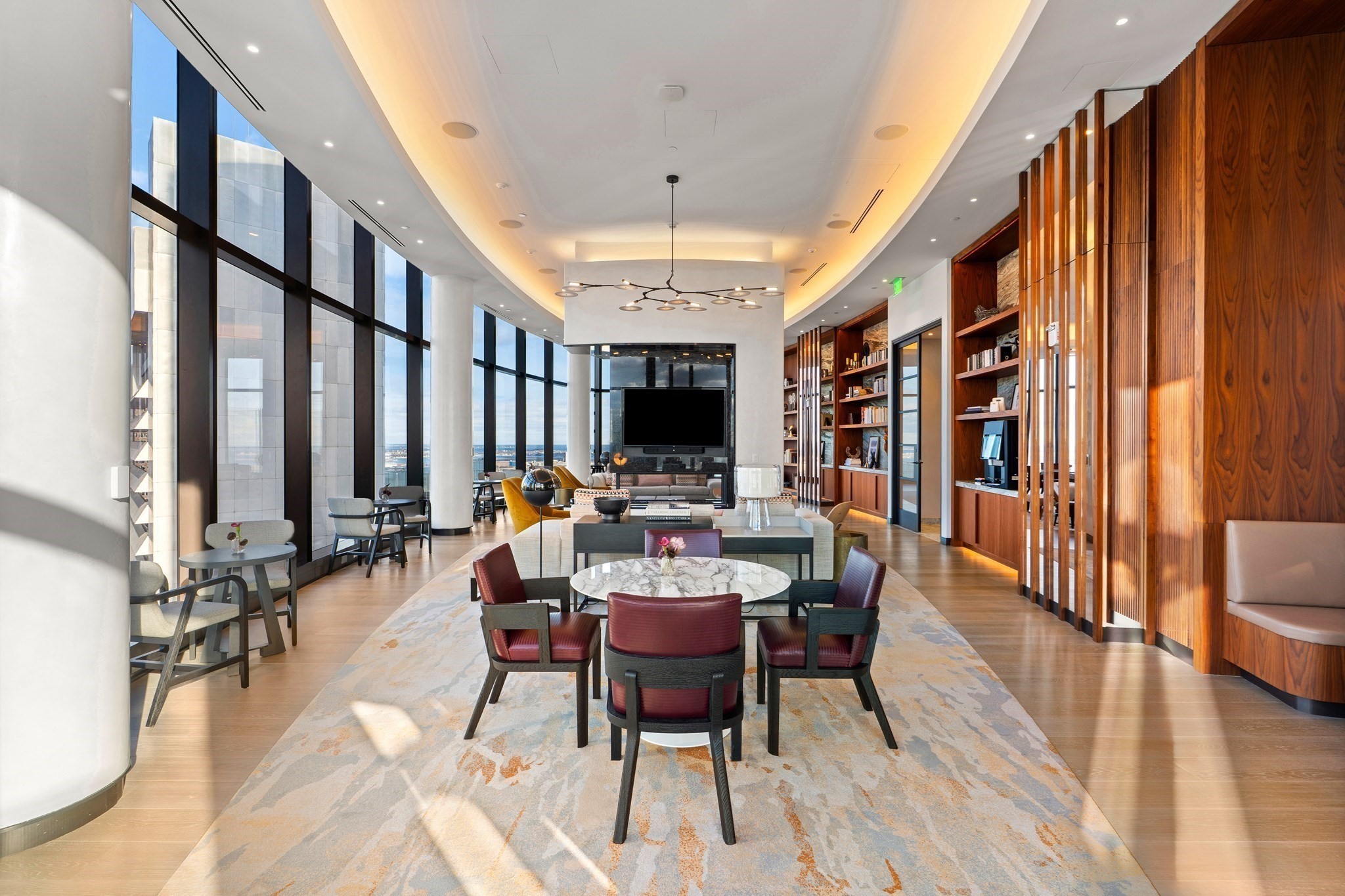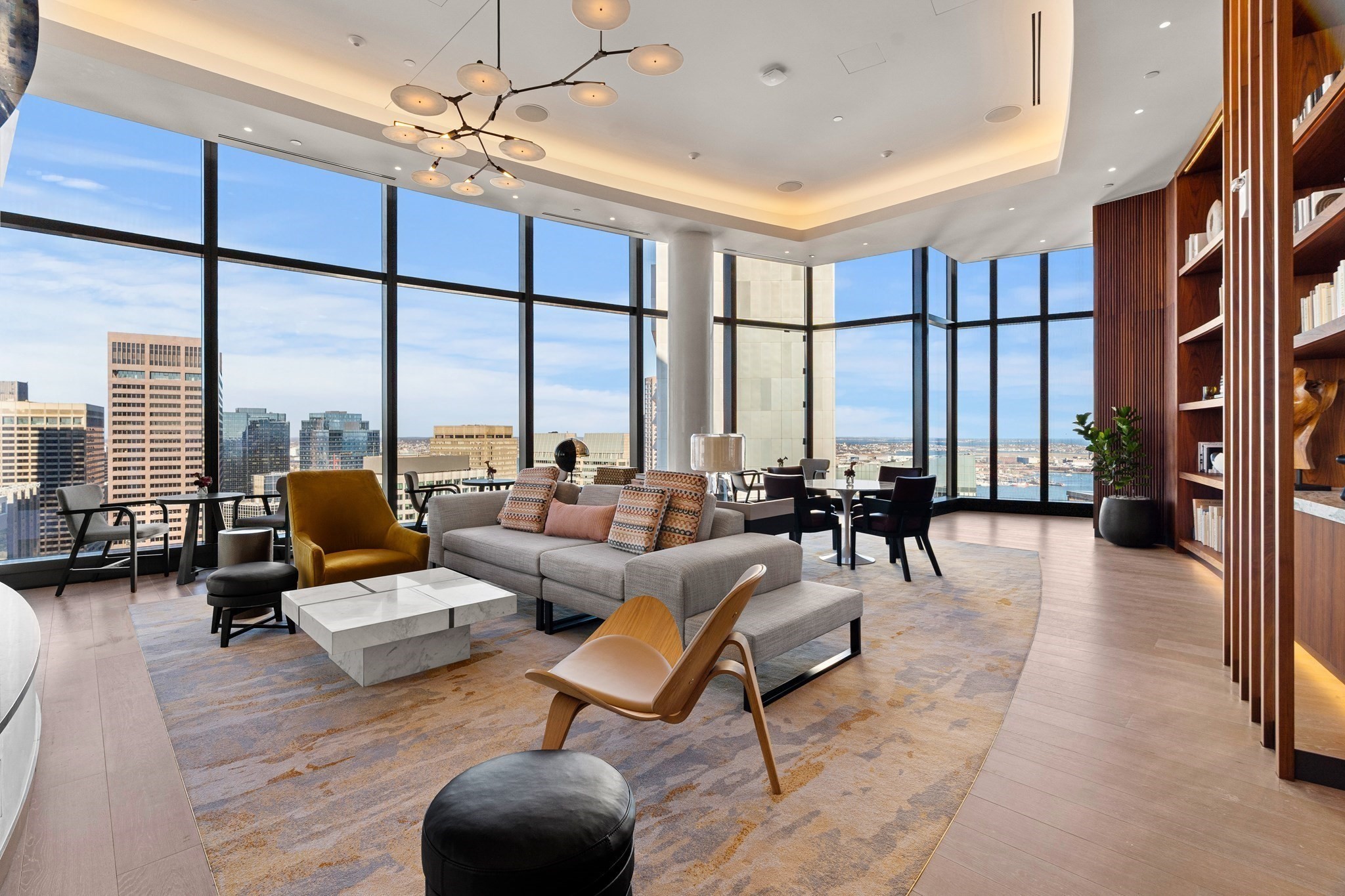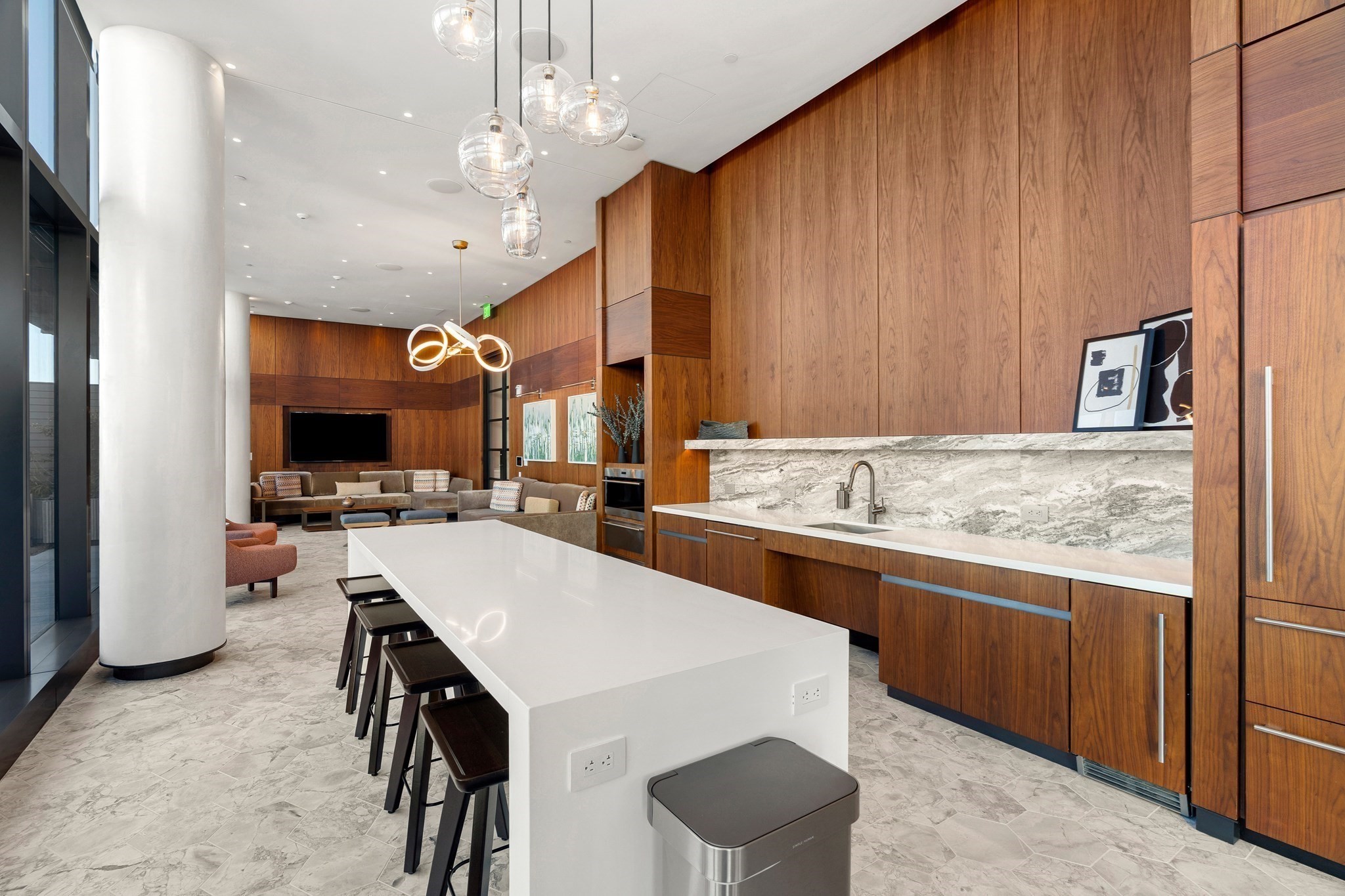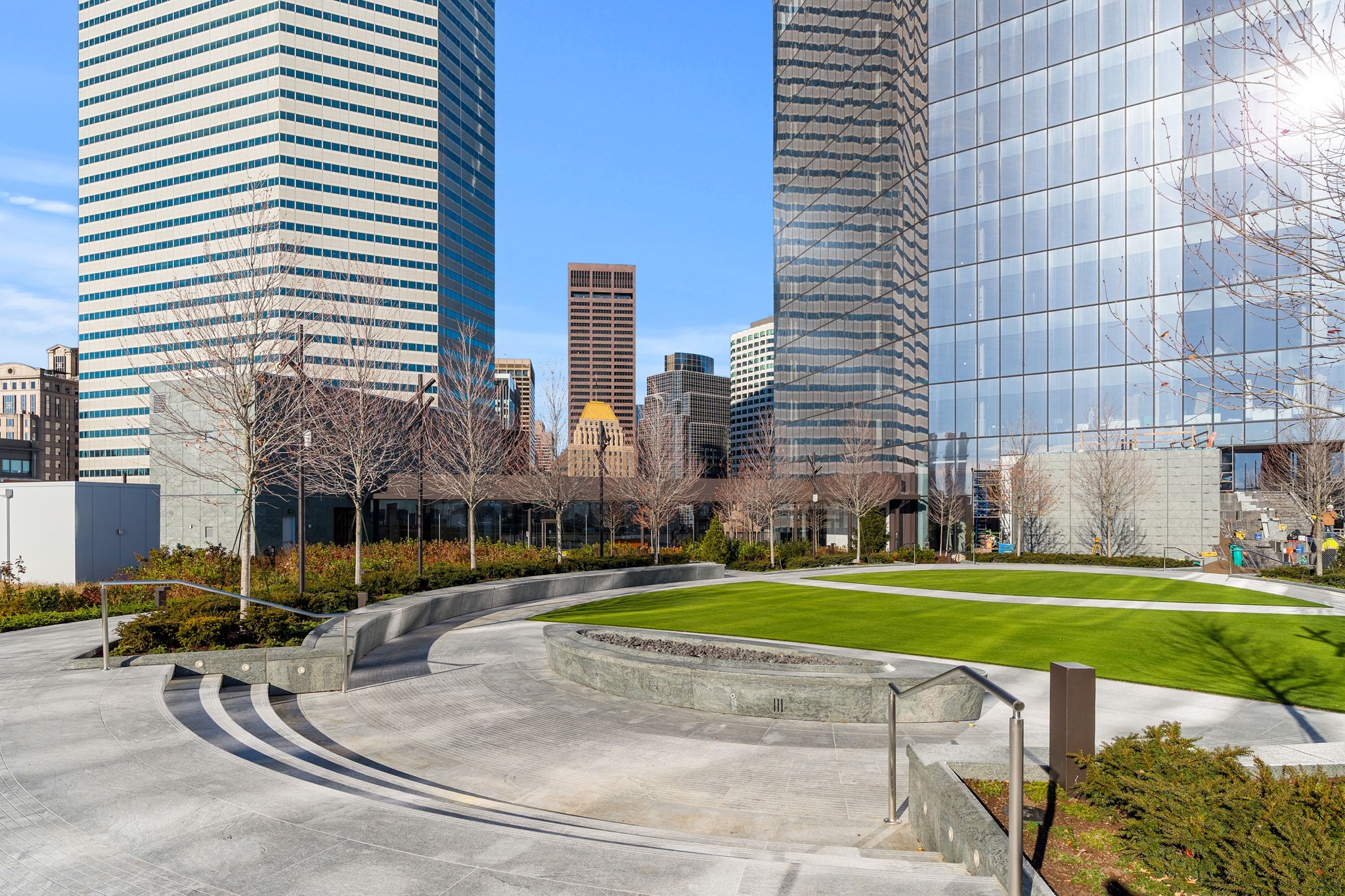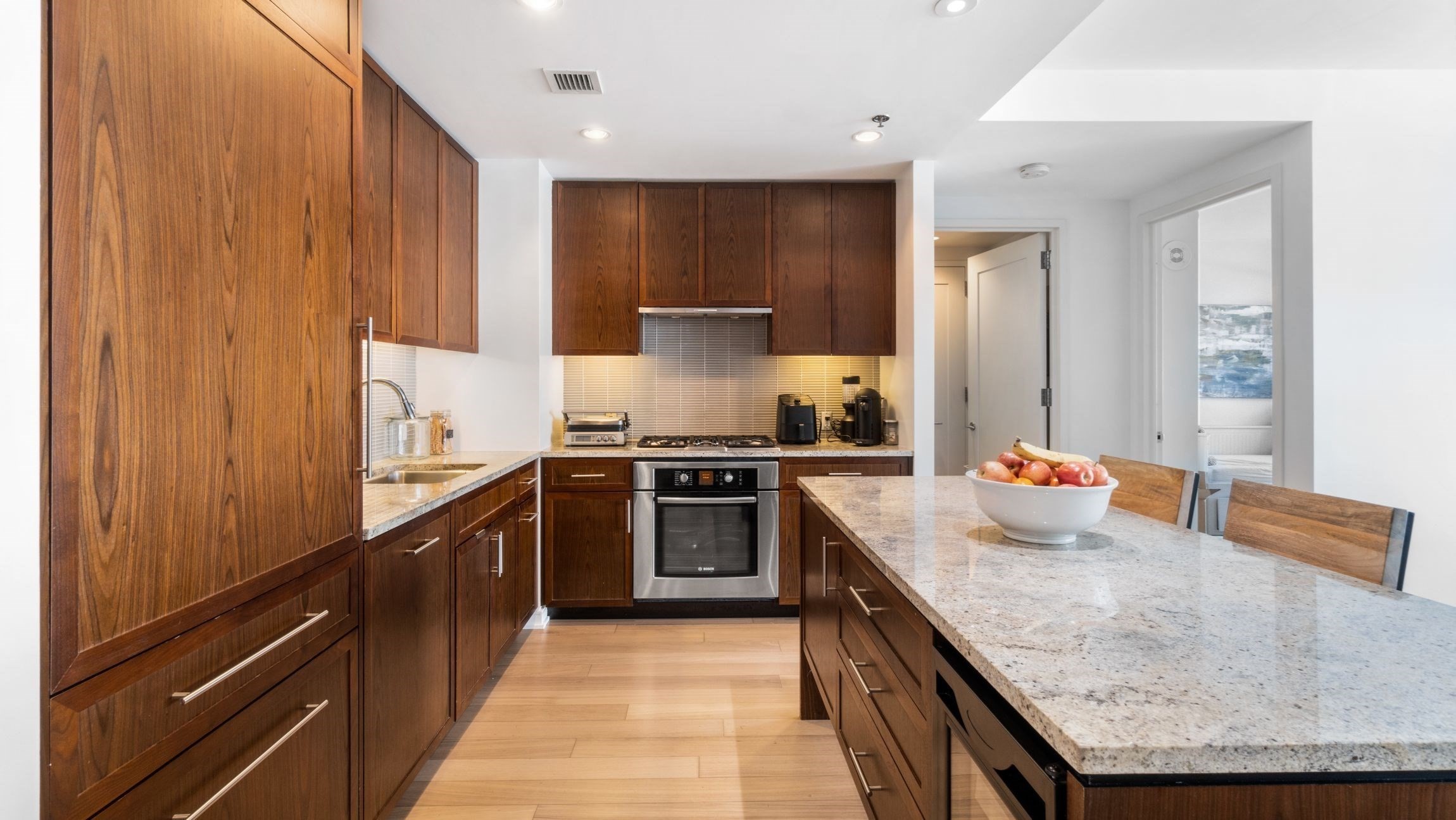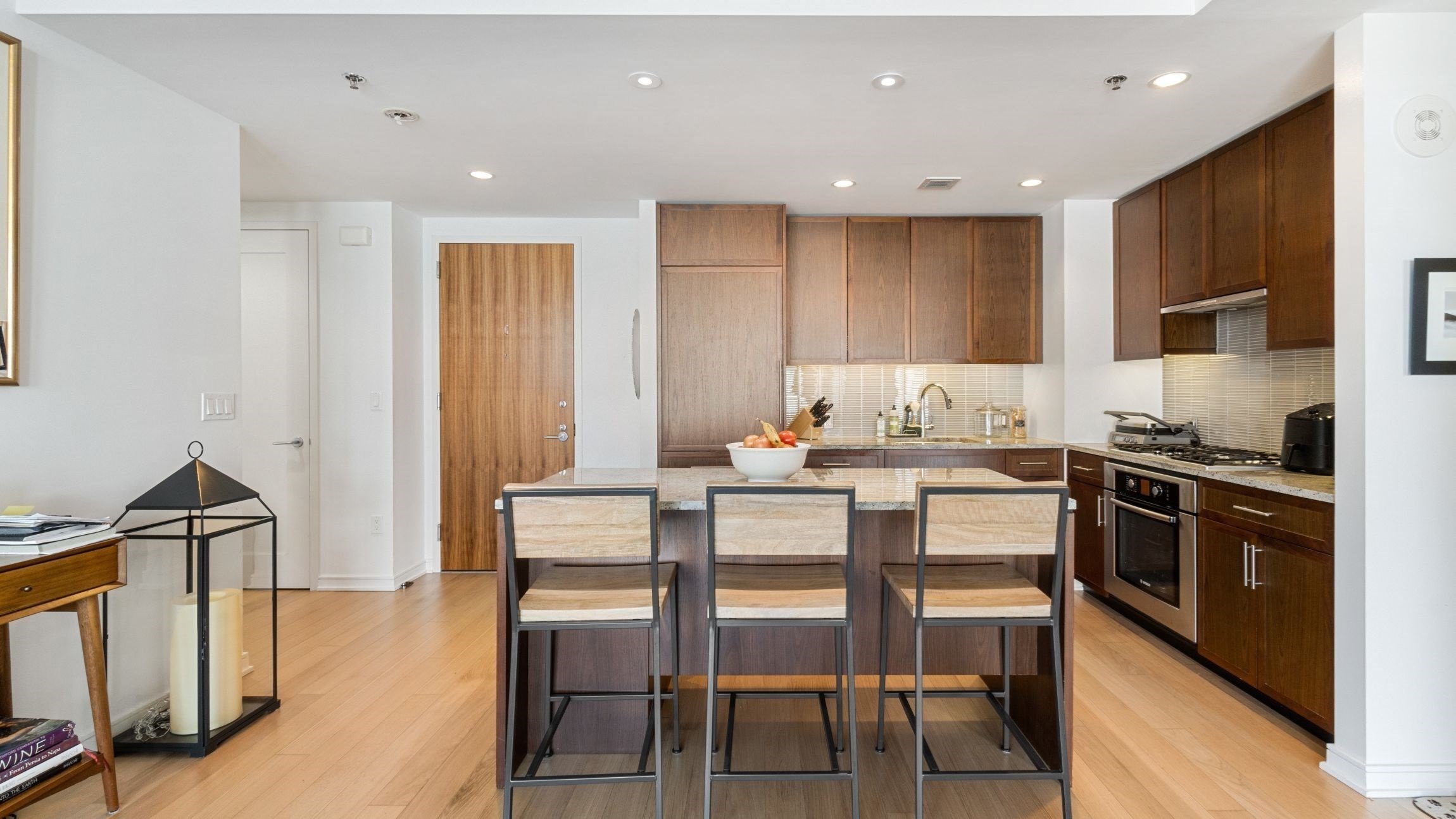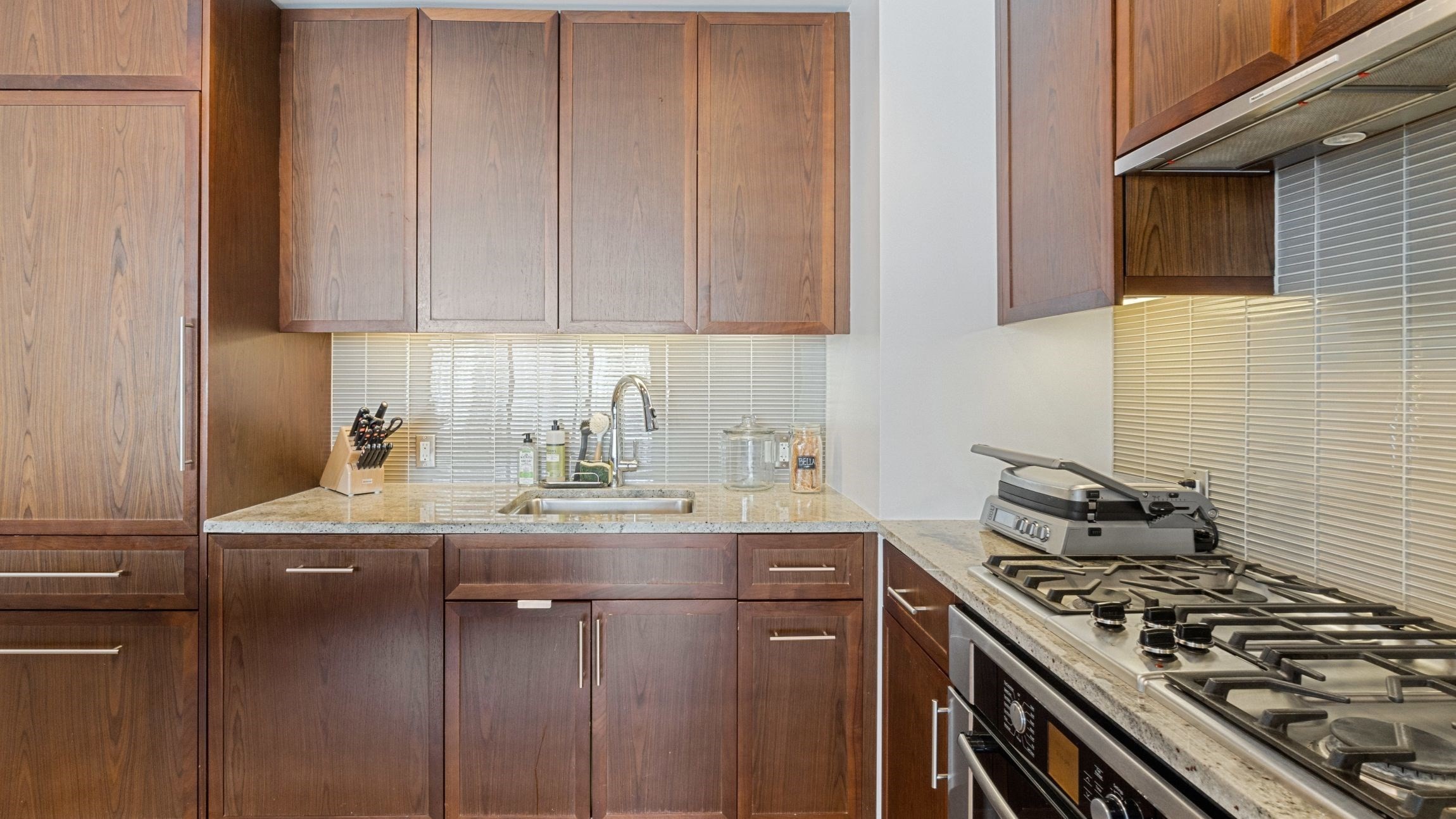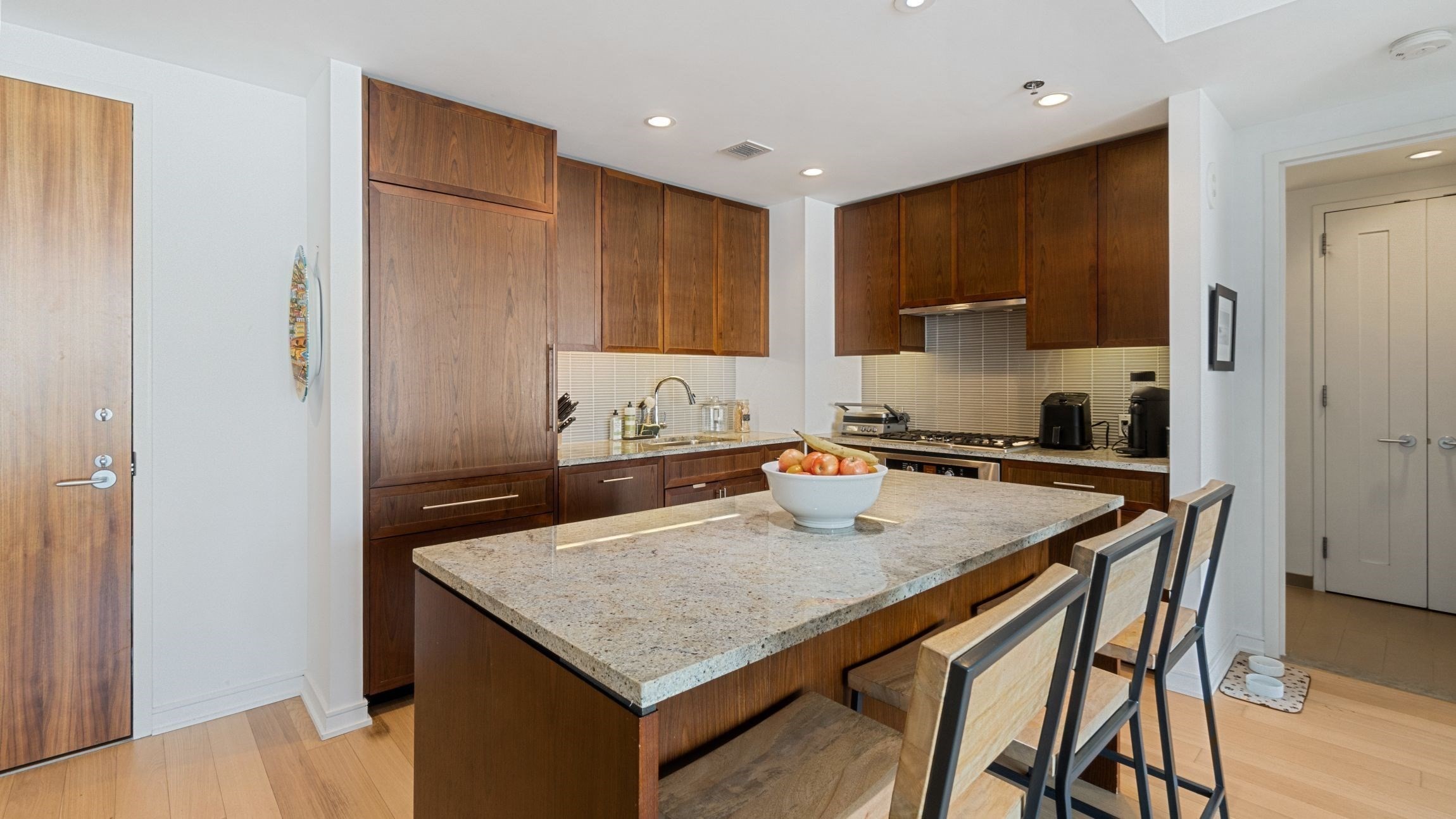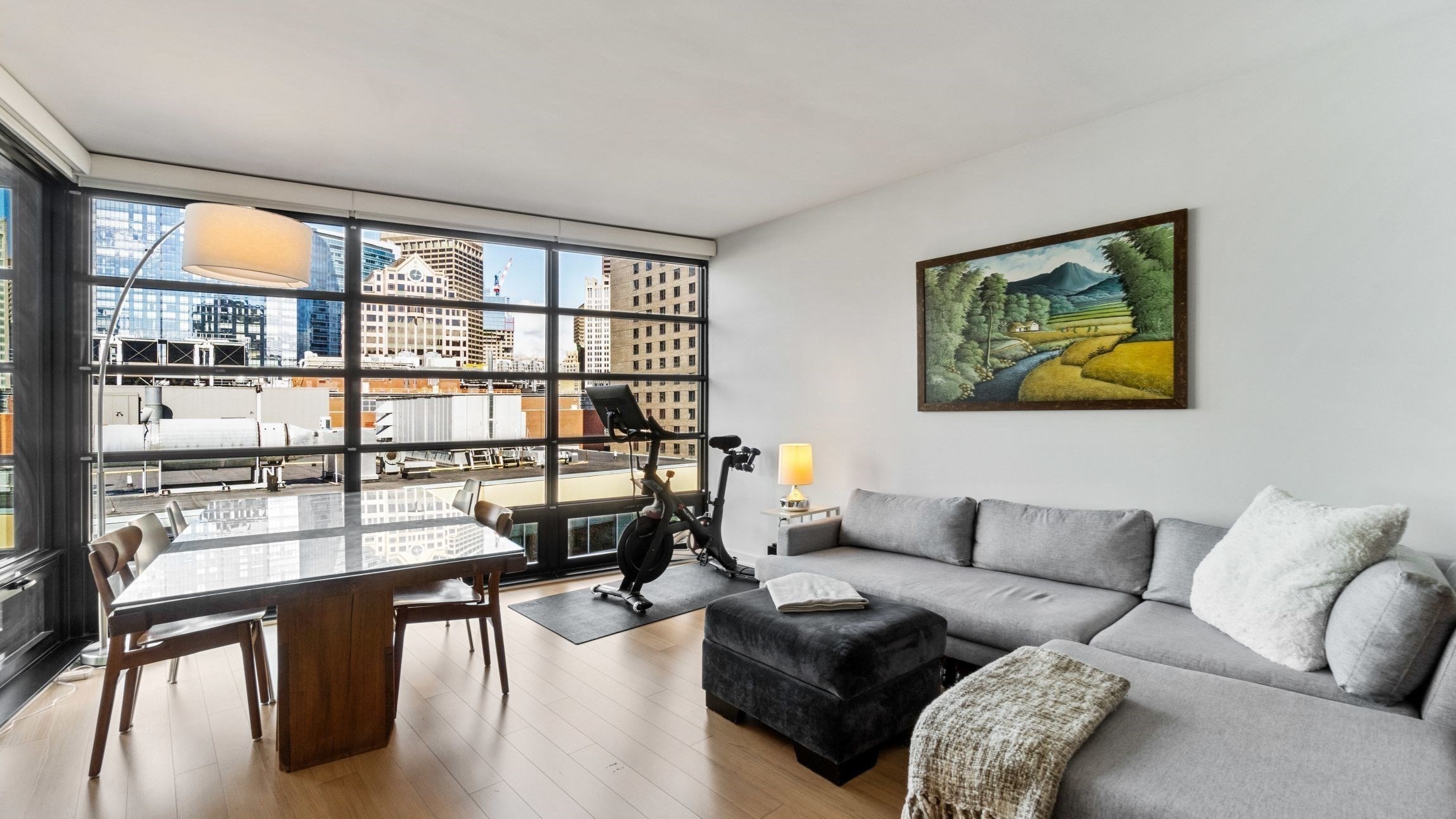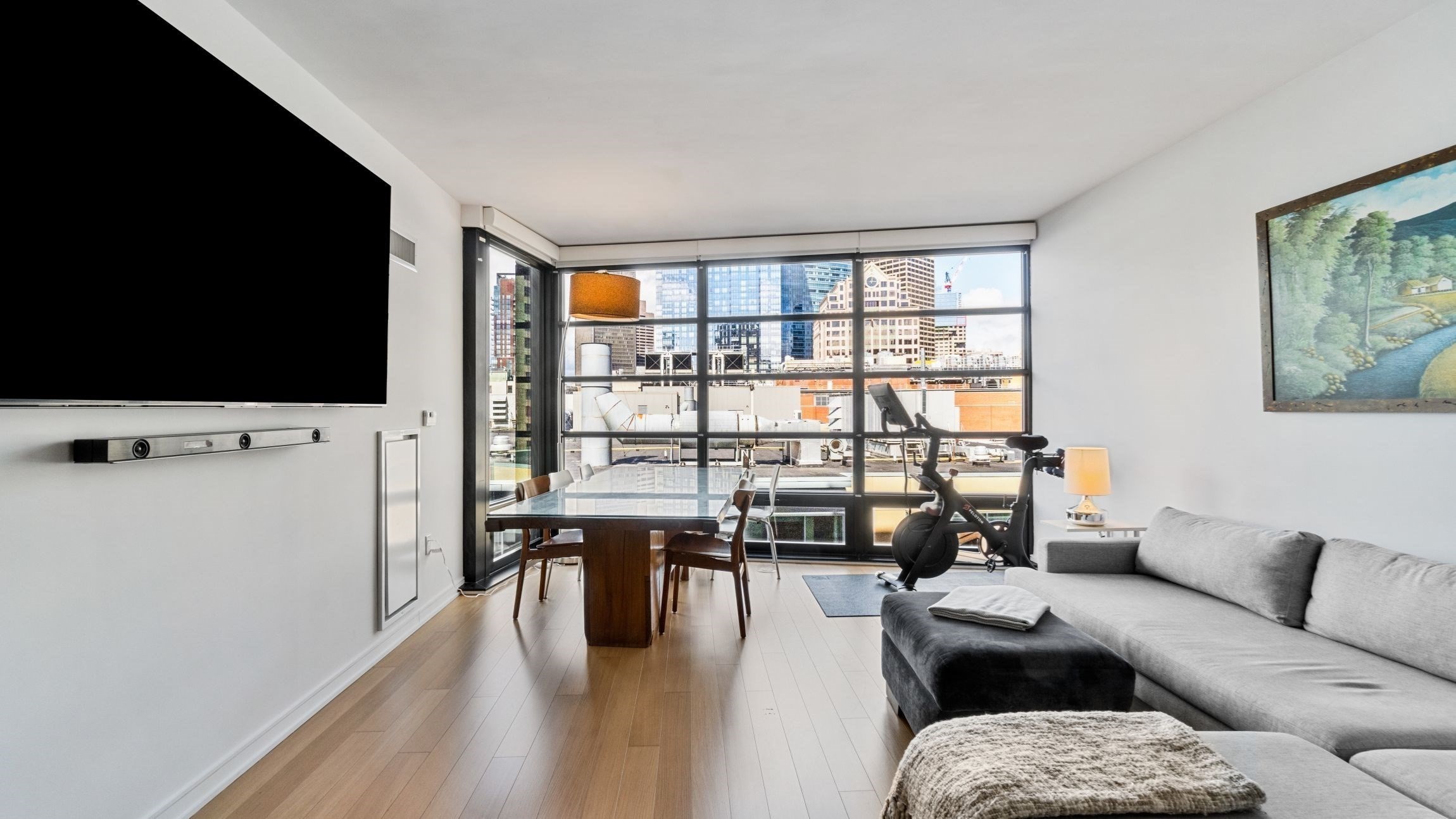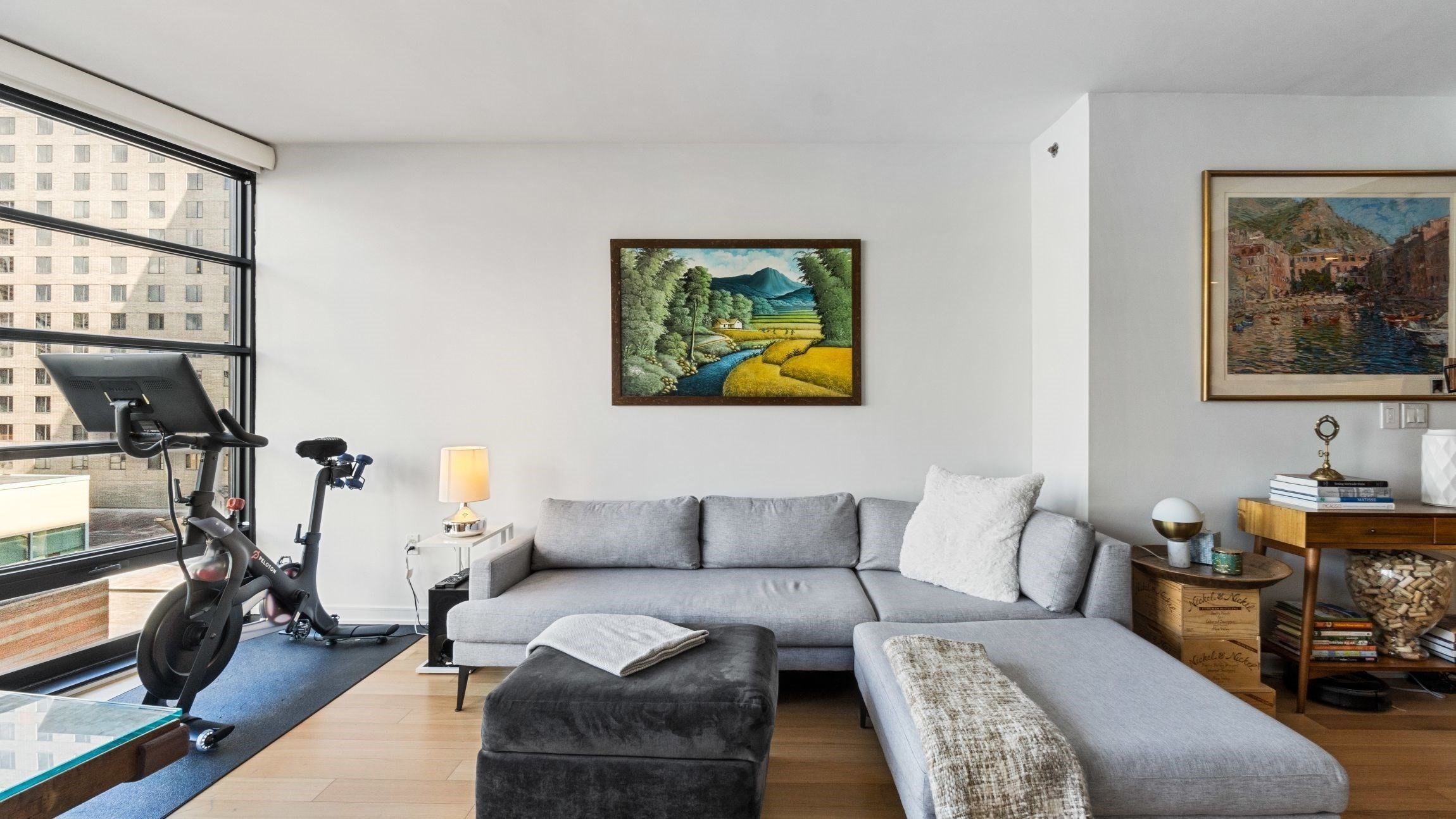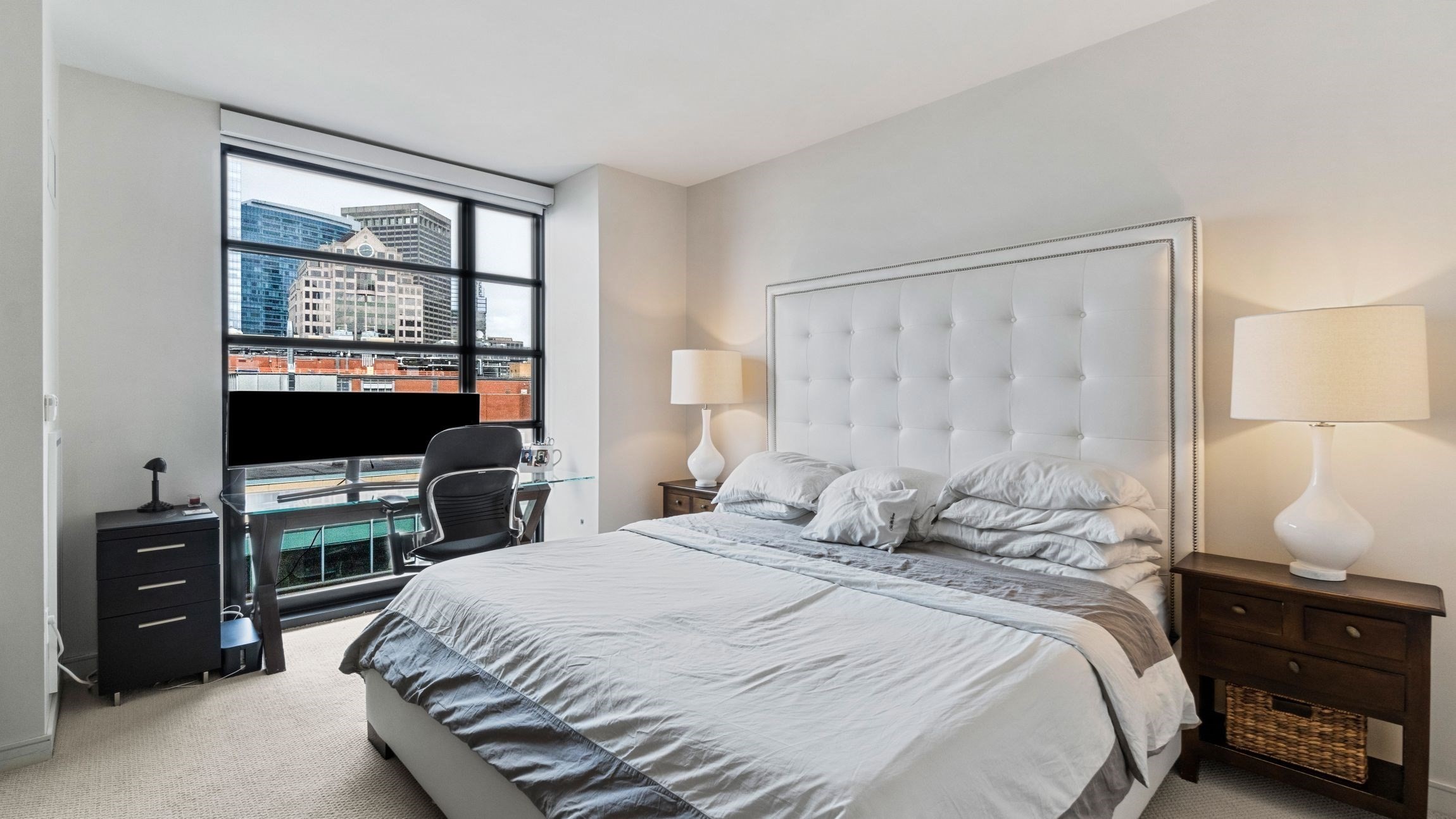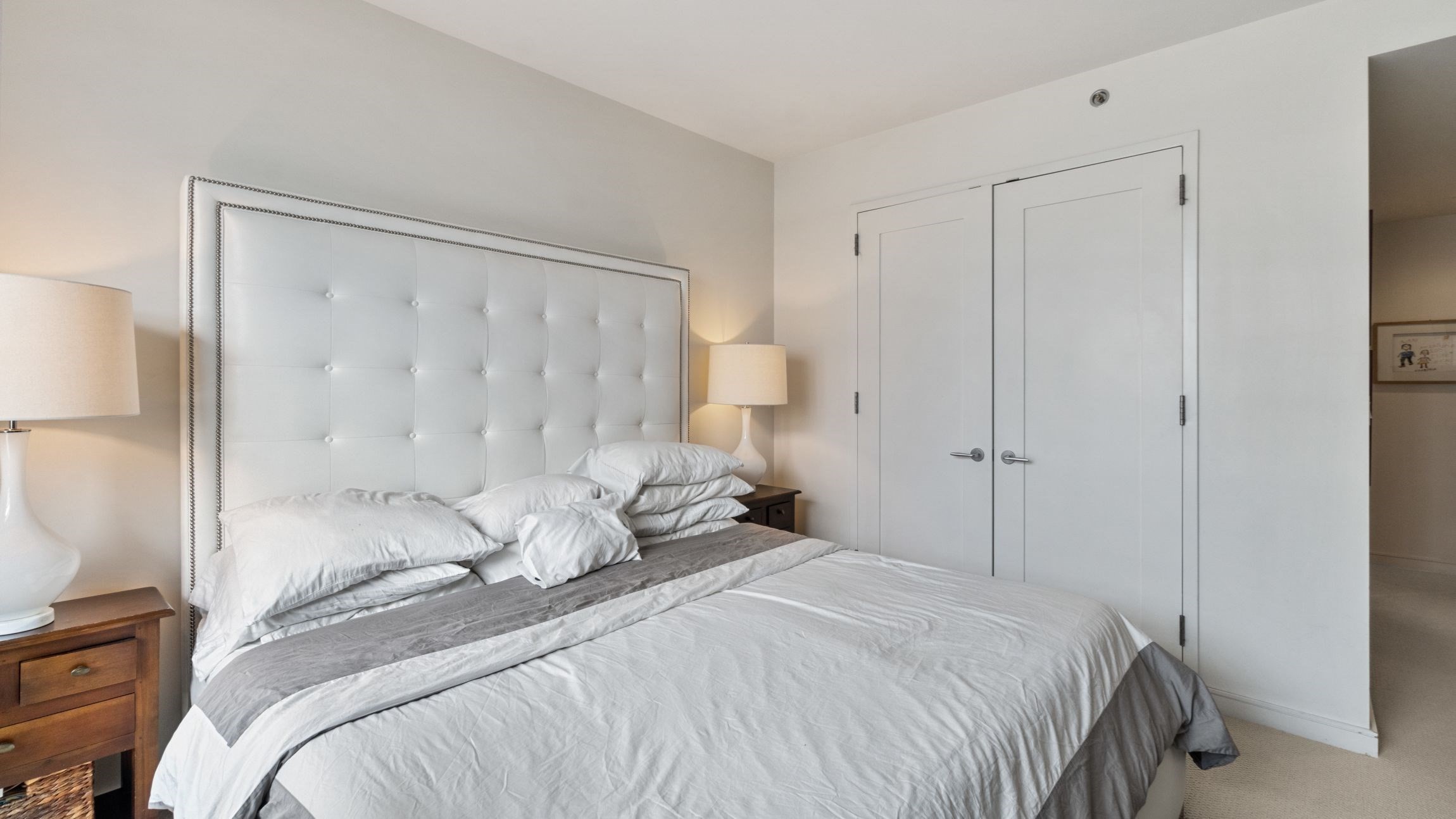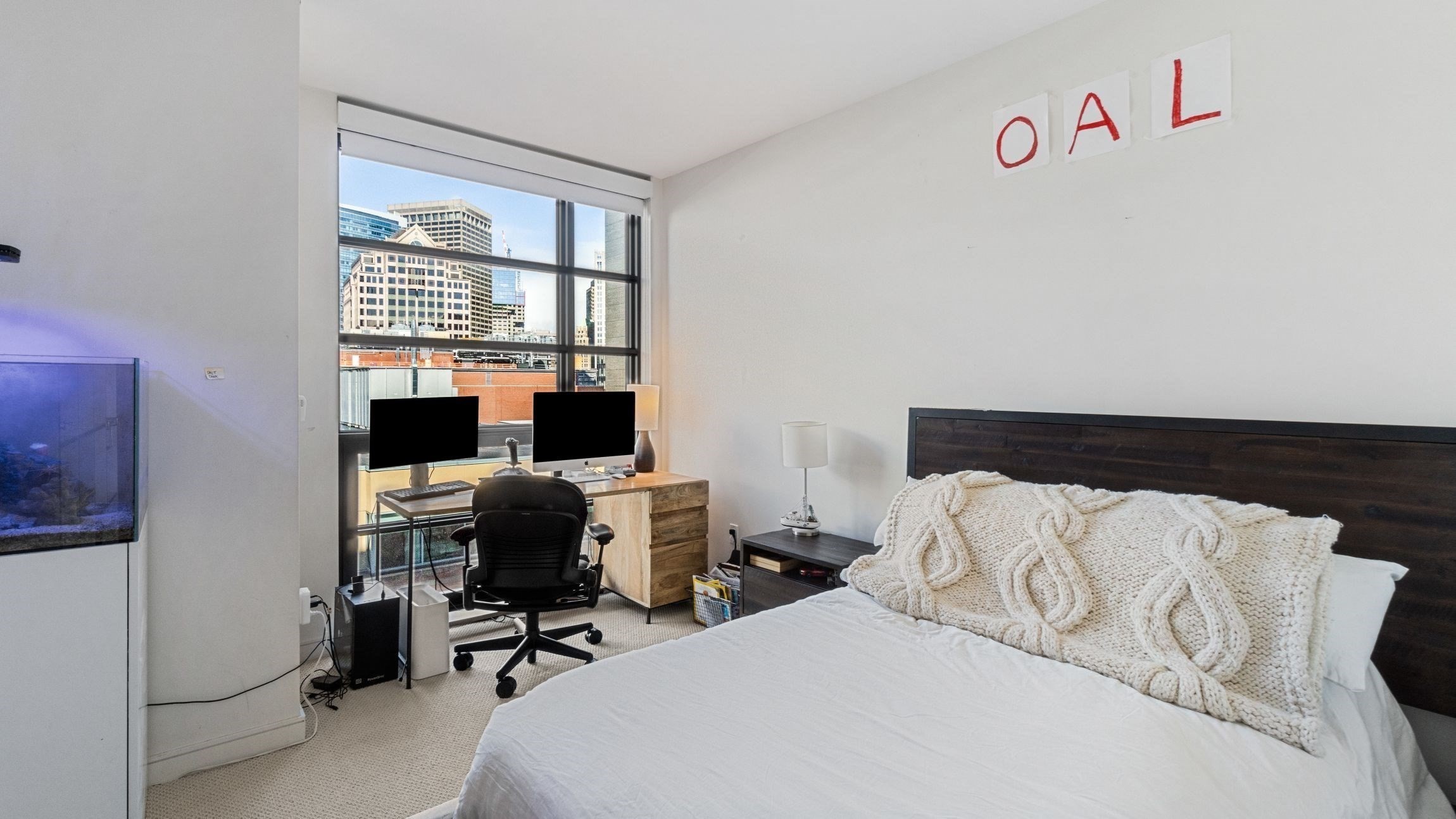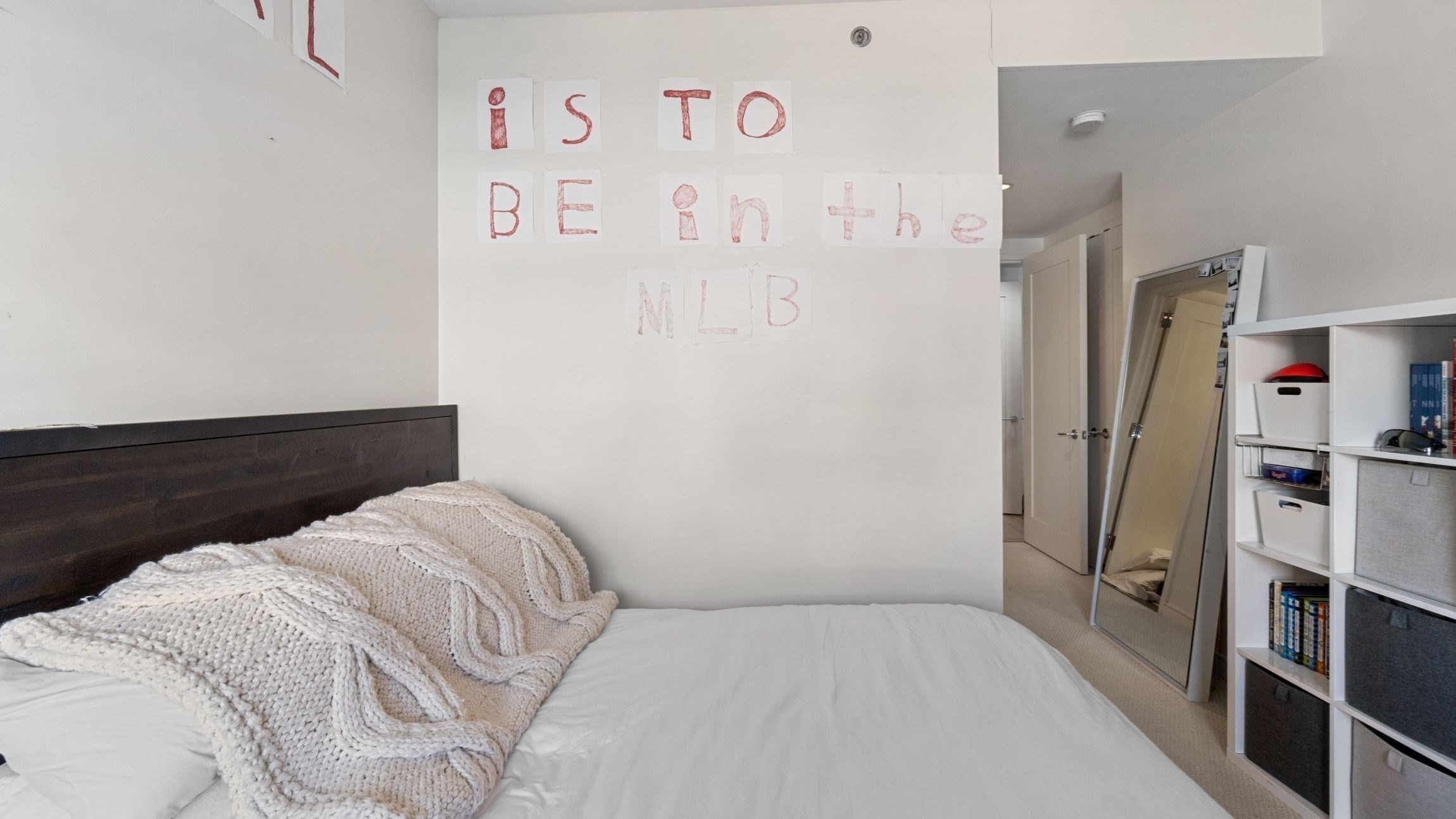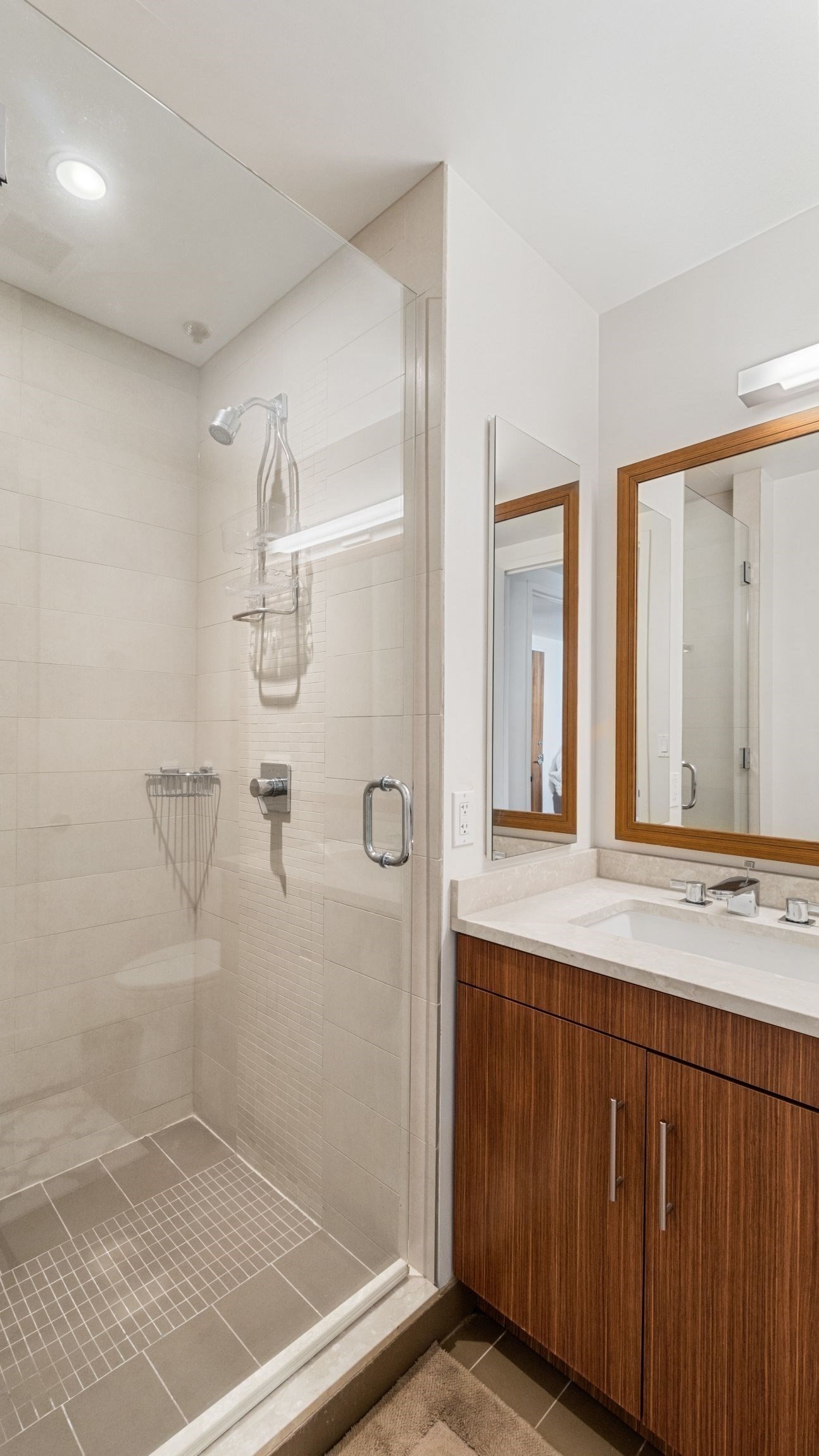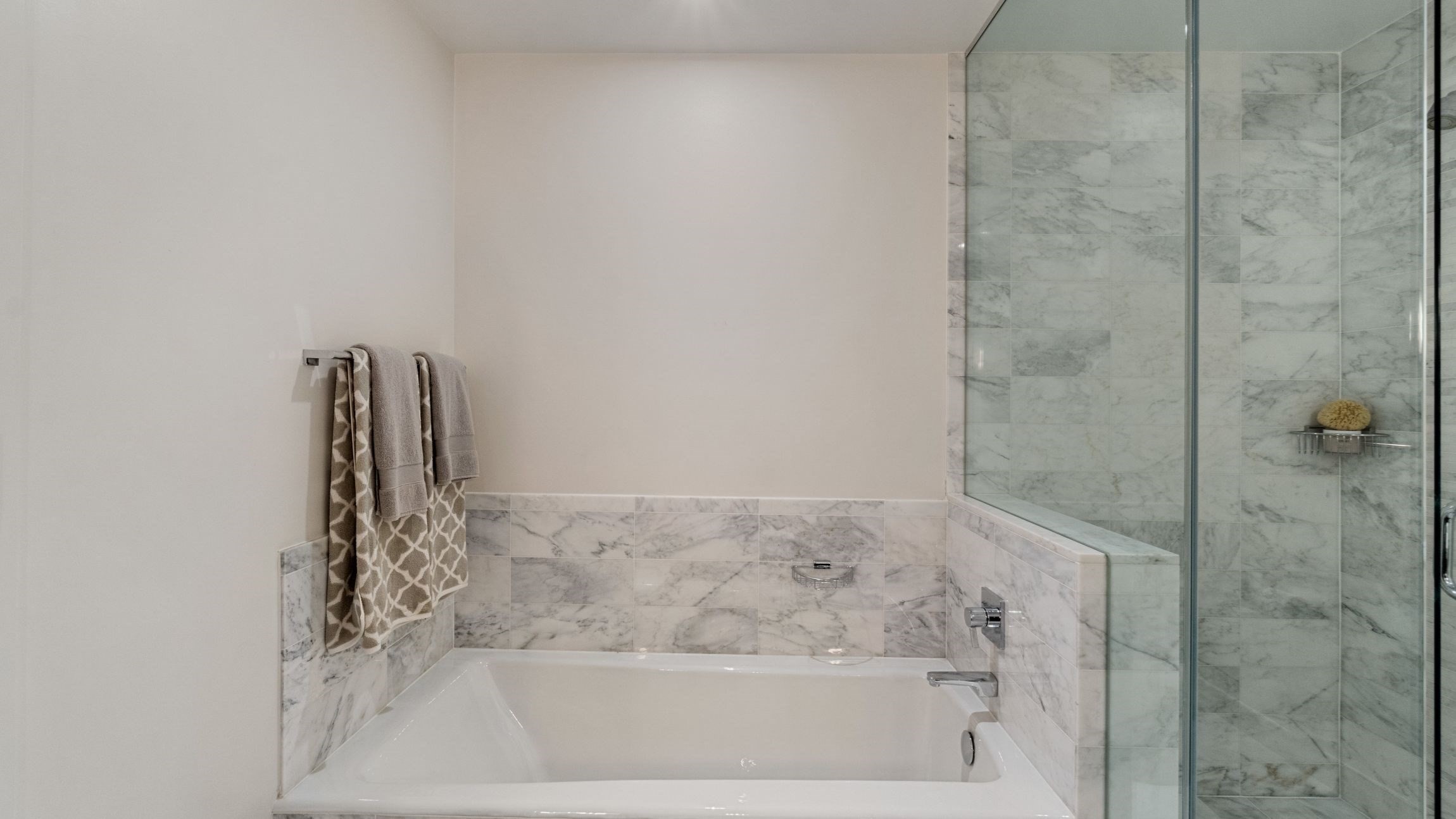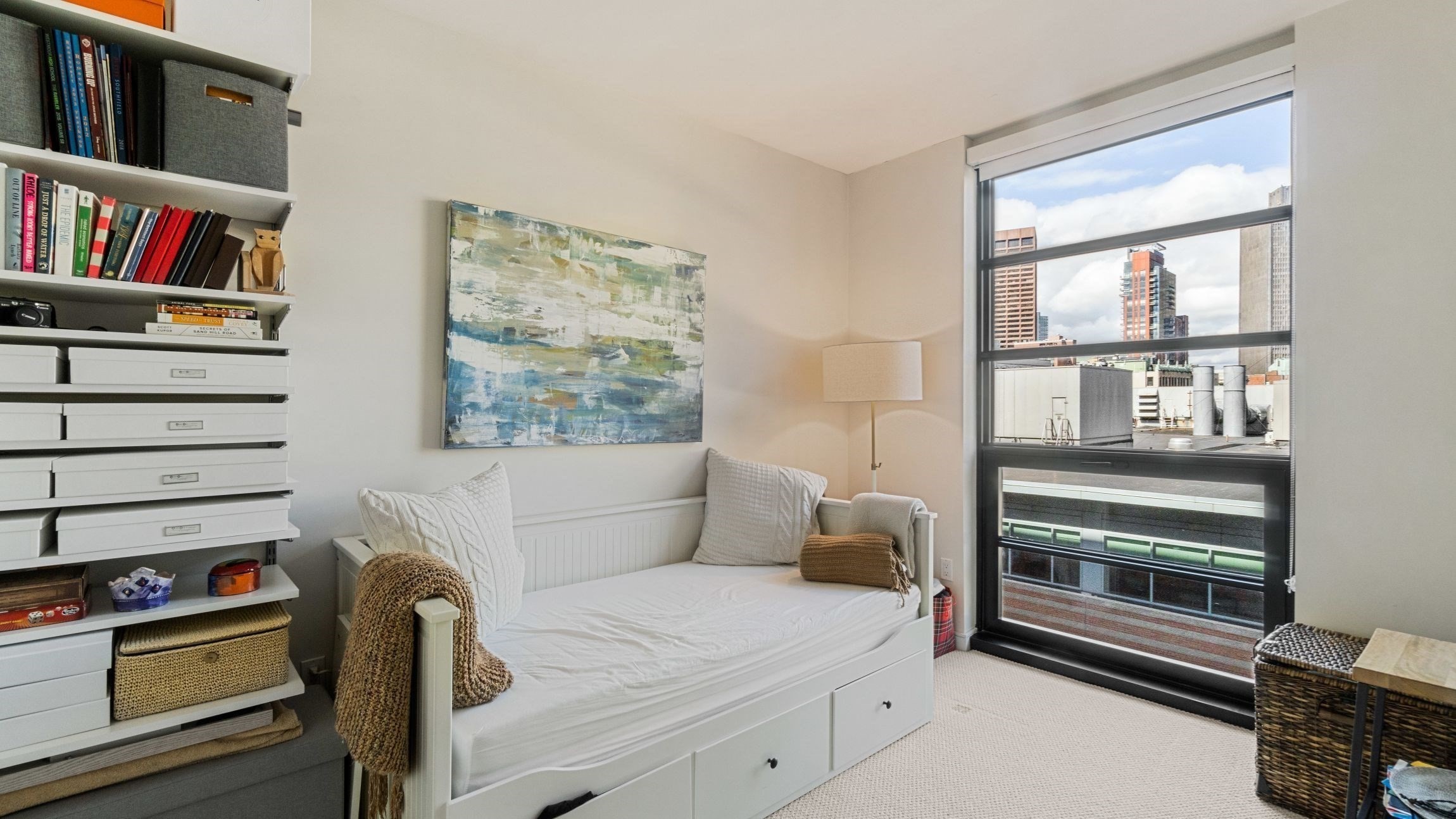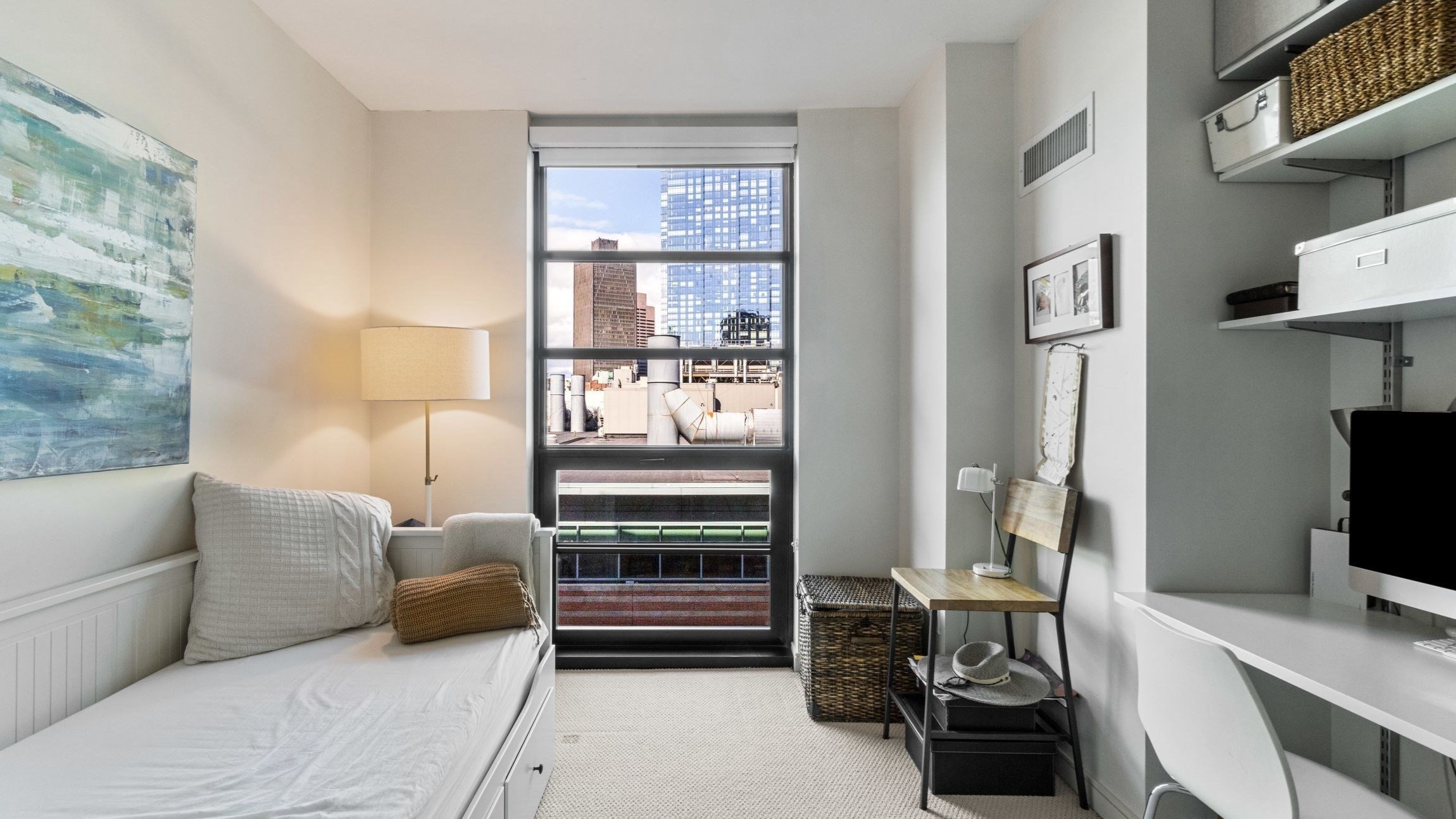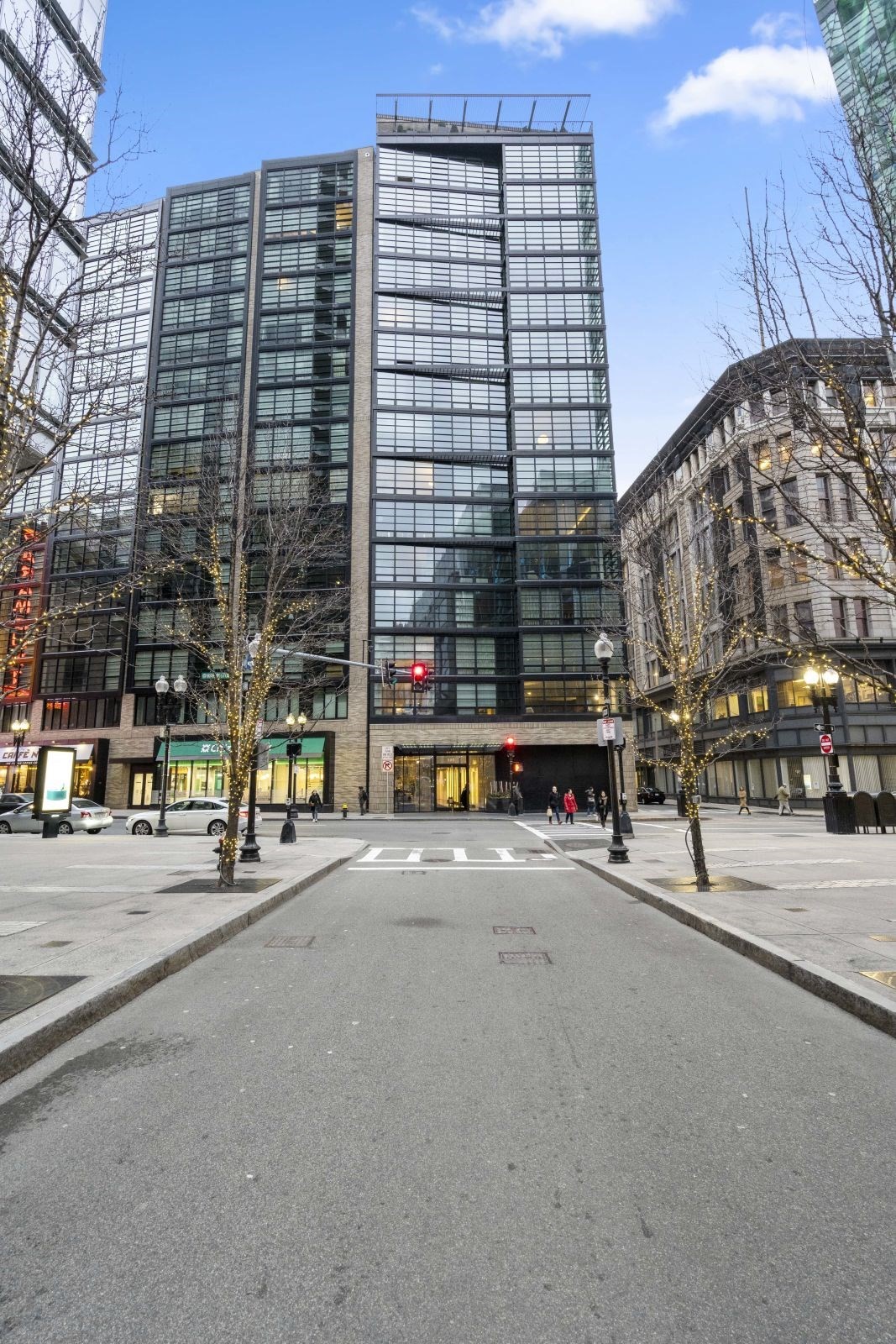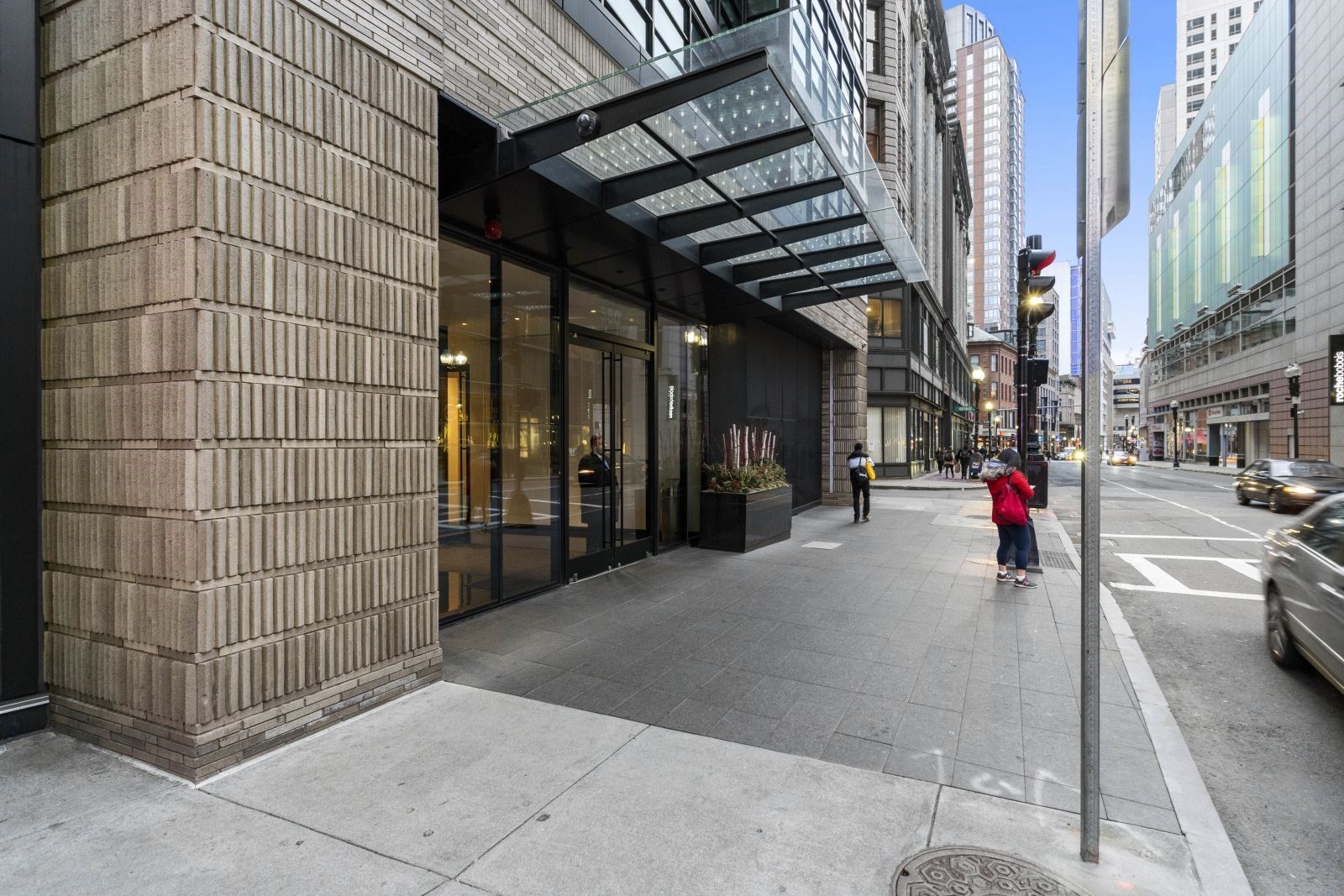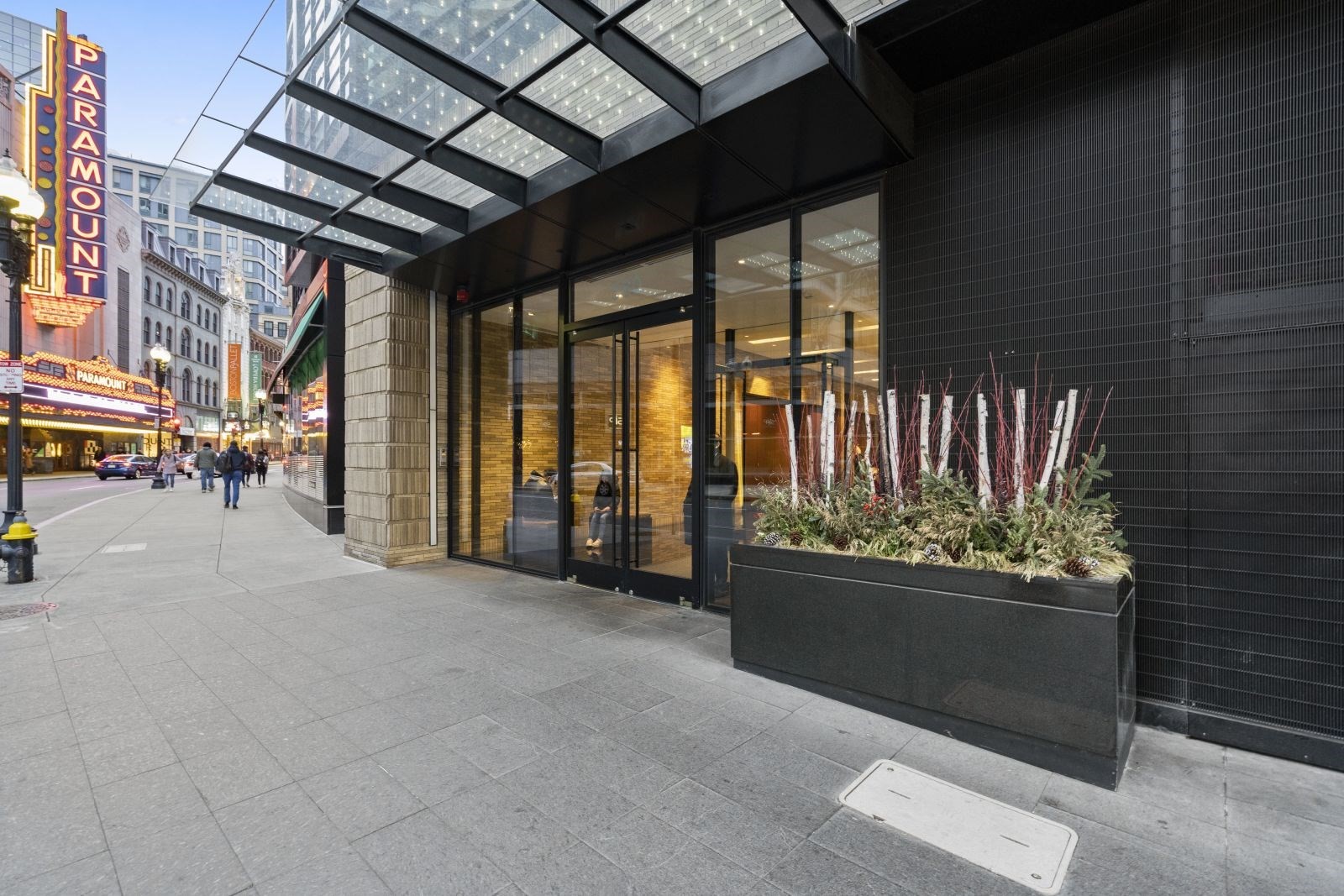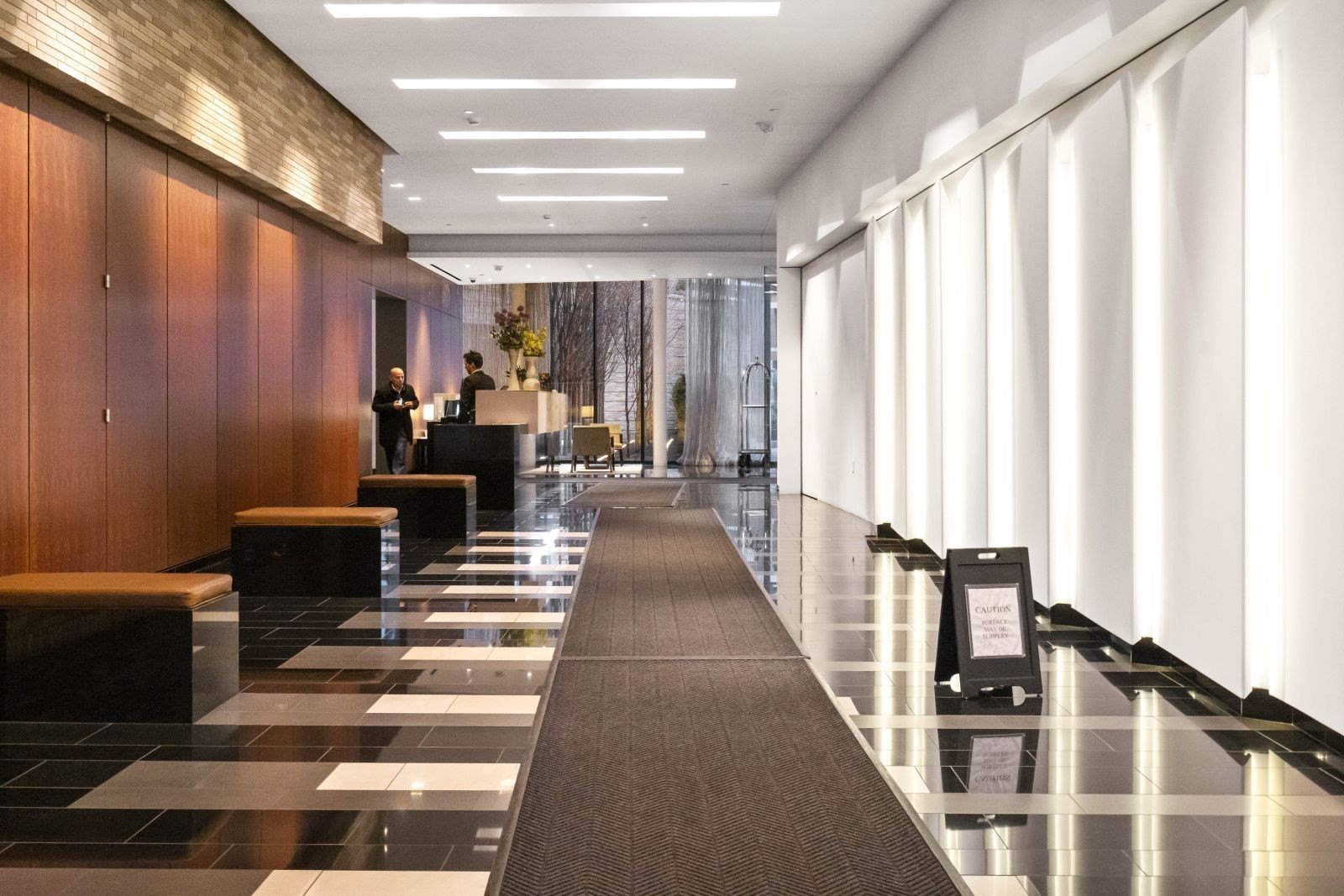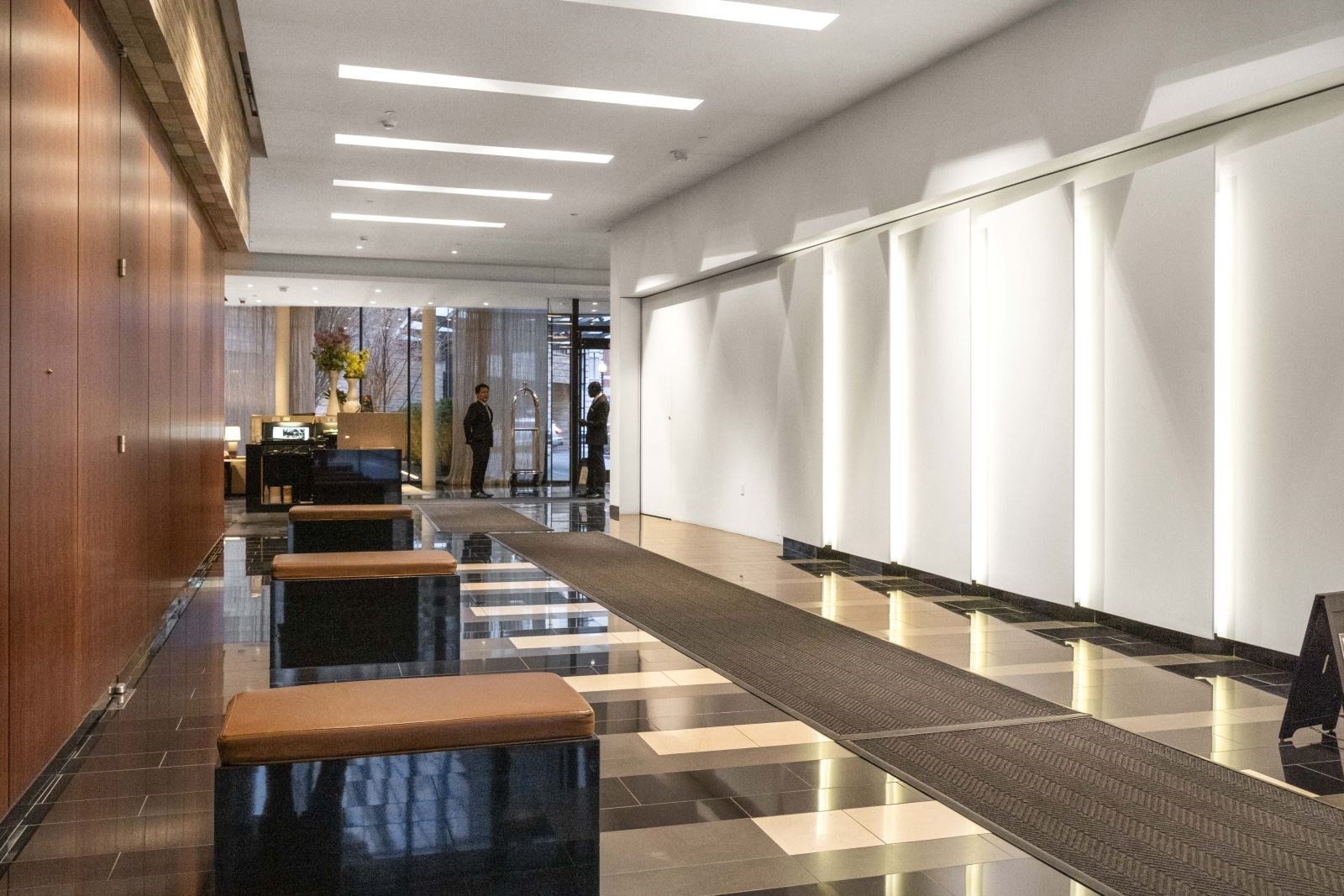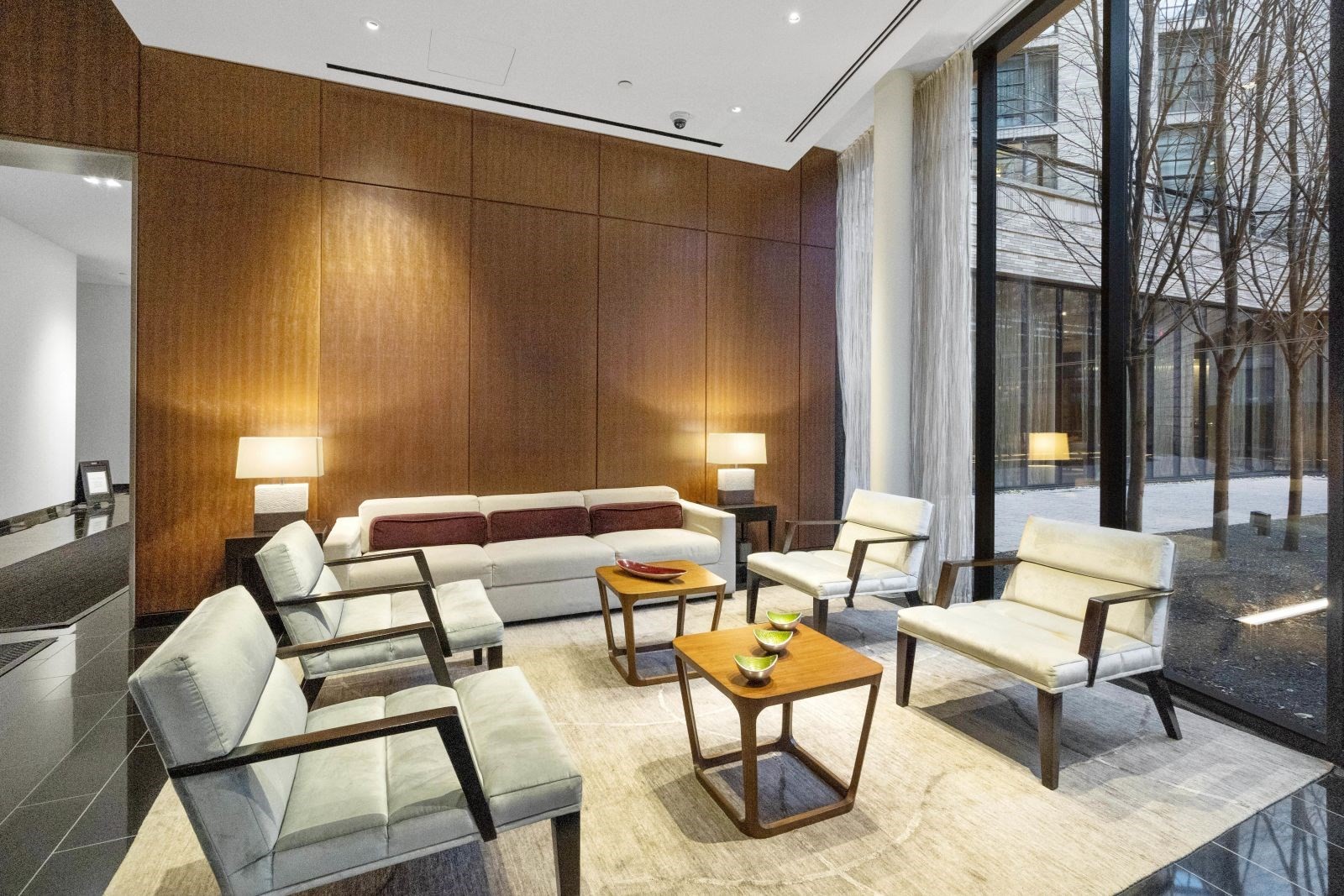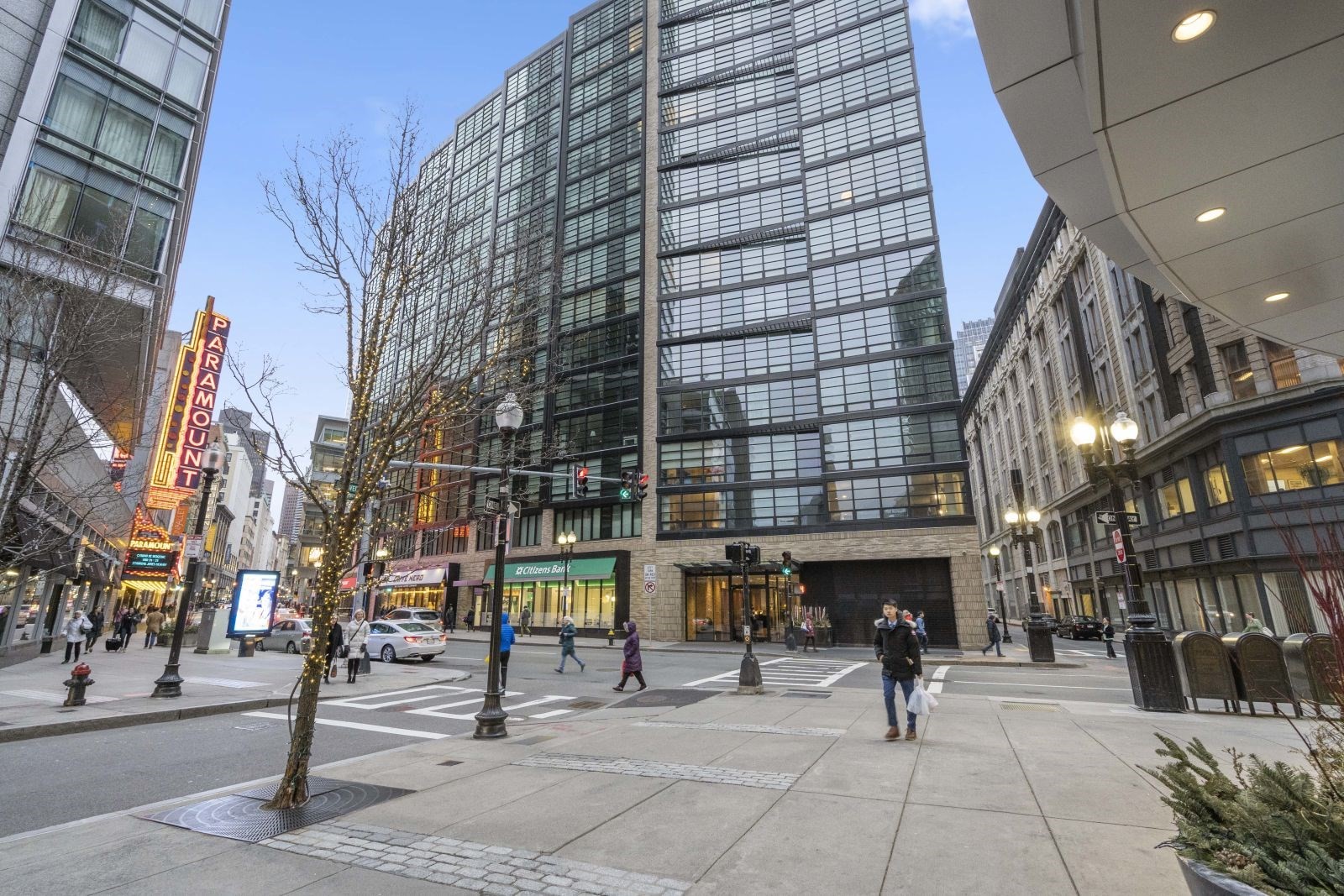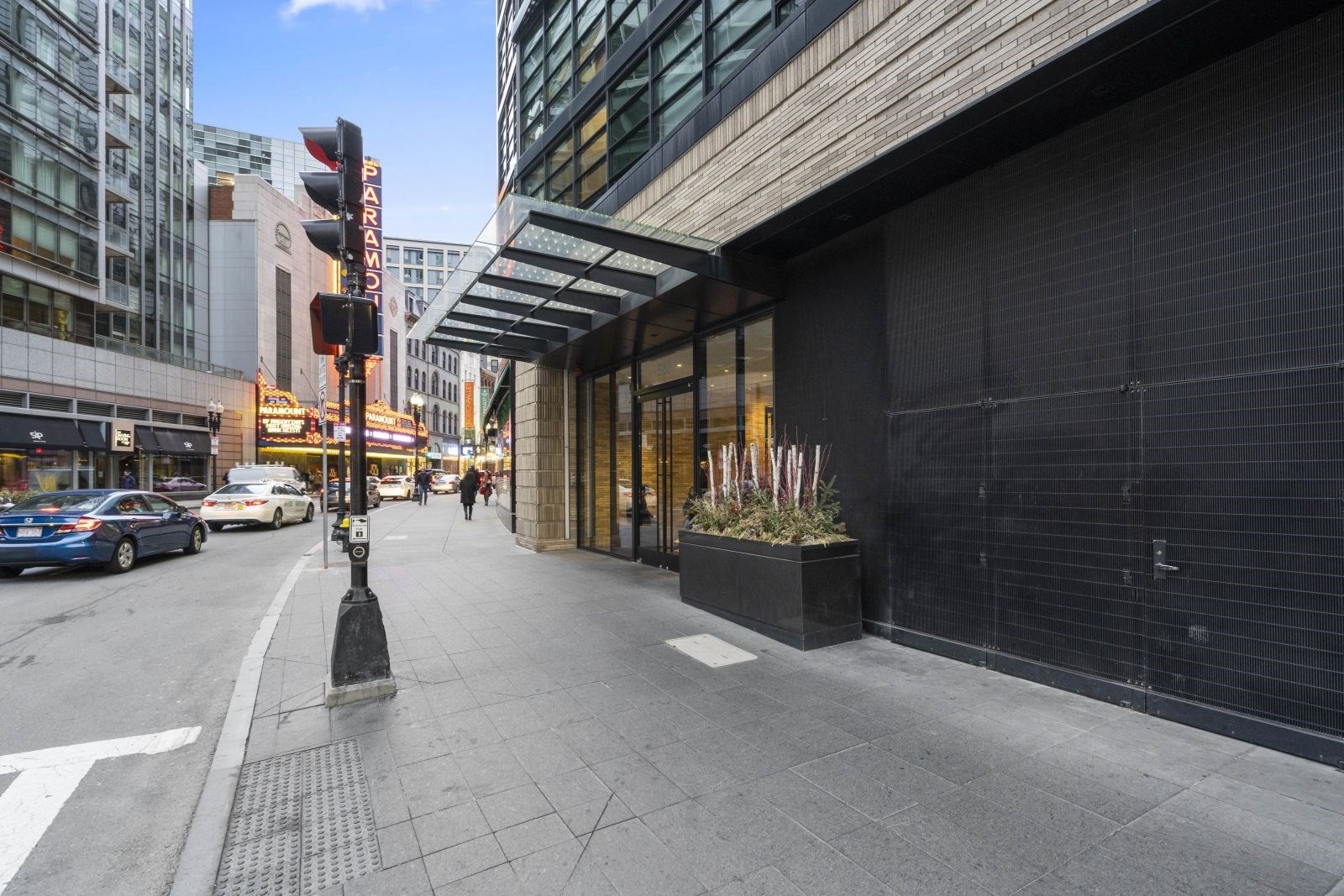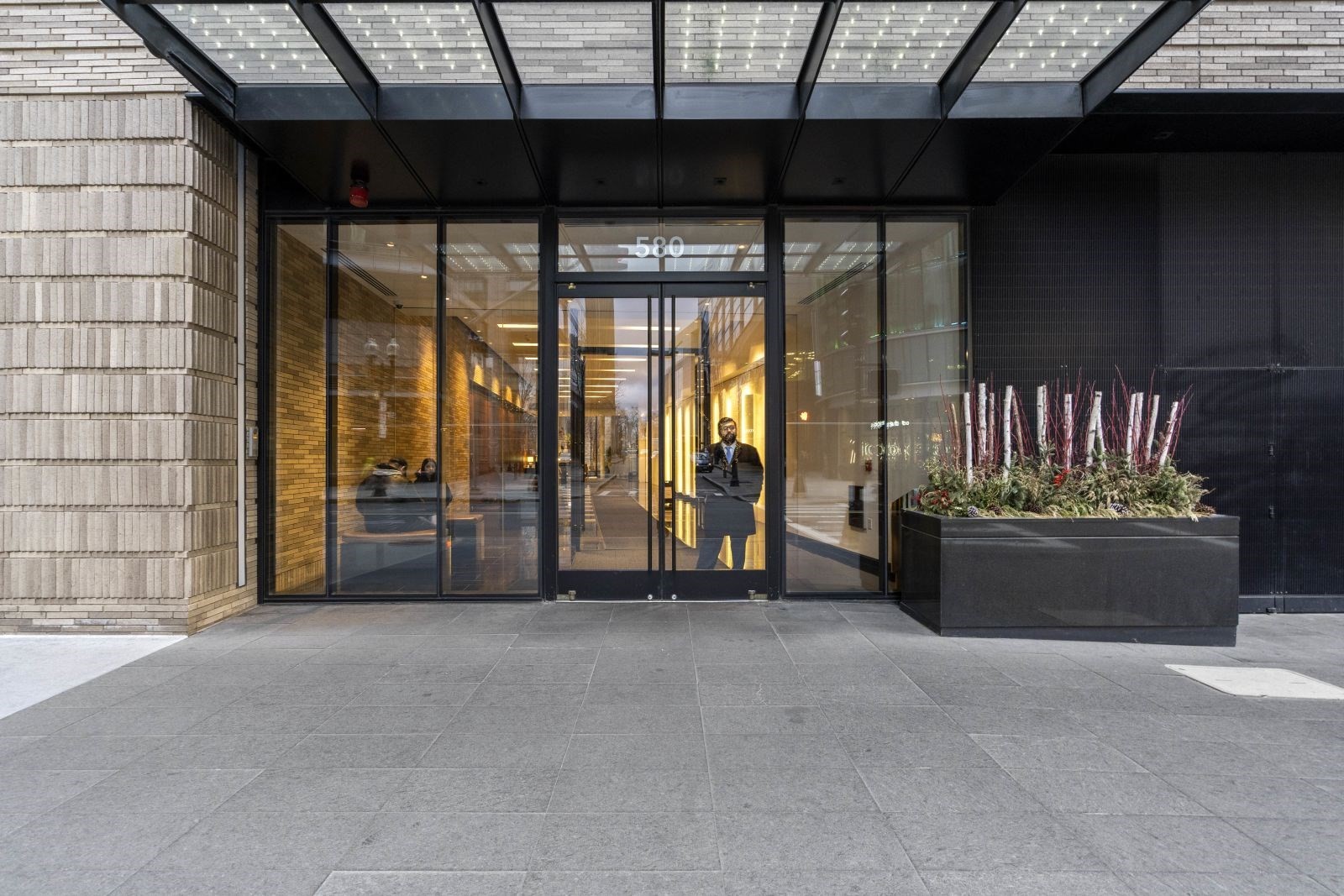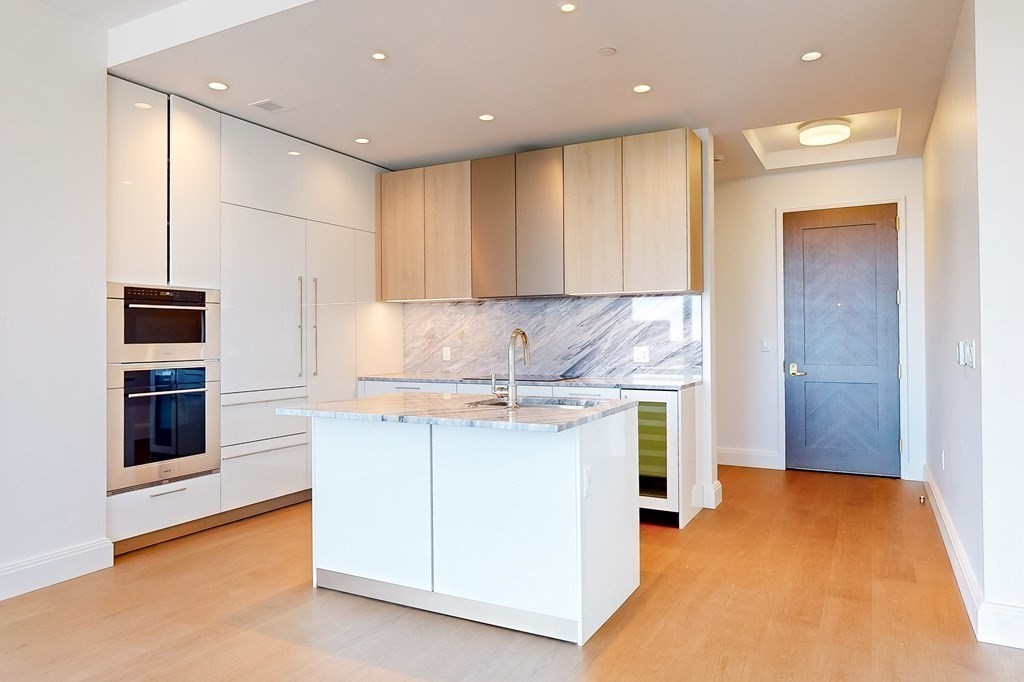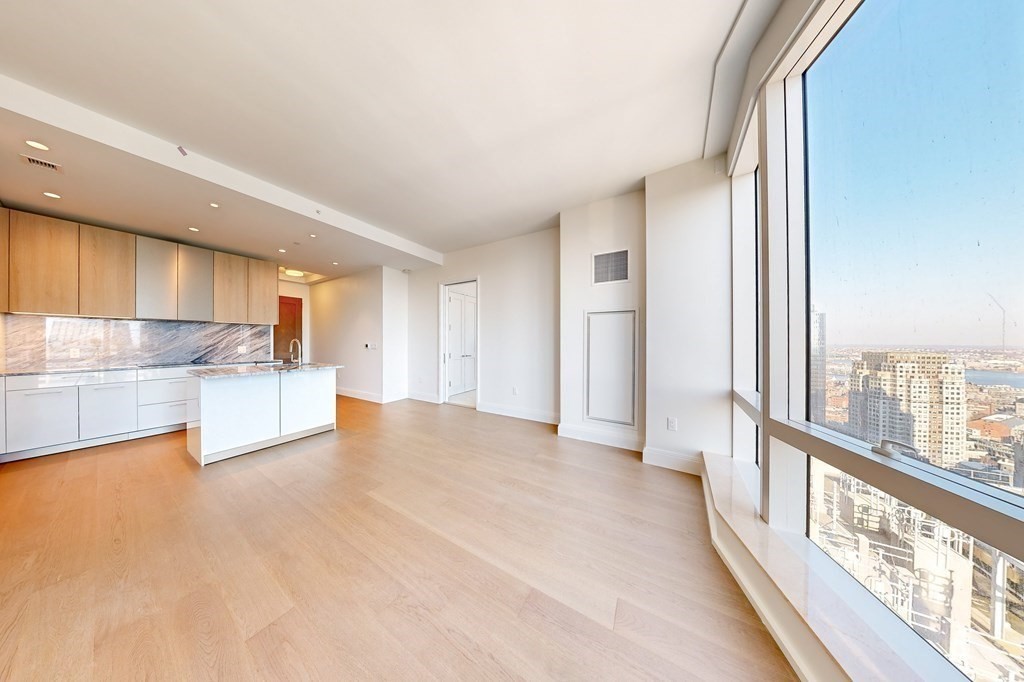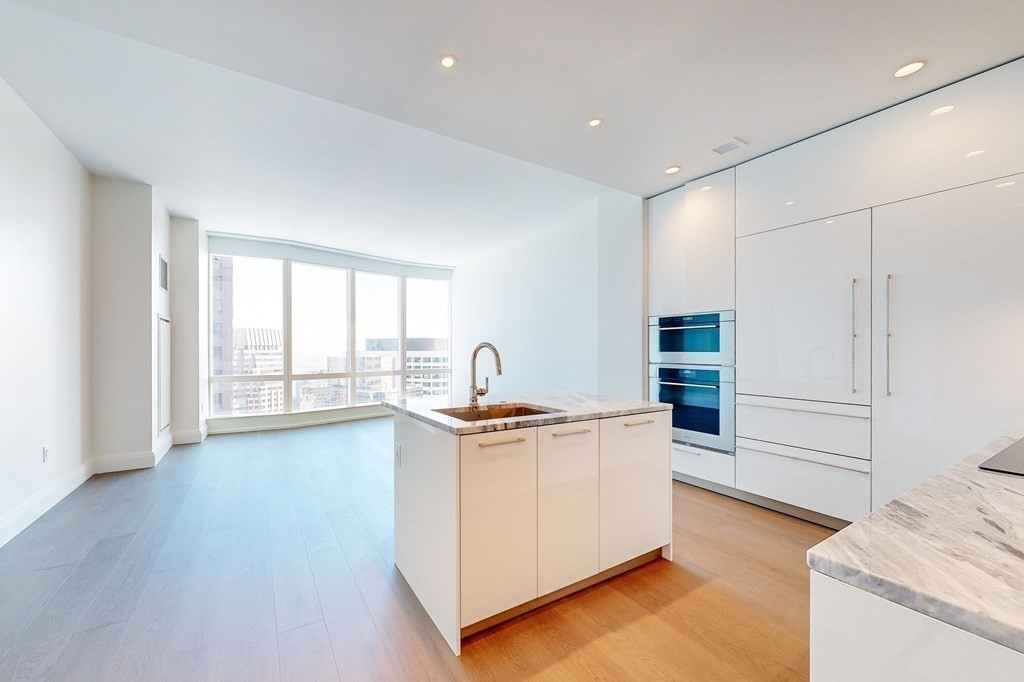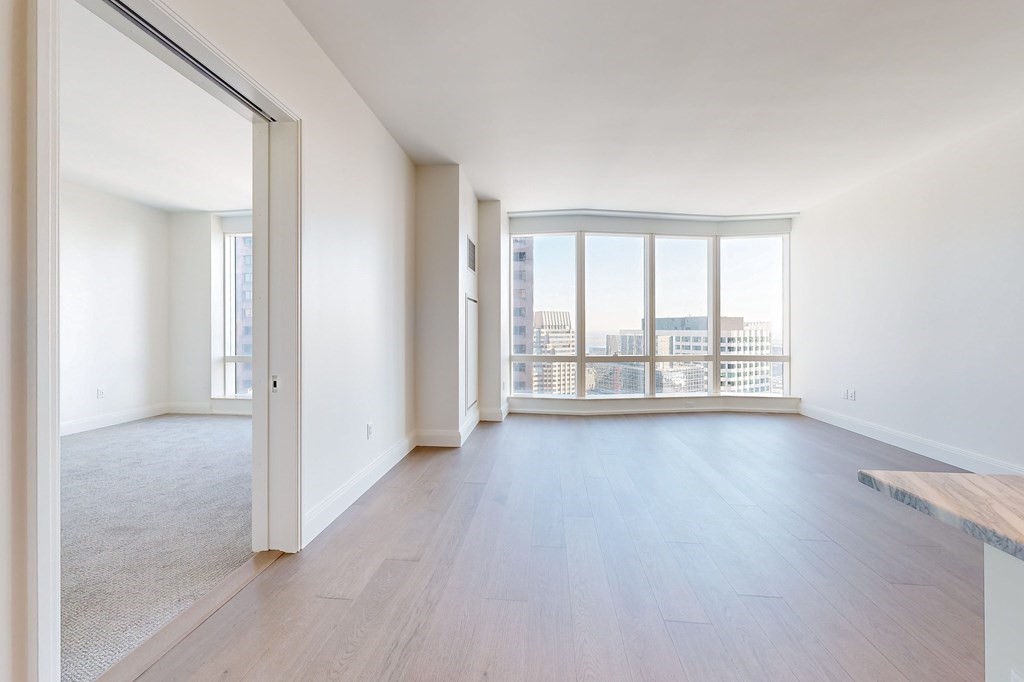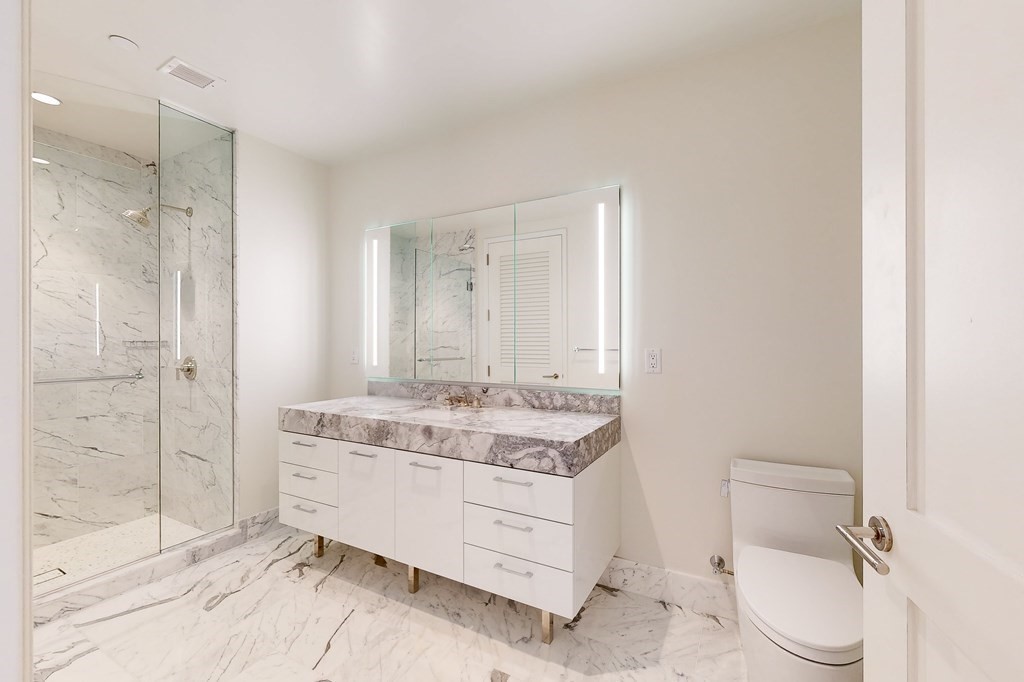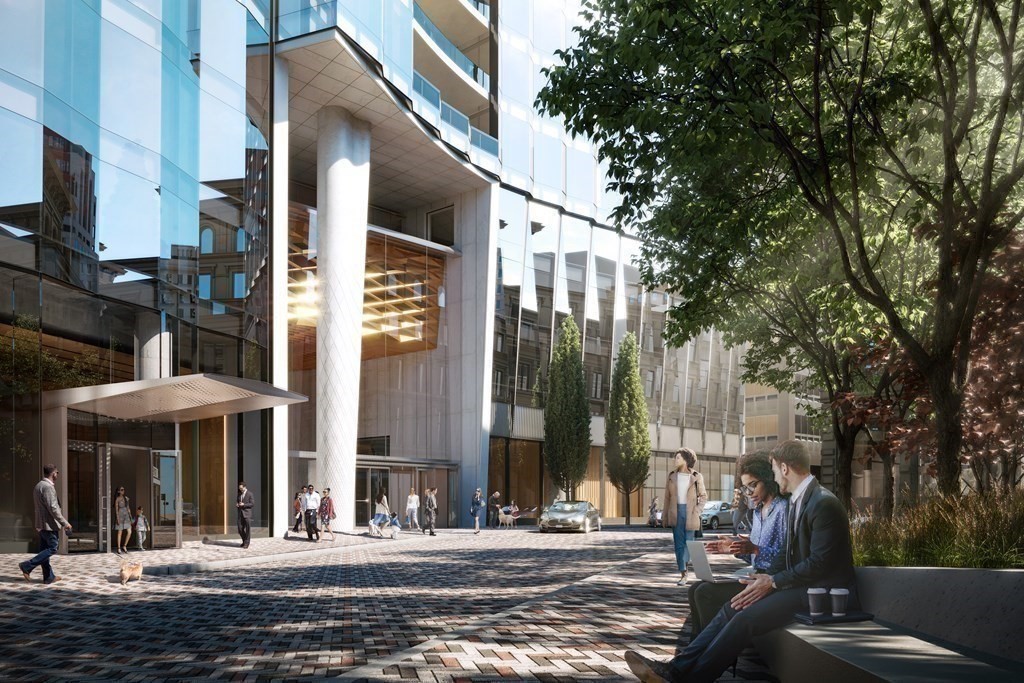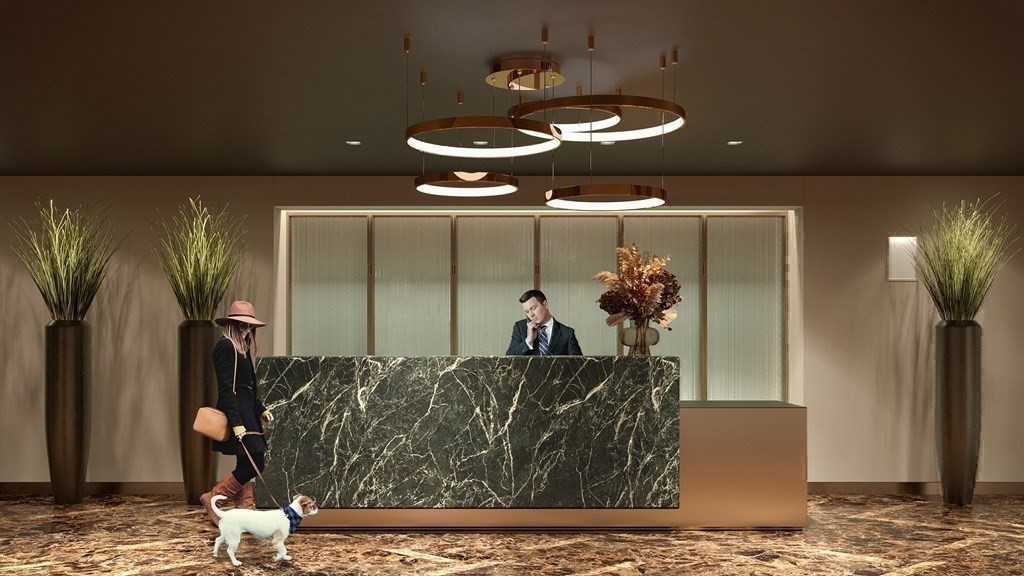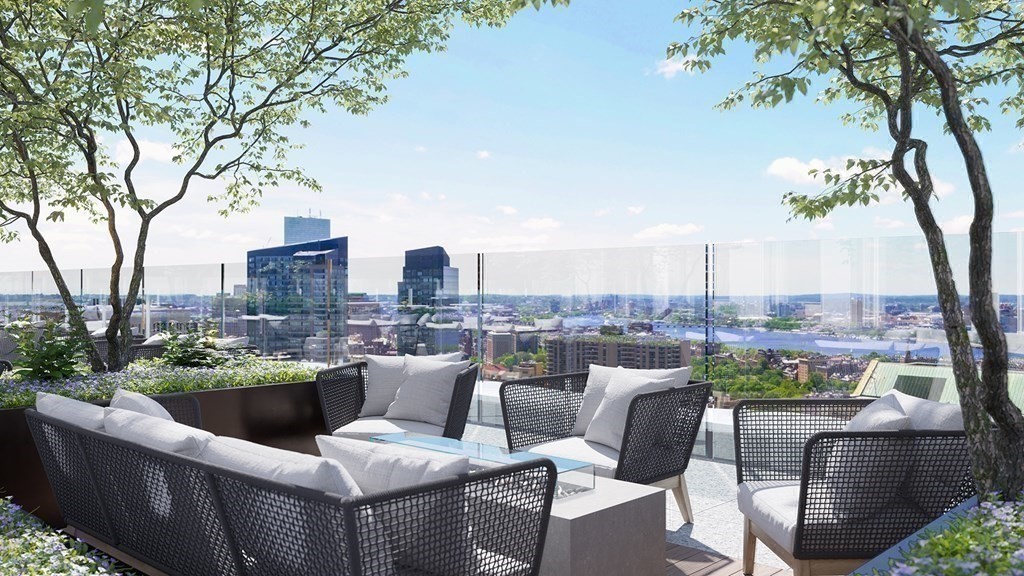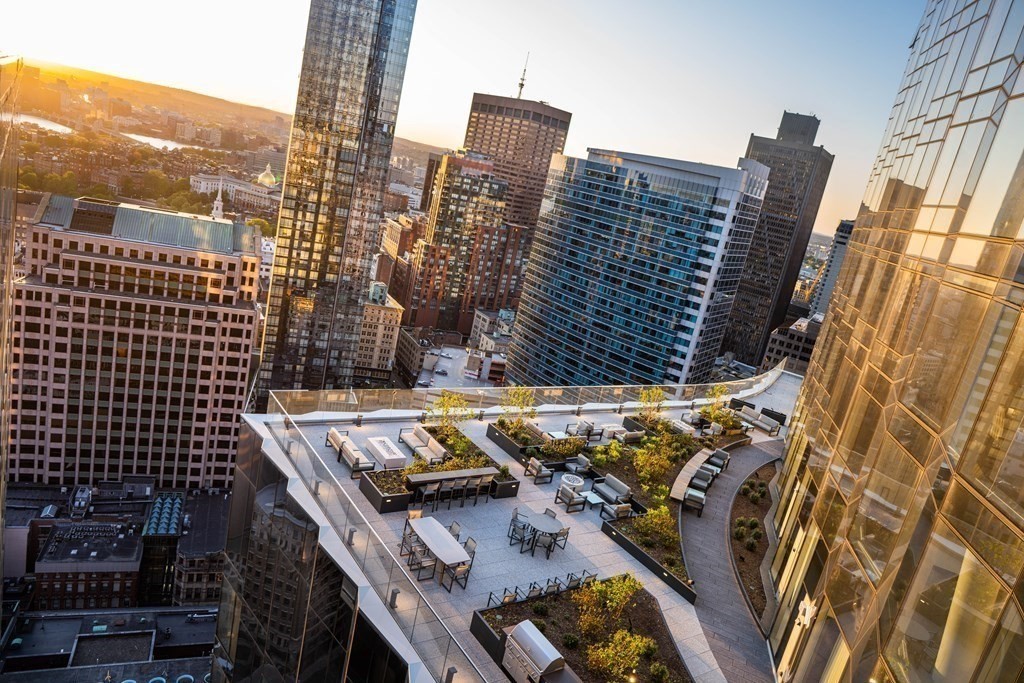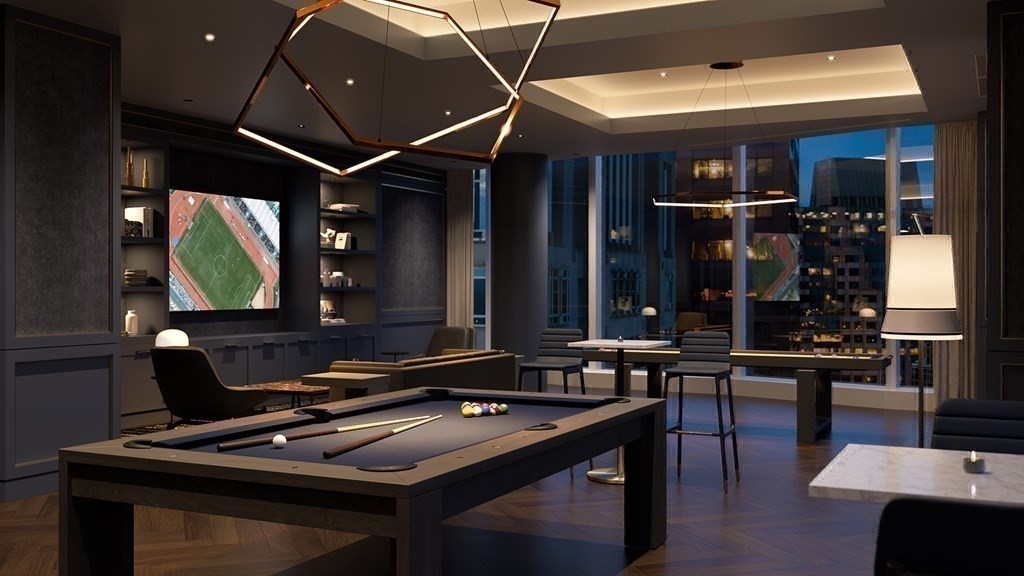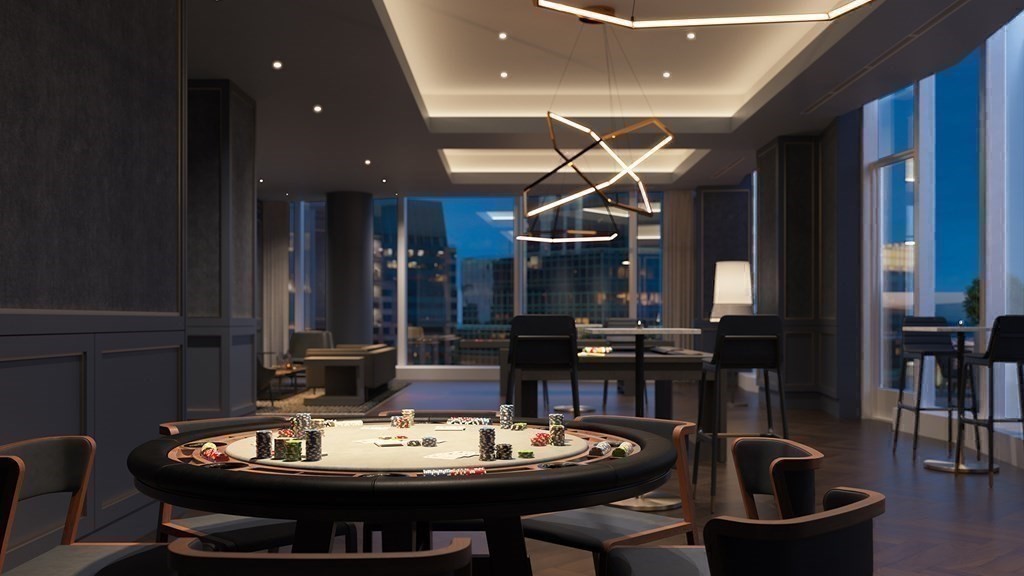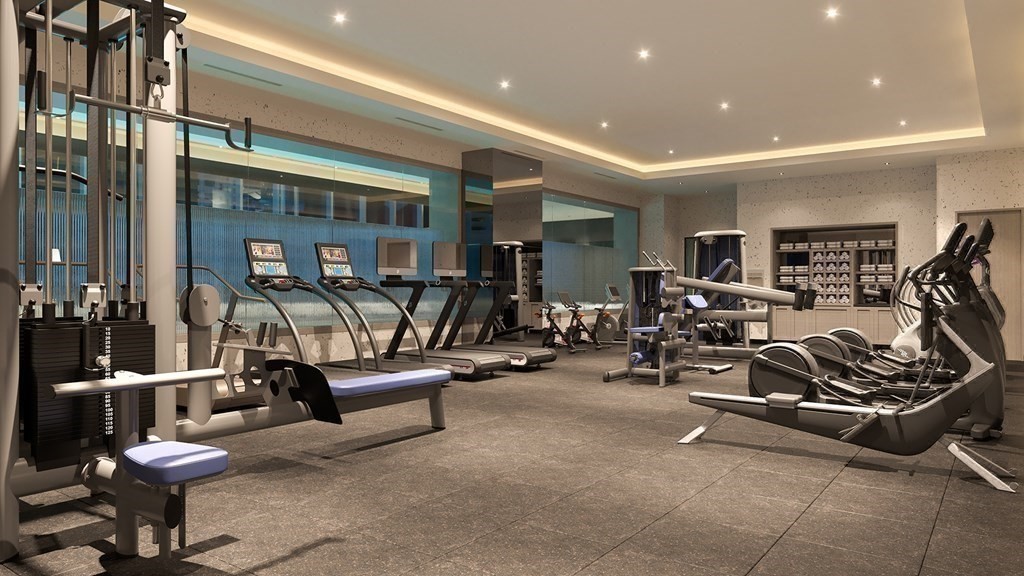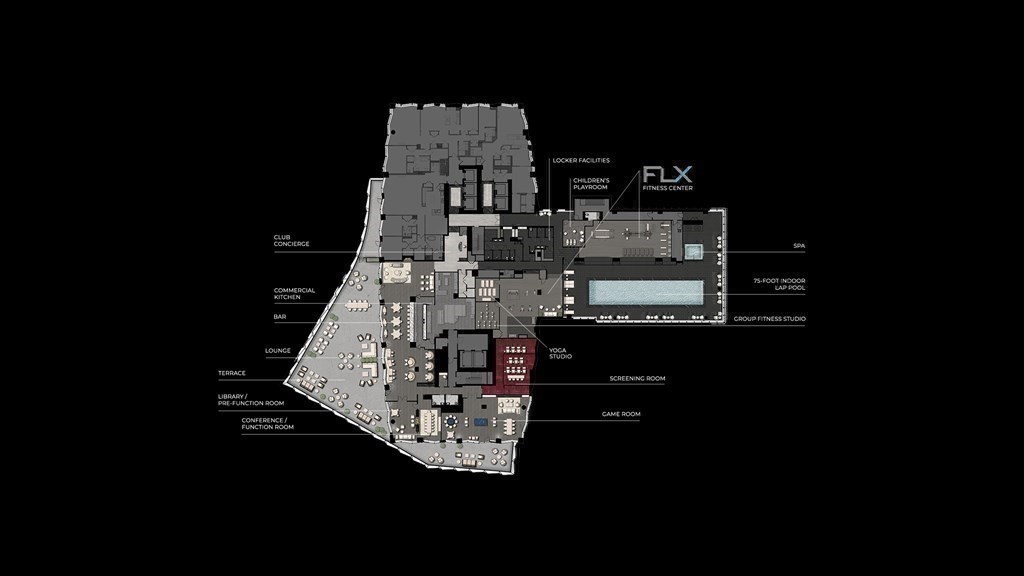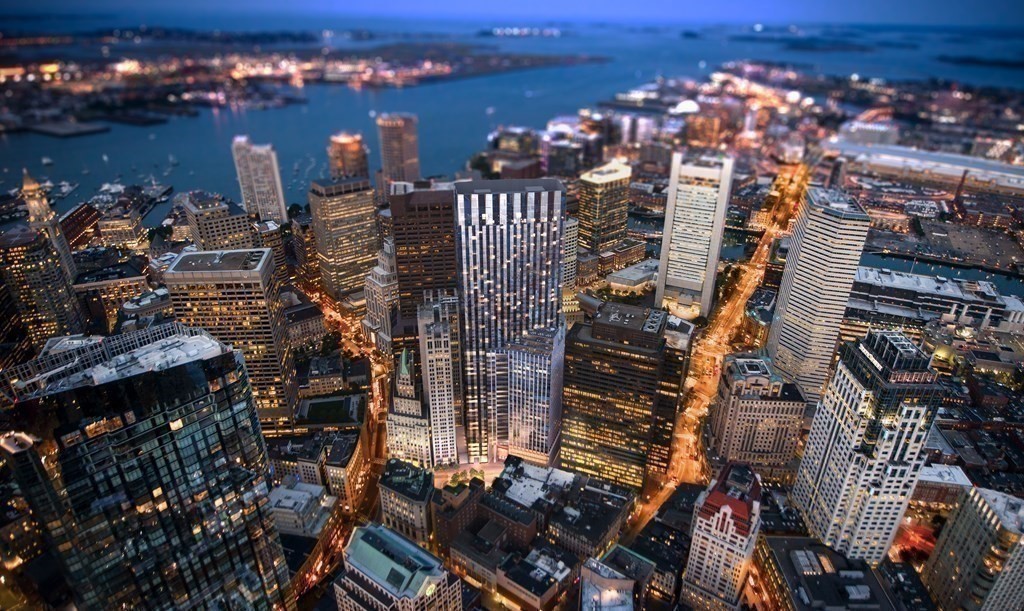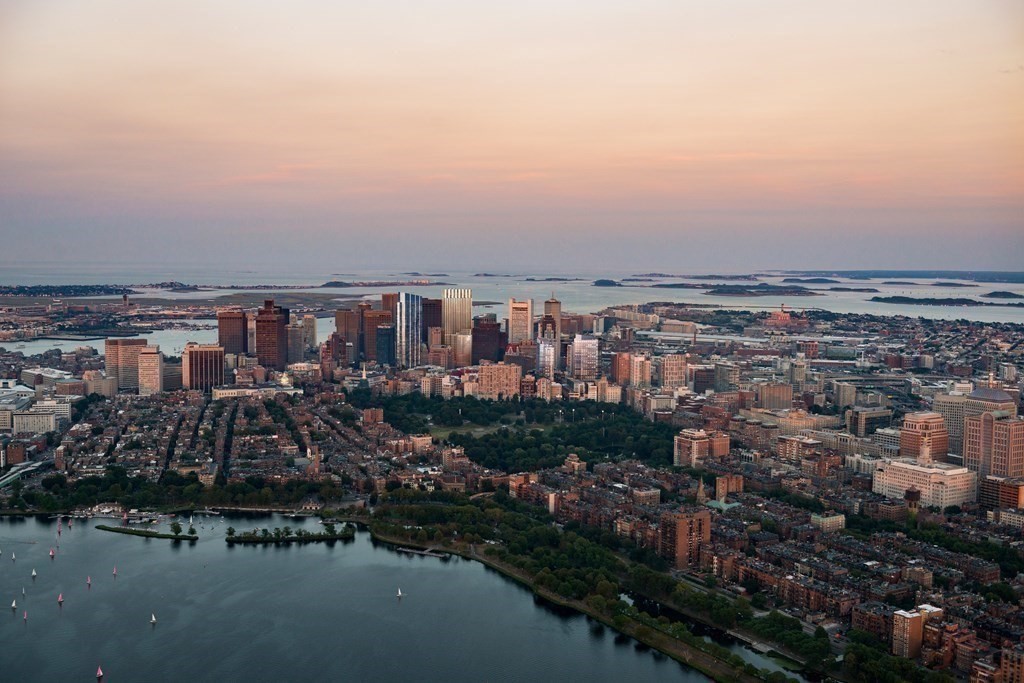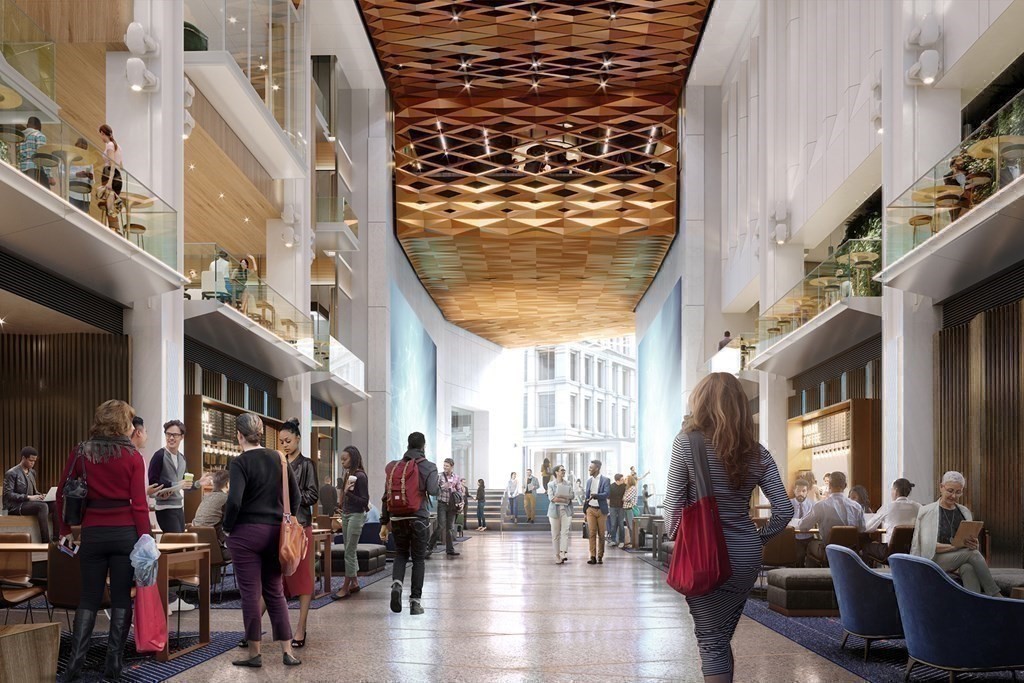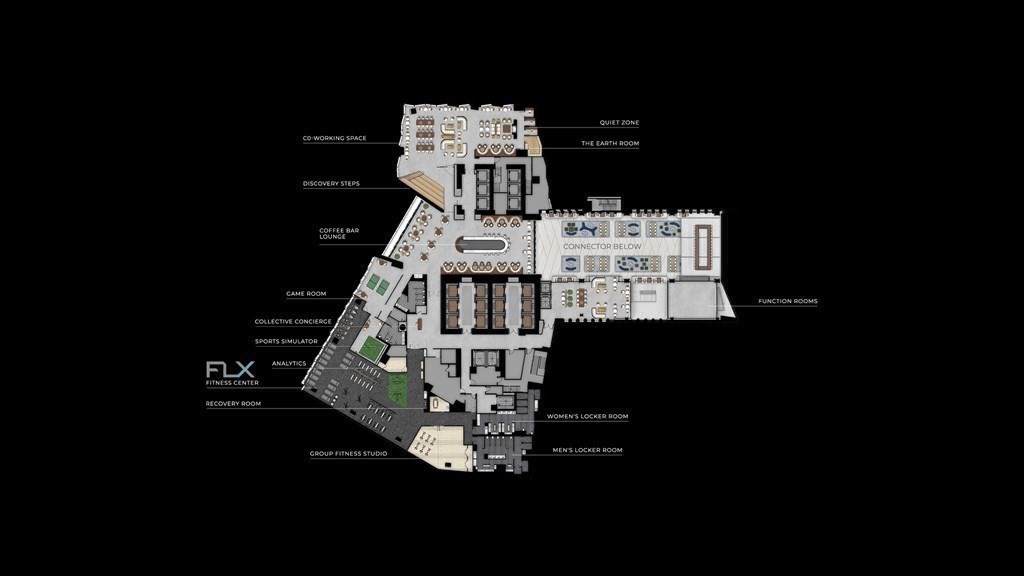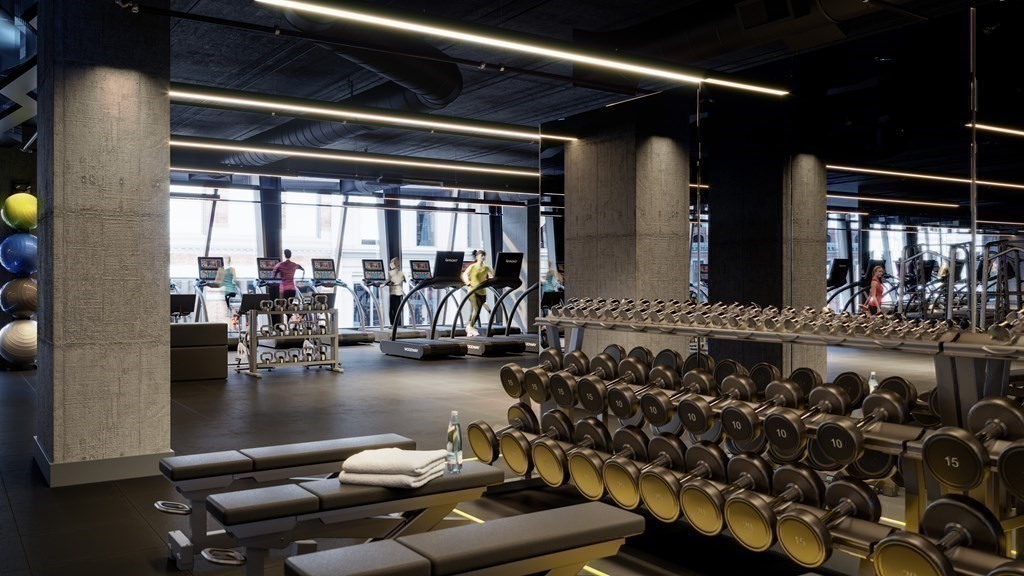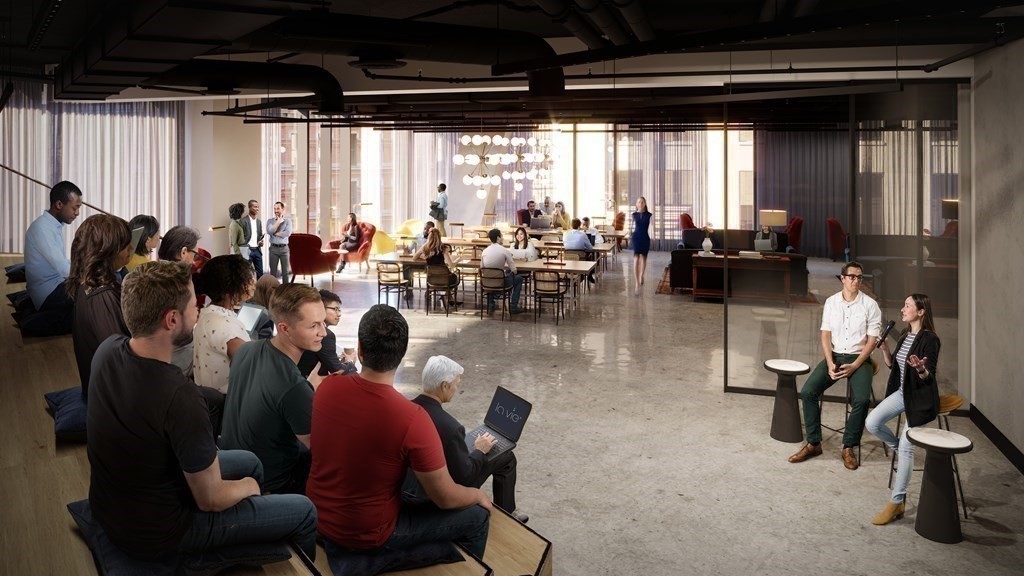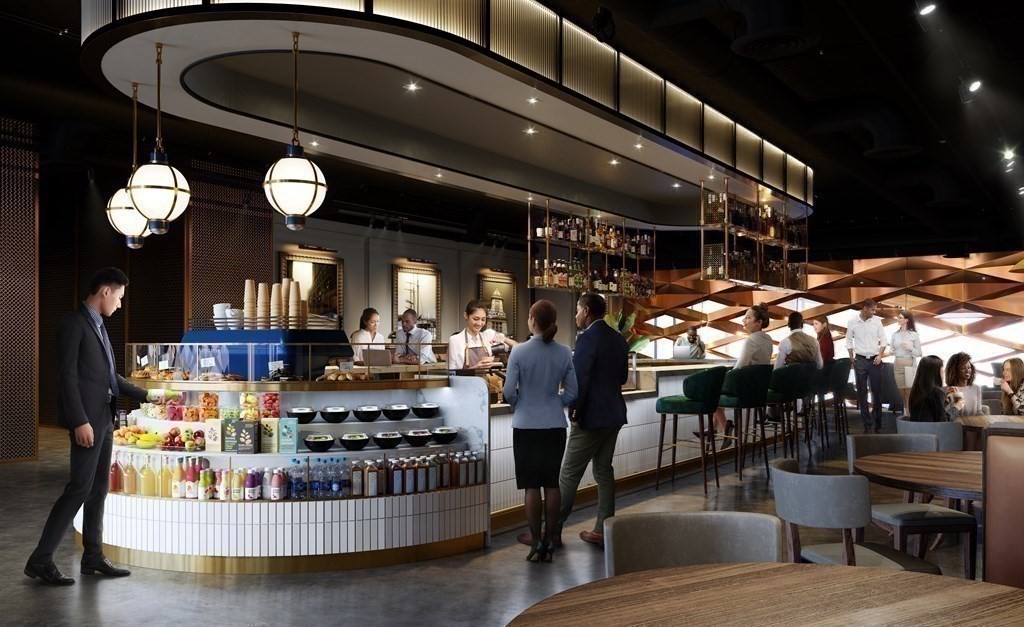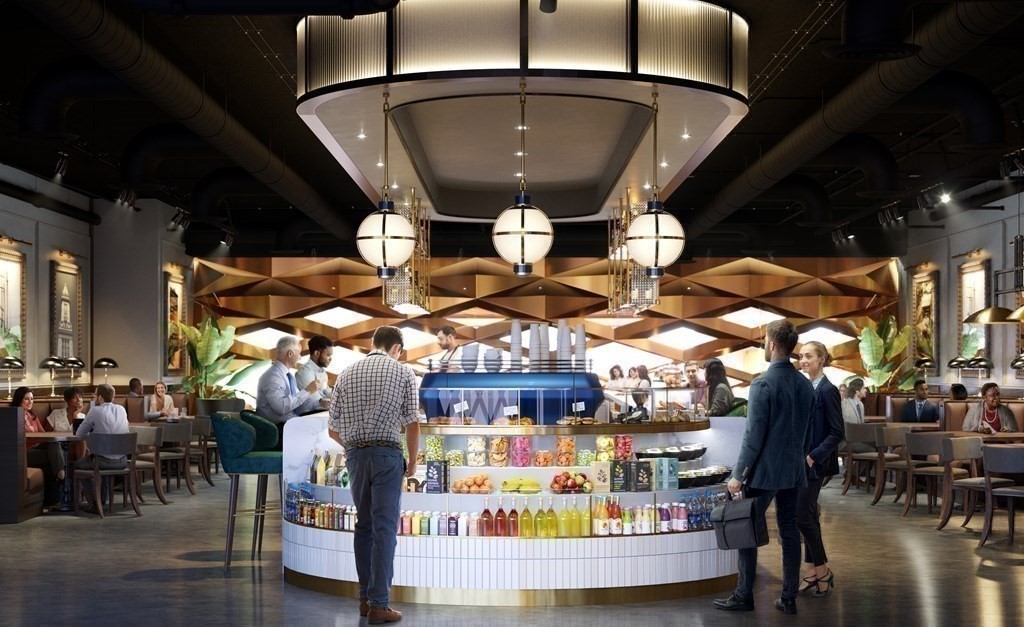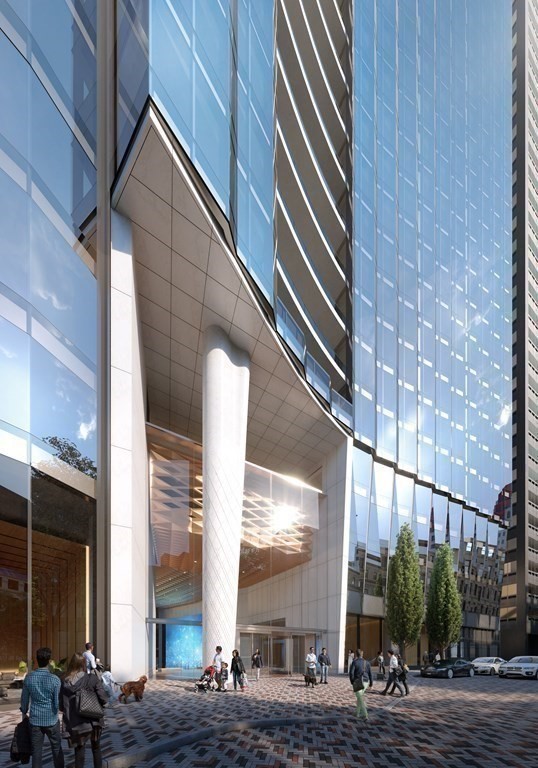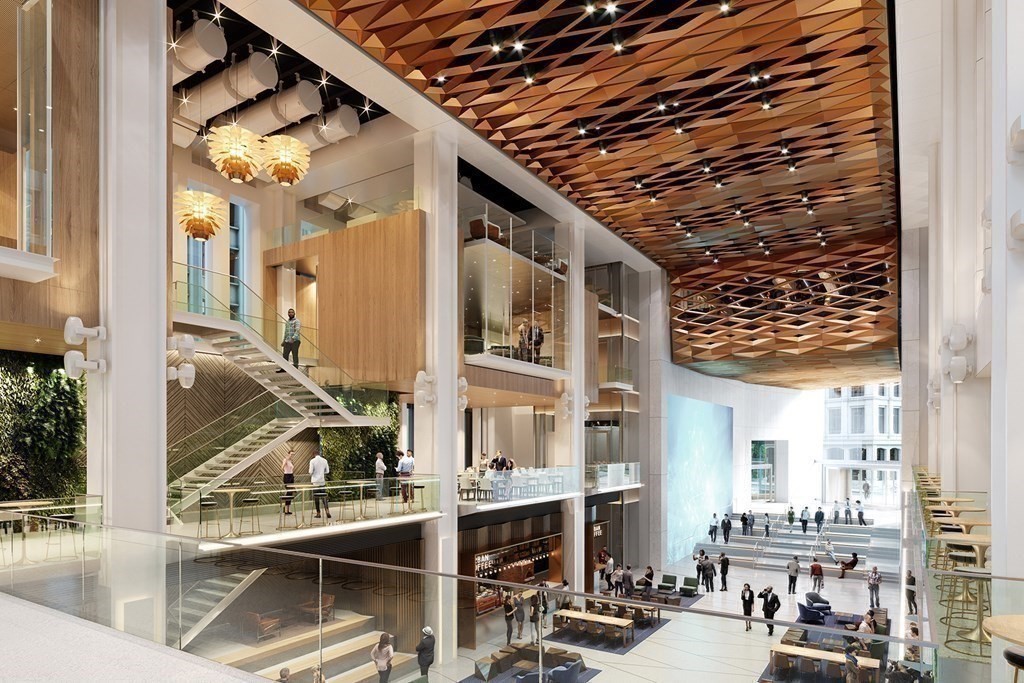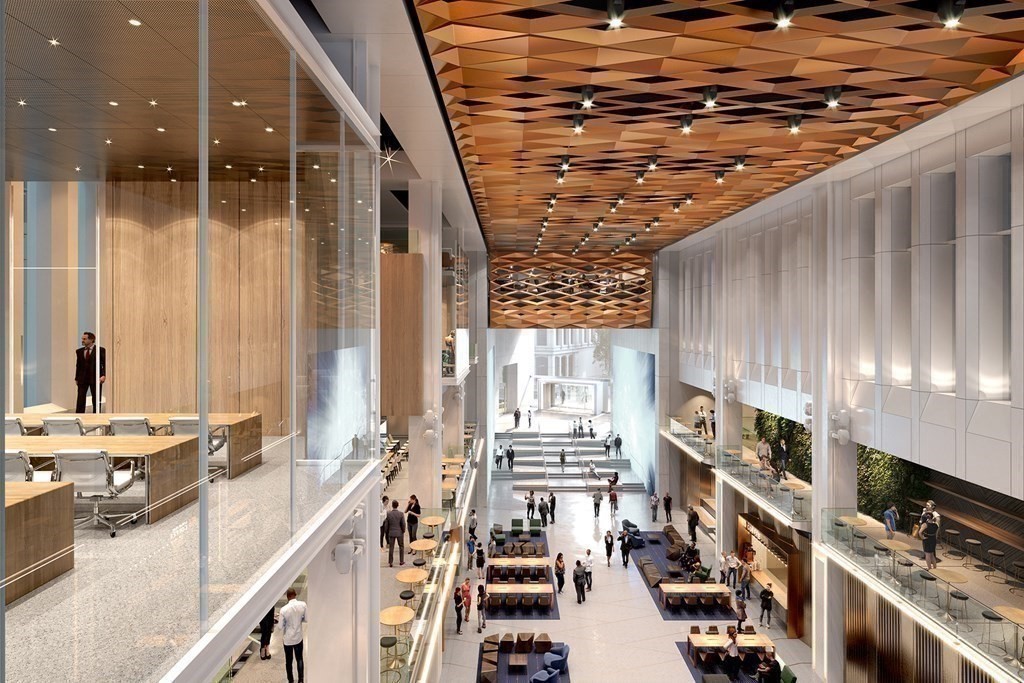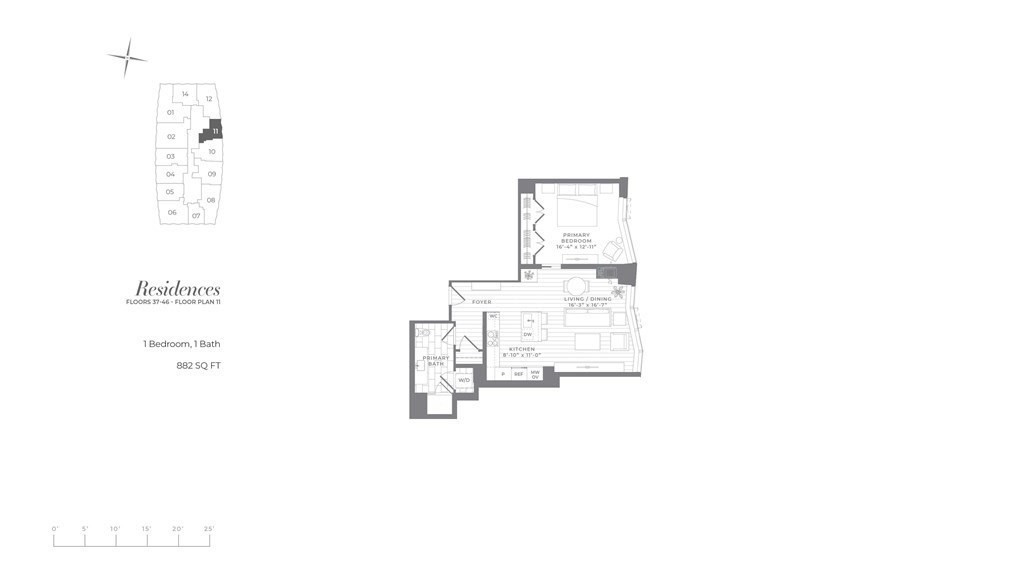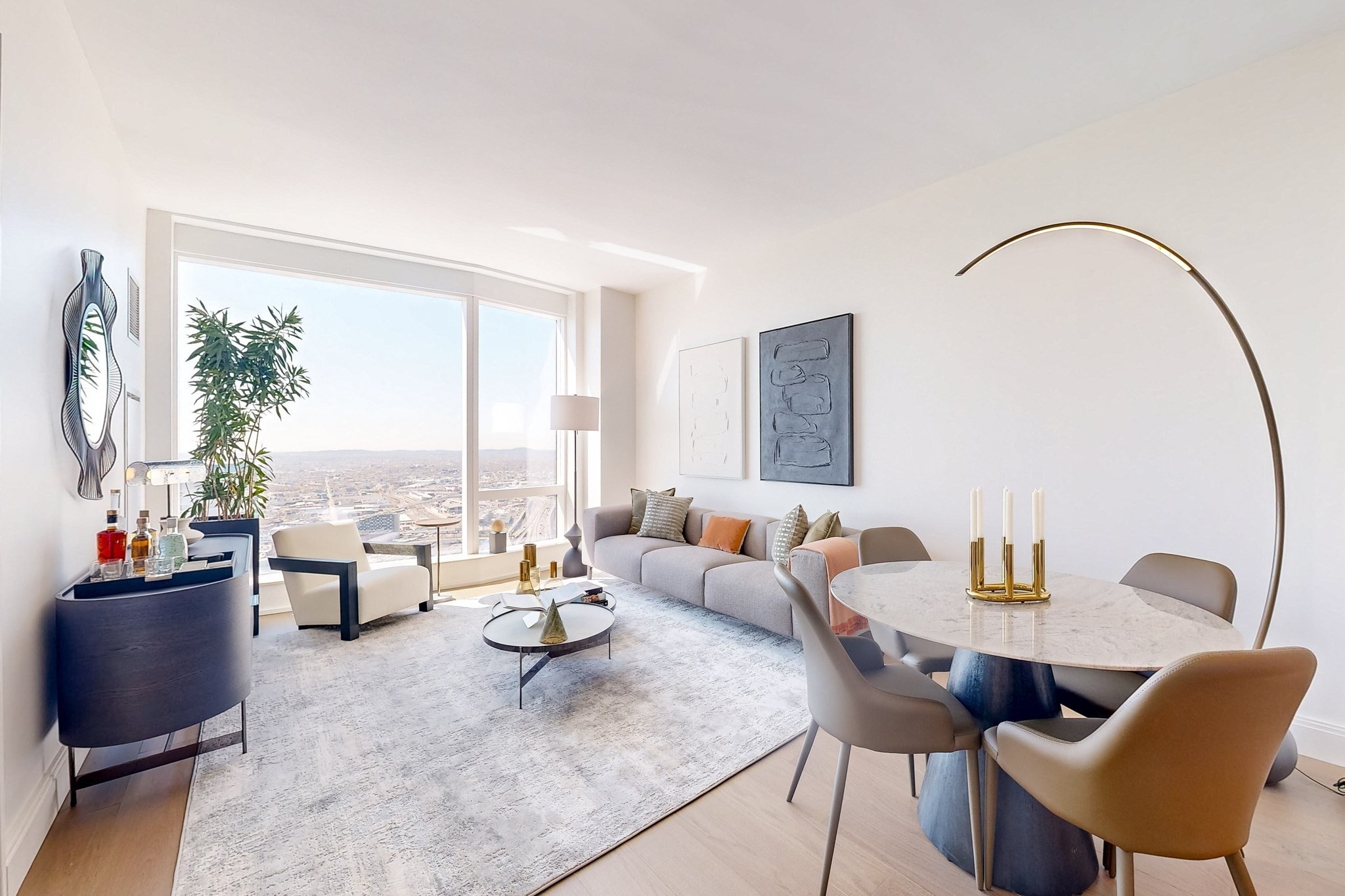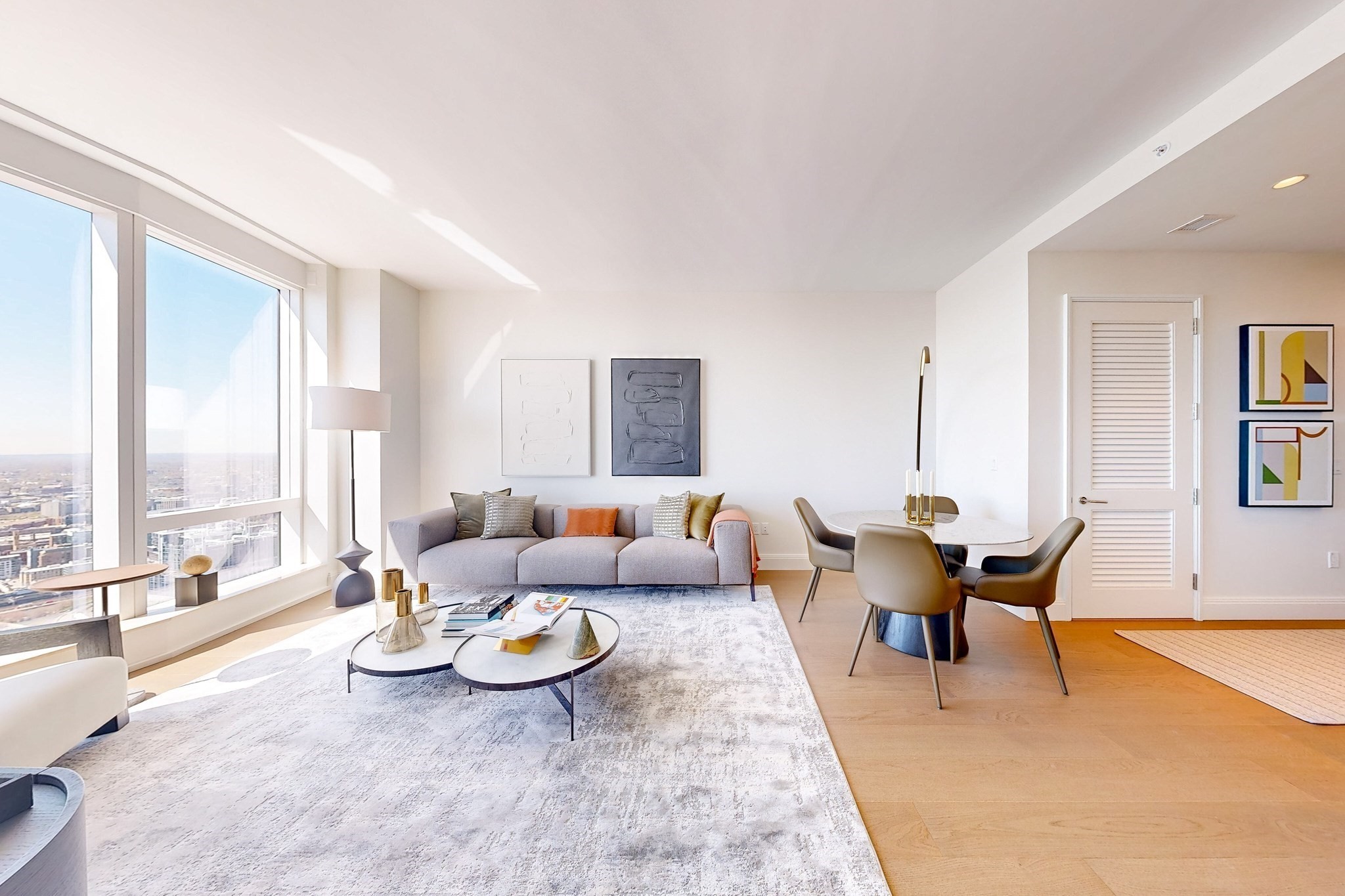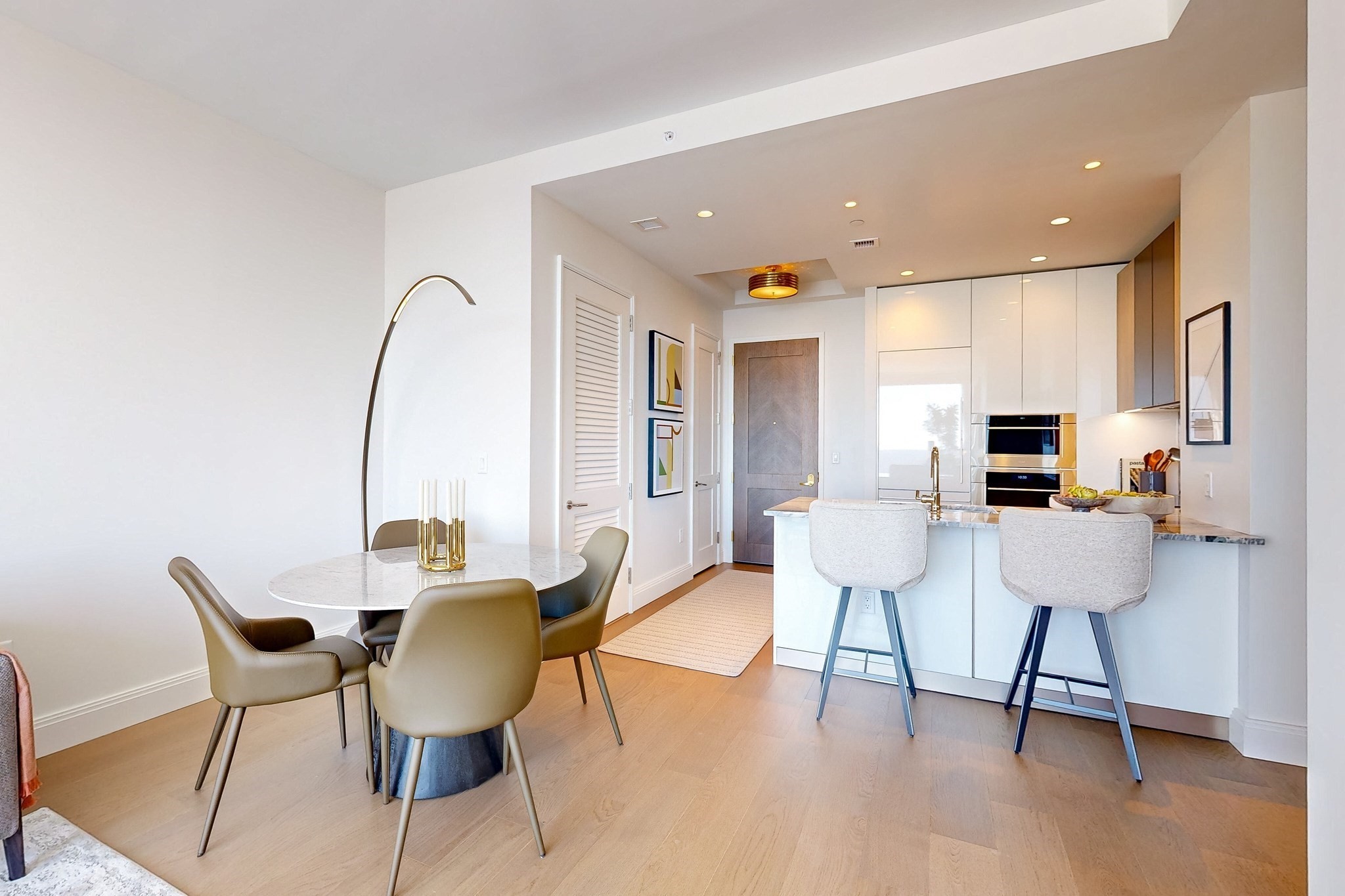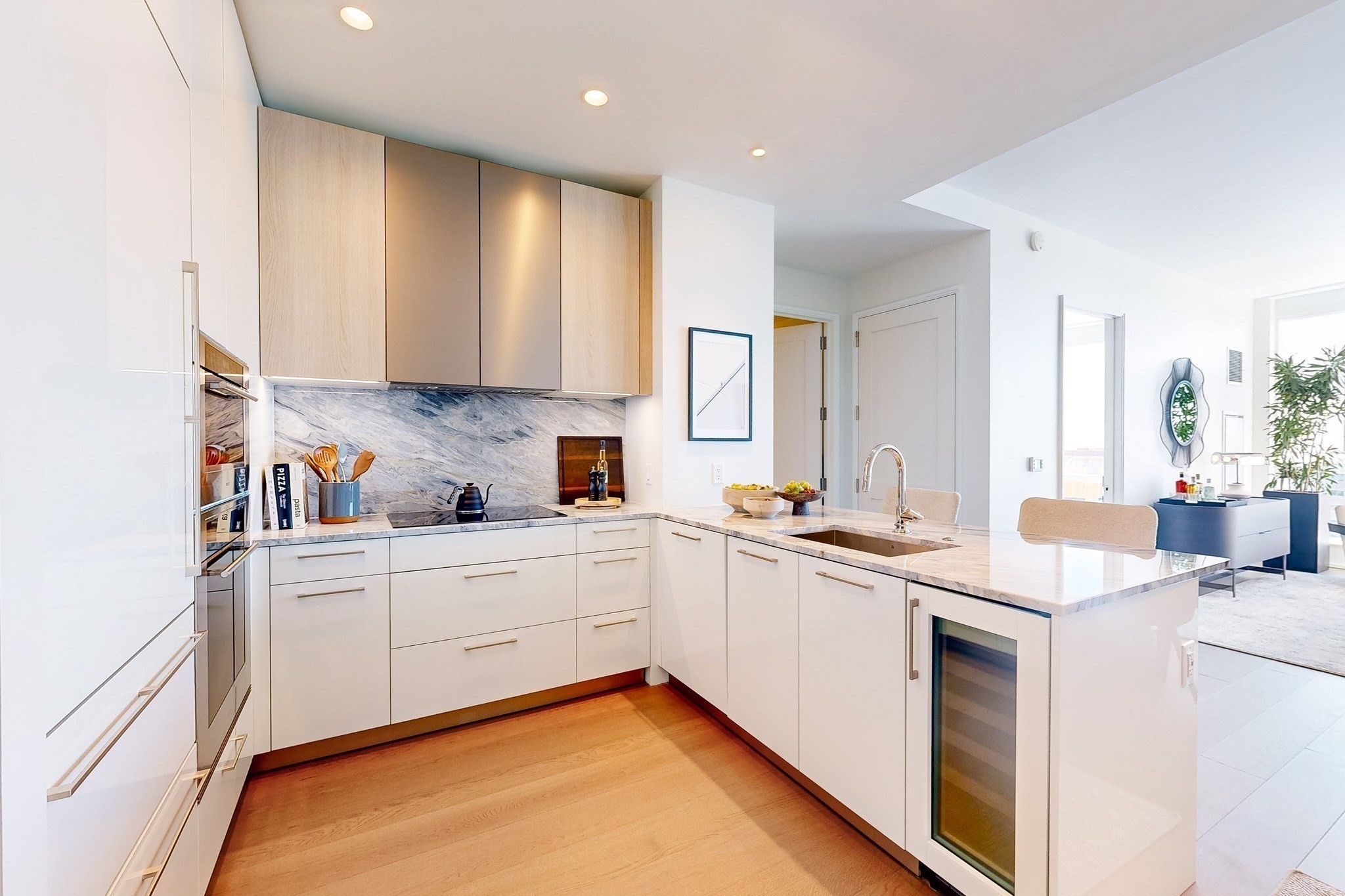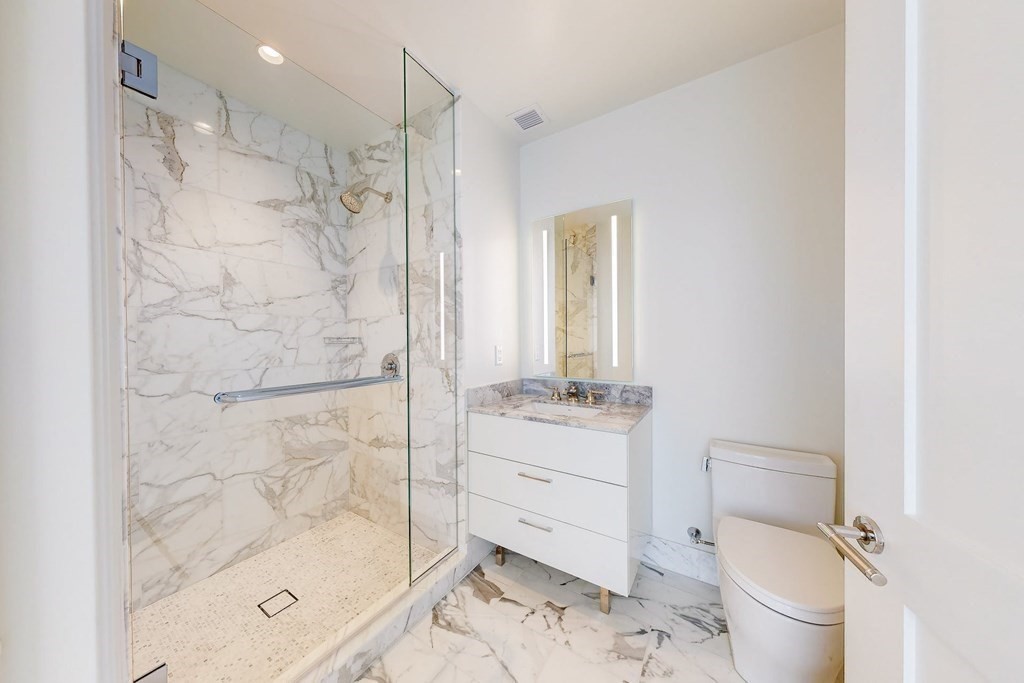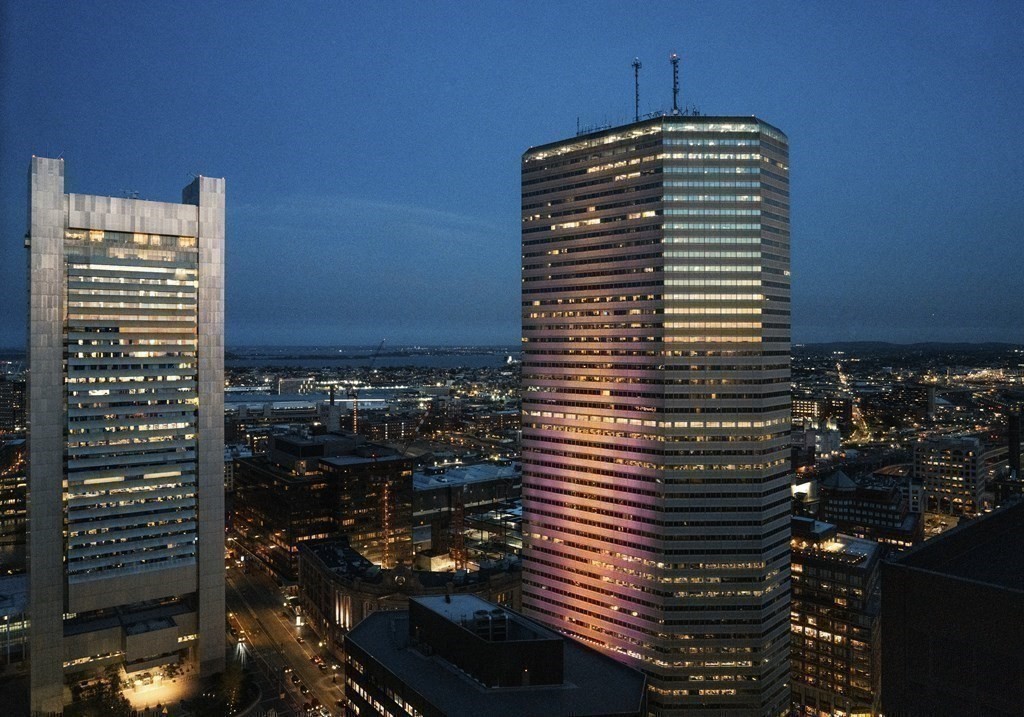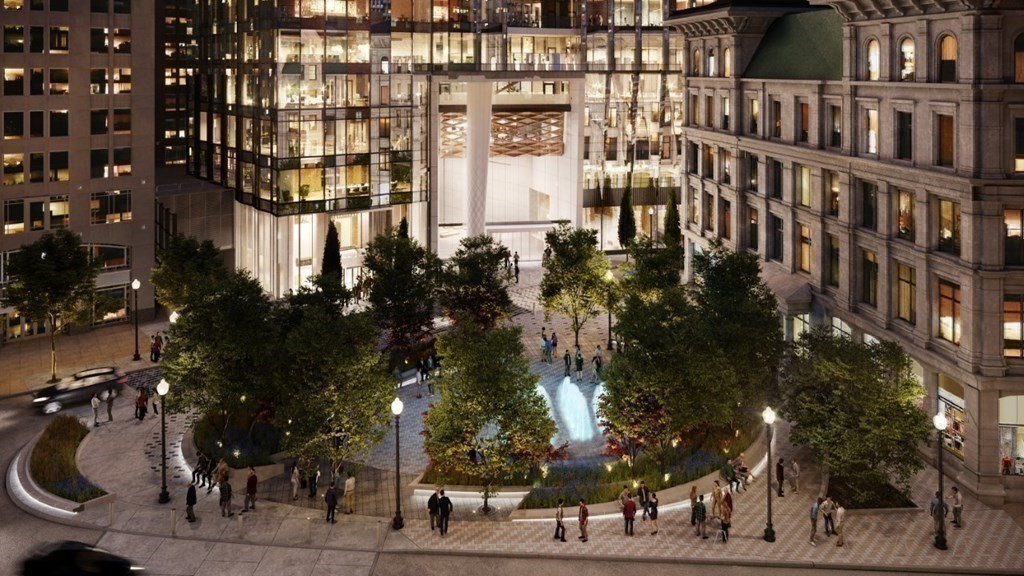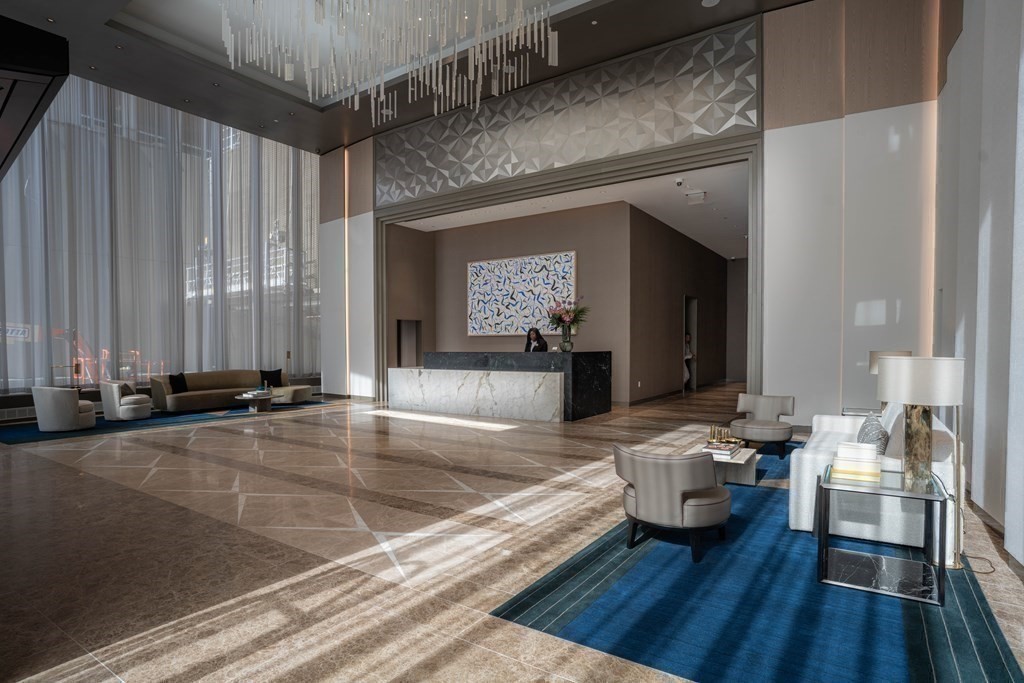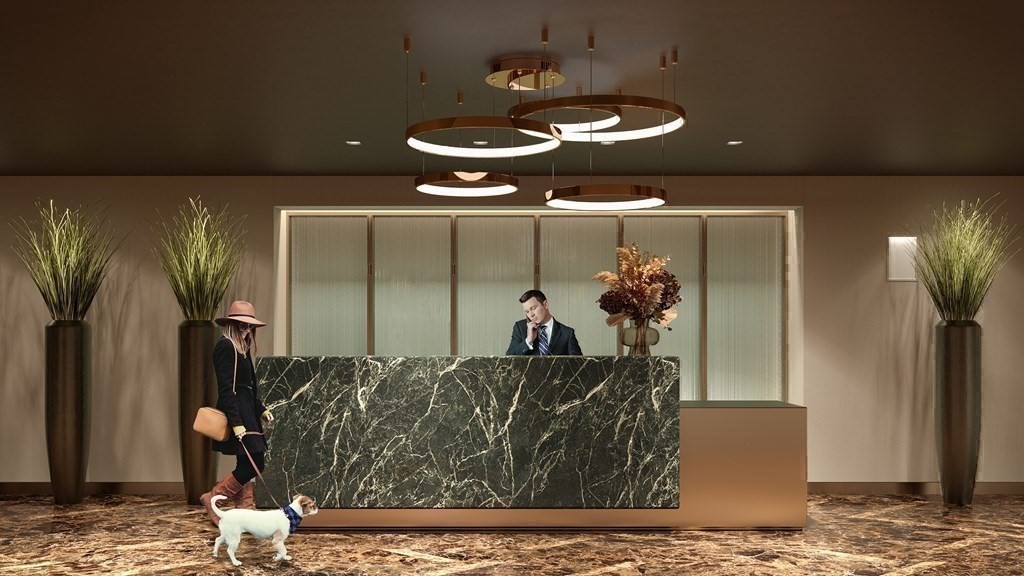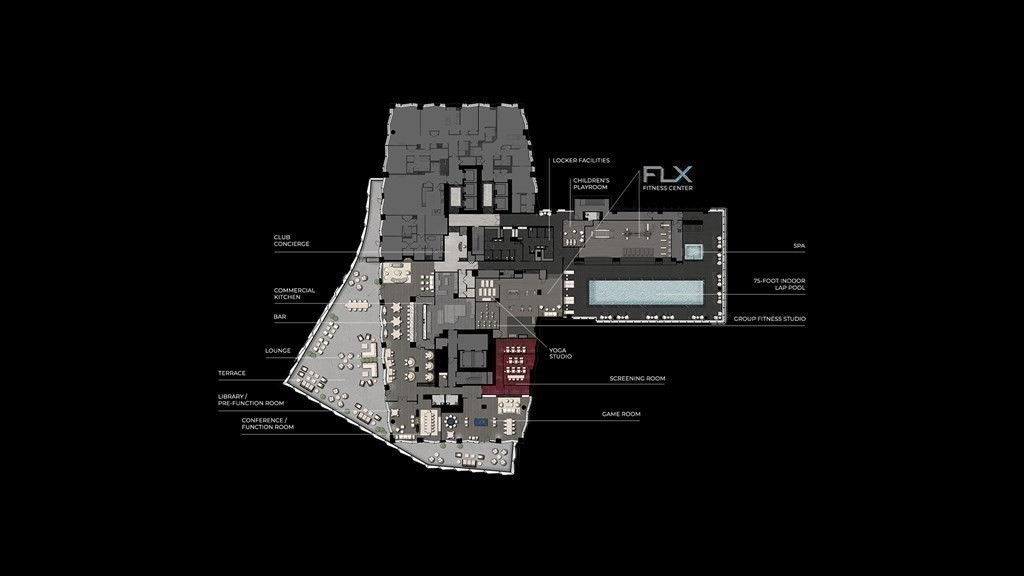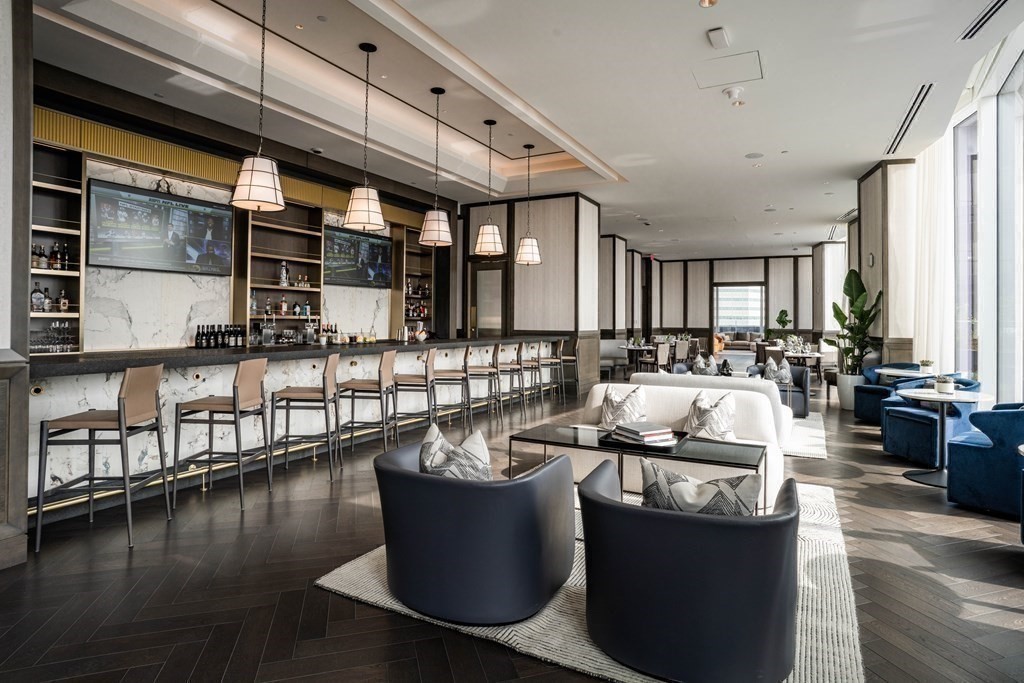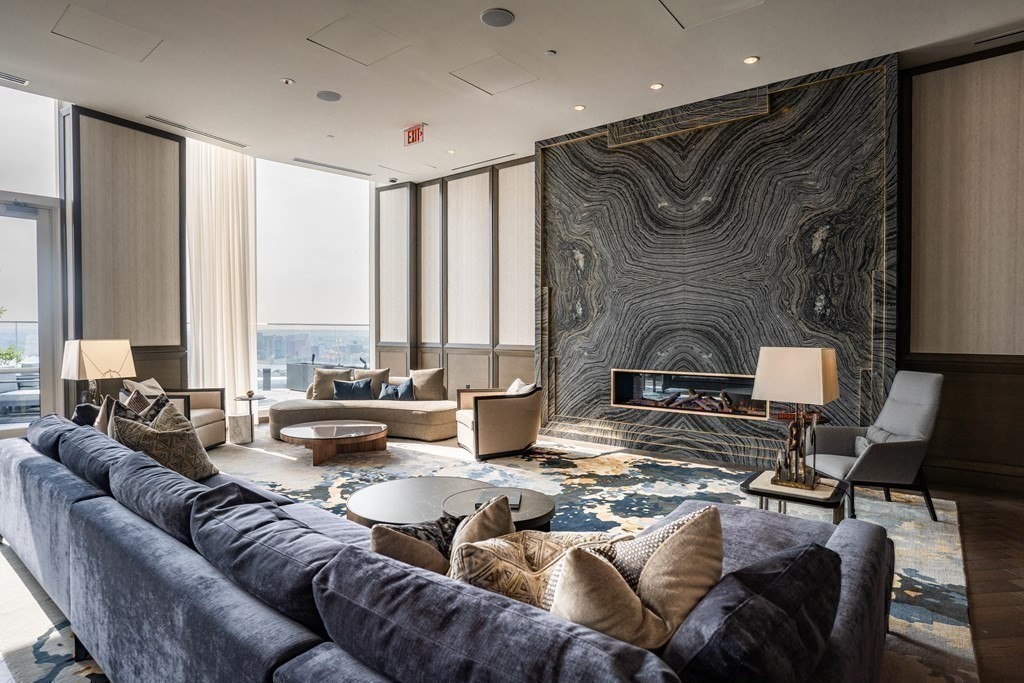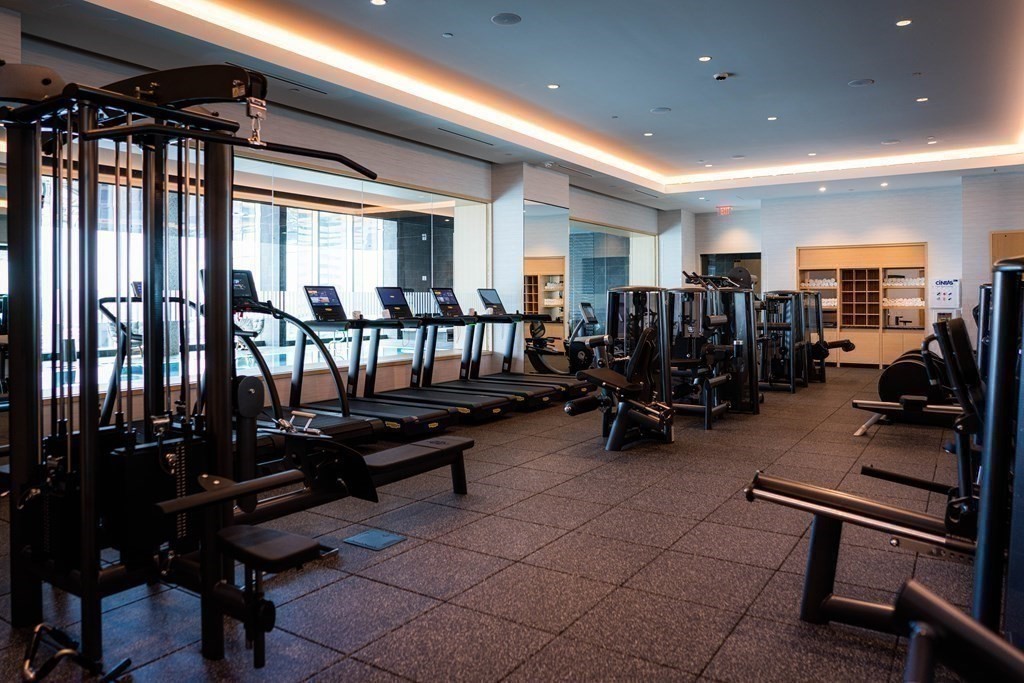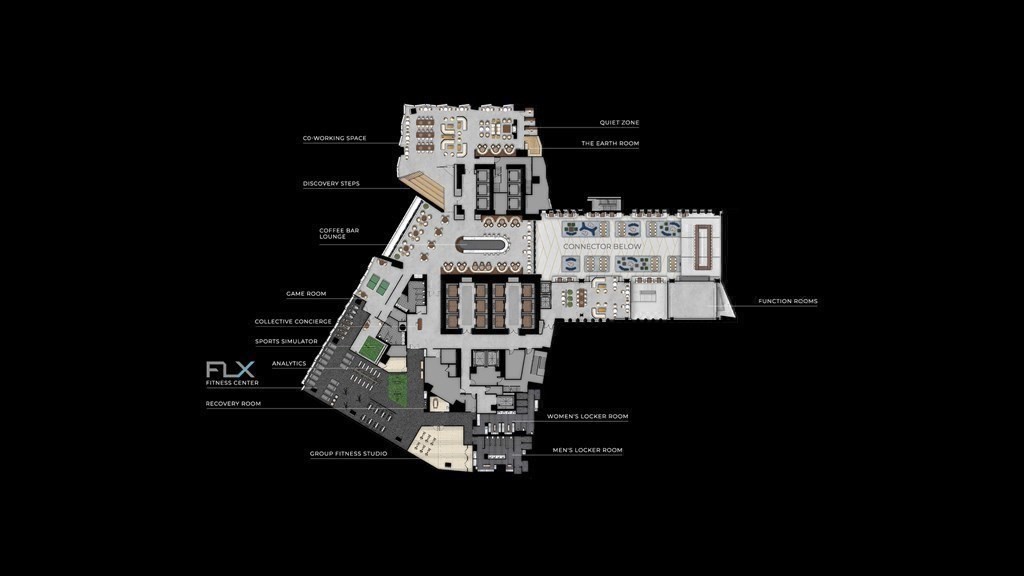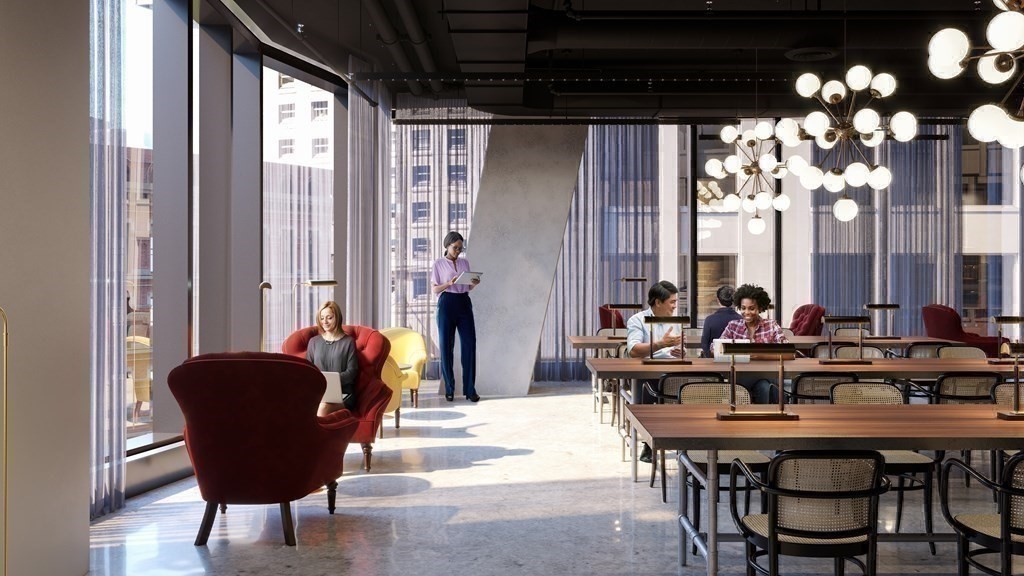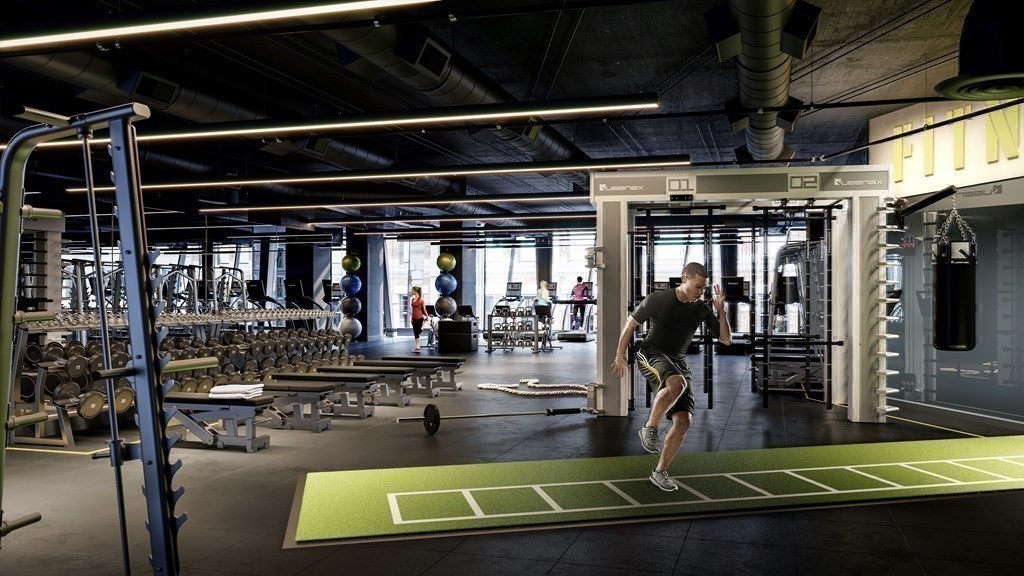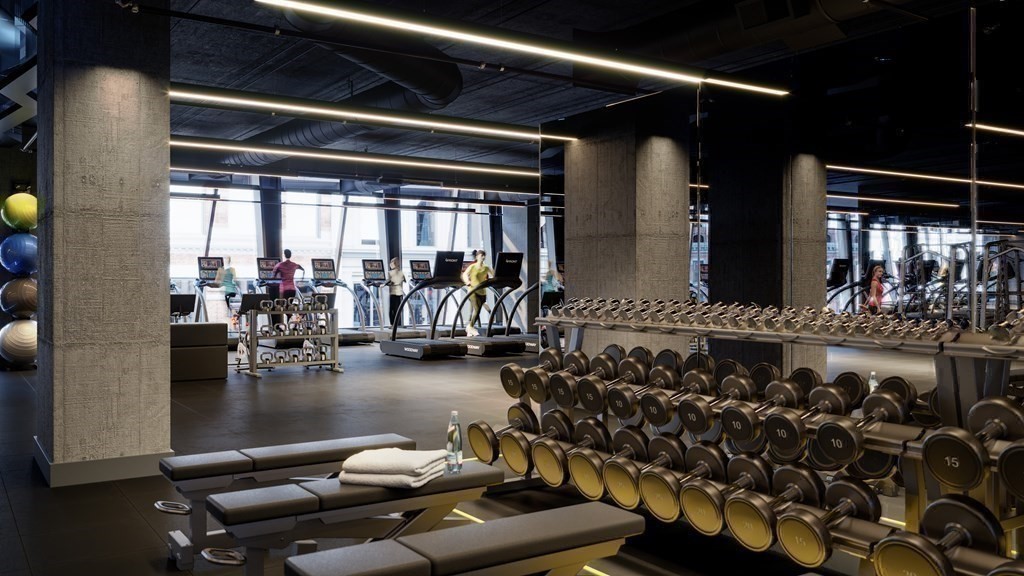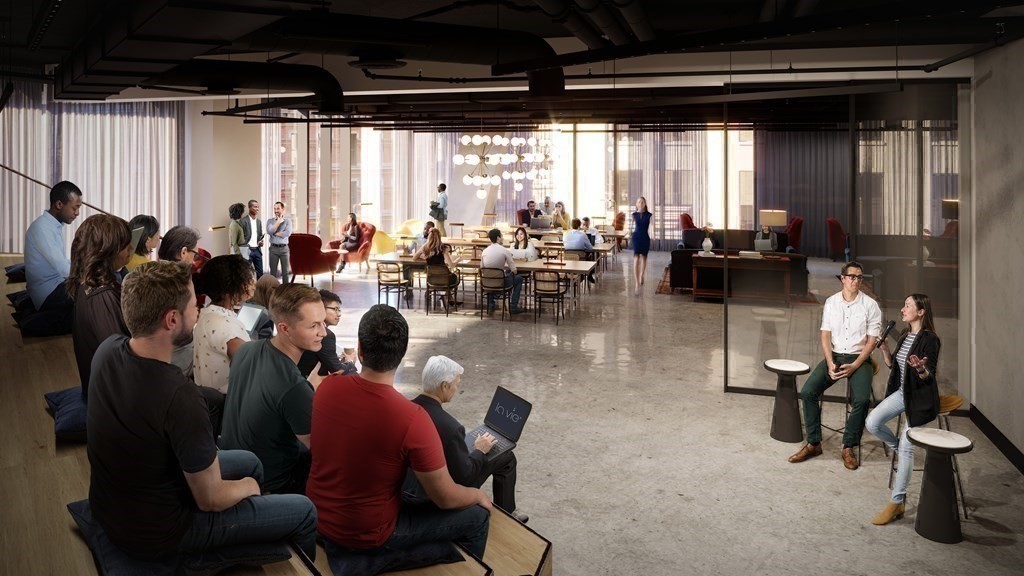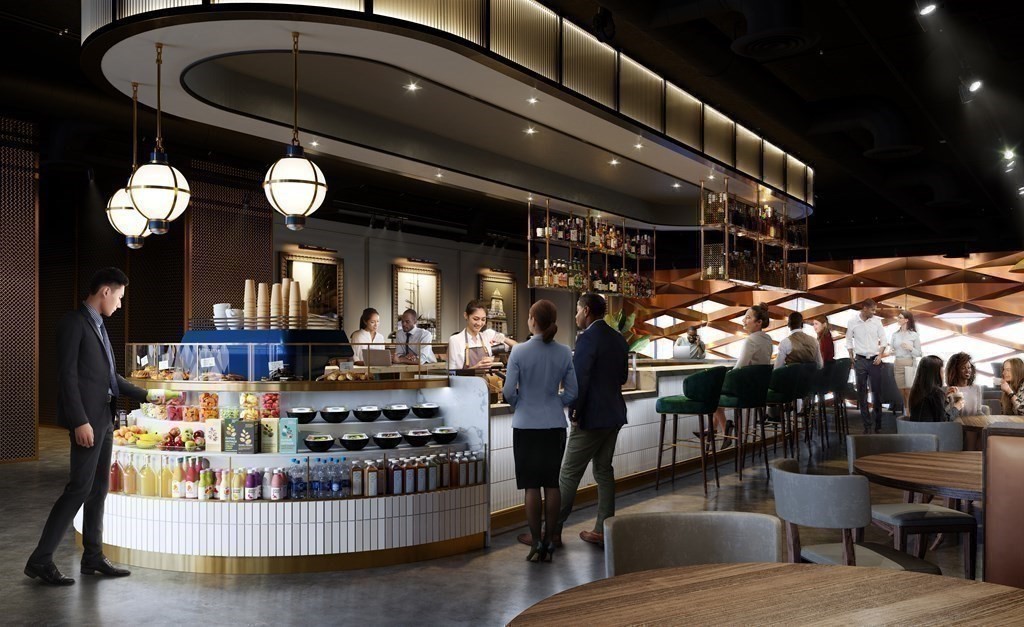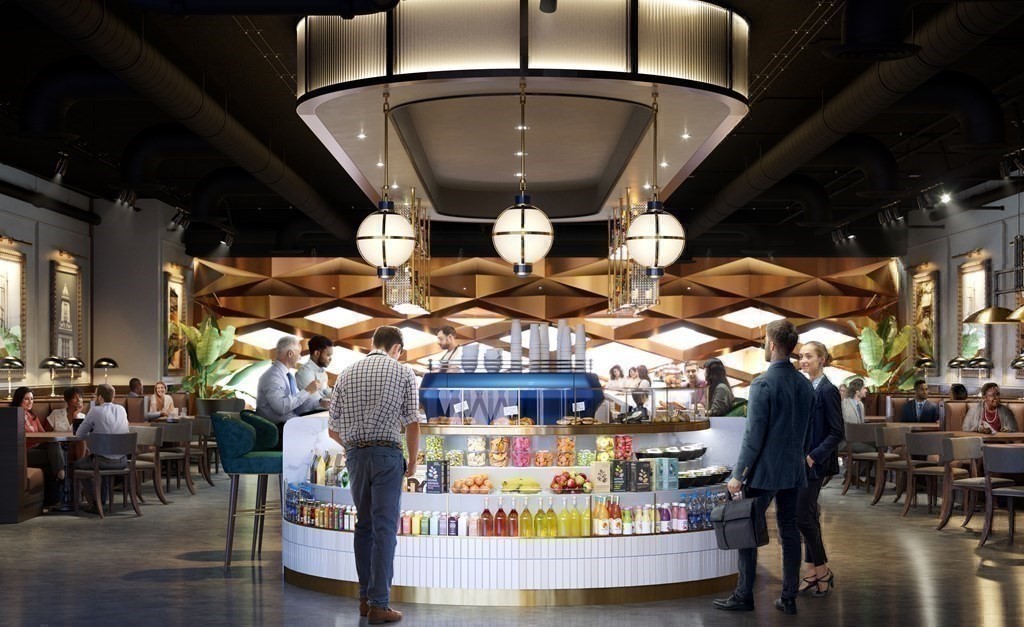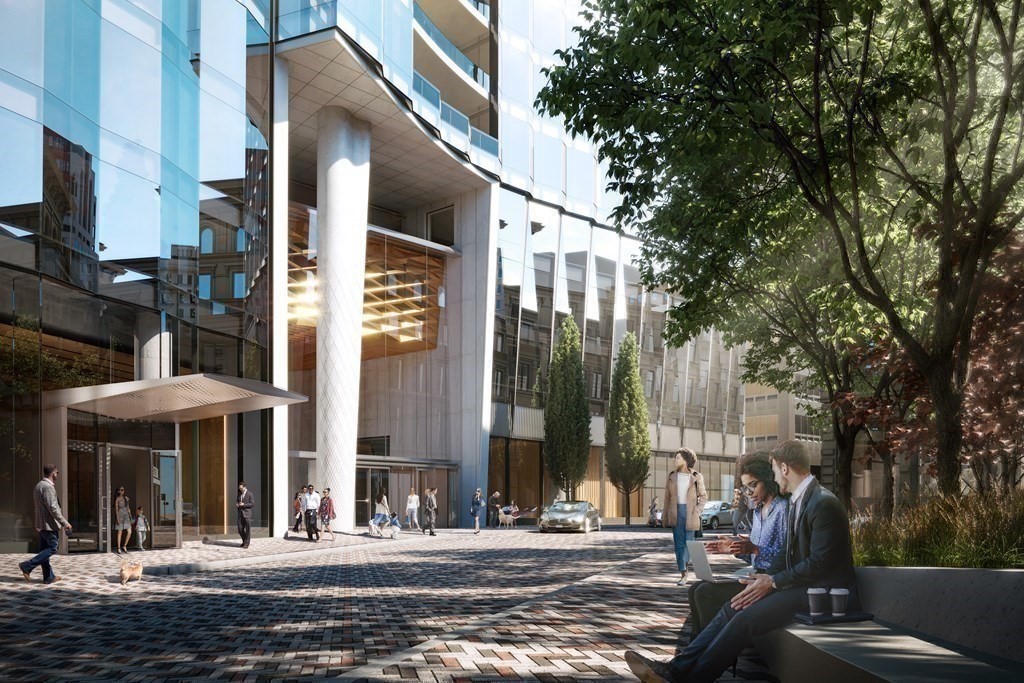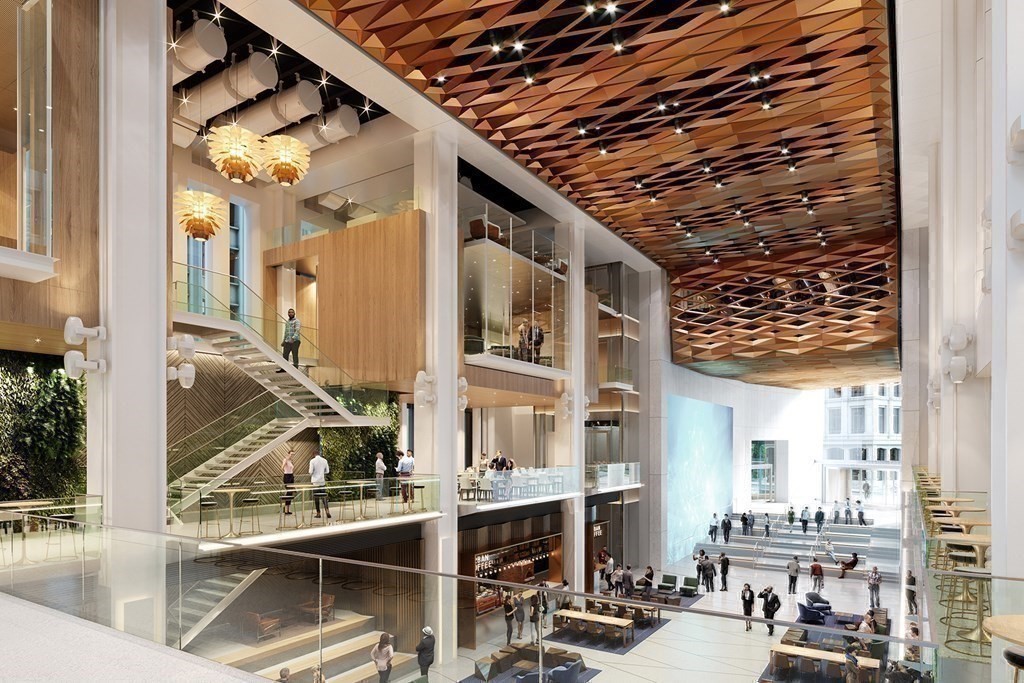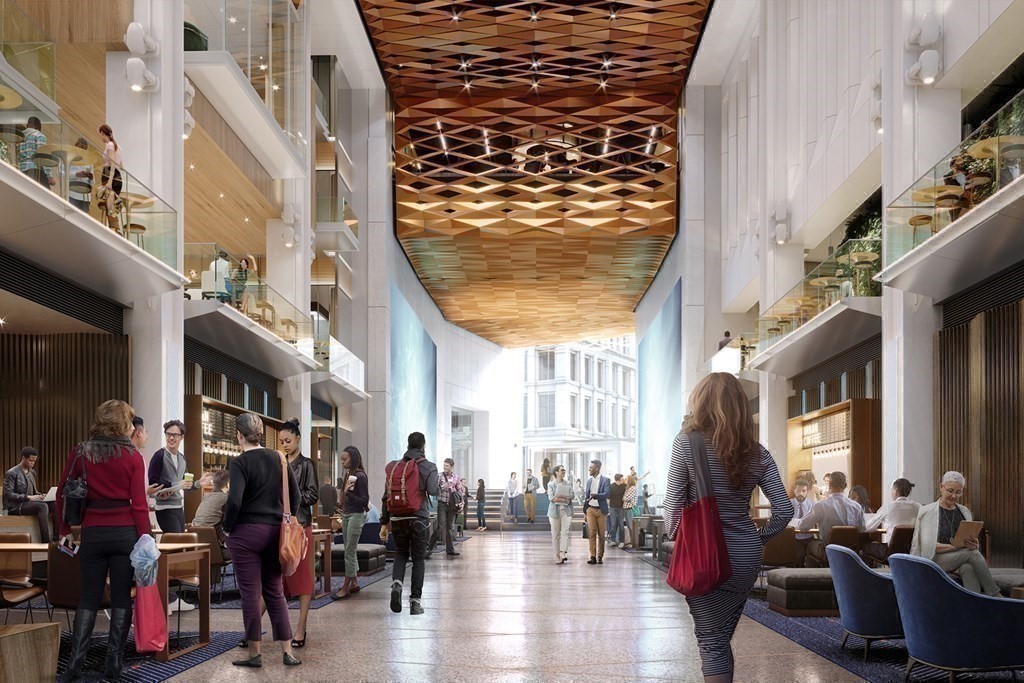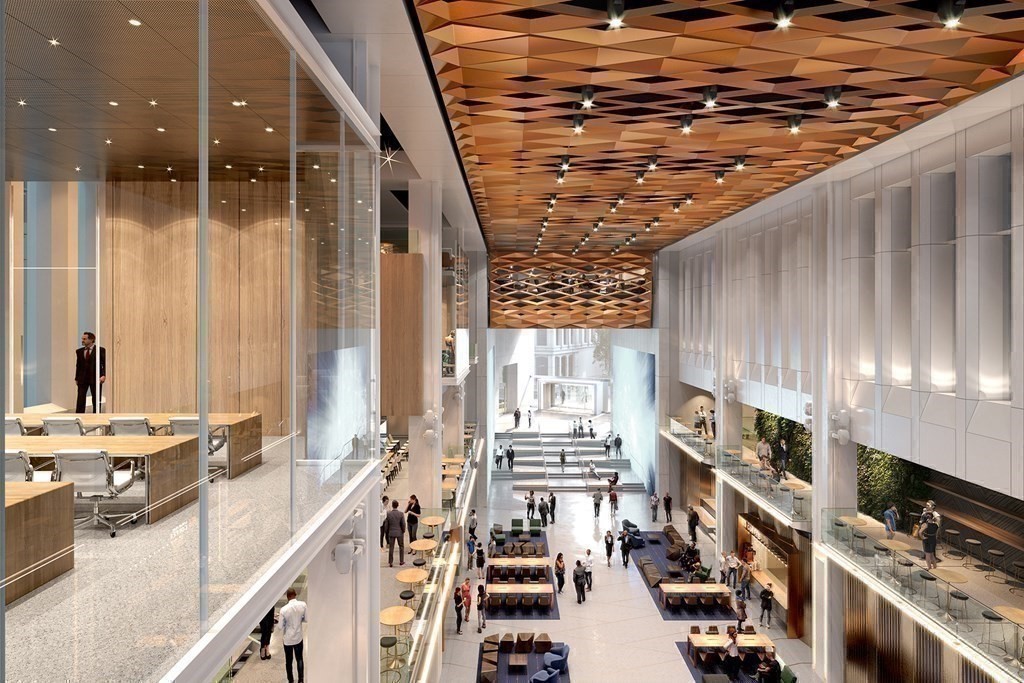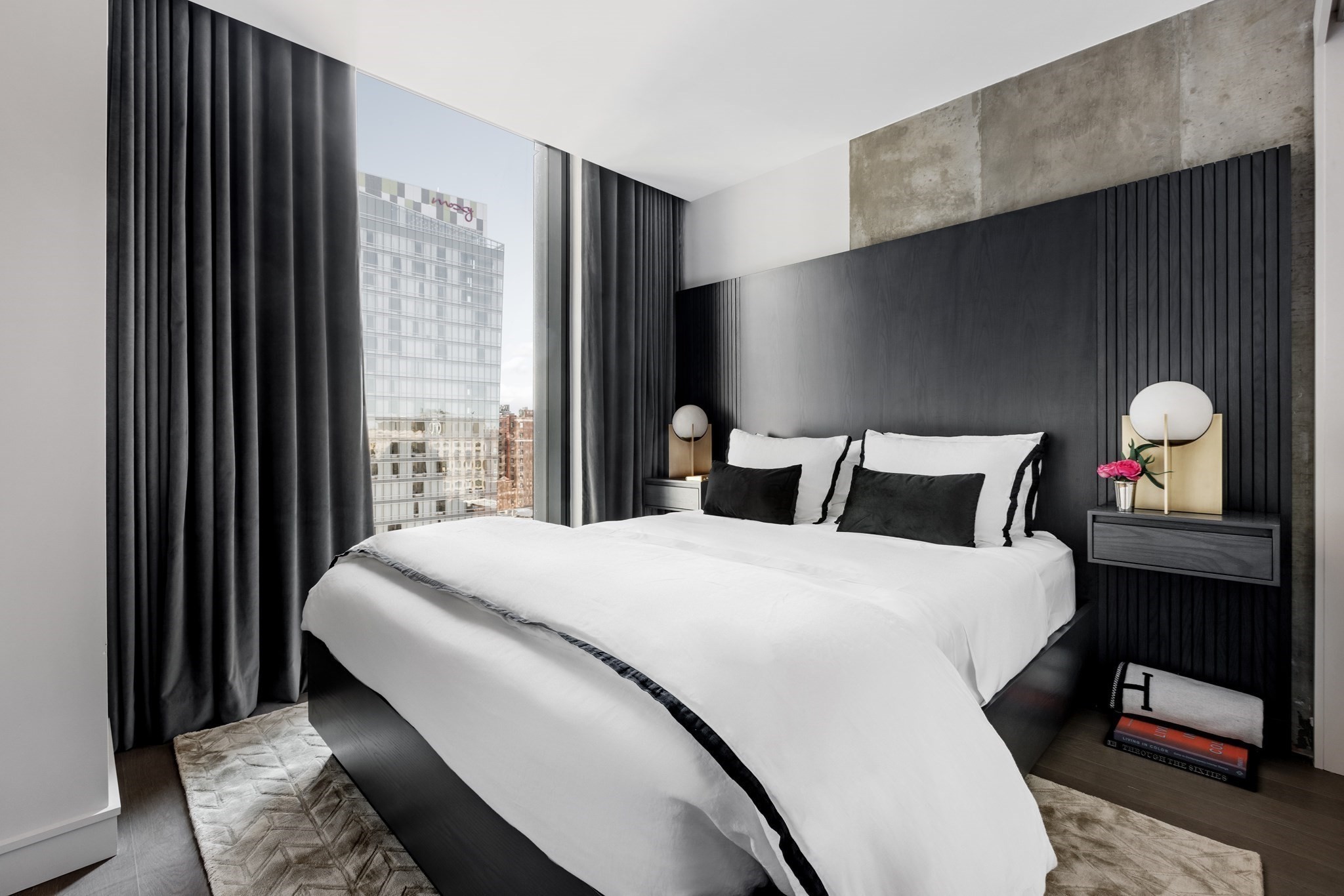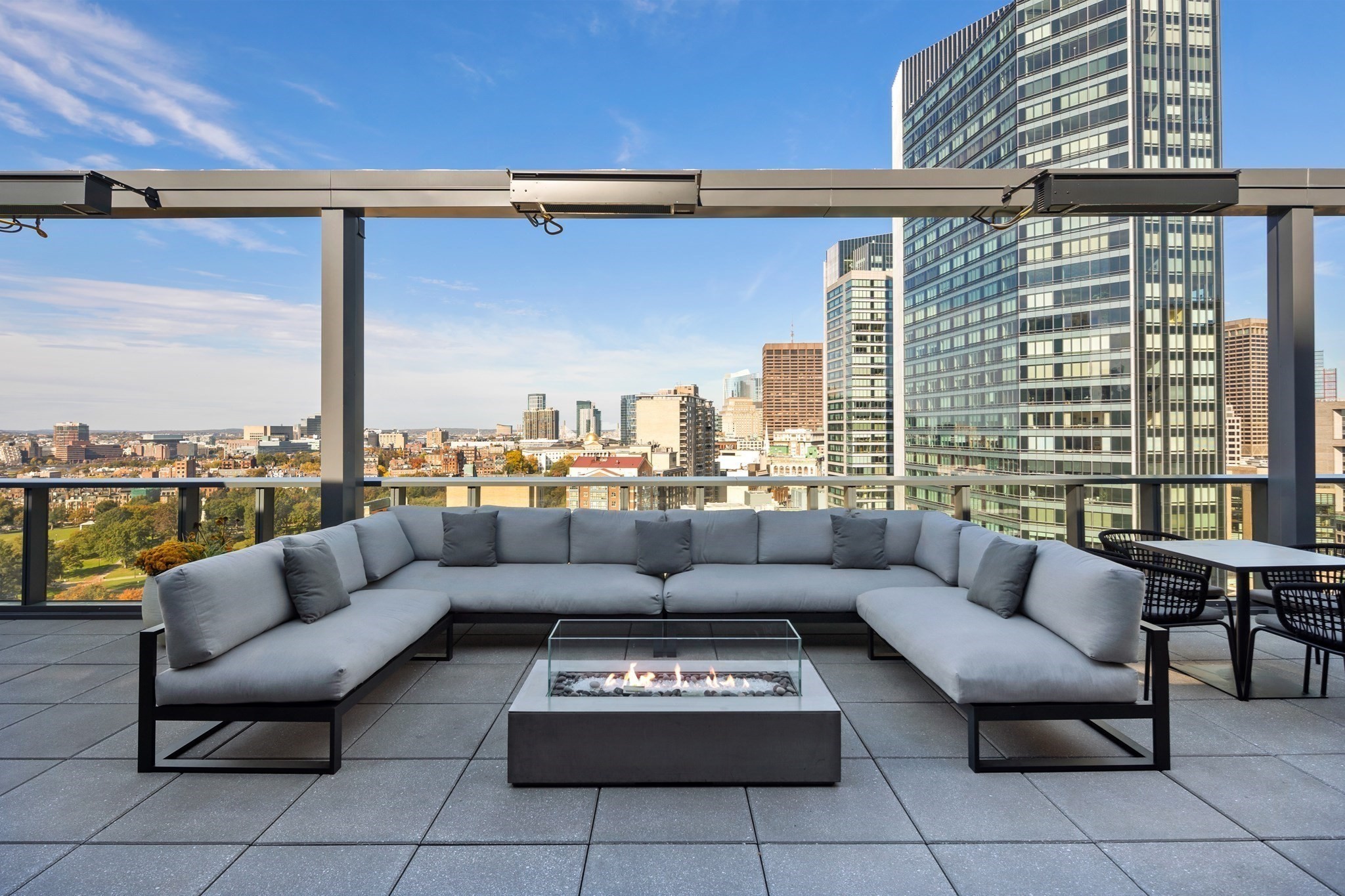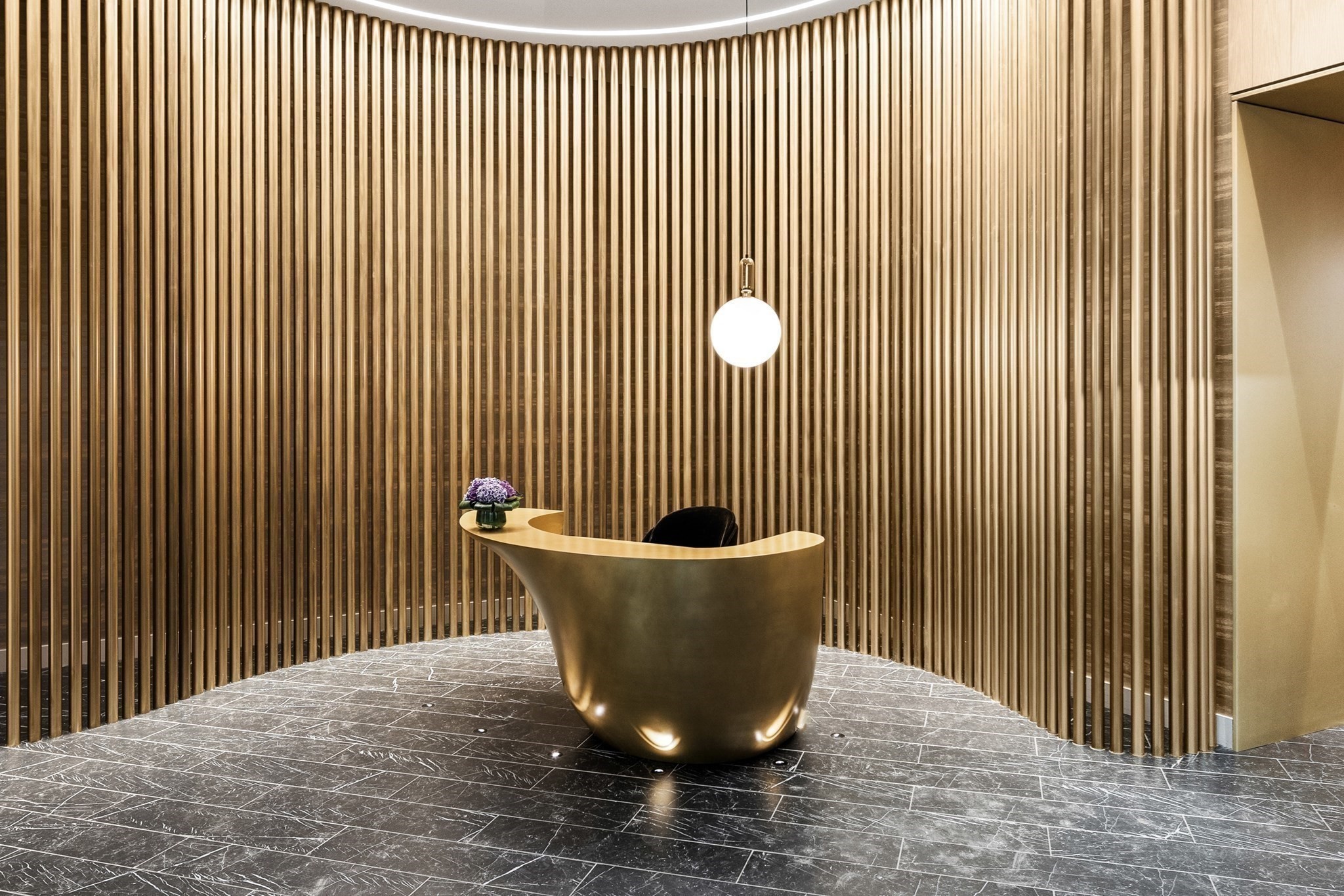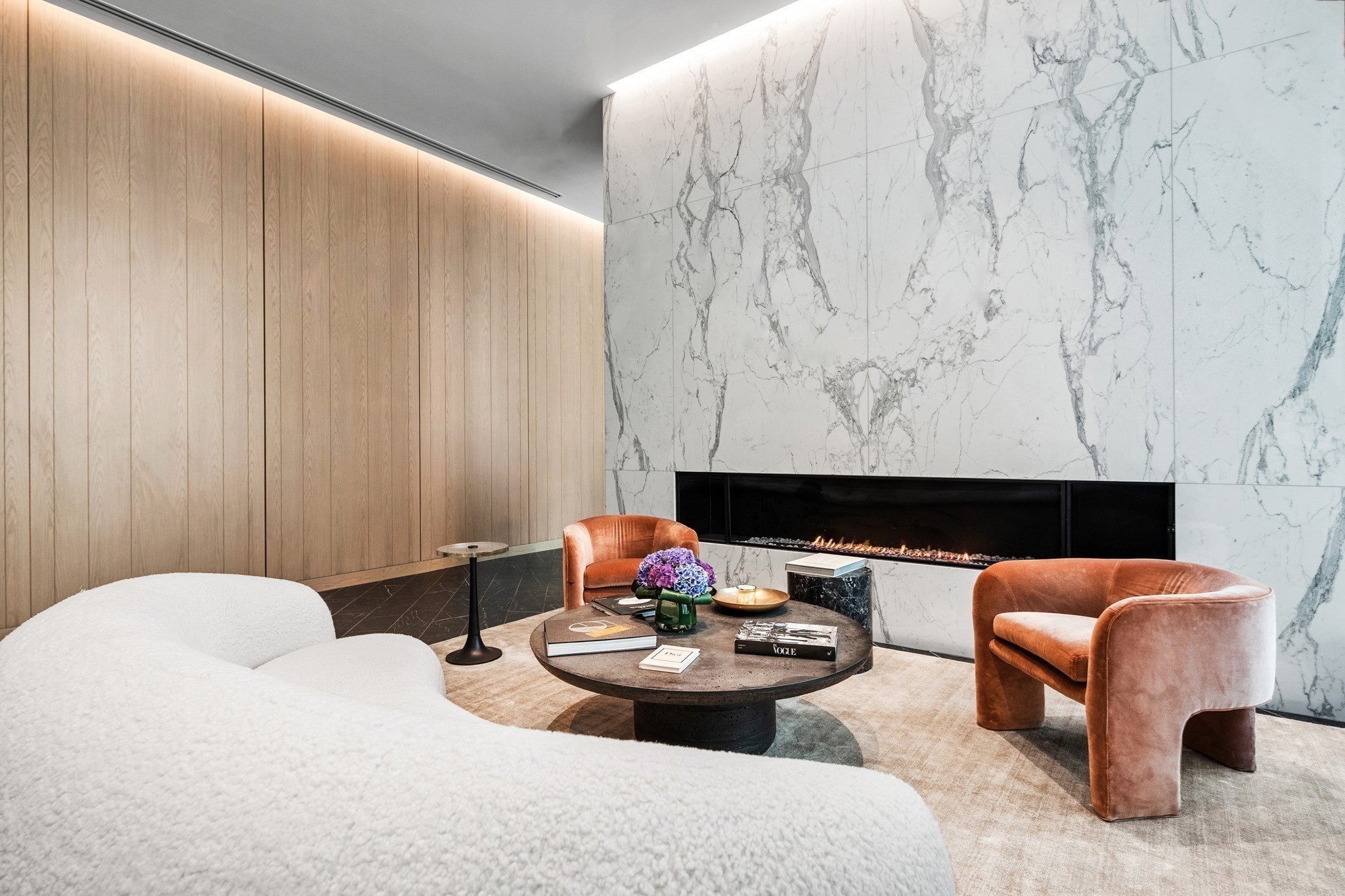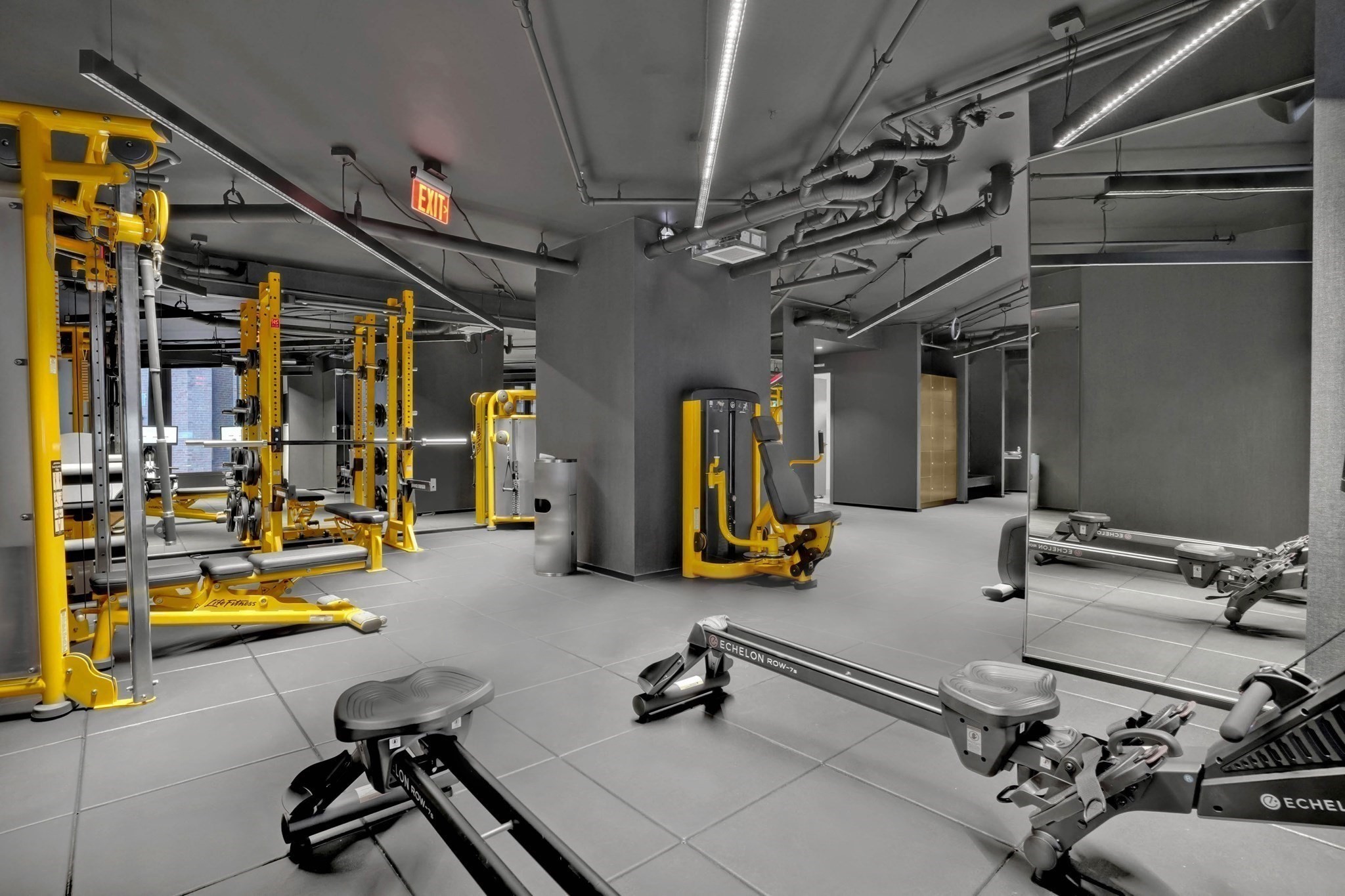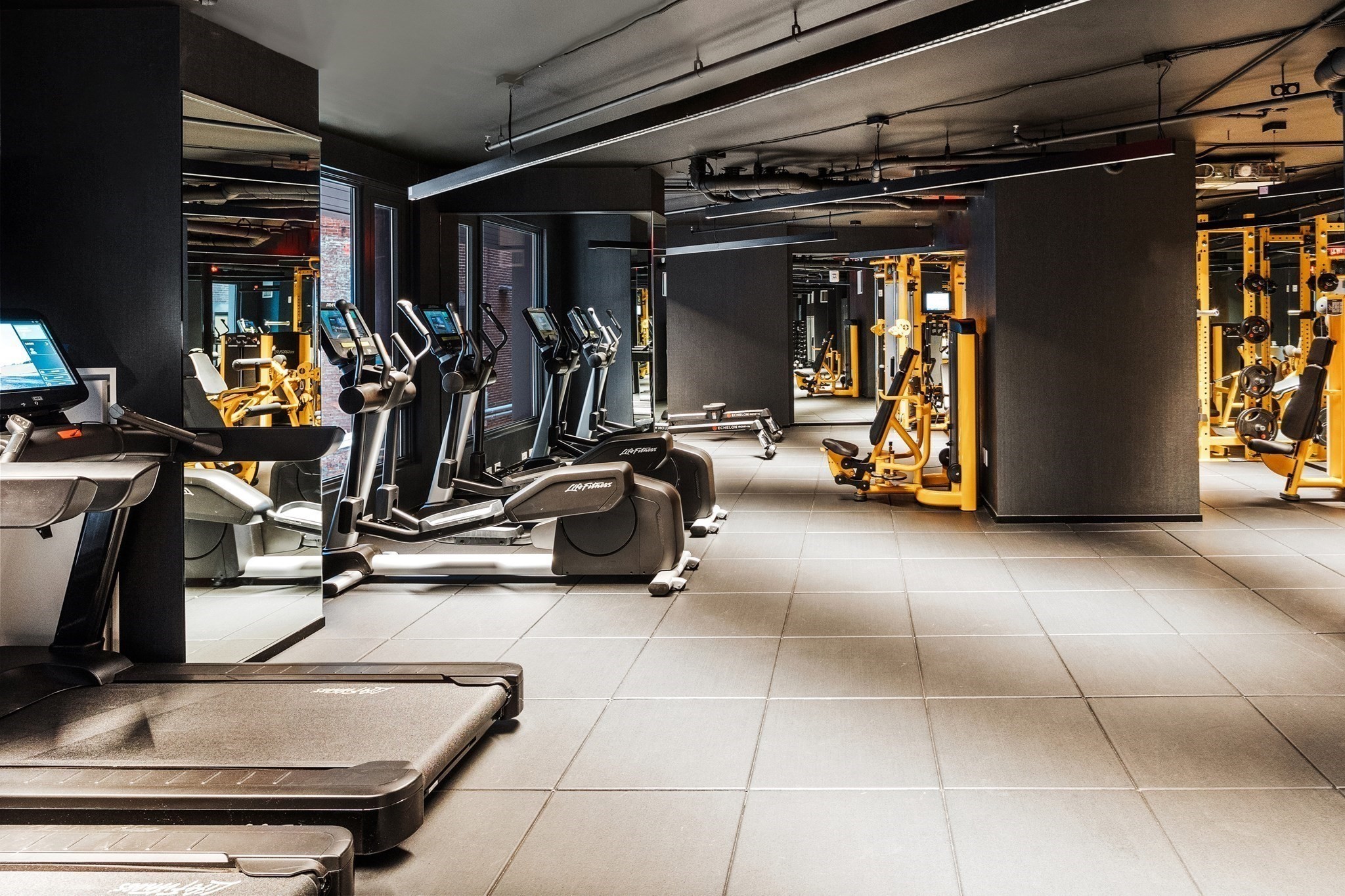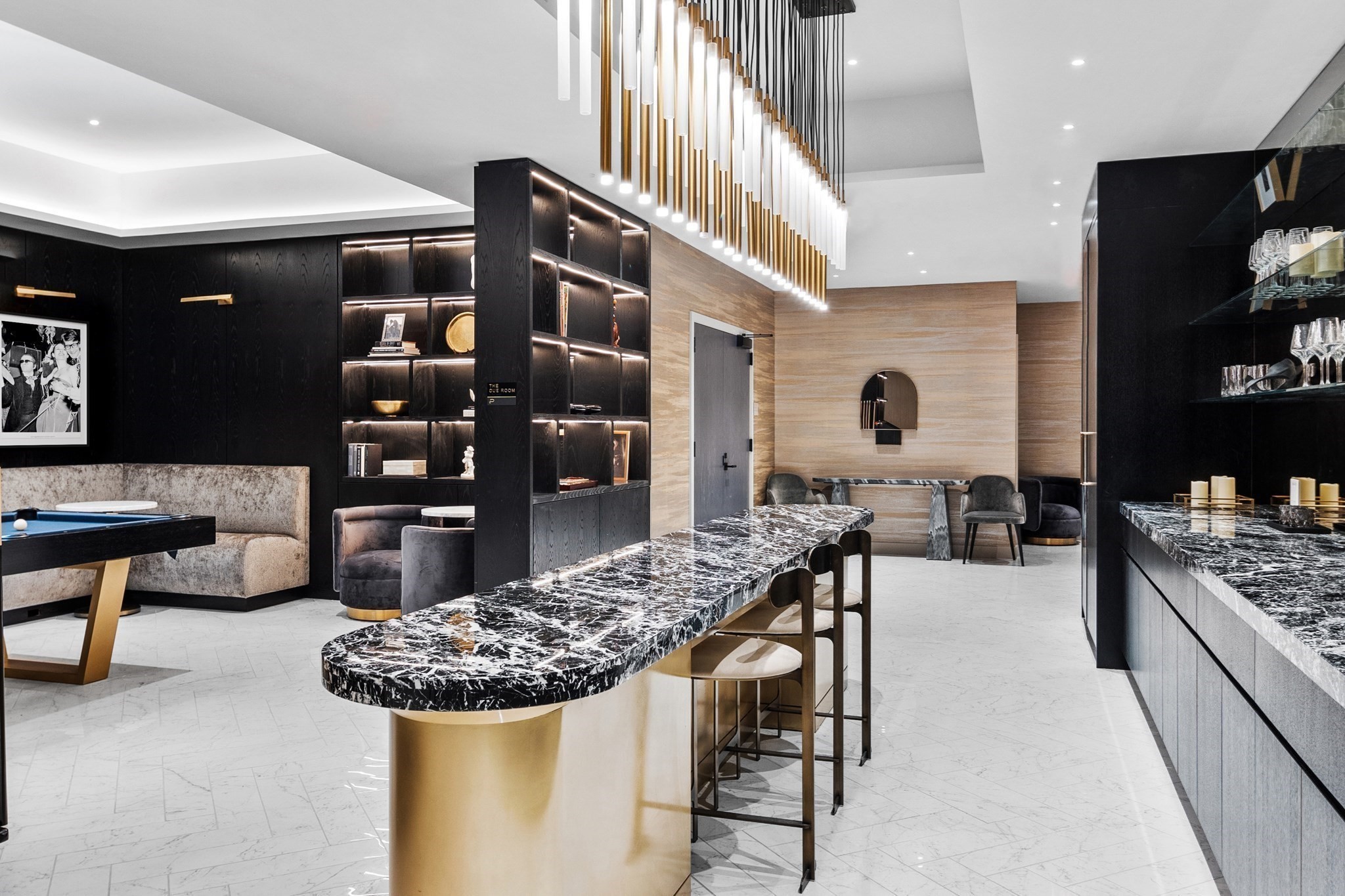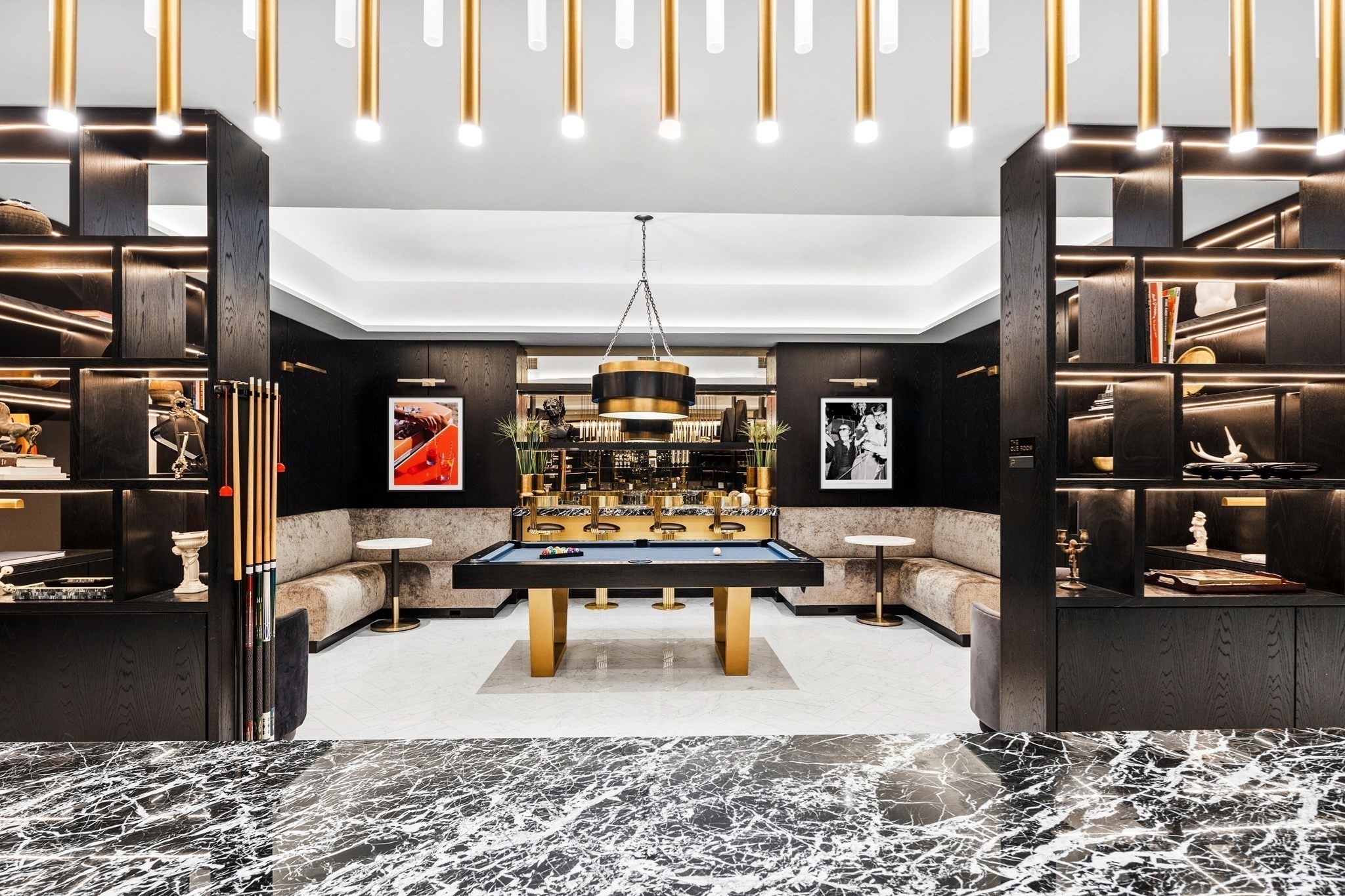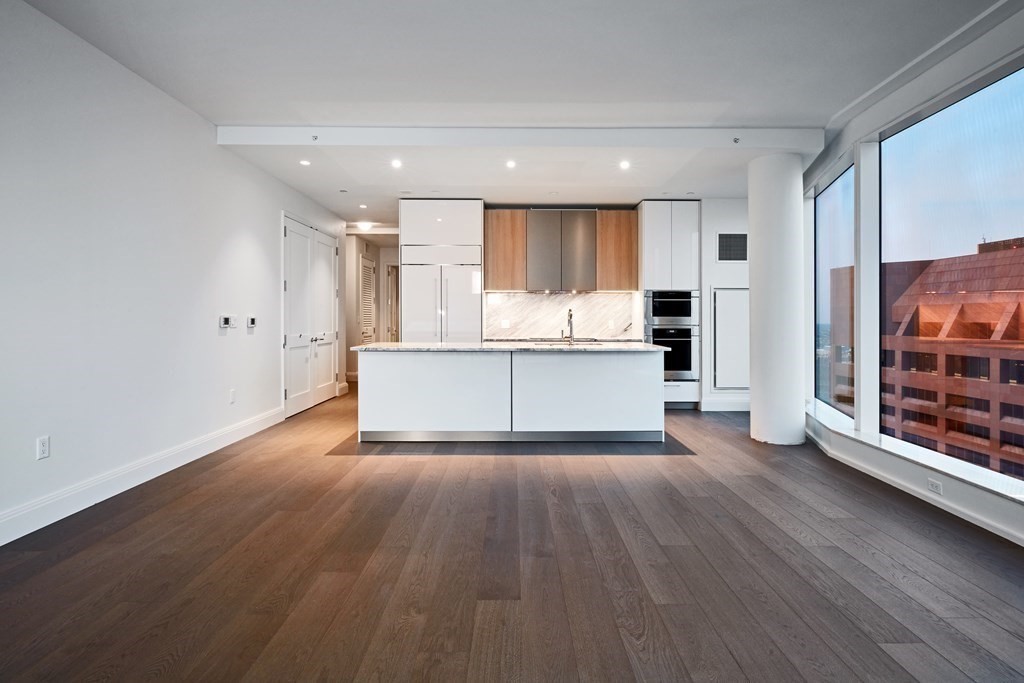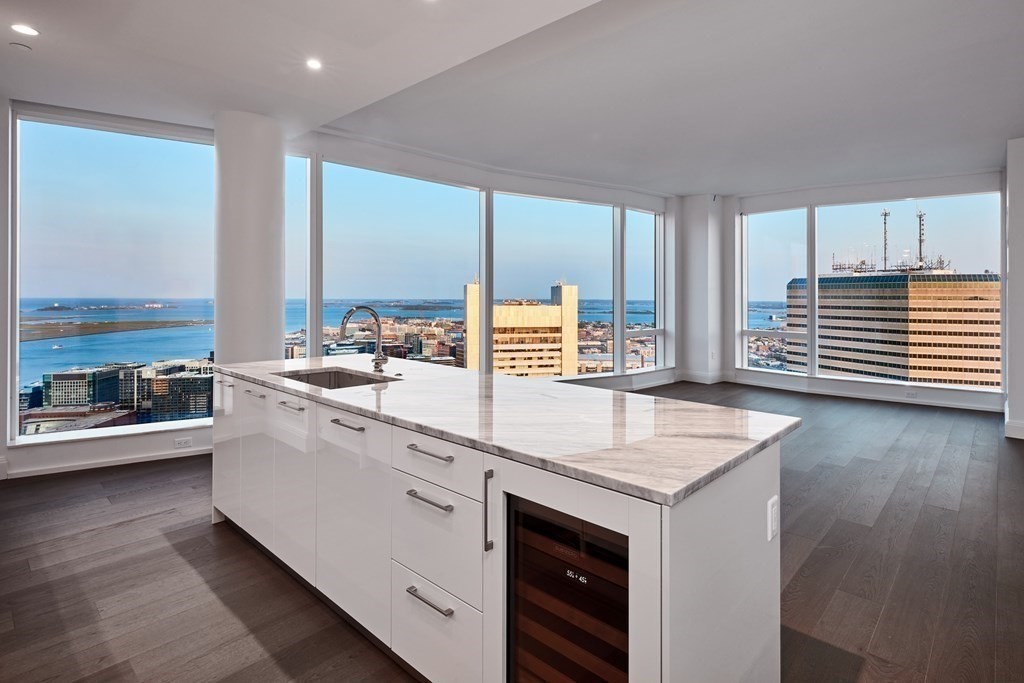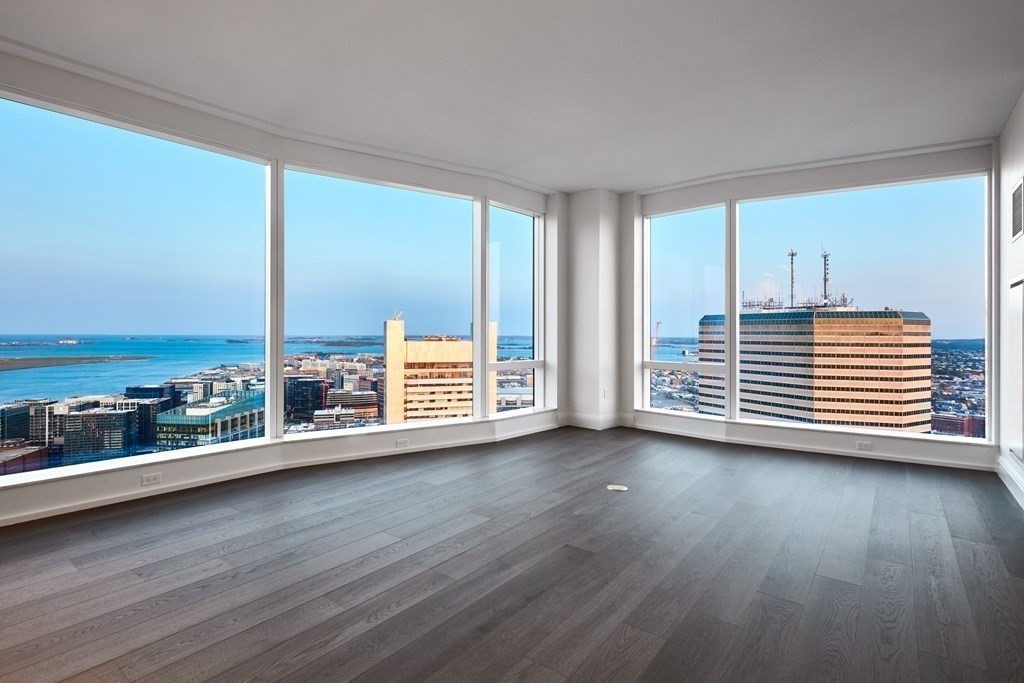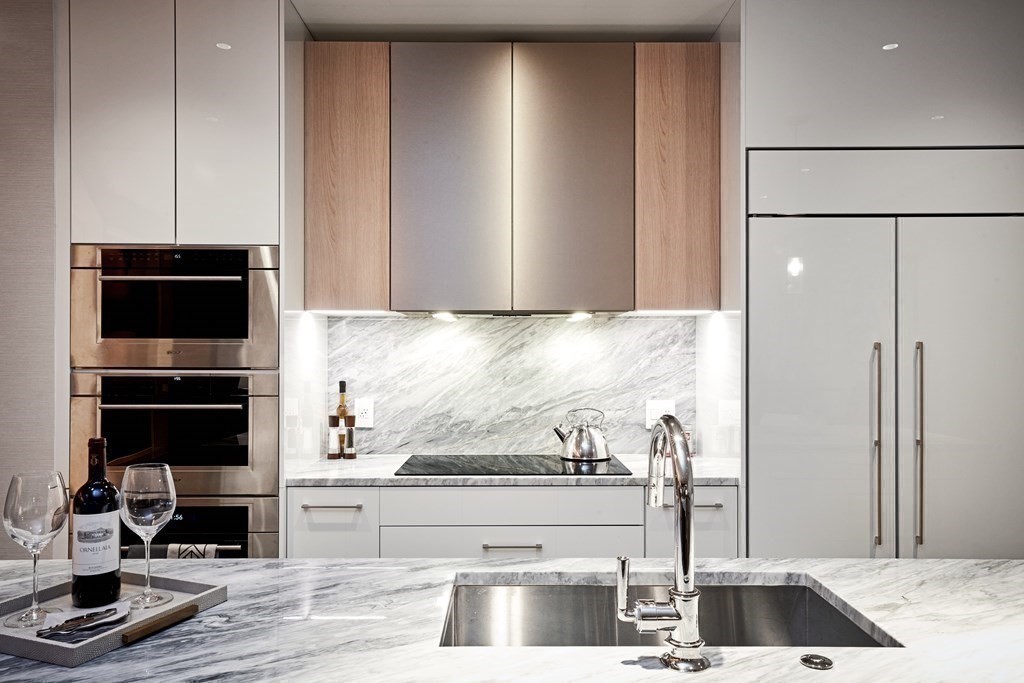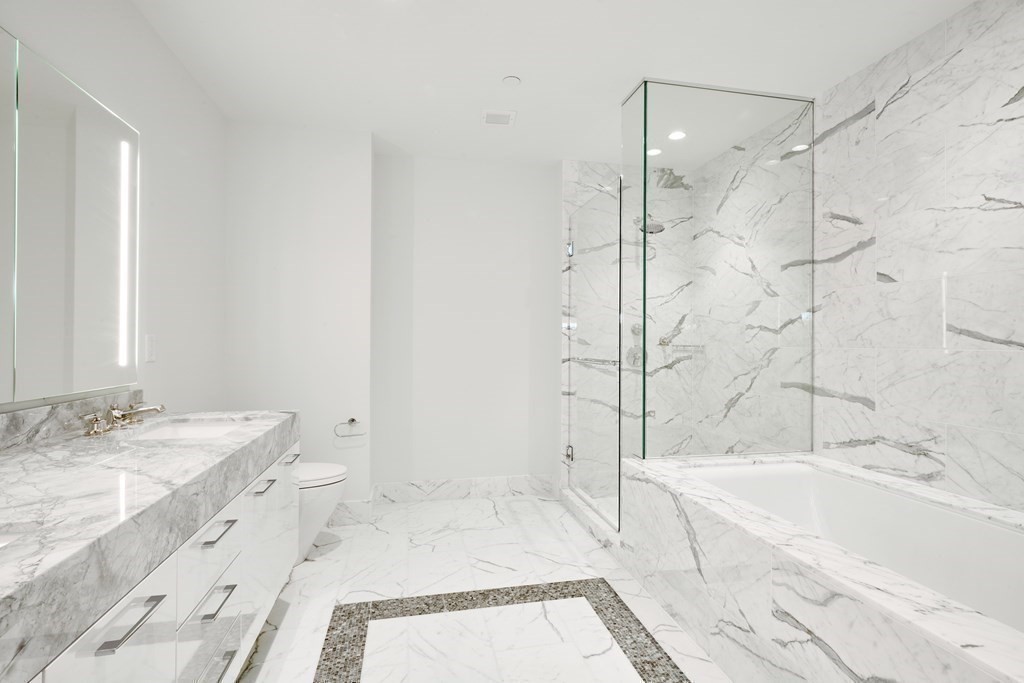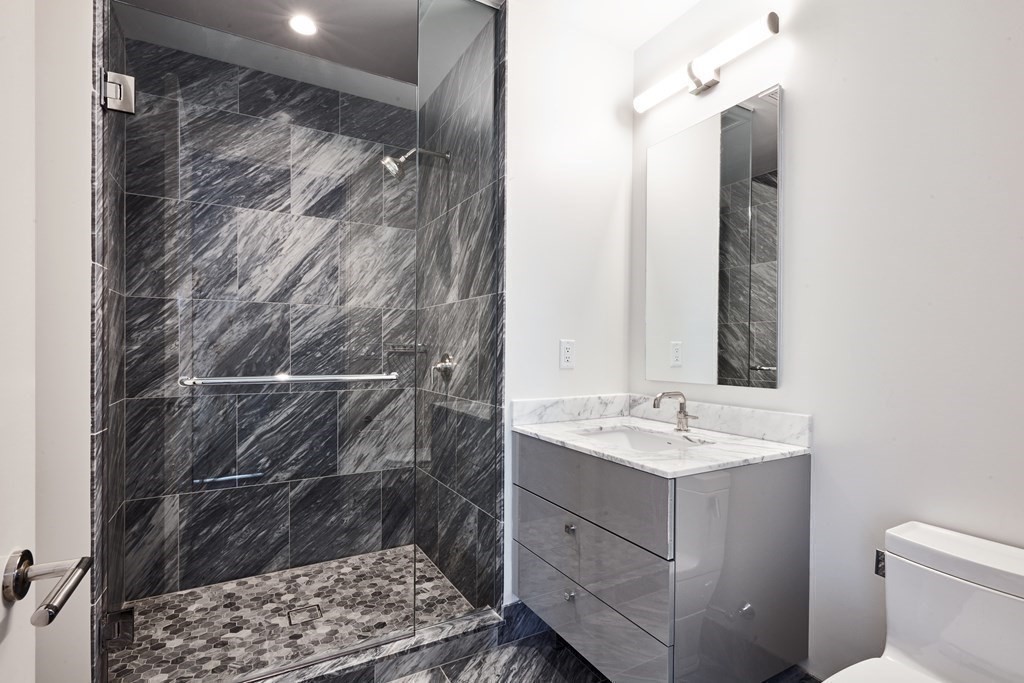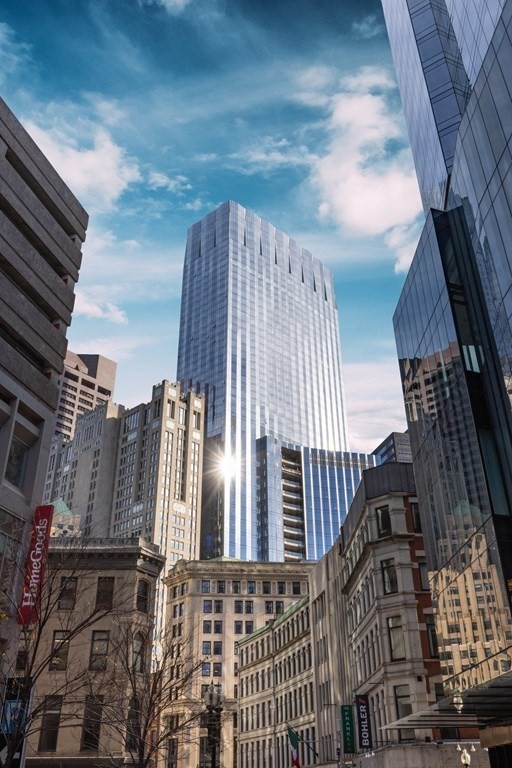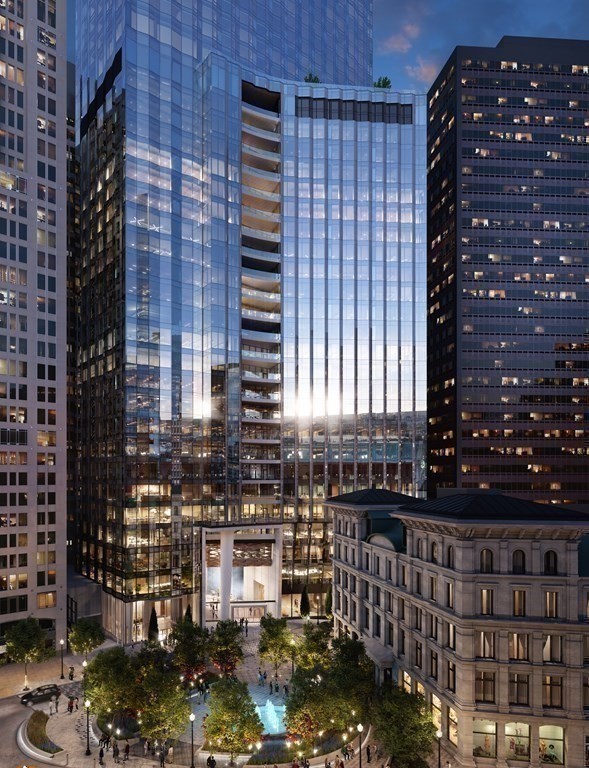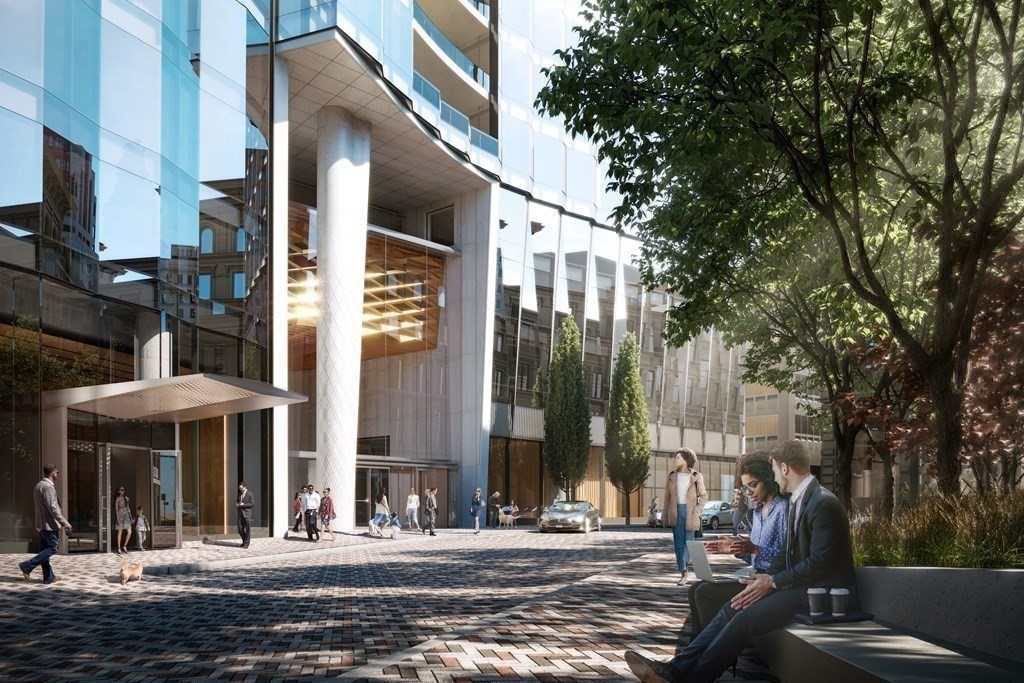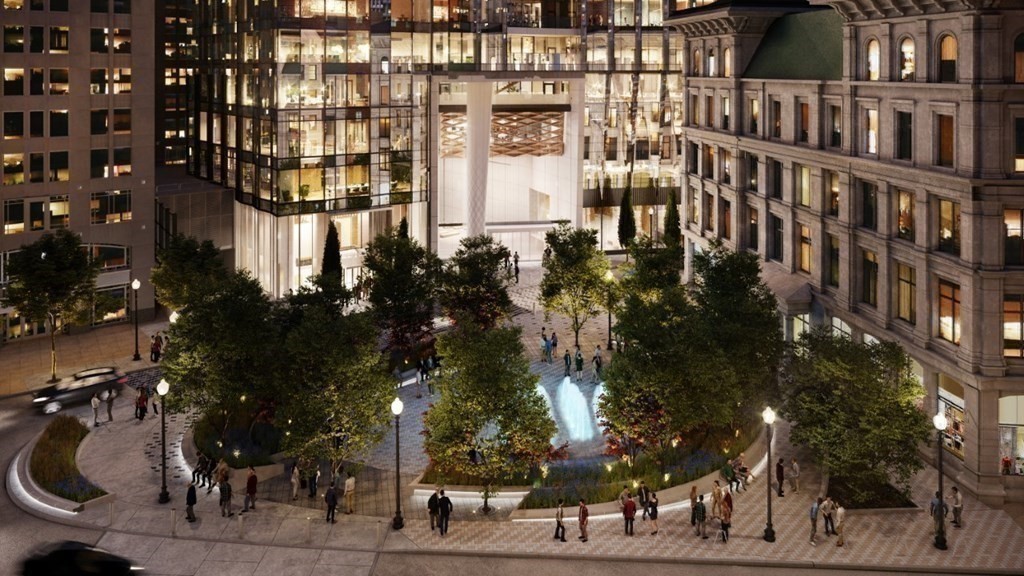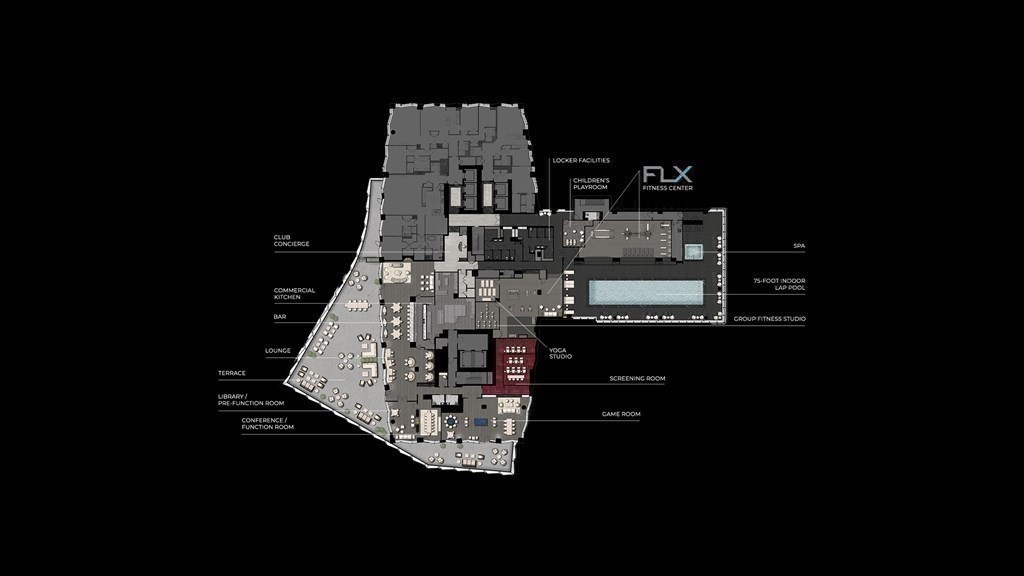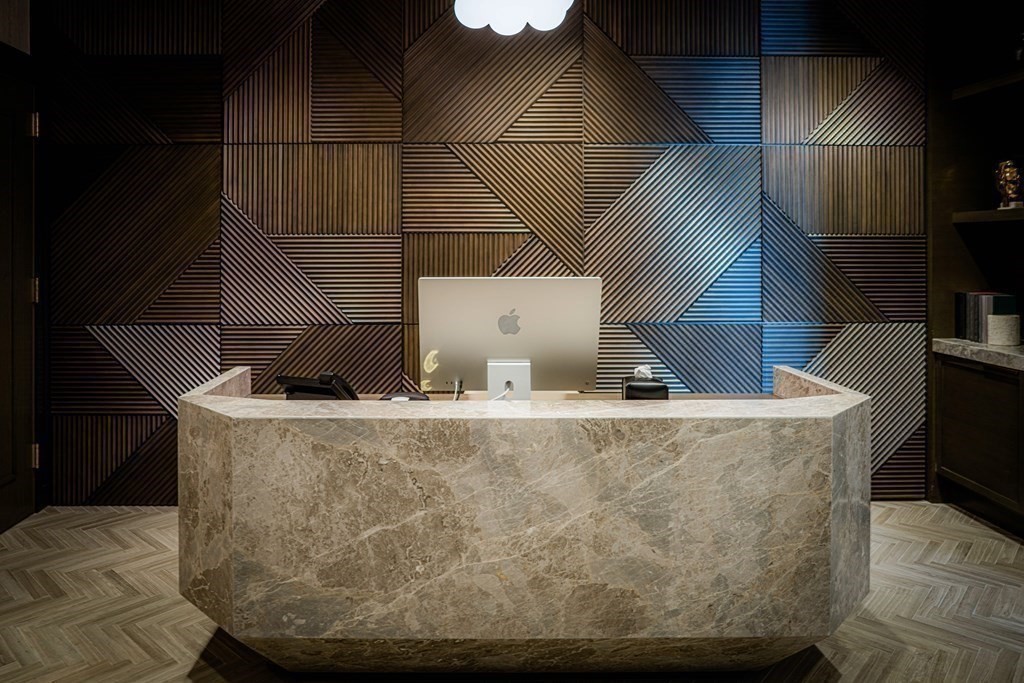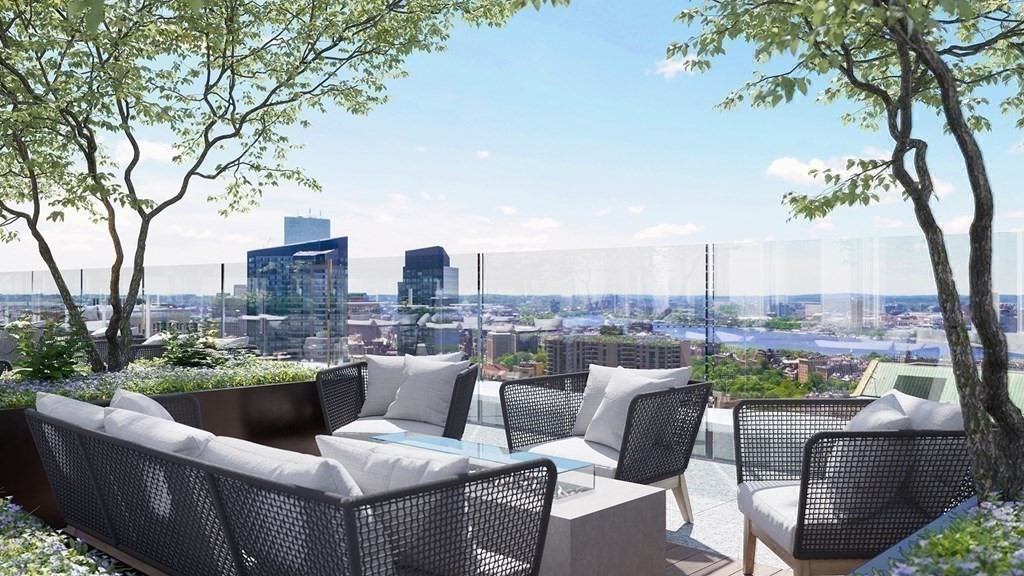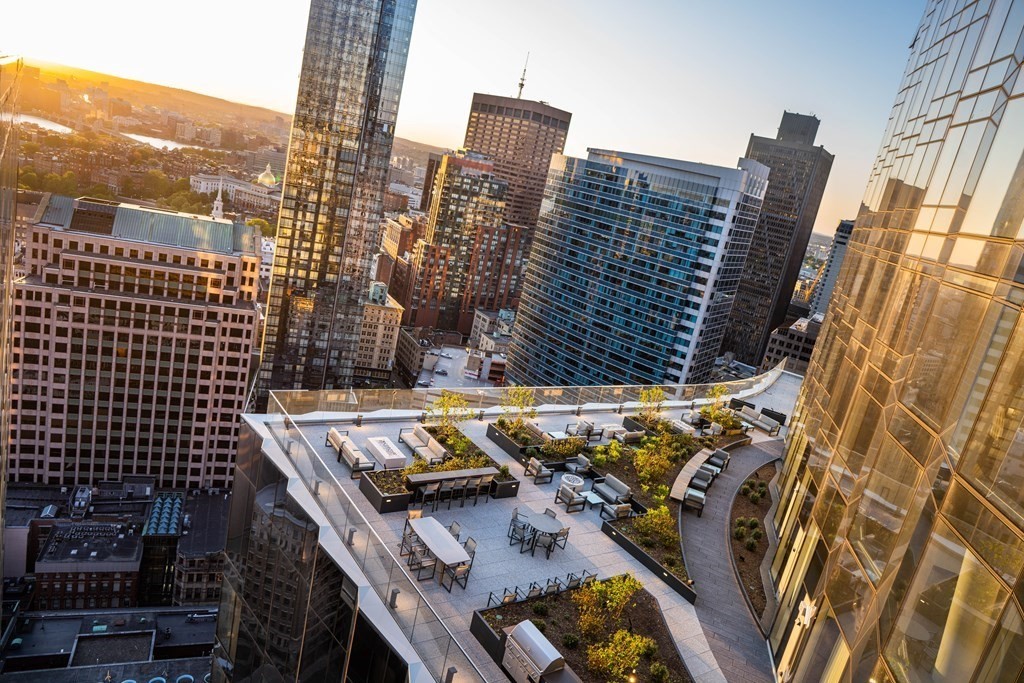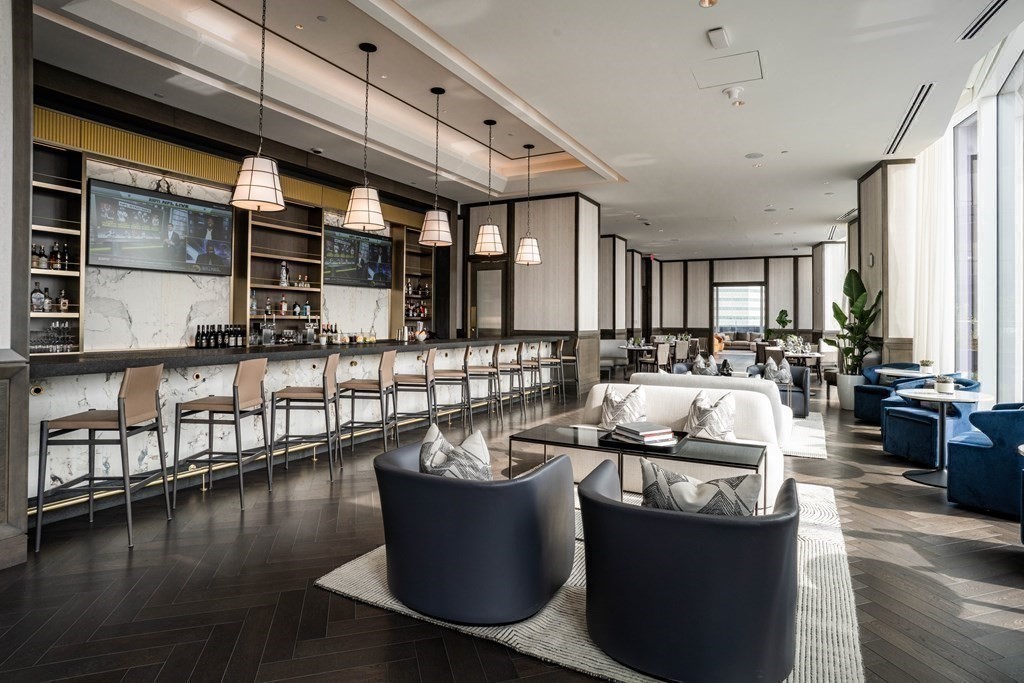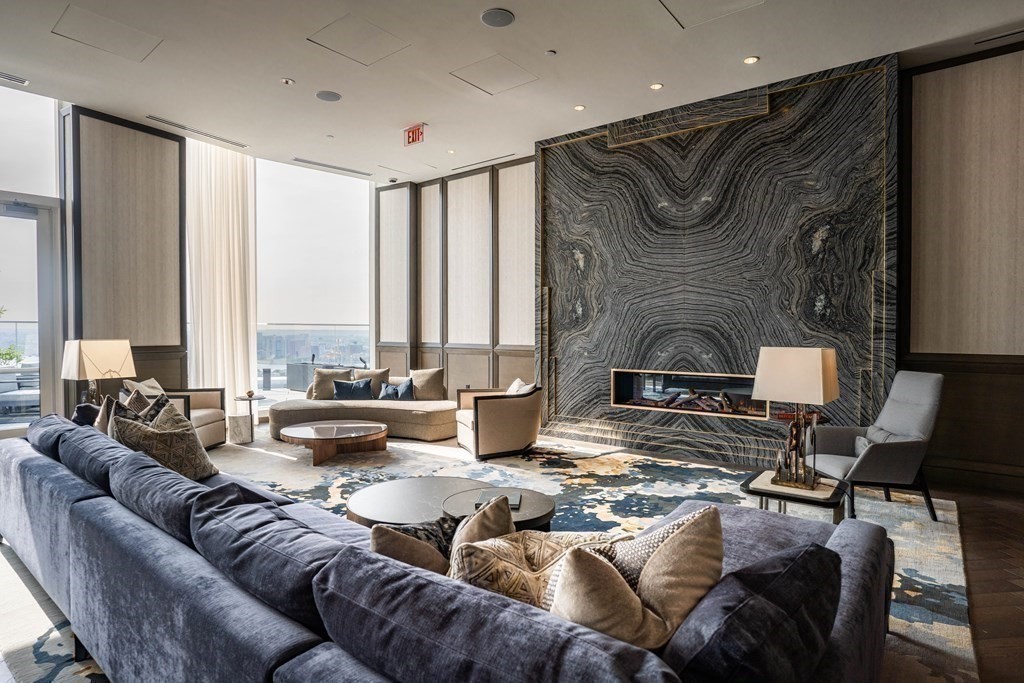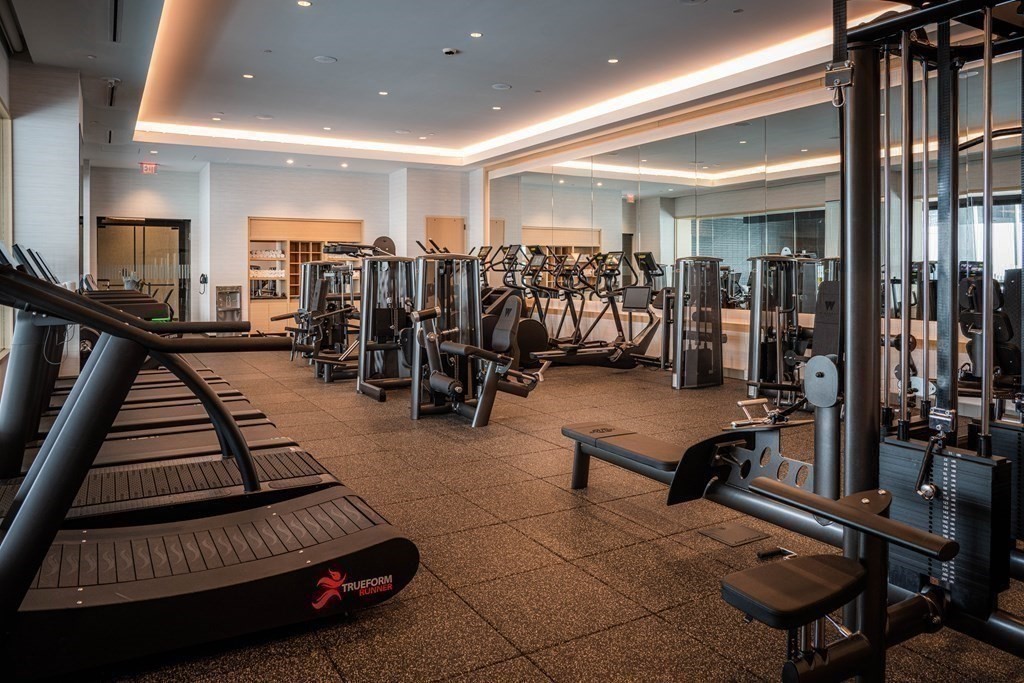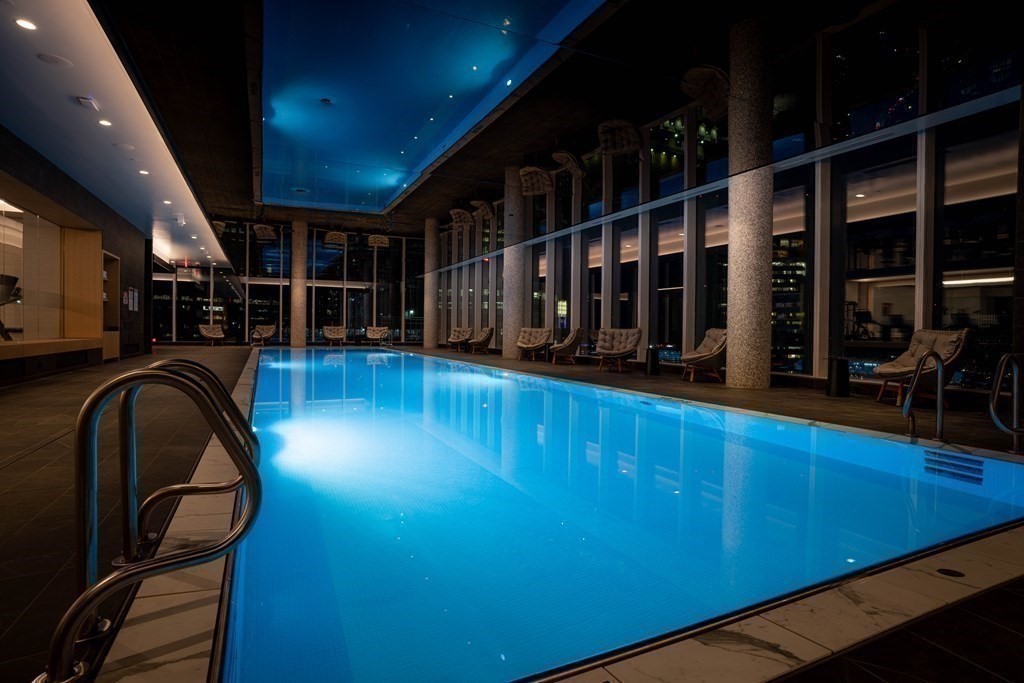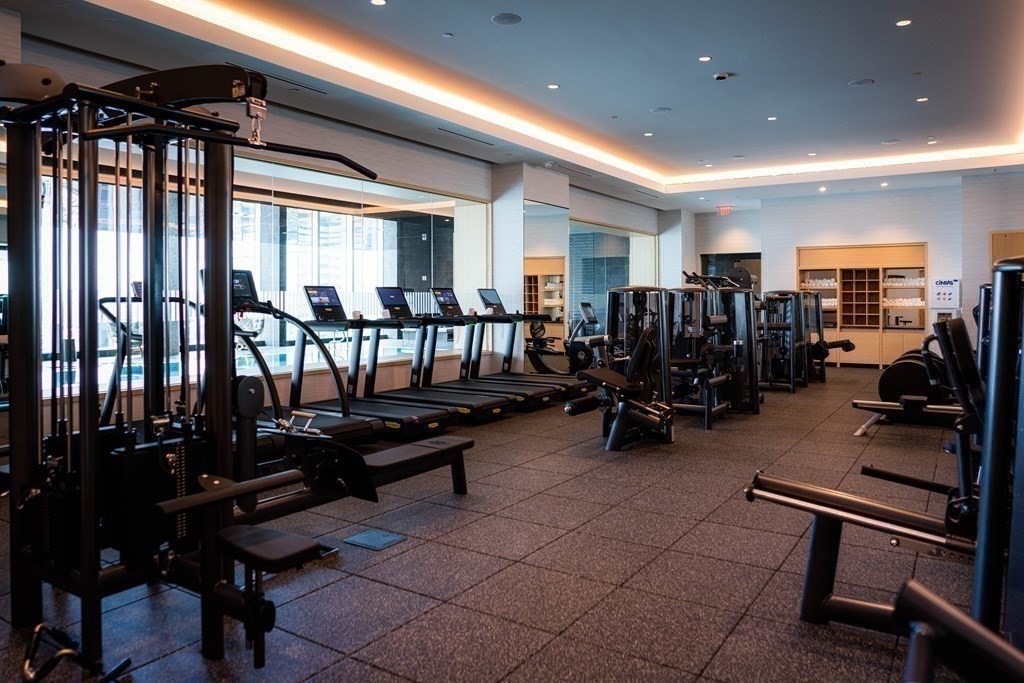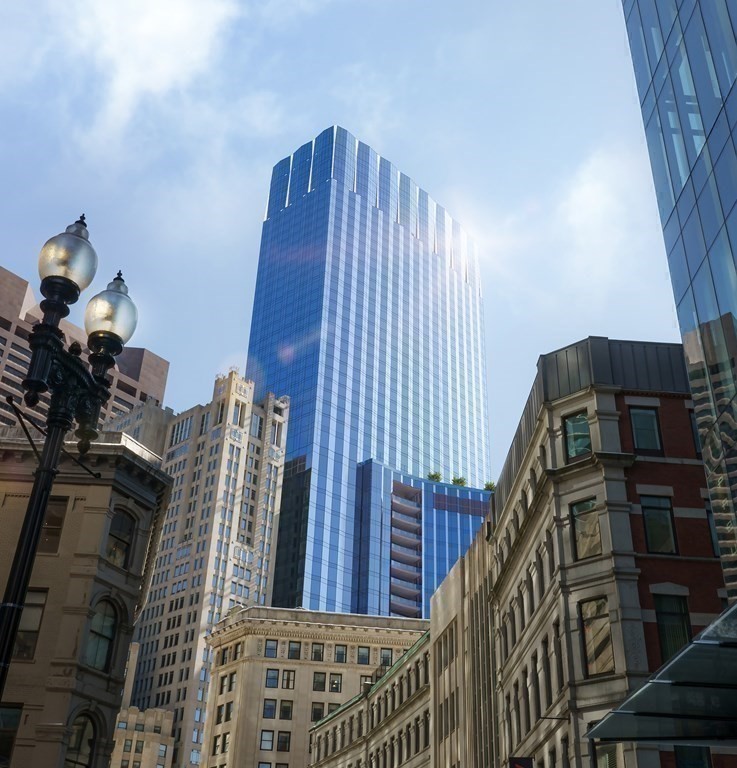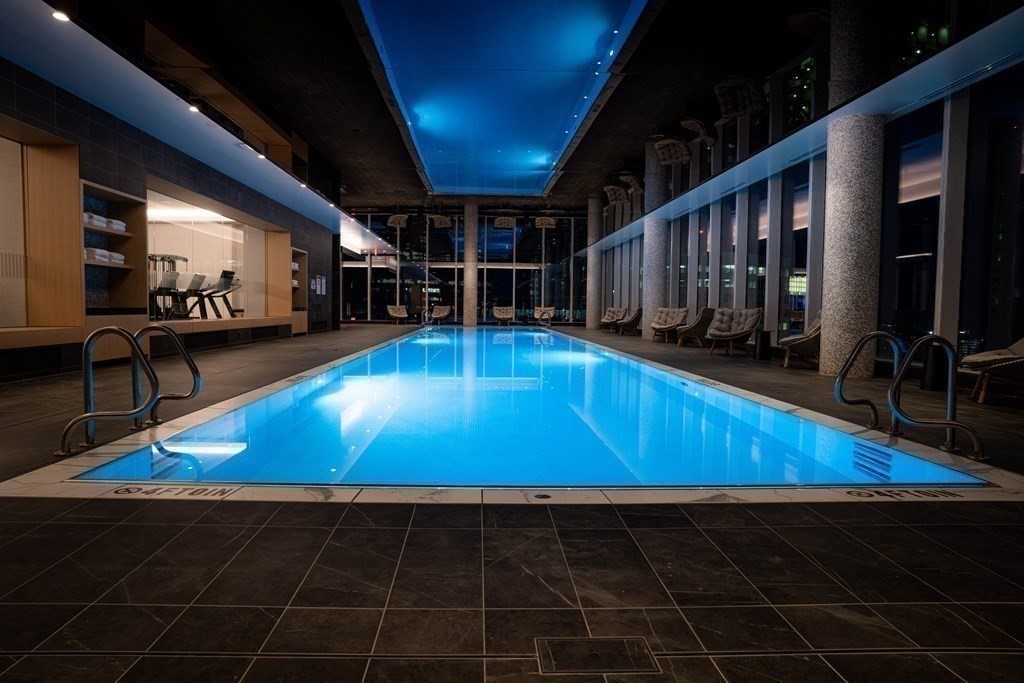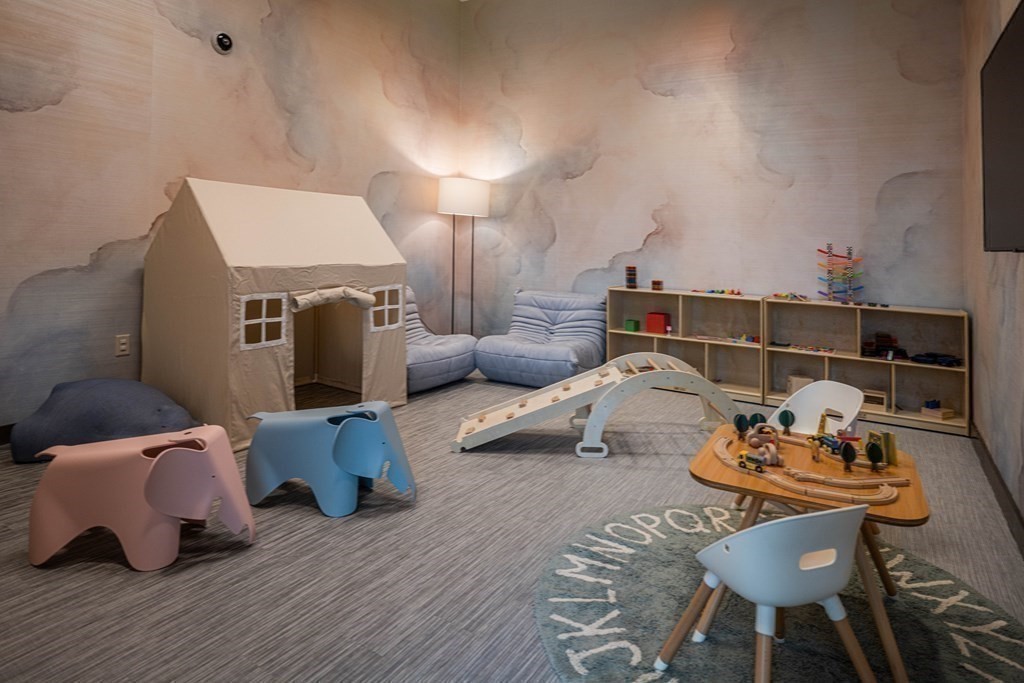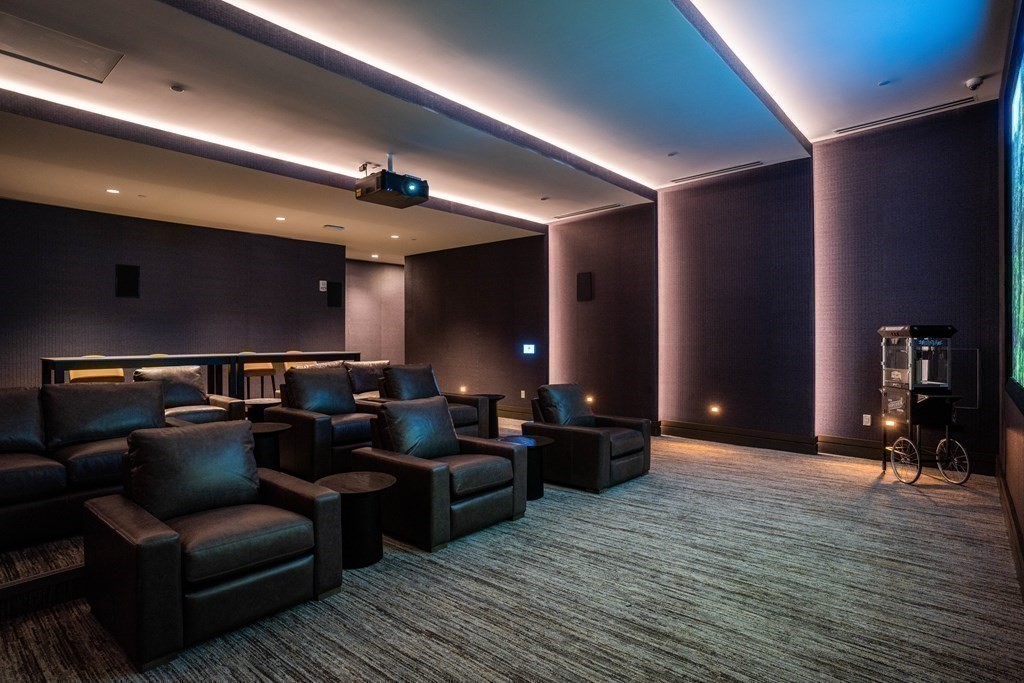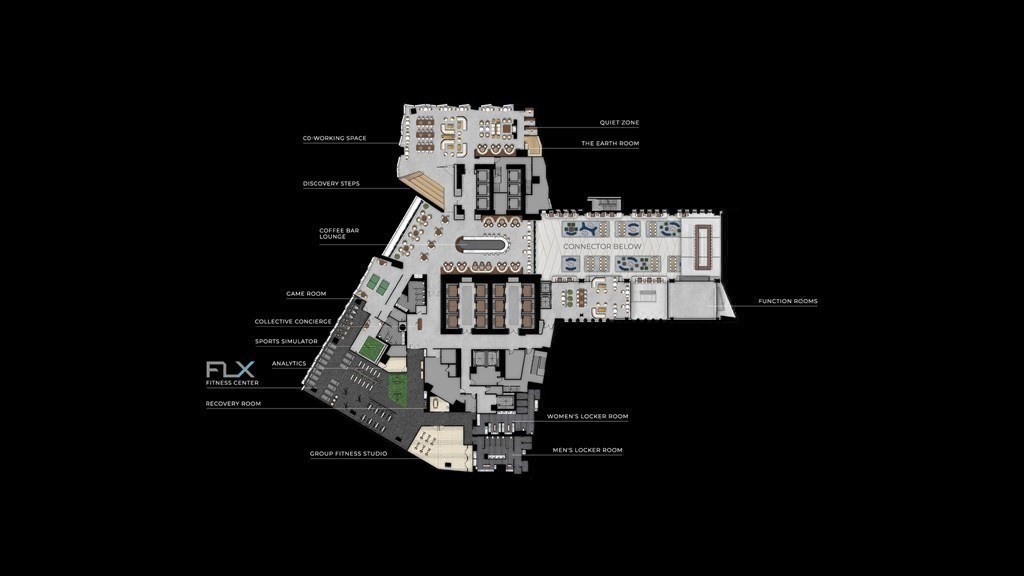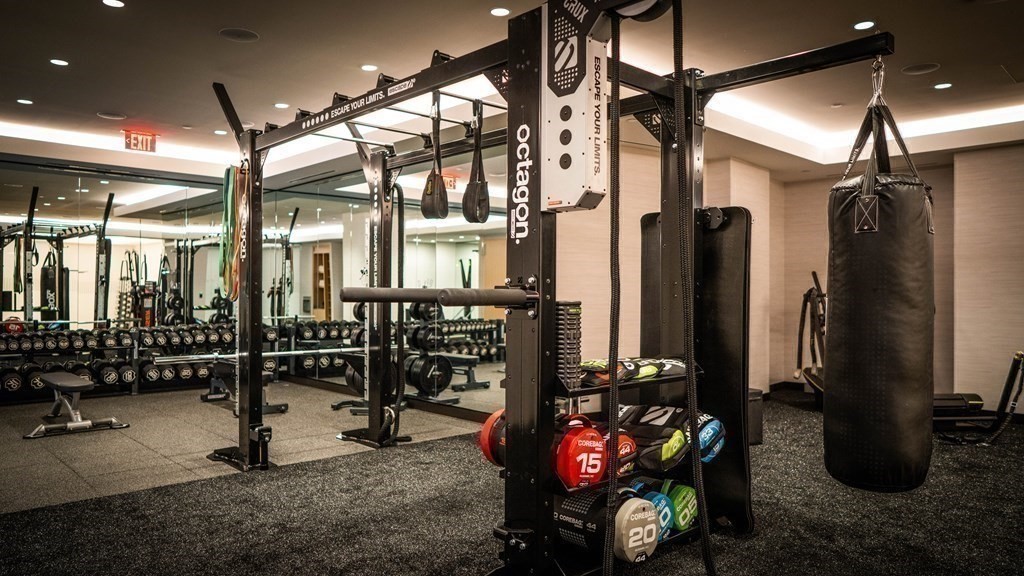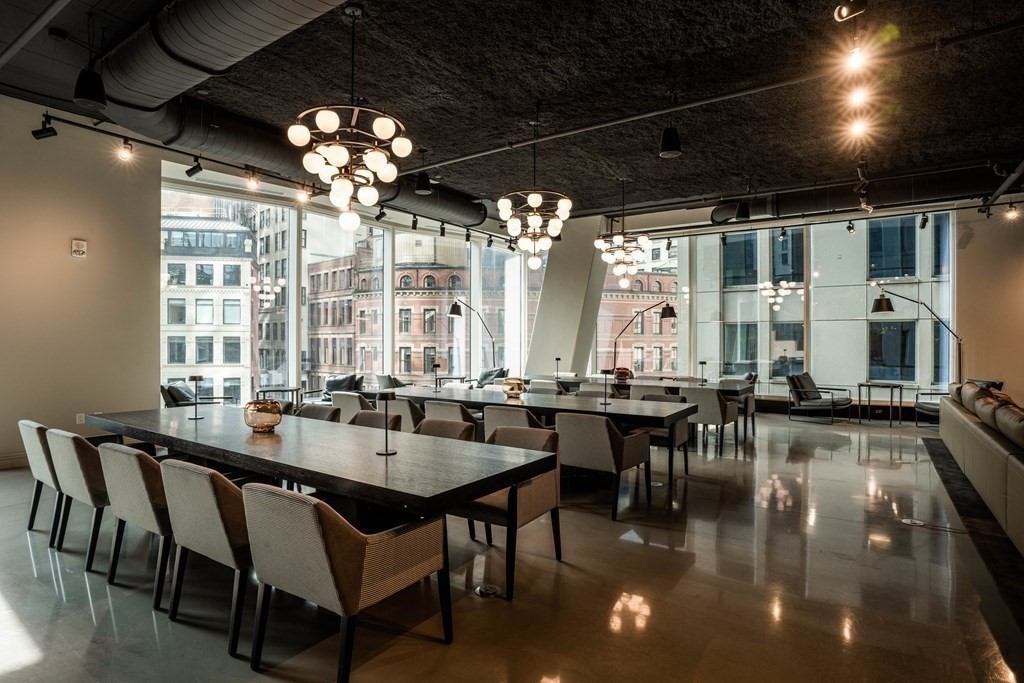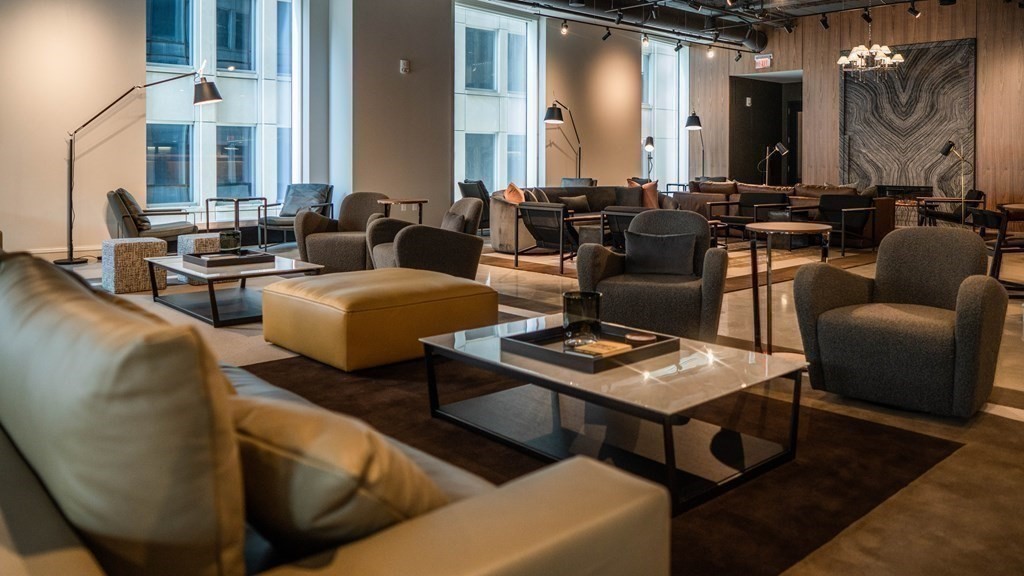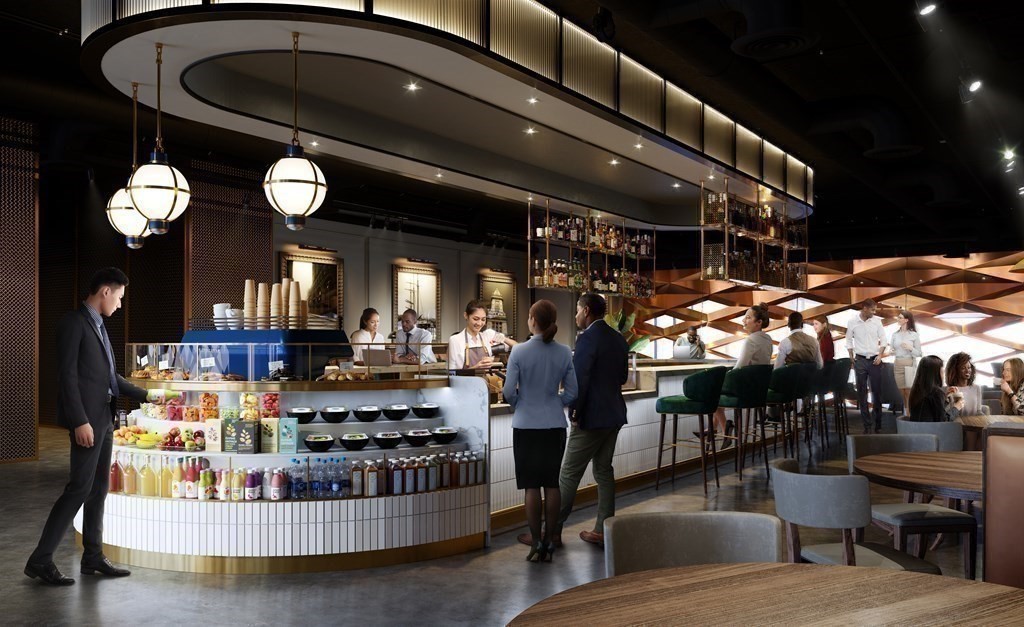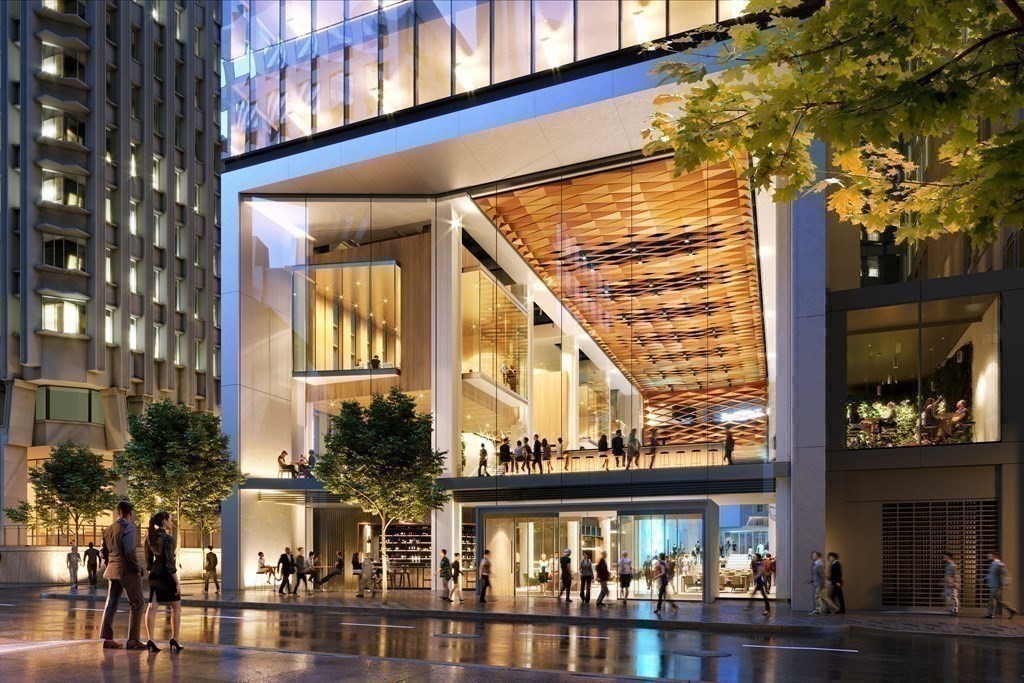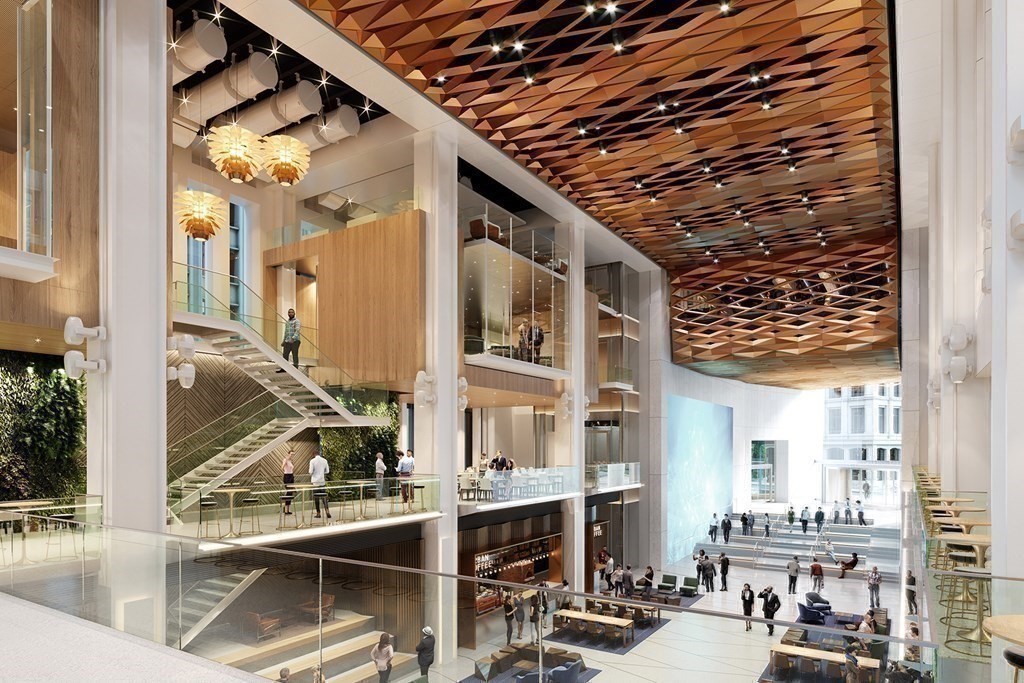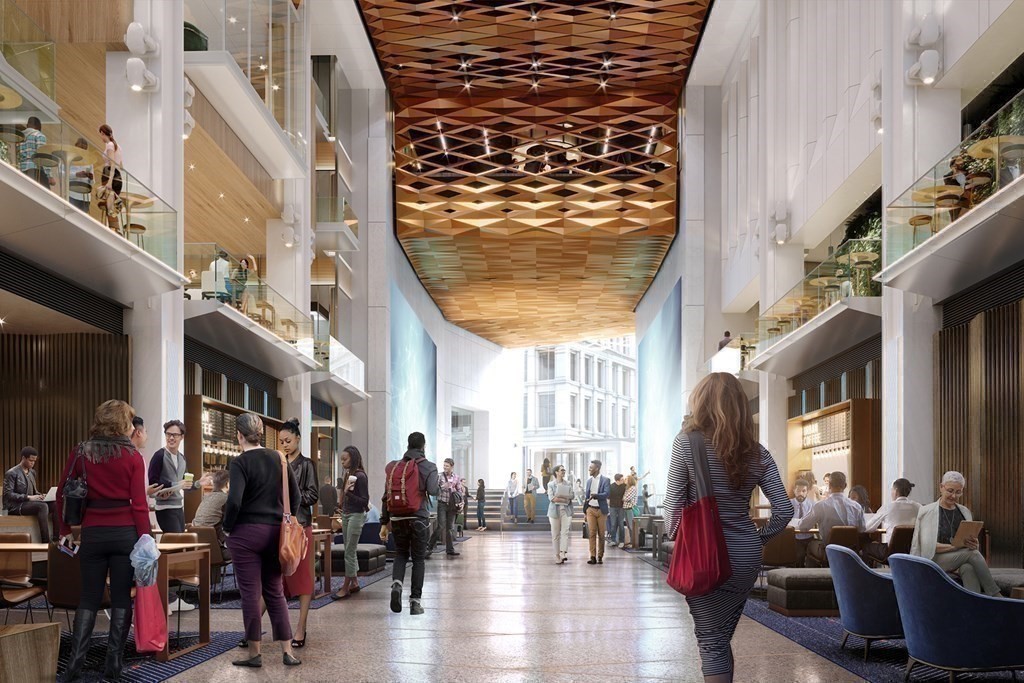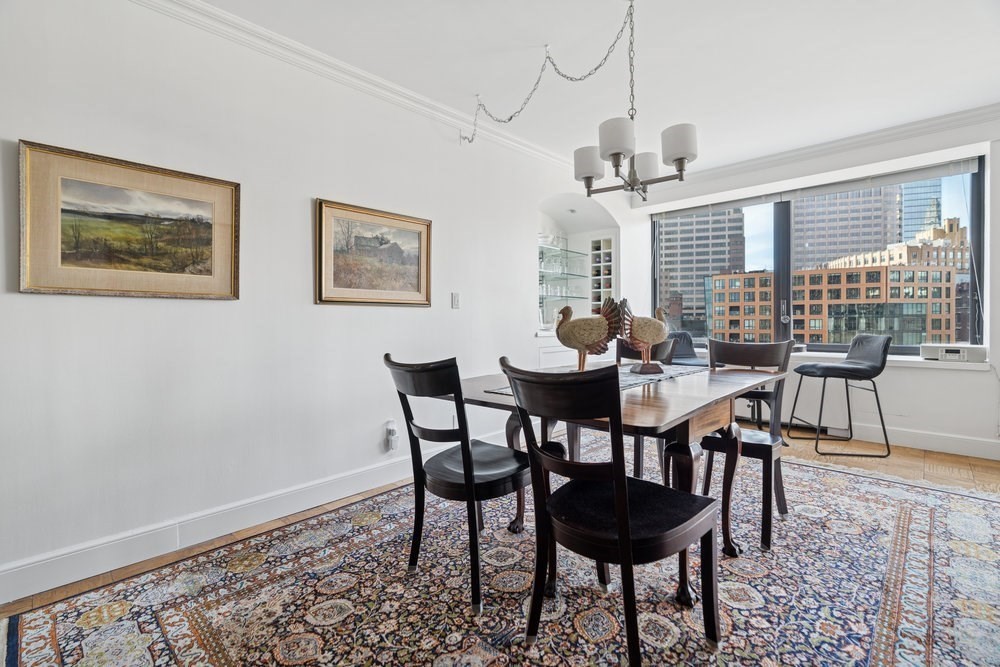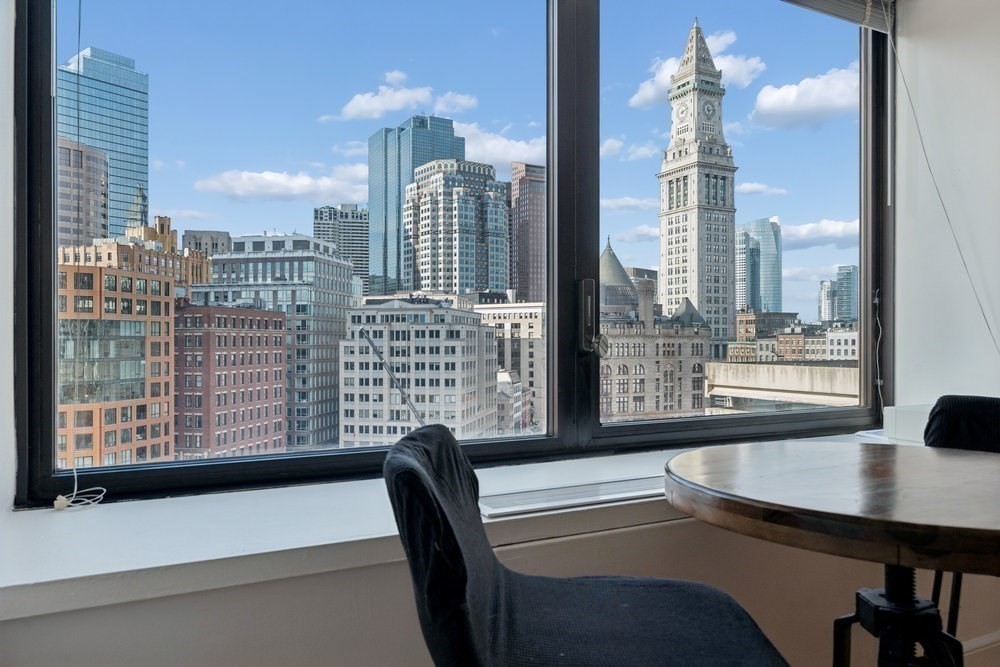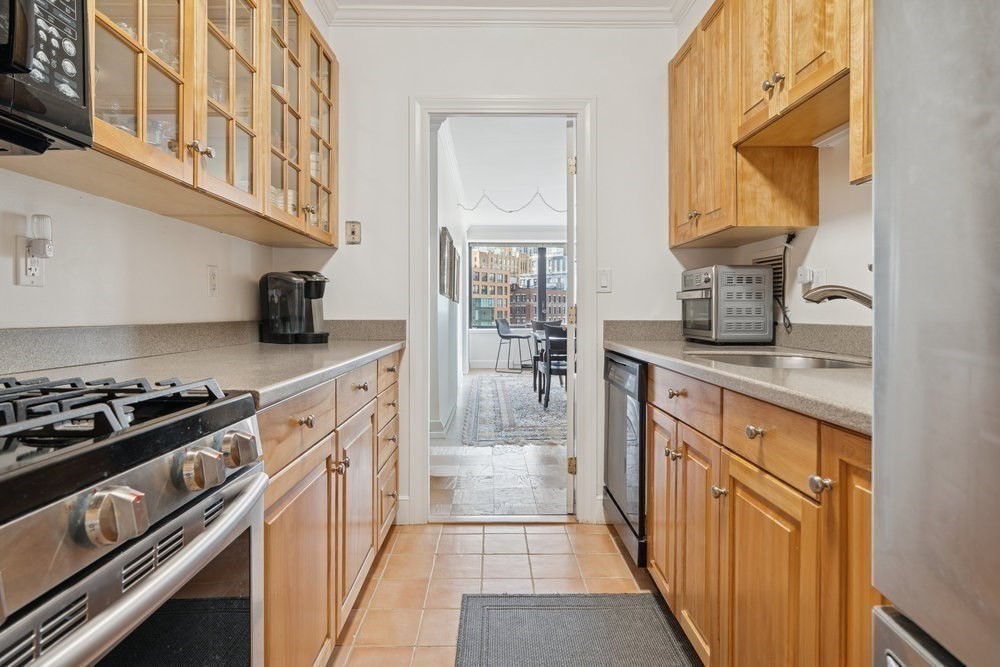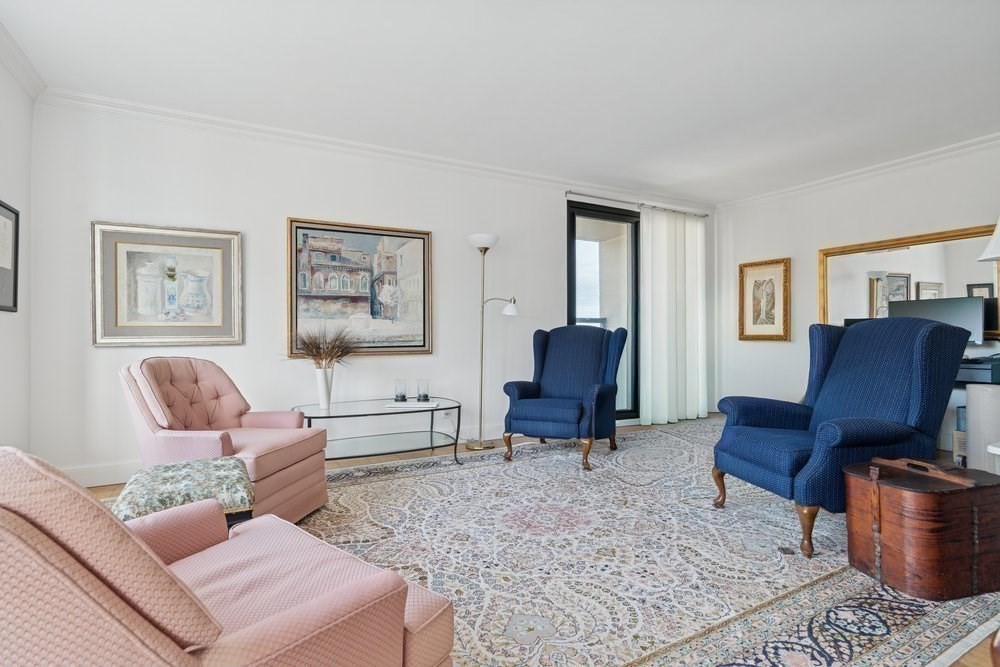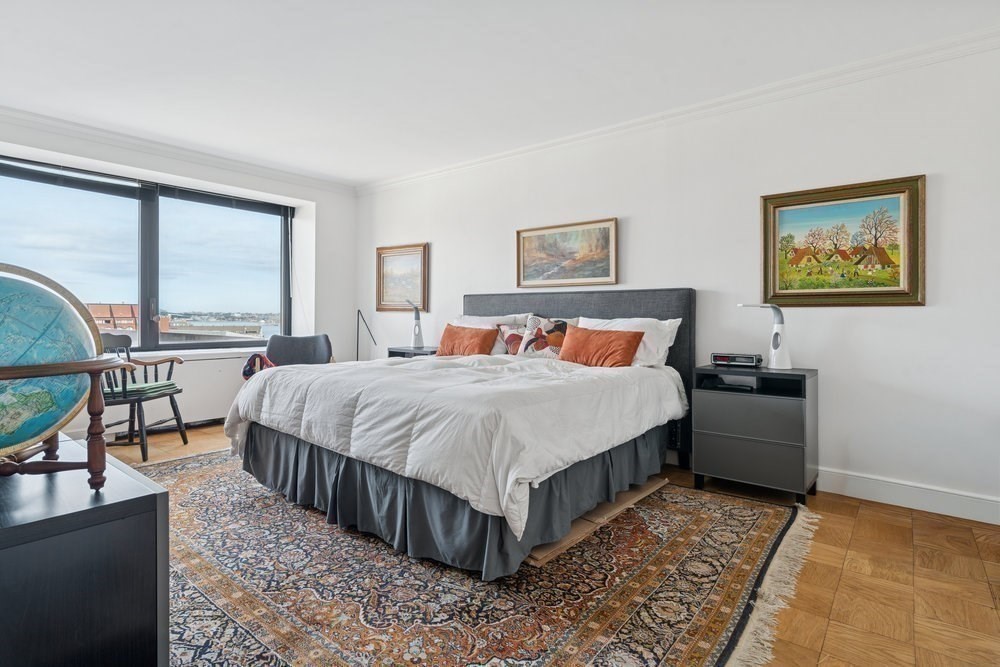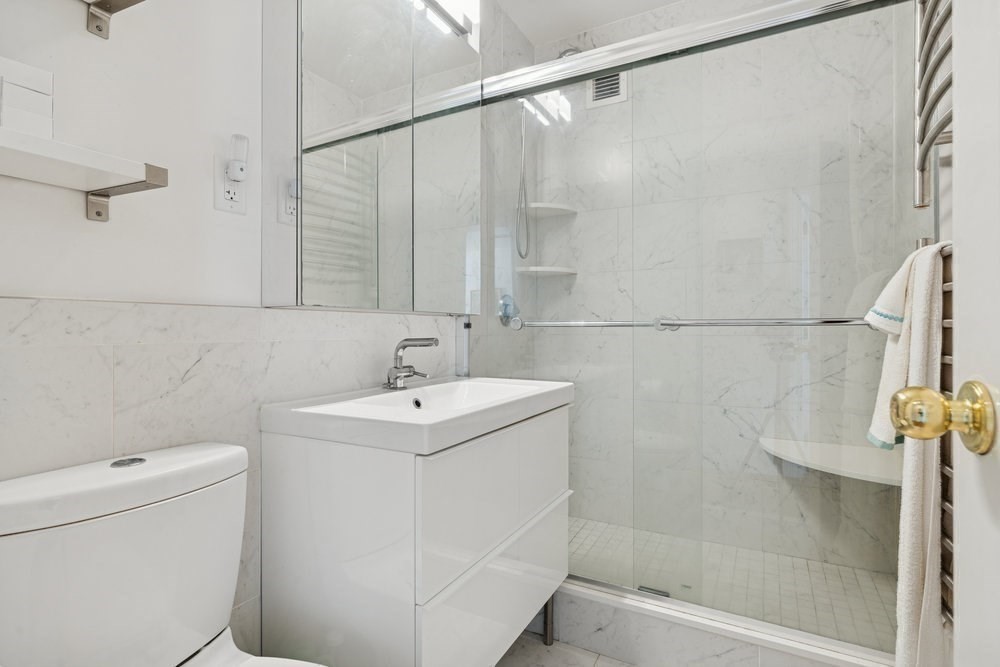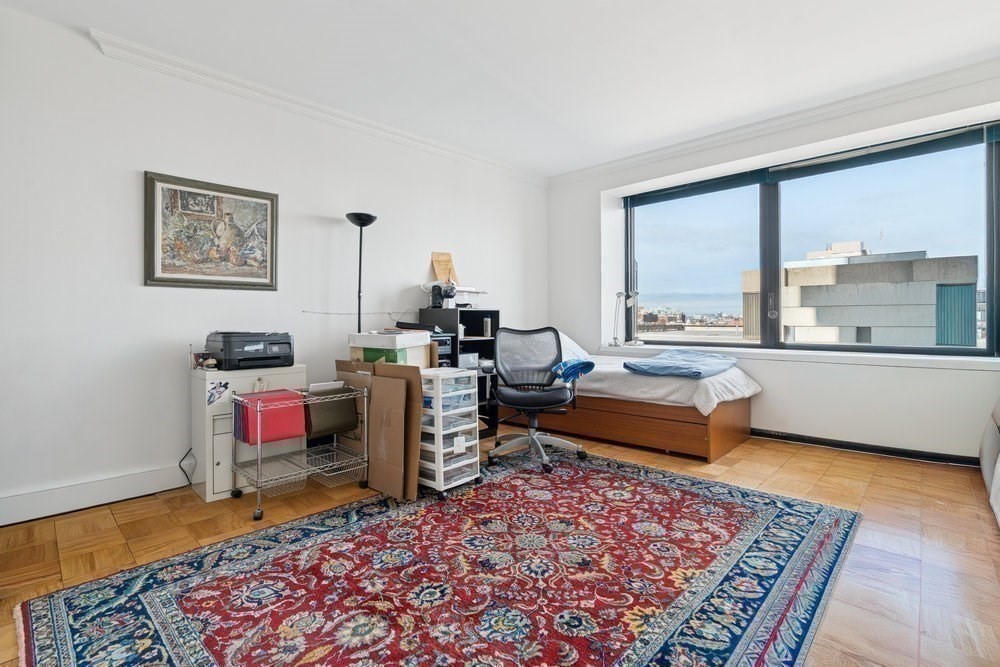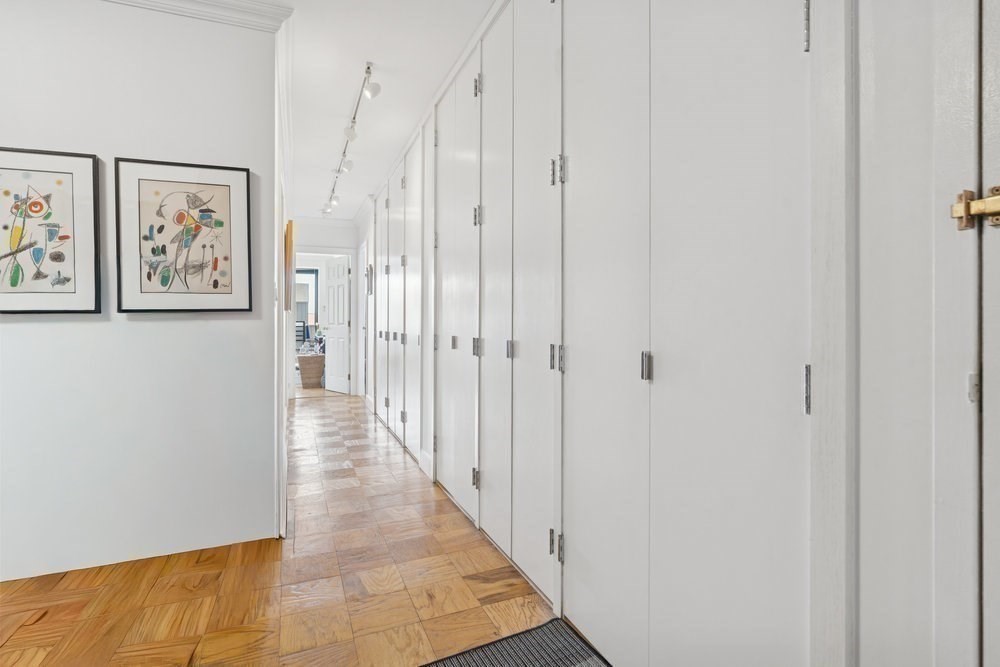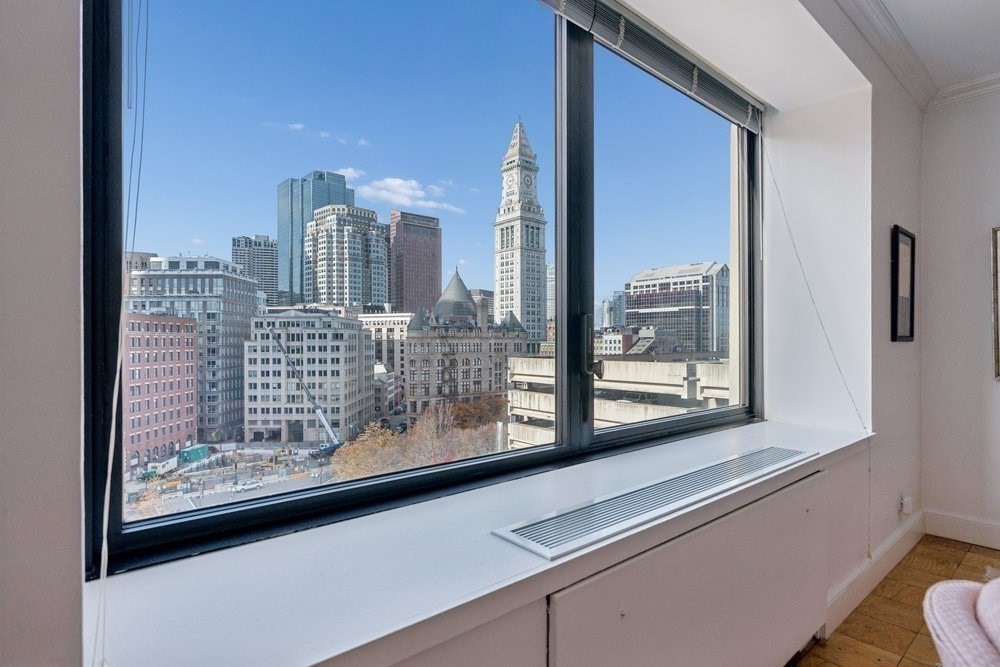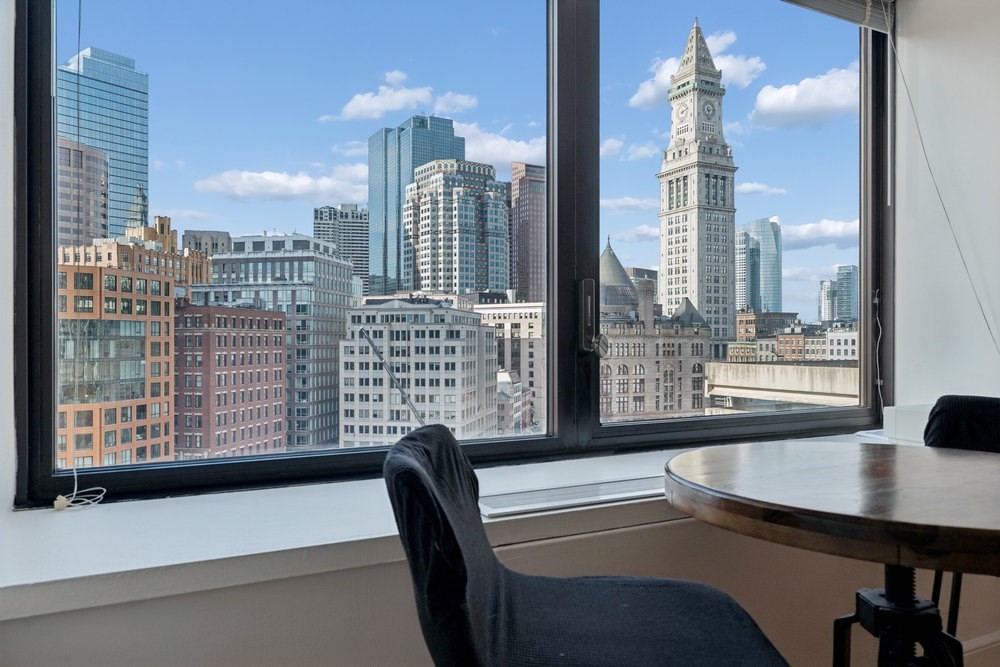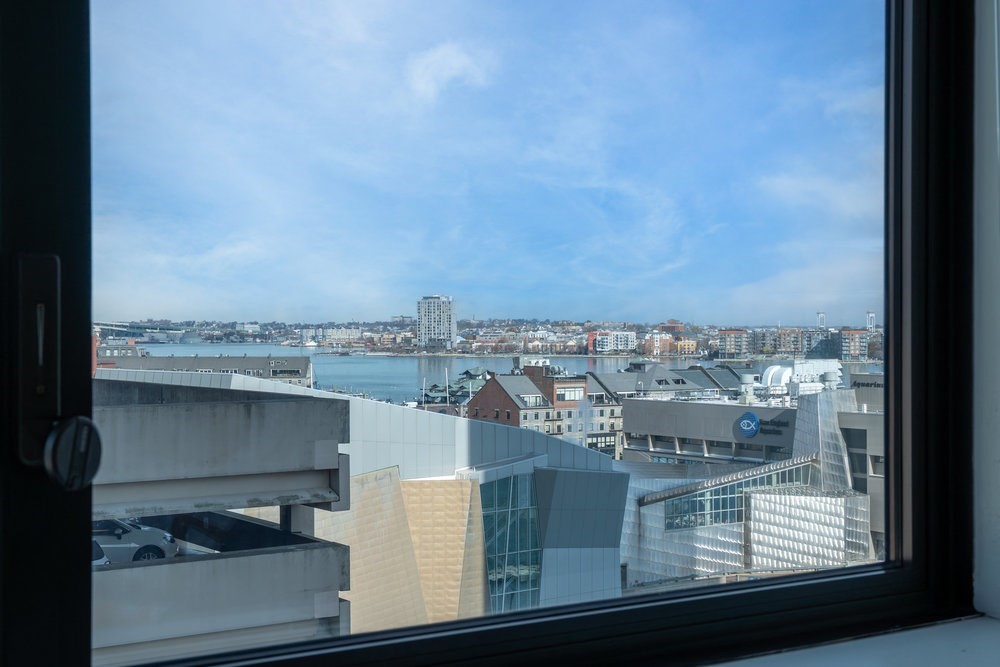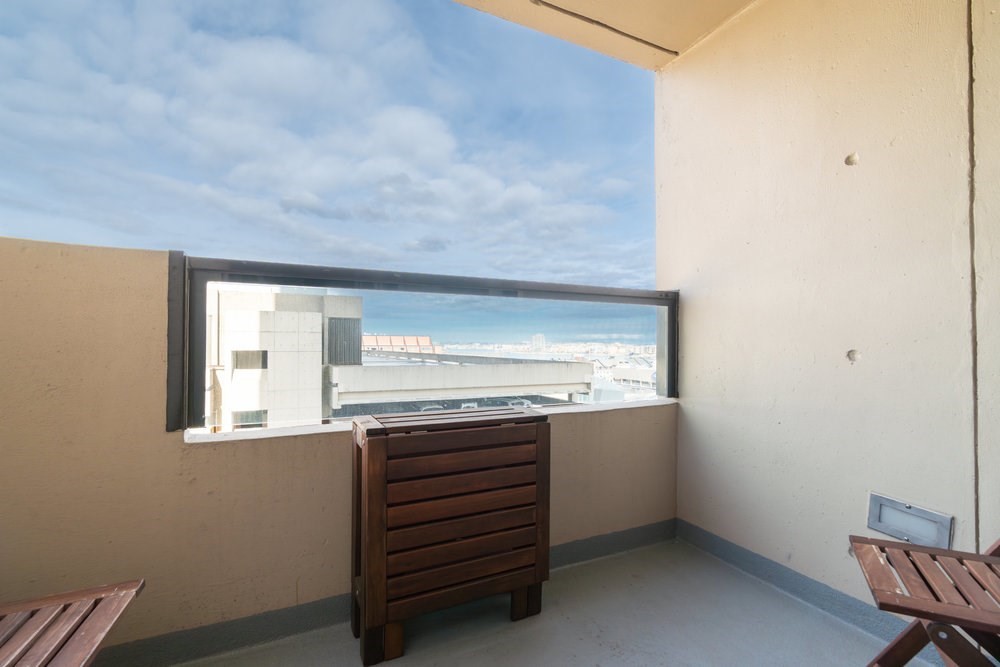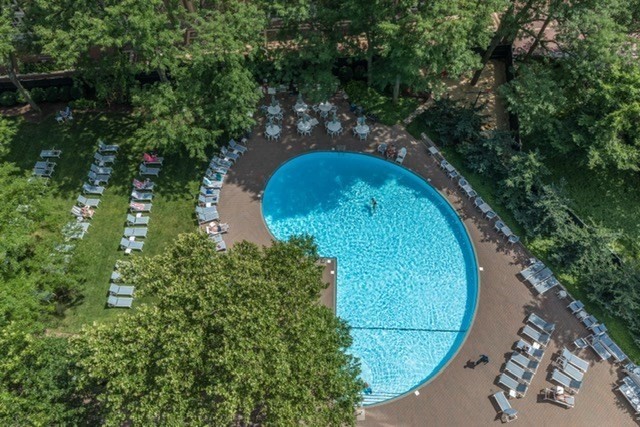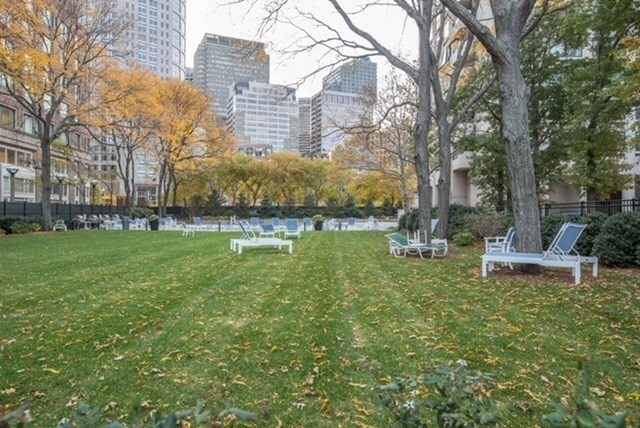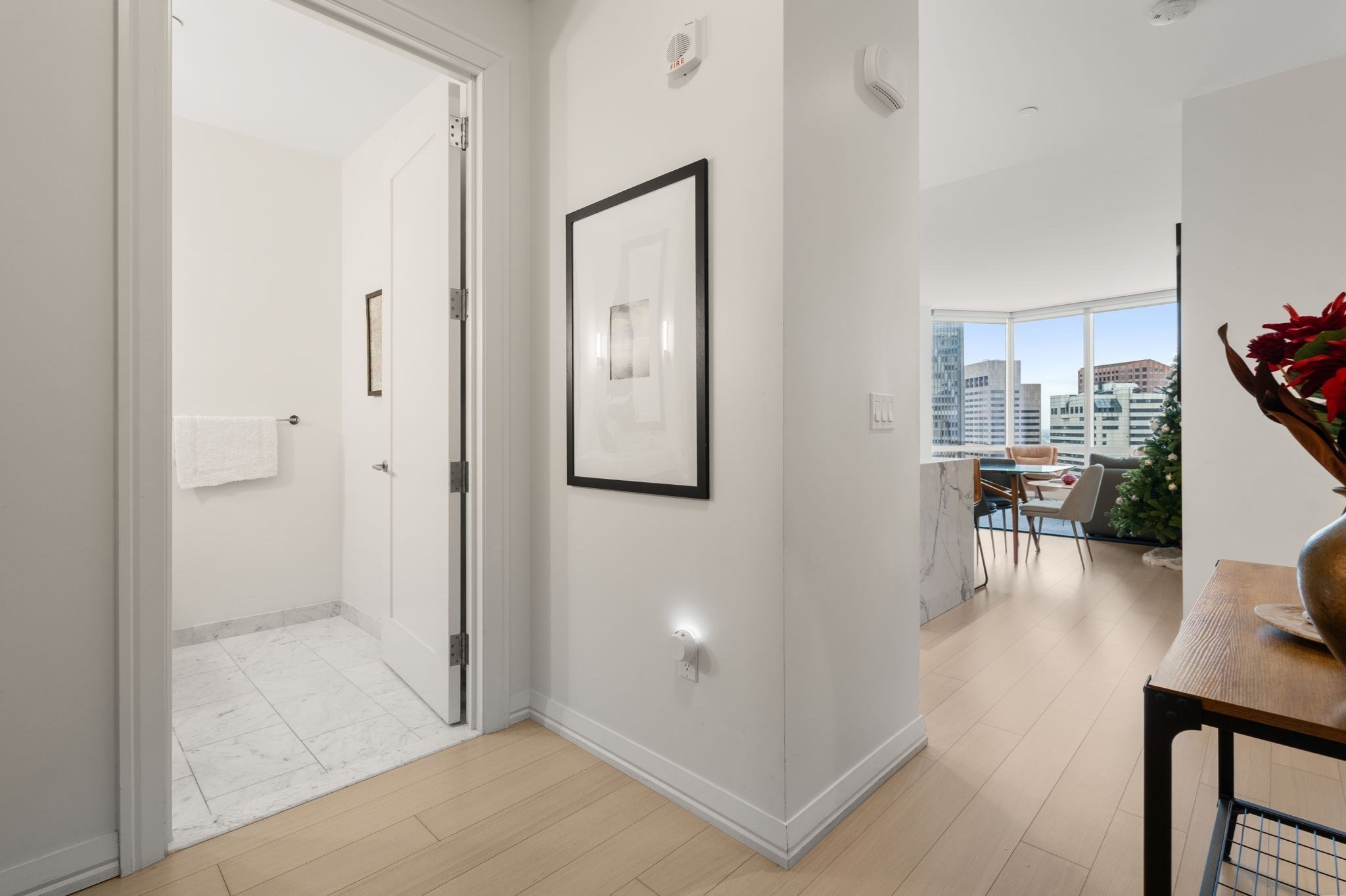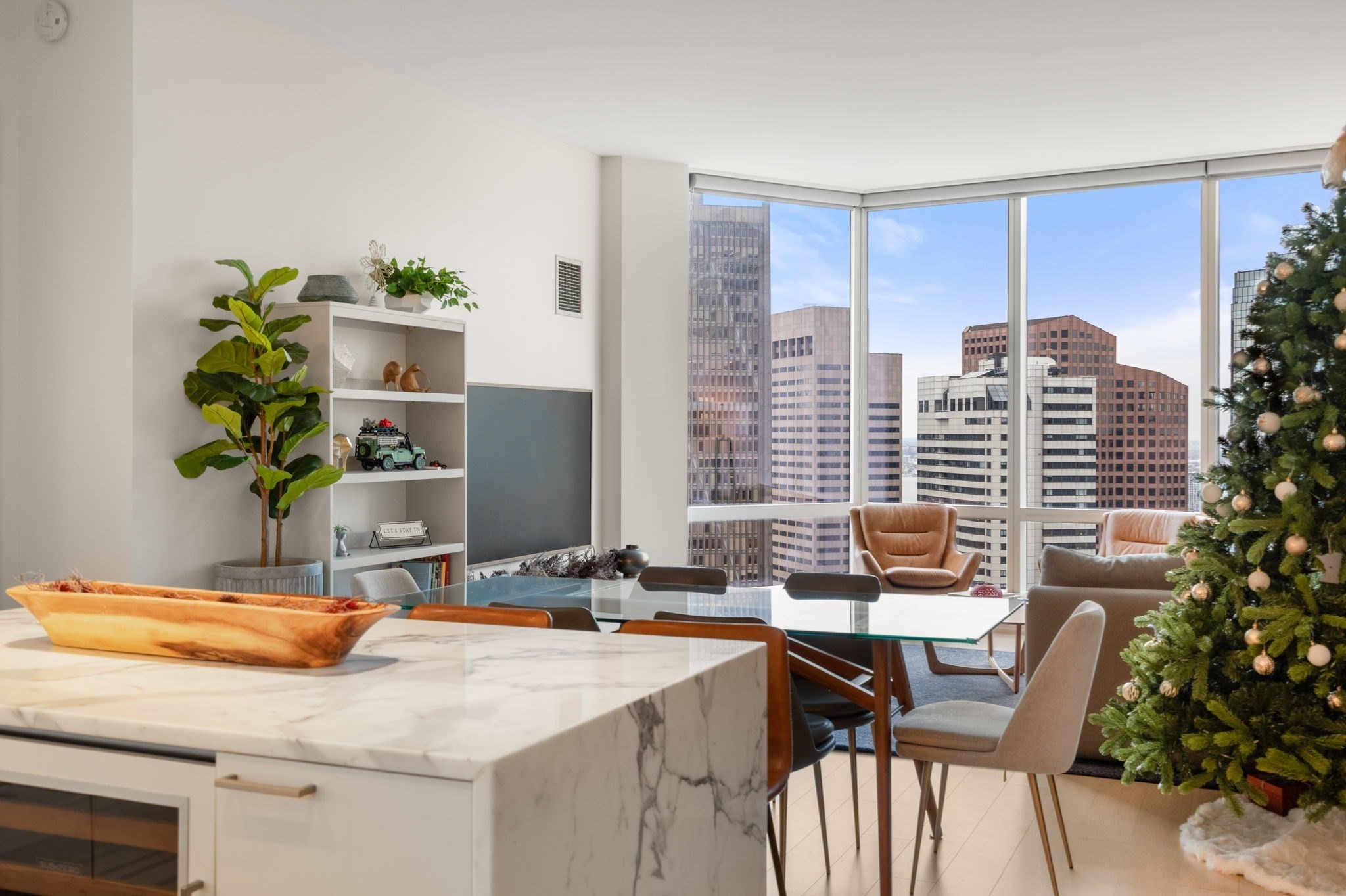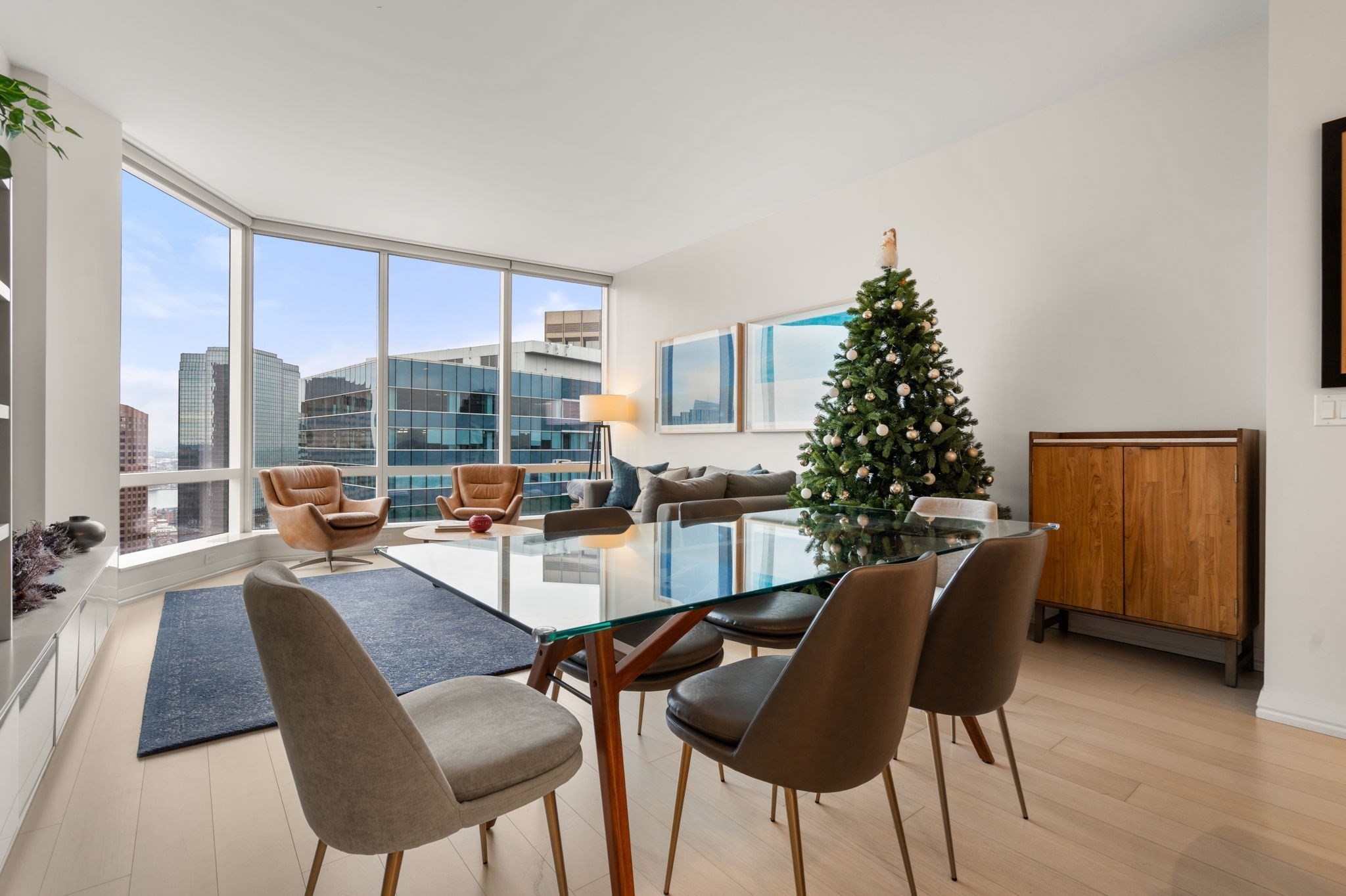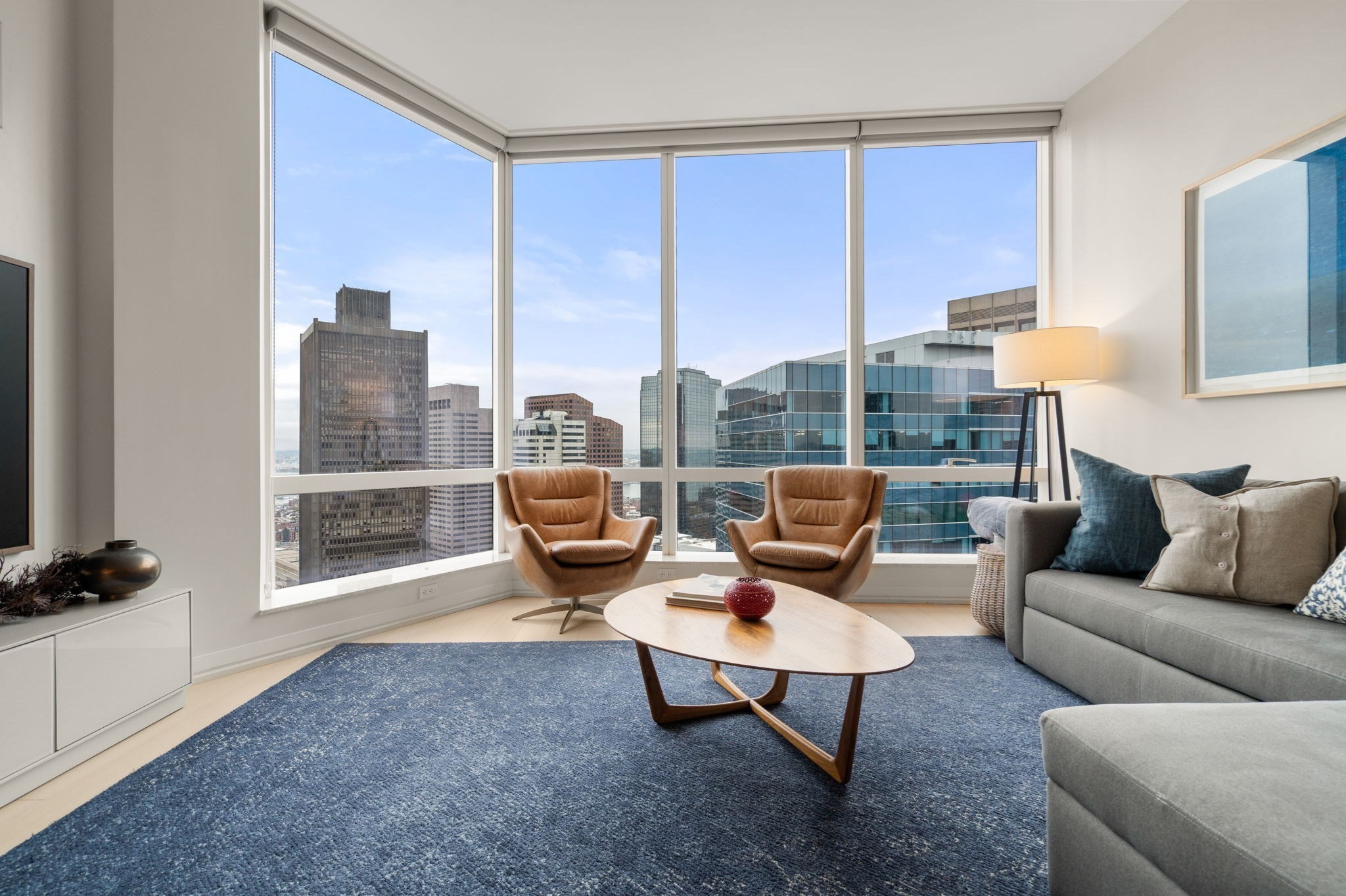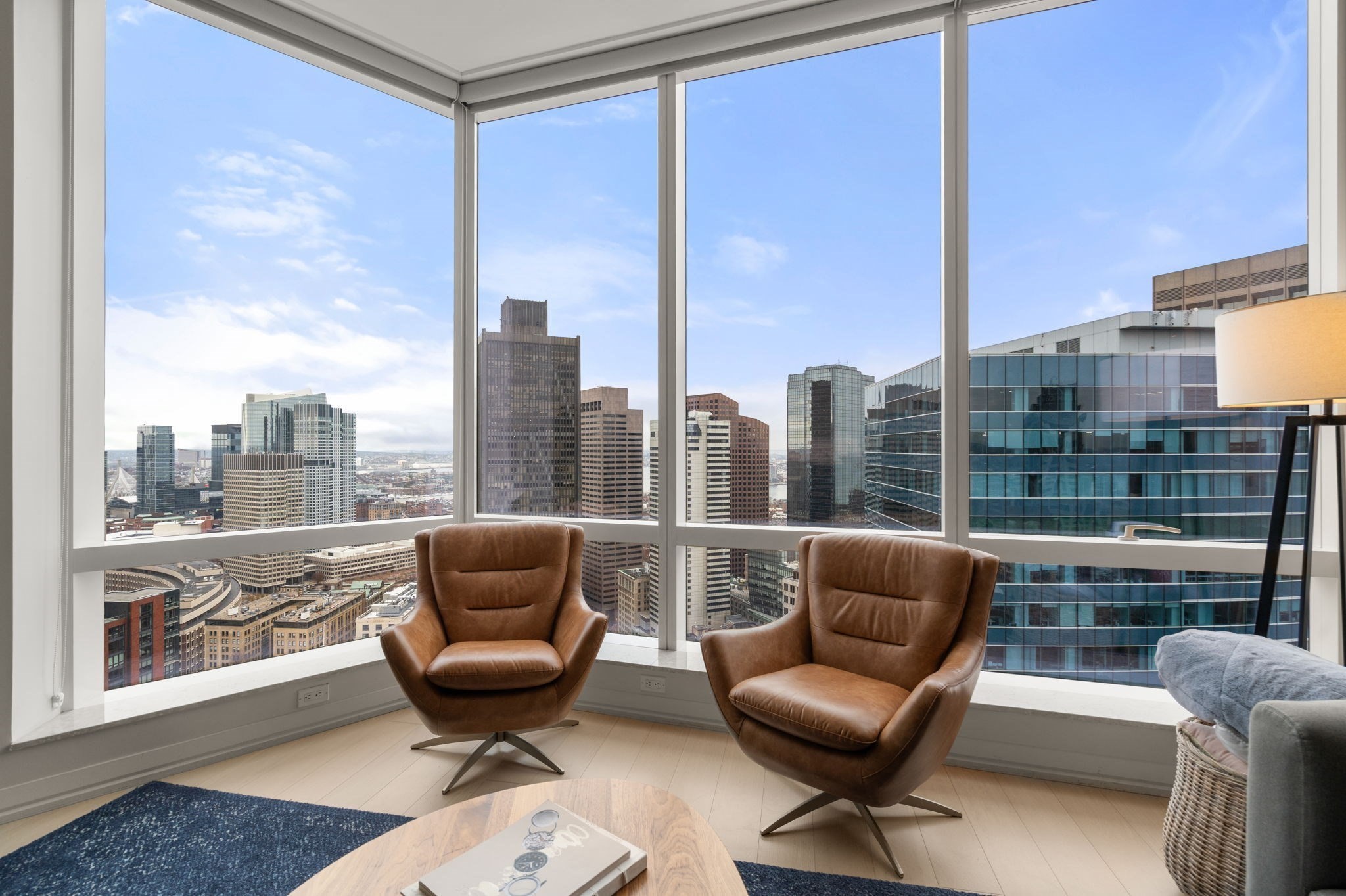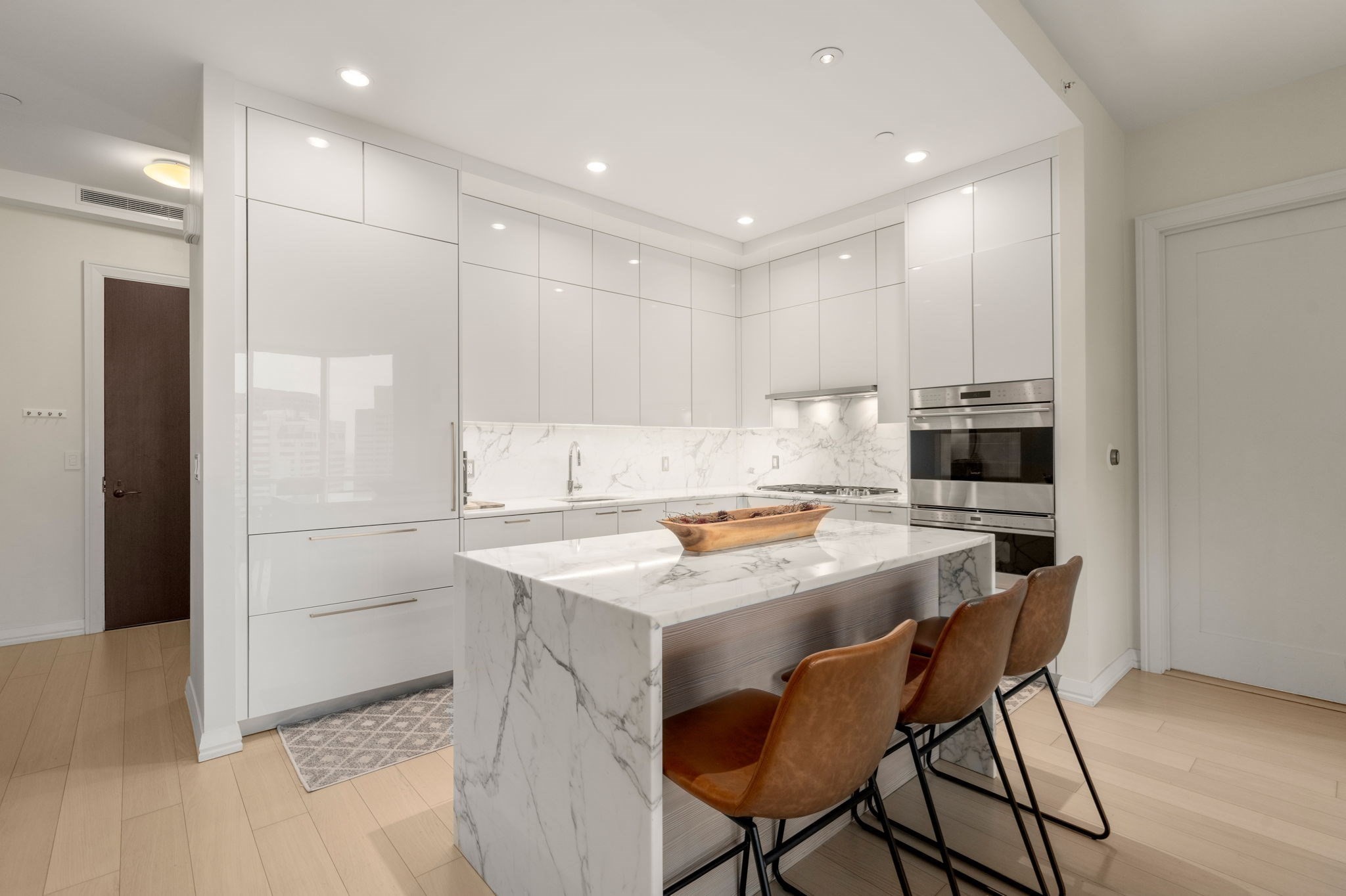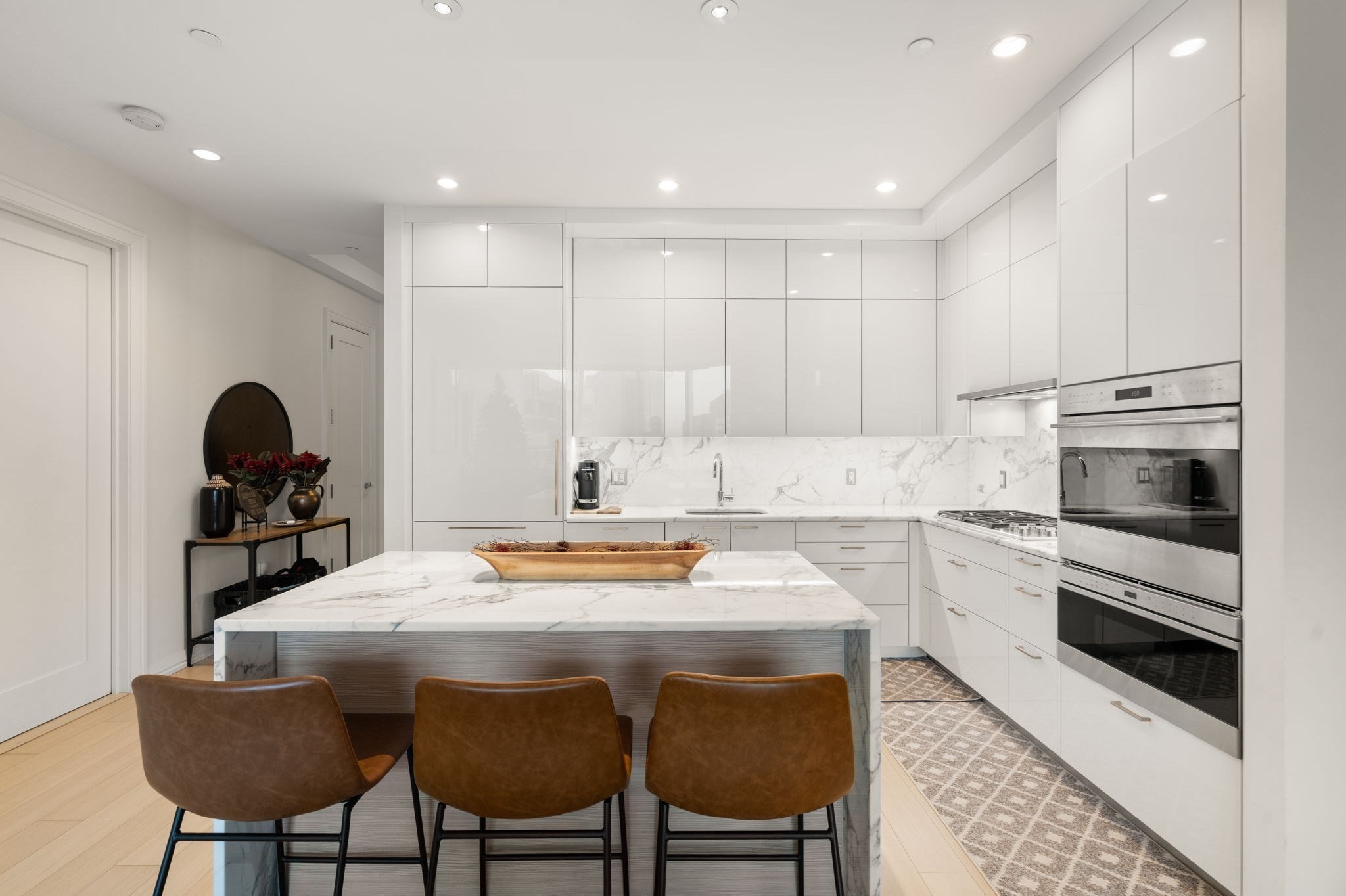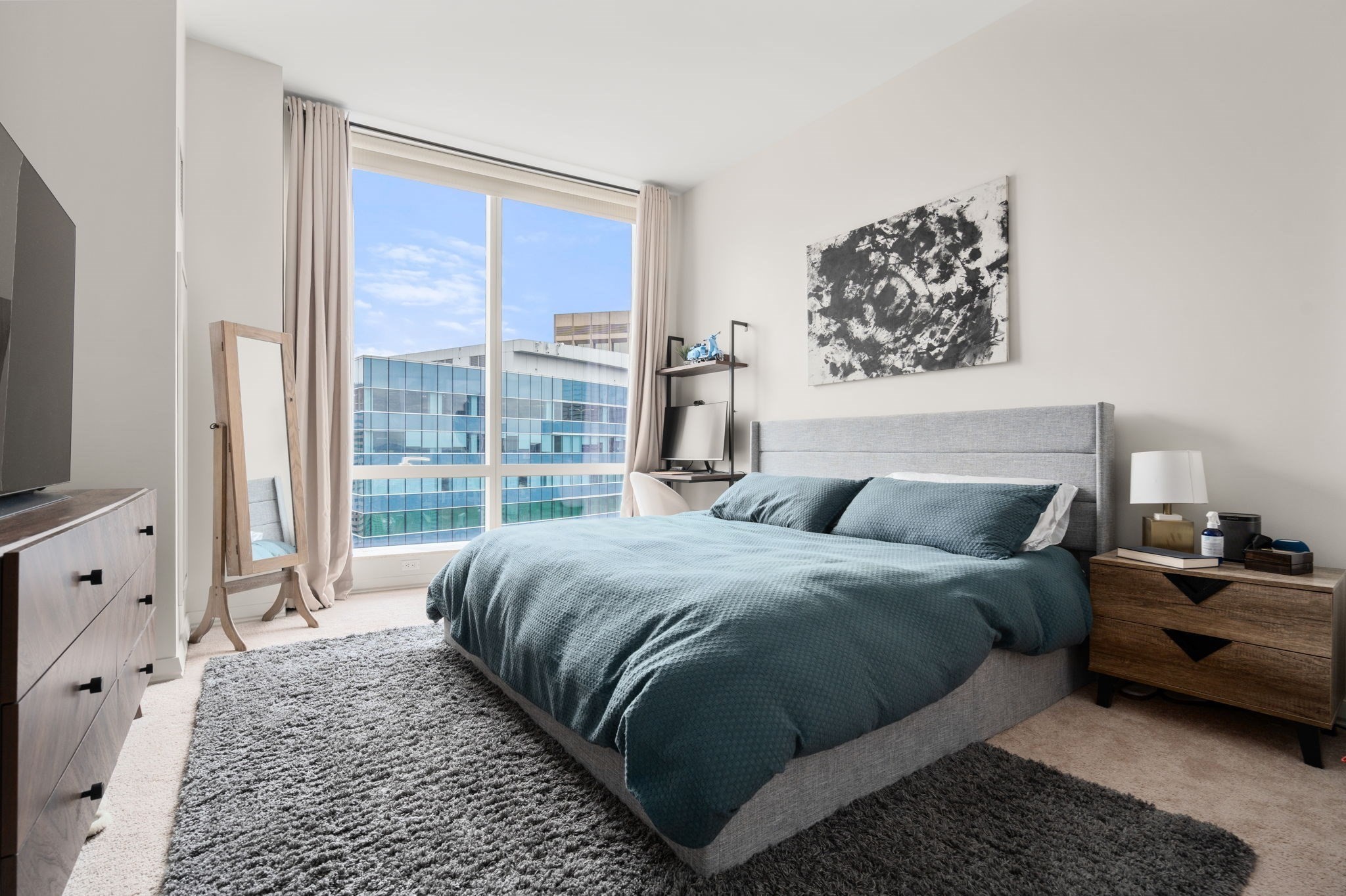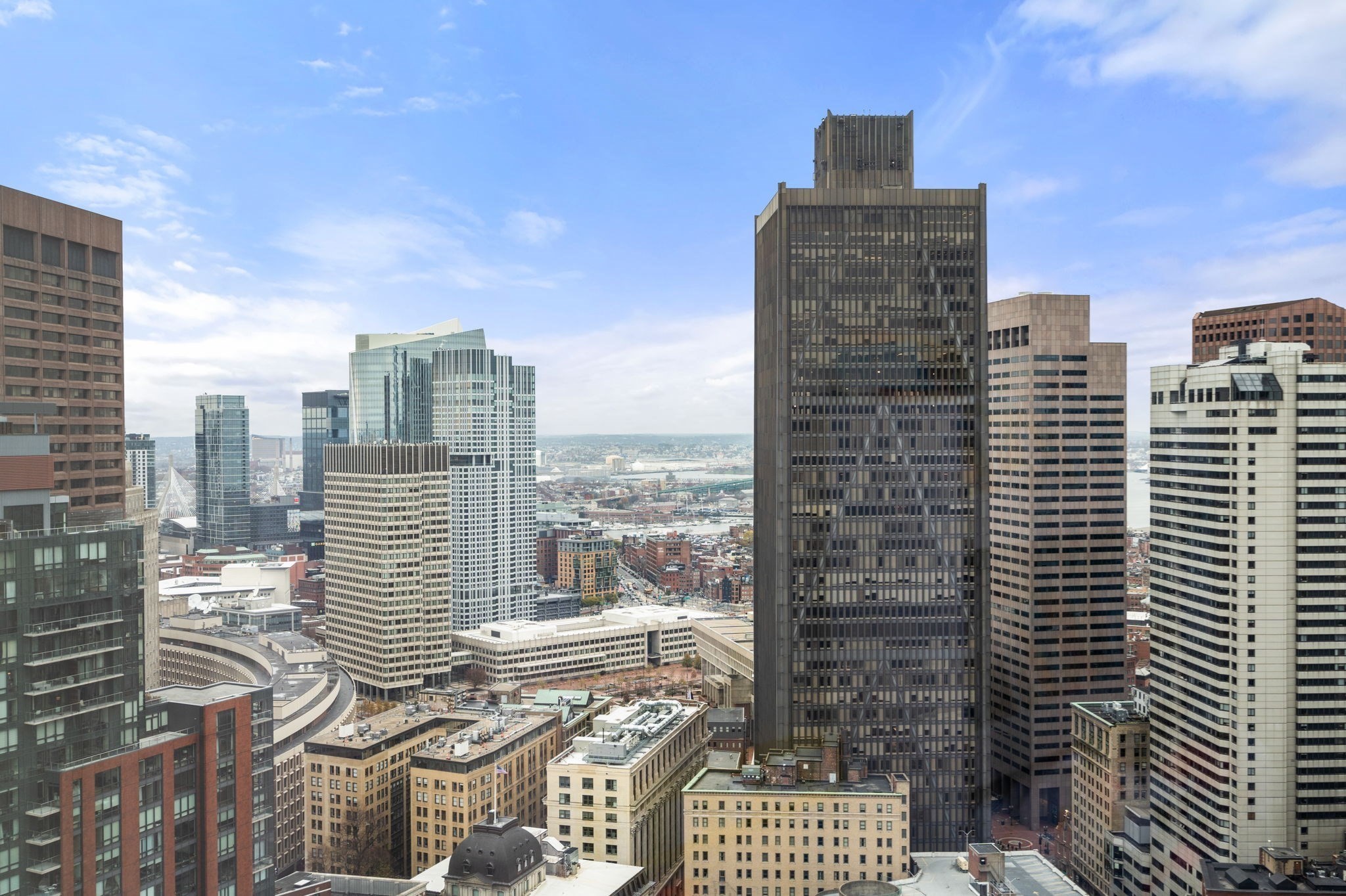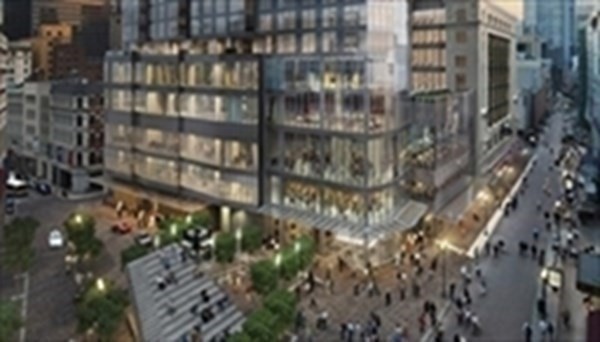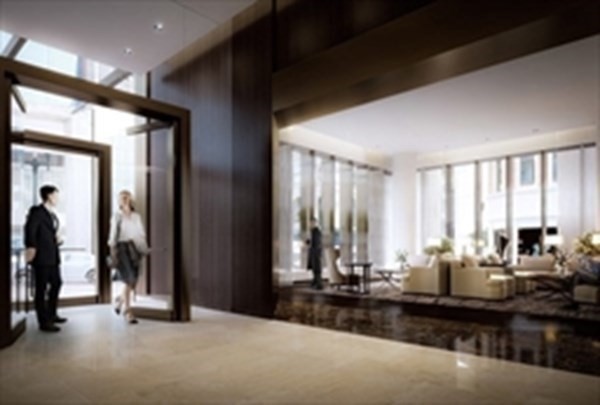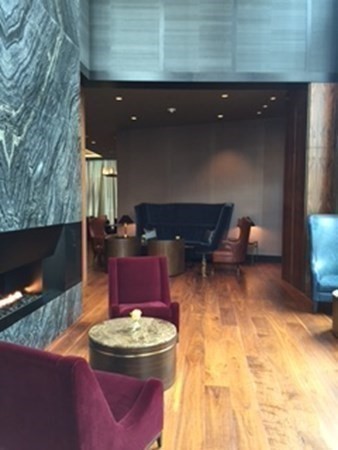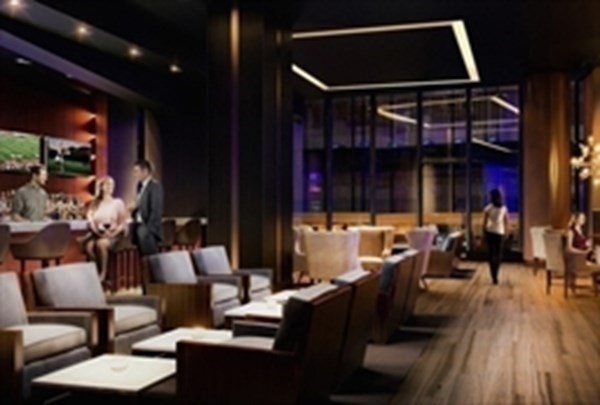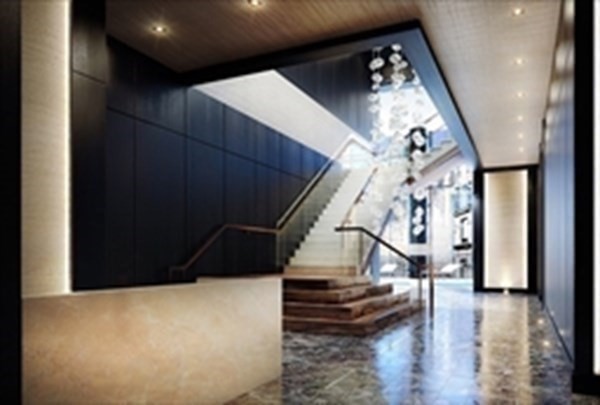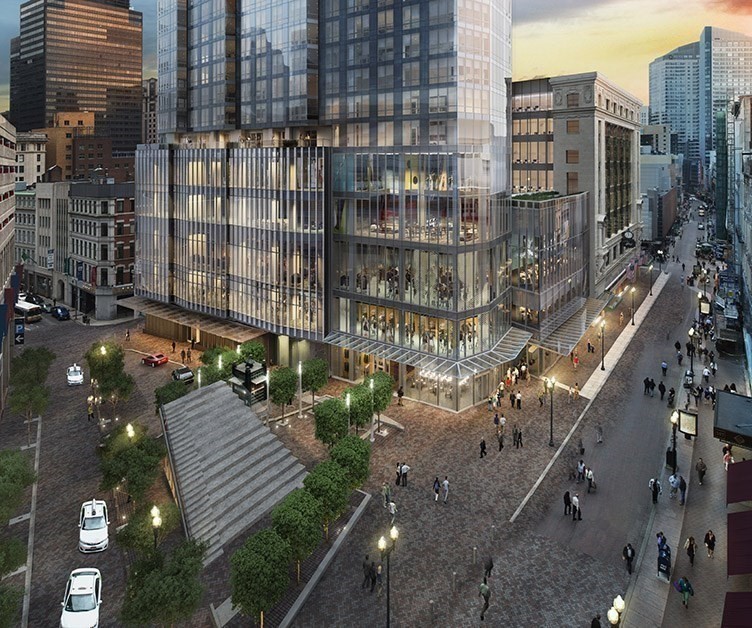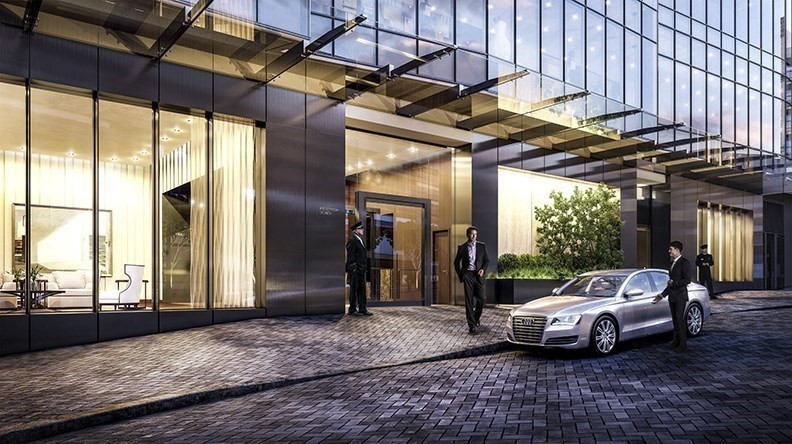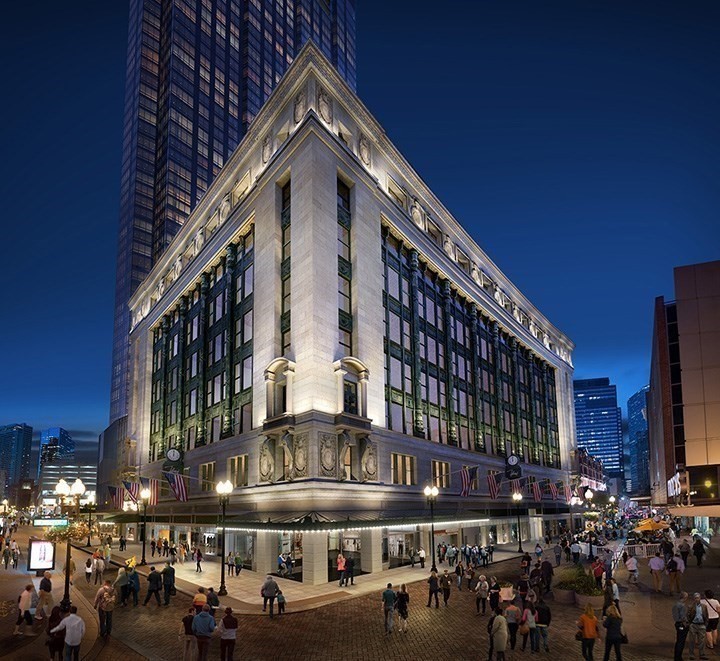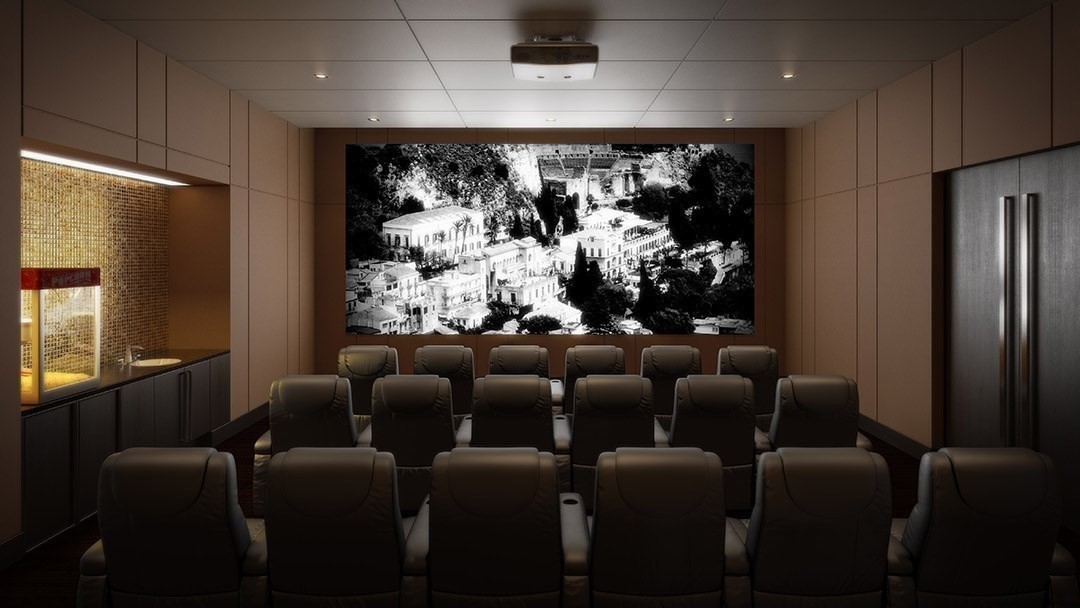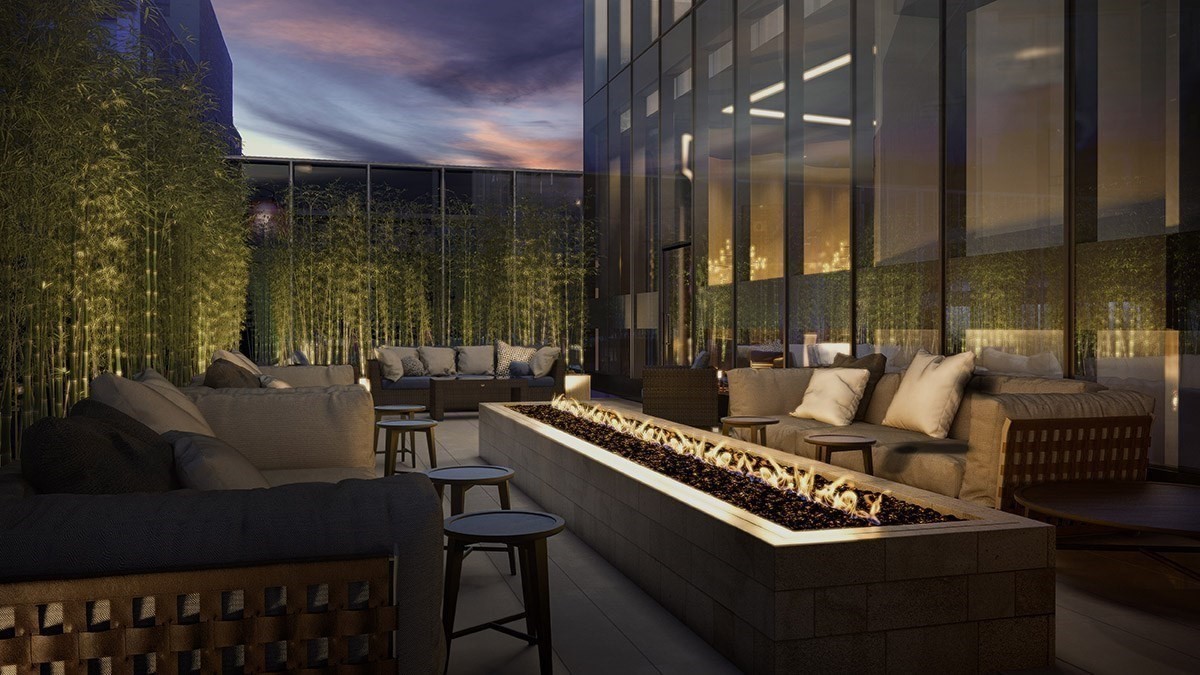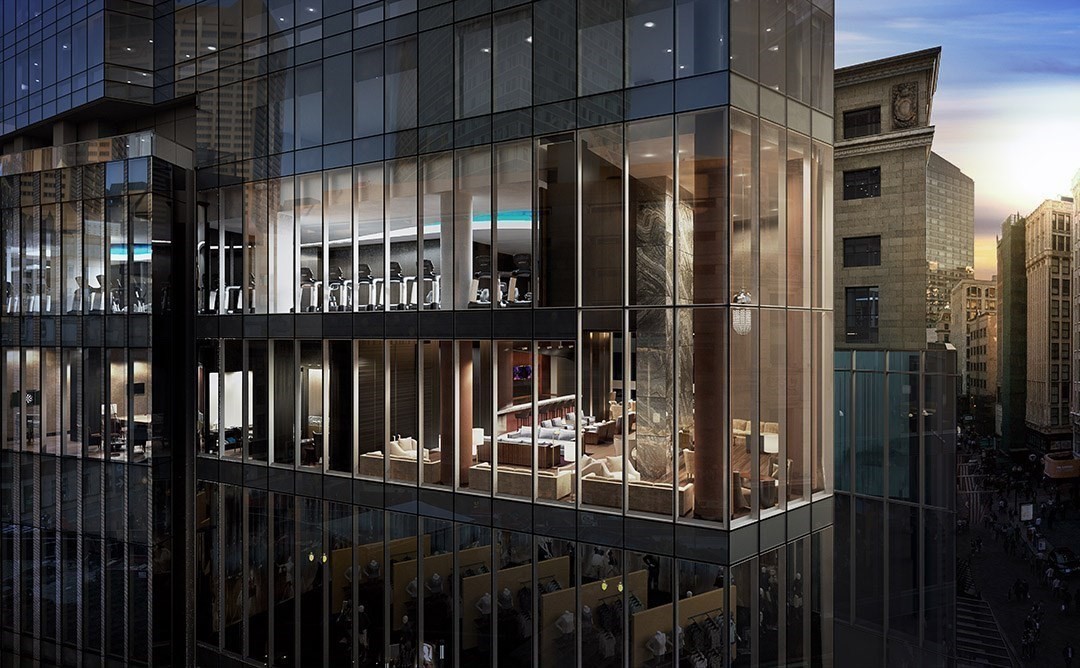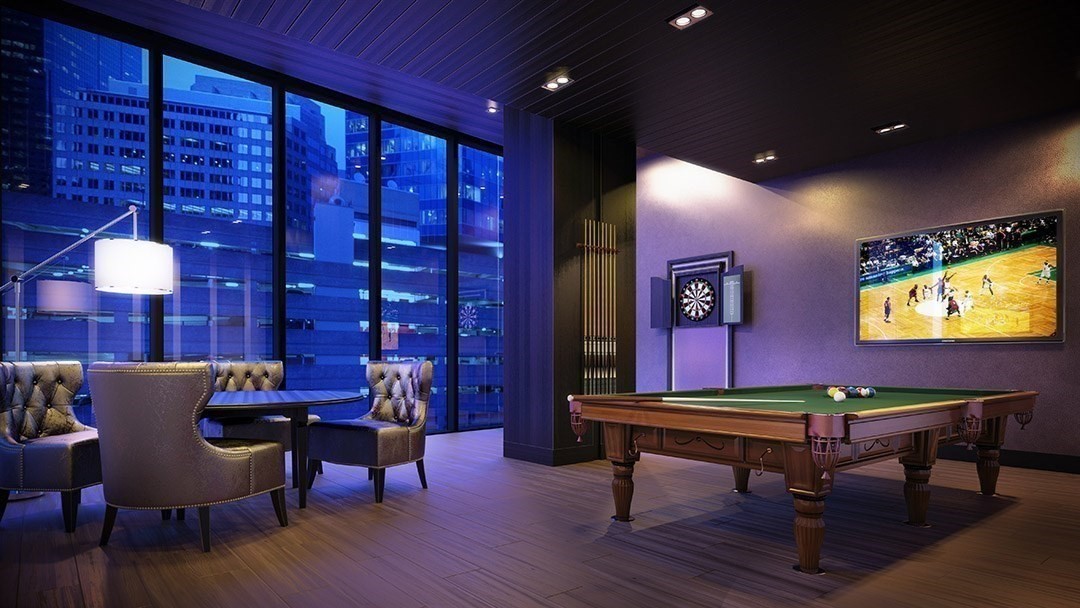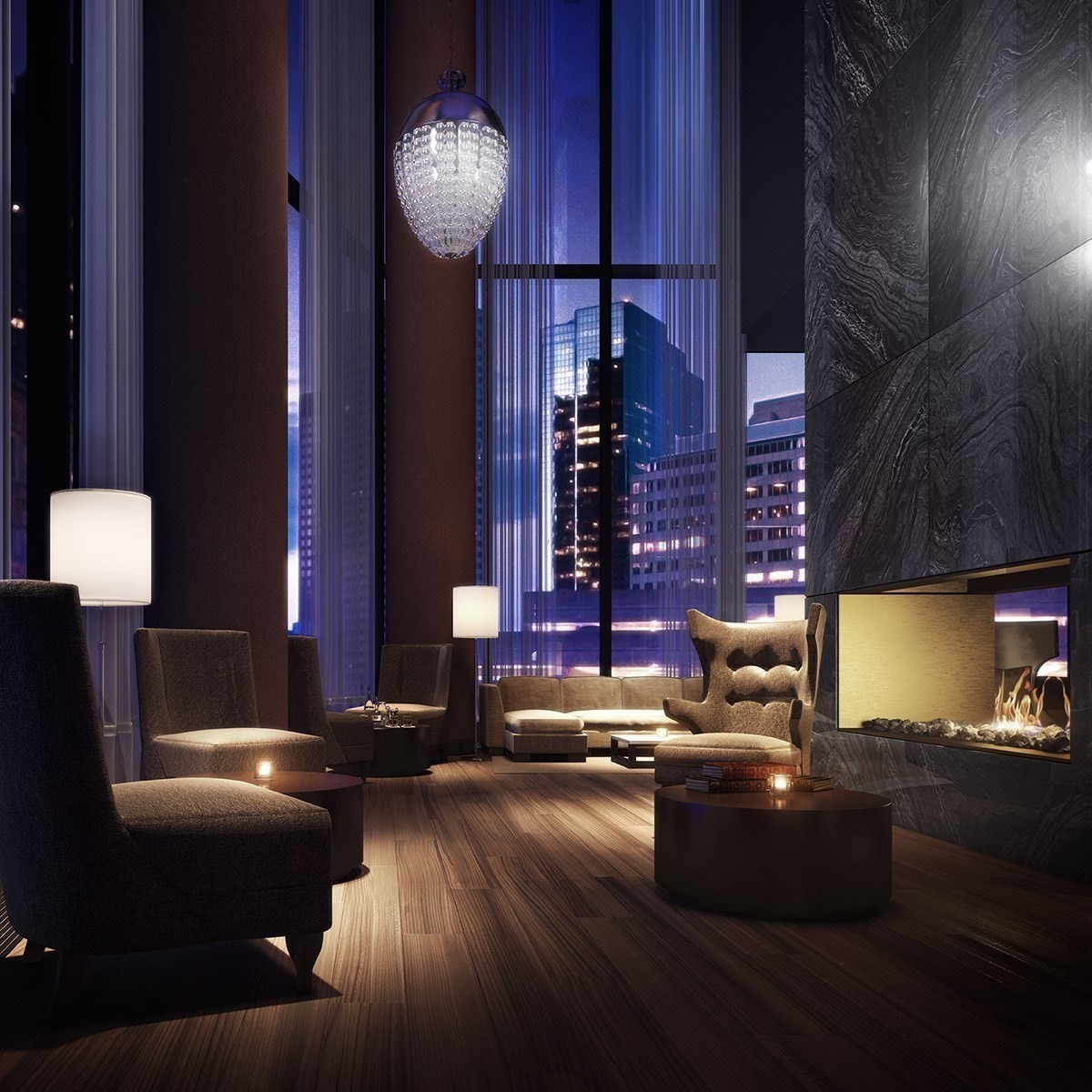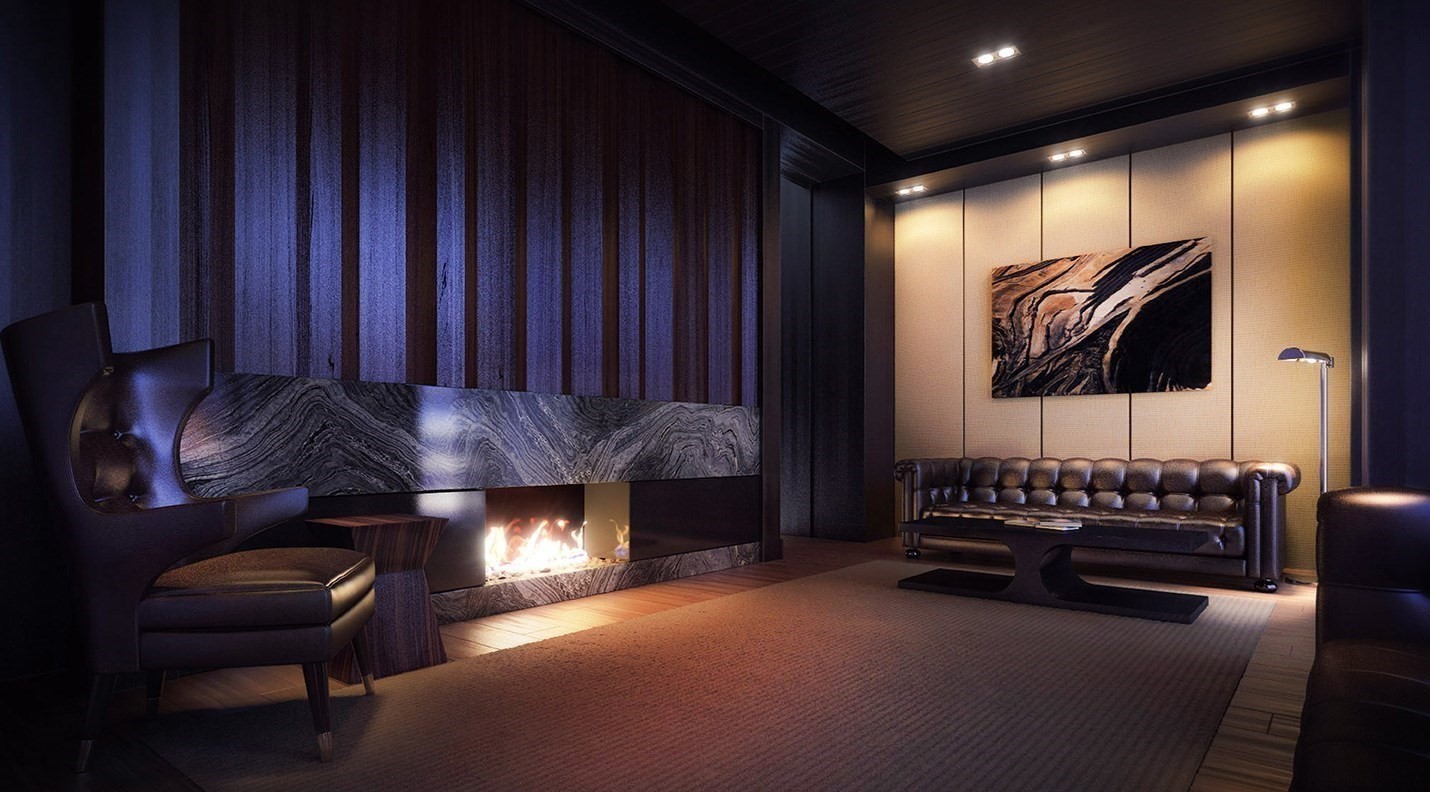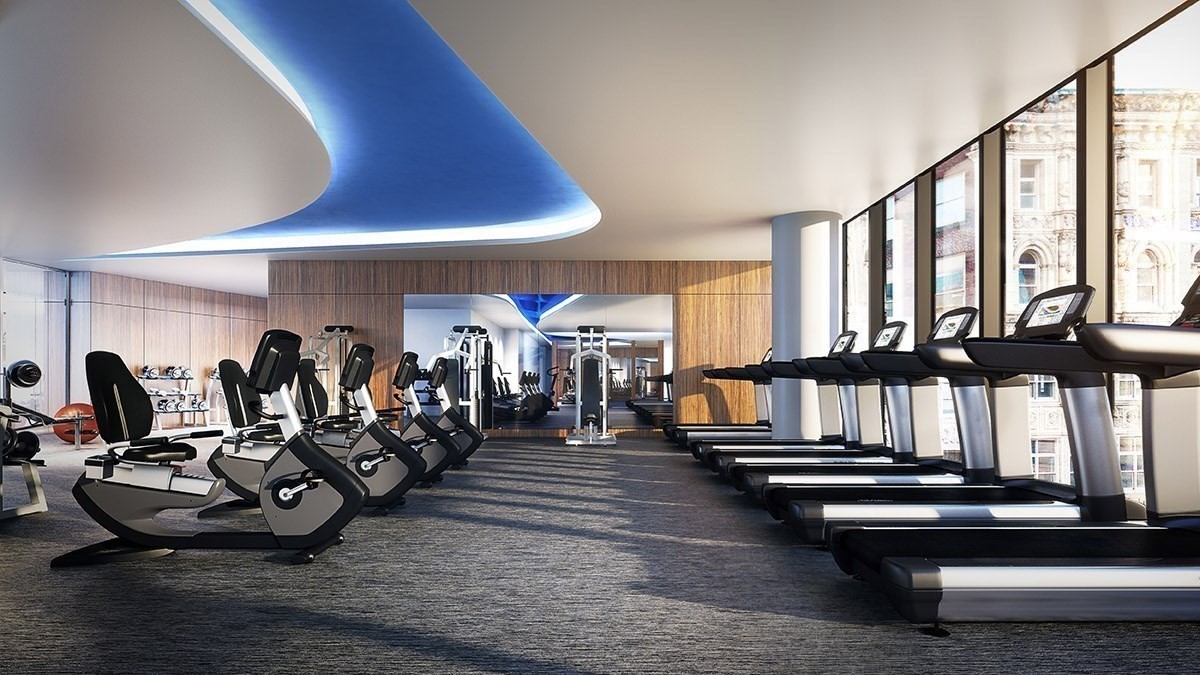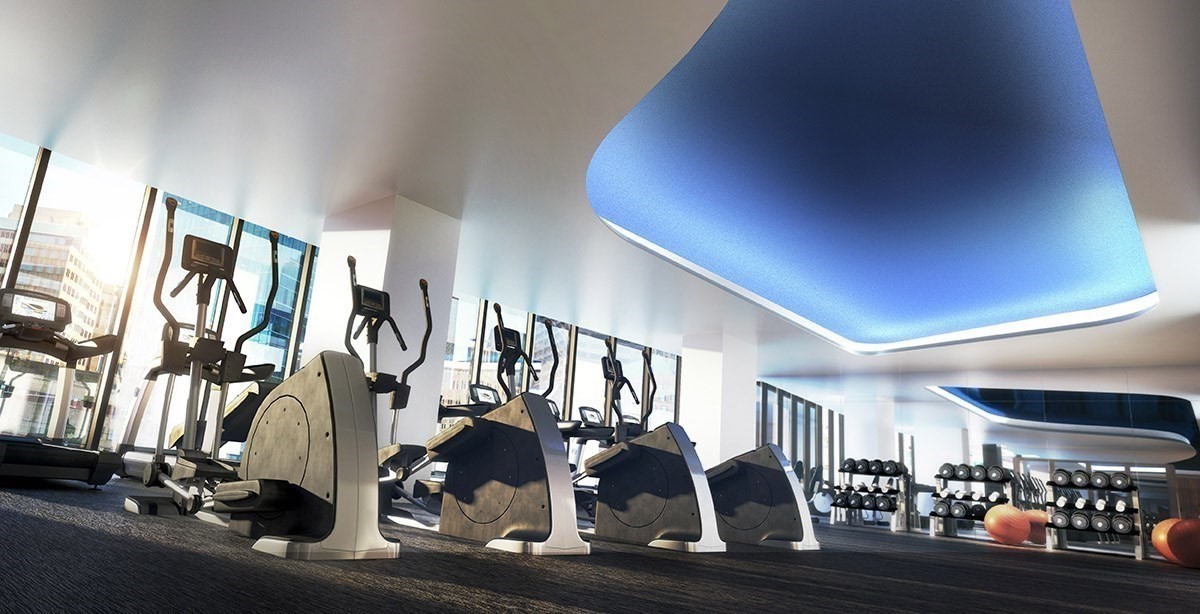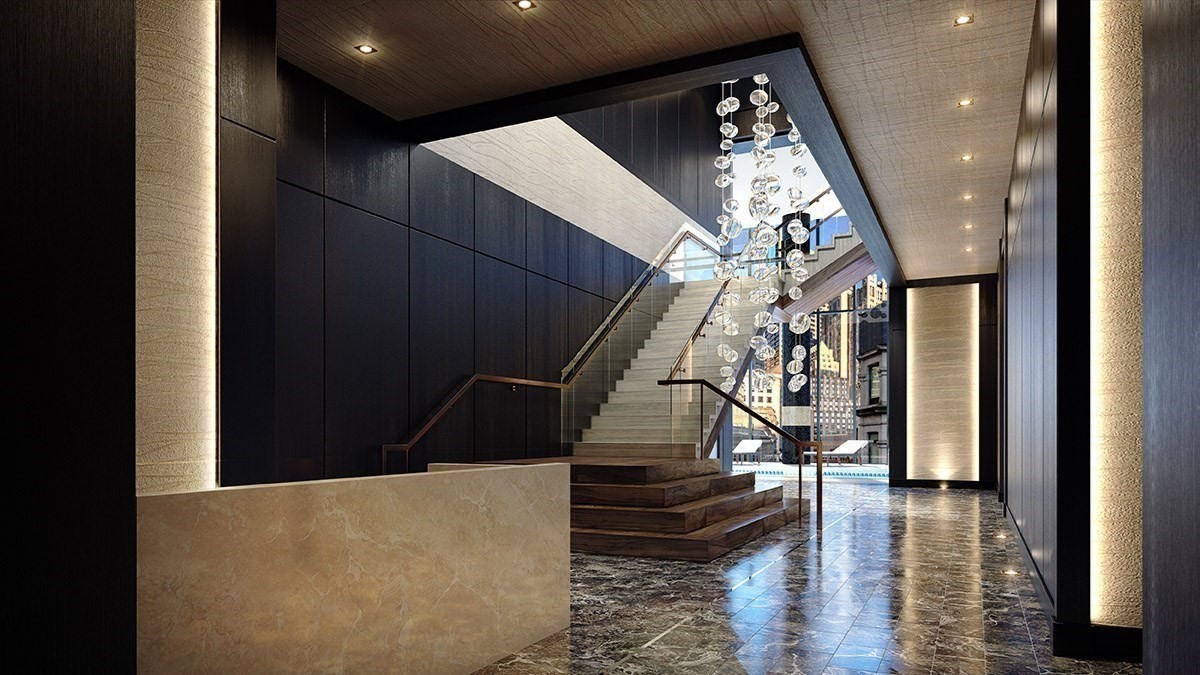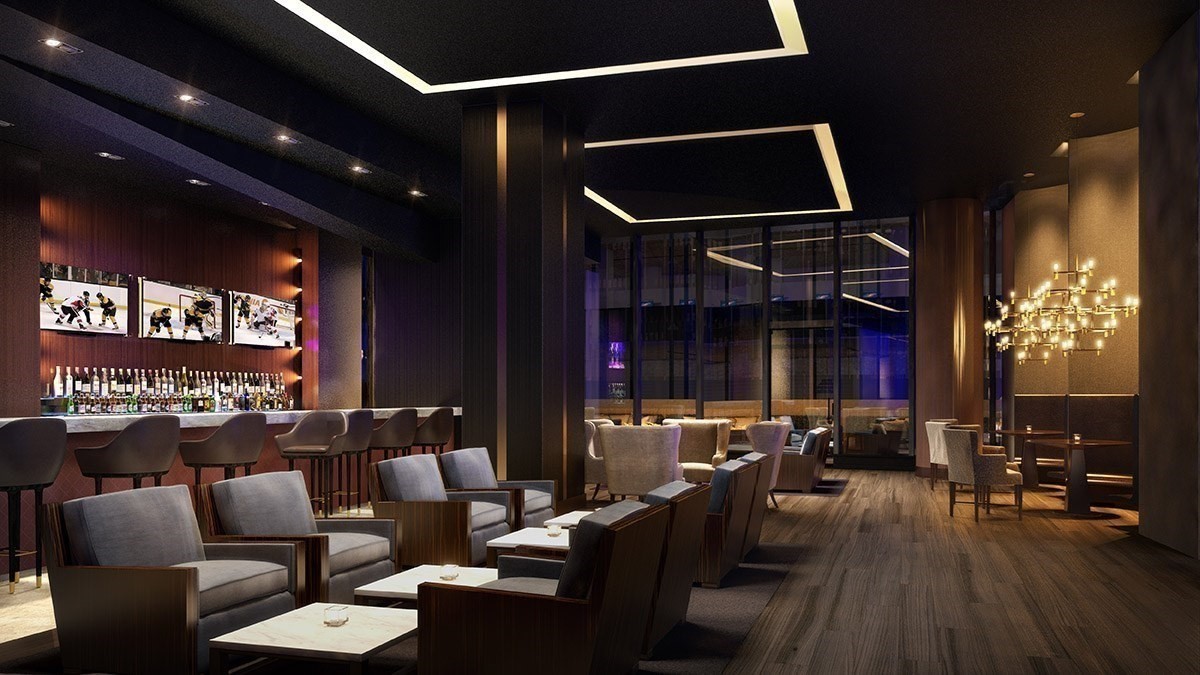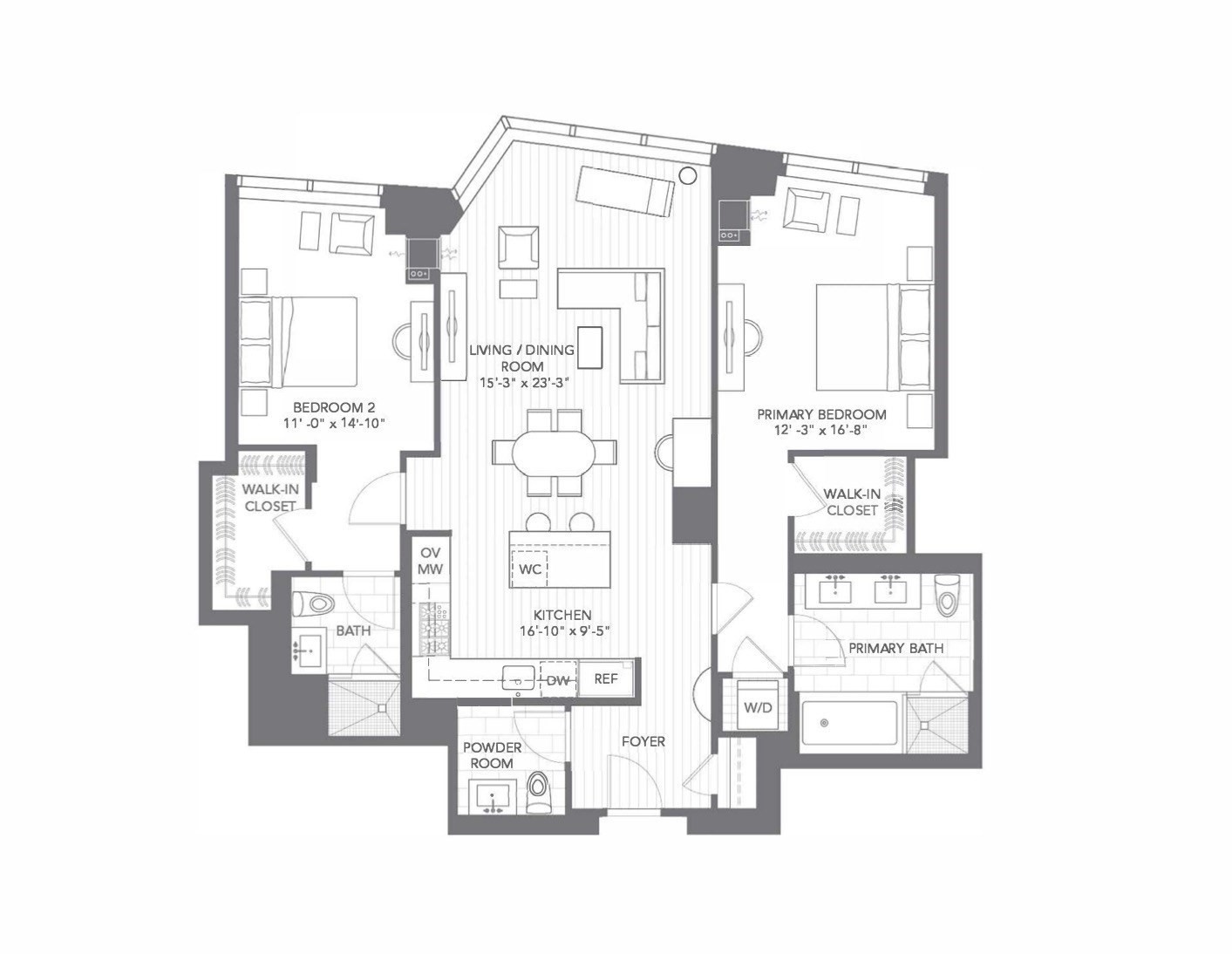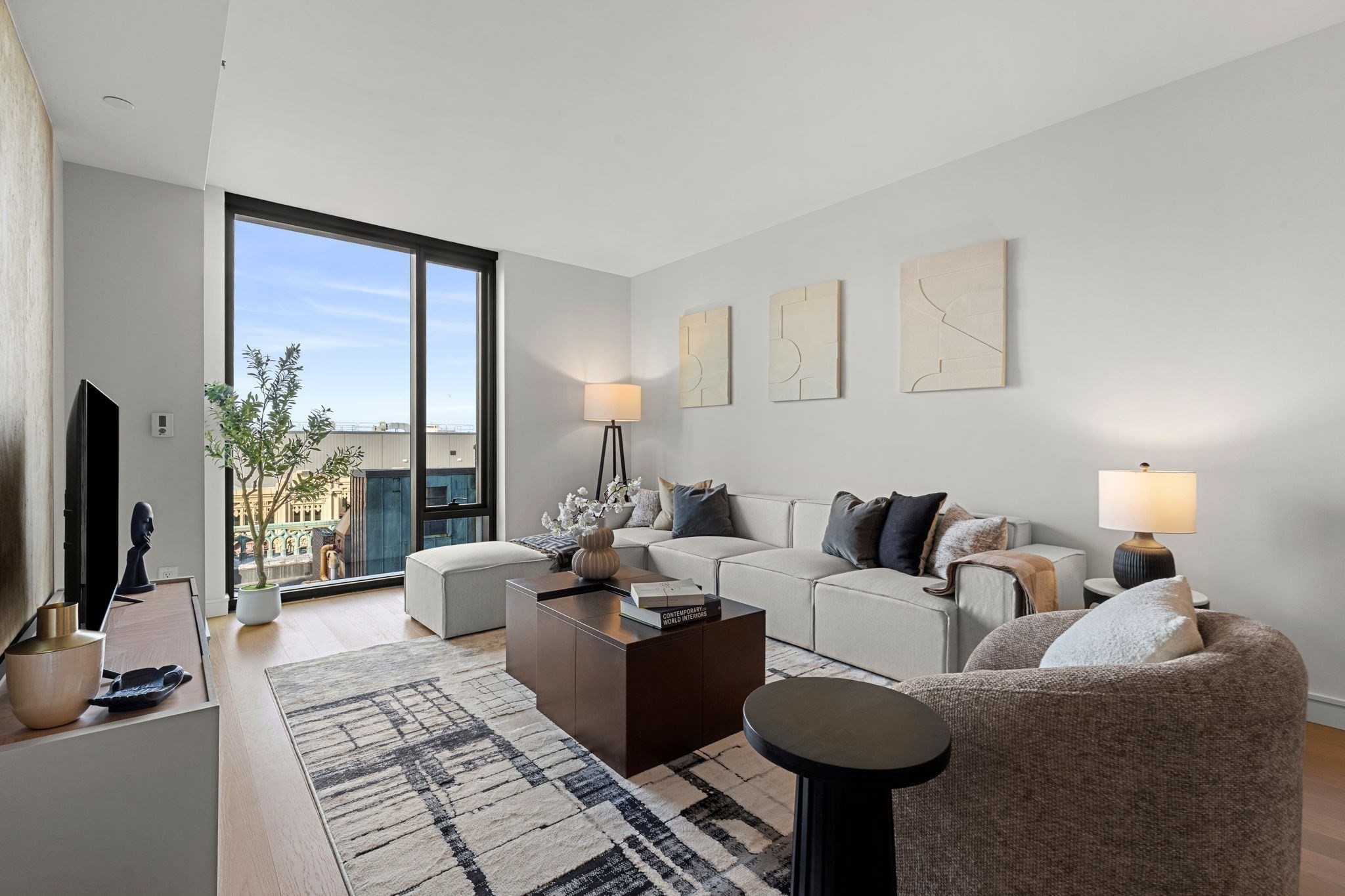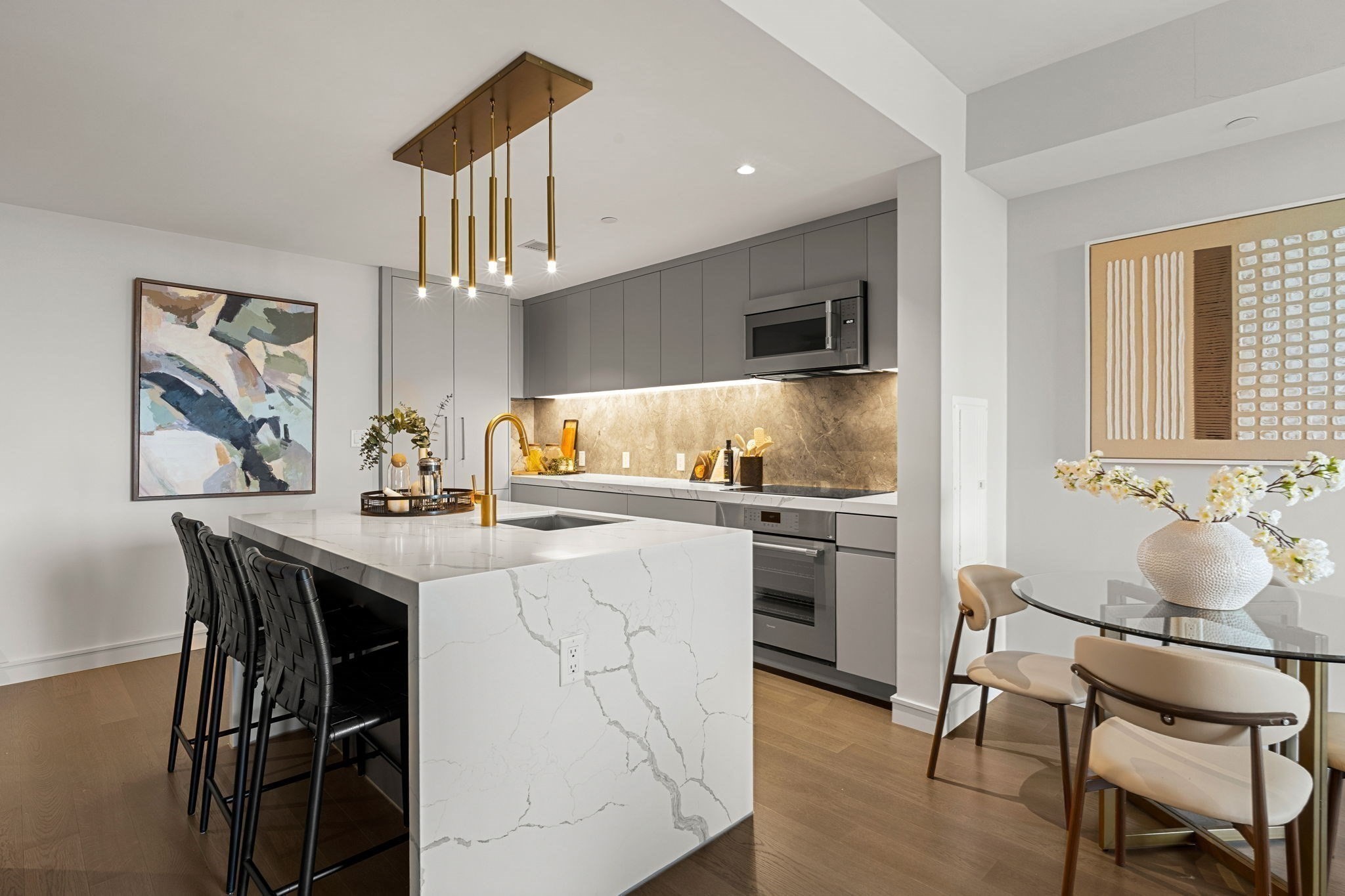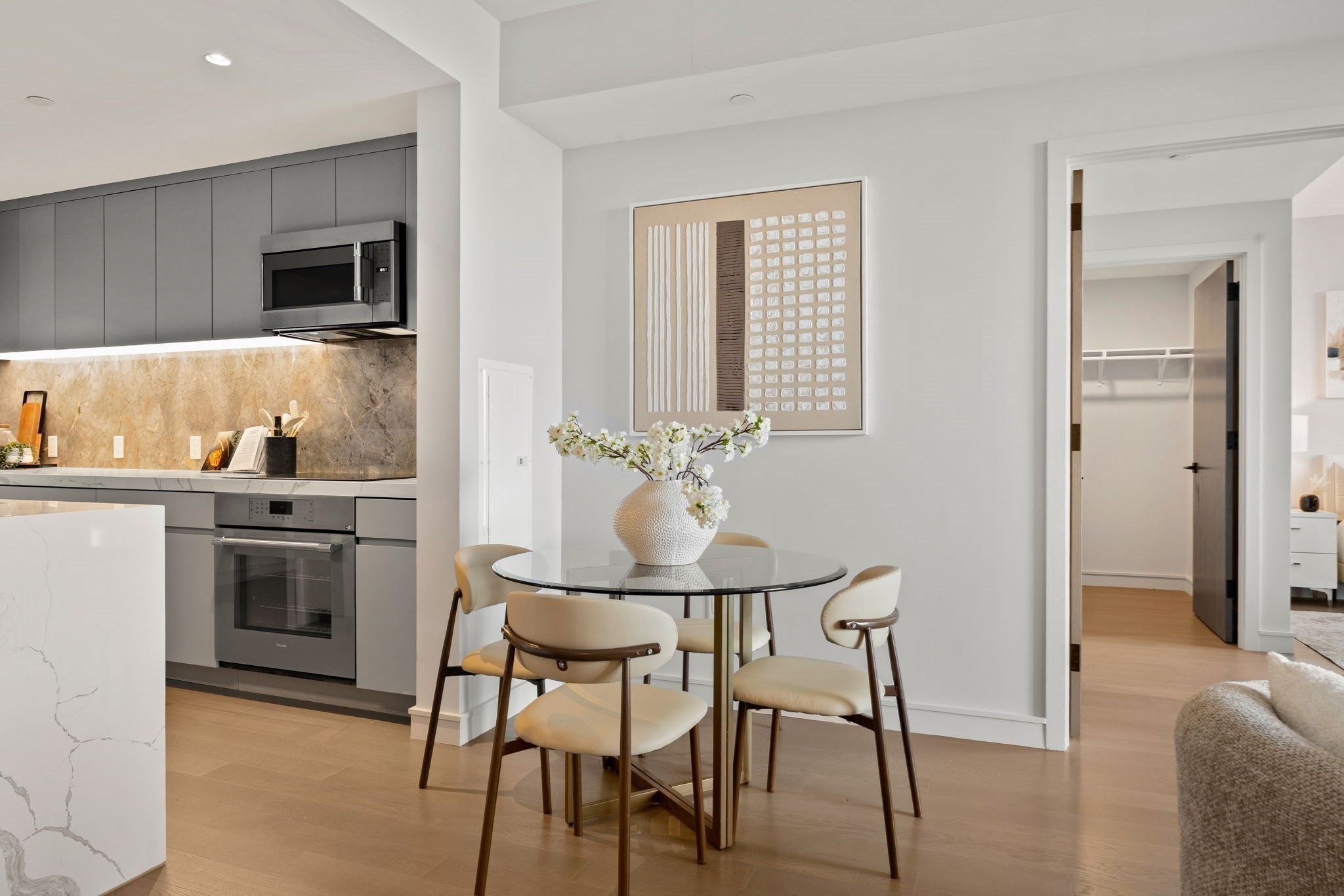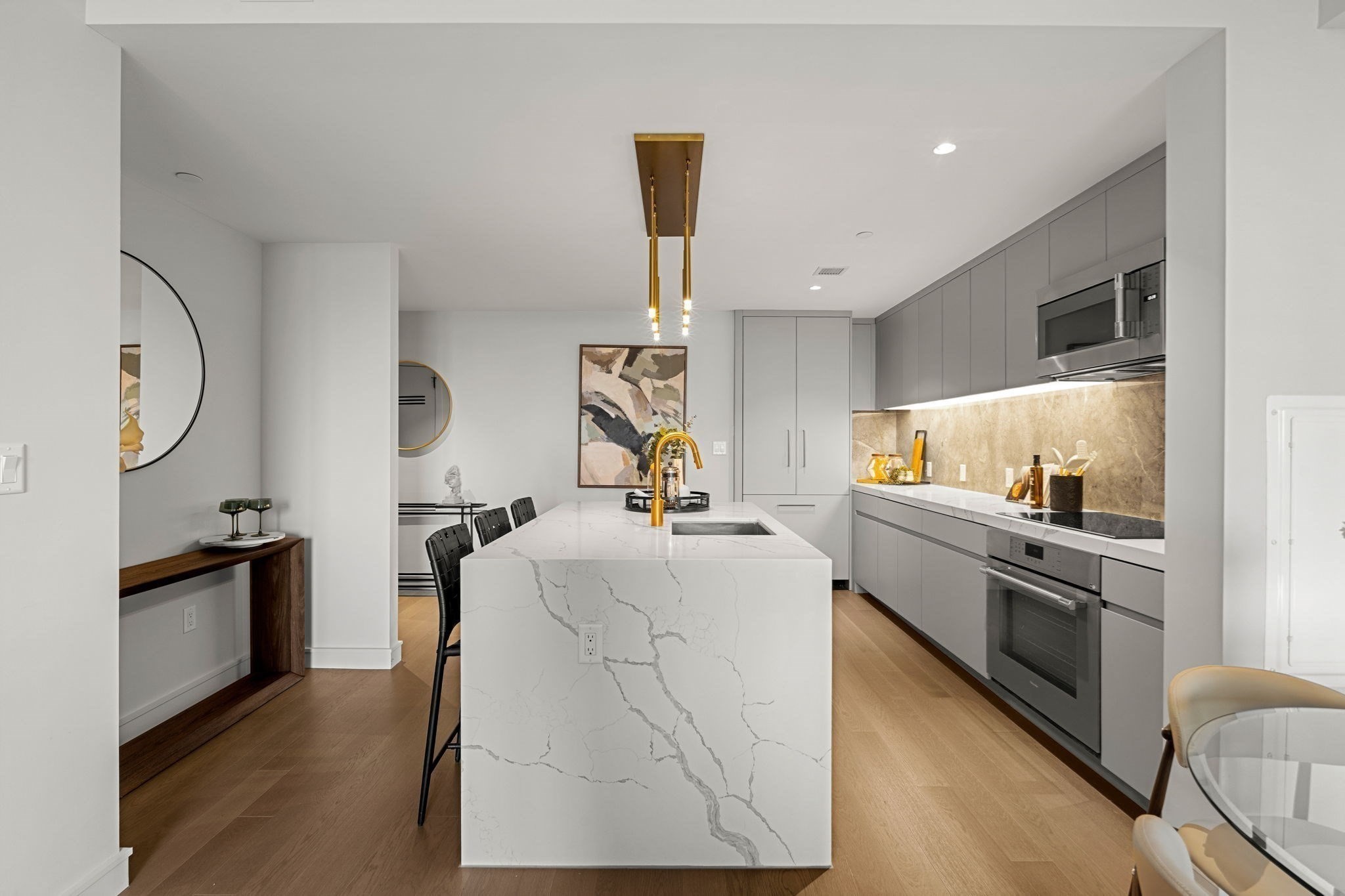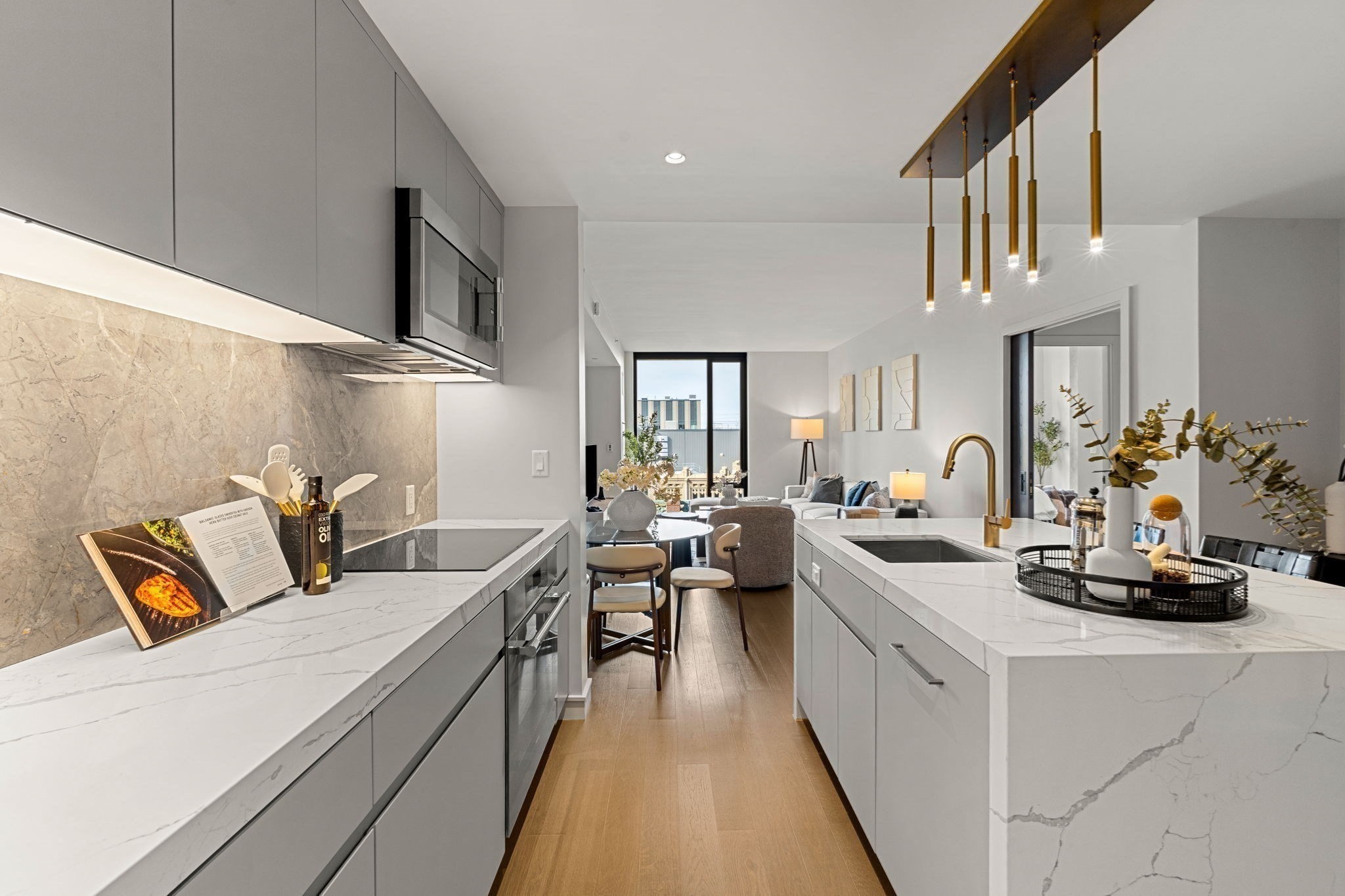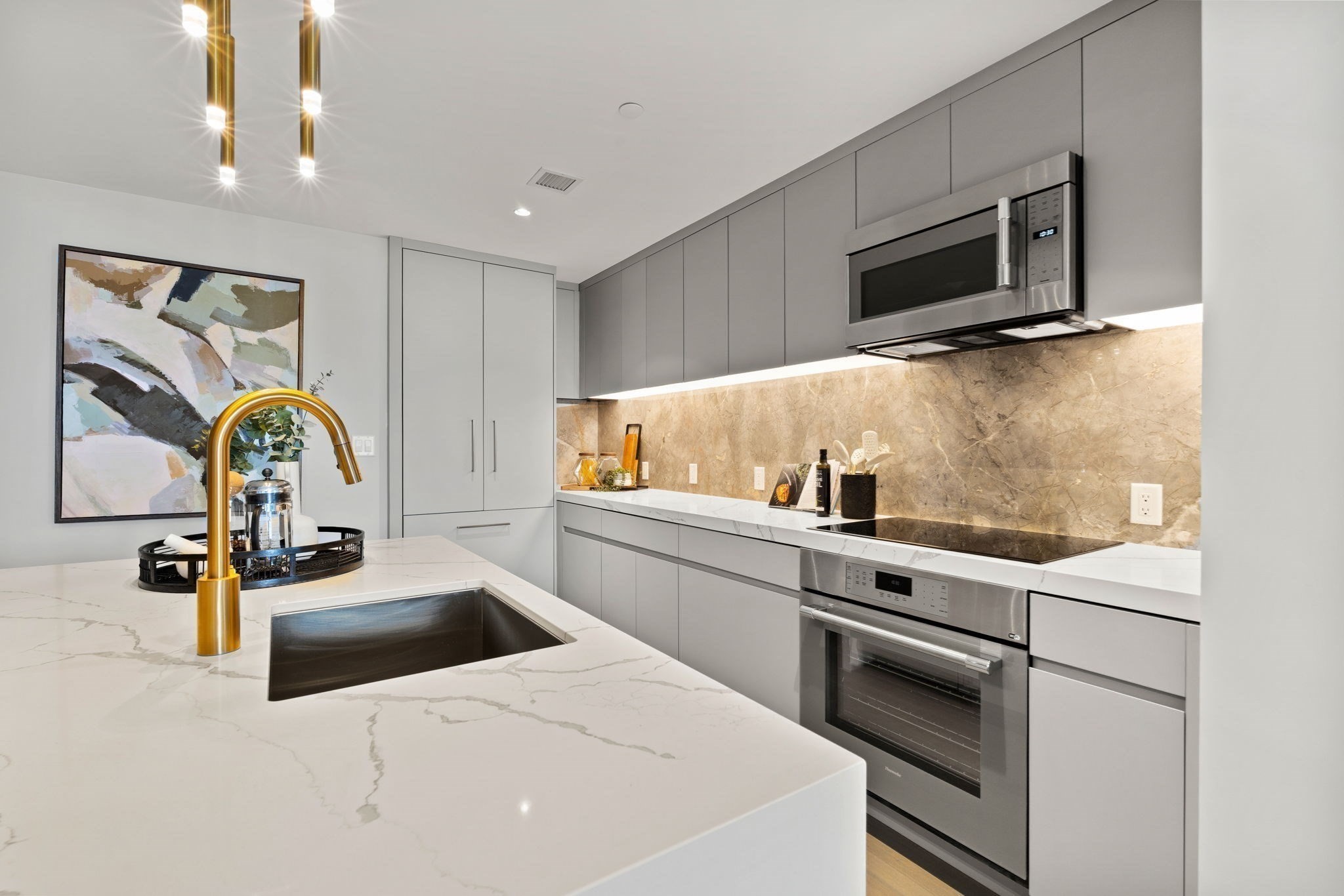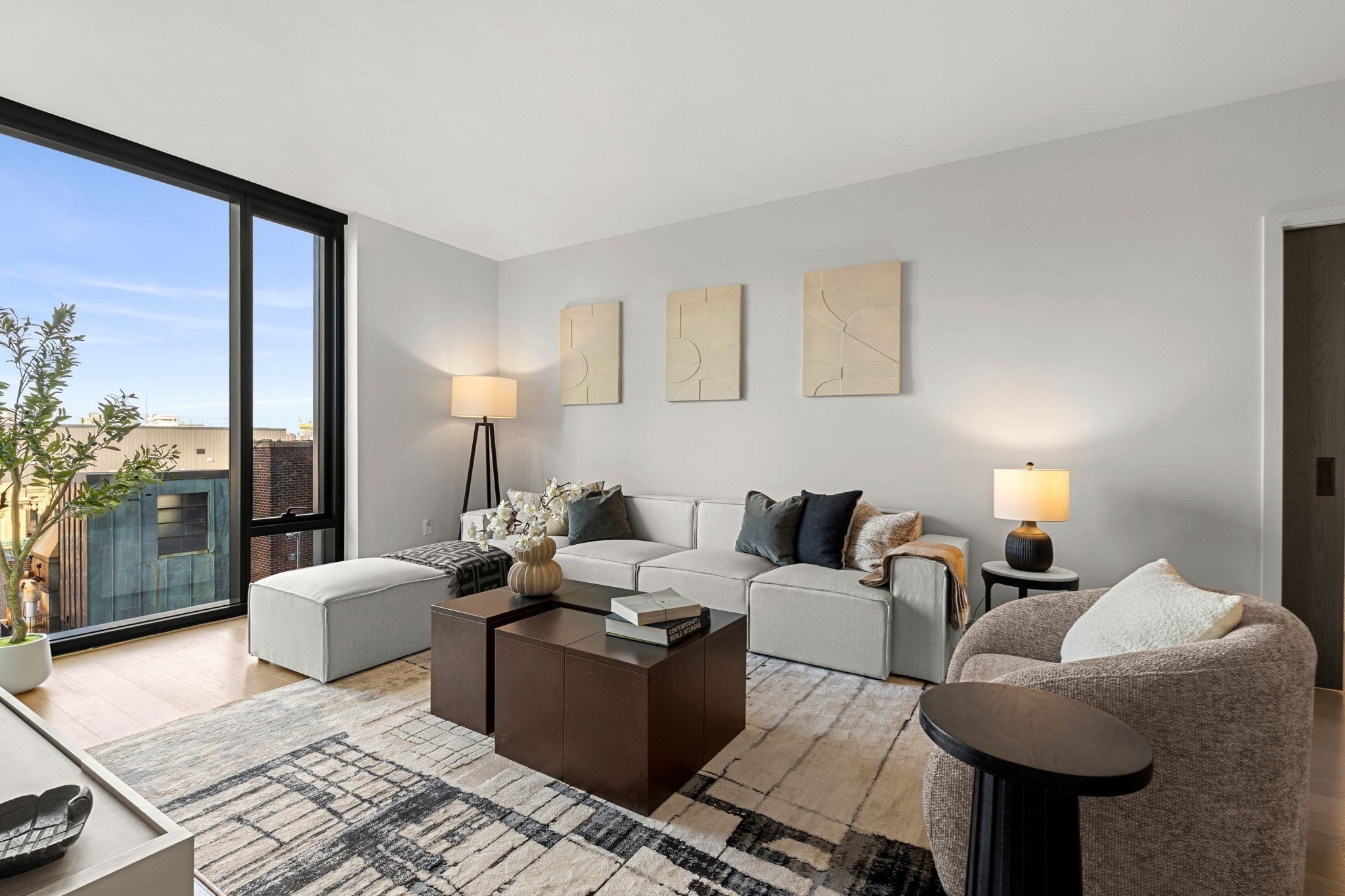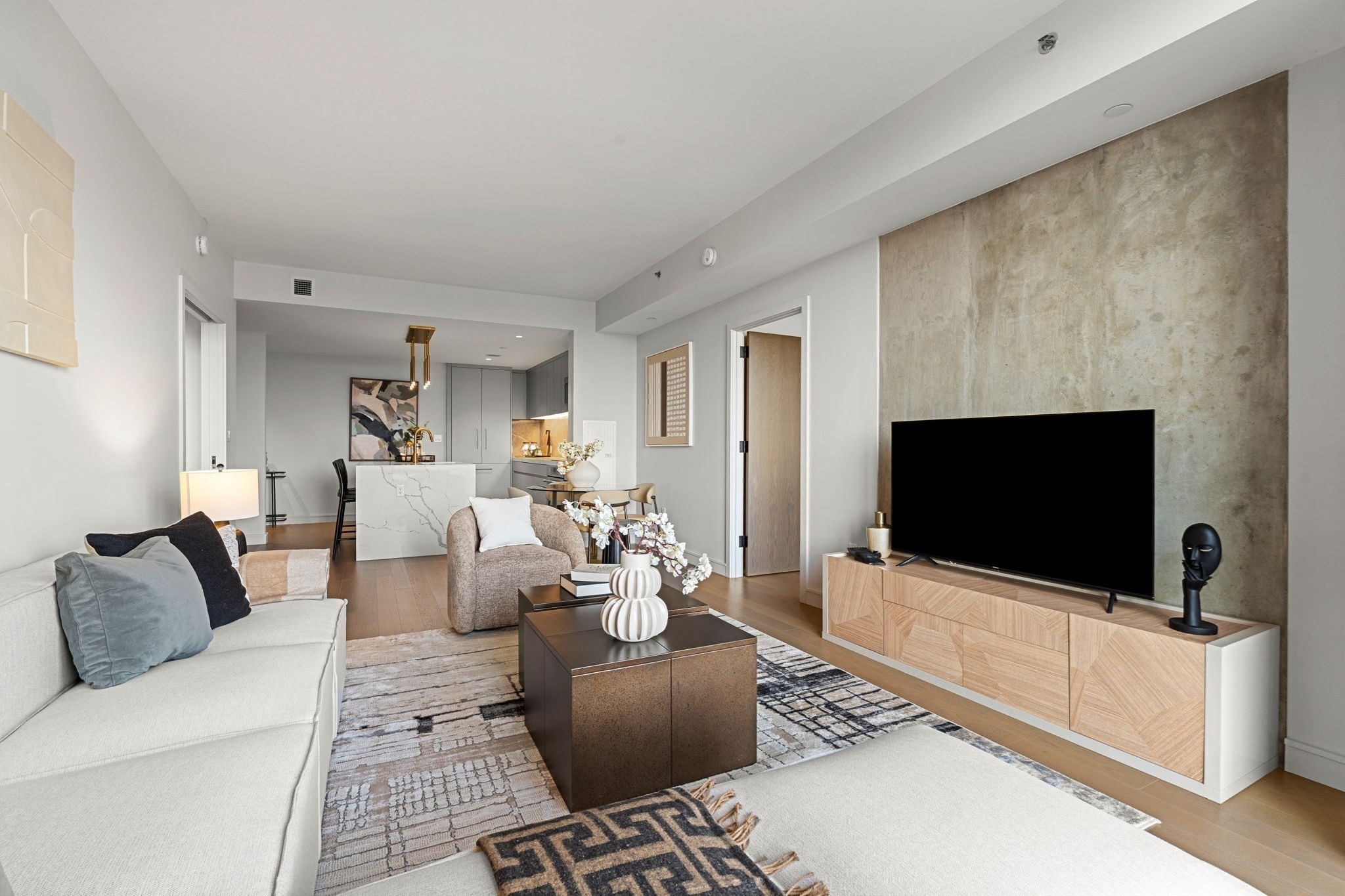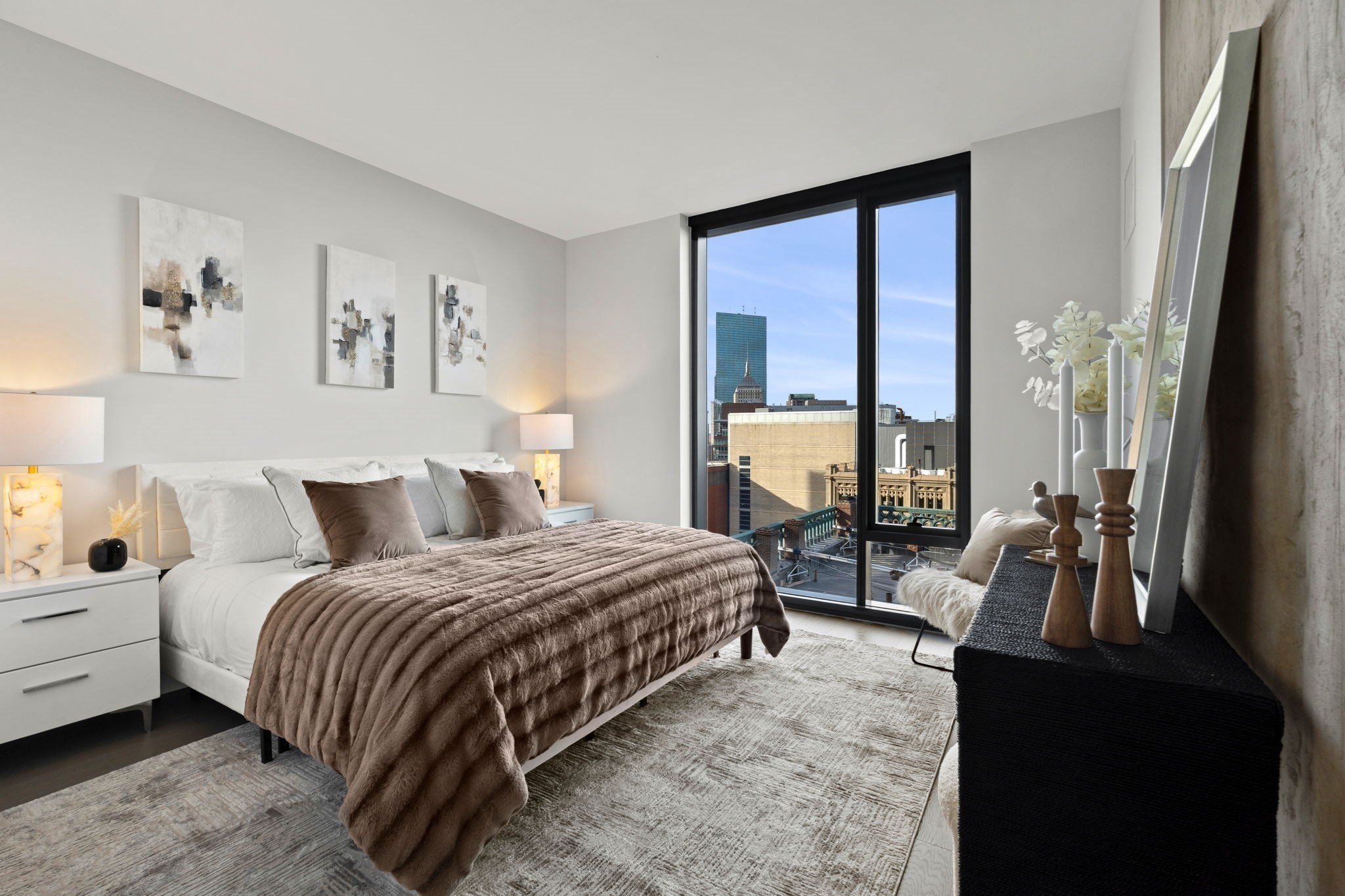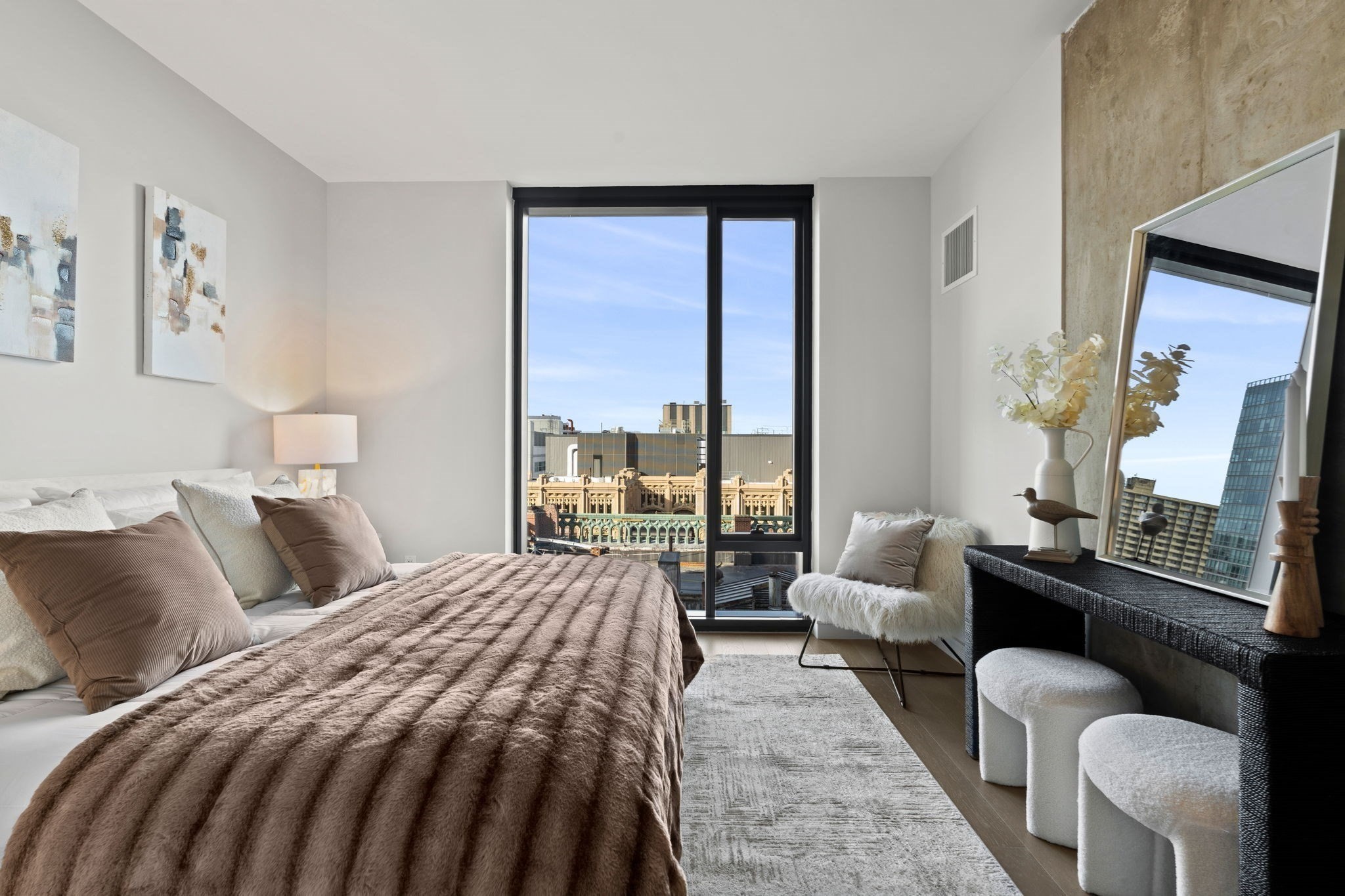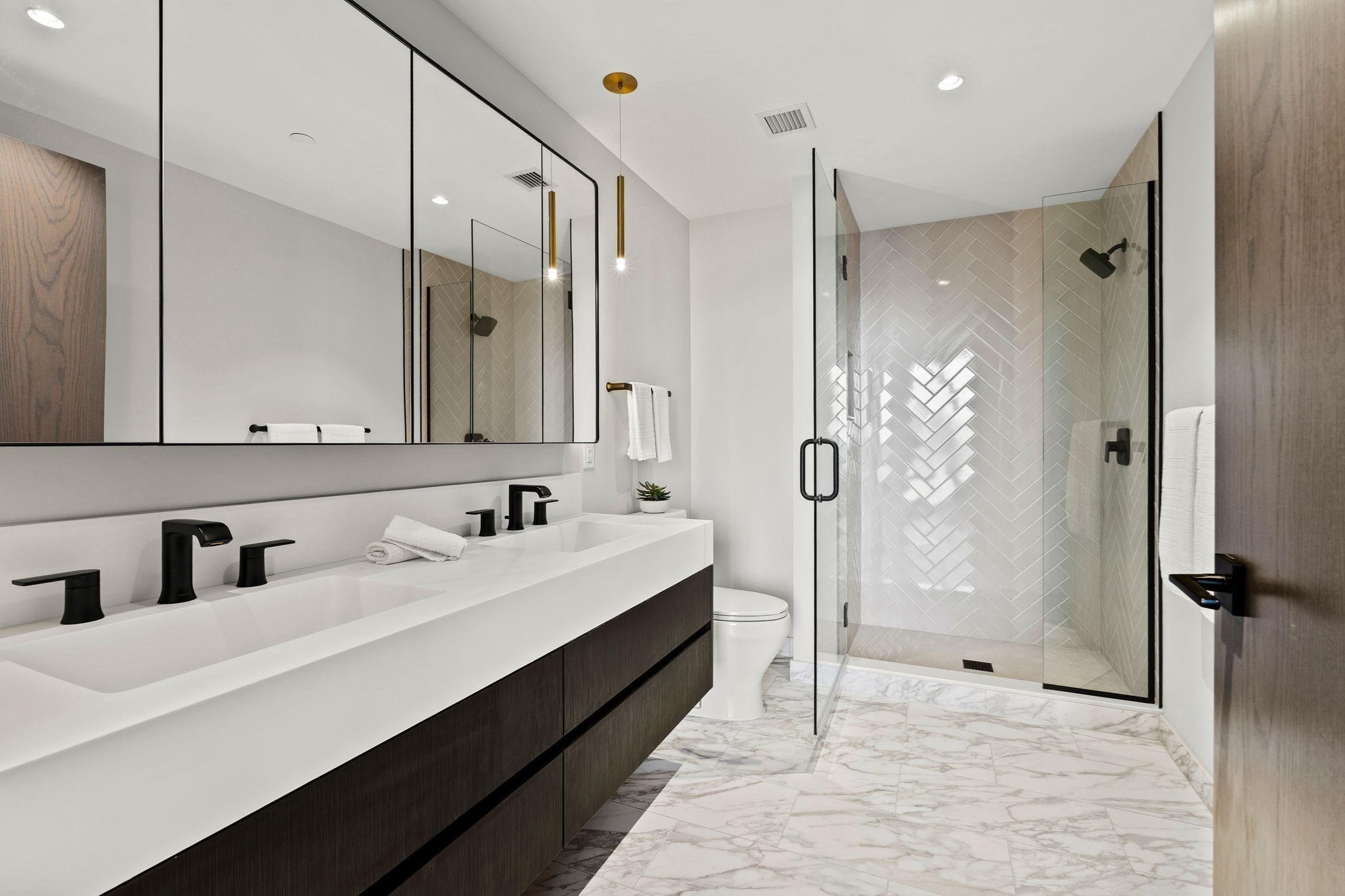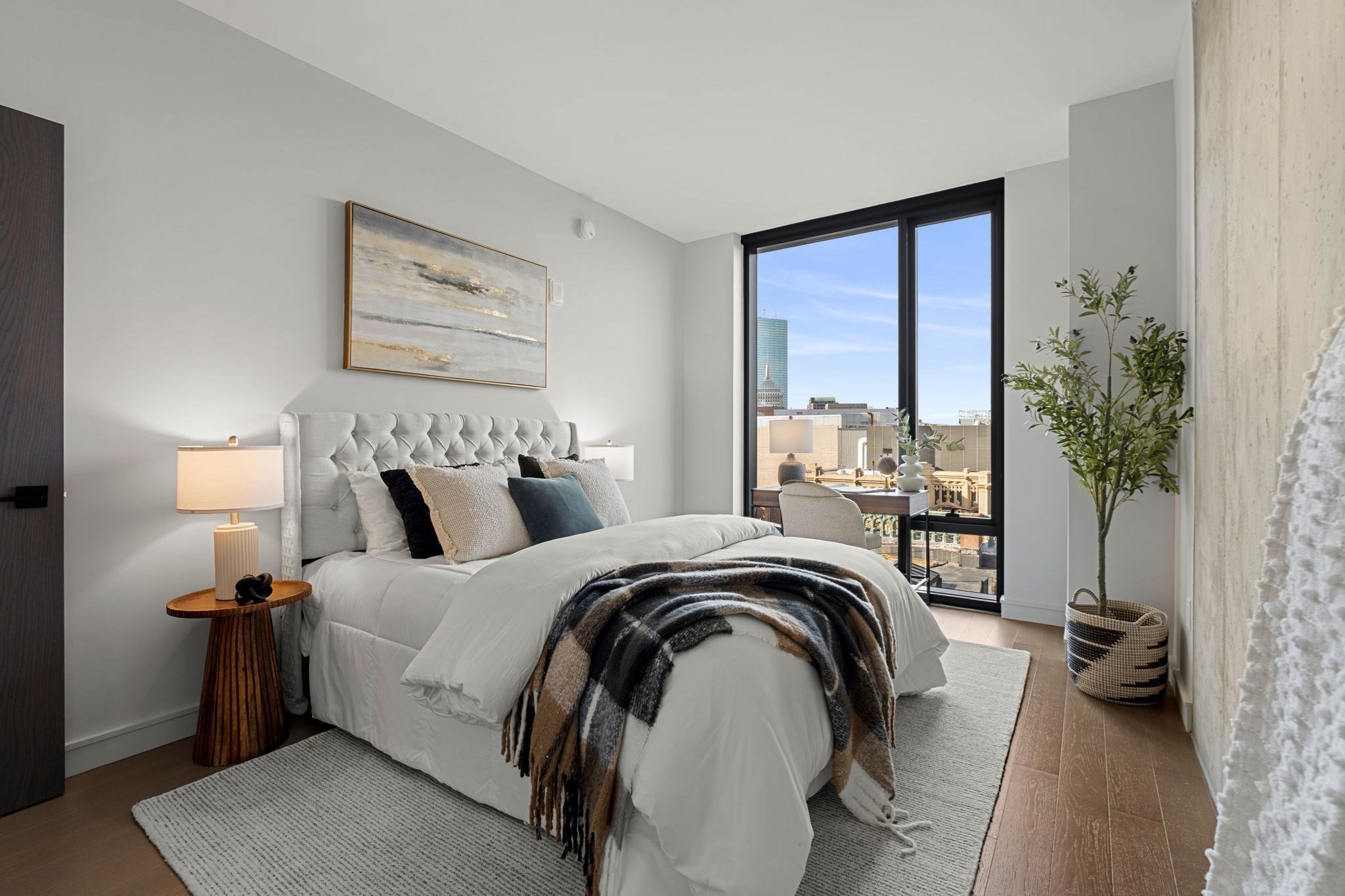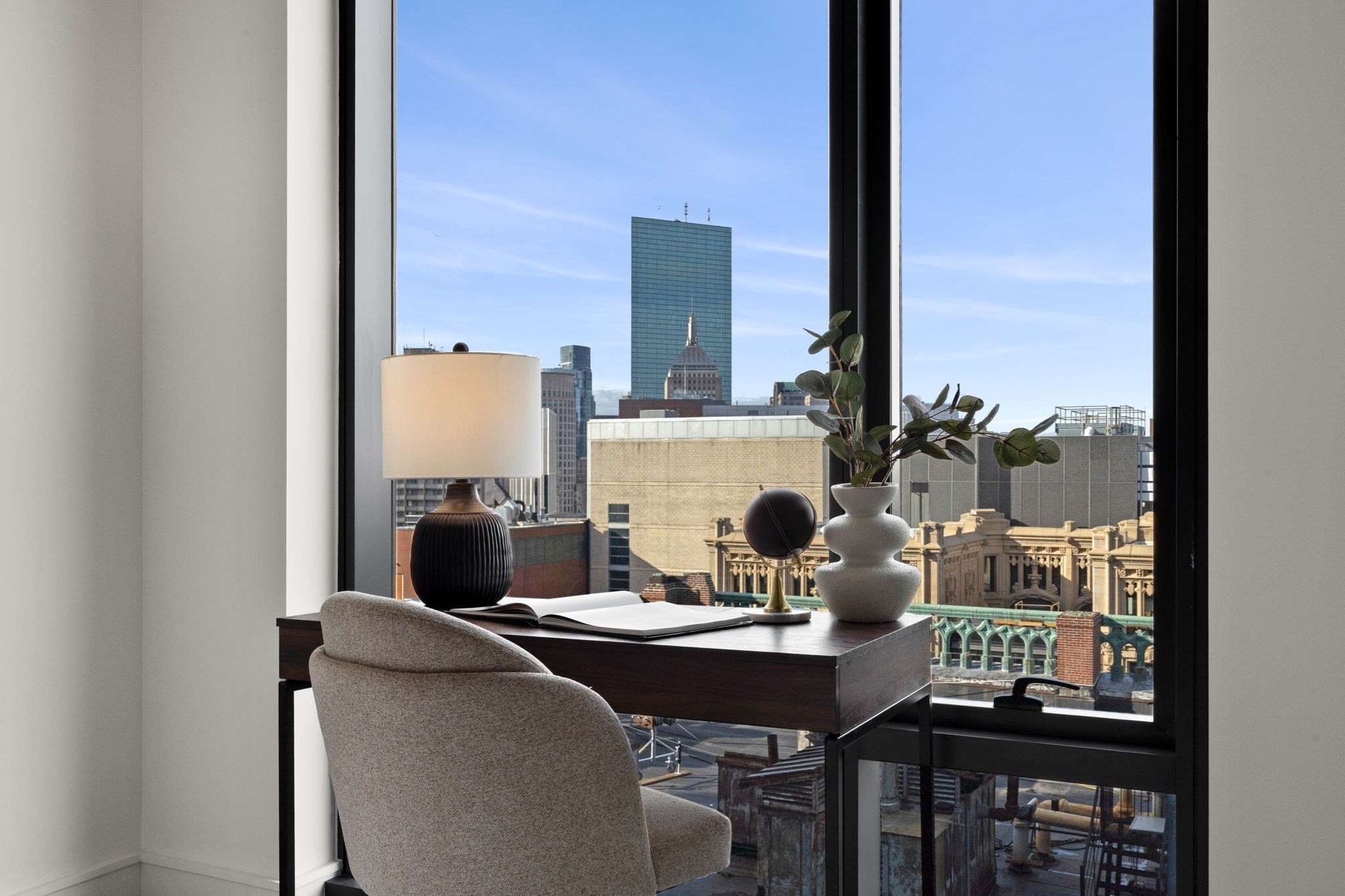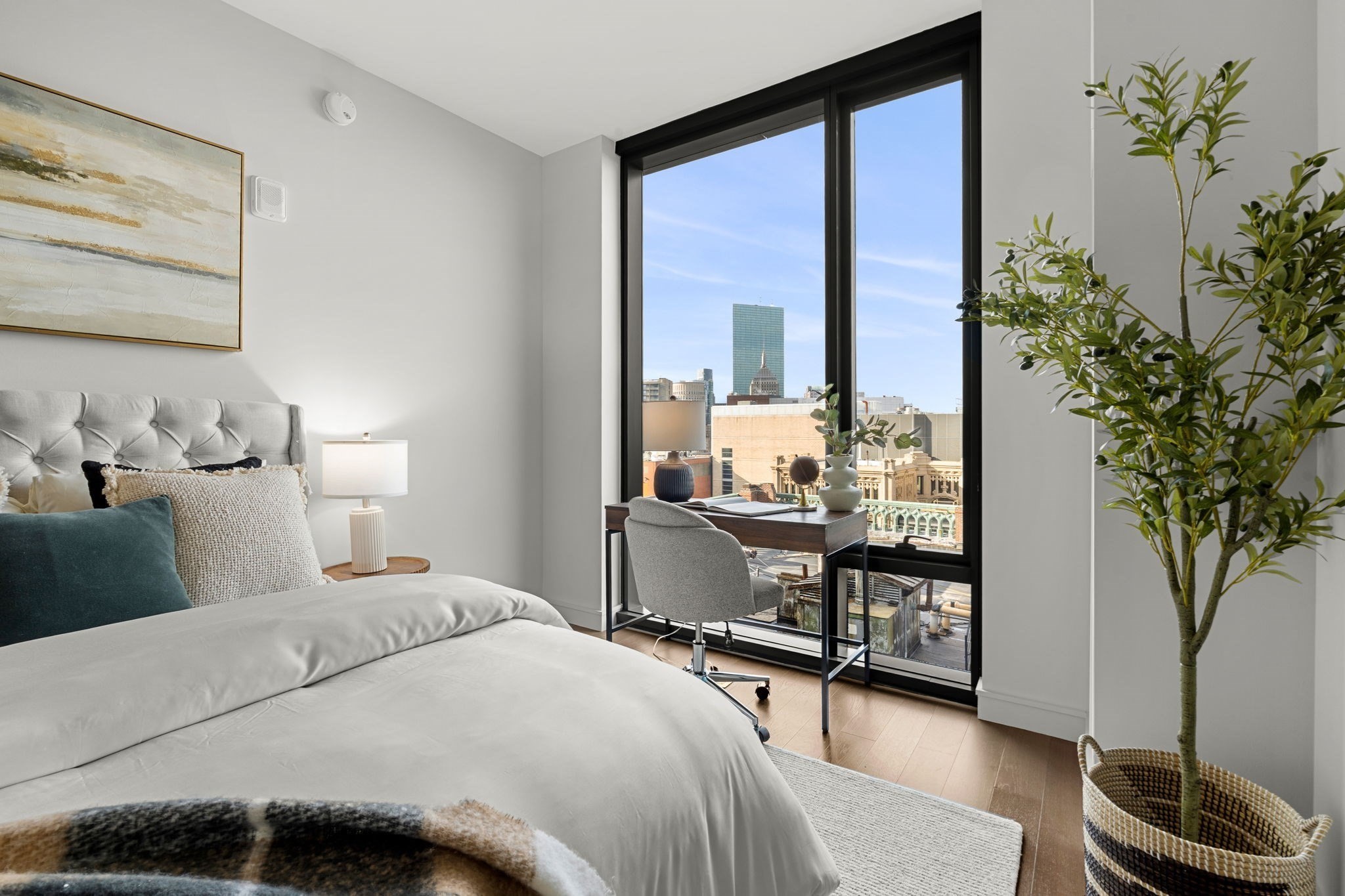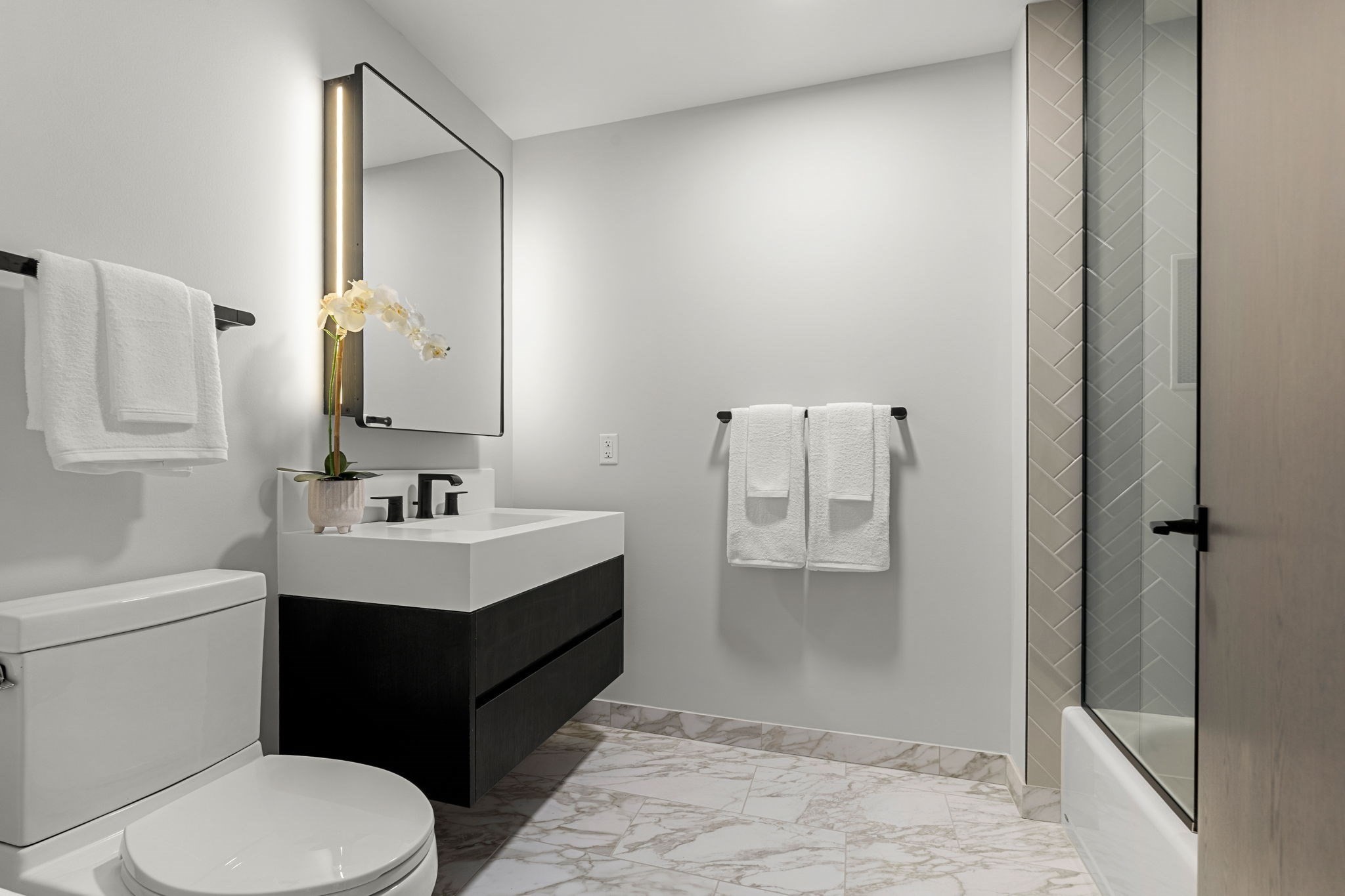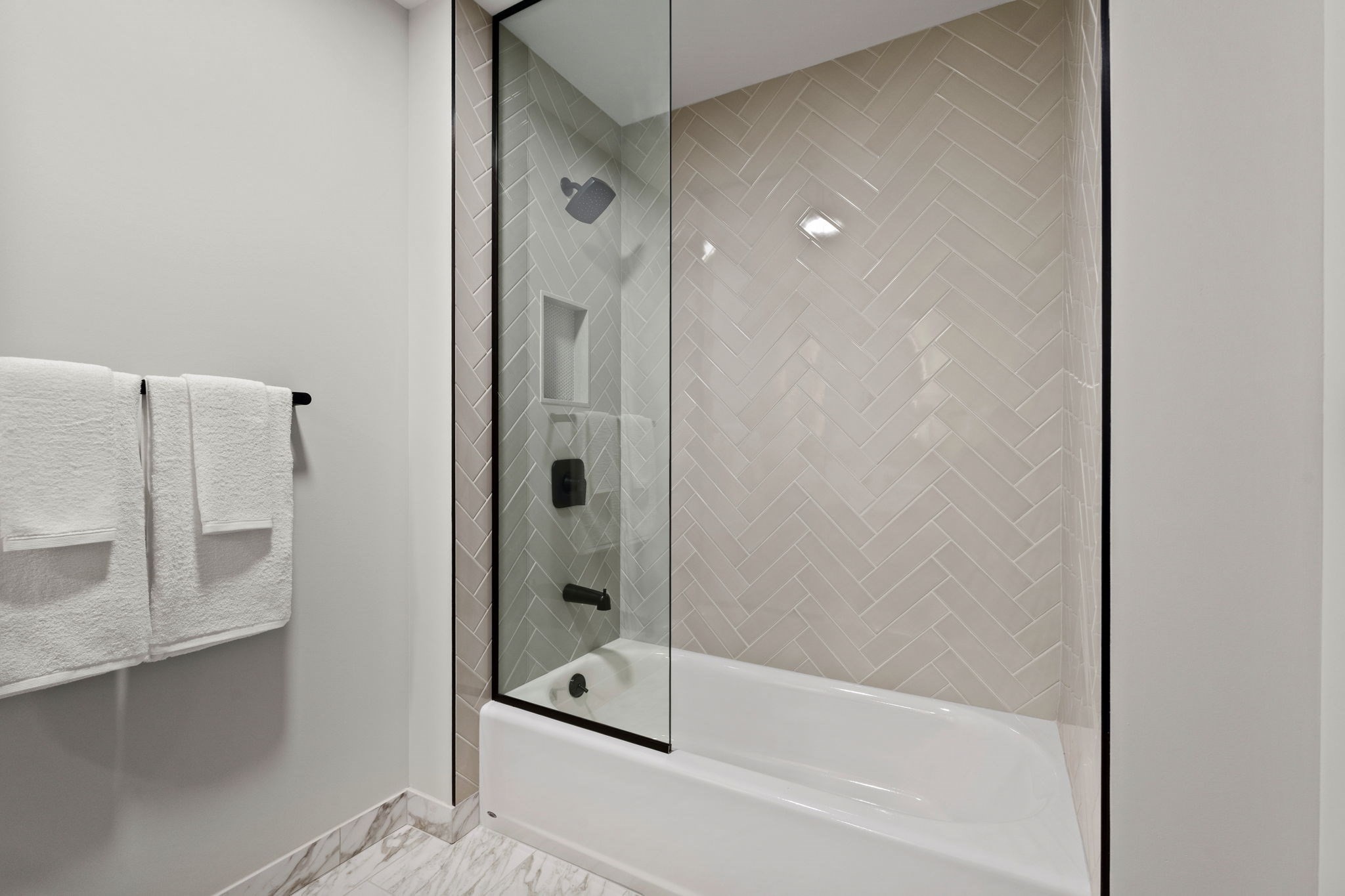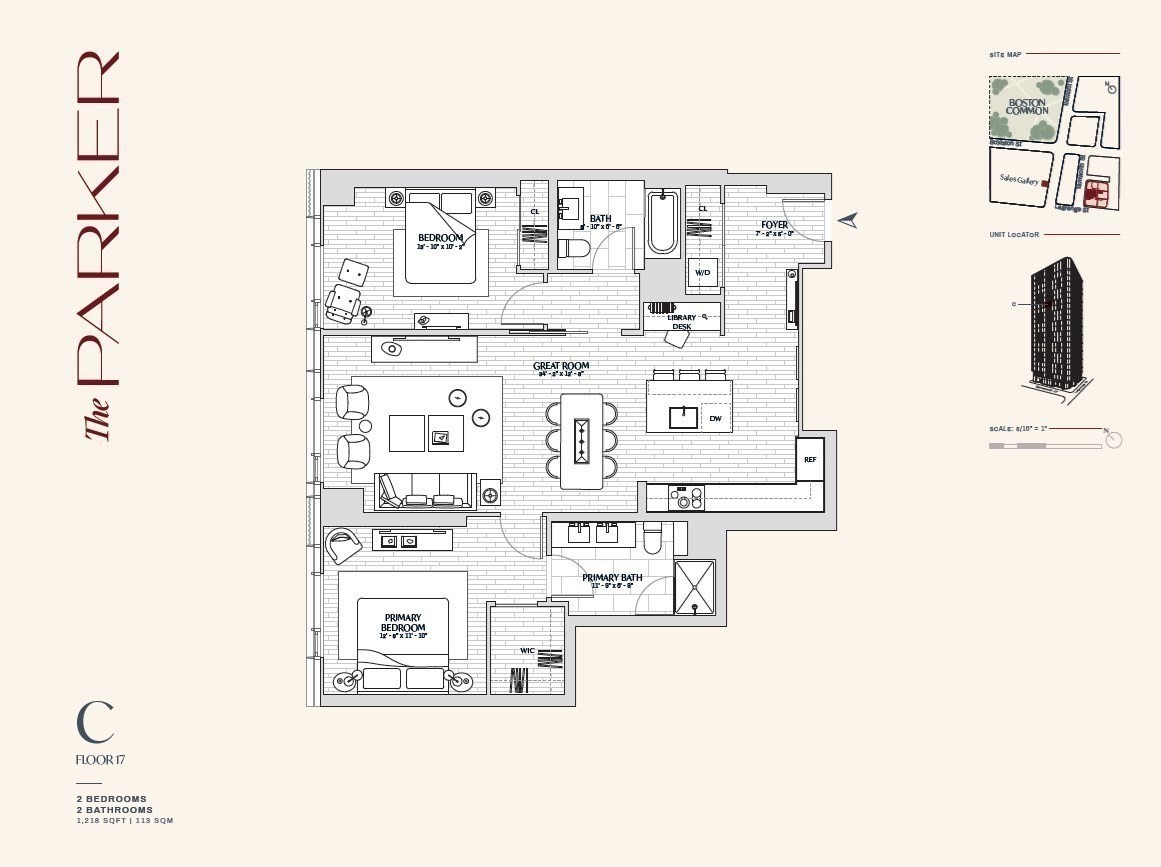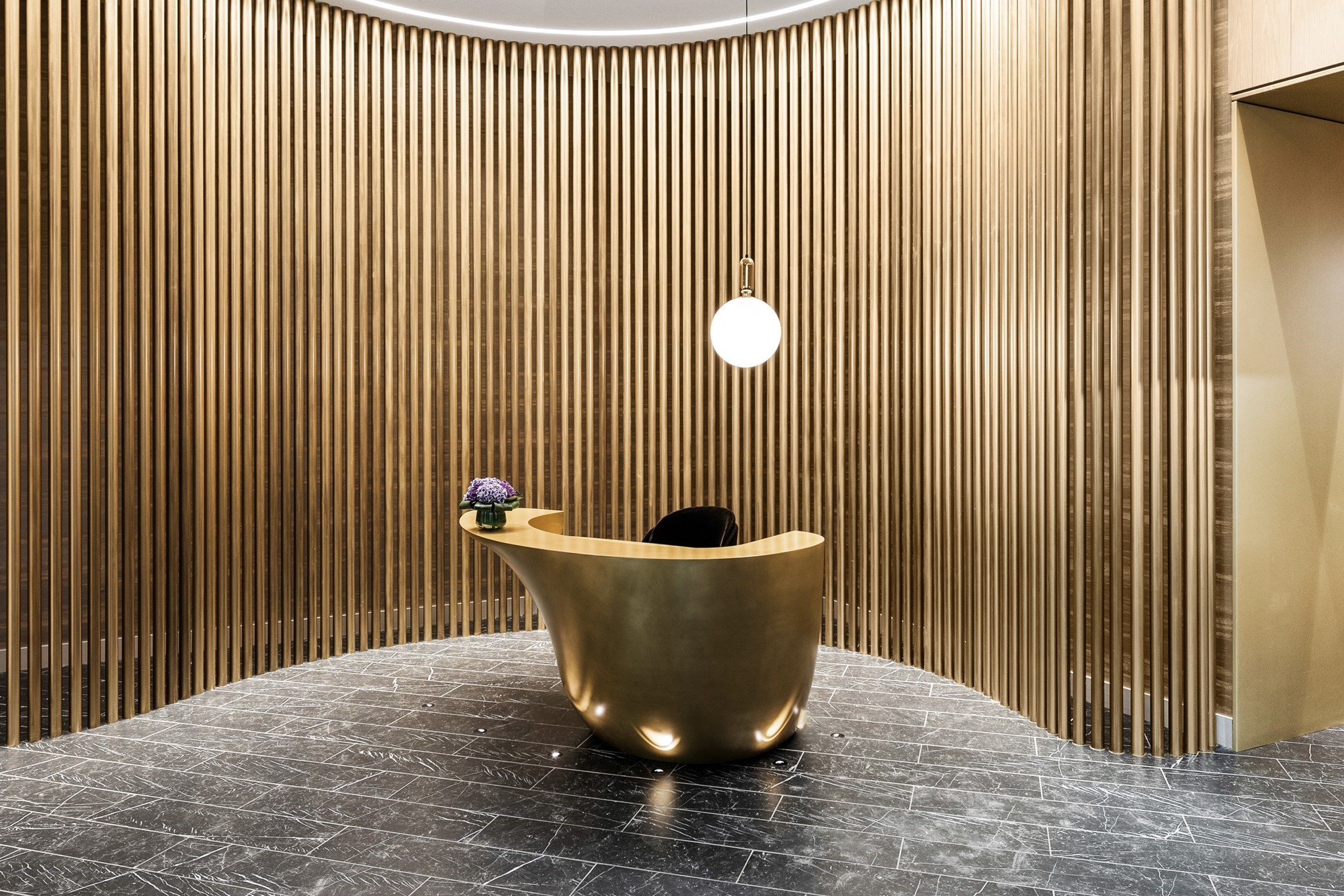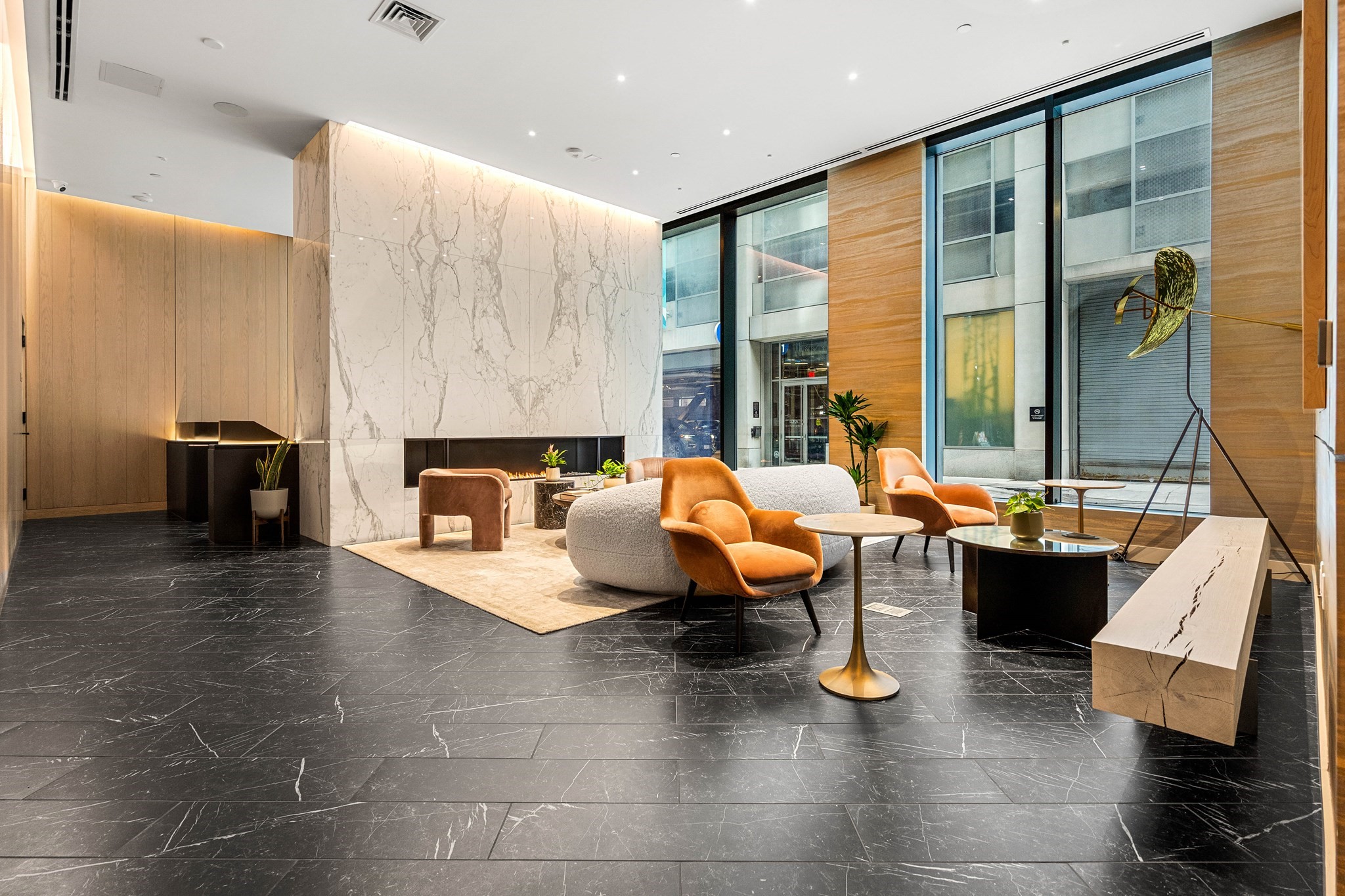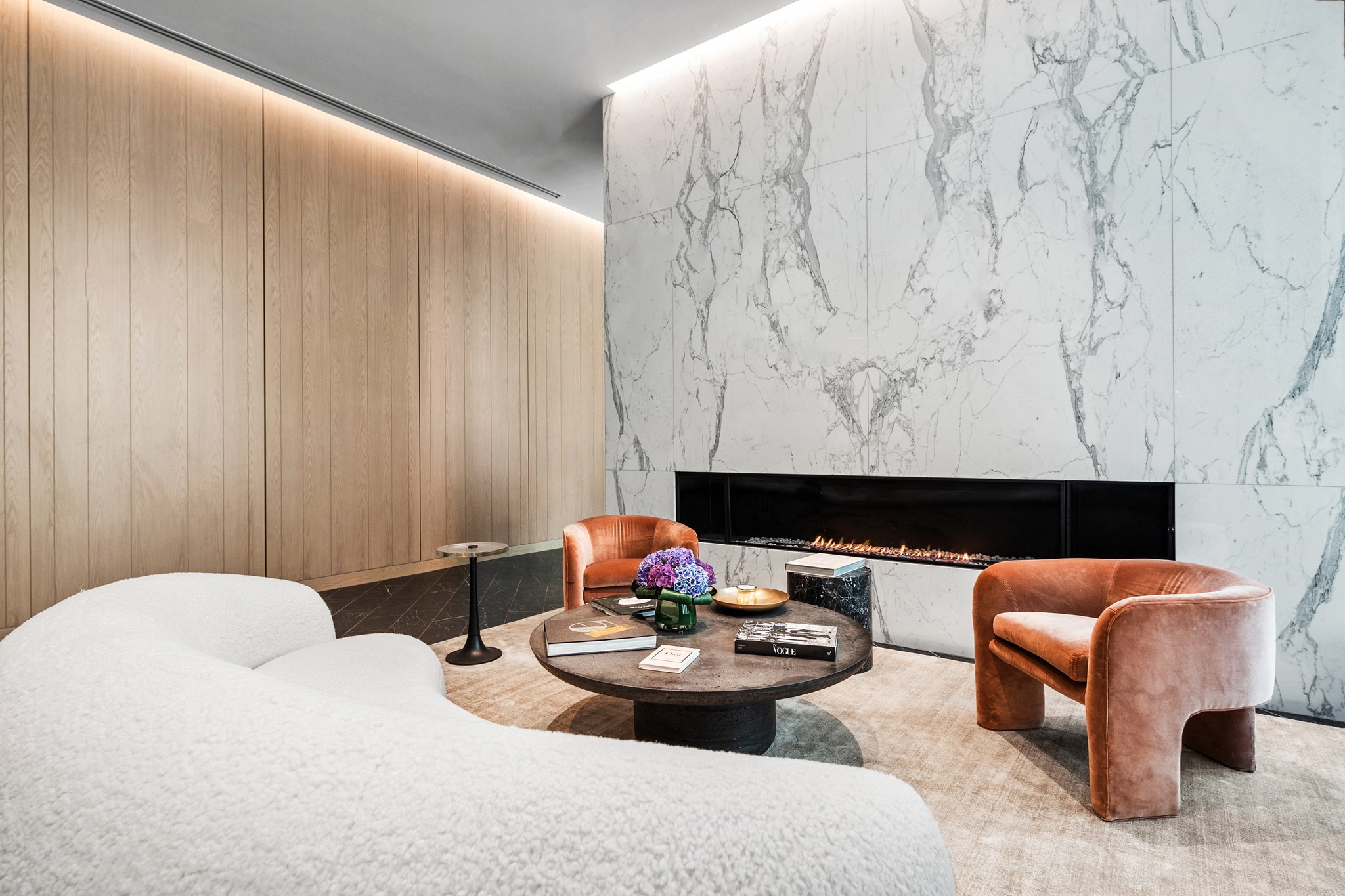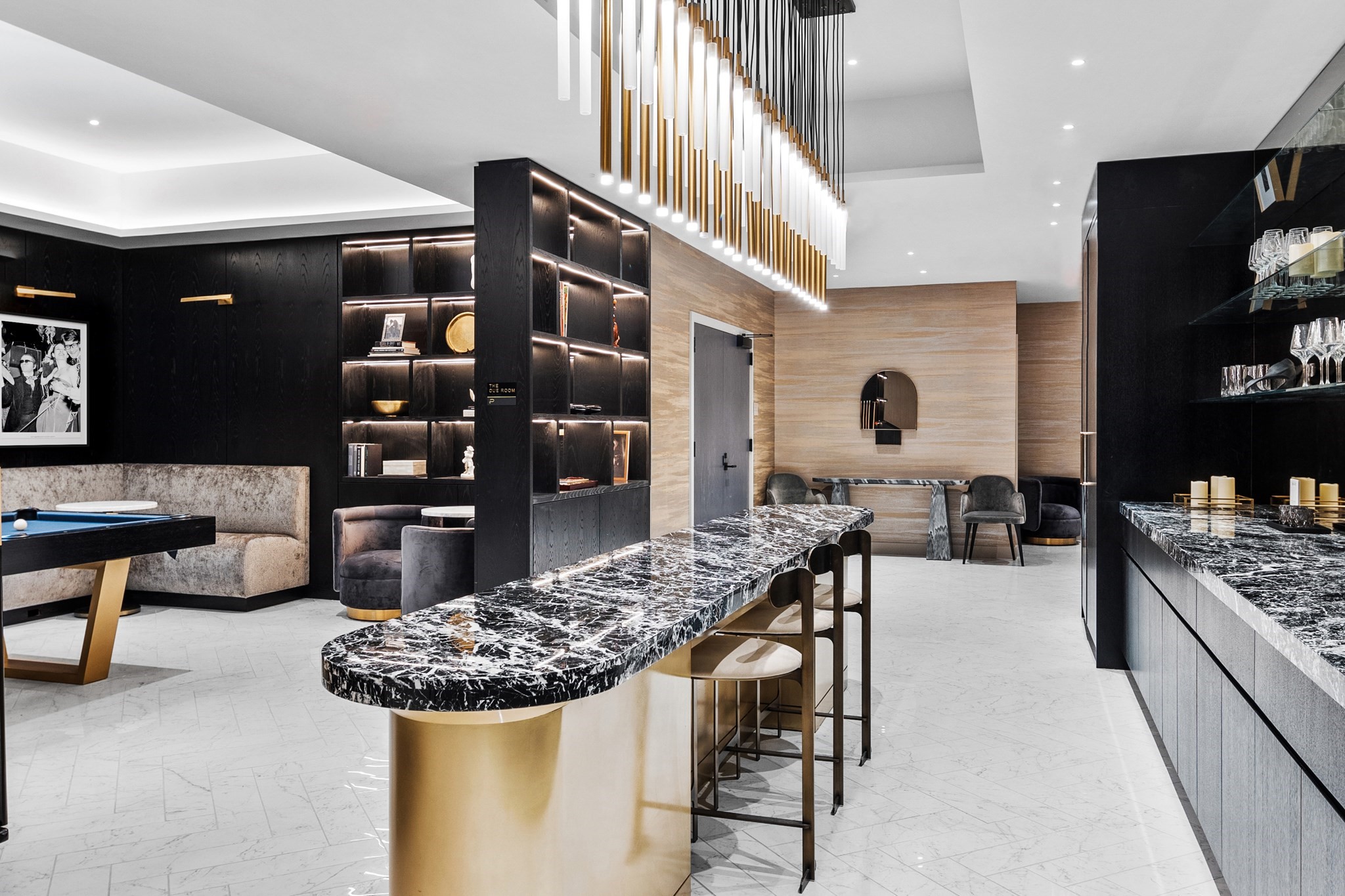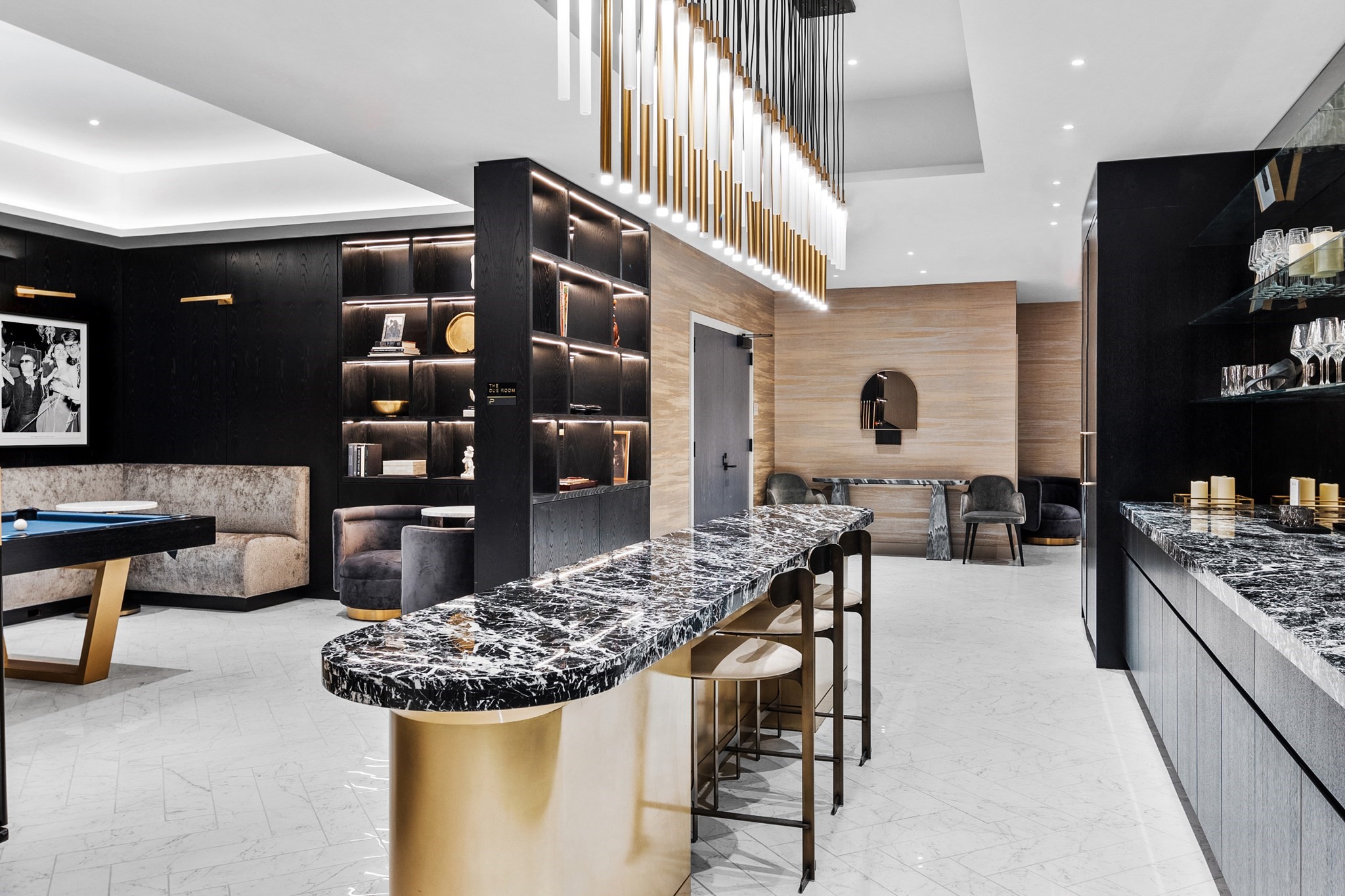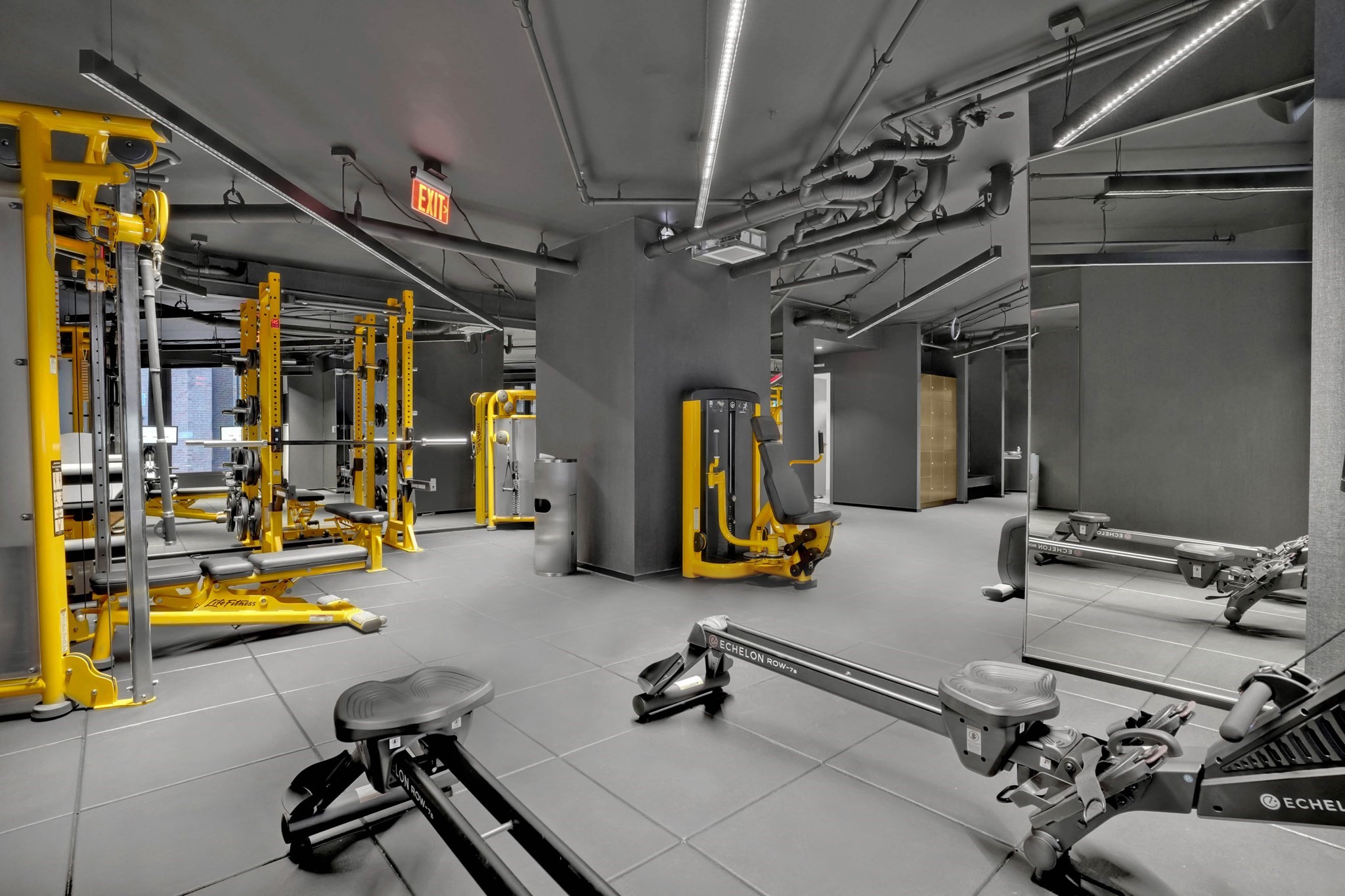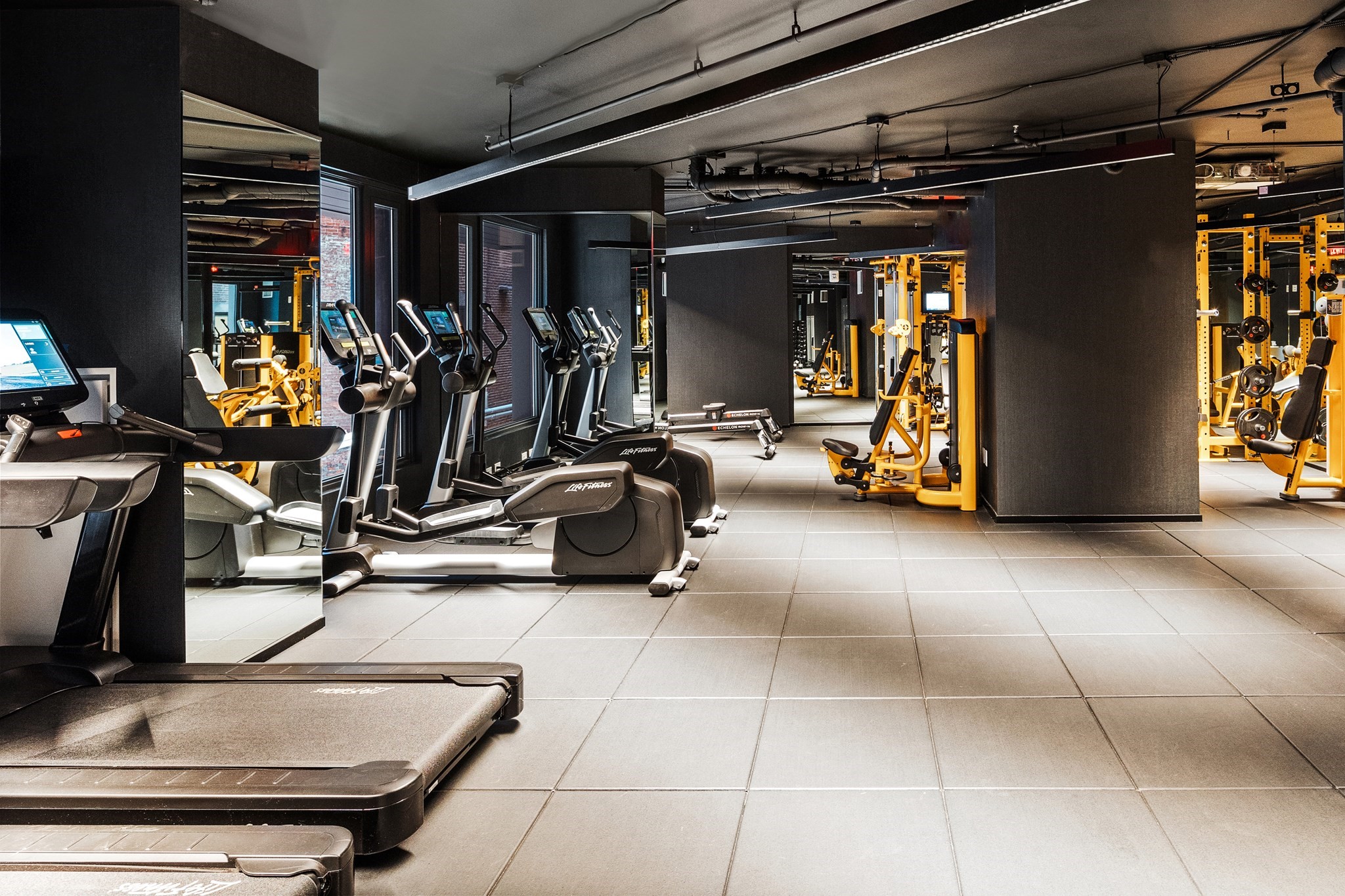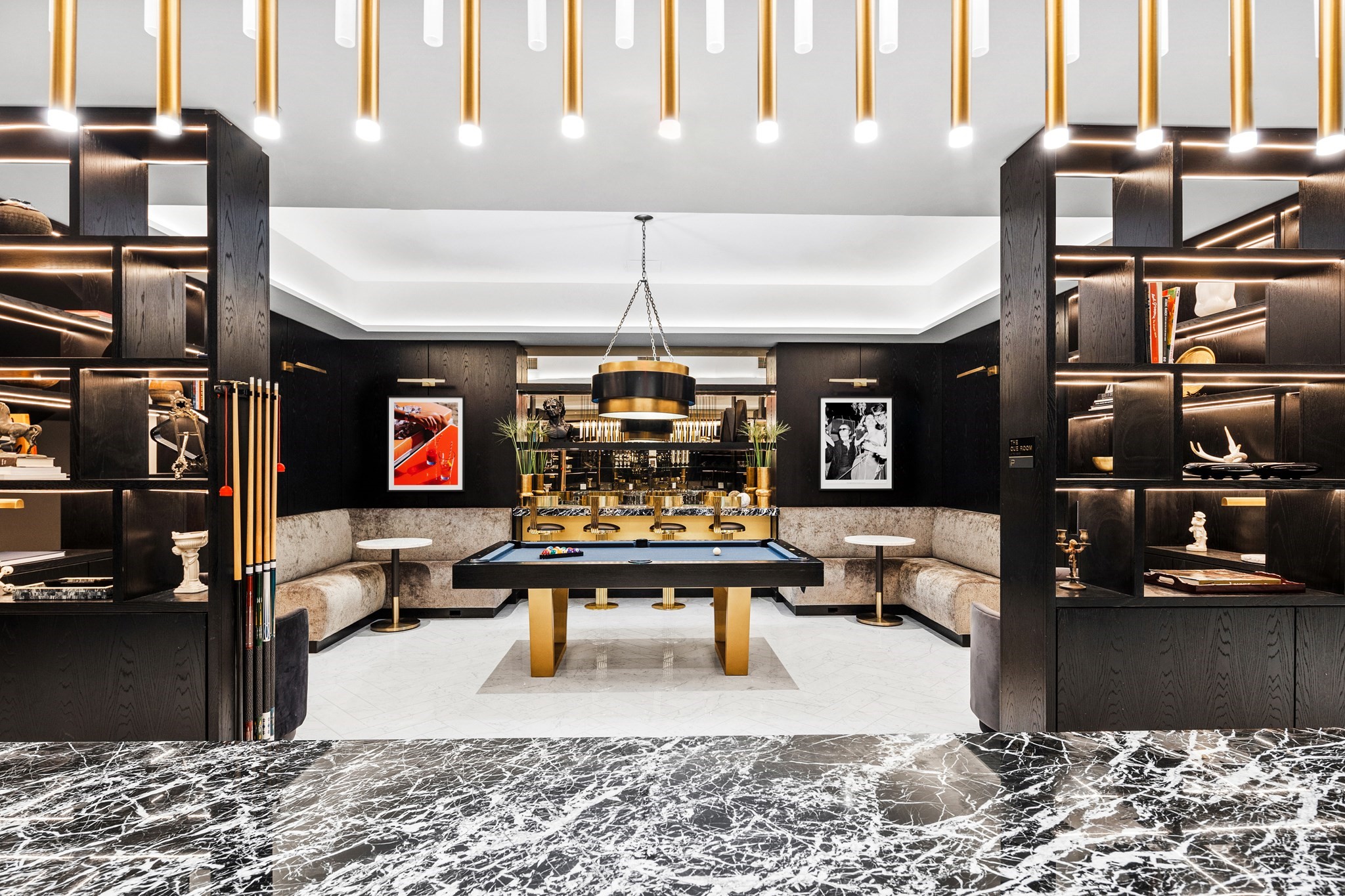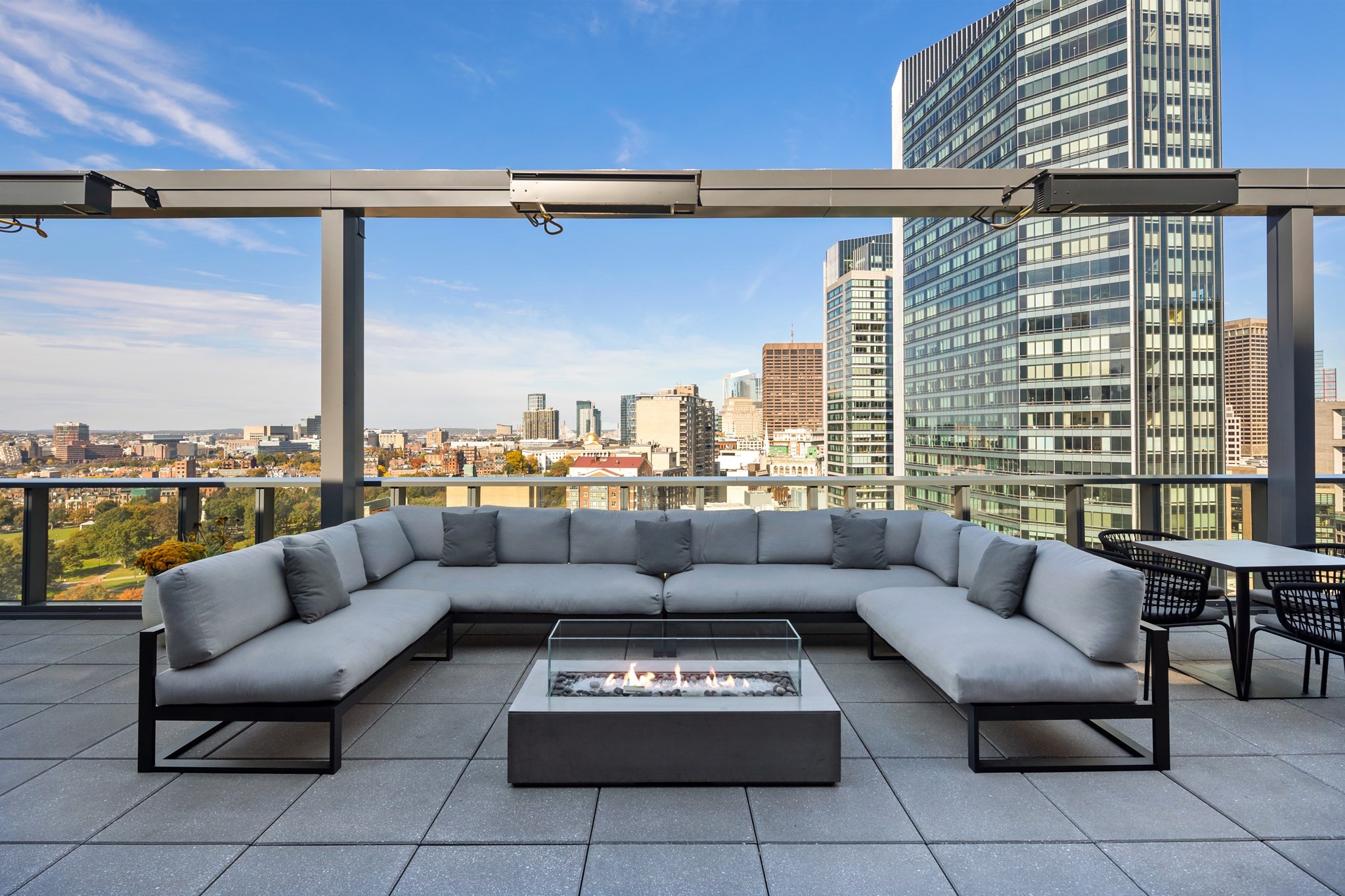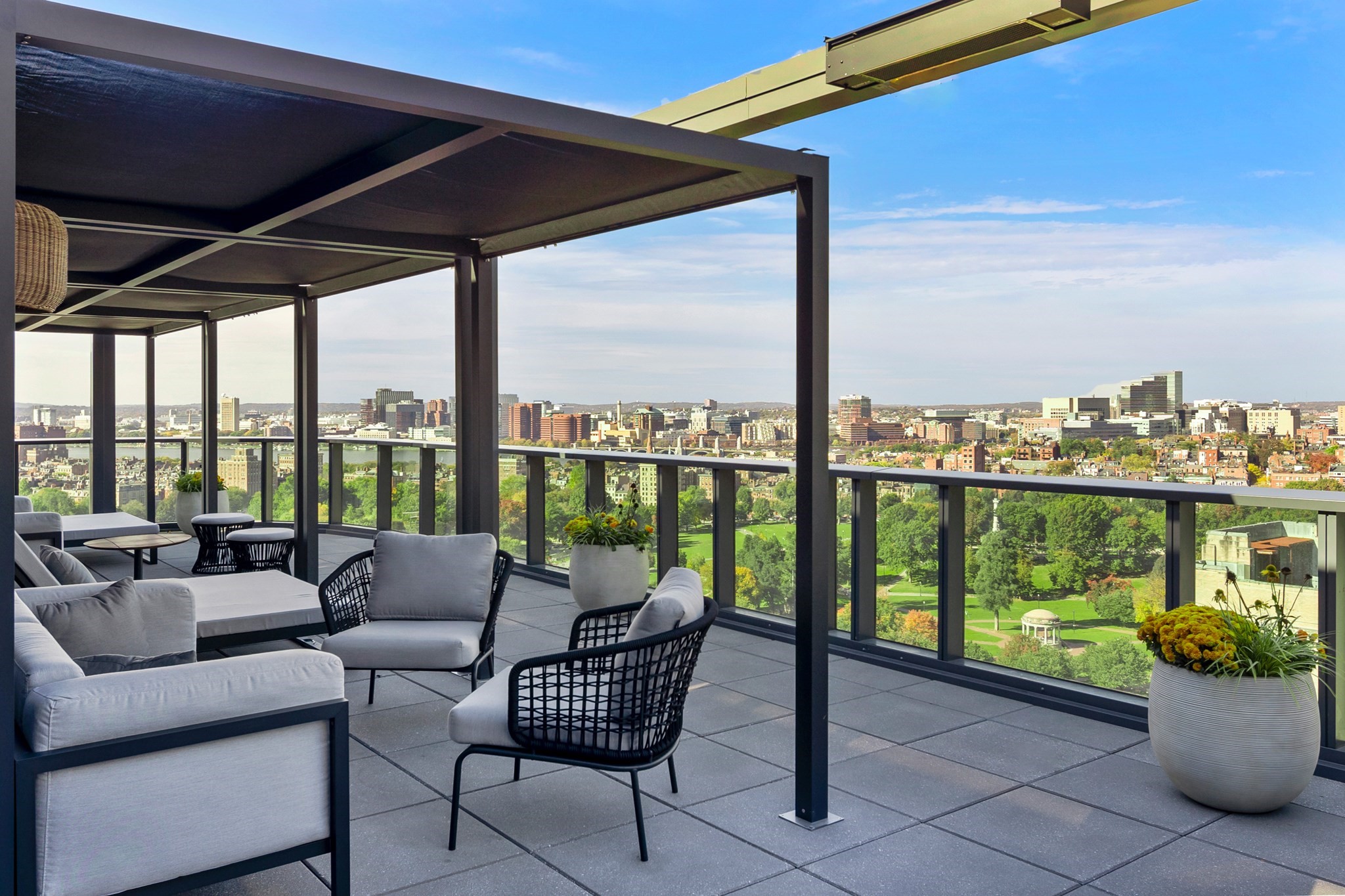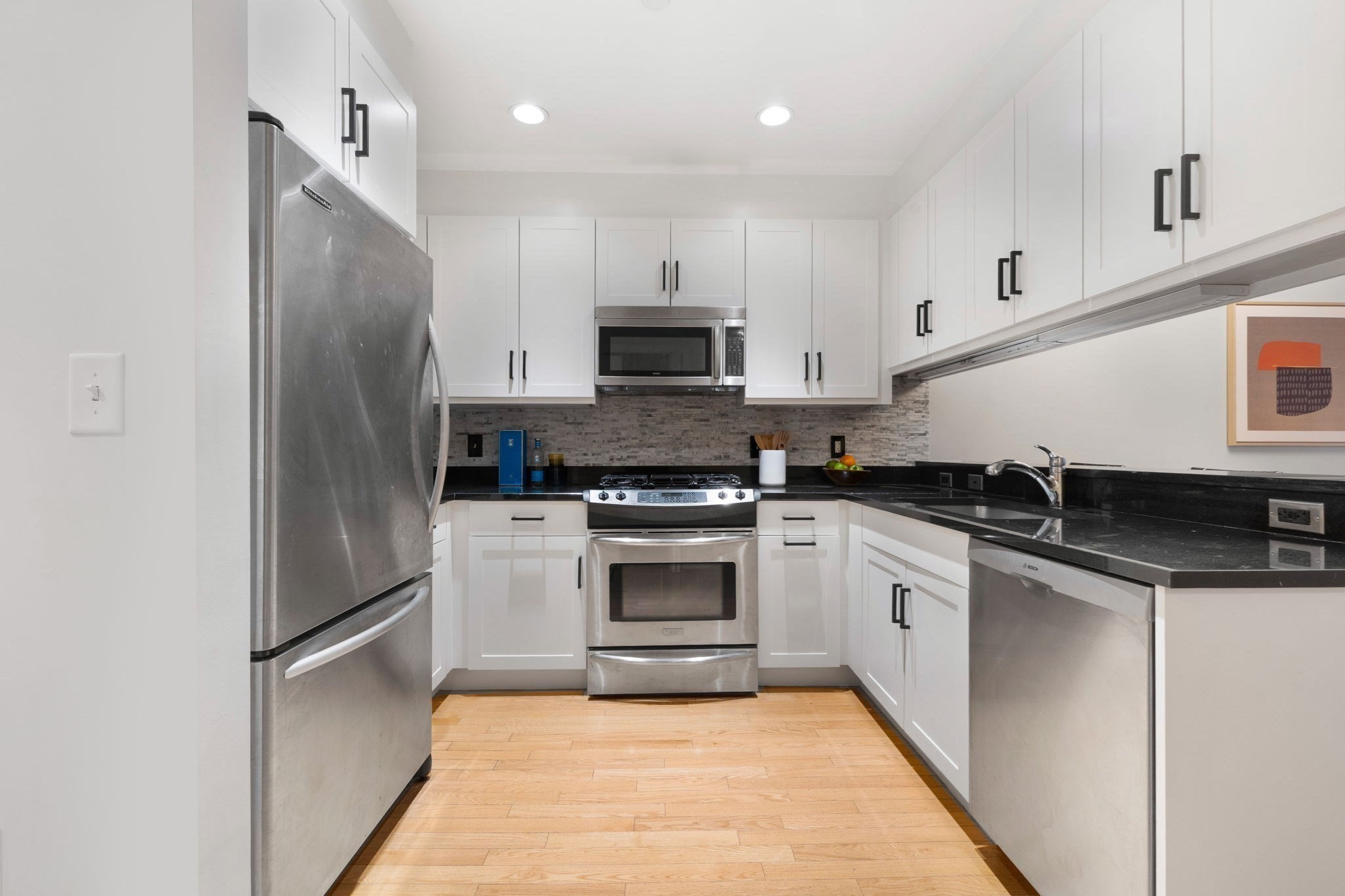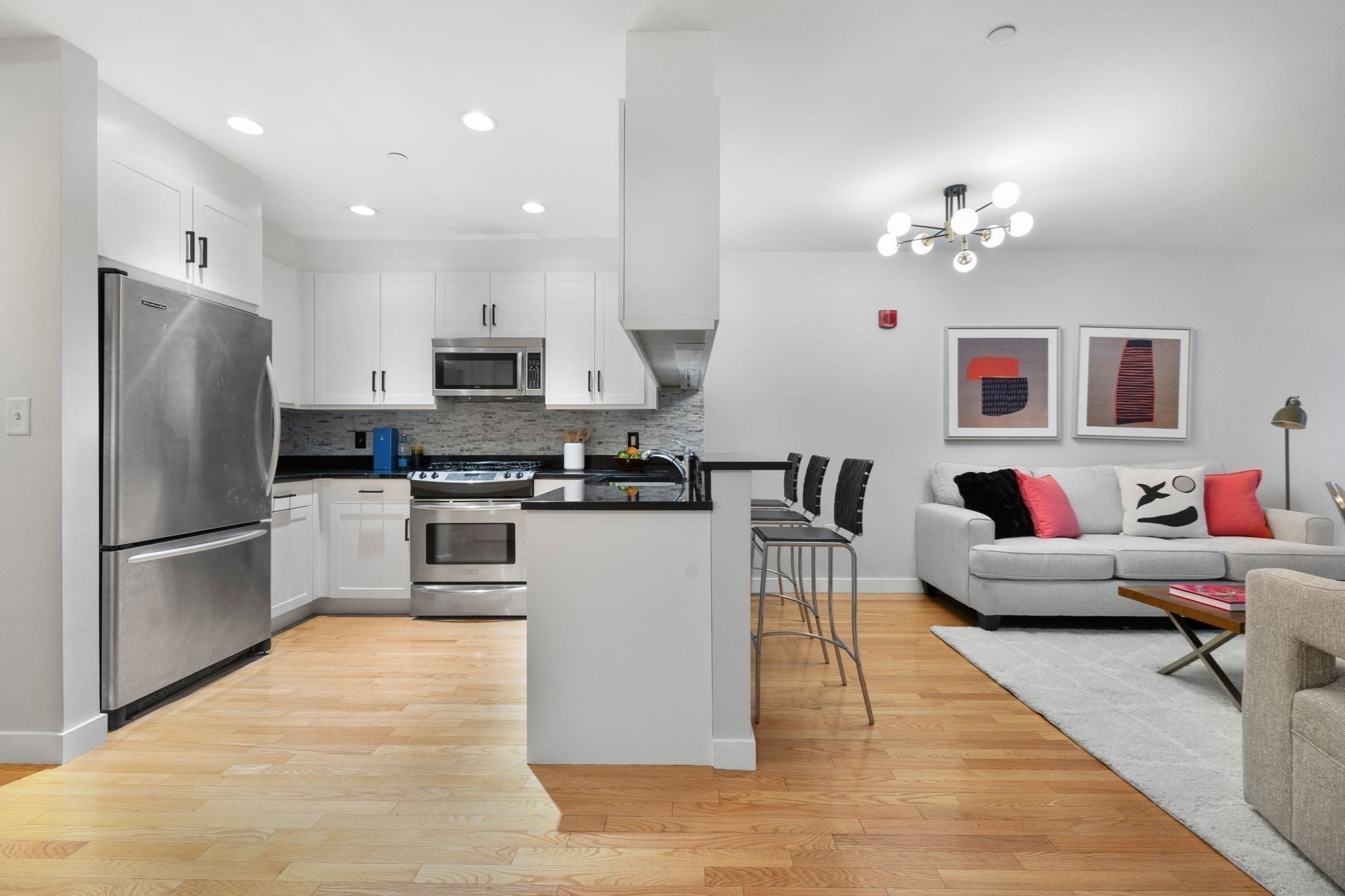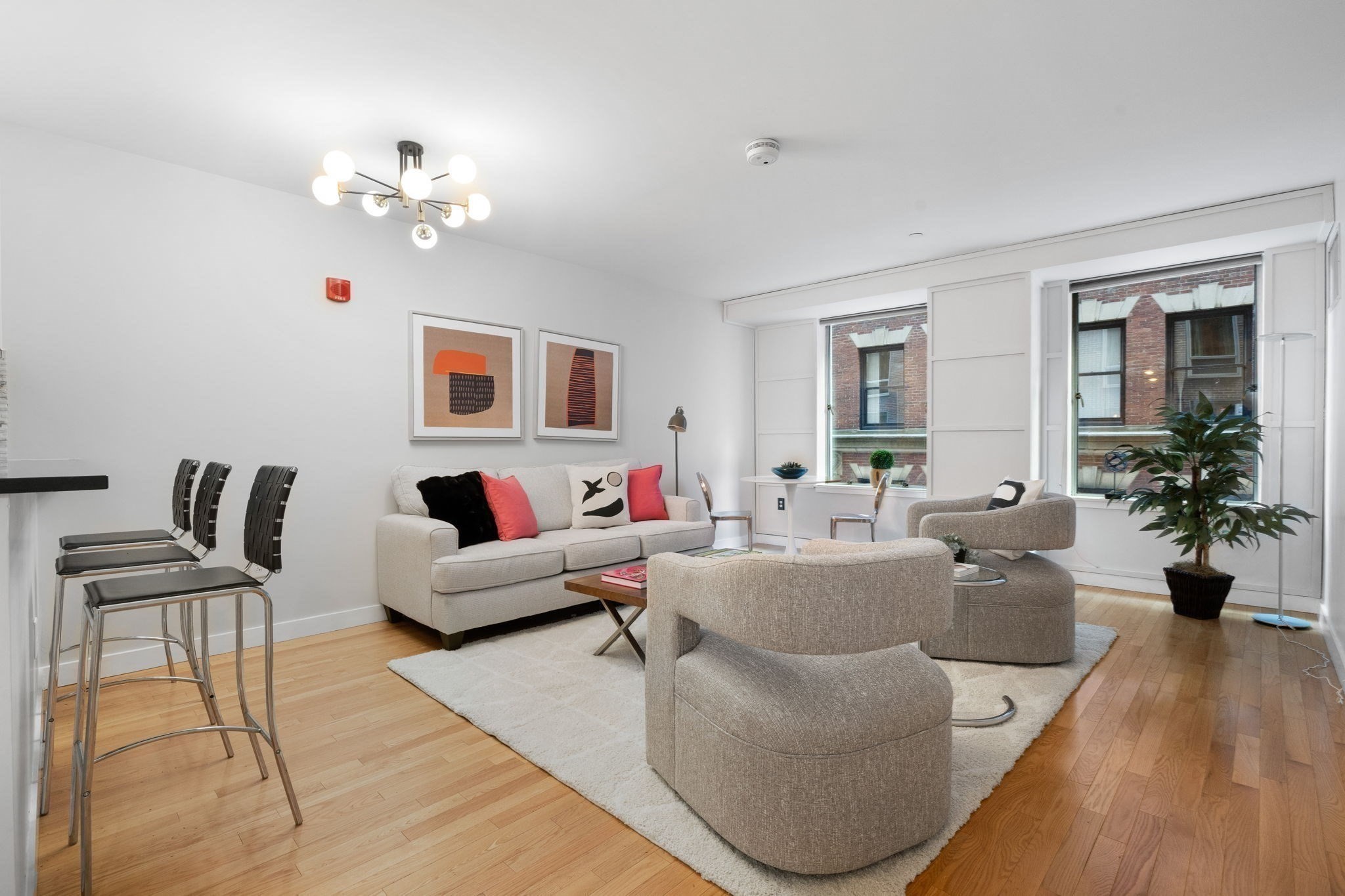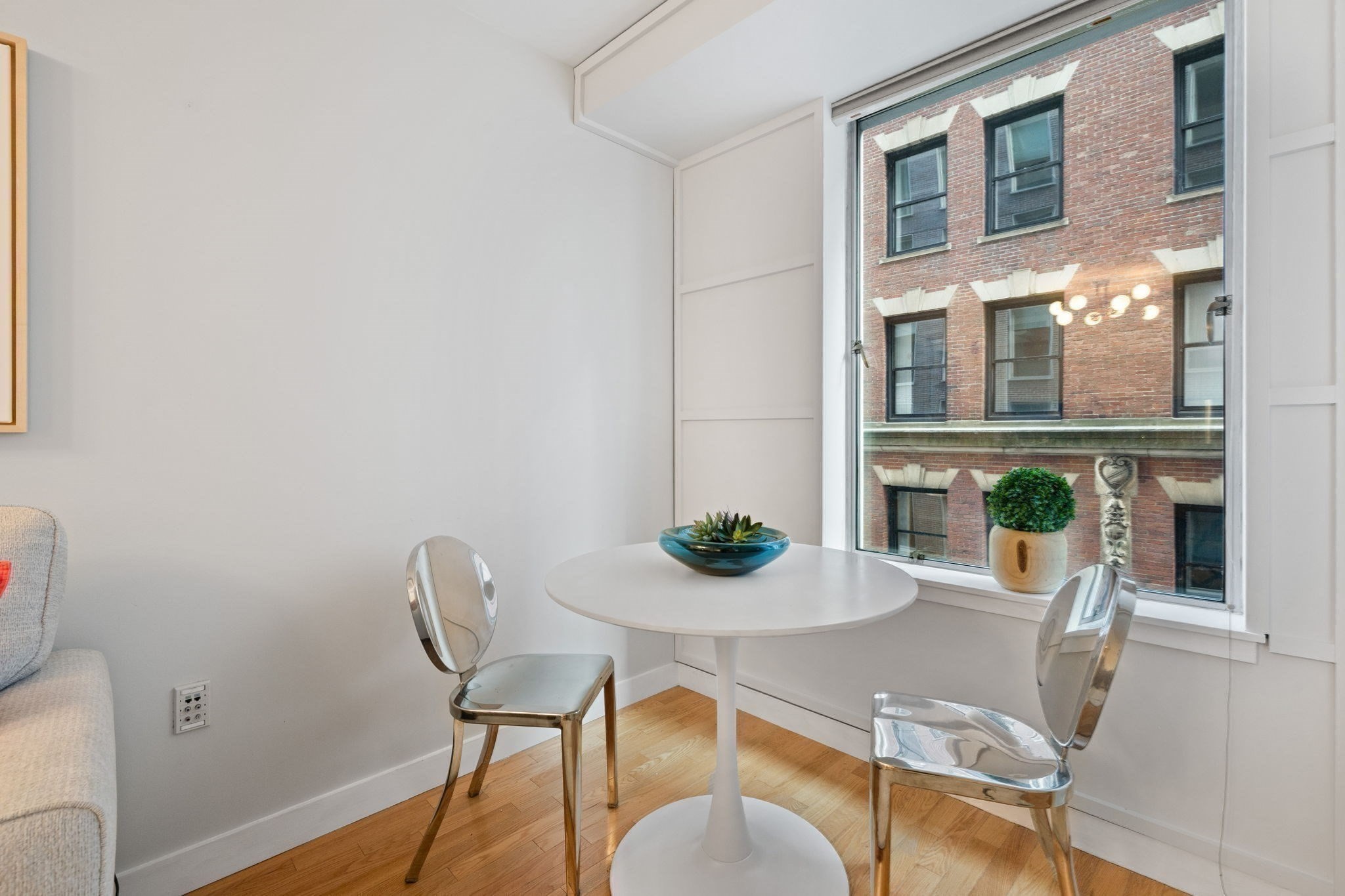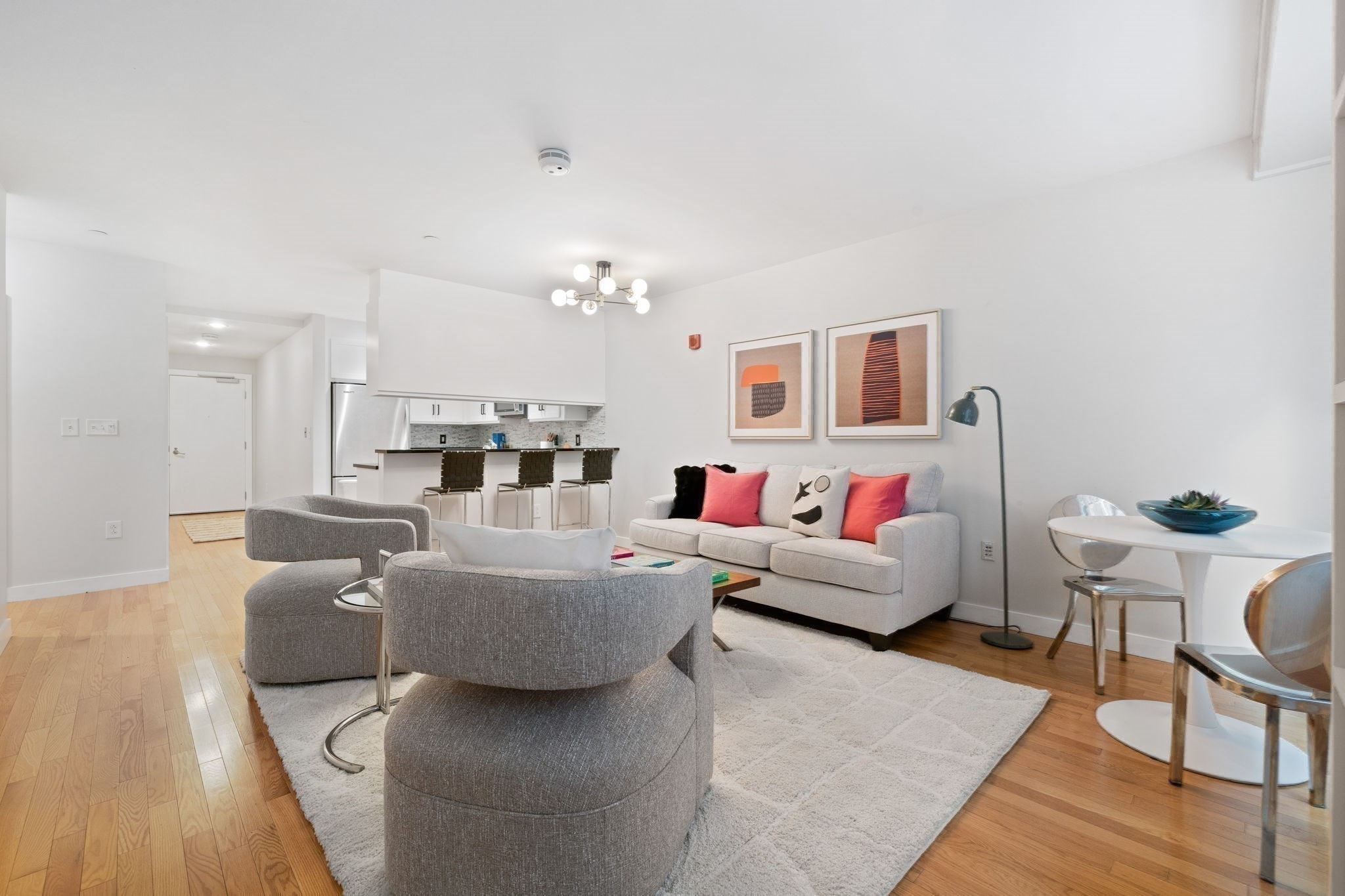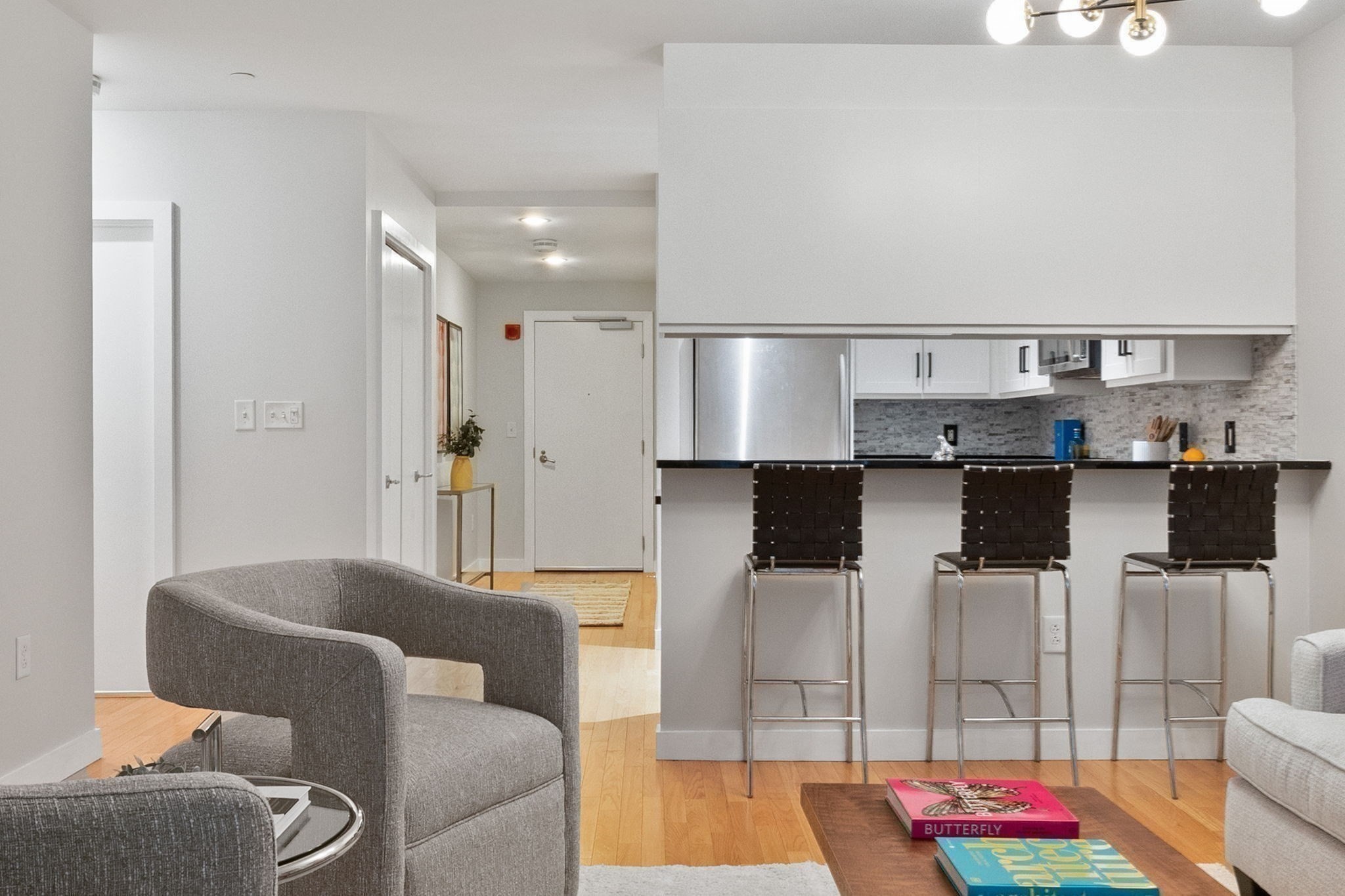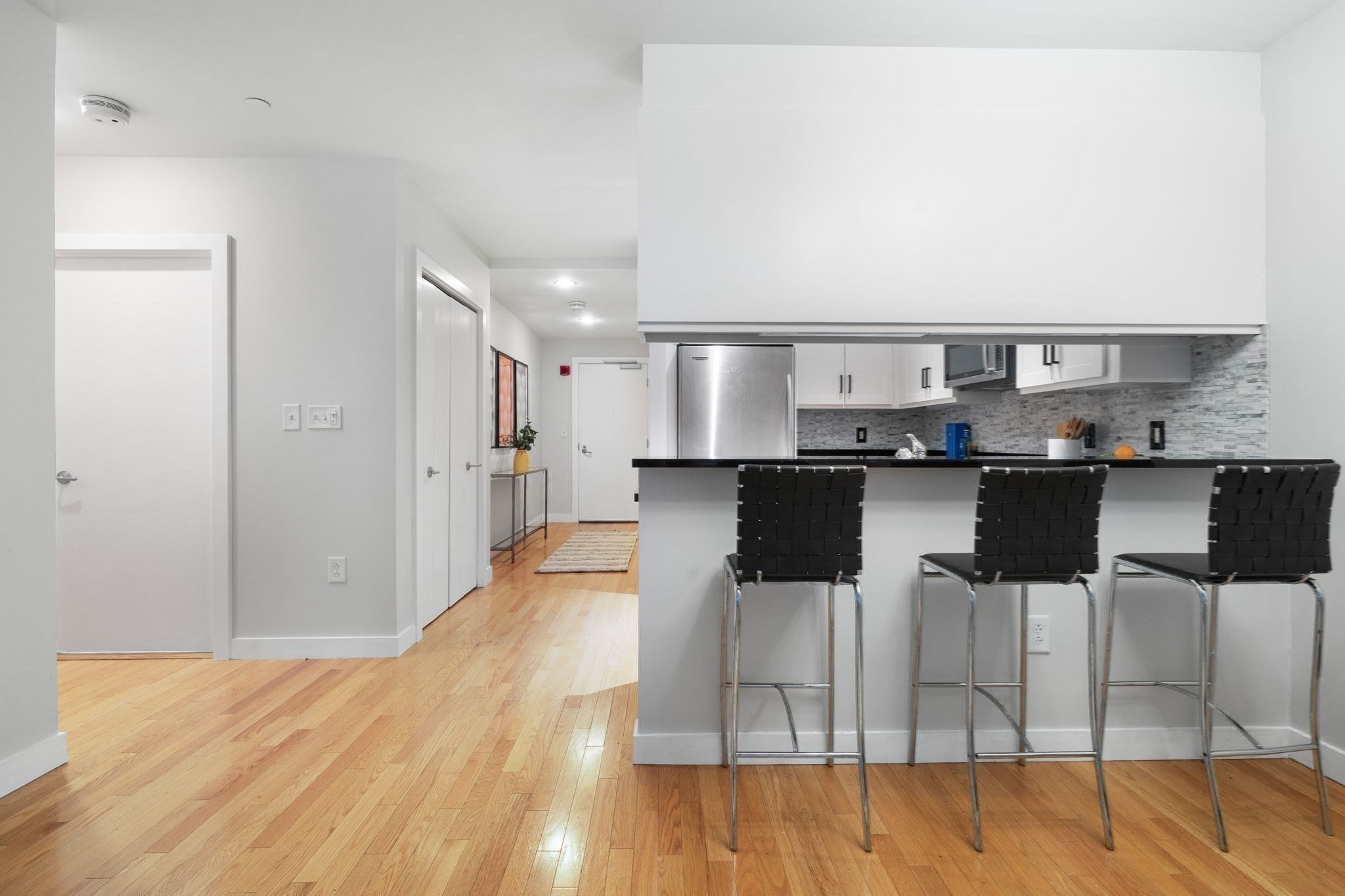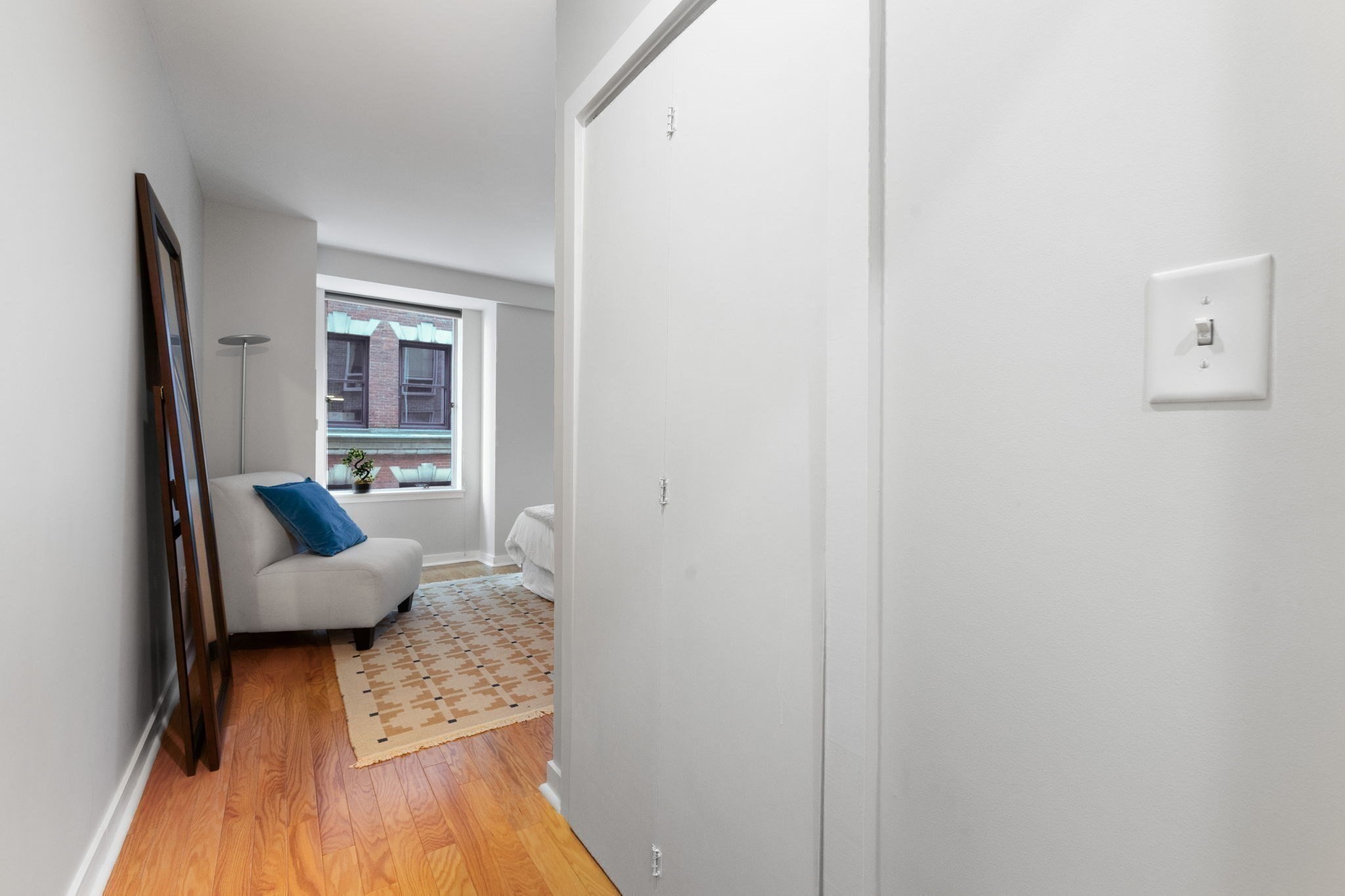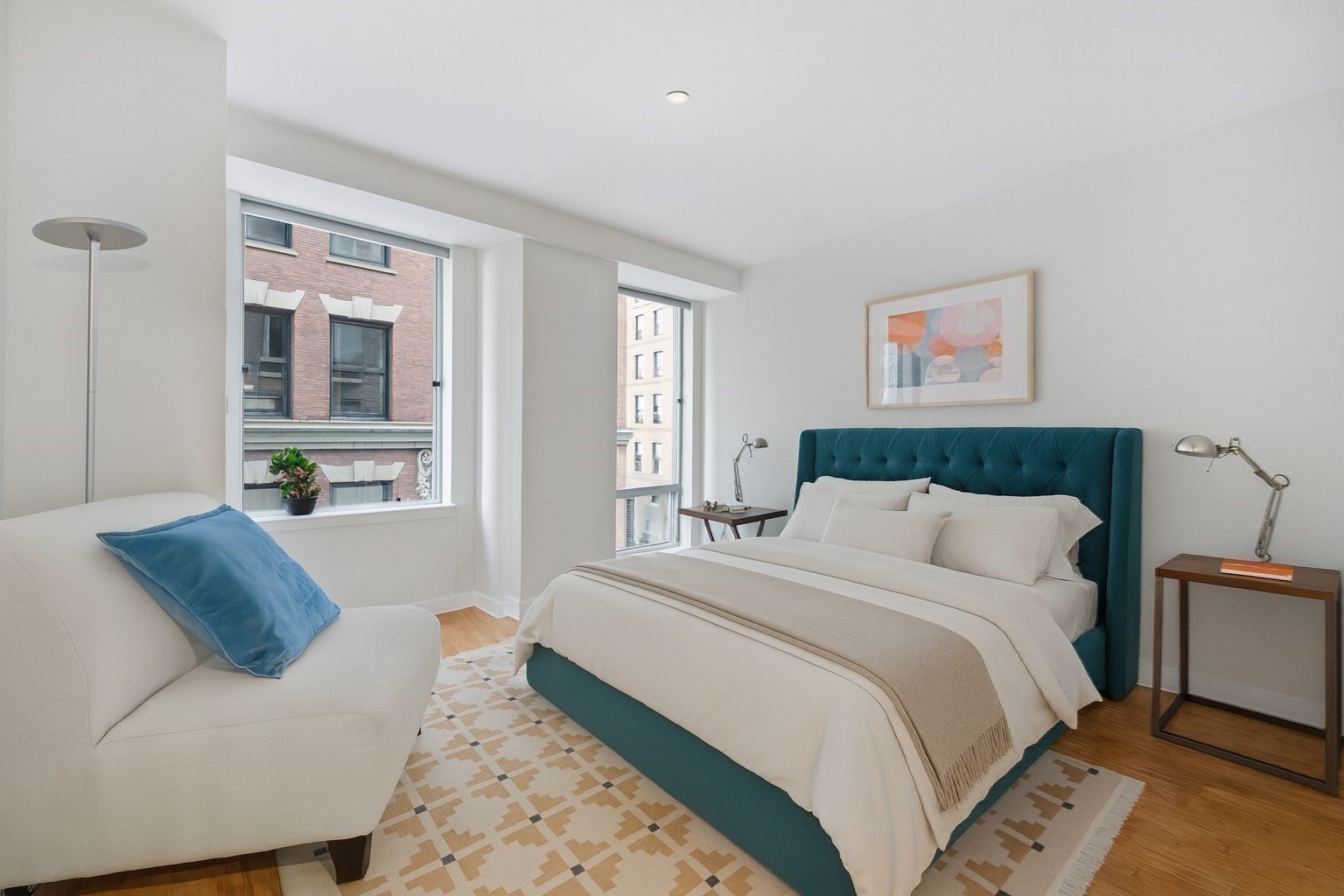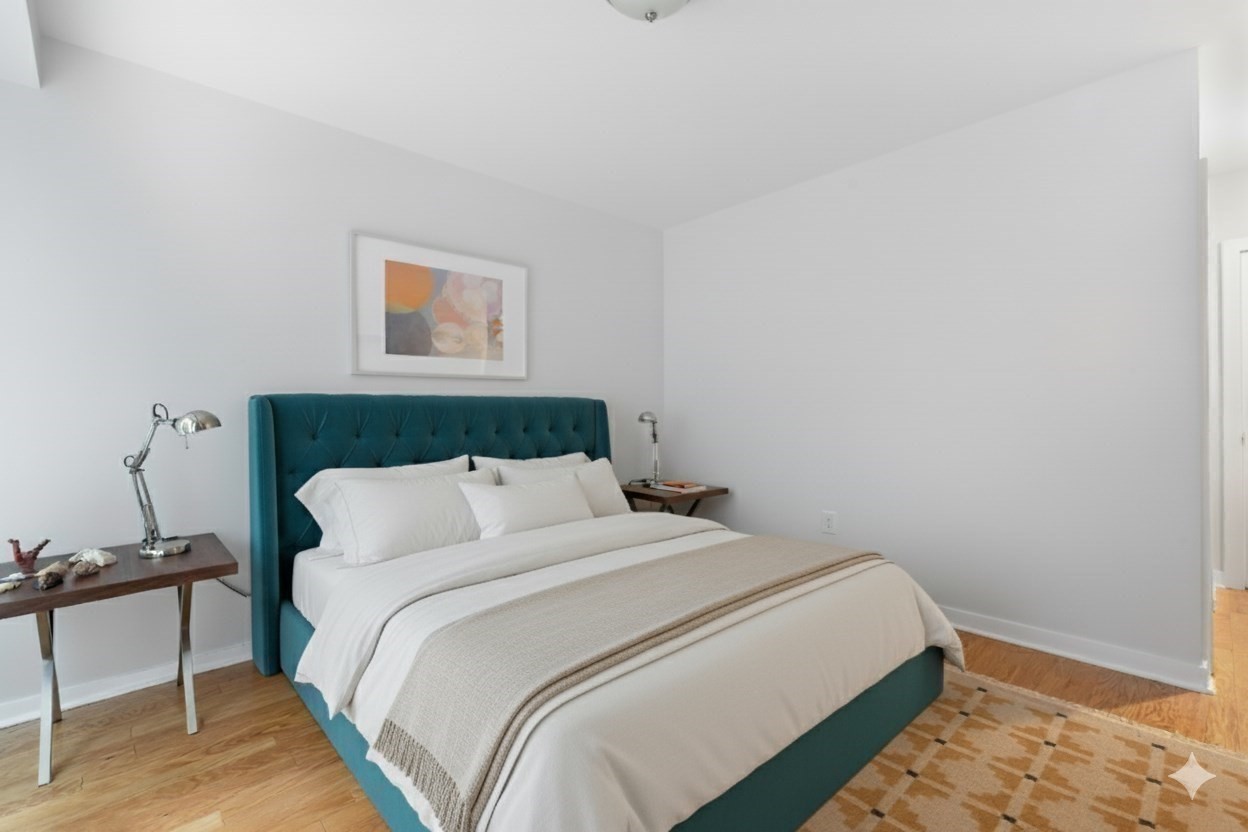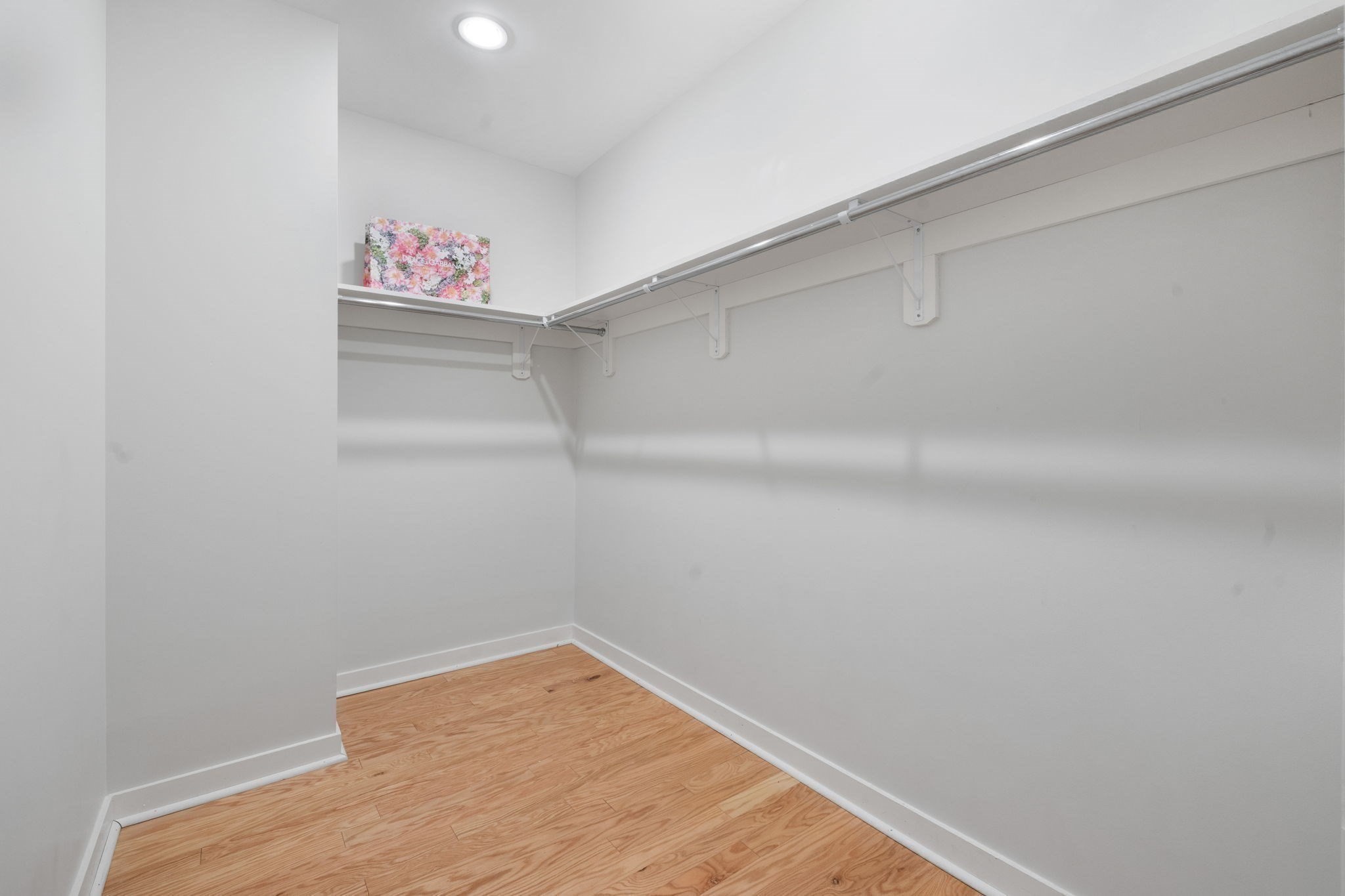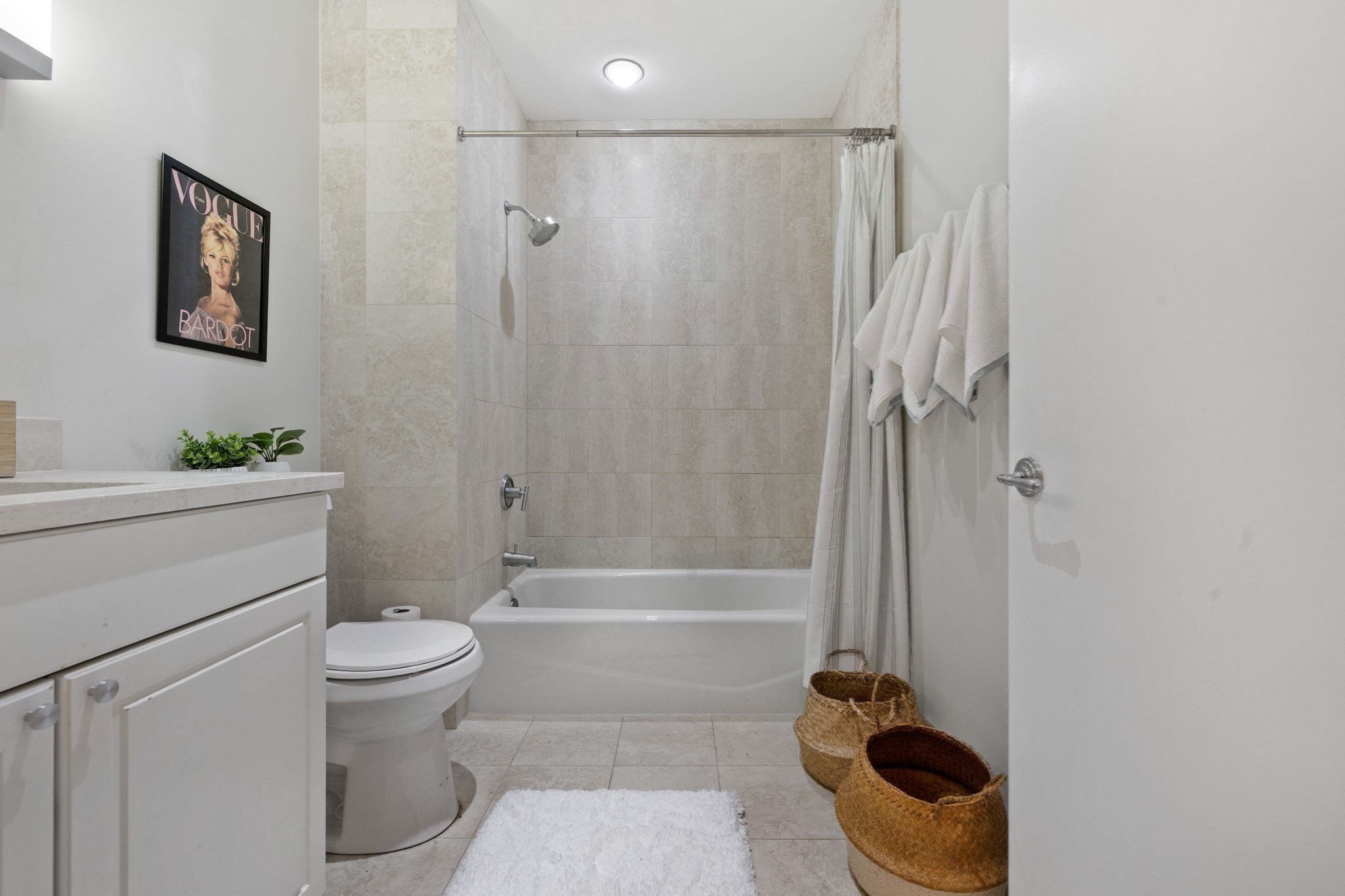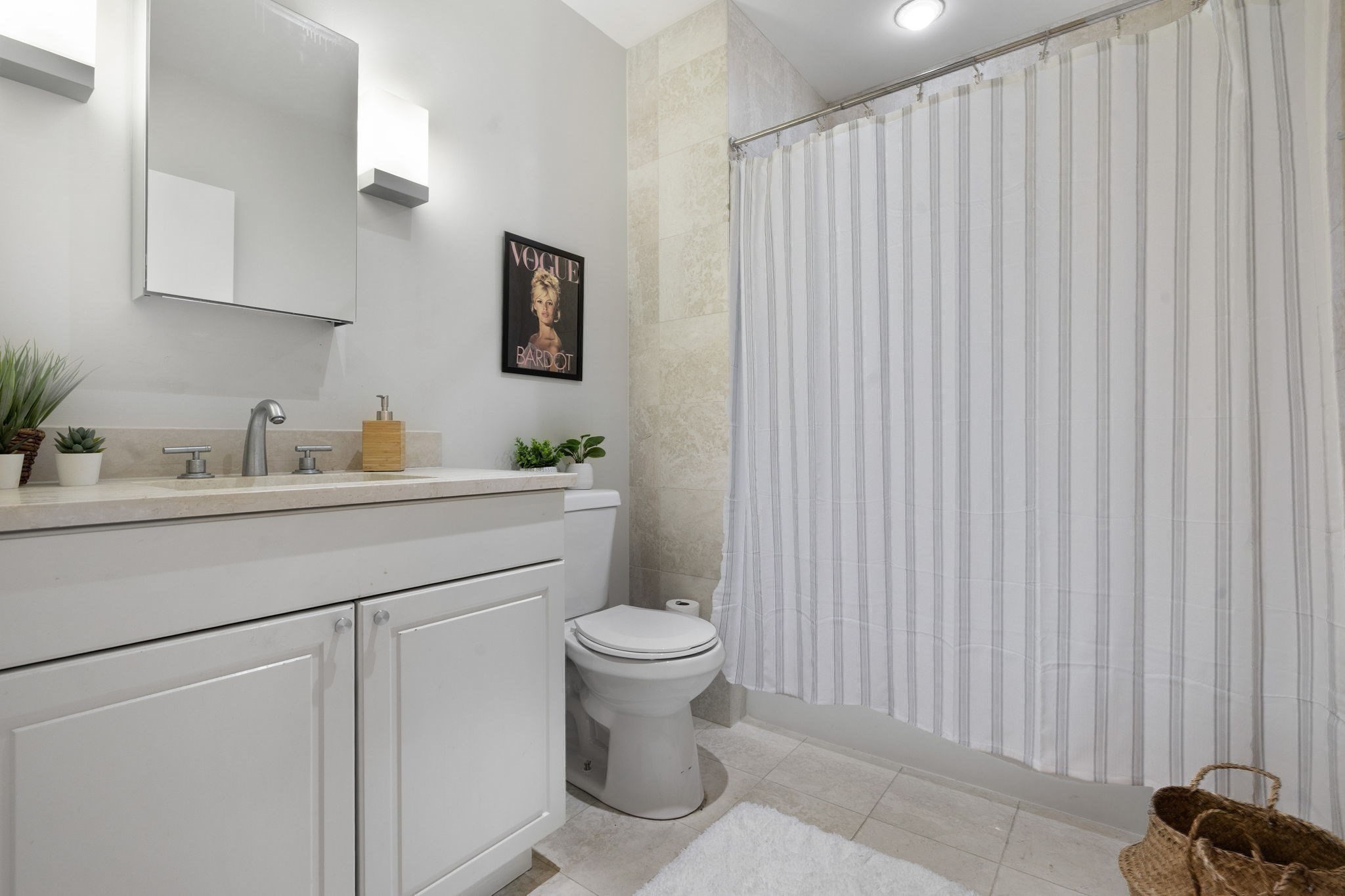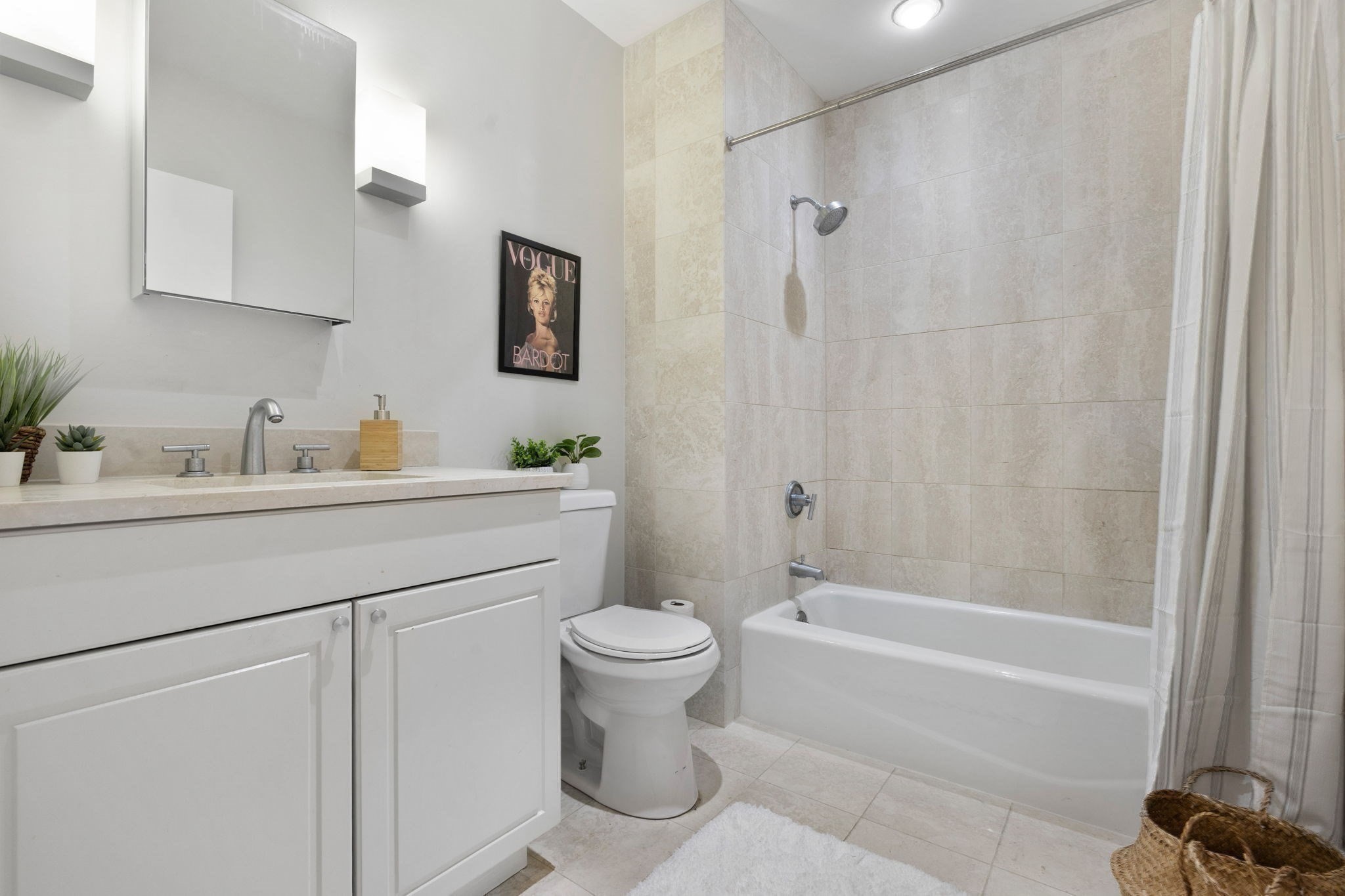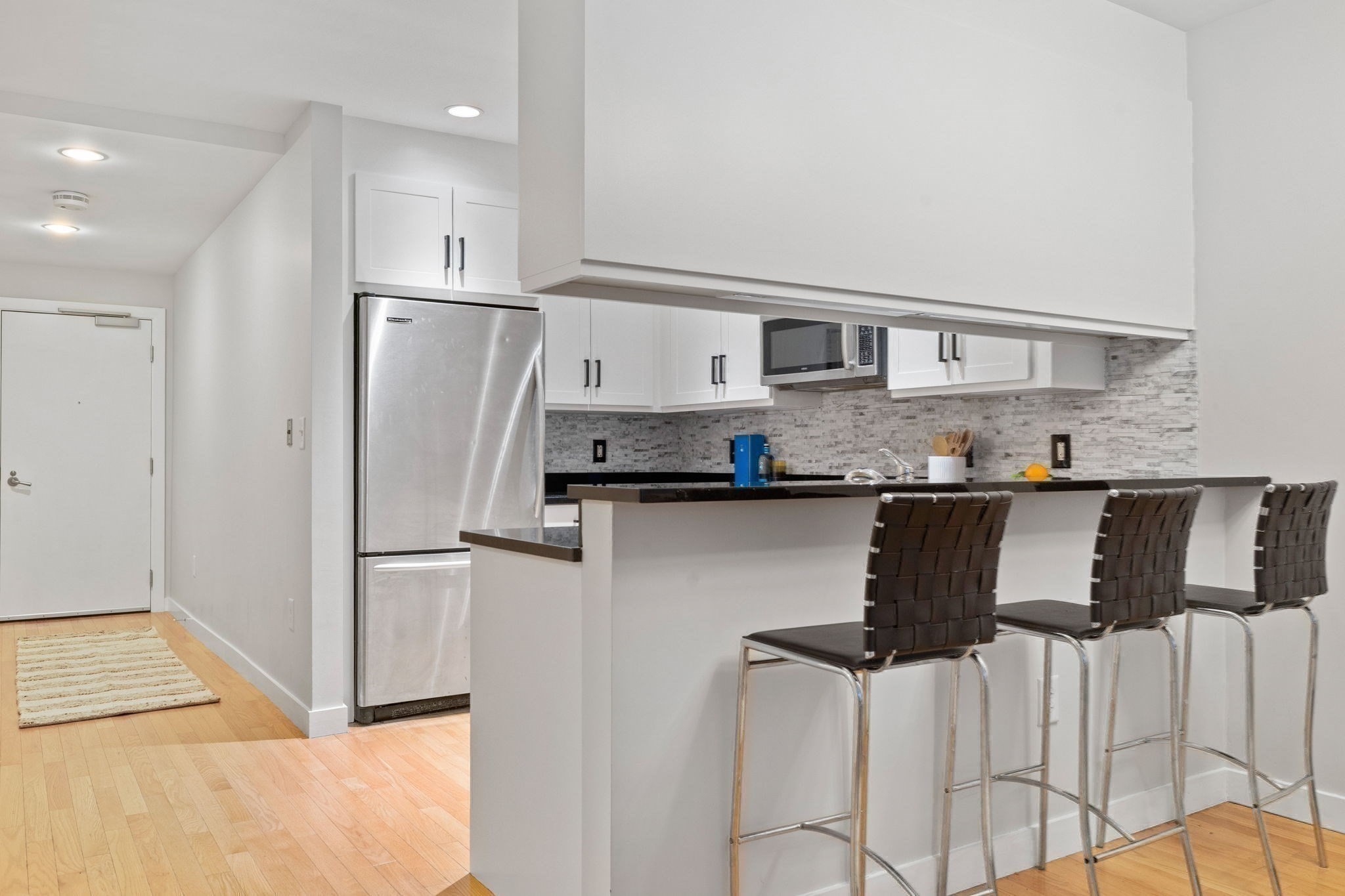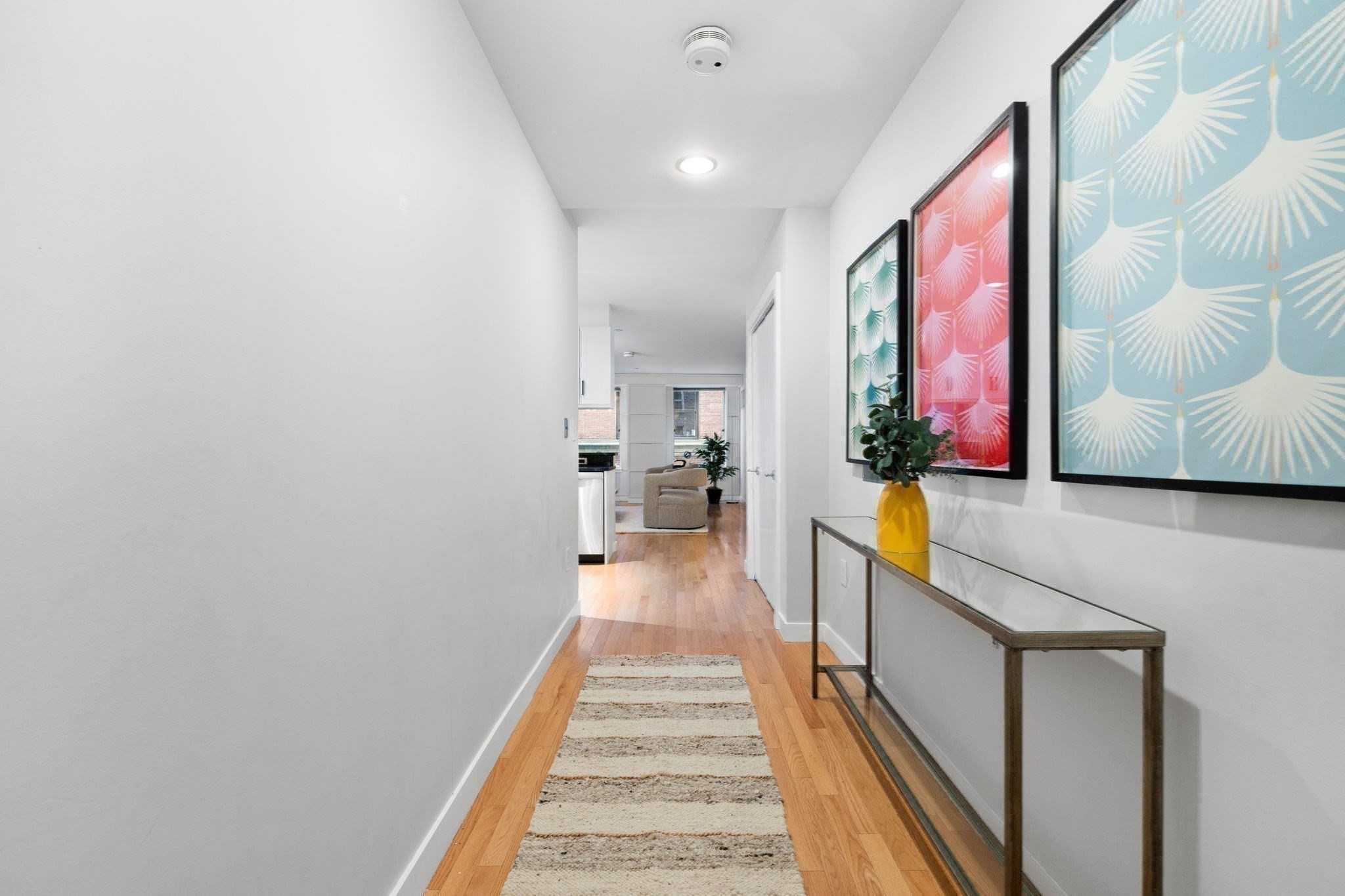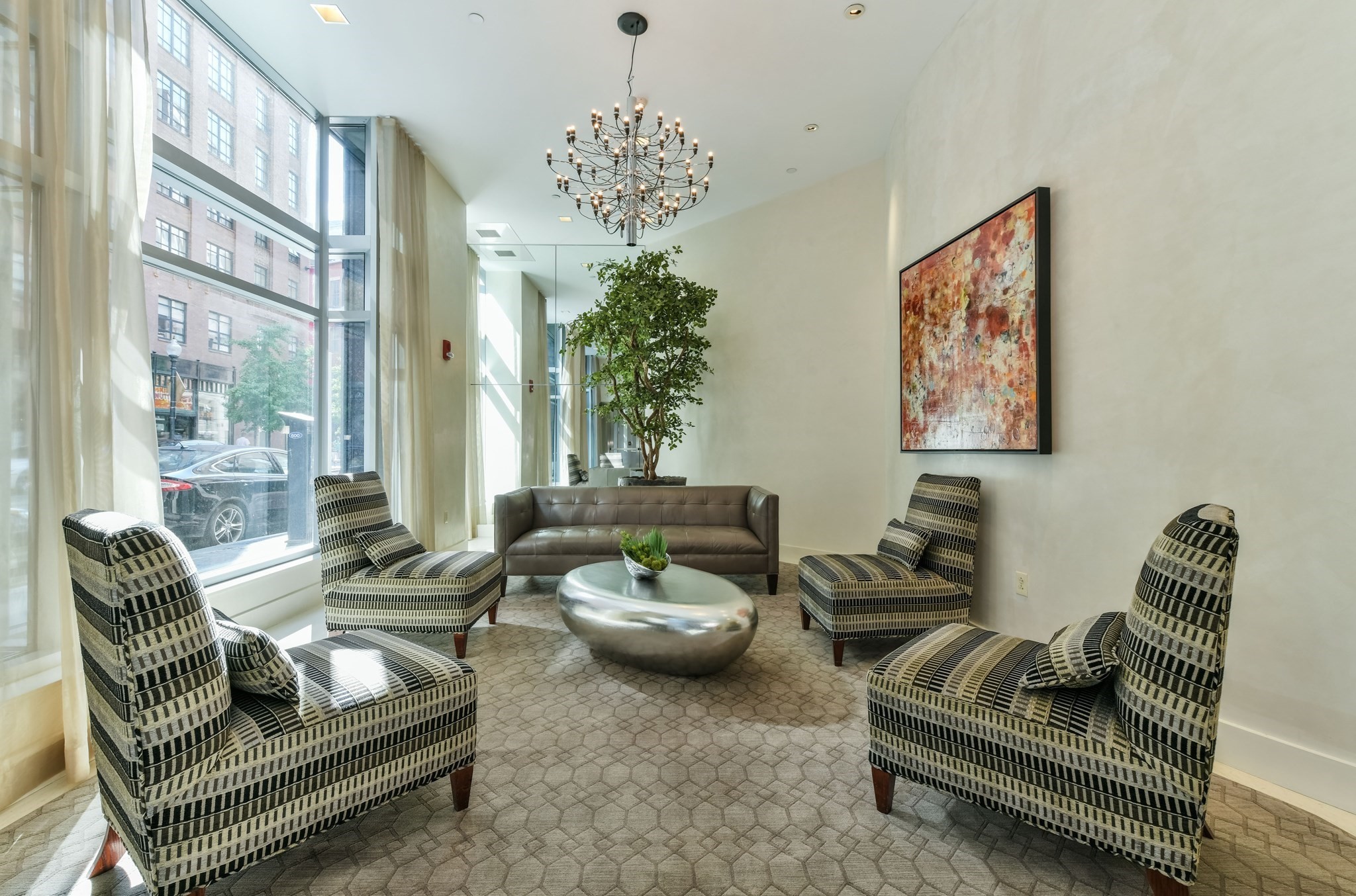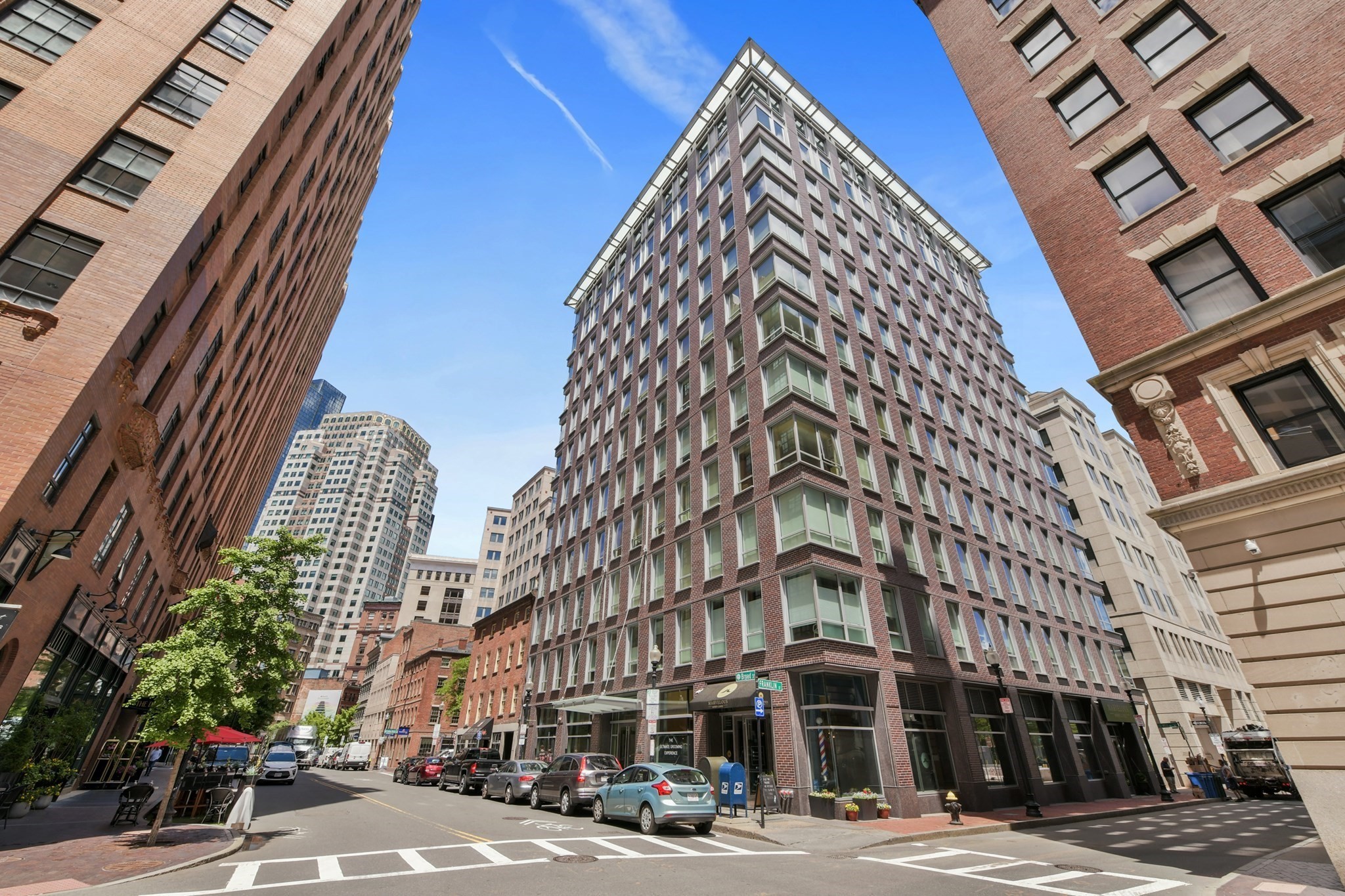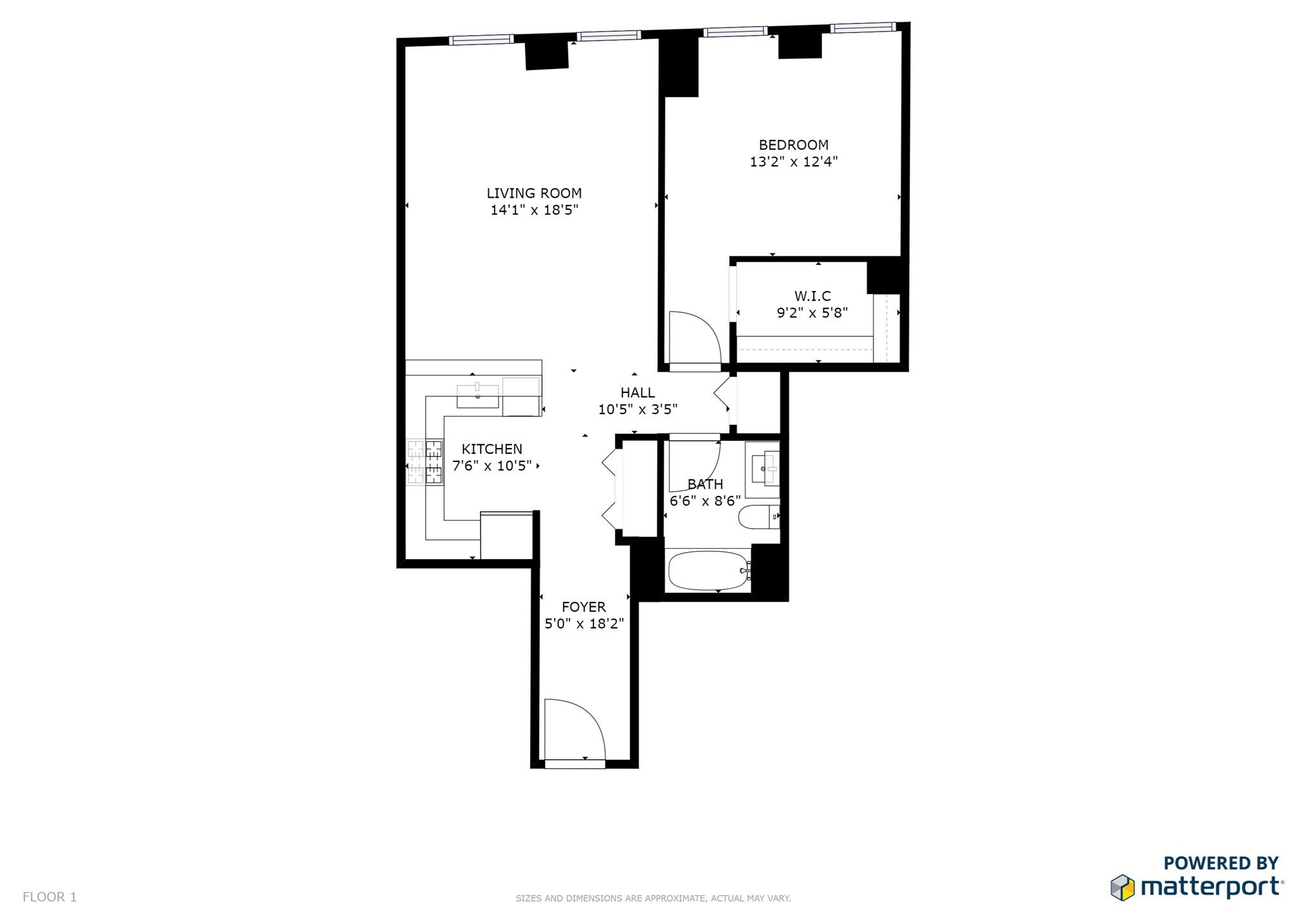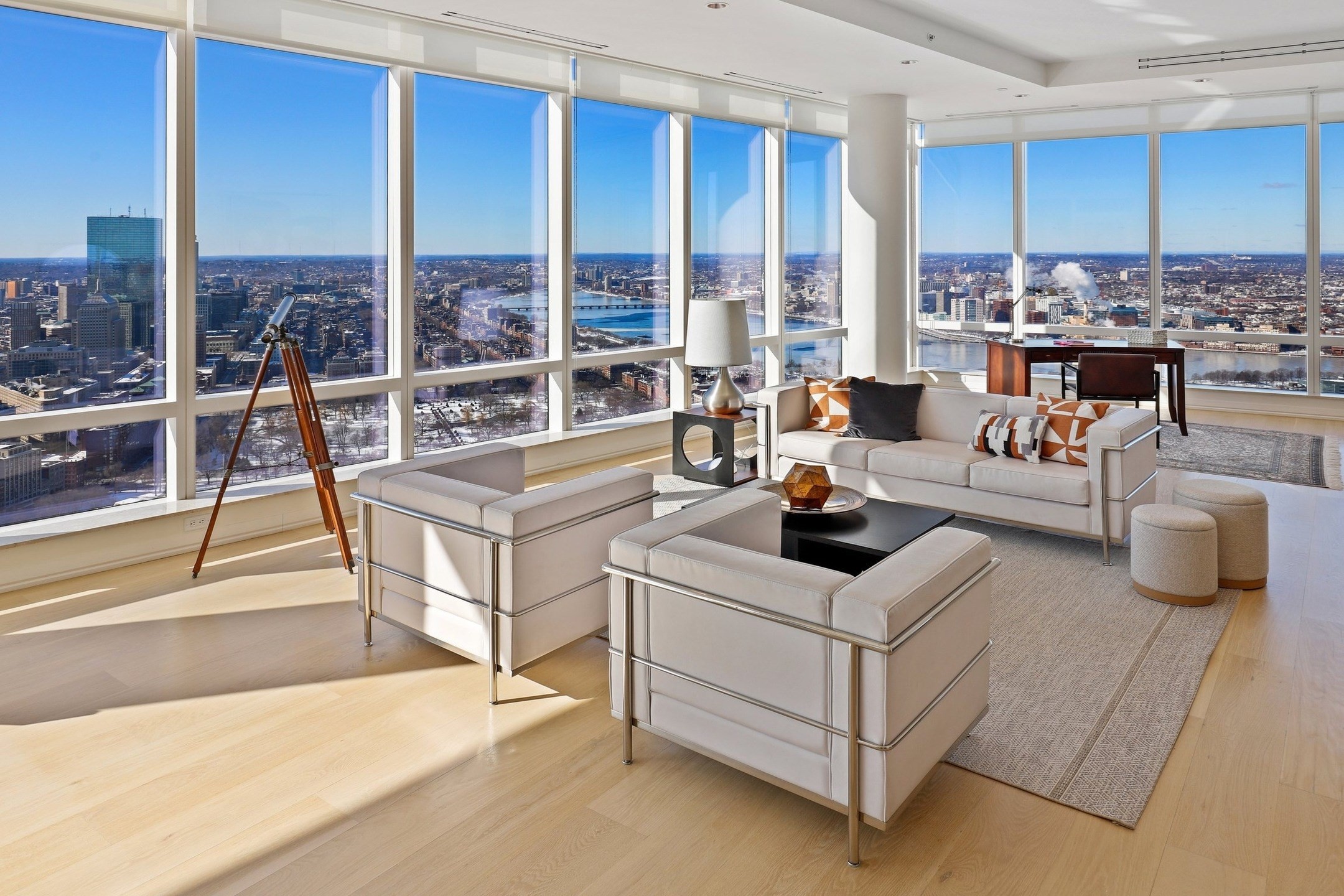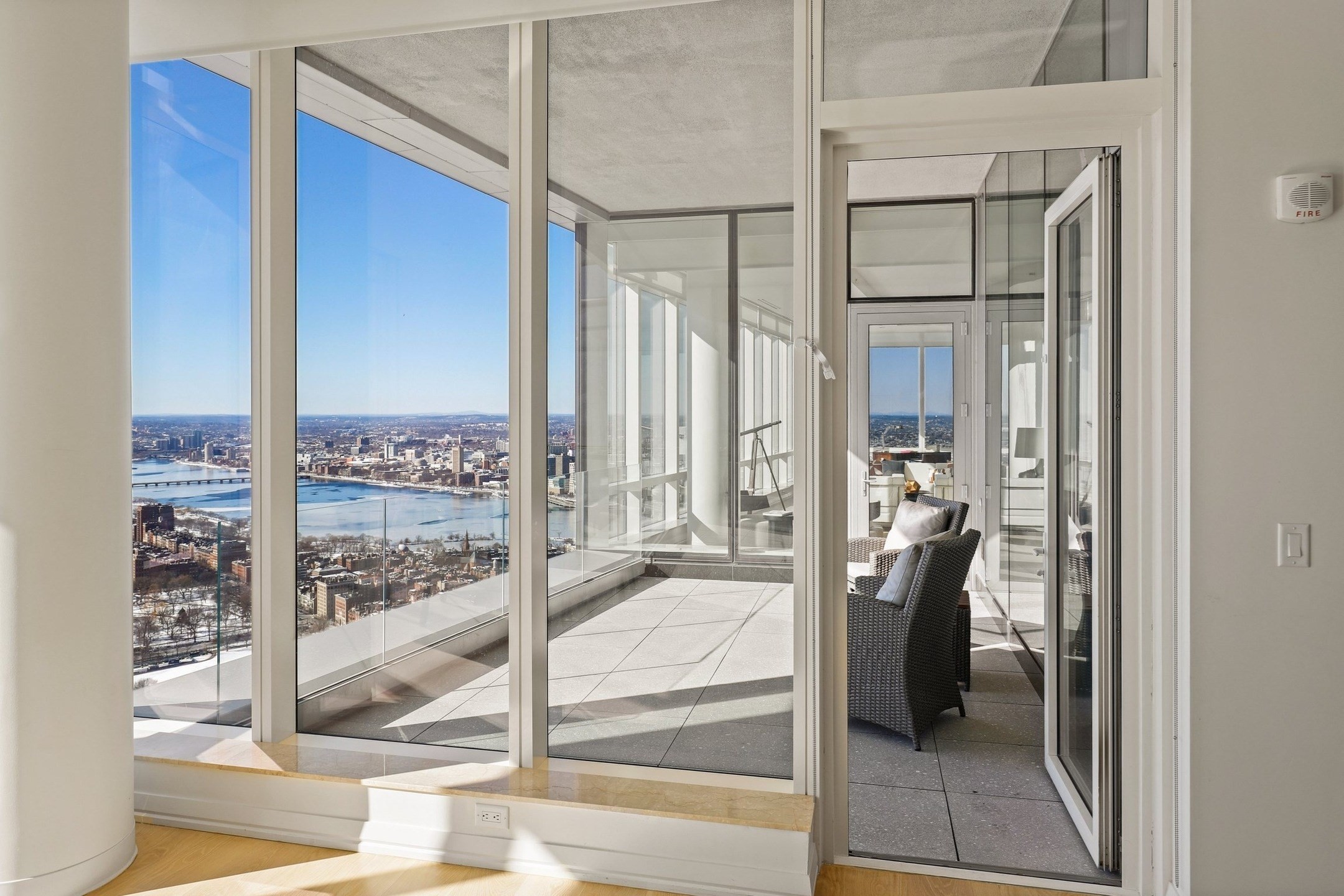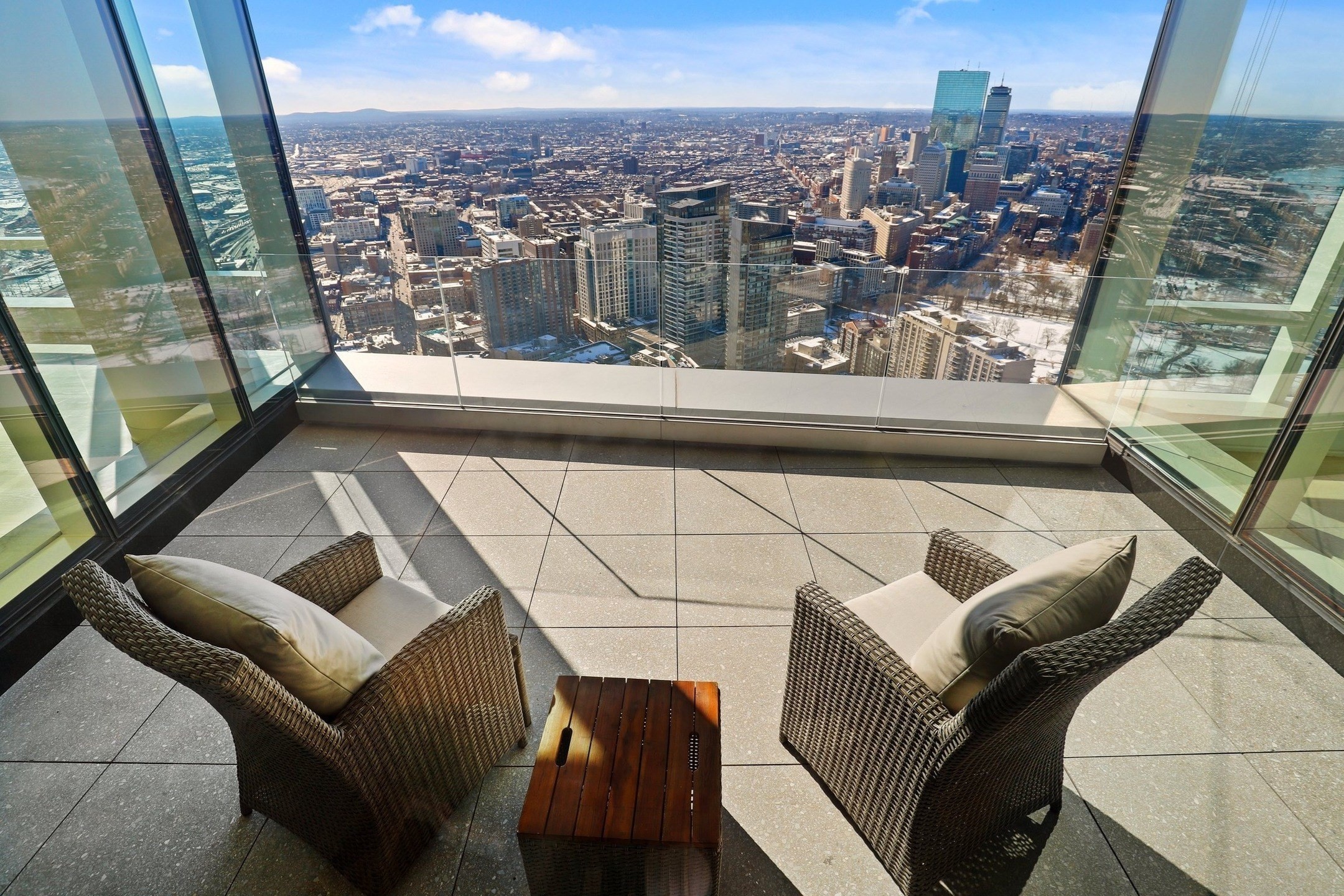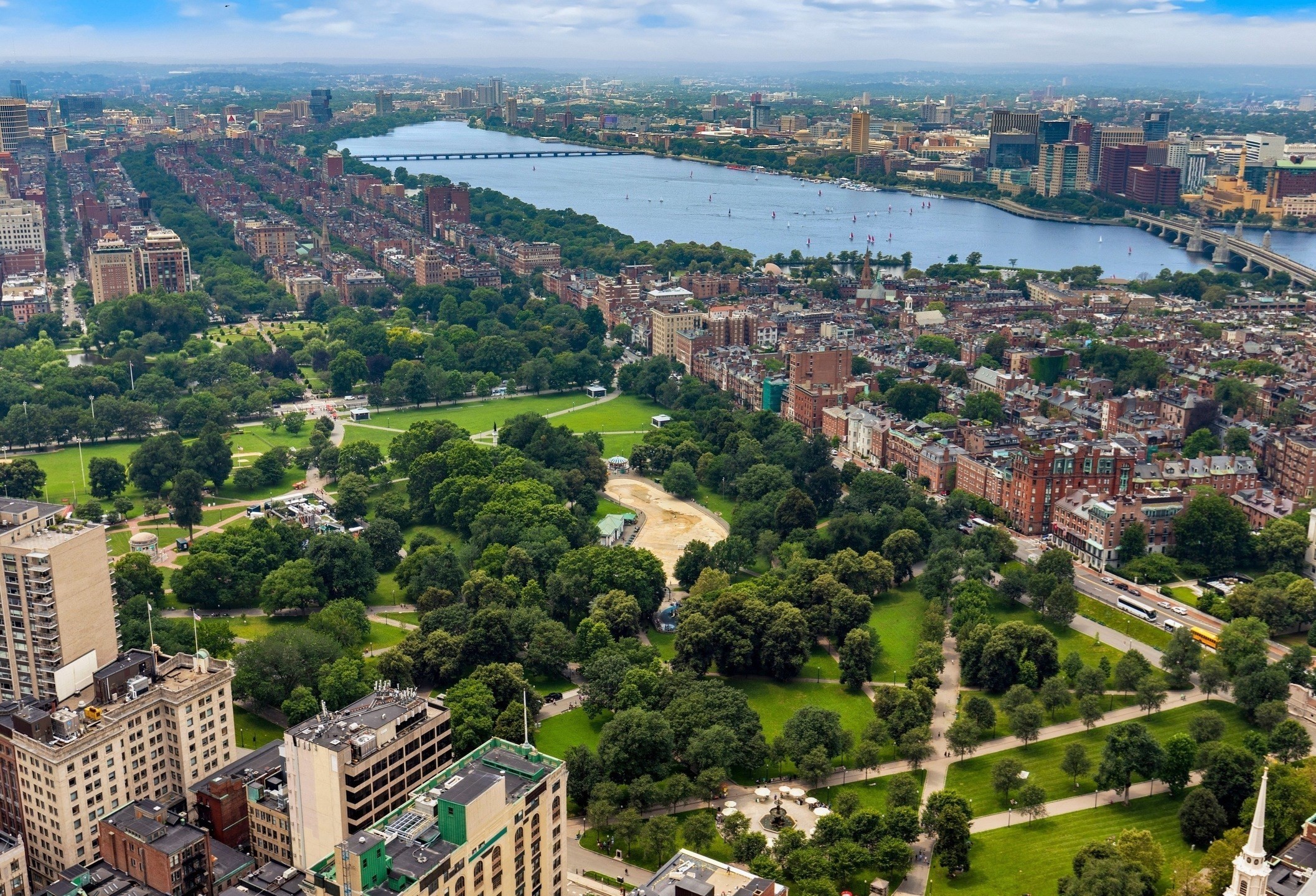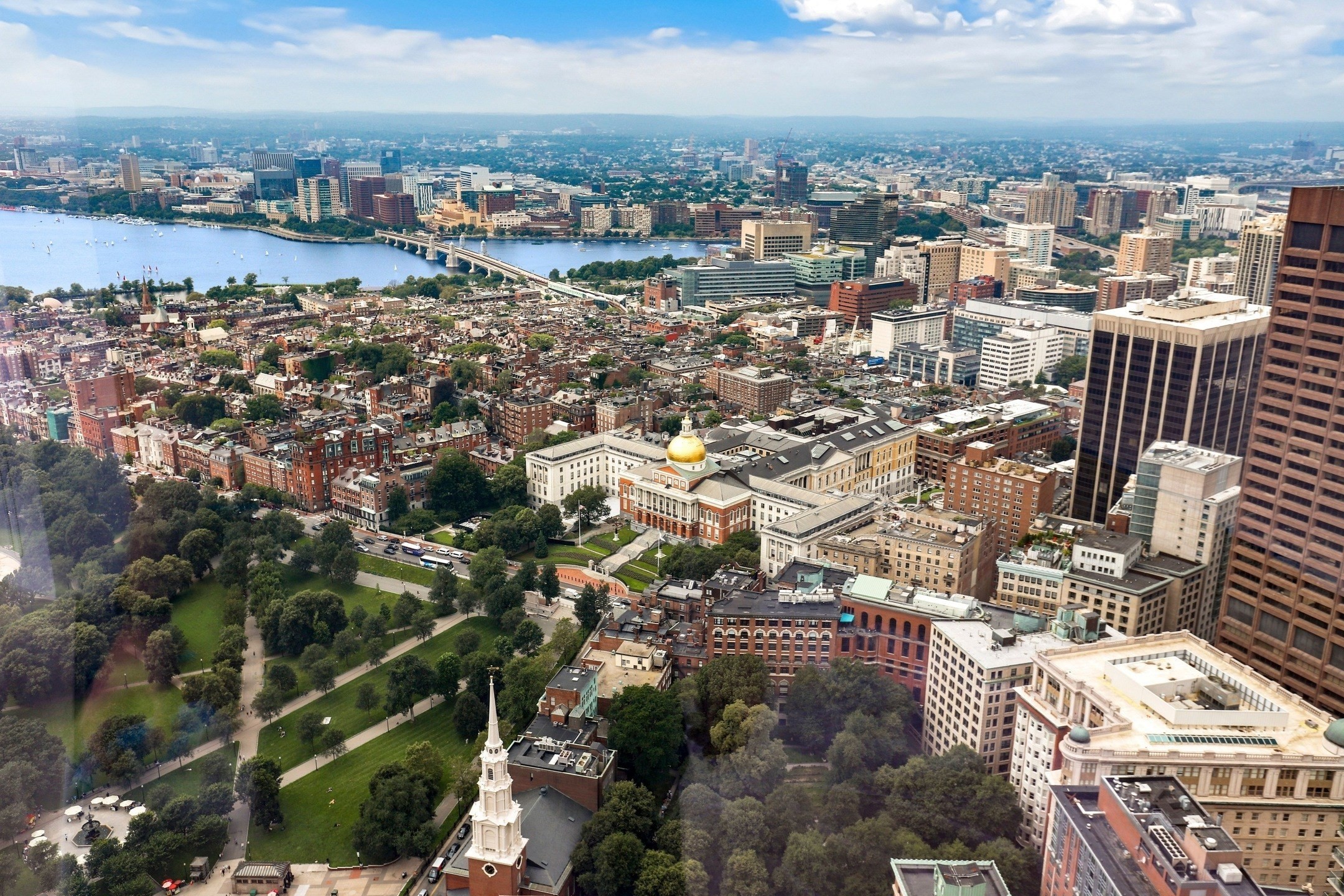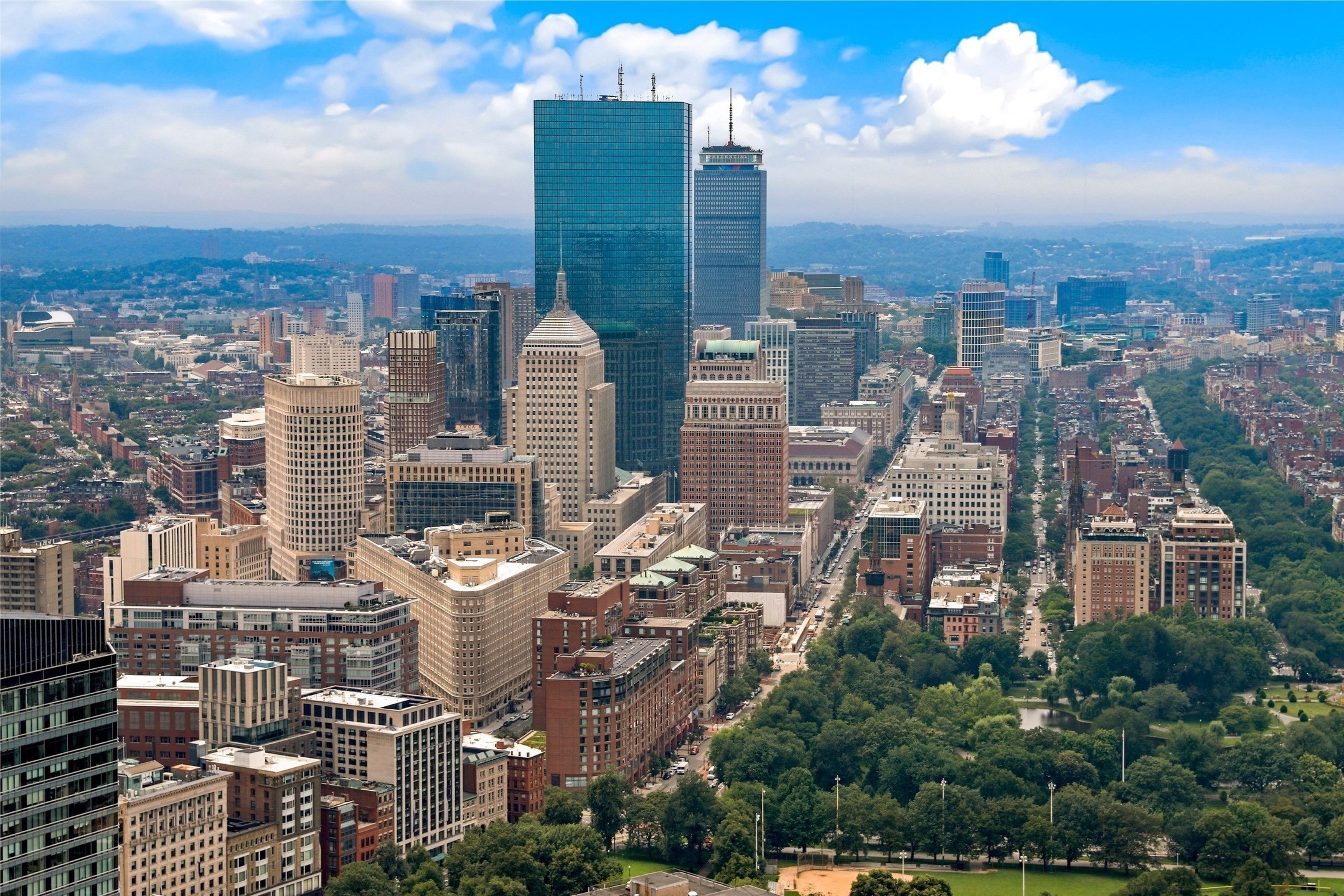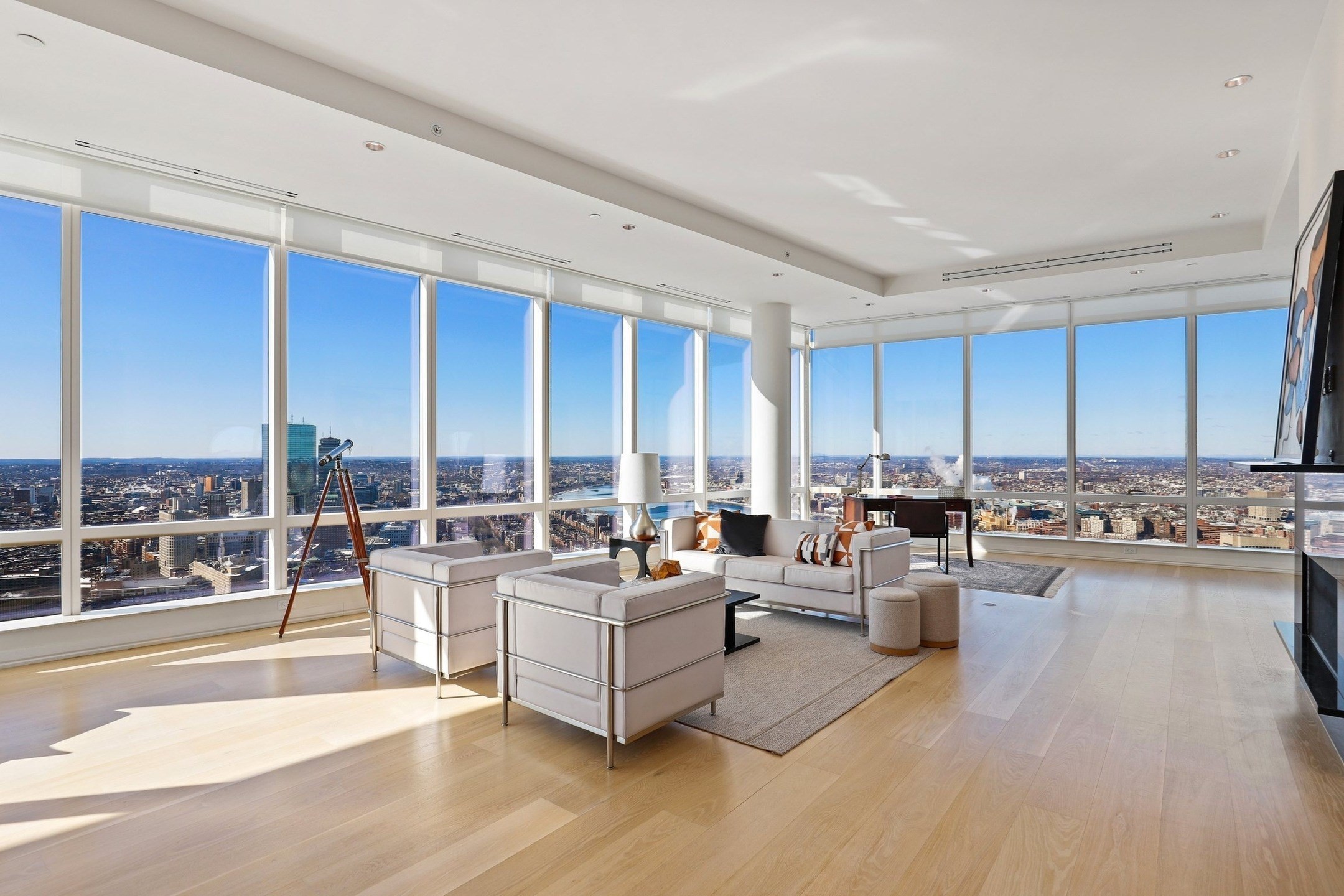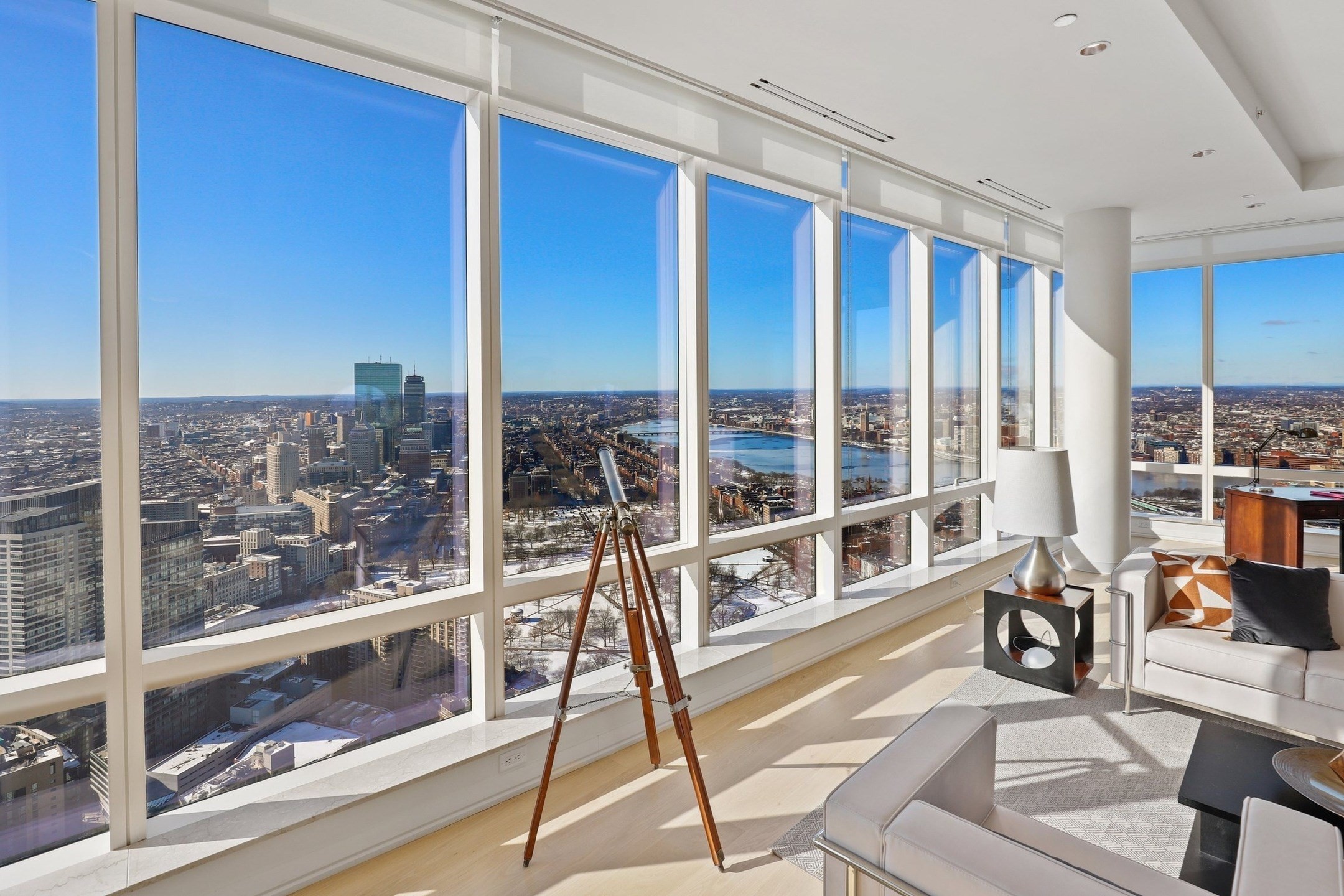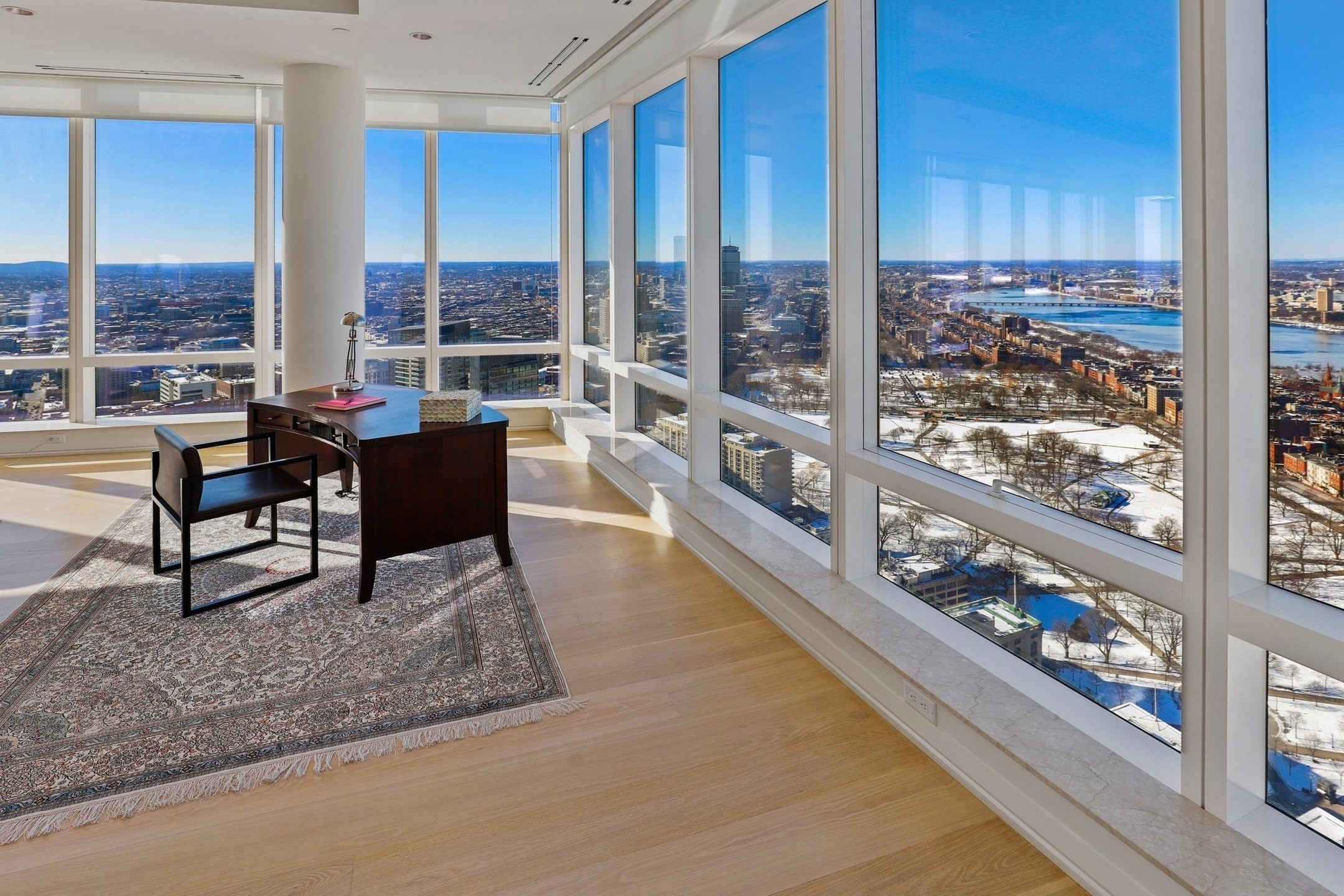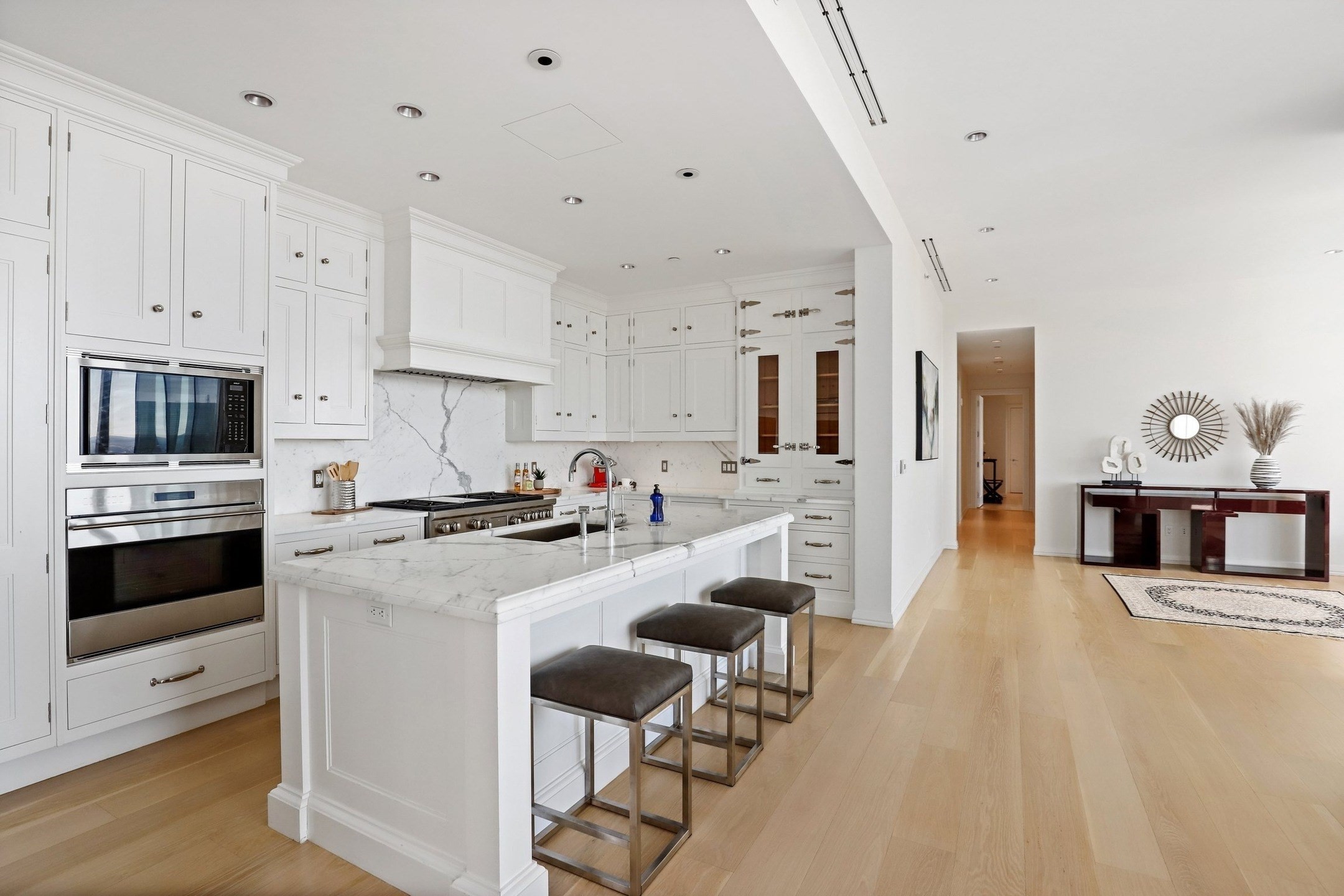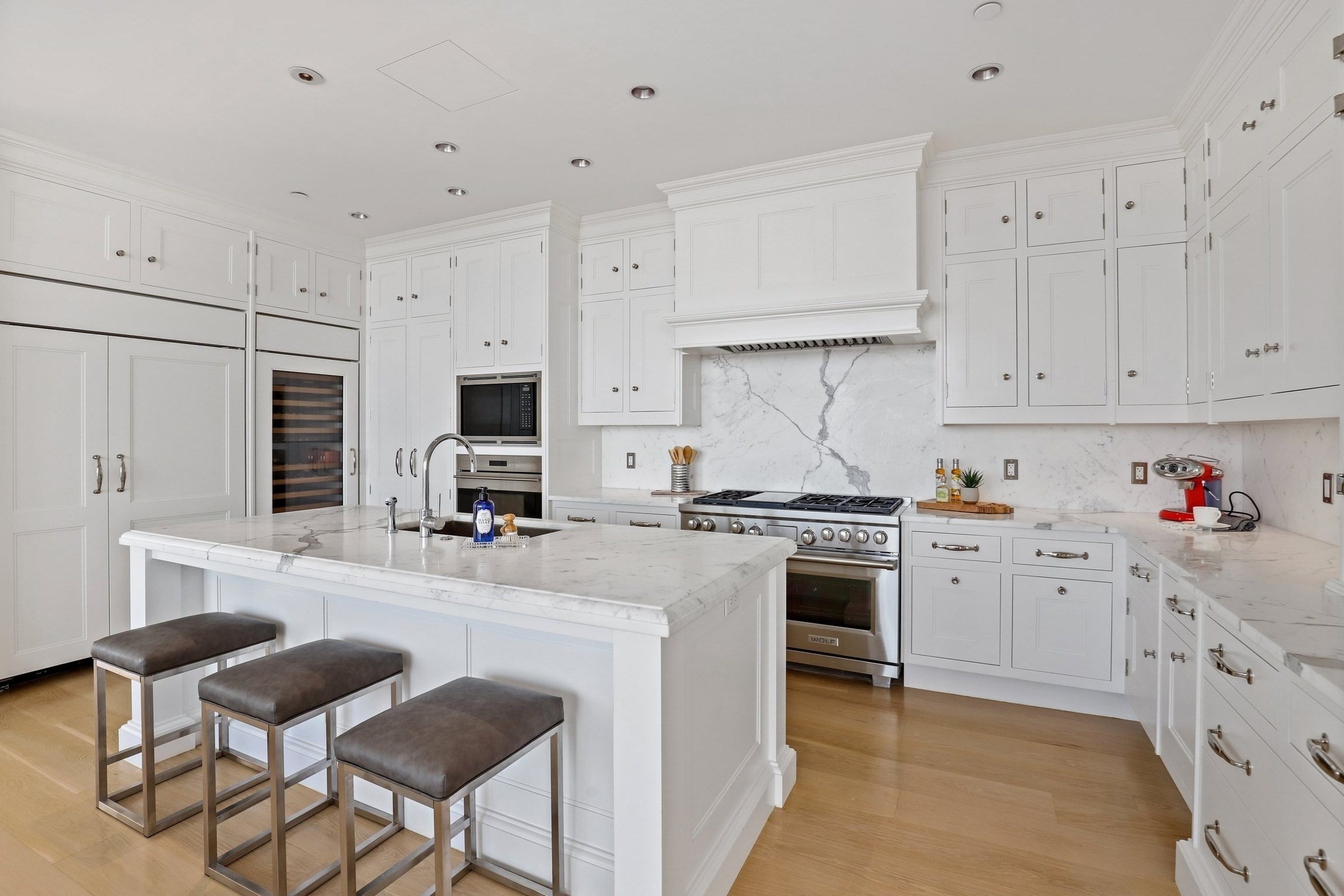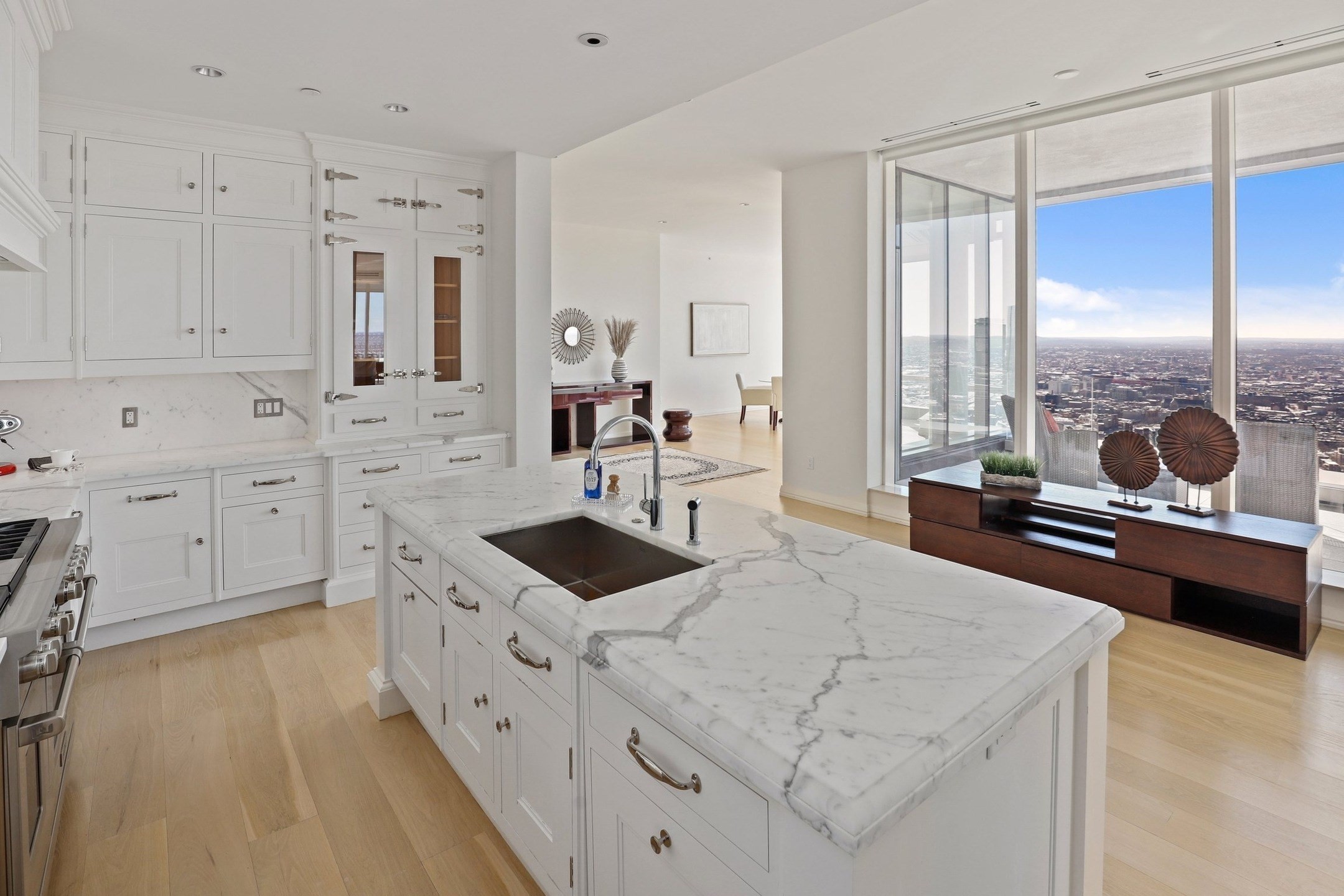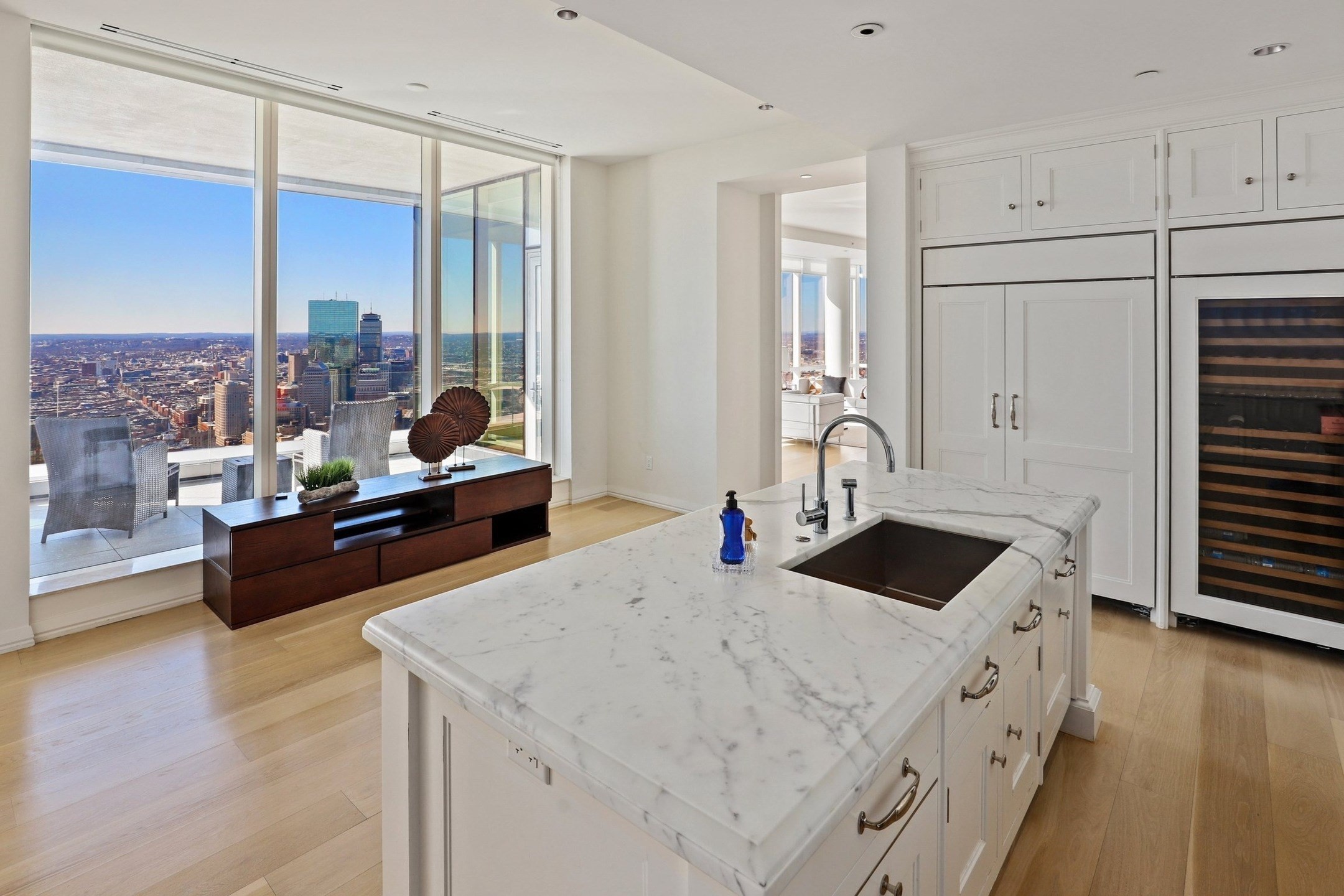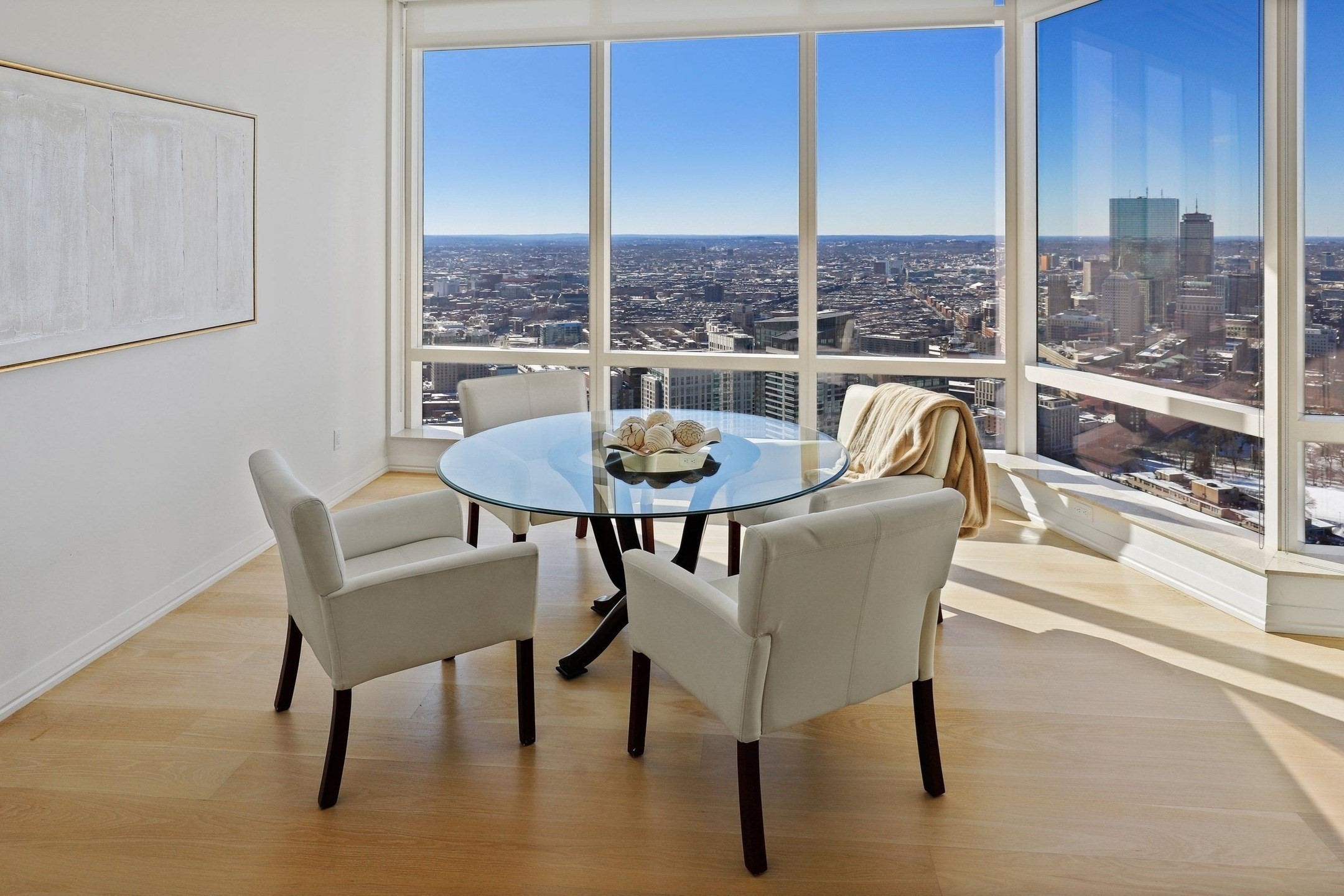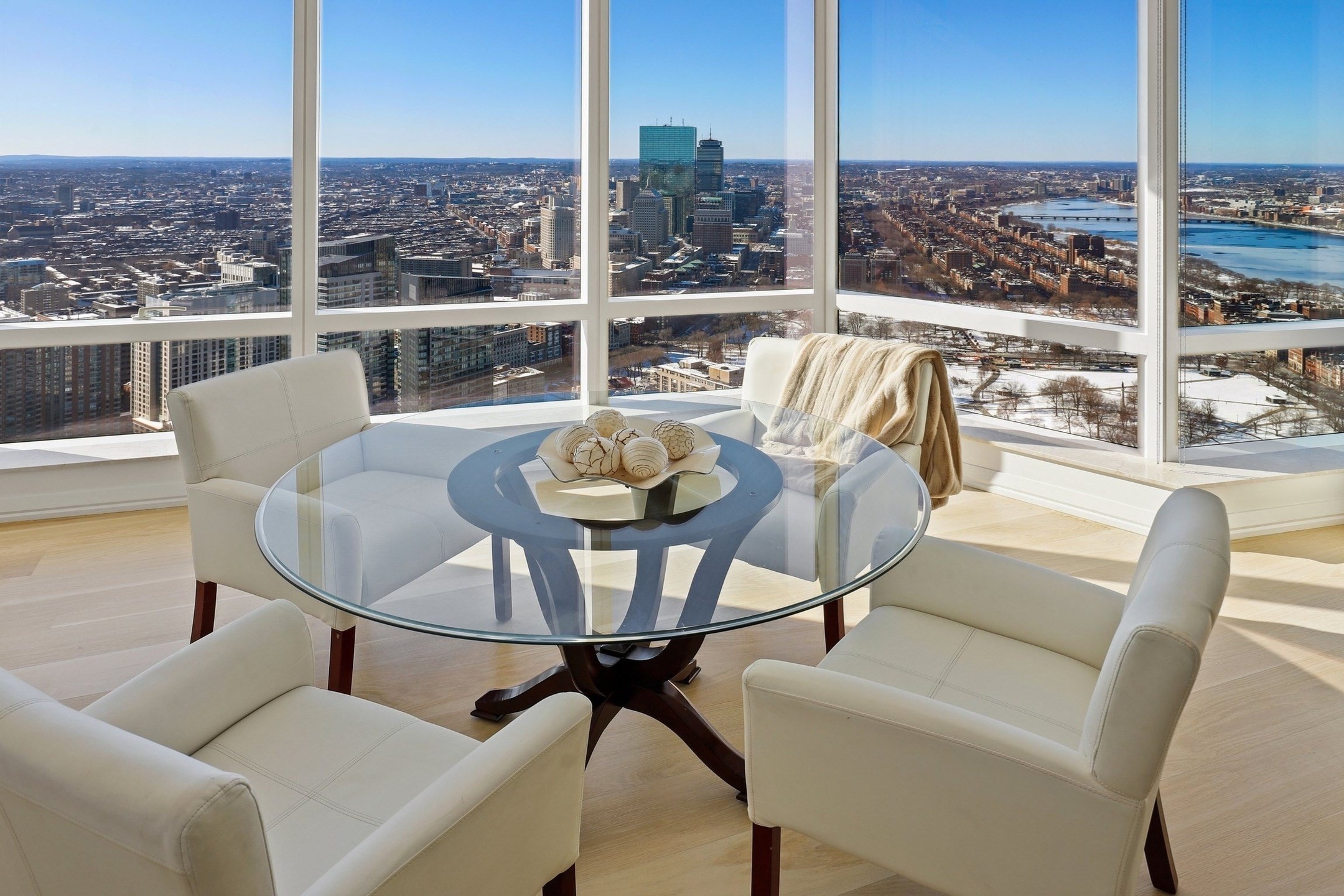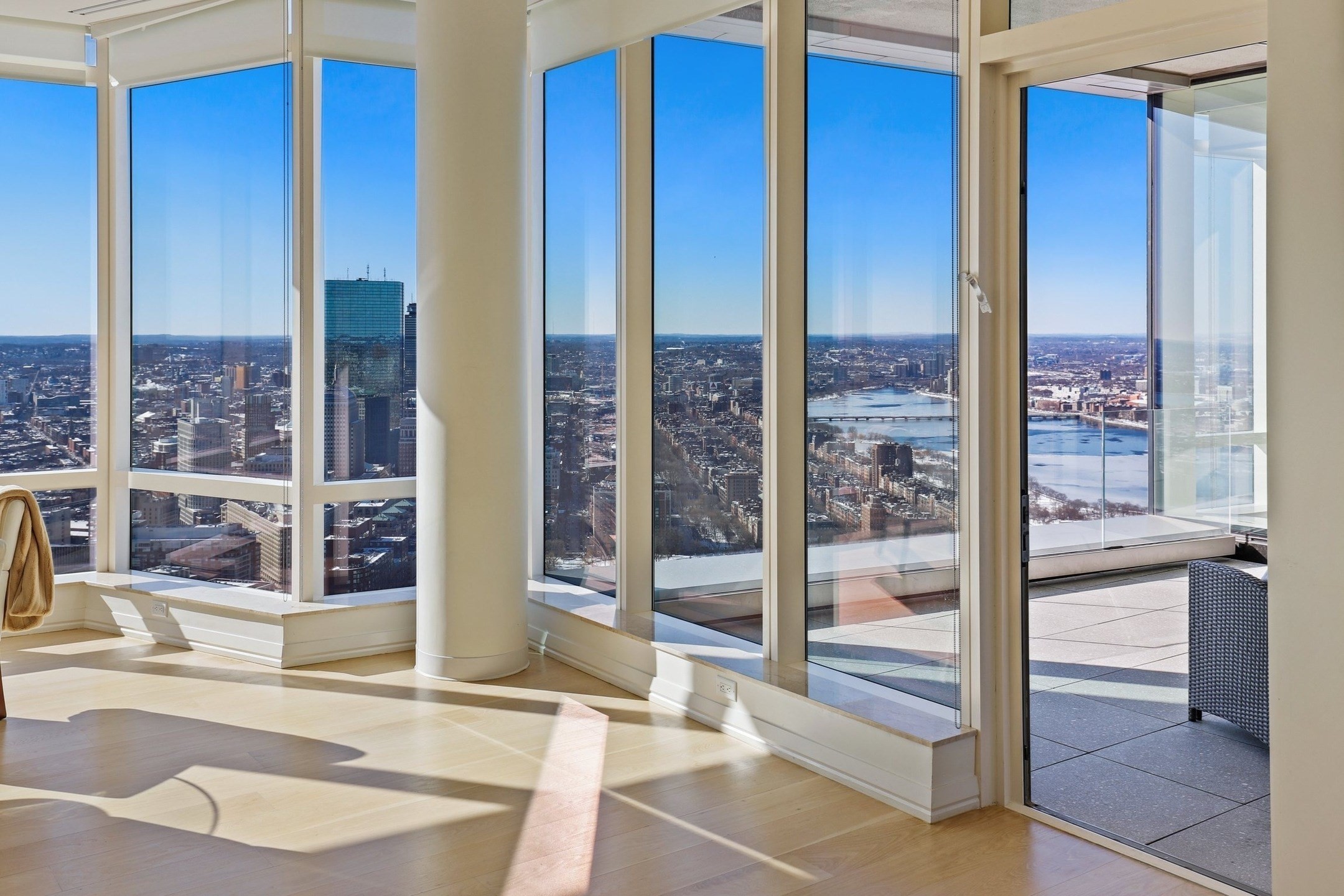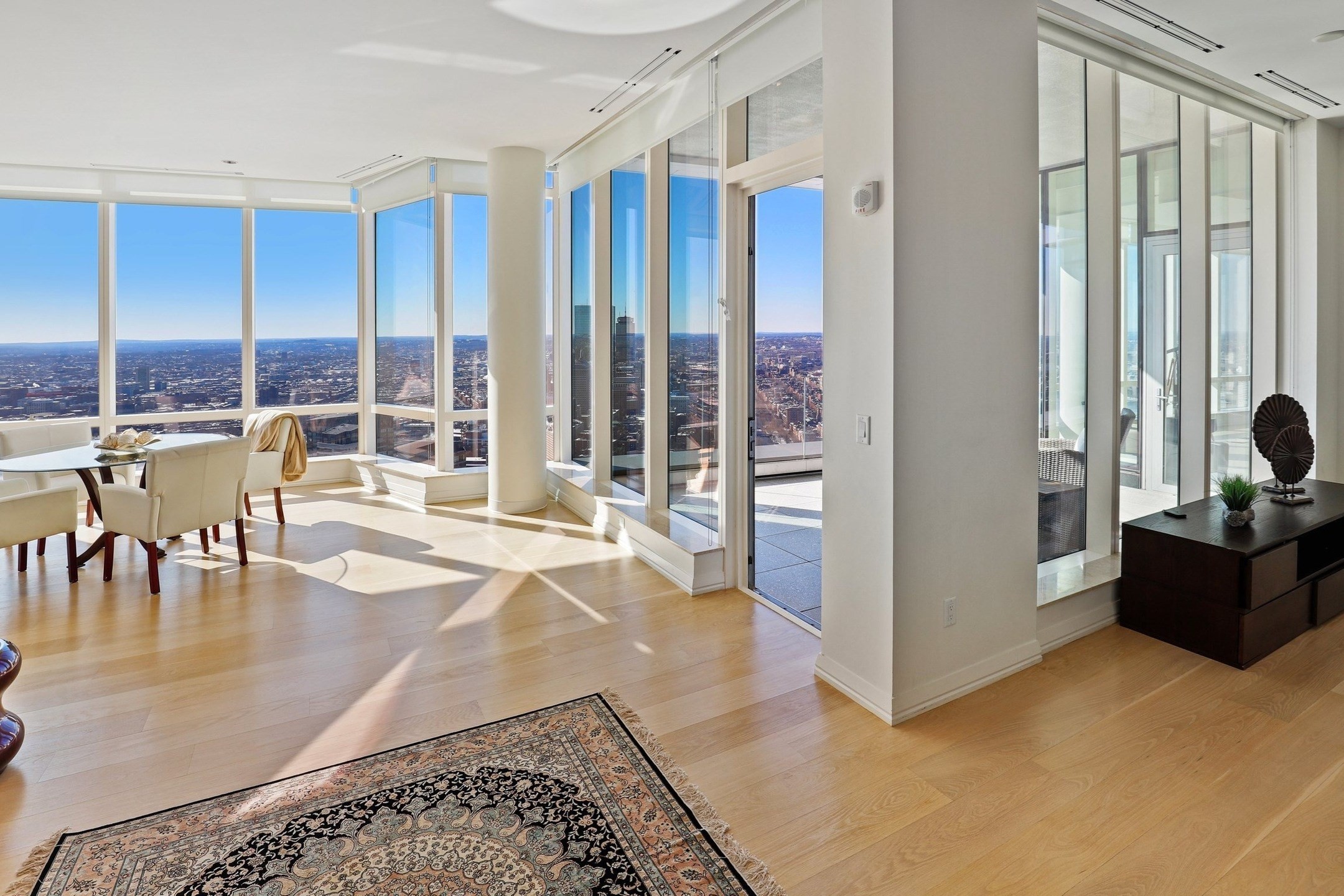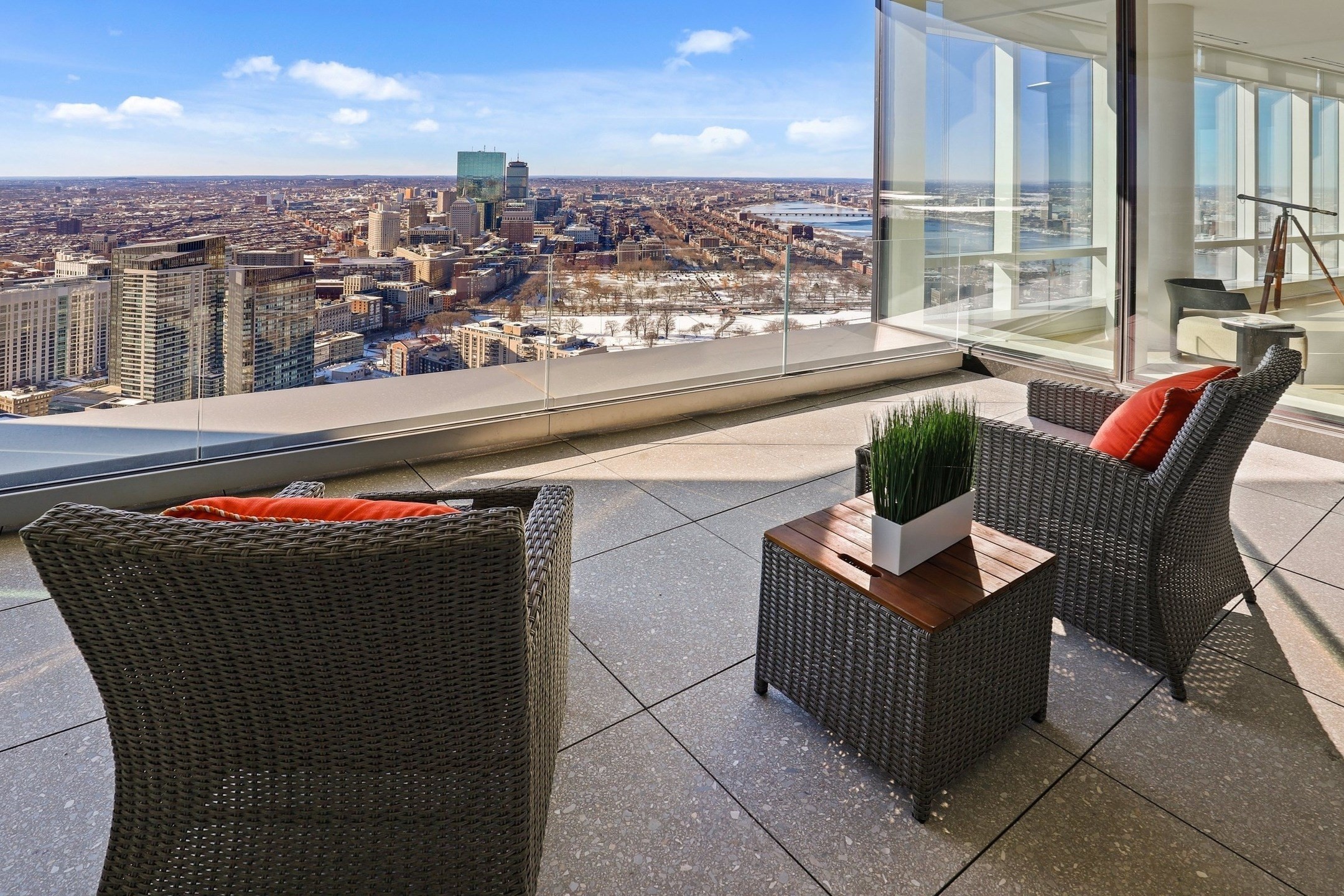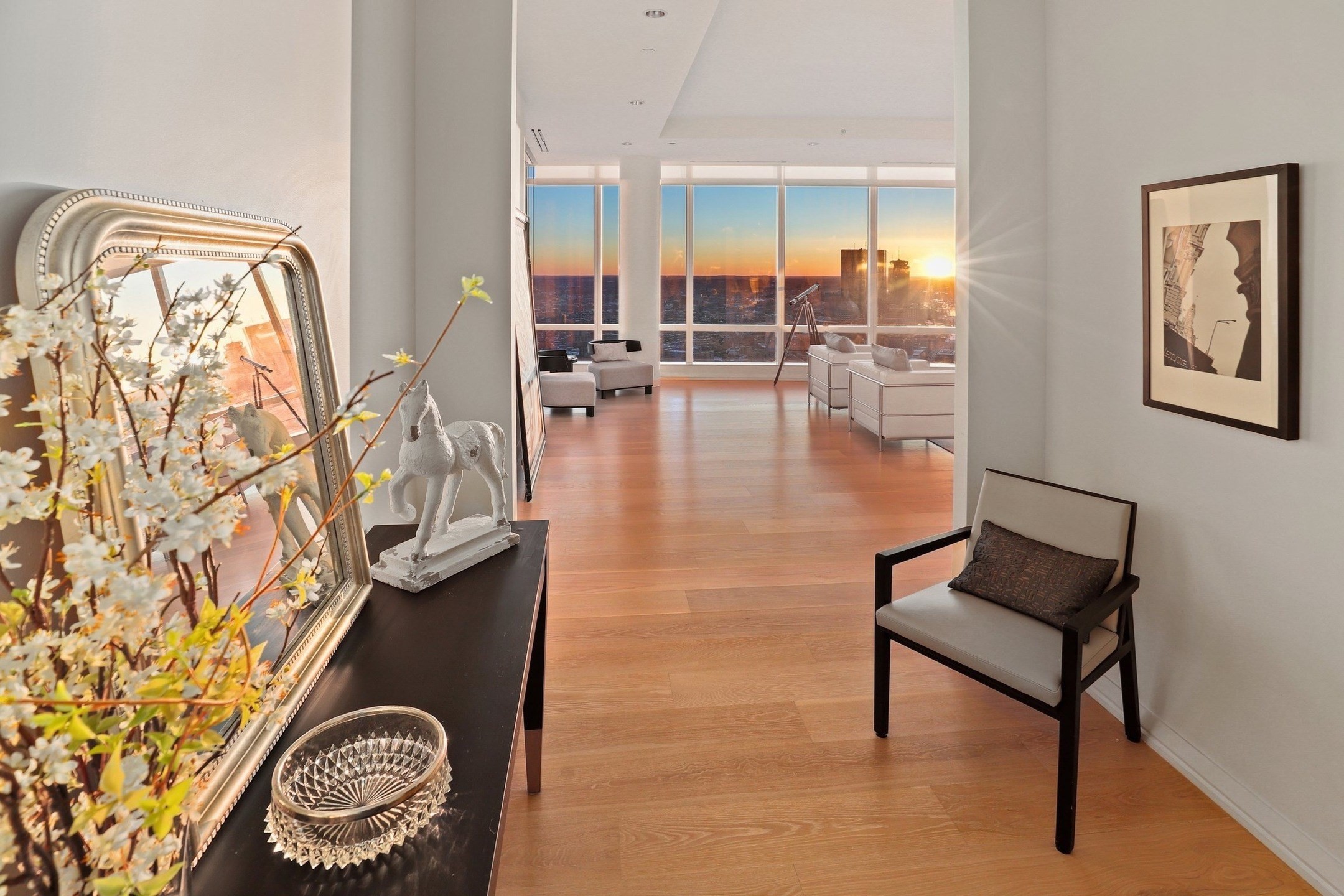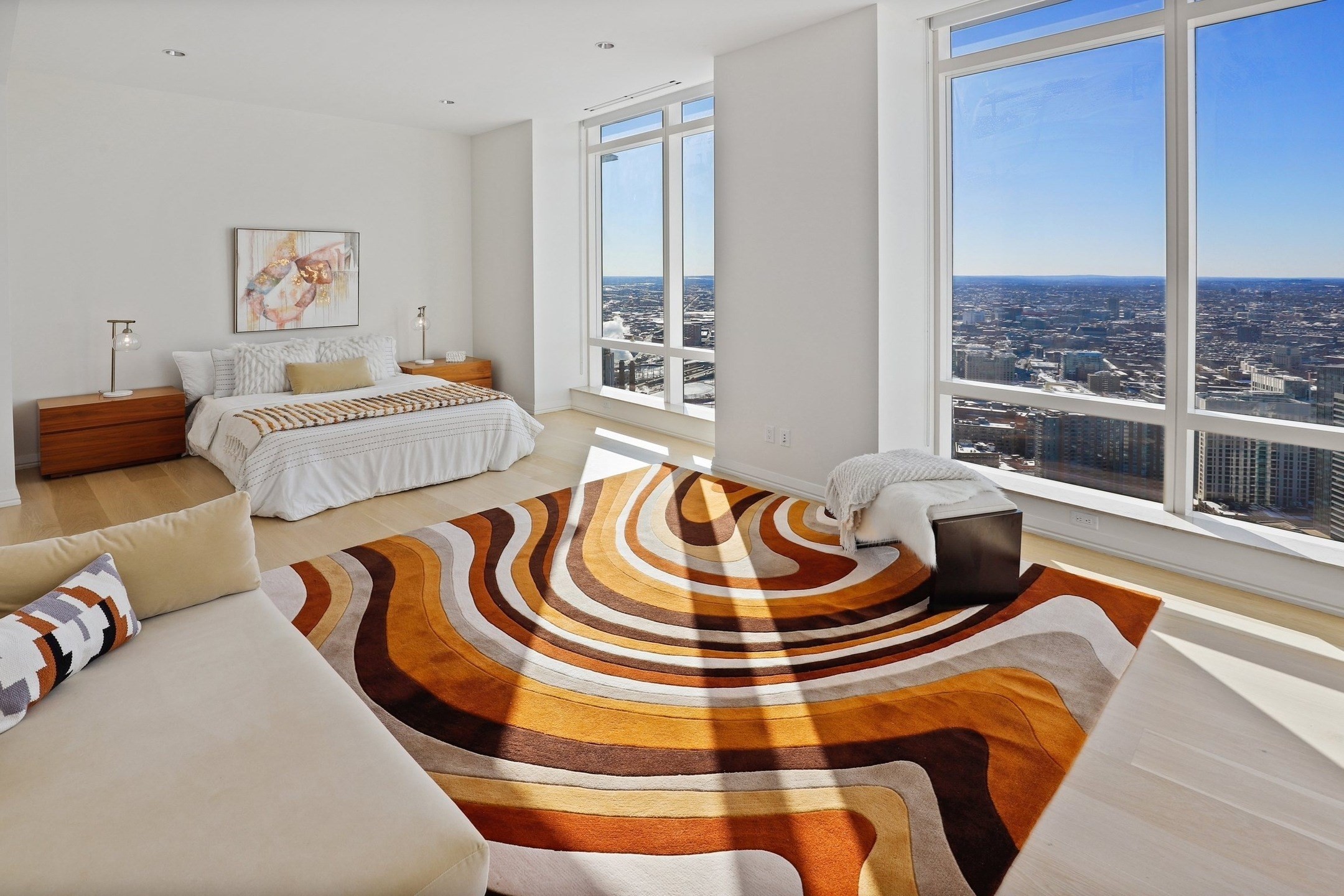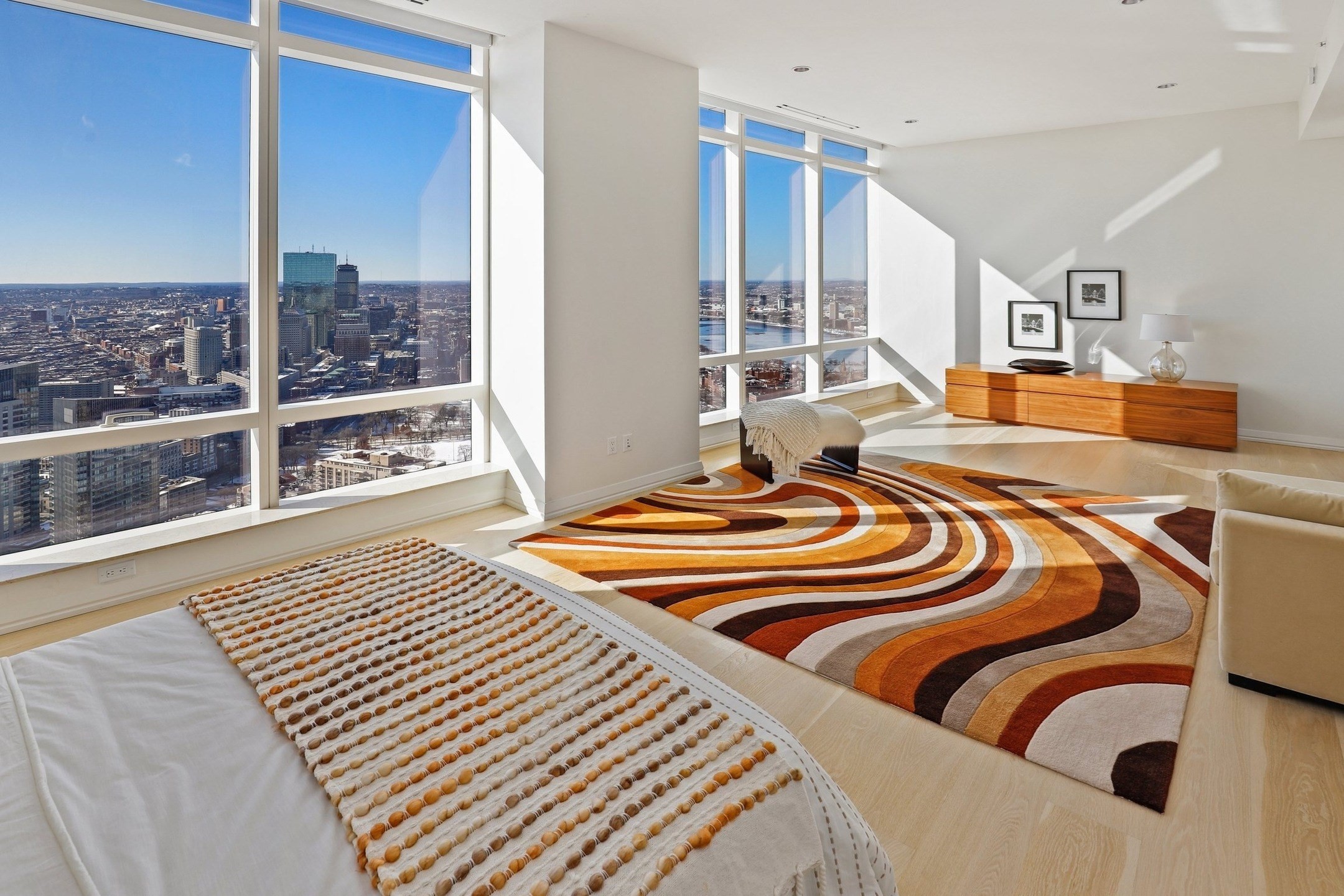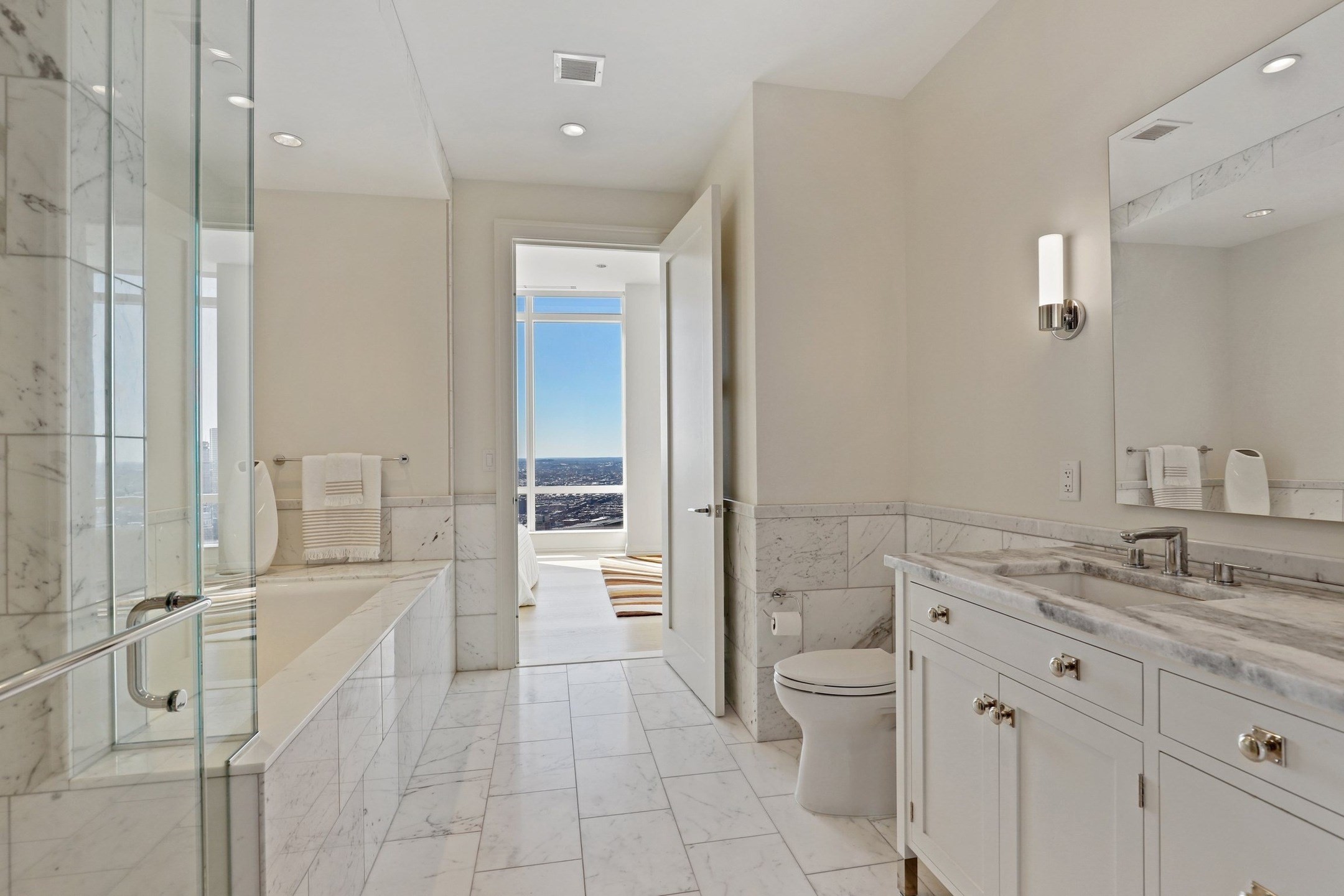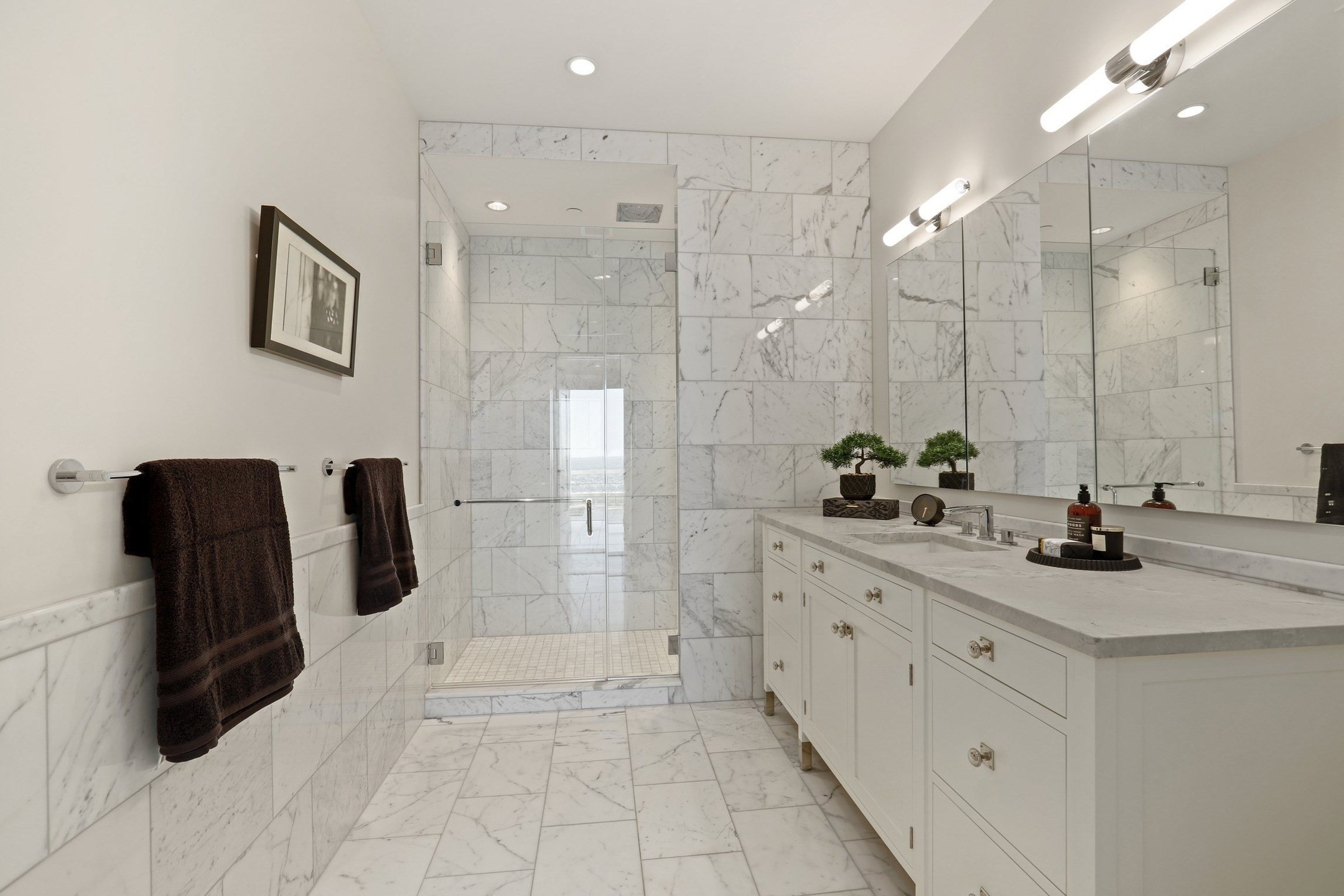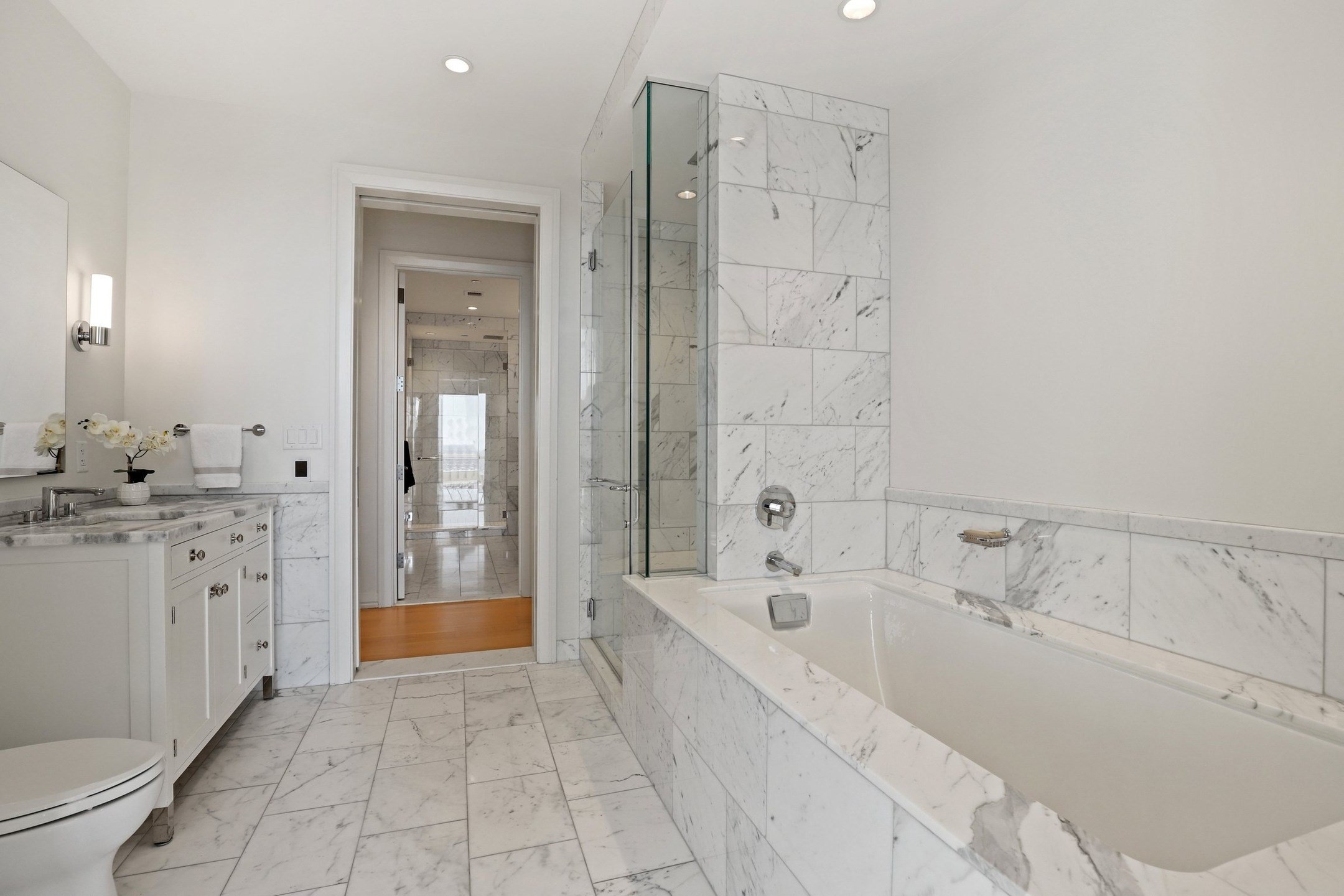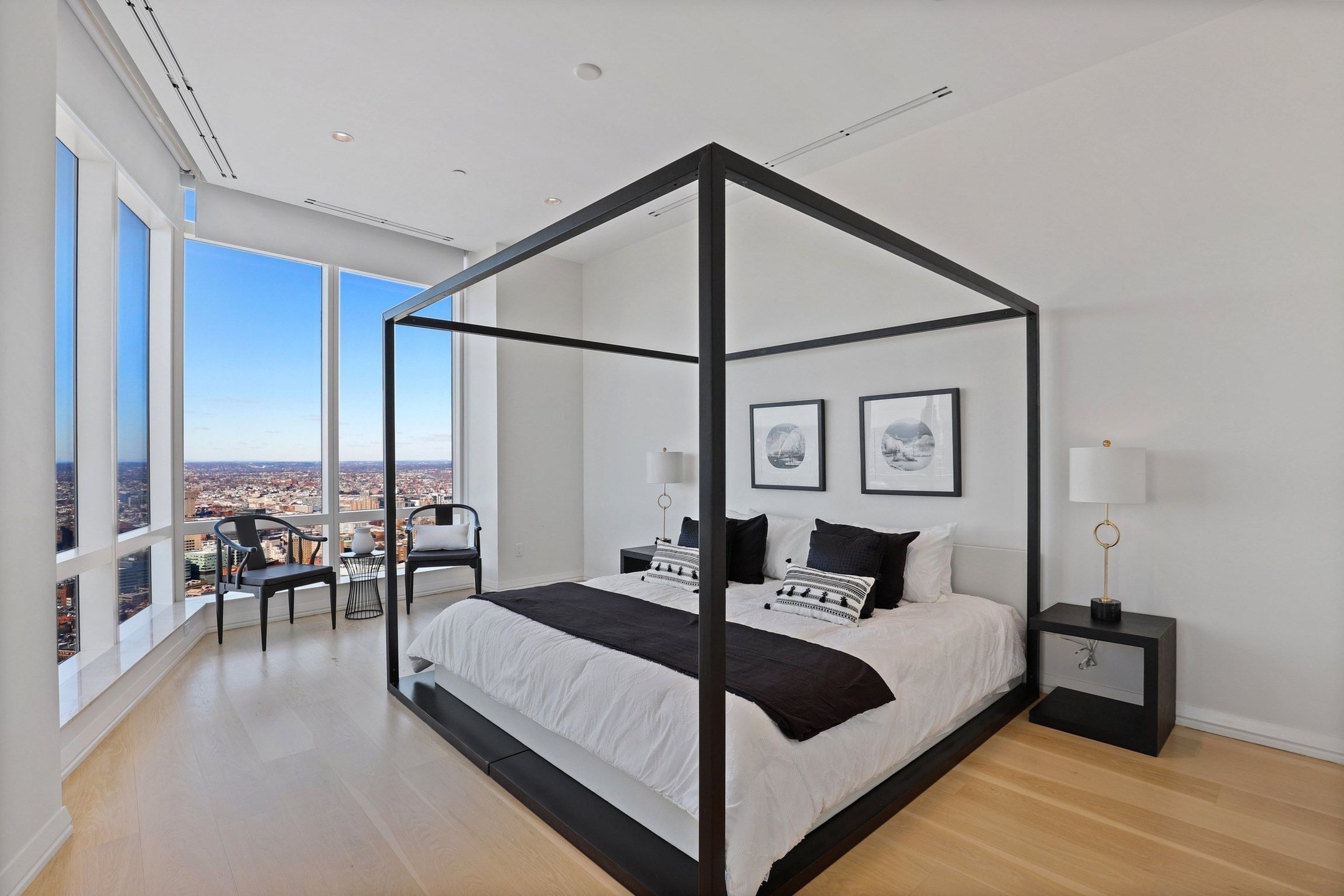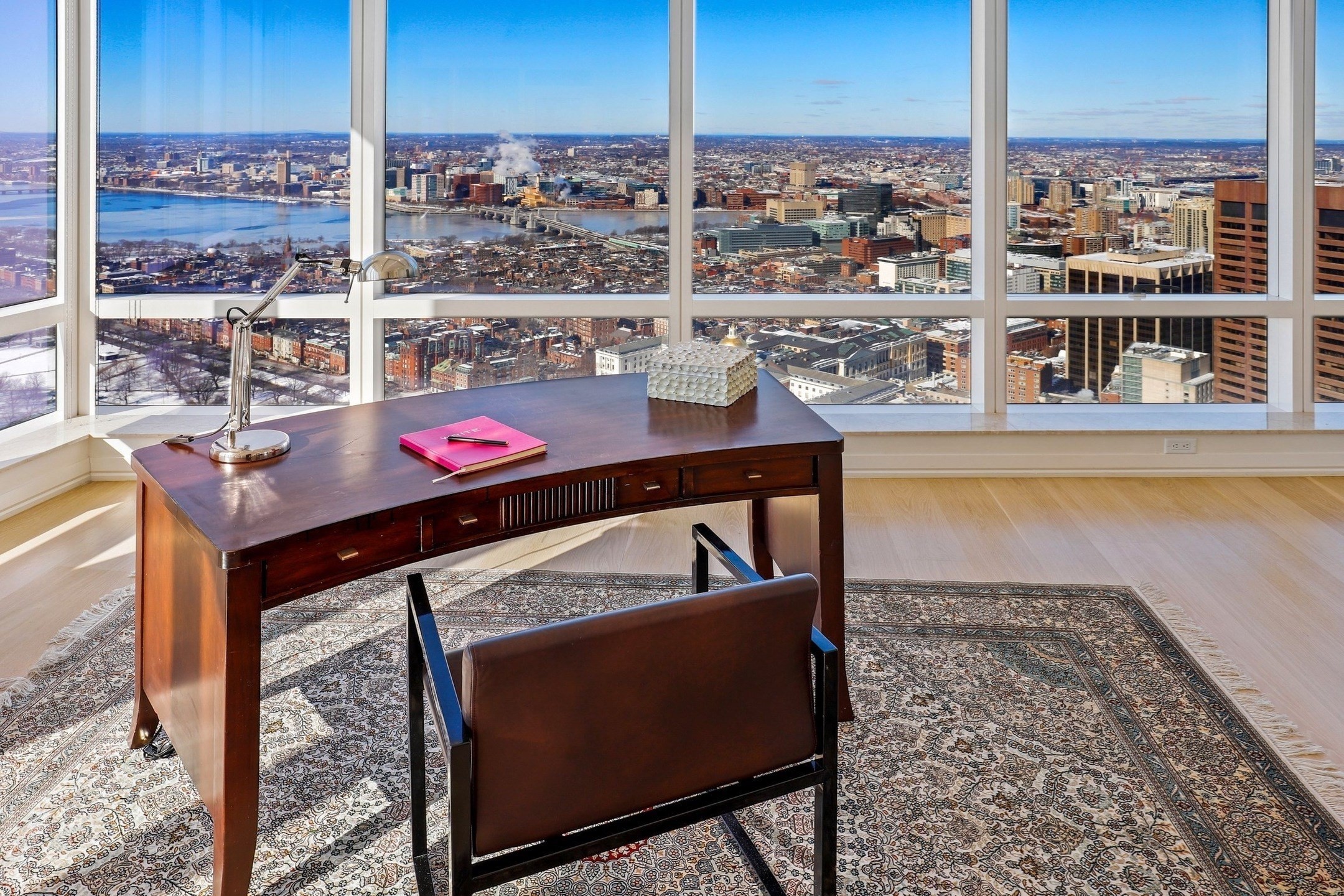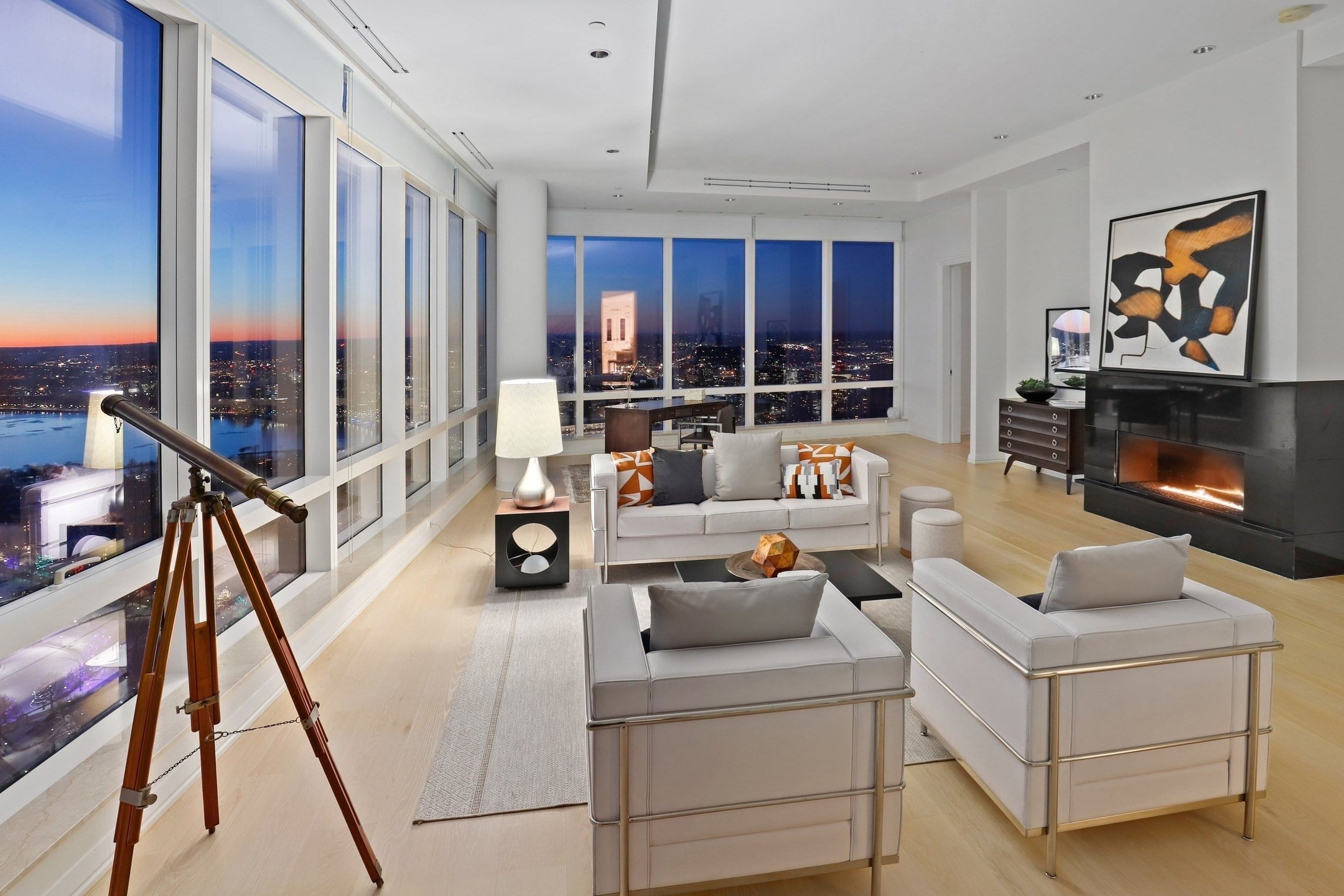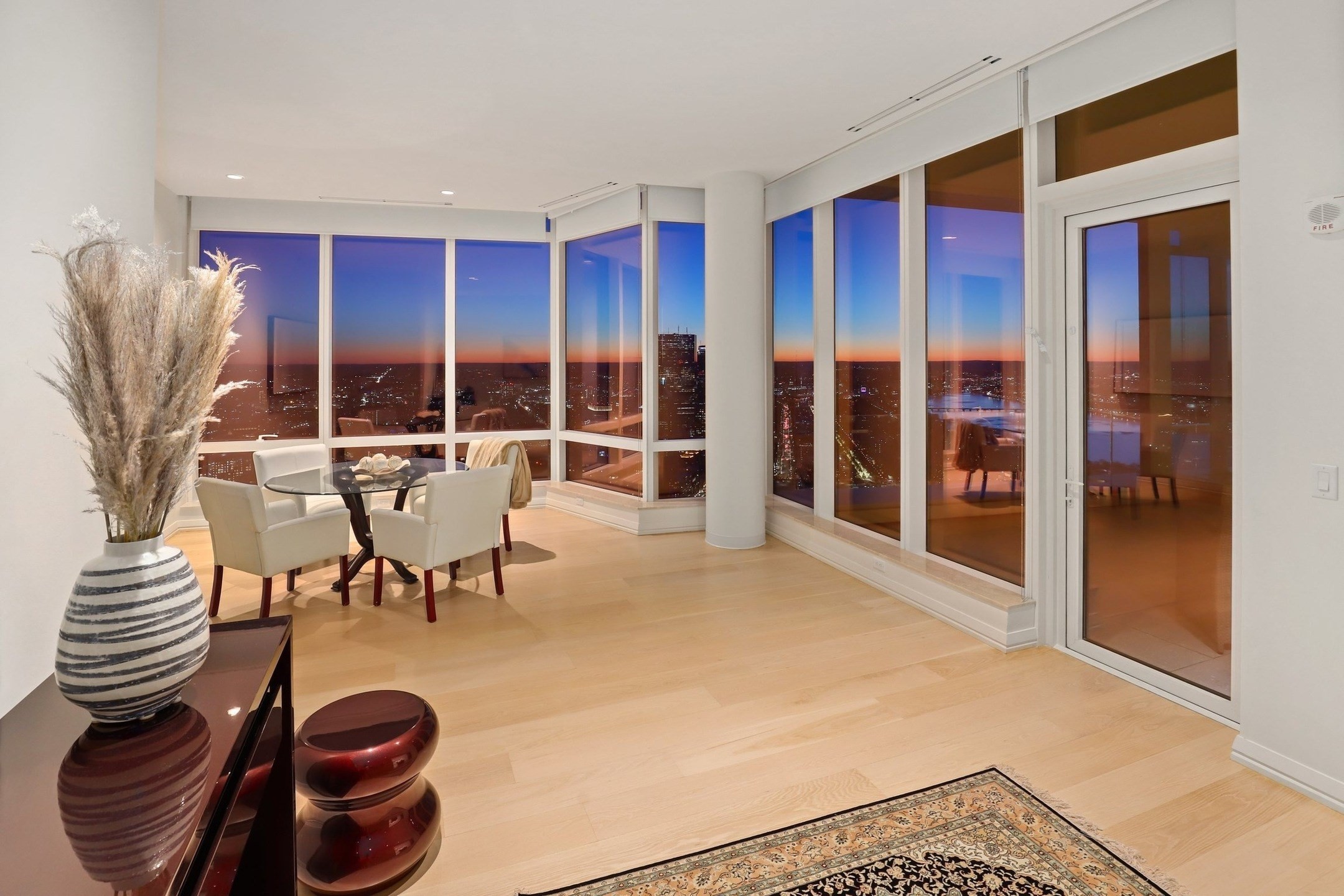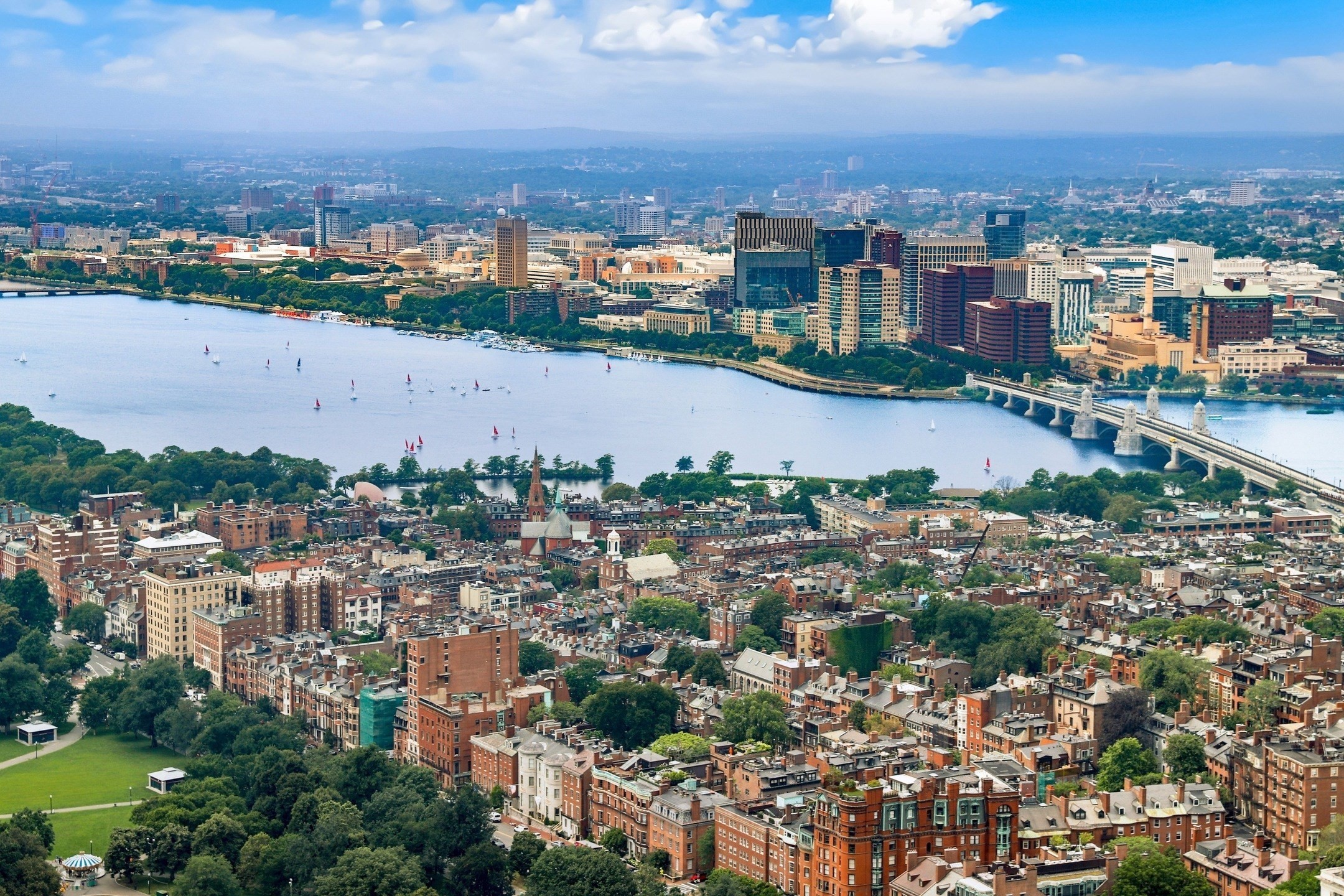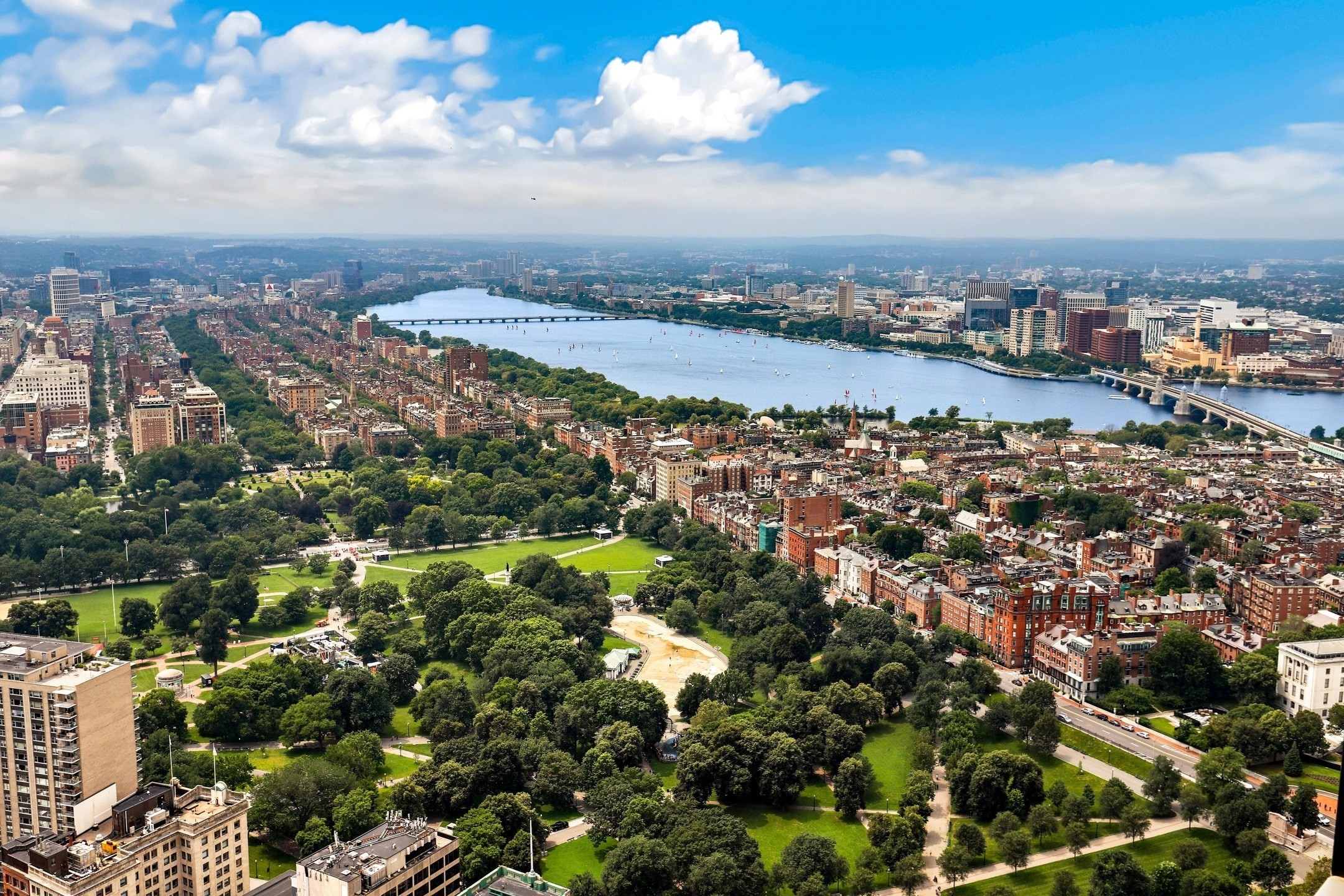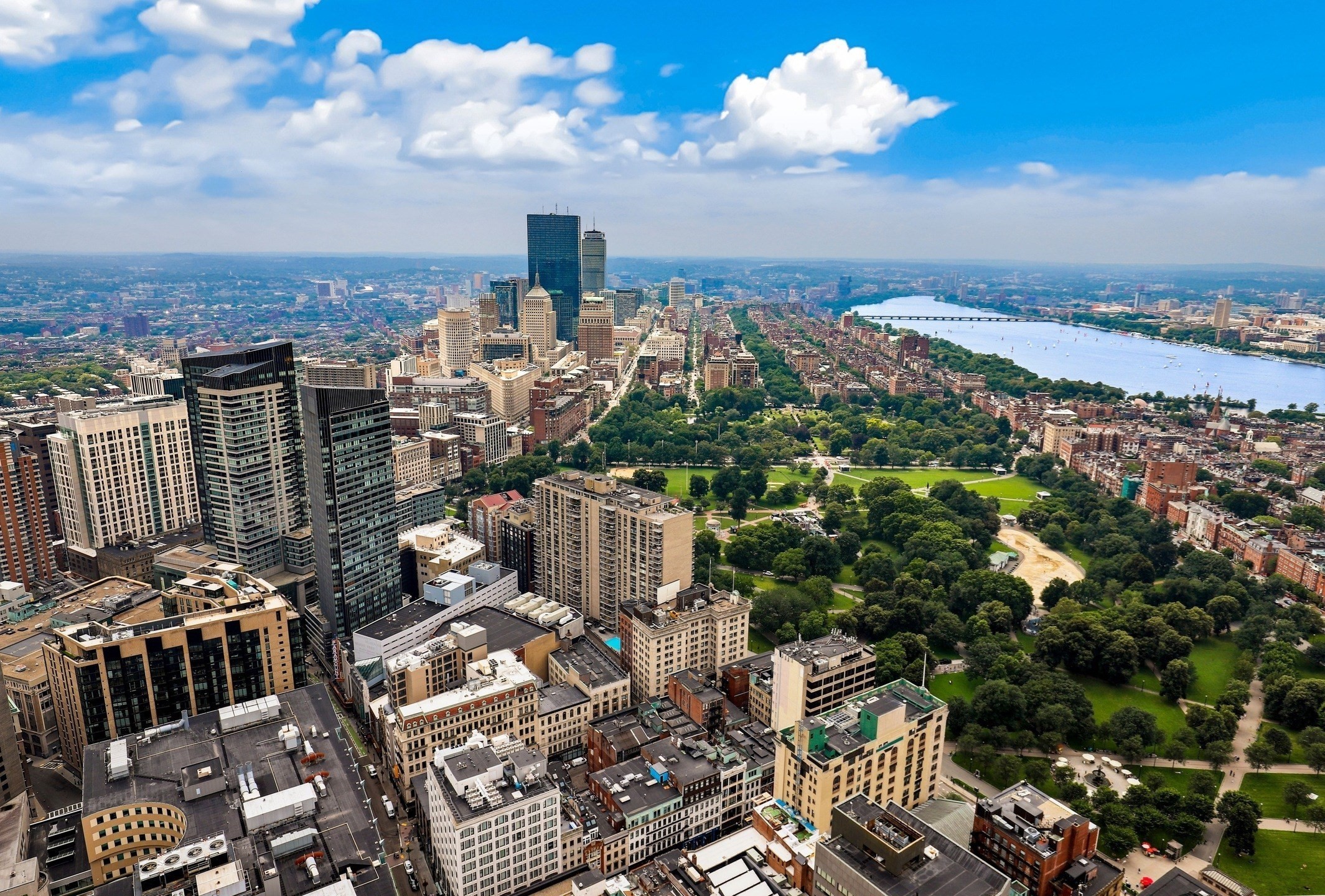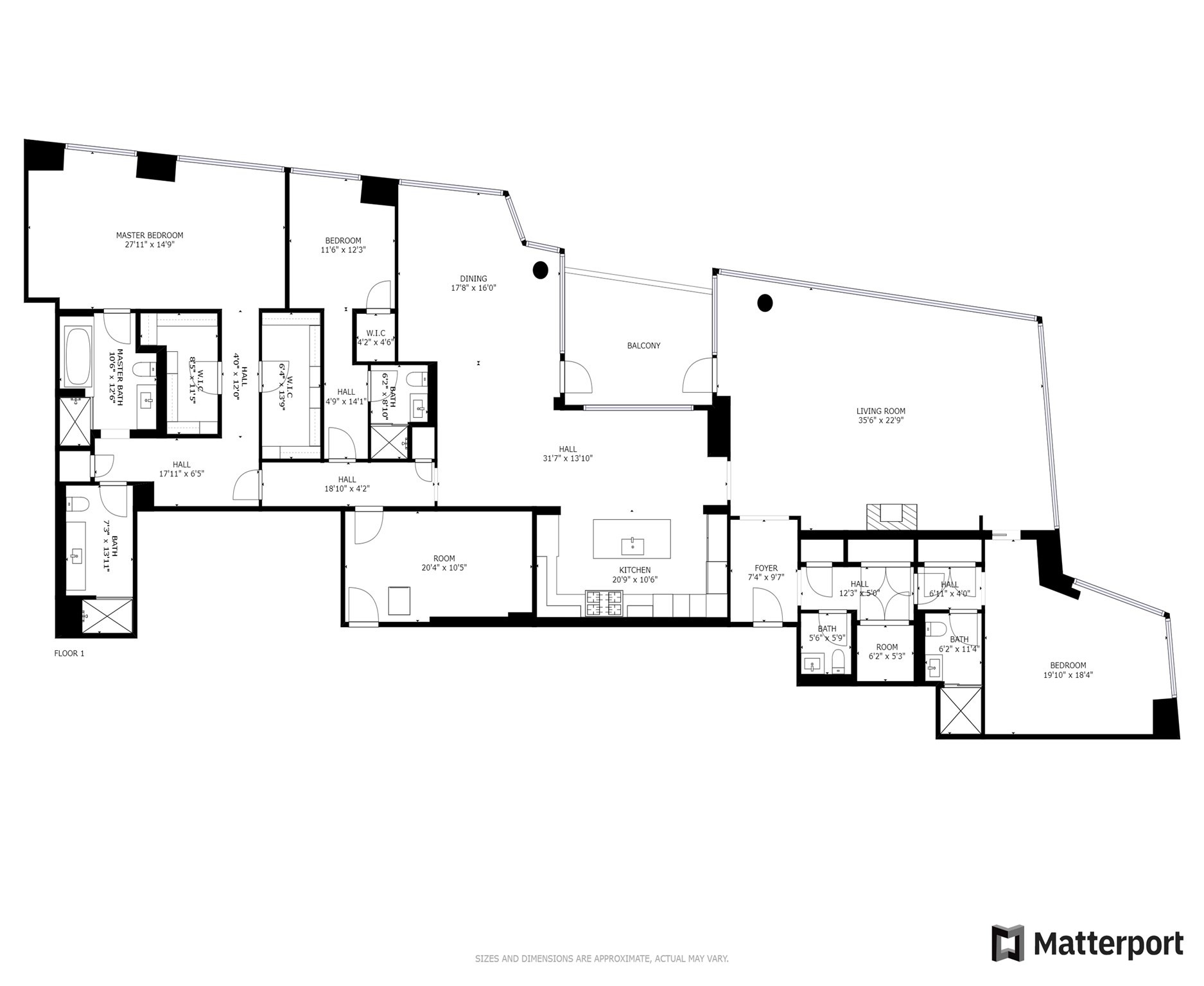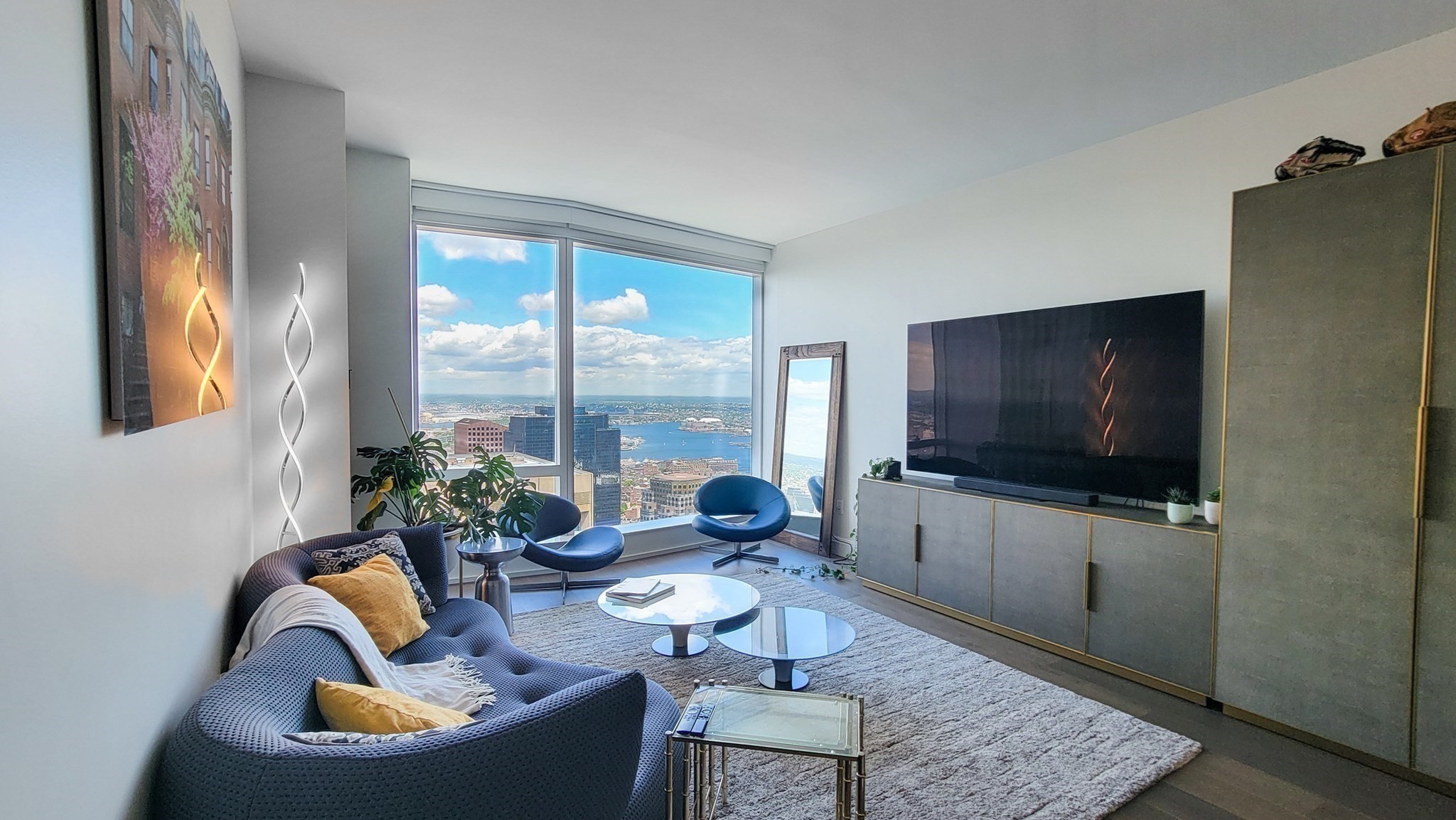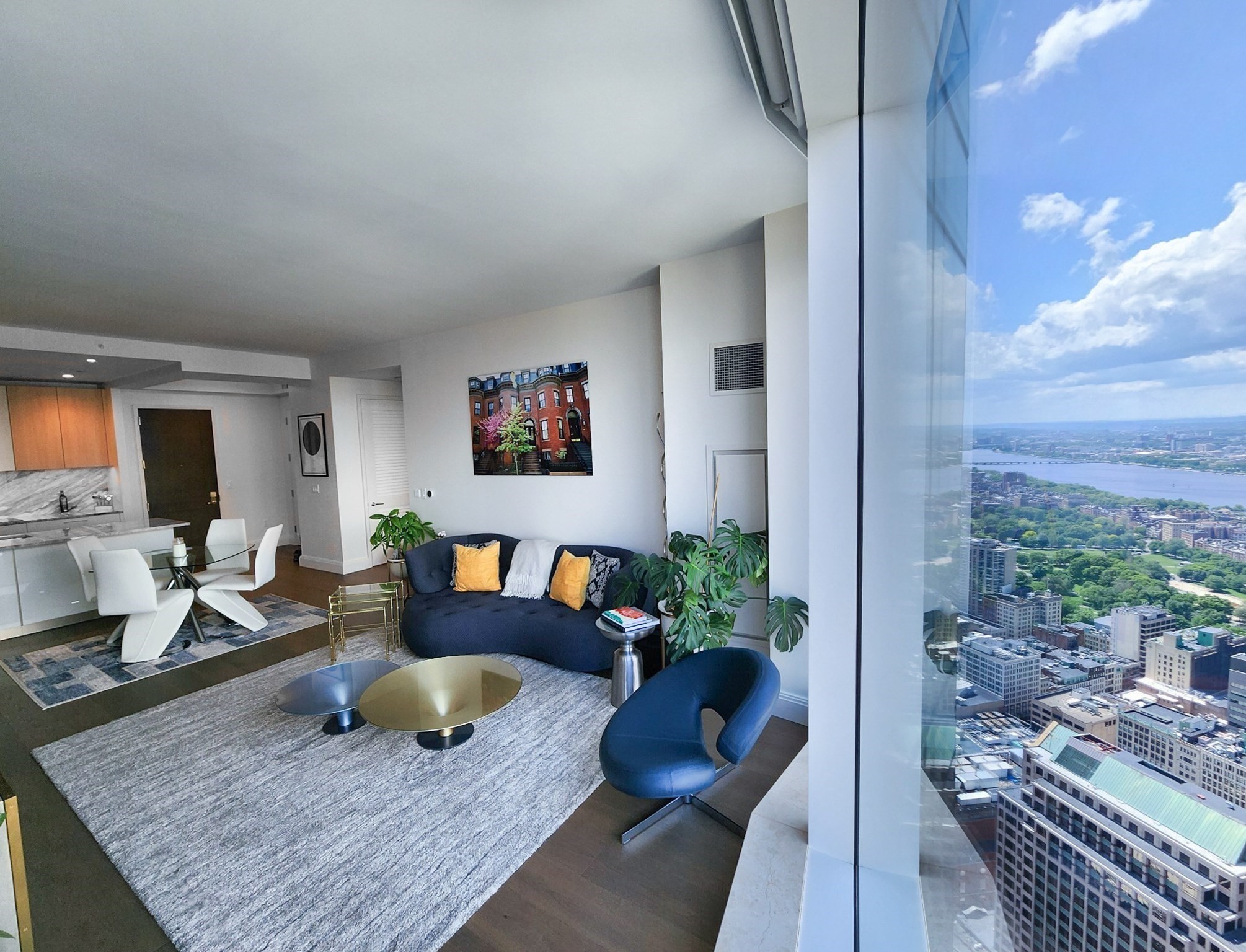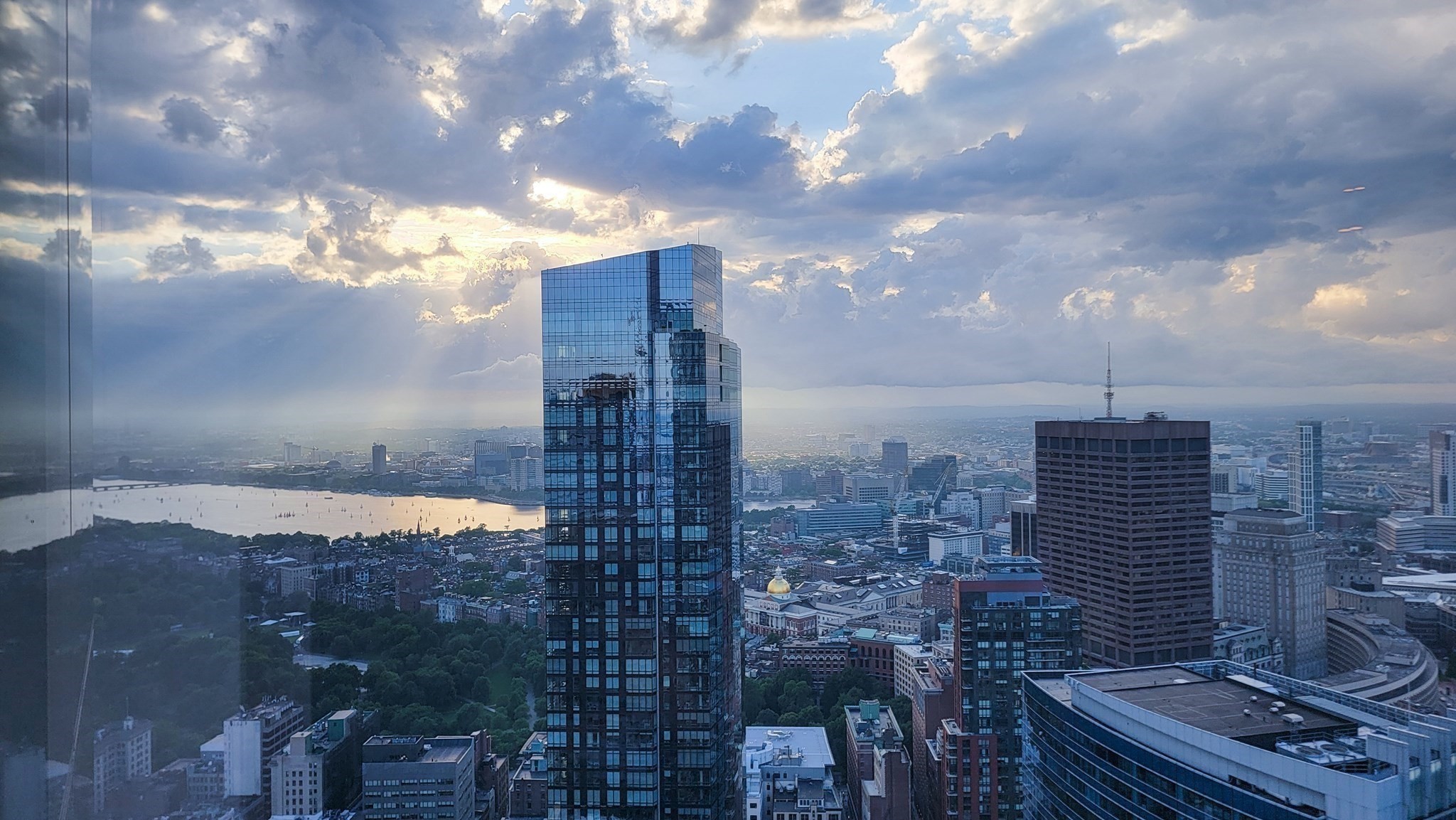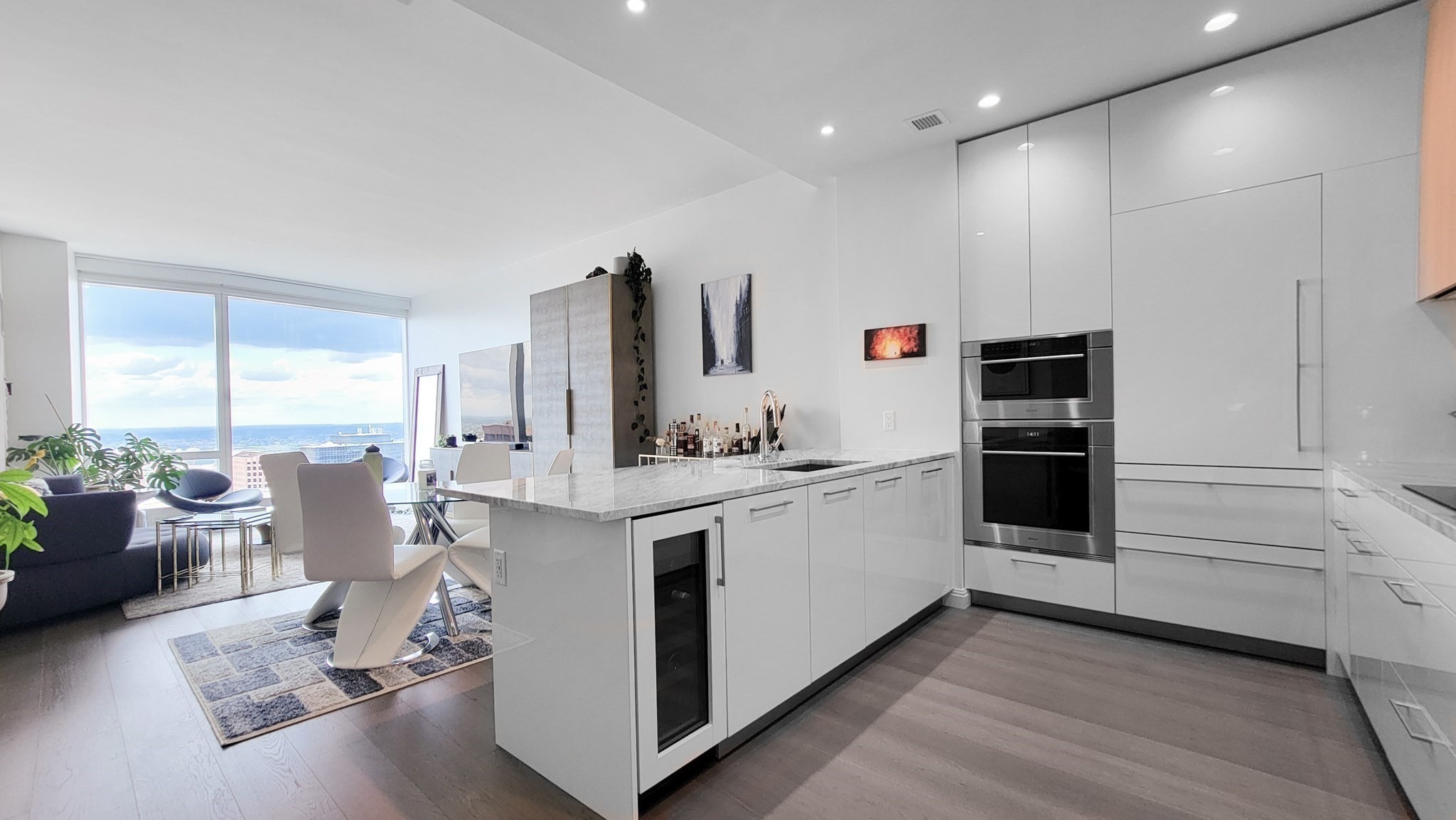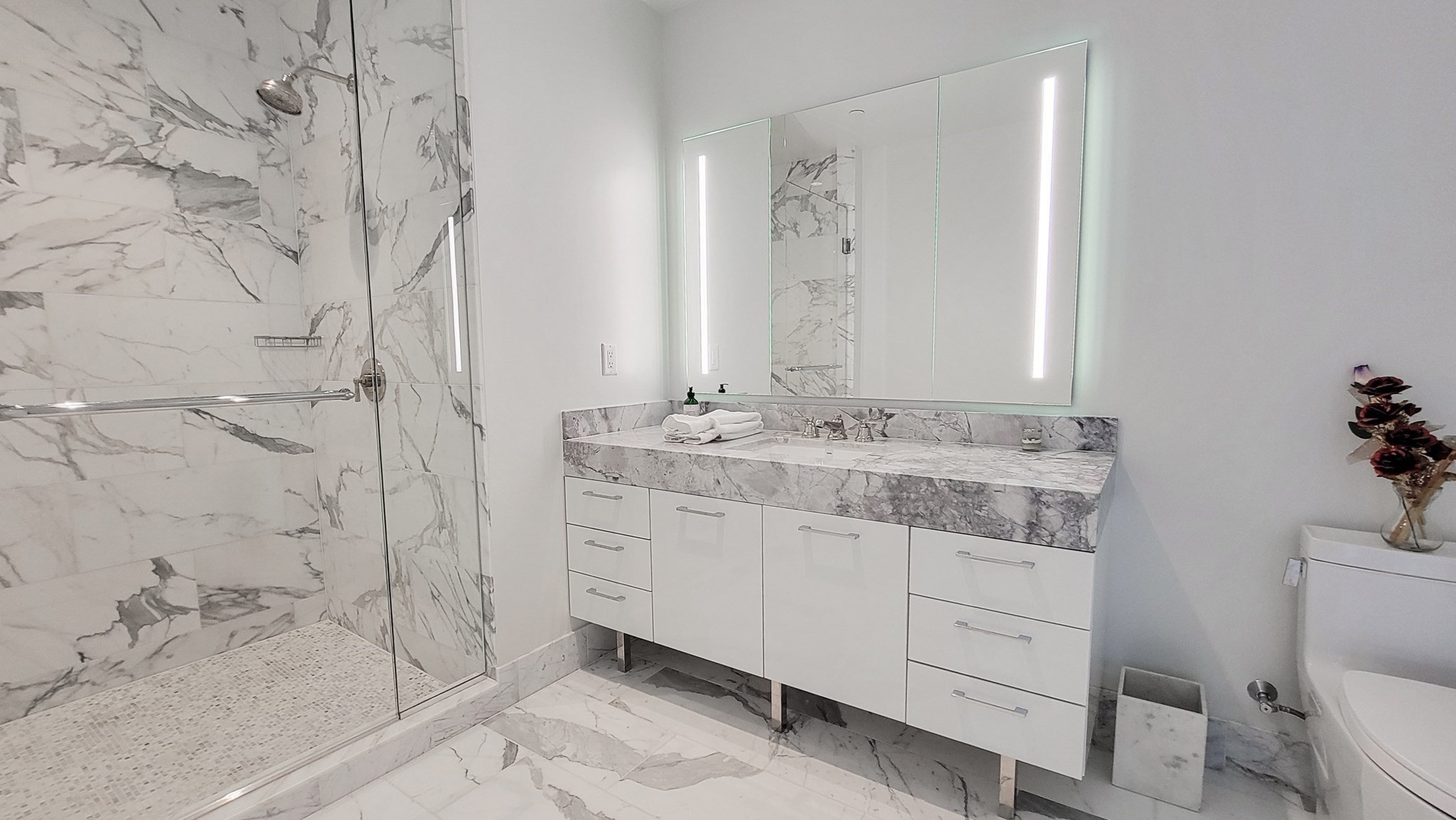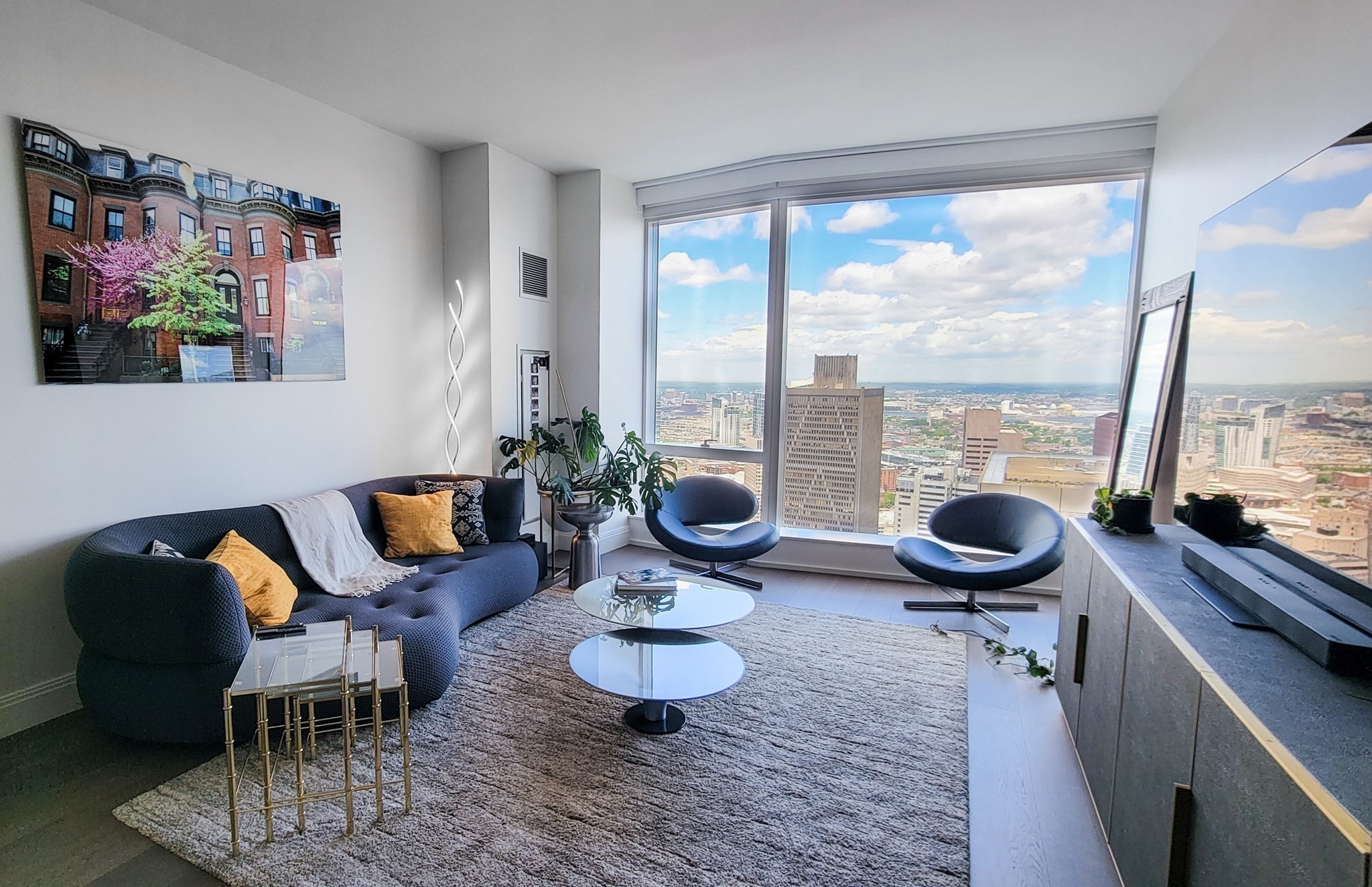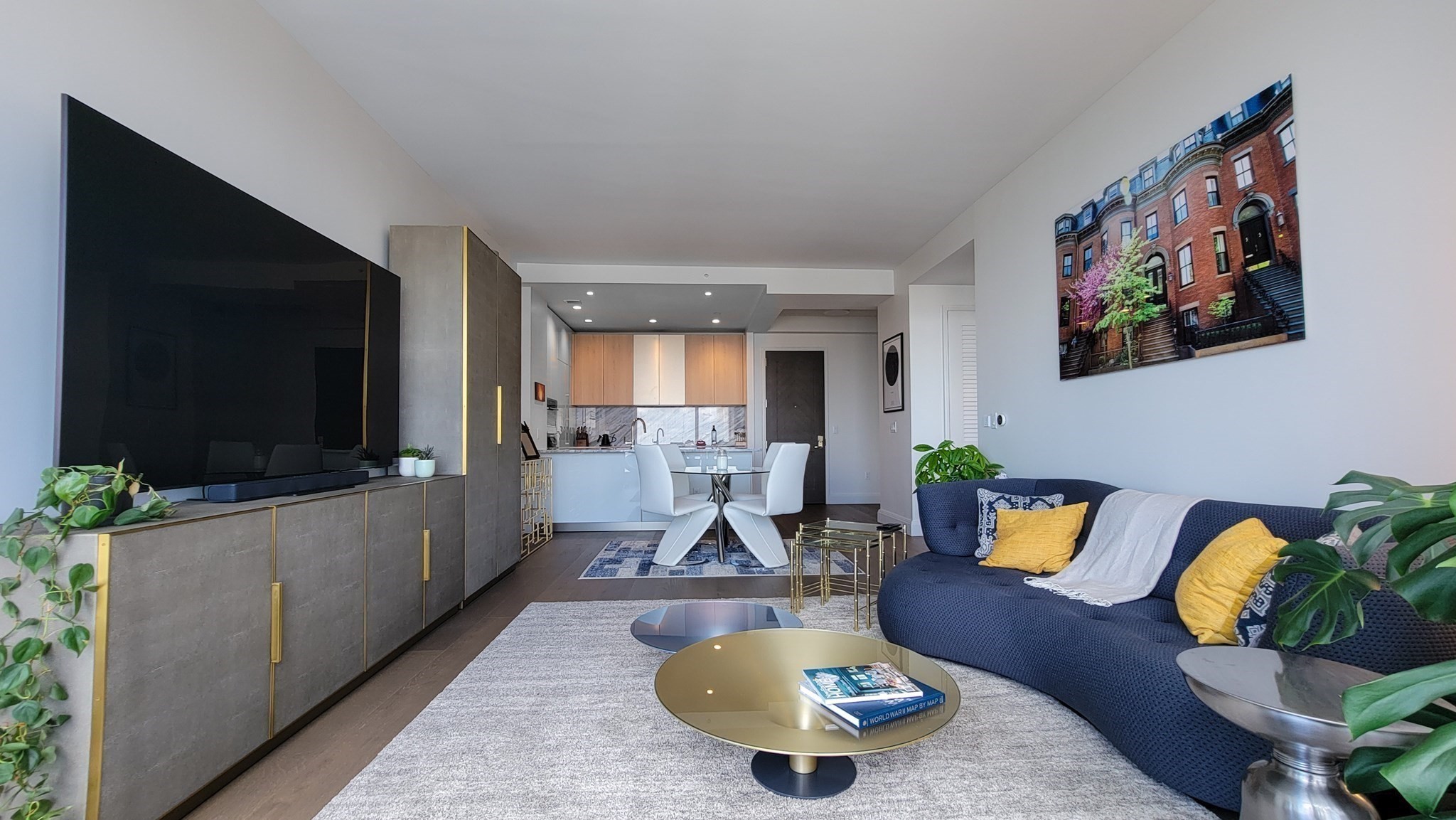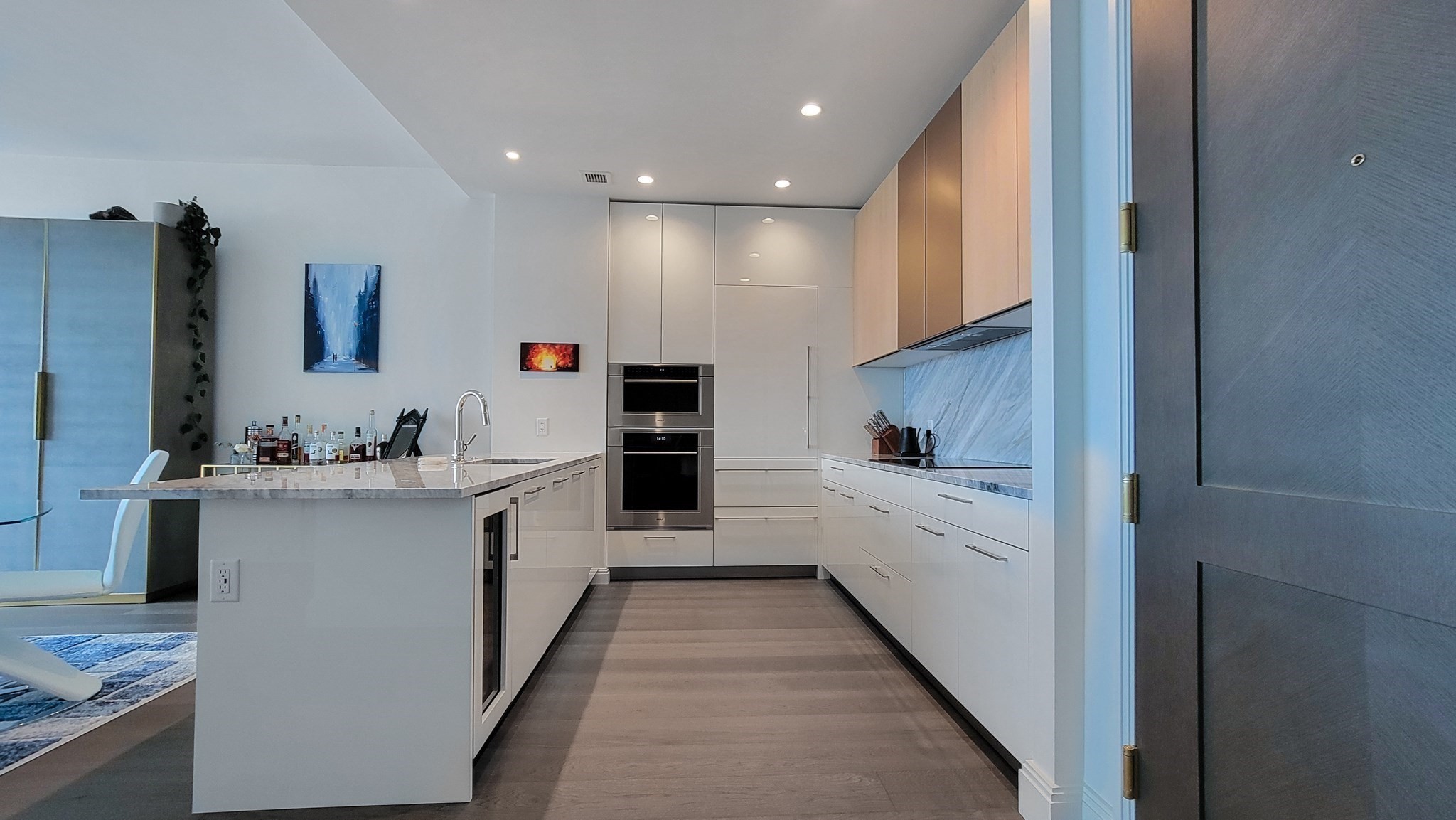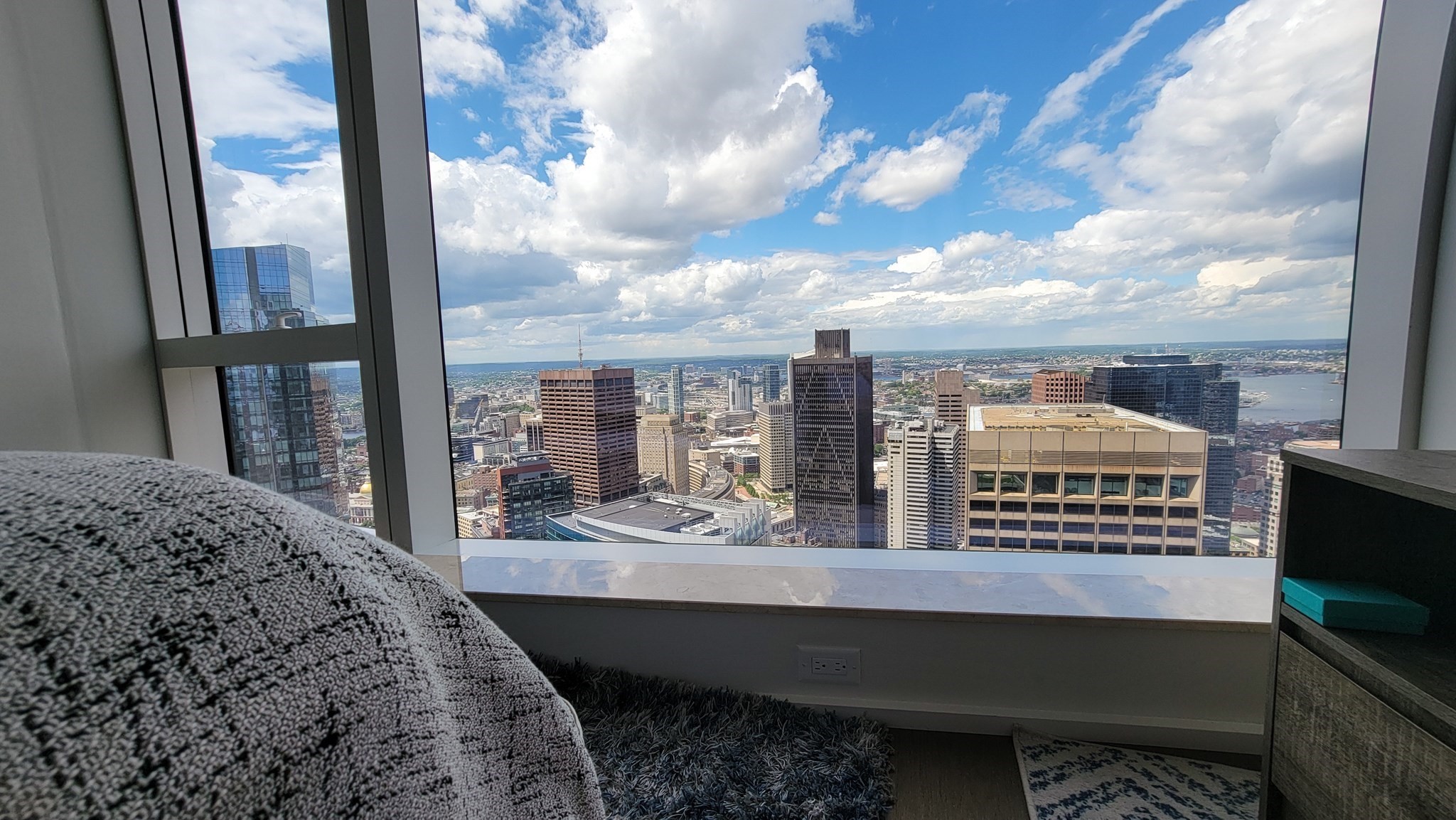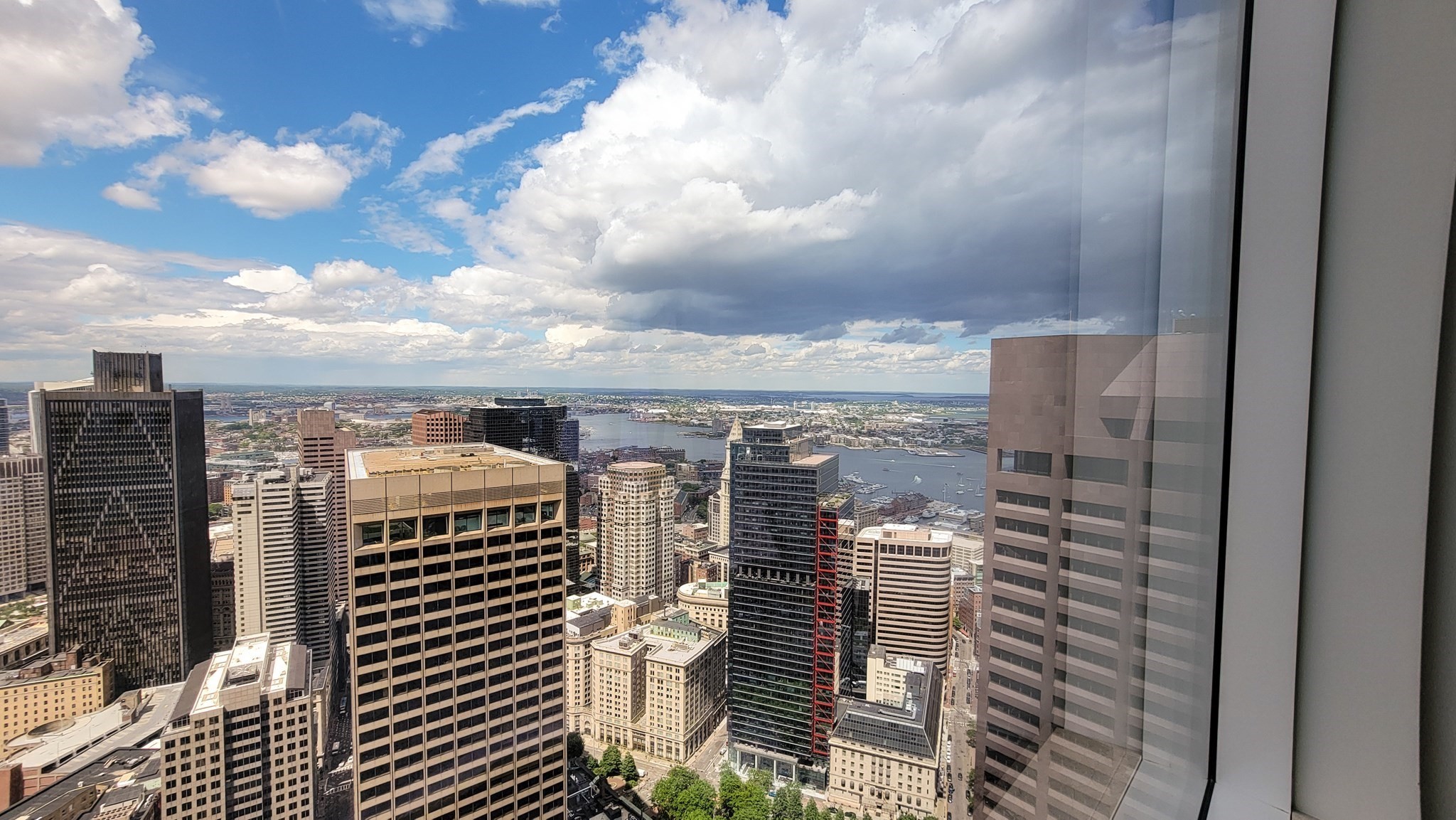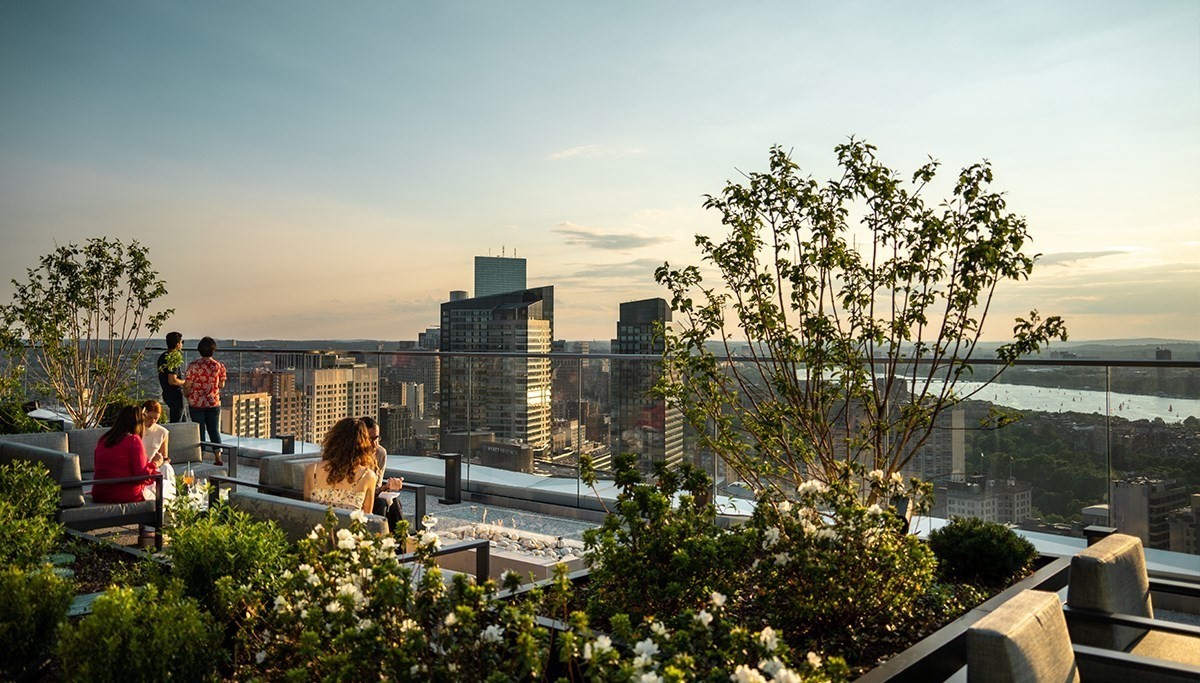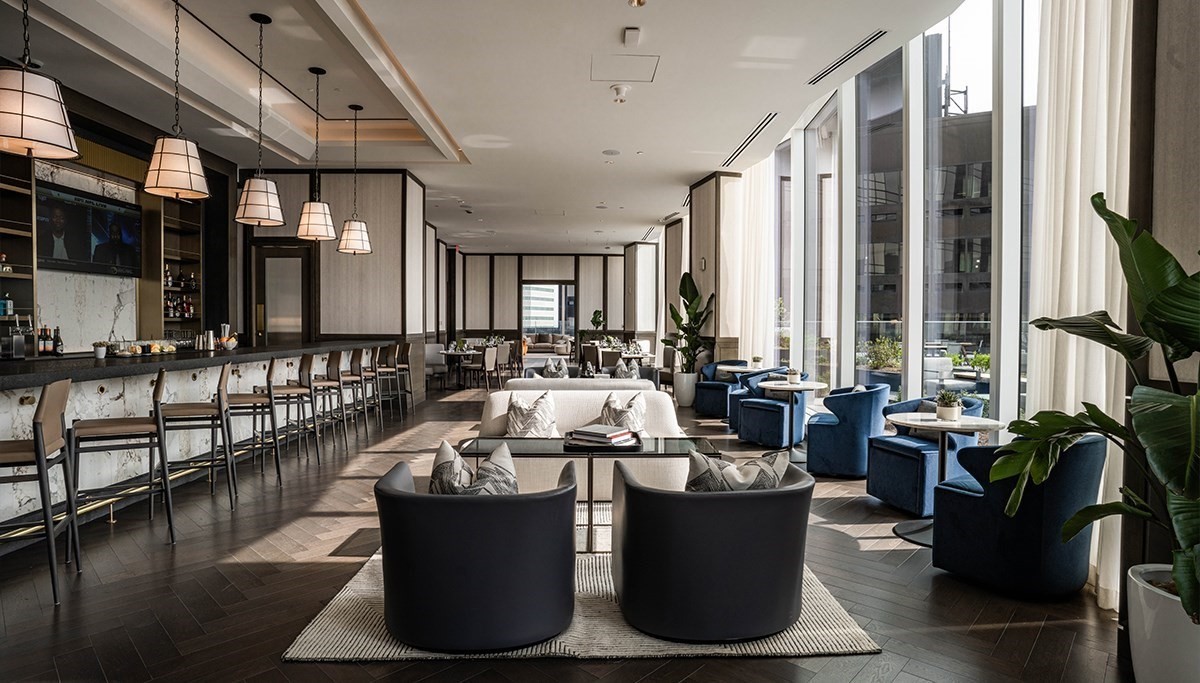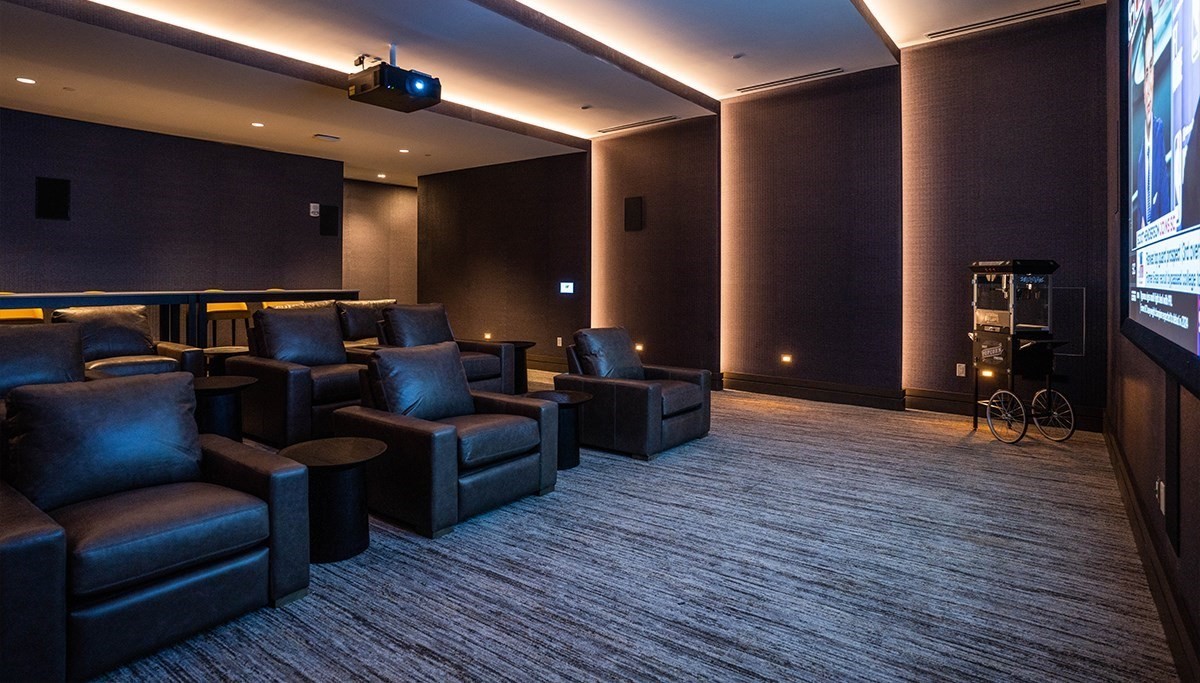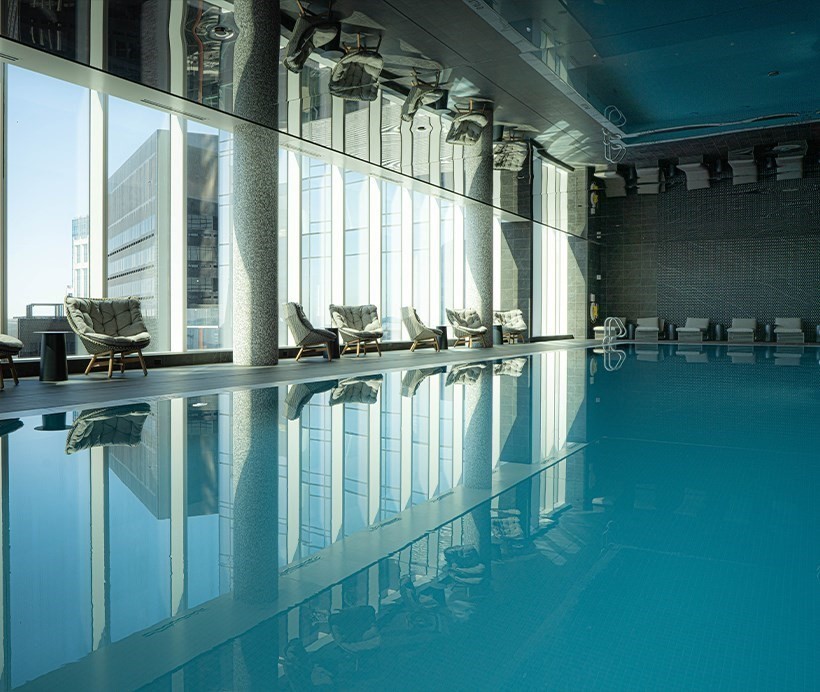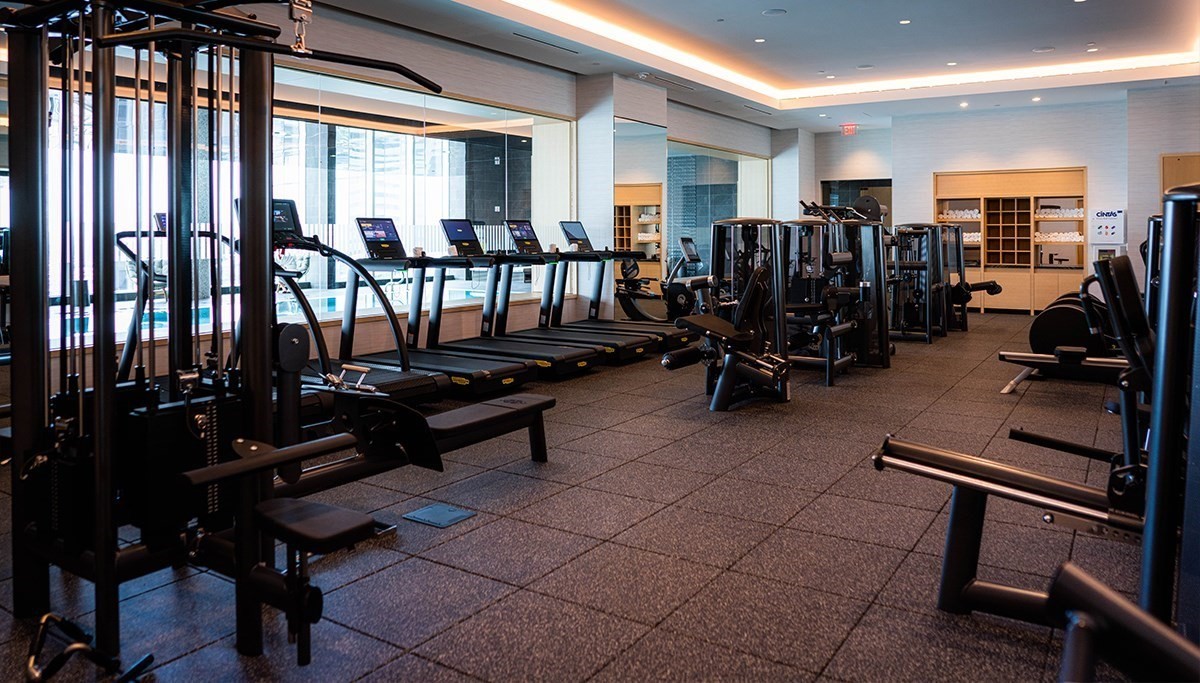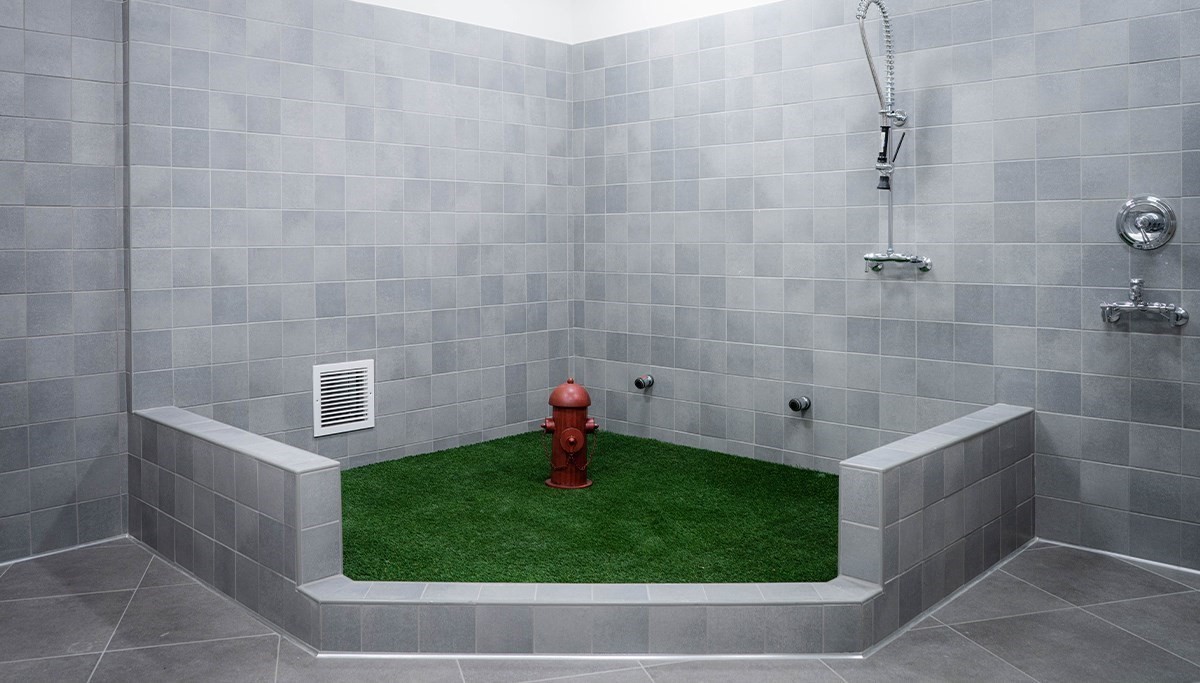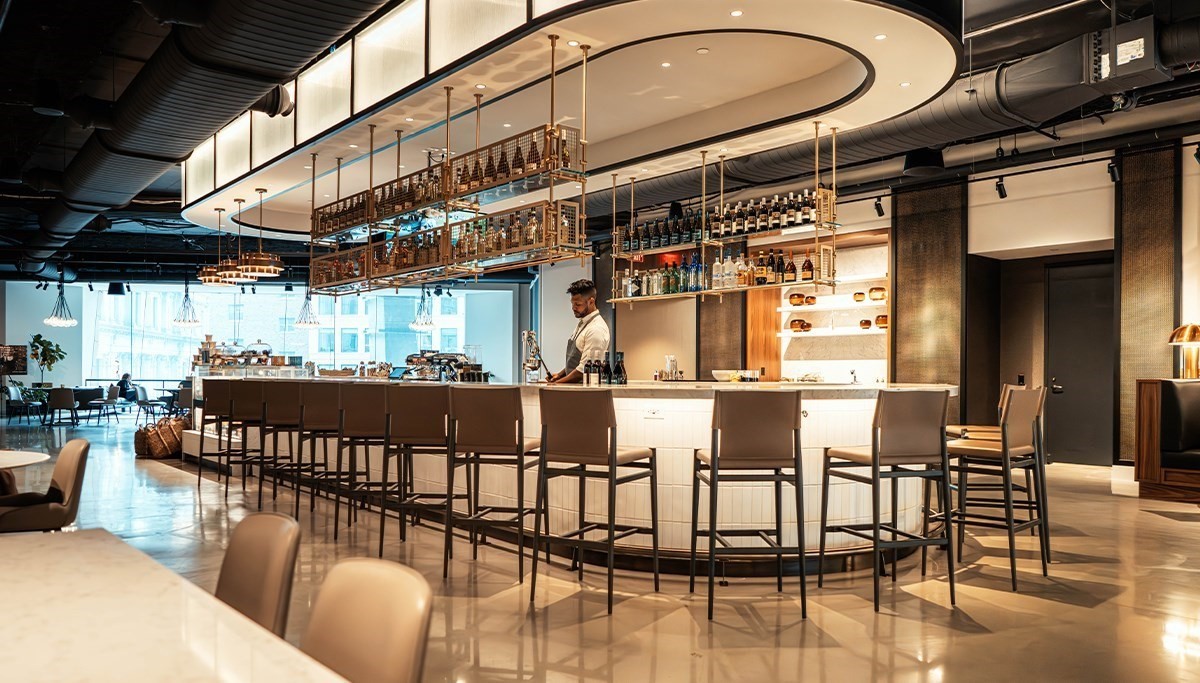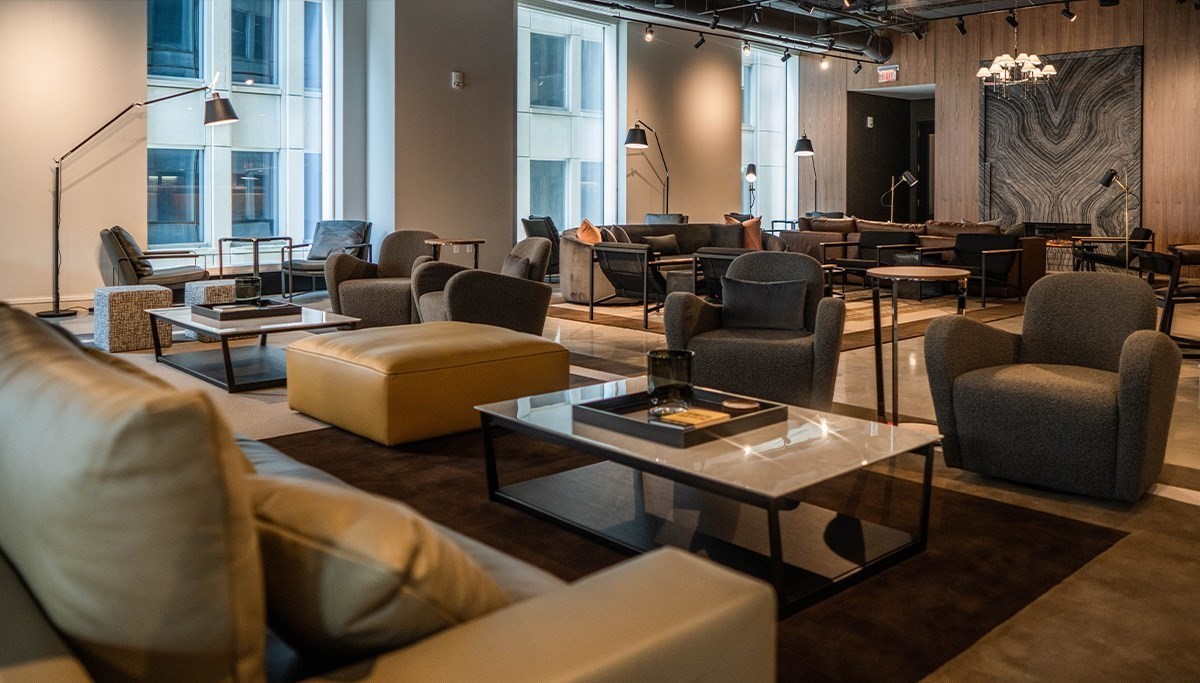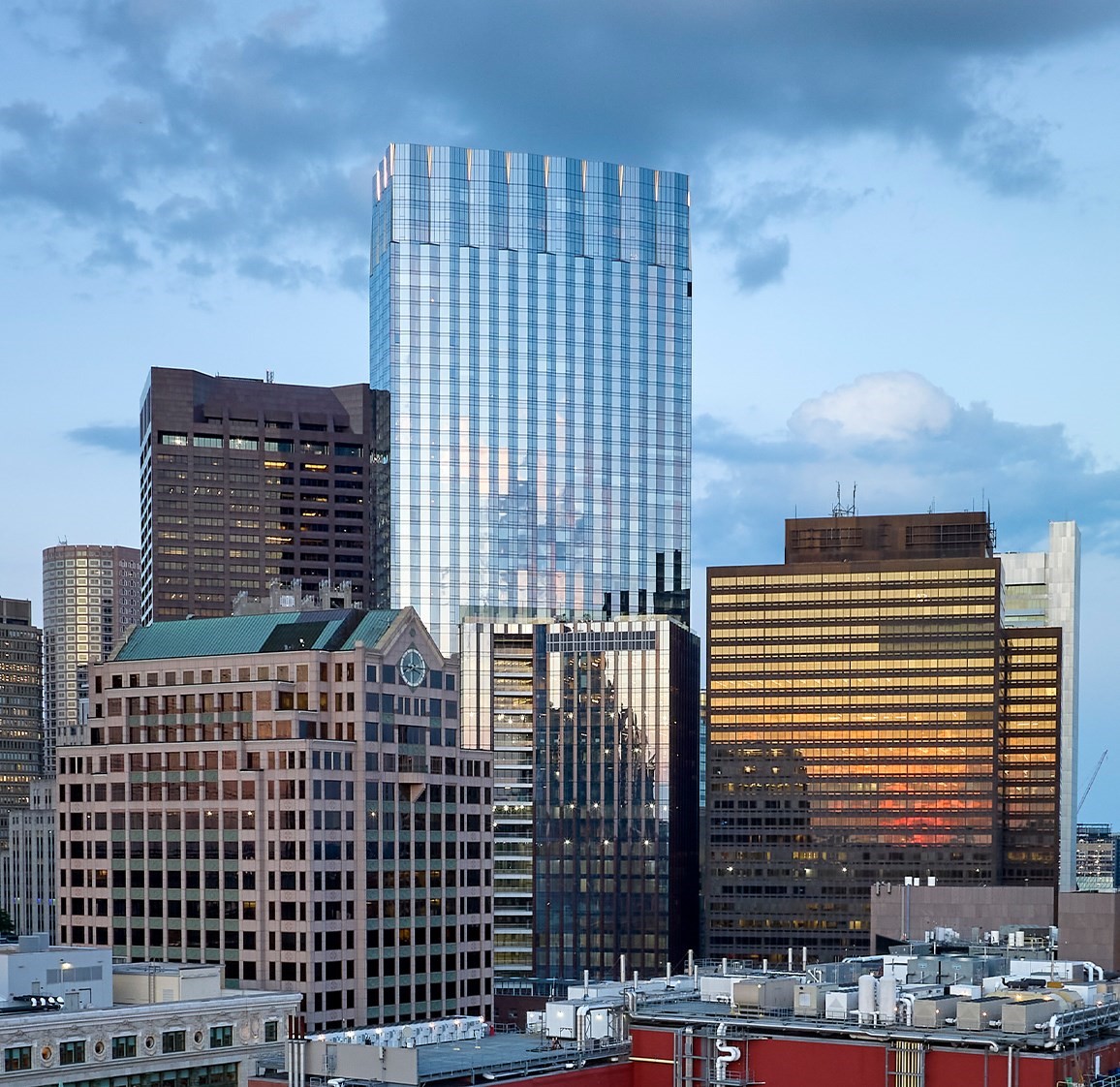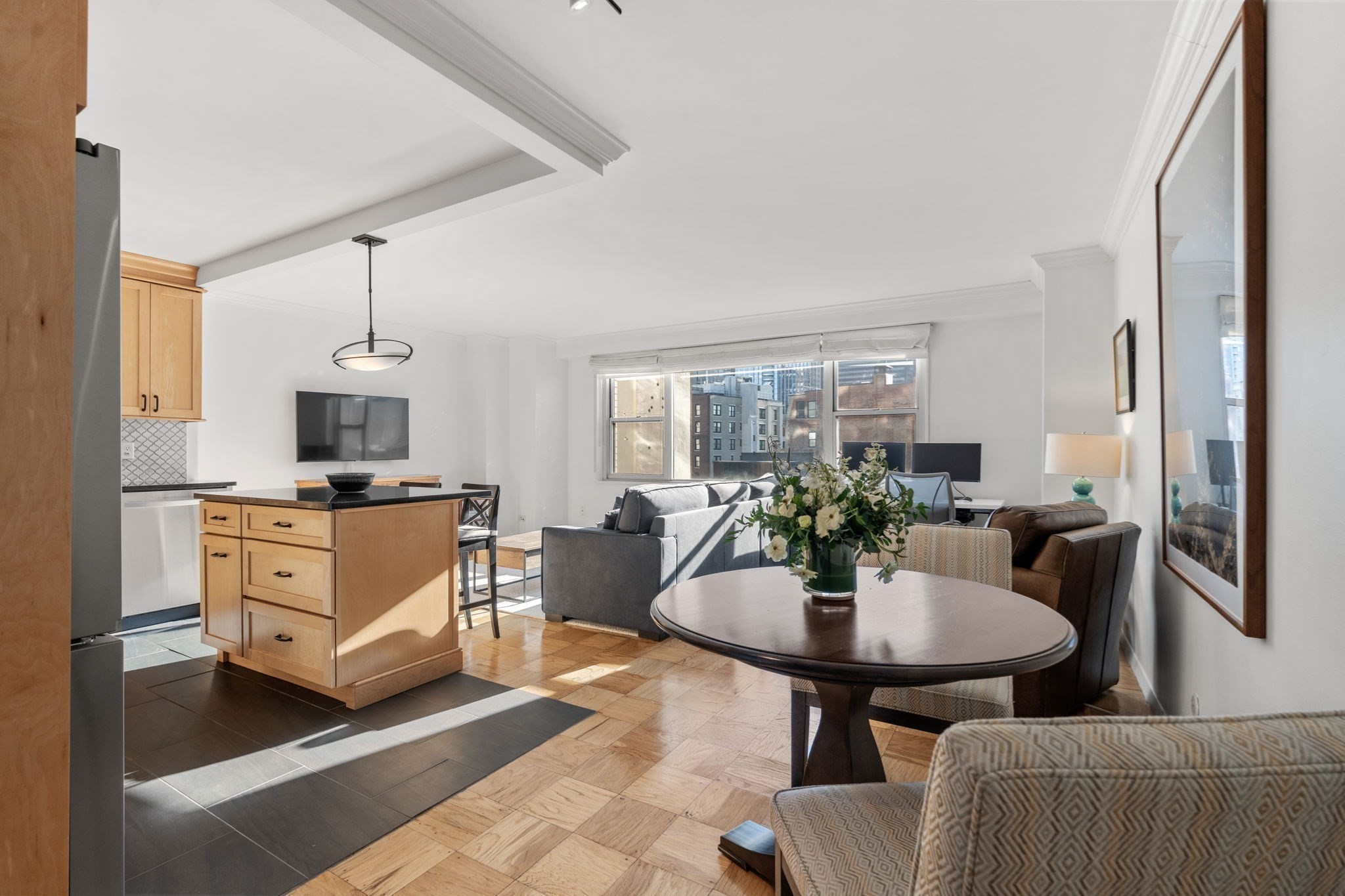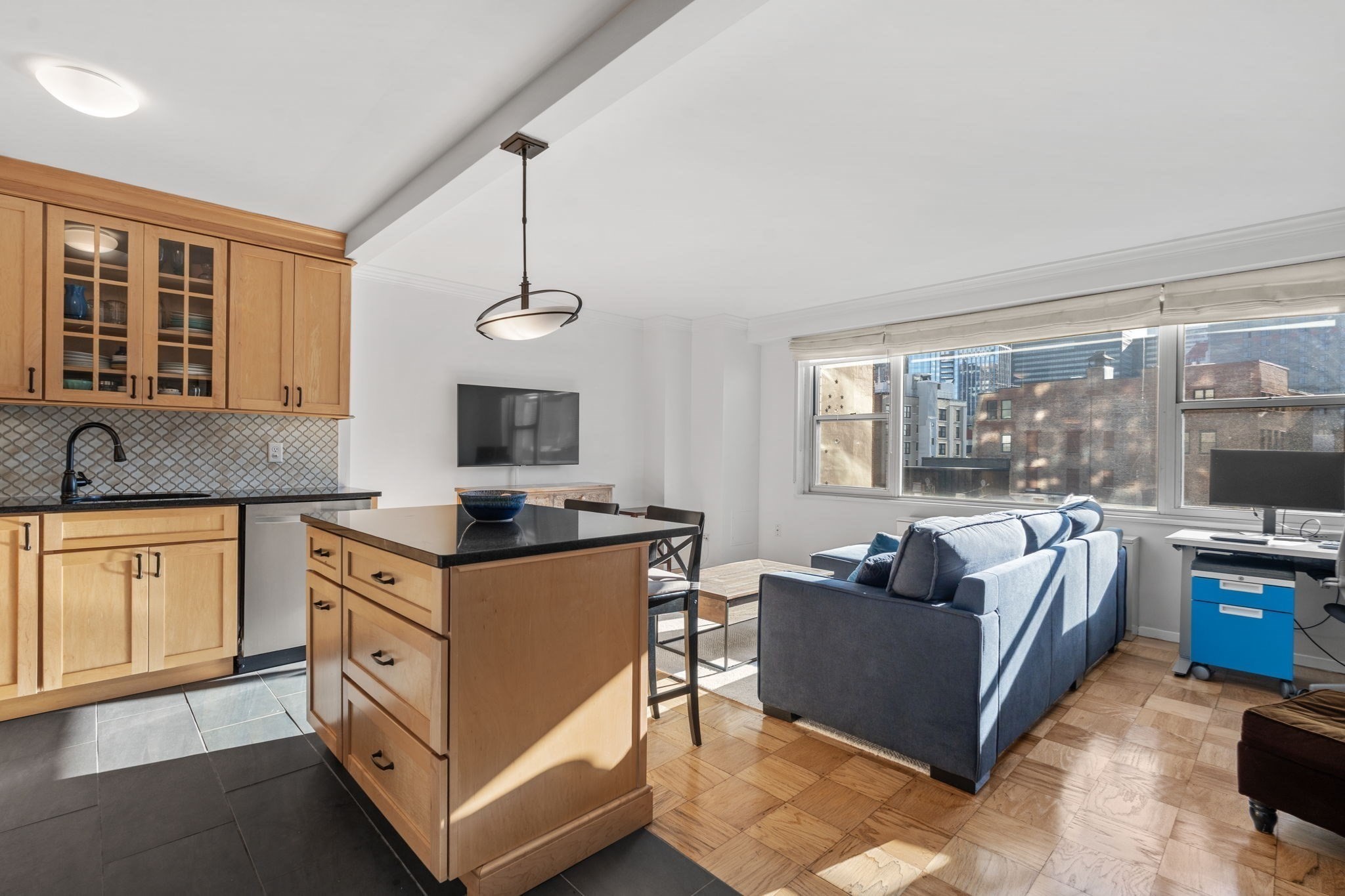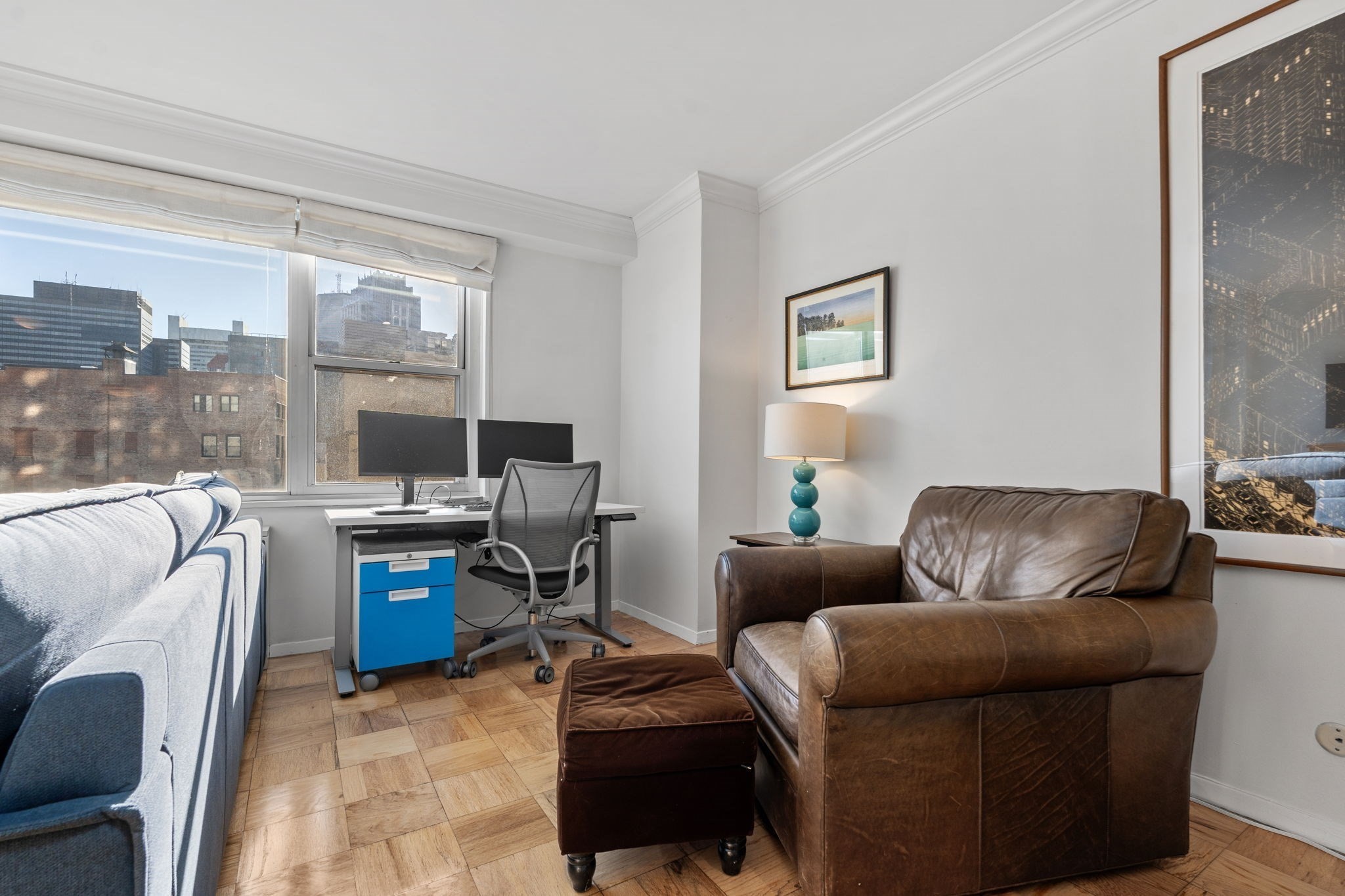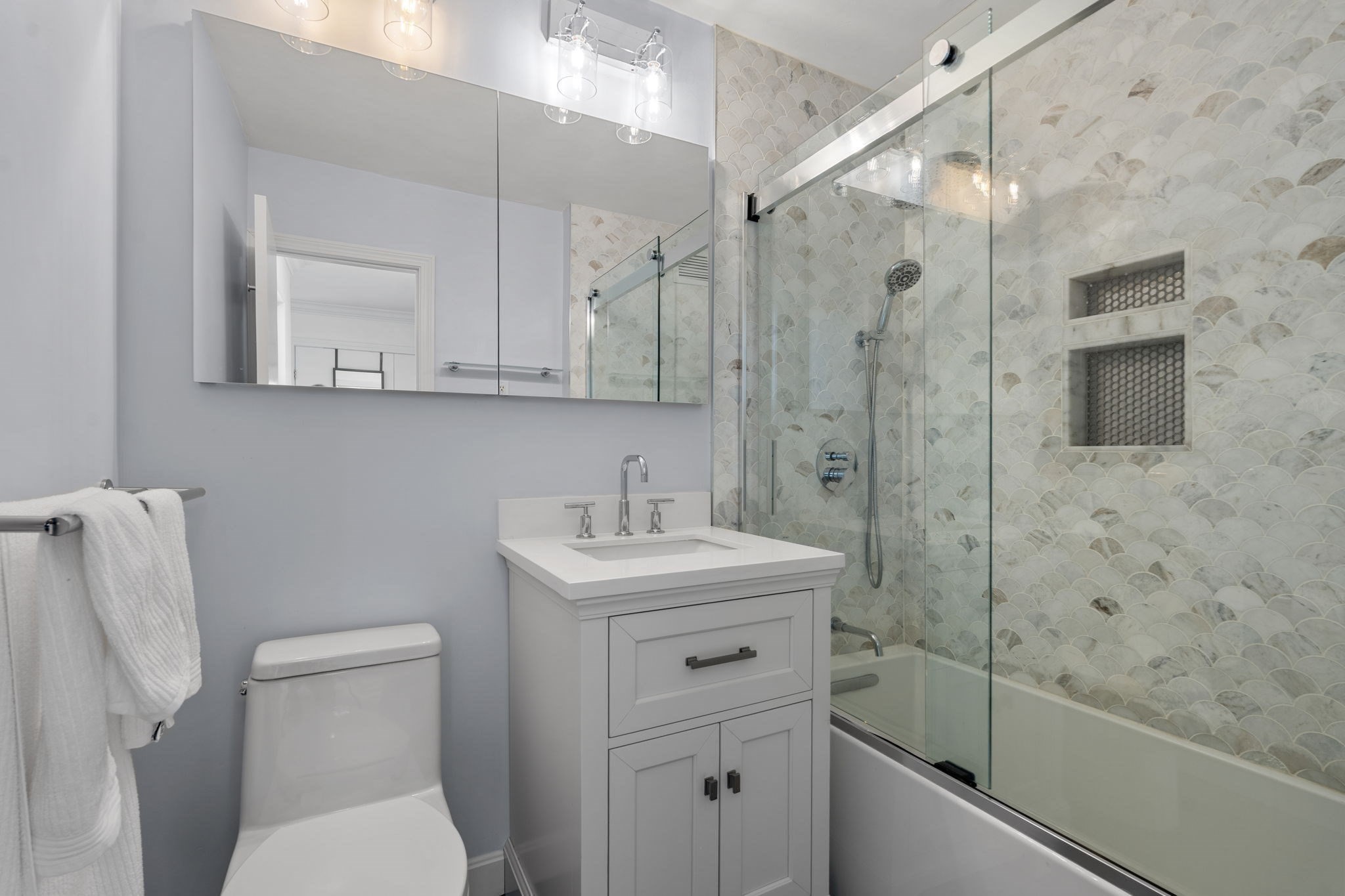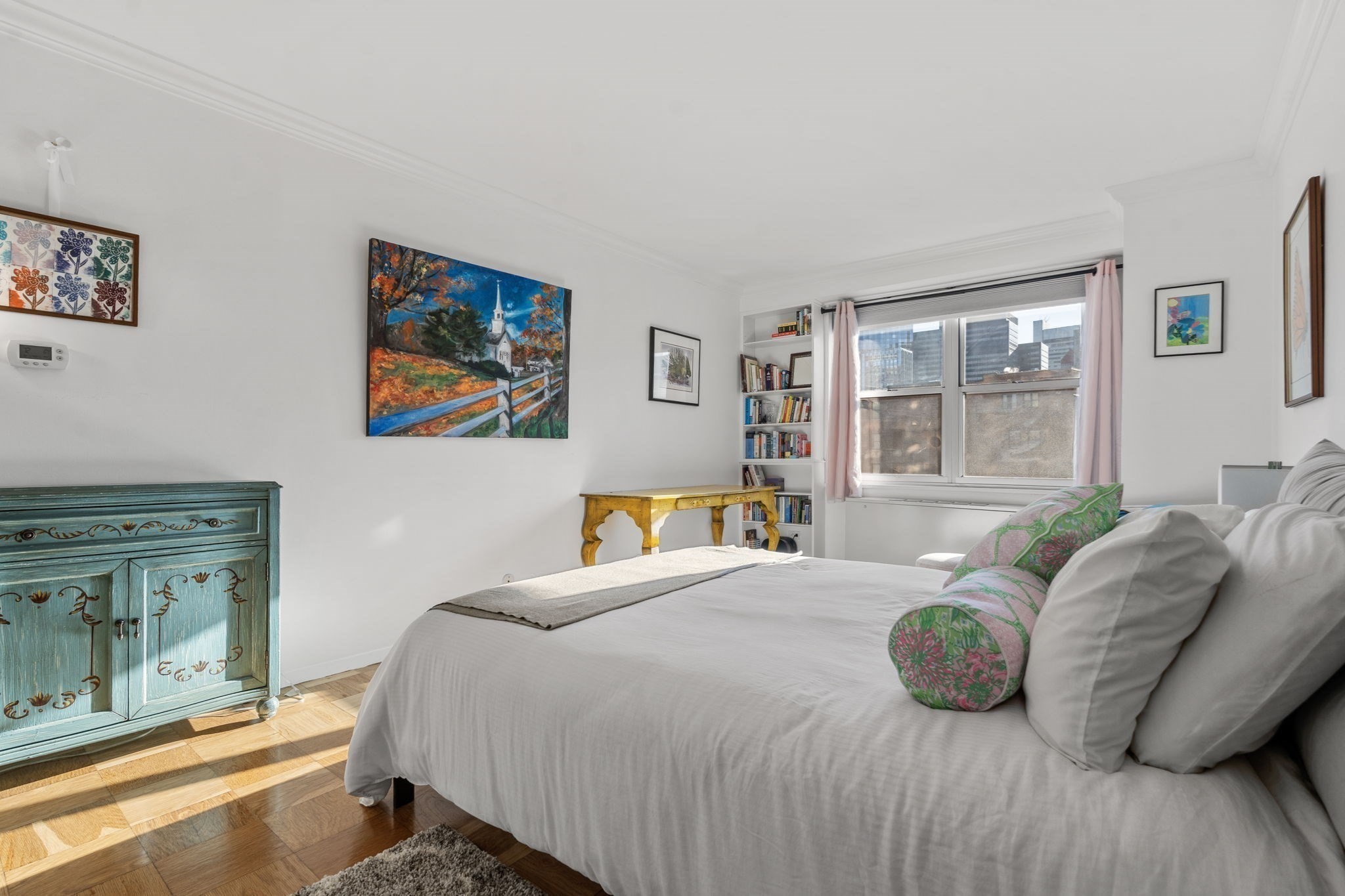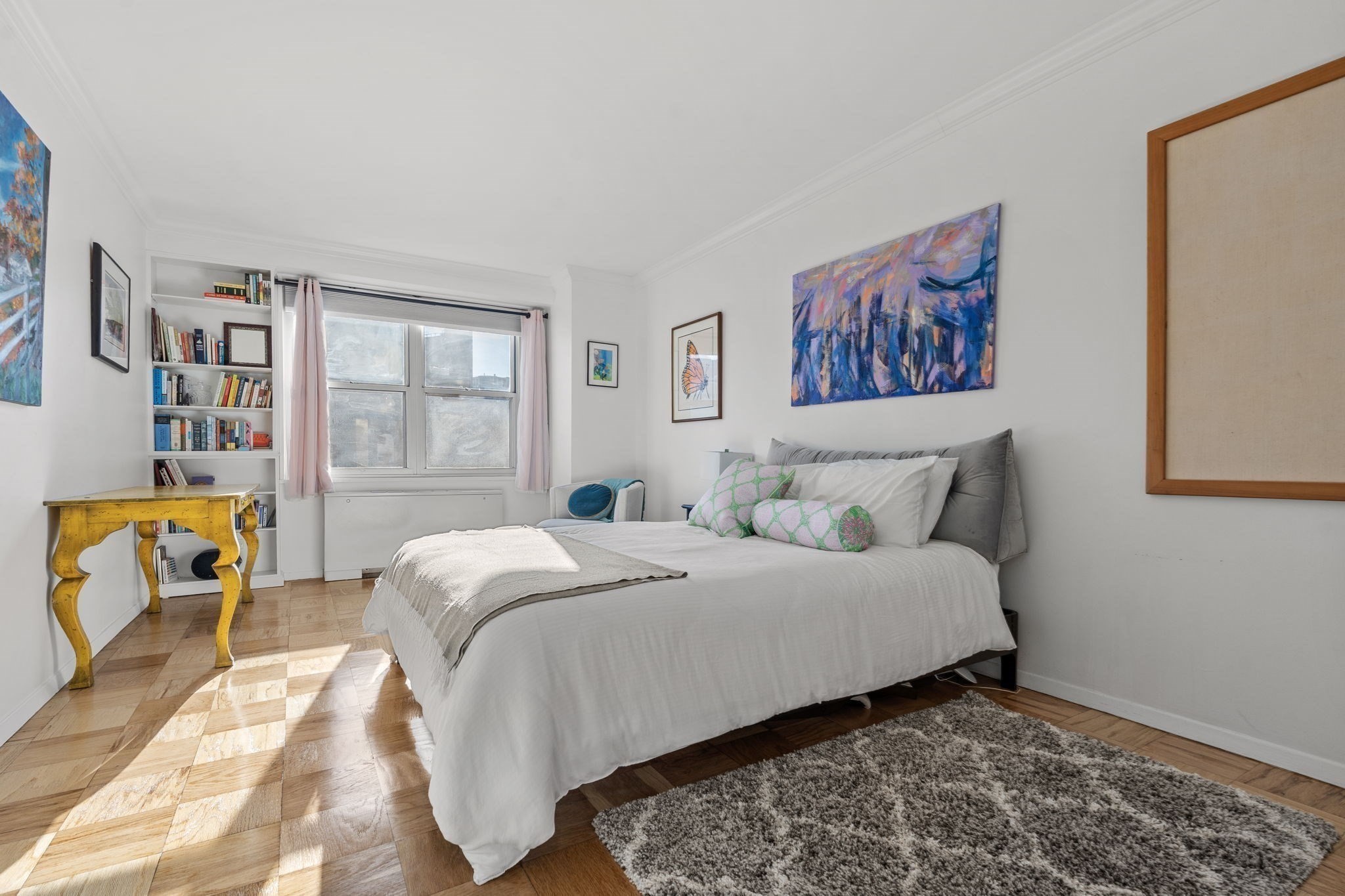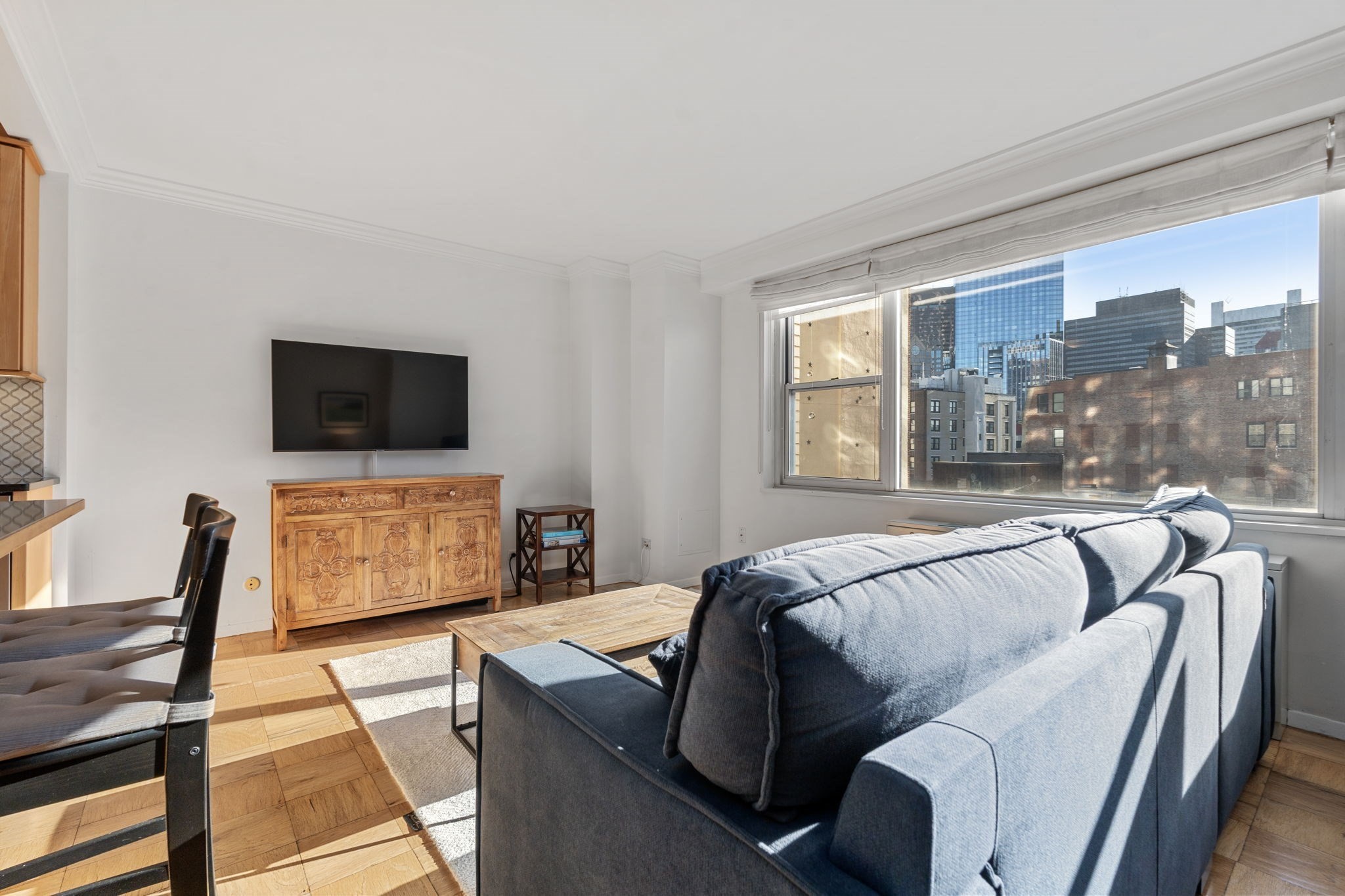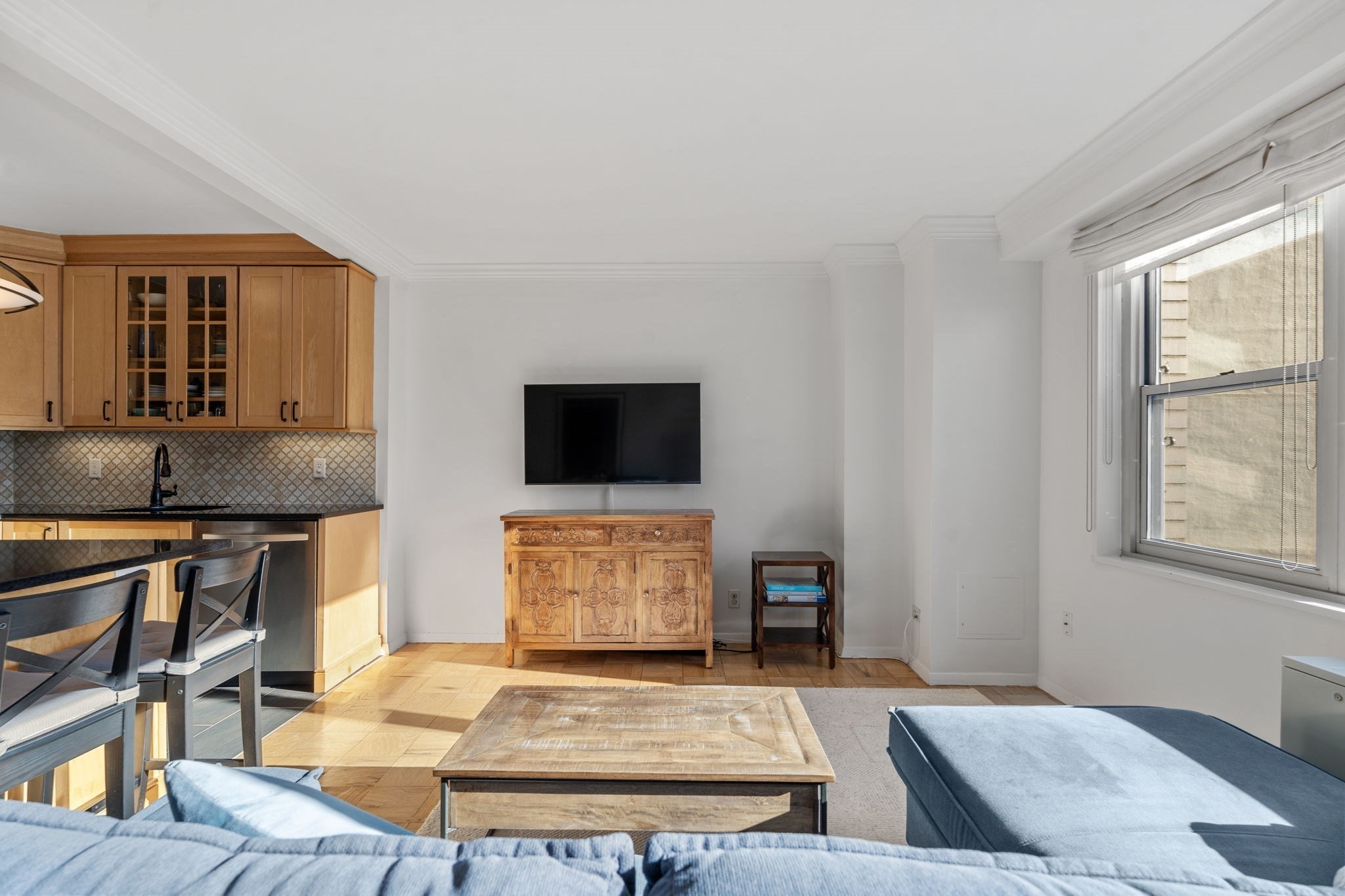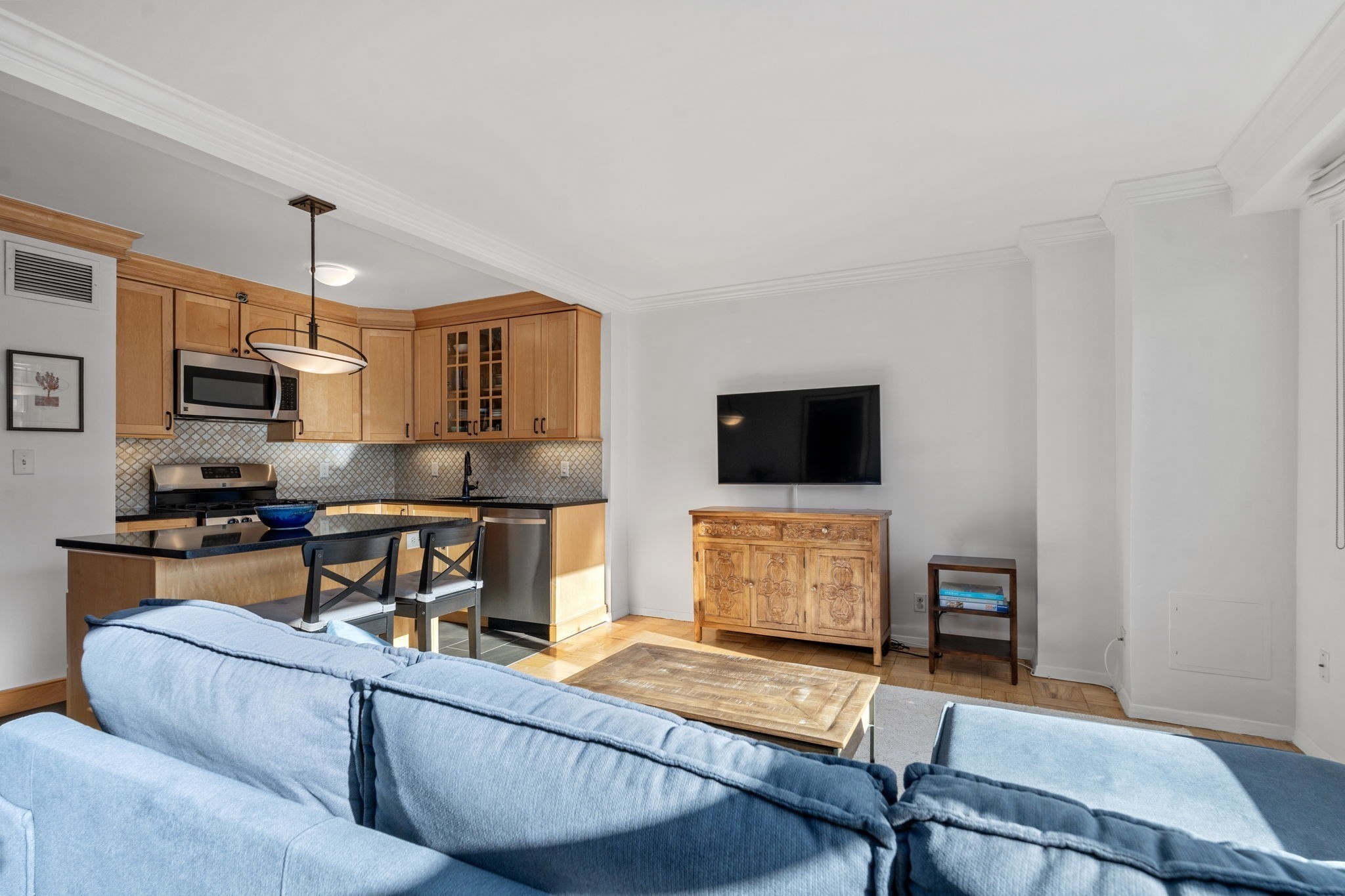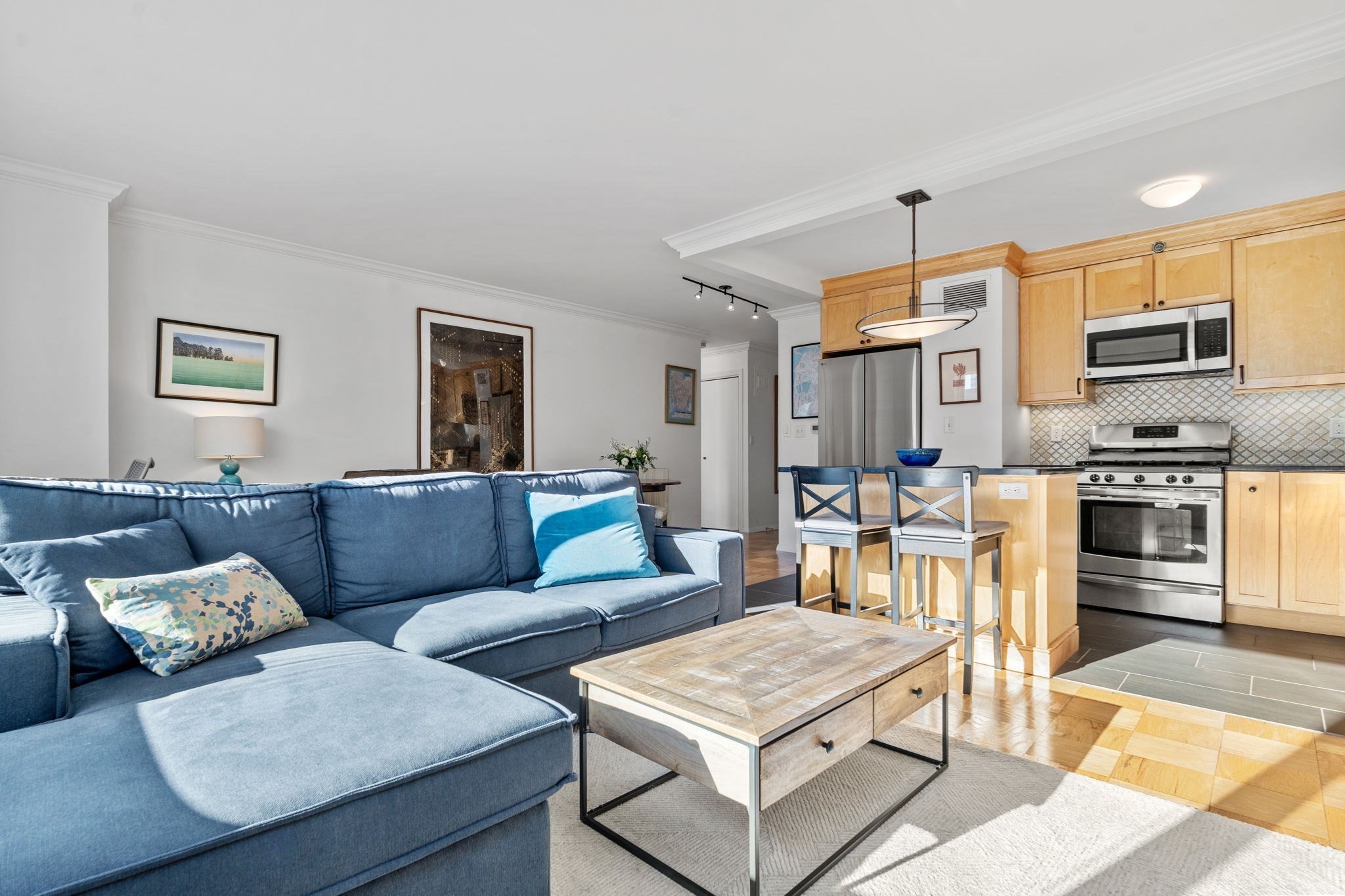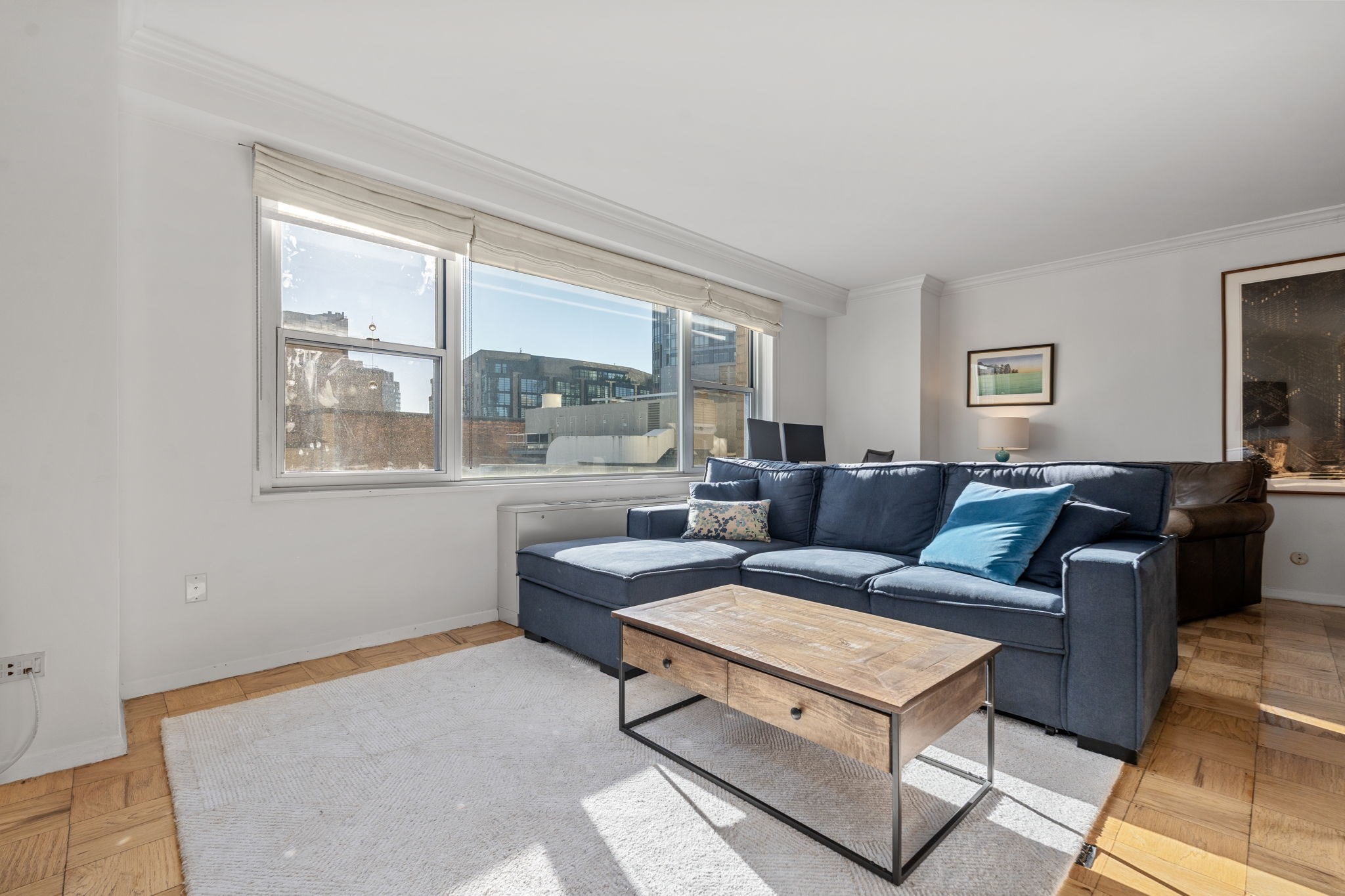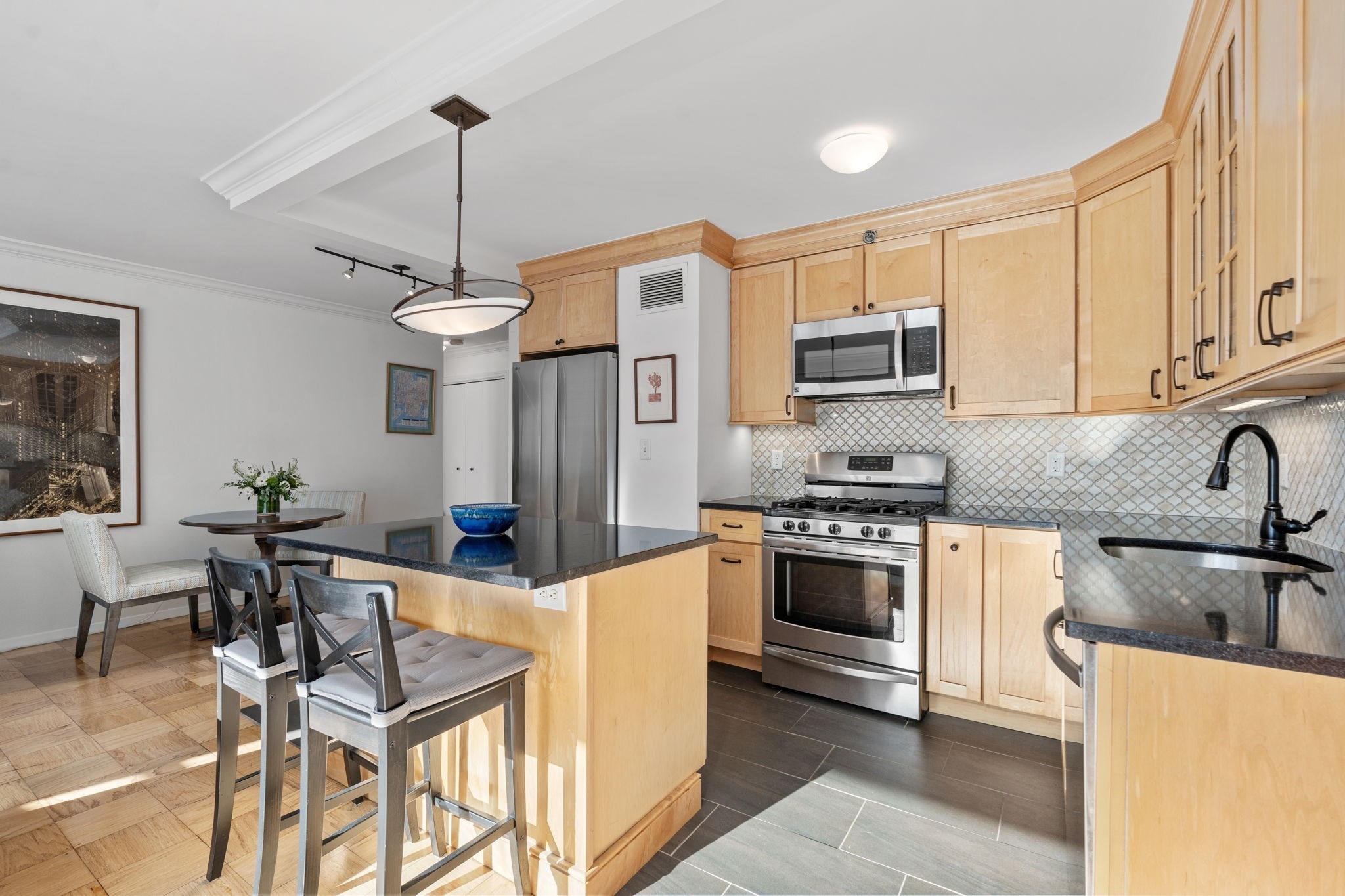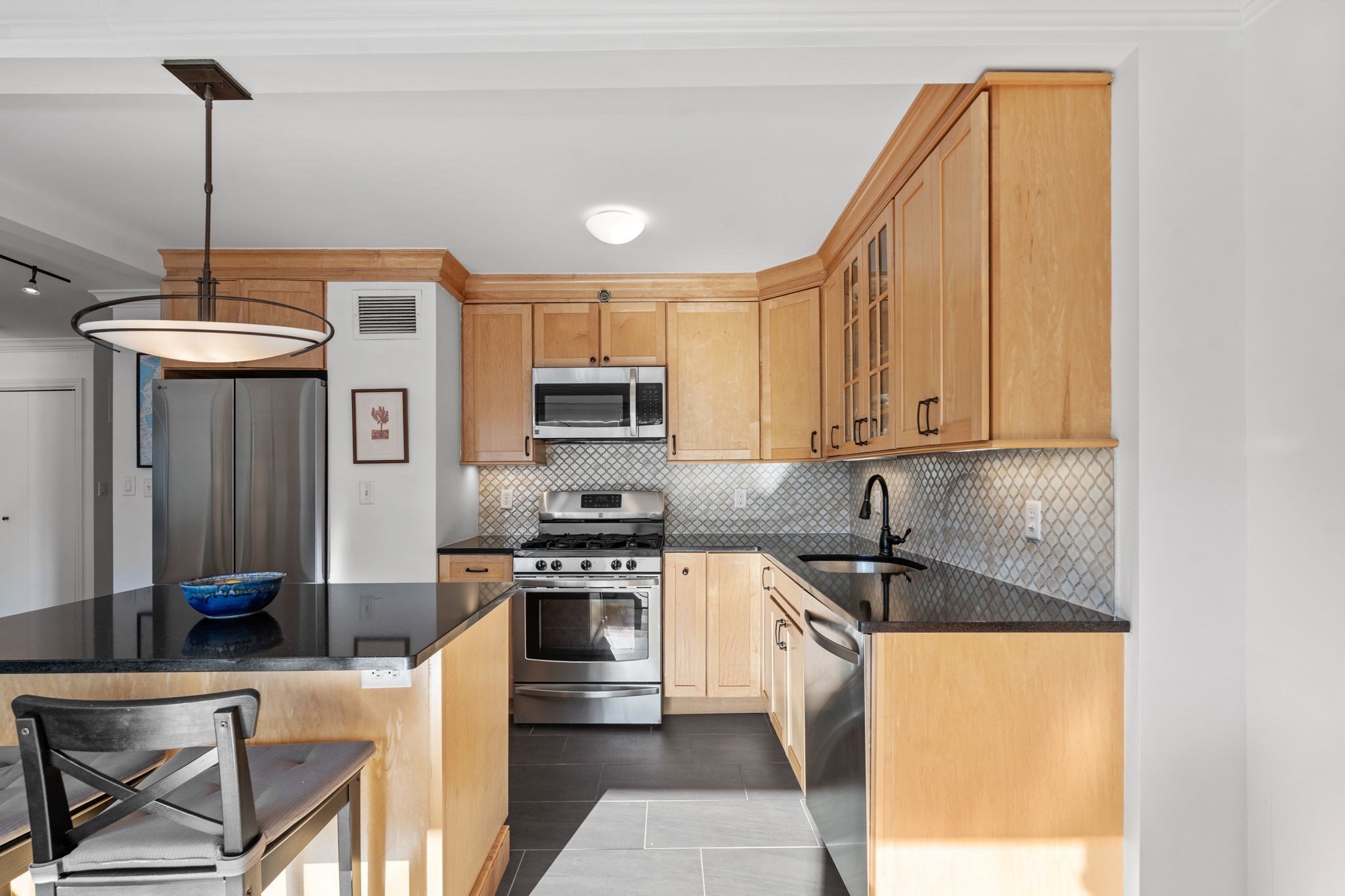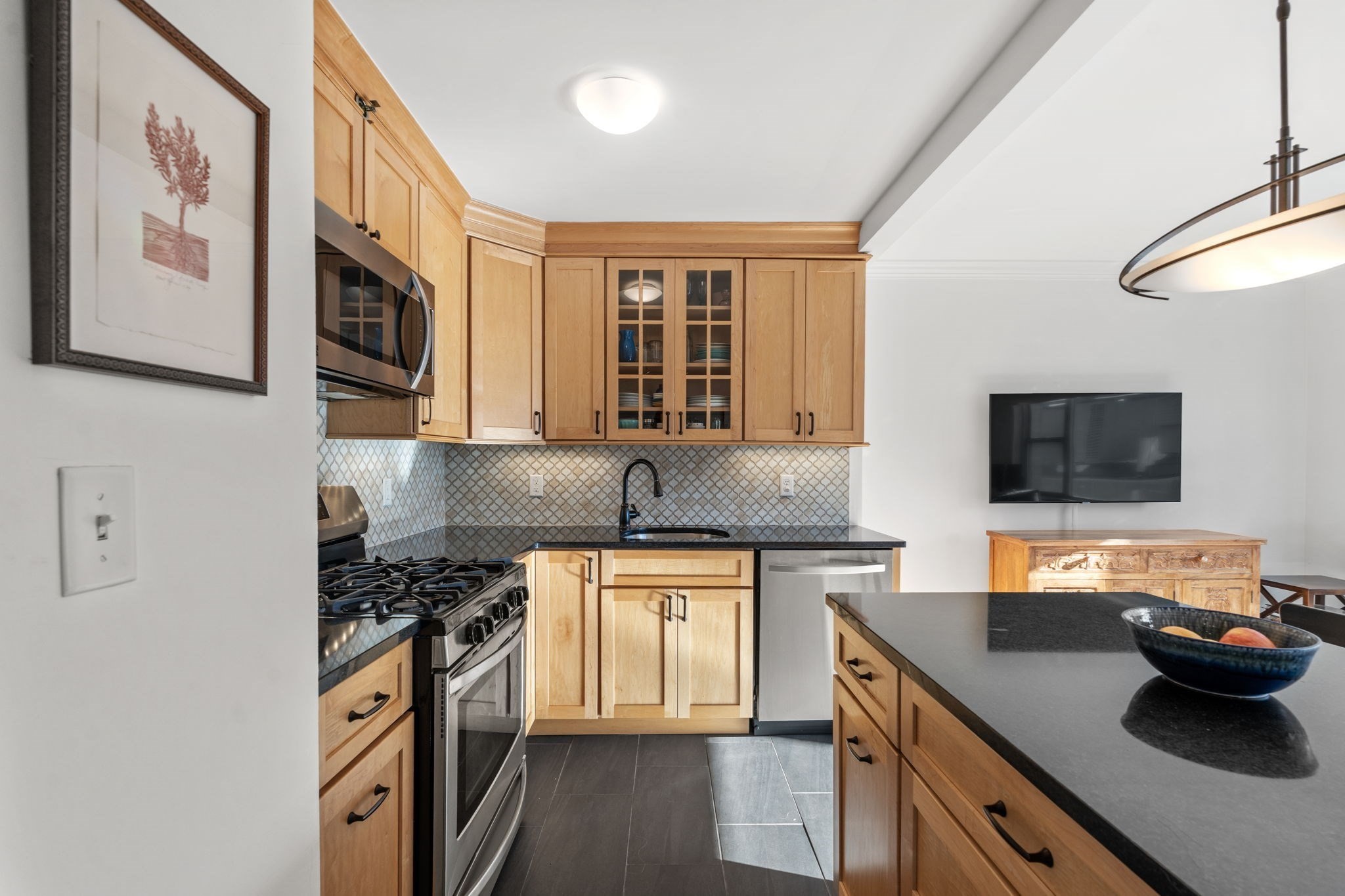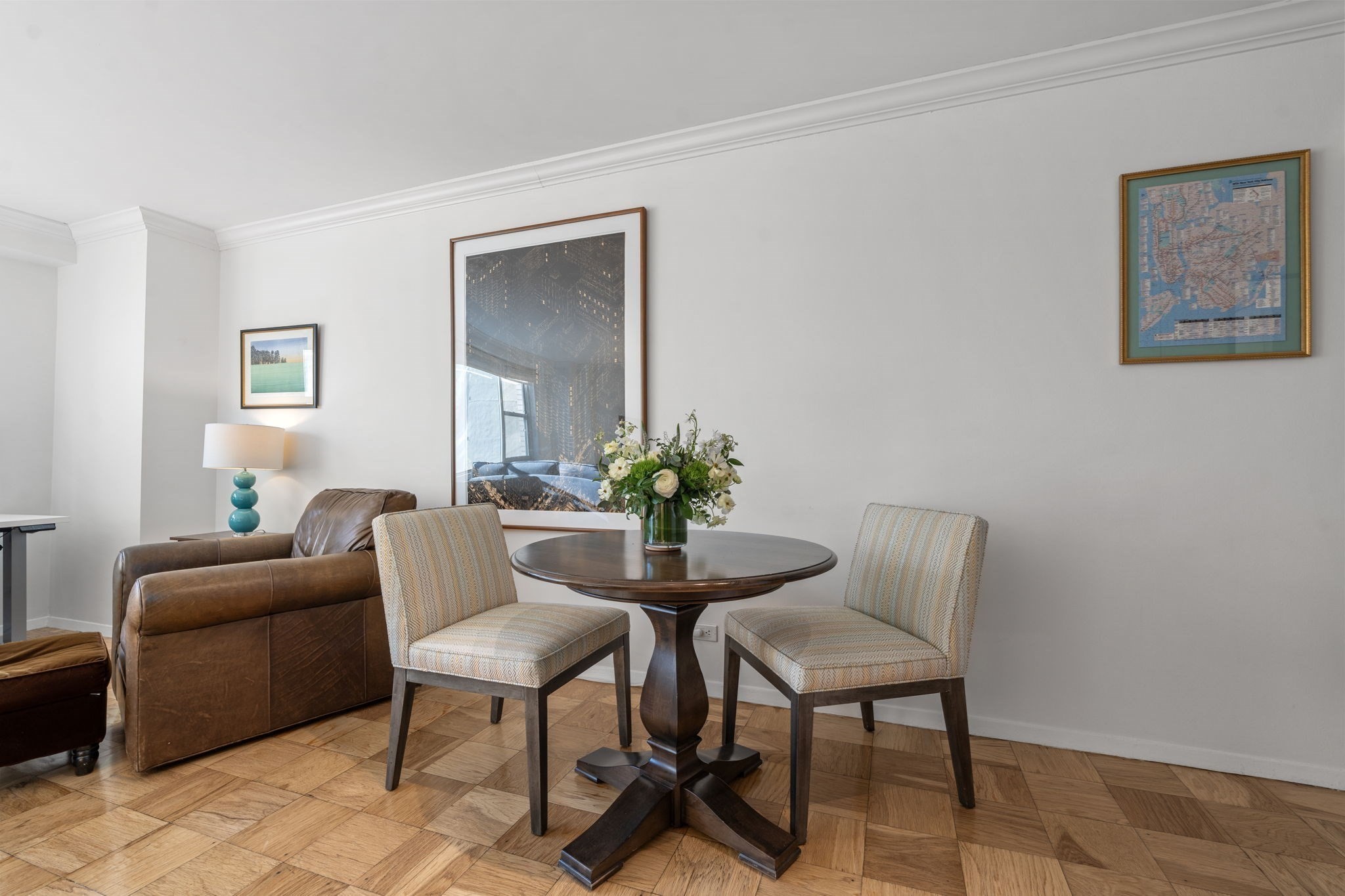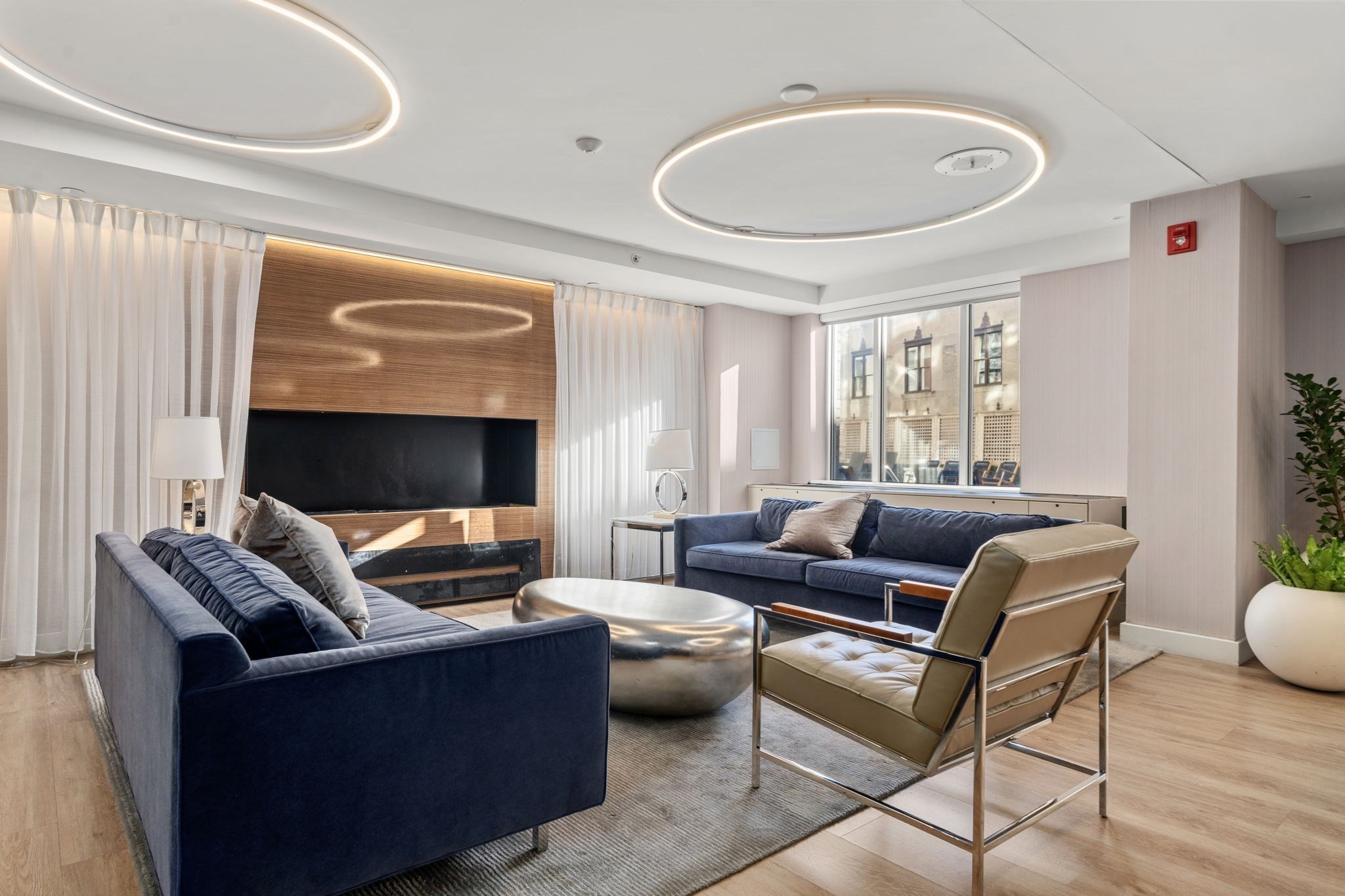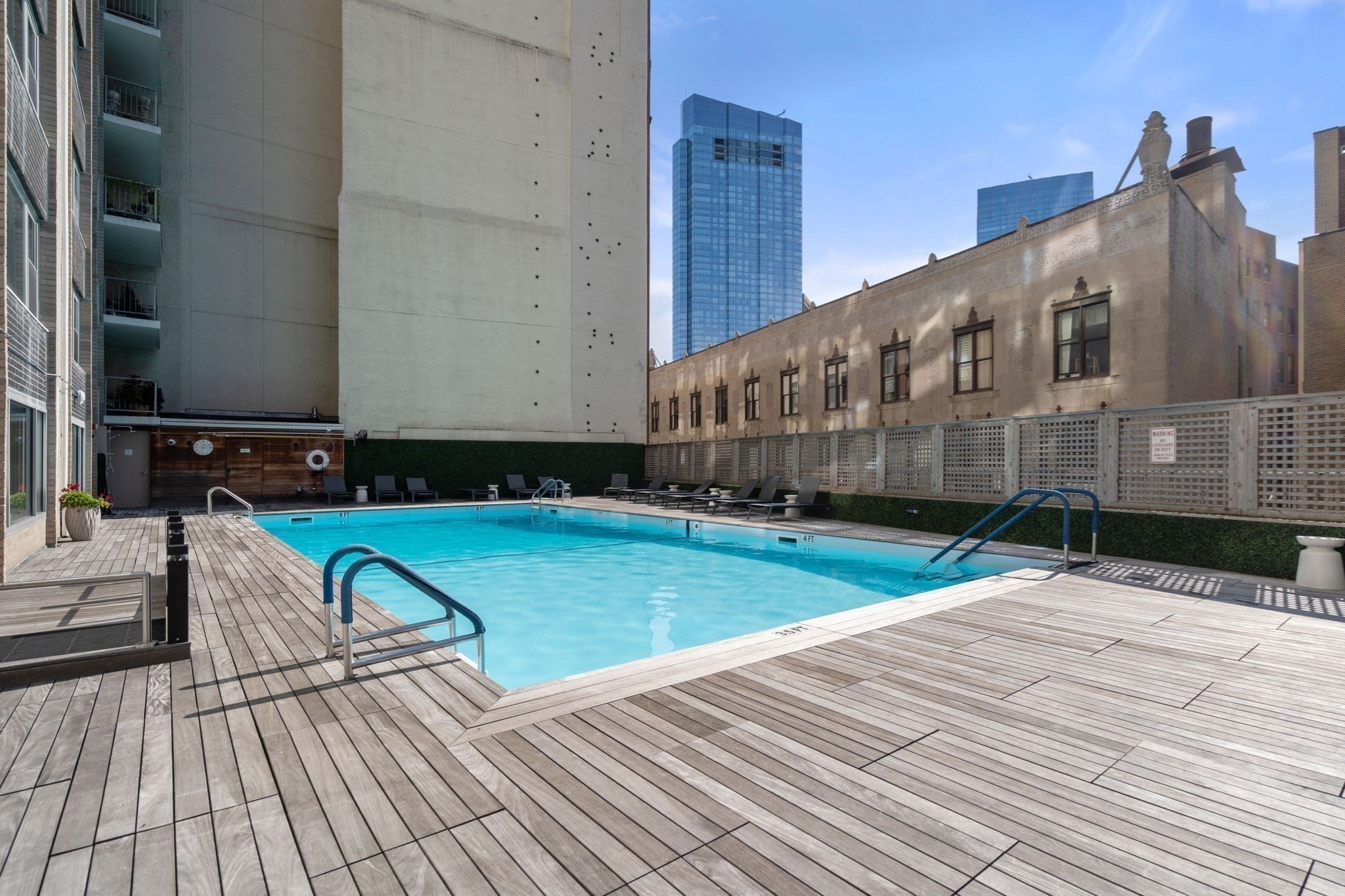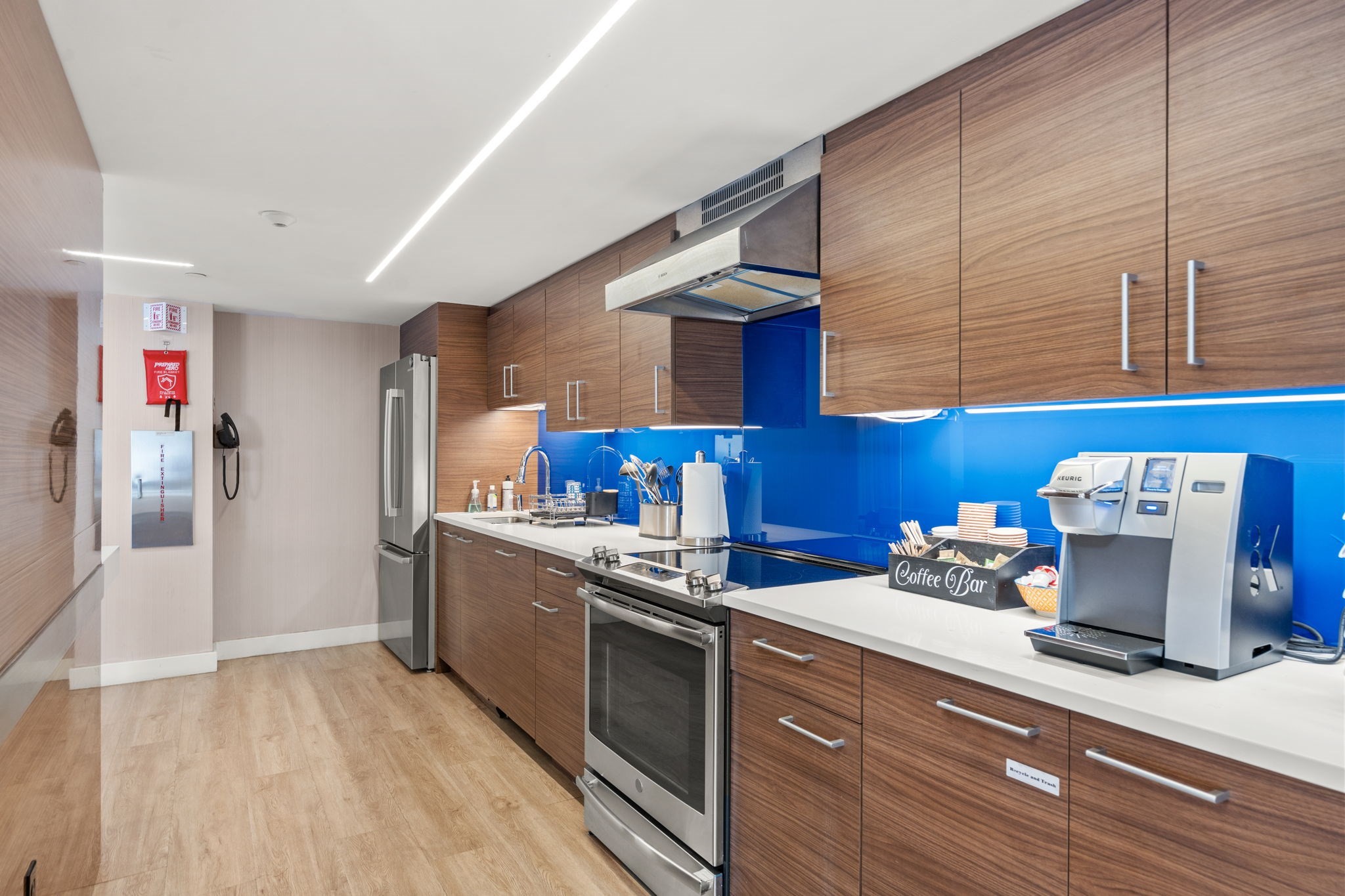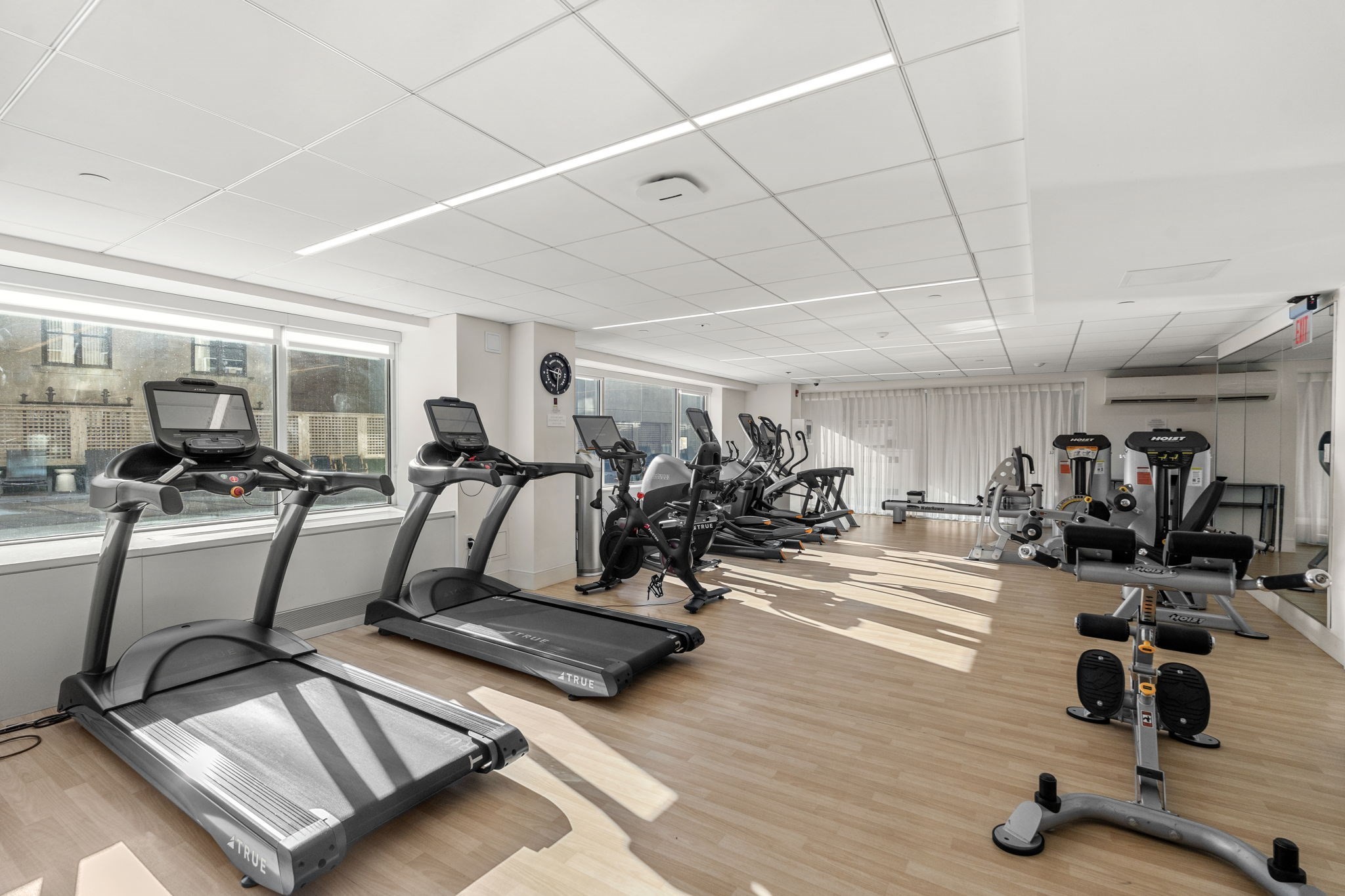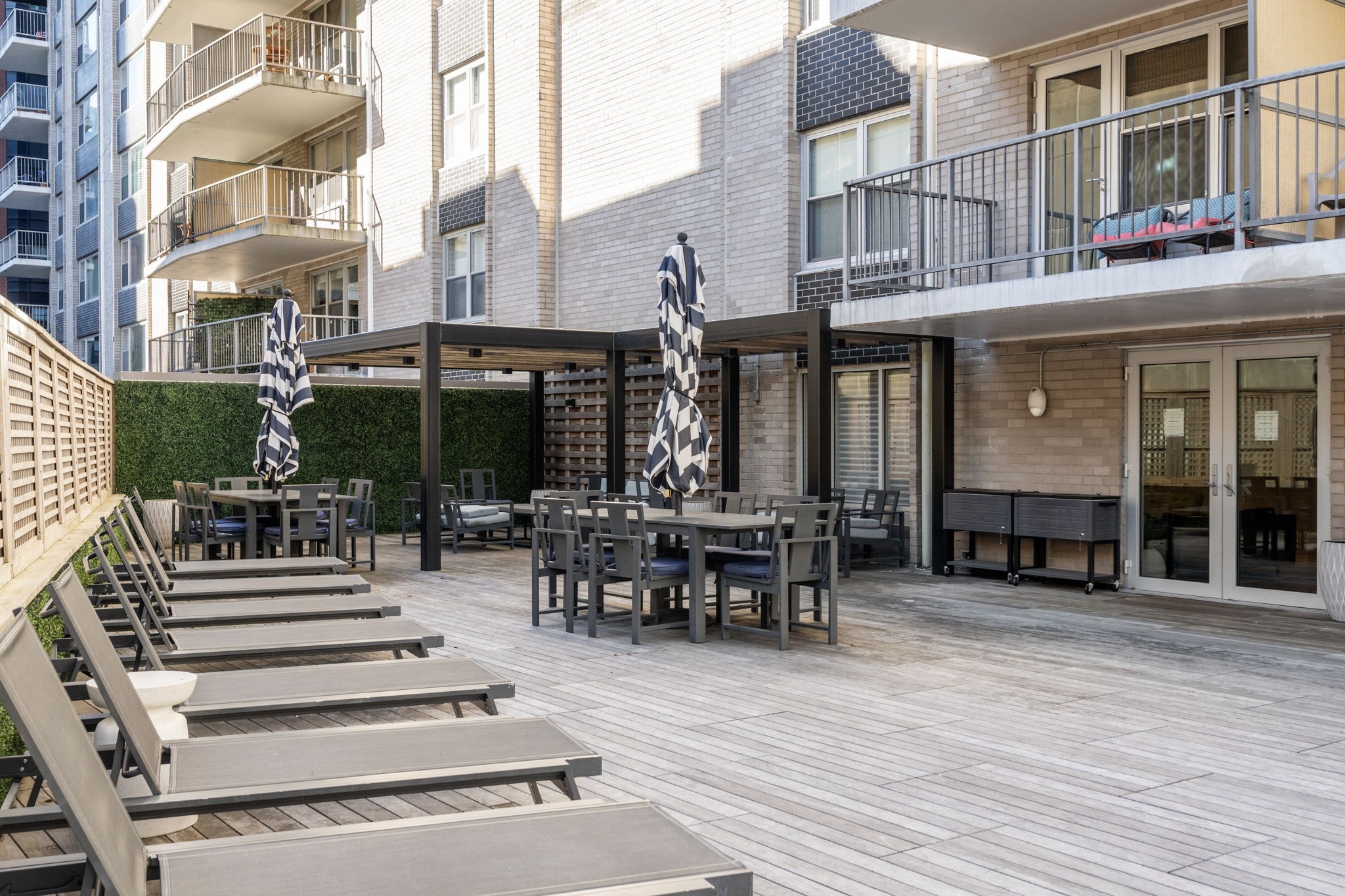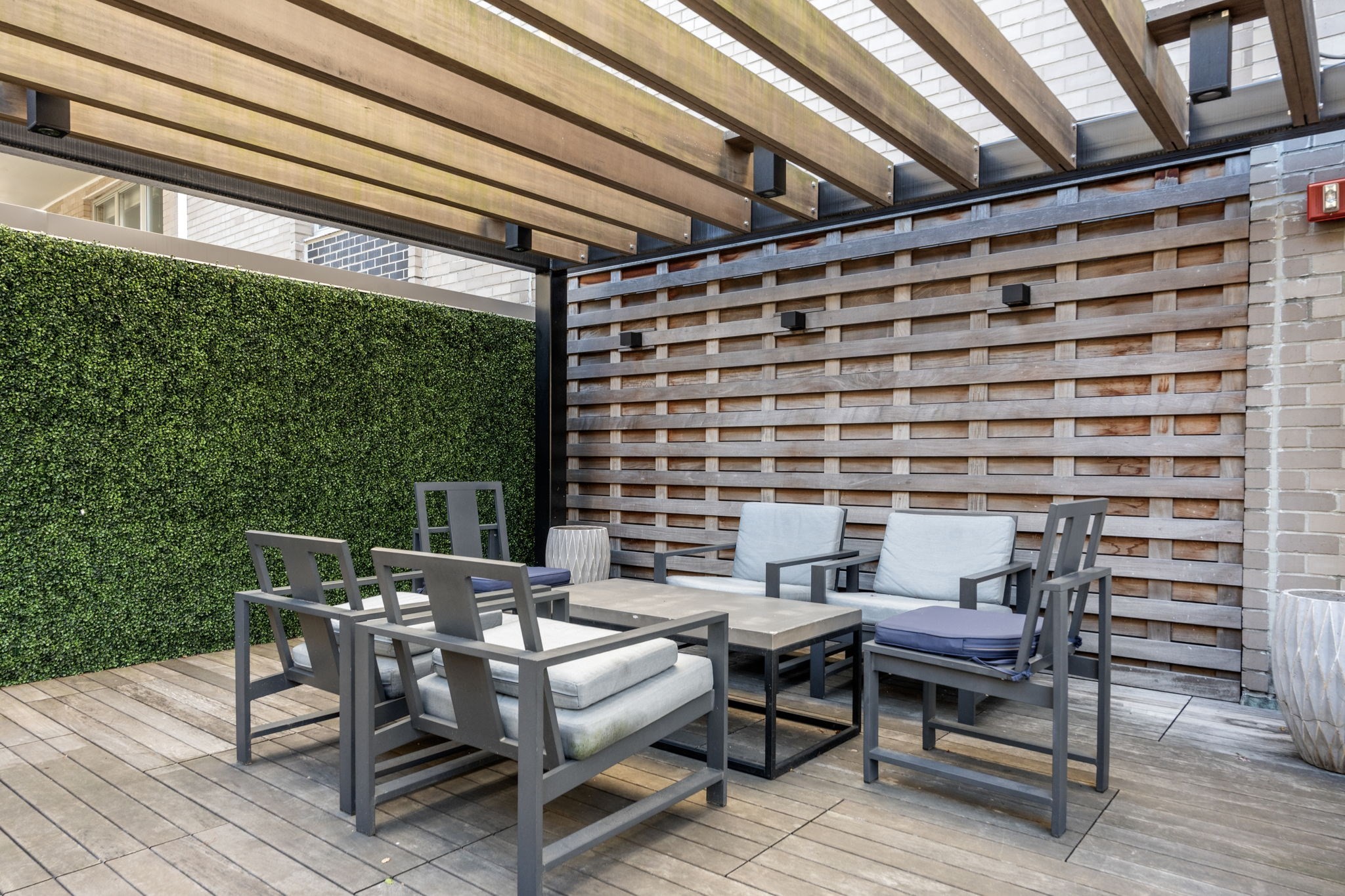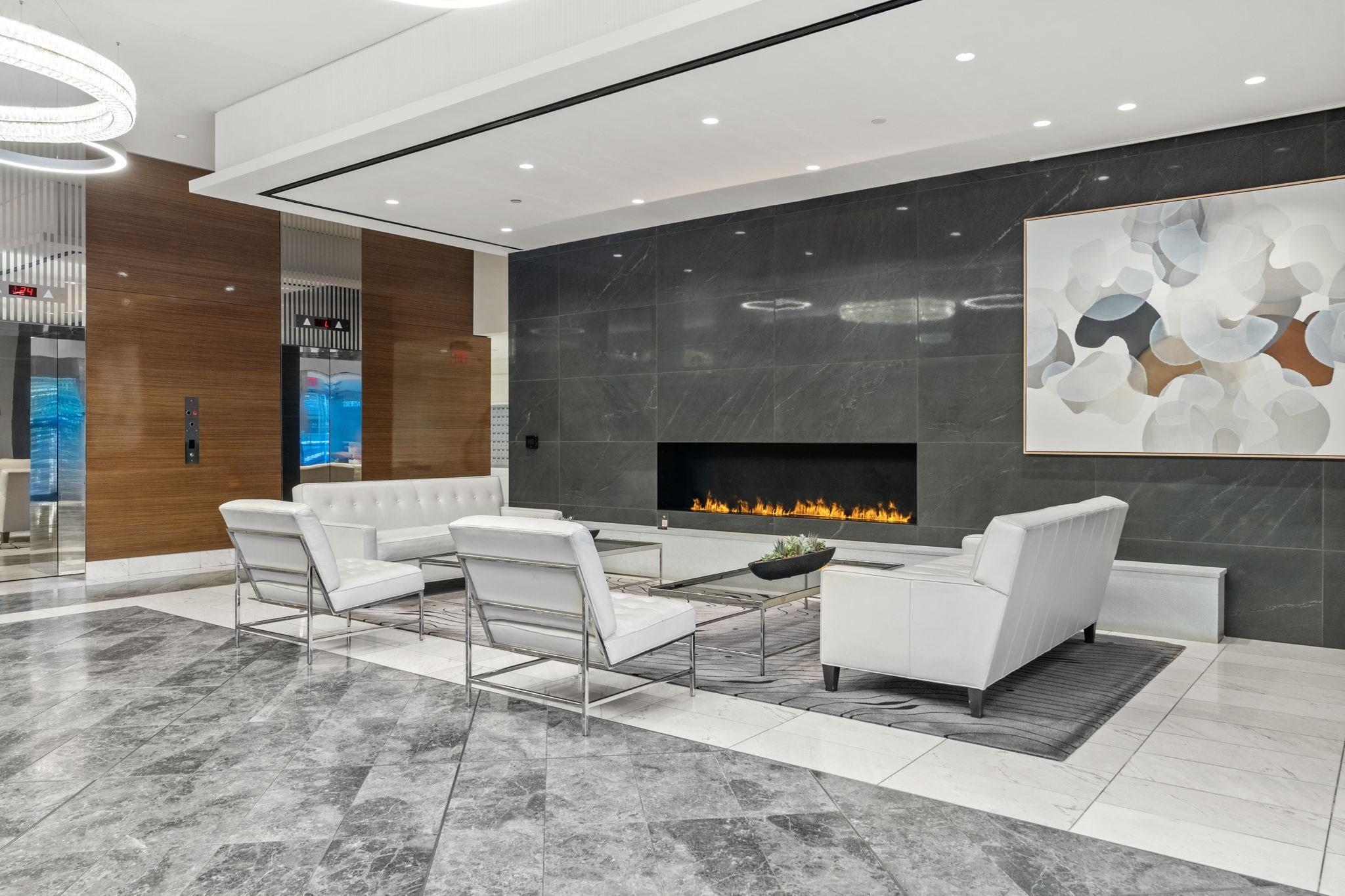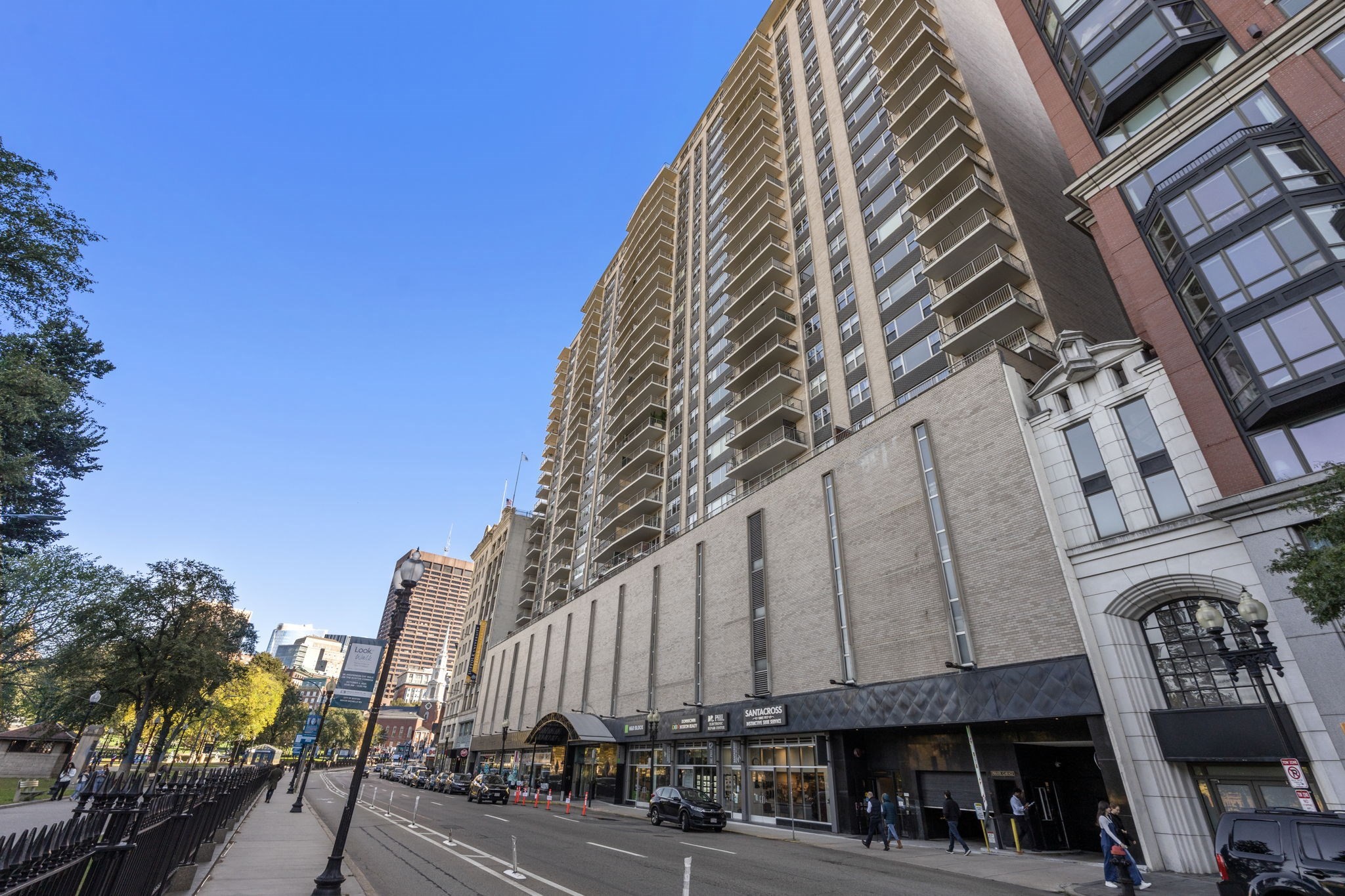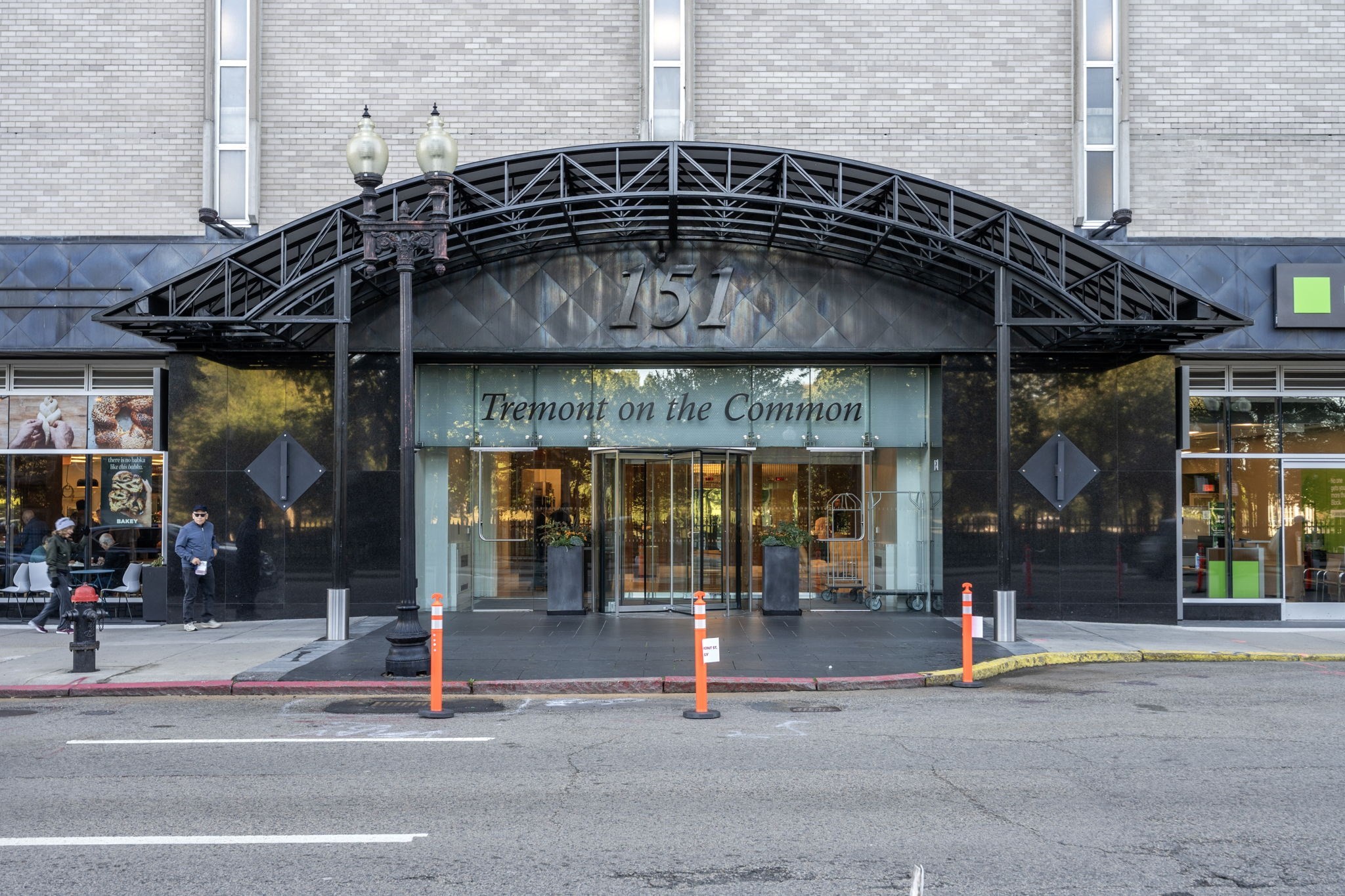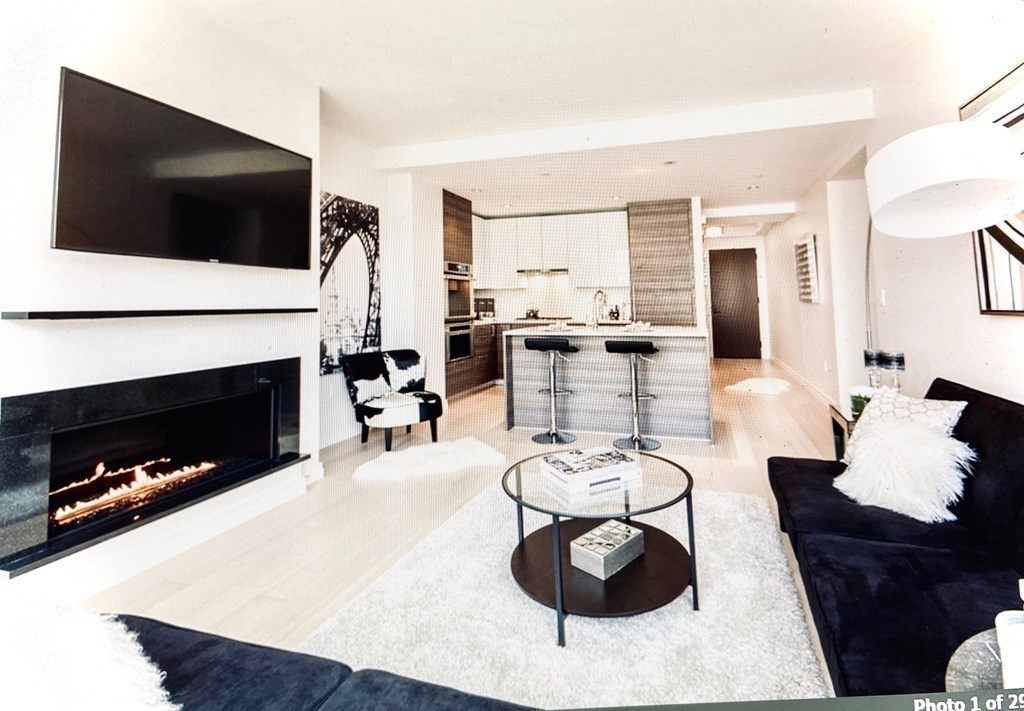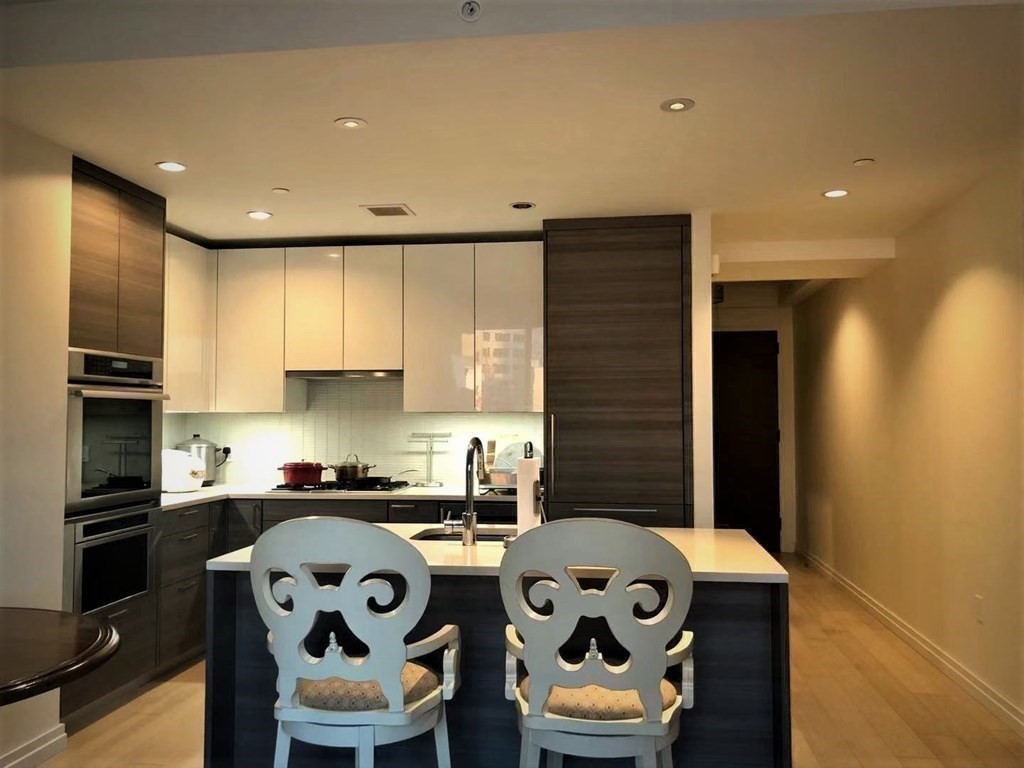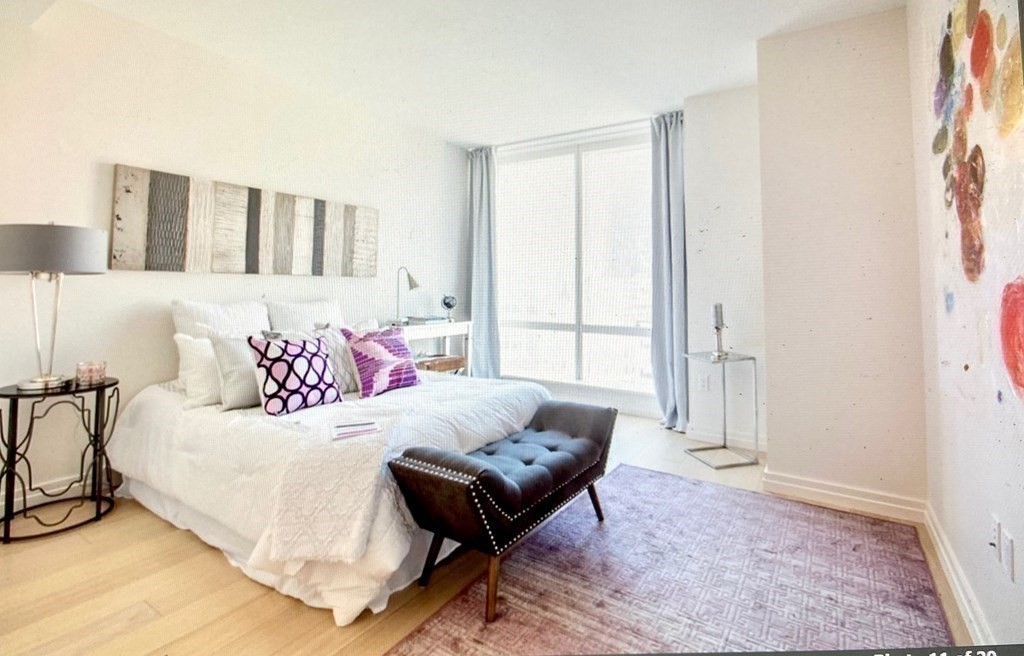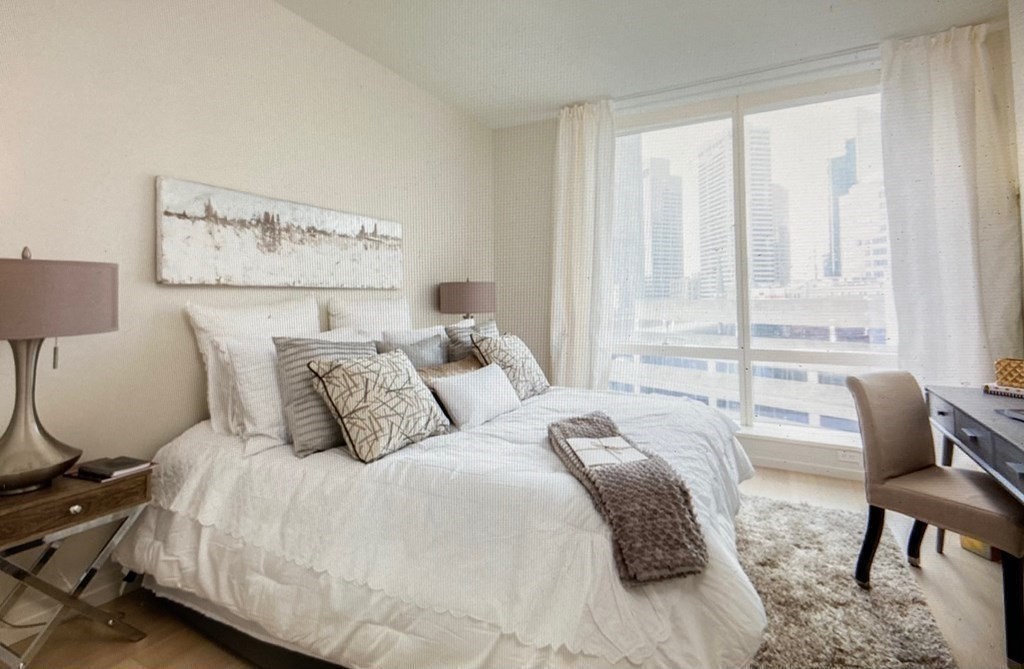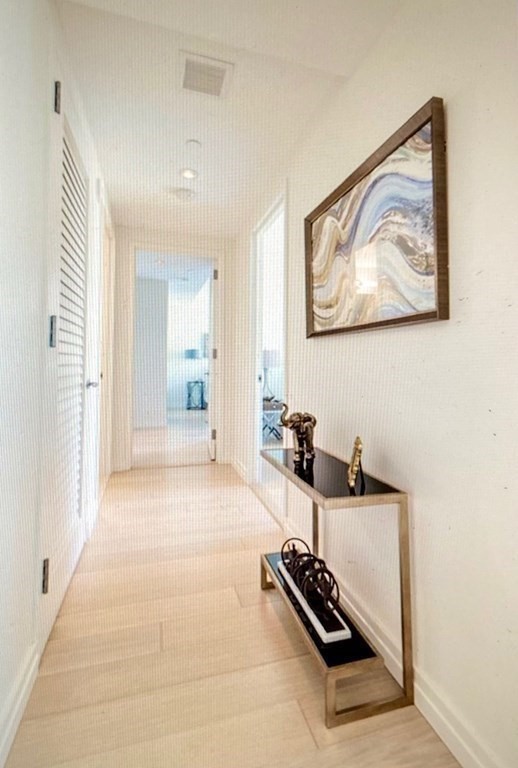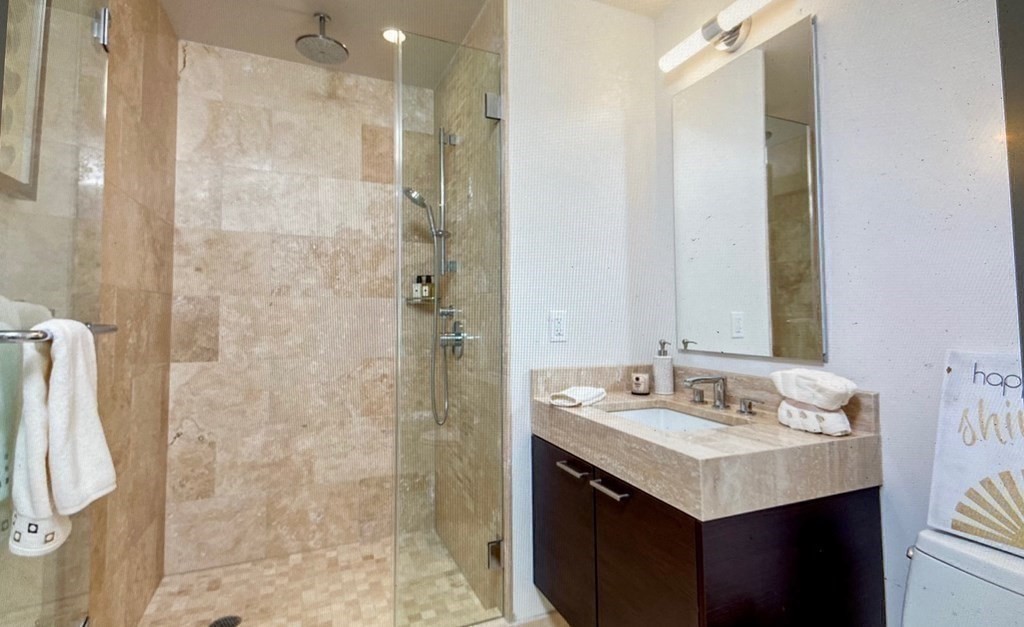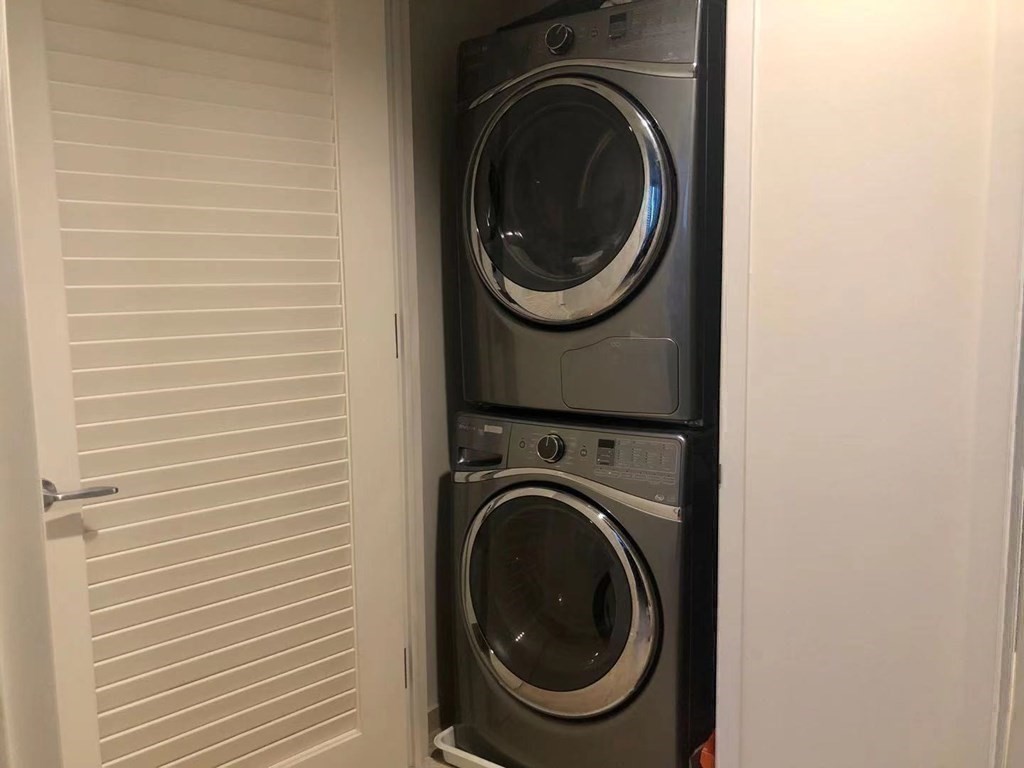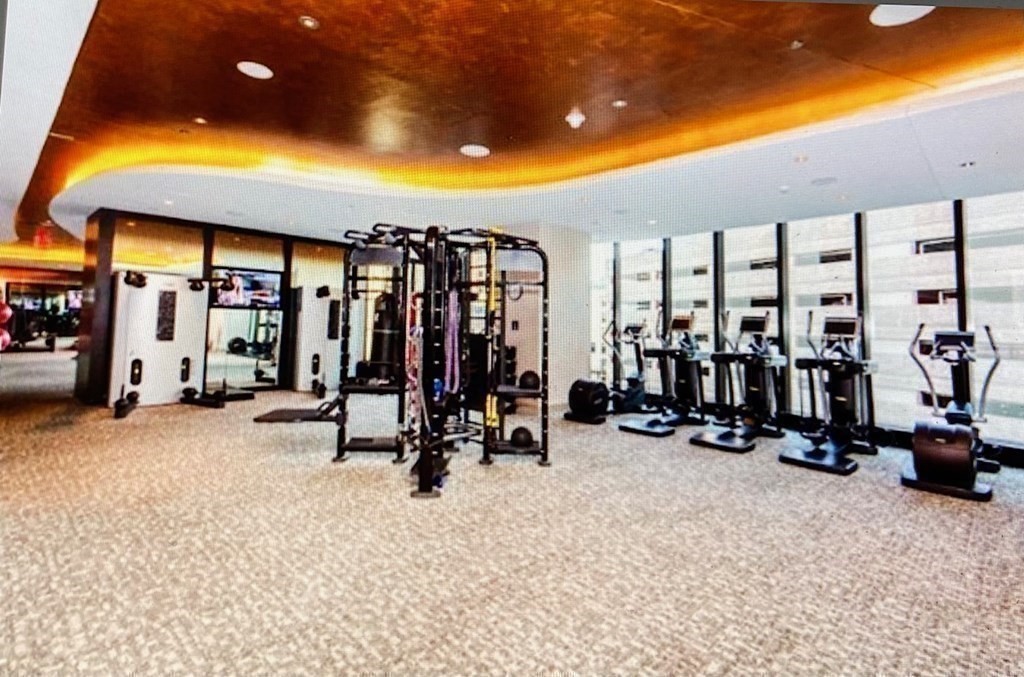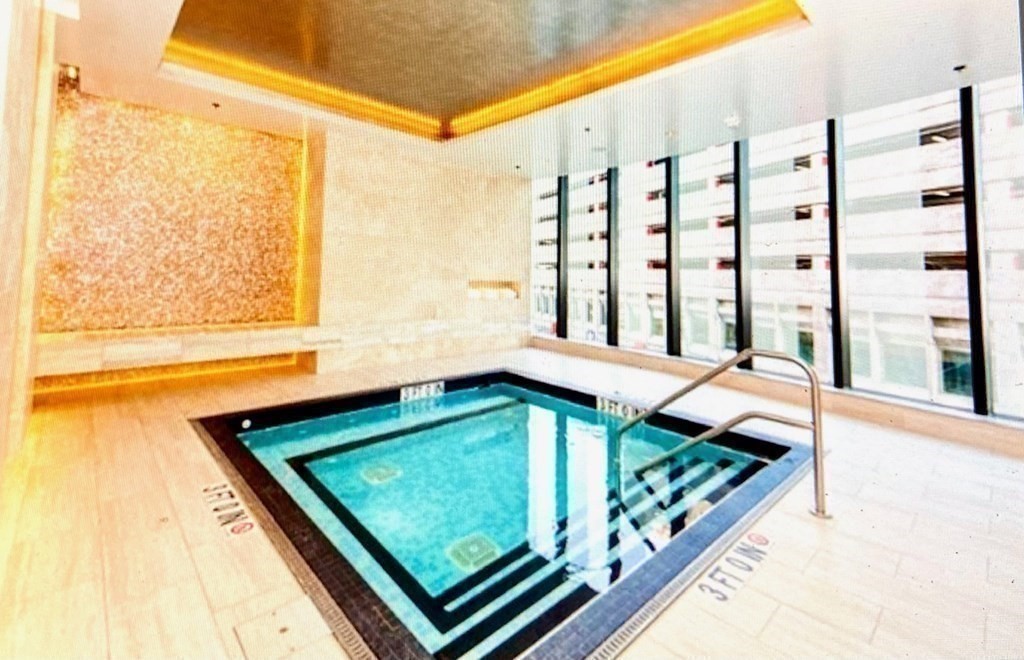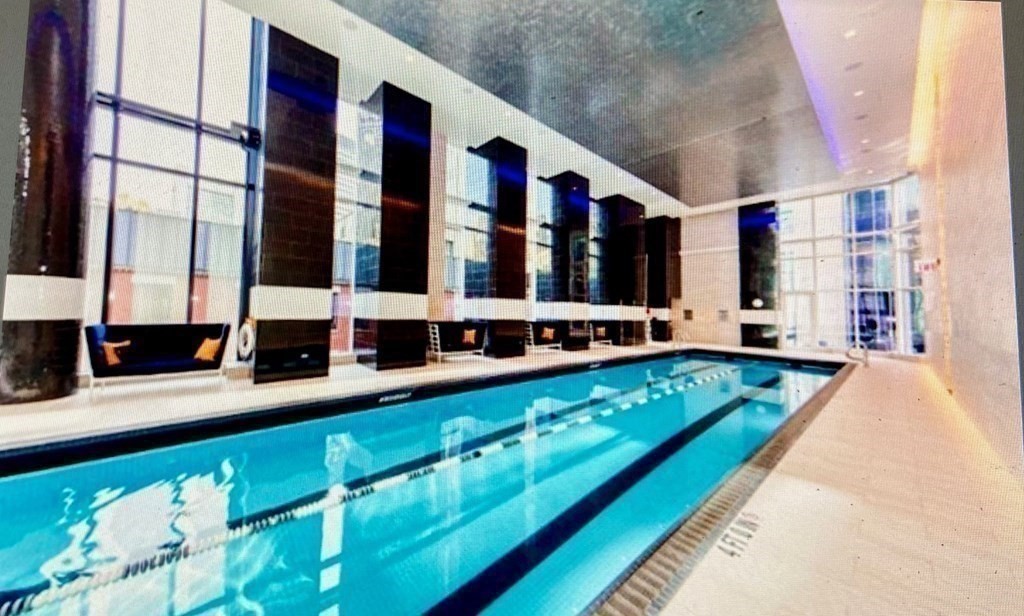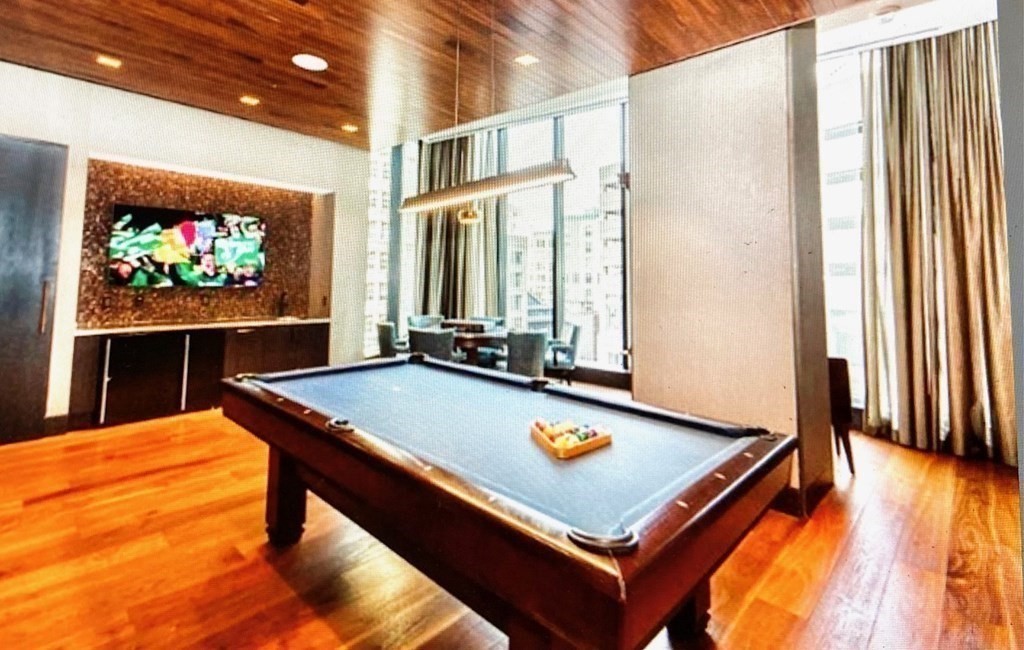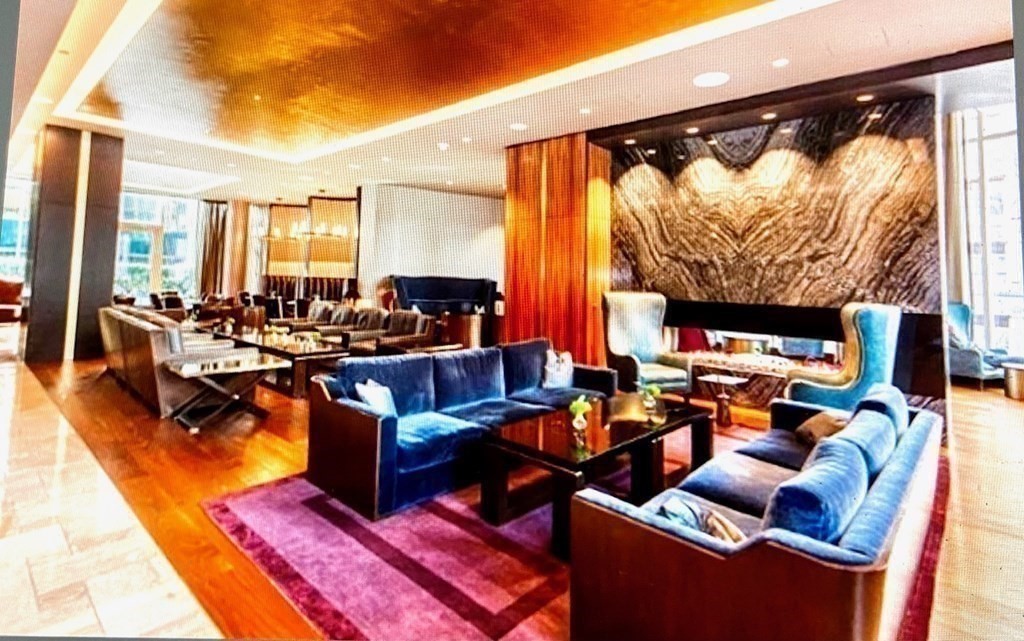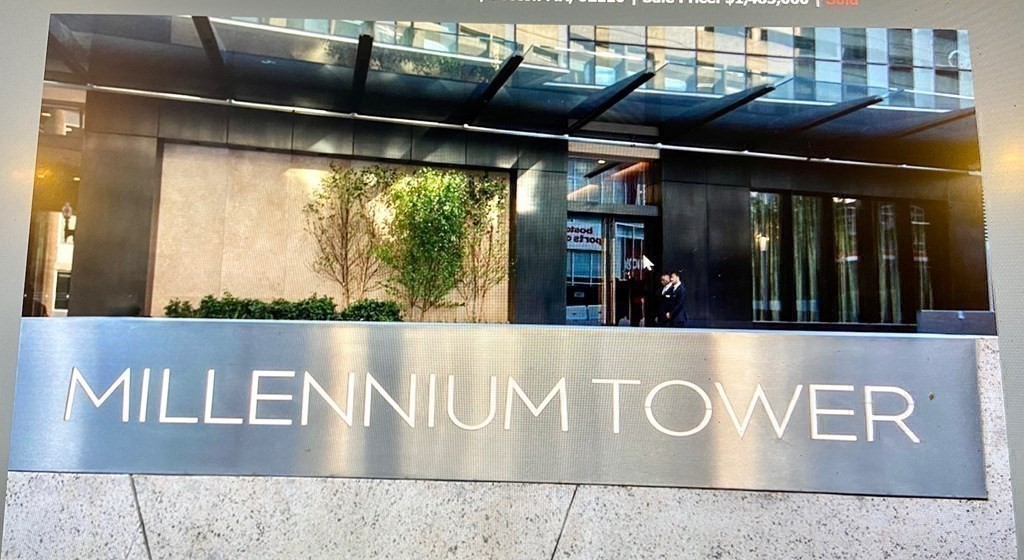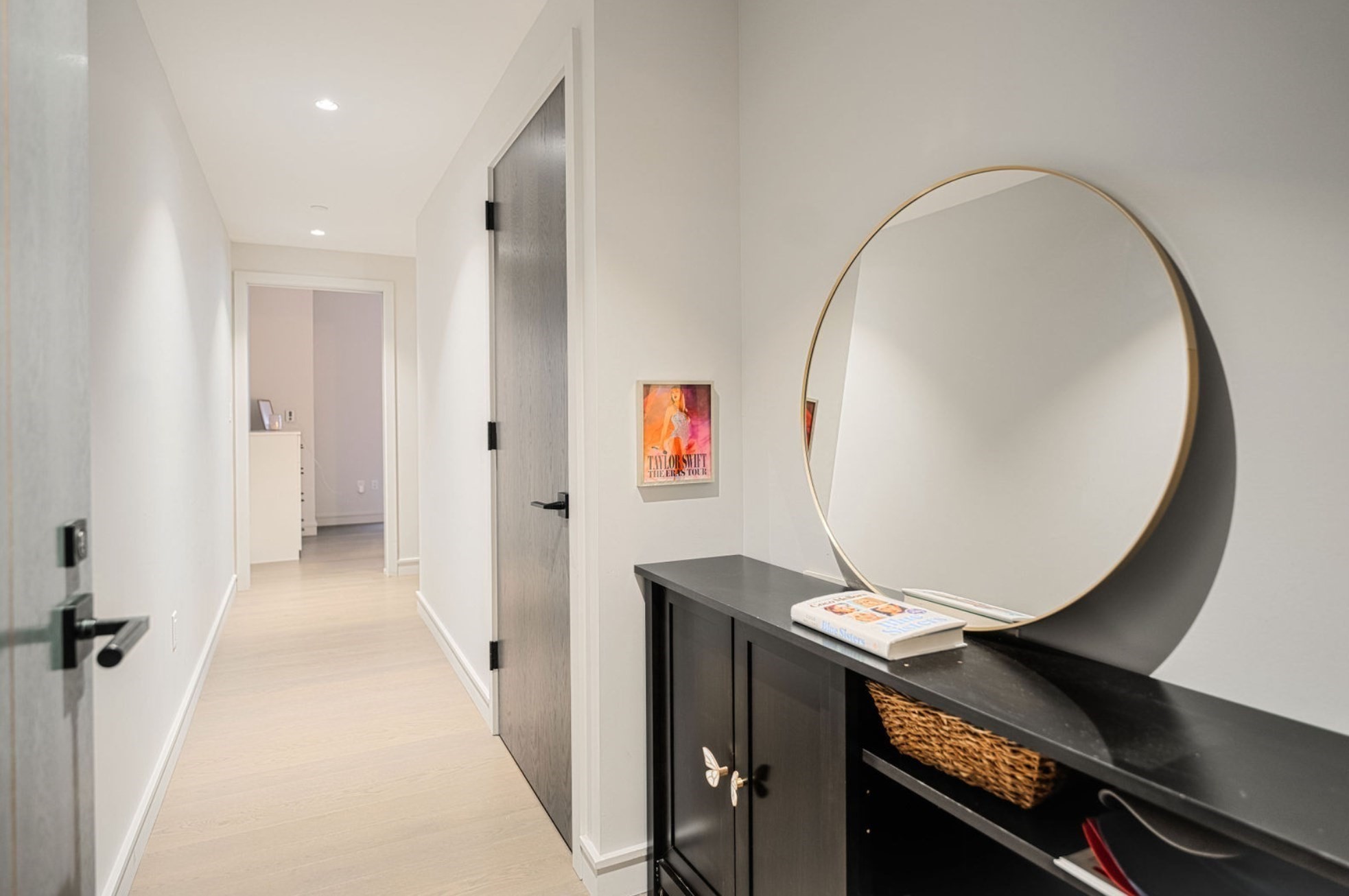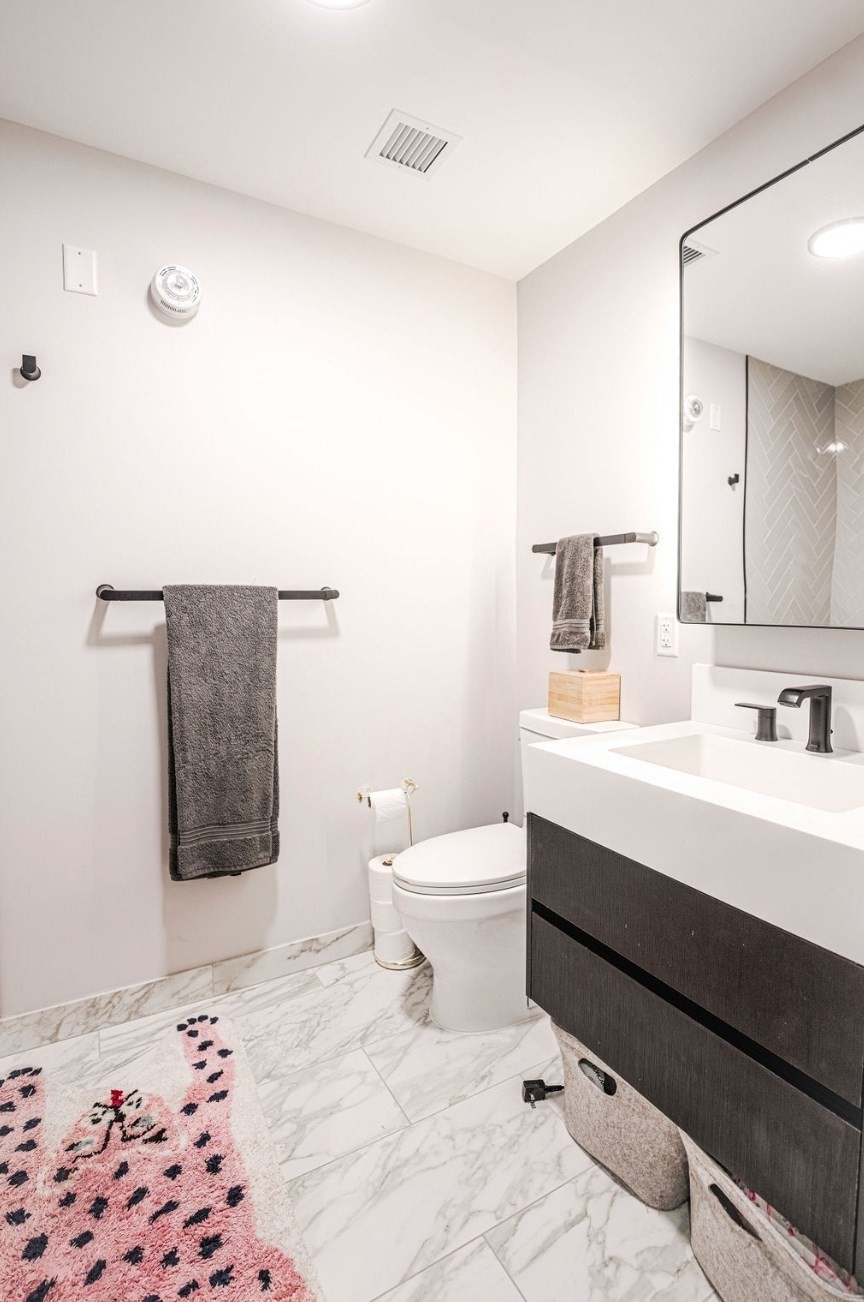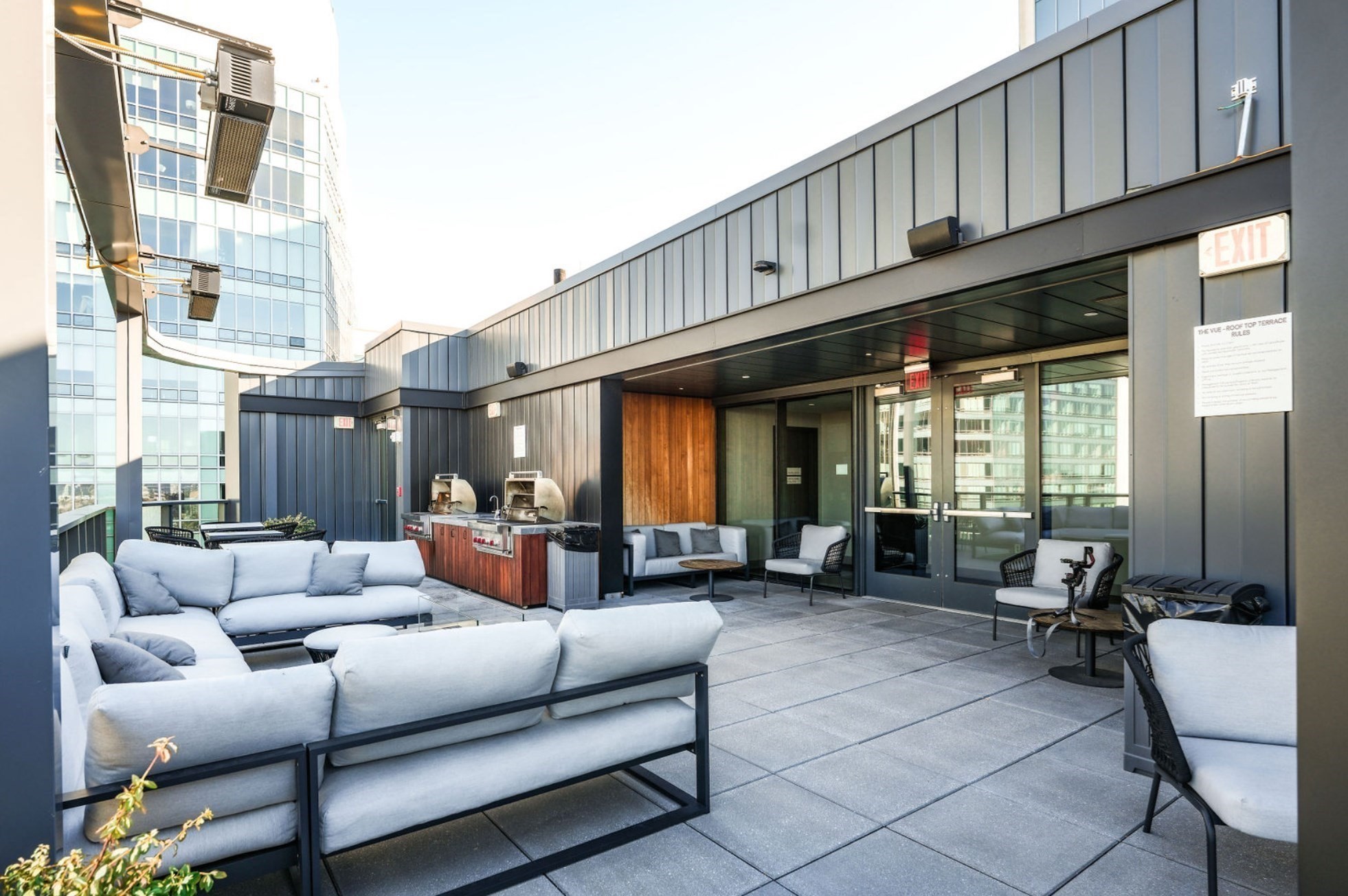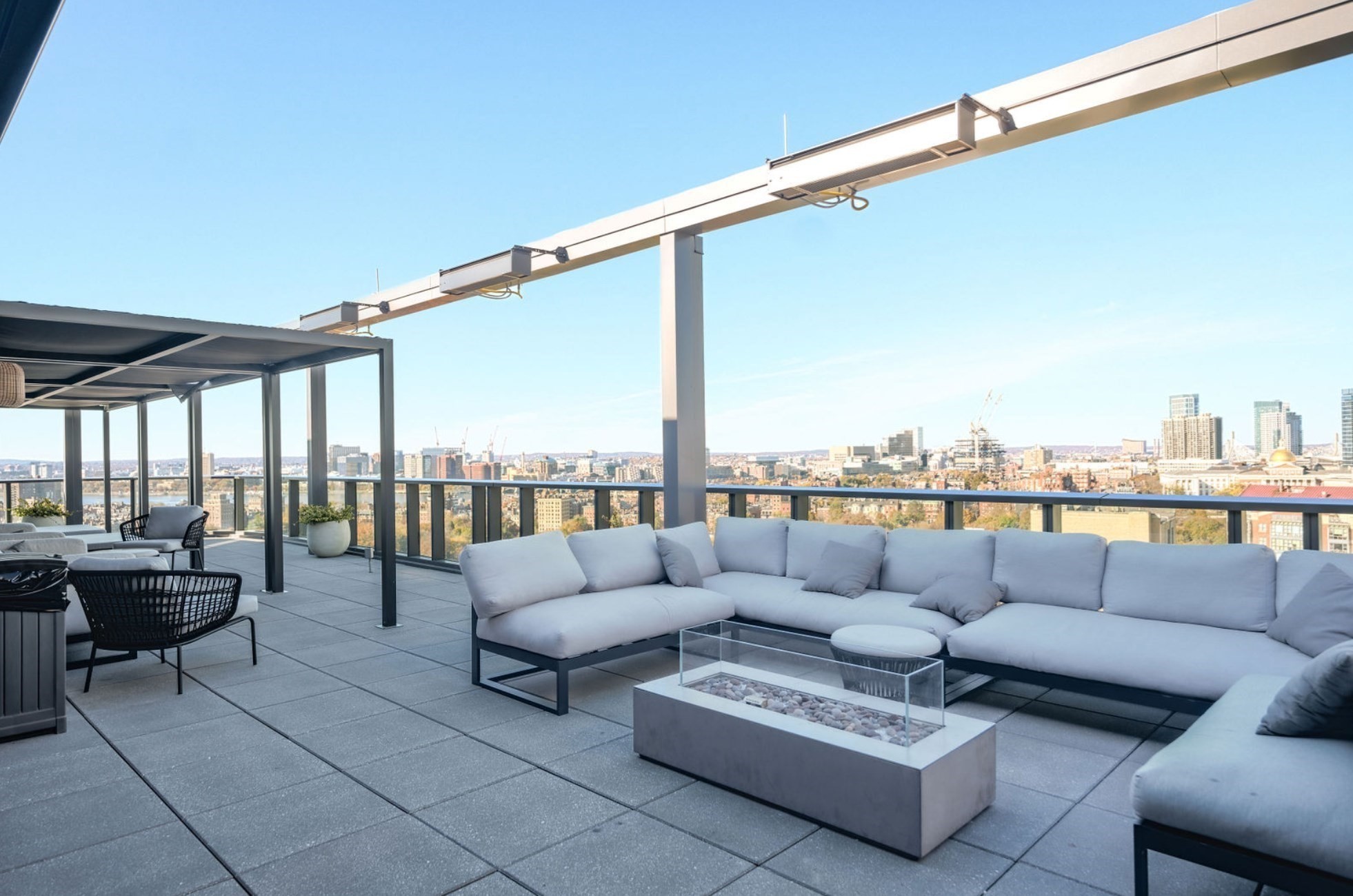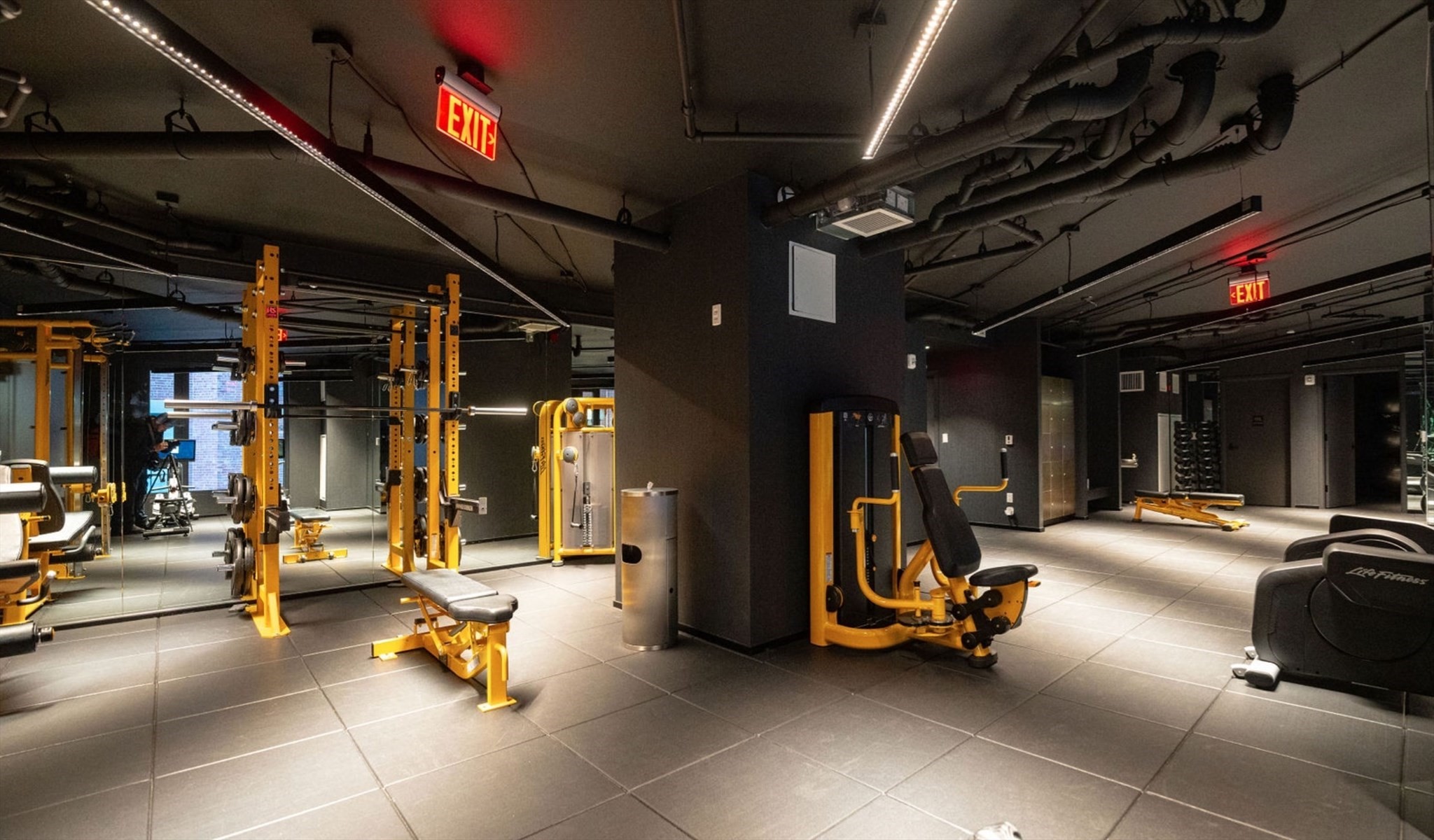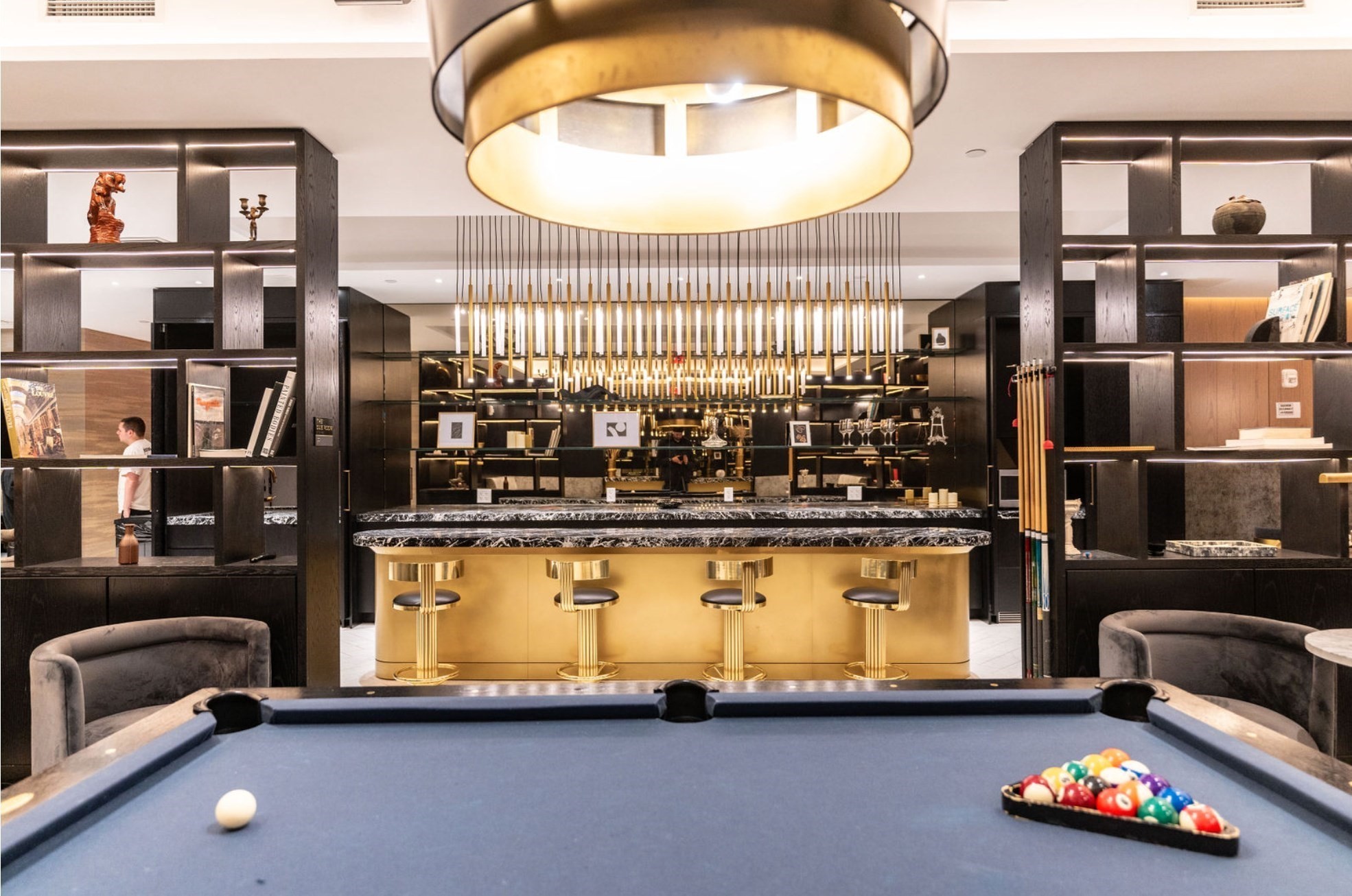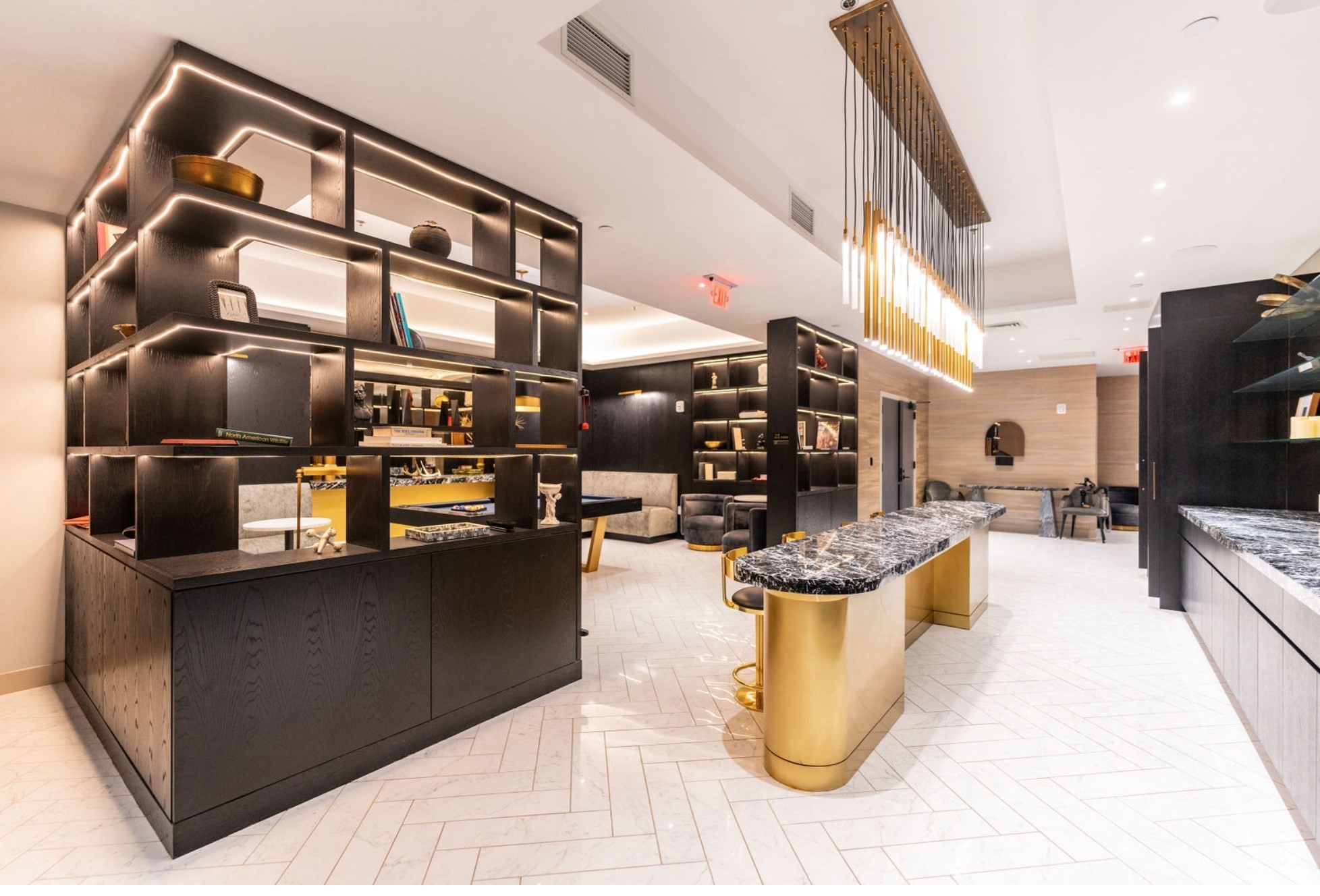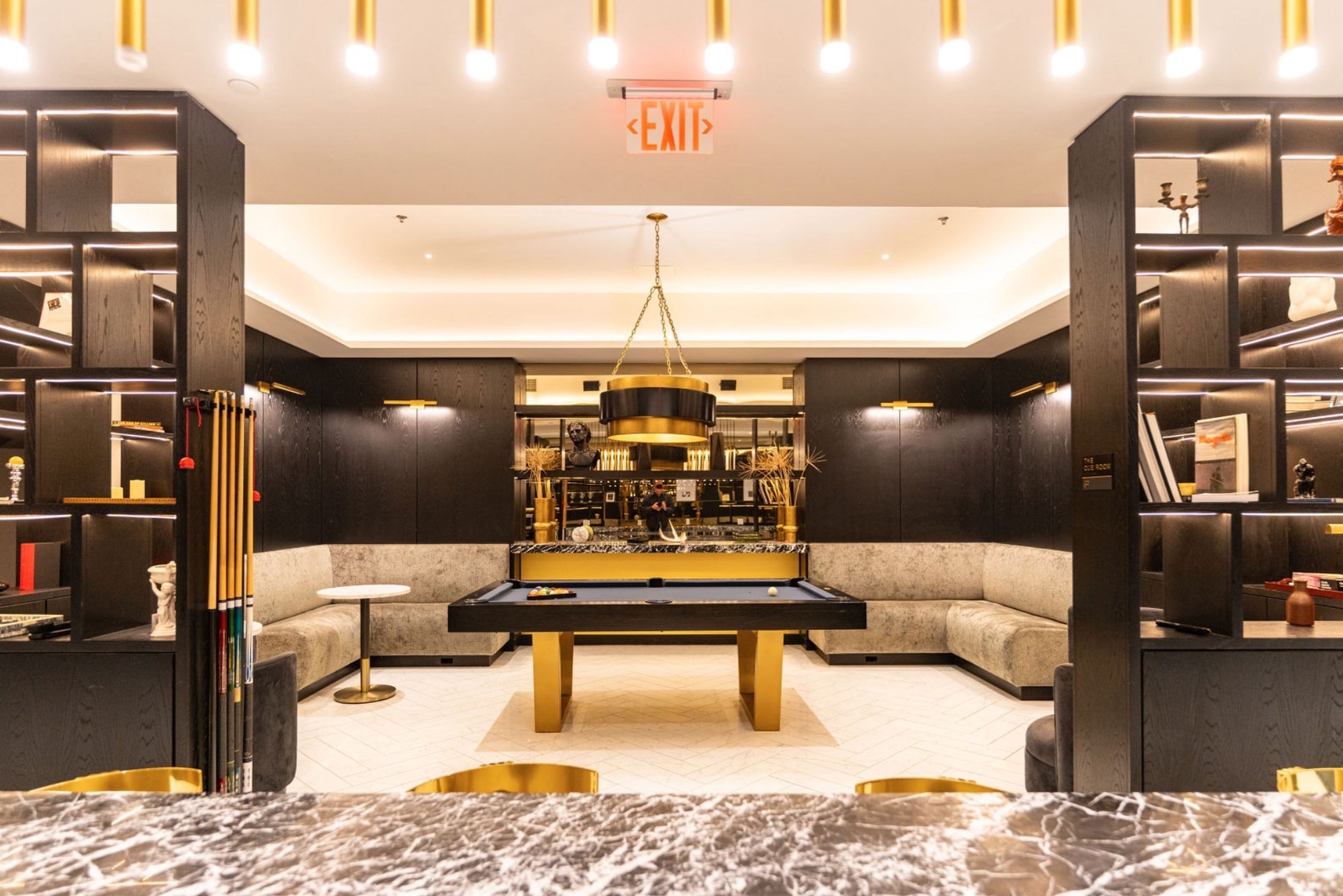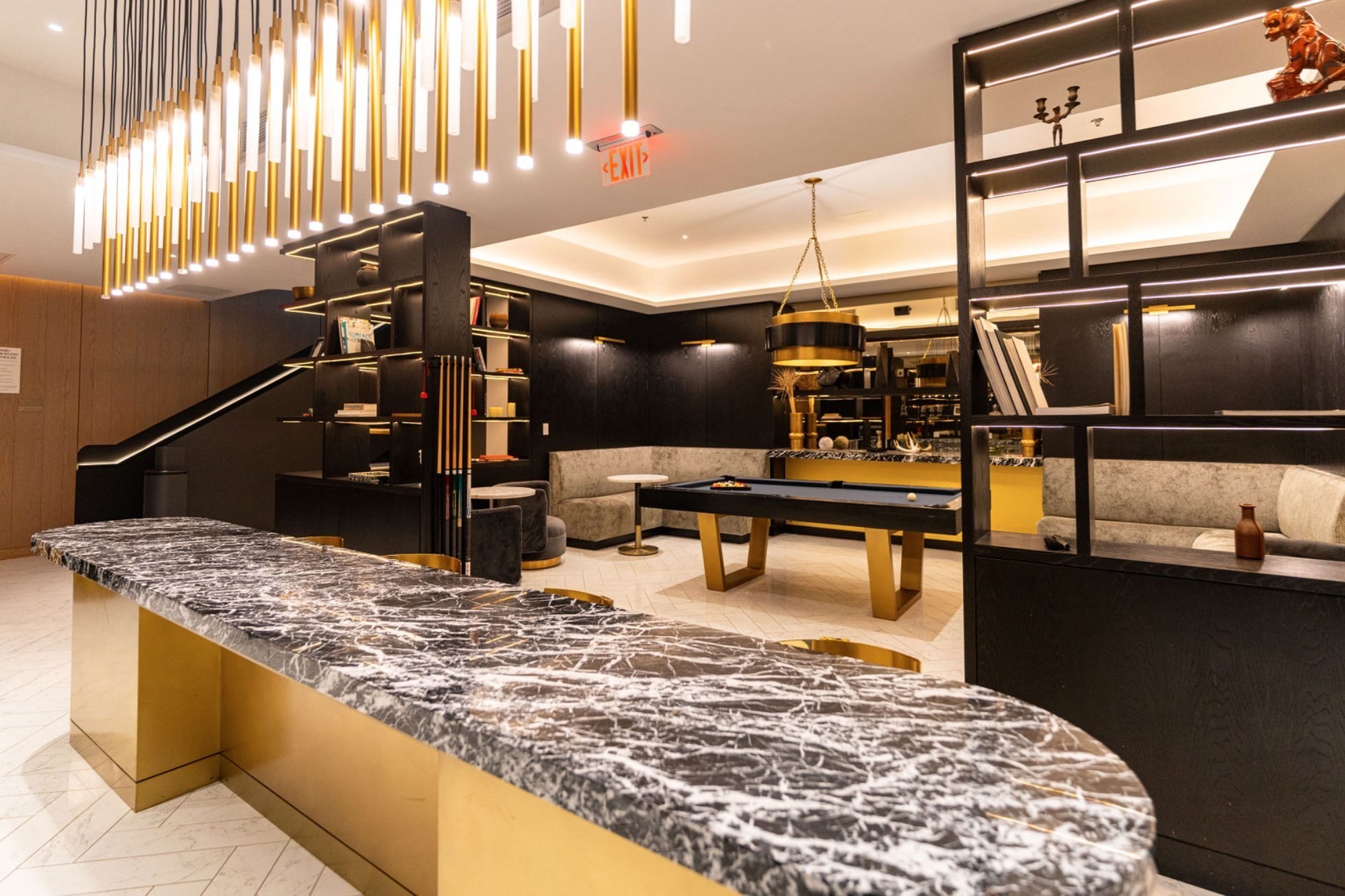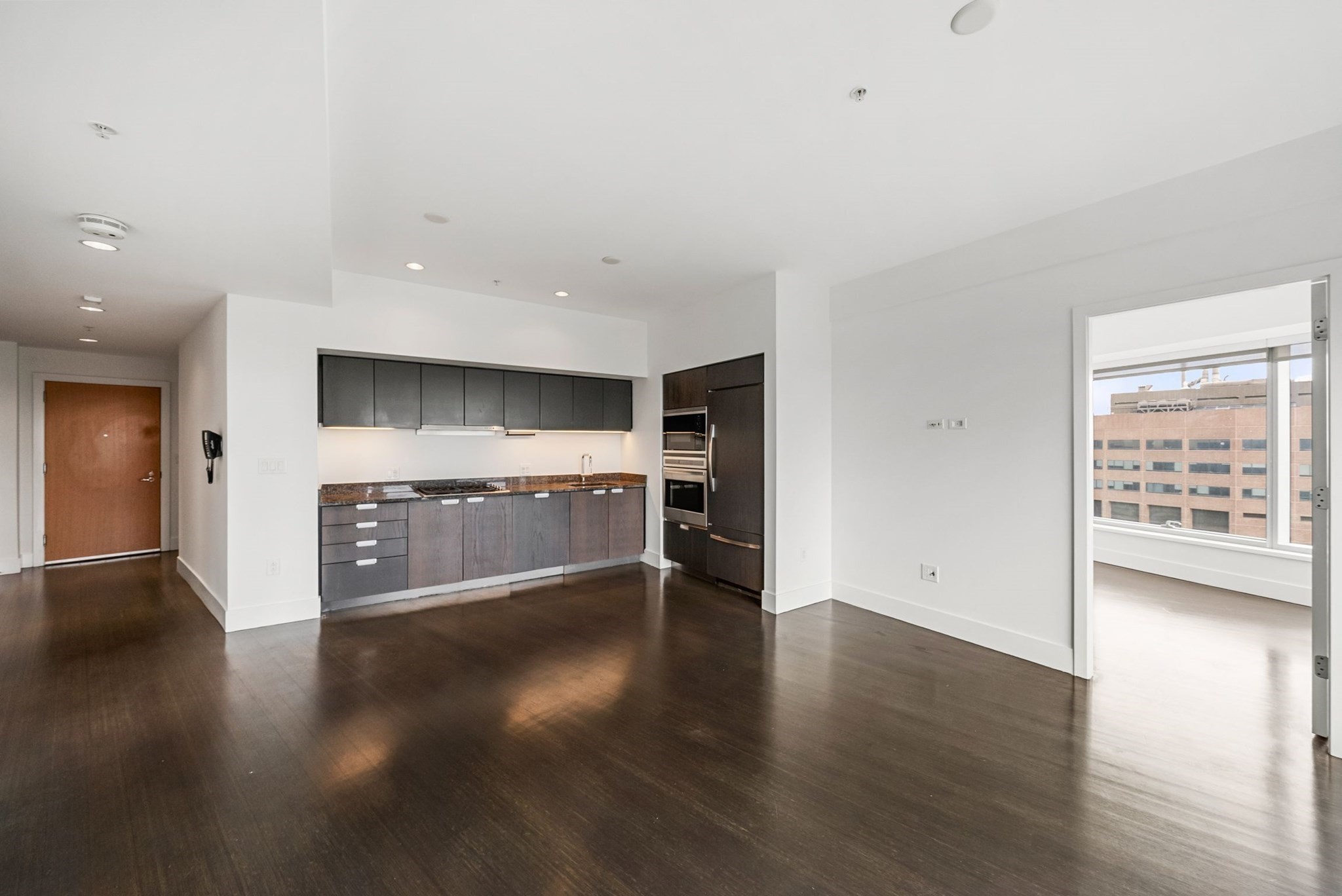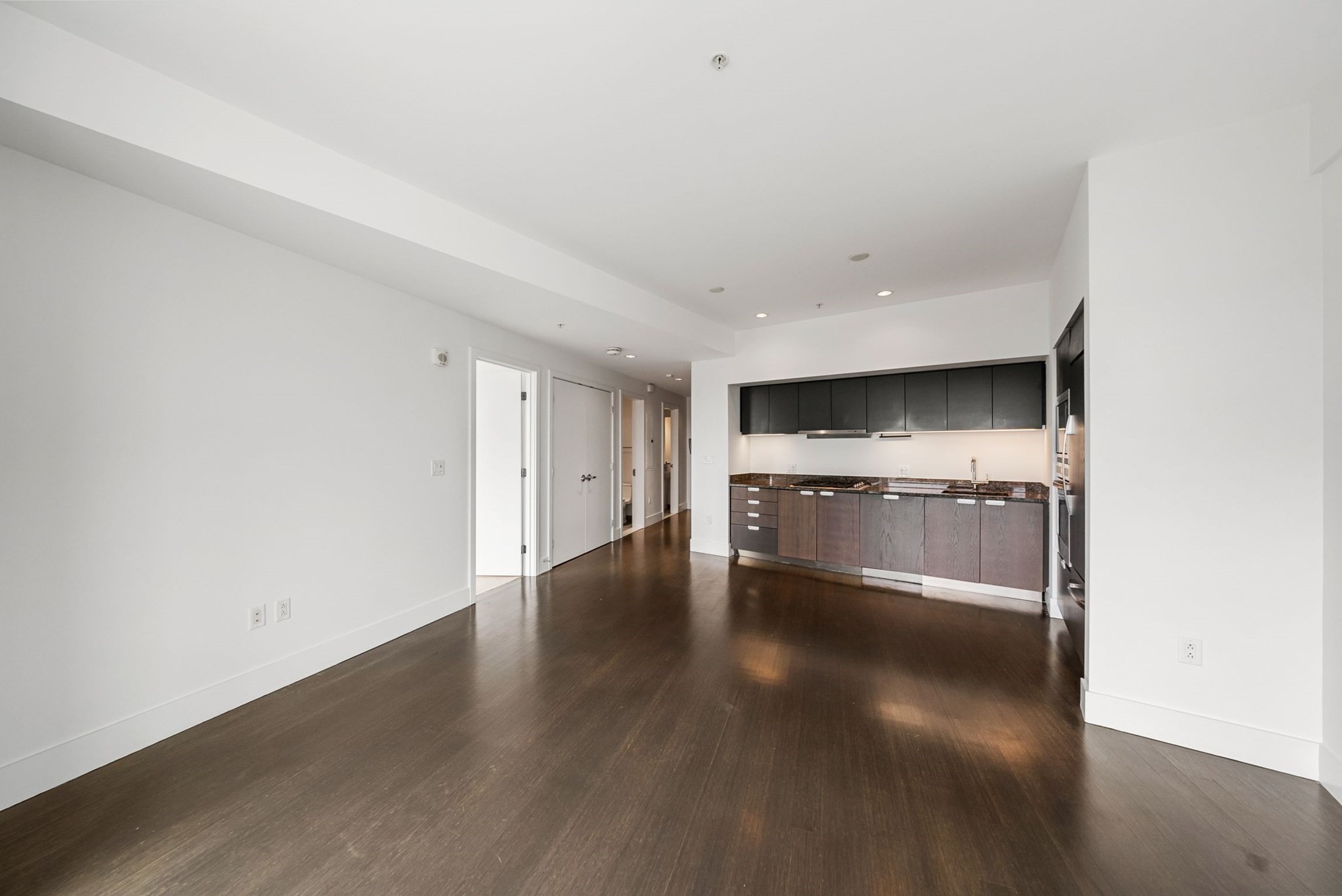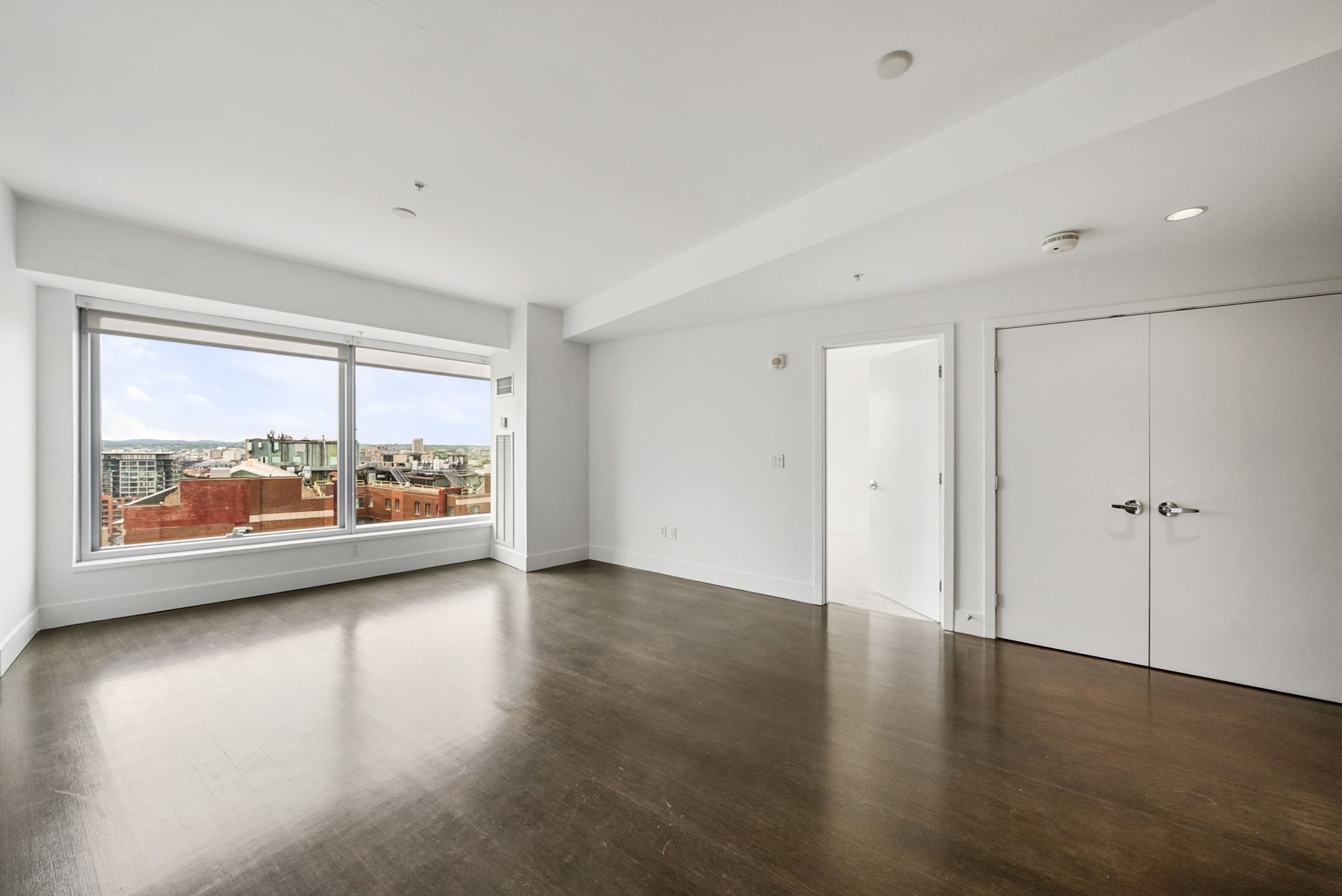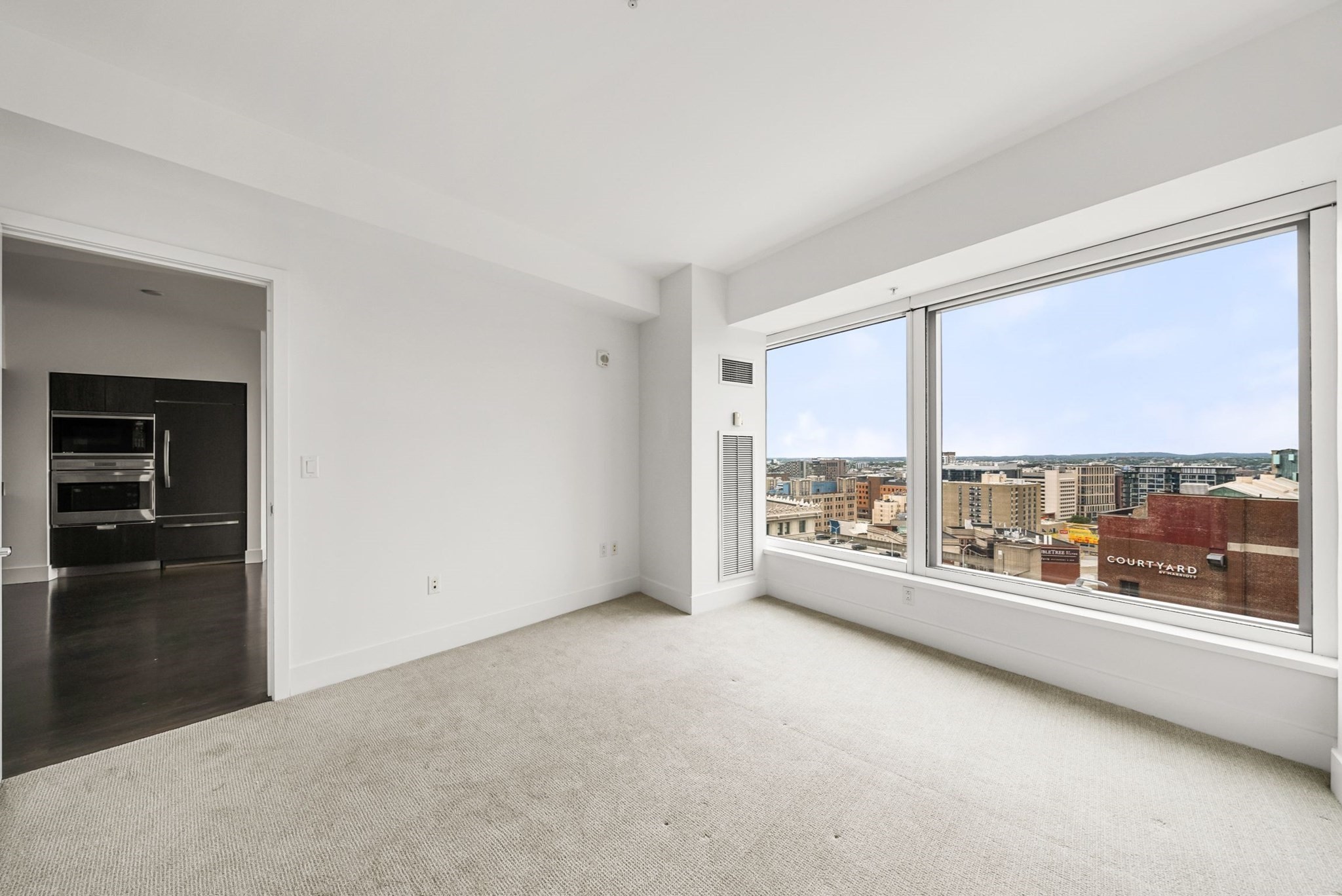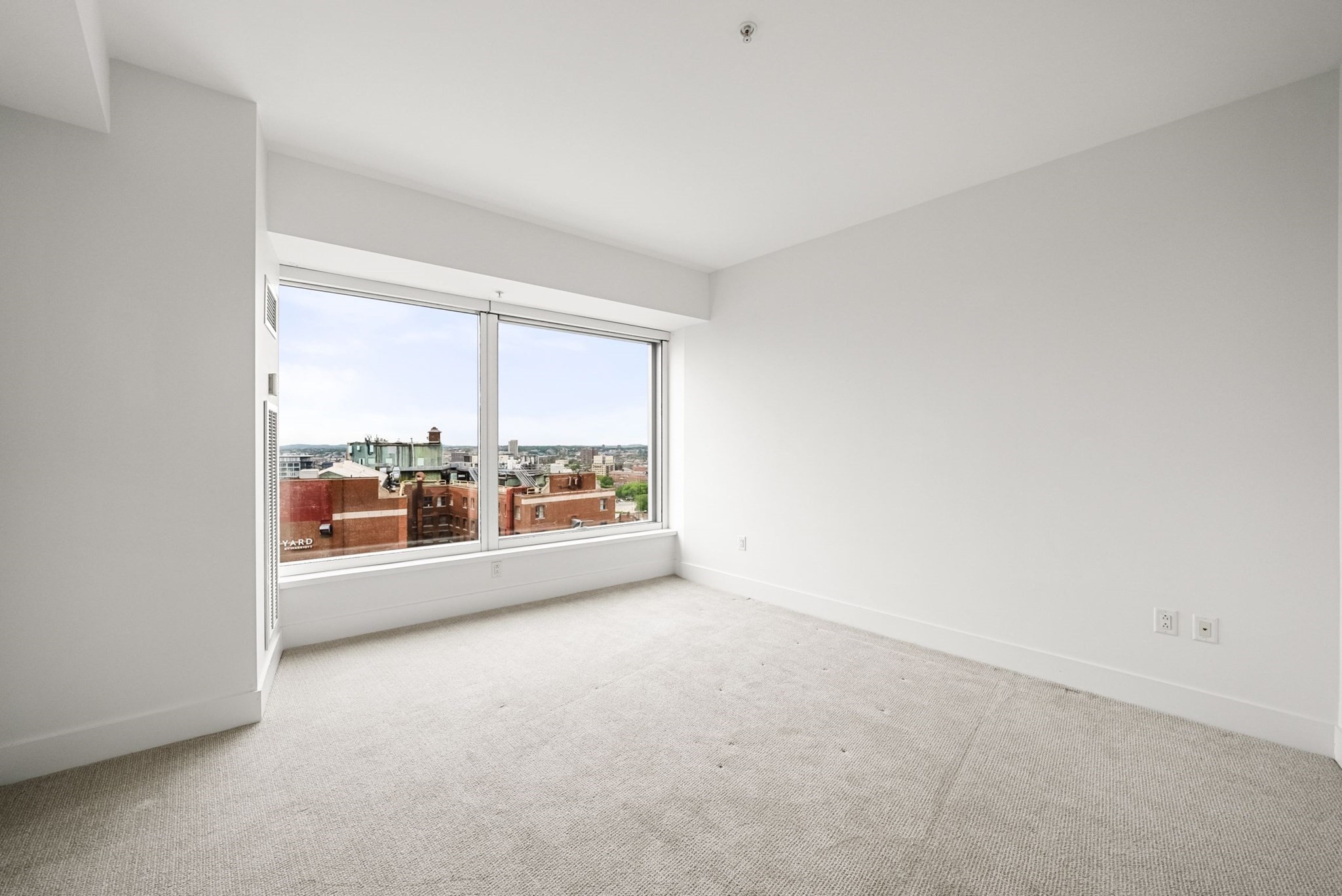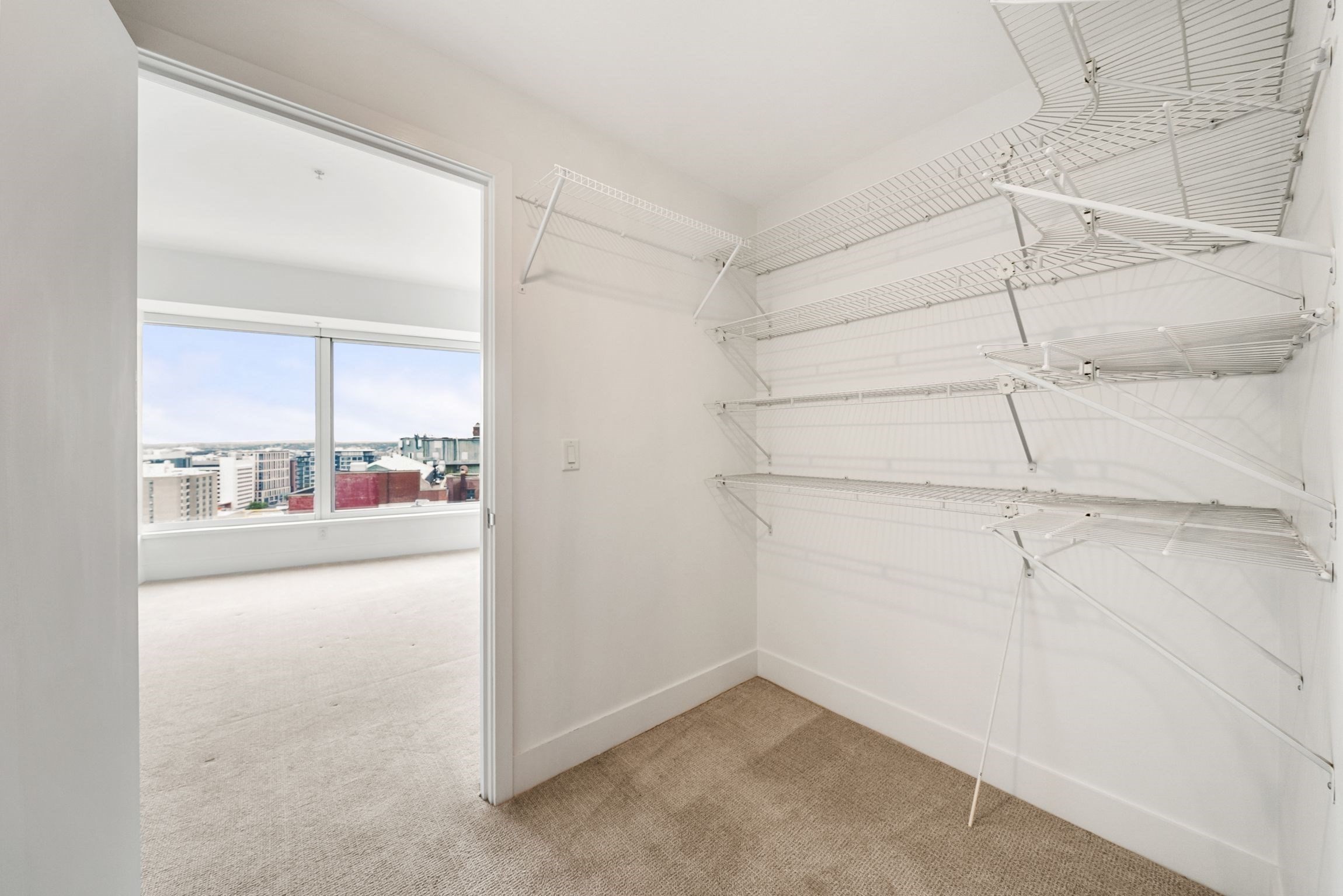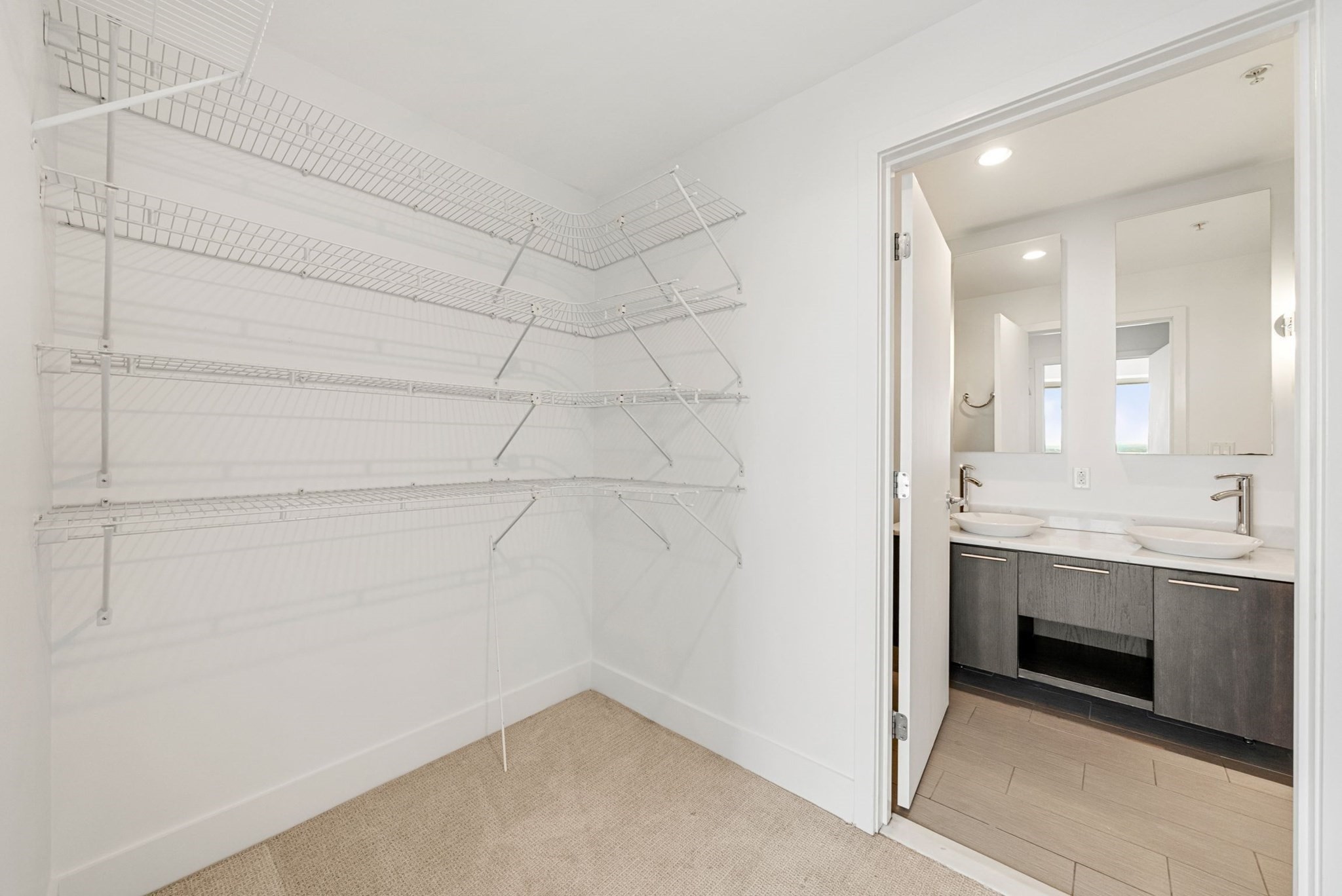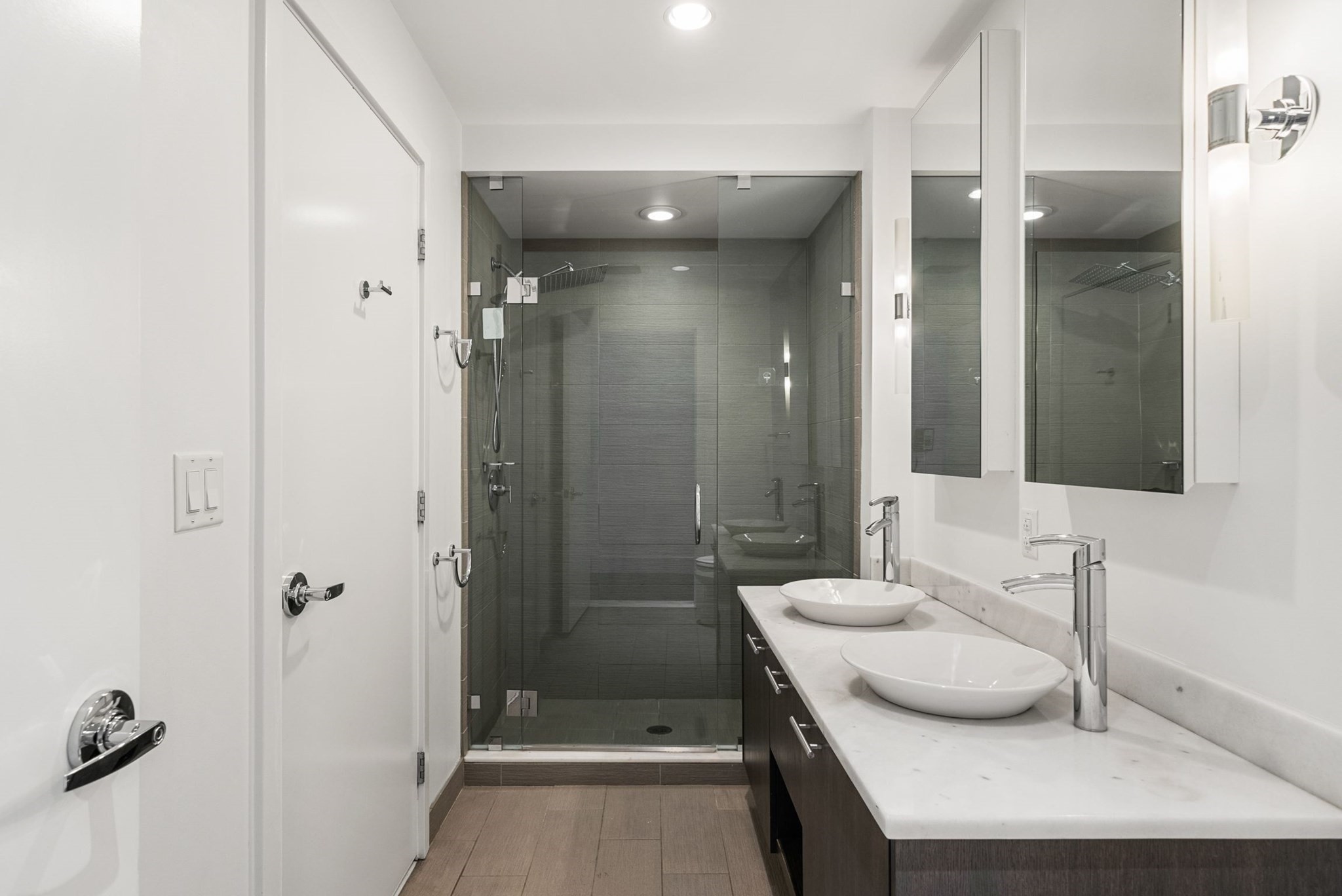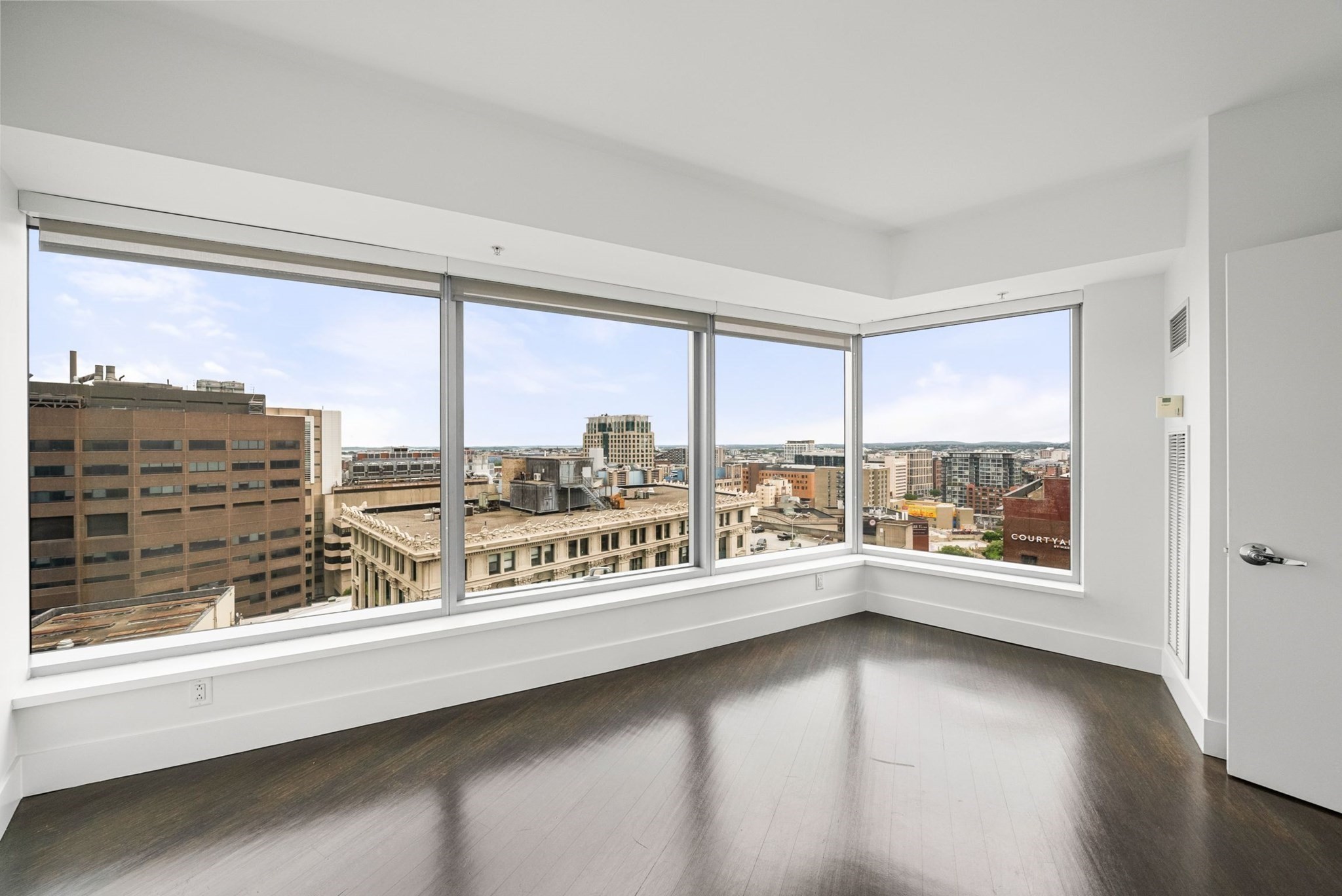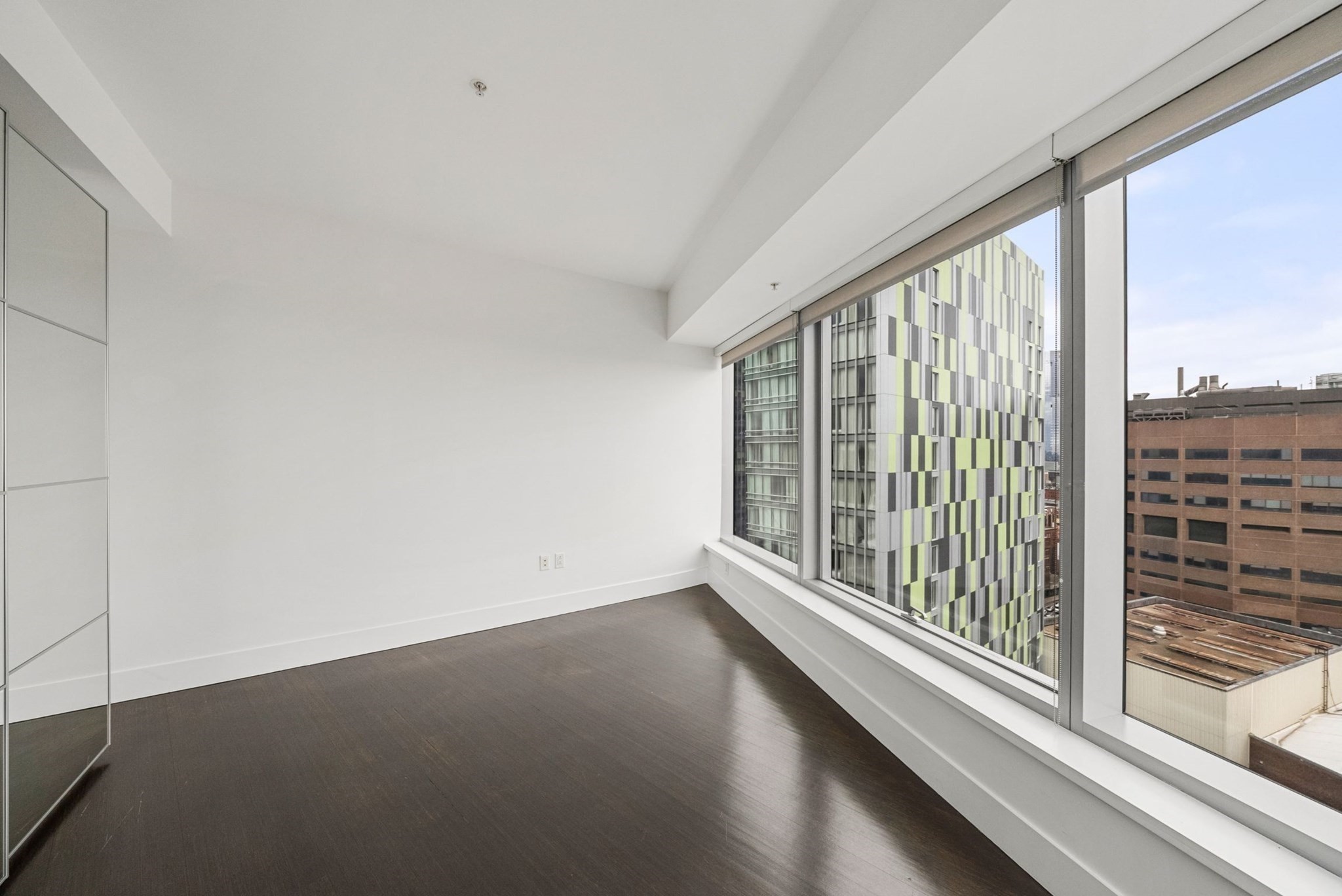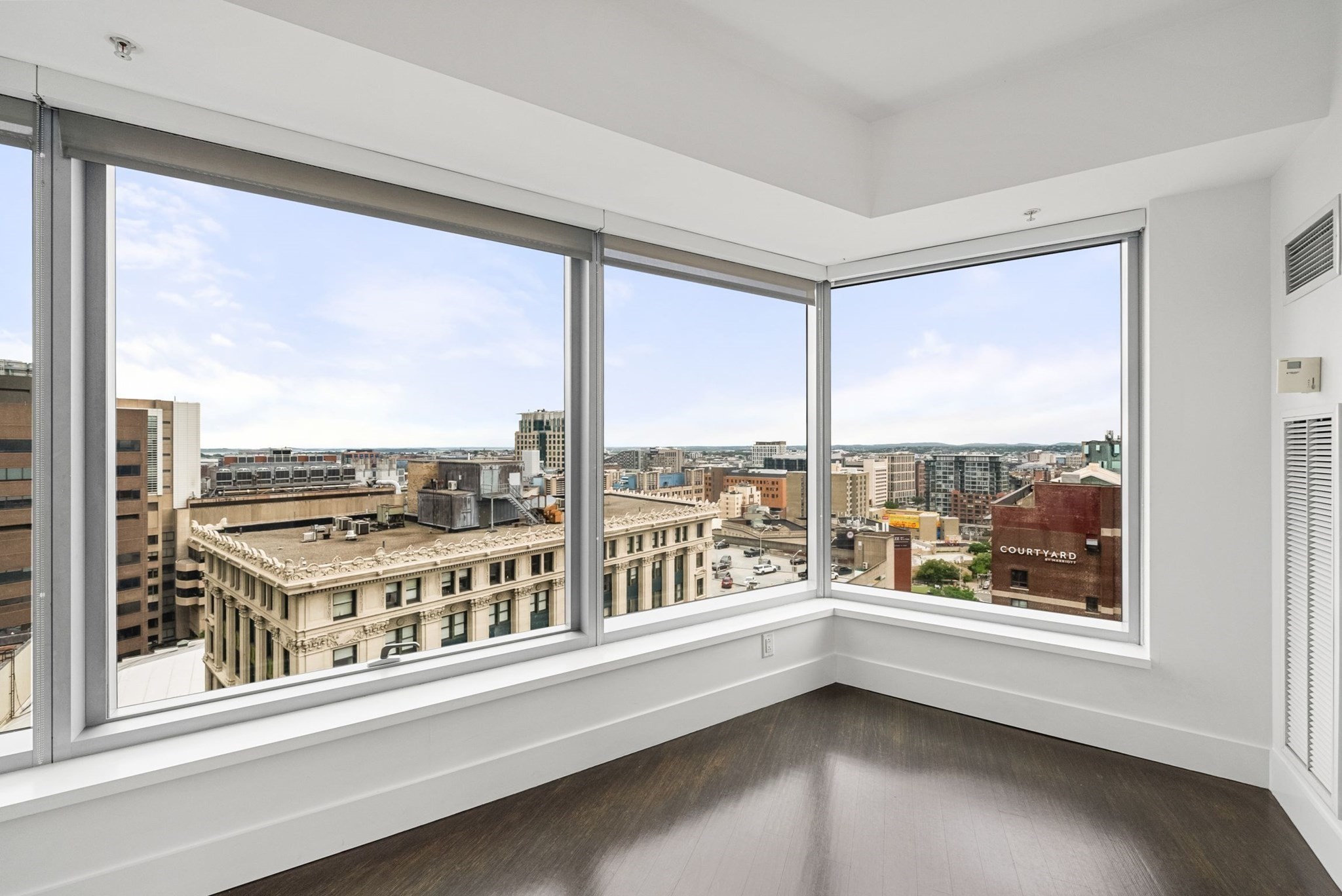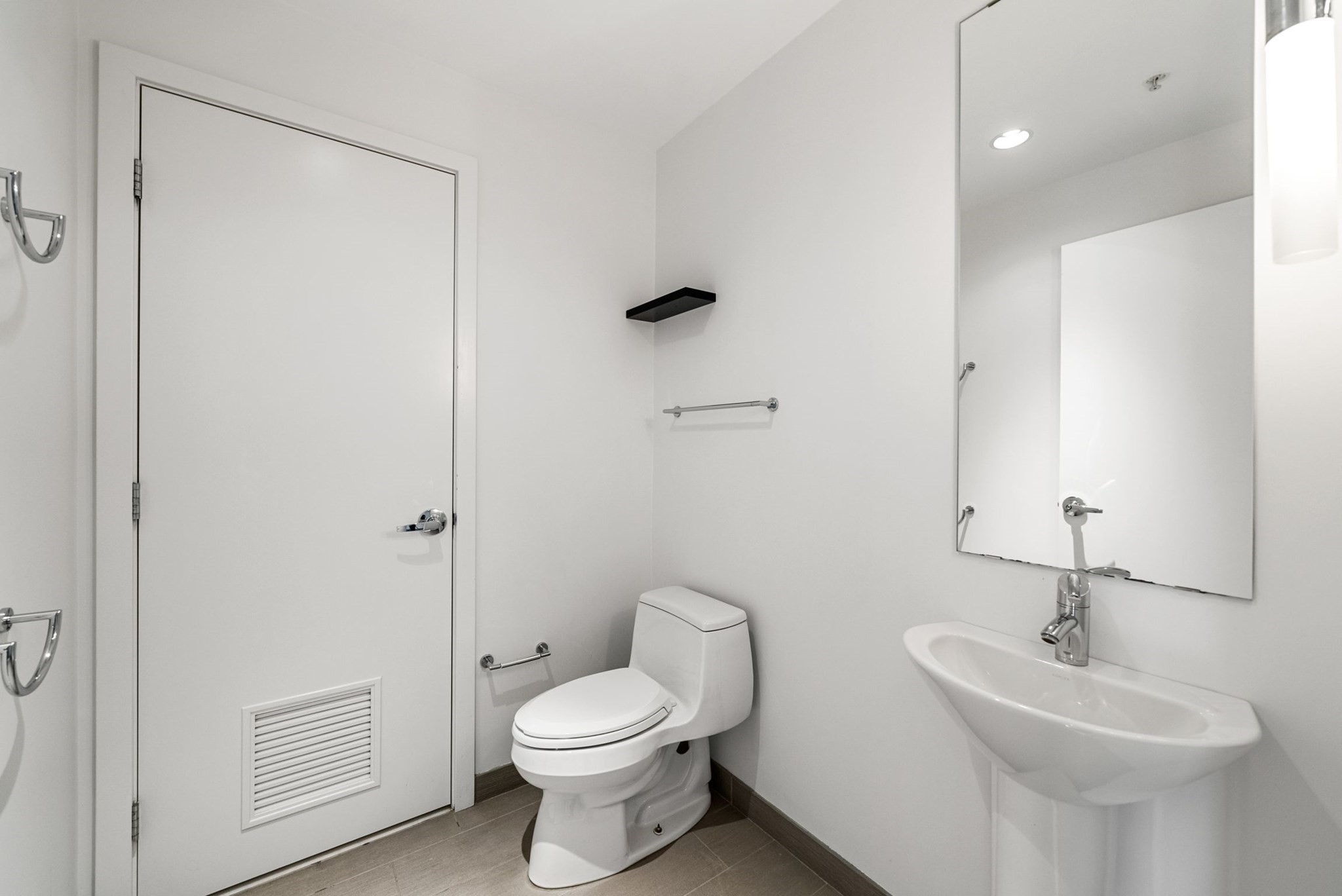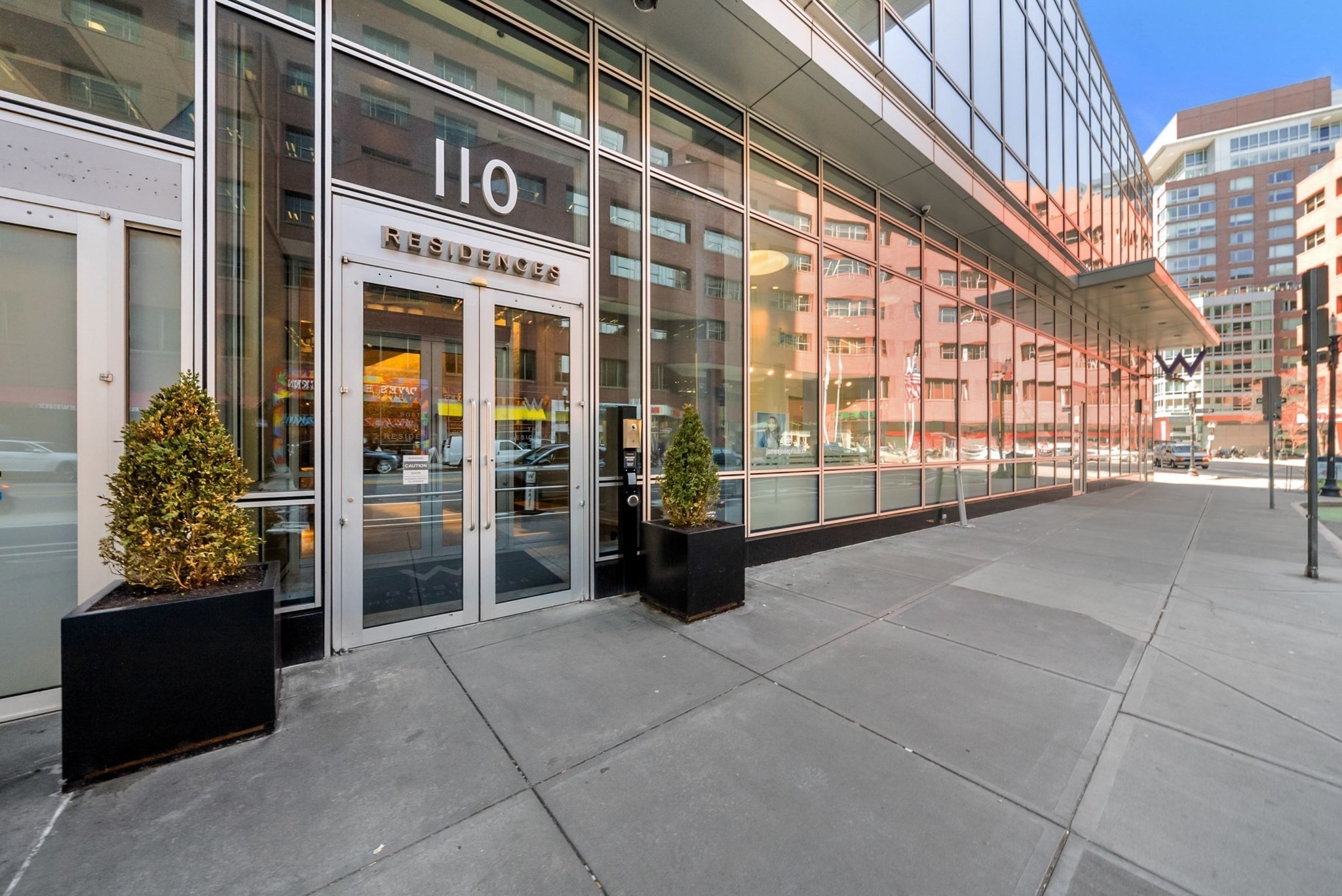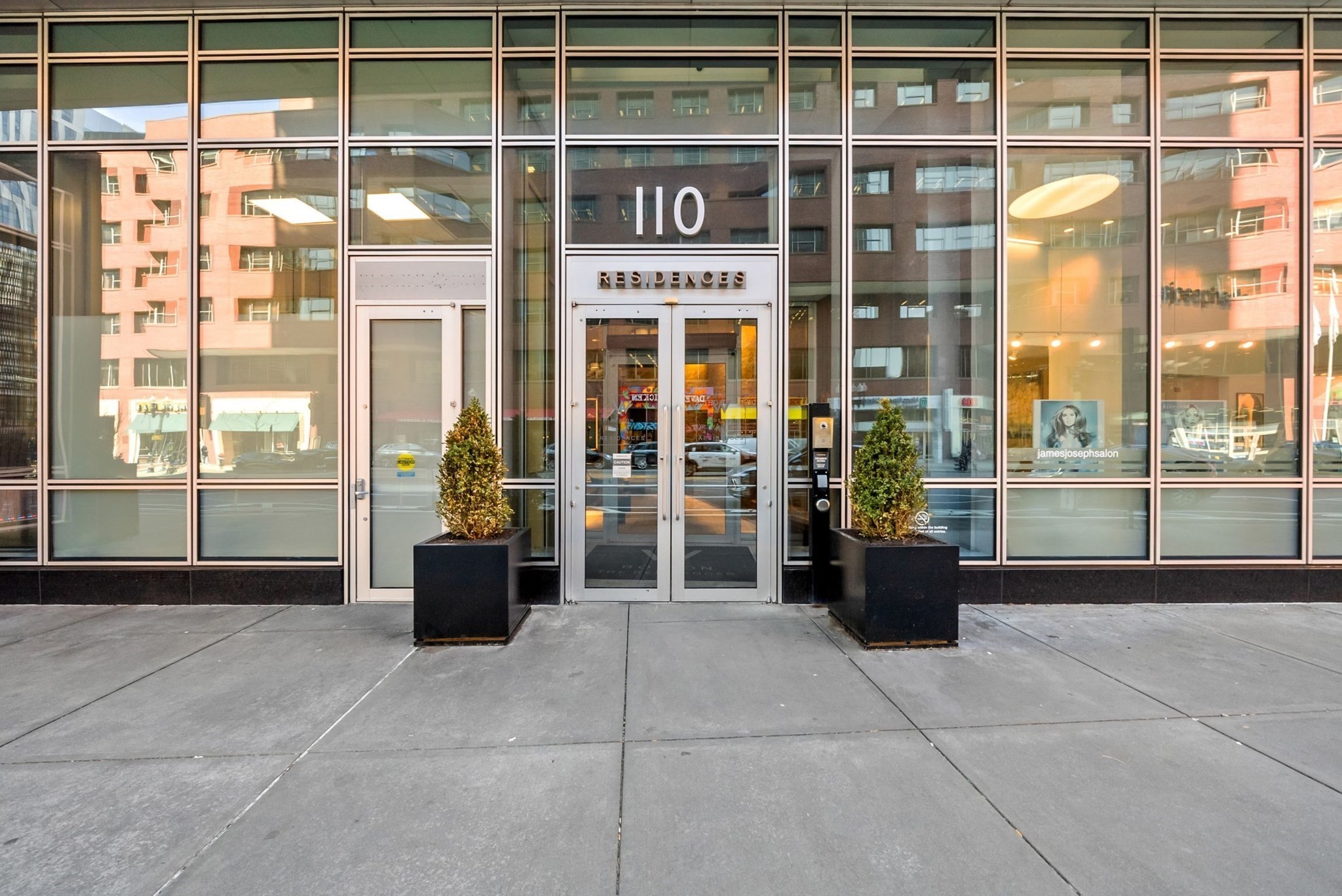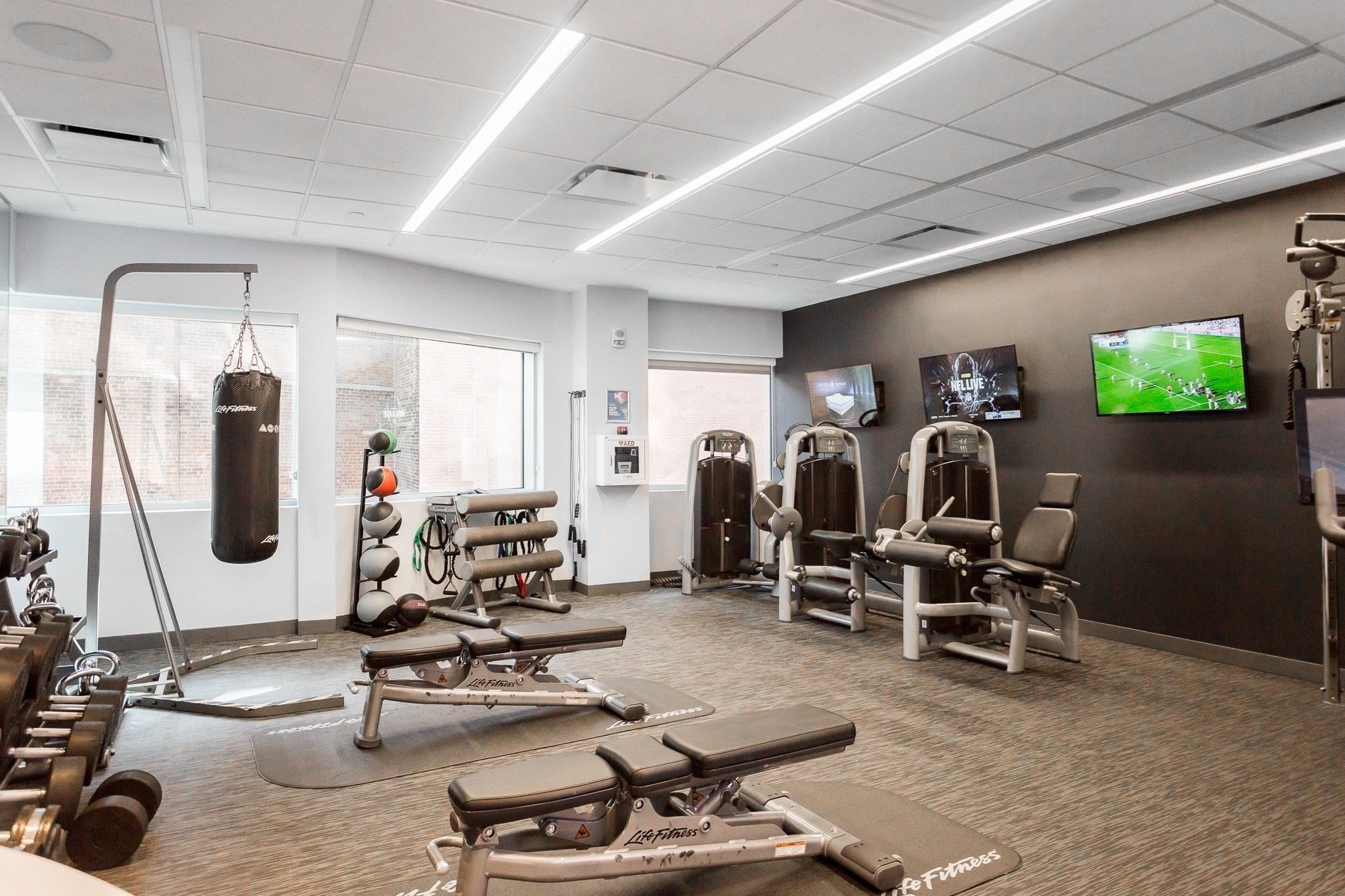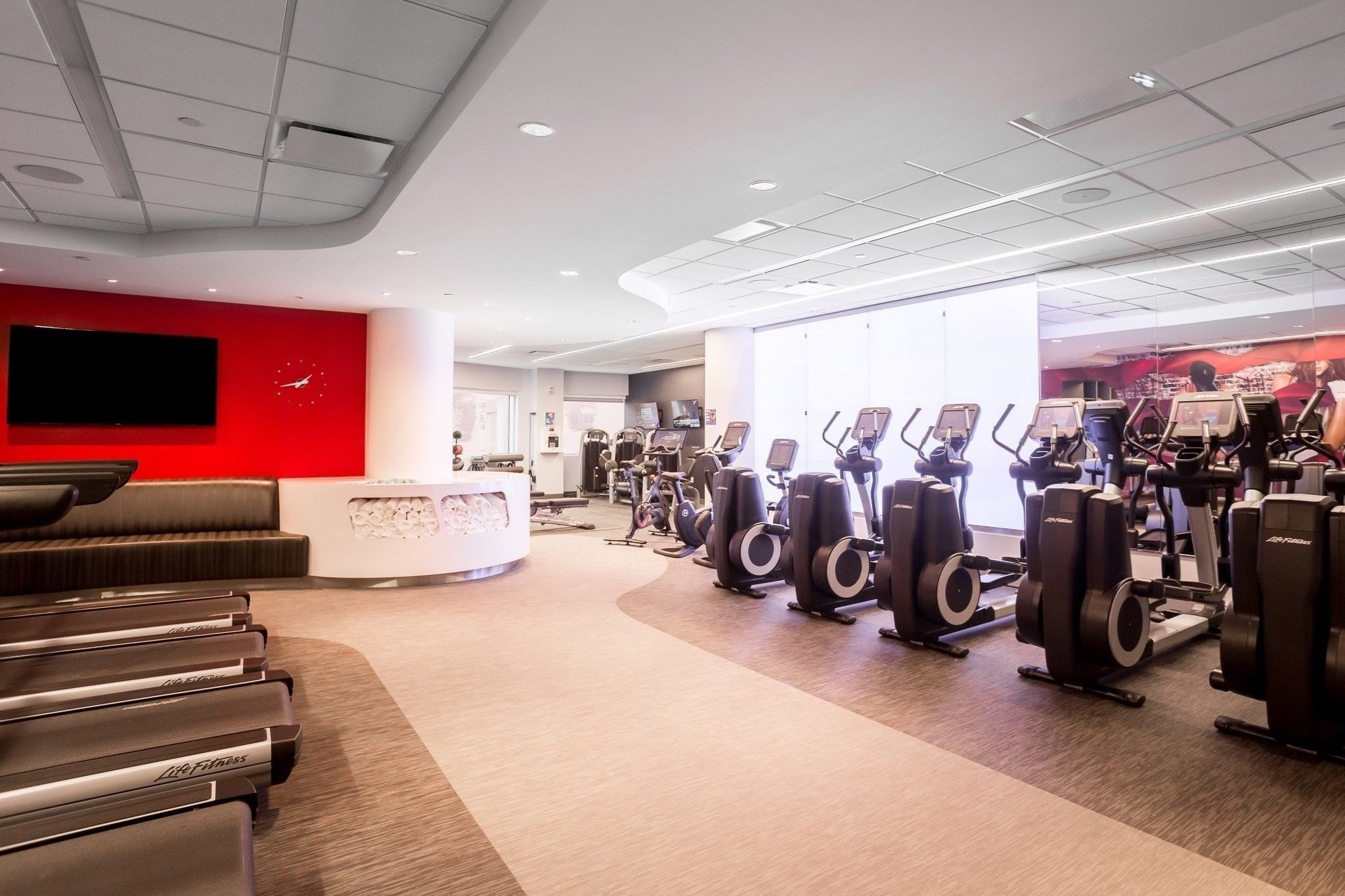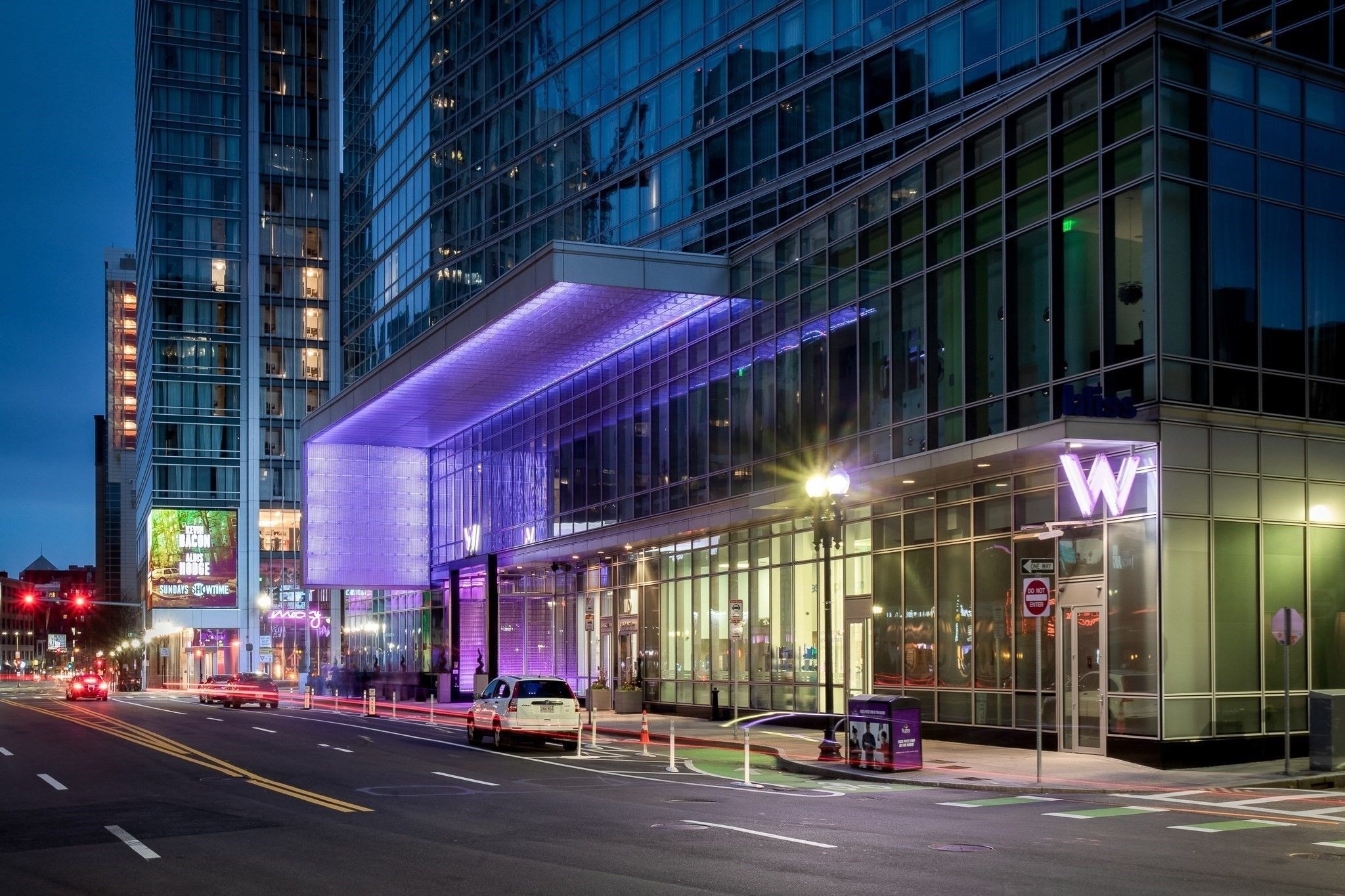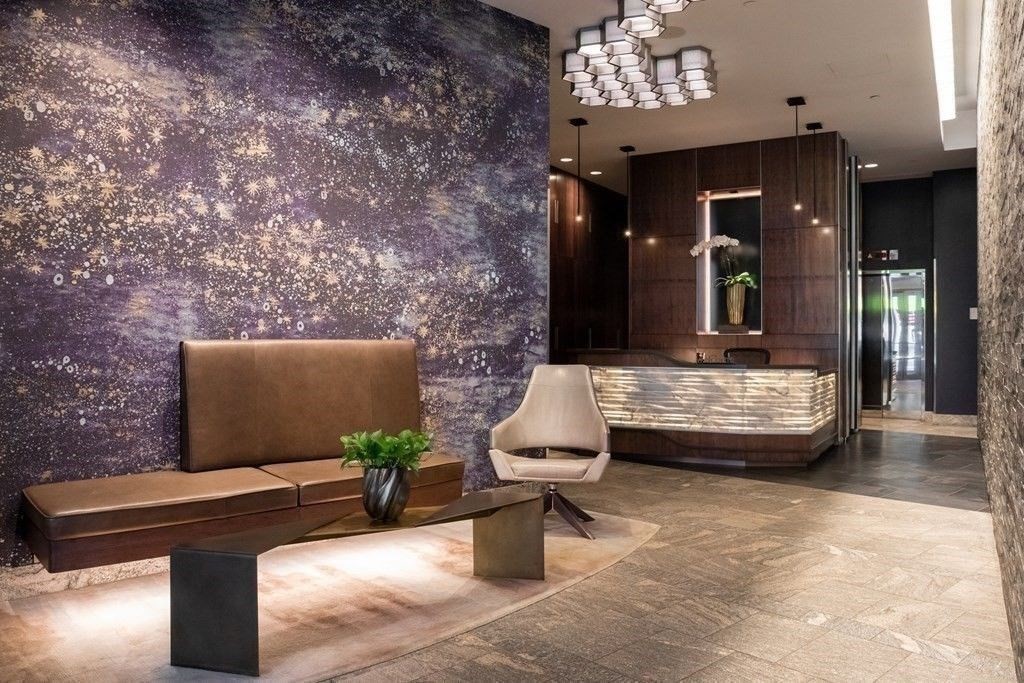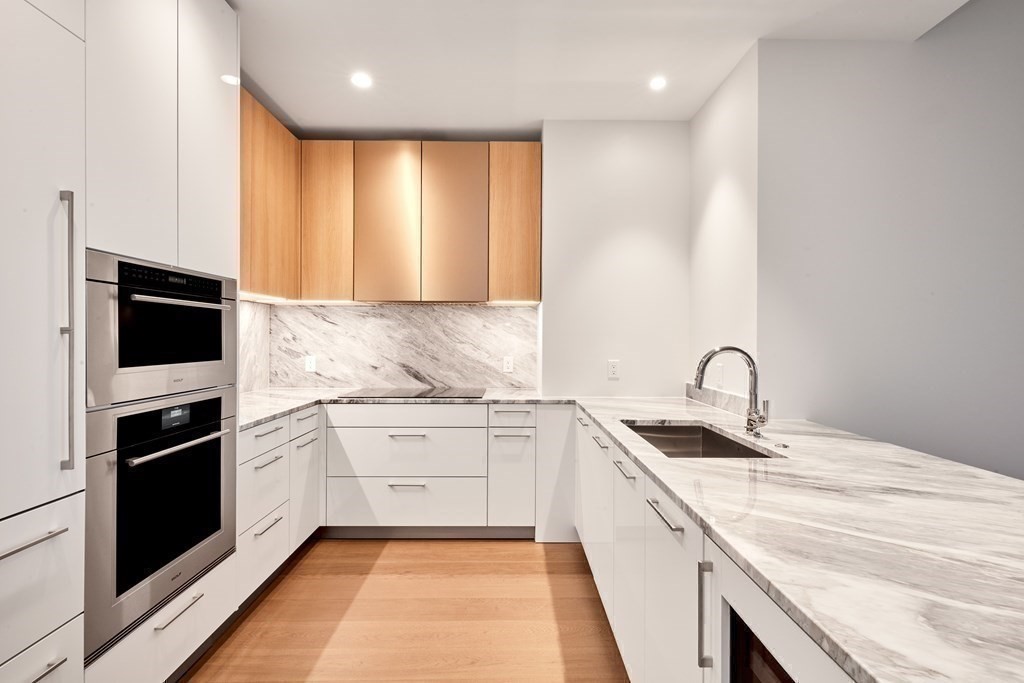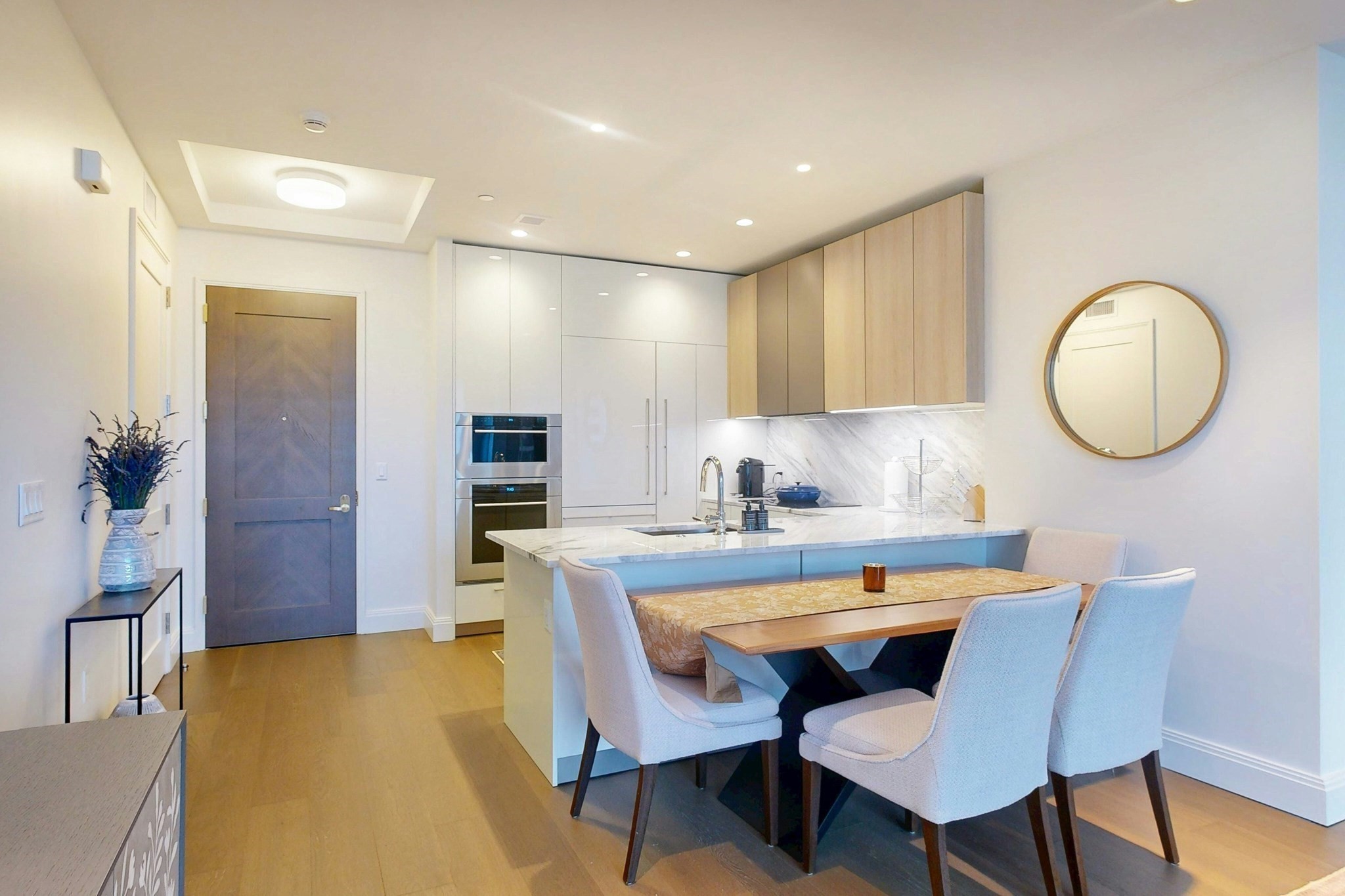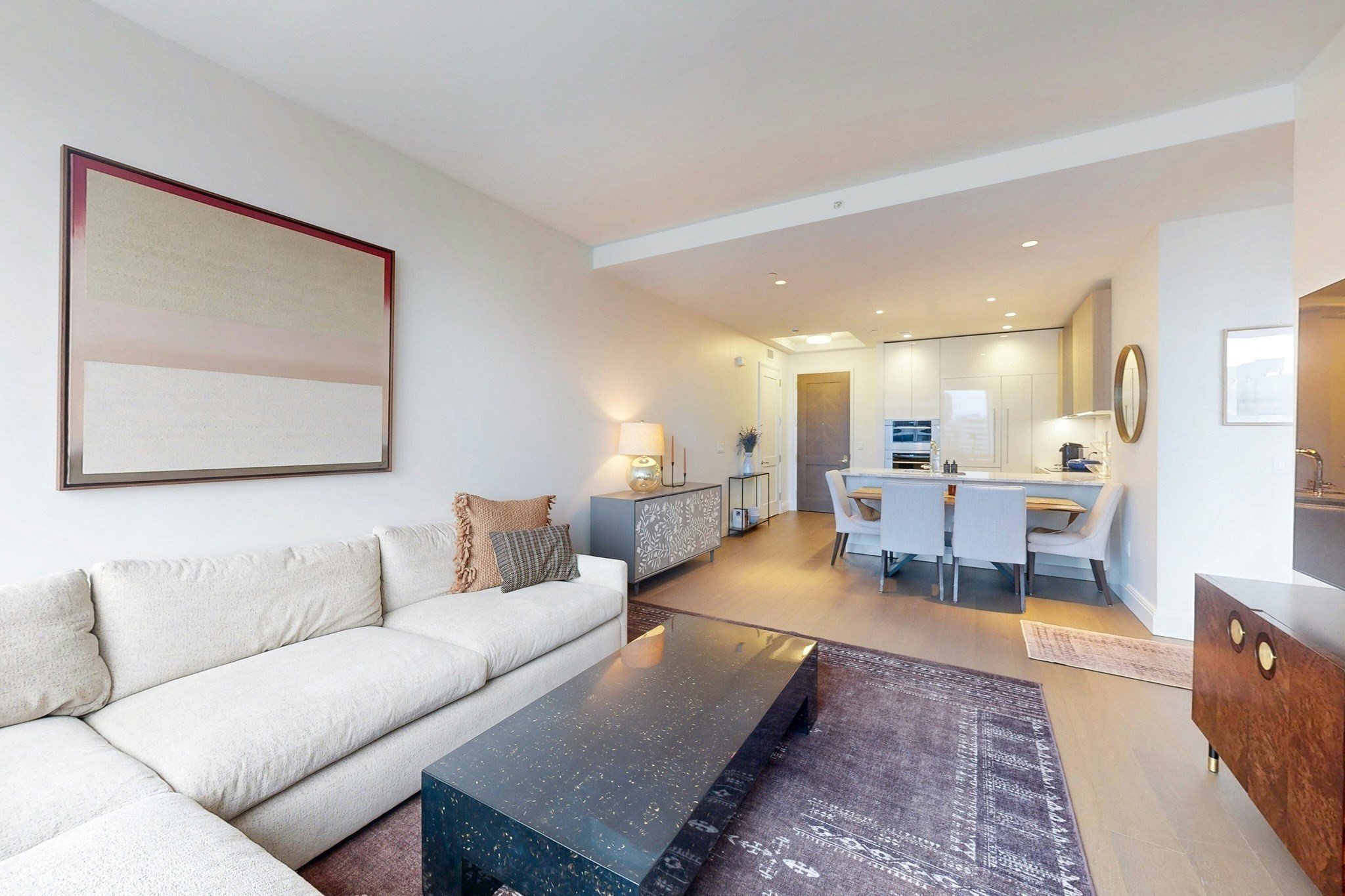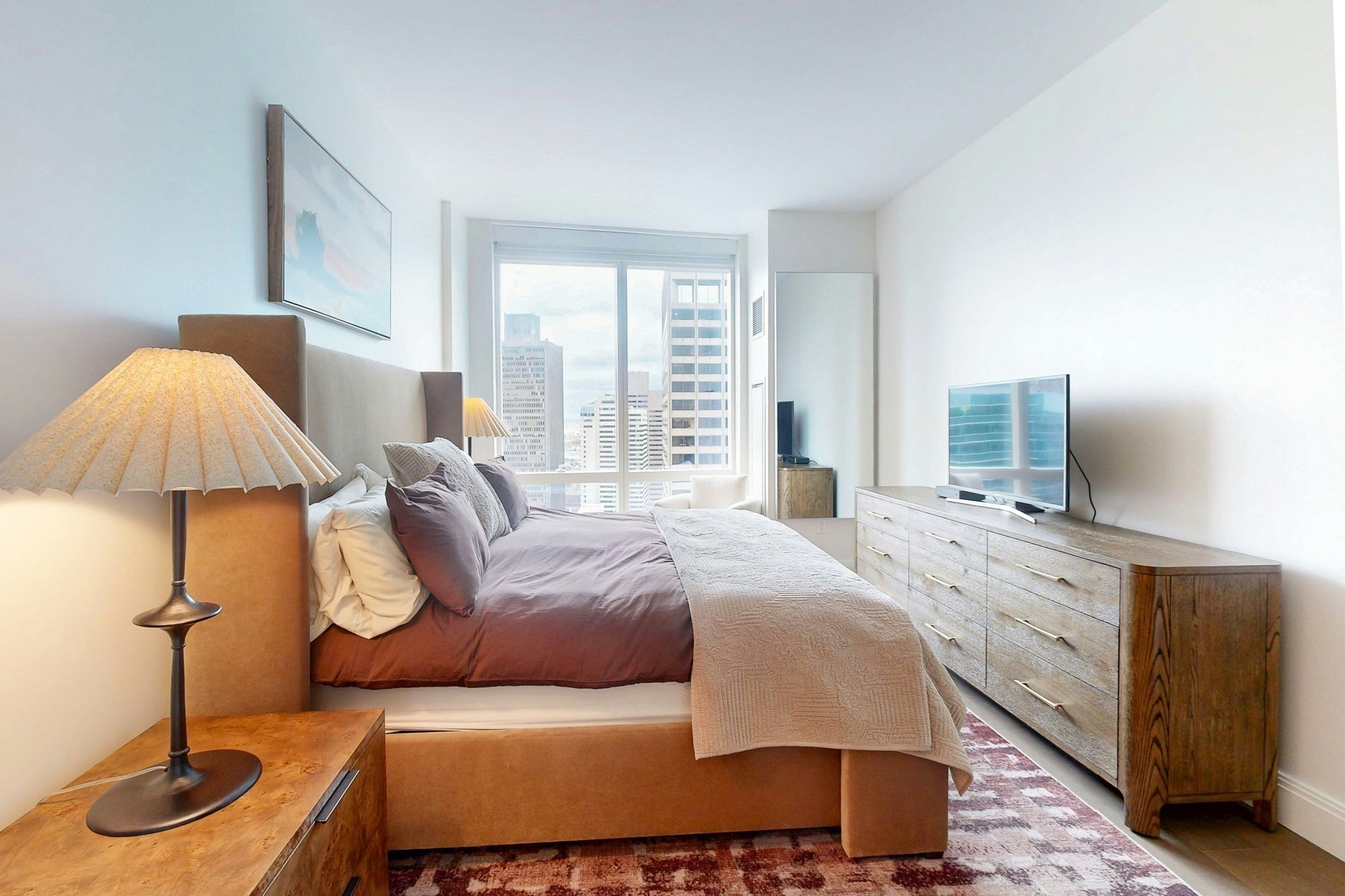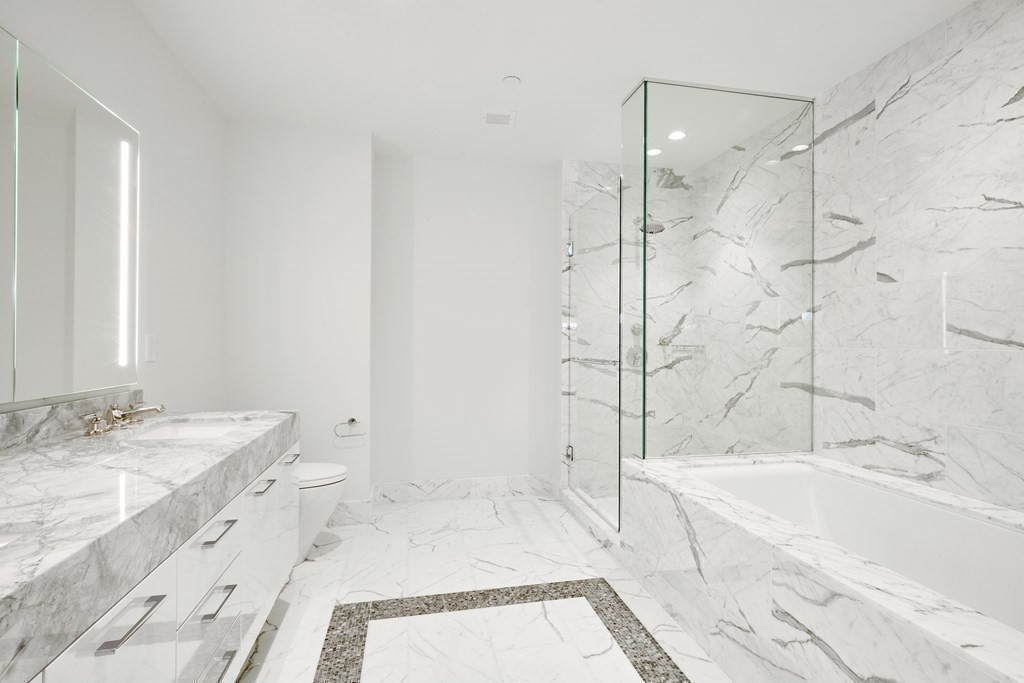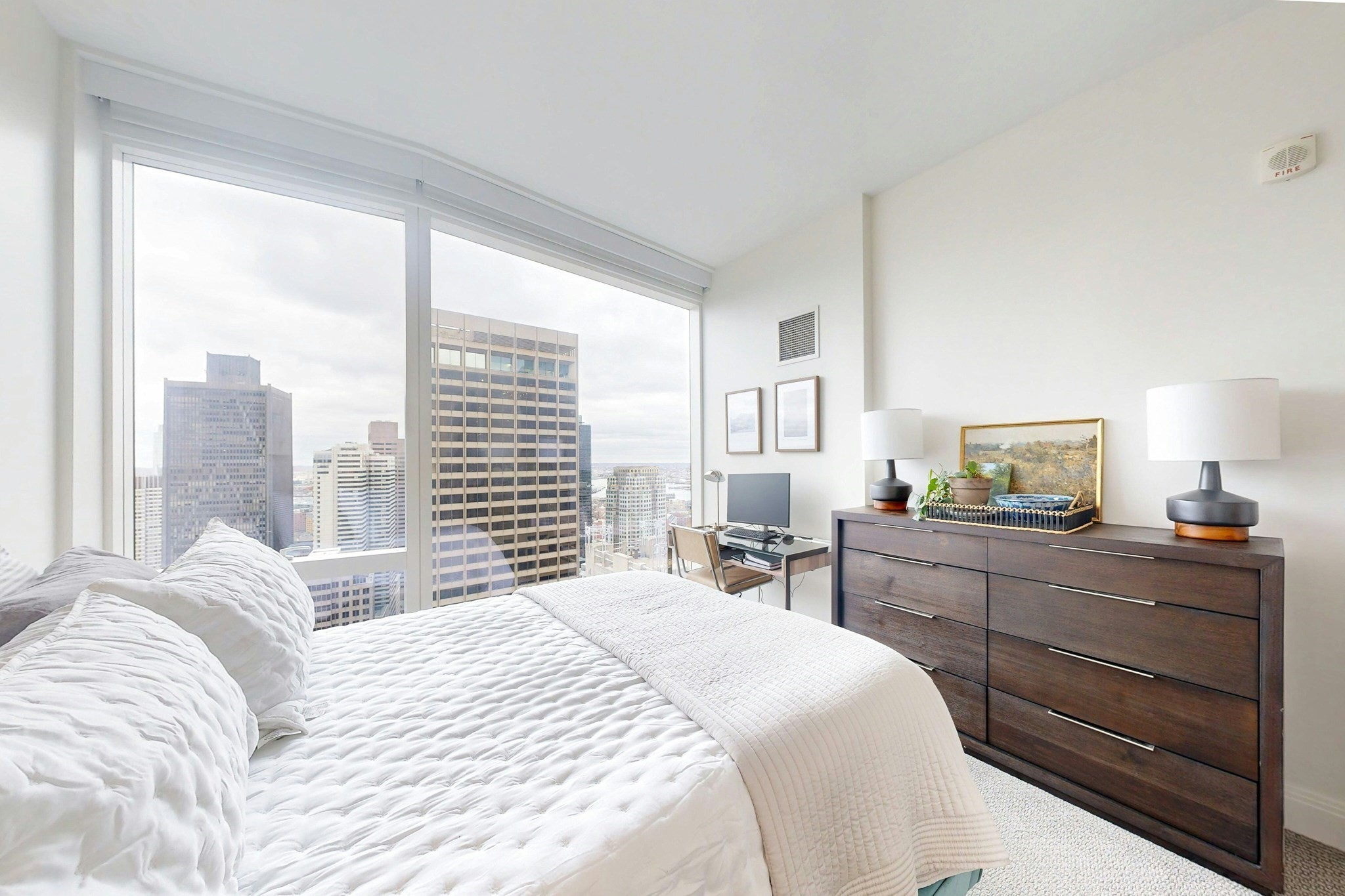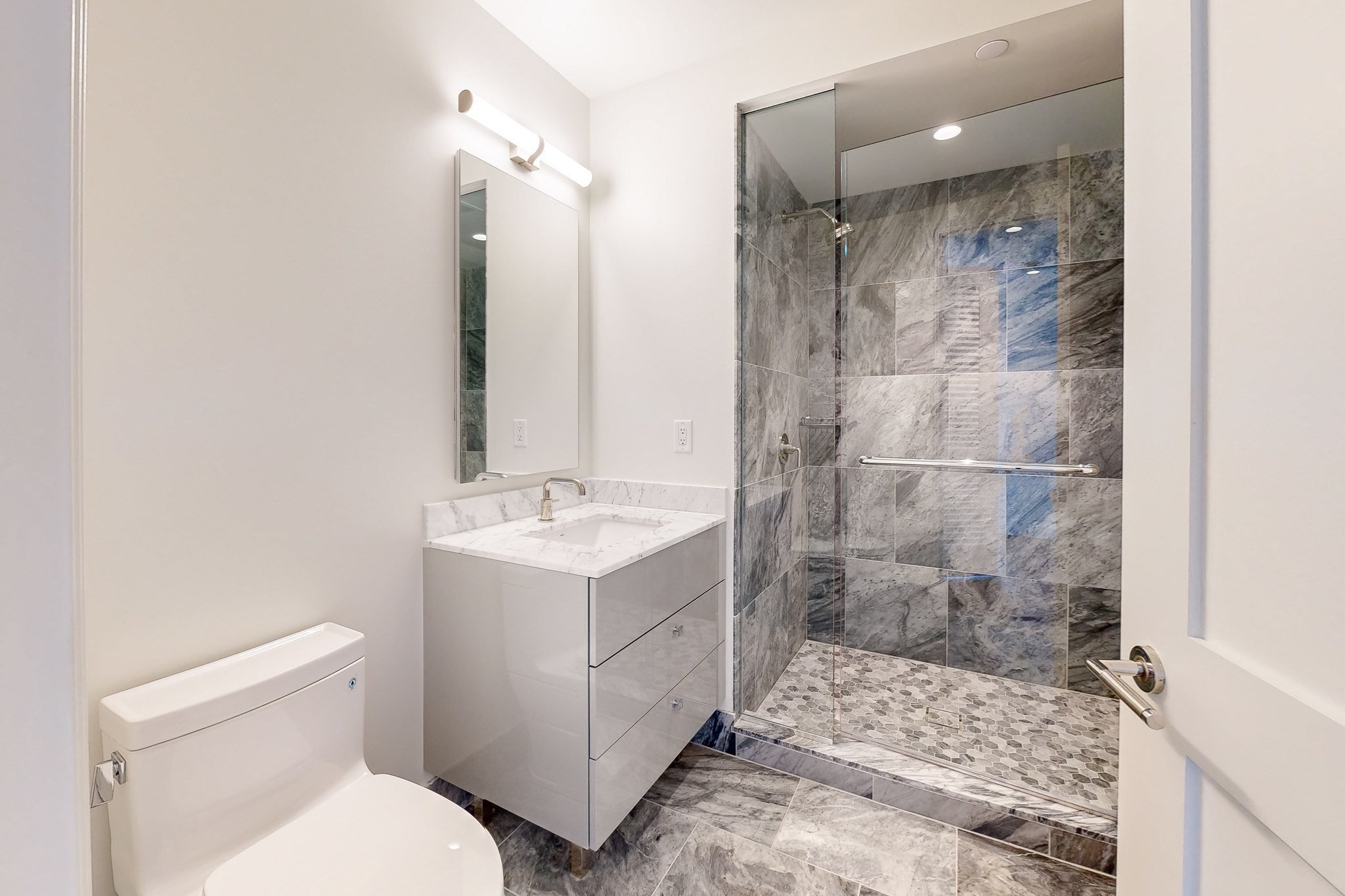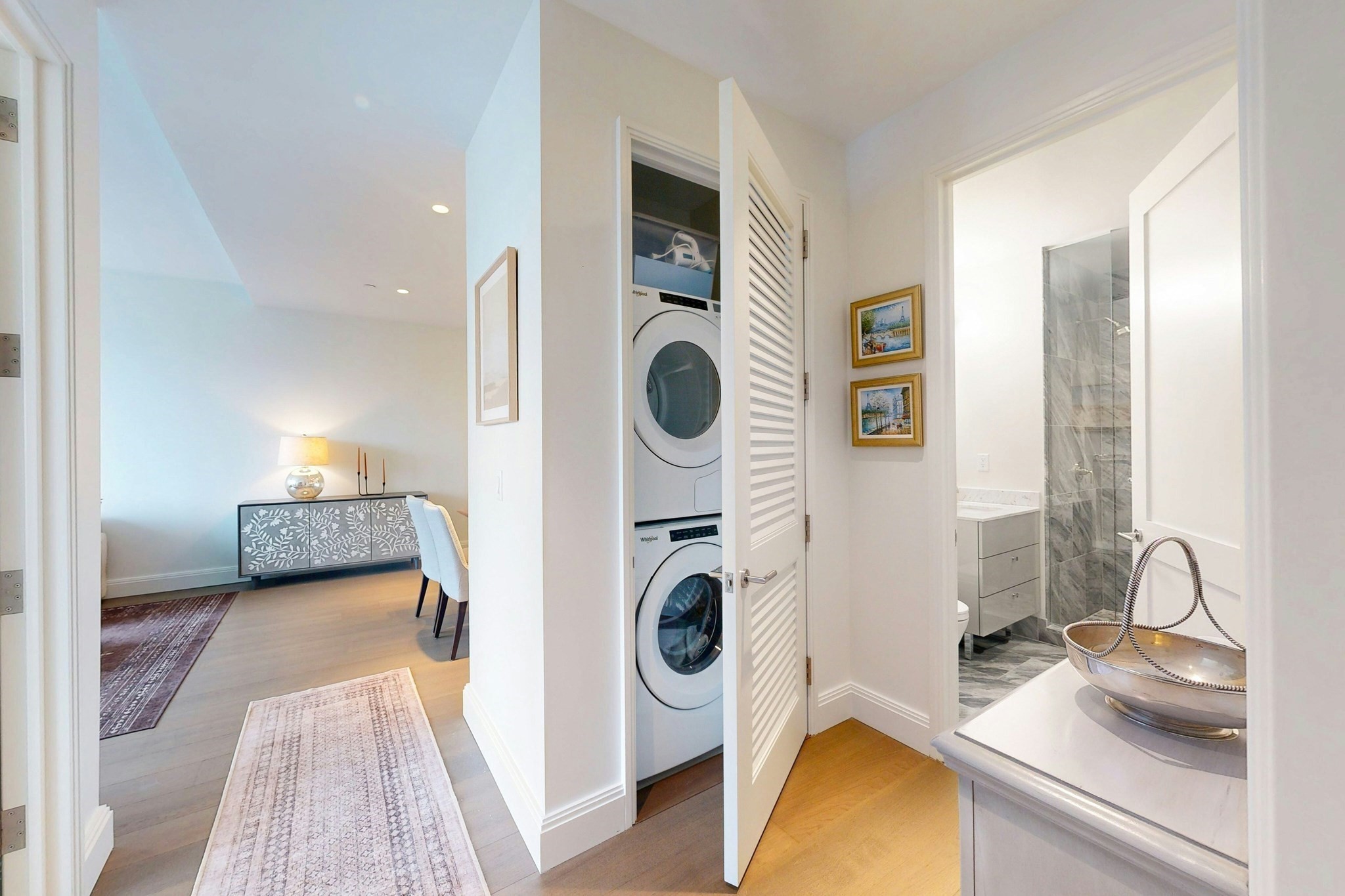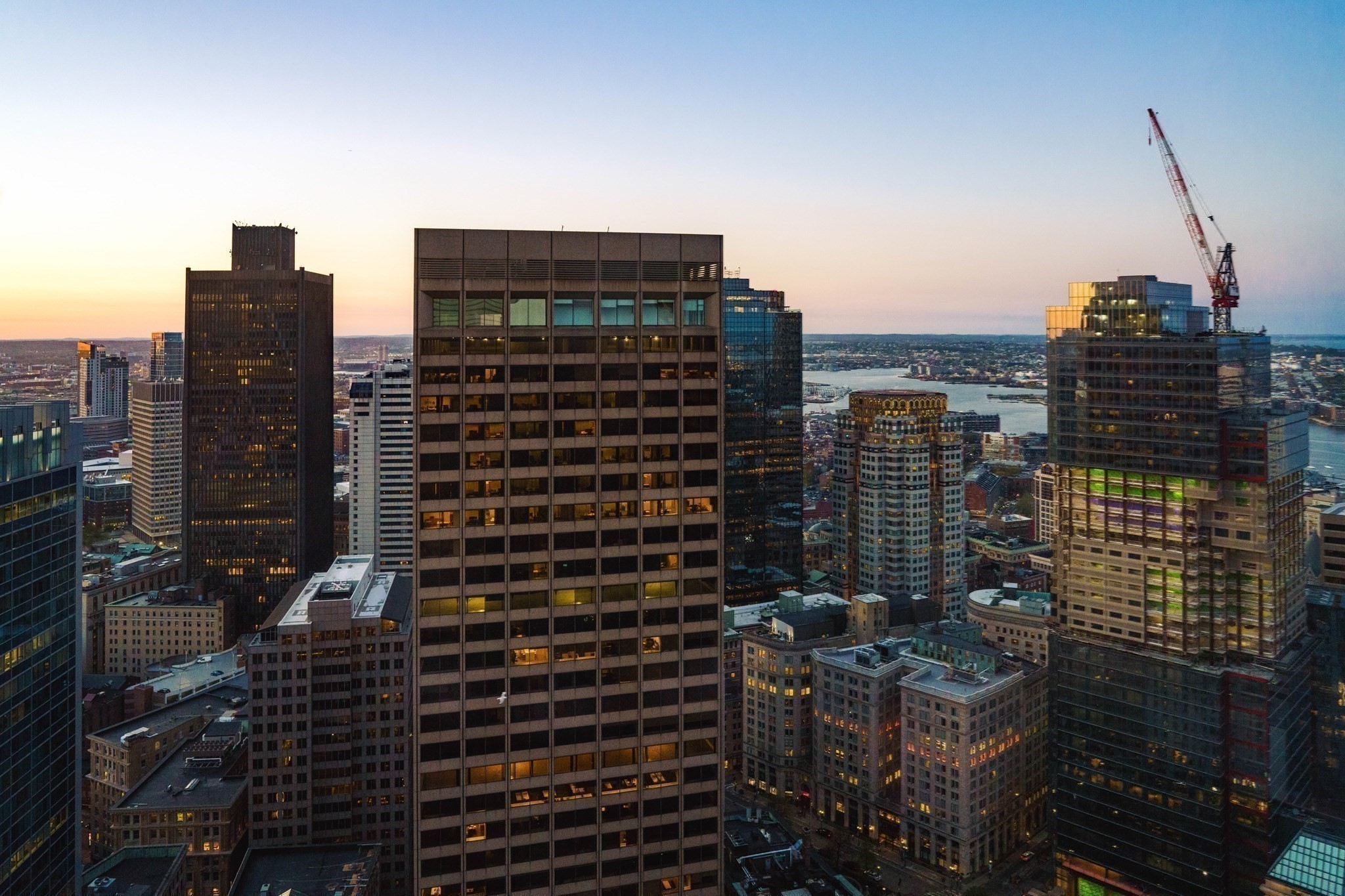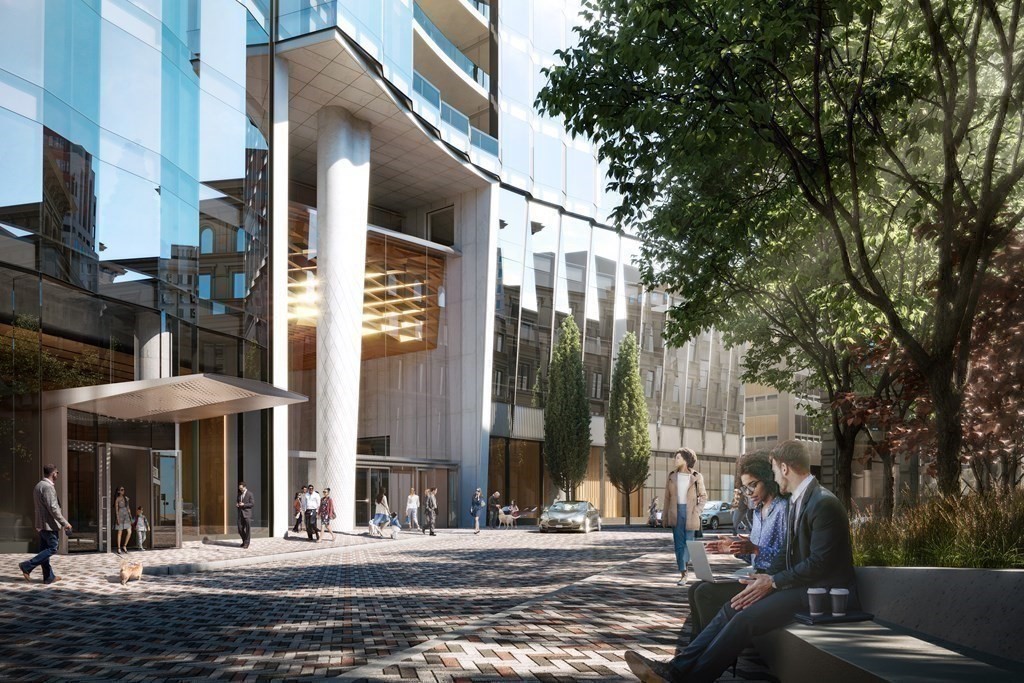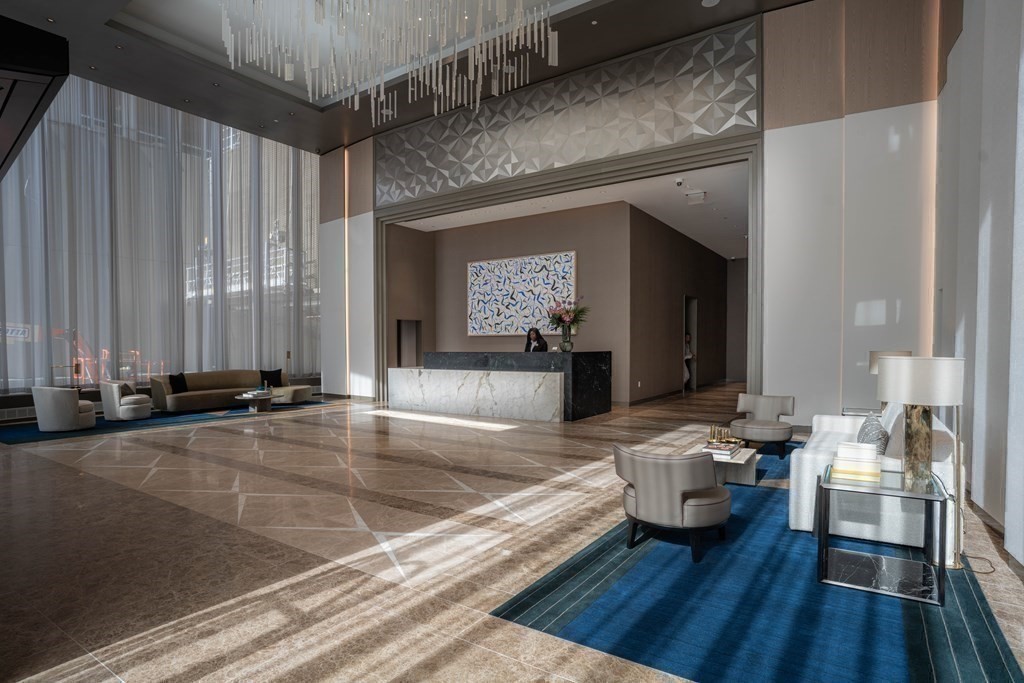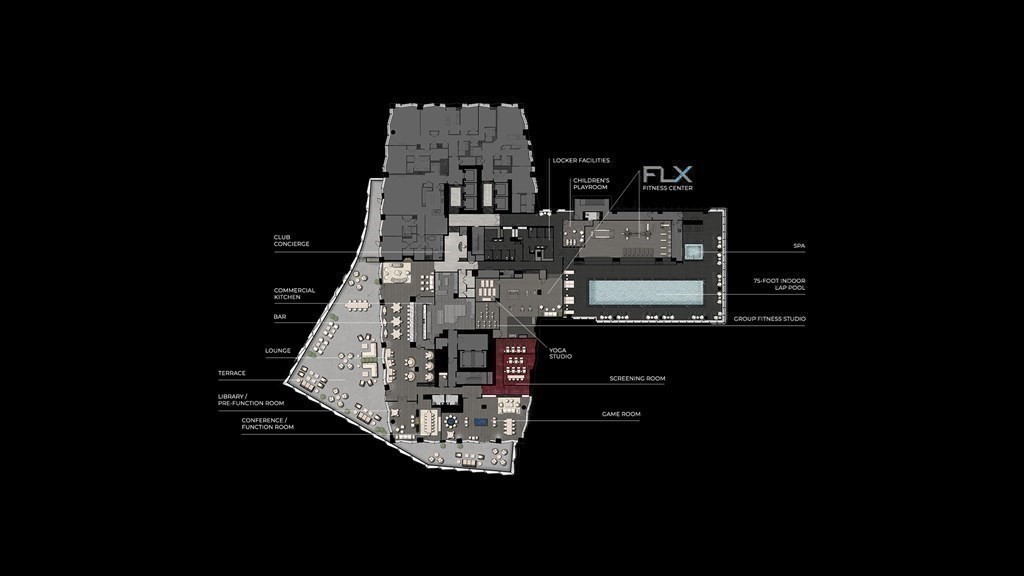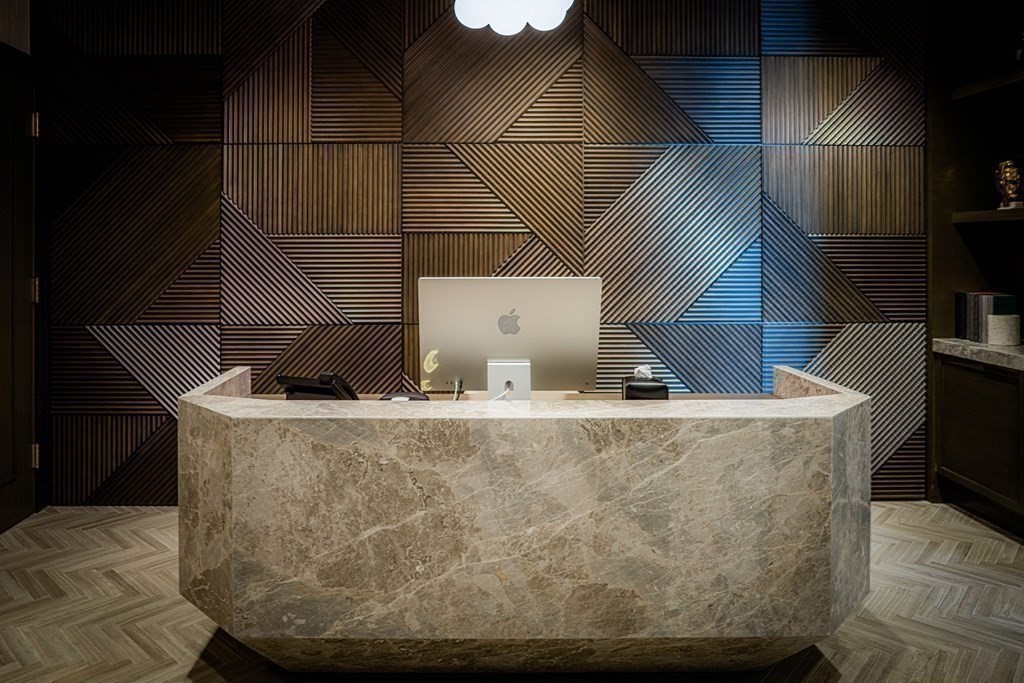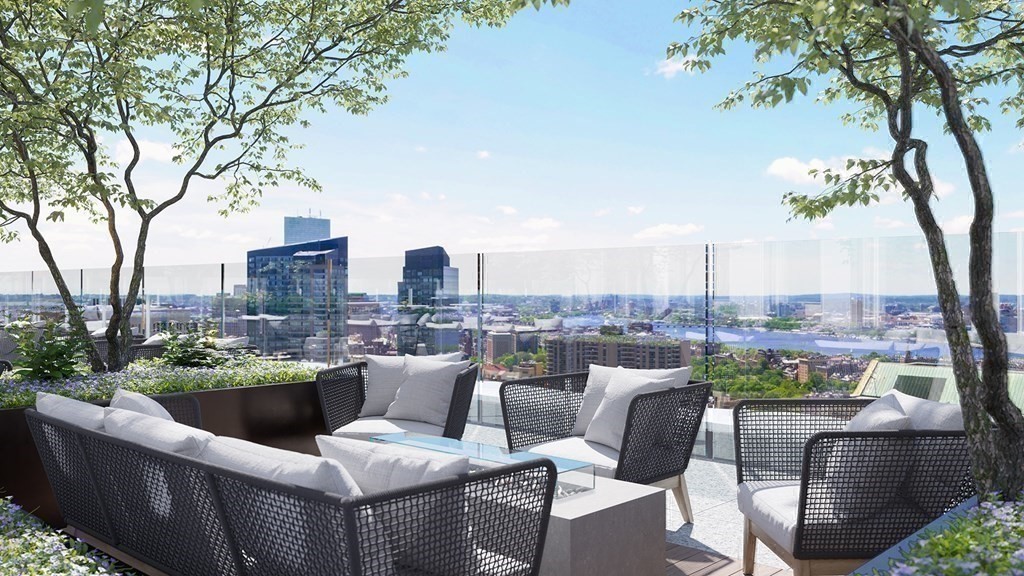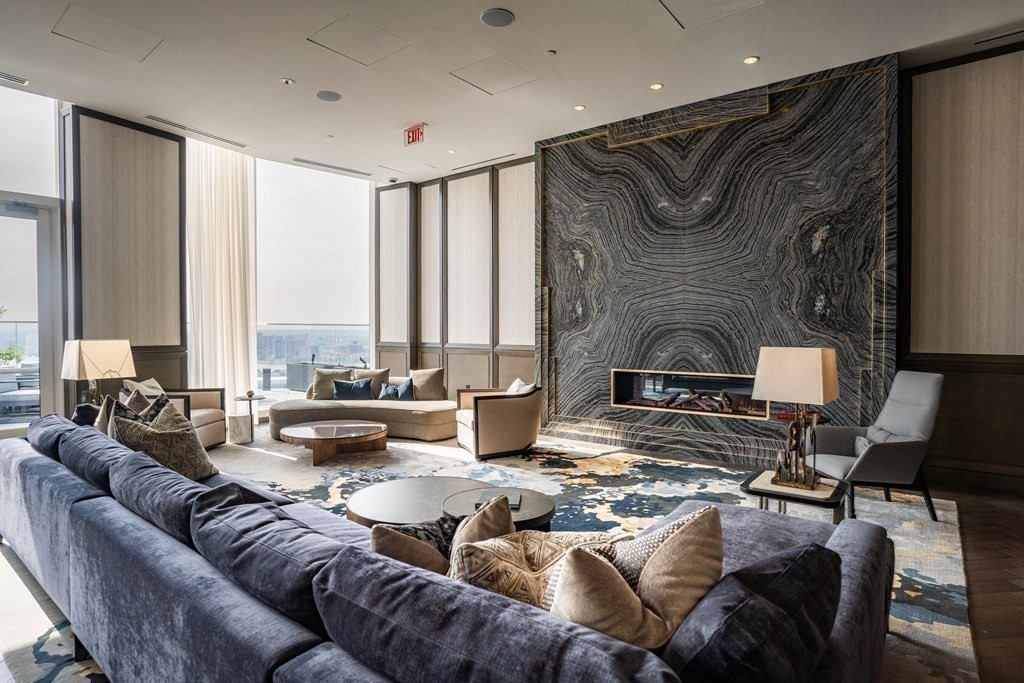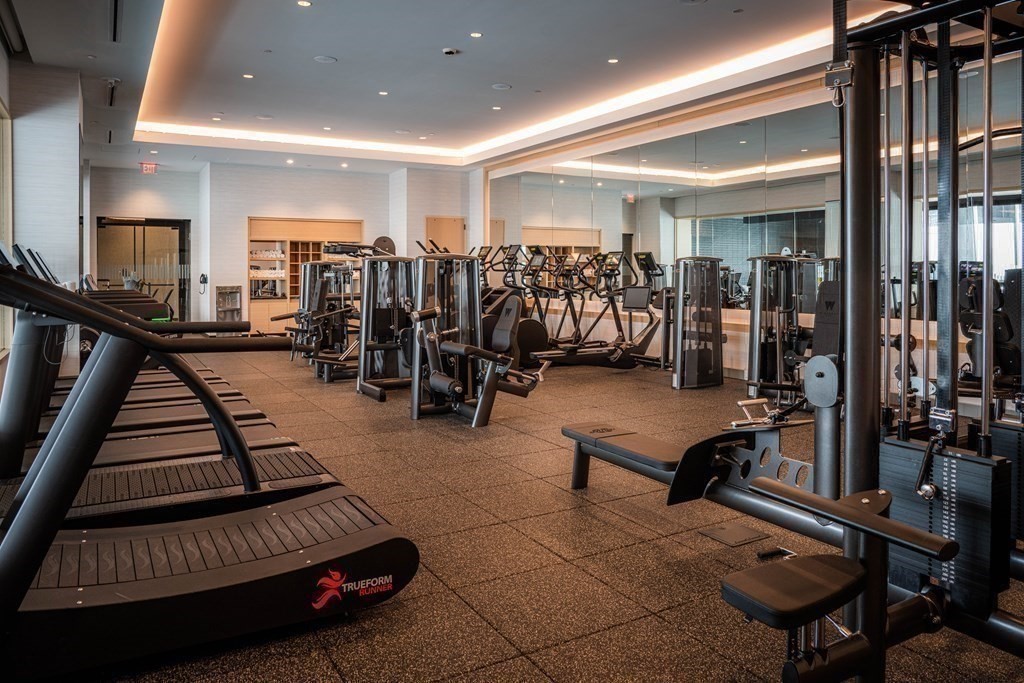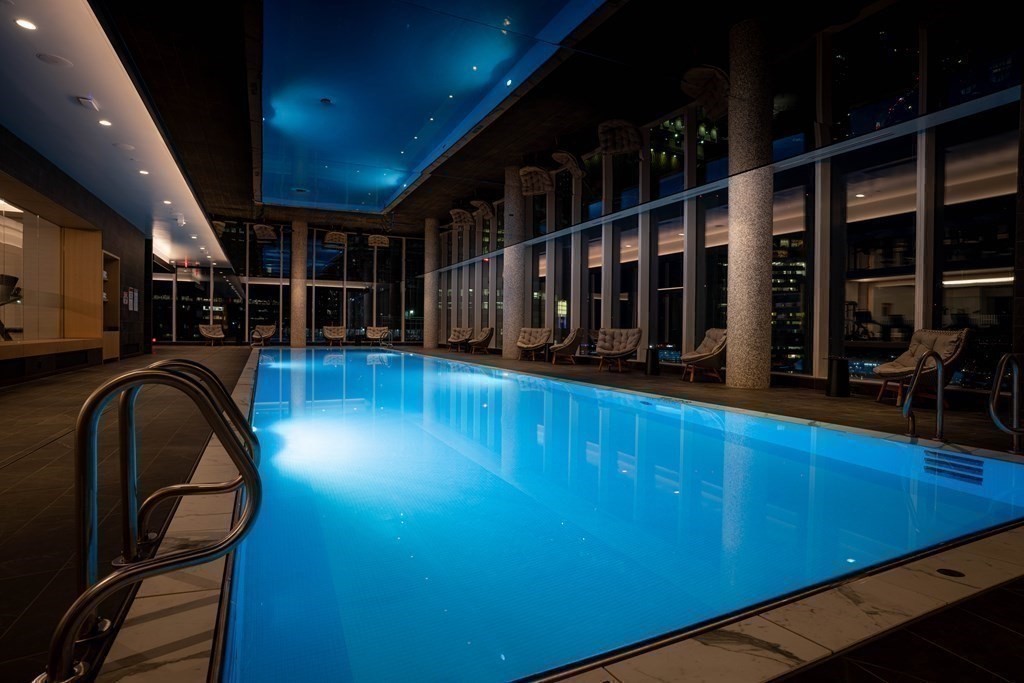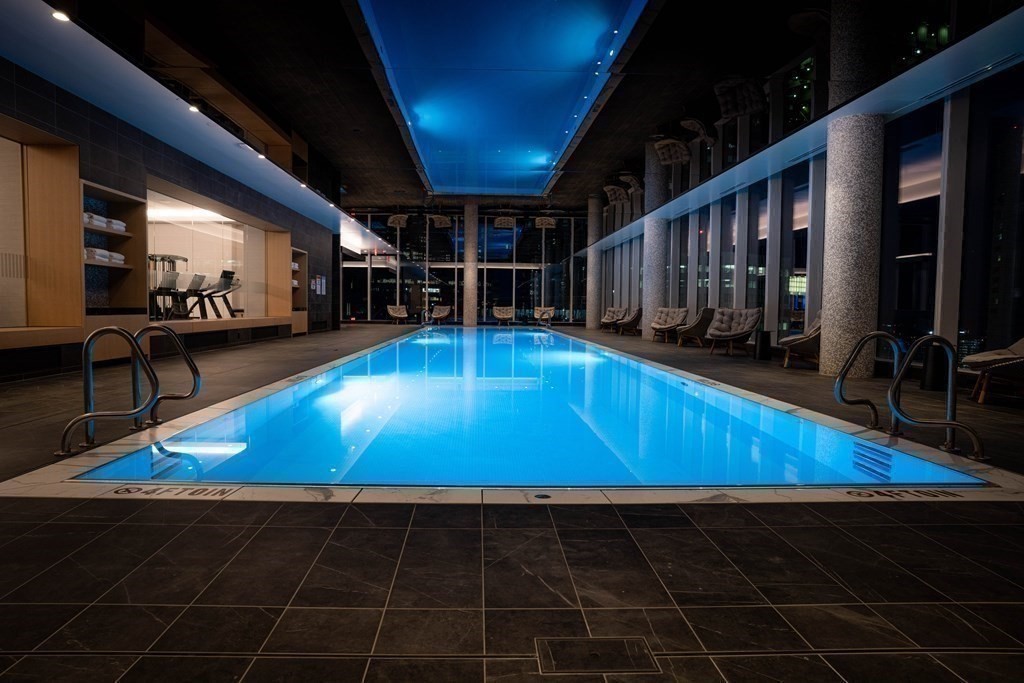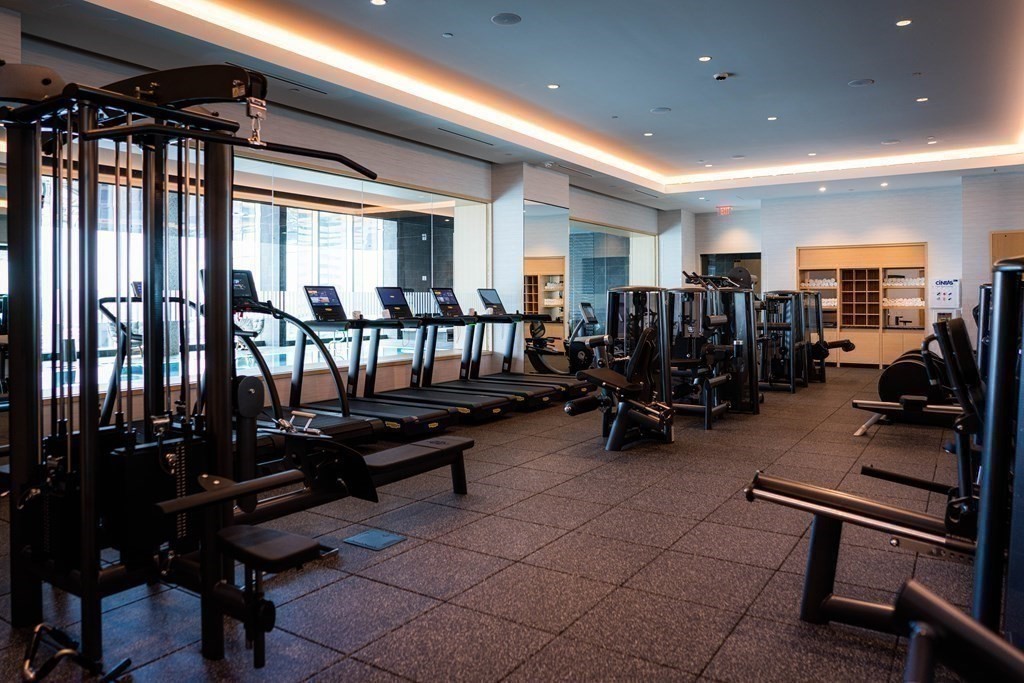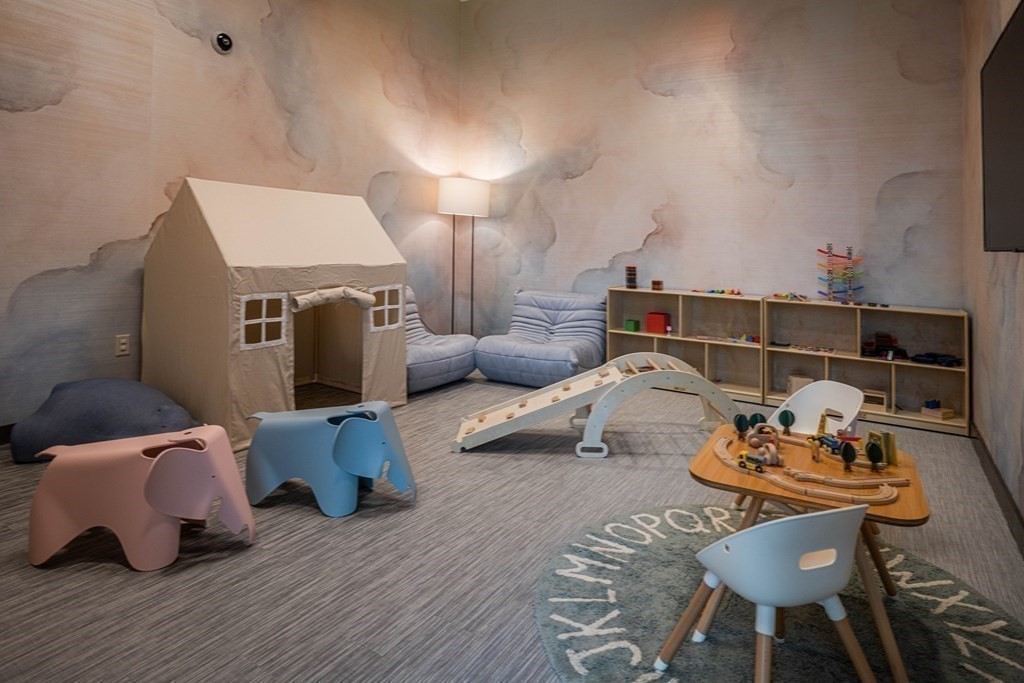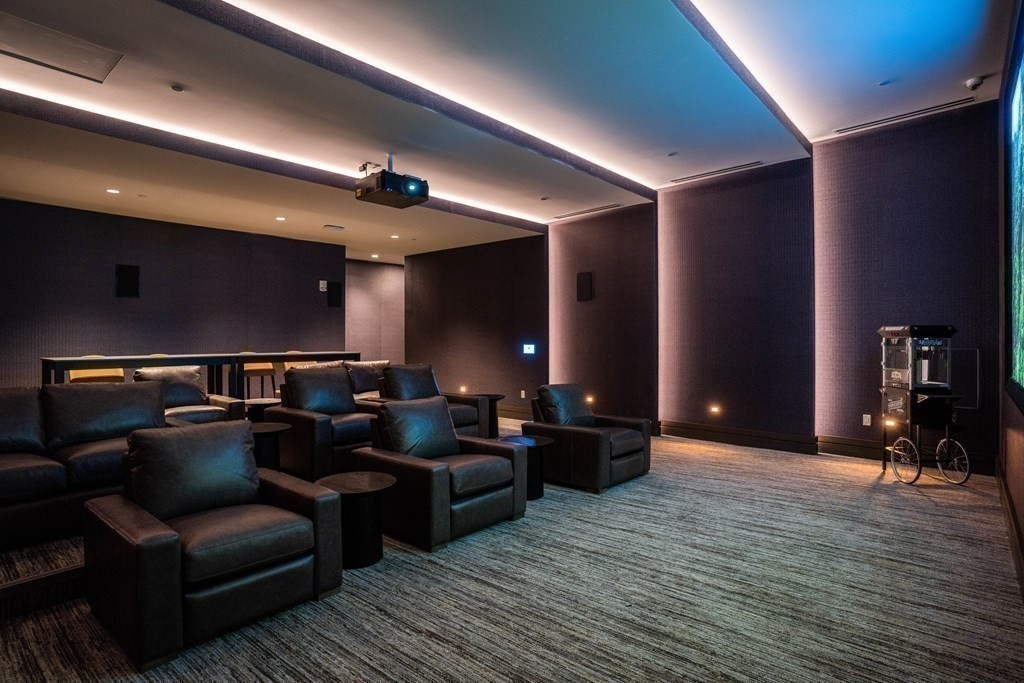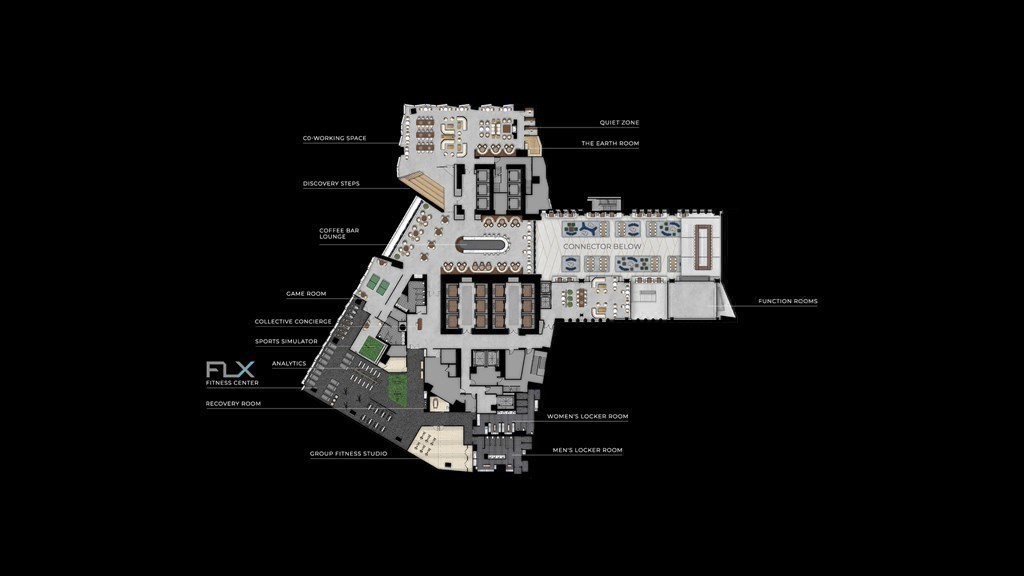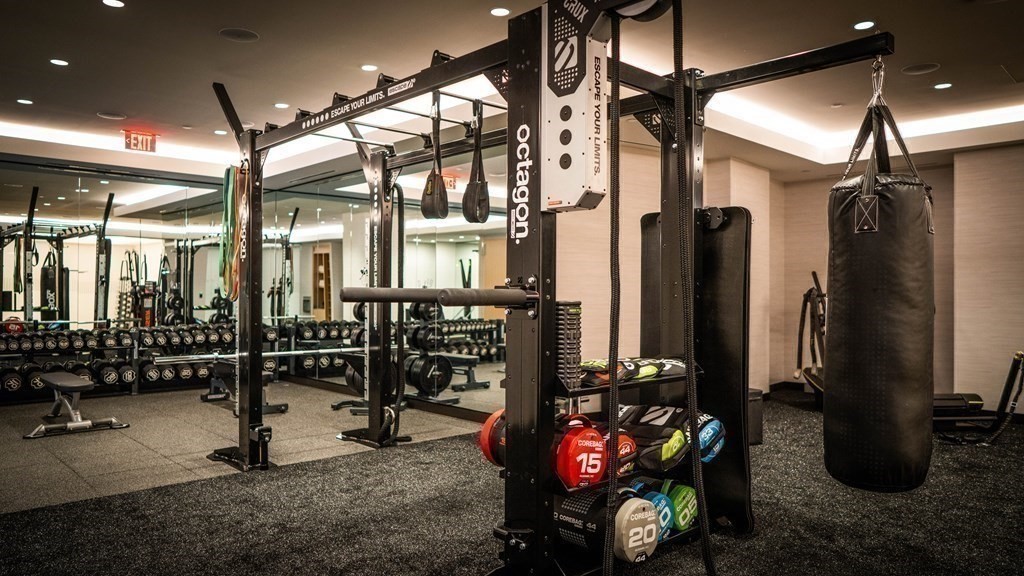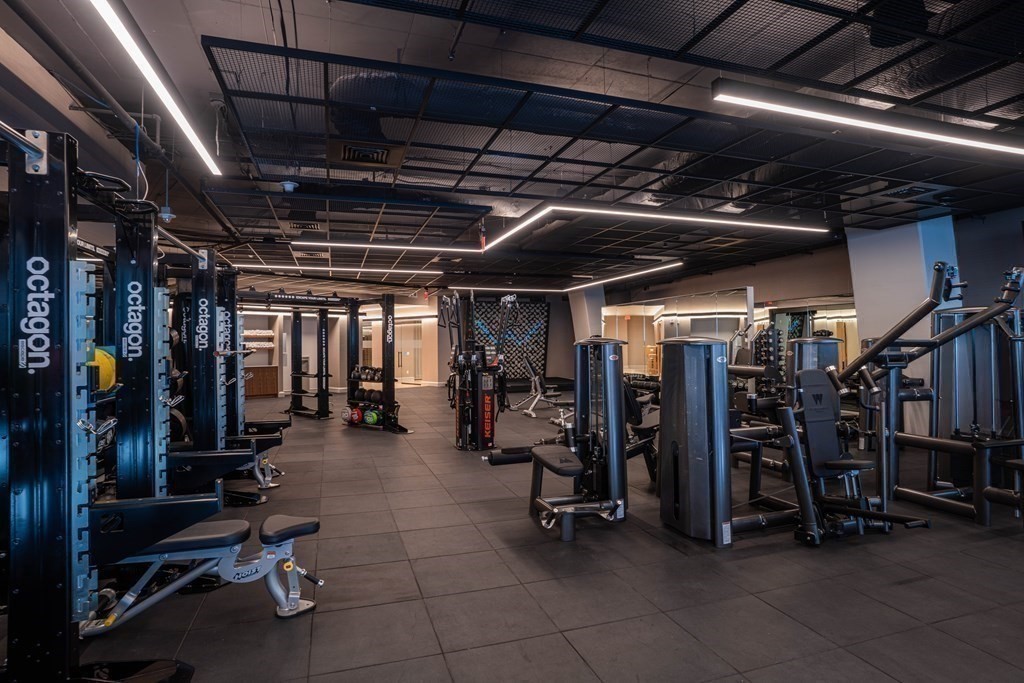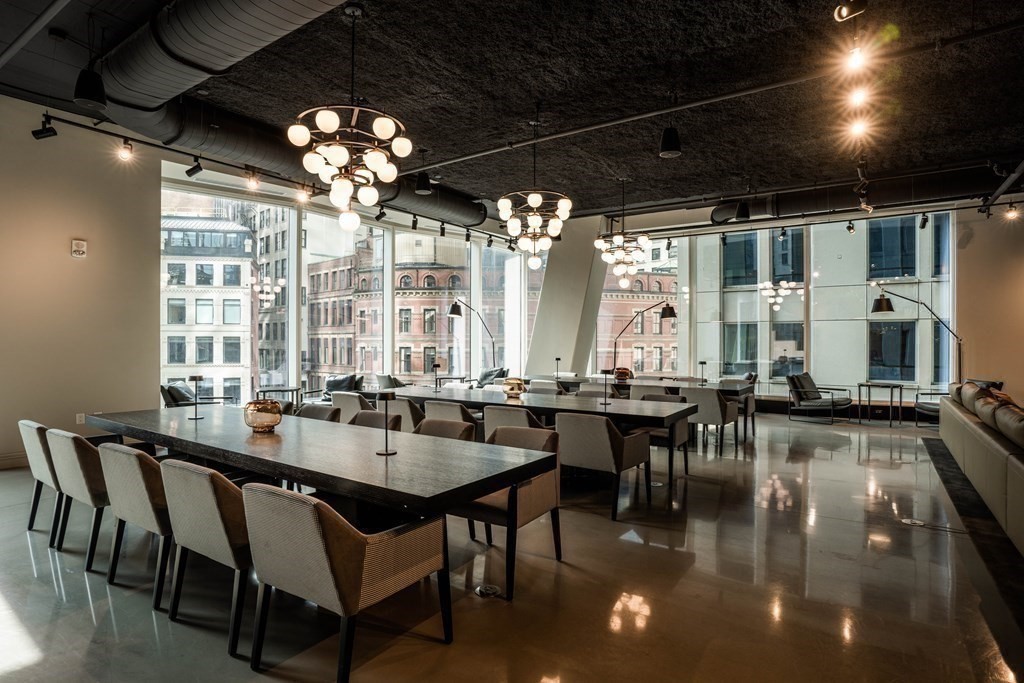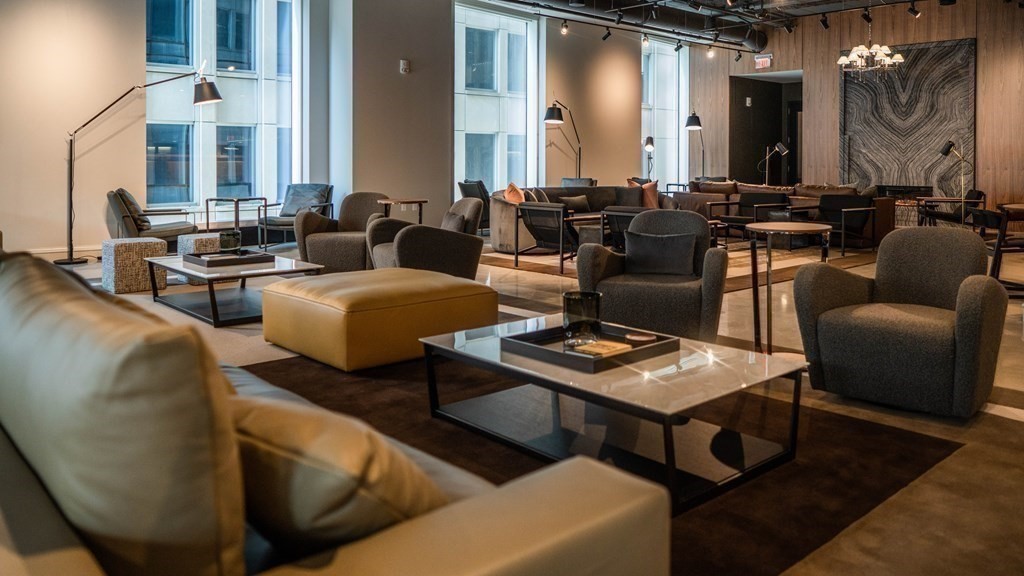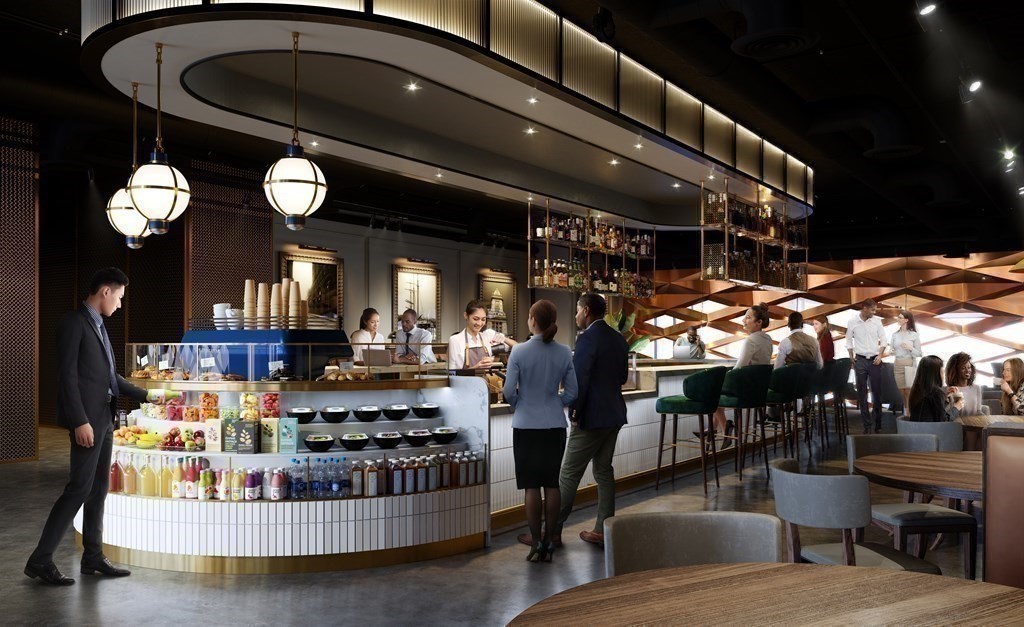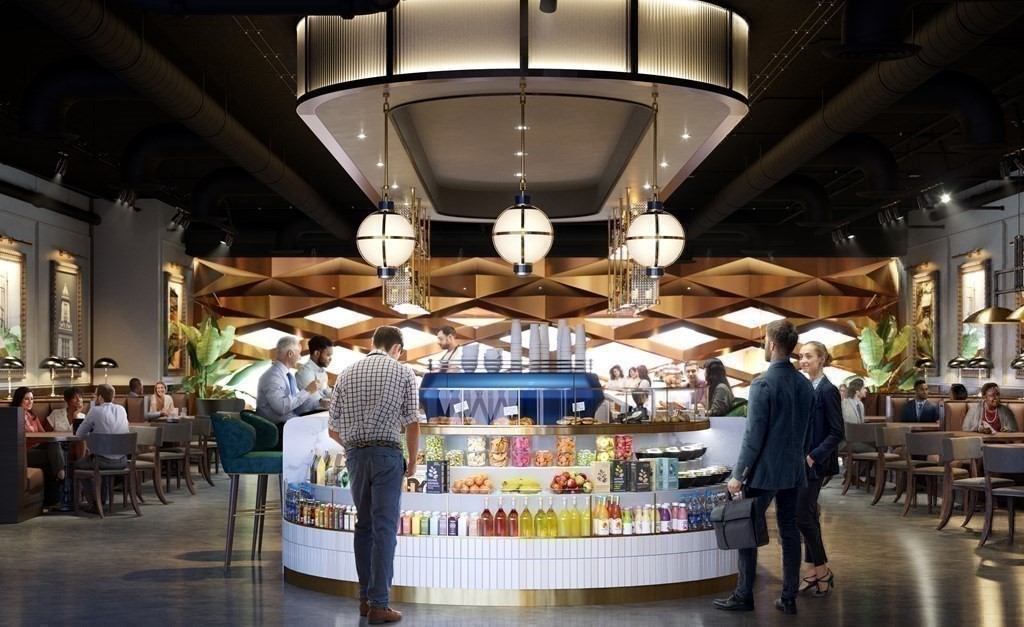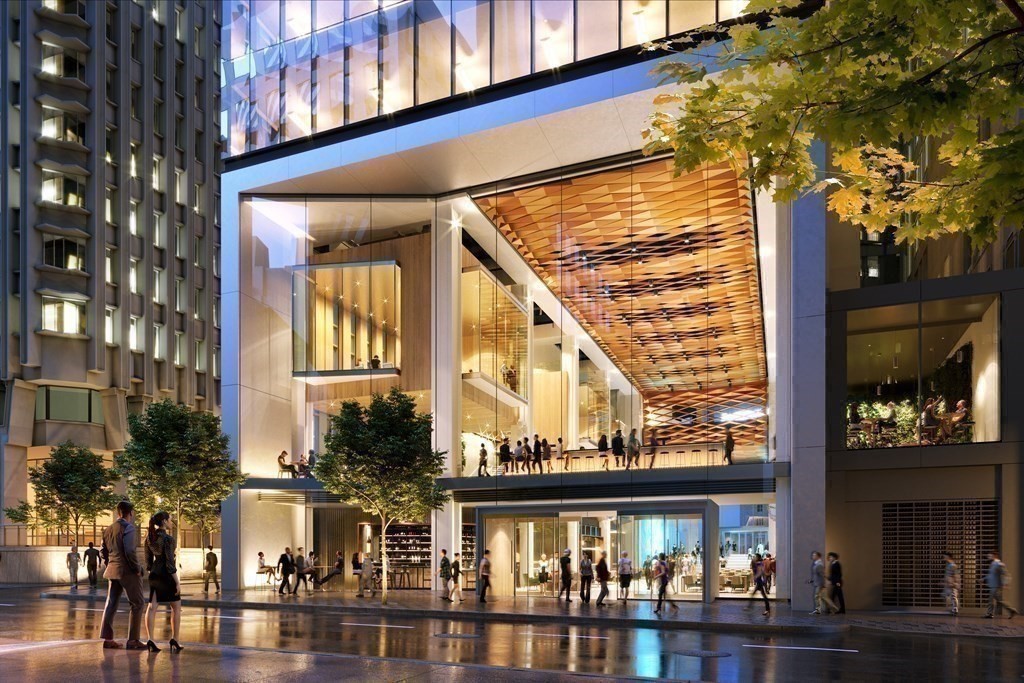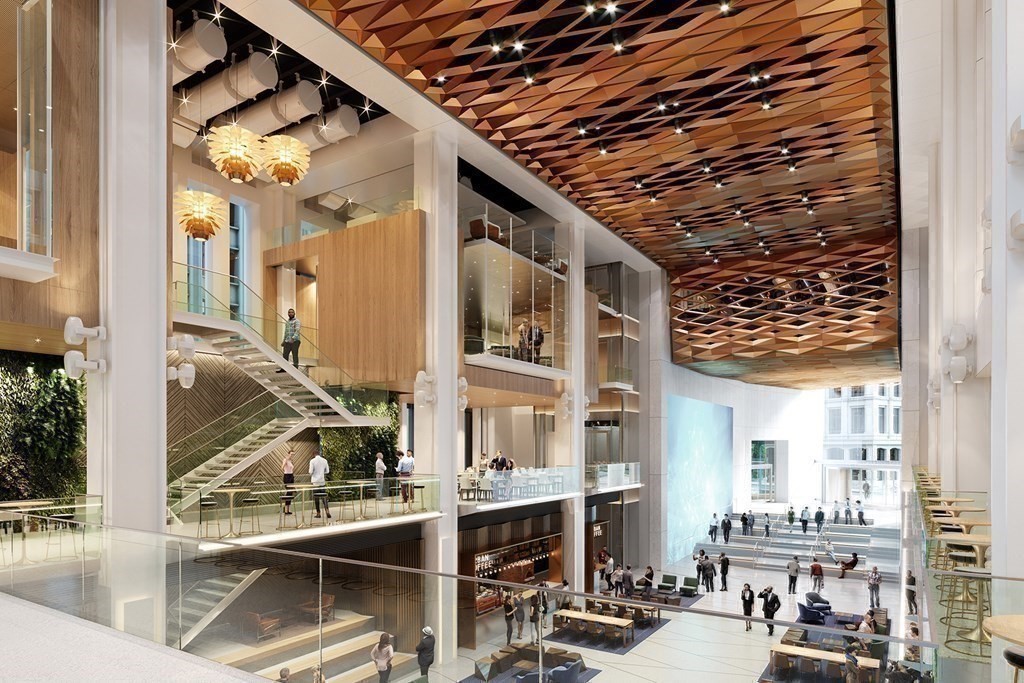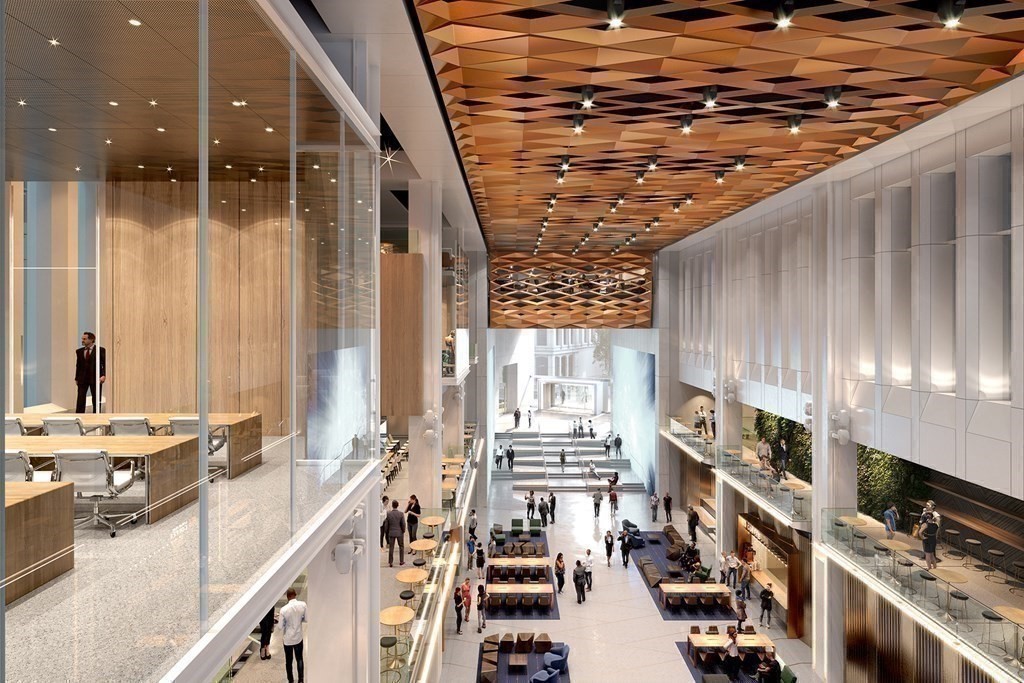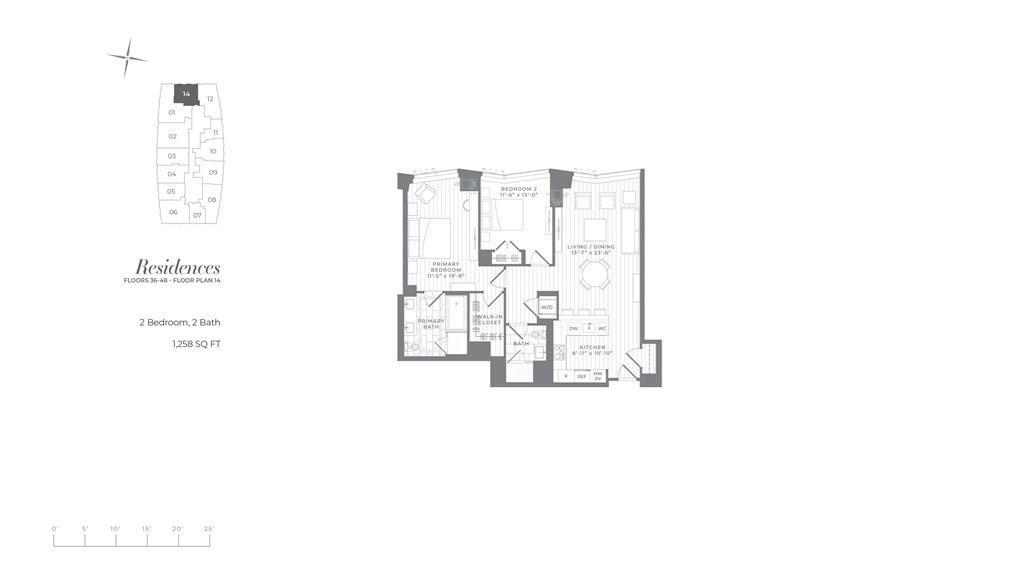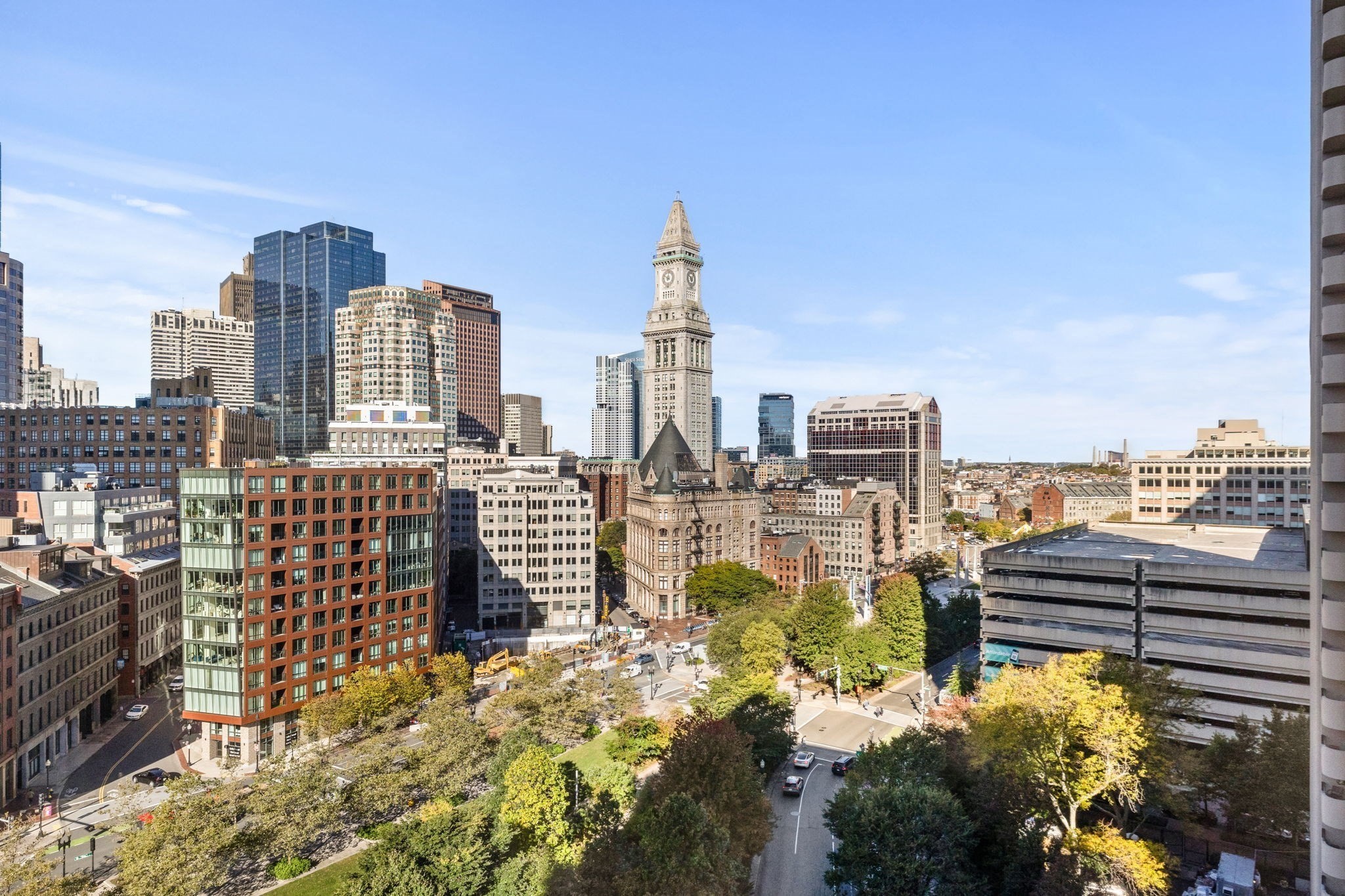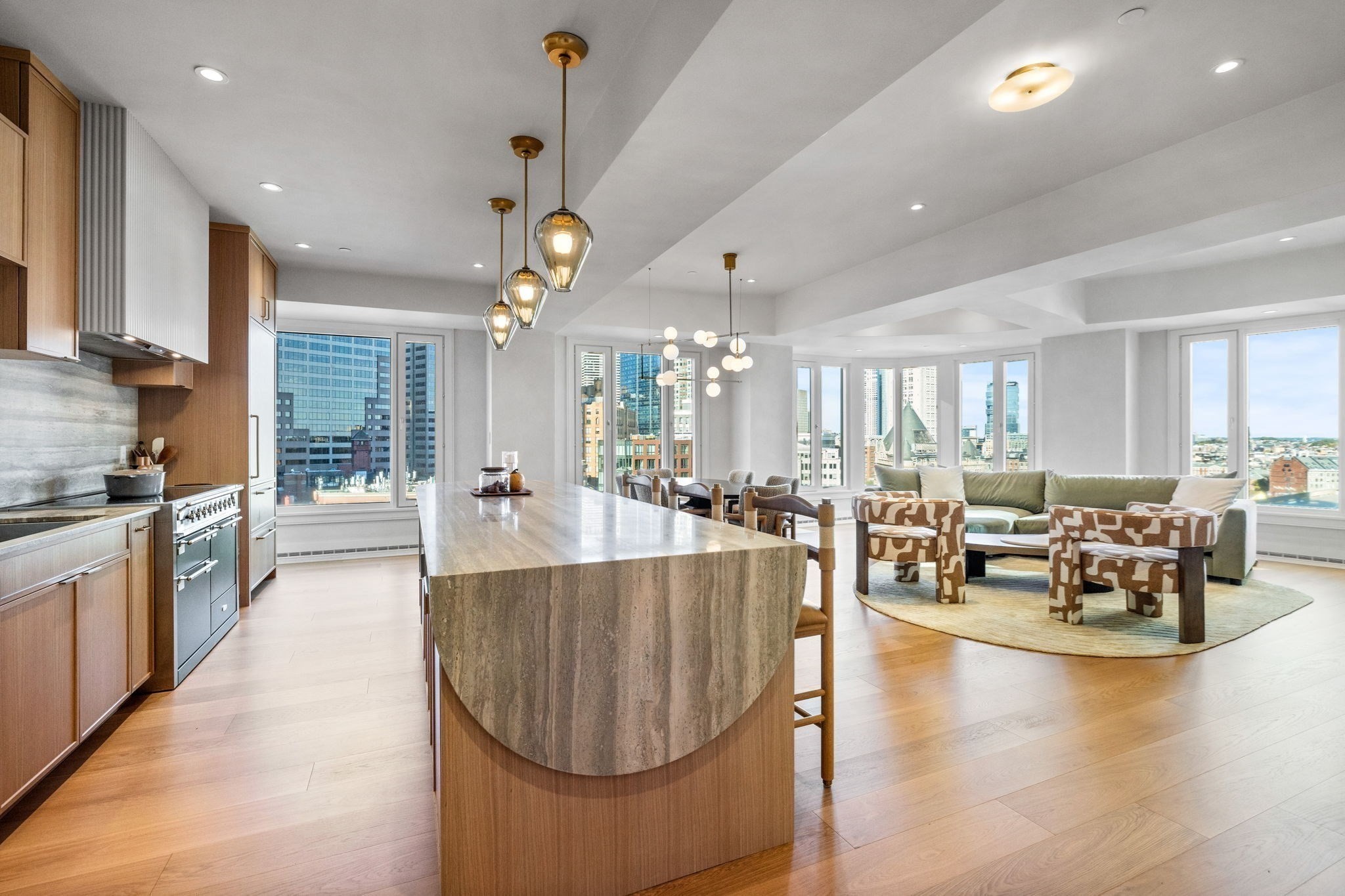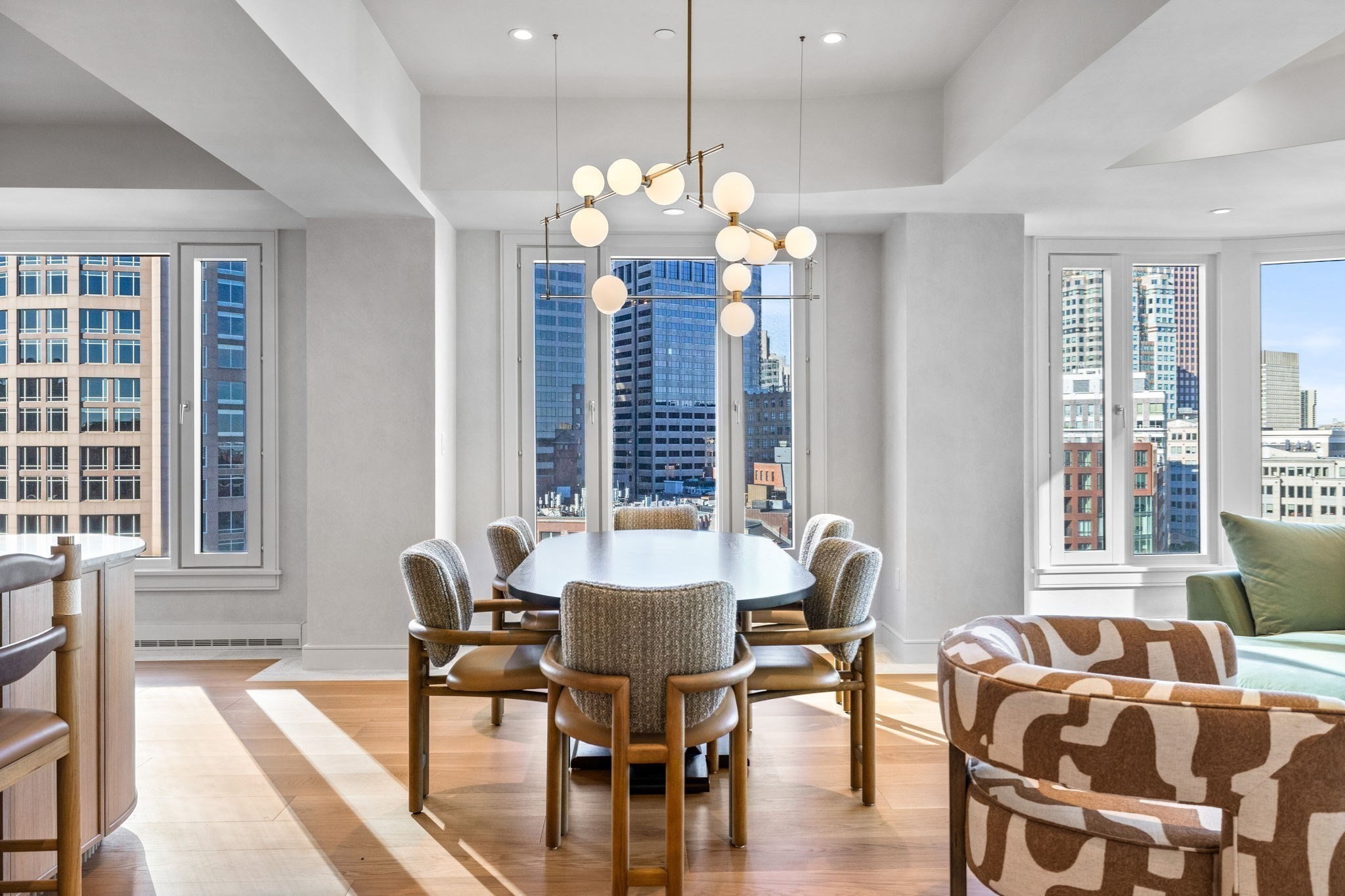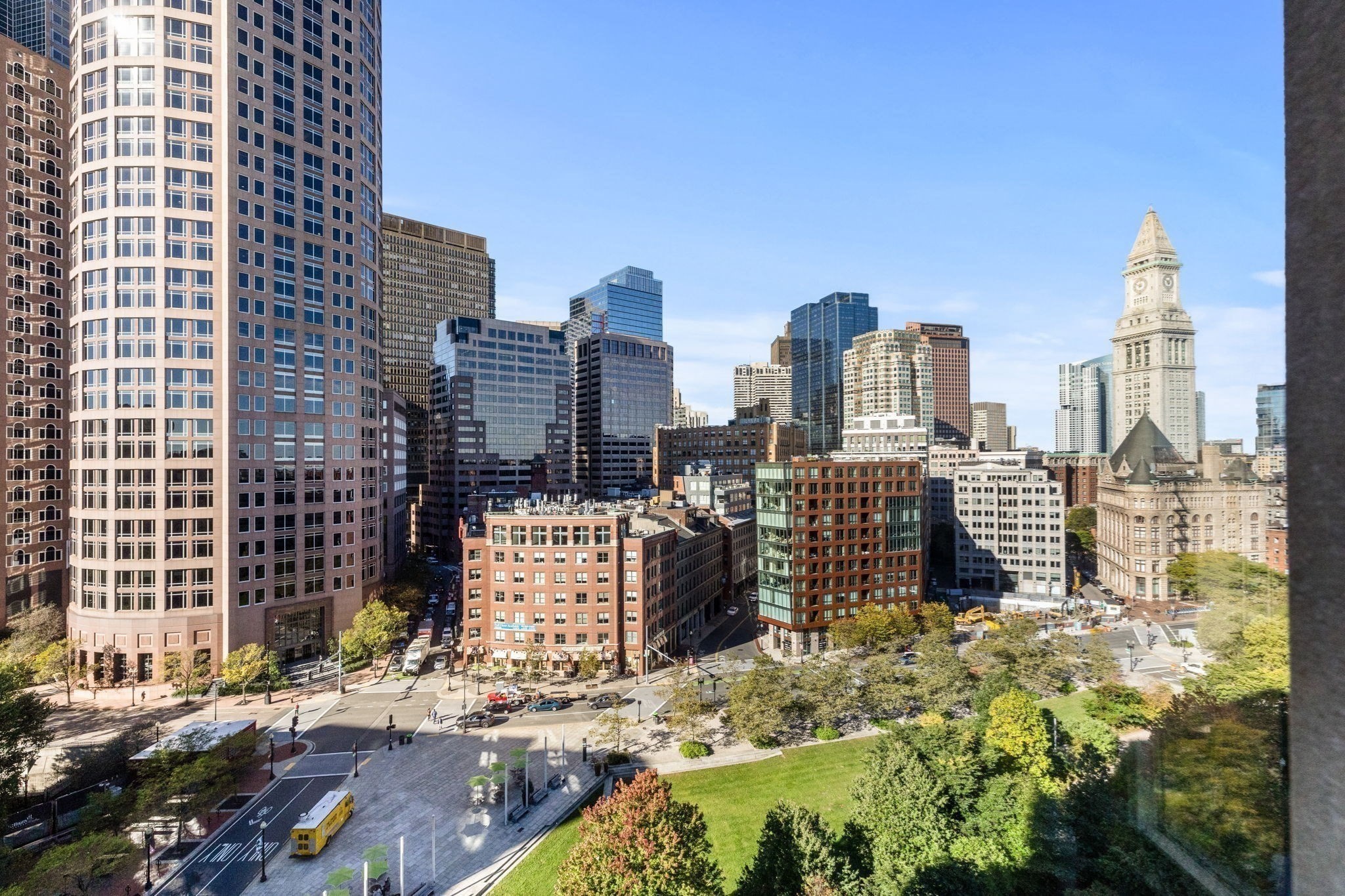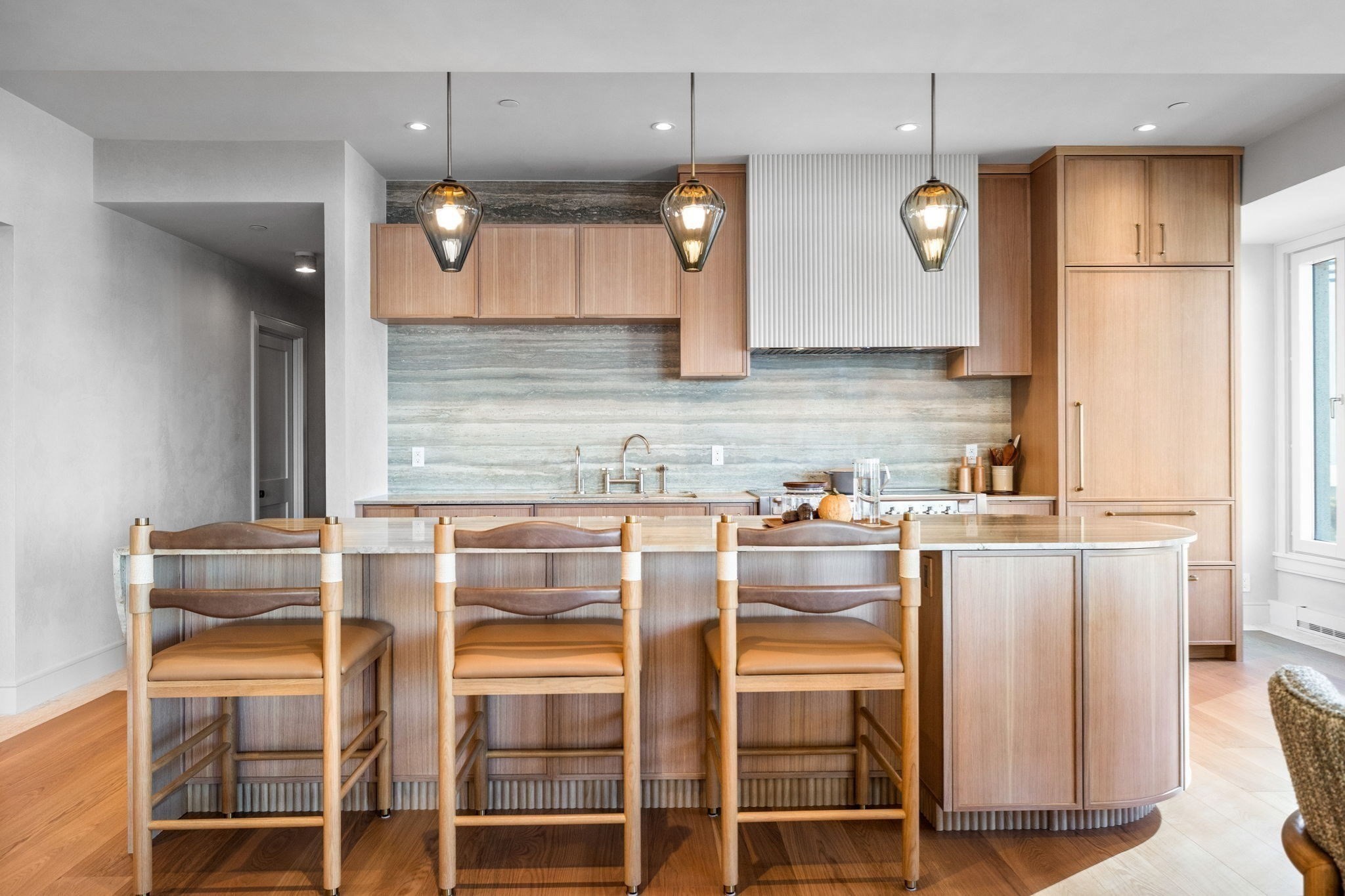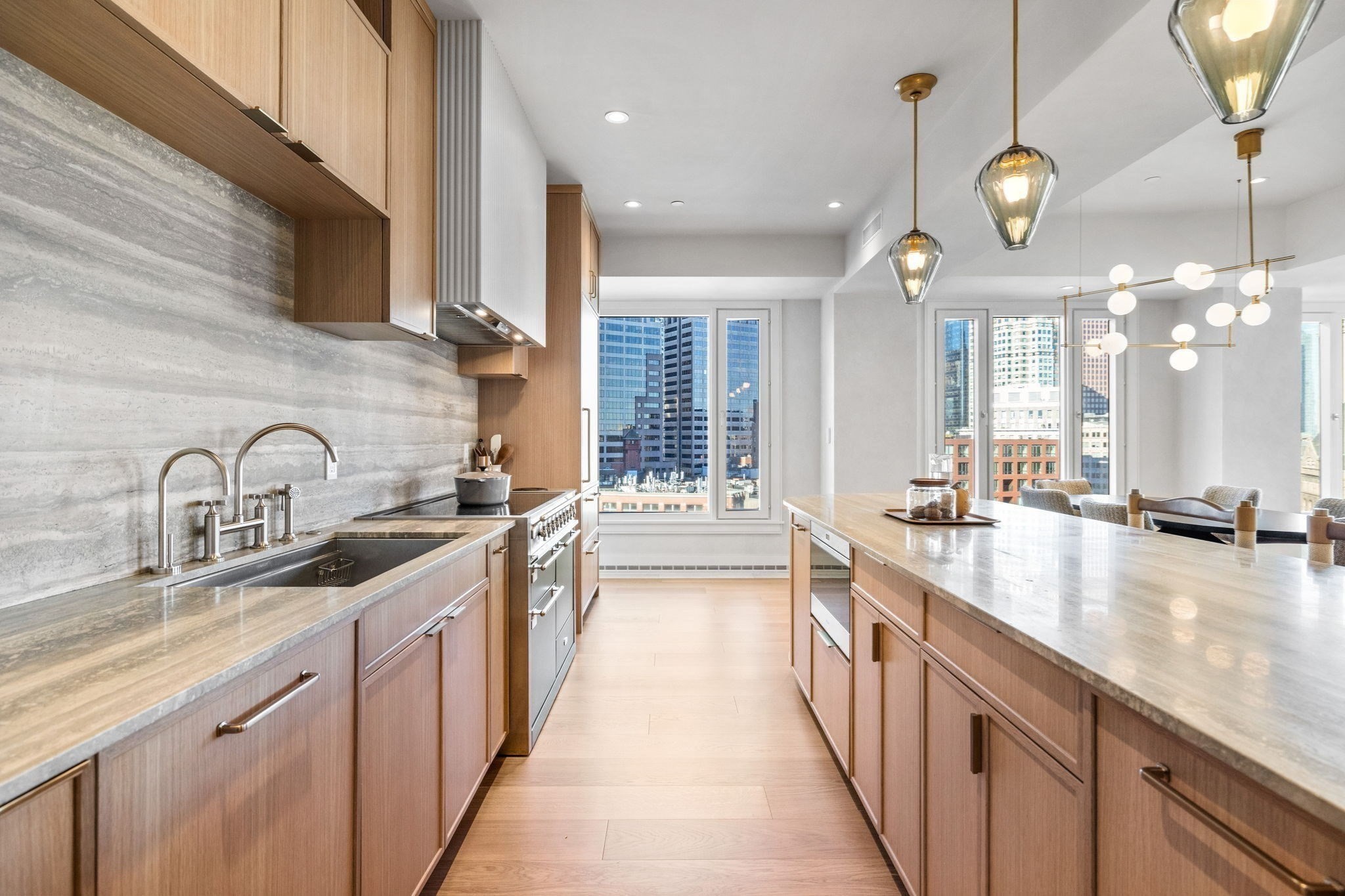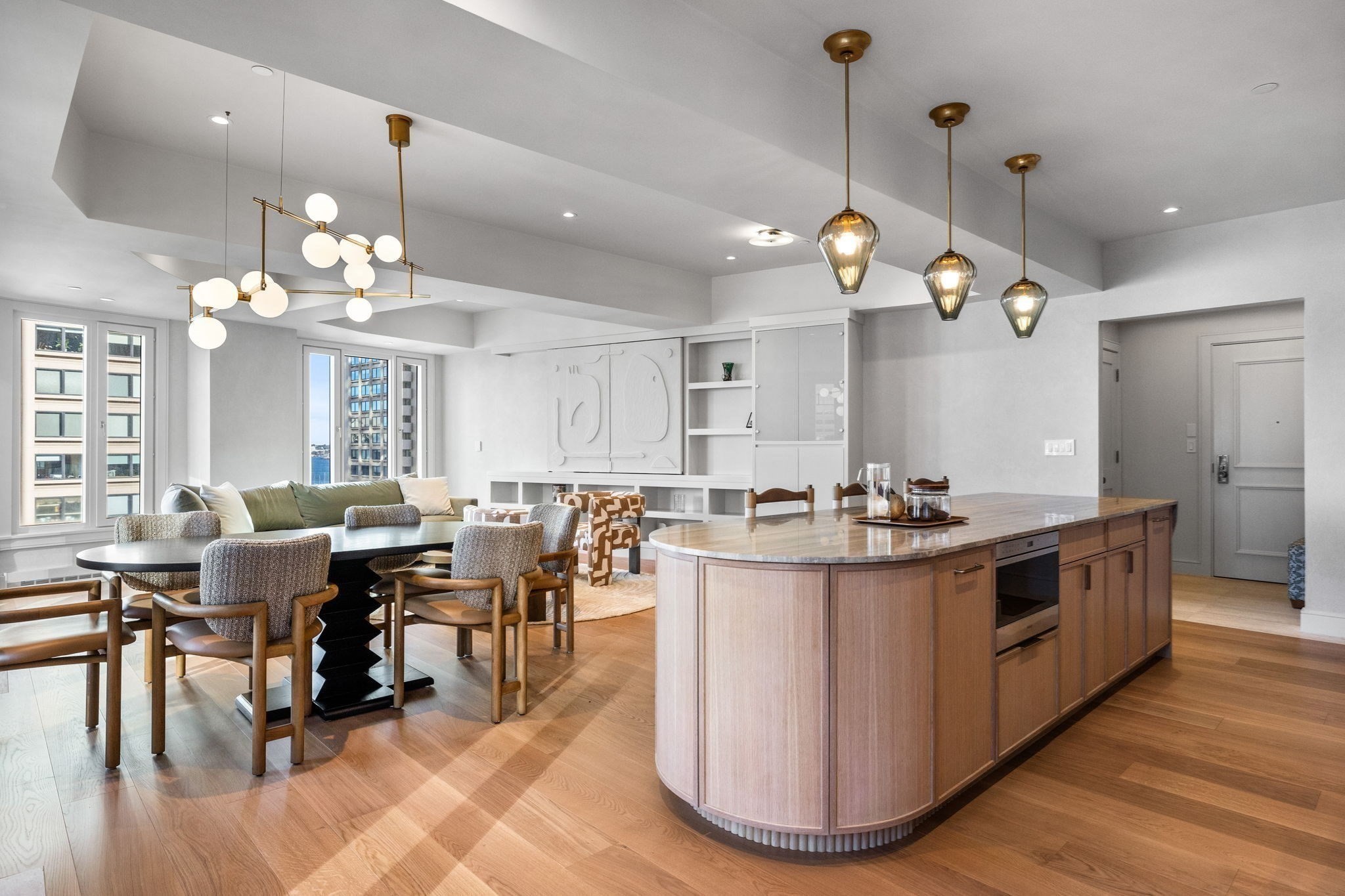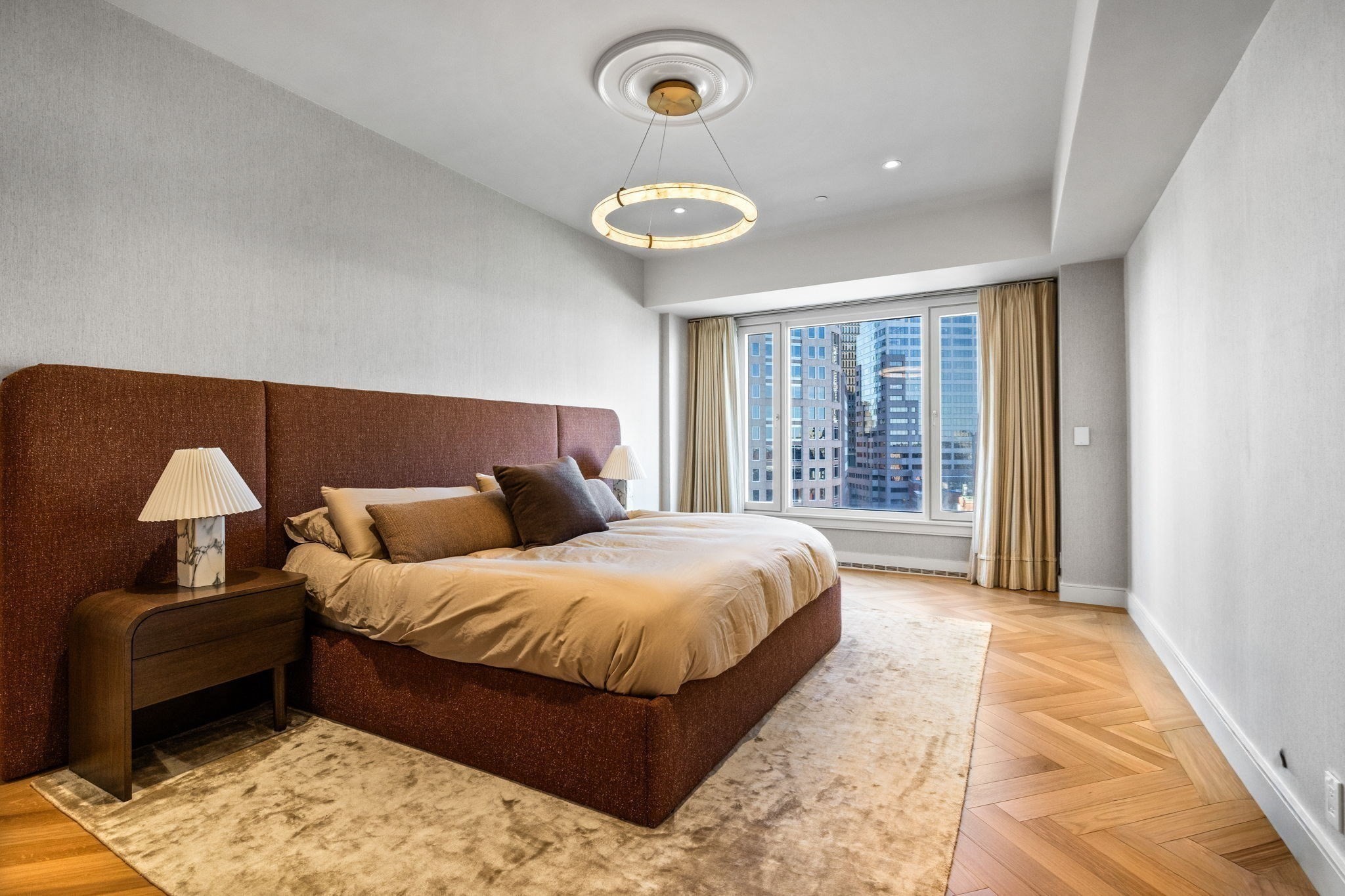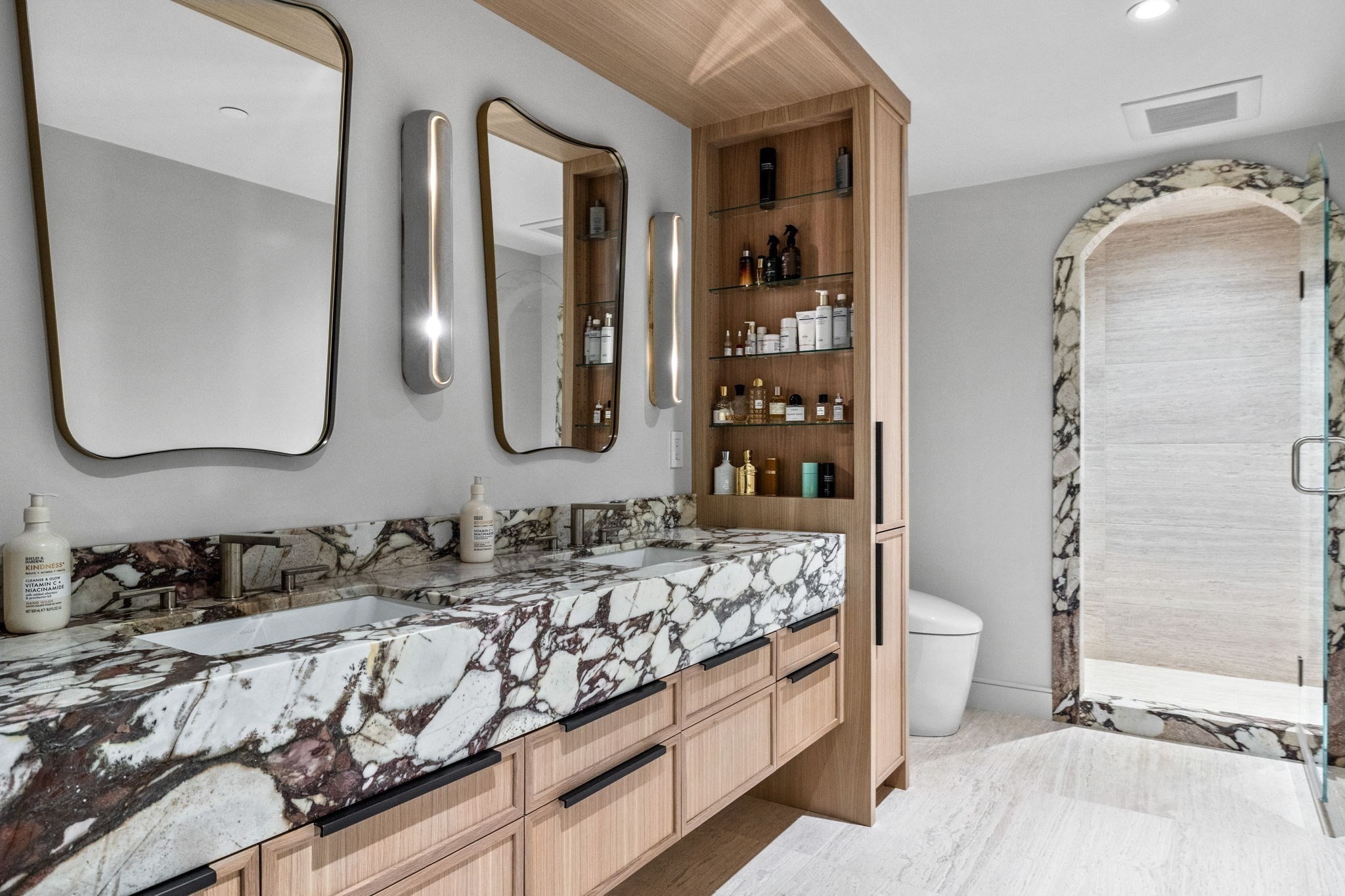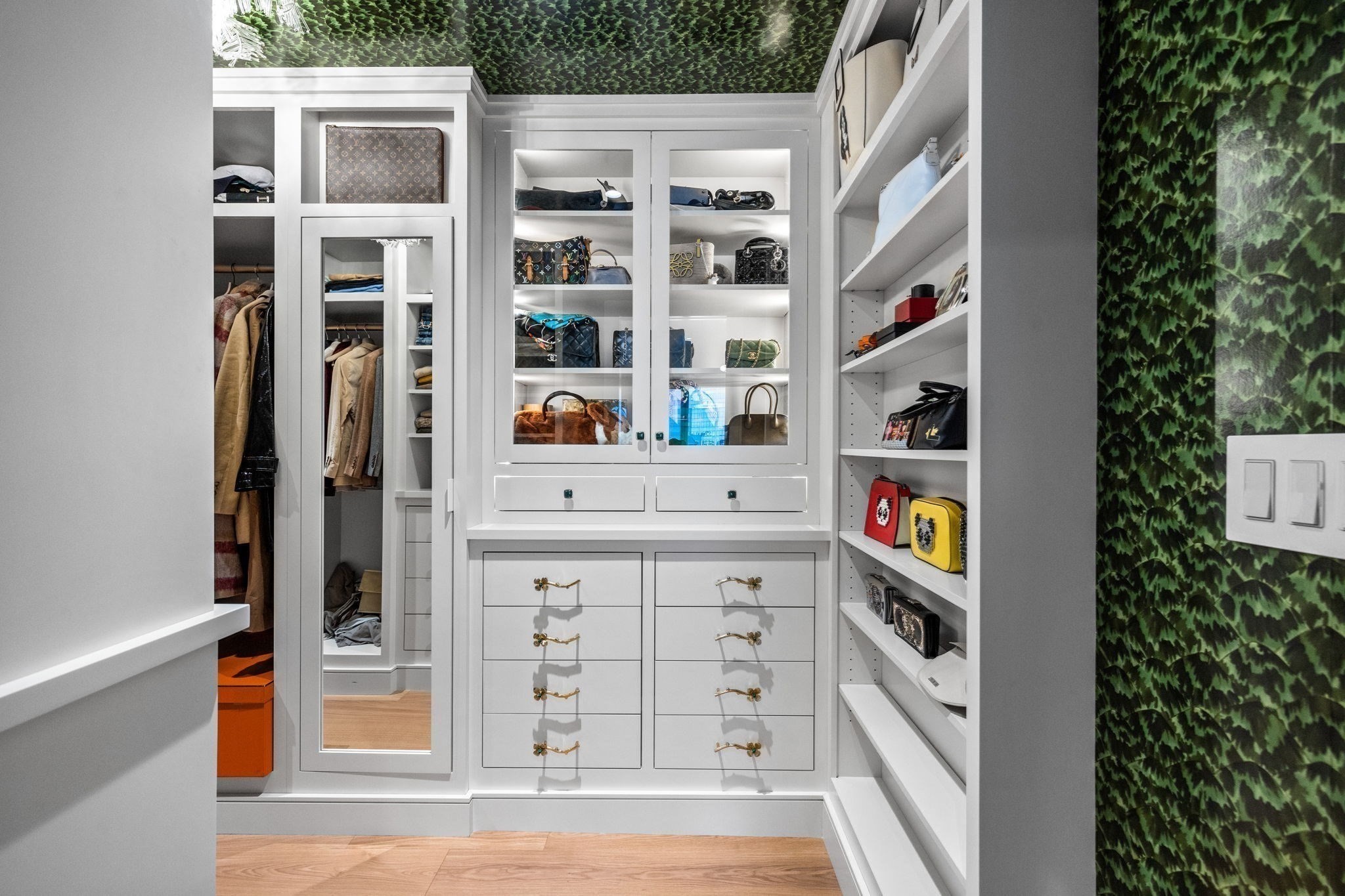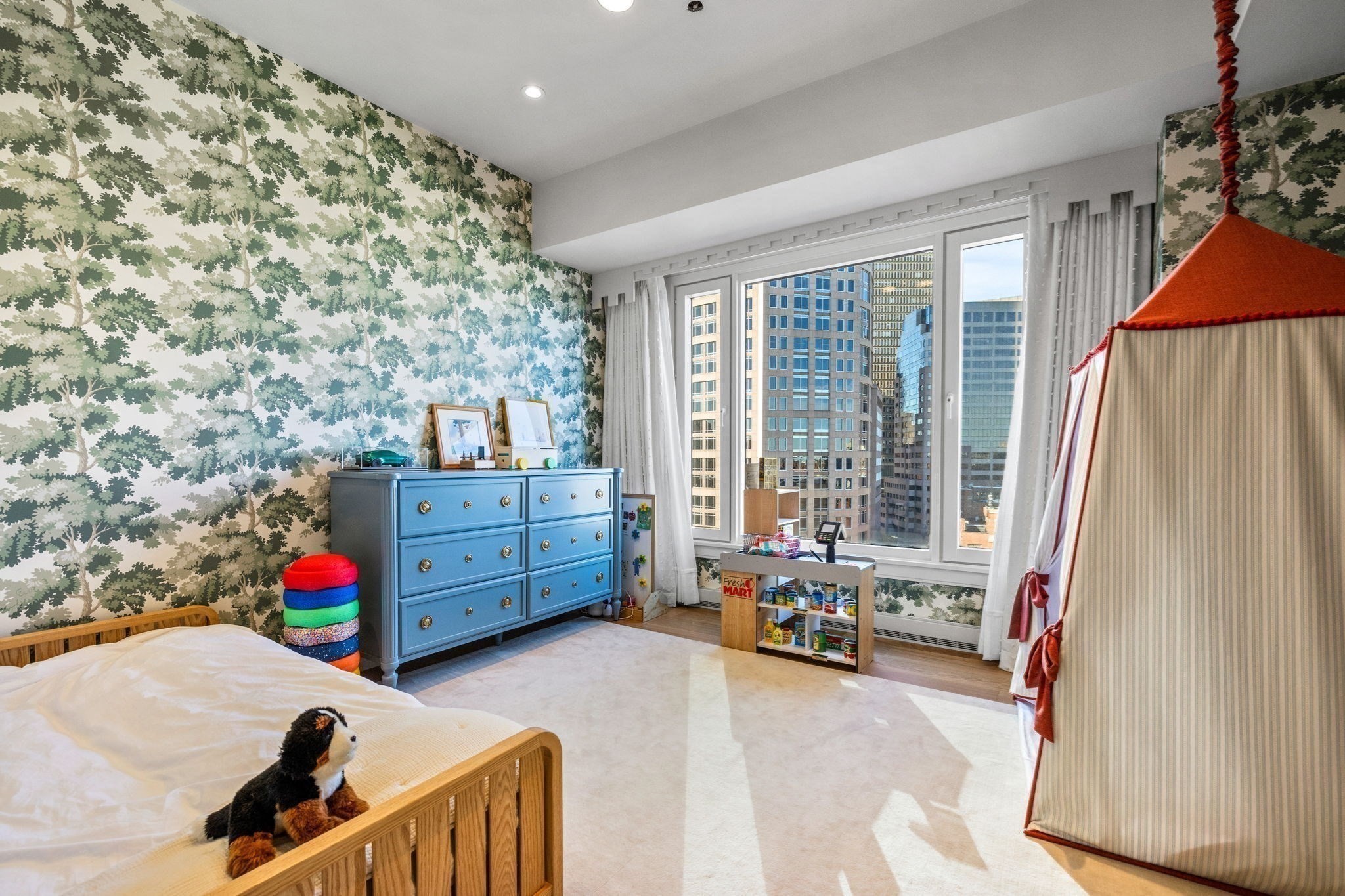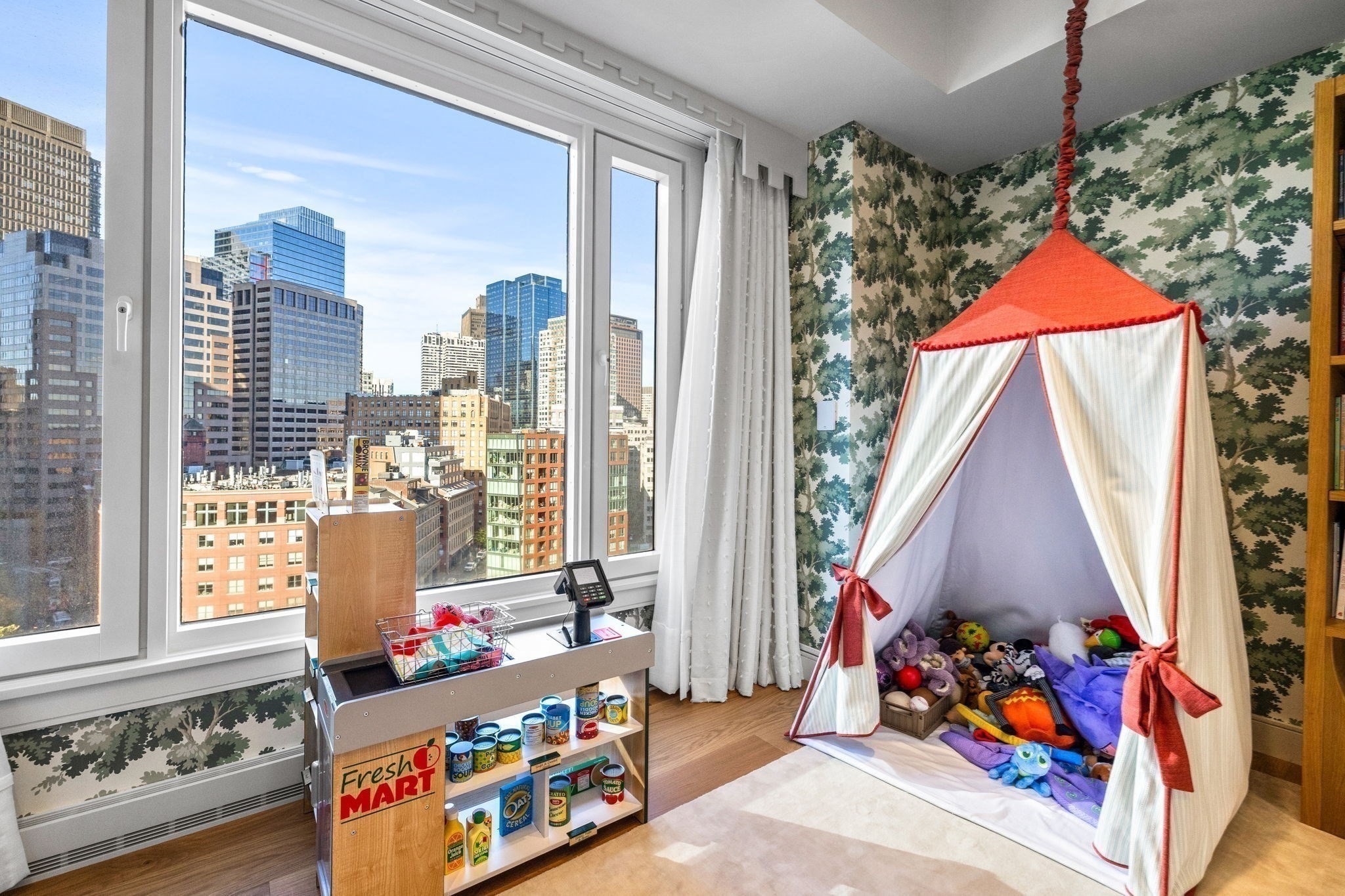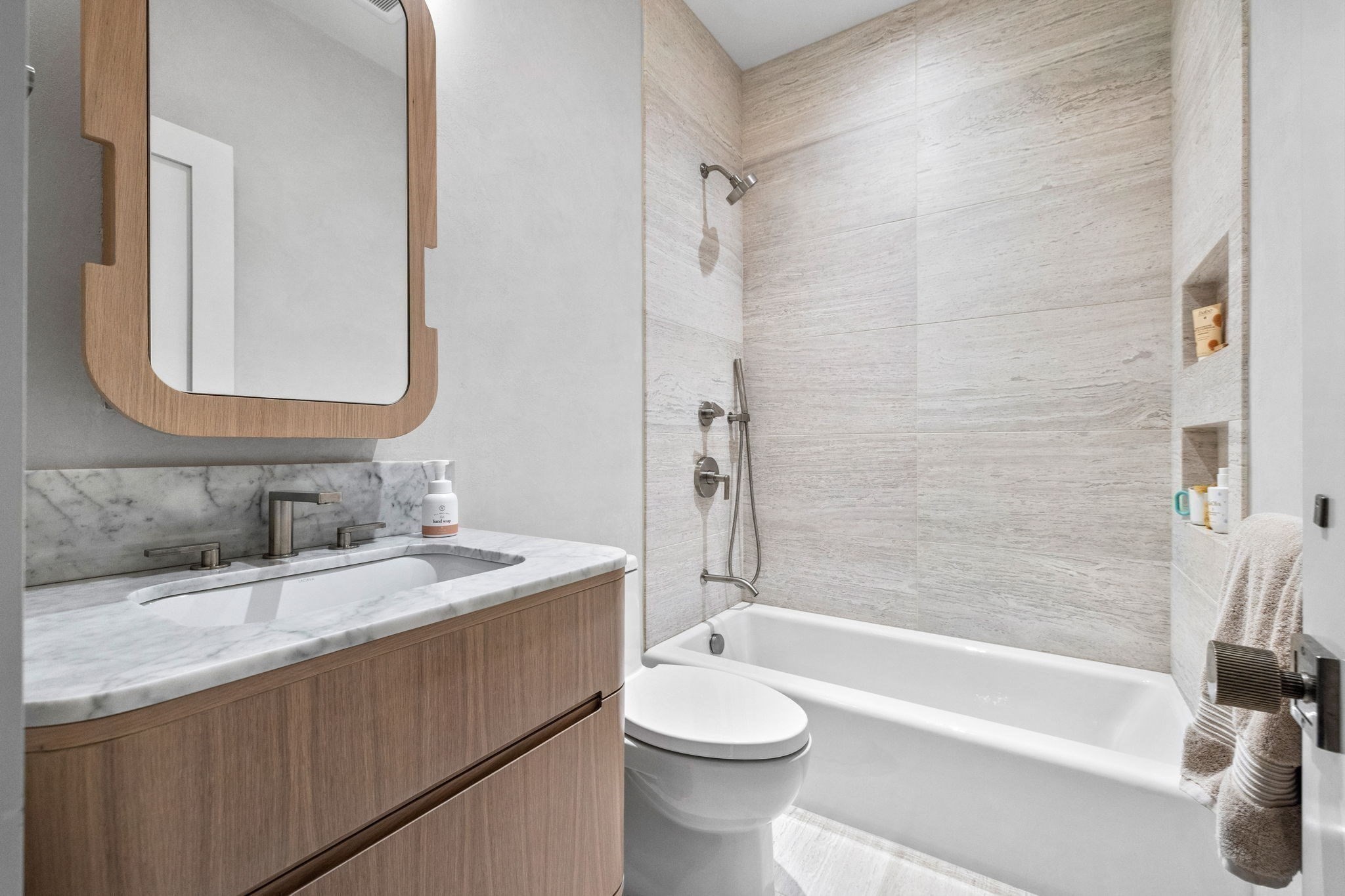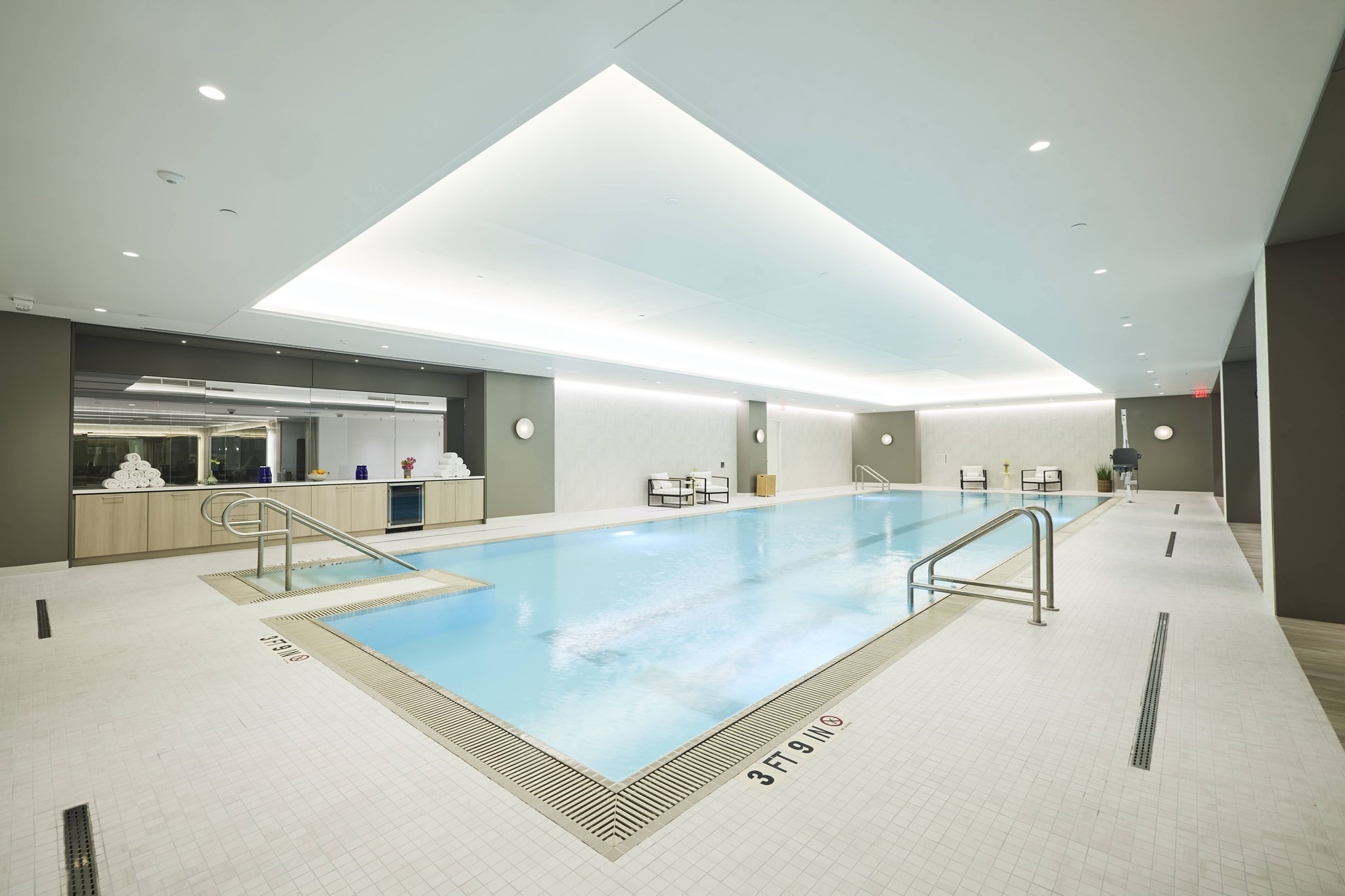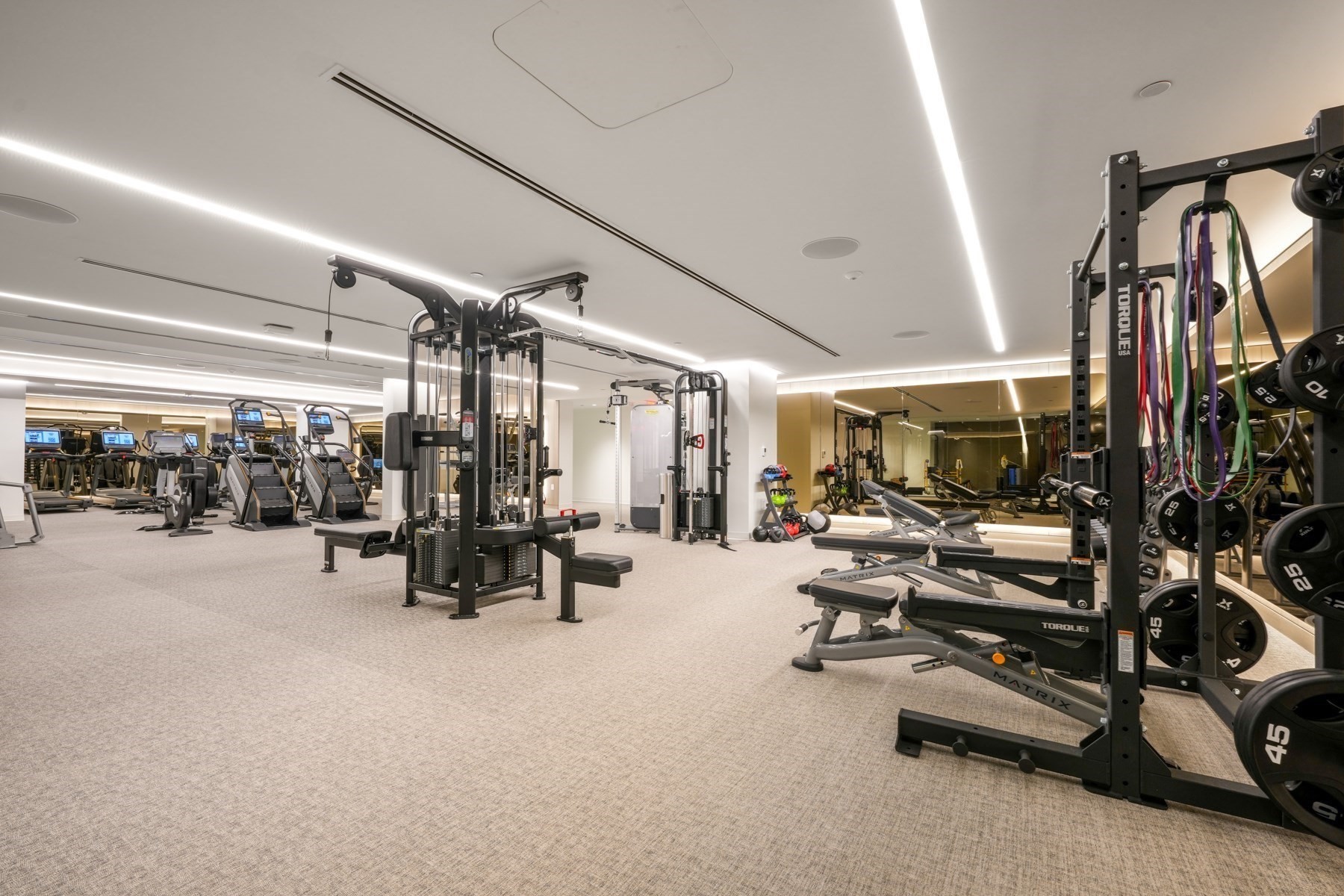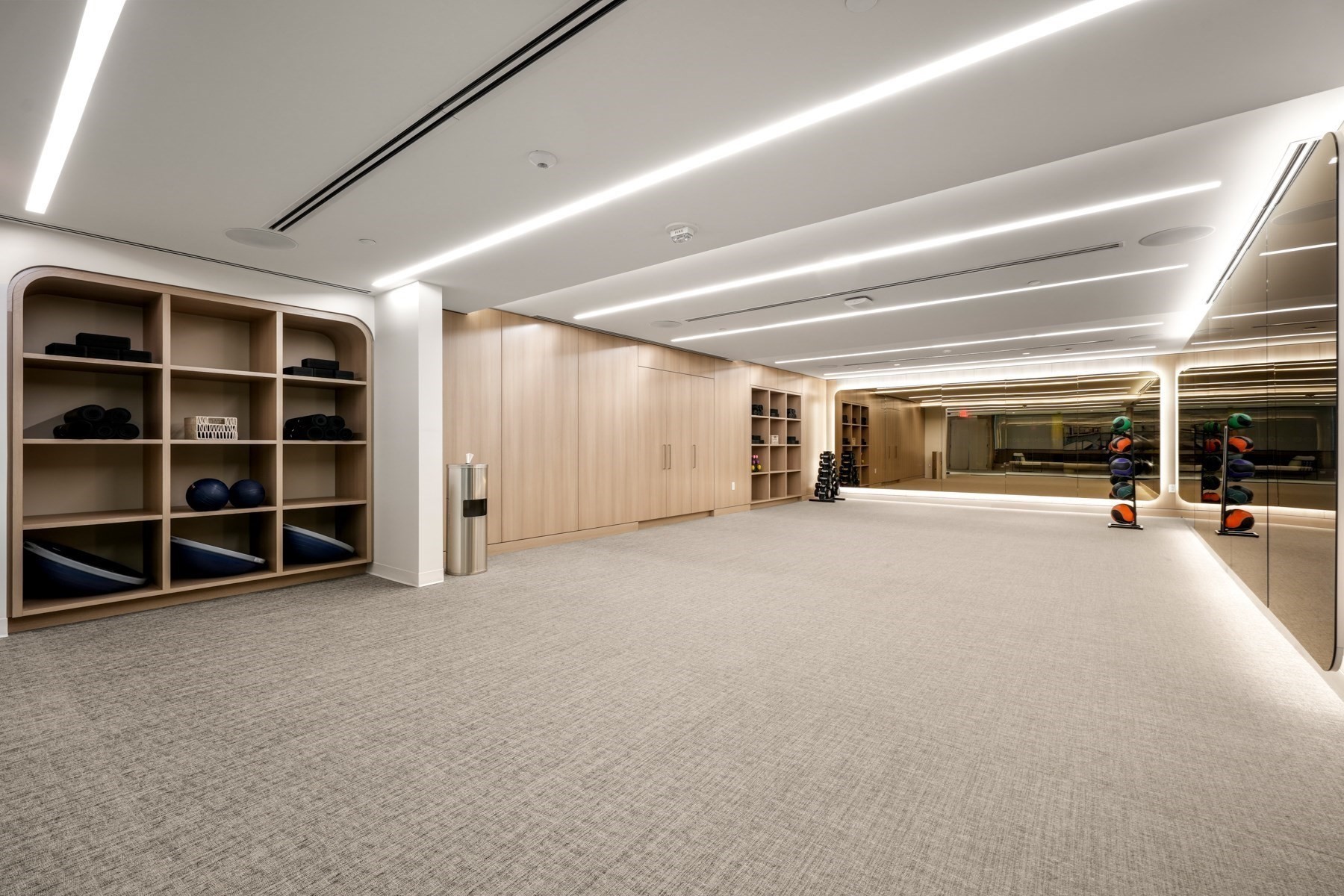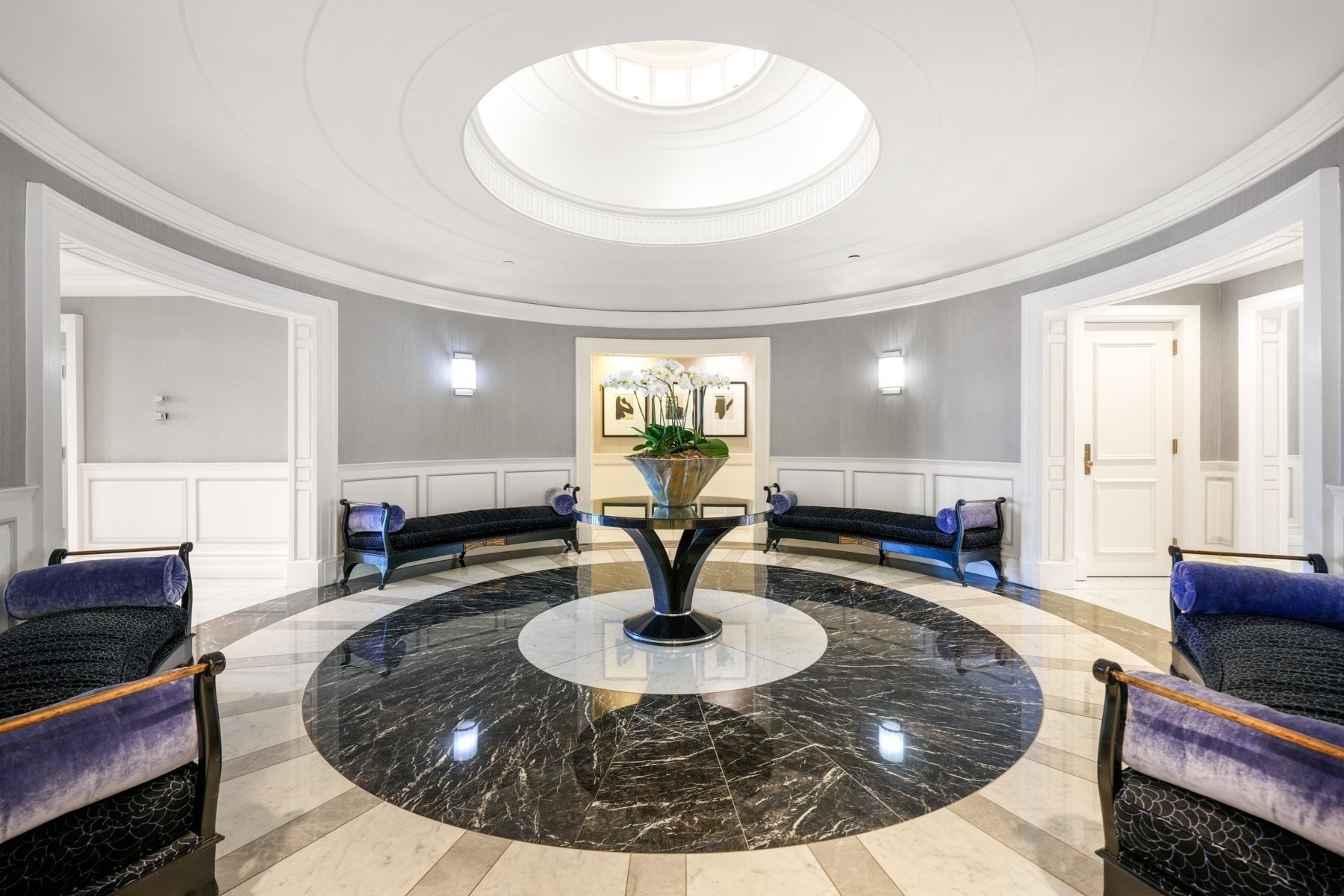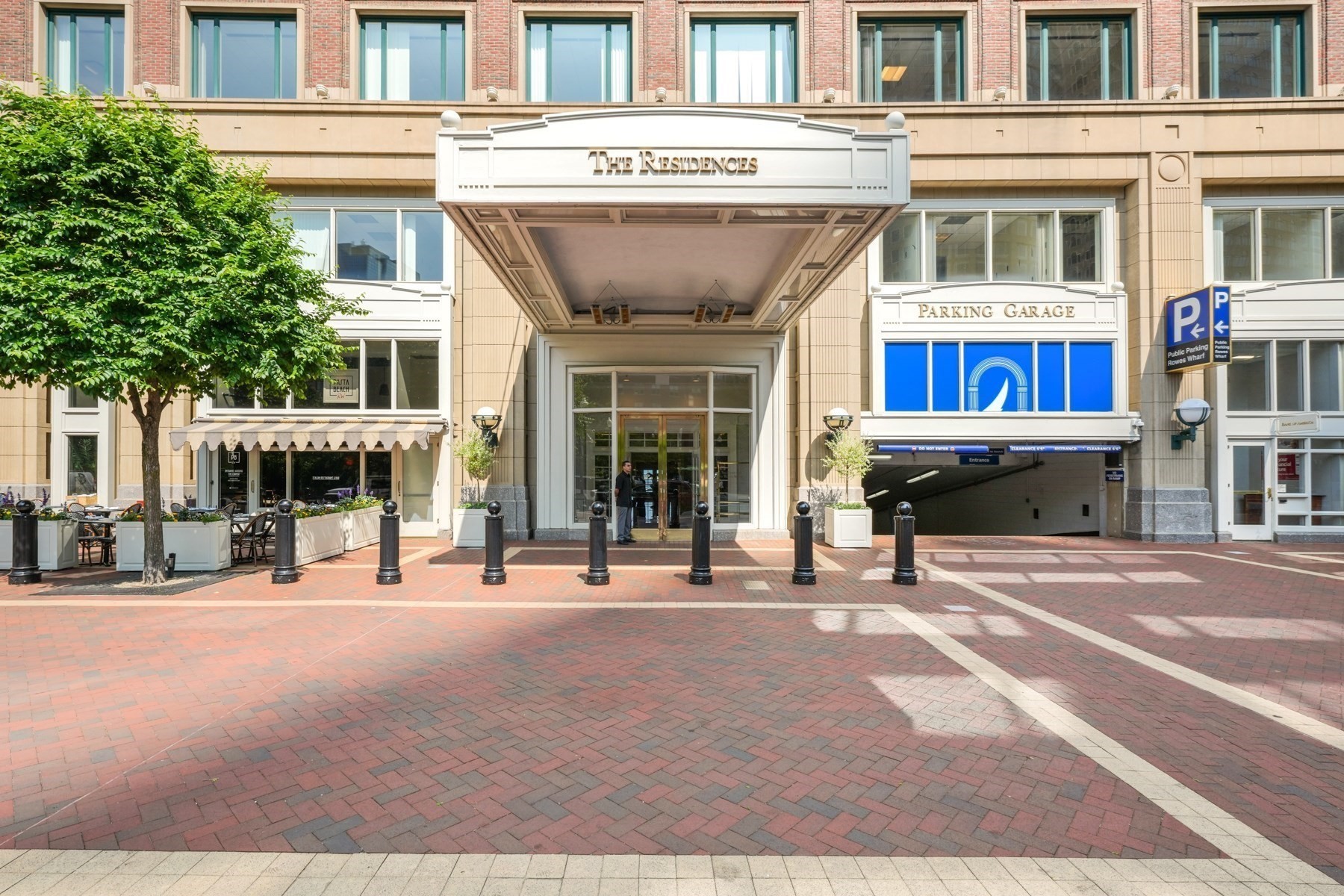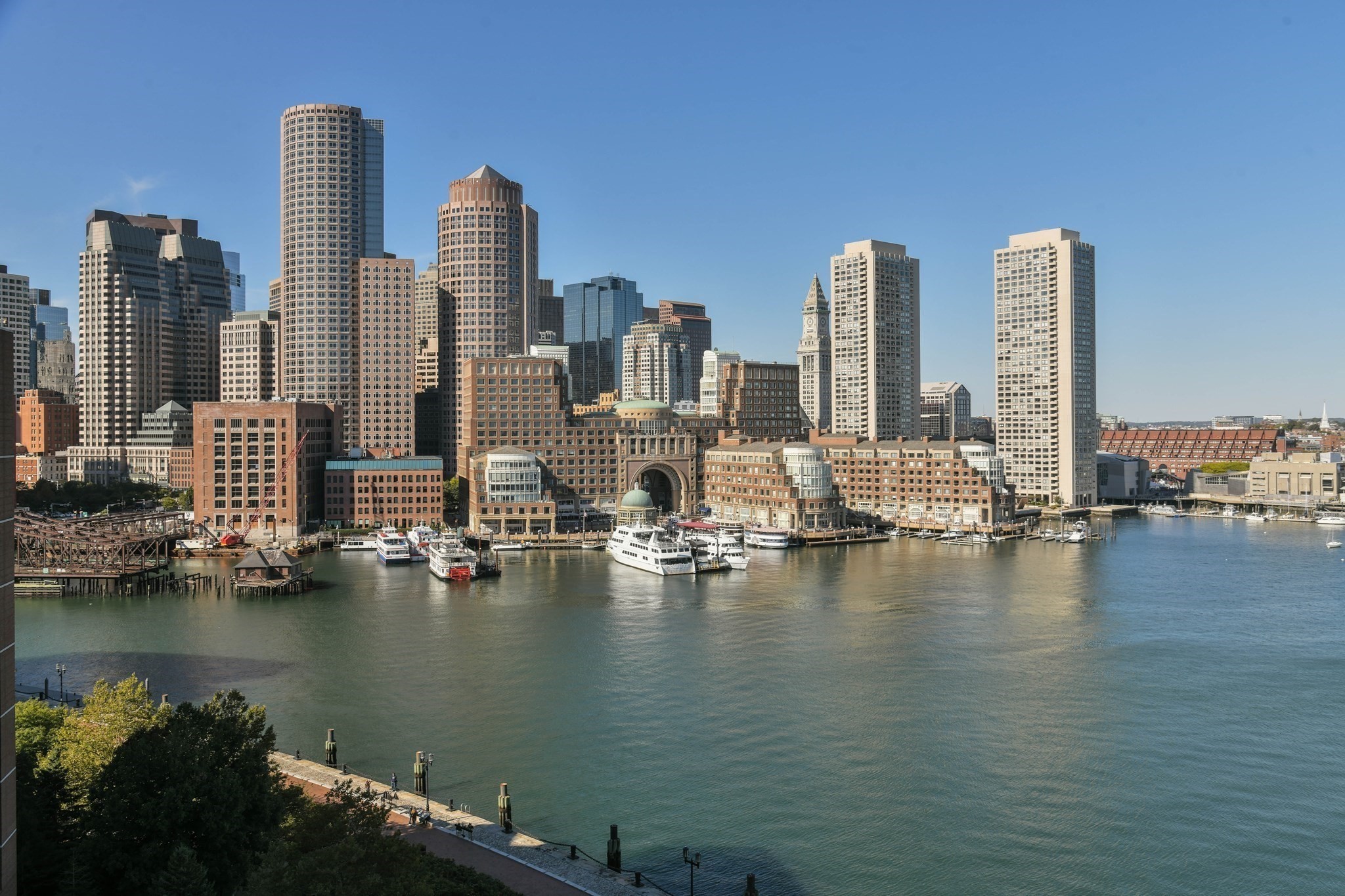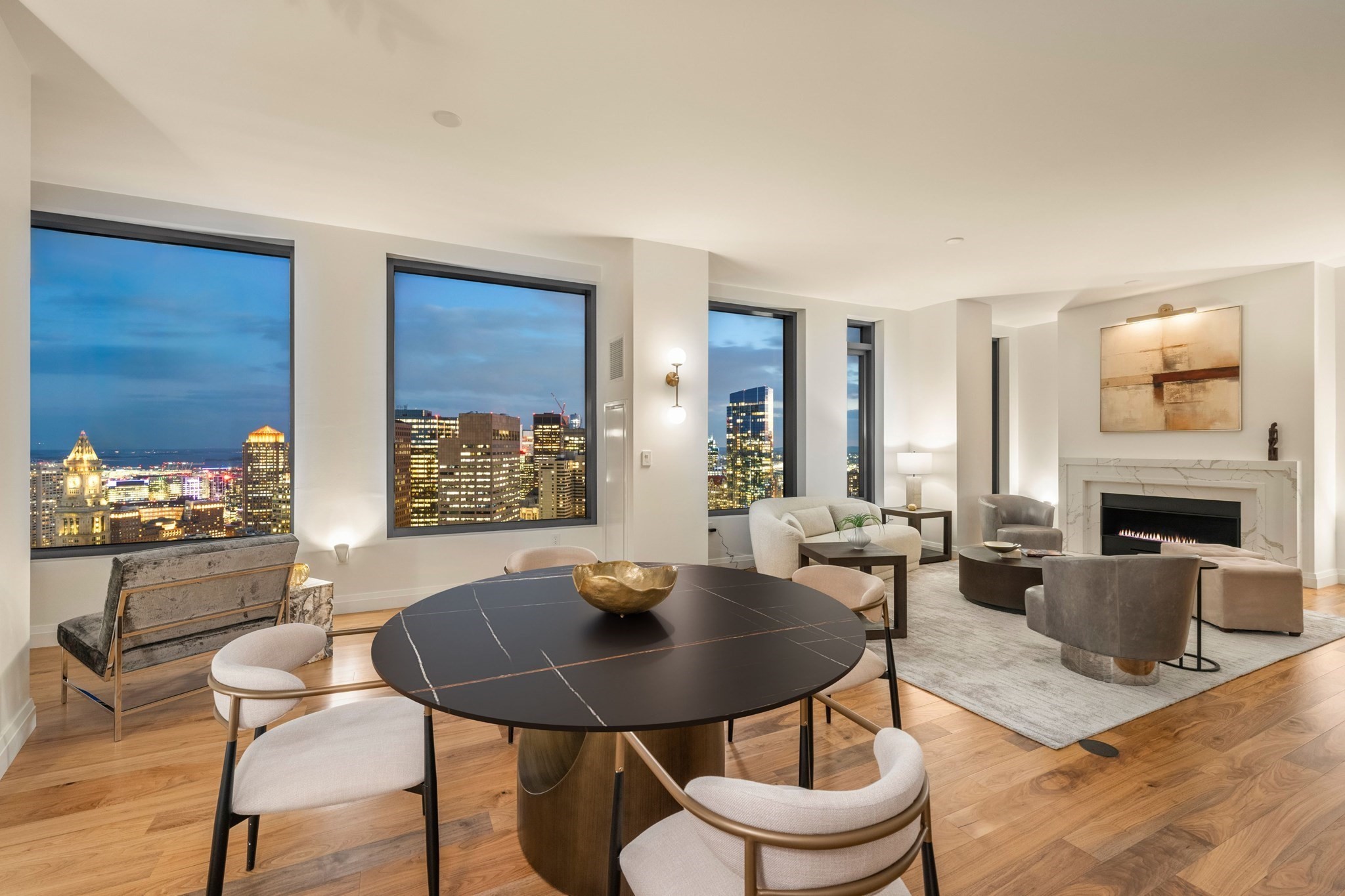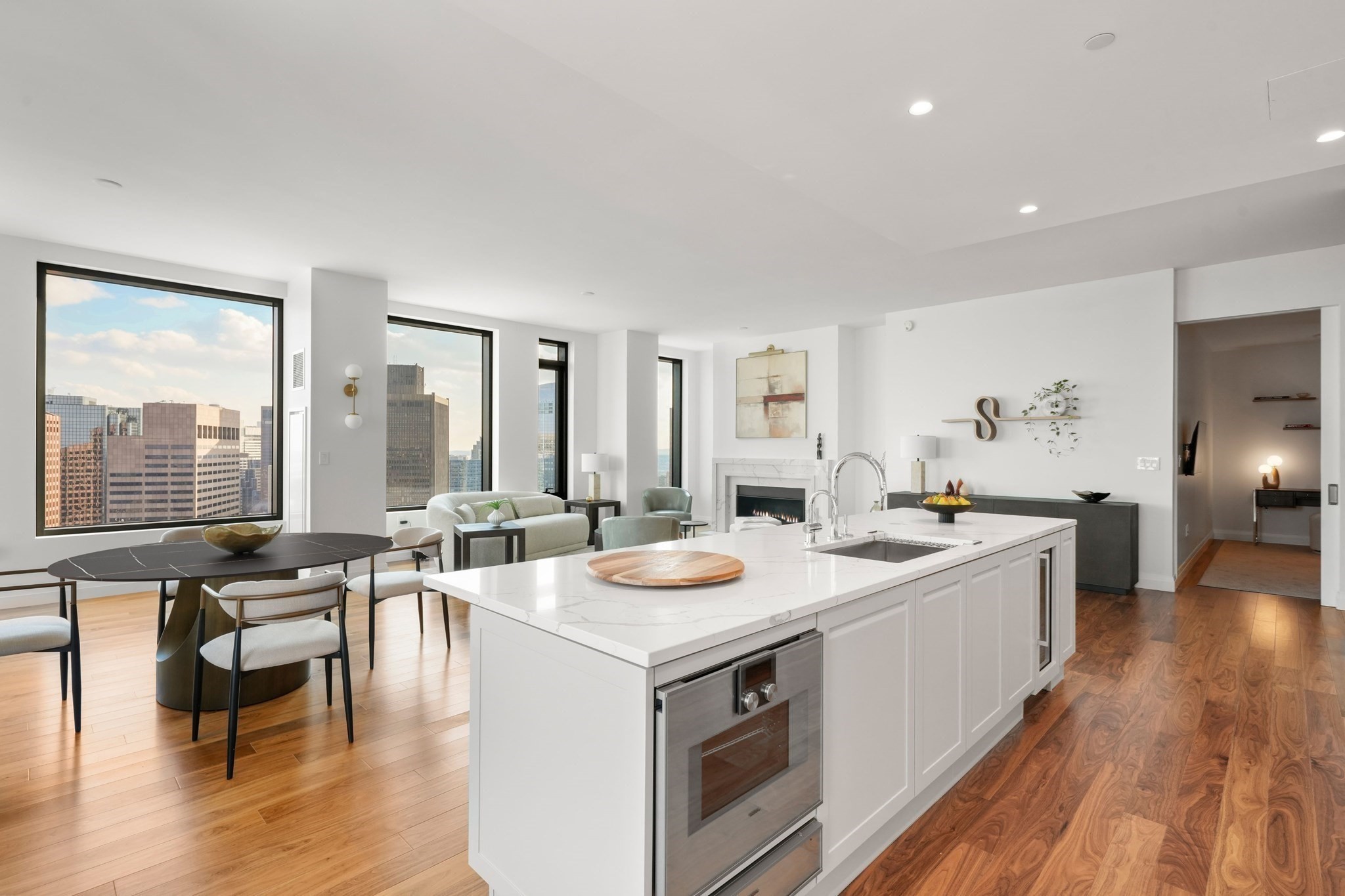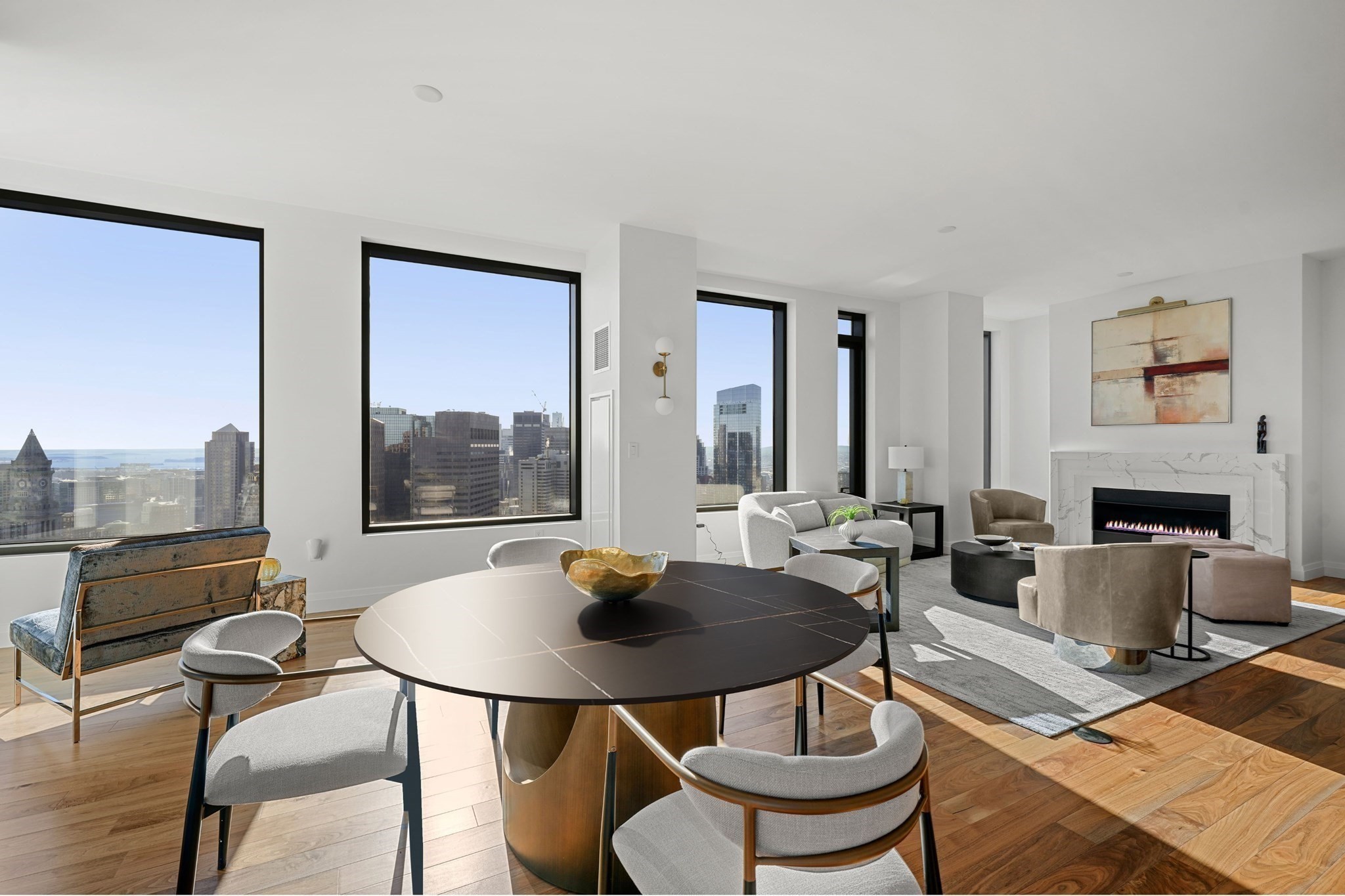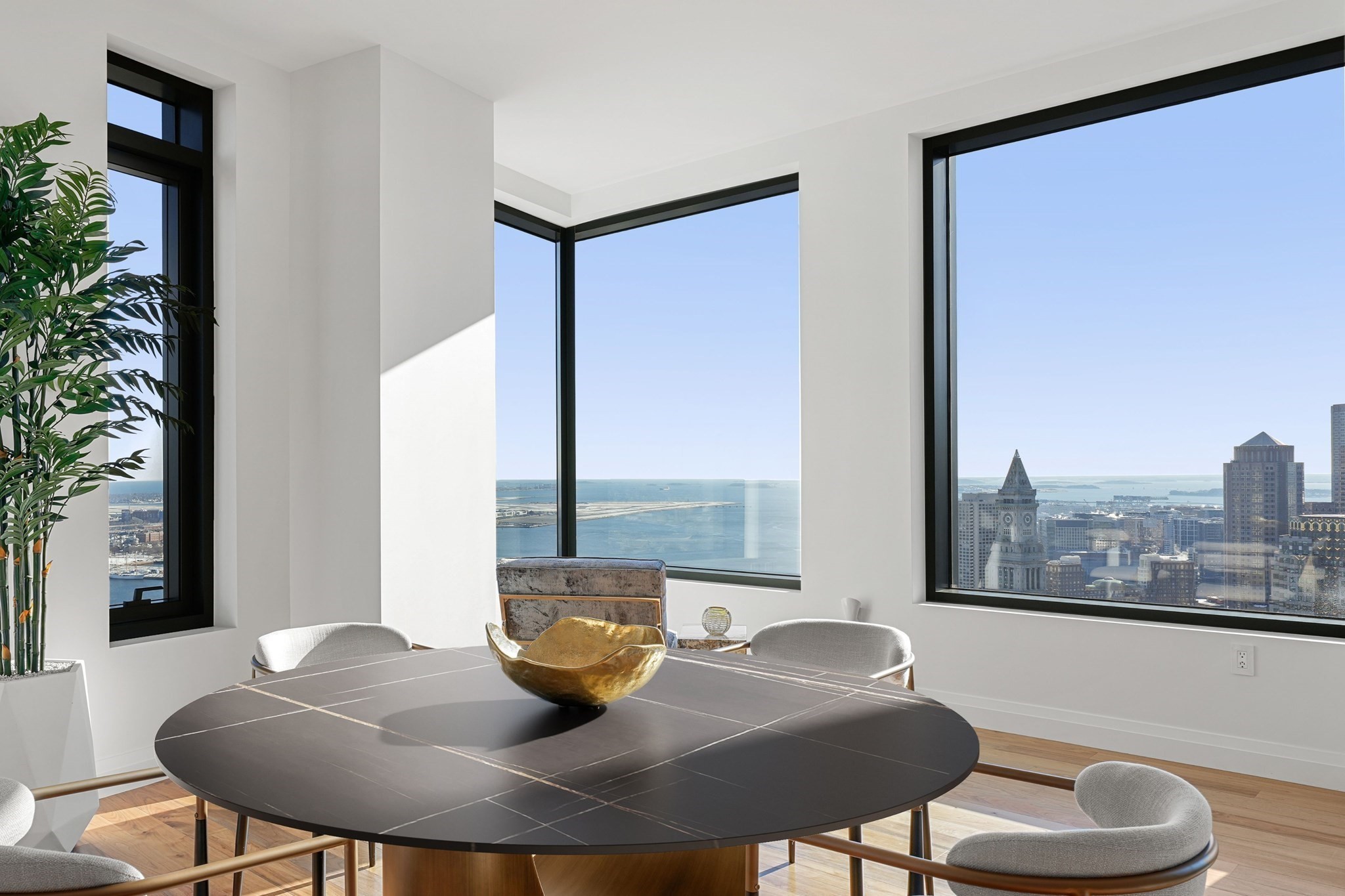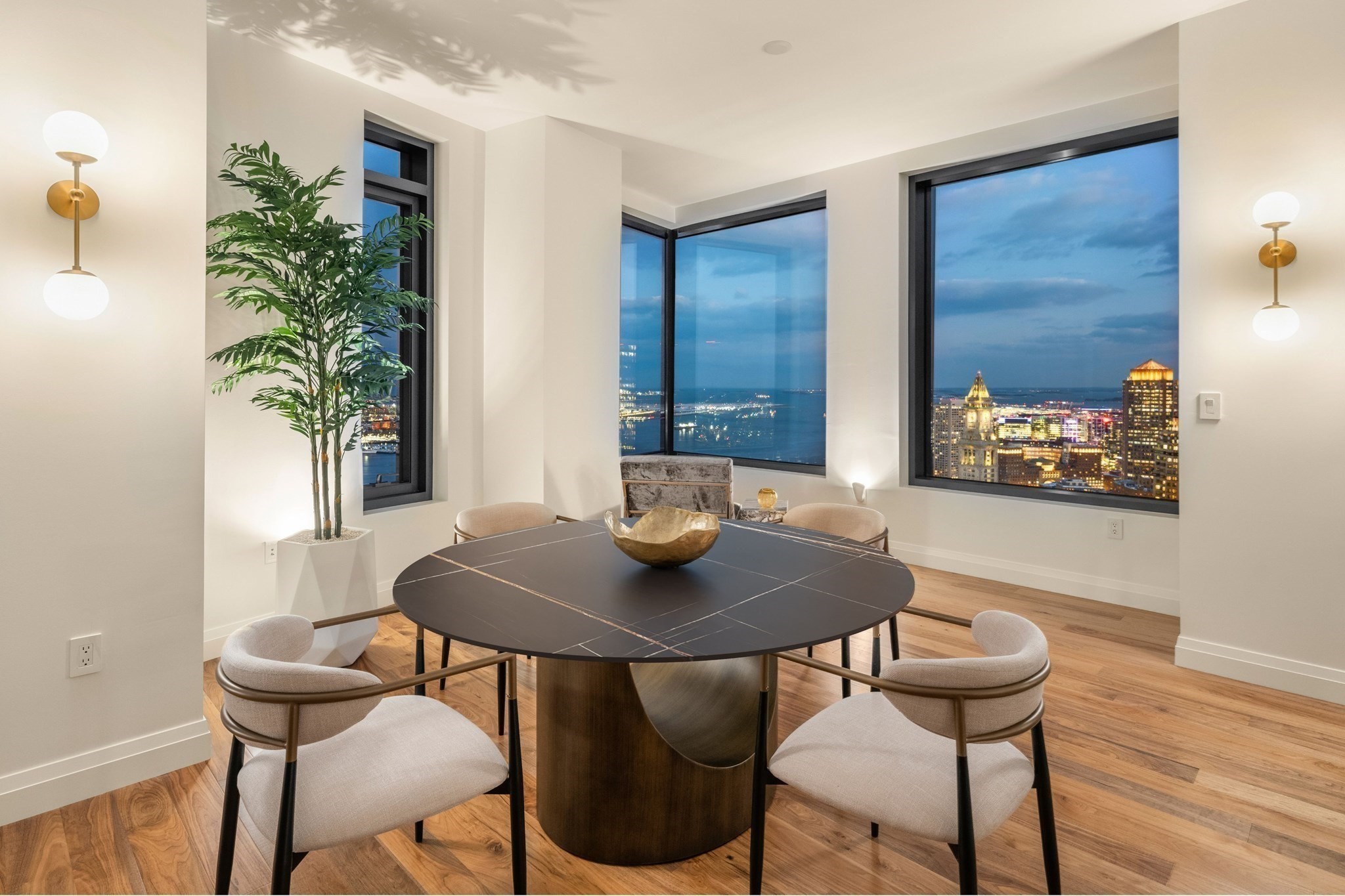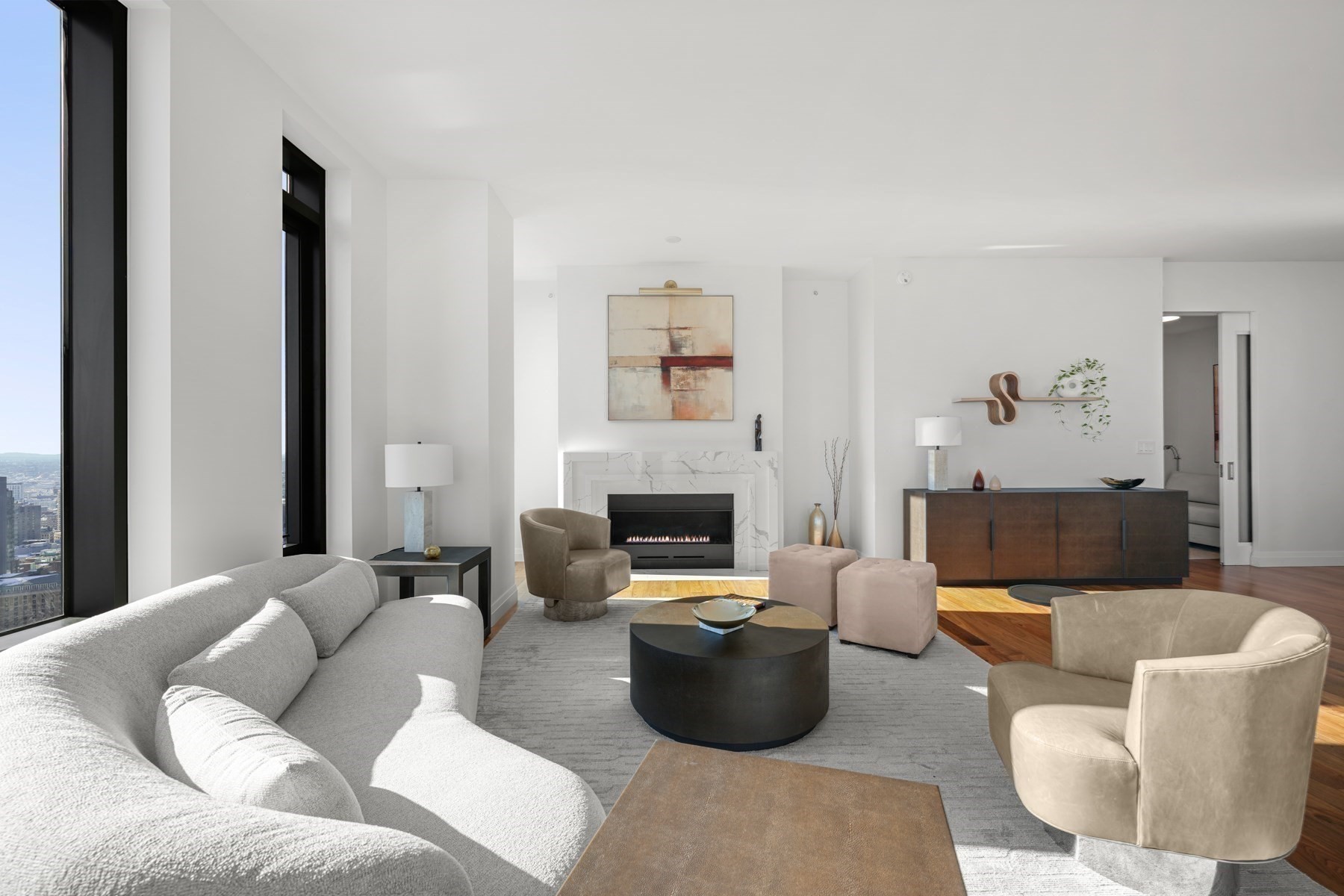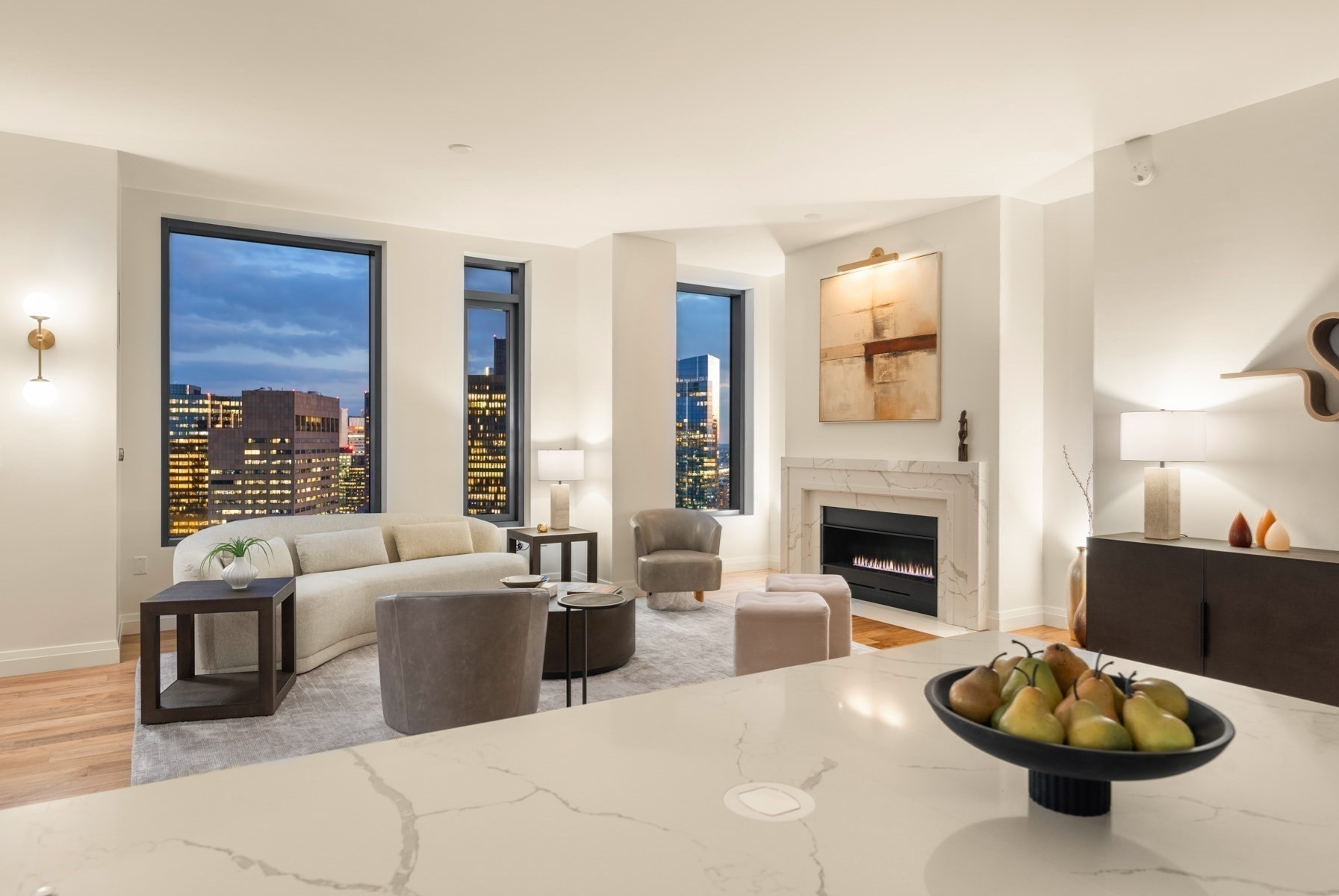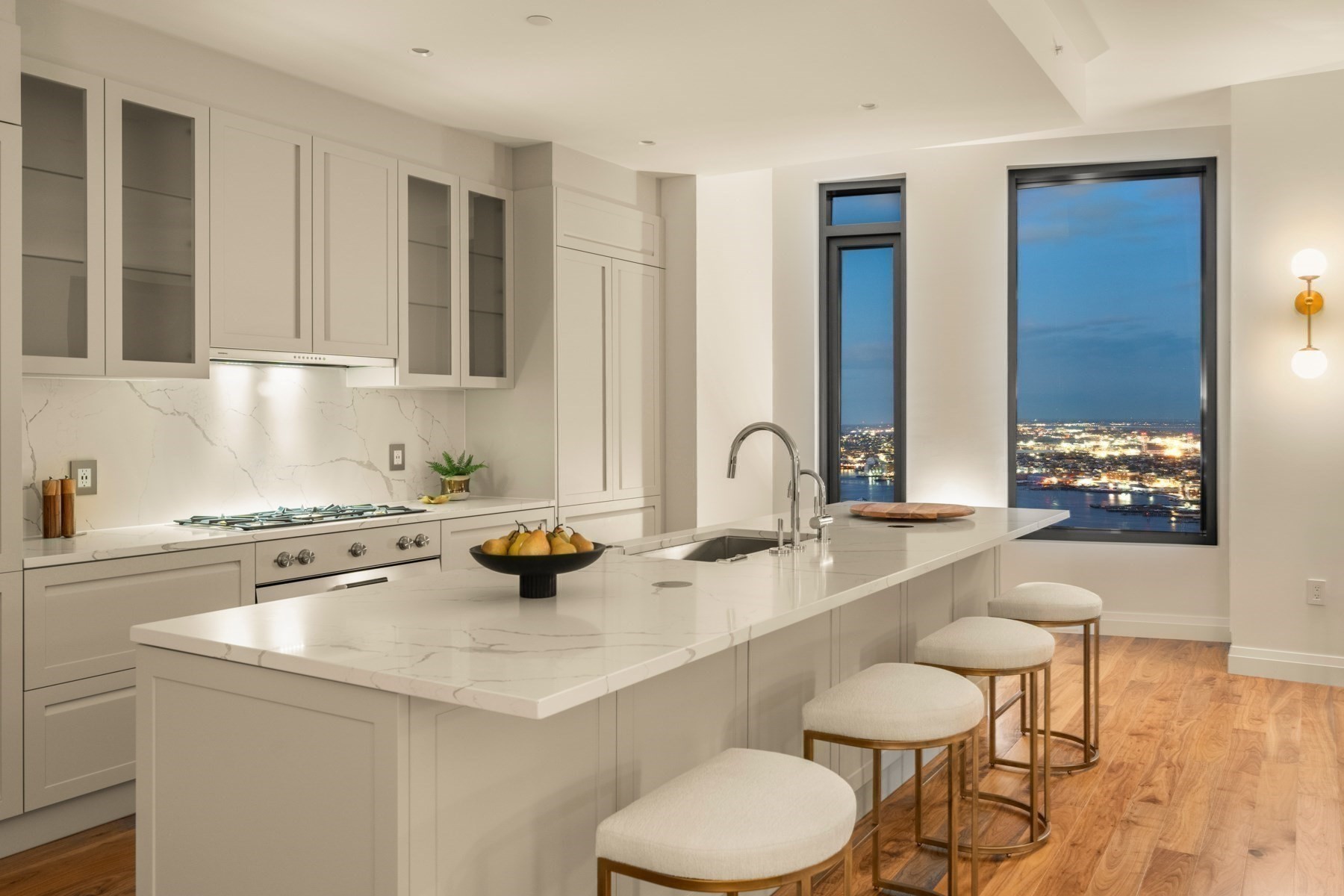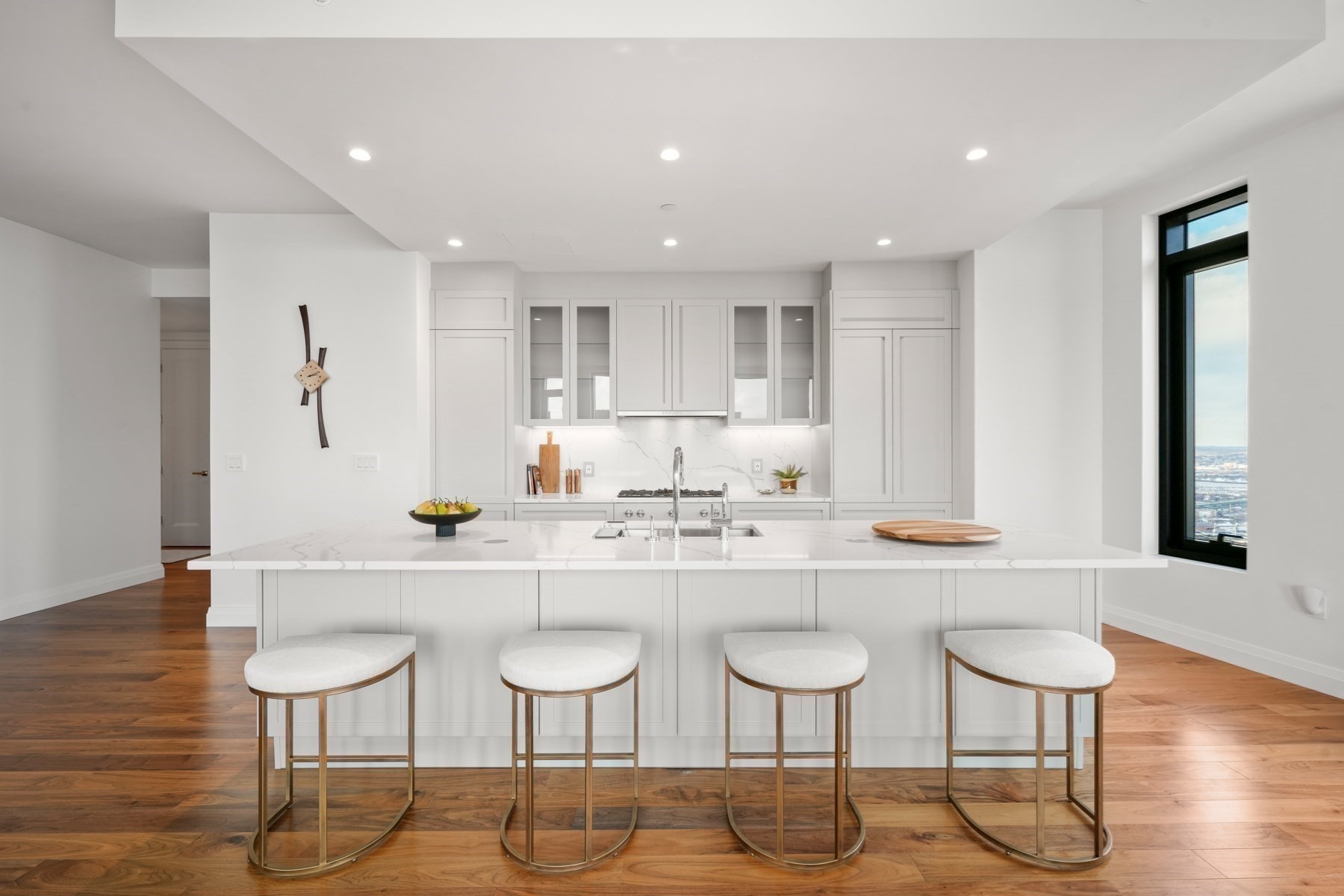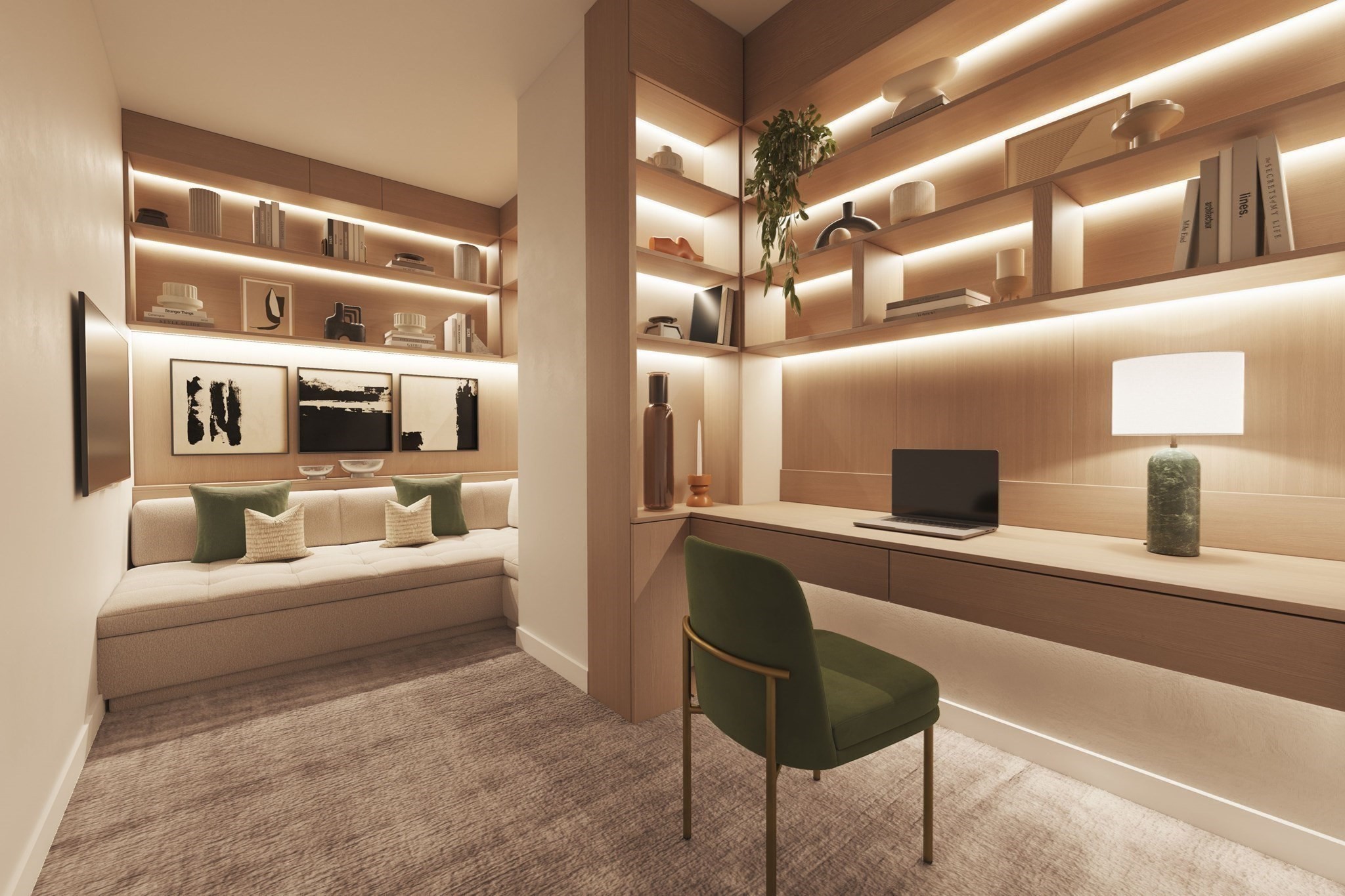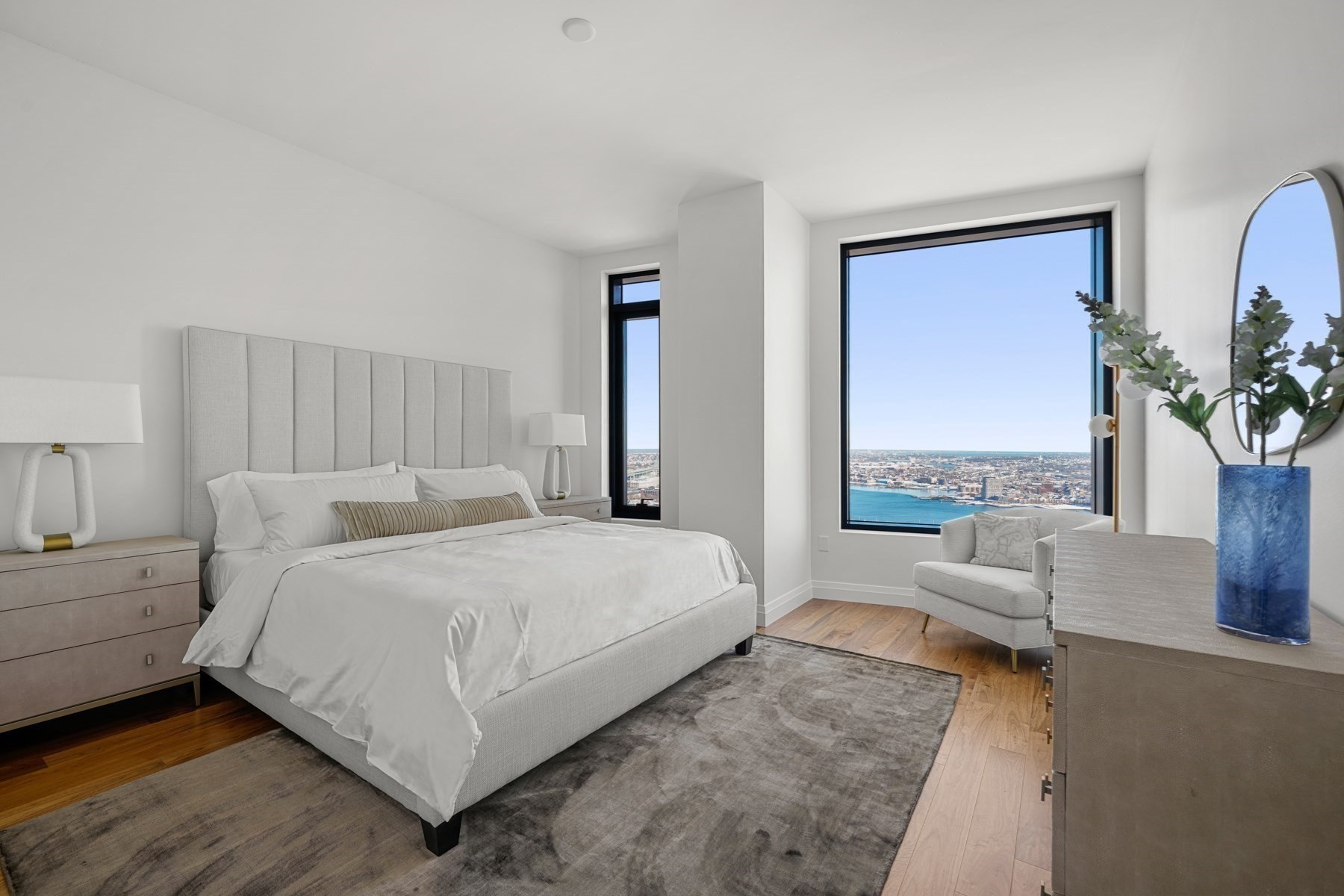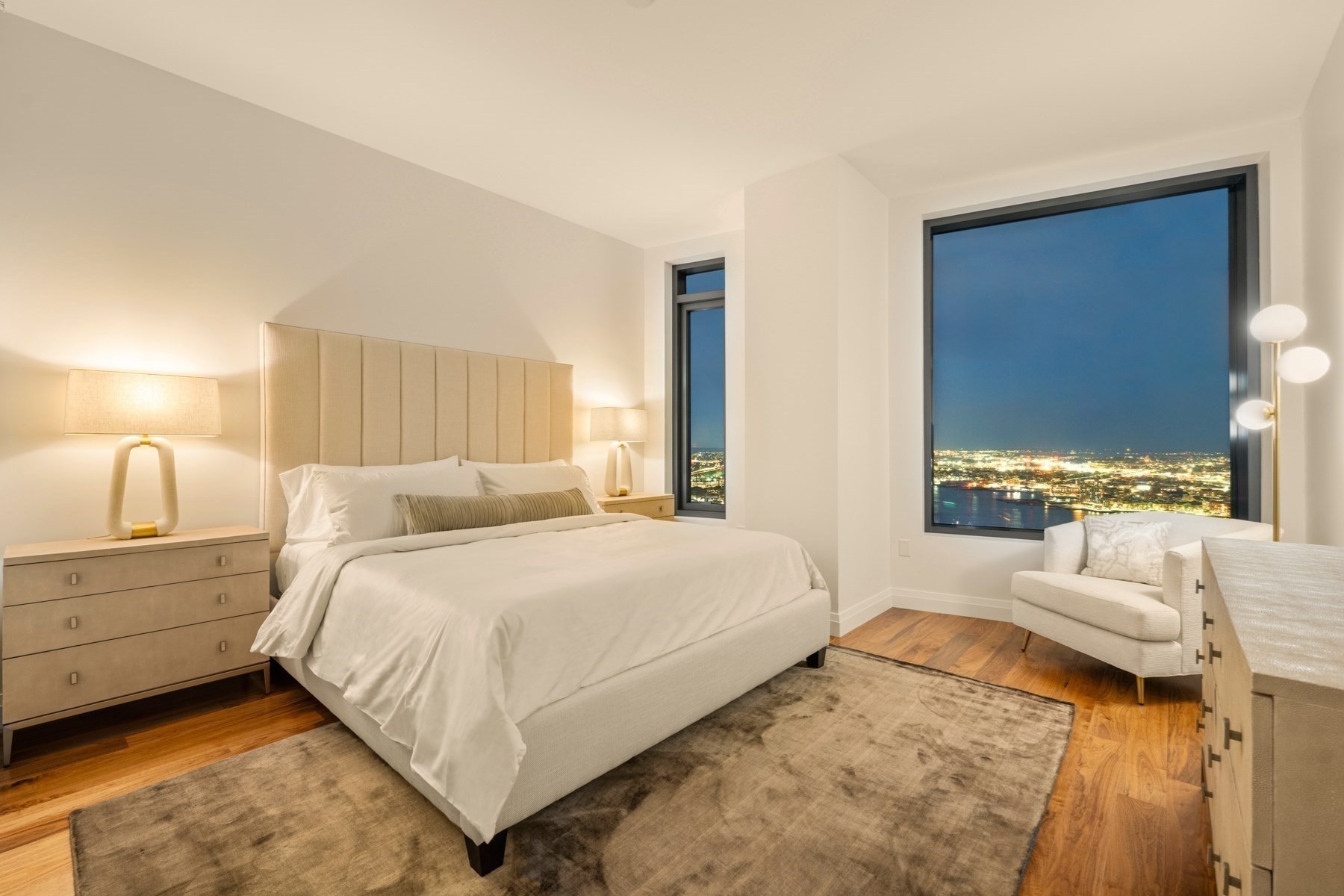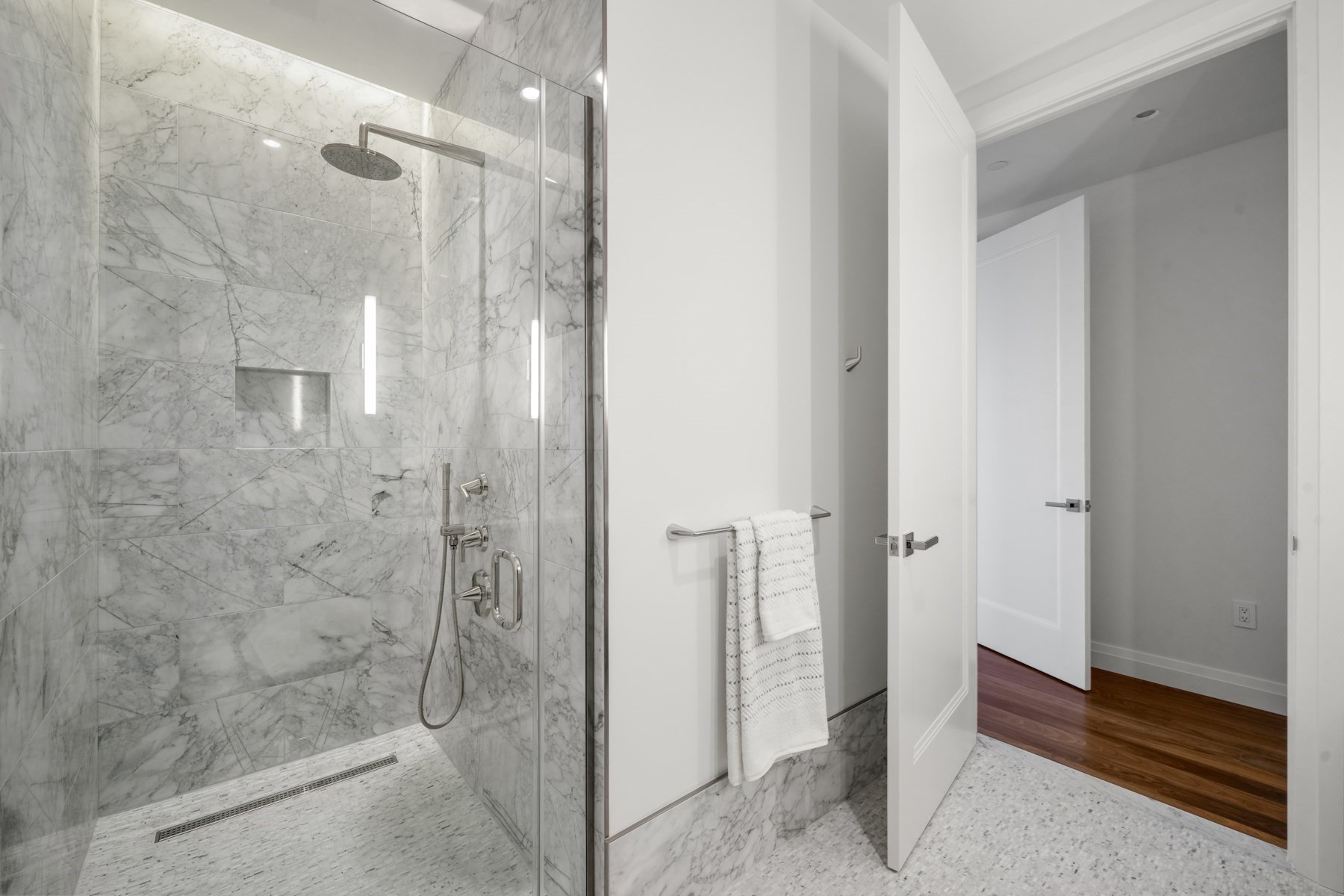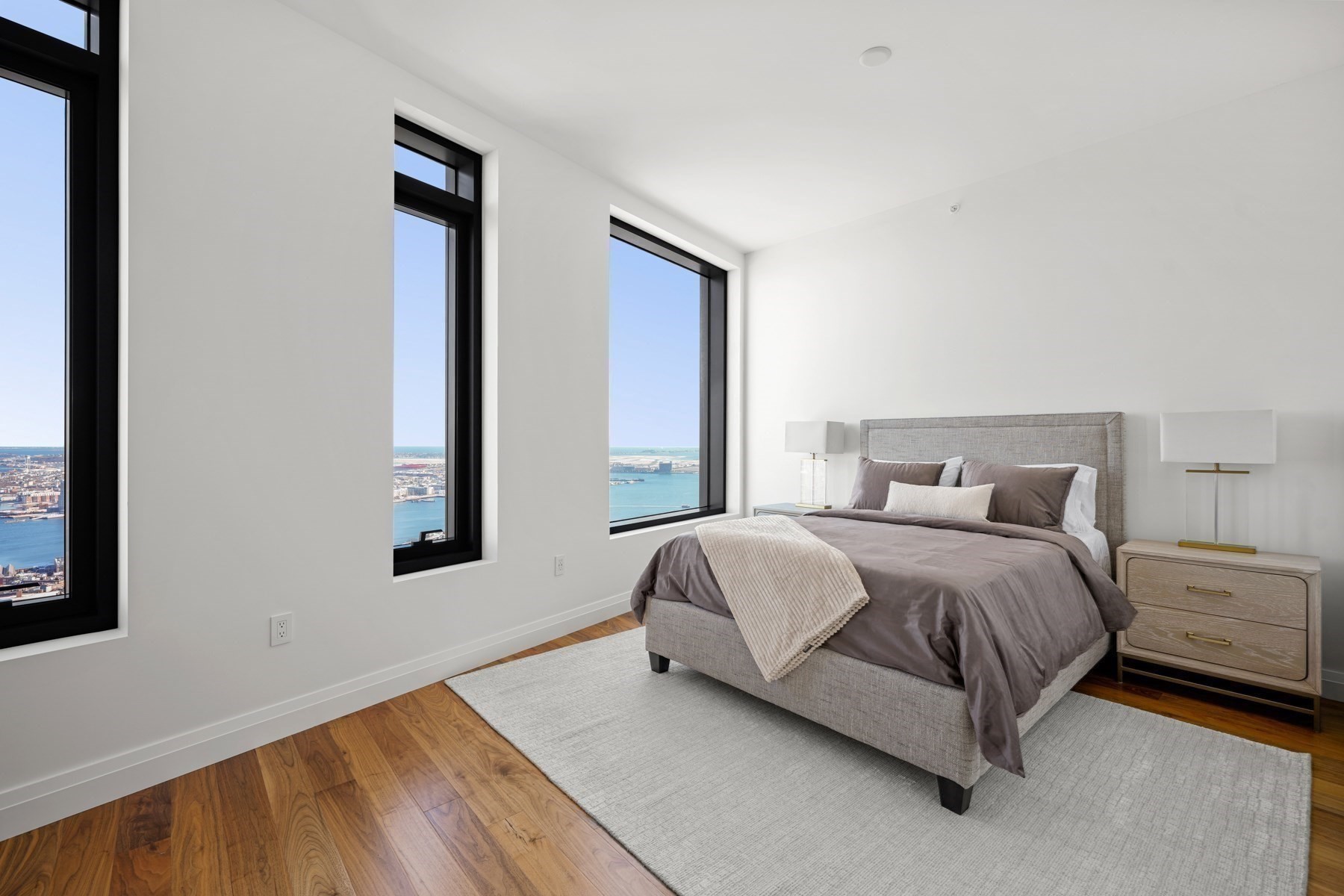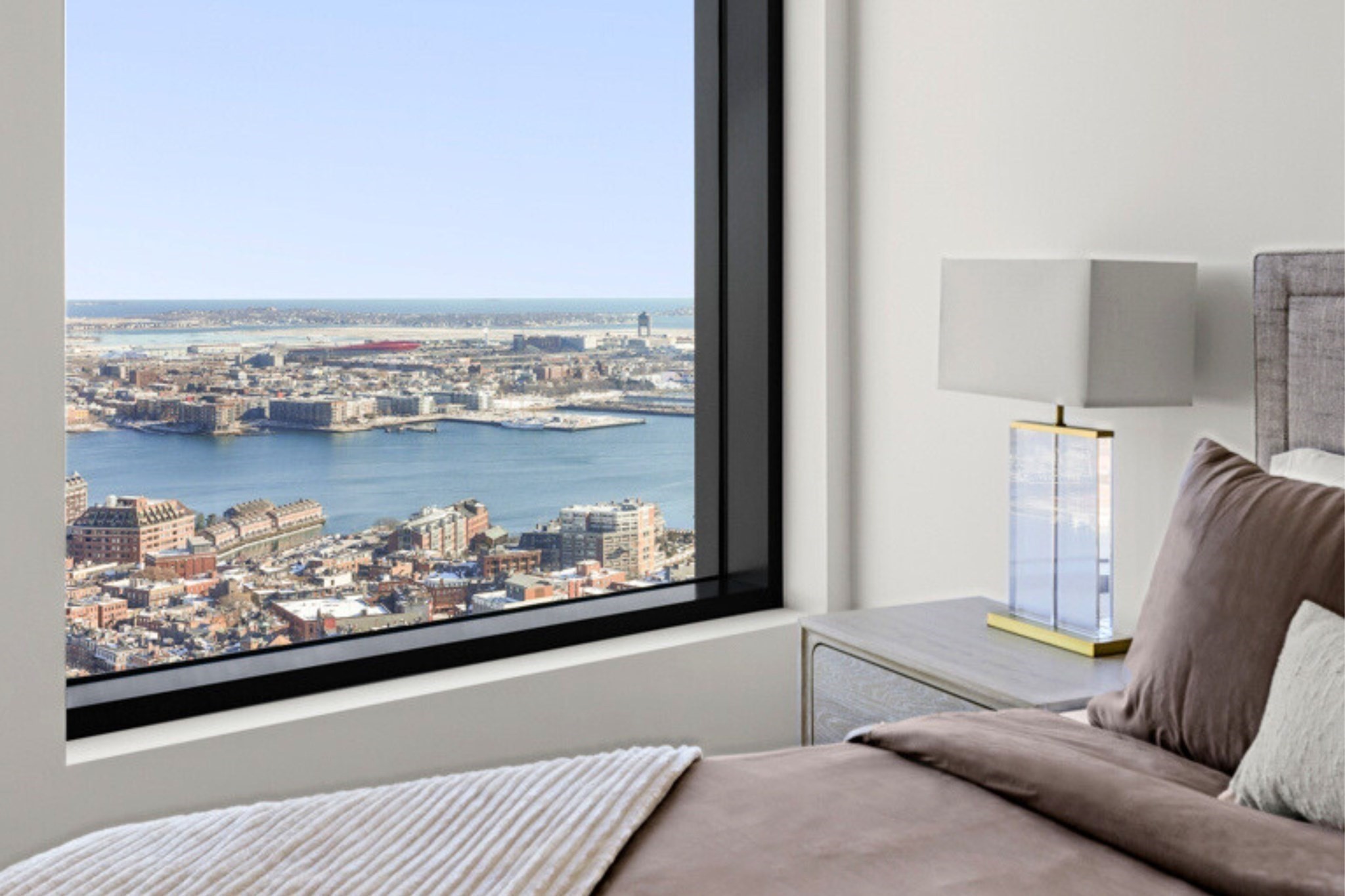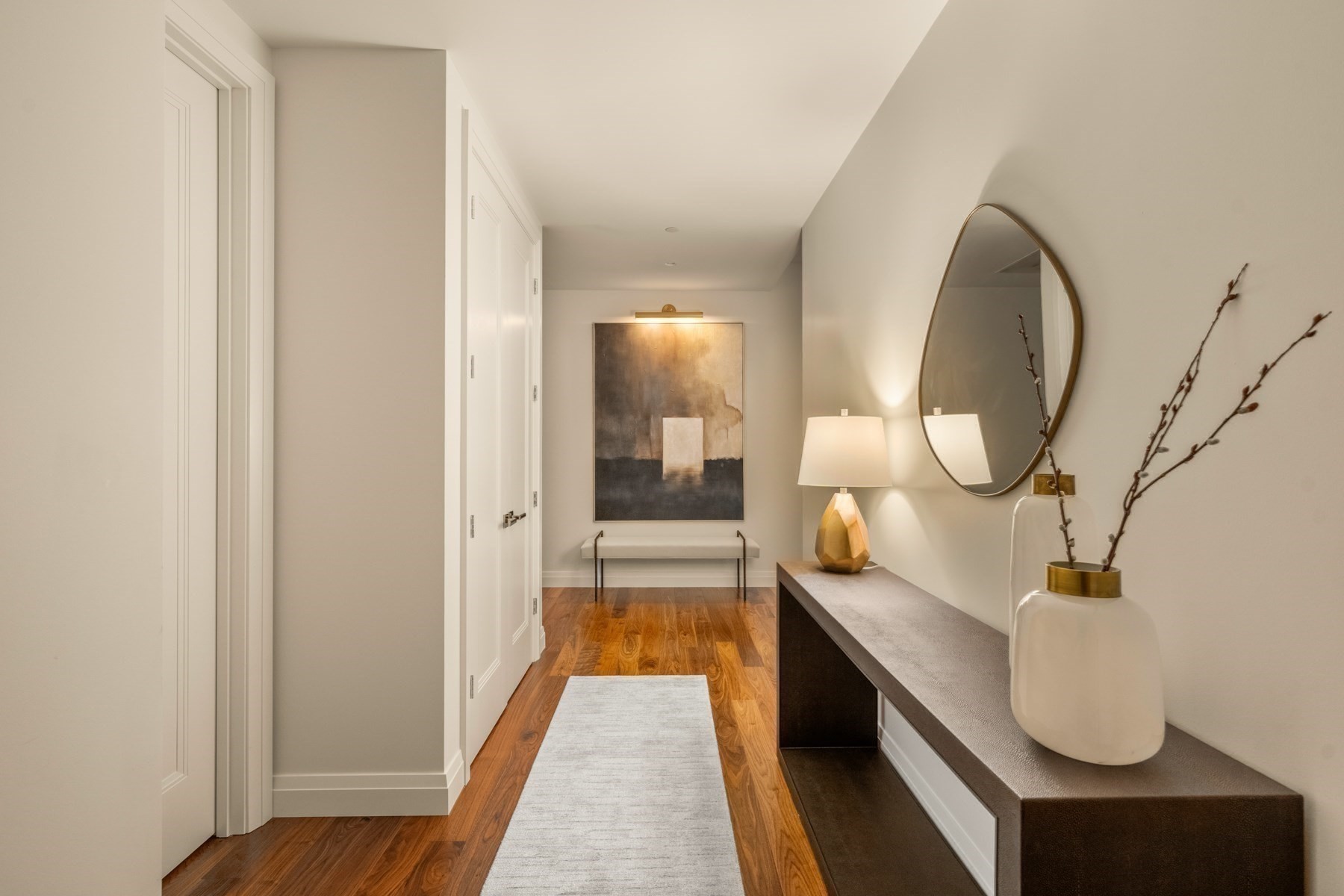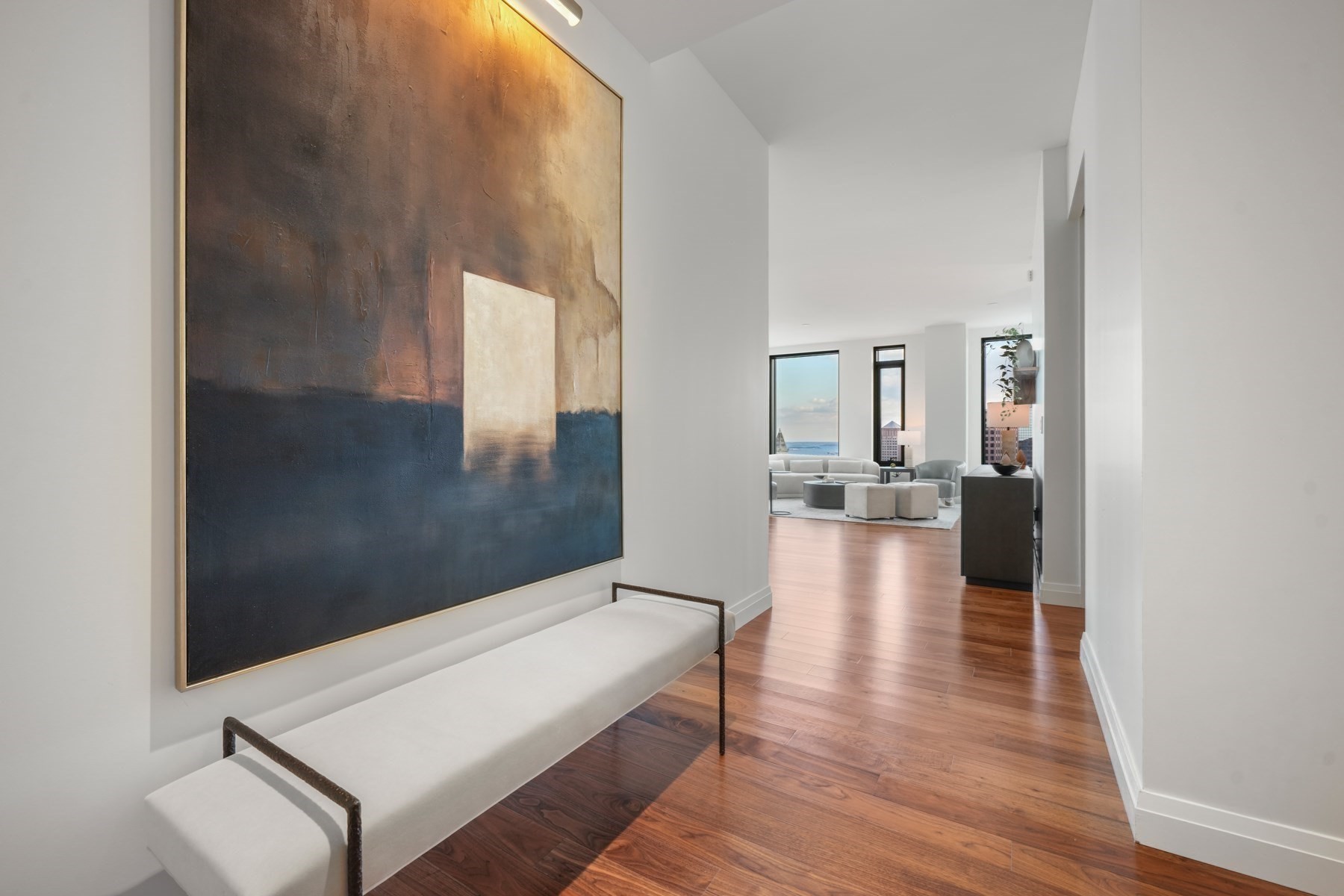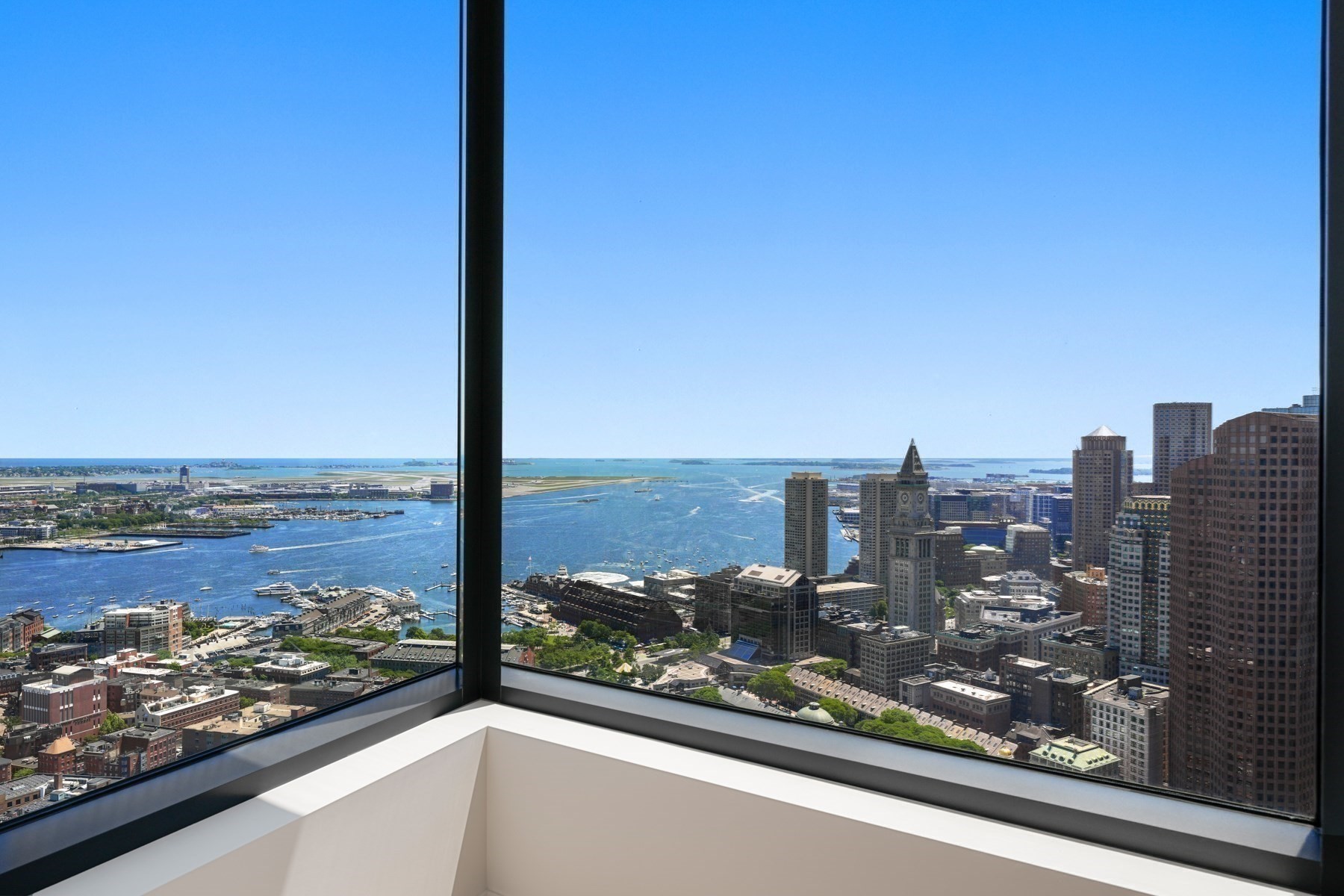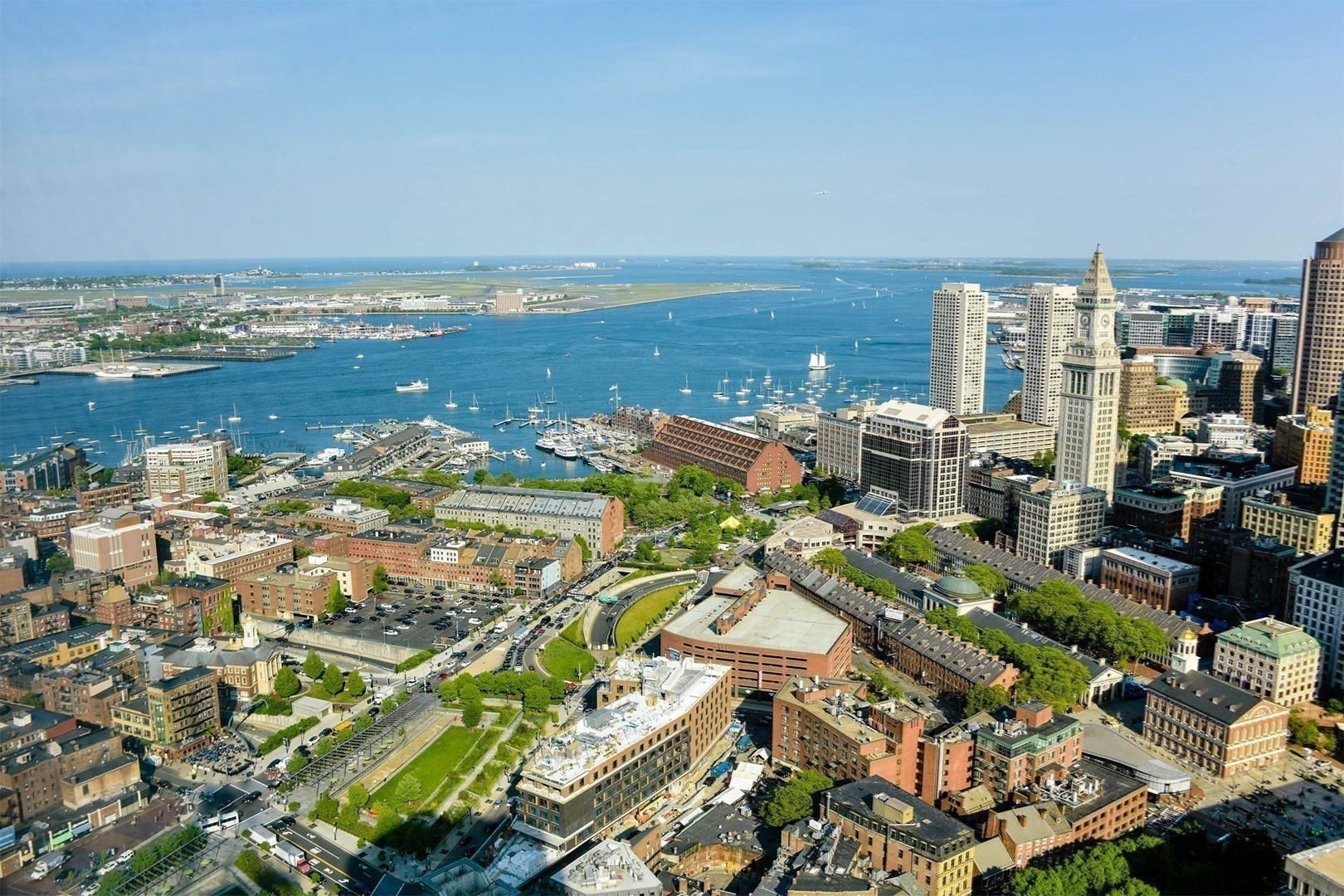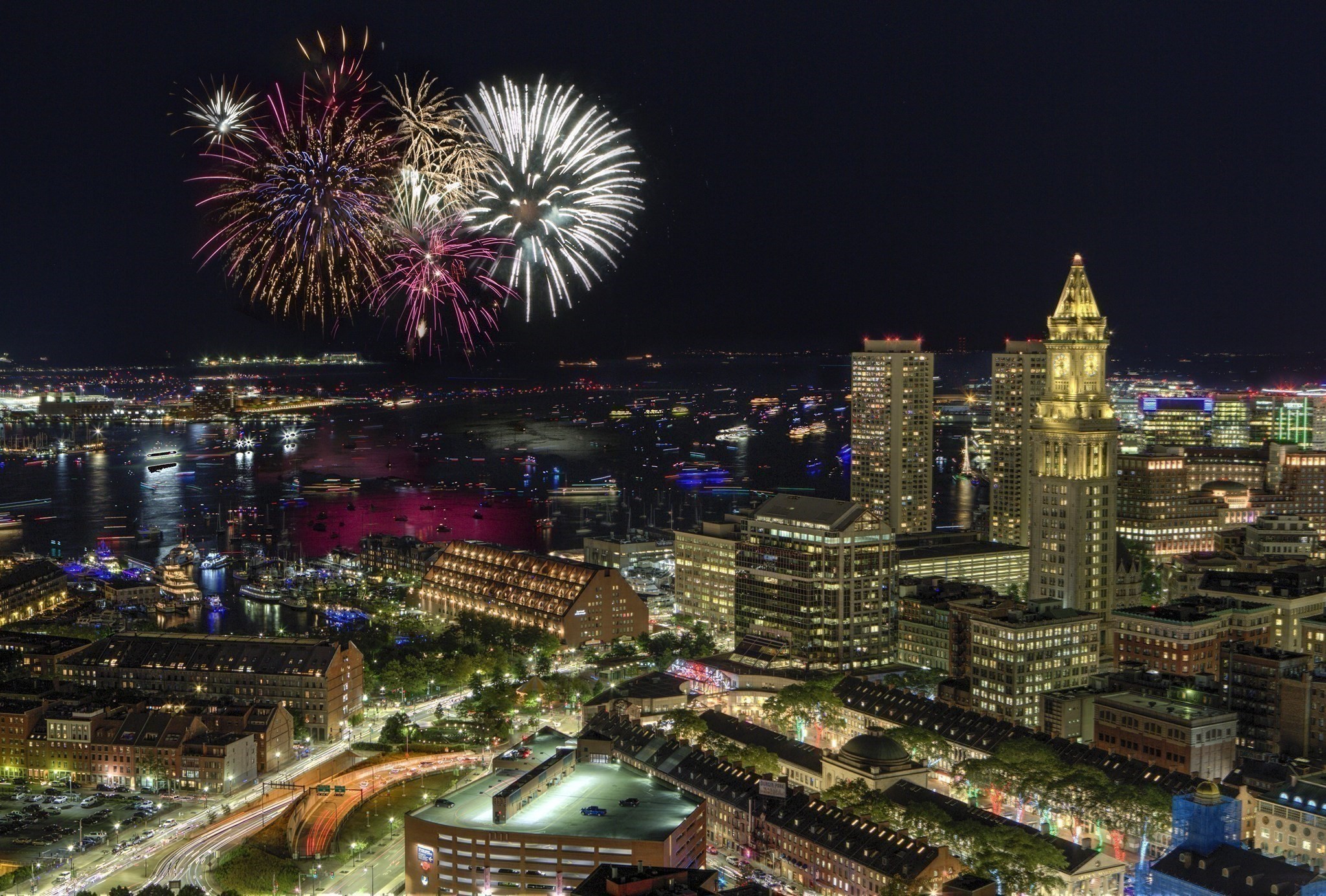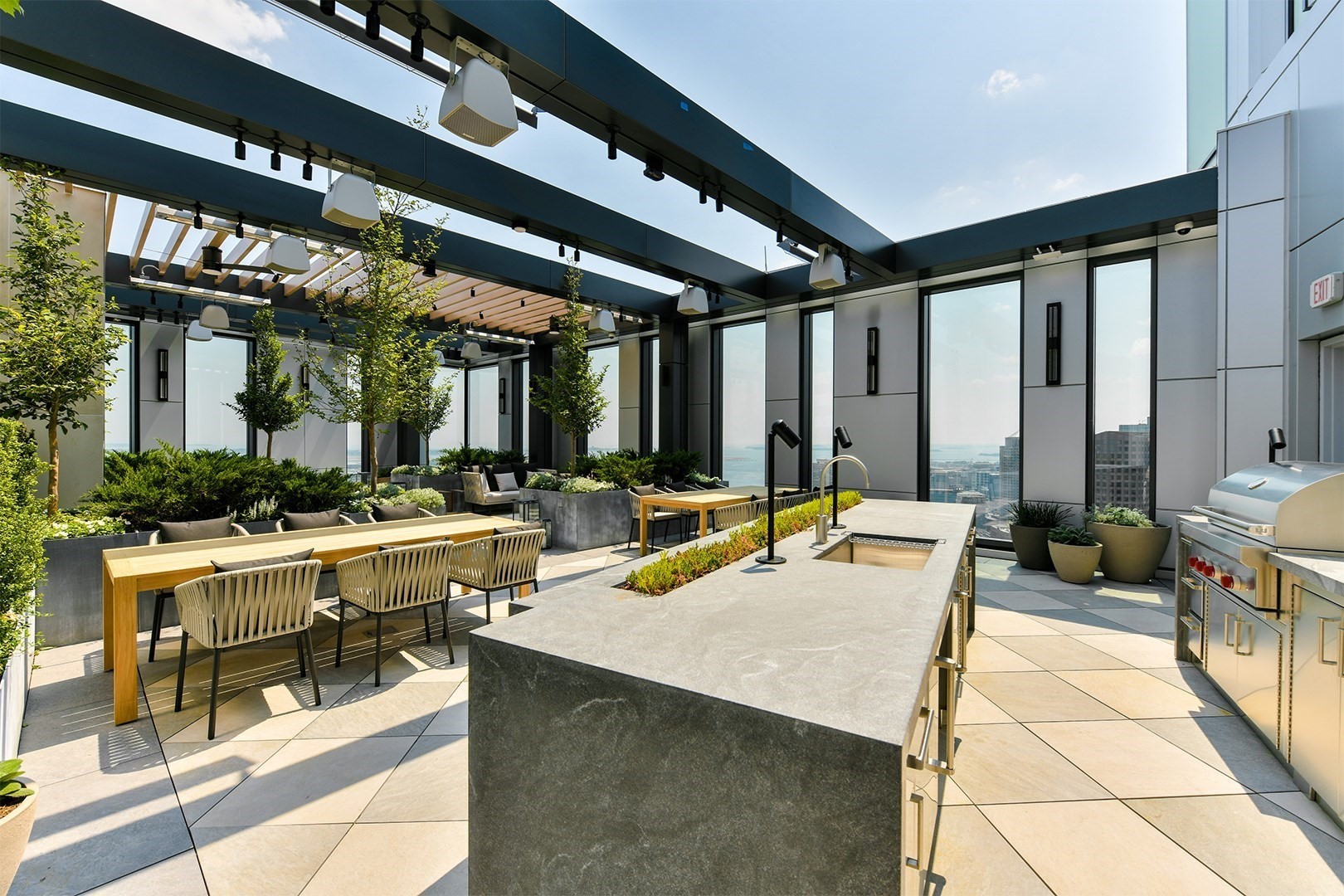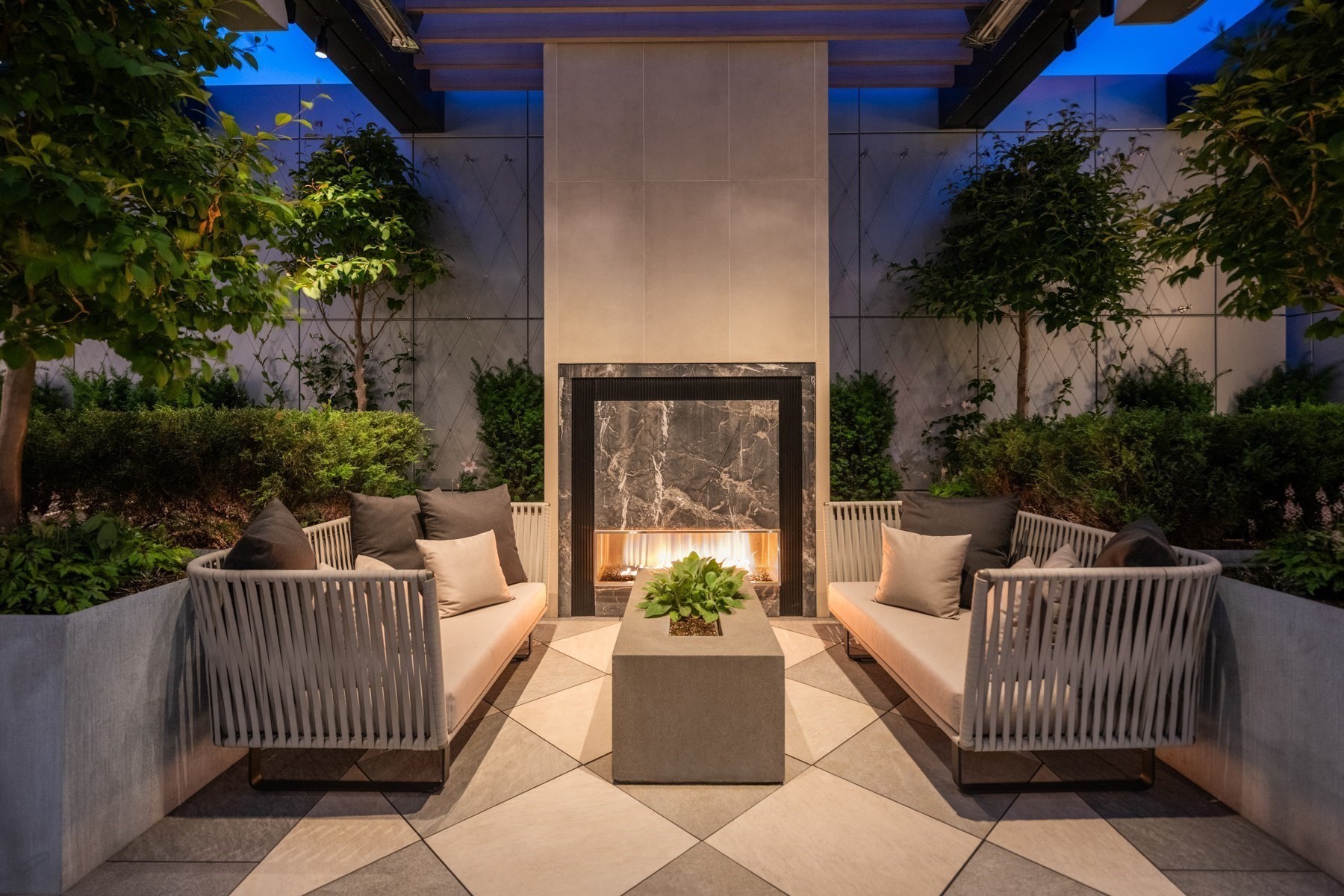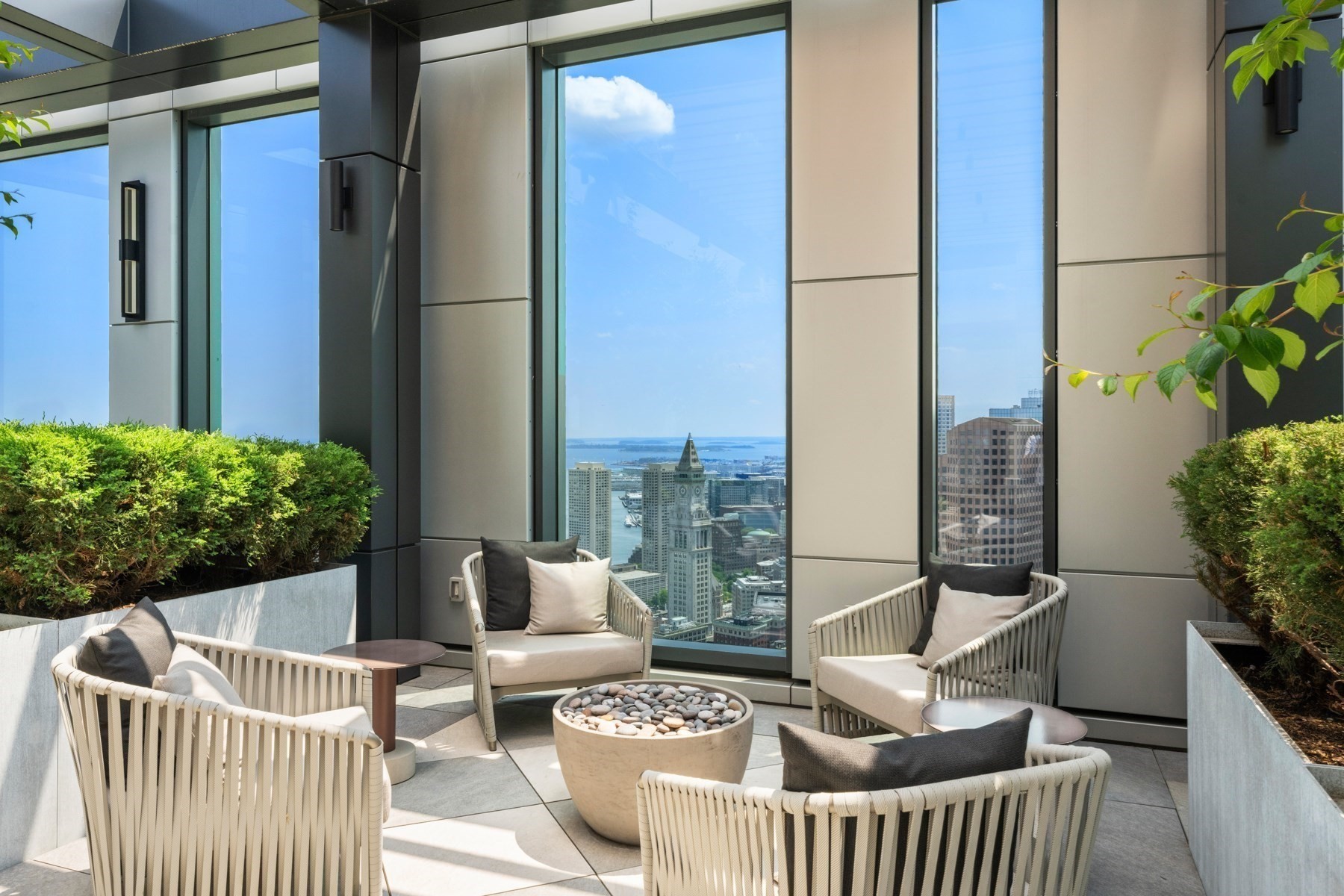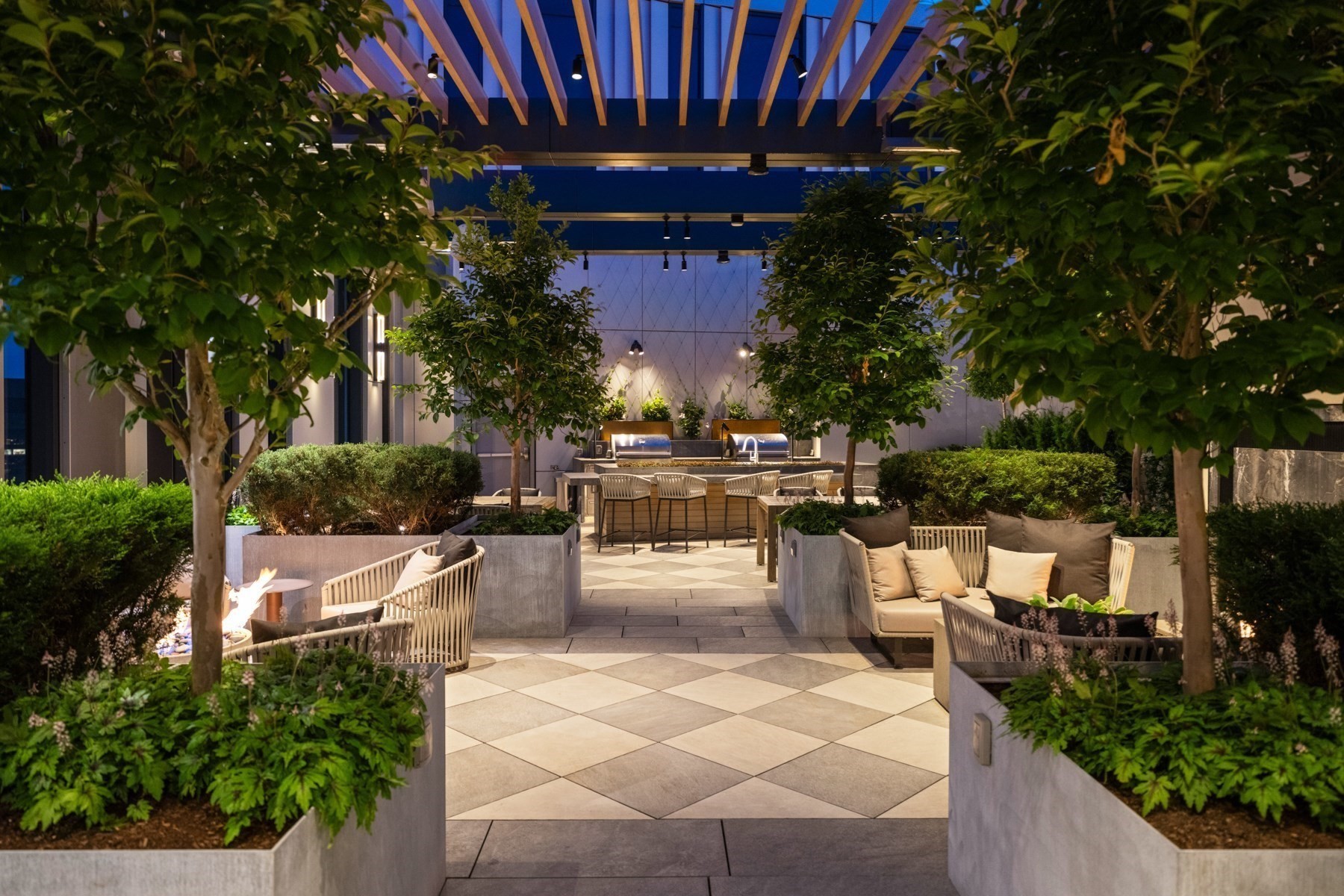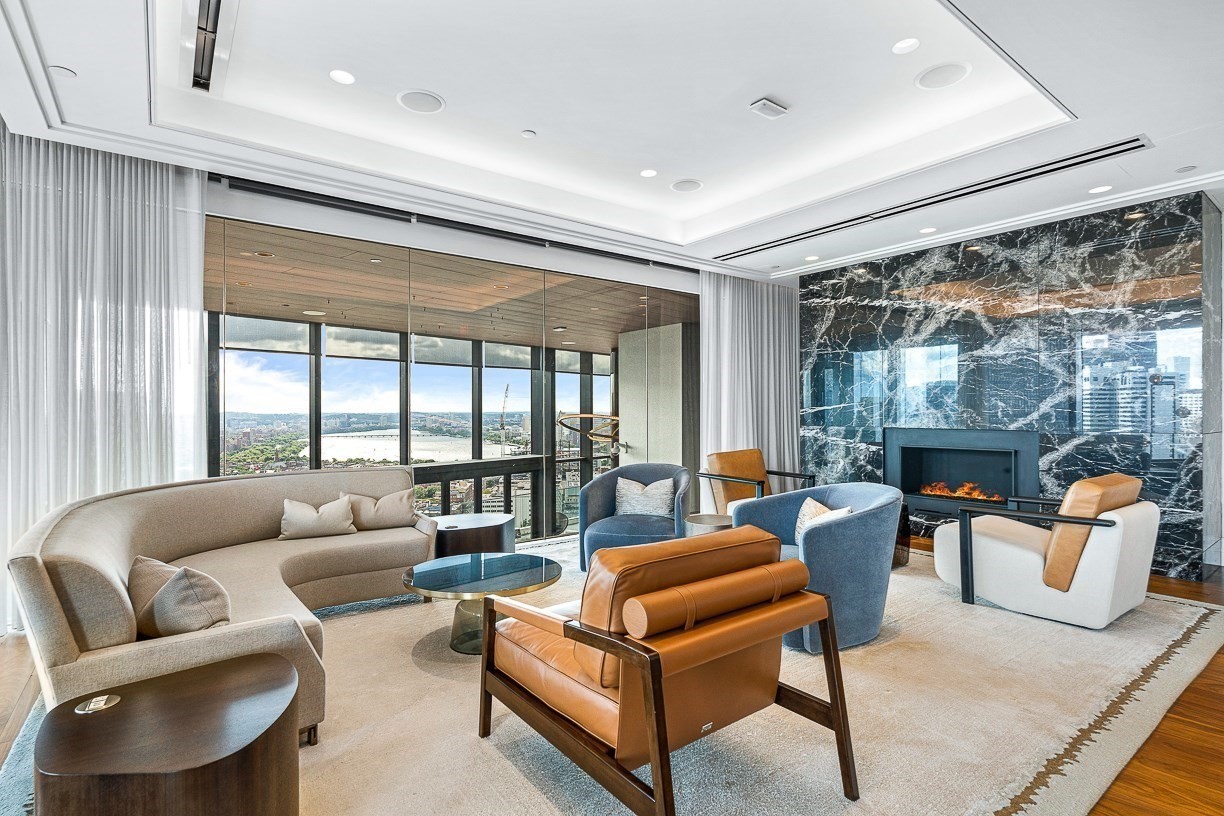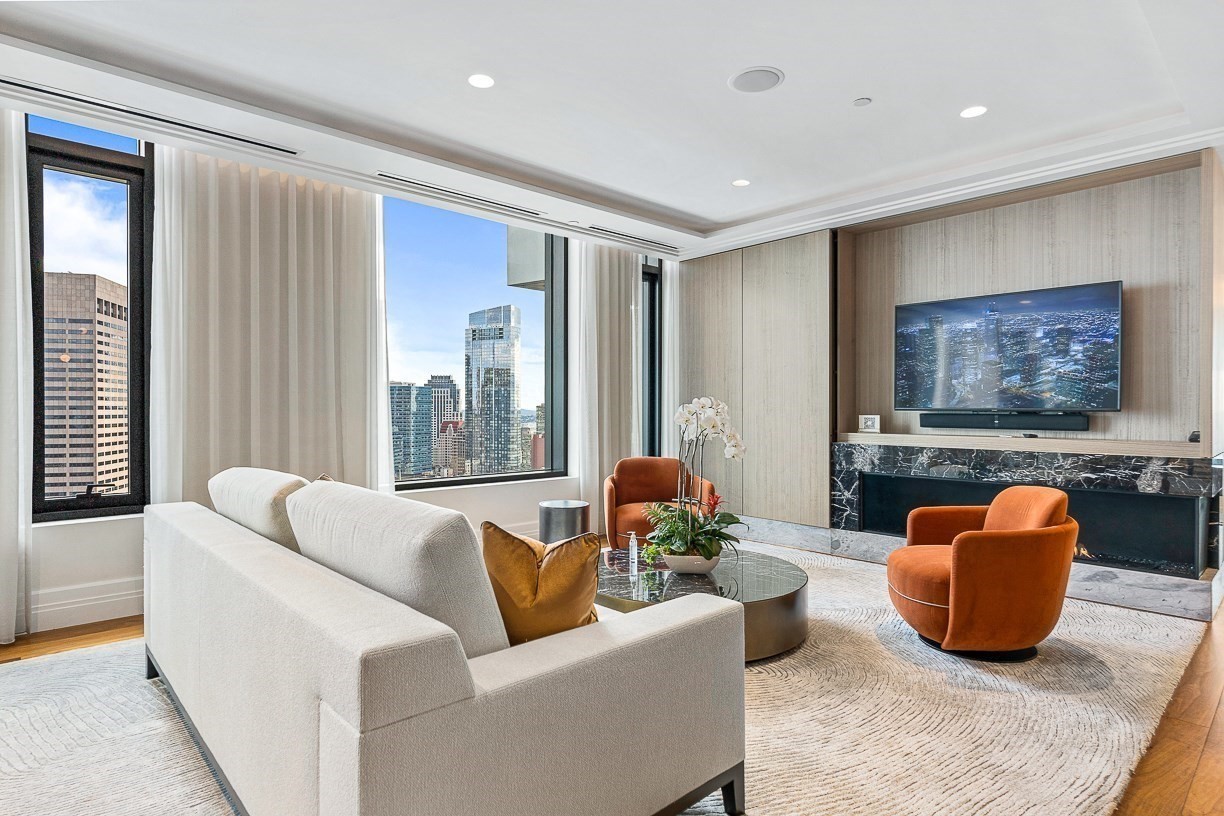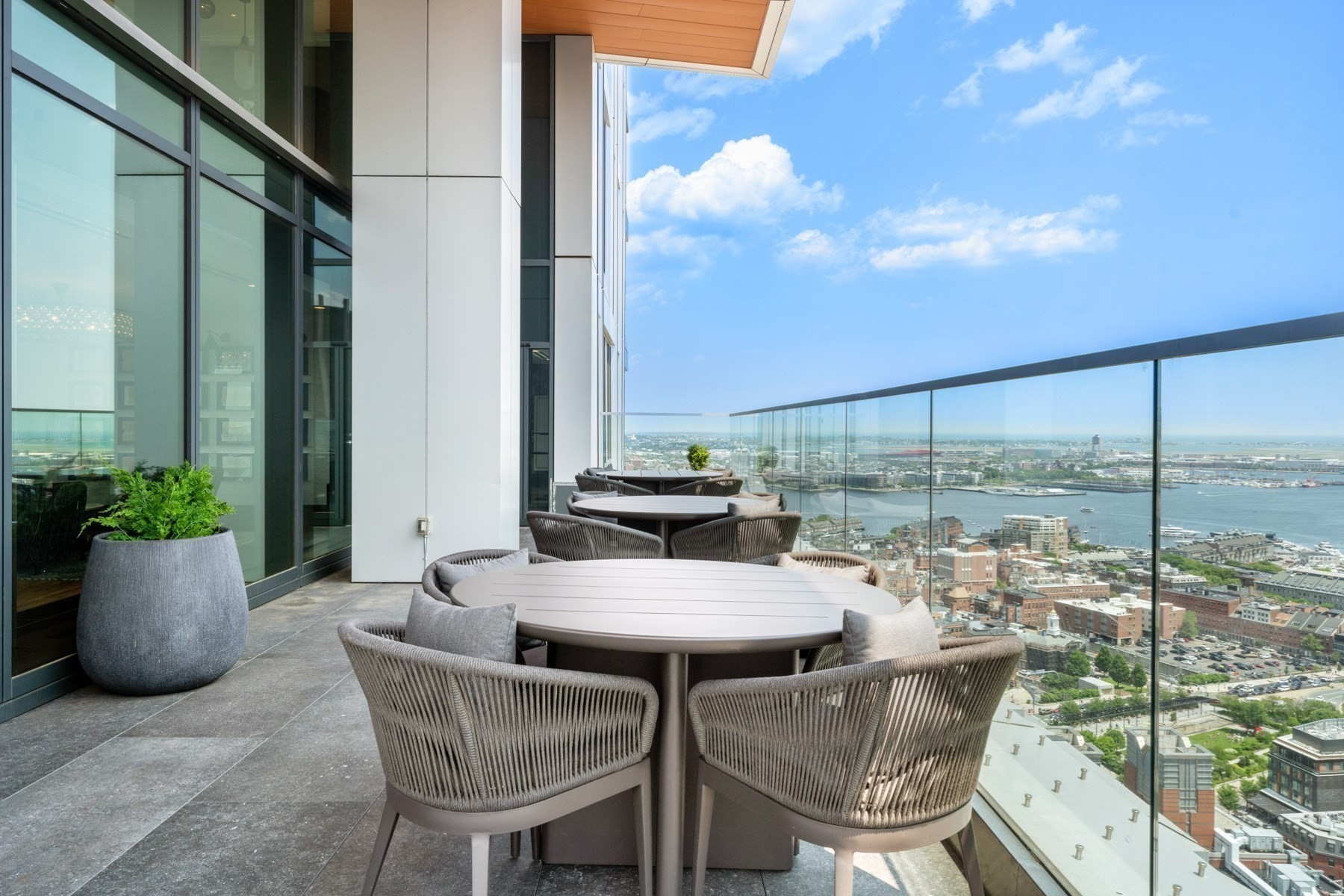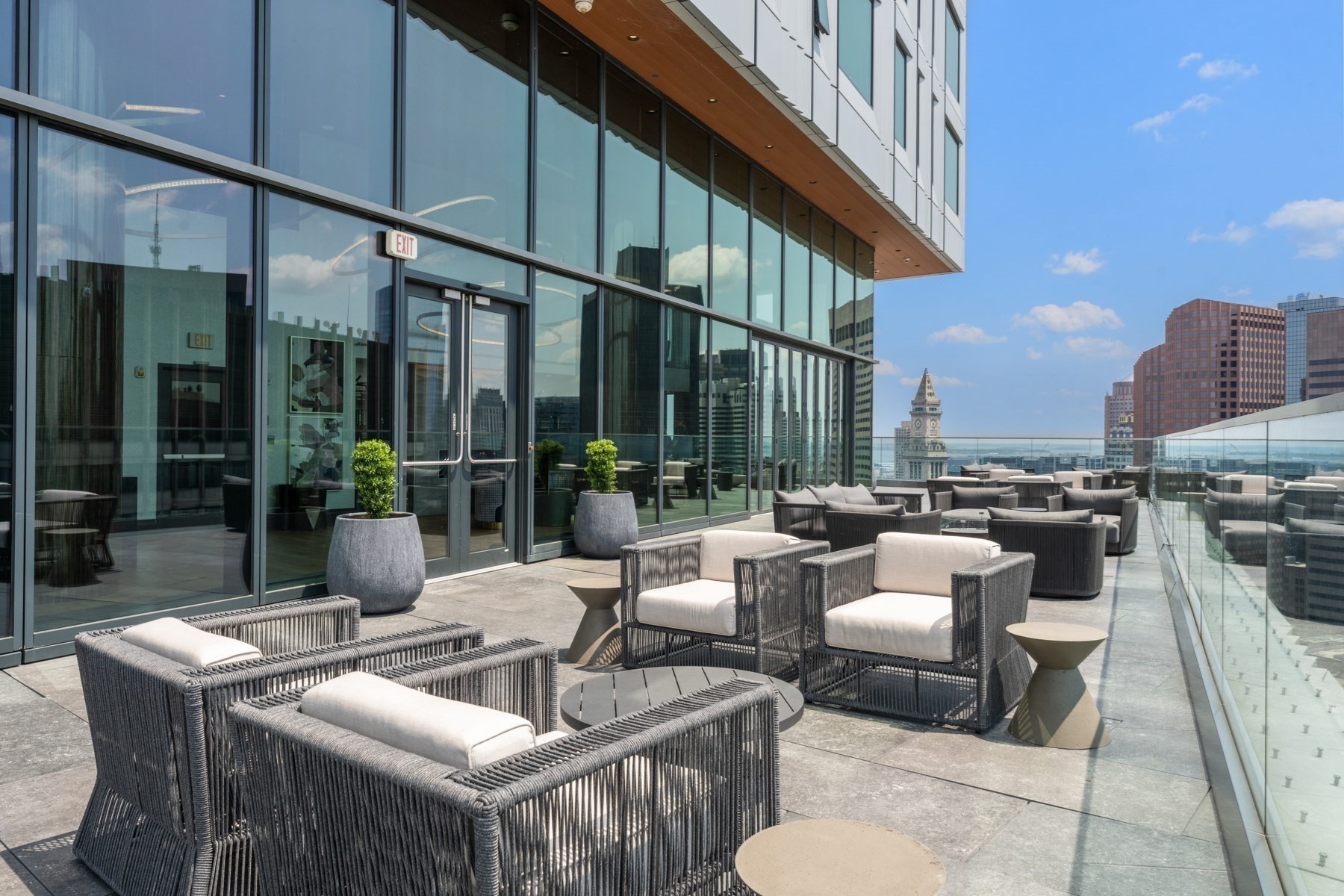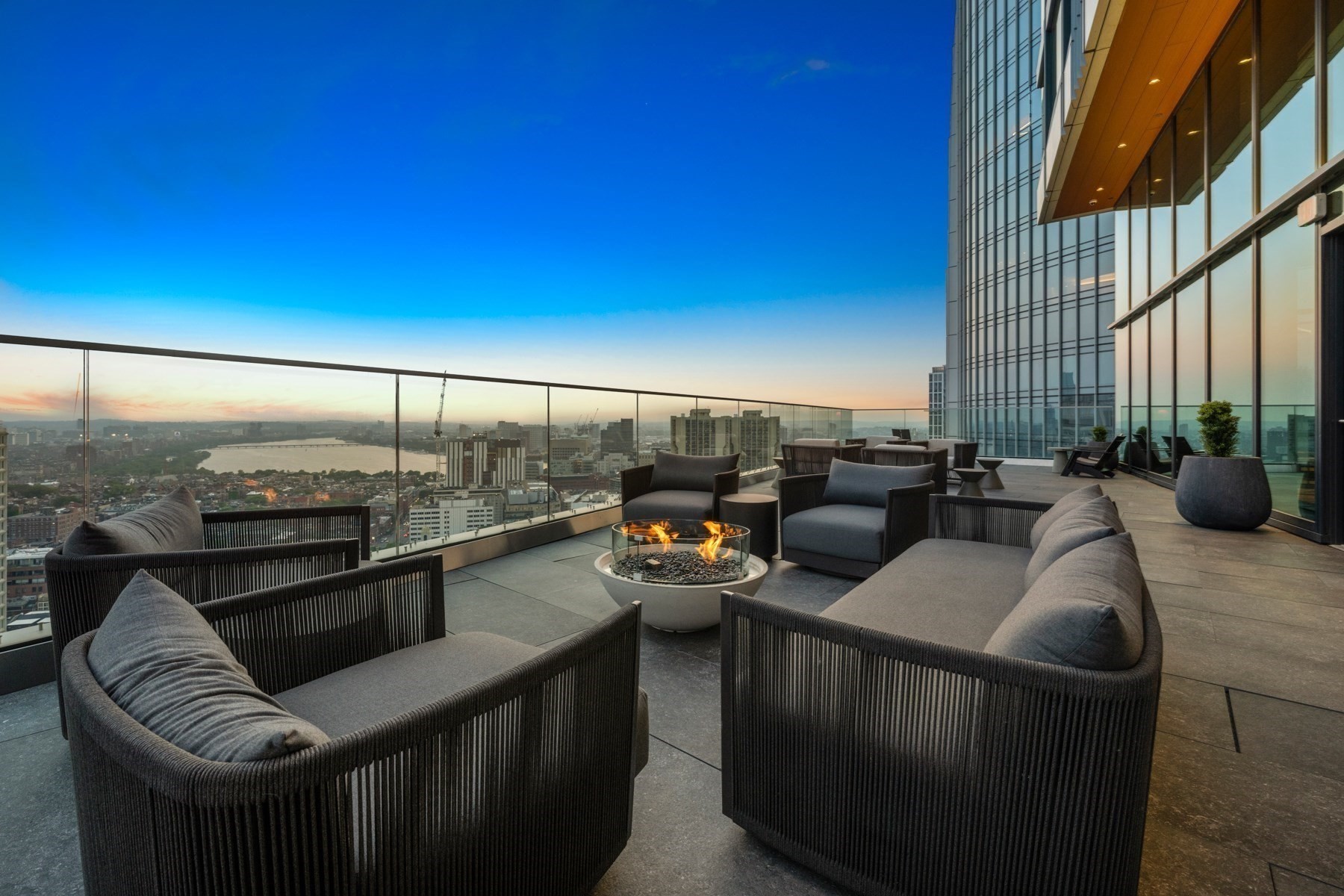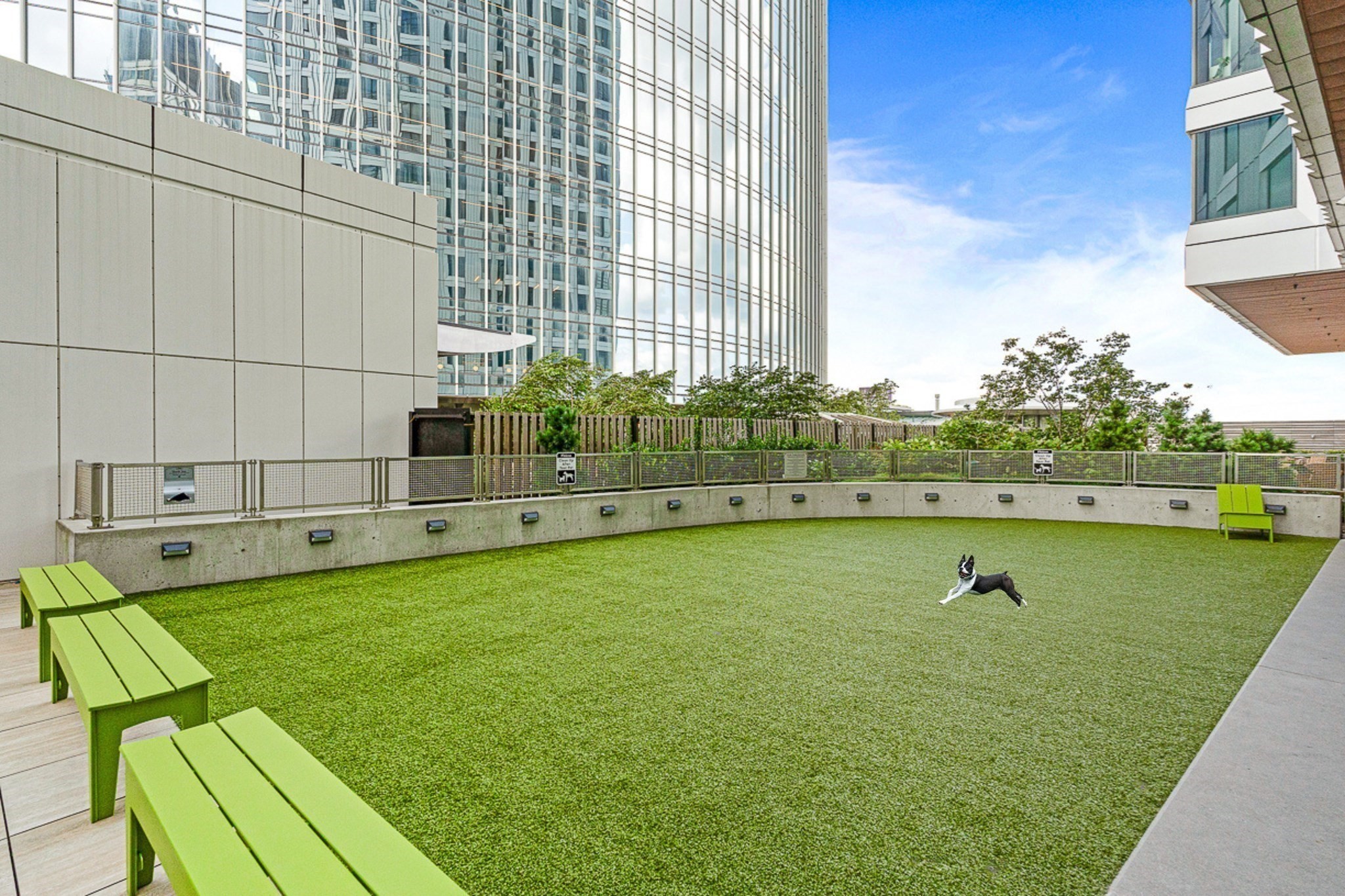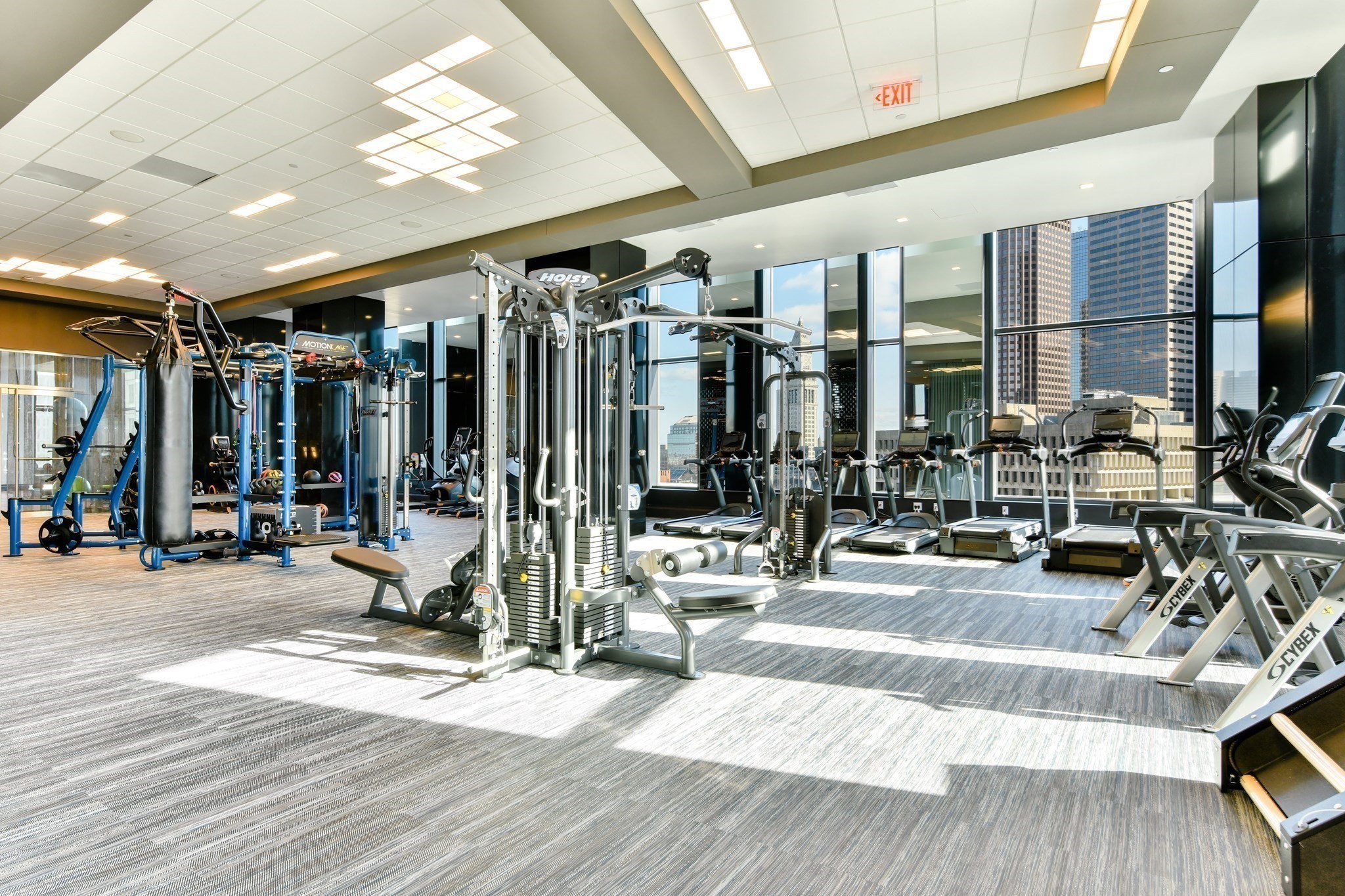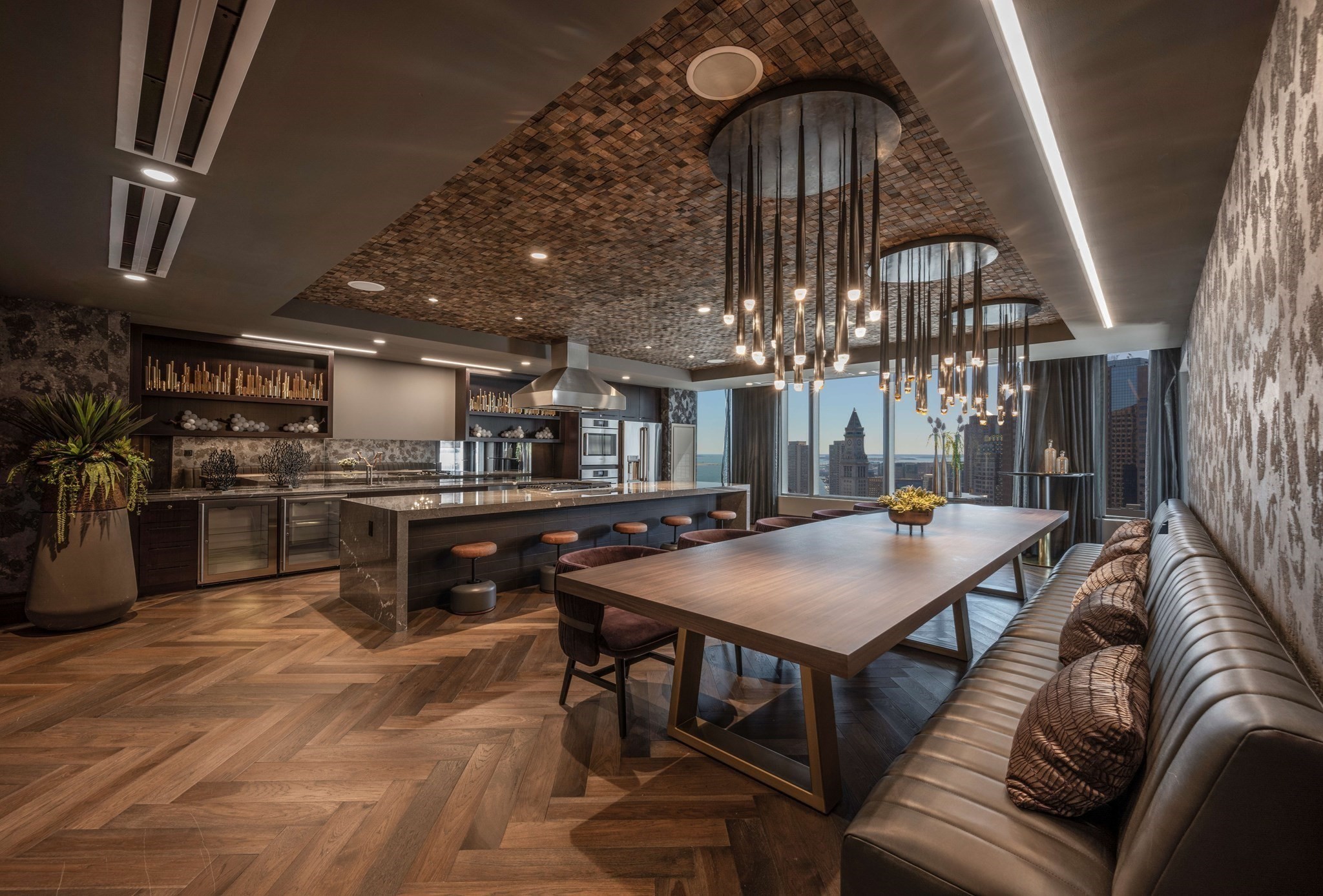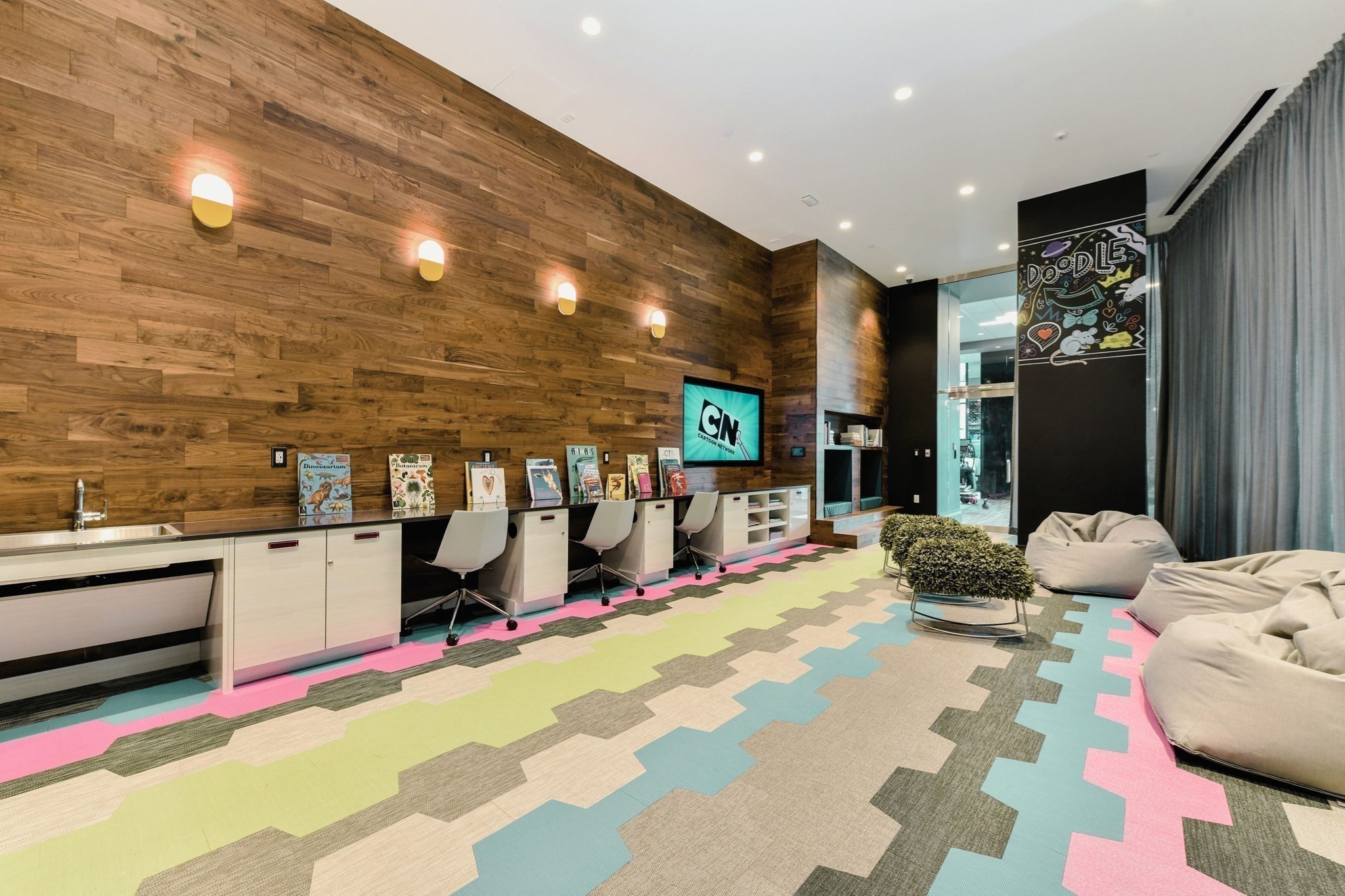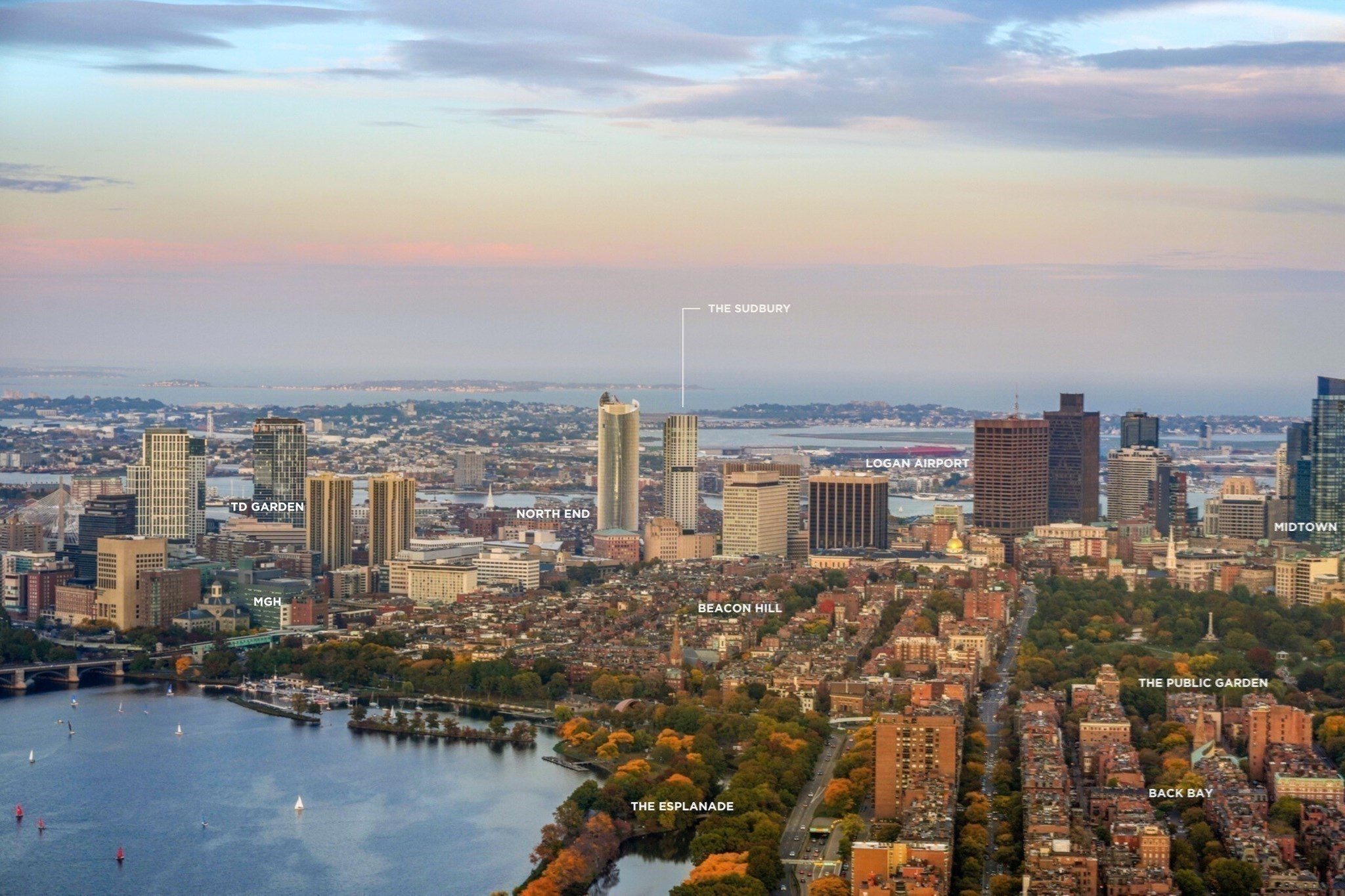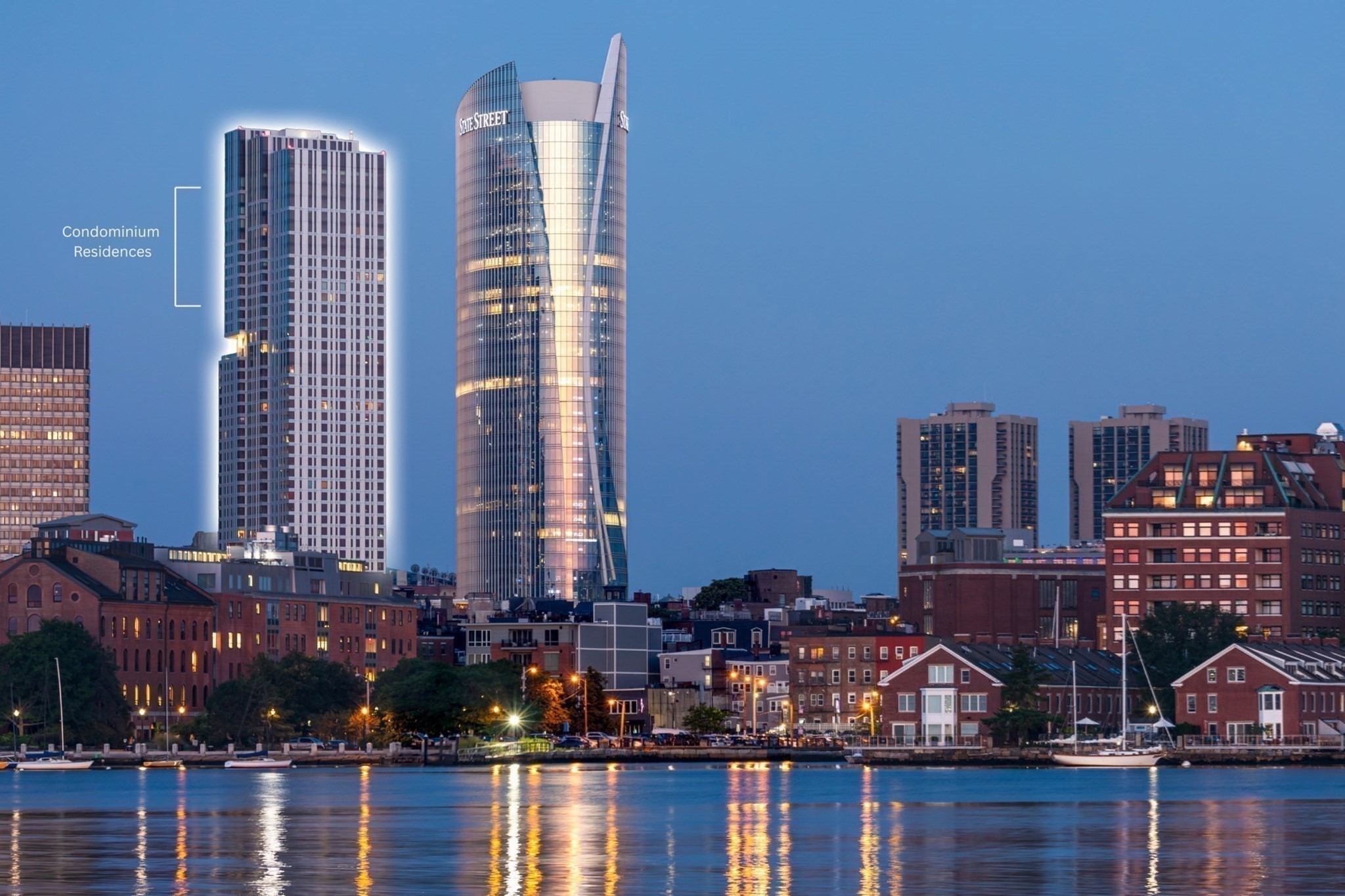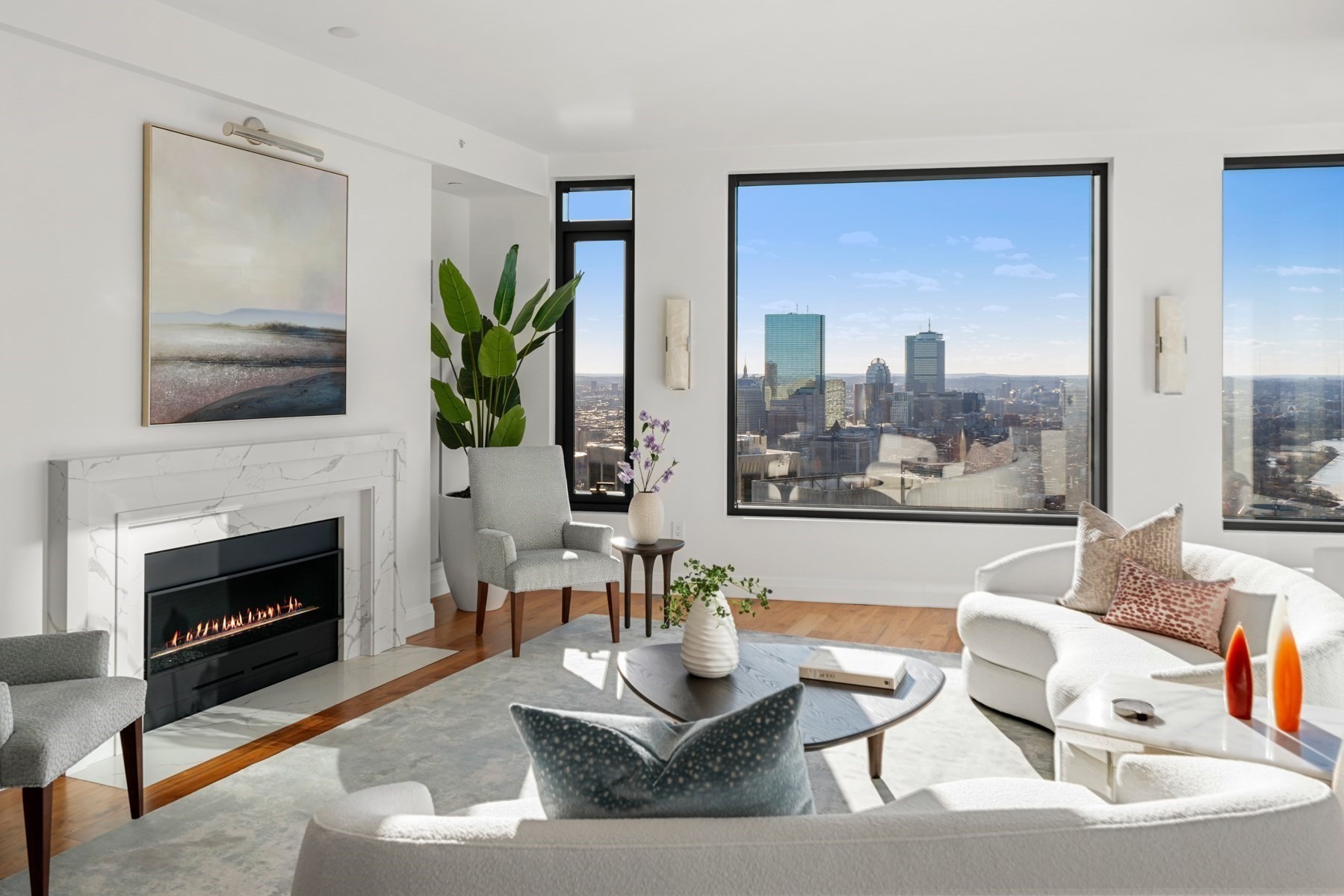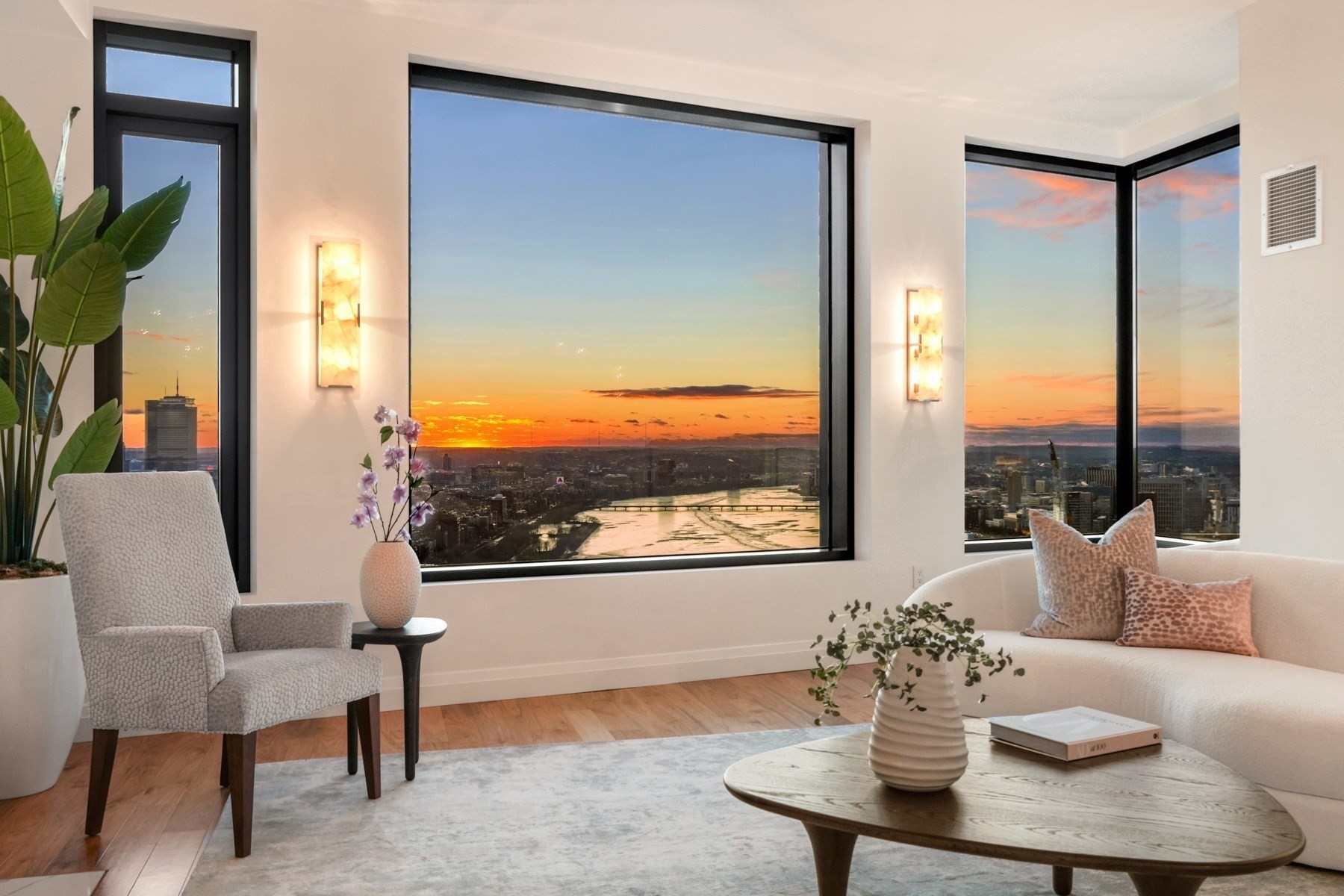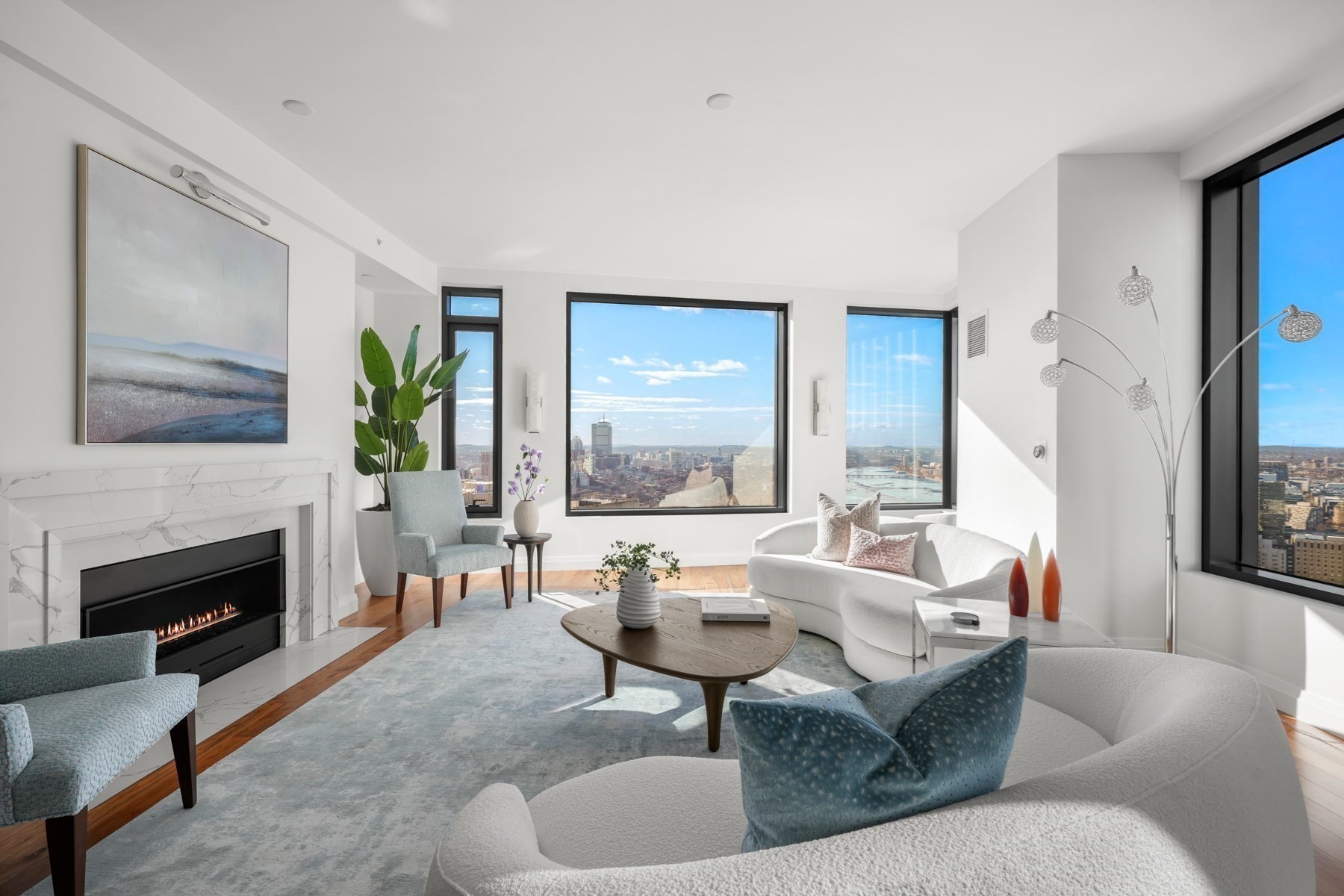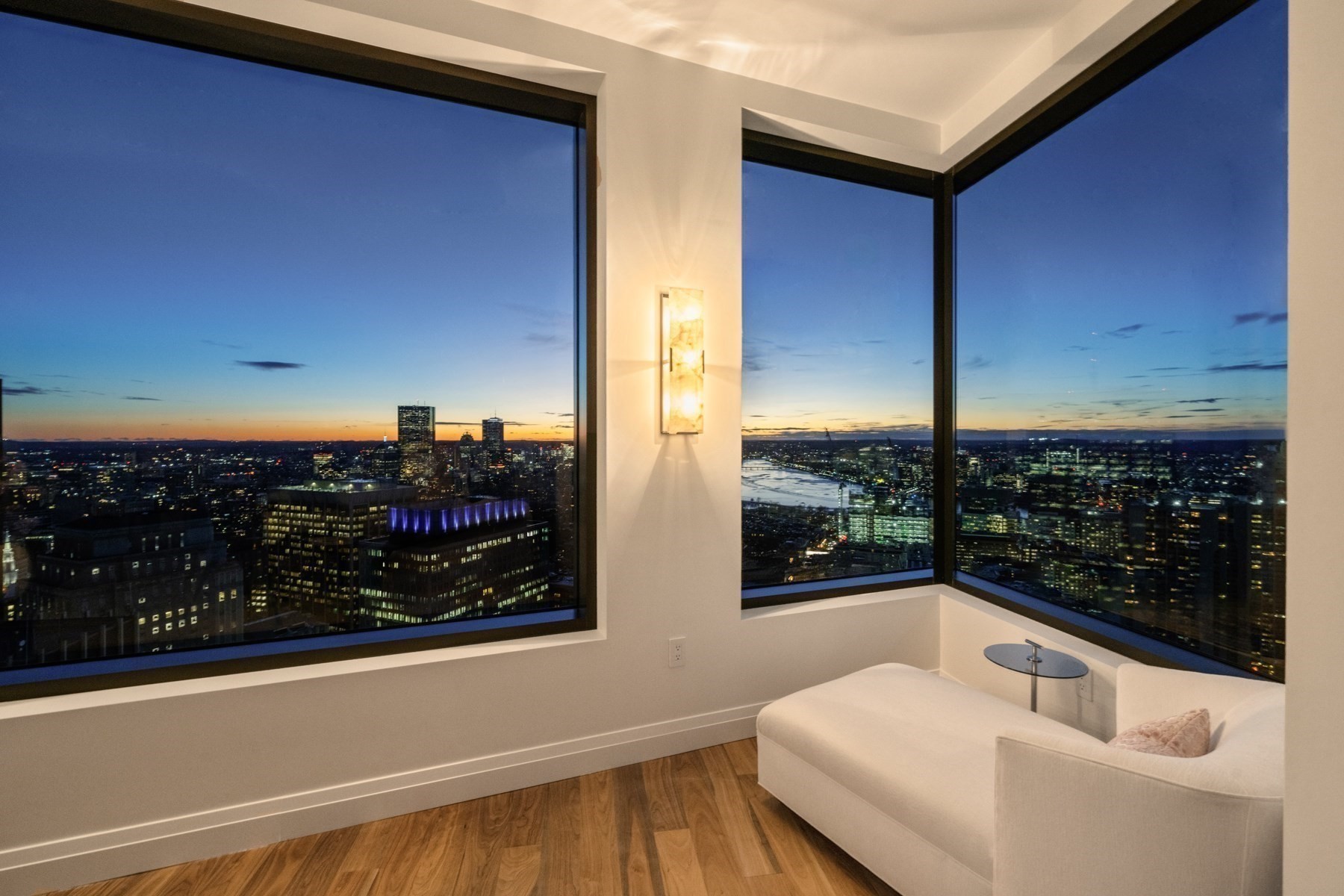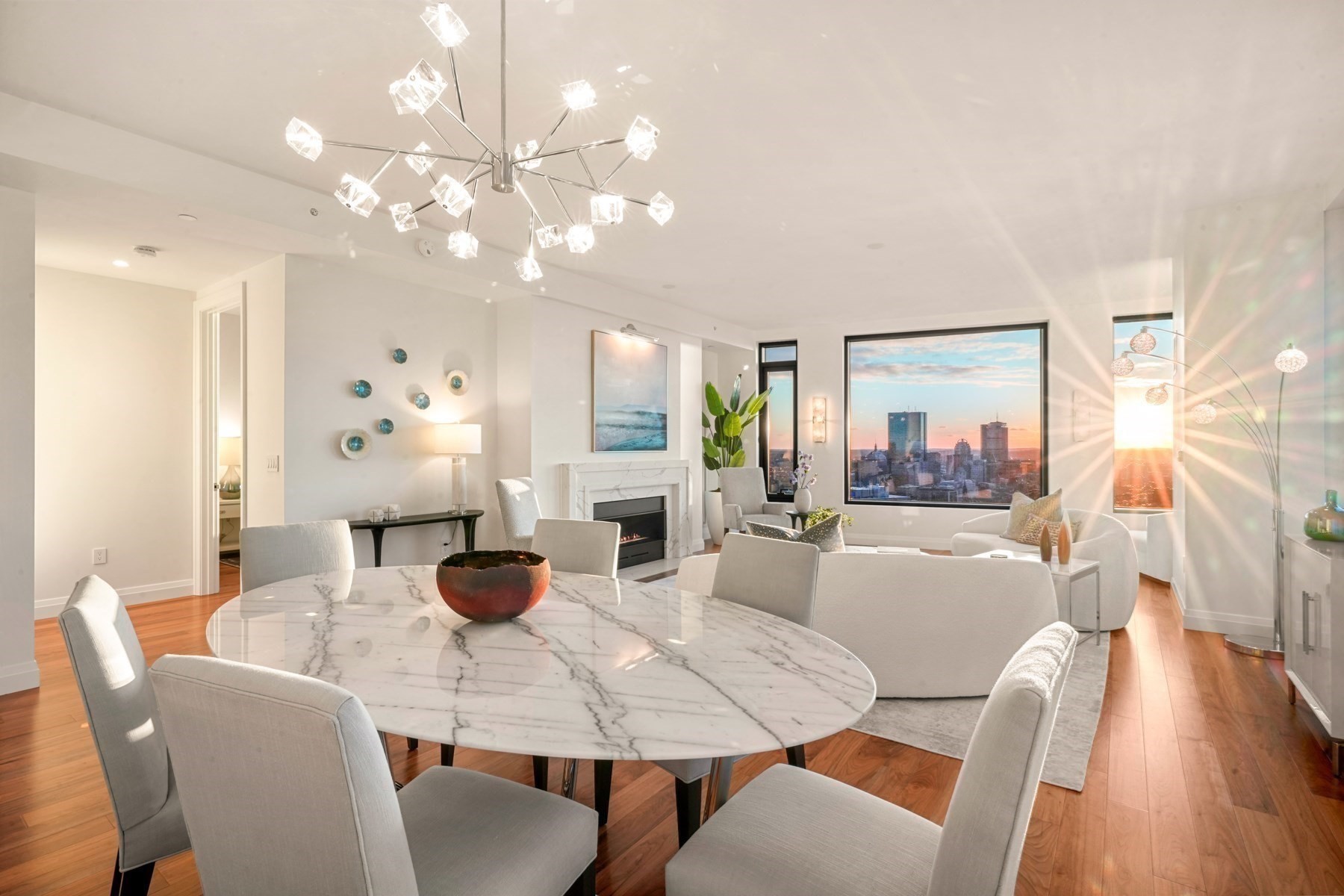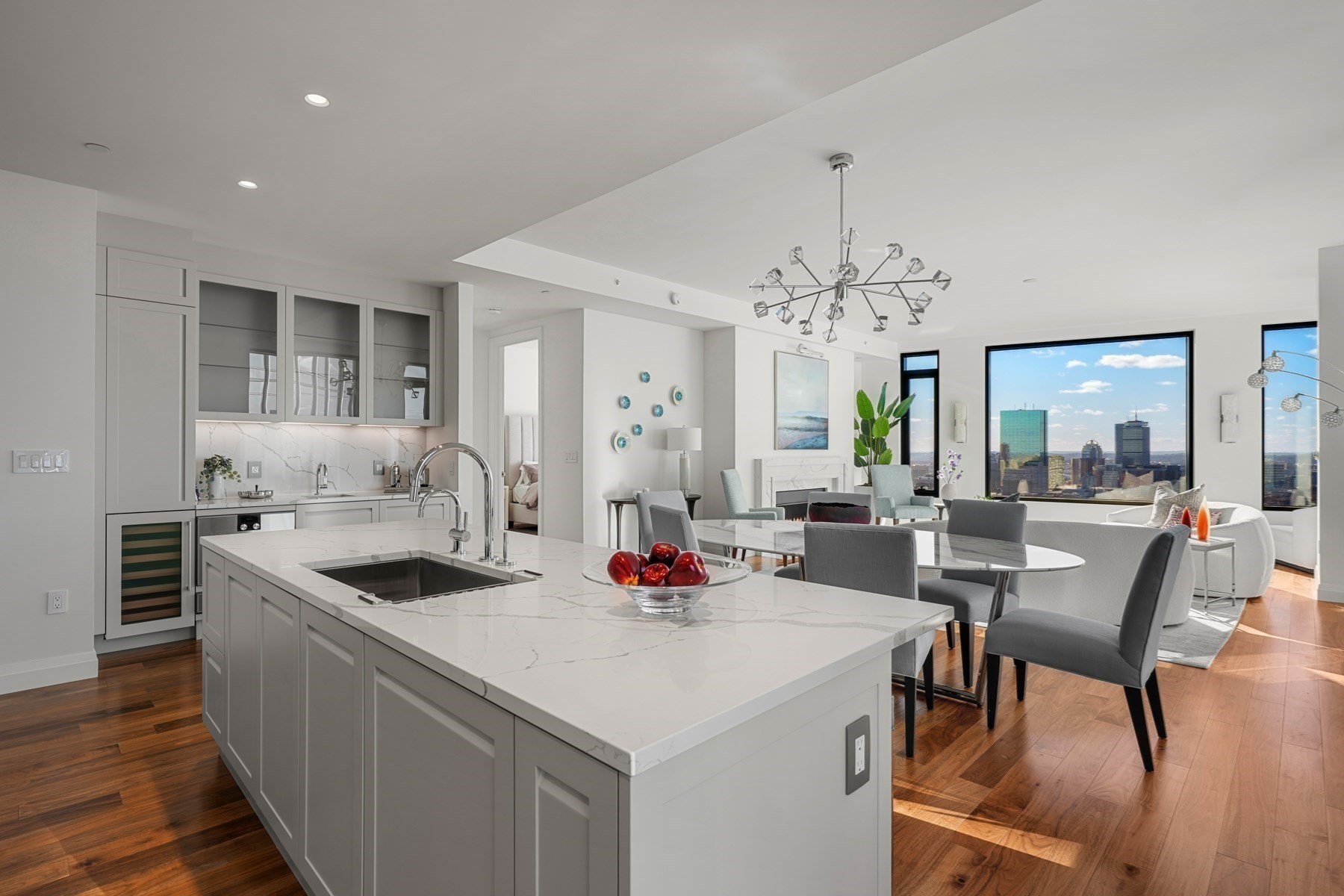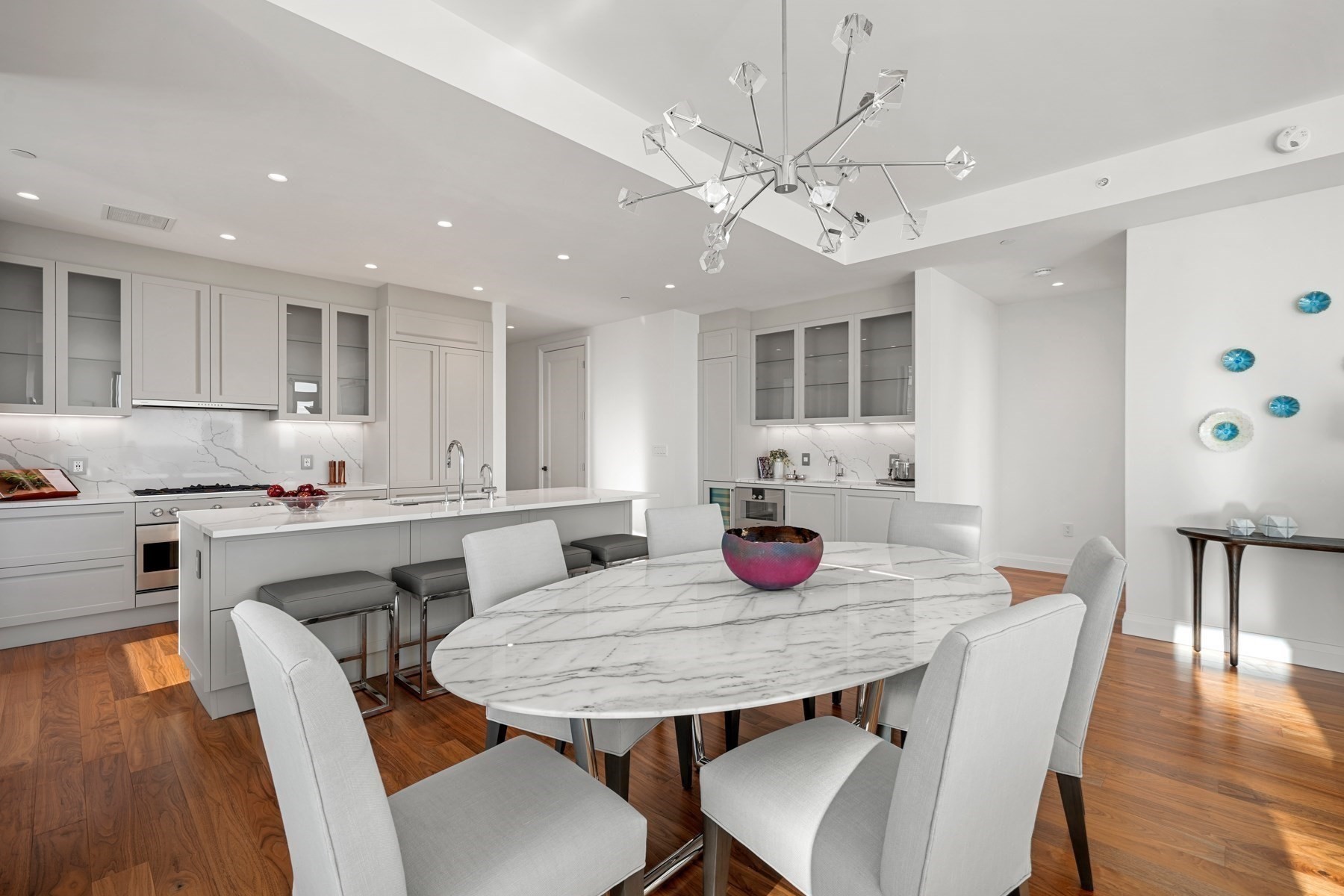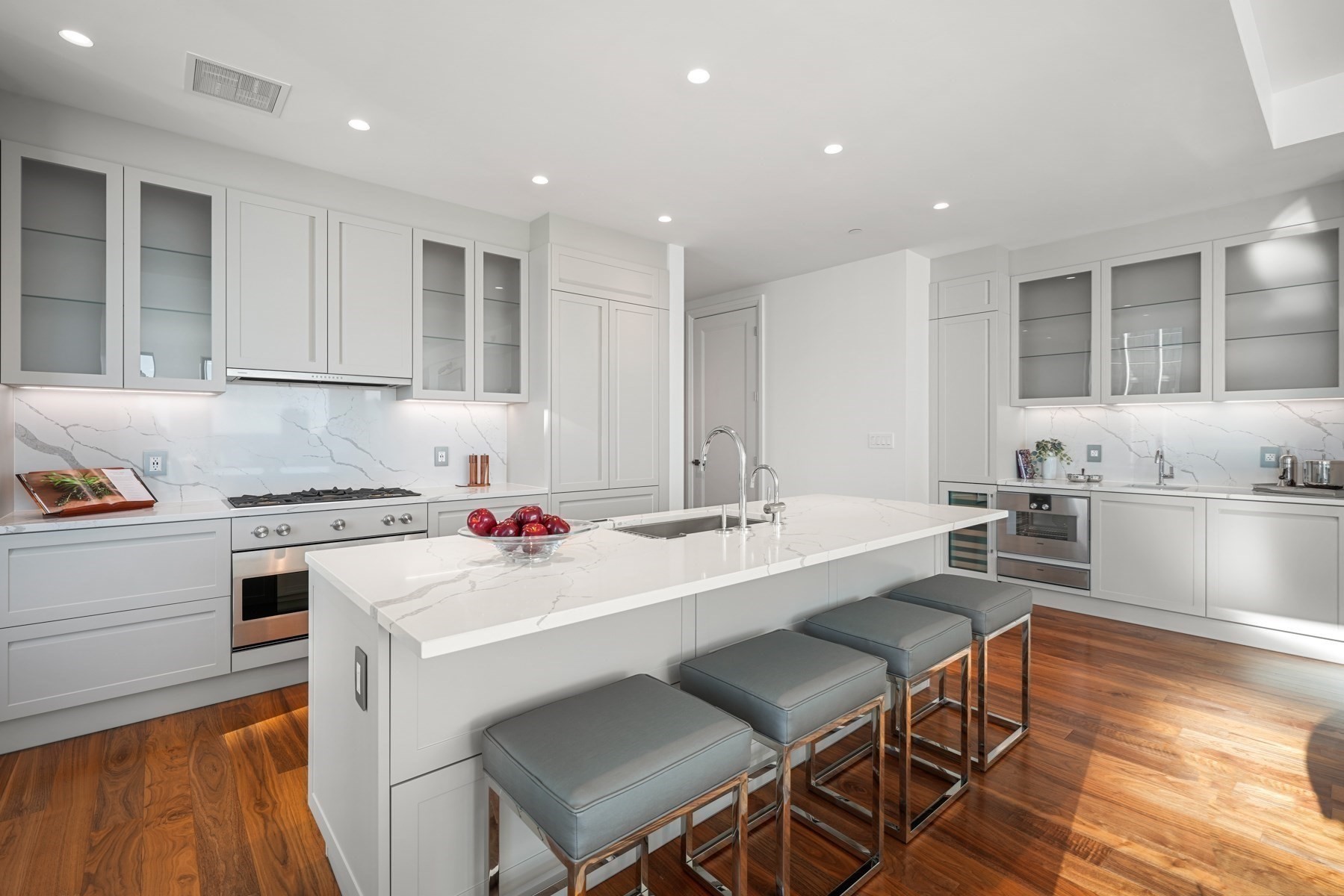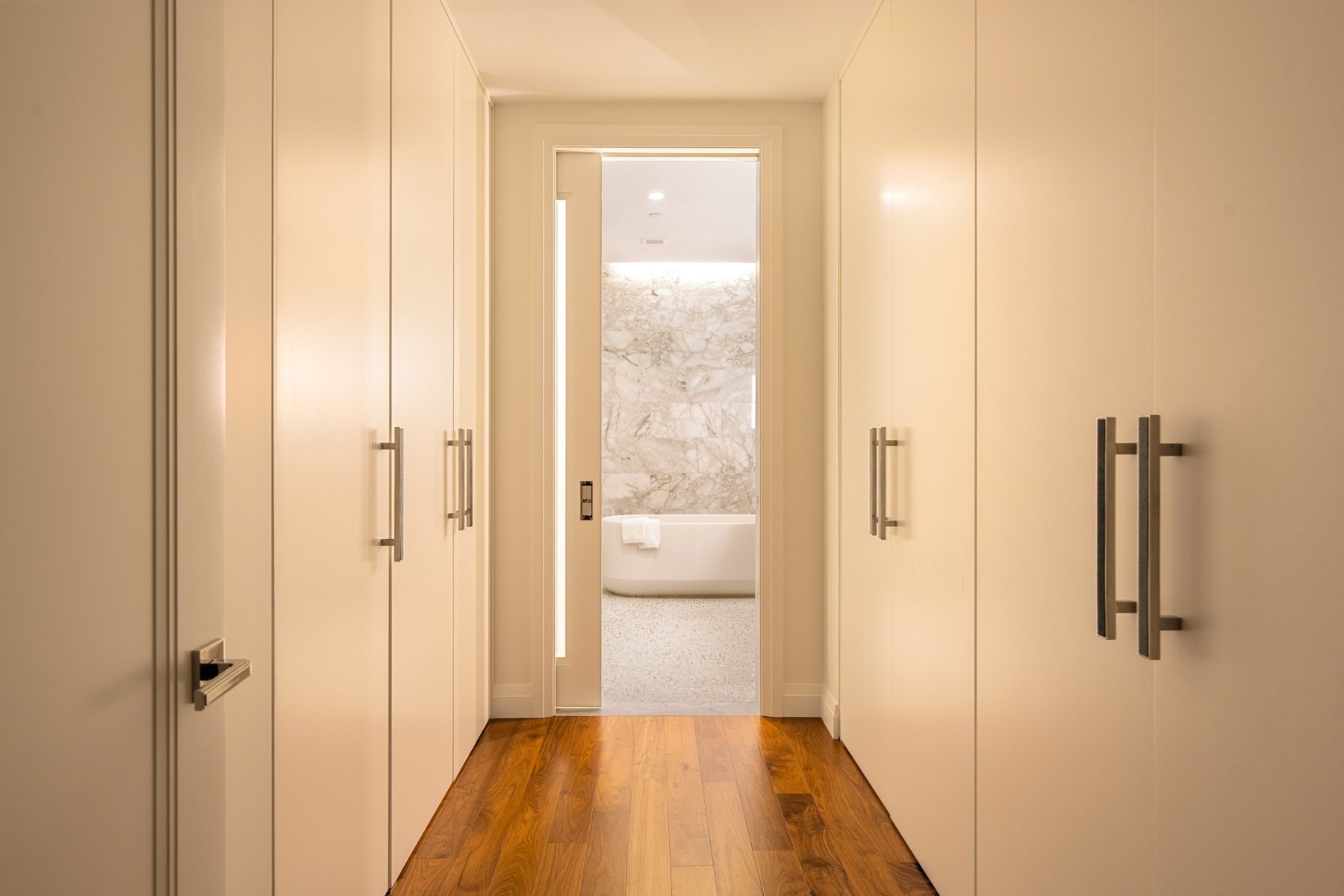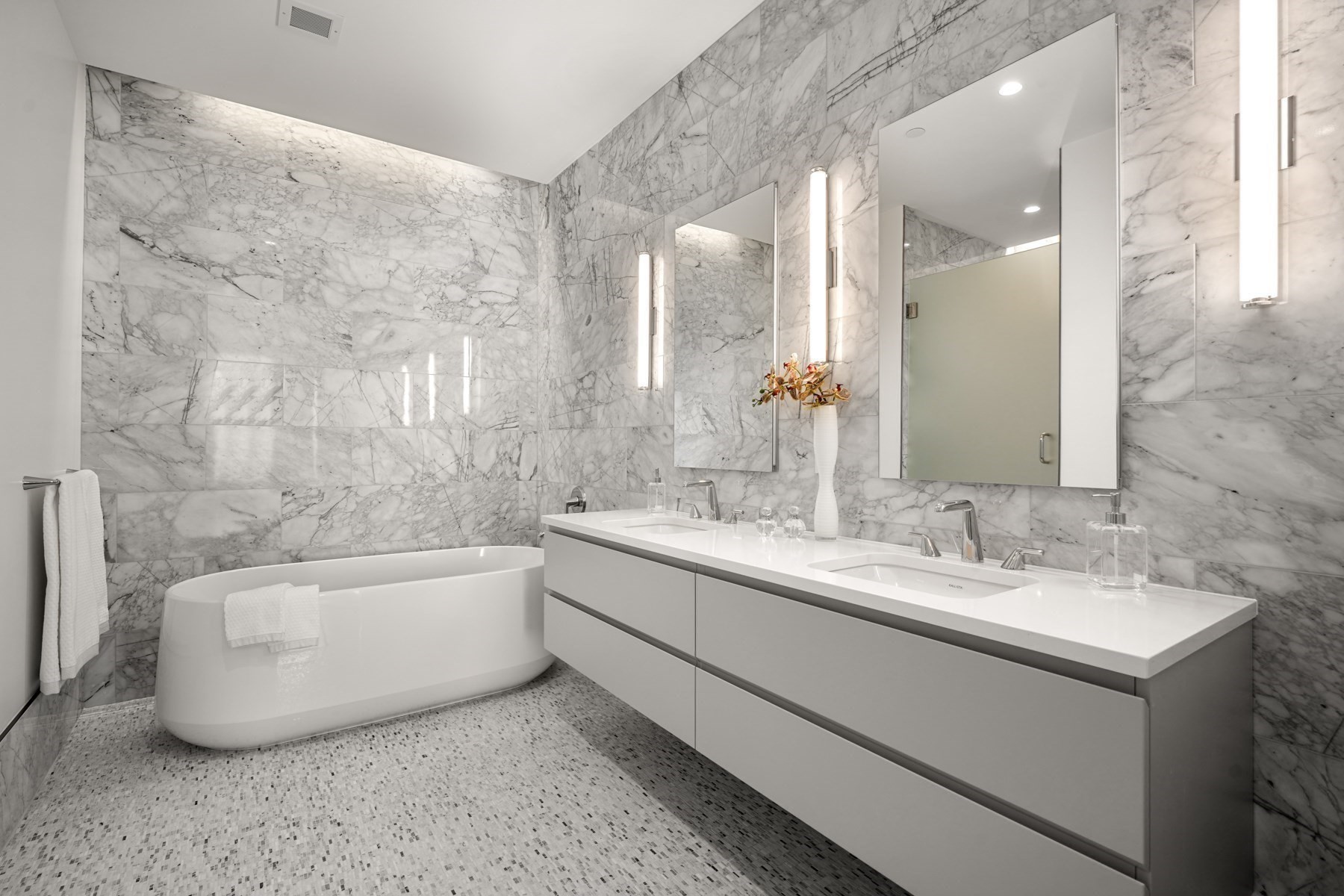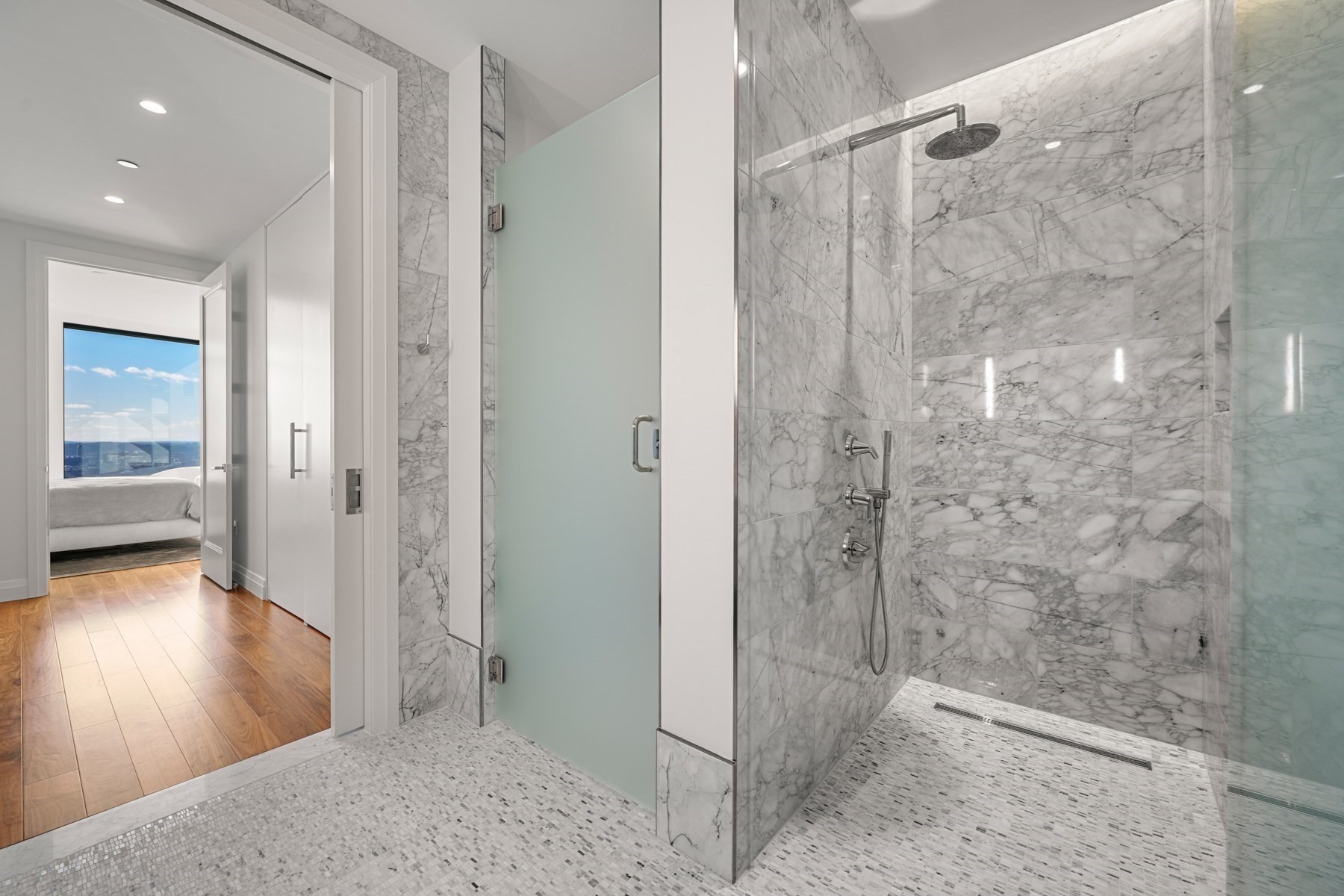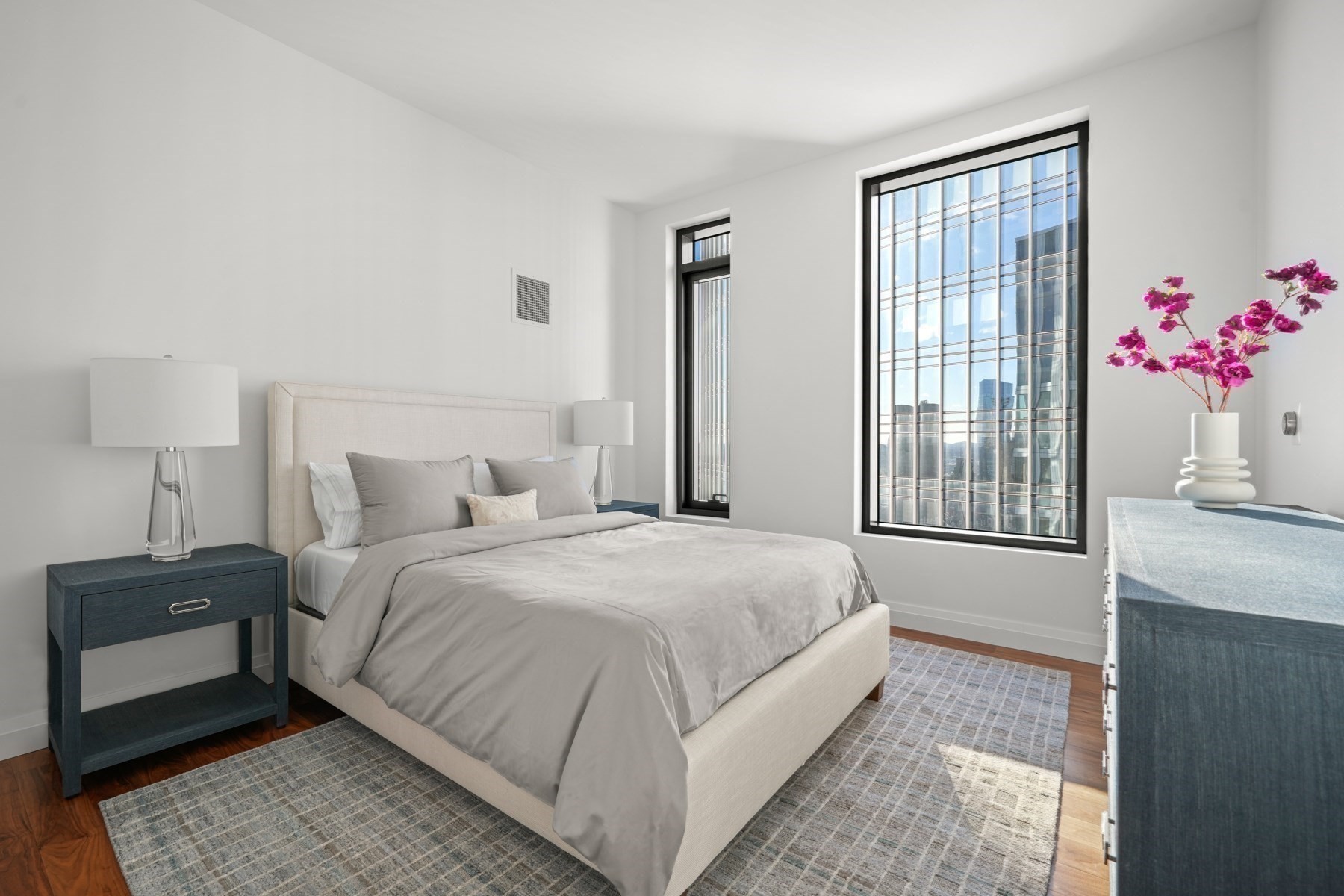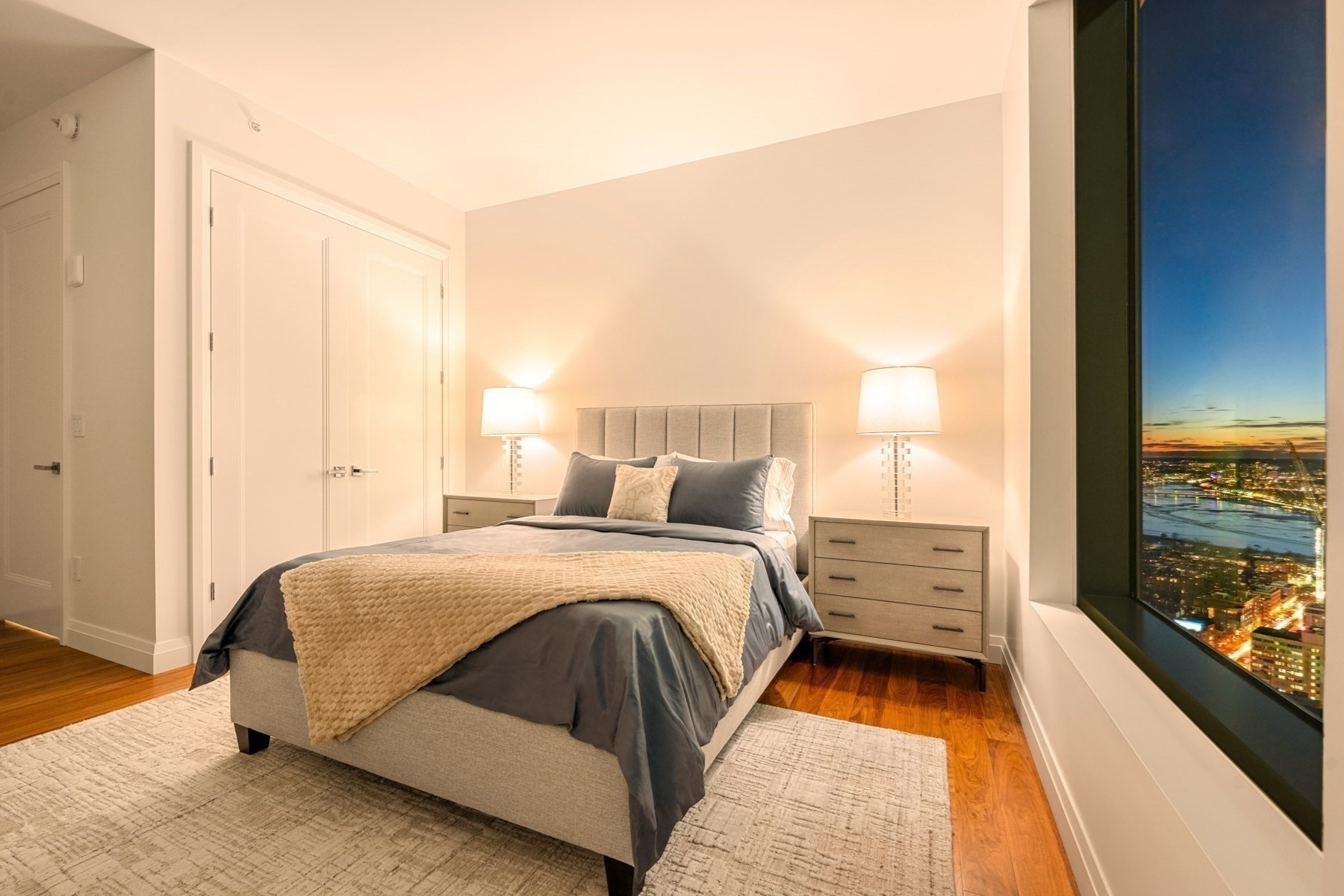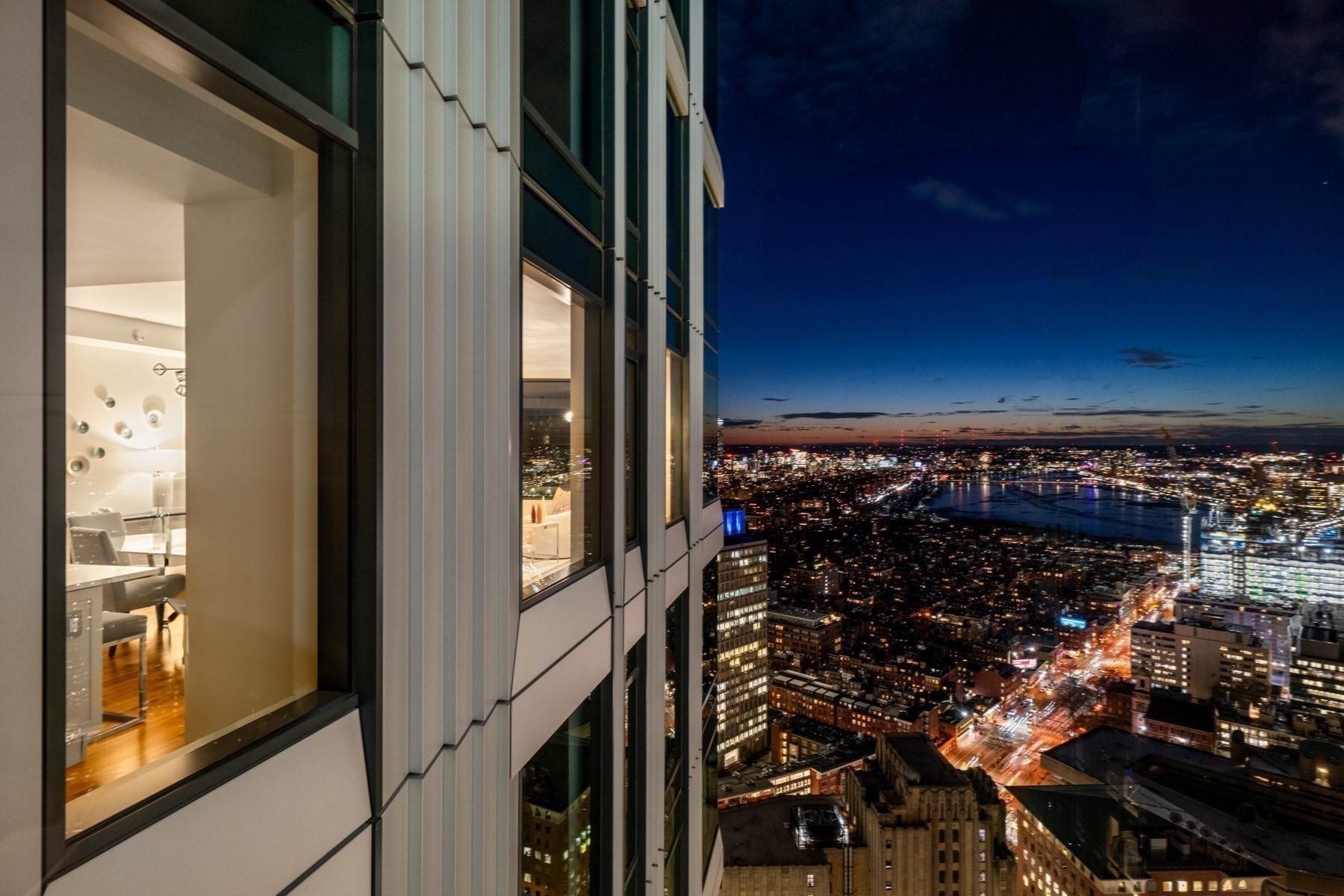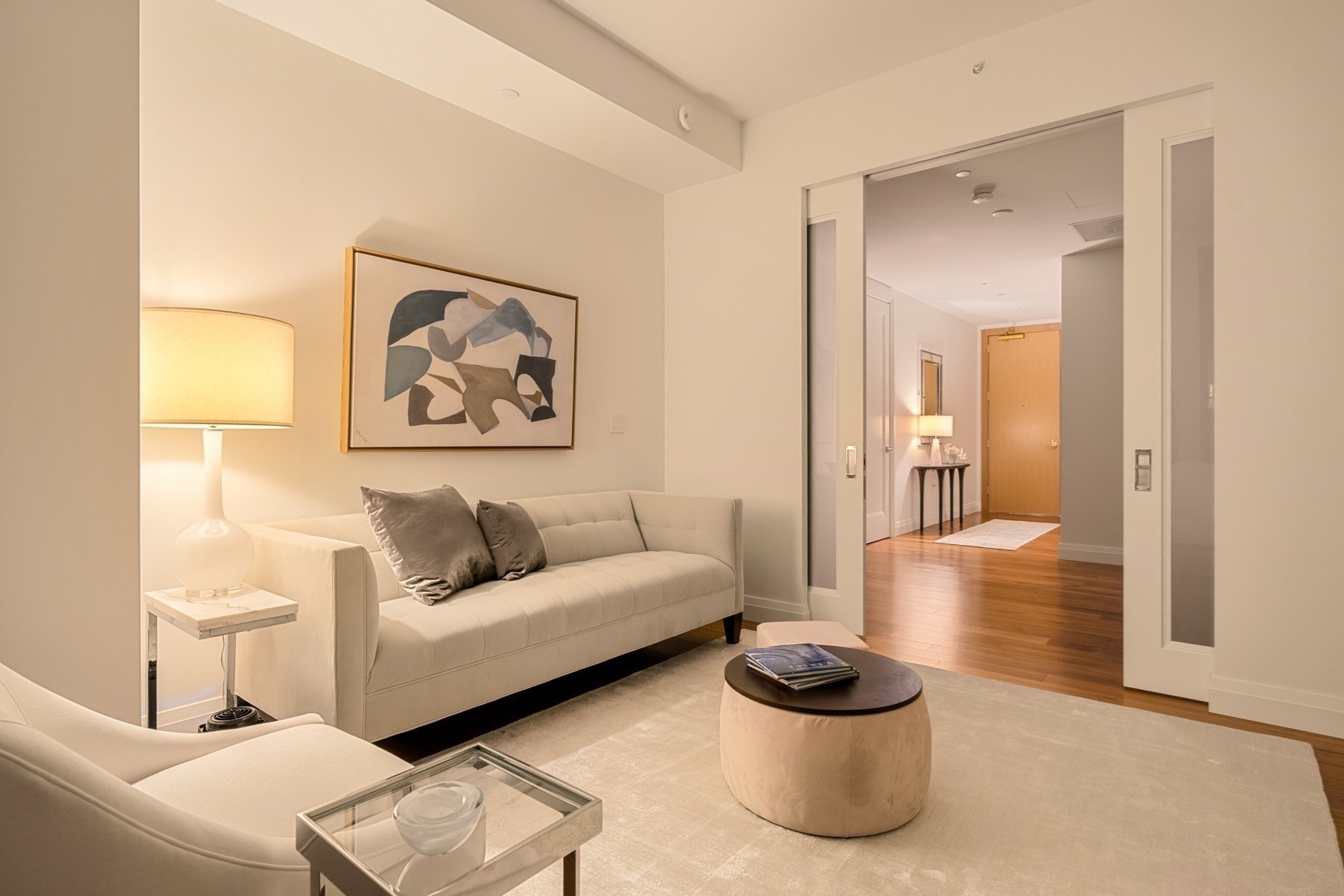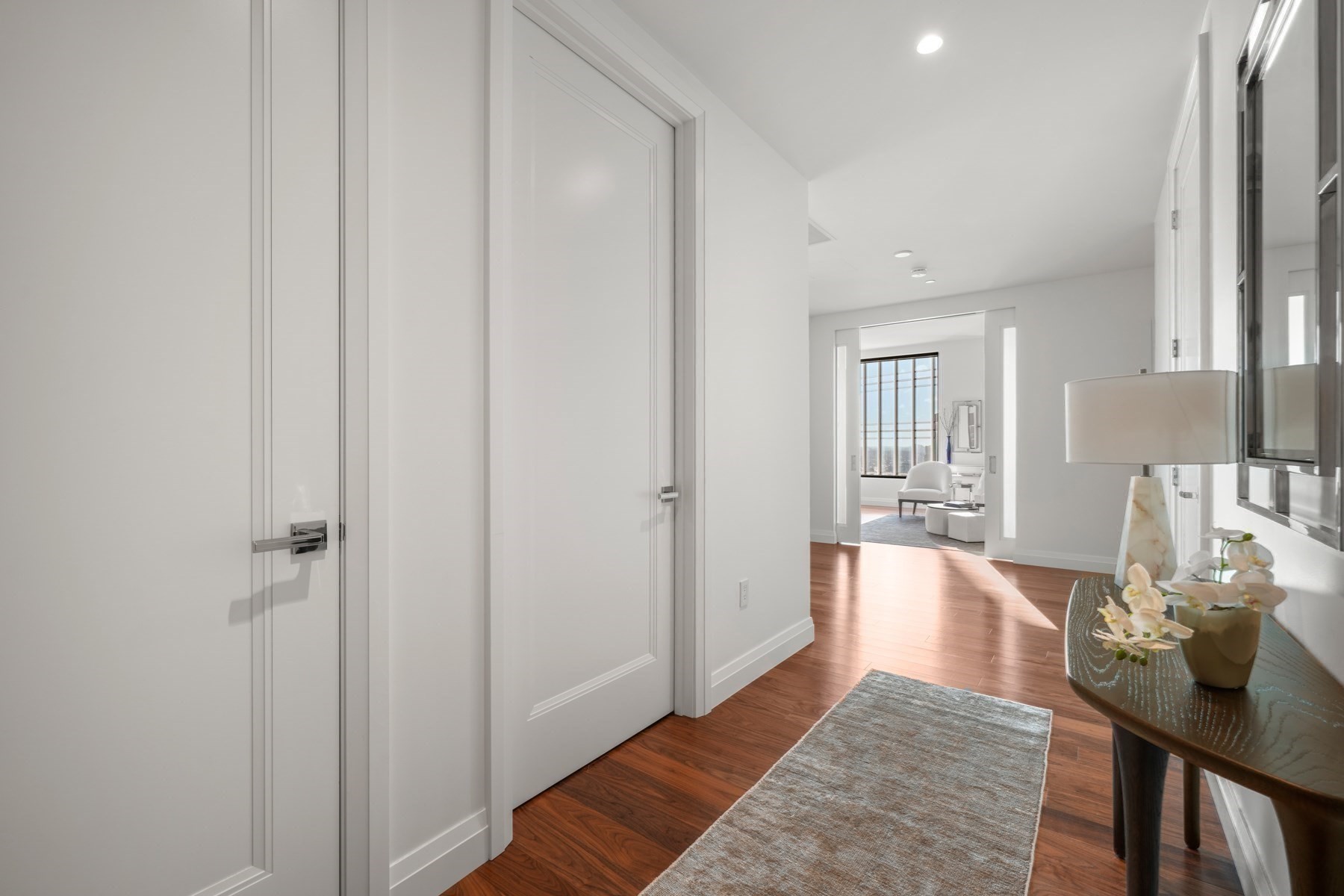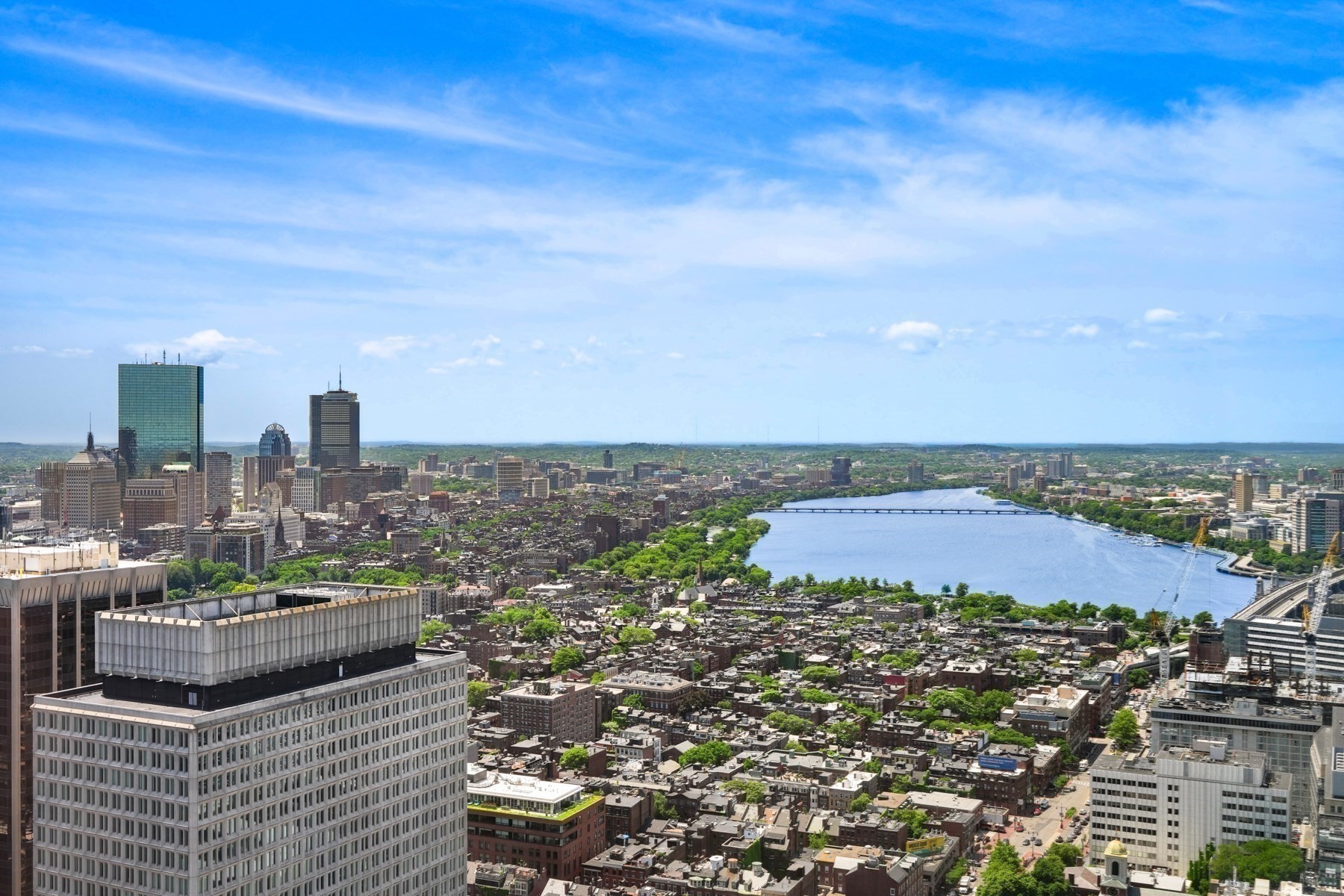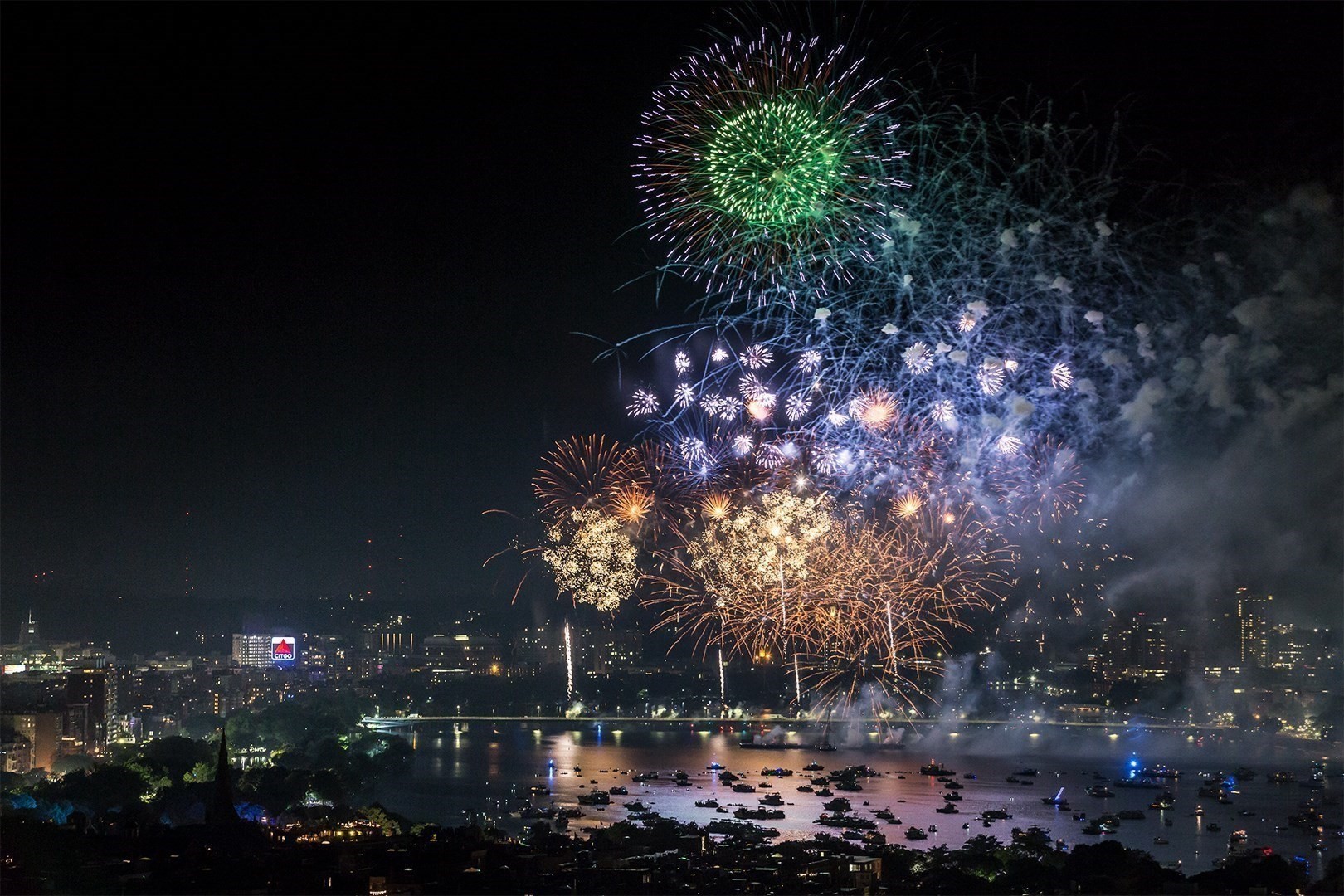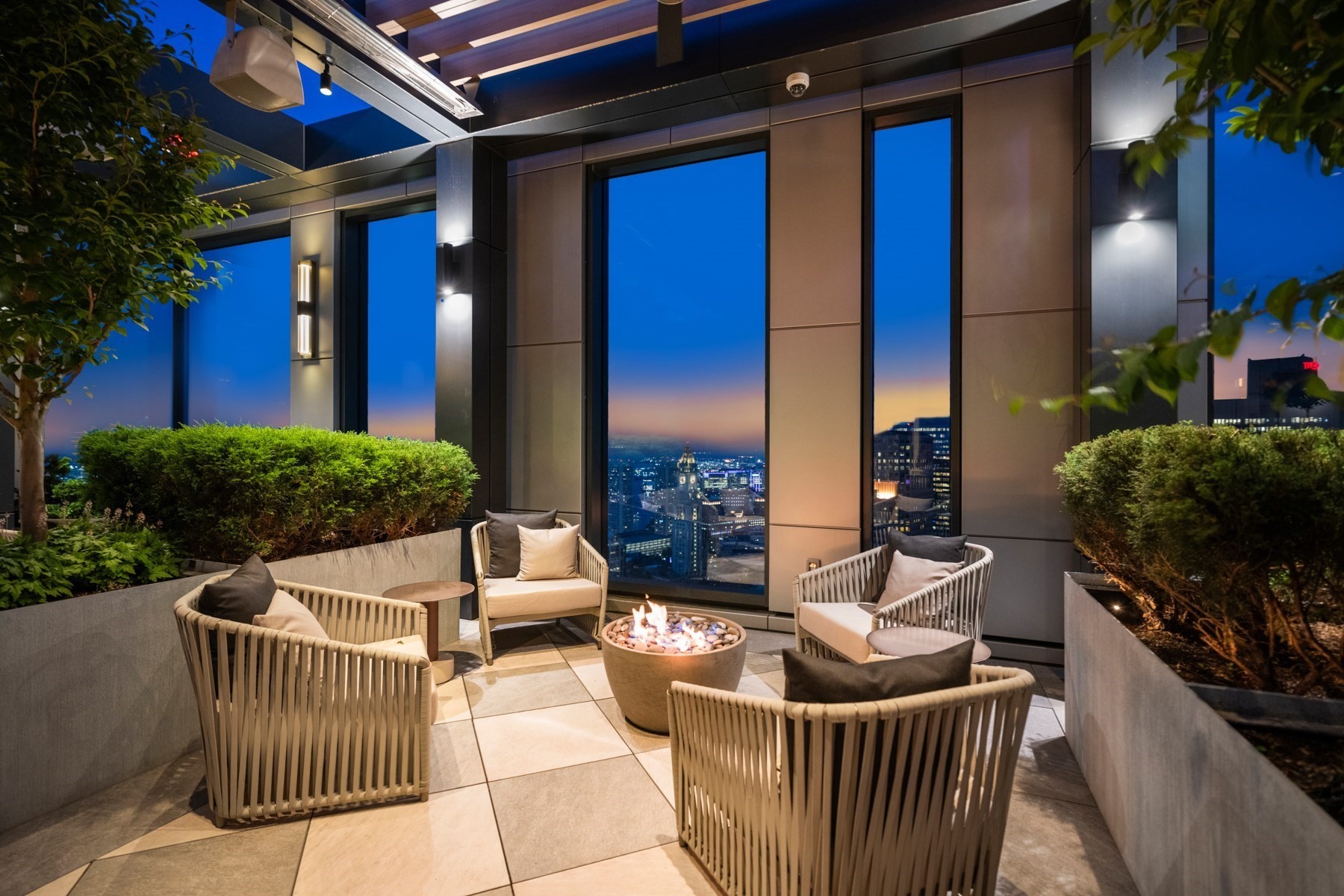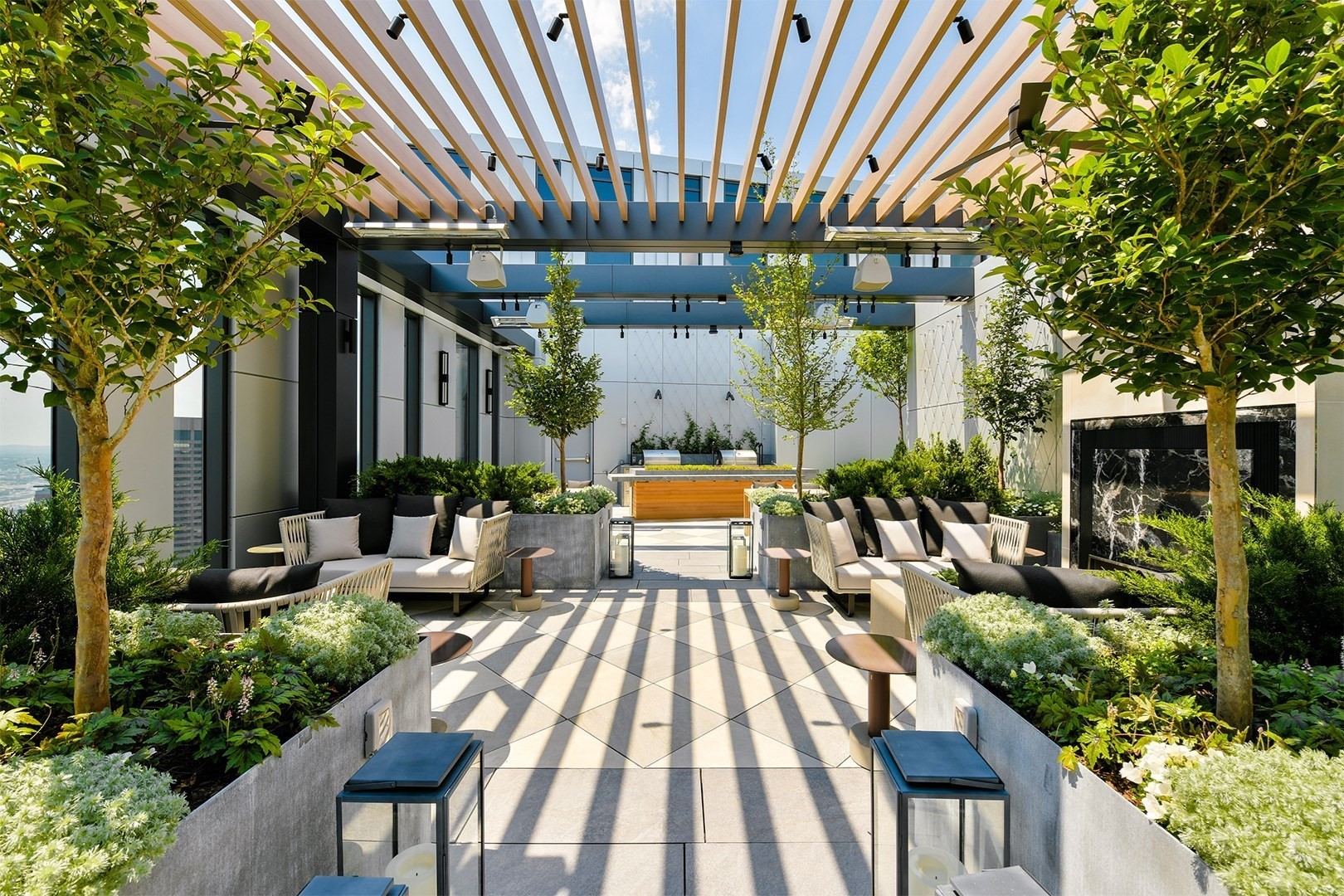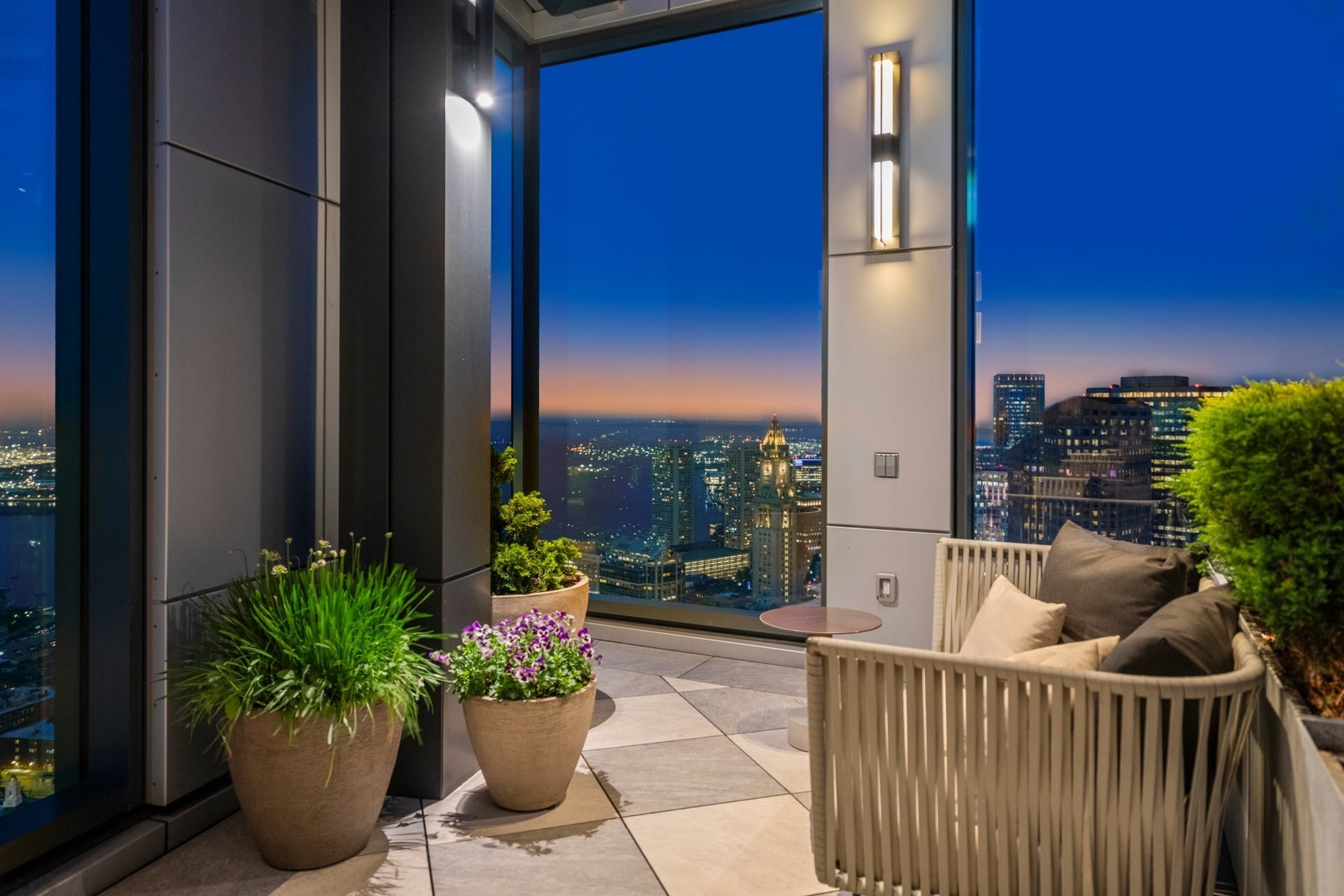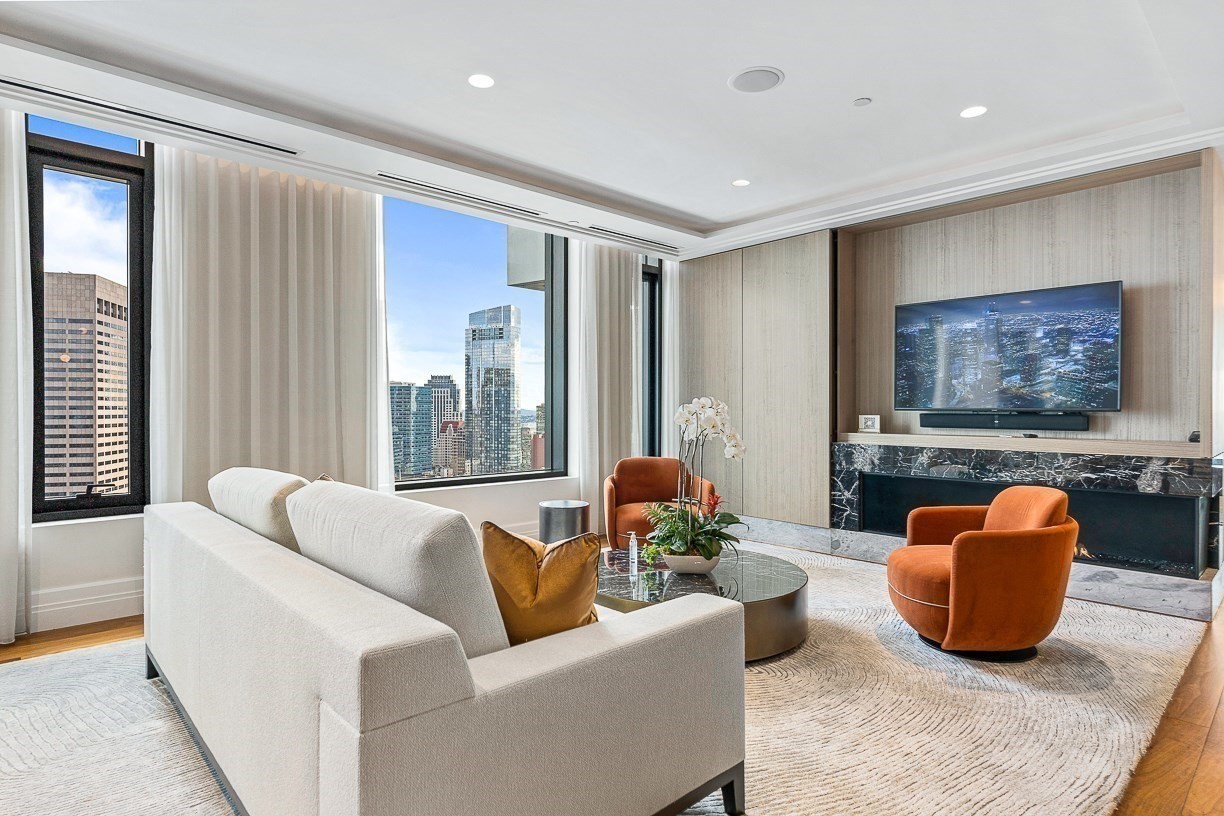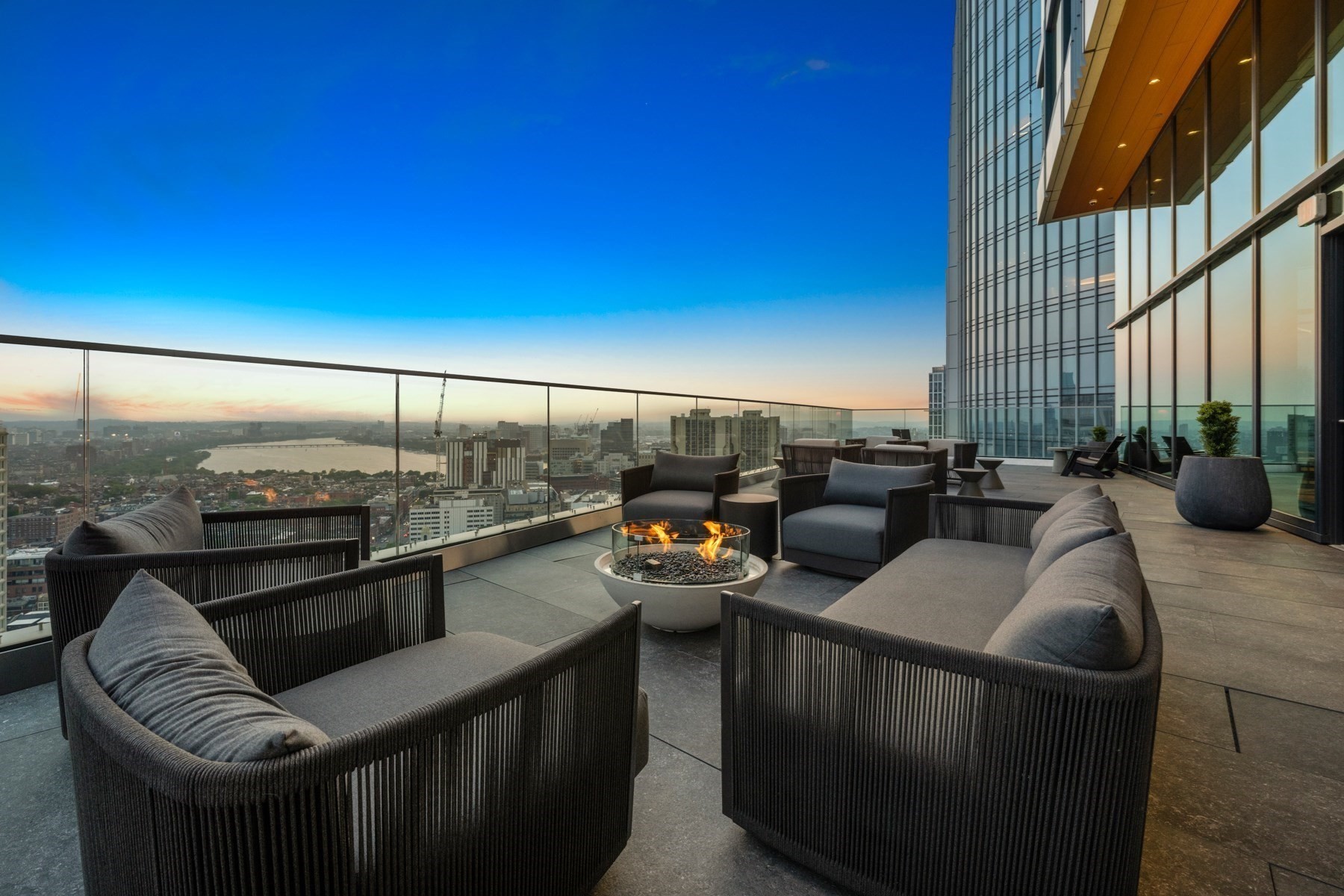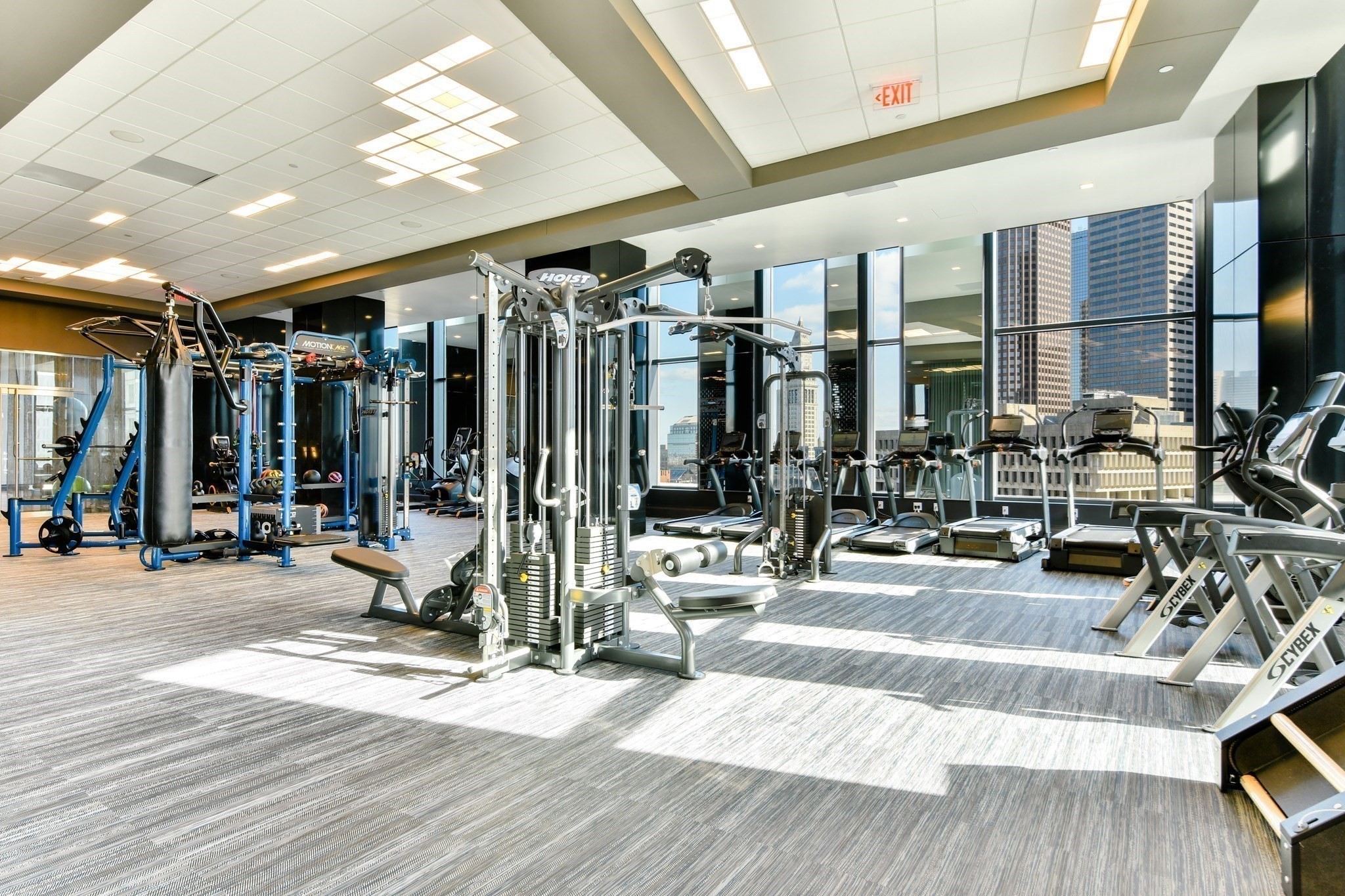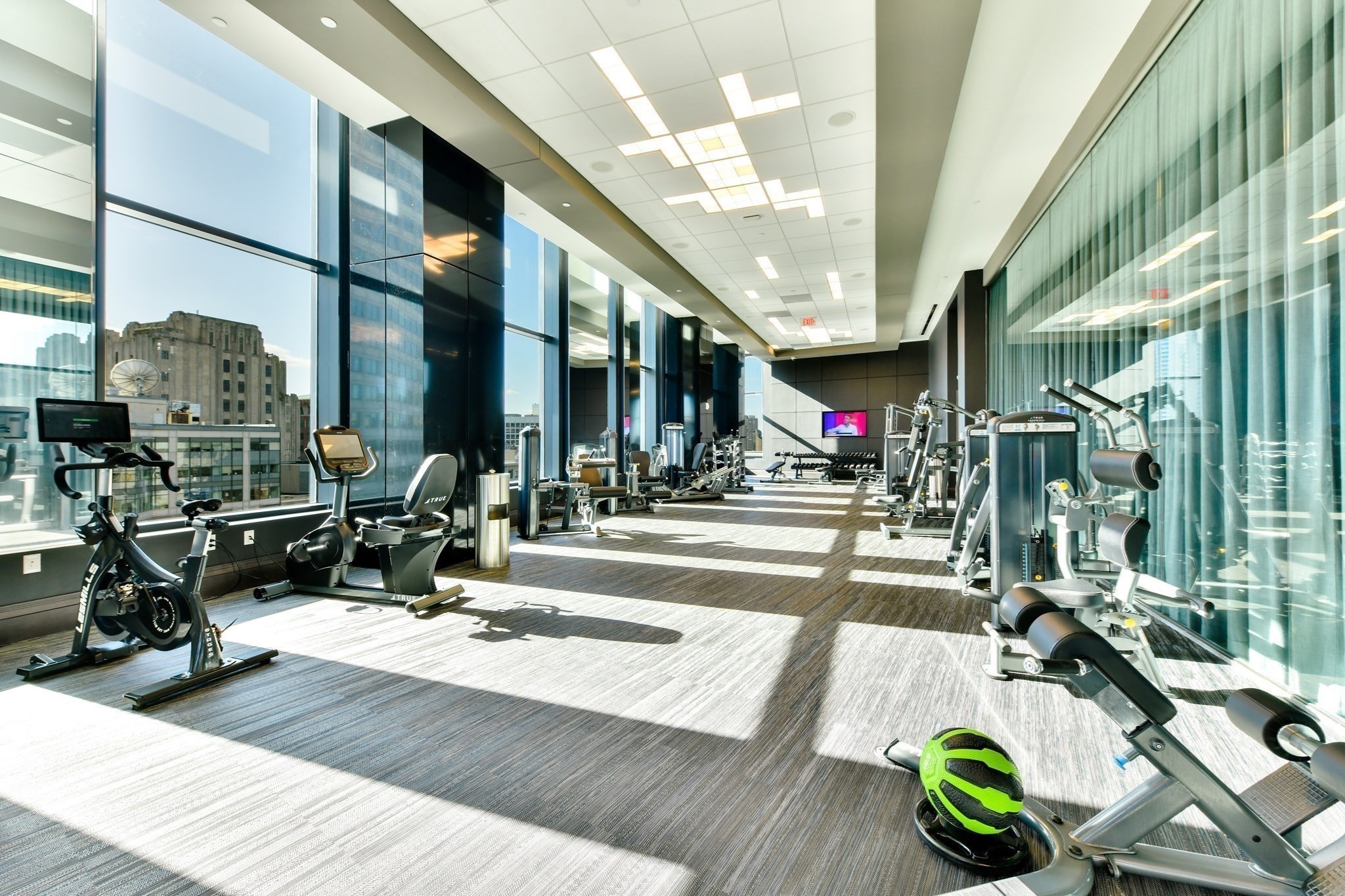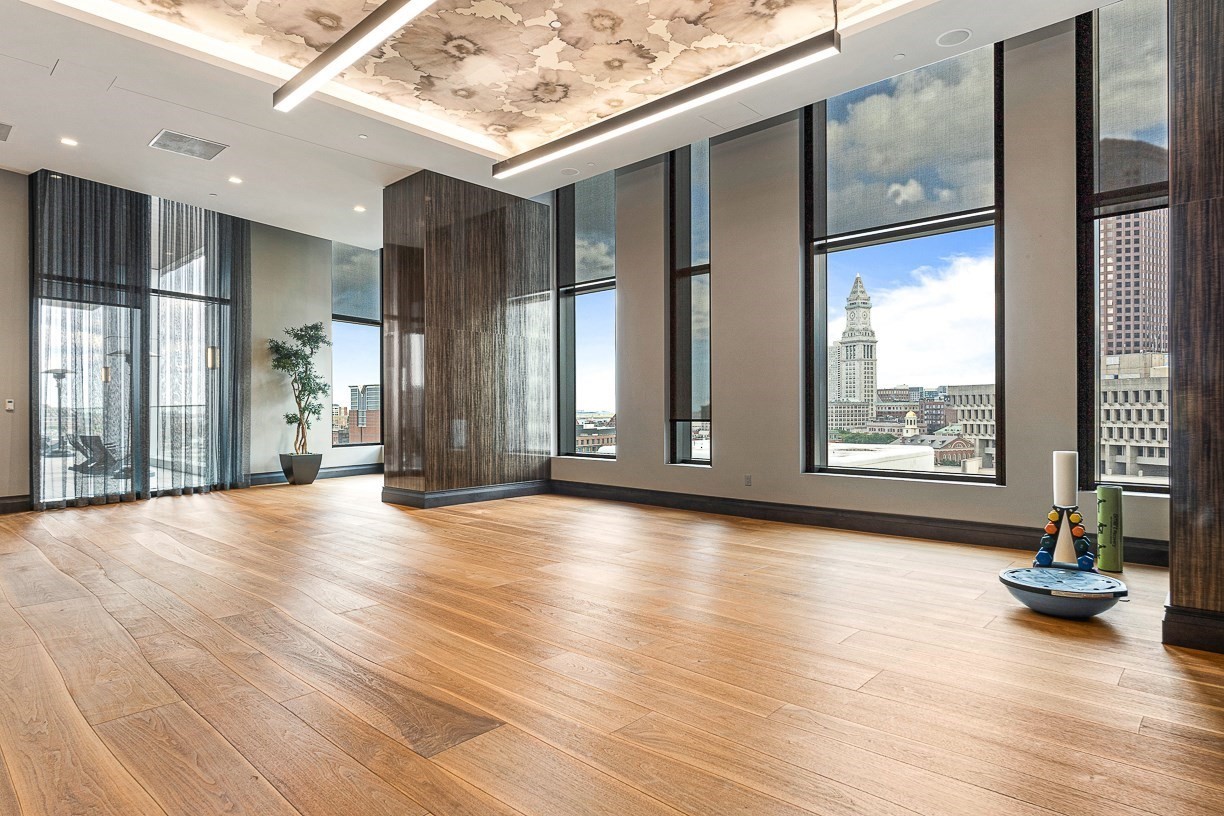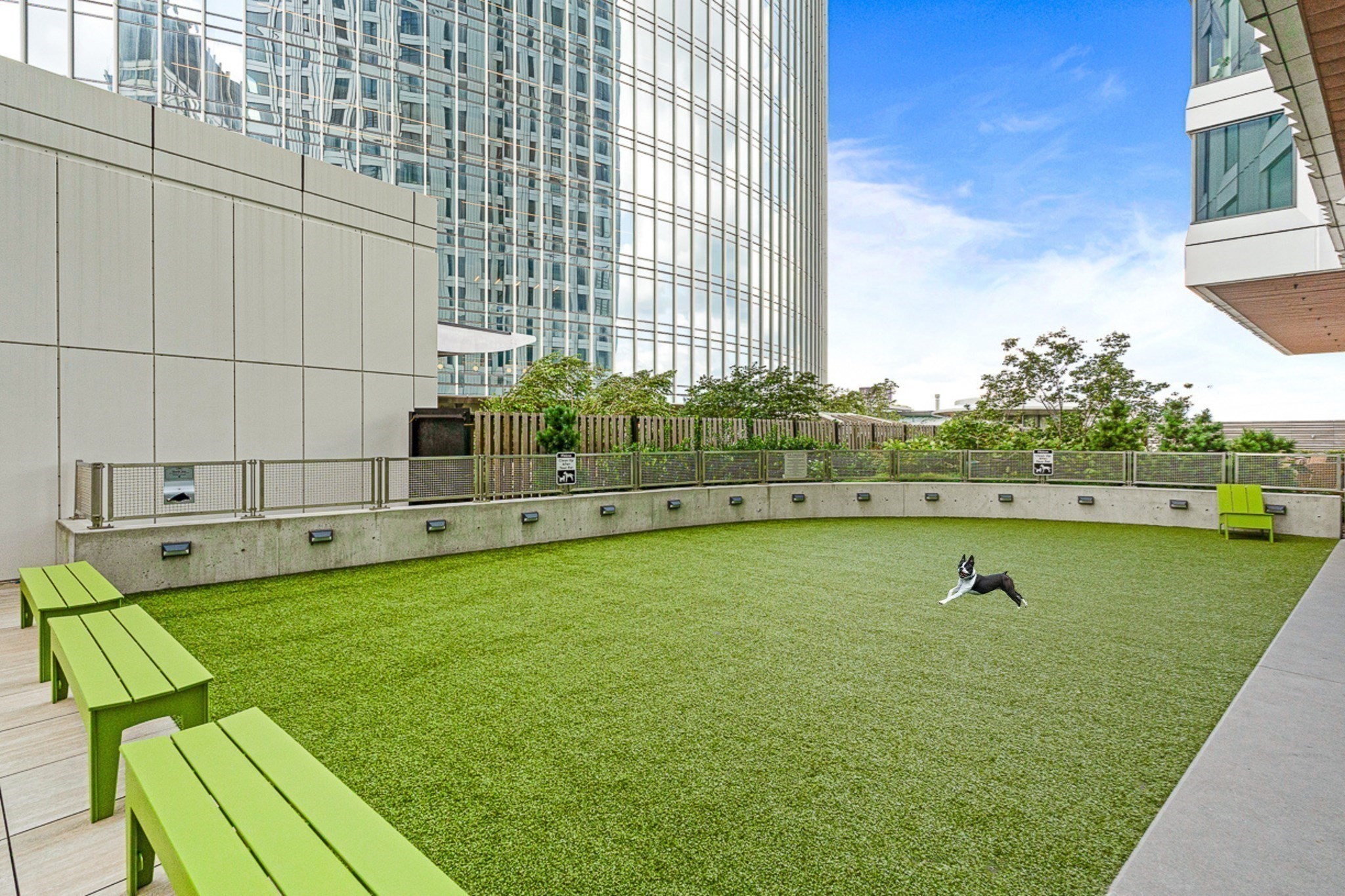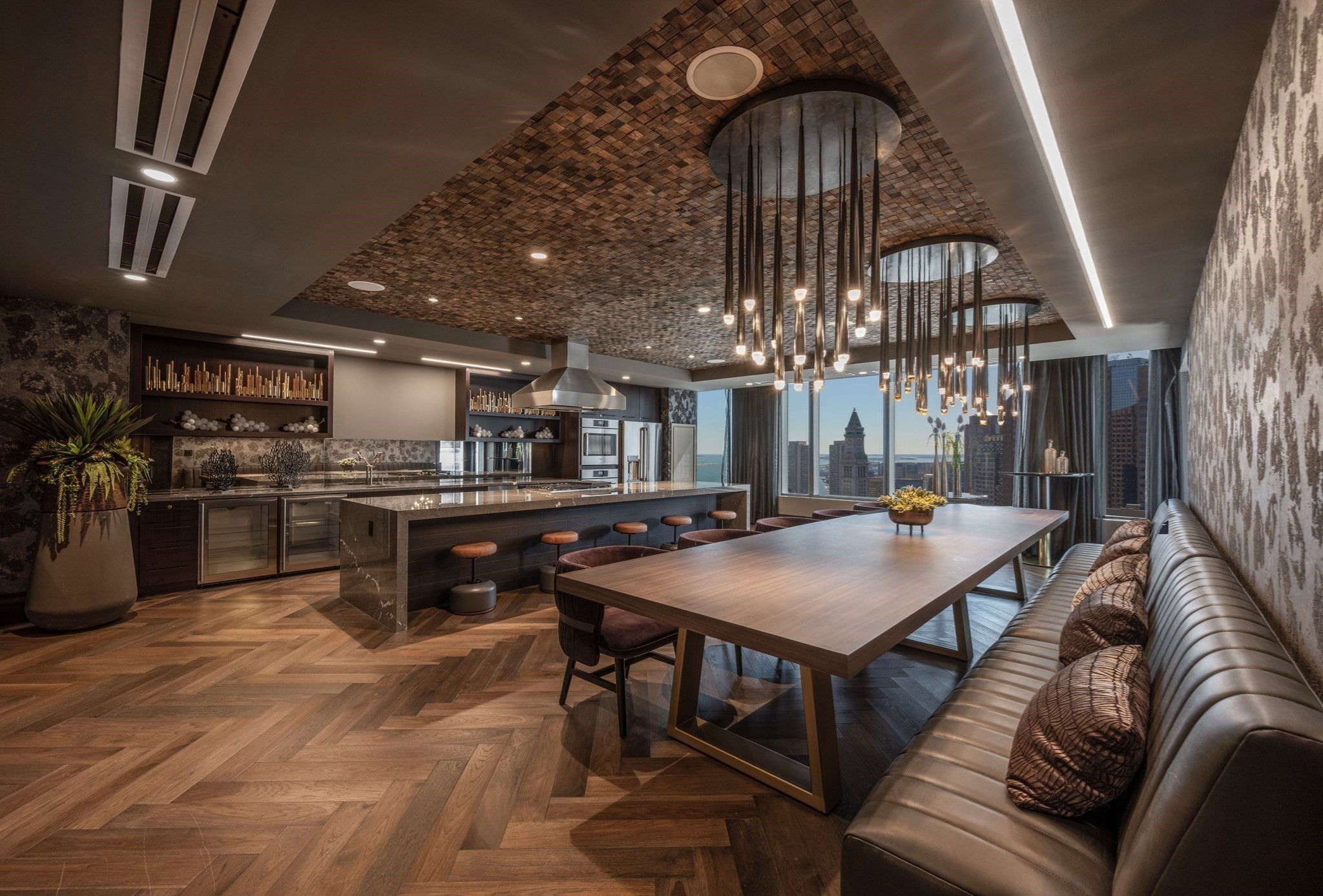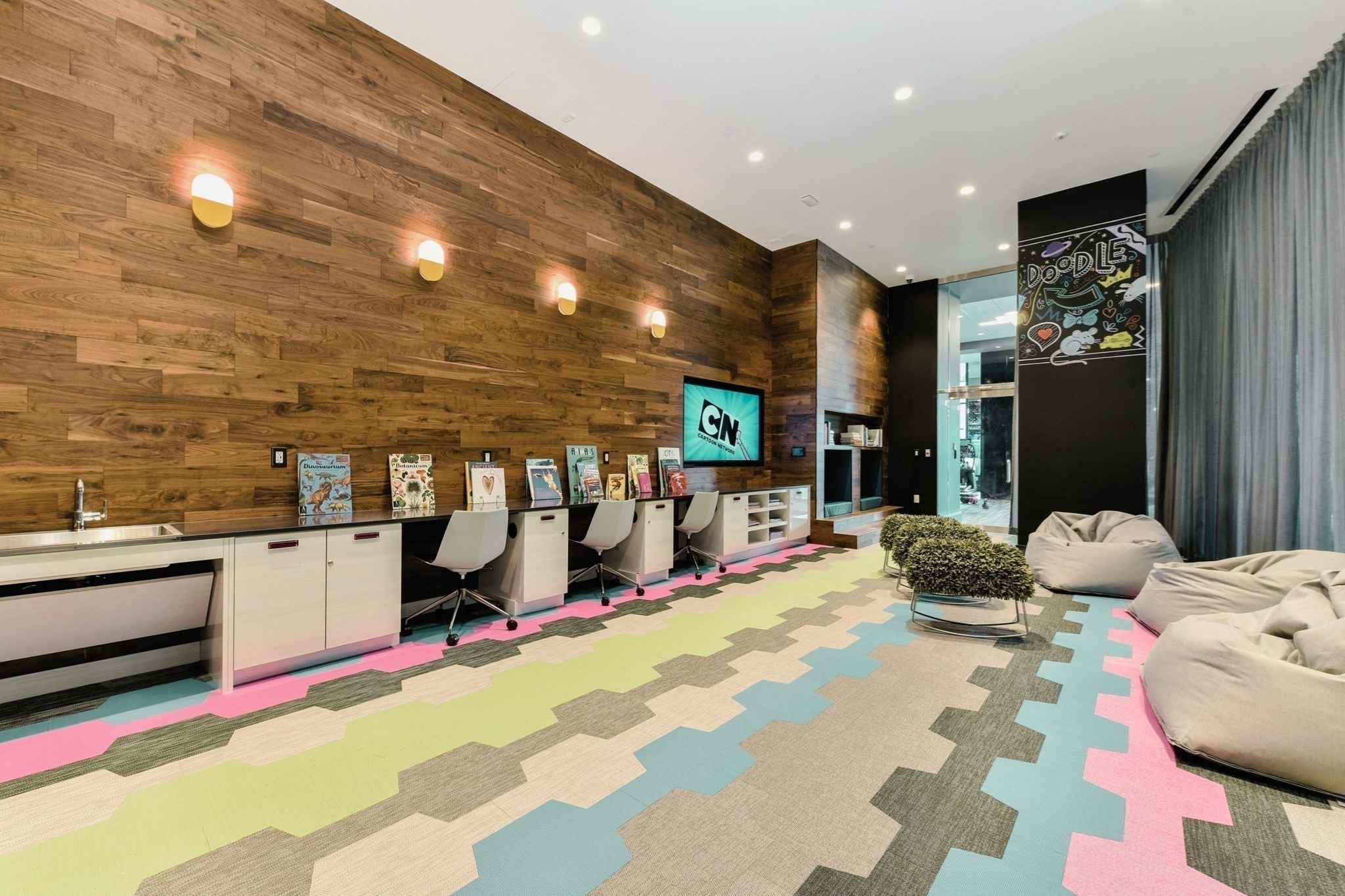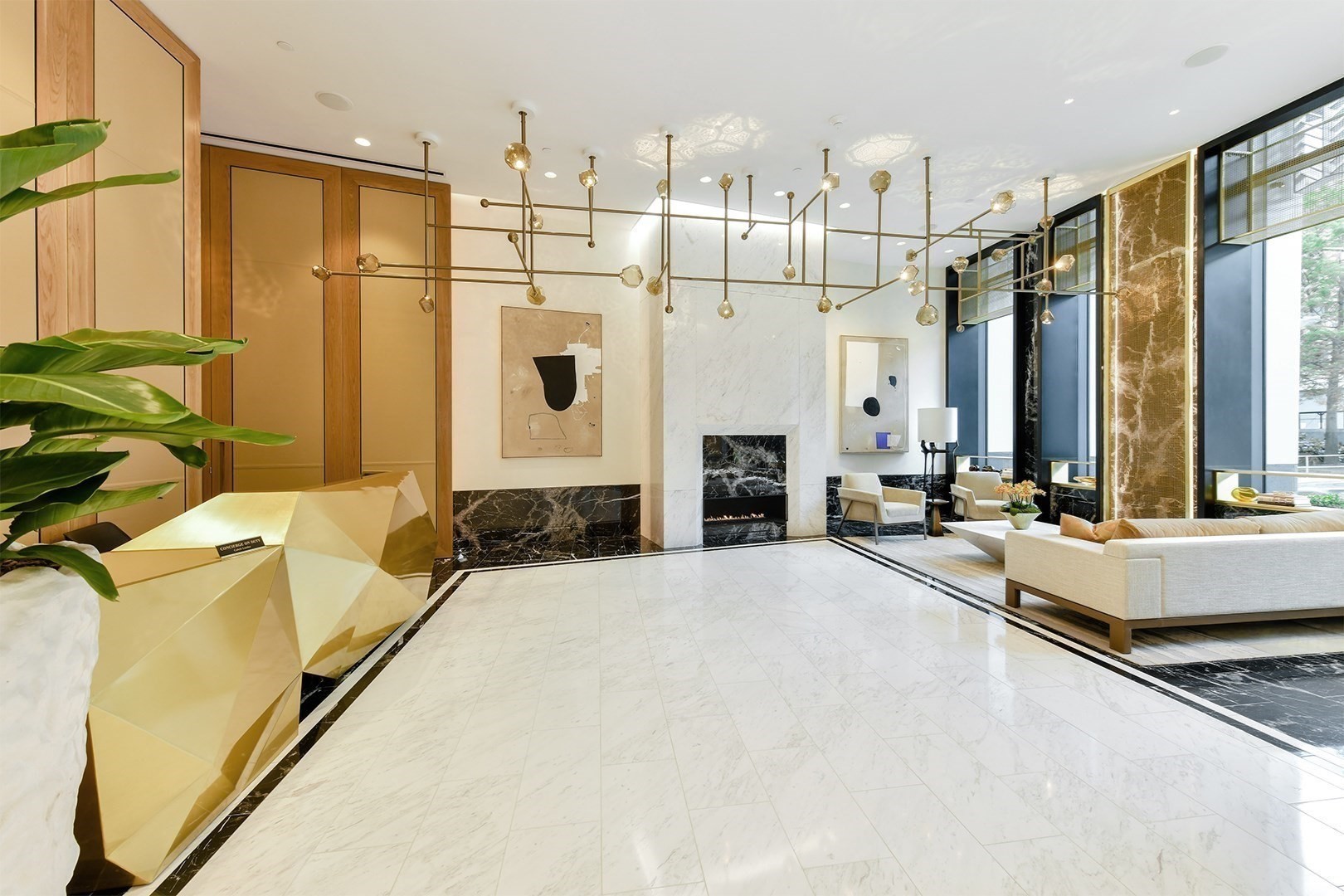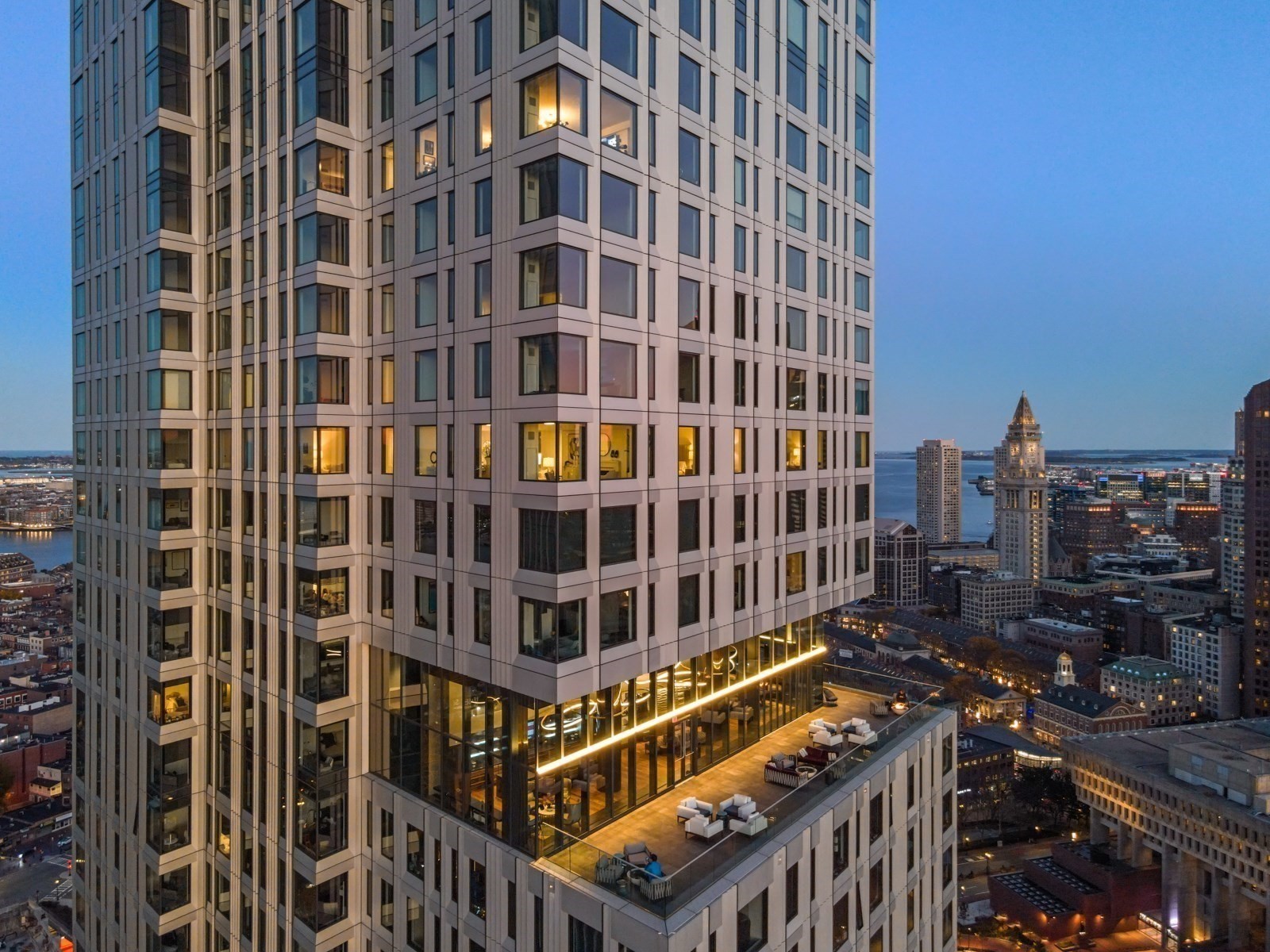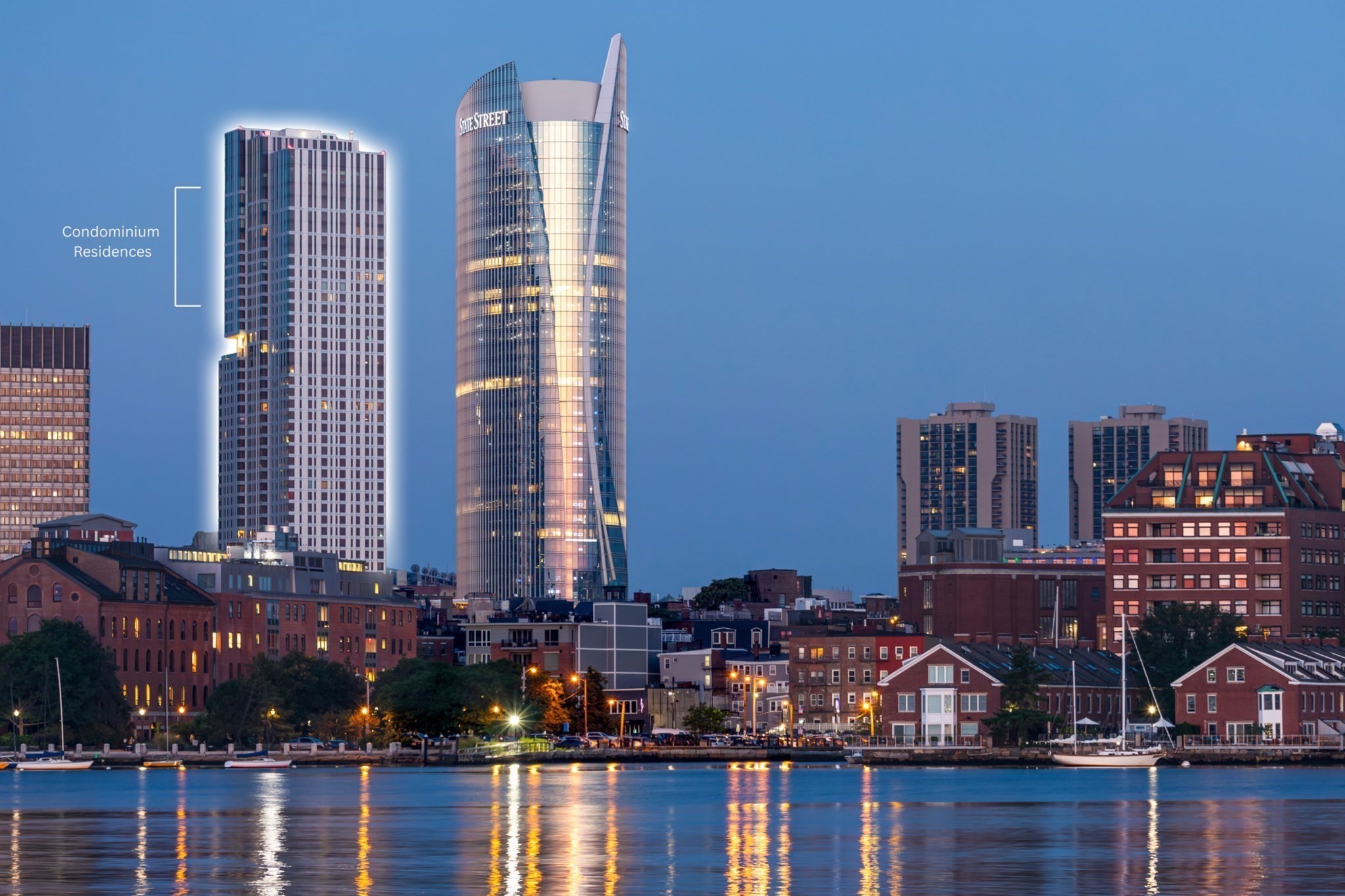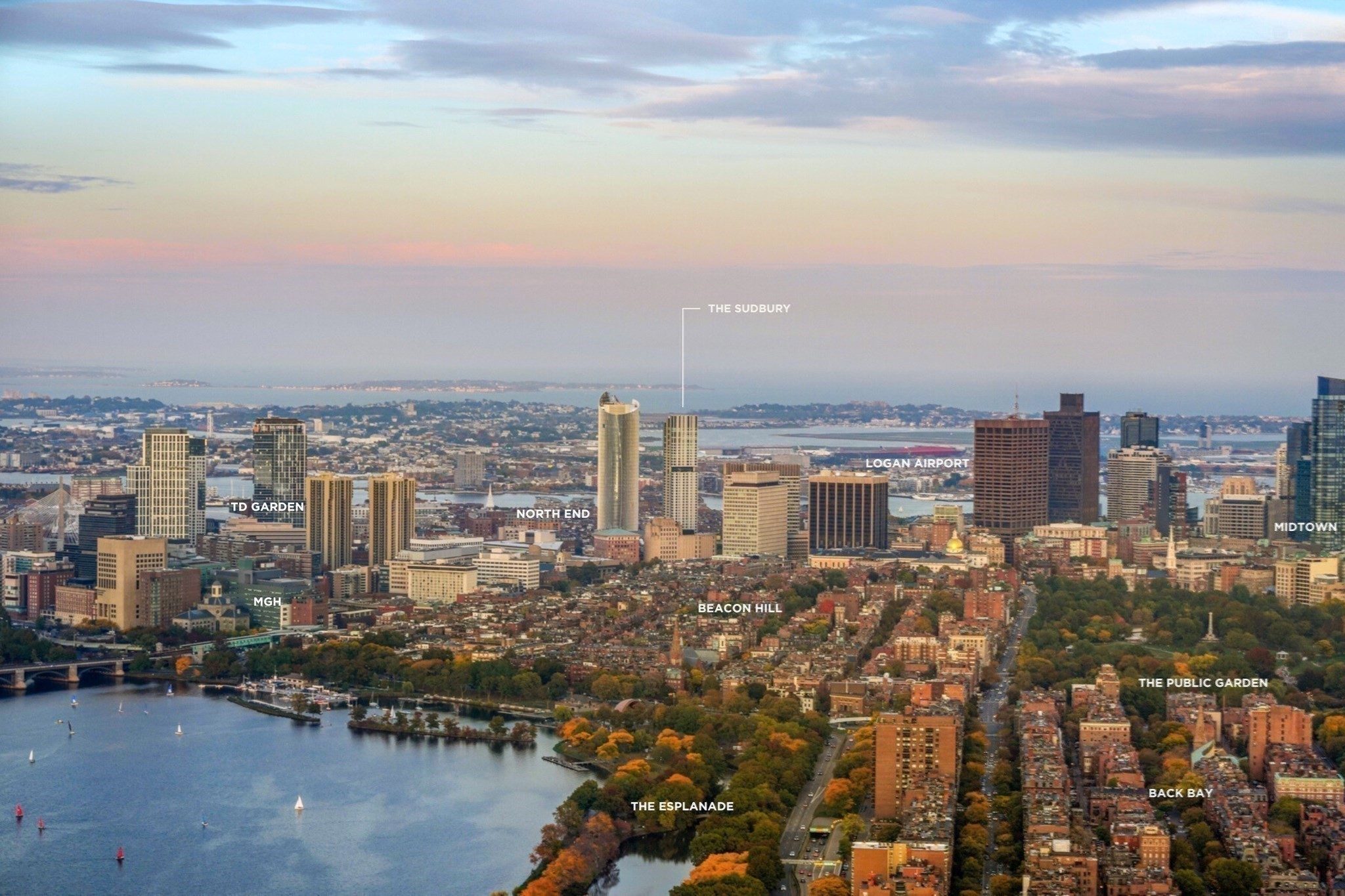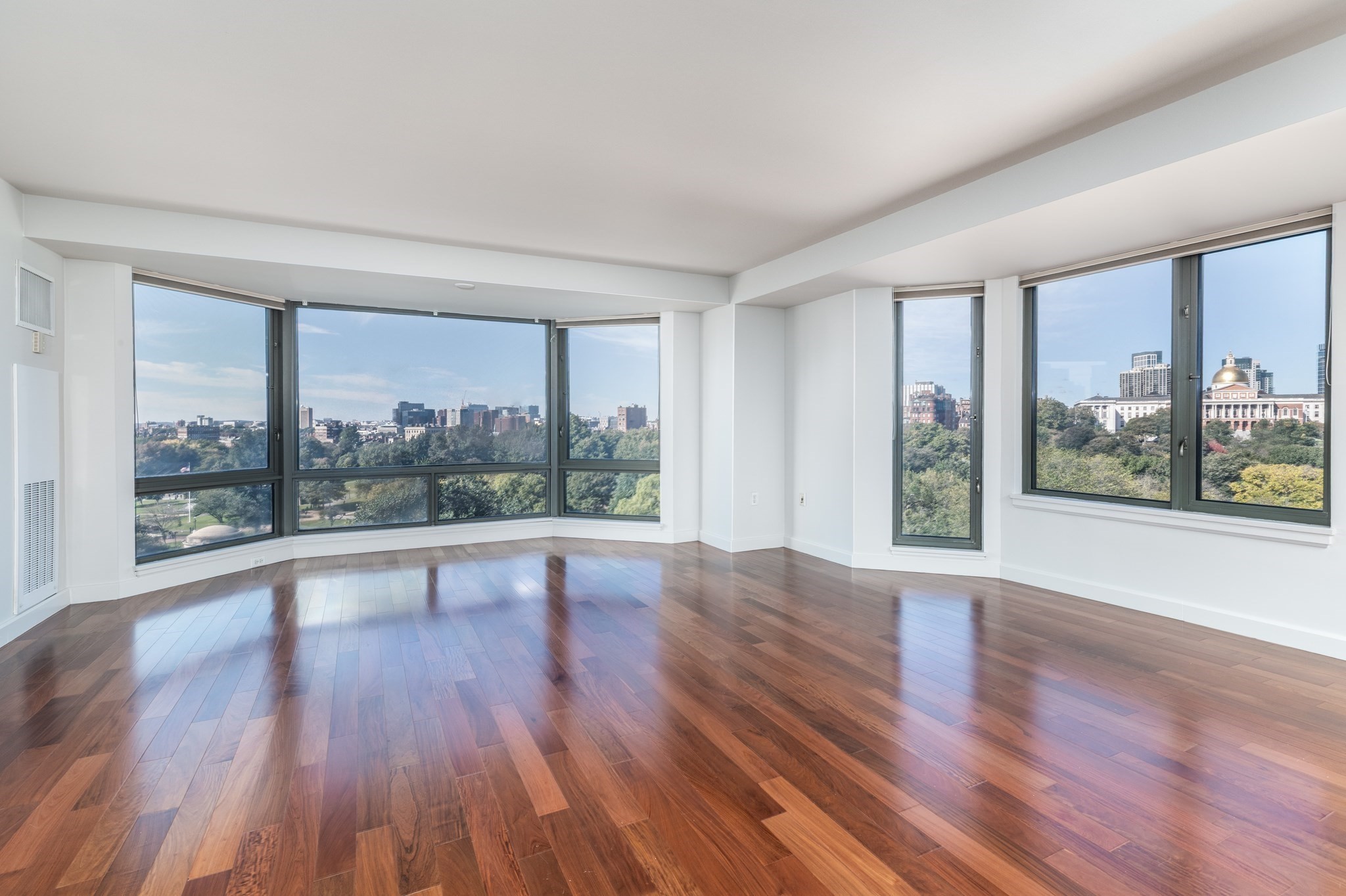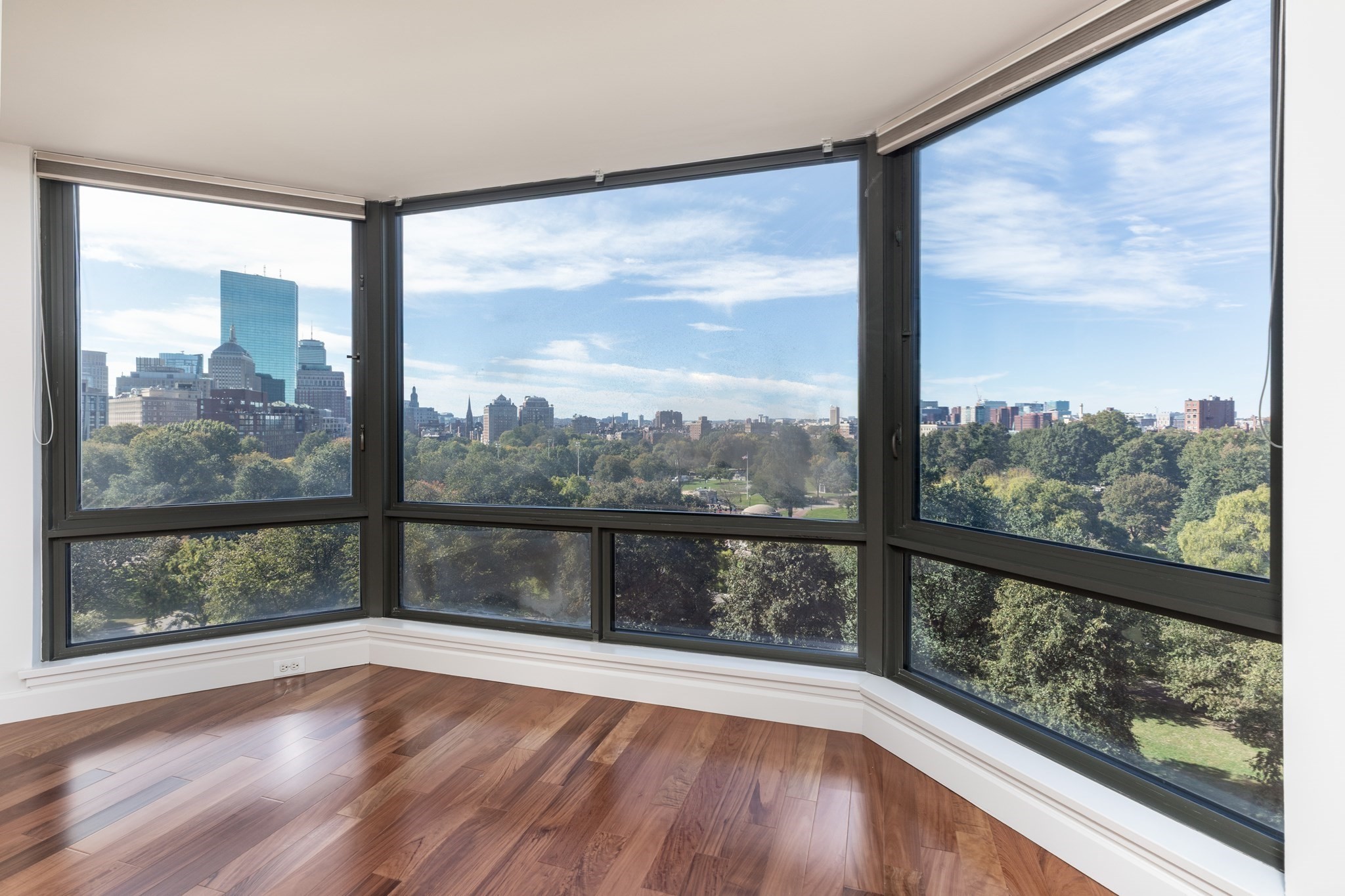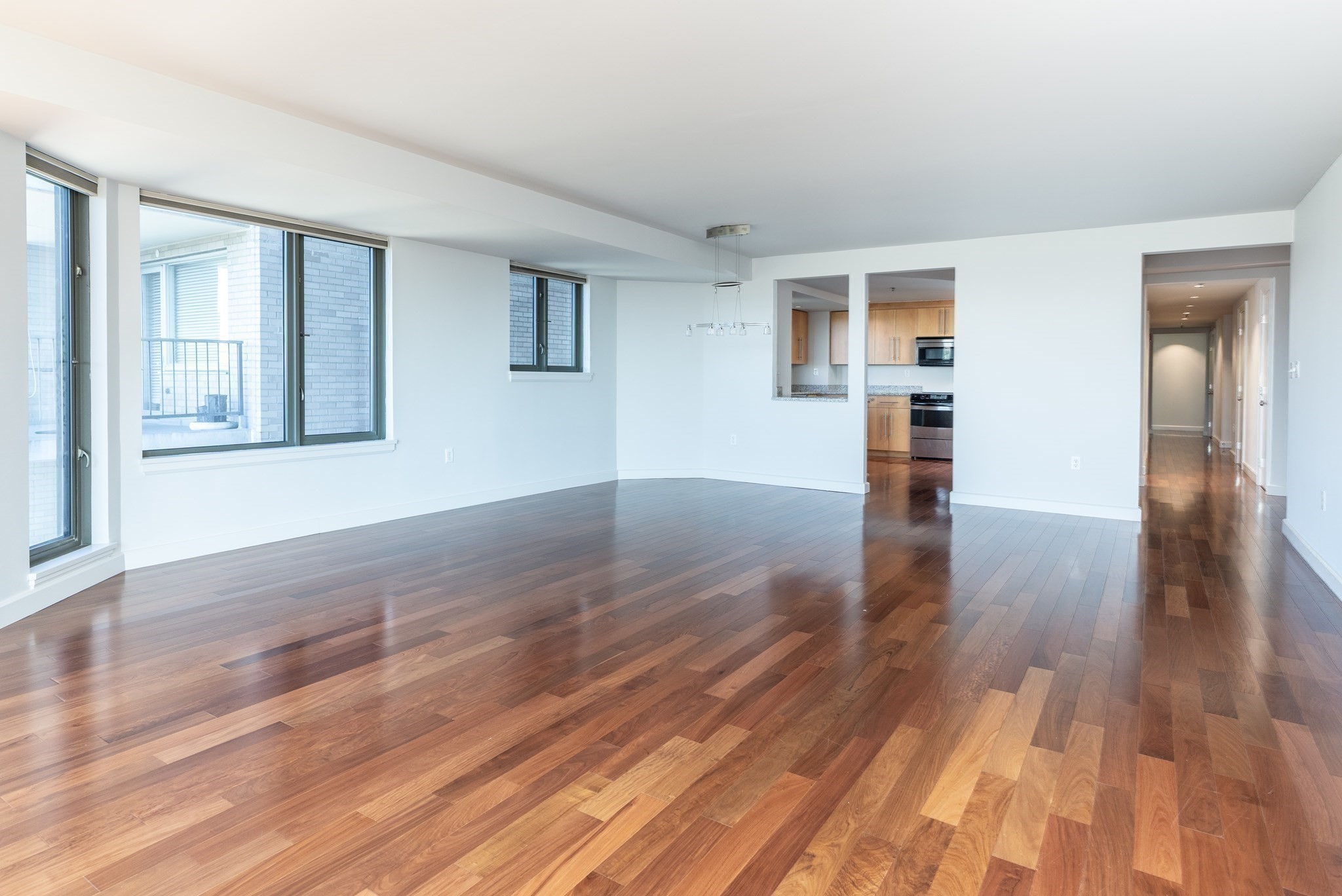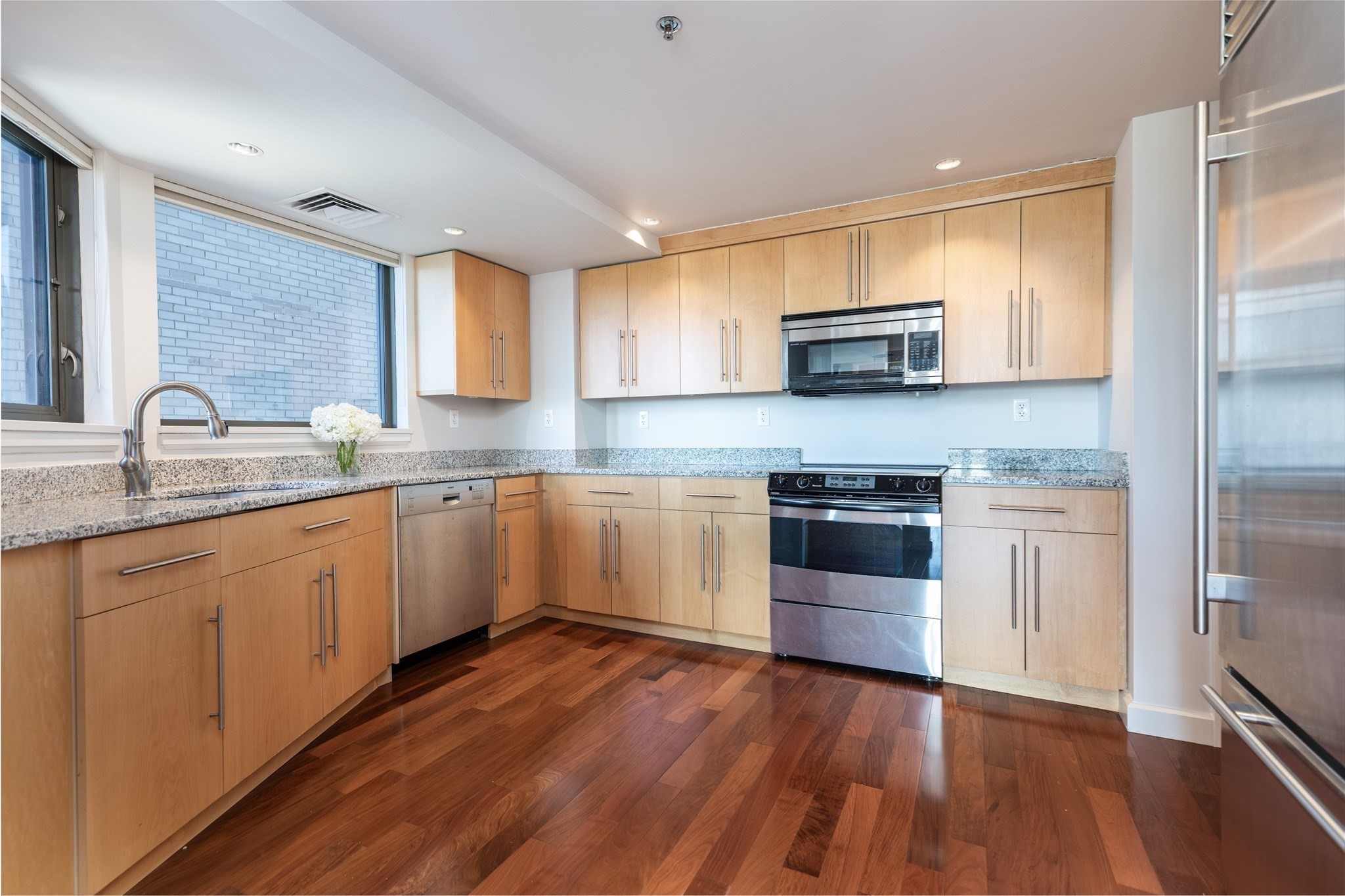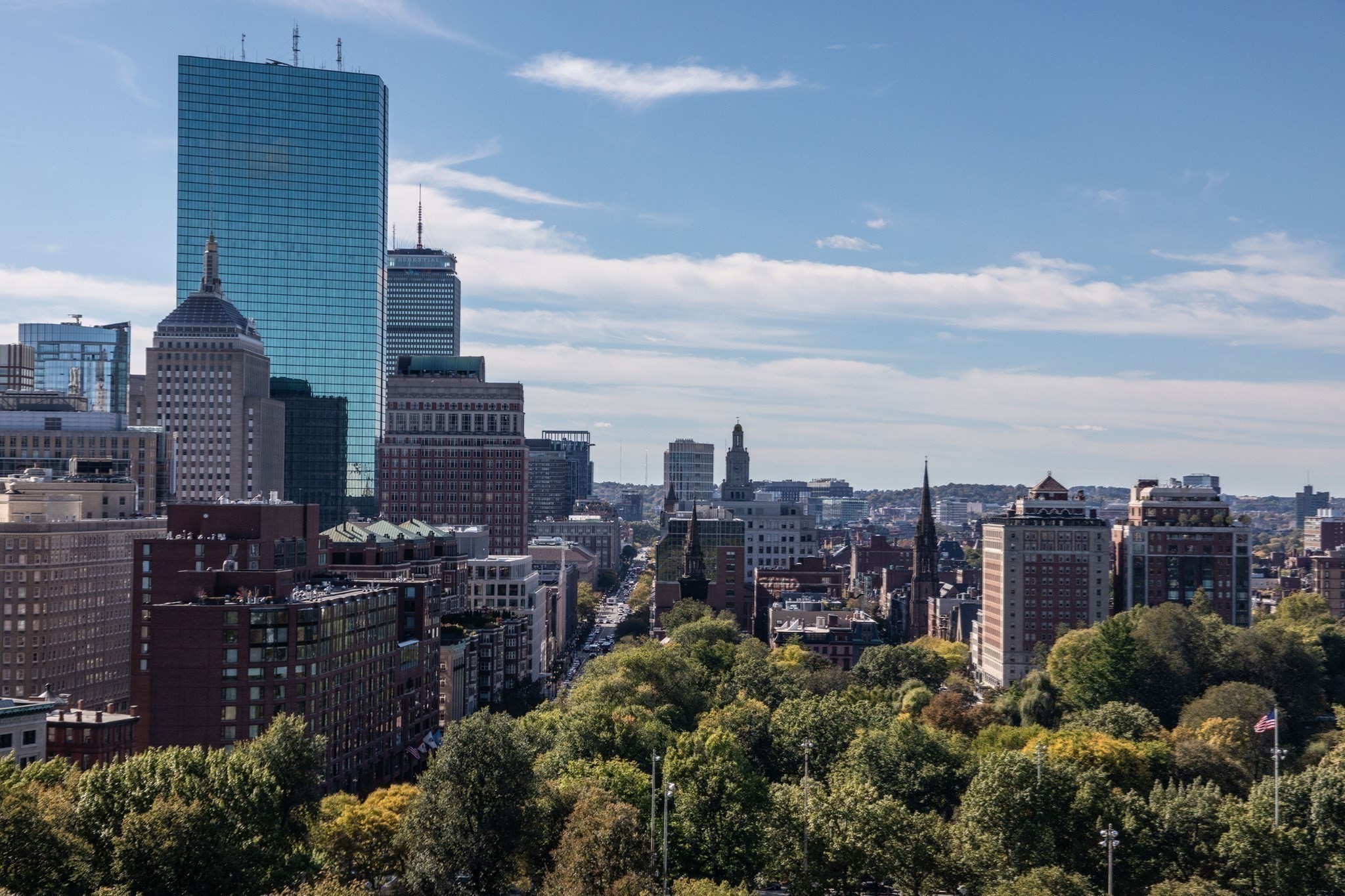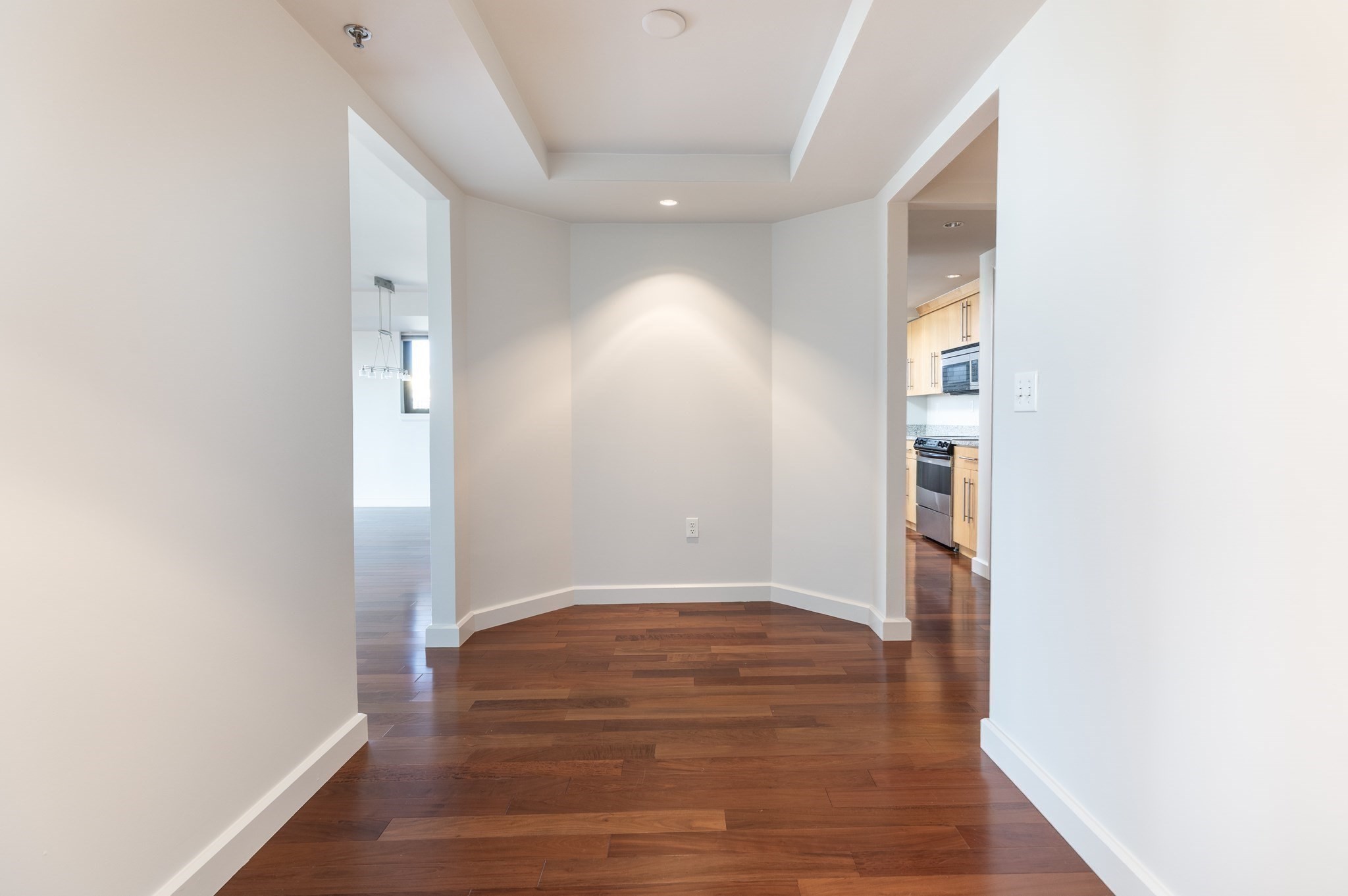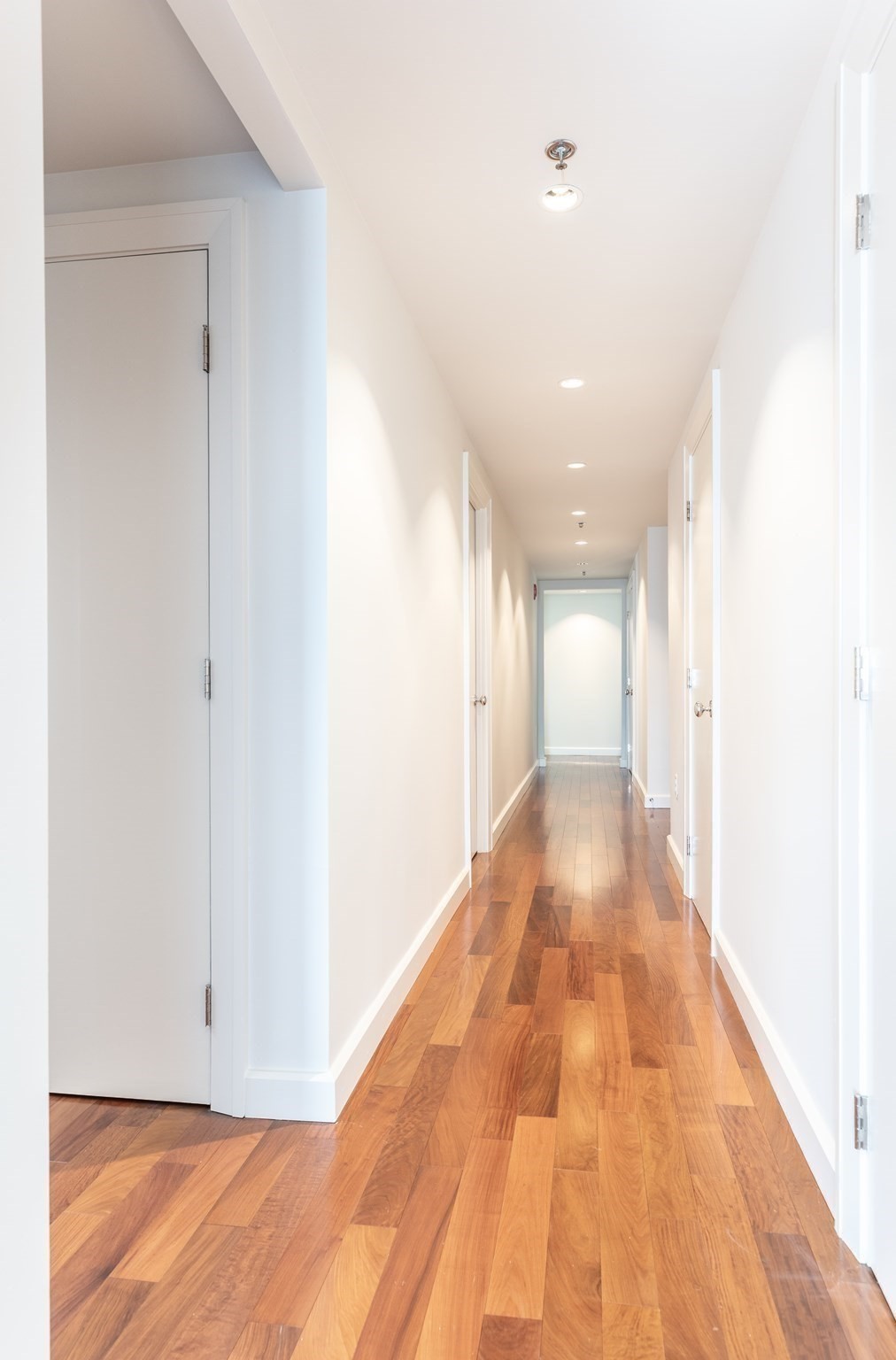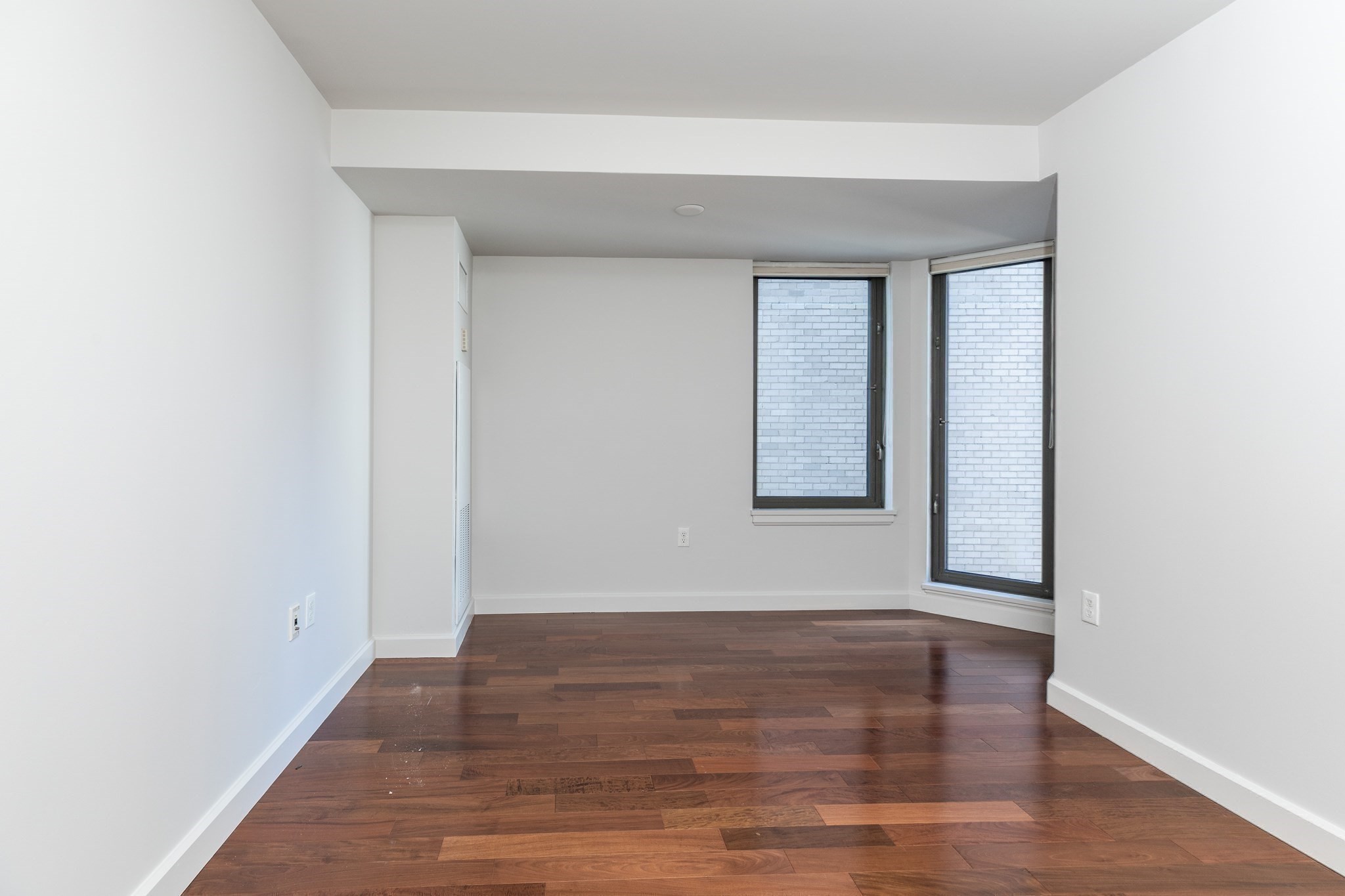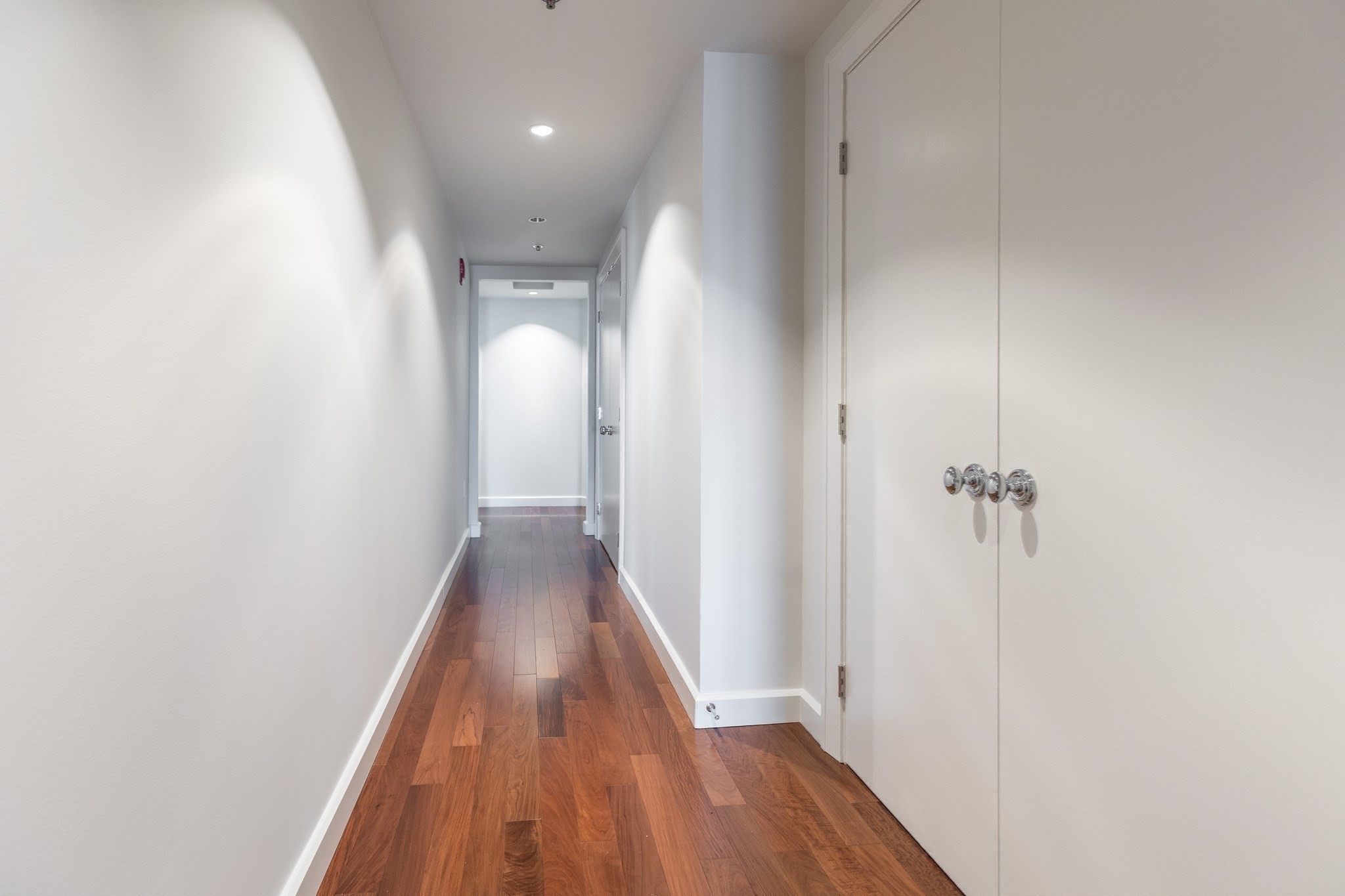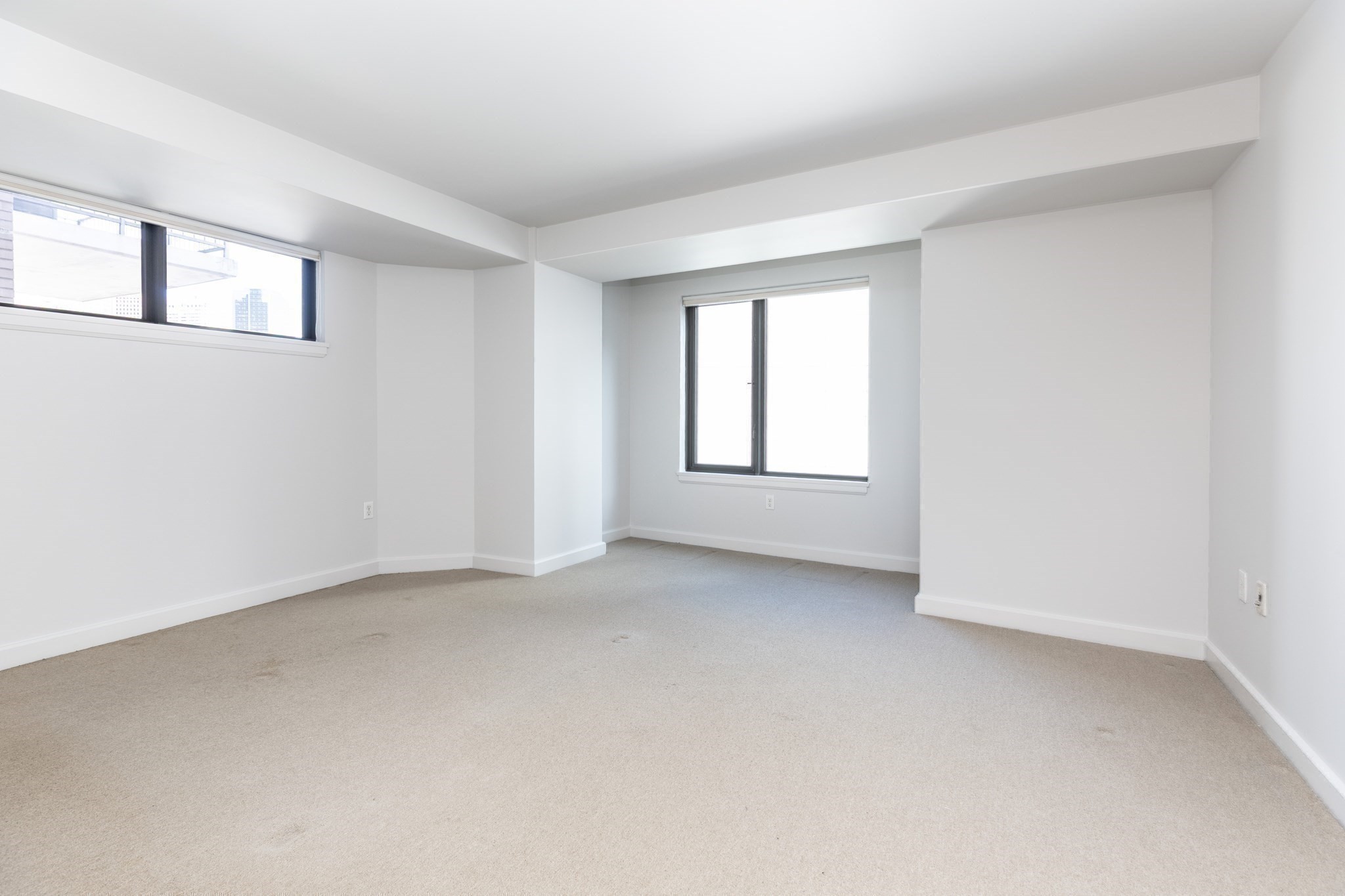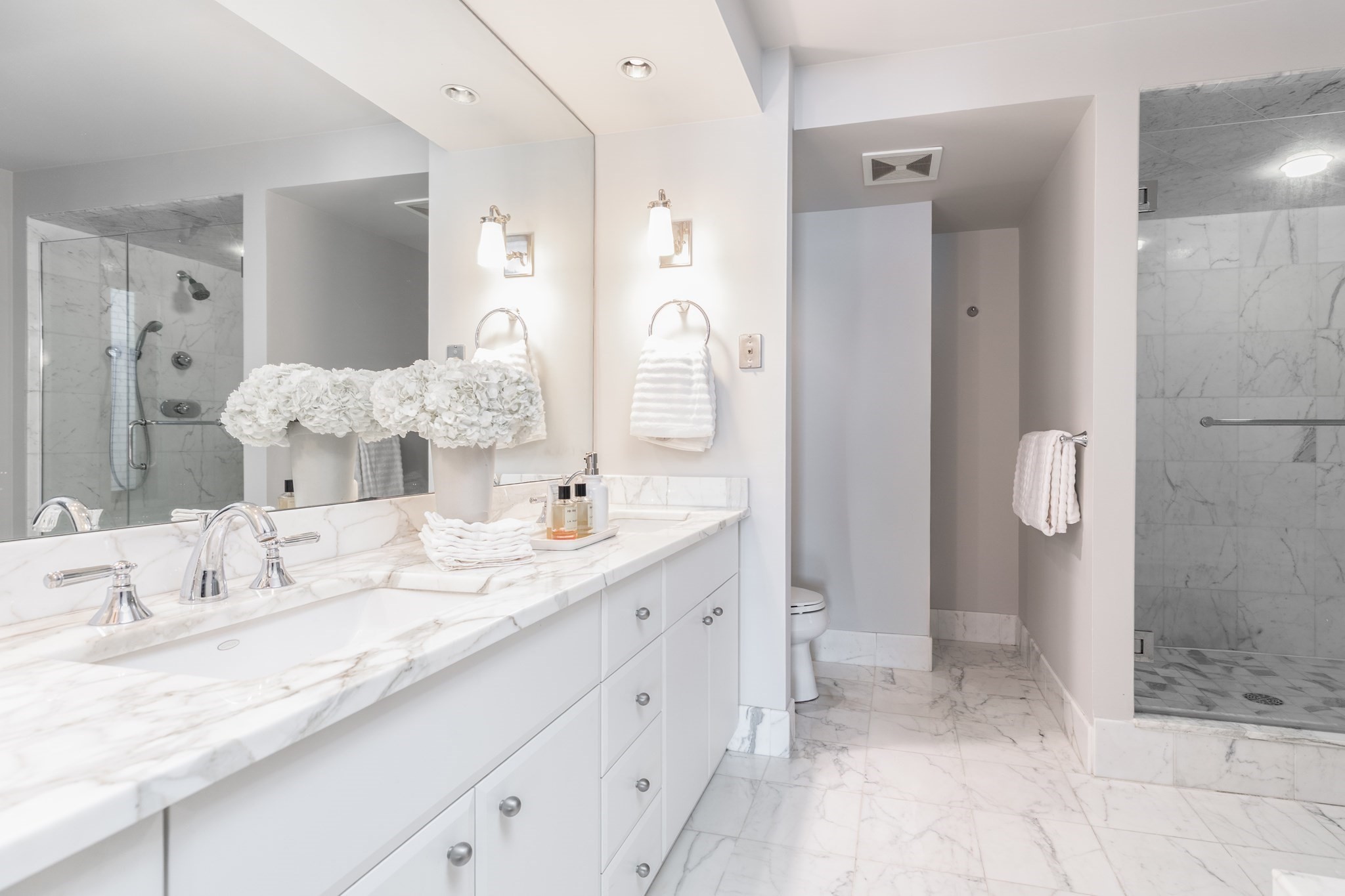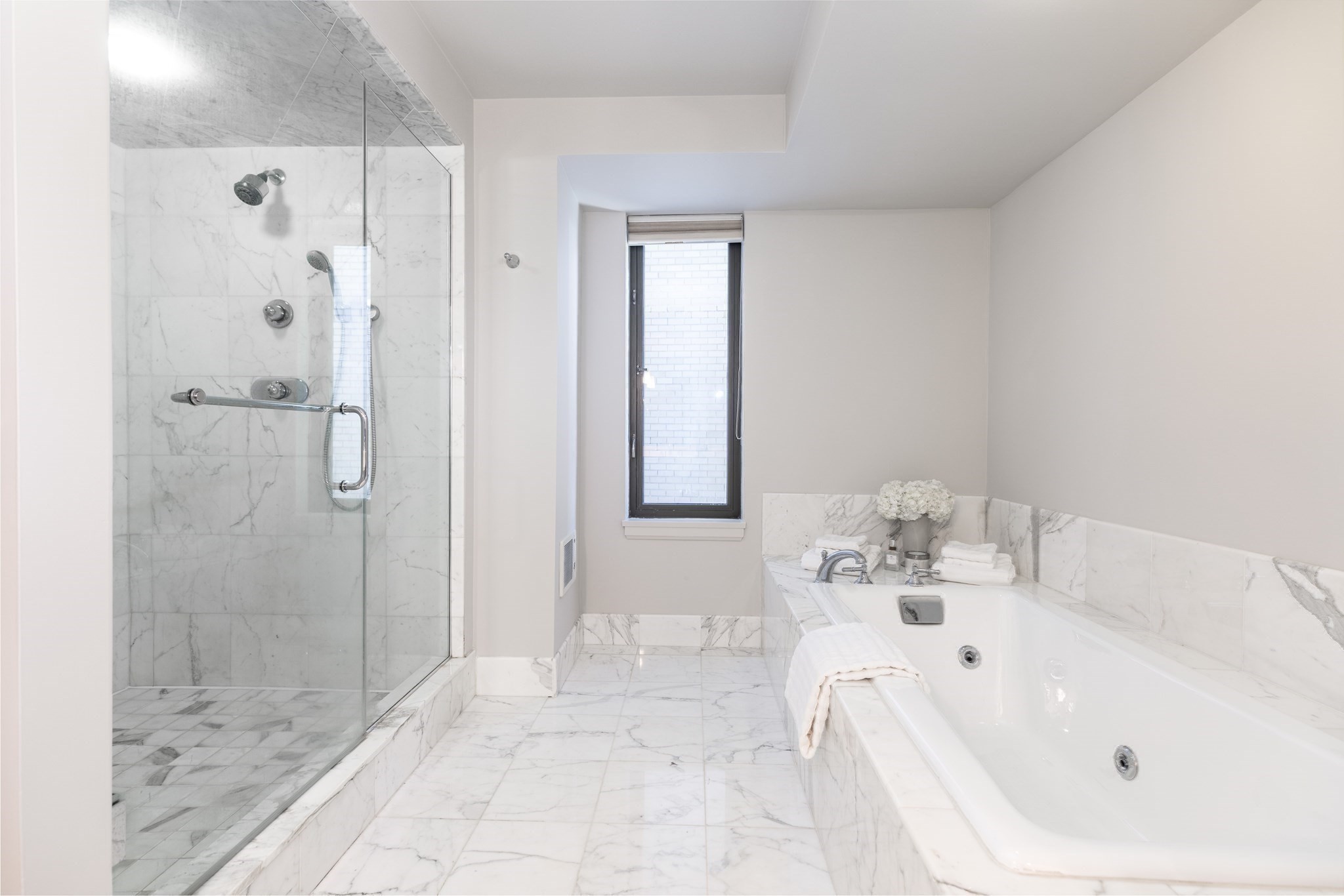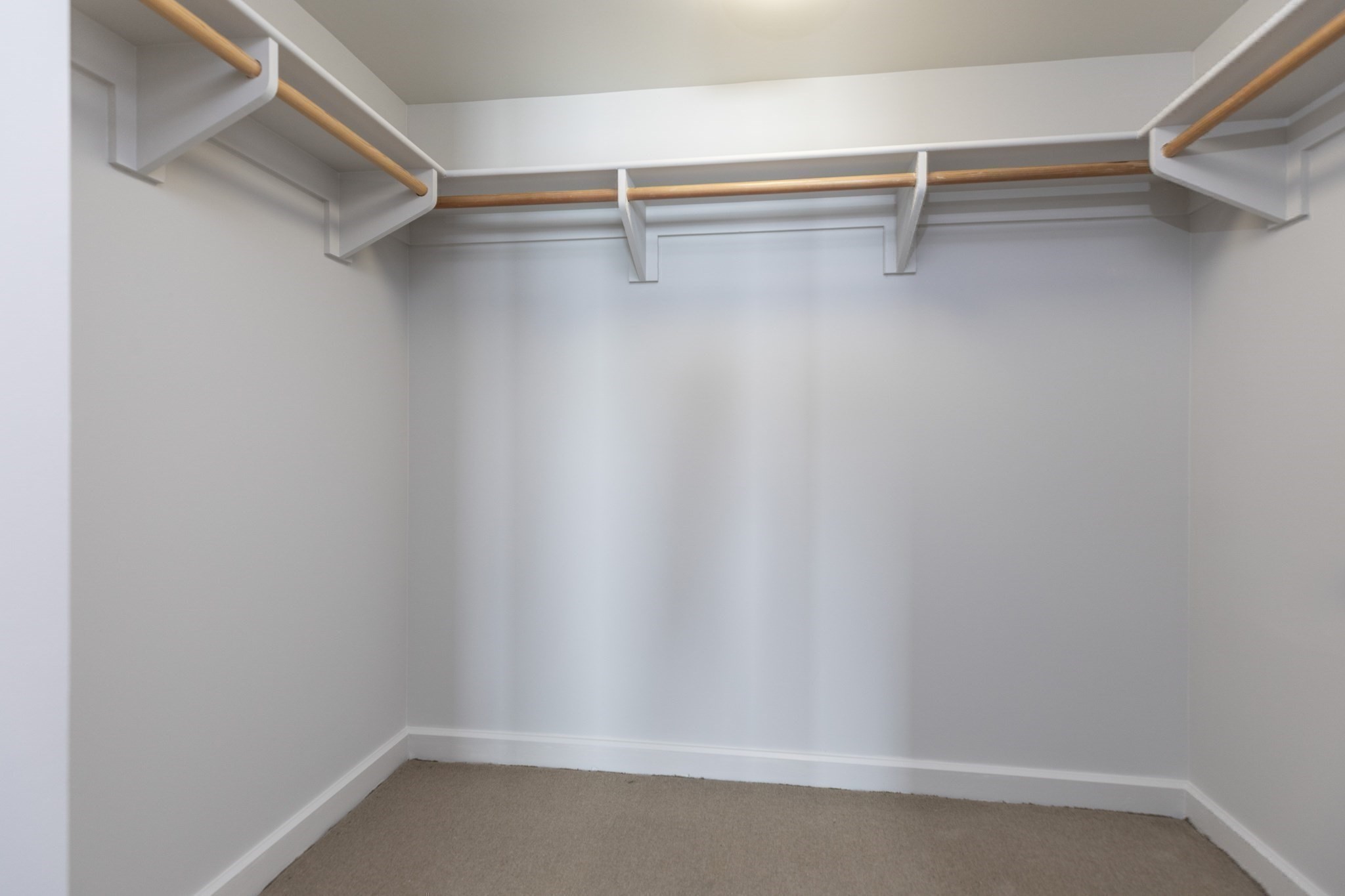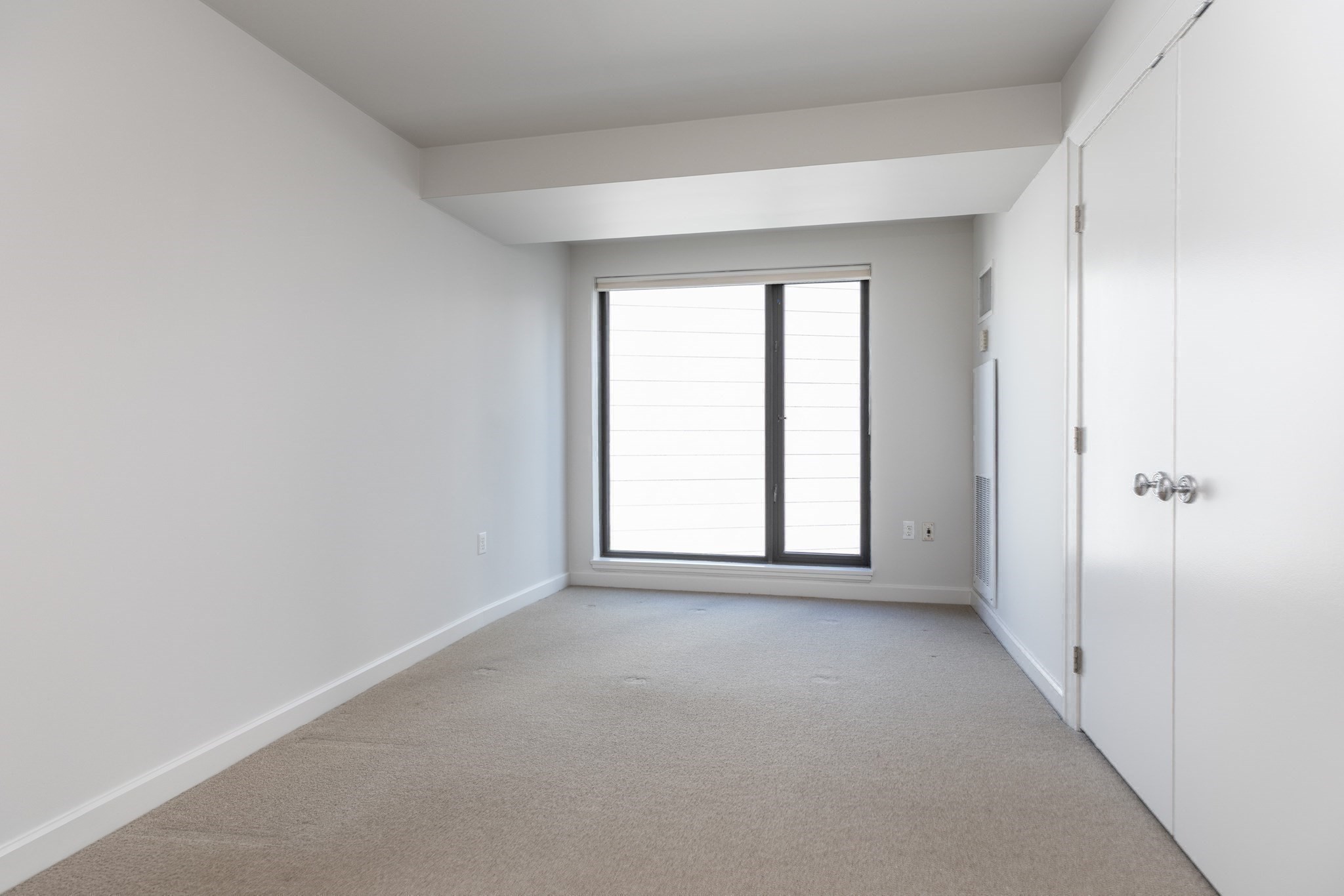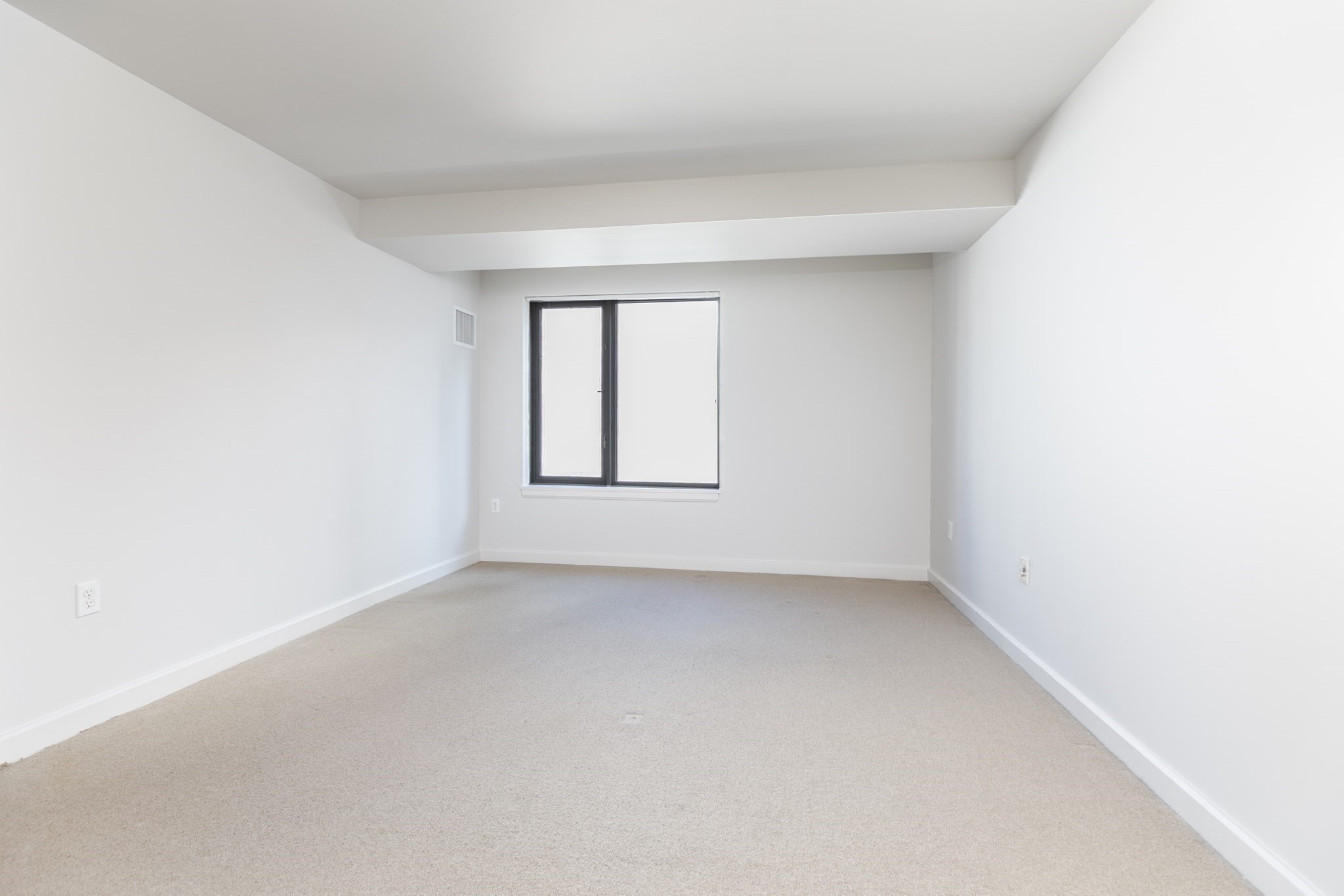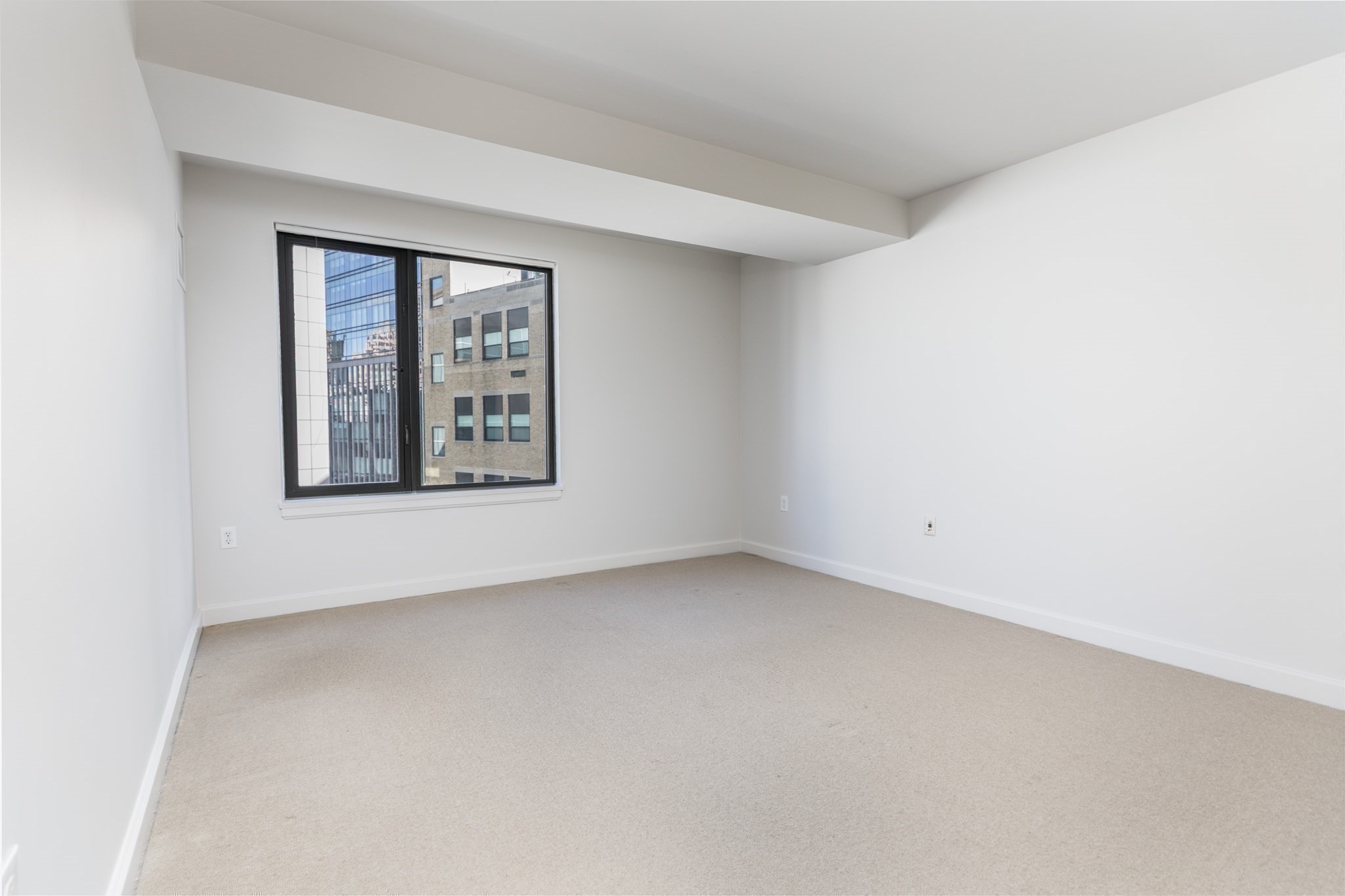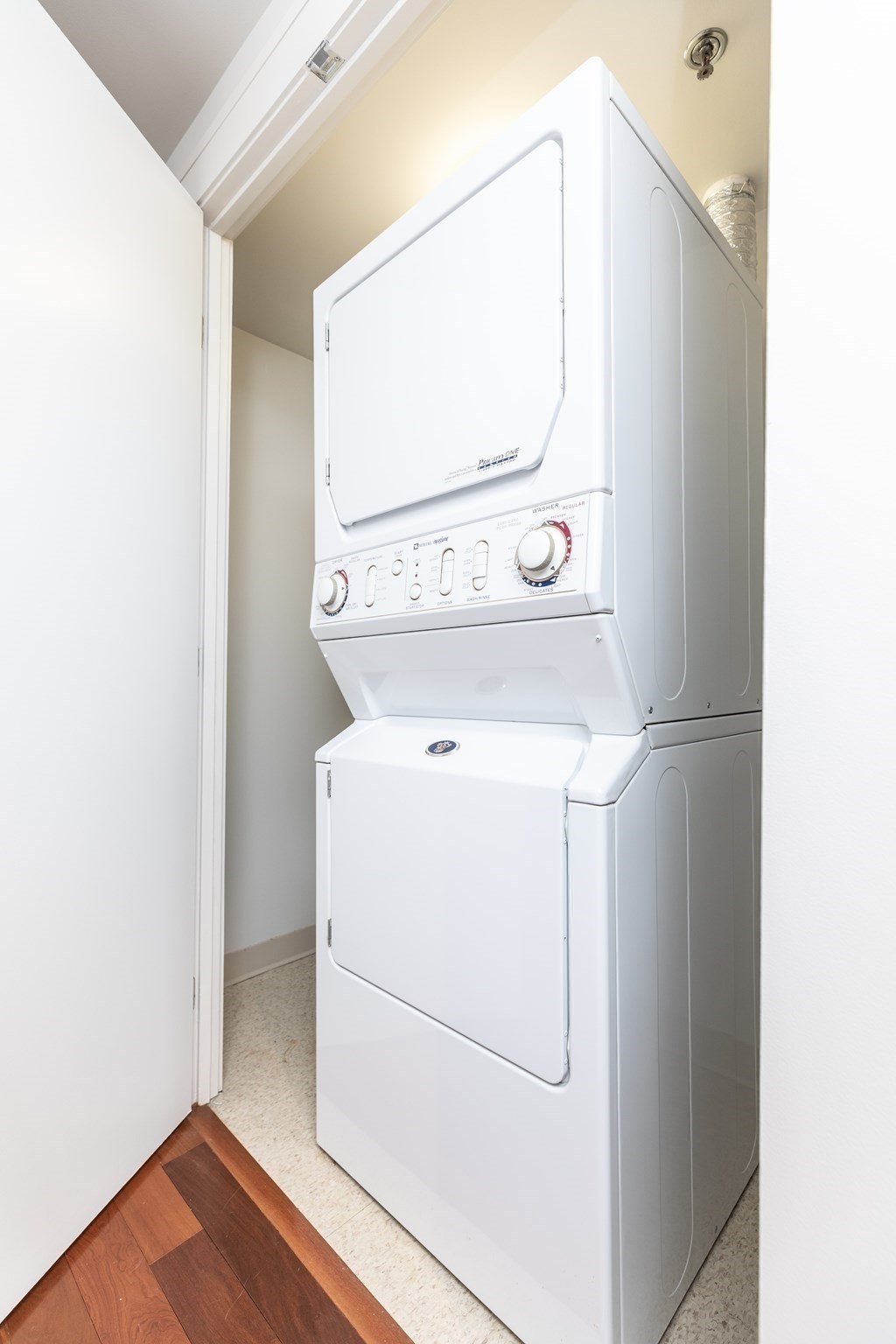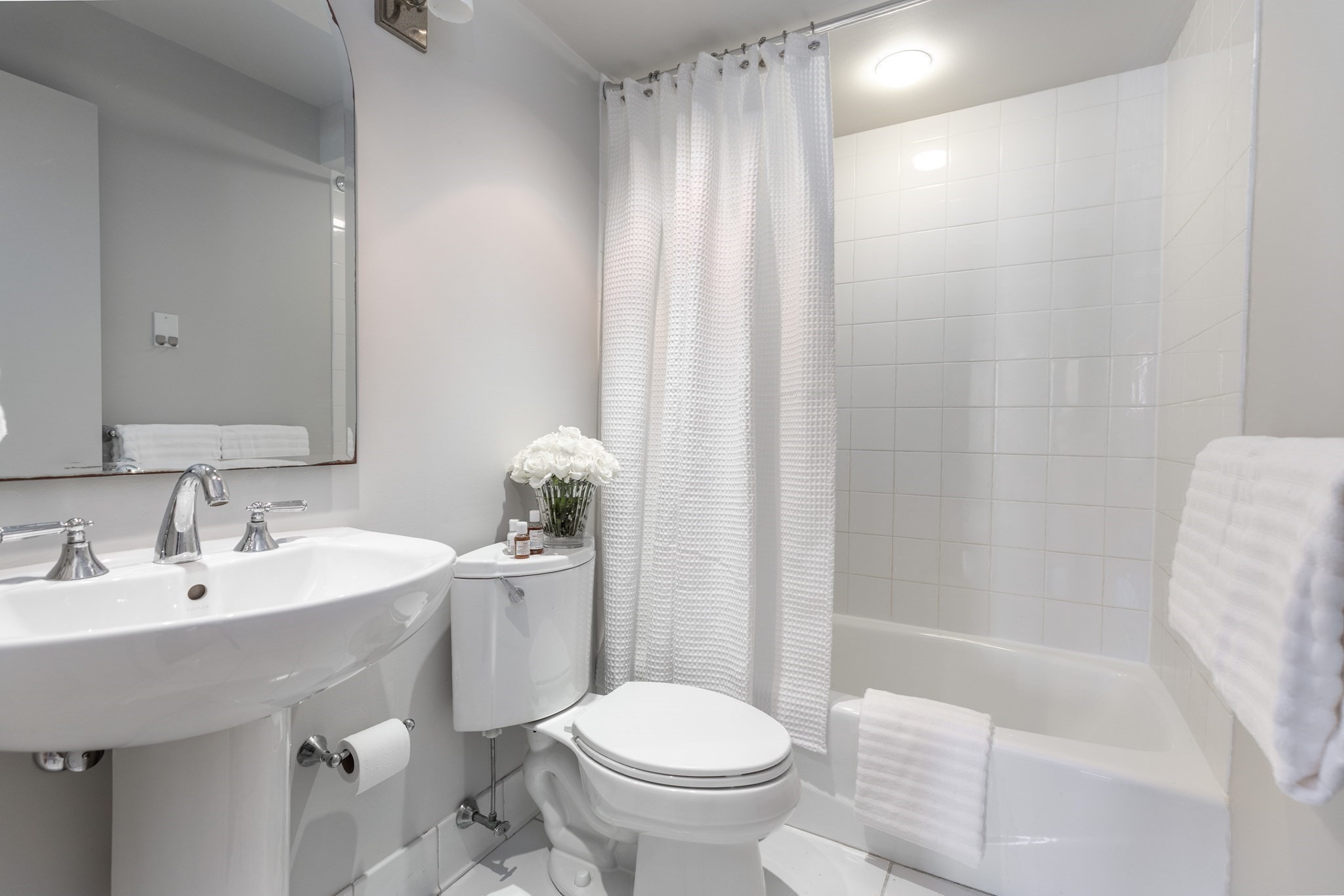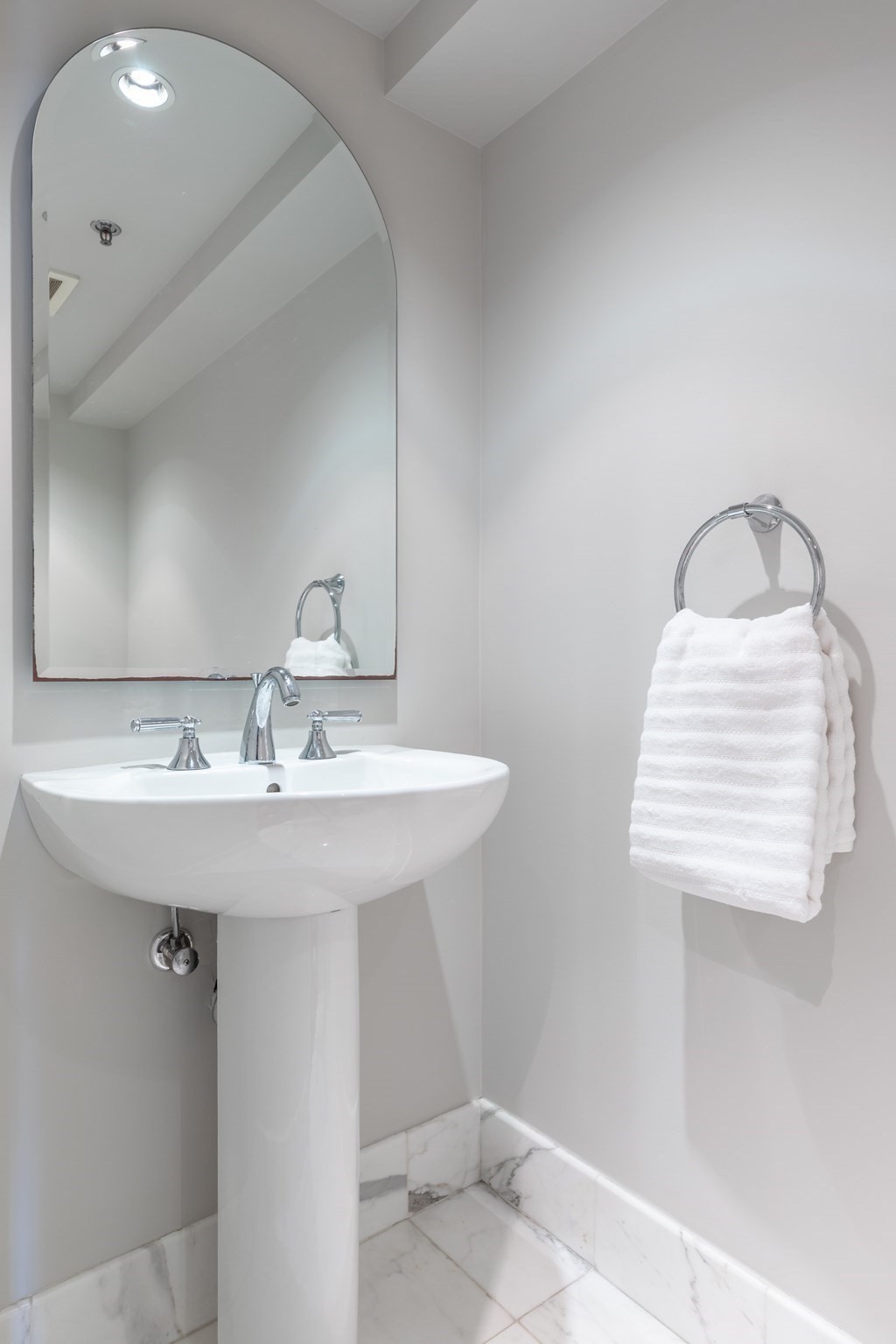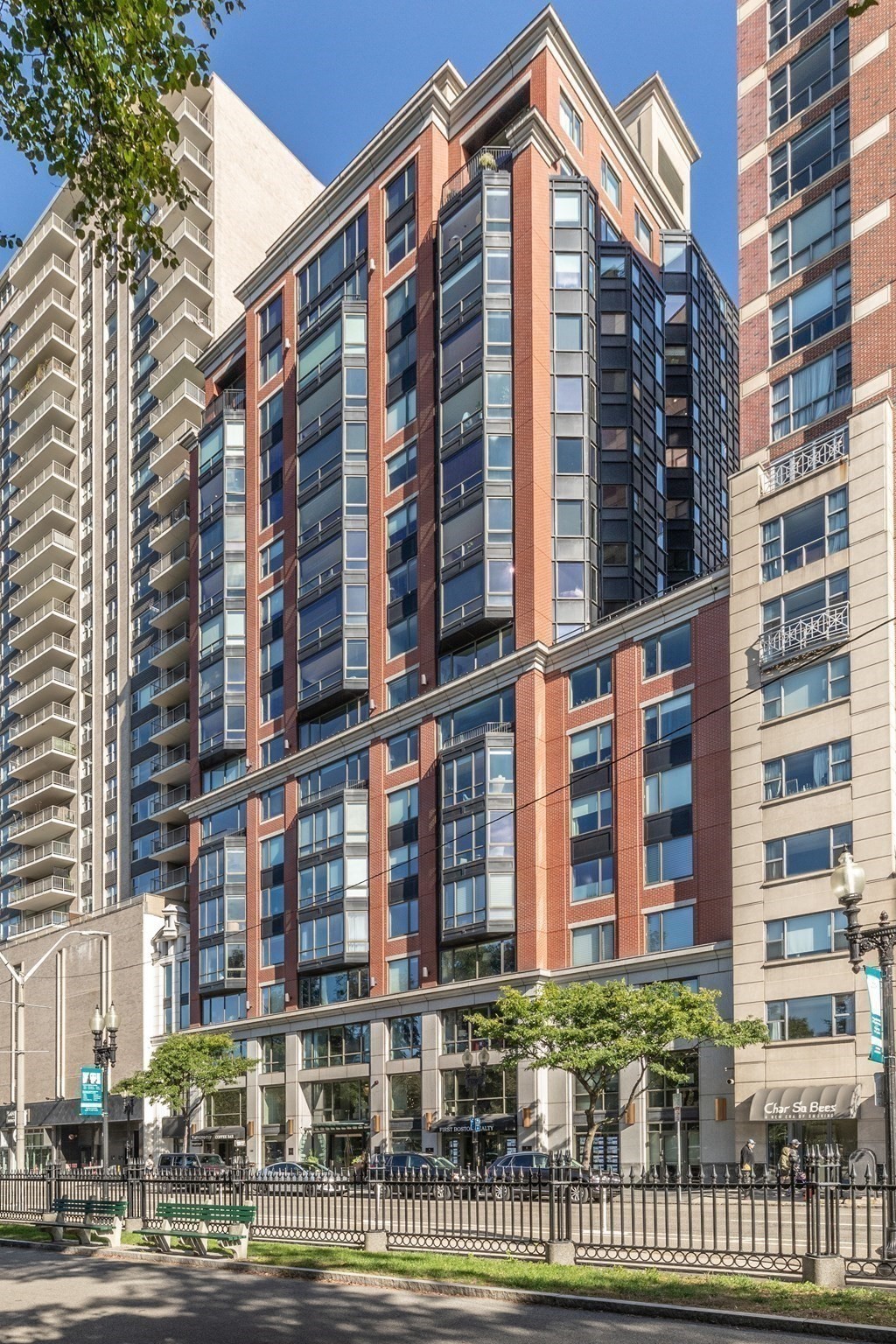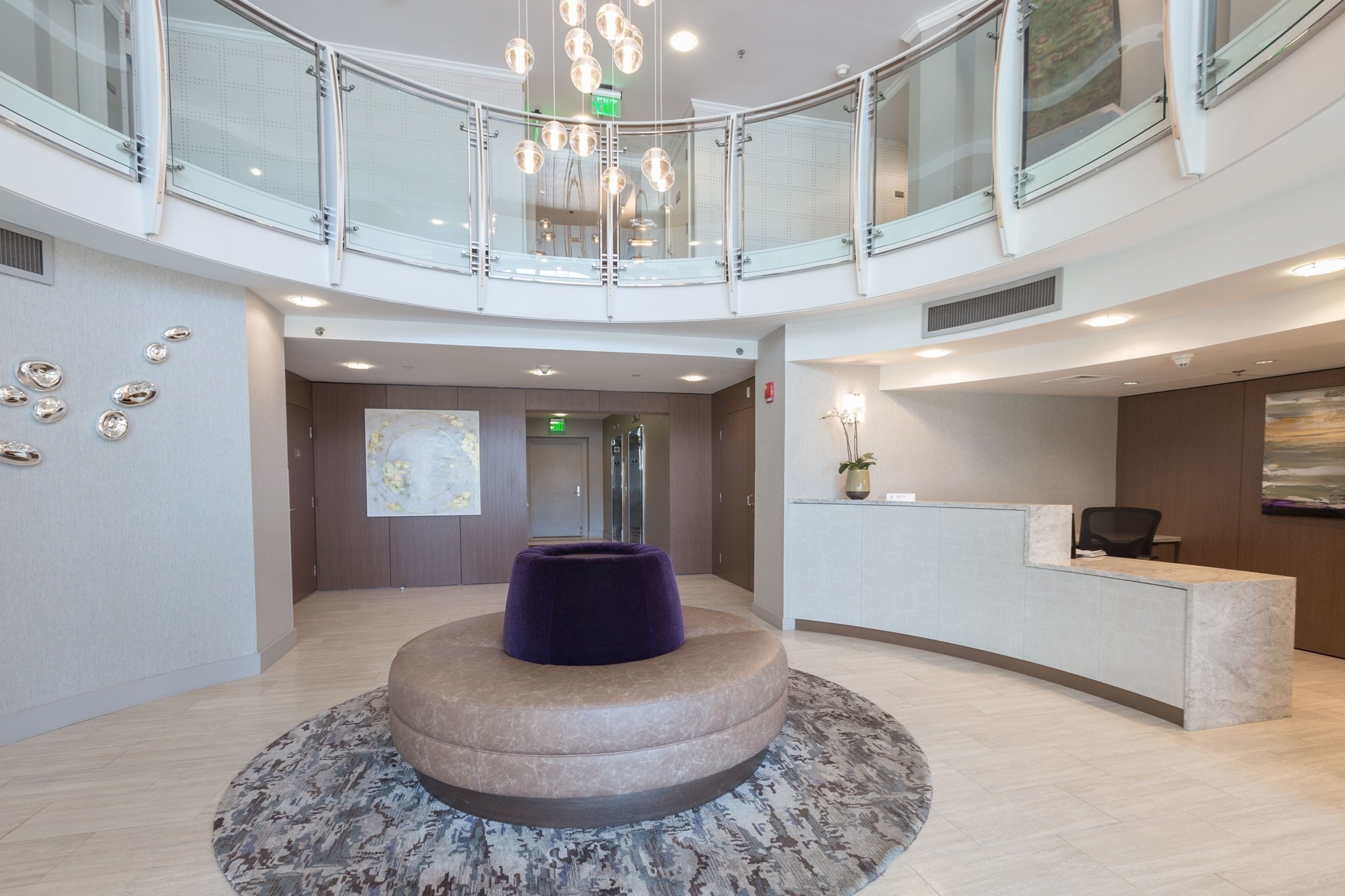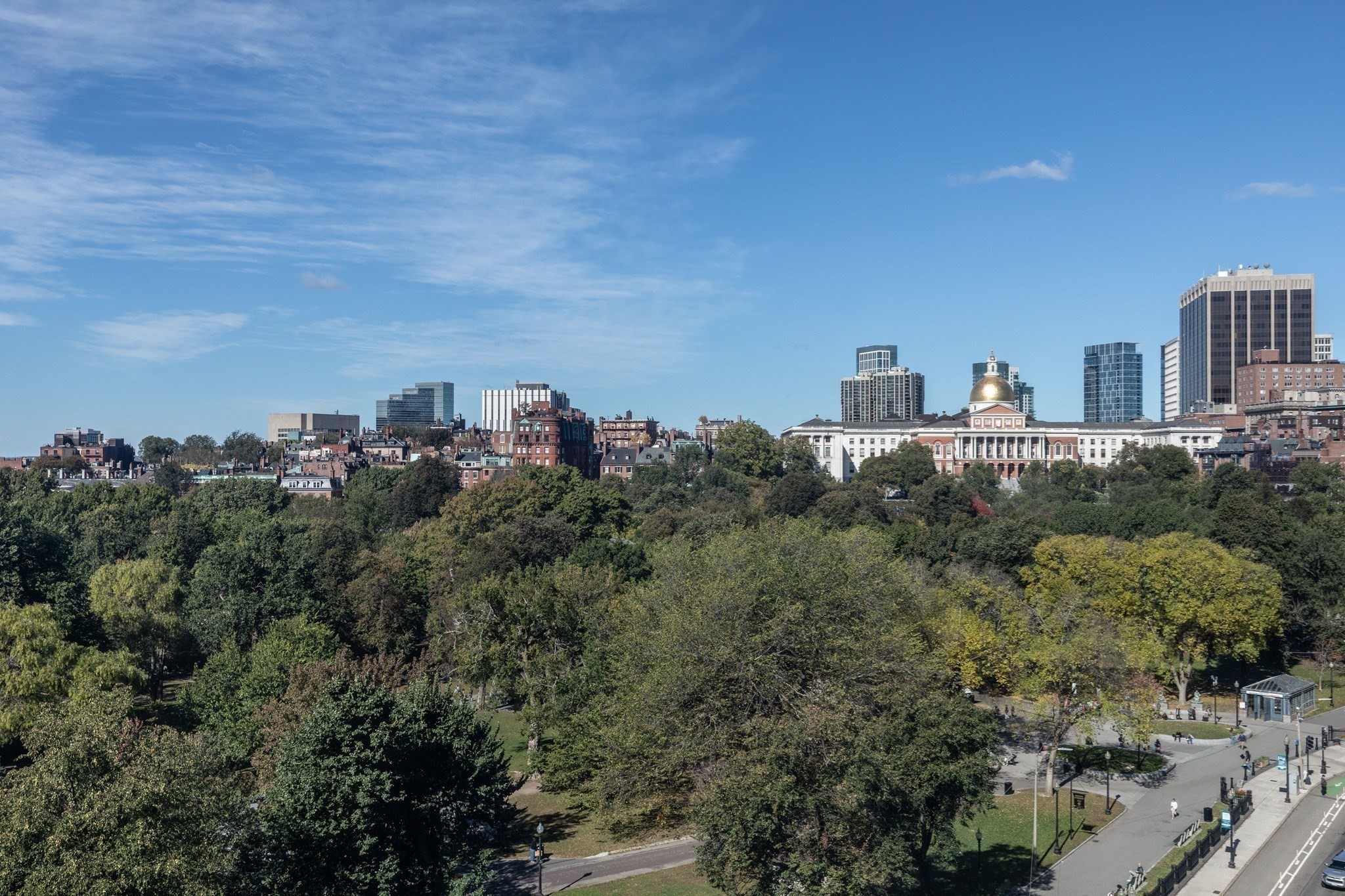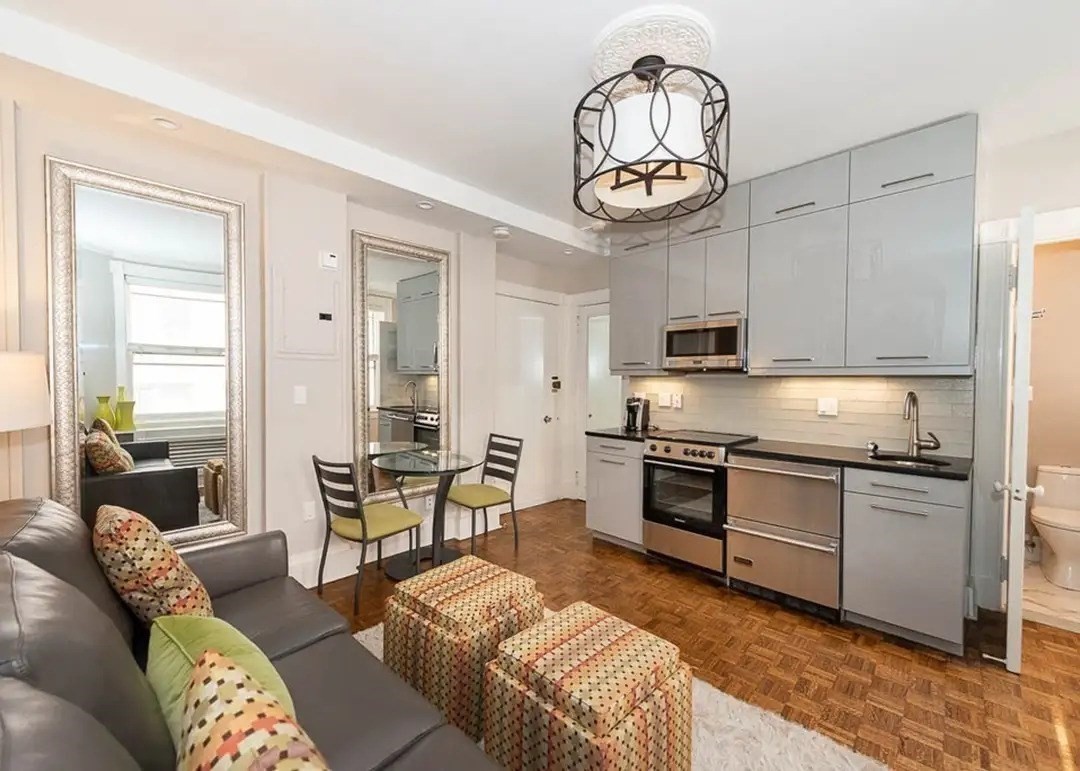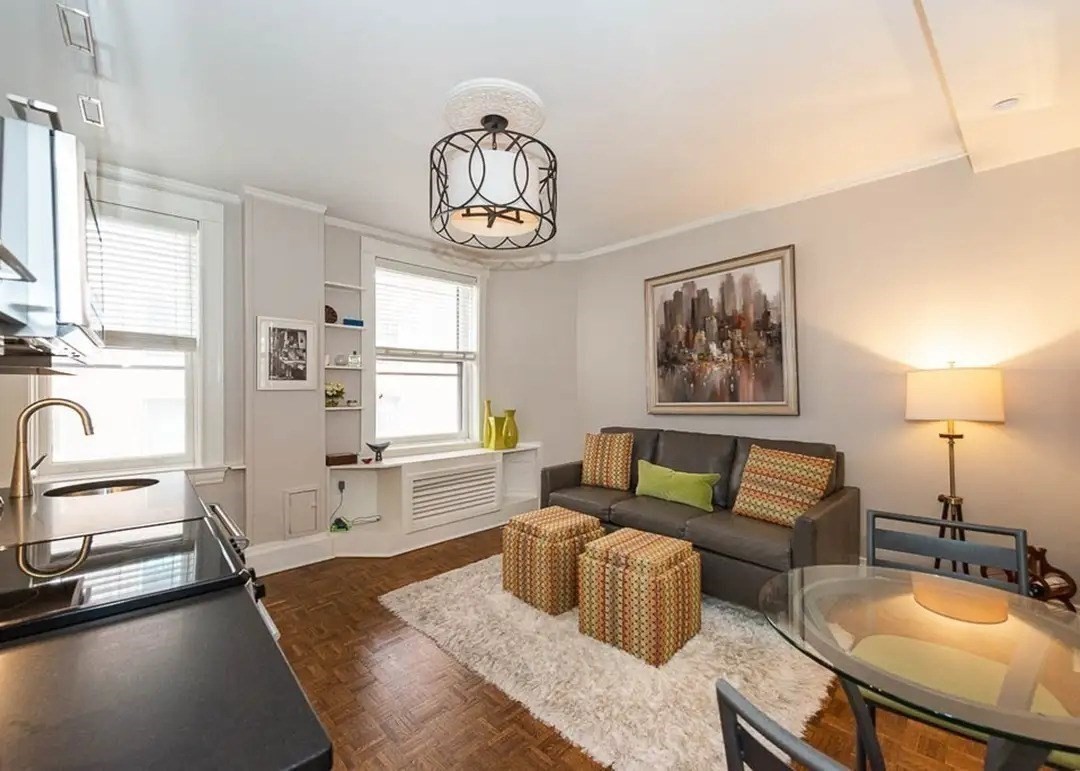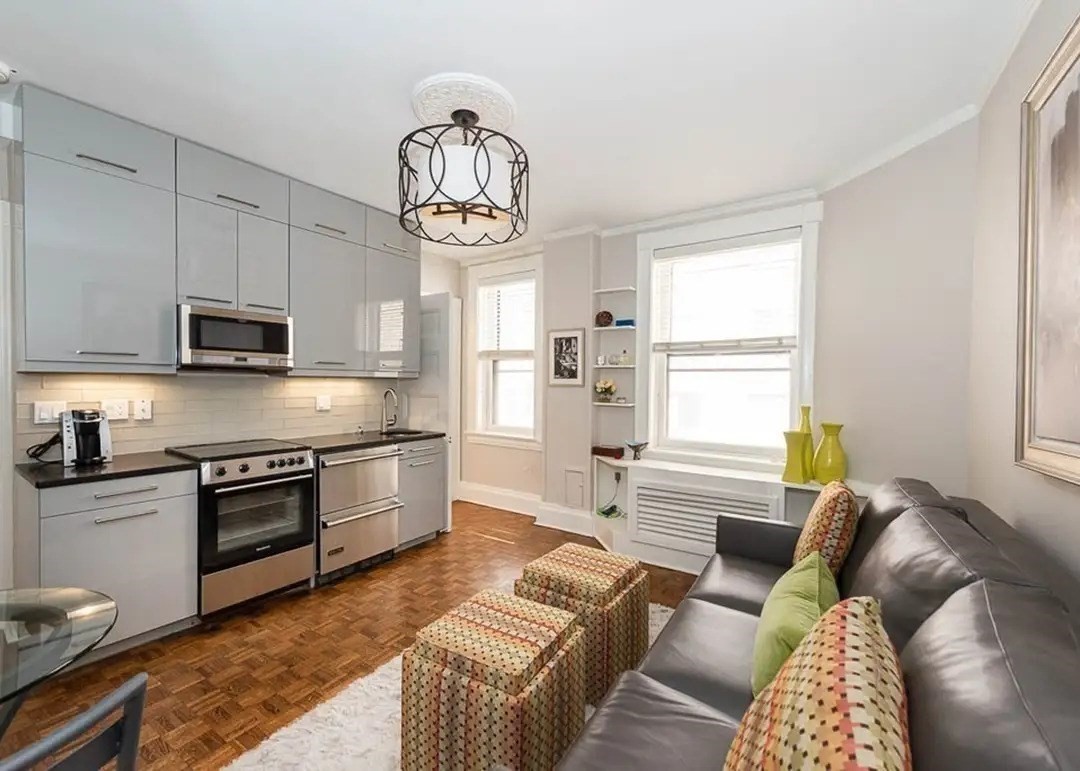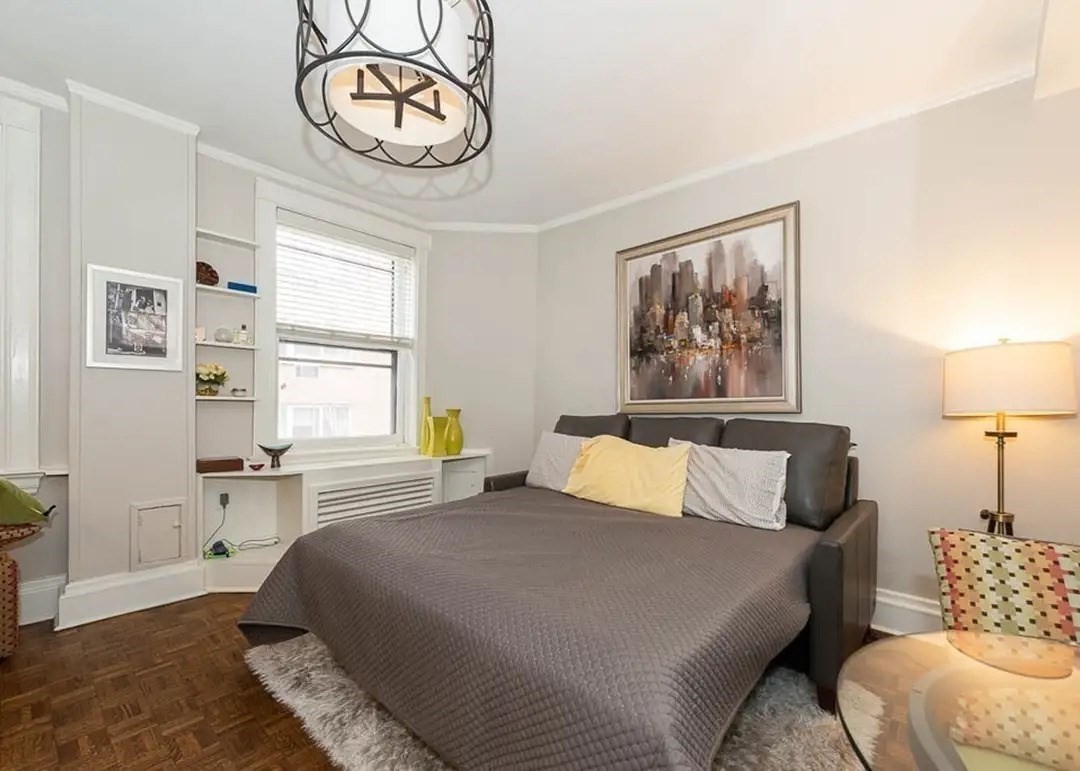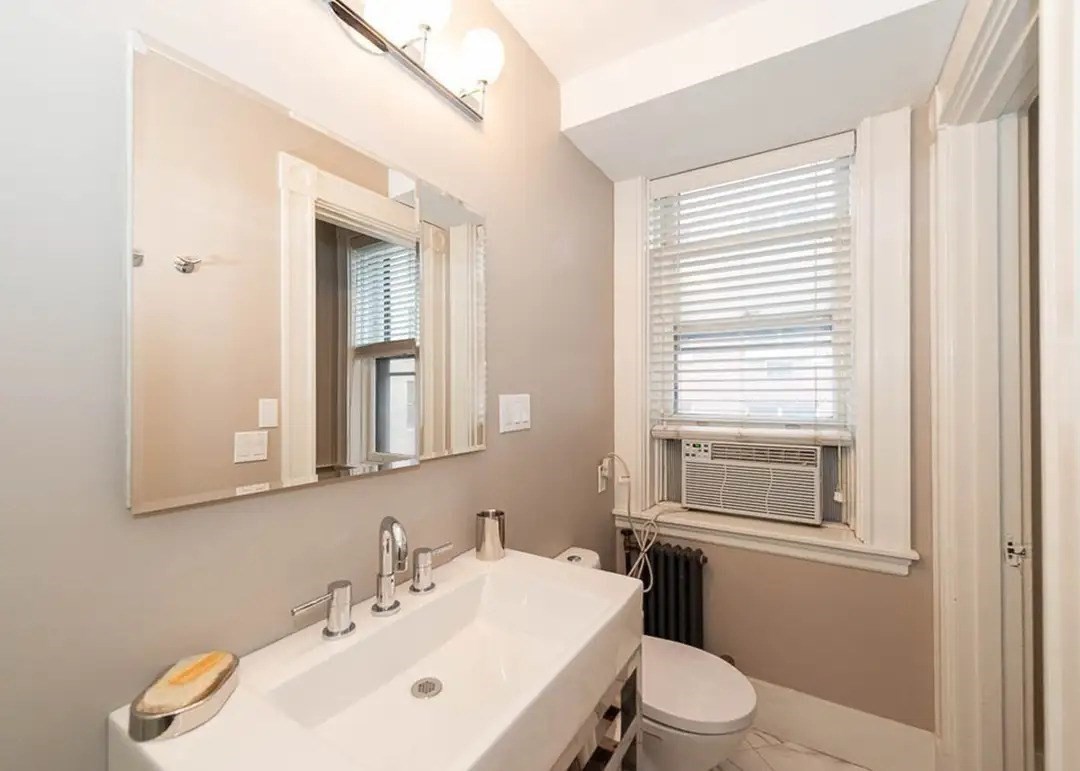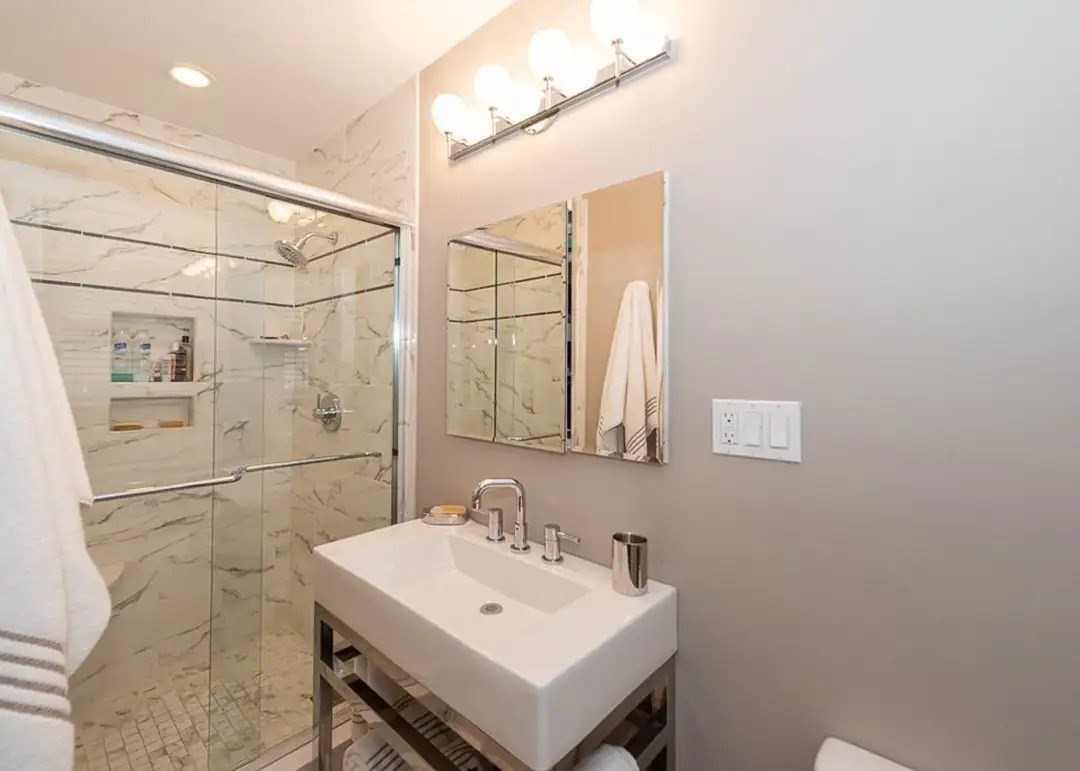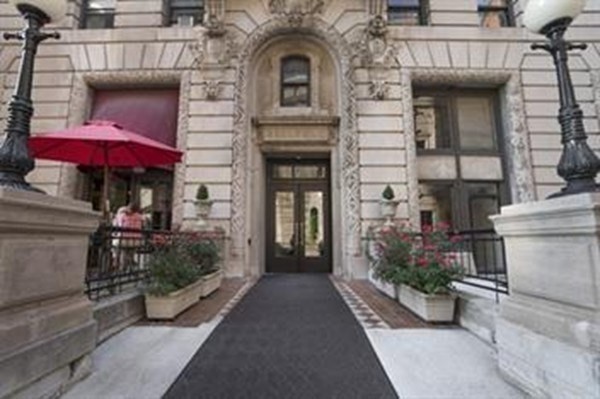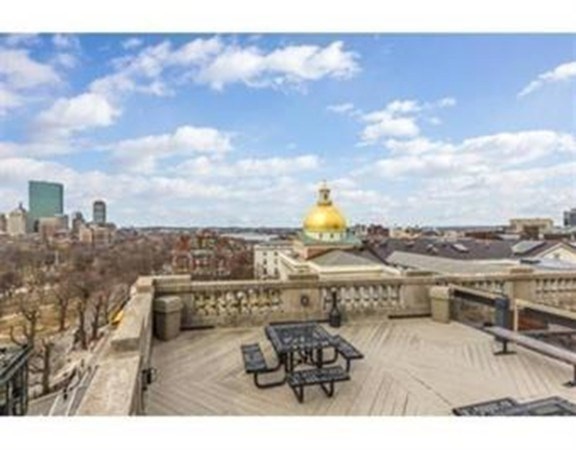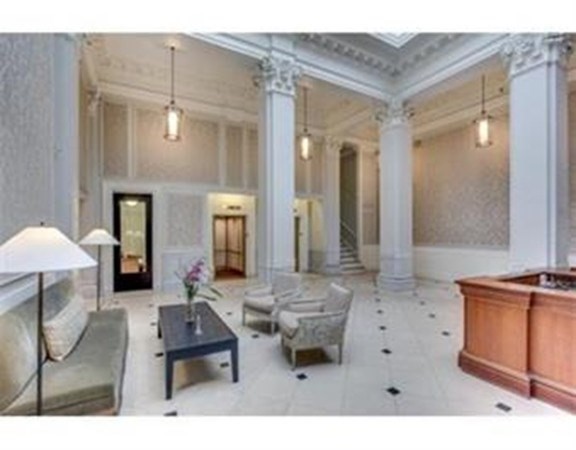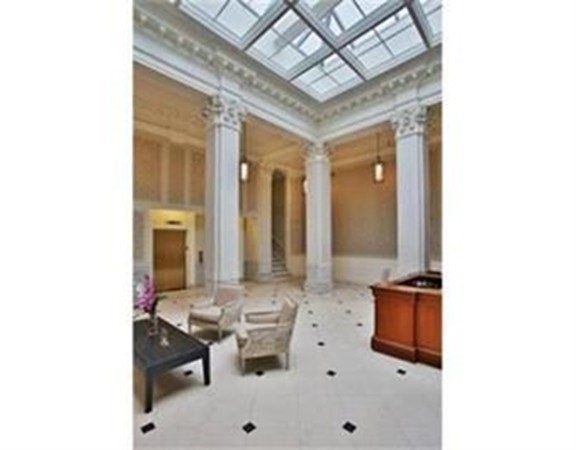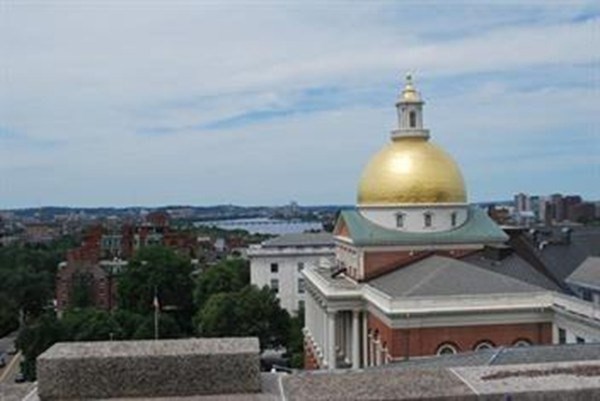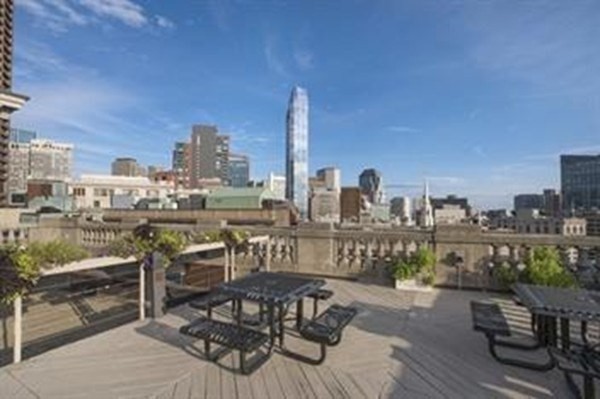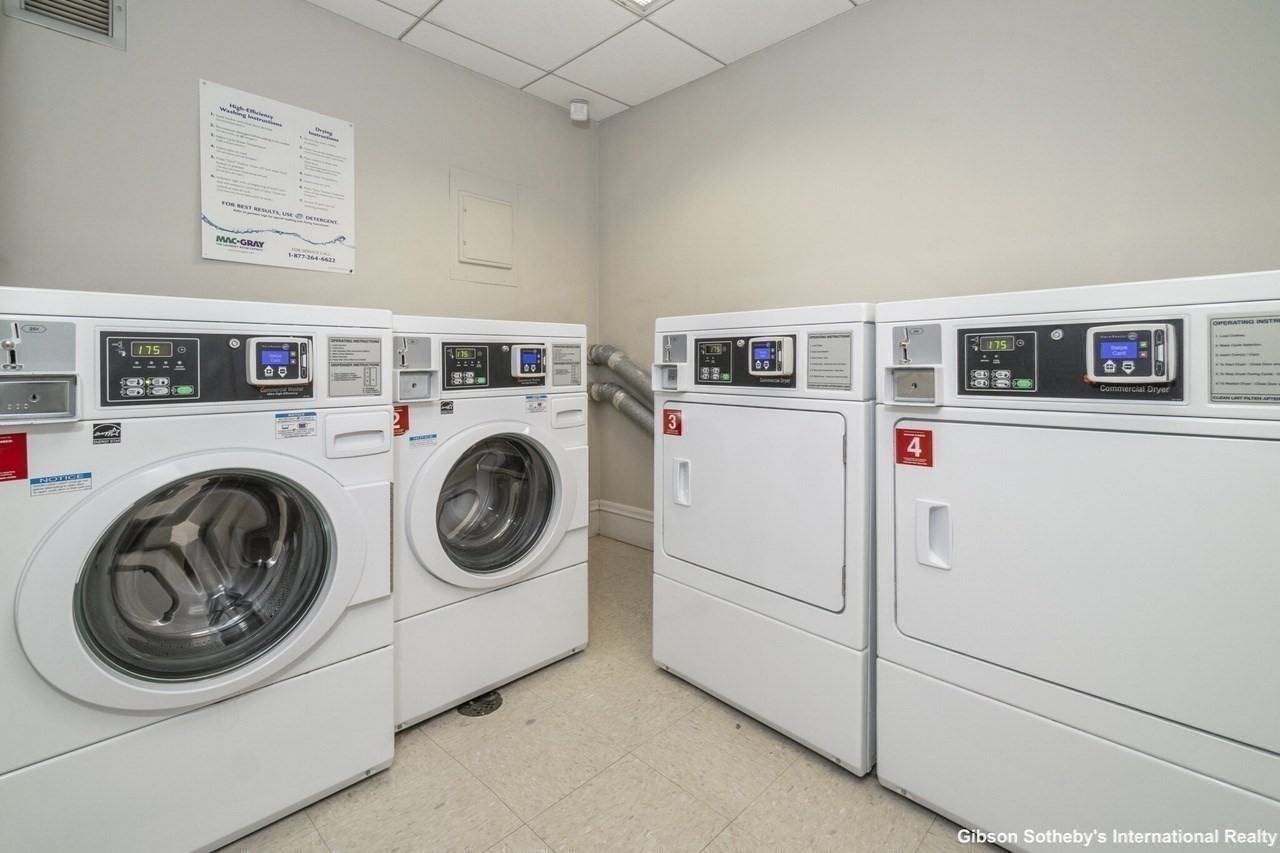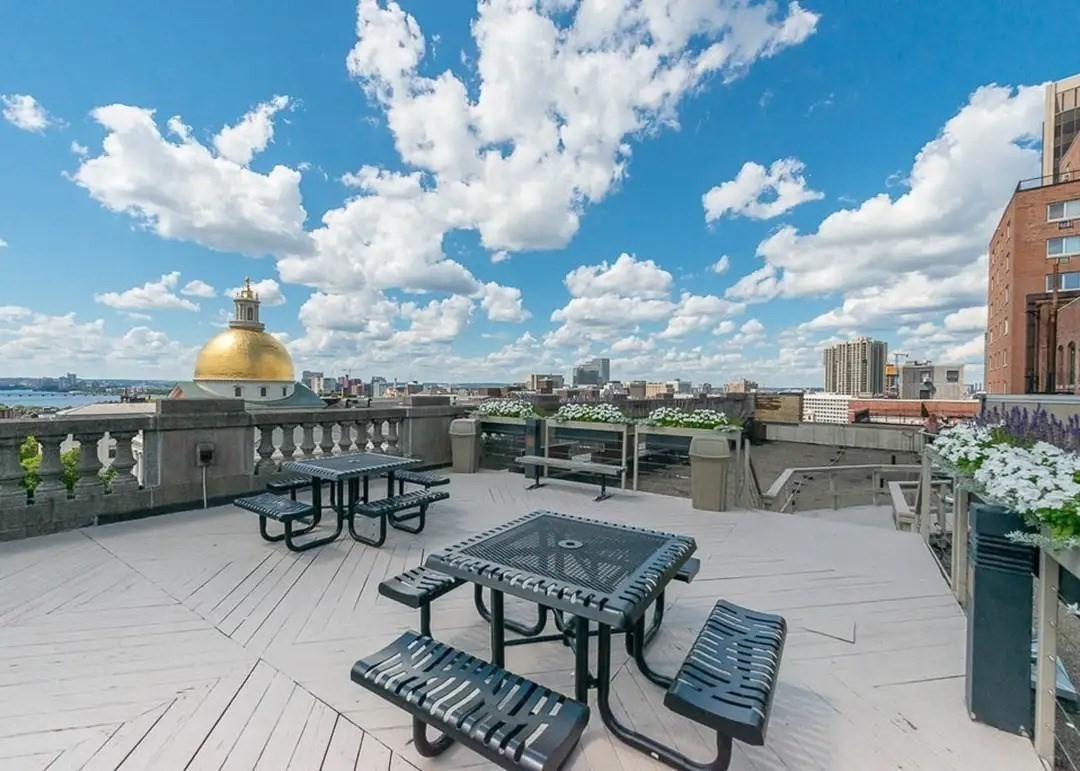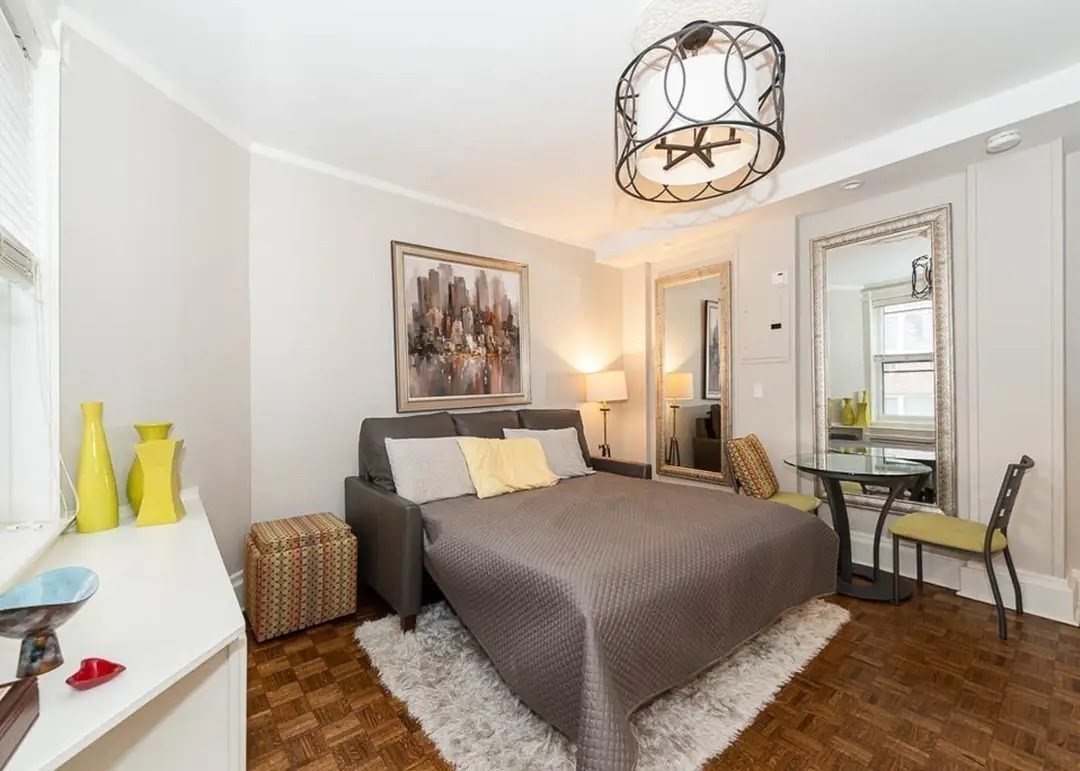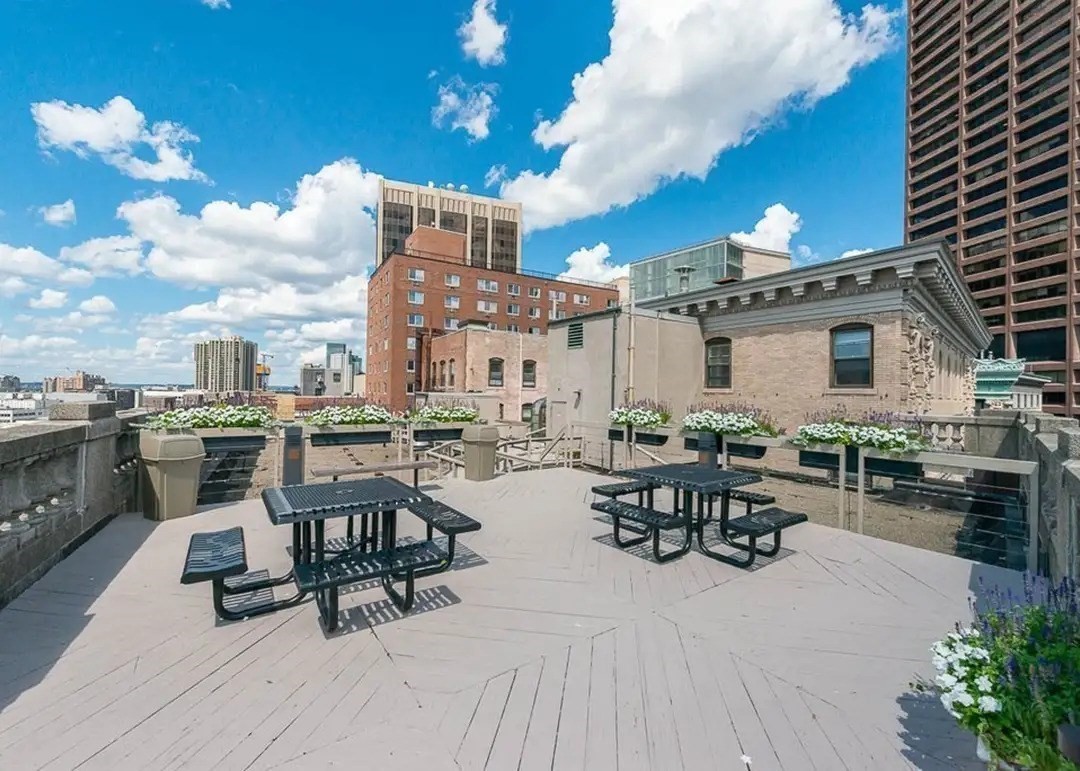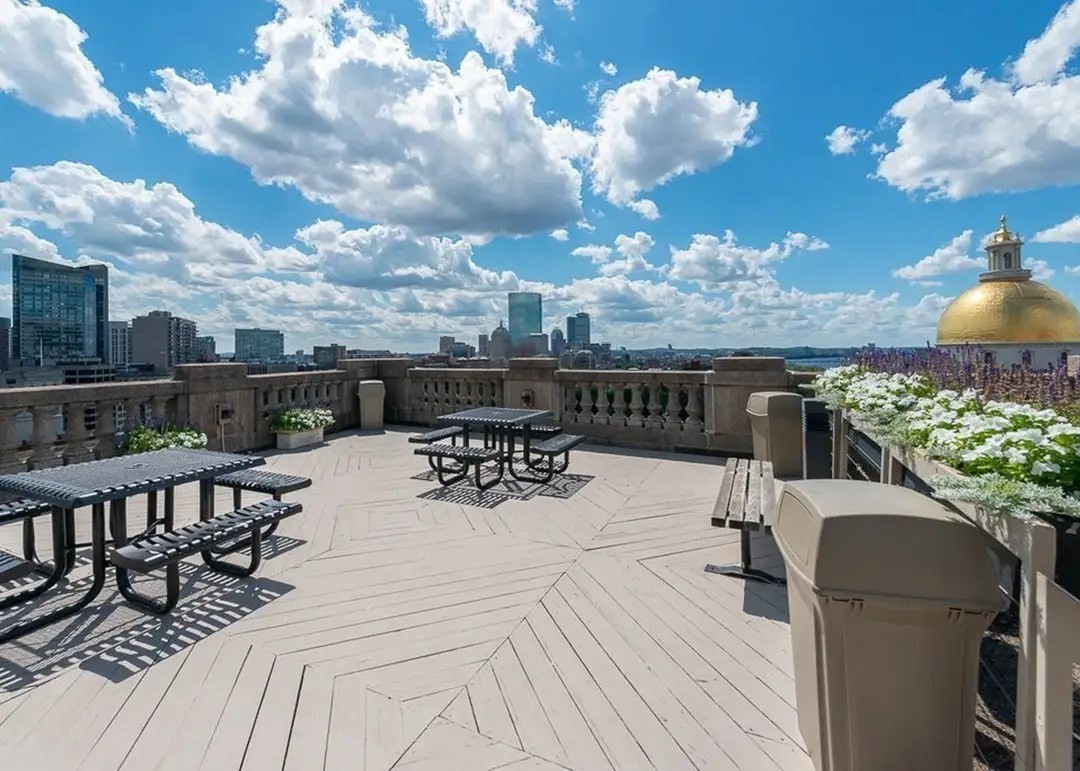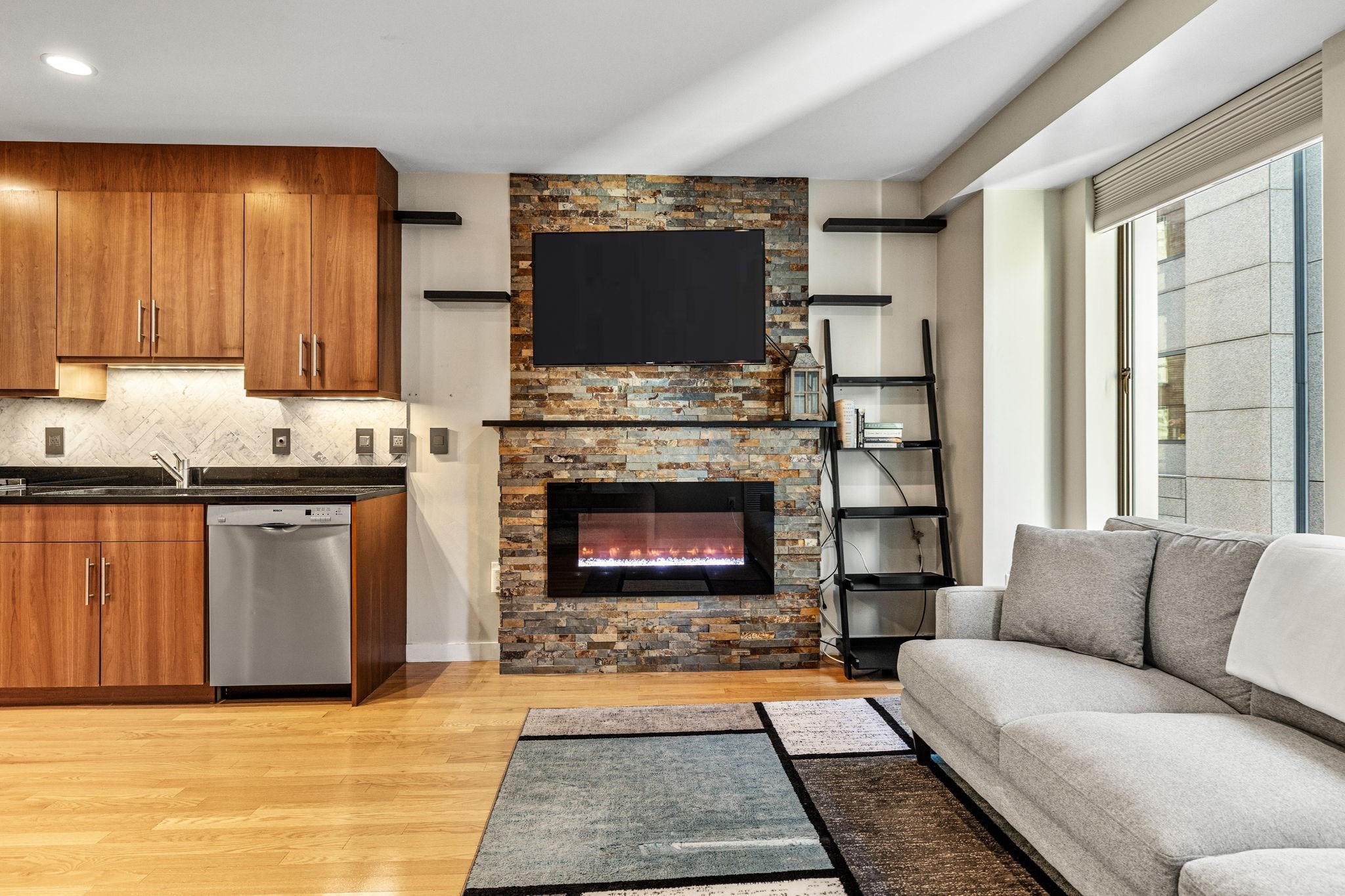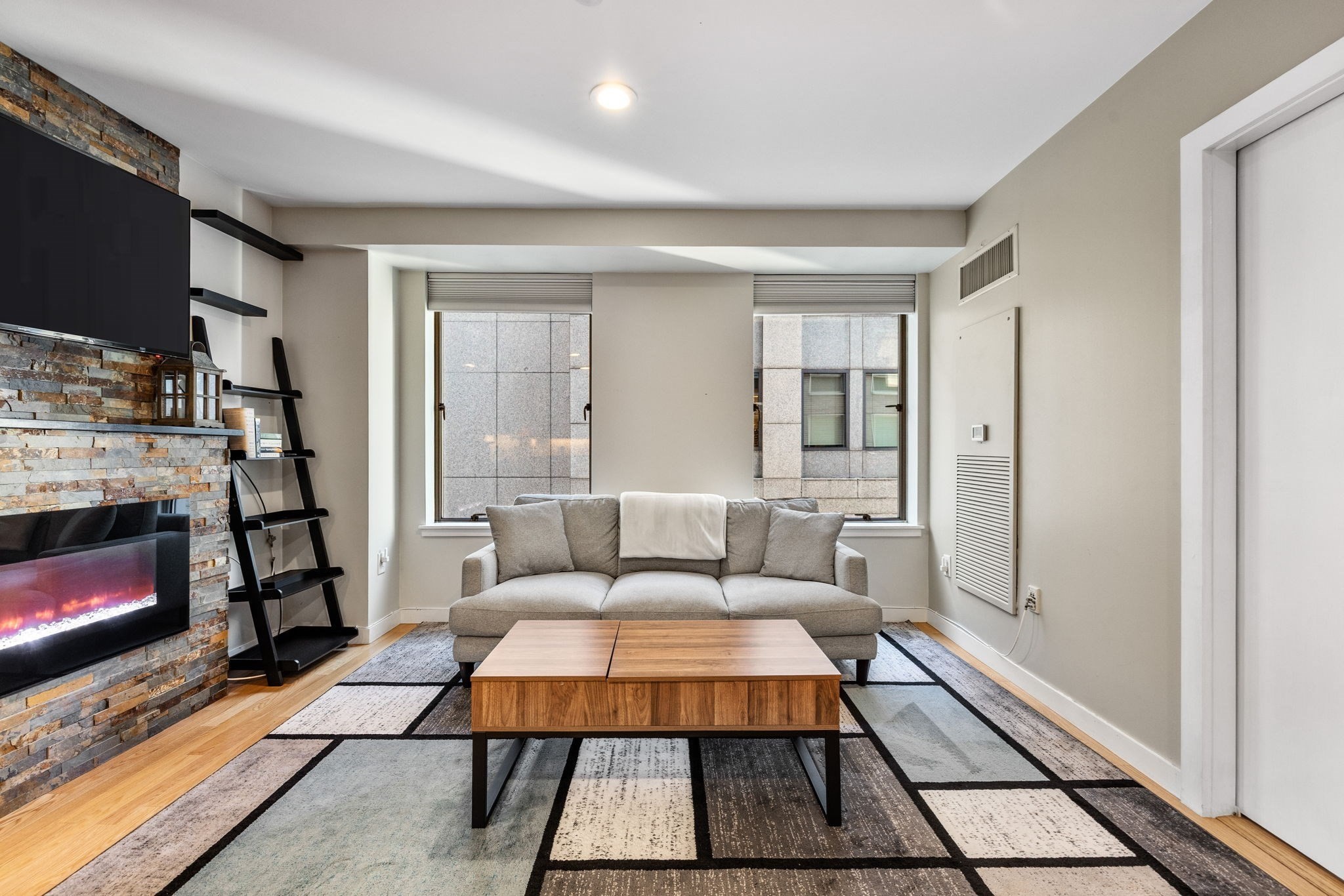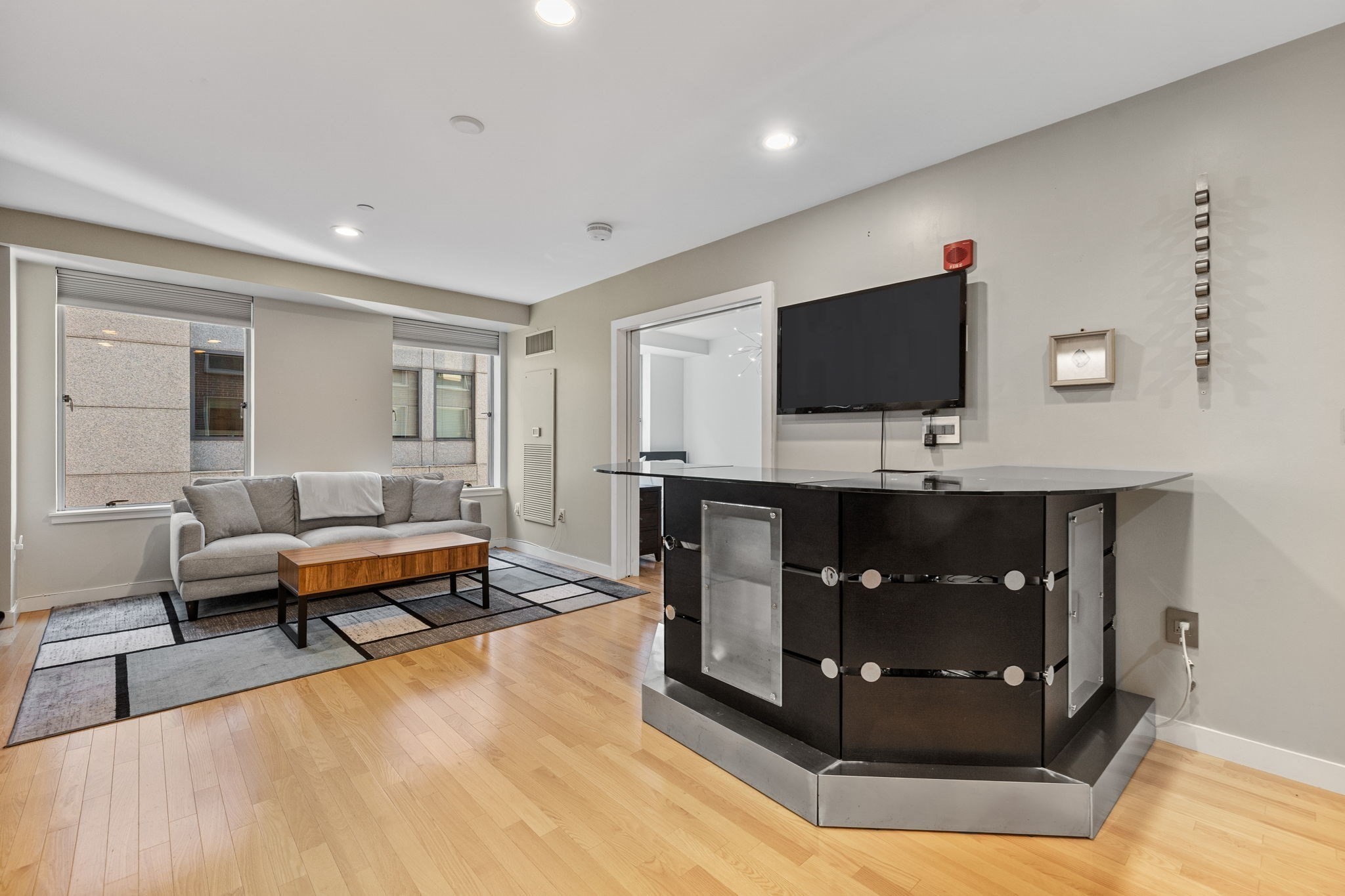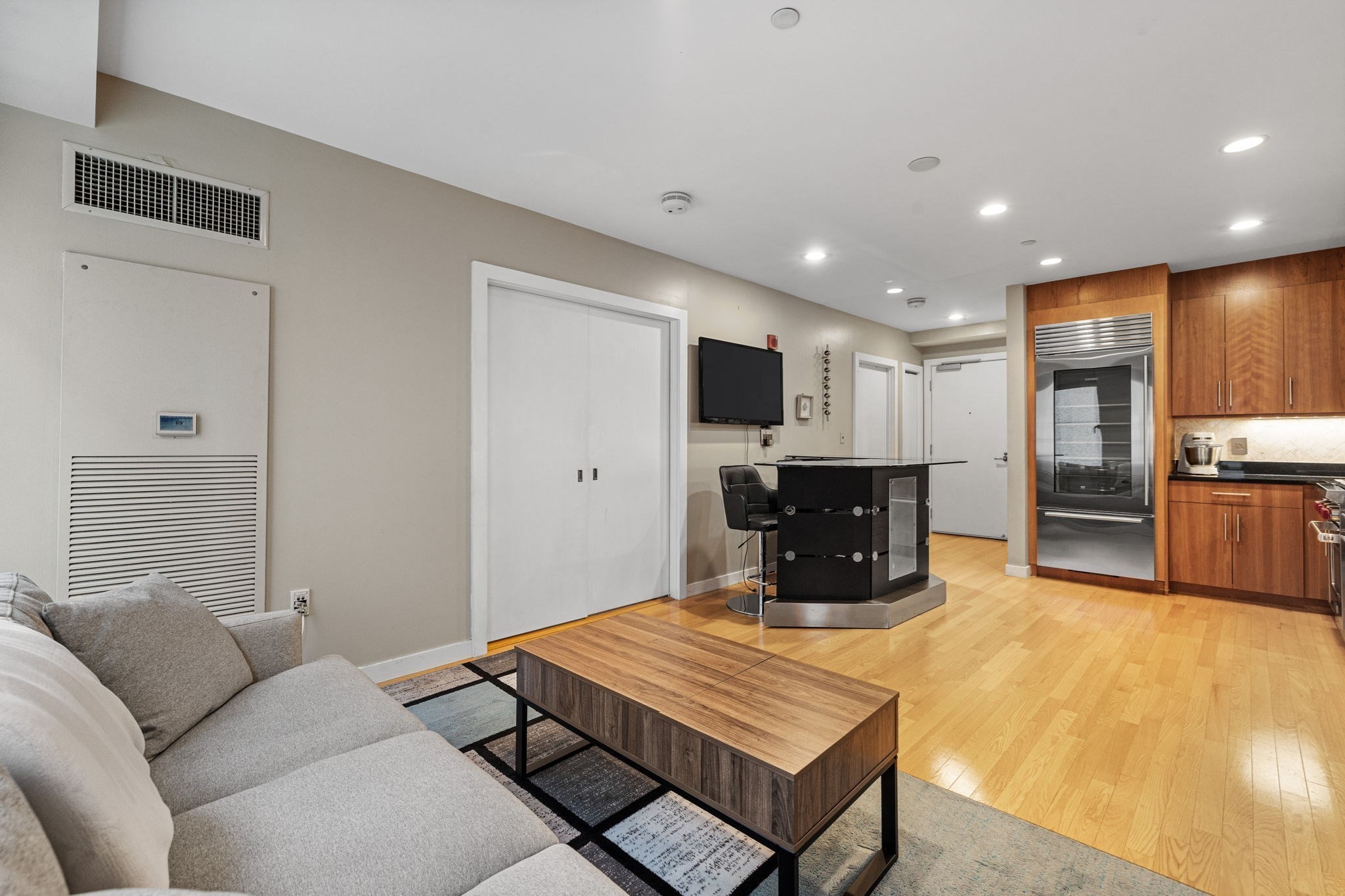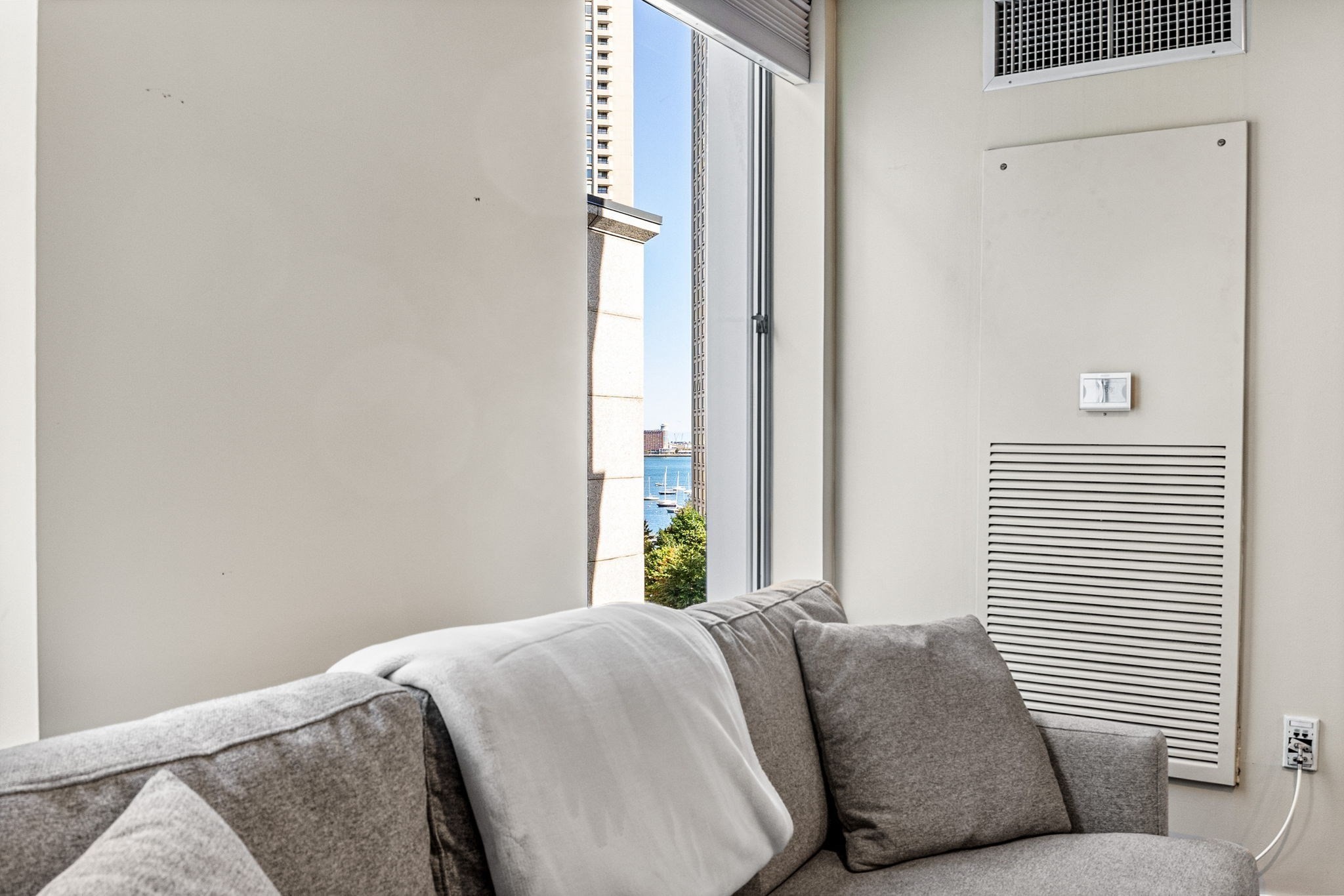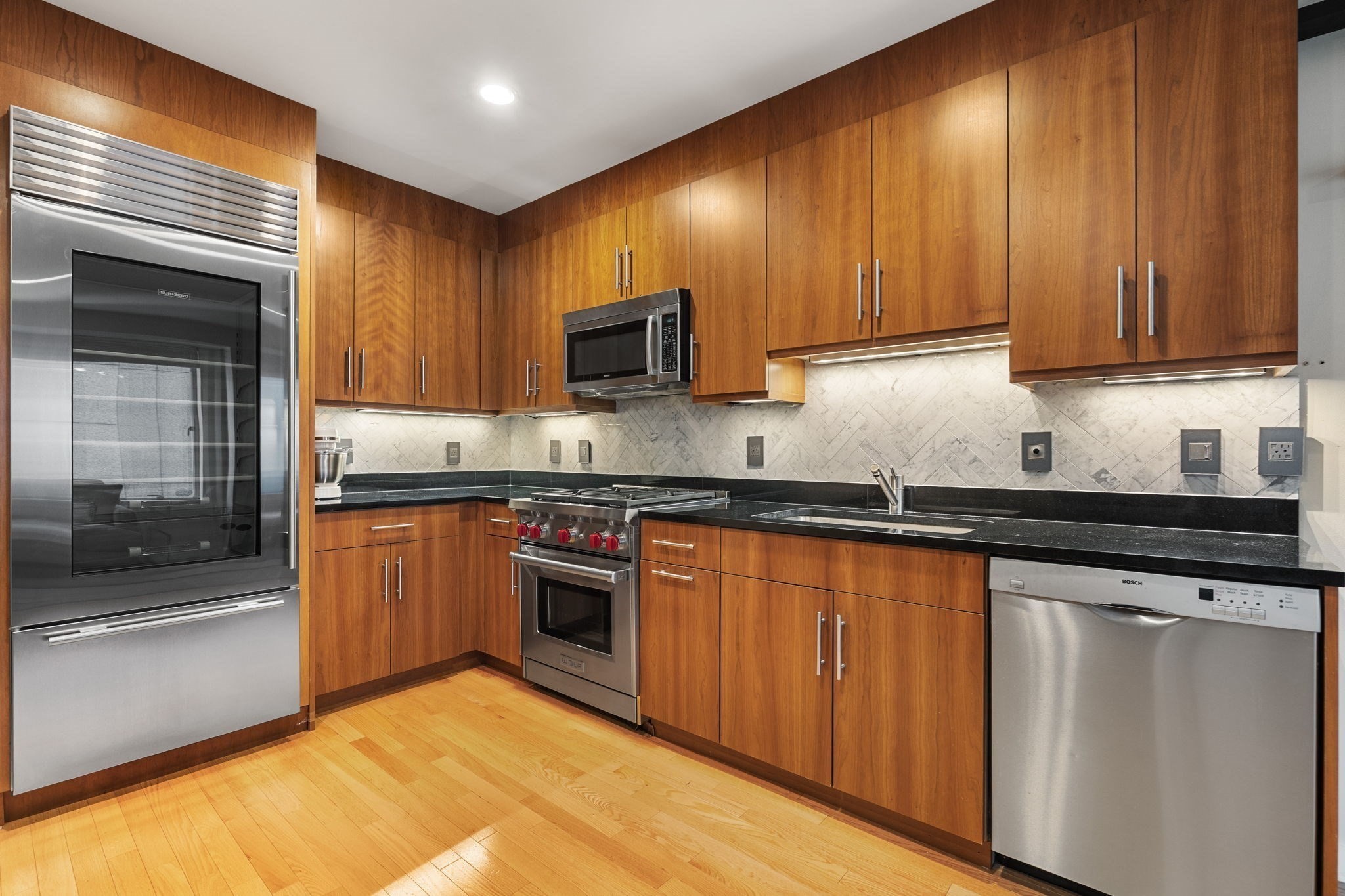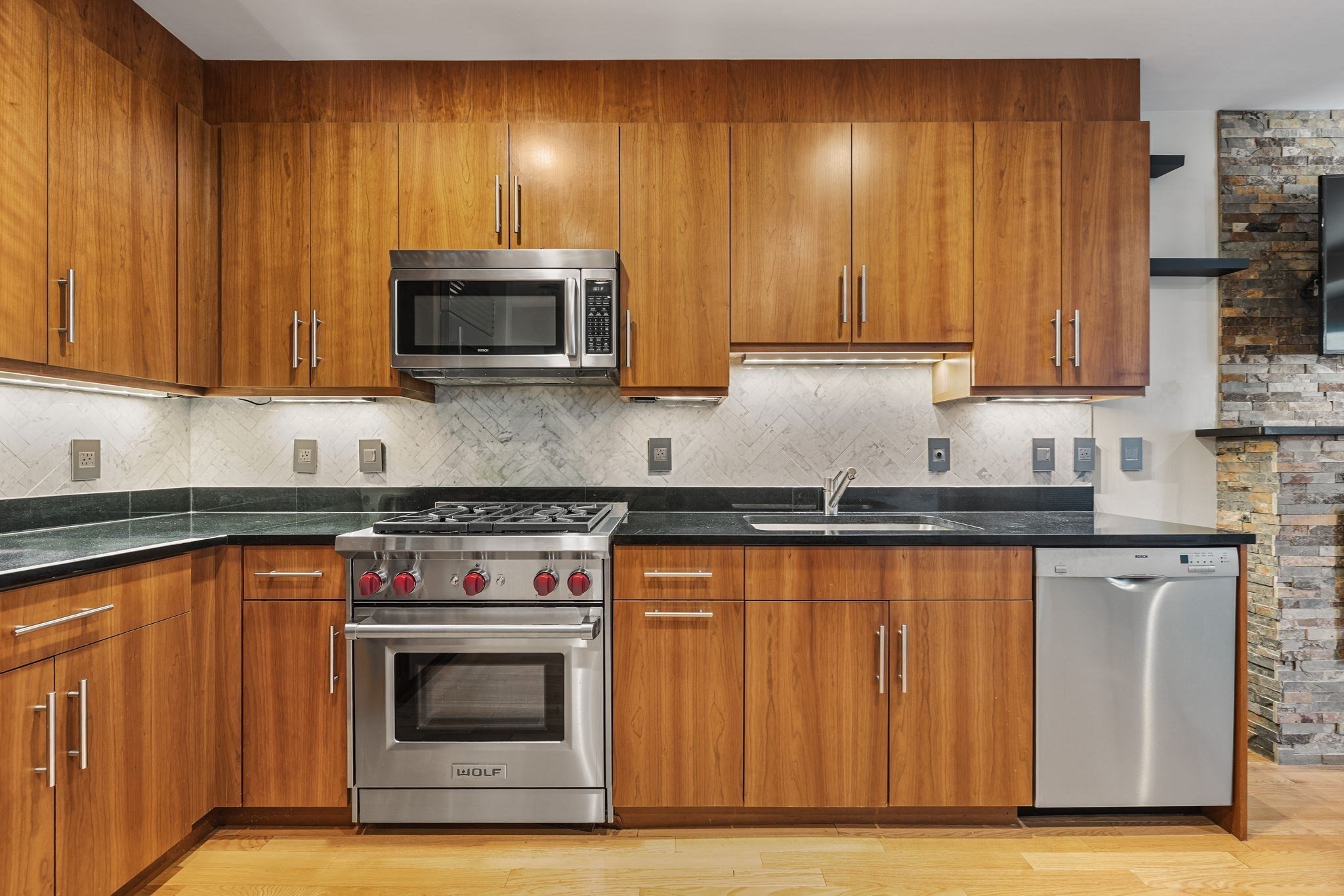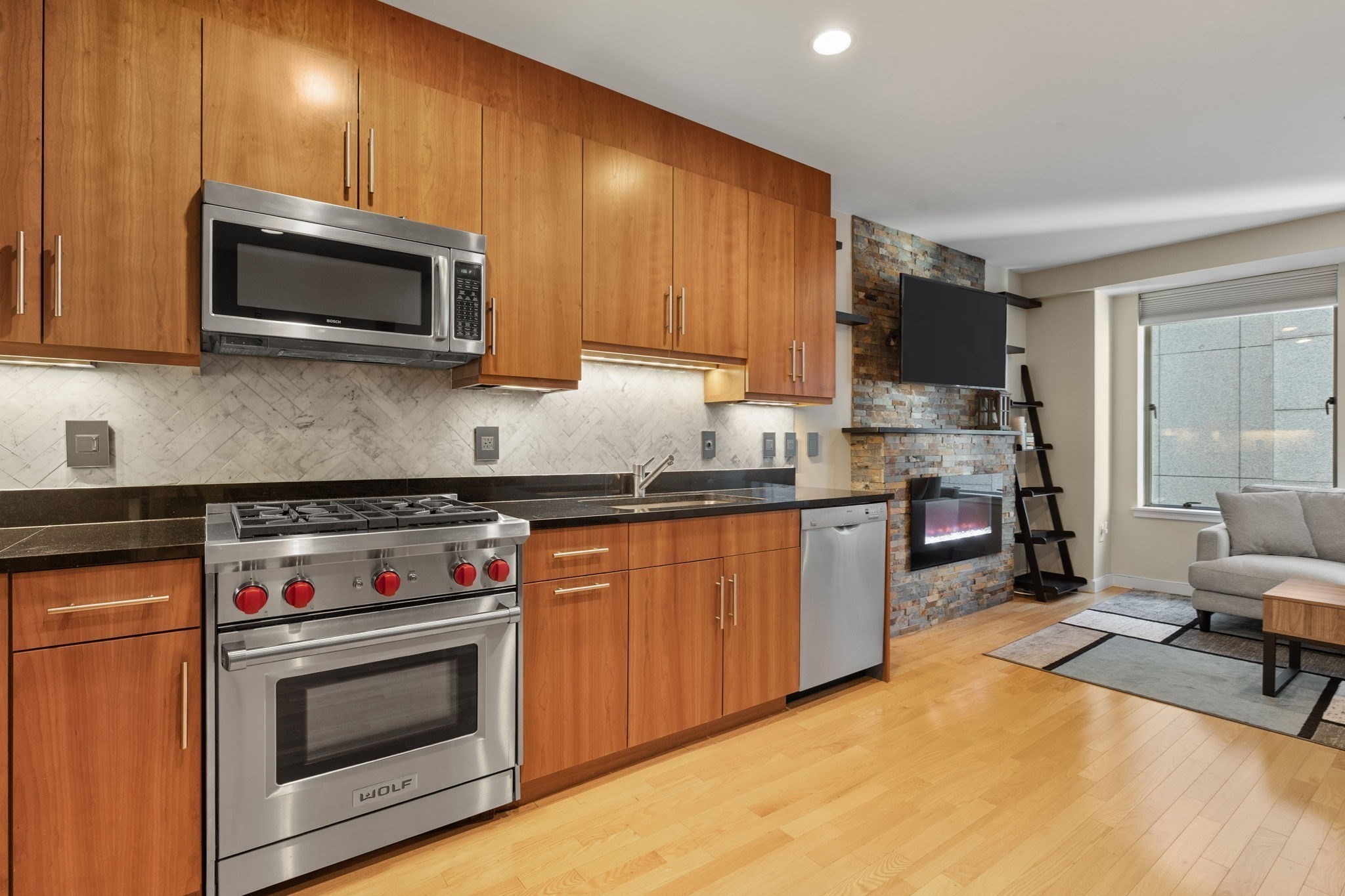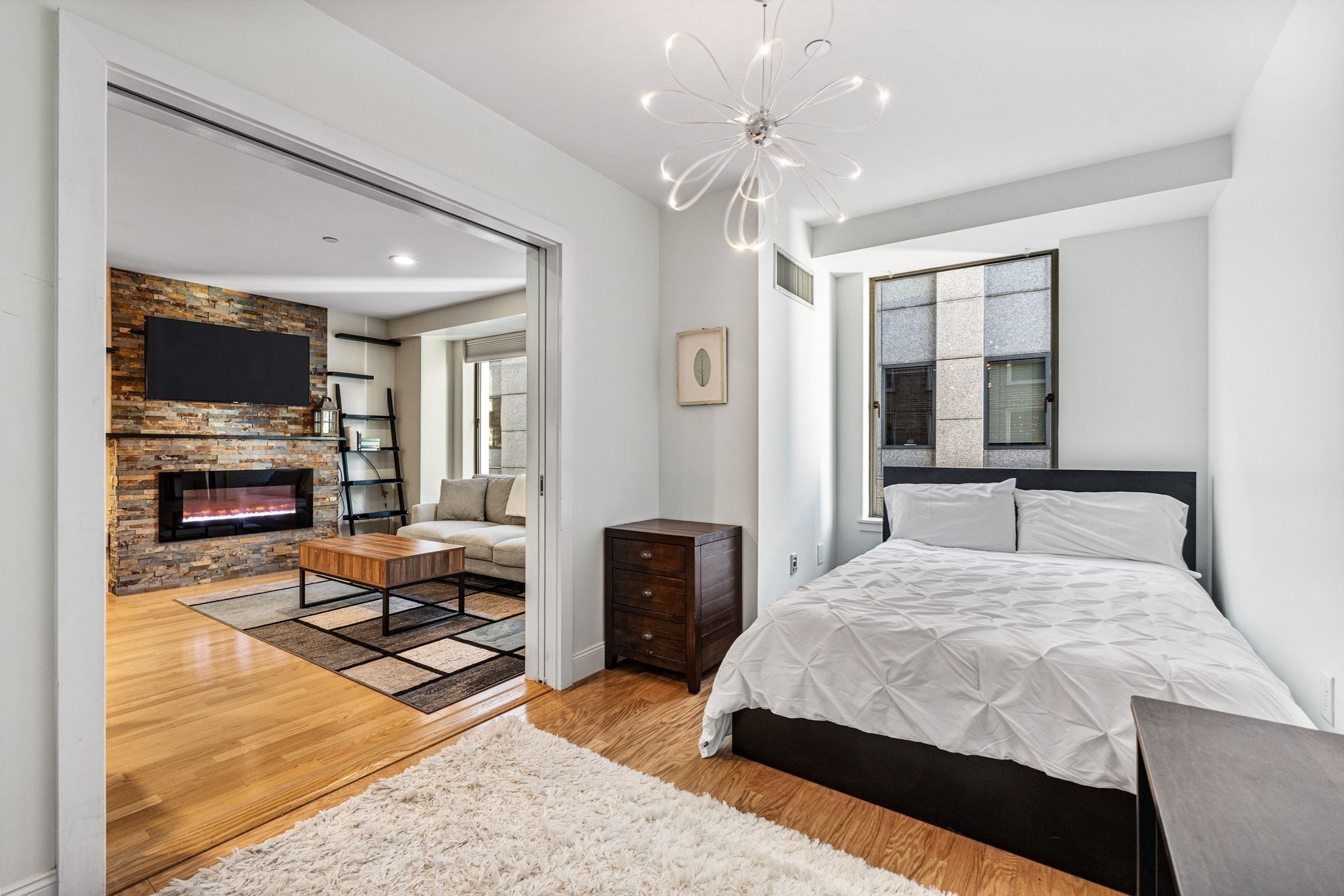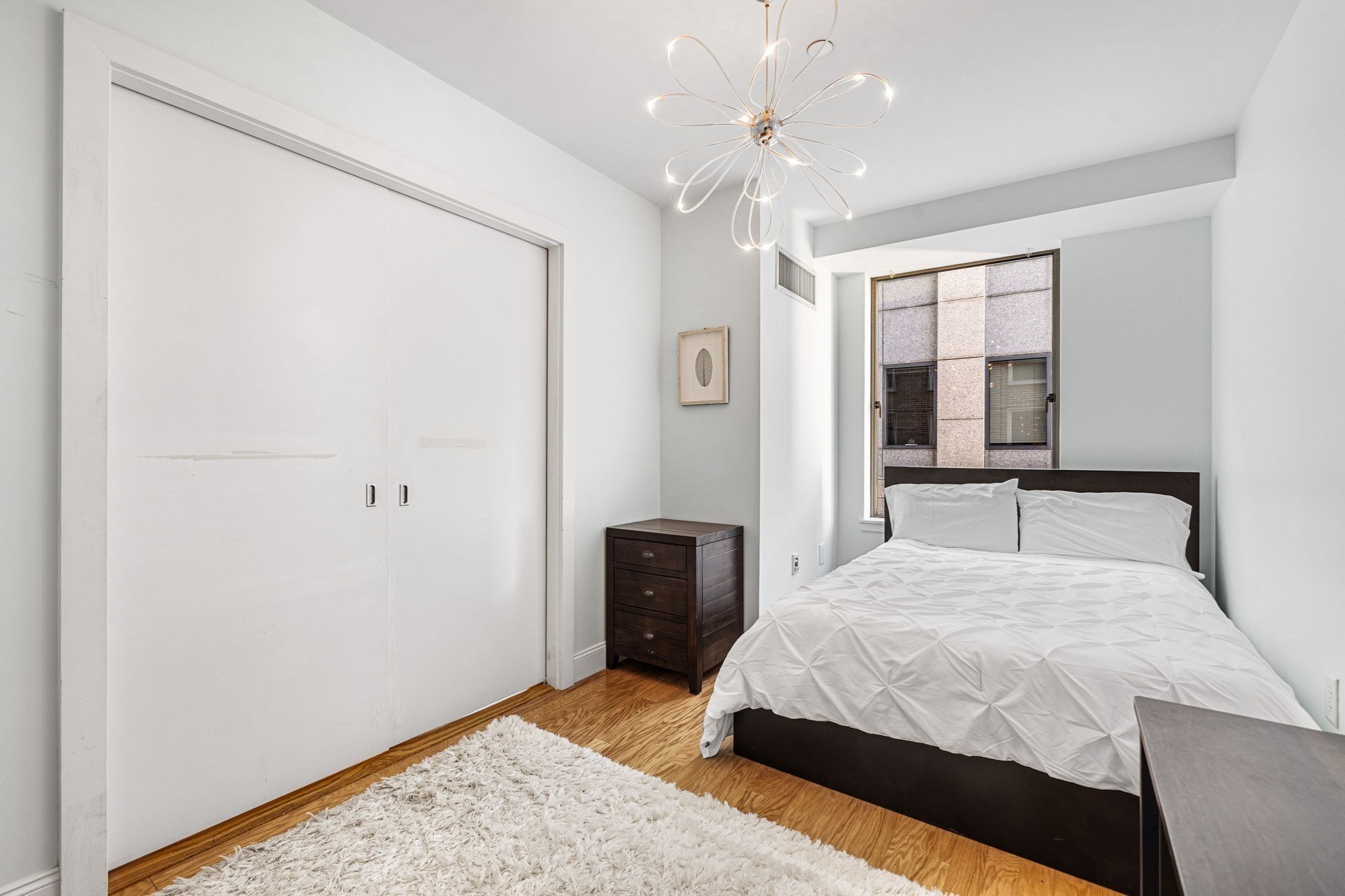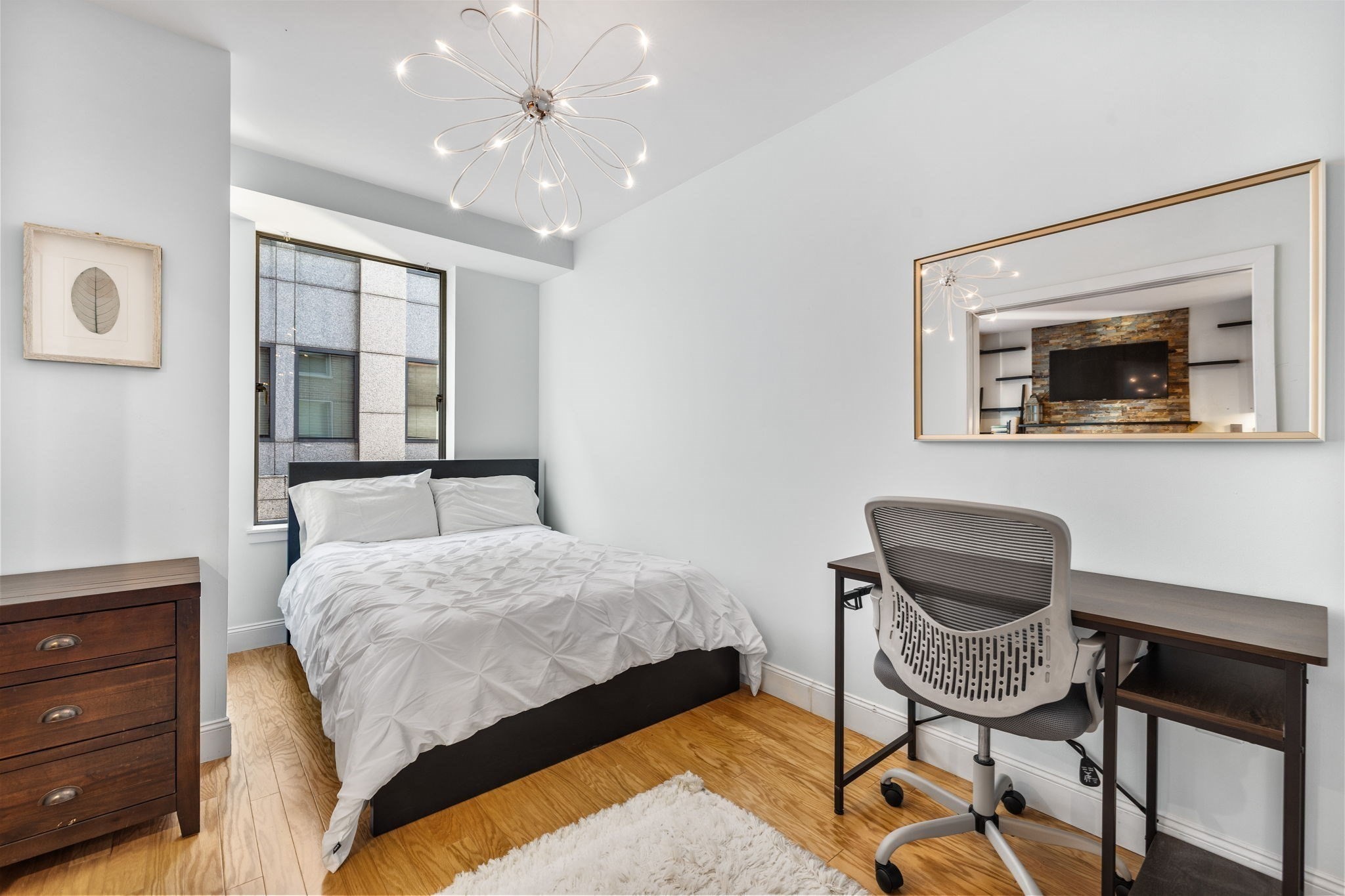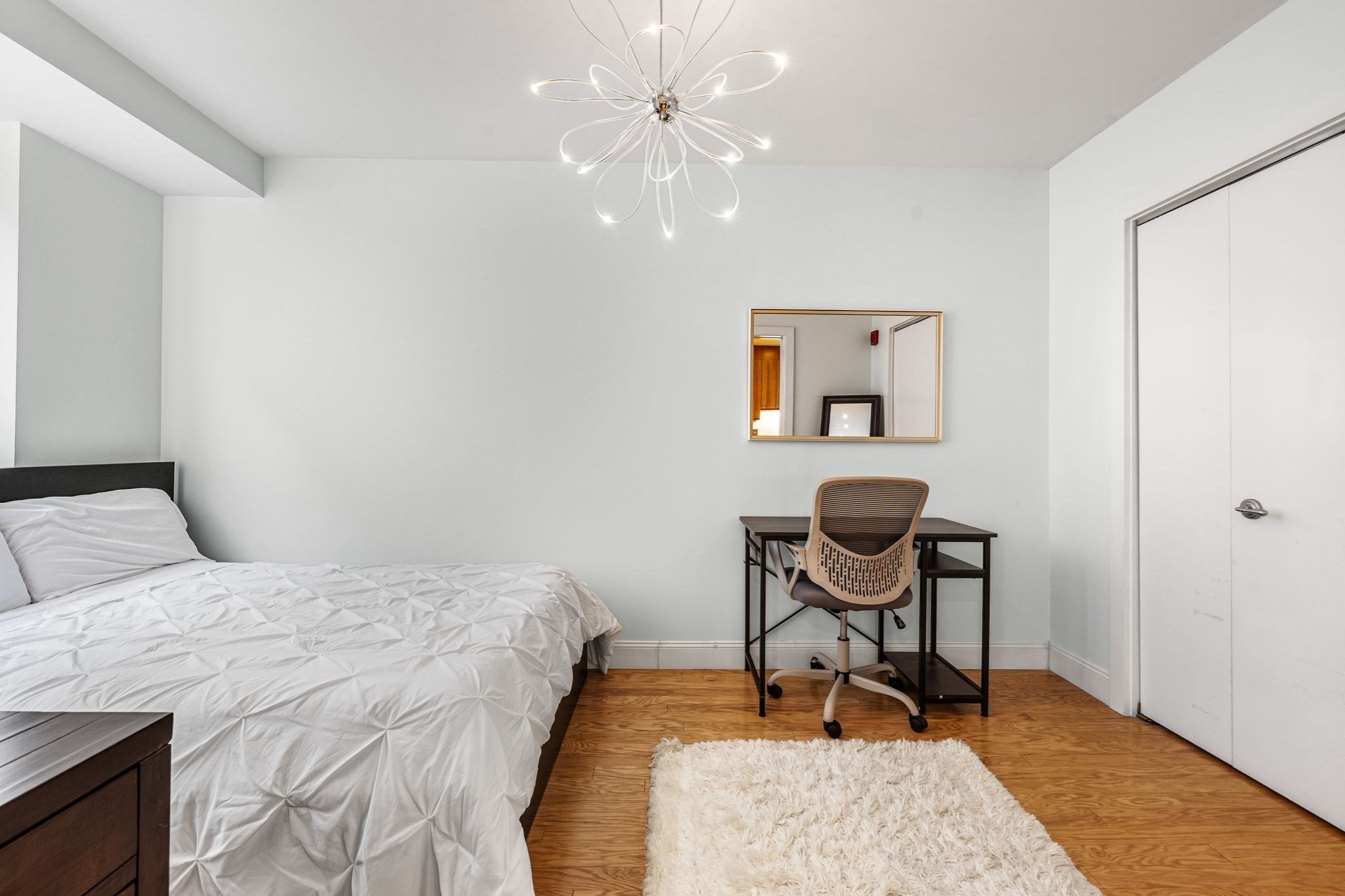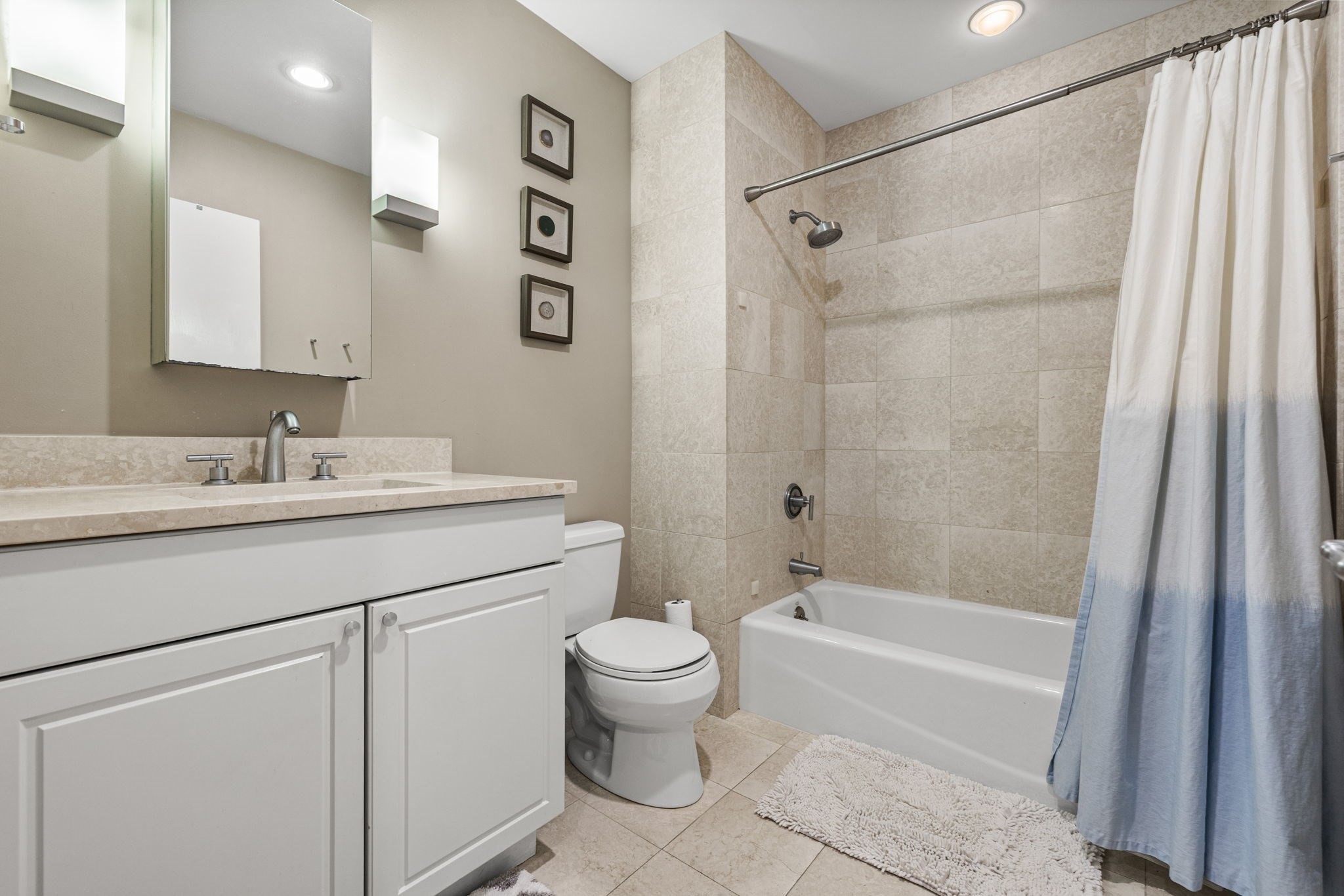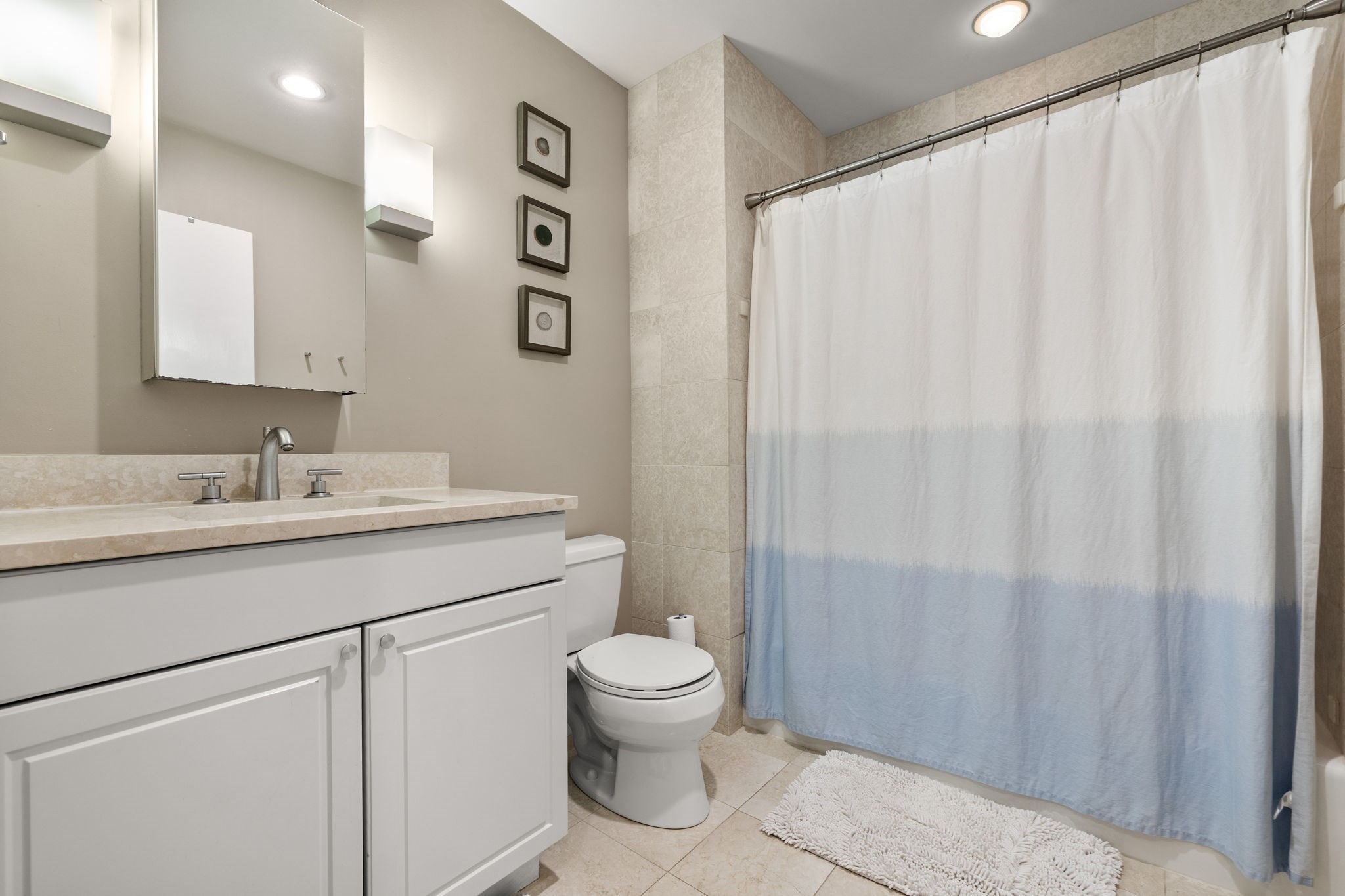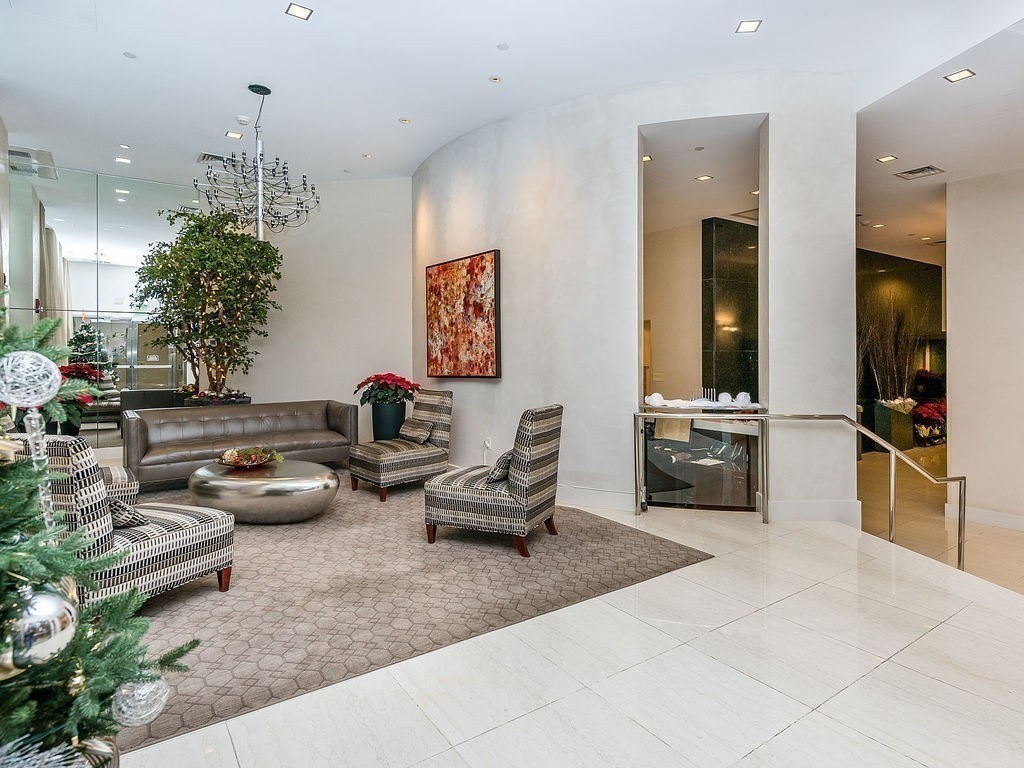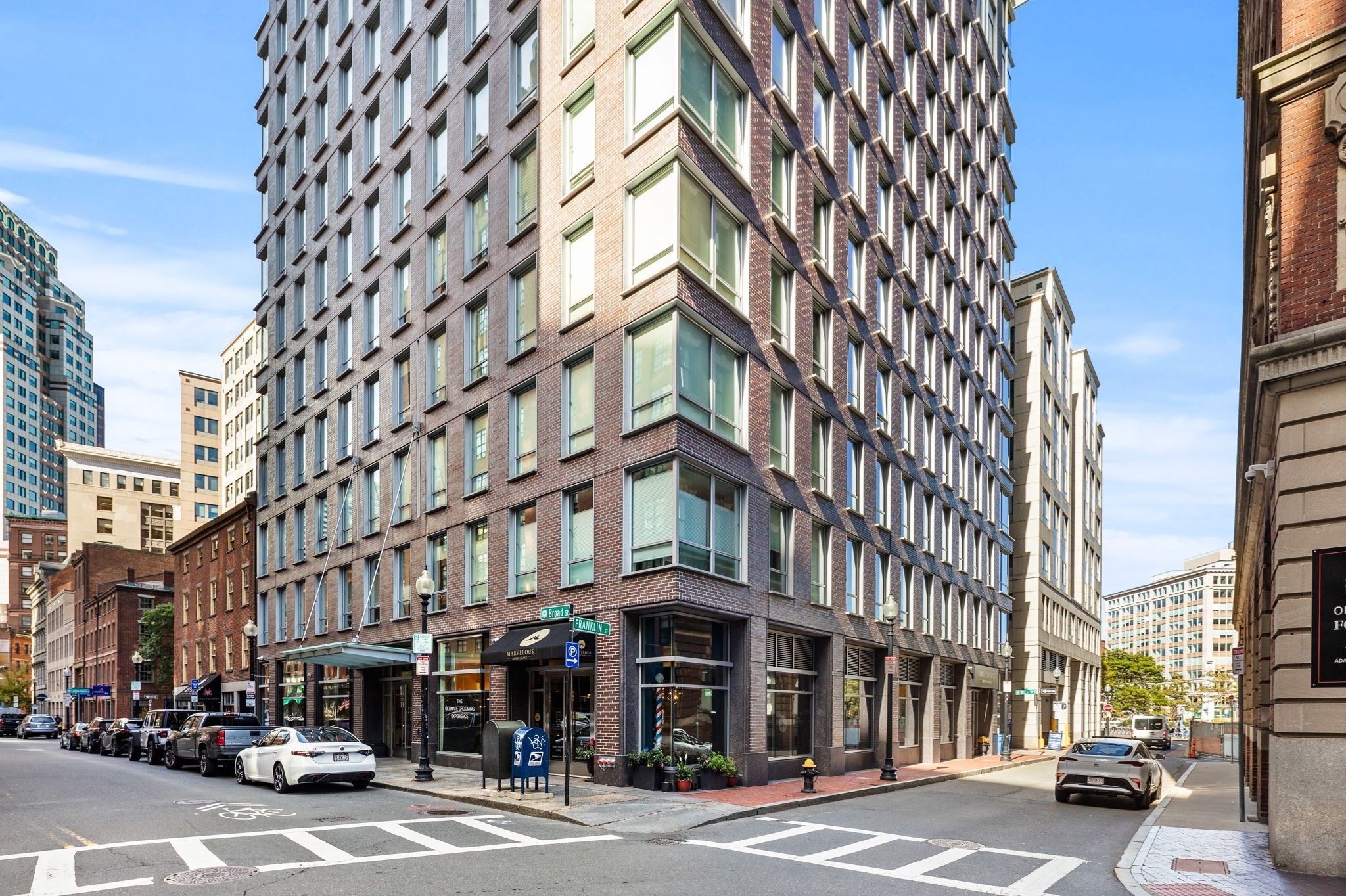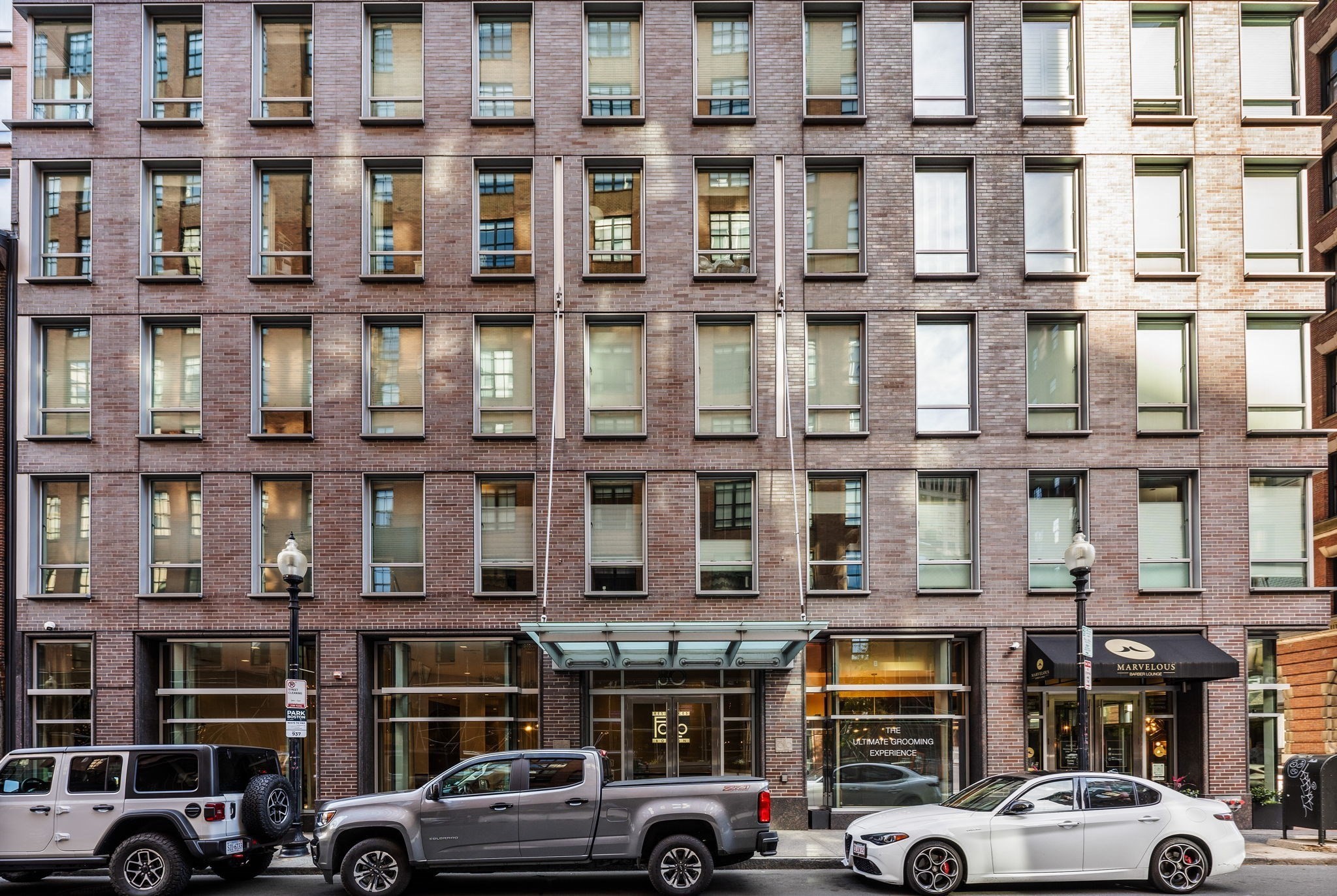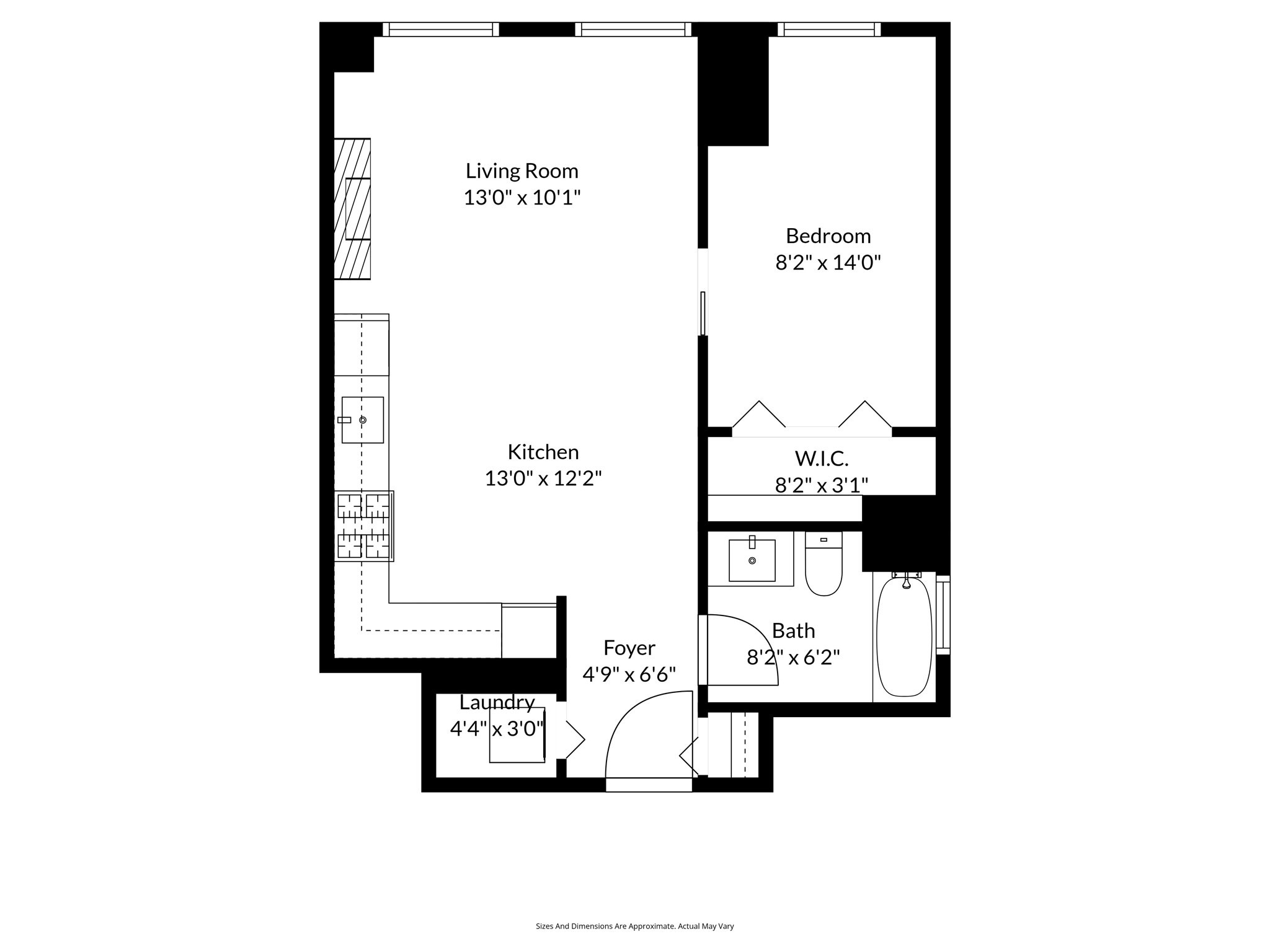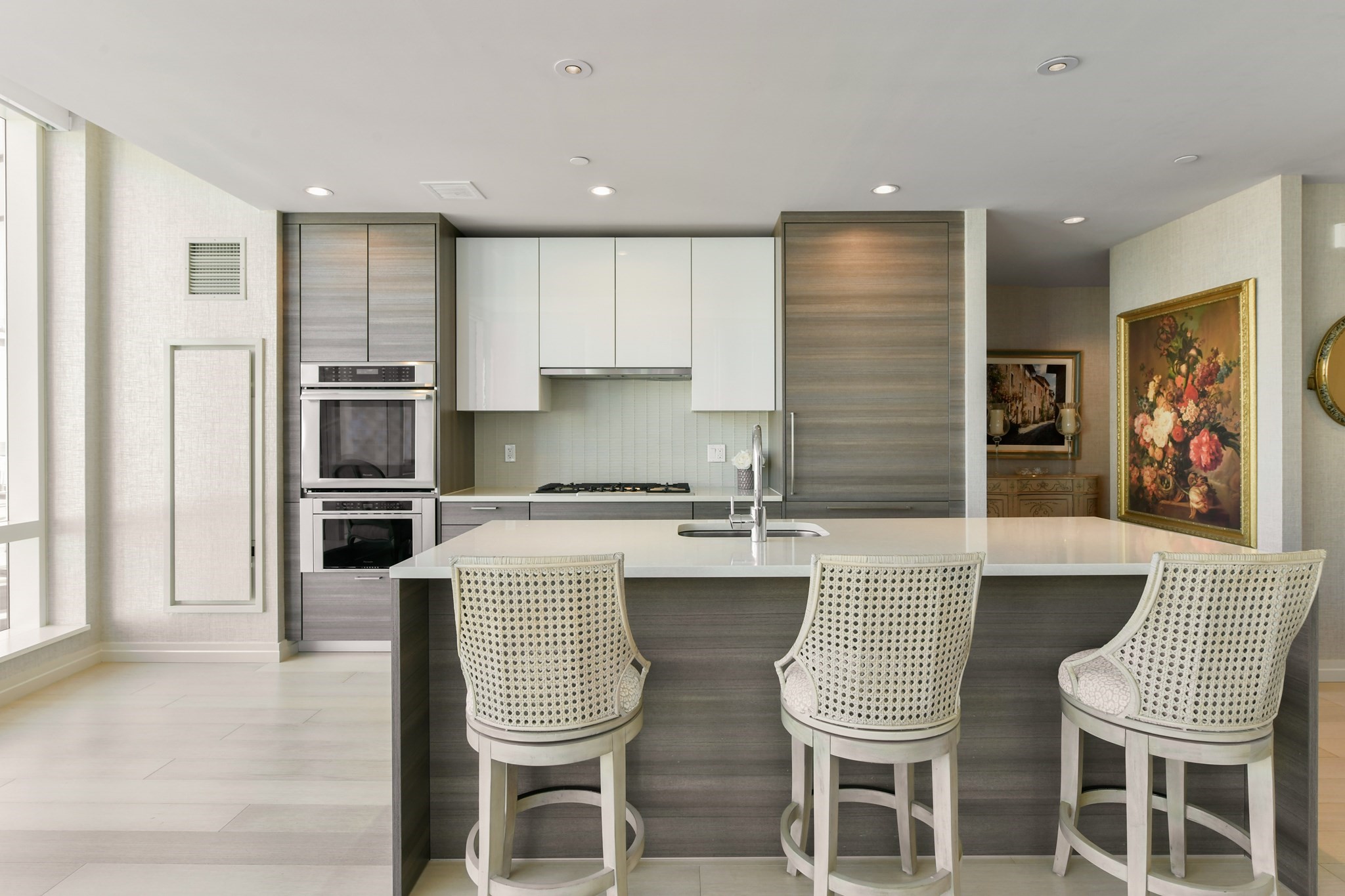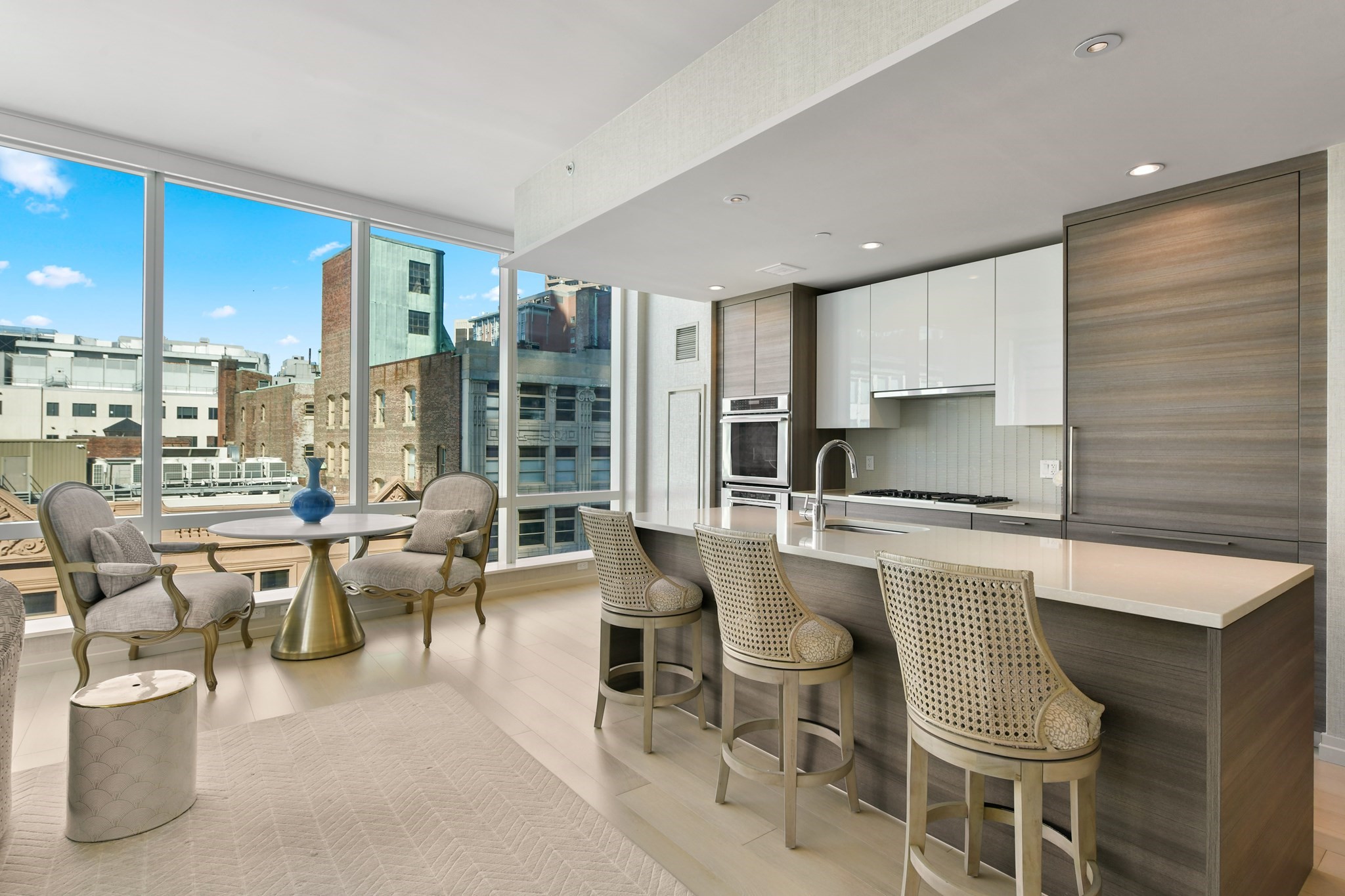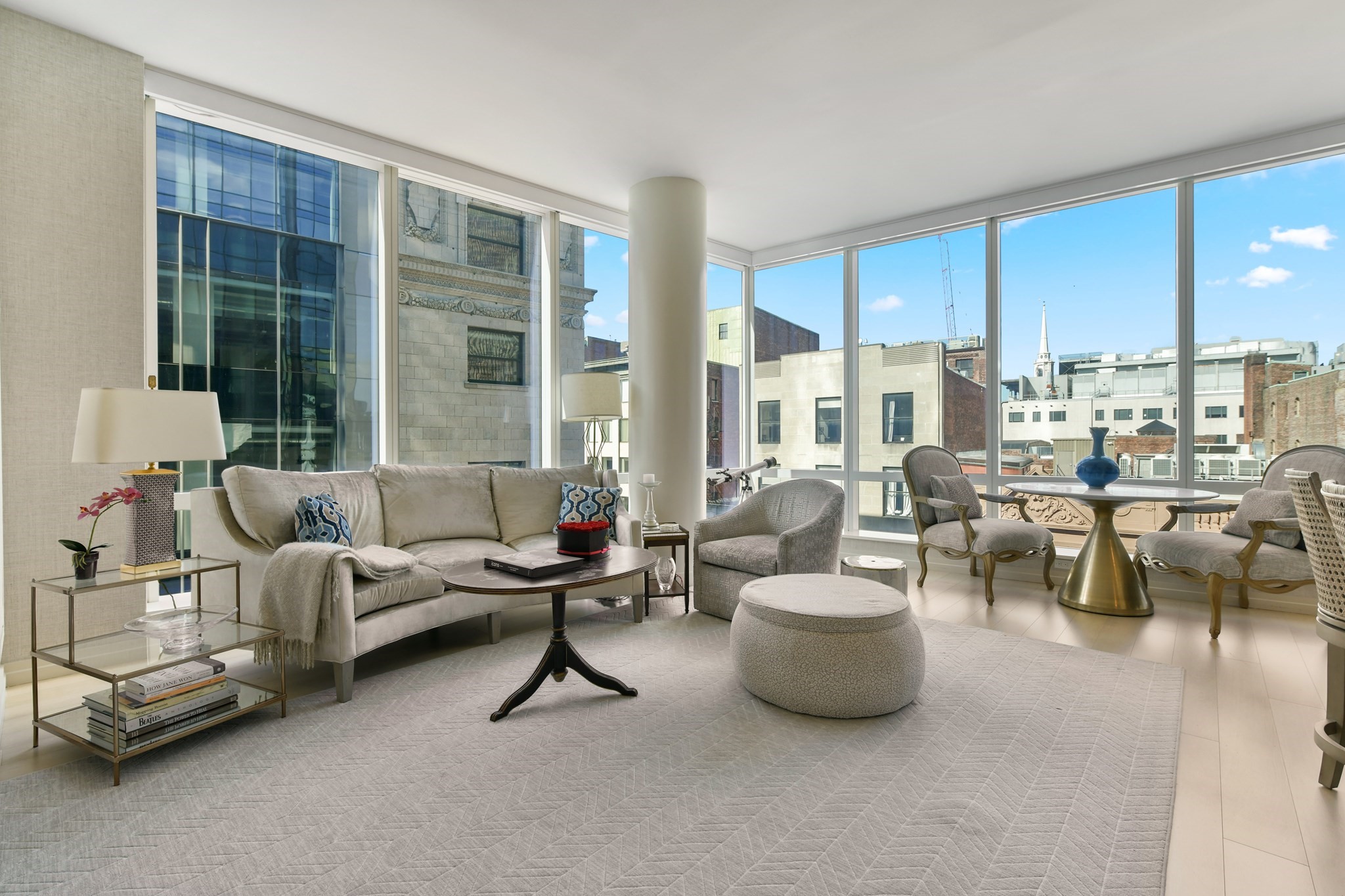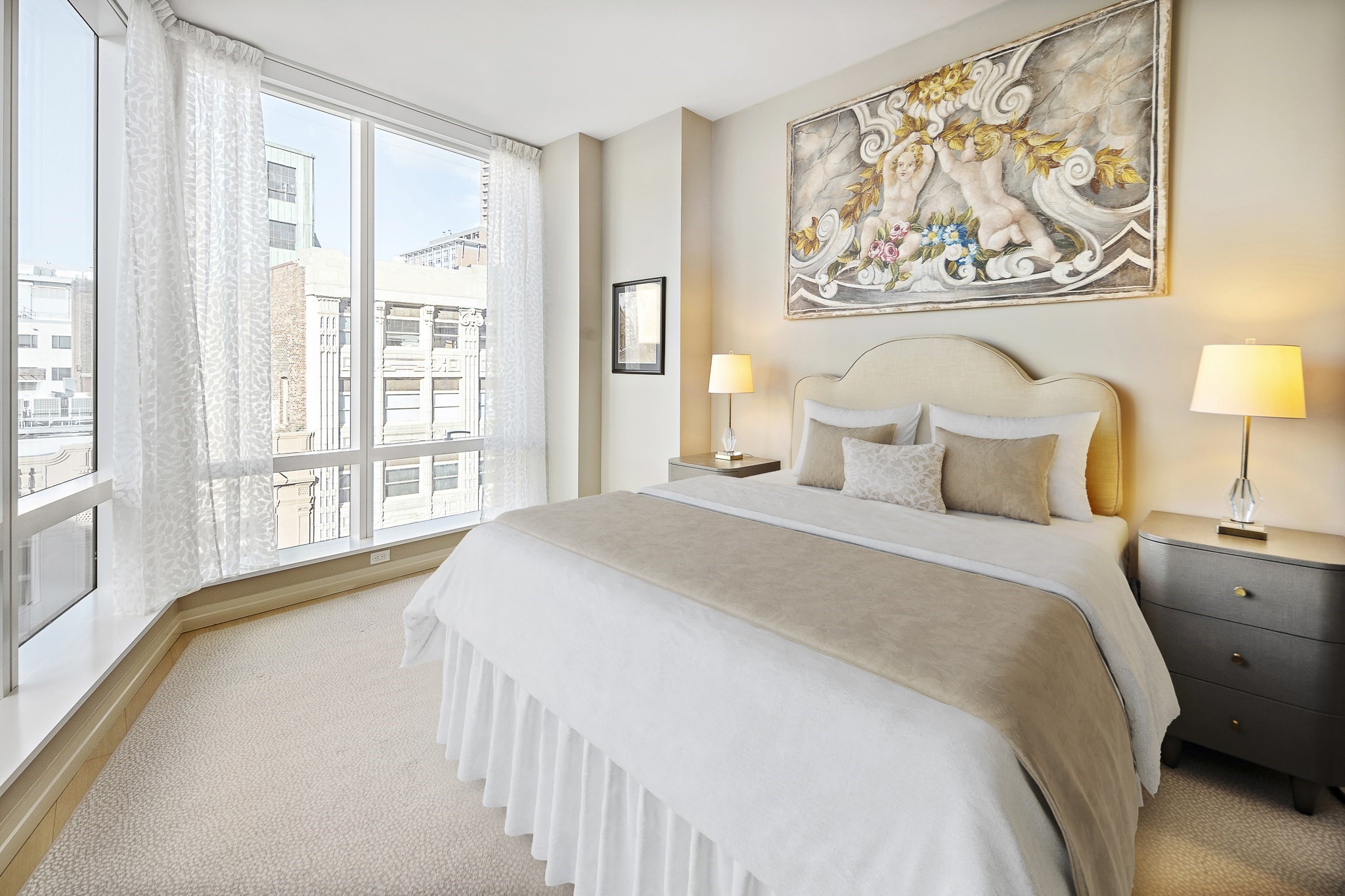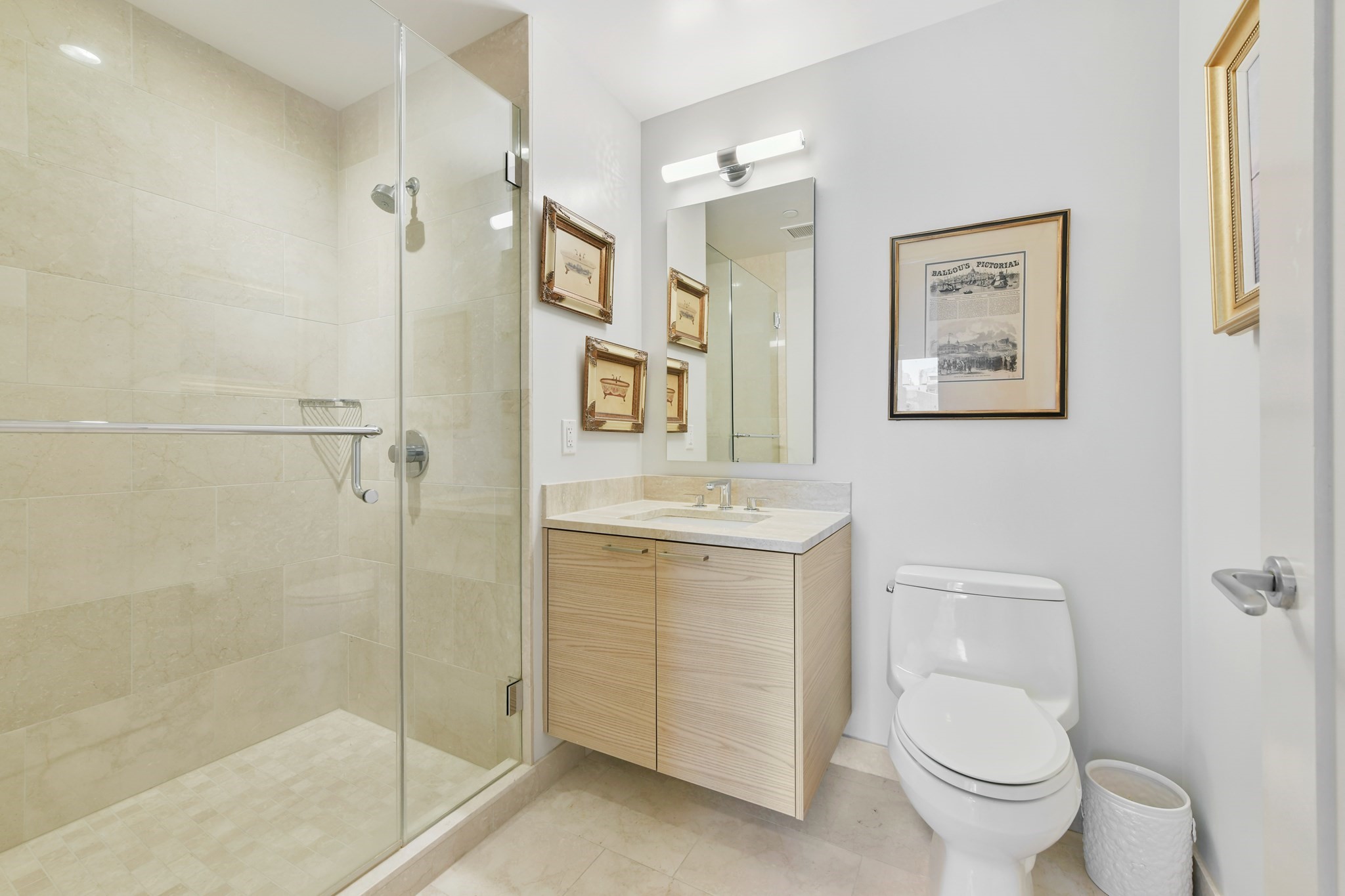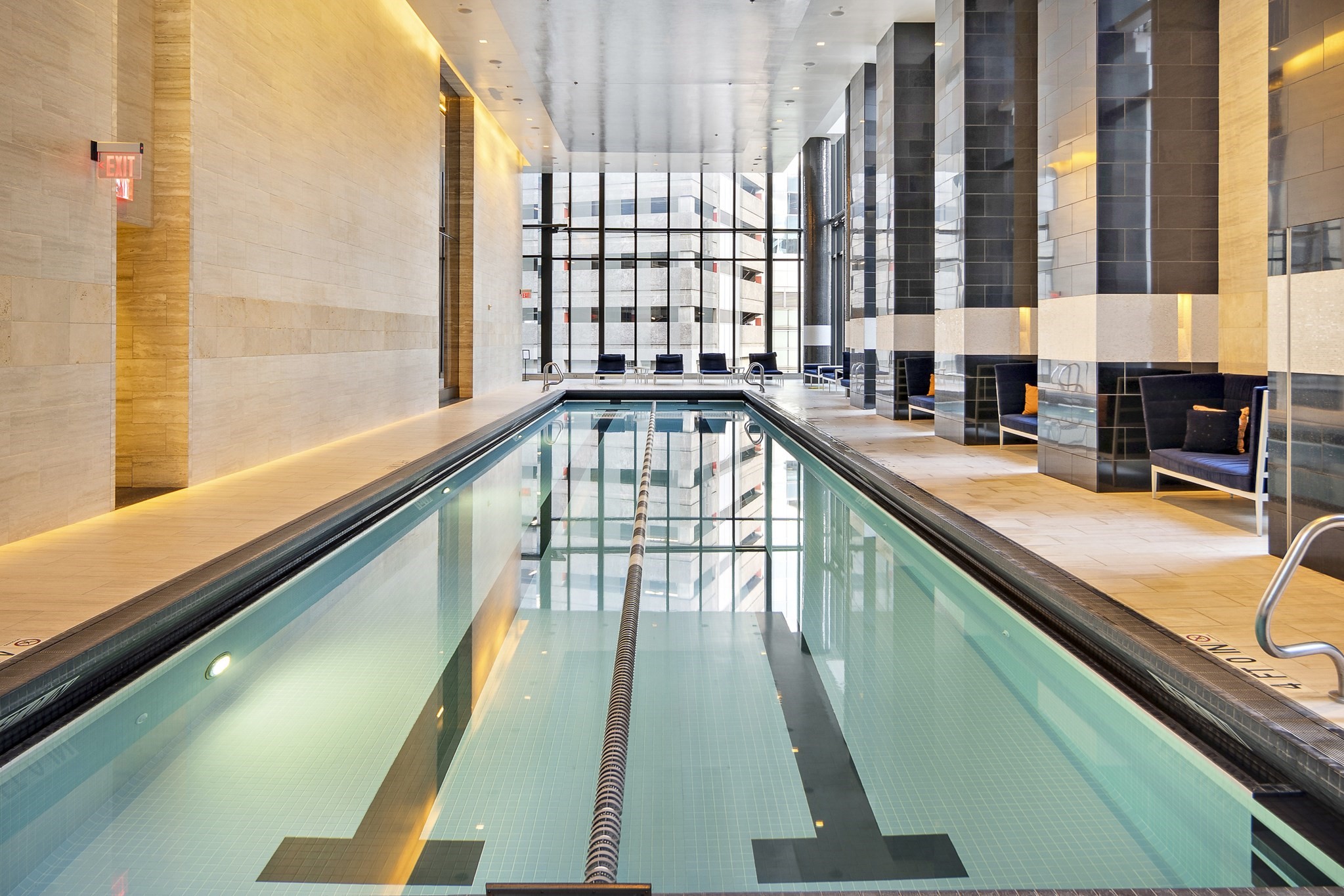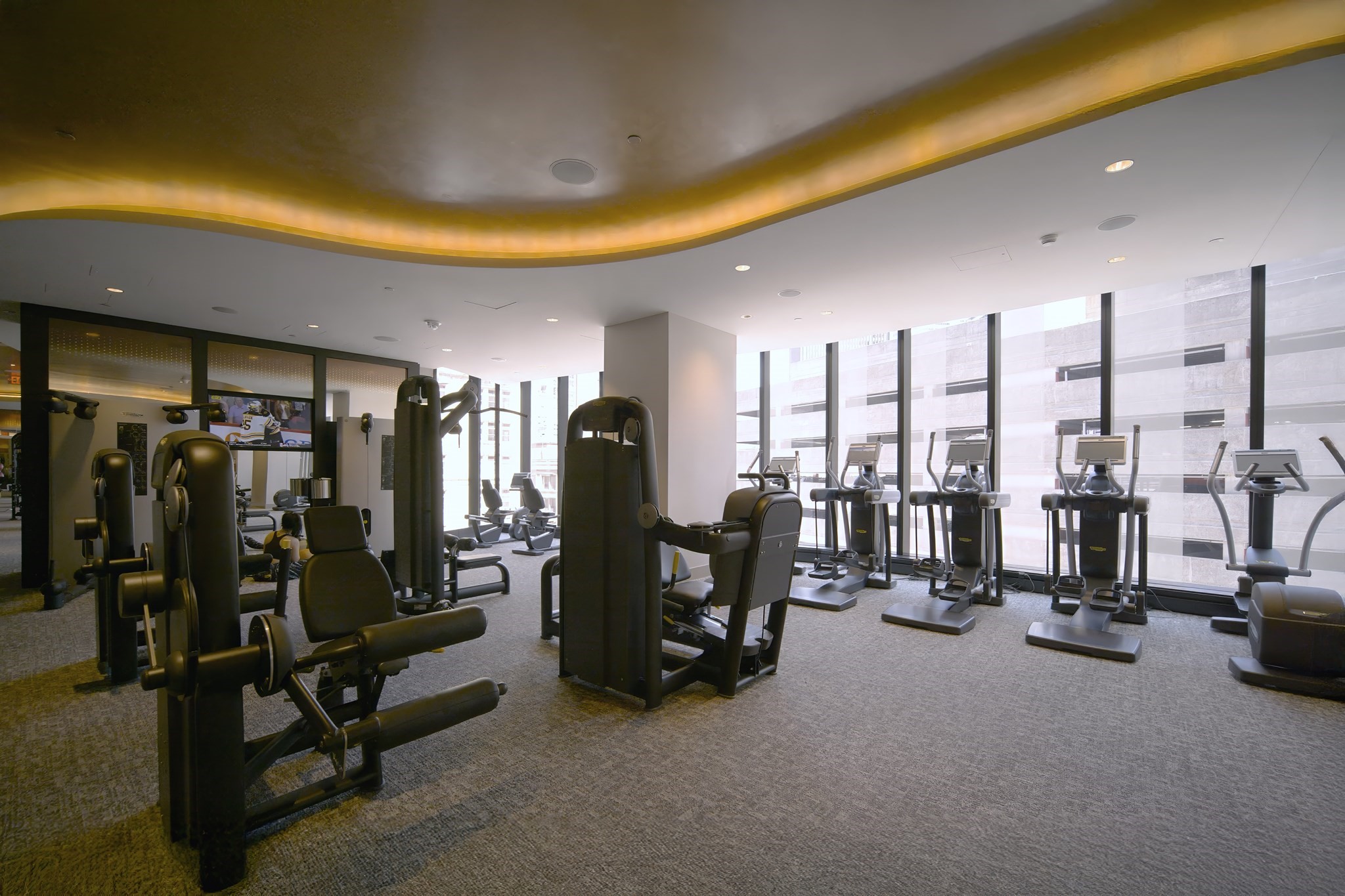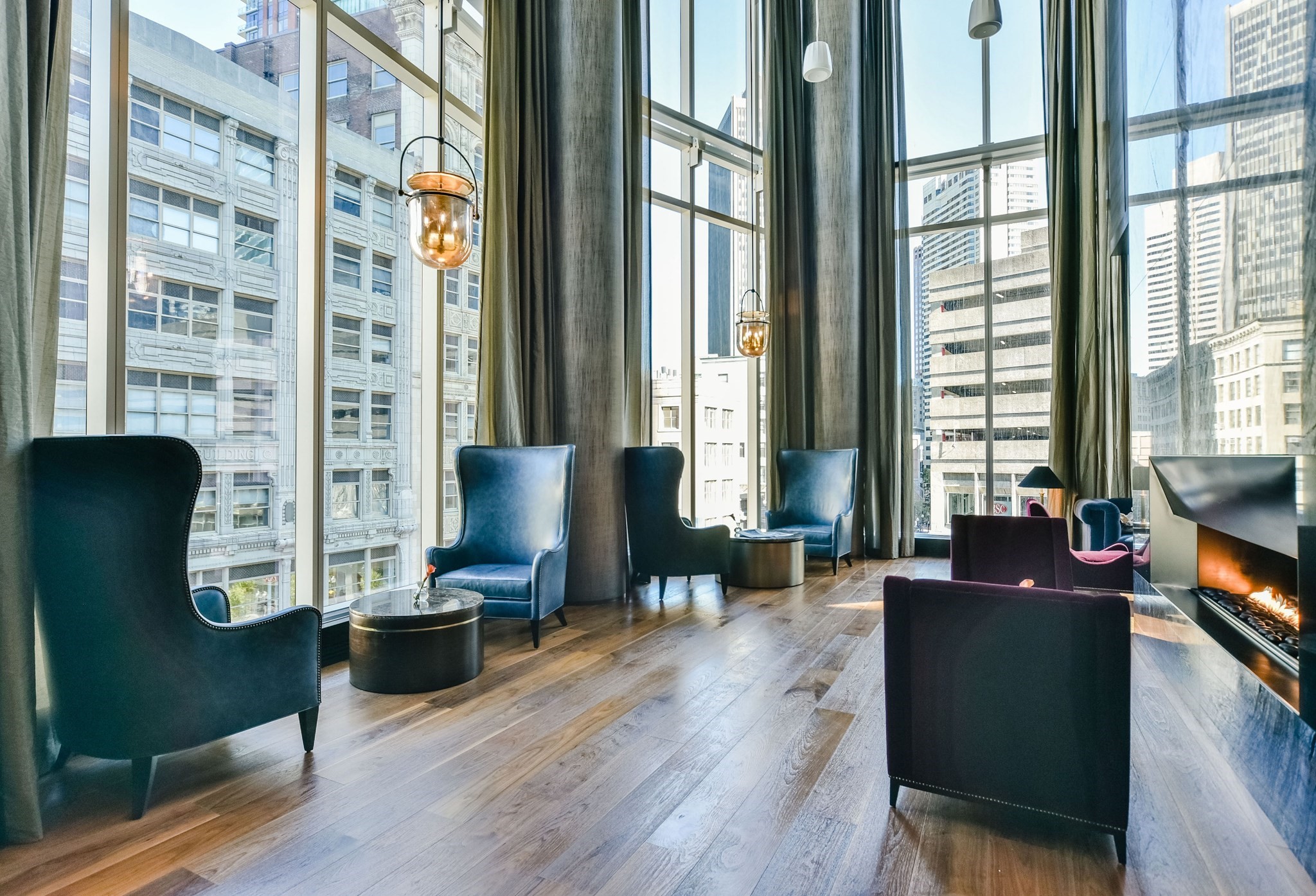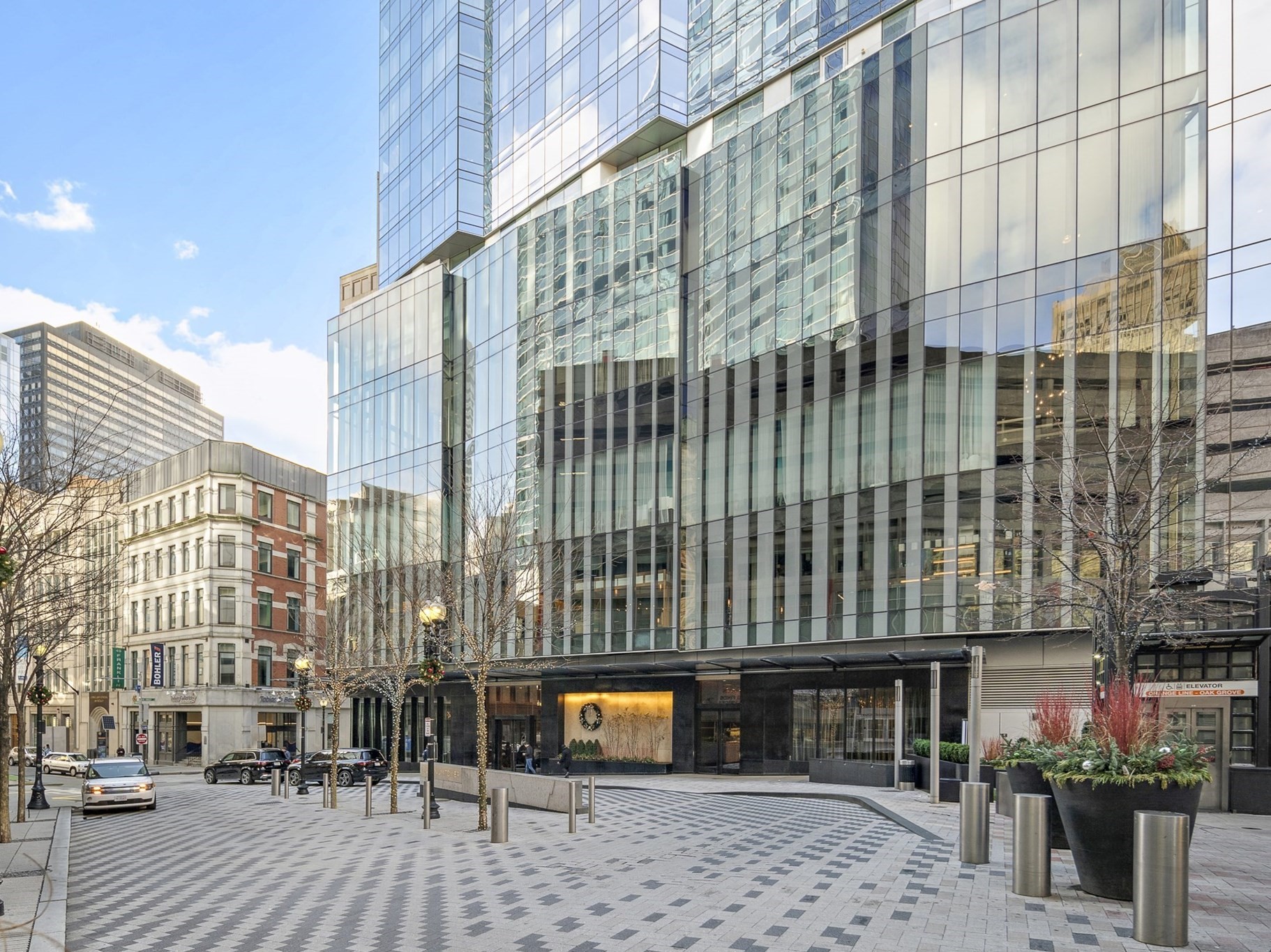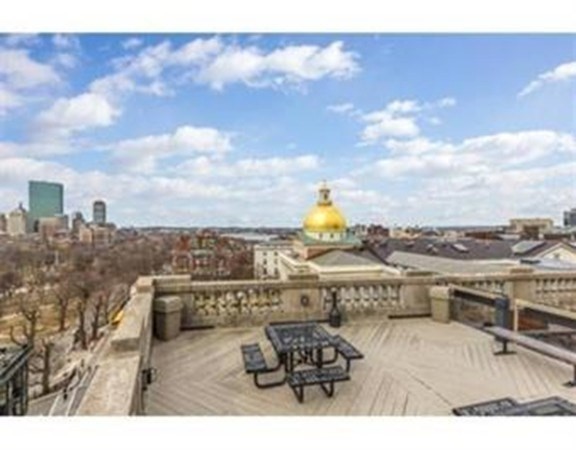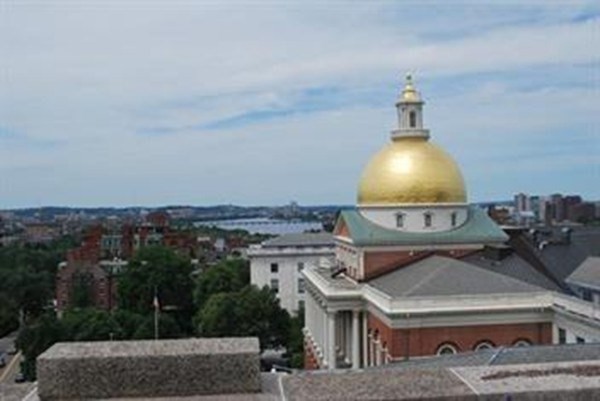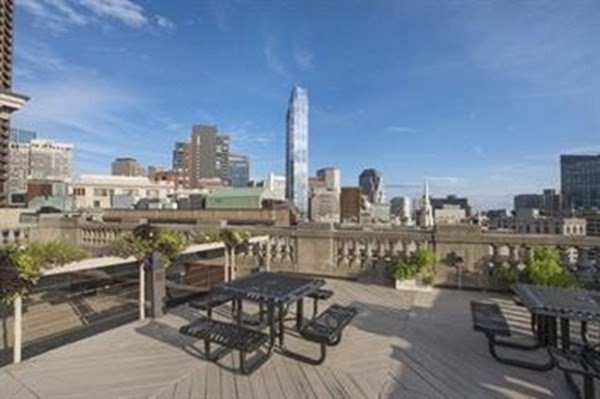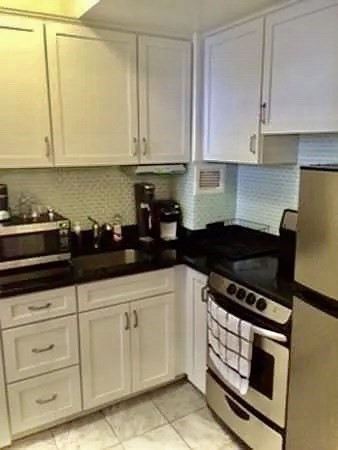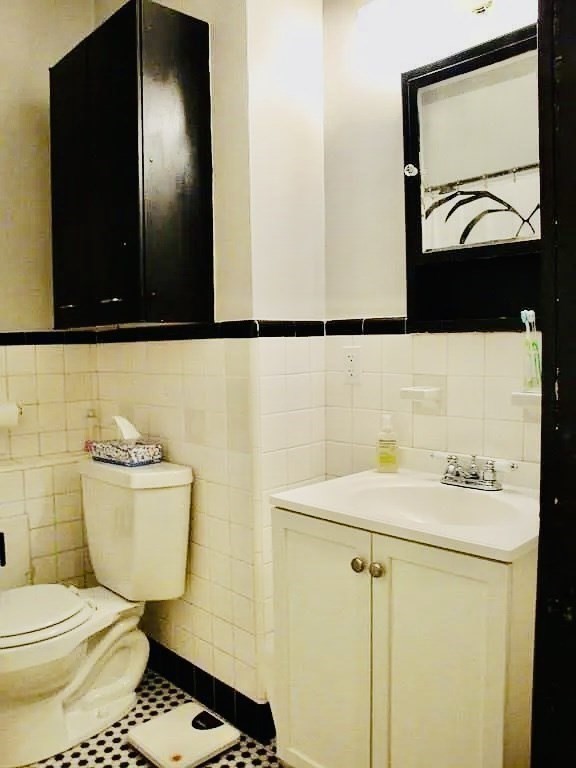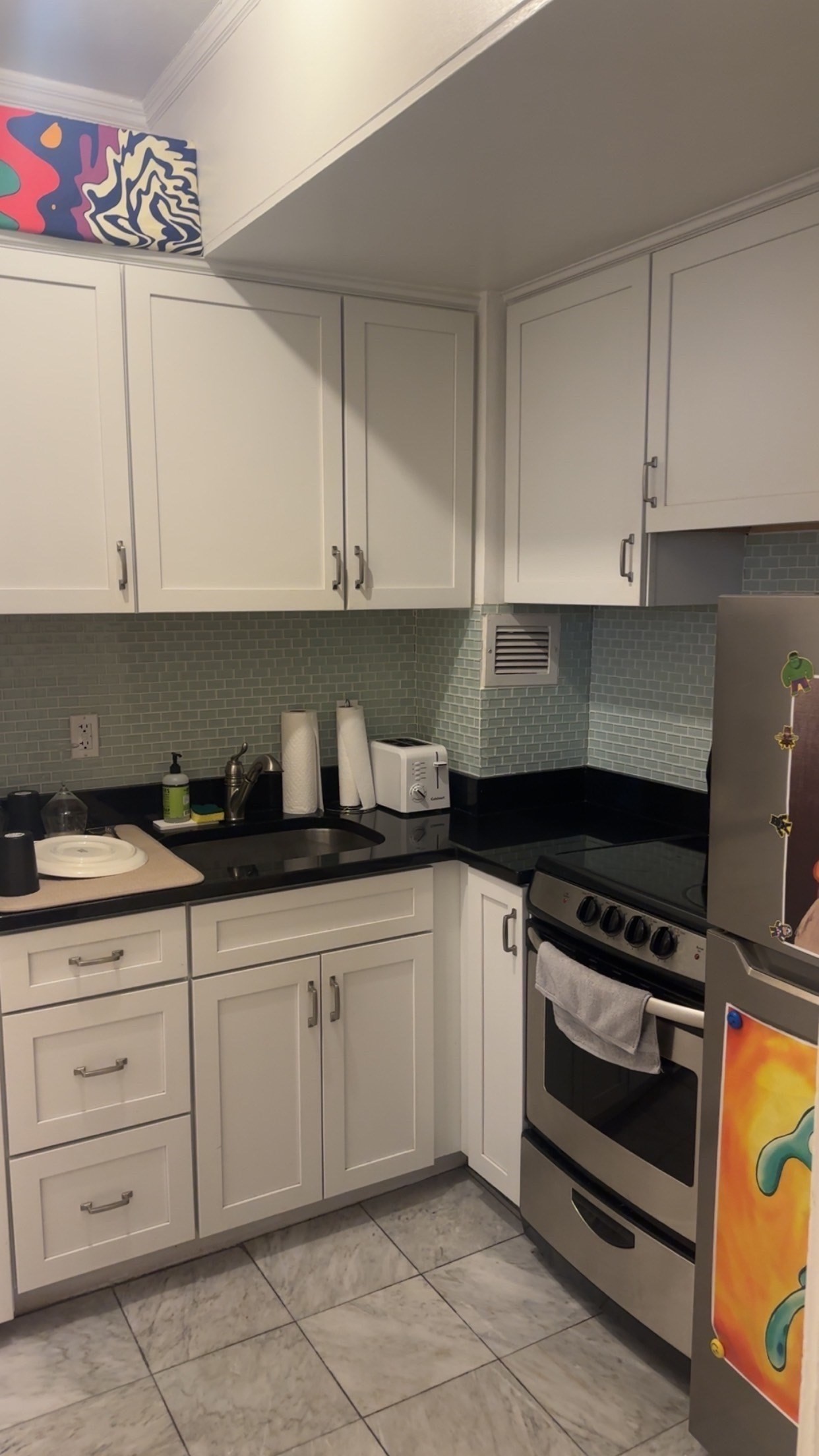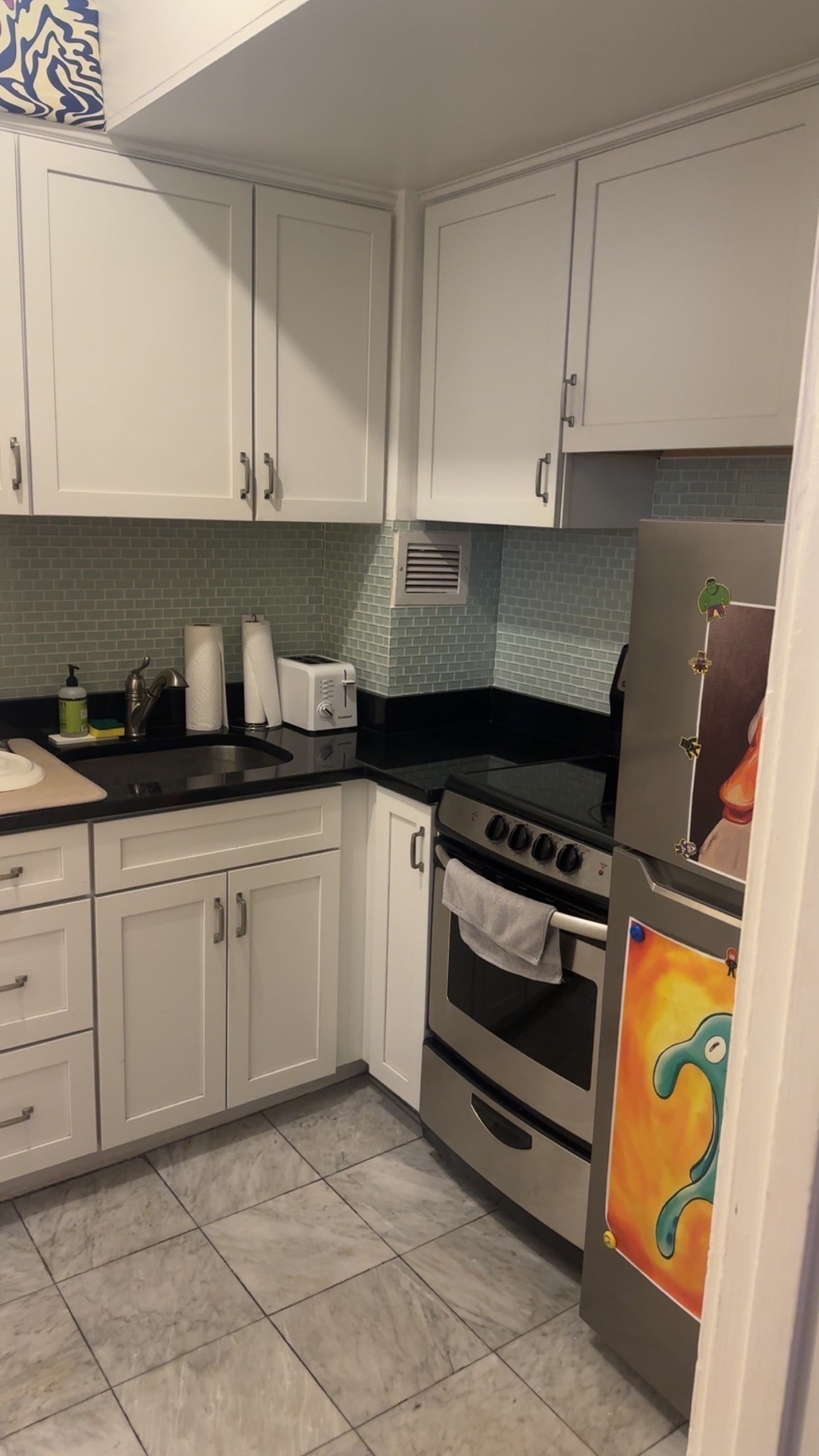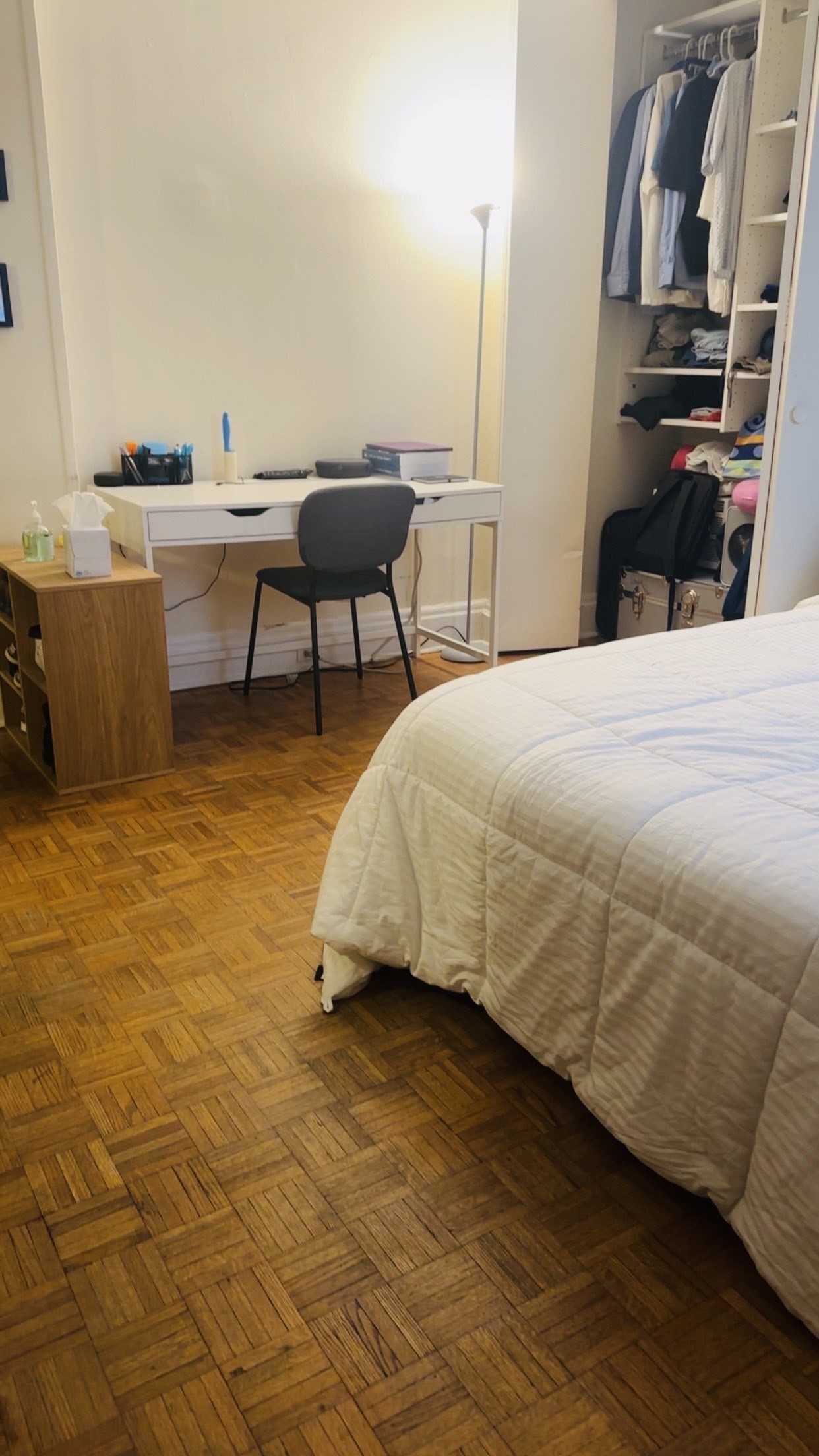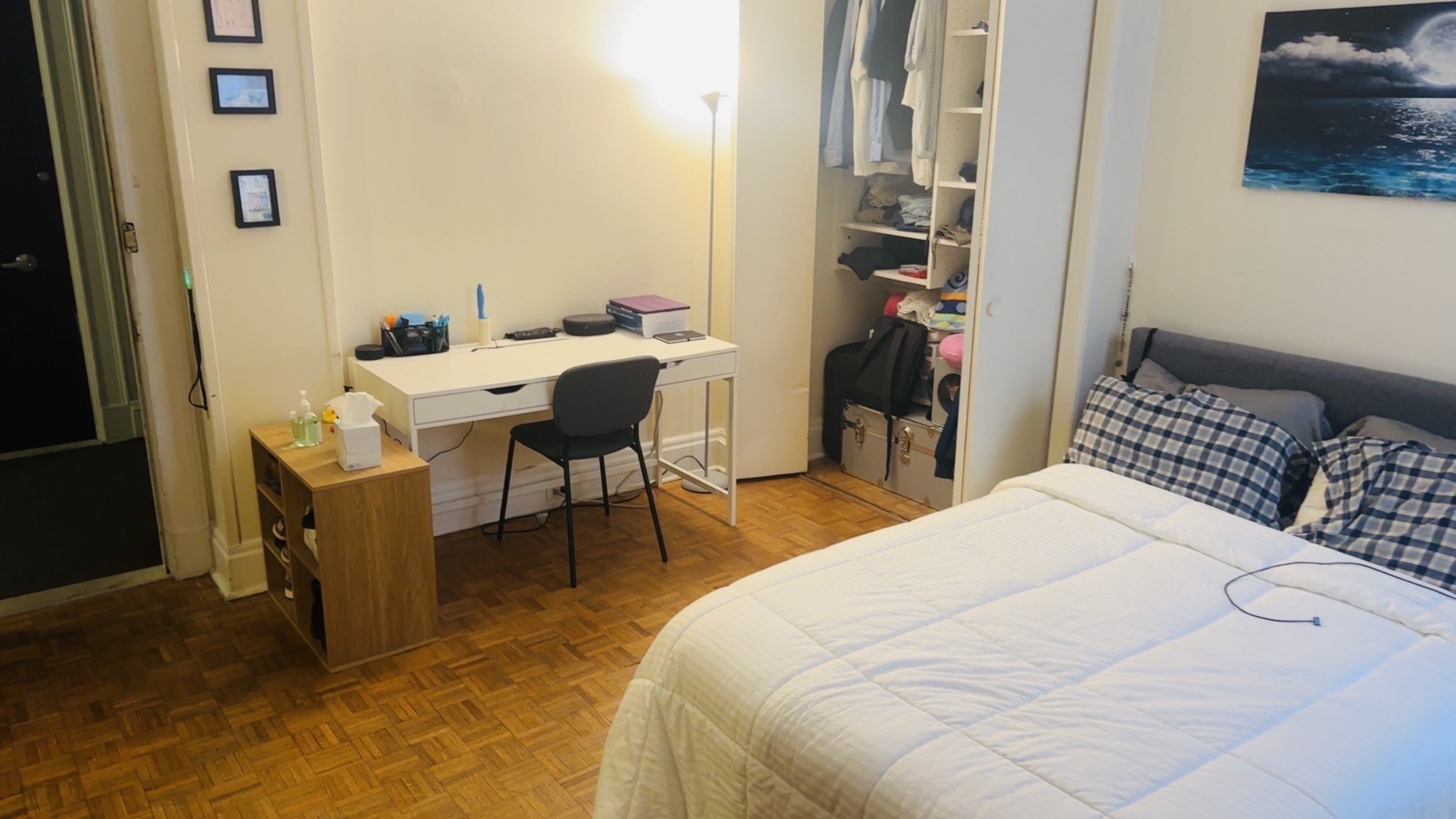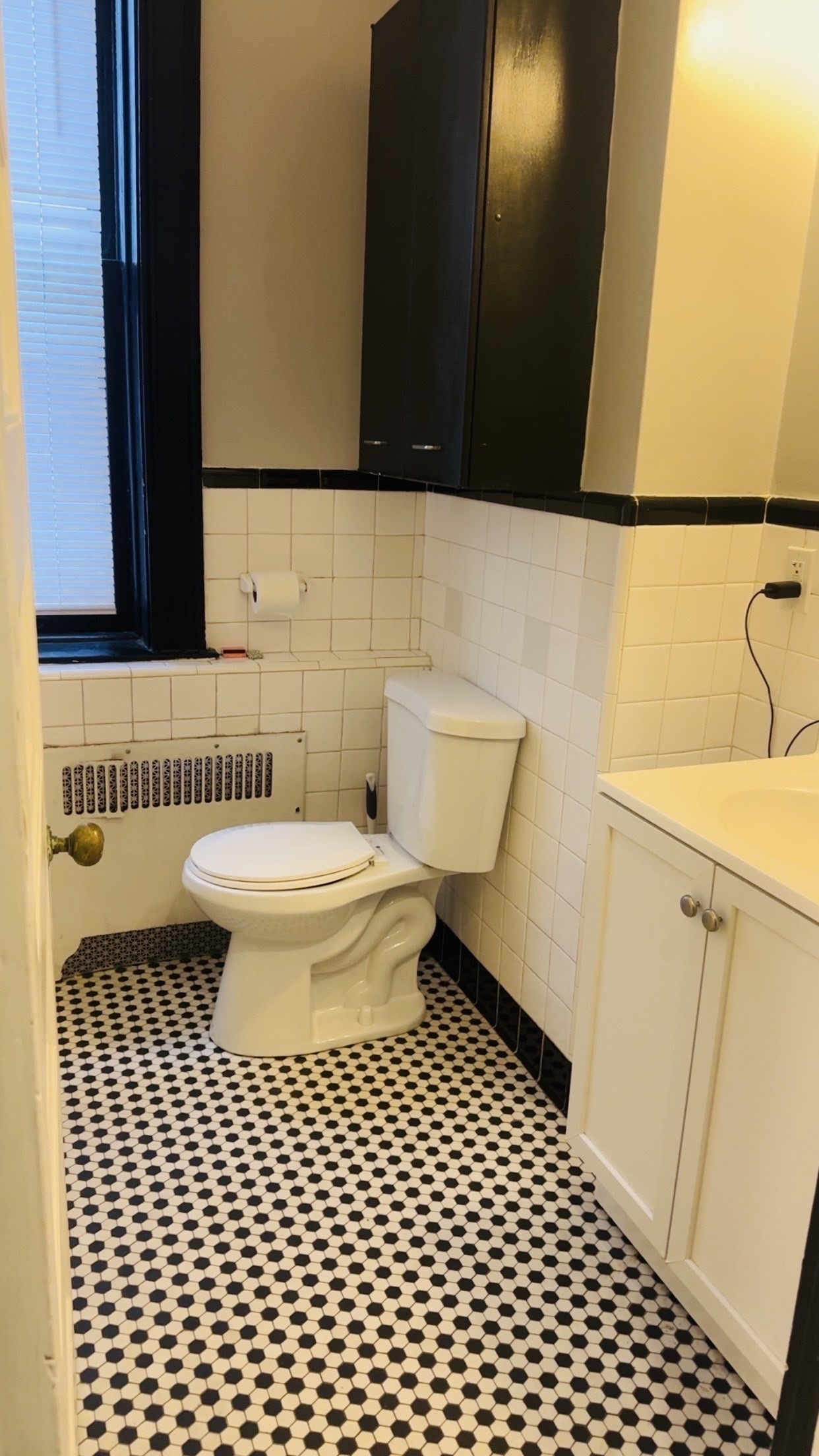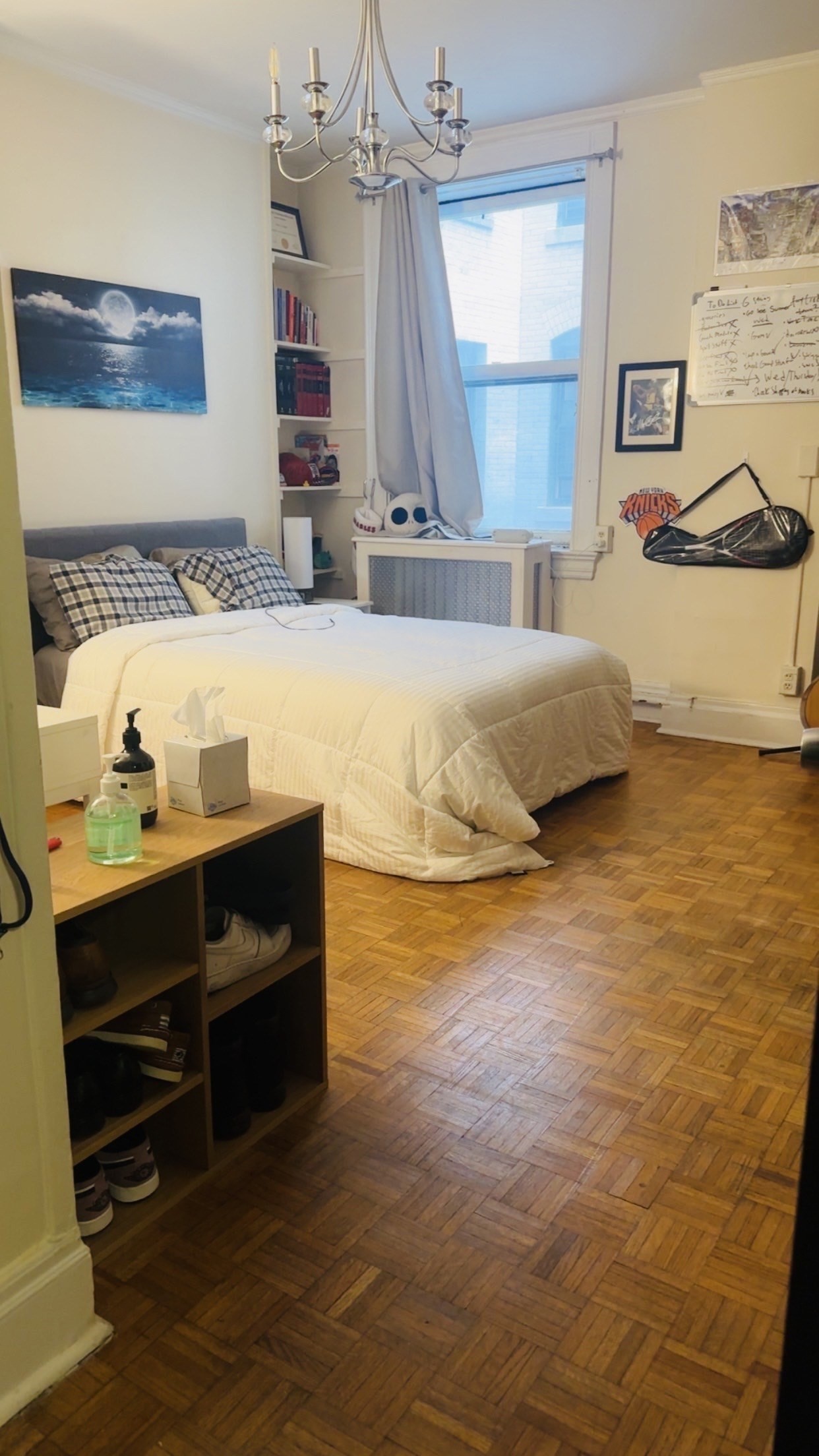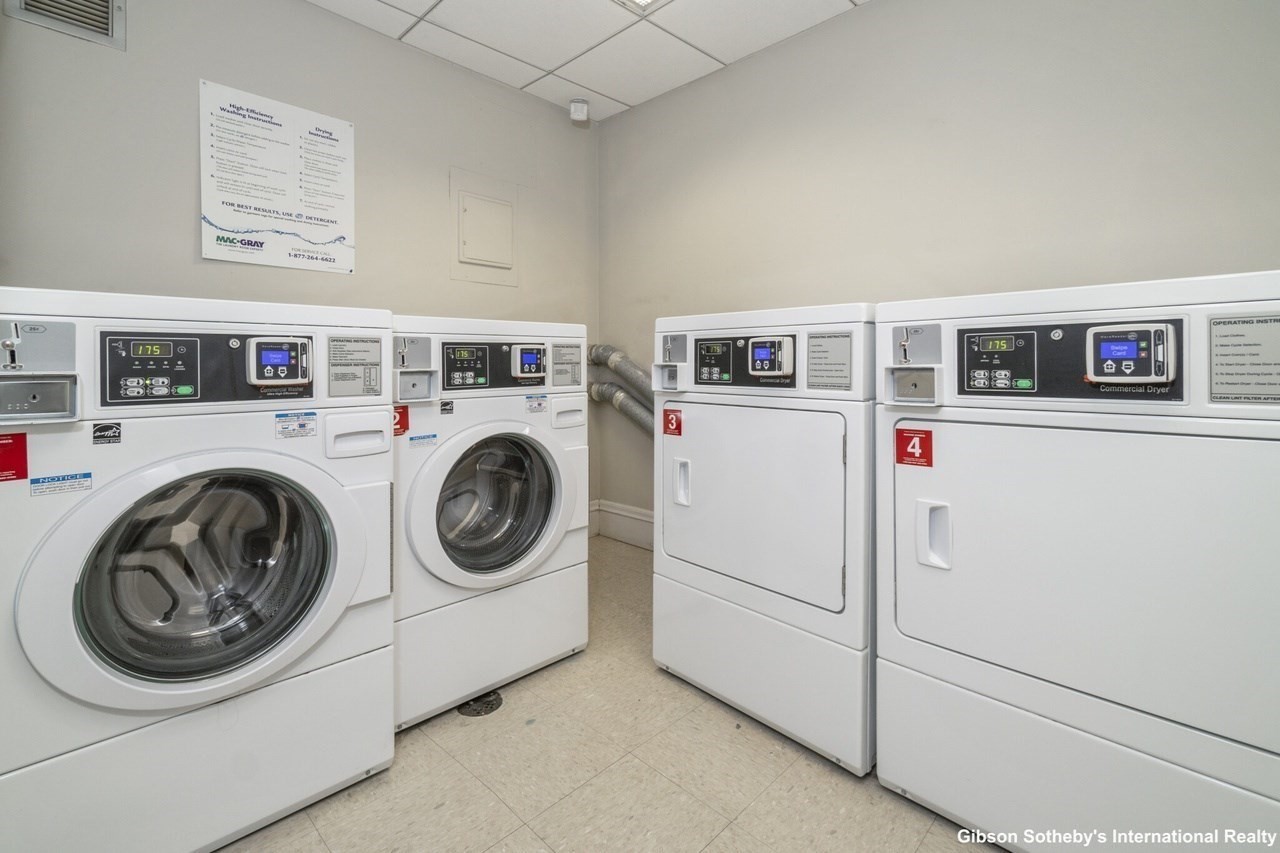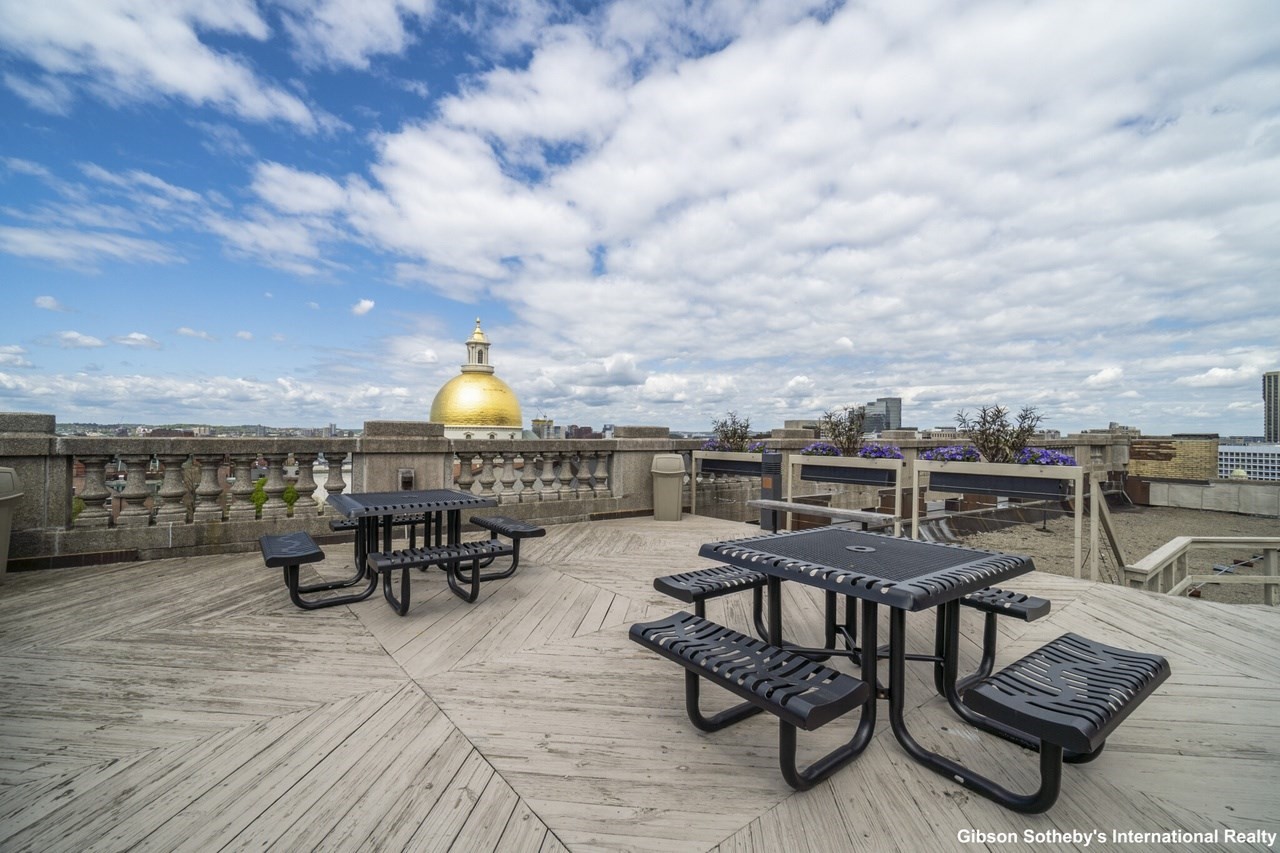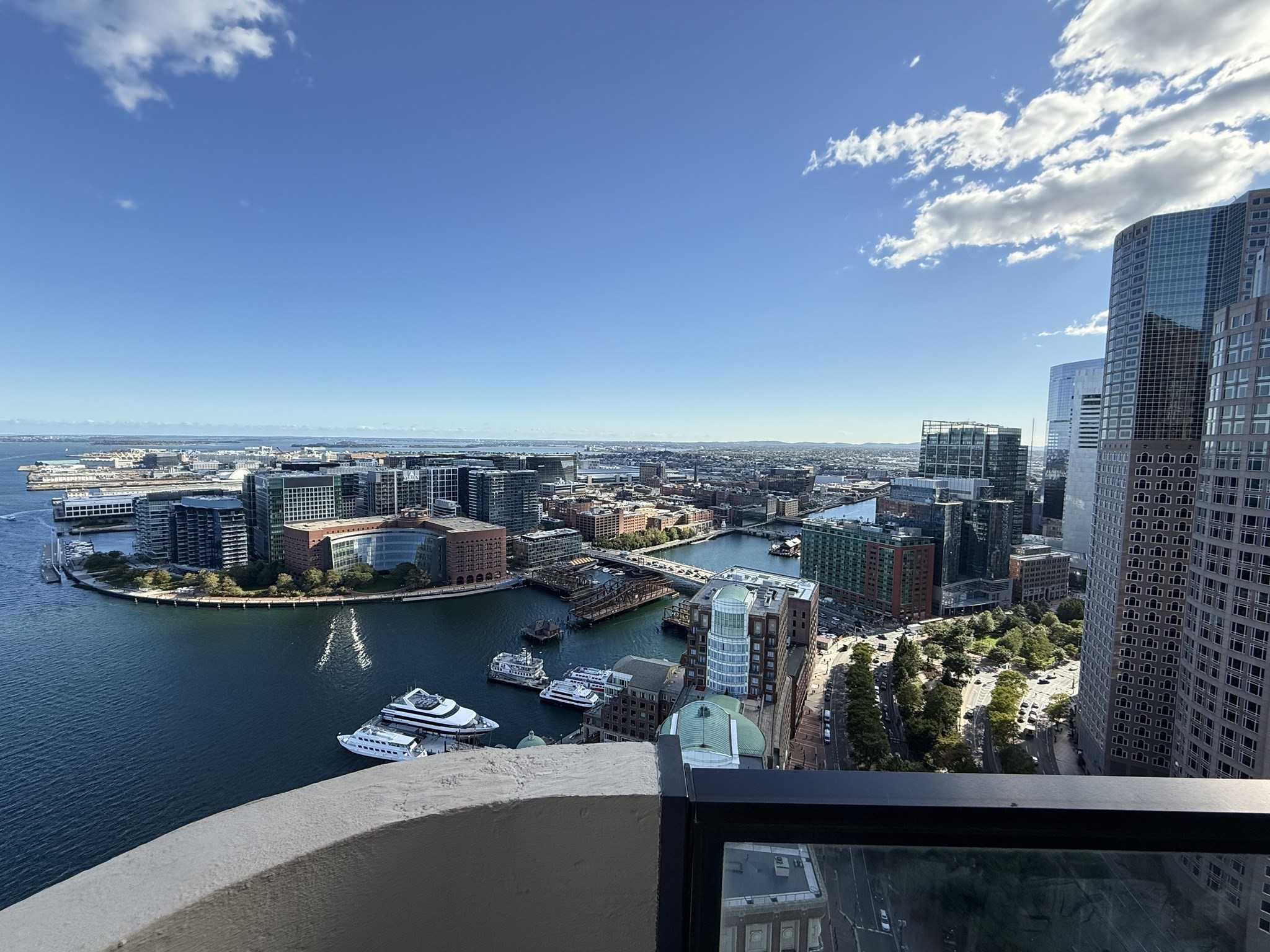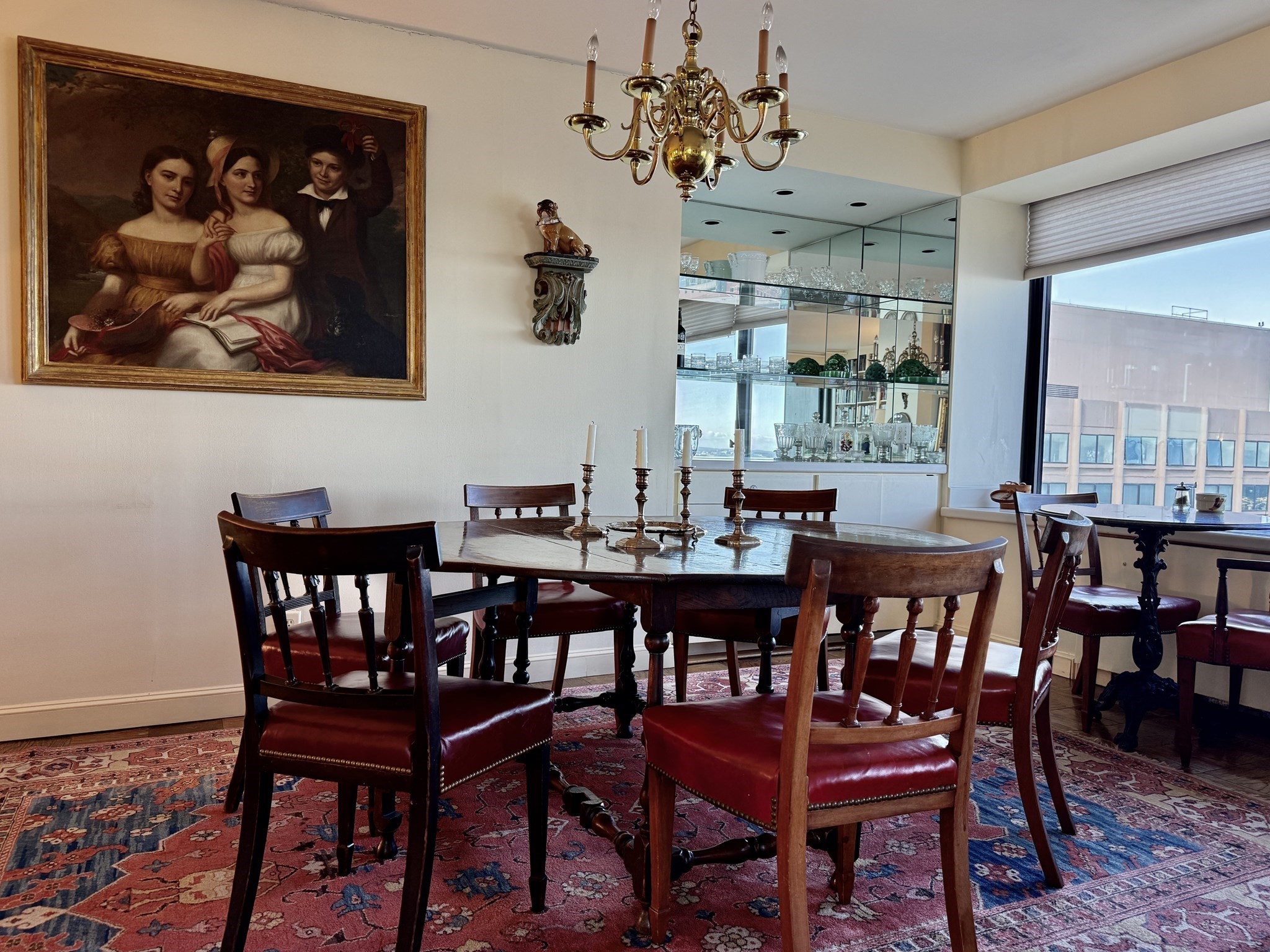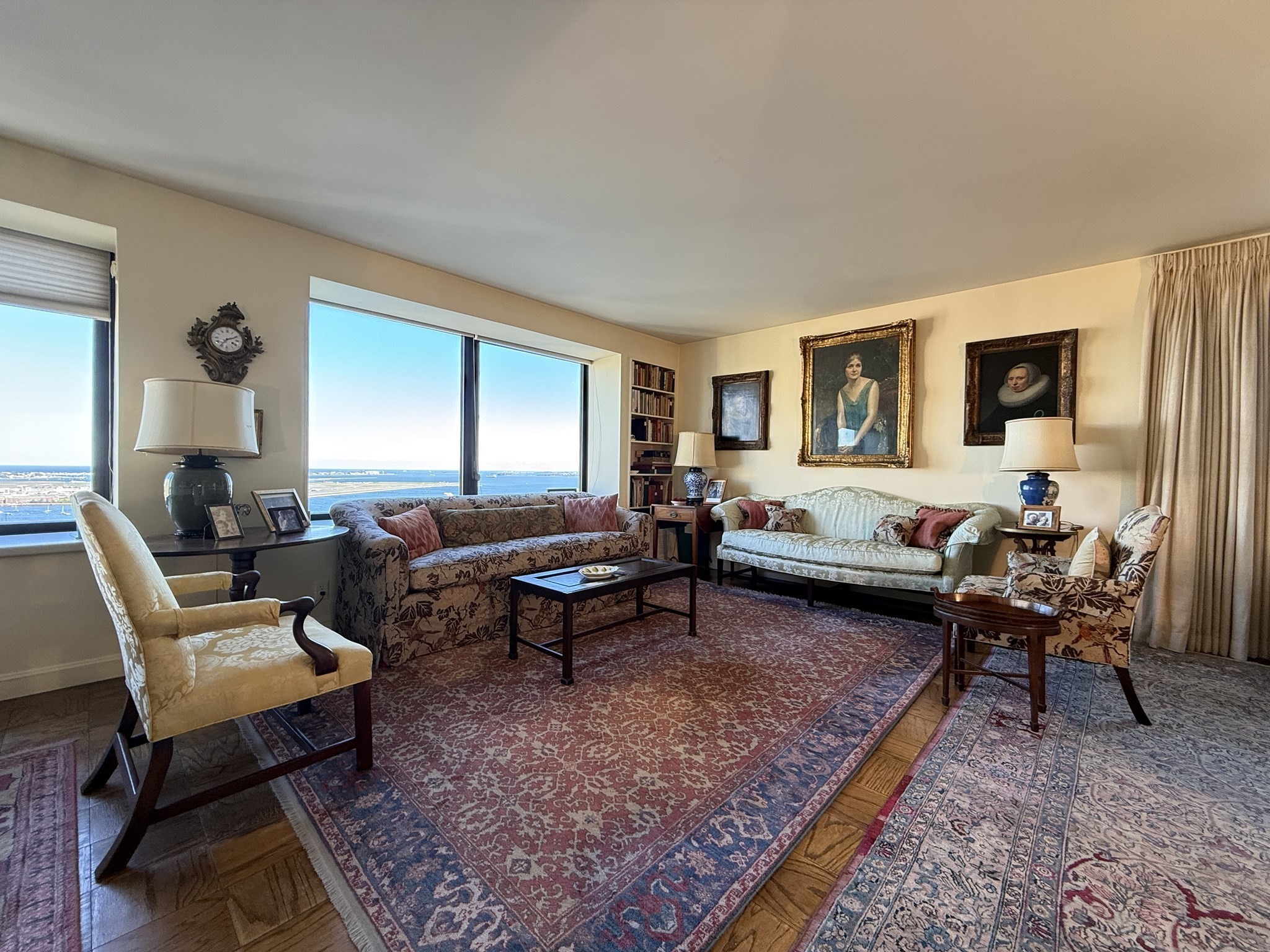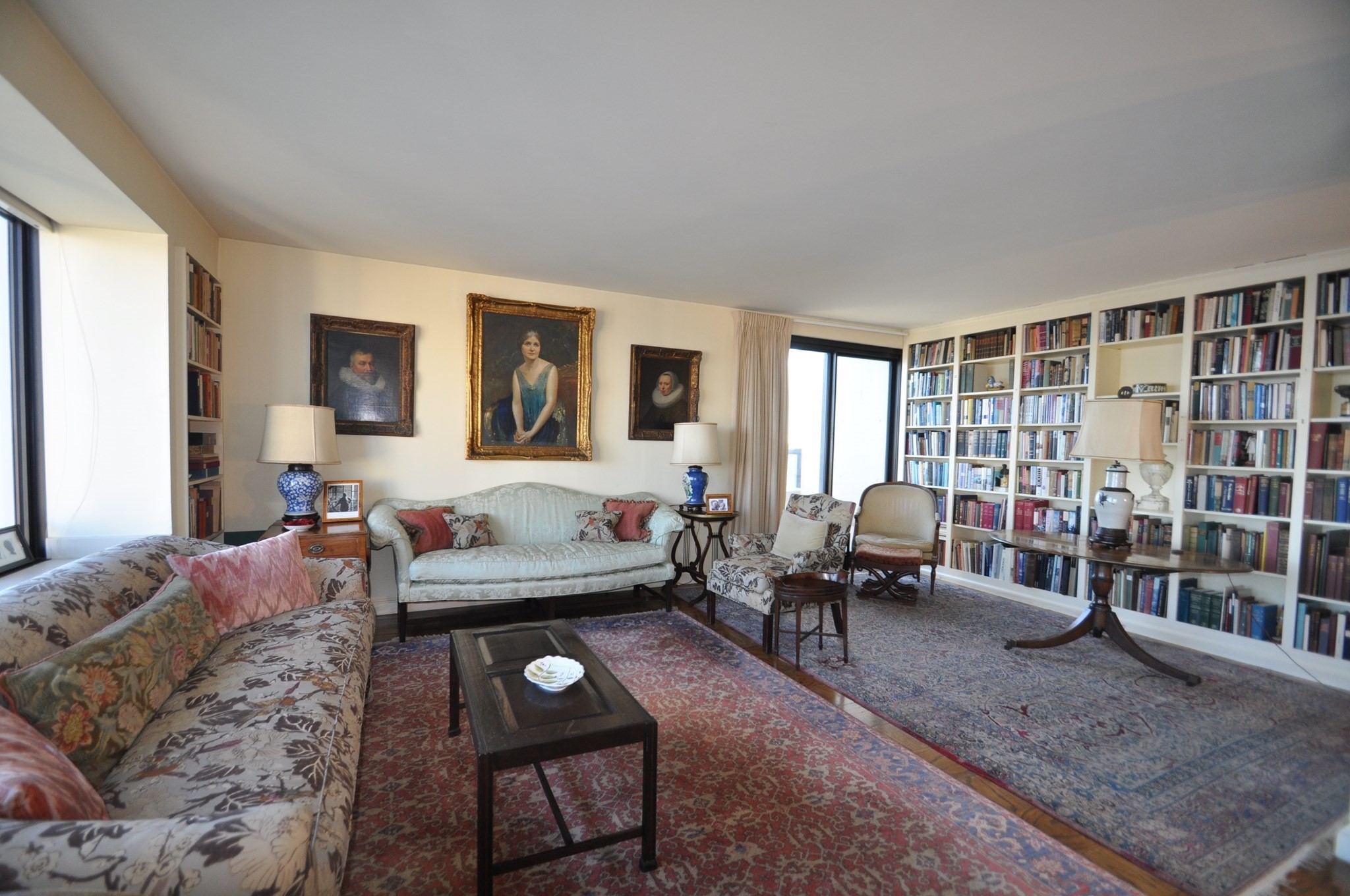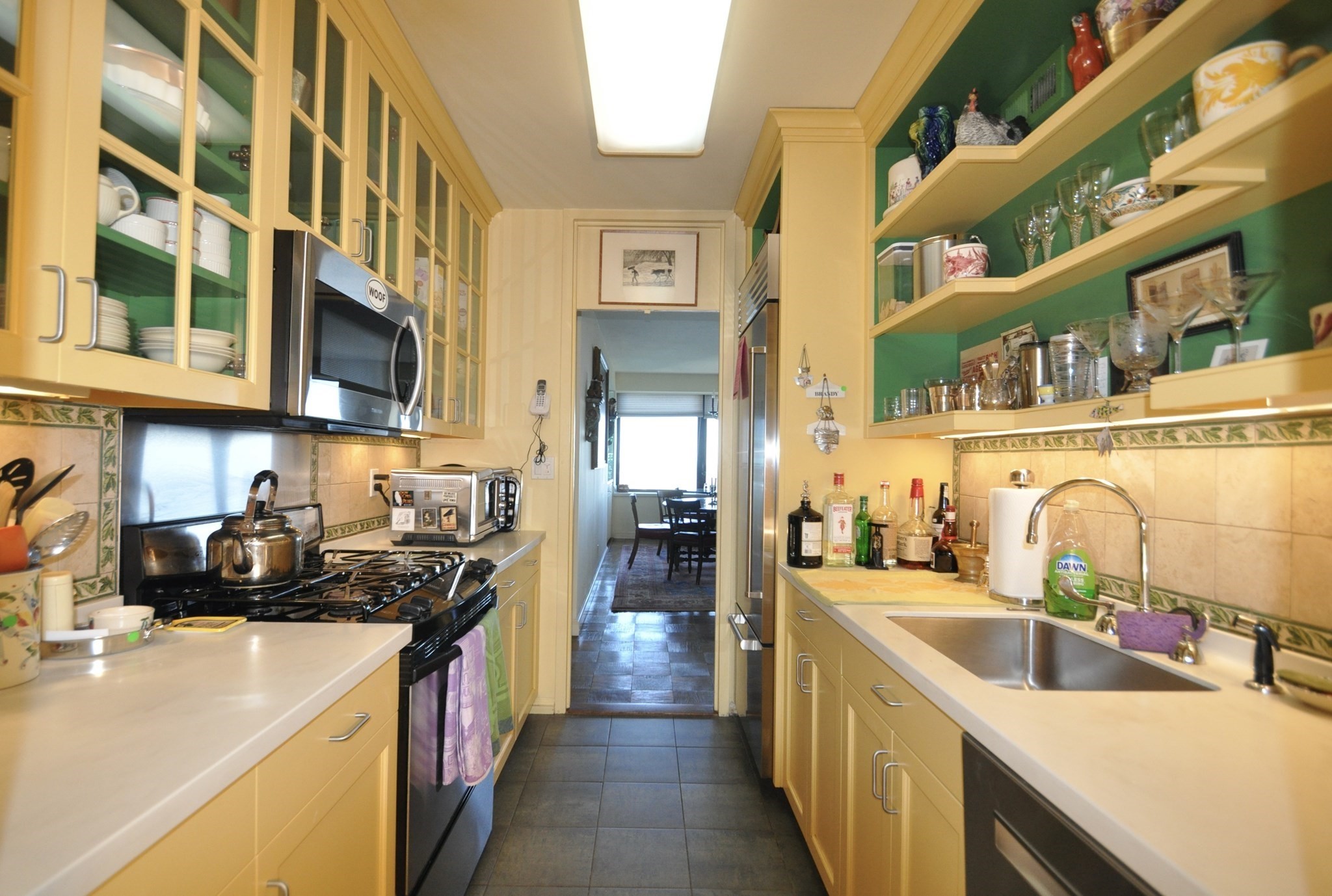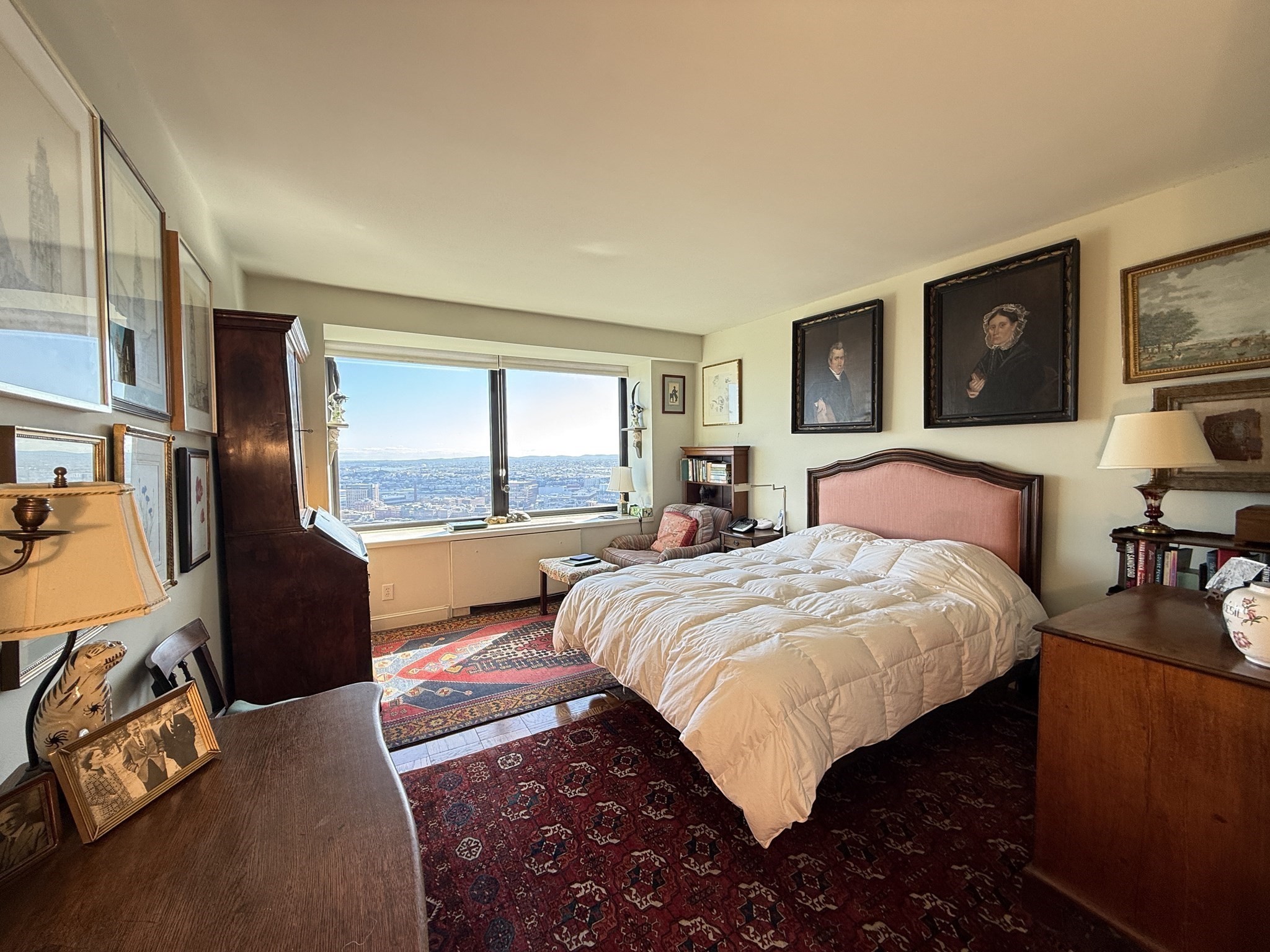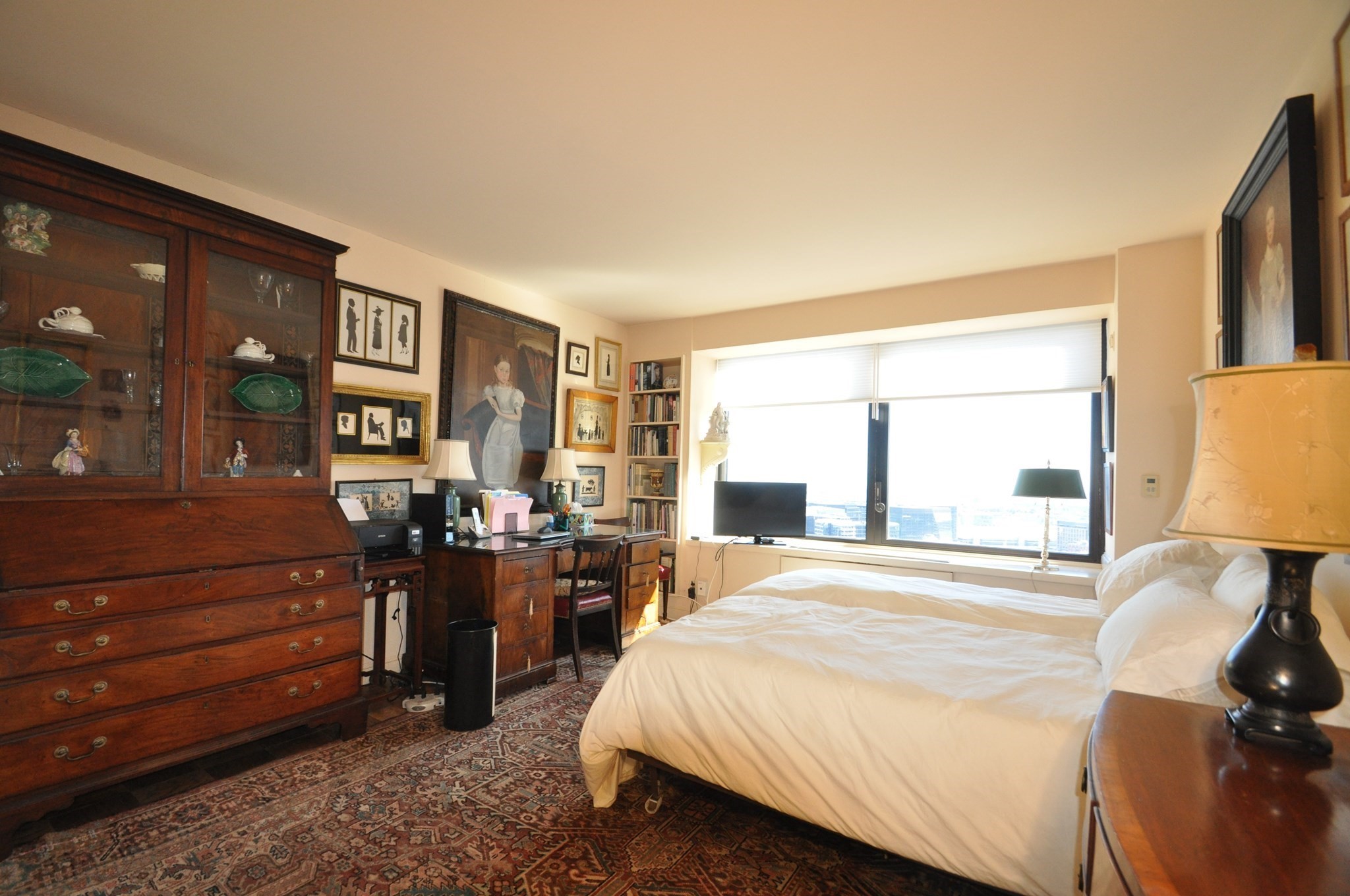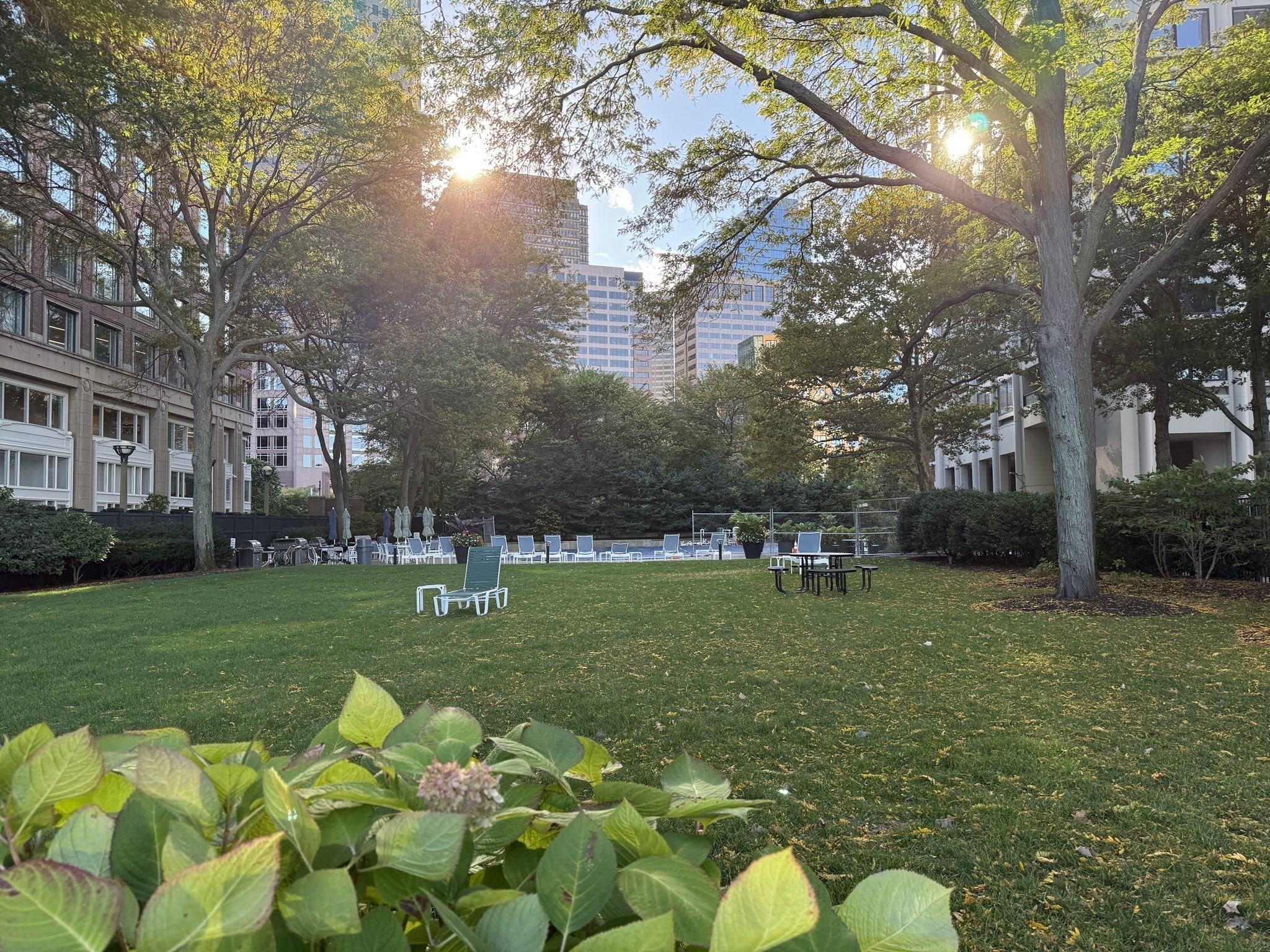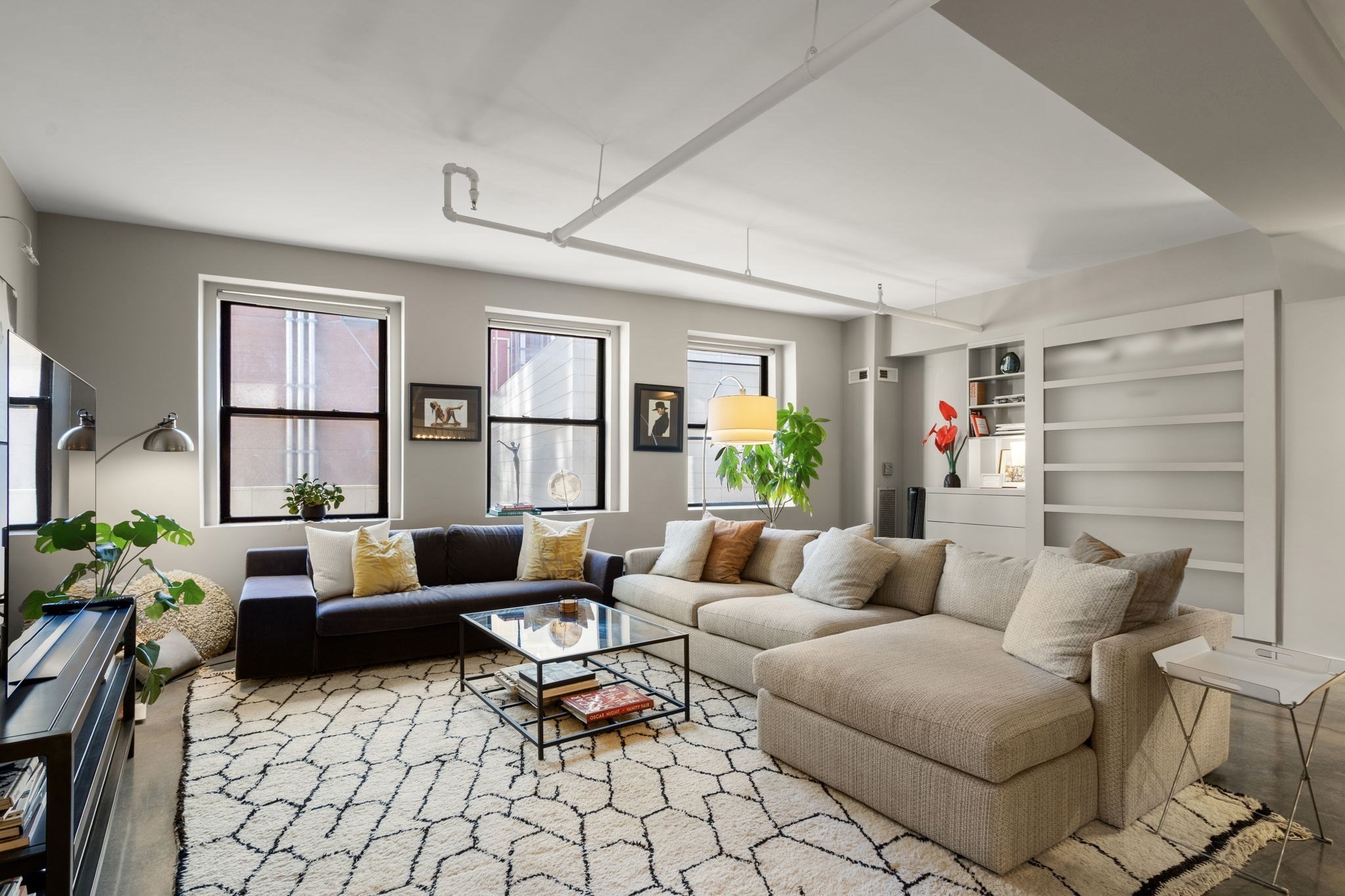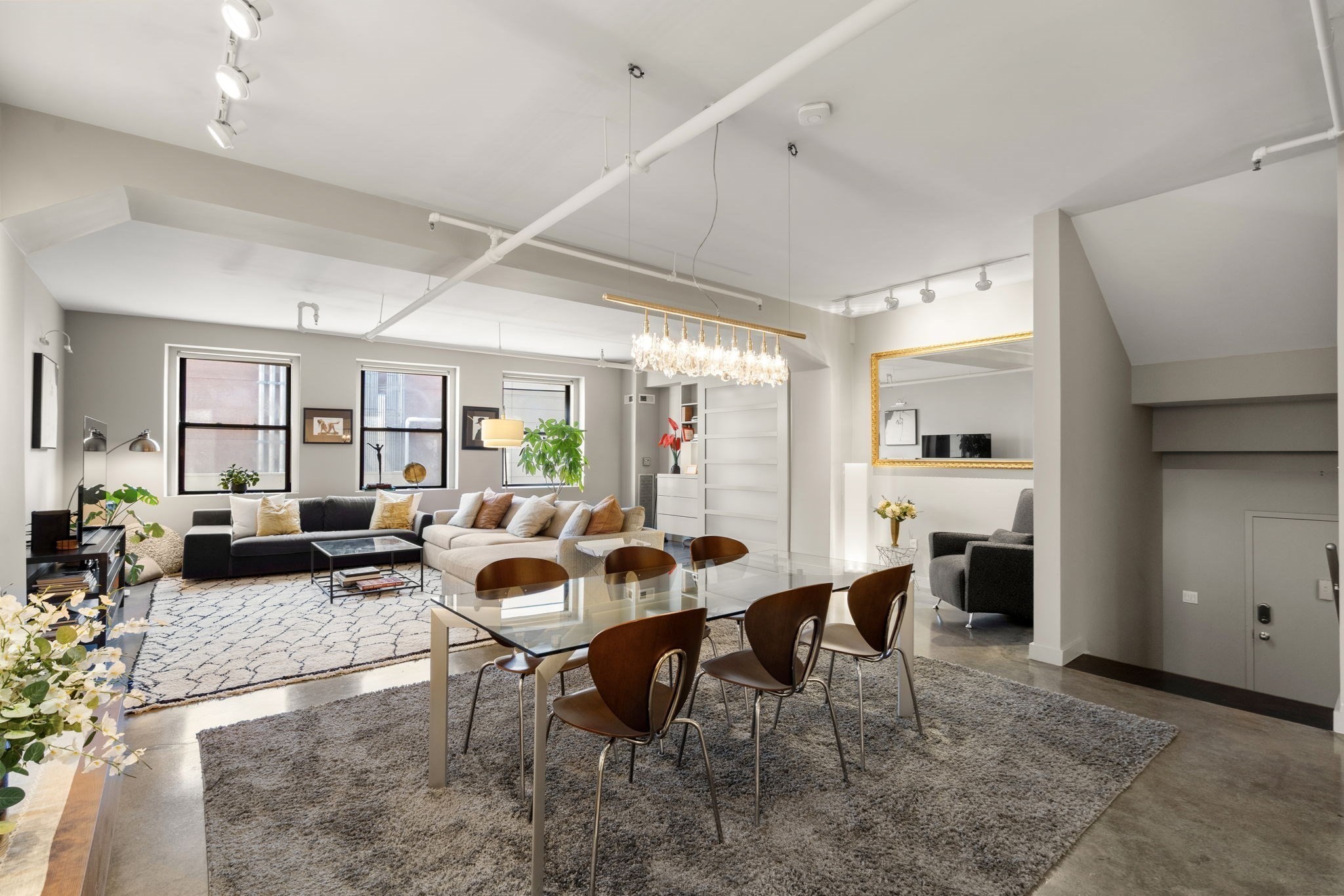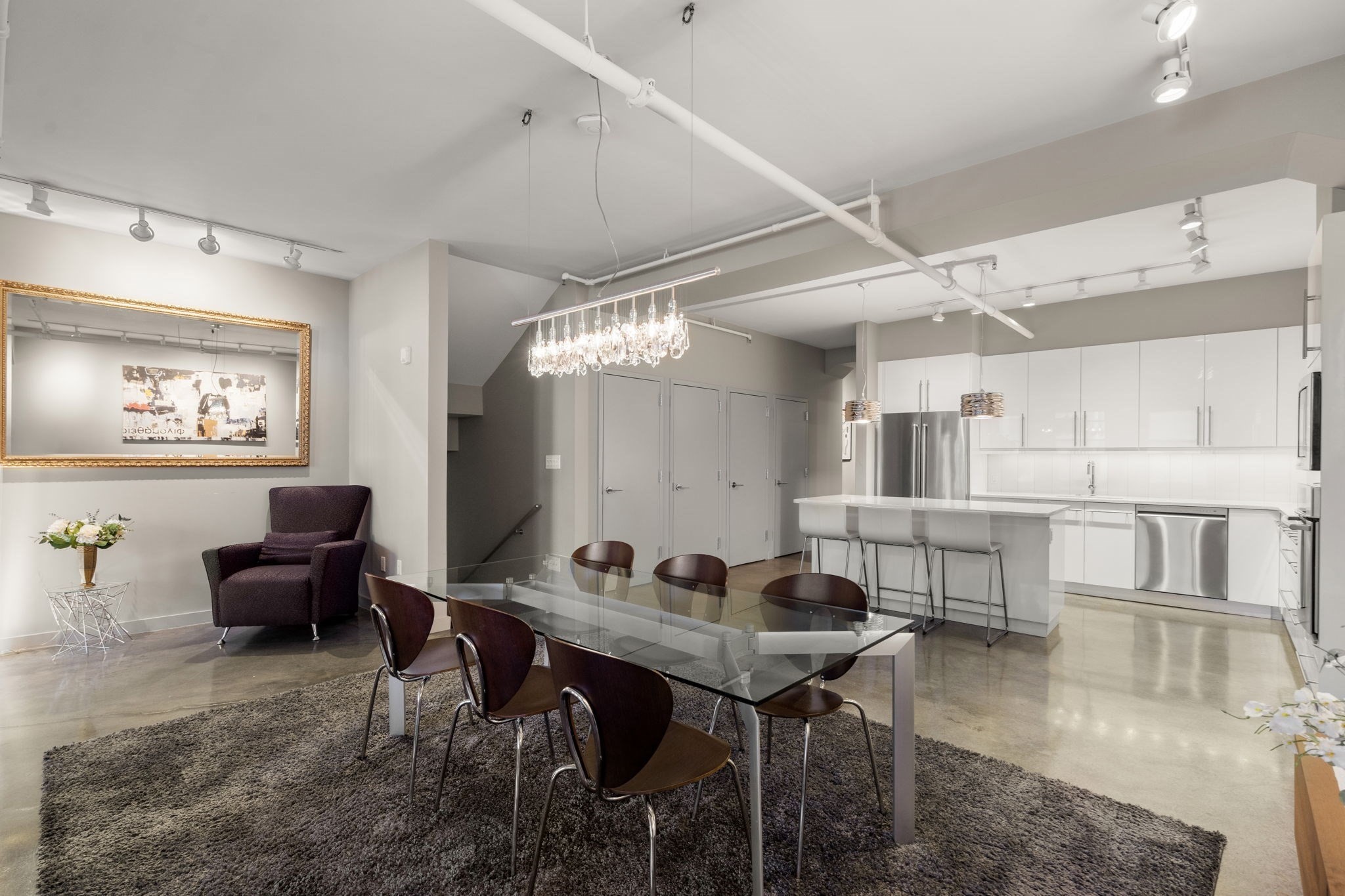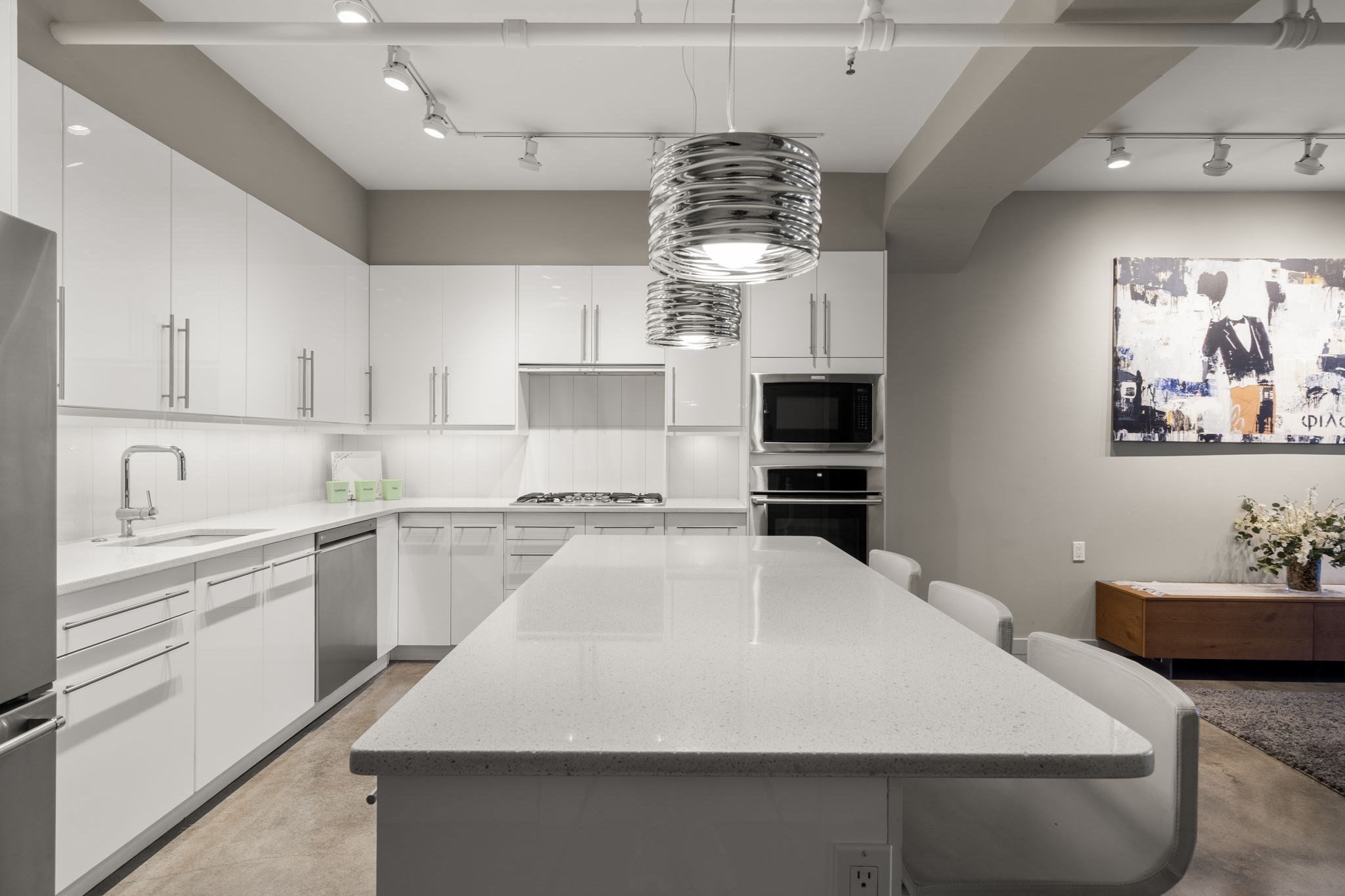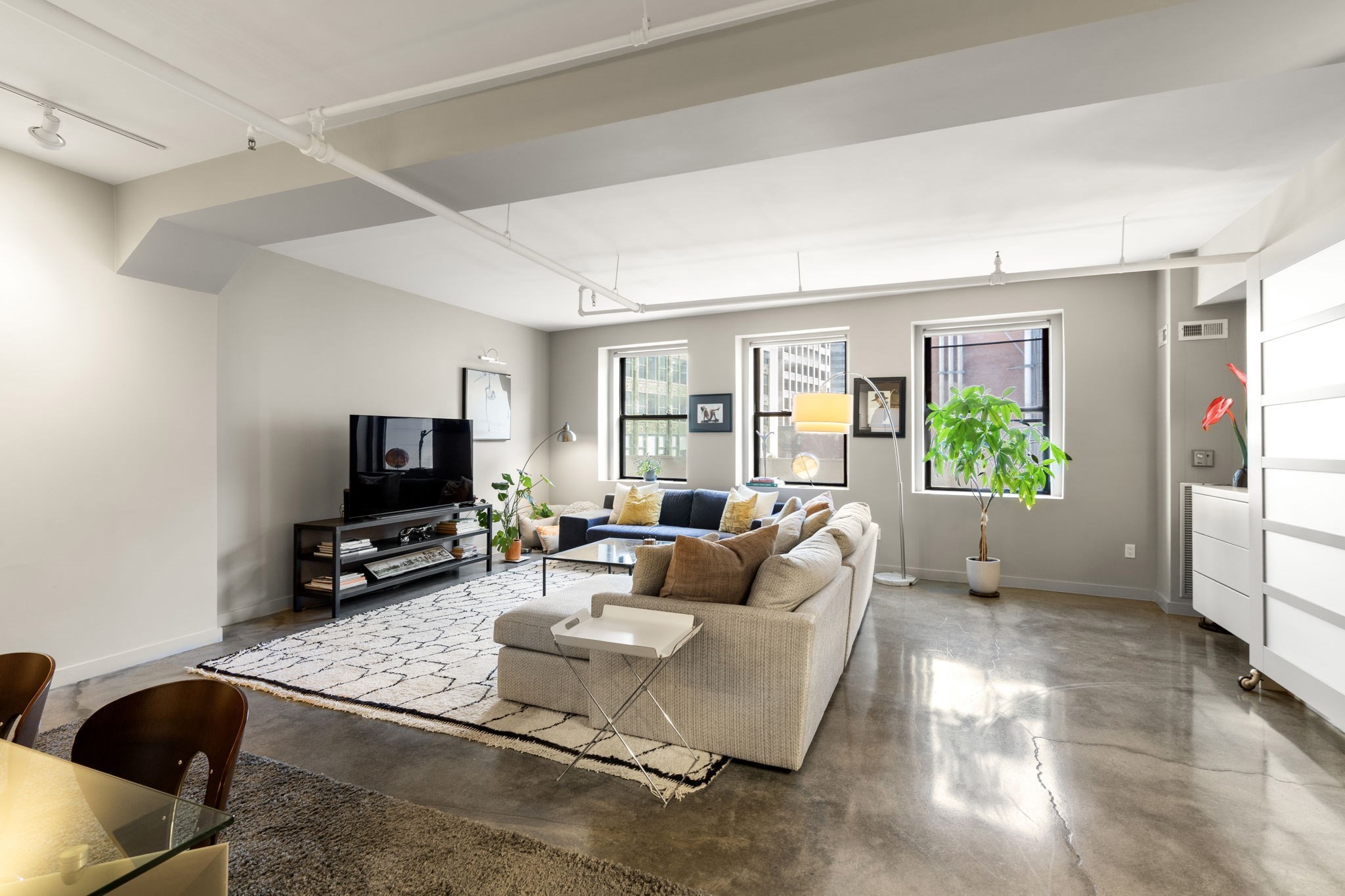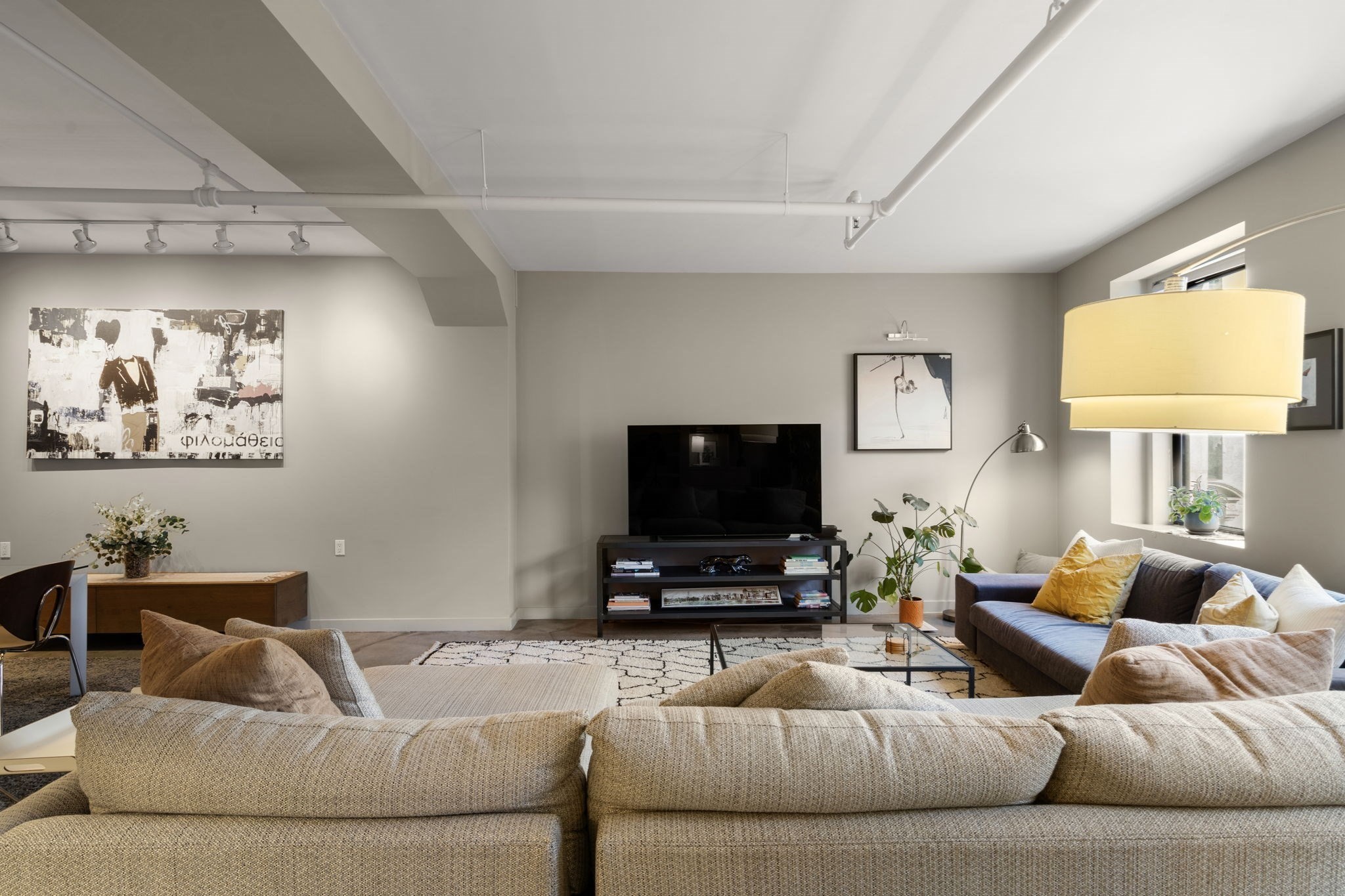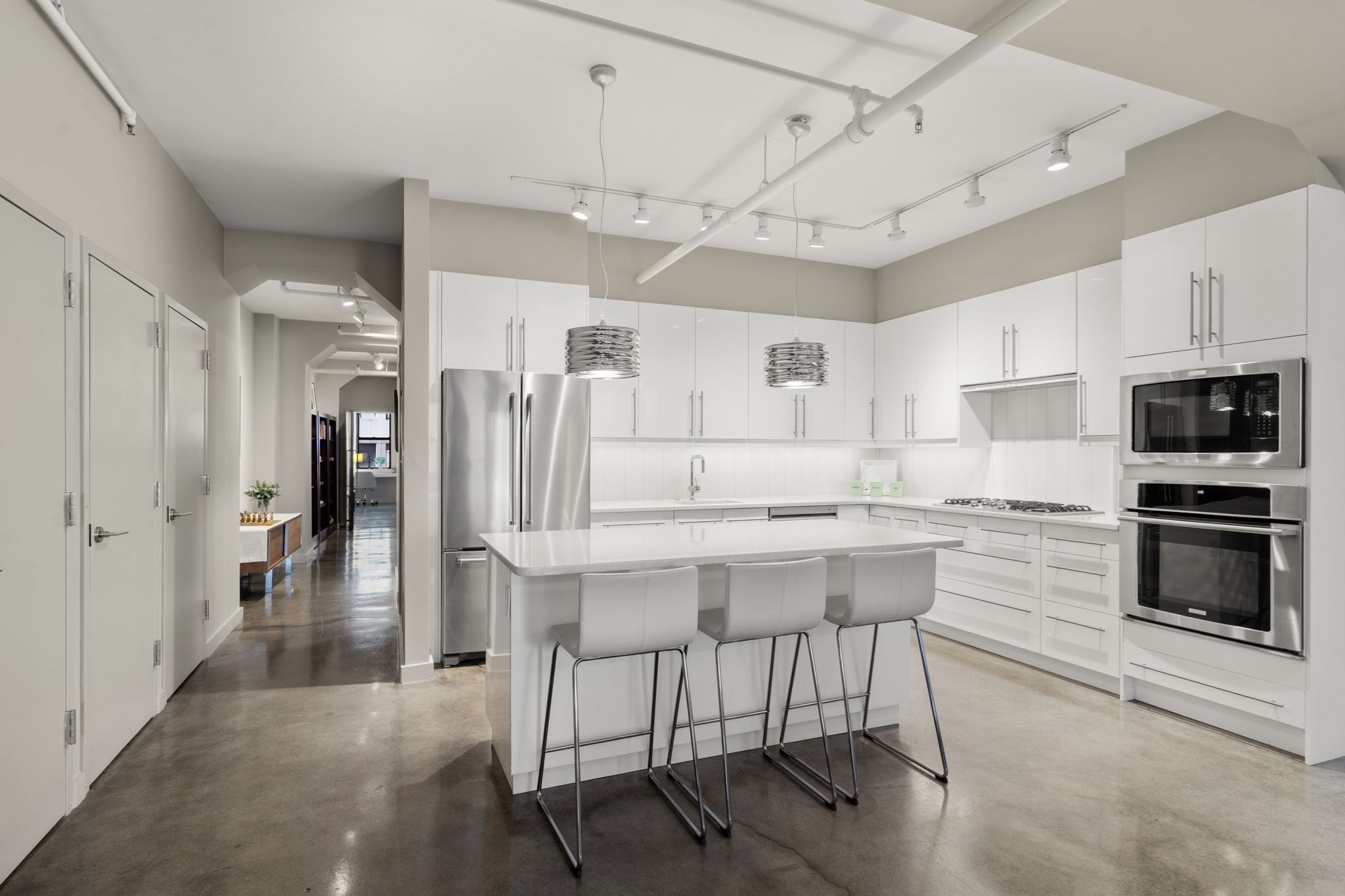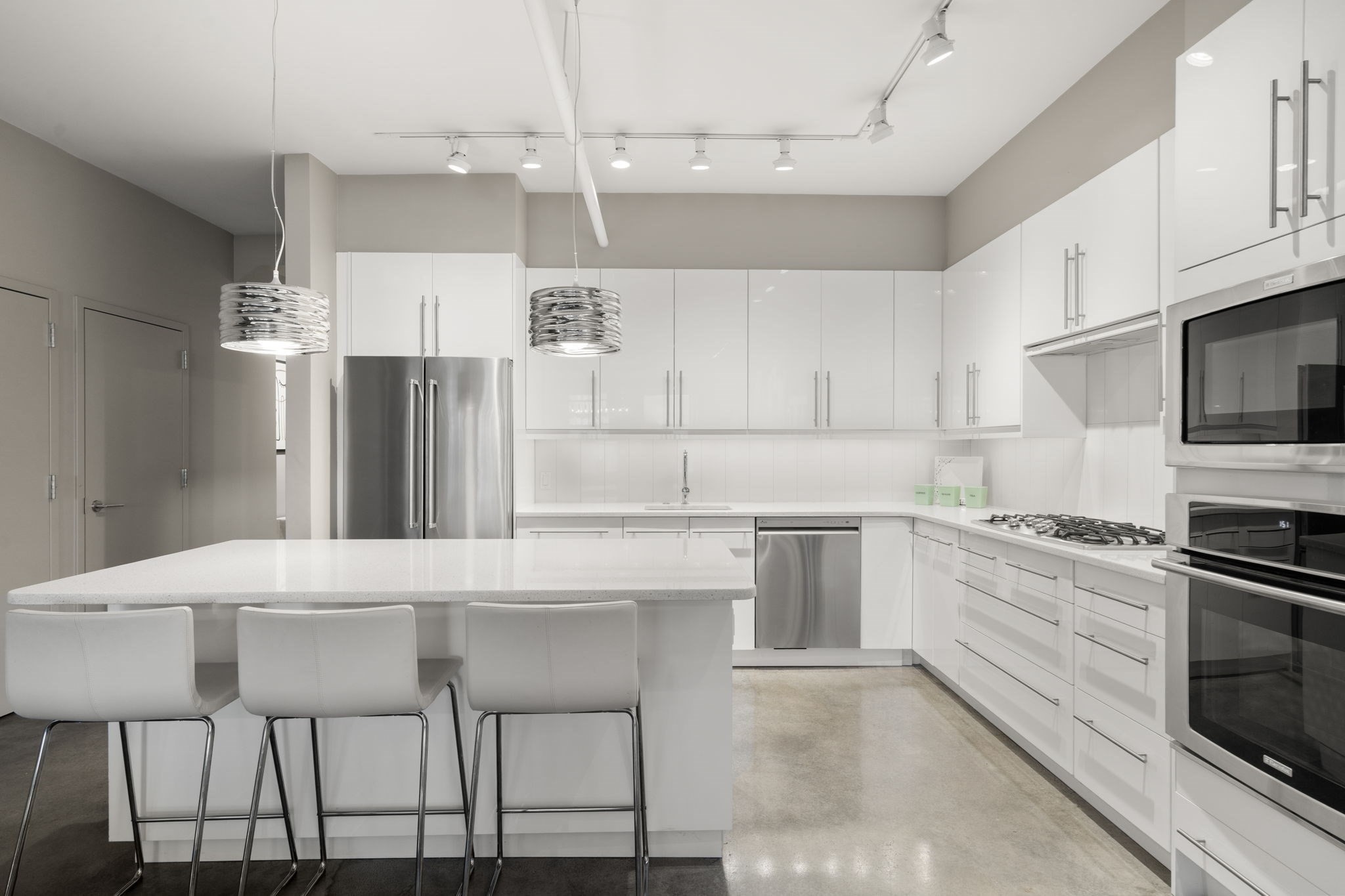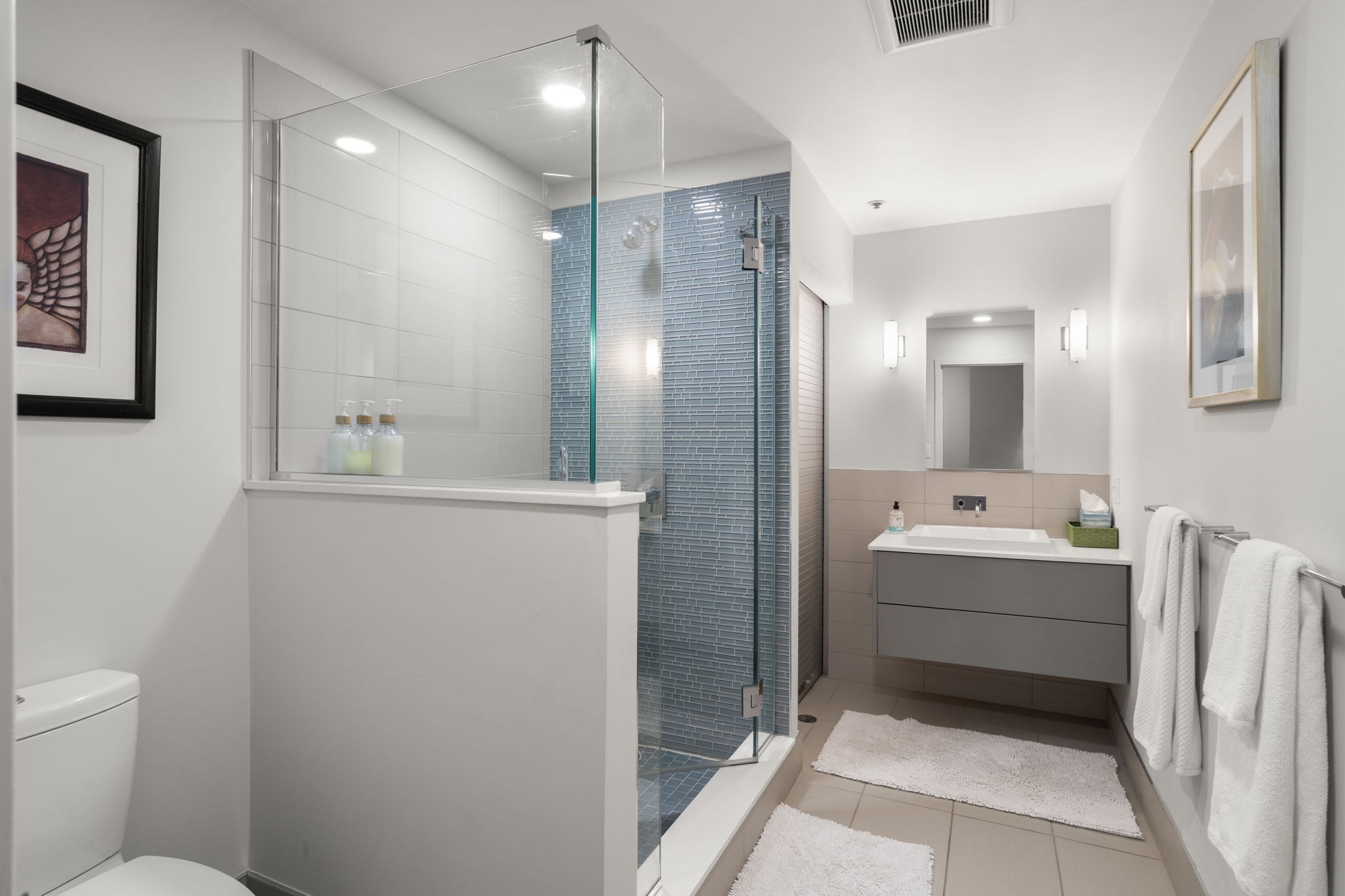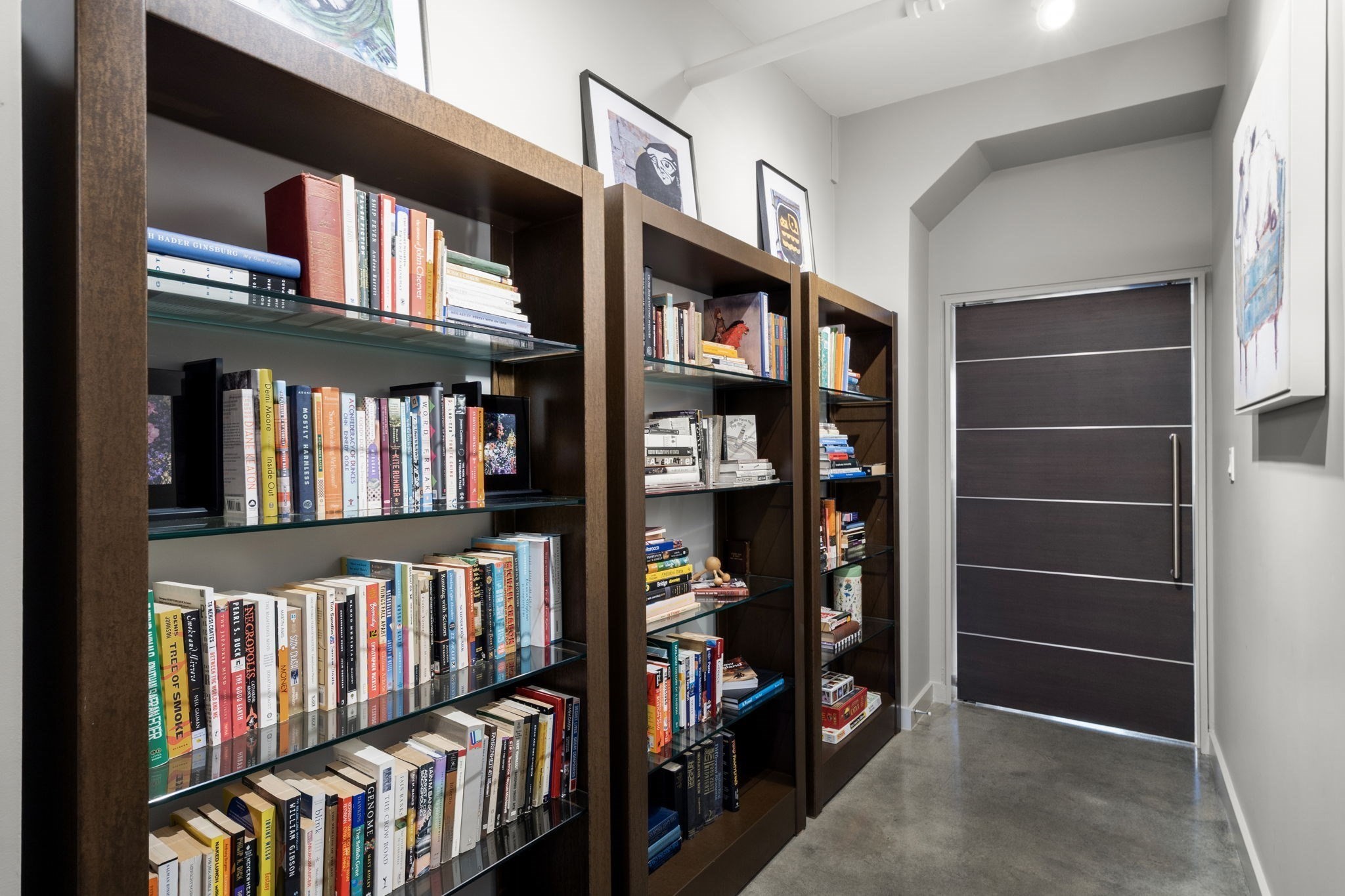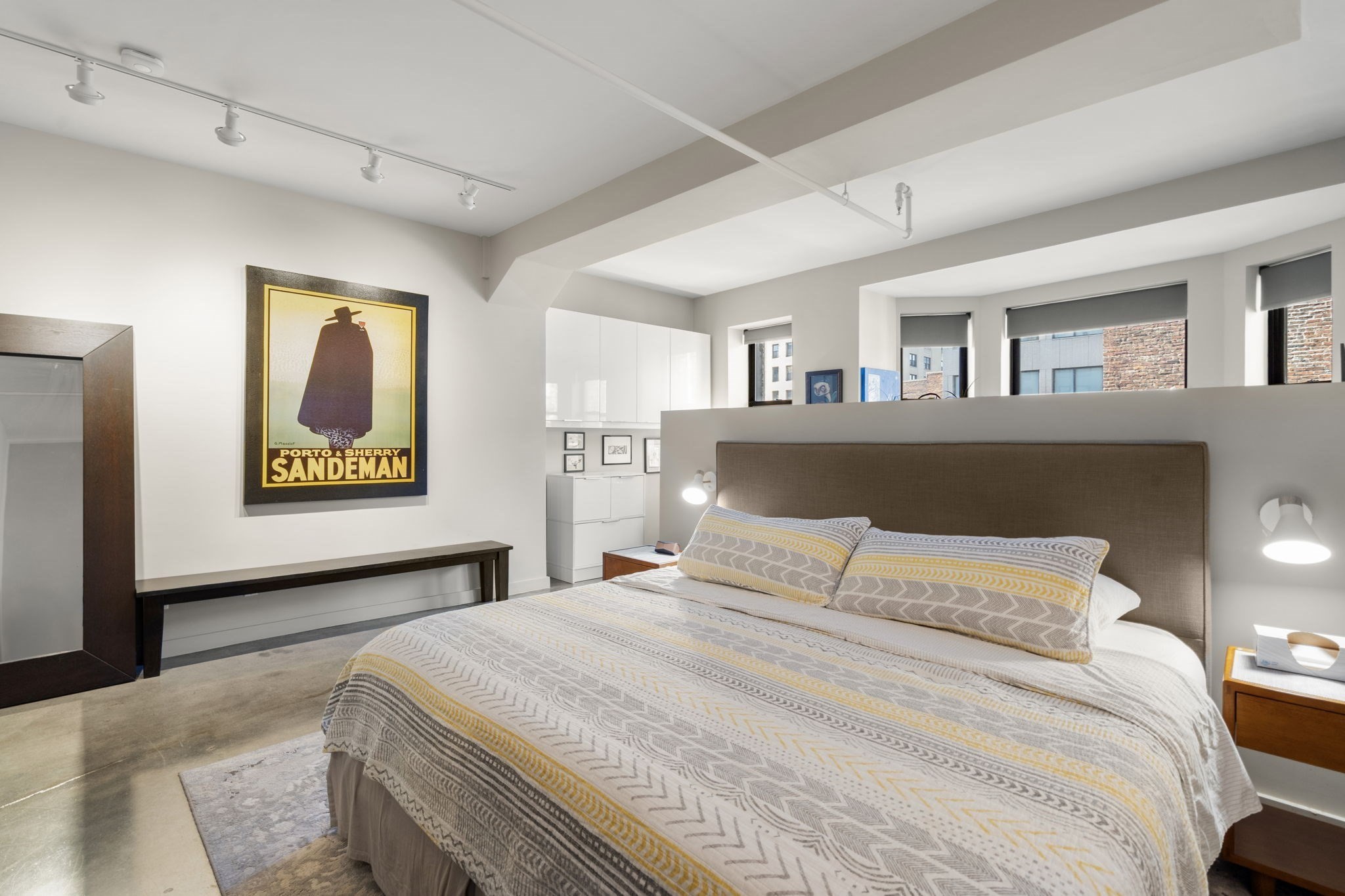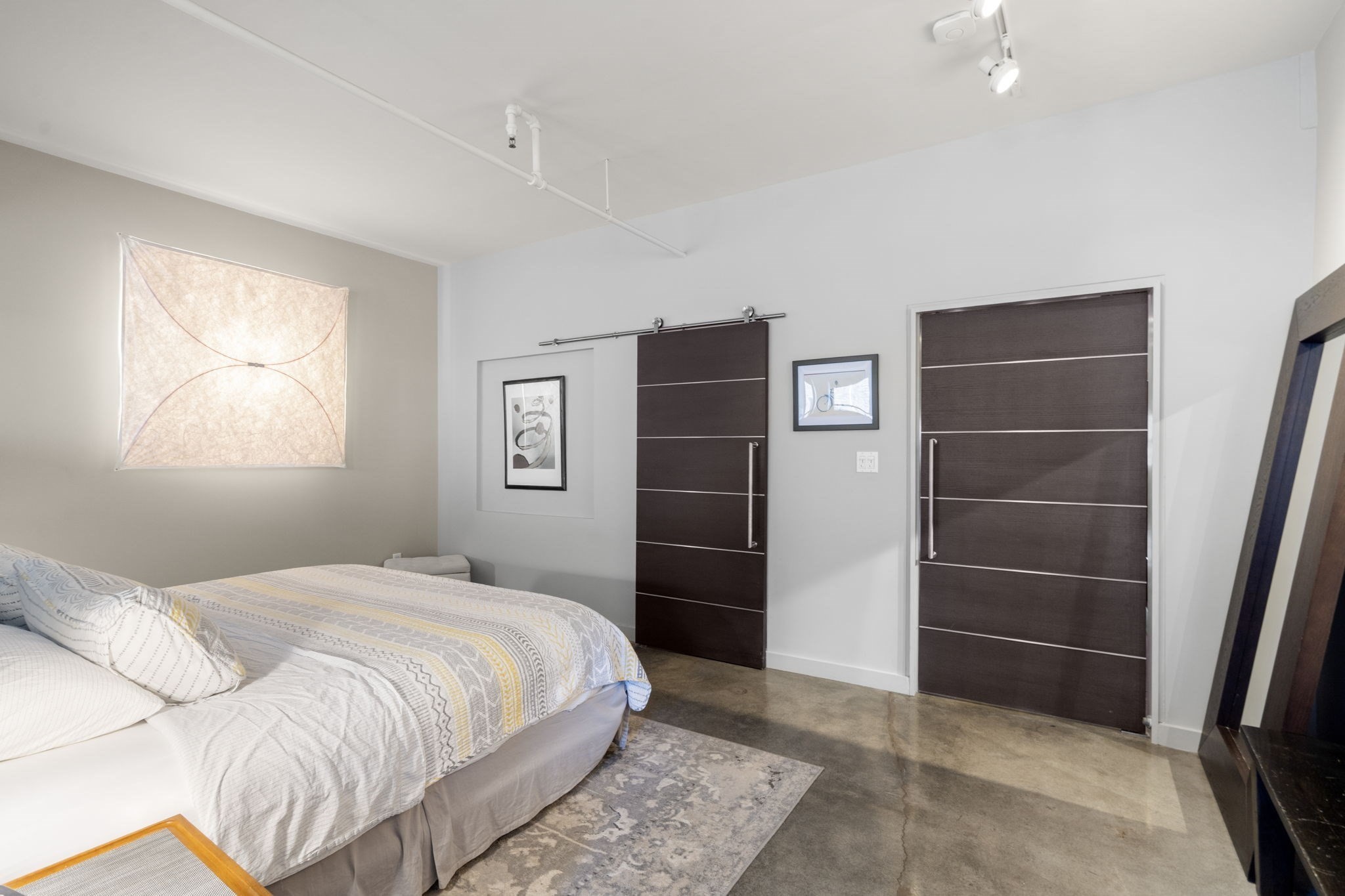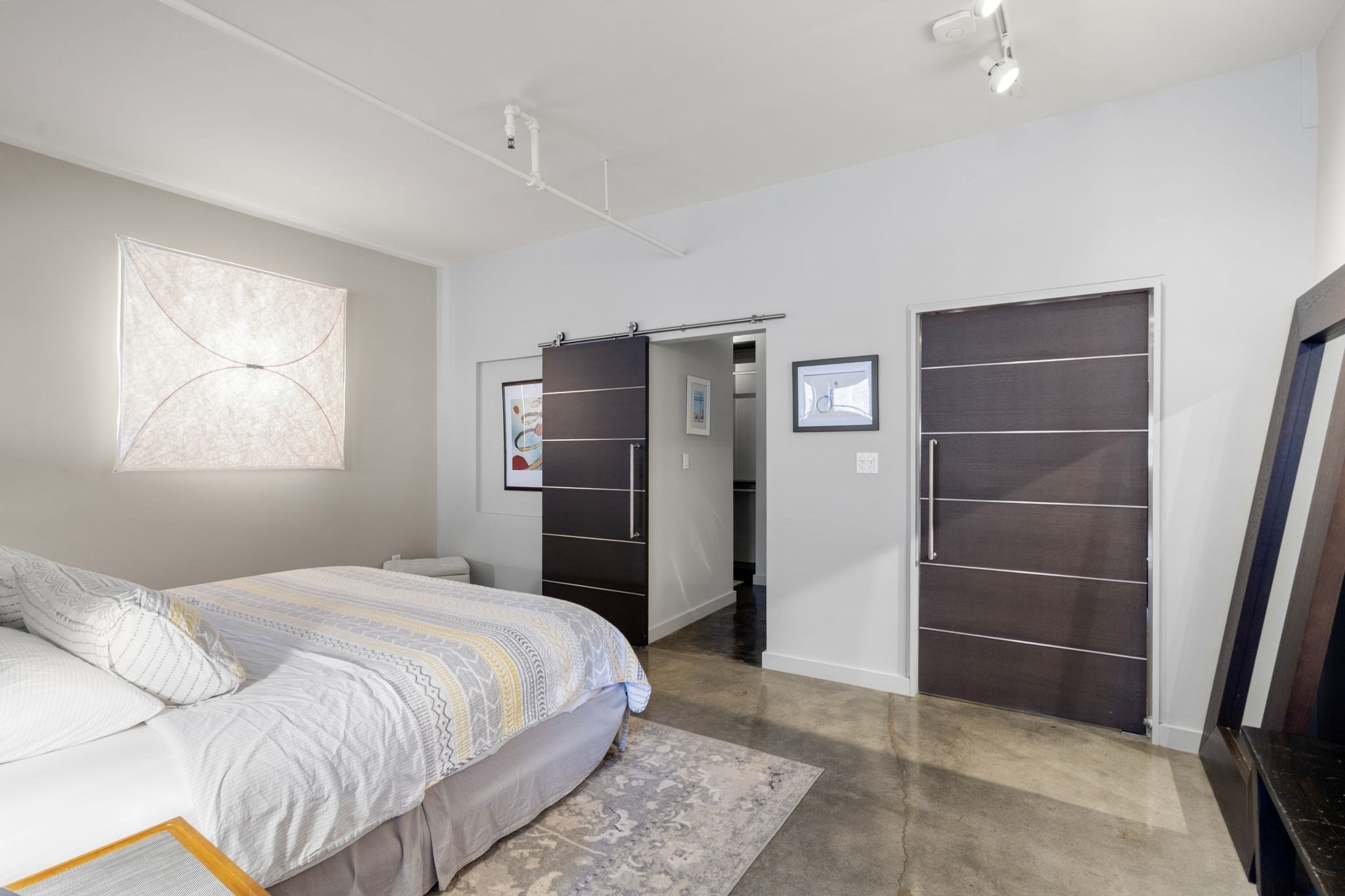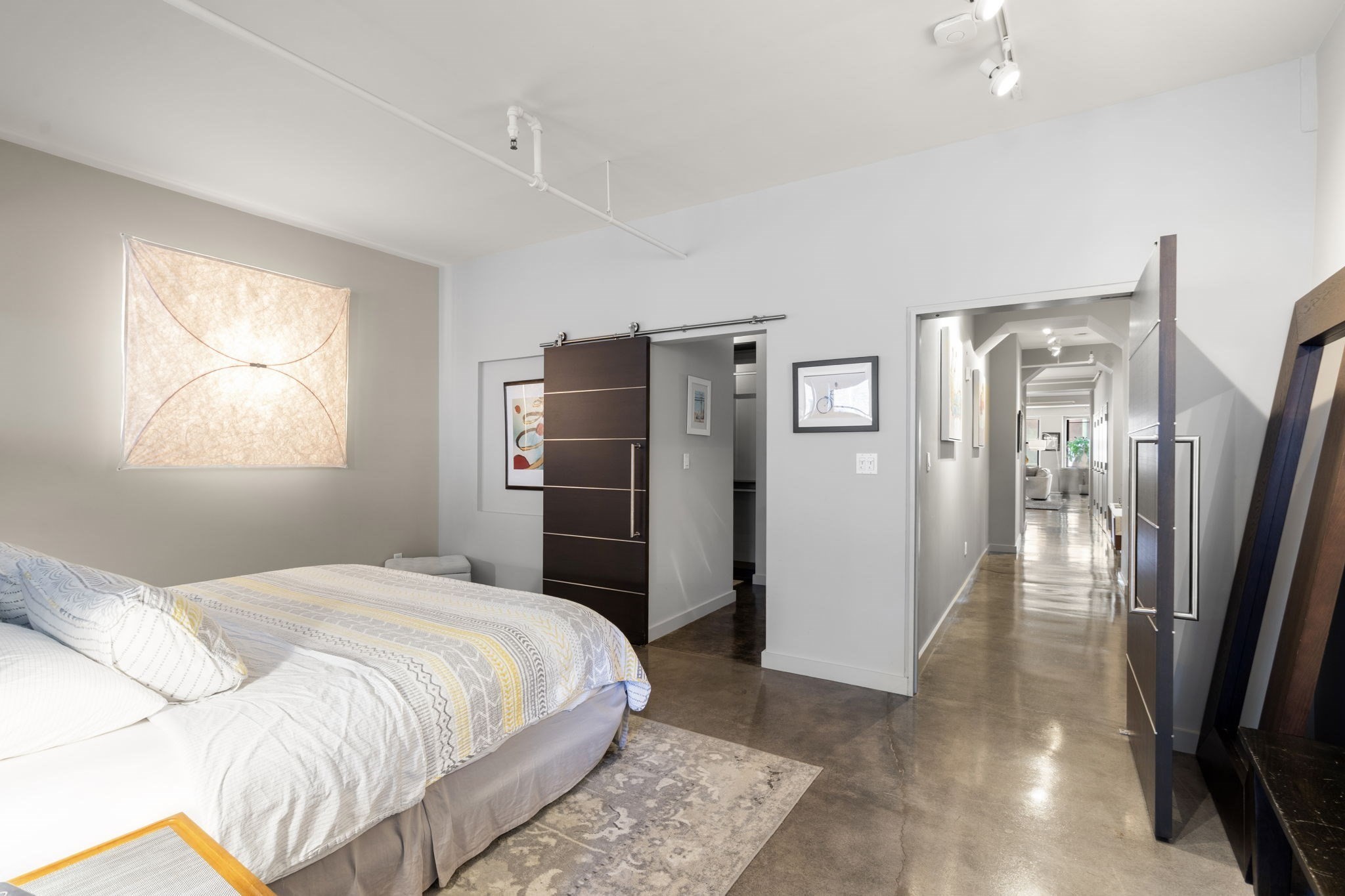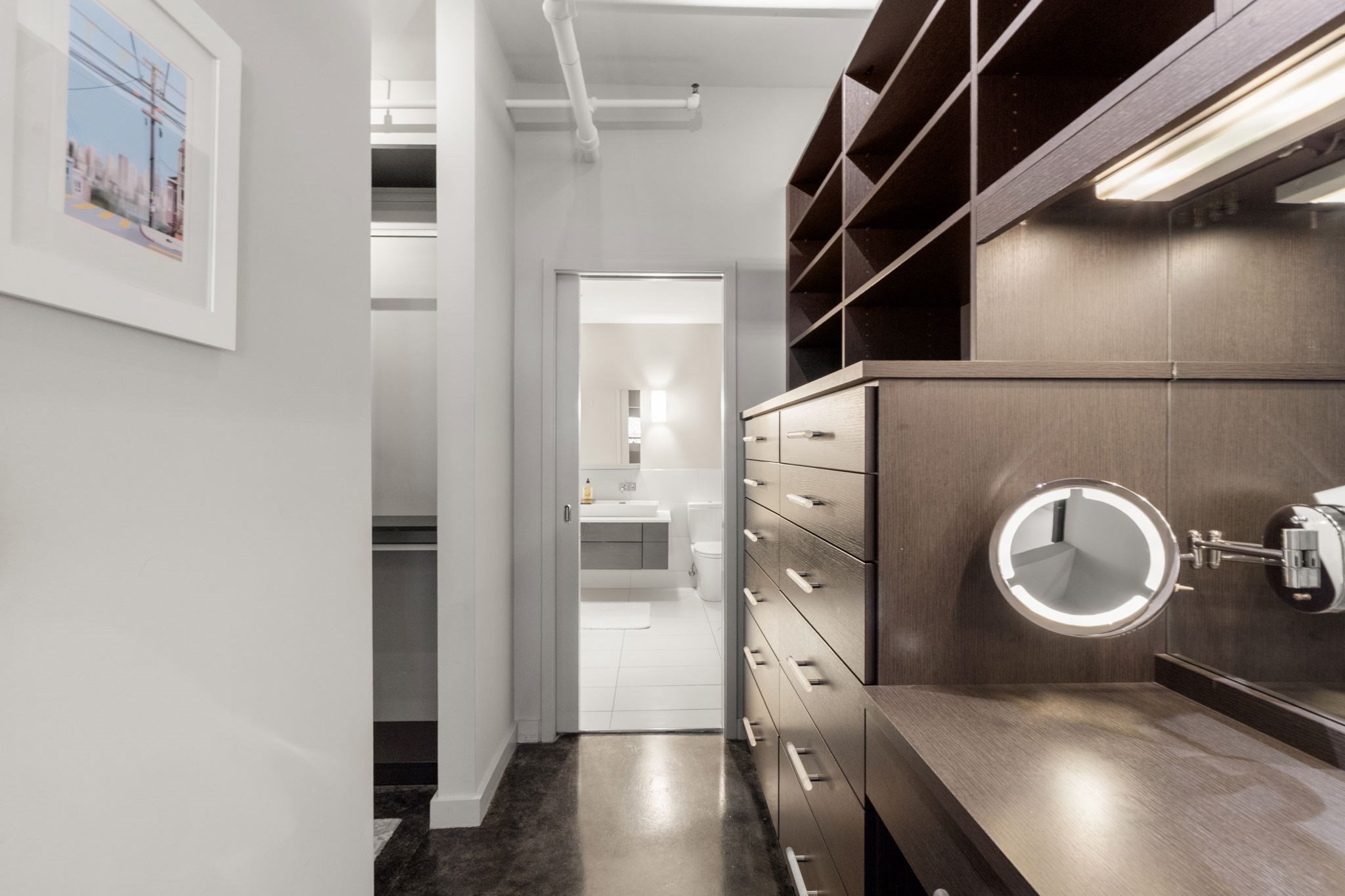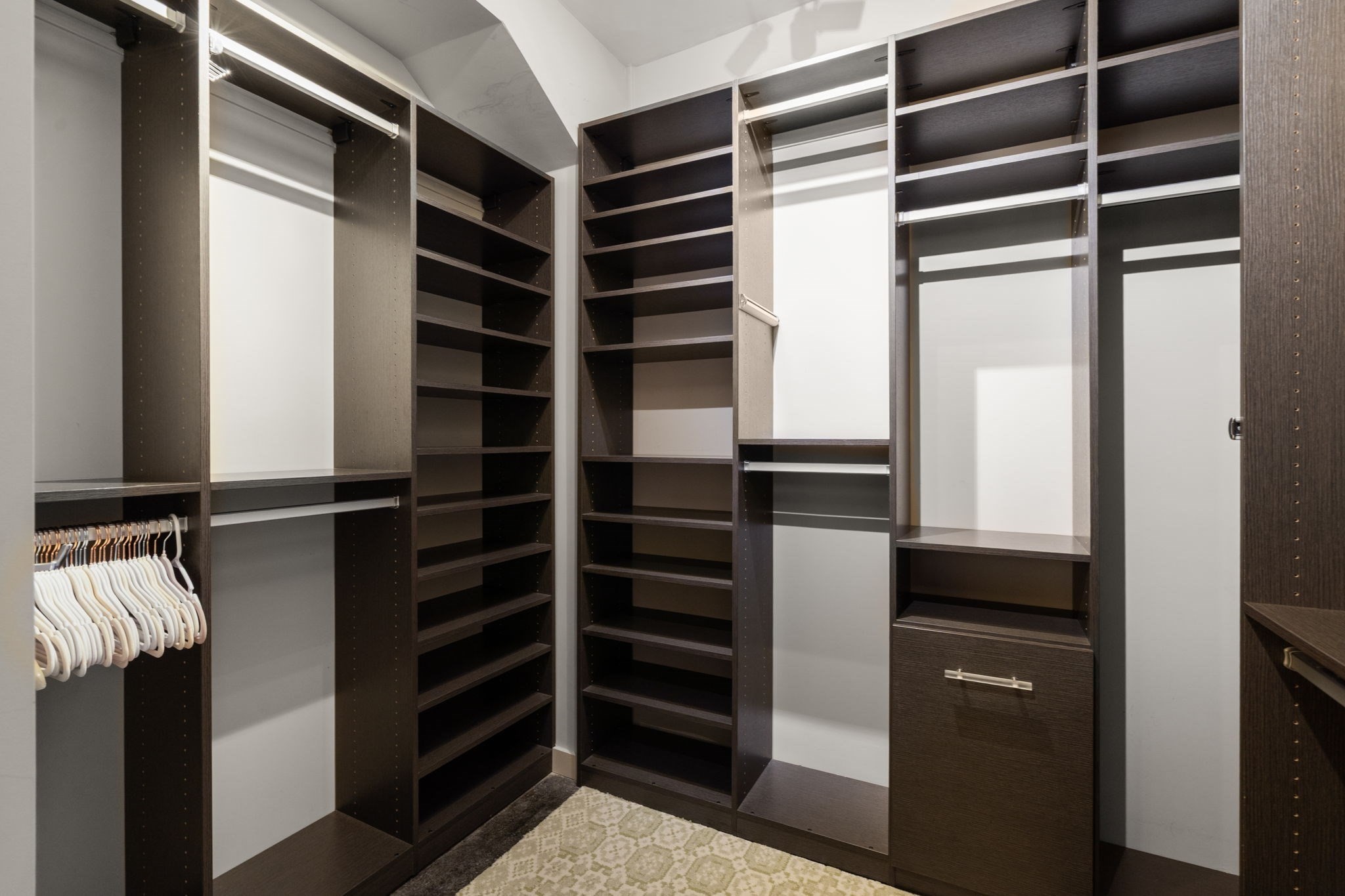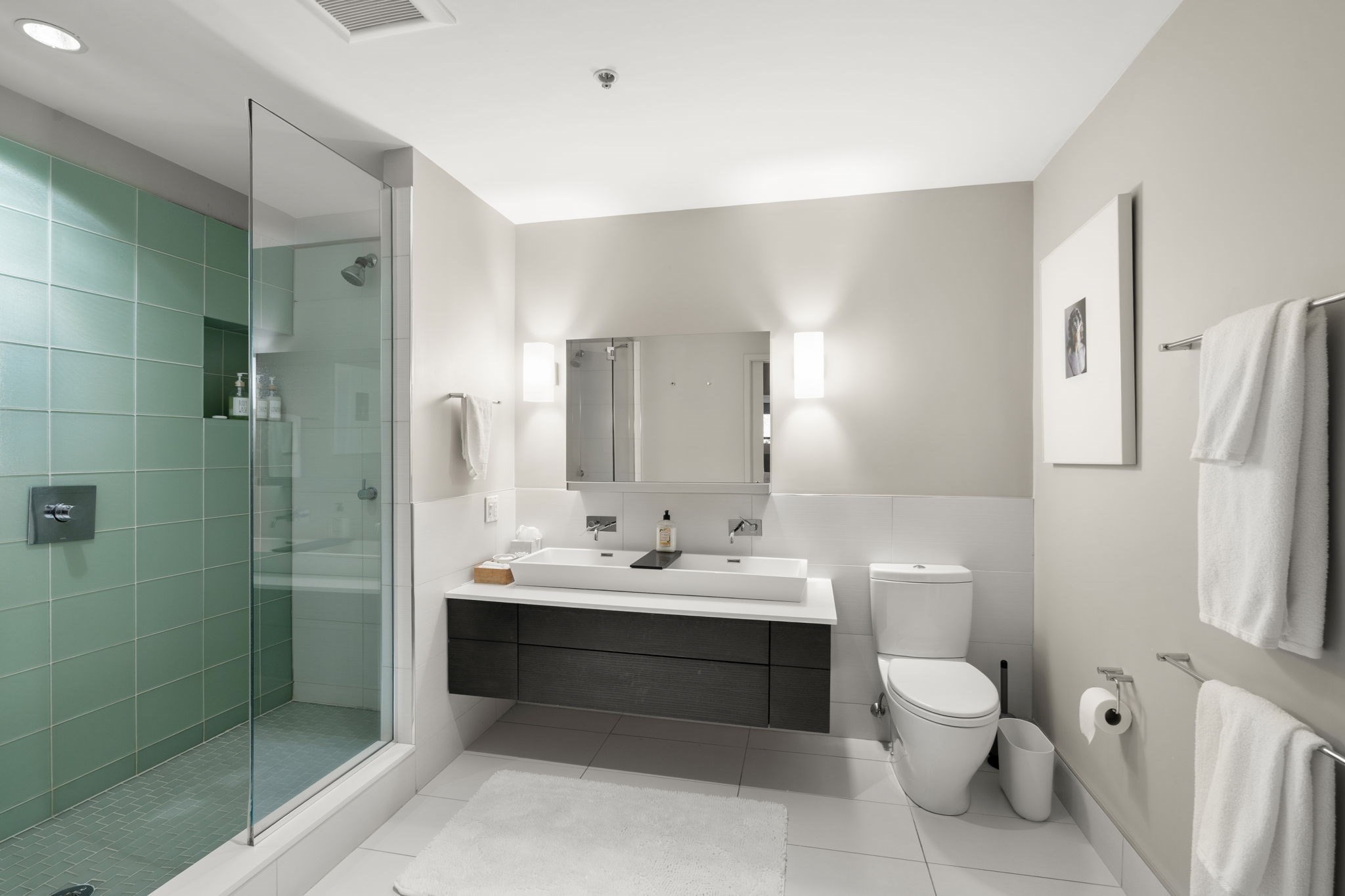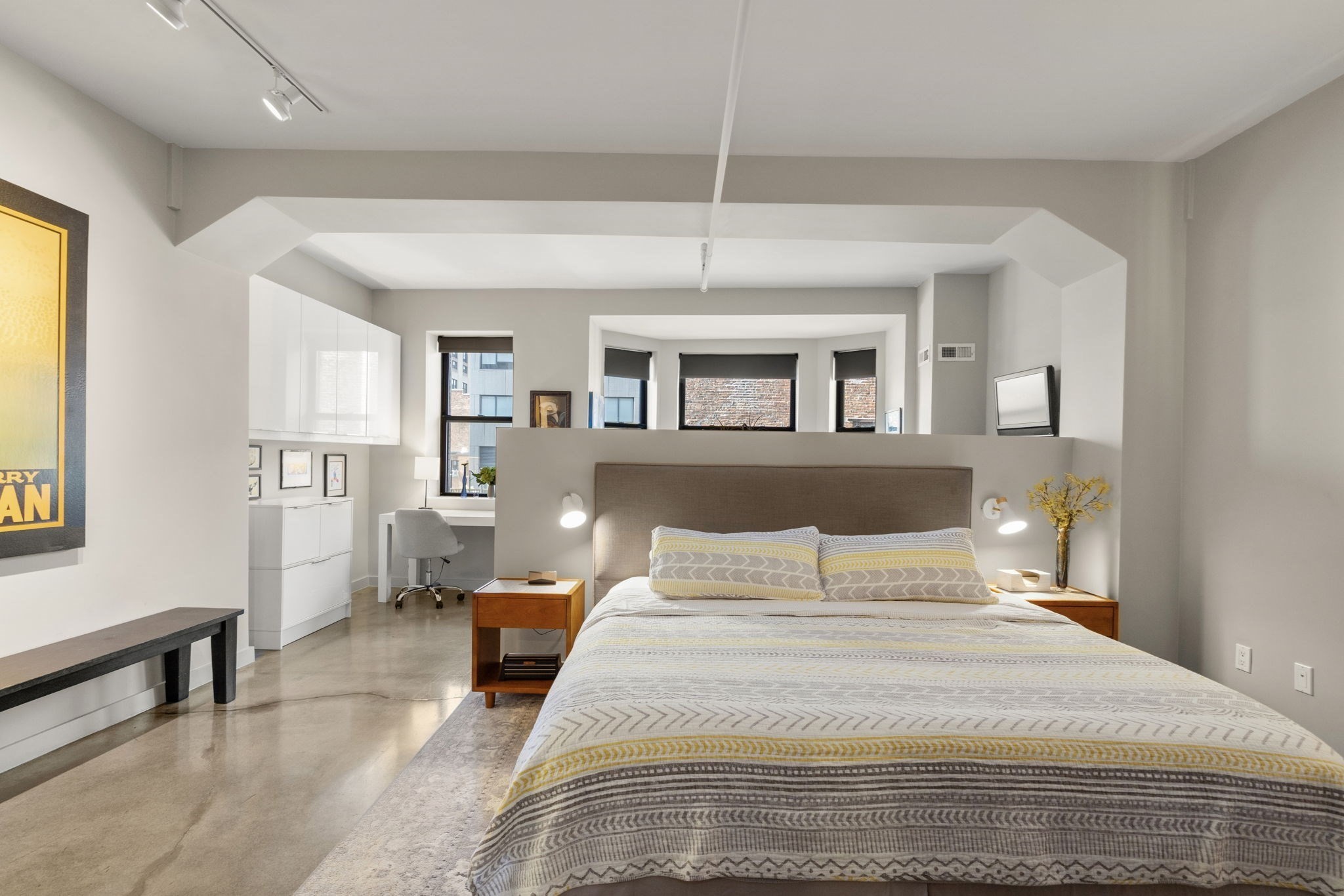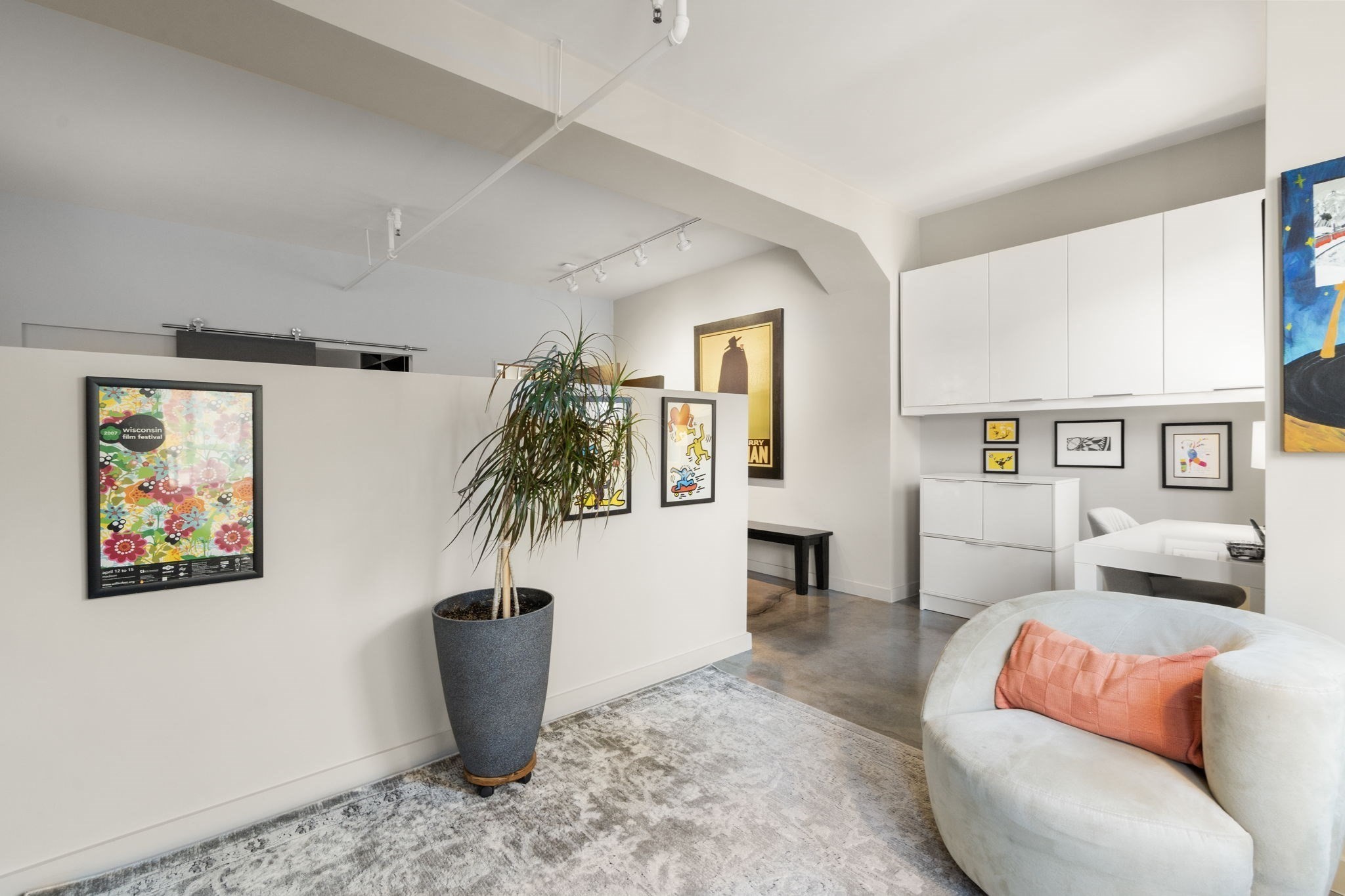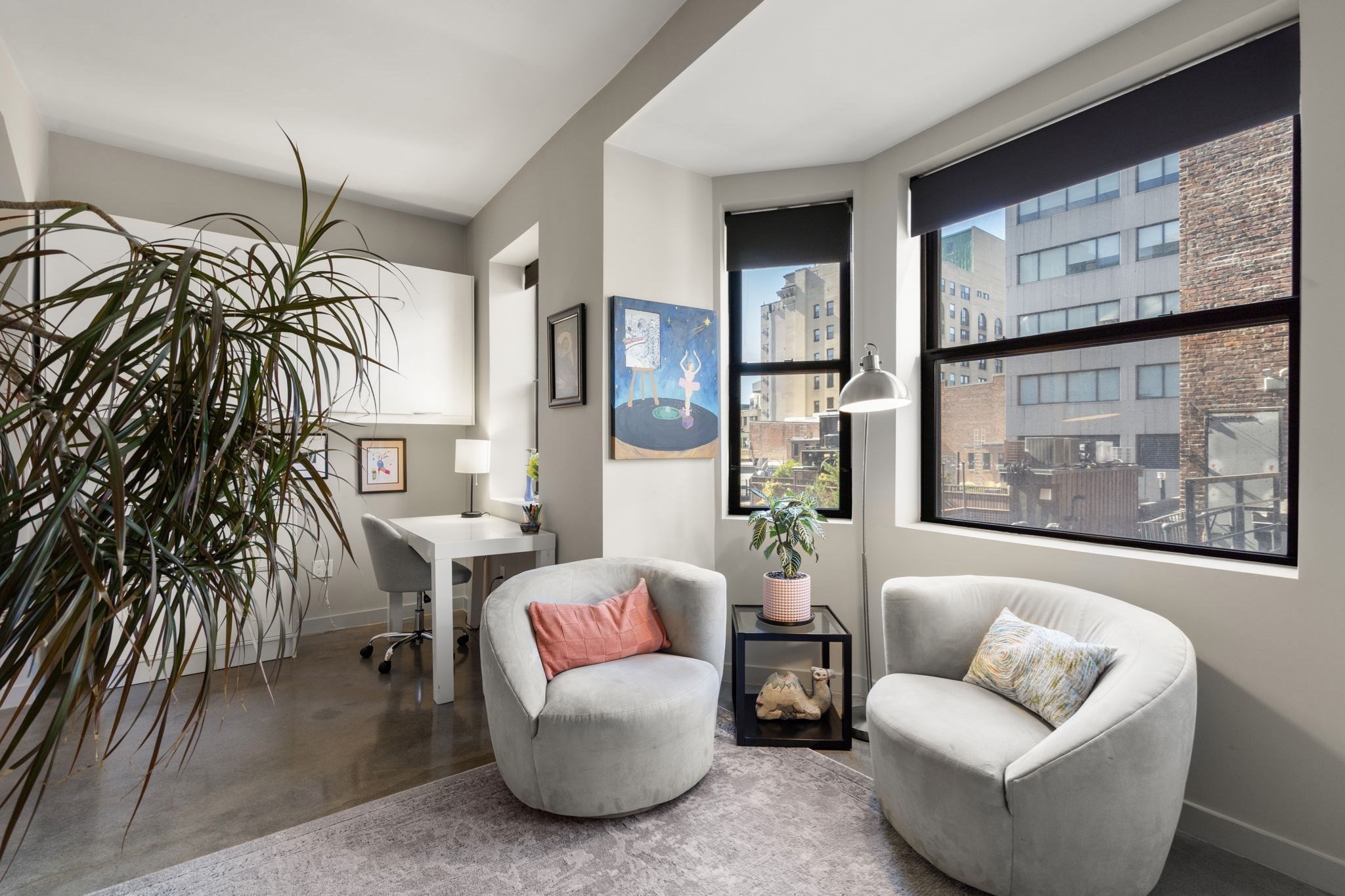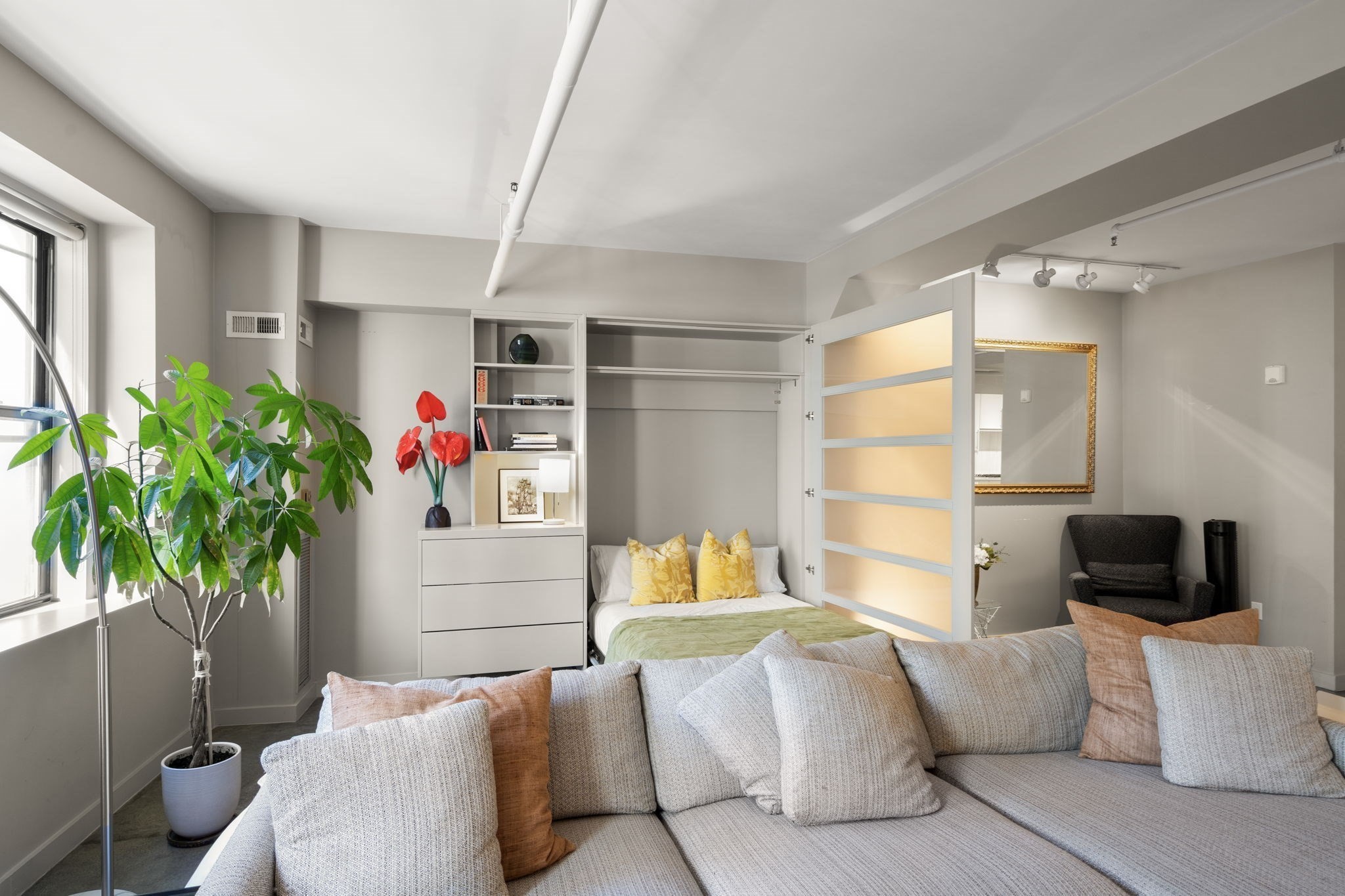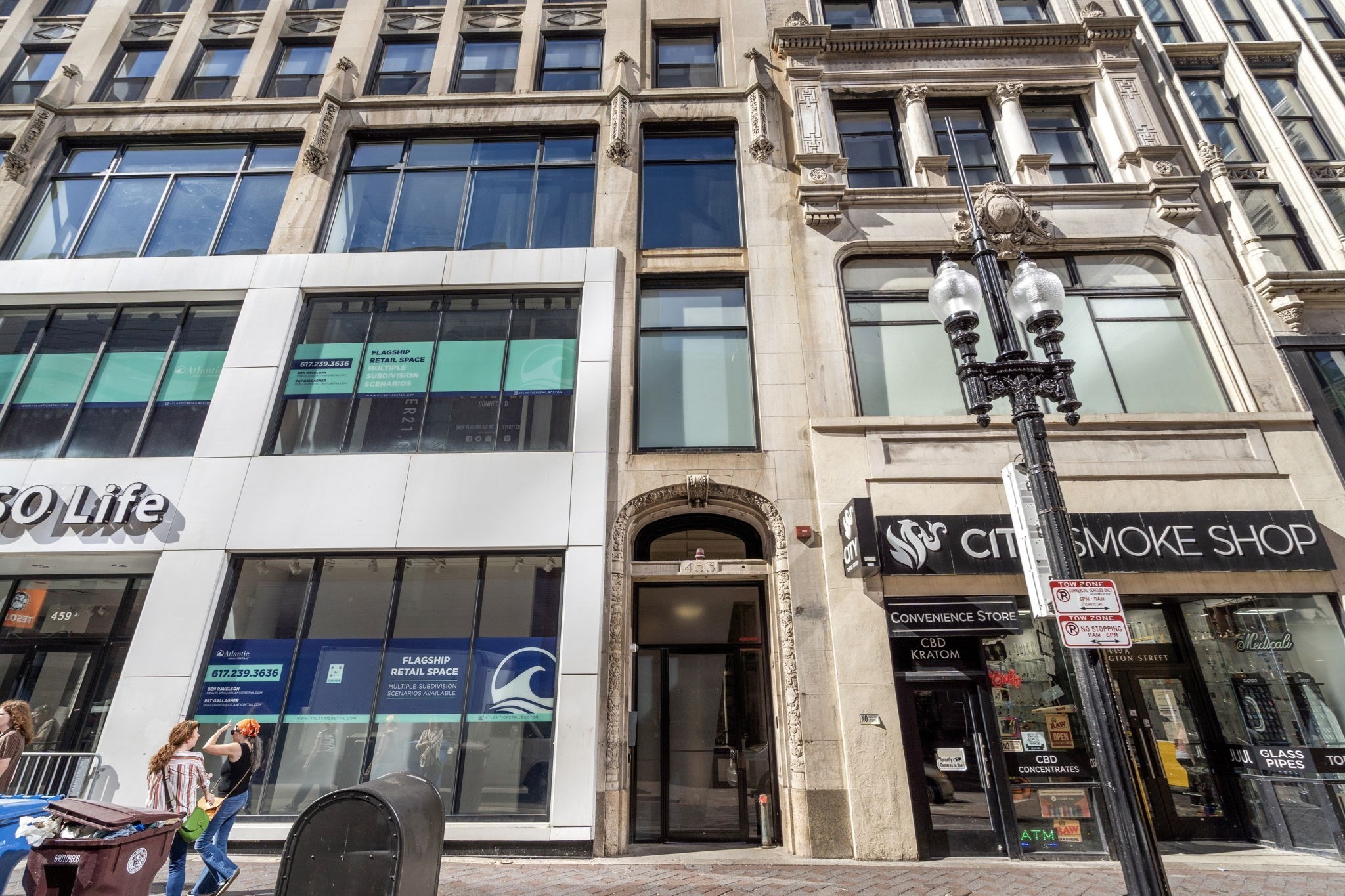Call us biased, but we believe that Boston is the greatest city in America, which, of course, makes it one of the best places to live in America. From its rich culture and history, to its thriving restaurant and nightlife scene, from its booming technology and financial sectors to its legendary sports teams, whatever you want in a big city, Boston delivers. There is even more than you would expect. Of course, there is no place where this is more pronounced that right in downtown, in the heart of it all.
Among desires to cut down on their daily commute, the convenience of living at the center of The Hub, and the overall sense of vibrant energy that comes from dwelling at the heart of it all, living downtown is an increasingly attractive proposition to many Bostonians.
Downtown Boston Homes for Sale
Call us biased, but we believe that Boston is the greatest city in America, which, of course, makes it one of the best places to live in America. From its rich culture and history, to its thriving restaurant and nightlife scene, from its booming technology and financial sectors to its legendary sports teams, whatever you want in a big city, Boston delivers. There is even more than you would expect. Of course, there is no place where this is more pronounced that right in downtown, in the heart of it all. Among desires to cut down on their daily commute, the convenience of living at the center of The Hub, and the overall sense of vibrant energy that comes from dwelling at the heart of it all, living downtown is an increasingly attractive proposition to many Bostonians.
So, if you’ve ever asked yourself what it is like to live in Downtown Boston, or occasionally find yourself looking through Bostonpads.com’s Downtown Boston homes for sale and wondering “what if…”, take a moment and get to know our historic downtown a little bit better. You just may find yourself in love with the experience of living in Downtown Boston.
An Overview of Downtown Boston
The central business and largest commercial district of the city, Downtown Boston is home to numerous corporate and regional headquarters, federal, state, county, and city governmental buildings, a wealth of historic landmarks and tourist attractions, and of course, some truly excellent urban living spaces.
Areas of Interest in Downtown Boston
Like any major American city, Downtown Boston boasts a dizzying array of professional, civic, shopping, and dining destinations. Unique to Boston’s downtown, however, are the myriad historic sites standing alongside modern construction, inseparably entwined in the fabric that makes up the beating heart of the city.
To wax somewhat less poetic on the matter, Boston blends the historic and the modern in a way that few American cities manage. Cutting edge technology exists side by side with some of the oldest institutions in the nation. Many points of interest in Downtown Boston blend historic roots with modern savvy, creating a city unlike any other.
Boston Common
Founded in 1634, the Common is the oldest city park in America. Spanning 50 acres of green space, Boston Common is one of the more highly priced “jewels” in Boston’s Emerald Necklace strings of parks. A Boston institution if ever there was one, the Common has served many purposes over the years. Initially it was a common grazing space for cows that soon changed as overgrazing led to a real-world example of the oft-cited “tragedy of the commons”. The British army used the Common as a military camp, but by 1830, its status as a public park was enshrined. Indeed, given the establishment of the Tremont Mall within the Common in 1728, Boston Common is arguably the first urban public park -not just in the nation, but also in the entire world.
Faneuil Hall Marketplace
The “Cradle of Liberty” is a well-known stop on the Freedom Trail. Since opening its doors in 1743, it provided a platform for Samuel Adams and others to encourage revolution and independence through their famous speeches. Today, it stands alongside North Market, Quincy Market, and South Market, each historic granite buildings in their own right. Together, they comprise the Faneuil Hall Marketplace, a festival marketplace that functions as an indoor/outdoor mall and eatery. A favorite lunch spot for downtown workers, the marketplace itself is one of Downtown Boston’s premier shopping destinations. Each winter, the marketplace hosts a massive Christmas tree, and its Black Friday scene is the stuff of legend for informed shoppers.
The Freedom Trail
From Boston Common to Bunker Hill, the Freedom Trail is arguably Boston’s most famous landmark, and large portions of it run straight through downtown. Stretched across two and a half miles, you can usually complete a self-guided tour in about two hours. Visitors from all over the world appreciate this walk through history. Unlike many other monuments or historic sites, preservation efforts have ensured that the Freedom Trail’s 16 sites are intact and well cared for, offering a window into the city – and nation’s — earliest days.
The Rose Fitzgerald Kennedy Greenway
Named for the matriarch of the Kennedy family, who was born in neighboring North End, the Greenway packs 17 acres of gardens, plazas, fountains, art, promenades, and lights across roughly one and a half miles of former expressway. The sustainable landscape plays hosts to hundreds of free events every year, ranging from farmers markets and beer gardens to summer concert series and the FIGMENT participatory art festival.
Downtown Boston Population
With approximately 2,500 of Boston’s estimated 694,583 residents making their home in the neighborhood, Downtown Boston may be a hub of activity, but comparatively few residents call it their home. Simply looking at its population density of 5,976 people per square mile (compared to Boston’s average of 13,841 per square mile) fails to give an accurate portrayal of the neighborhood’s vibrancy and energy.
Simply put, everybody goes downtown eventually, even if most of Boston’s residents live in a different neighborhood. Keep this perspective in mind when looking at Downtown Boston homes for sale: the heart of the city will be your community.
History of Downtown Boston
The history of Boston is, in many ways, the history of our nation. Founding fathers, colonists, and pioneers have all called Downtown Boston home. It has been occupied by British soldiers, liberated by revolutionaries, and burned to ashes. It rose from the flames like the phoenix of legend.
What we know as the Downtown Boston neighborhood today, was once simply “Boston”, no further explanation needed. Founding fathers and colonial leaders made their homes there, with the waterfront’s wharves a busy thoroughfare for commerce of all sorts. The Old State house – which you can still see today – hosted the seat of government. However, before all that, it began with one man.
William Blaxton
A British minister, William Blaxton (sometimes styled as William Blackstone) was determined to make his way to America. He first did so aboard Sir Ferdinando Gorges’ failed attempt to reach the so-called “New World” in 1623. Undaunted, he joined the ship Katherine for another expedition to America, this one helmed by Robert Gorges, Sir Ferdinando’s son. This time, Blaxton’s ship made it unscathed, finally bringing Blaxton to the land that would become his home.
Not everyone aboard the Katherine took to American life so readily, or so well. Gorges tenure as Governor-General of New England lasted just one short year. The American colonists proved decidedly unreceptive to Gorges’ pseudo-feudalist view on proper English governance. Eventually he had his fill and returned home with most of the settlers who arrived with him.
Blaxton, however, had no intentions of returning to England. Upon his fellow settlers’ departure in 1625, he settled in Boston, the first European to do so. He lived alone for several years, creating an impressive apple orchard, and enjoying the solitude that the Shawmut peninsula, later Boston, provided. Four years later, a group of Puritans landed in nearby Charlestown and immediately ran into problems finding drinkable water. Showing his love for Boston and wanting to share it with others, Blaxton invited the Puritans to settle there in 1630.
However, it did not take long for Blaxton to become nostalgic for his life of solitude. Therefore, in 1634, he sold his 50-acre farm to the settlers and moved to Rhode Island. He was the first European colonist to do so, giving him a truly impressive place in the history books for a man who, by several accounts, probably was just seeking solitude. Still, his legacy lives on. His former farmland became the Boston Common, America’s oldest public park that is standing strong to this day.
Roots, Roads, and Revolution
The patterns of Boston’s streets date back to the 1600’s; Boston’s winding ways feel very different from most other cities. A popular urban legend suggests that Boston’s streets were “planned” by grazing cows. While the story has a certain rustic charm, historians put this folk tale out to pasture long ago. Rather than relying on bovine surveyors, Downtown Boston’s layout likely originated from early construction and annexation.
While it is likely that several streets between Tremont and Washington owe their existence to cow paths heading to Boston Common, the rest of Downtown owes its layout to early Bostonians’ pioneer spirit. They created a series of independent threads, nodes connecting to each other in time.
While it makes quite the confusing tapestry to newcomers – whether they be invading Redcoats in the 18th century, or invading Yankees fans trying to figure out how to get to Fenway – many residents appreciate the character inherent in the organic weave of Downtown Boston’s streets. It requires residents to be genuinely acquainted with their neighborhood, and that familiarity is better than a GPS system.
Annexation and the Birth of the American Suburb
For the first portion of its history, the area we know today, as Downtown Boston comprised the bulk of the city proper. When the Founding Fathers spoke of Boston, by and large they meant what is now the neighborhood of Downtown Boston. However, slowly and surely, The Hub’s territory began to grow with the 1836 annexation of east Boston. Approximately three decades later, r, the city’s growth would begin in earnest with the 1868 annexation of Roxbury The annexation of Dorchester occurred two years later, and in 1873 Brighton, Charlestown, and West Roxbury became part of Boston. Boston’s string of annexations grew to an impressive length.
Its annexation efforts on a roll, Boston seemed unstoppable. All that momentum came to a screeching halt, however, when annexation discussions between Boston and Brookline hit a brick wall. For most of the cities in question, annexation was a crowning achievement, bringing their citizens’ residences and places of employment under the same governmental umbrella. However, Brookline saw matters quite differently, with 707 votes to remain an independent town versus 299 votes to join Boston.
It was a stunning decision, and at the time, without precedent. Brookline’s stance emboldened similar behavior across the Eastern and Midwestern United States, leading to the creation of the modern suburb, as we know it today. For its part, Boston more or less shrugged the rebuttal off, annexing Allston, Brighton, Charlestown, Jamaica Plain, and West Roxbury over the course of the following year.
Time passed before the city completed the annexation of what makes up modern Boston. In 1912, there were many terrific additions to the city; Fenway Park, the Red Line, and the St. James Theatre opened for business. Also in 1912, the annexation of Hyde Park put a bow on the annexation process, carving out a decidedly different, larger shape for the city.
A thriving array of neighborhoods now flanked Boston. The historical city became the Downtown Boston neighborhood, a designation that it carries to this day.
Expansion, Flames, and Rebirth
The winding paths of Washington Street comprised Downtown Boston’s original thoroughfare, but by the mid-1800’s, the somewhat rural areas that flanked Washington were transformed for commercial uses. In 1872, tragedy, rather than innovation, transfigured Downtown Boston.
In the 1870’s, the idea of a rigorously enforced building code was simply not a thing in Boston. With wooden-roofed buildings huddled dangerously close together alongside Downtown’s narrow streets, Boston’s major thoroughfare might as well have been a bundle of kindling. When the contents of a Summer Street warehouse’s basement caught fire, it spread with blazing speed, consuming Downtown Boston for 12 hours.
The Great Boston Fire of 1872 engulfed roughly 65 acres across Downtown, spanning 776 buildings, including much of the financial district. The damages came to $73.5 million – equivalent to roughly $1.411 billion today. Despite the raging fires, the tragedy only claimed 13 lives, contrasted with the estimated 300 casualties from the Great Chicago Fire one year earlier.
Today, you can see pre-fire buildings, such as the Old South Meeting House, tucked away between Tremont and Washington Streets, where the blaze was finally quenched. In the years that followed, Boston enacted important safety measures, some of which altered the shape of Downtown Boston. Using rubble from destroyed buildings, the town of Boston expanded Atlantic Avenue, and rebuilt the financial district in less than two years’ time.
From Scollay Square to the Government Center
At the intersection of Cambridge and Court Streets stood a four-story commercial building. Purchased in 1795 by William Scollay – a local militia officer and real estate developer—the area soon became known colloquially as “Scollay’s Square”. It was officially commemorated as such in 1838. One famous landmark, the Old Howard Theatre, had a particularly eventful history. It began life as the home of a Millerite Adventist group, a sect founded on the idea that the world would end in October of 1844. As this did not occur, the owners sold the building. It later reopened as a theater hosting Shakespearean plays as well as vaudeville productions. Before the theater closed, it hosted comedy legends such as The Marx Brothers and Abbott and Costello, as well as boxing matches featuring Rocky Marciano.
Scollay Square played a significant role in the abolitionist movement, with many buildings providing shelter along the Underground Railroad. Author William Lloyd Garrison churned out issues of his landmark anti-slavery, pro-women’s rights newspaper, The Liberator, from the square from 1831 to 1865.
Time, however, was not kind to the district. By the end of World War II, the area was in shambles. By the early 1950’s, town planners discussed plans to demolish and redevelop the area. In the 1960s, the city demolished the old buildings and built the Government Center. Some of the strongest examples of American Brutalist architecture ever created are there. This area is also home to the Boston City Hall, a plethora of state and federal buildings, and the Government Center MBTA subway station.
CA/T, the Big Dig, and Beyond
The first plans for an elevated highway to meet increasing numbers of automobiles started showing up as early as 1920, though construction on the Central Artery would not begin until 1951. Completed in 1954, to say that residents disliked the floating highway would be a profound understatement. Looming over the city and severing neighborhoods, talks of moving the so-called “distressway” underground were taking place as early as the 1970s.
In 1982, planning began in earnest. The Central Artery/Tunnel Project (CA/T, though generally known as the “Big Dig,”) was under construction from 1991 to 2006, finally concluding in 2007.
Real Estate Data on Downtown Boston Homes for Sale
When faced with the trade-off between a long commute or a higher cost of living, people across the nation are increasingly discovering that the financial benefits of living downtown frequently outweigh the cost of more expensive real estate. There are other benefits of a shorter commute beyond saving money. If you are stuck in traffic for hours each day, that means less time with family and friends.
The result is that more and more people are investing in their quality of life, and opting to move to Downtown Boston. As of this writing, the median sale price of Downtown Boston homes for sale of all types is $1,326,085. With an average price of $1,249 per square foot, values are commensurate with the overall value of real estate in this area.
Between saving time and money on their daily commute, and investing in a consistently hot real estate market, it should come as no surprise that more and more Bostonians are making the choice to live downtown.
Transportation to and from Downtown Boston Homes for Sale
Resident or not, with so many commuters making their way to and from Downtown Boston every day, transportation is a topic near and dear to many Bostonians’ hearts. If necessity is the mother of invention, then a healthy family of transportation options has grown up in Downtown Boston.
Public Transportation near Downtown Boston Homes for Sale
Primarily, downtown is a public transit neighborhood. With limited parking and the inevitable traffic that comes with any major urban center, the Massachusetts Bay Transportation Authority’s subway presents an attractive option for getting from Downtown Boston to virtually anywhere in the Greater Boston metropolis.
MBTA’s four lines – Red, Green, Orange, and Blue – all converge downtown, with the Downtown Crossing, Government Center, State, and Park Street T stations, while nearby South Station combines commuter rail, Amtrak, busing, and subway access That makes it the second-largest transportation hub in New England, second only to Logan International Airport.
Driving and Vehicle Ownership near Downtown Boston Homes for Sale
Living in Downtown Boston is a split proposition when it comes to driving. On one hand, traffic and parking issues can make driving more of a chore than in a neighboring suburb. On the other hand, many residents move downtown for precisely that reason. By cutting rush-hour traffic out of their schedule, Downtown Boston residents save time and money. Many eschew vehicle ownership altogether, while others drive on occasion, but rely on public transportation or sidewalk travel to get around They find it cost effective to save the car for trips out of town.
Parking near Downtown Boston Homes for Sale
Despite its reputation to the contrary, parking in Downtown Boston has some definite plusses. Metered parking in Boston is among the most affordable of any major American city, though there is no guarantee you will find a spot. While the state of parking downtown is frequently exaggerated, Boston is still an American major city, with the street traffic that comes with it.
Other Forms of Transit in Downtown Boston
Downtown Boston packs a significant amount of content in a relatively close space. For many residents, getting from point A to point B is simply a matter of heading out their front door and down the street a block or two, no public or private transportation needed.
Education near Downtown Boston Homes for Sale
As the birthplace of American education, it comes as no surprise that Greater Boston is home to some of the most highly regarded schools in the nation, if not the world. From top universities to excellent primary education, Boston’s reputation as an education destination is decidedly well earned.
Public Schools near Downtown Boston Homes for Sale
Downtown, as the rest of Boston, offers primary education based on regional districts. The town provides families with a range of schools within a mile of their address, possibly further afield if there are not enough high-performing schools nearby. When it comes time for secondary education, each of Boston’s public high schools are open to any of its students, no matter what neighborhood they hail from. According to neighborhood ranking website Niche.com, Boston’s Public Schools rank in the 99th percentile for diversity, and the 90th percentile for the best places to teach in the United States. Unsurprisingly, Niche also recognizes Boston as one of the districts with the best teachers in Massachusetts.
As for public schools located downtown, the Josiah Quincy Elementary and Upper Schools are both within the neighborhood’s borders. Fortunately, Quincy is a two-time recipient of U.S. News’ Best High Schools medal – with one silver and one gold to its name – ranking within the top 5.8% nationally.
Private Schools near Downtown Boston Homes for Sale
While many of Boston’s historic private schools are a bit further afield, what Downtown Boston might lack in quantity, it more than makes up for with the quality of the private schools within its zip code. Notably, the excellent Torit Montessori School offers a classical education, as well as simultaneous lessons in Arabic, Mandarin Chinese, and Spanish right from the start. From infants through the sixth grade, Torit’s excellent implementation of Montessori curriculum and values sets it apart from the pack.
Colleges and Universities near Downtown Boston Homes for Sale
When thinking of colleges and universities in Boston, one need not venture far to find excellent education. Founded in 1880 as an oratory school, Emerson College experienced revitalization after its move to the Theater District in Downtown Boston. A highly regarded liberal arts university, Emerson’s specialization in communication and the arts draws praise from every corner of the globe.
Emerson joins Suffolk University on the border of Beacon Hill and Downtown Boston. Founded as a school of law over a century ago, Suffolk University is a premier destination for a wide range of studies, with particular attention called to its business programs. Recently, the Princeton Review named Suffolk University’s Sawyer Business School among the top 15 Global Management programs, and its entrepreneurship major ranking in the top 25 such programs in the nation. True to its historic roots, Suffolk Law School routinely ranks as one of the best law schools in the nation in a variety of disciplines.
Daily Life in Downtown Boston
Think of what you love about Boston. Even if it is not located Downtown, chances are it is easy to get to from The Hub’s transportation hub. For many Bostonians, downtown is a frequent destination. People head downtown to work, play, eat, and generally soak in the atmosphere of what we truly believe is the greatest city in America.
By living in Downtown Boston, the city’s best characteristics are always within reach. Eliminating the grind of a daily commute is priceless in its own right, as is living at the heart of one of America’s great metropolises. For those who make downtown their home, it is even simpler: there is nowhere else they would rather be. If that sounds like it could be you, then you are in the right place. Finding Downtown Boston homes for sale is just a click away.
So what are you waiting for?



